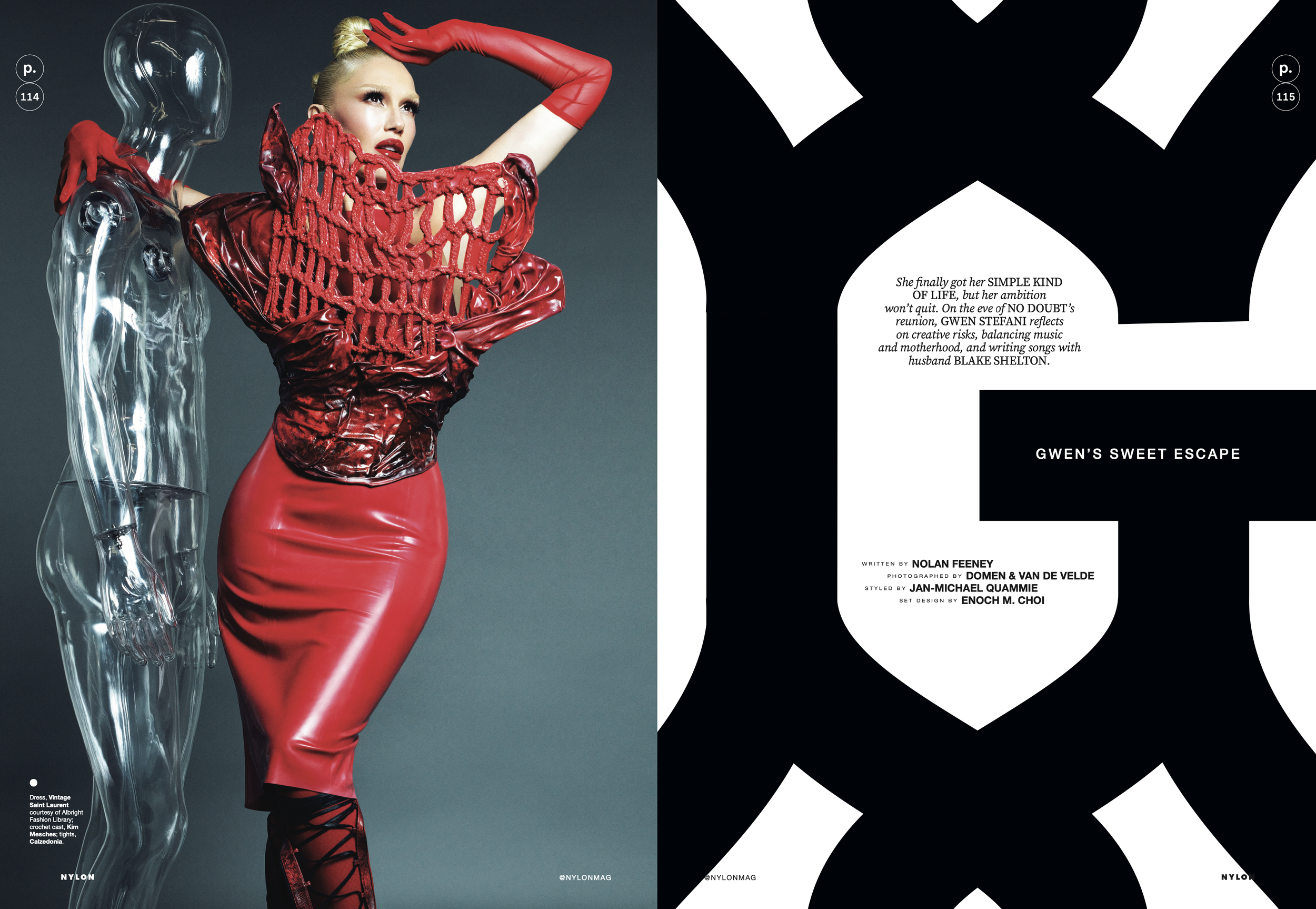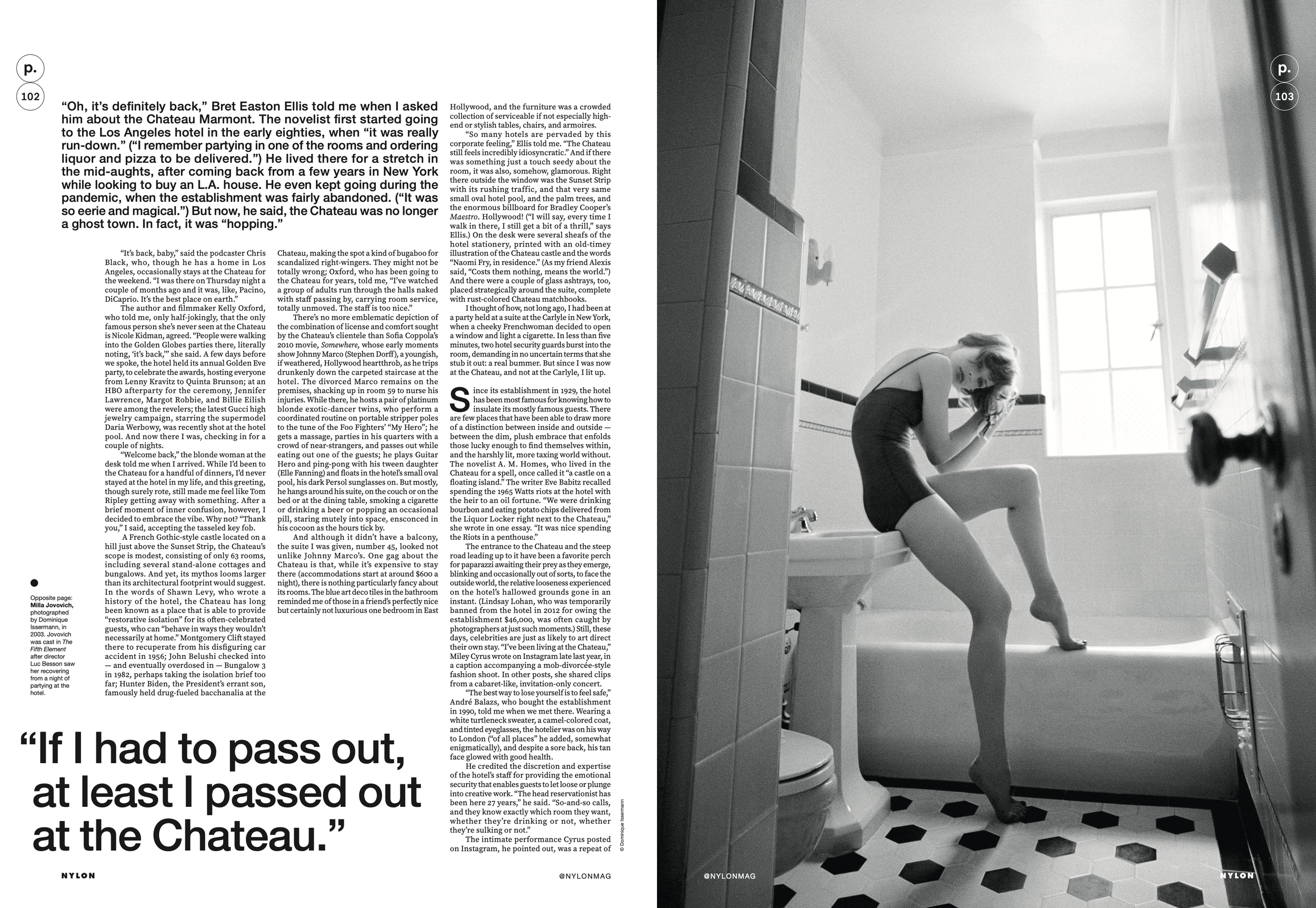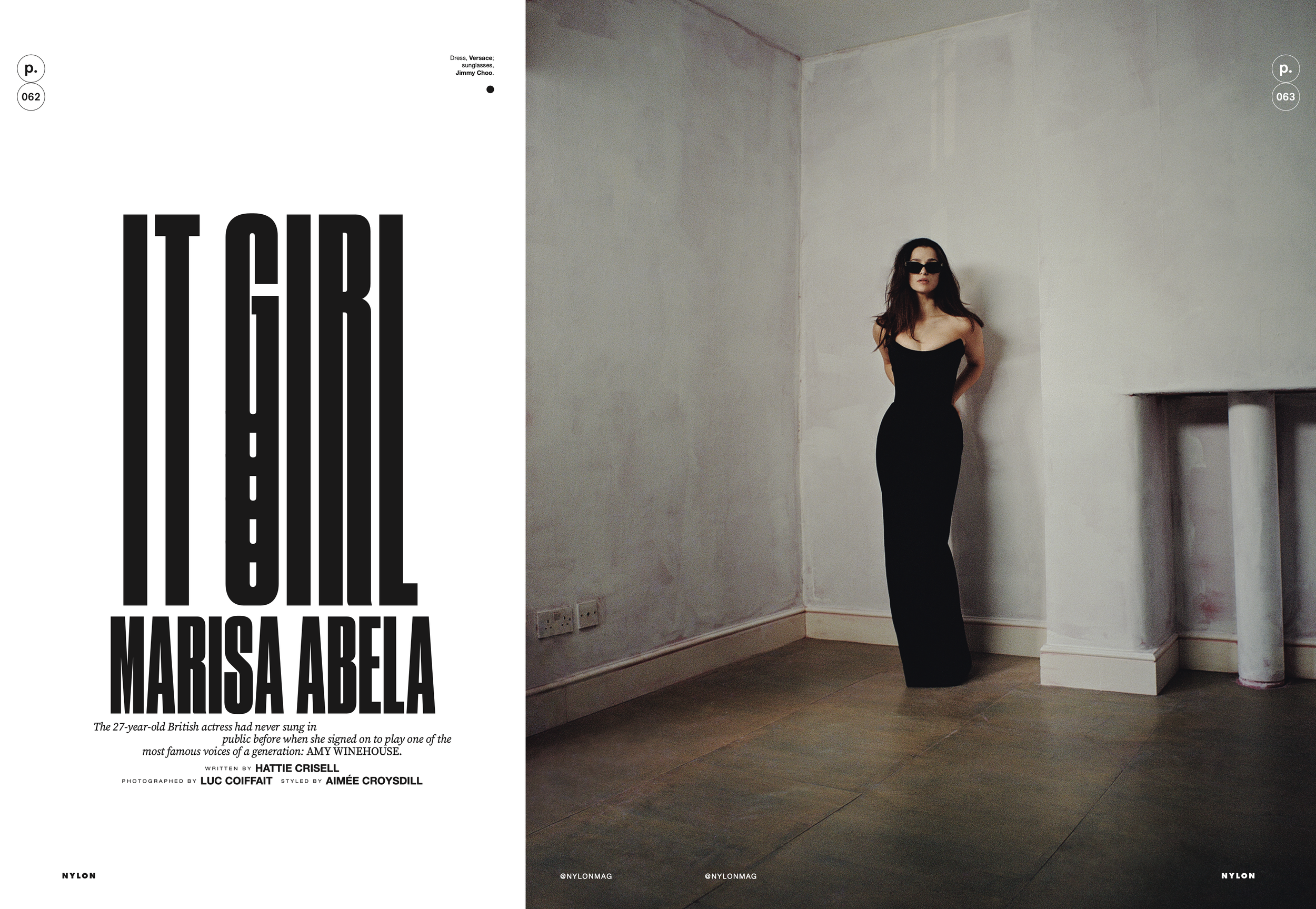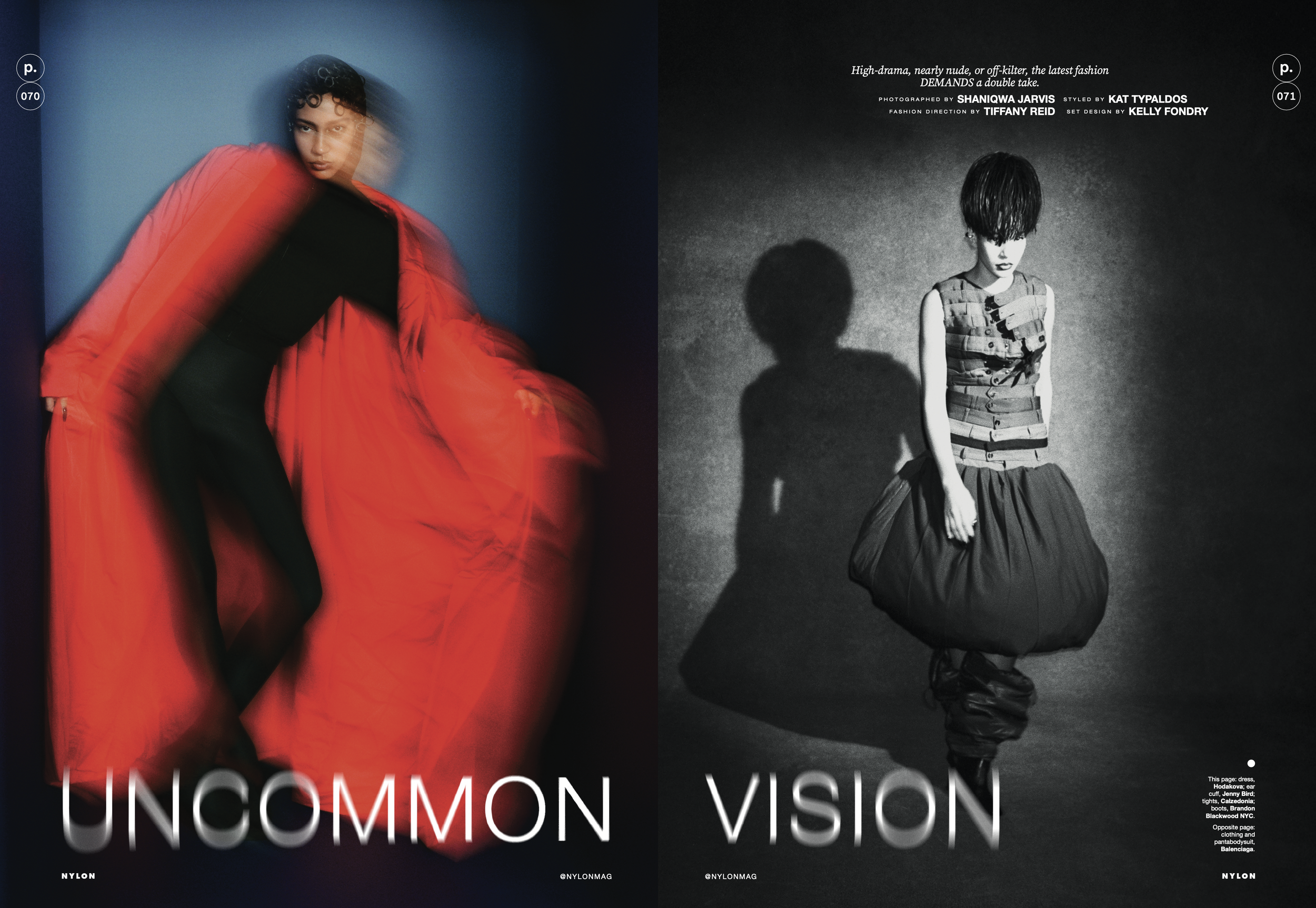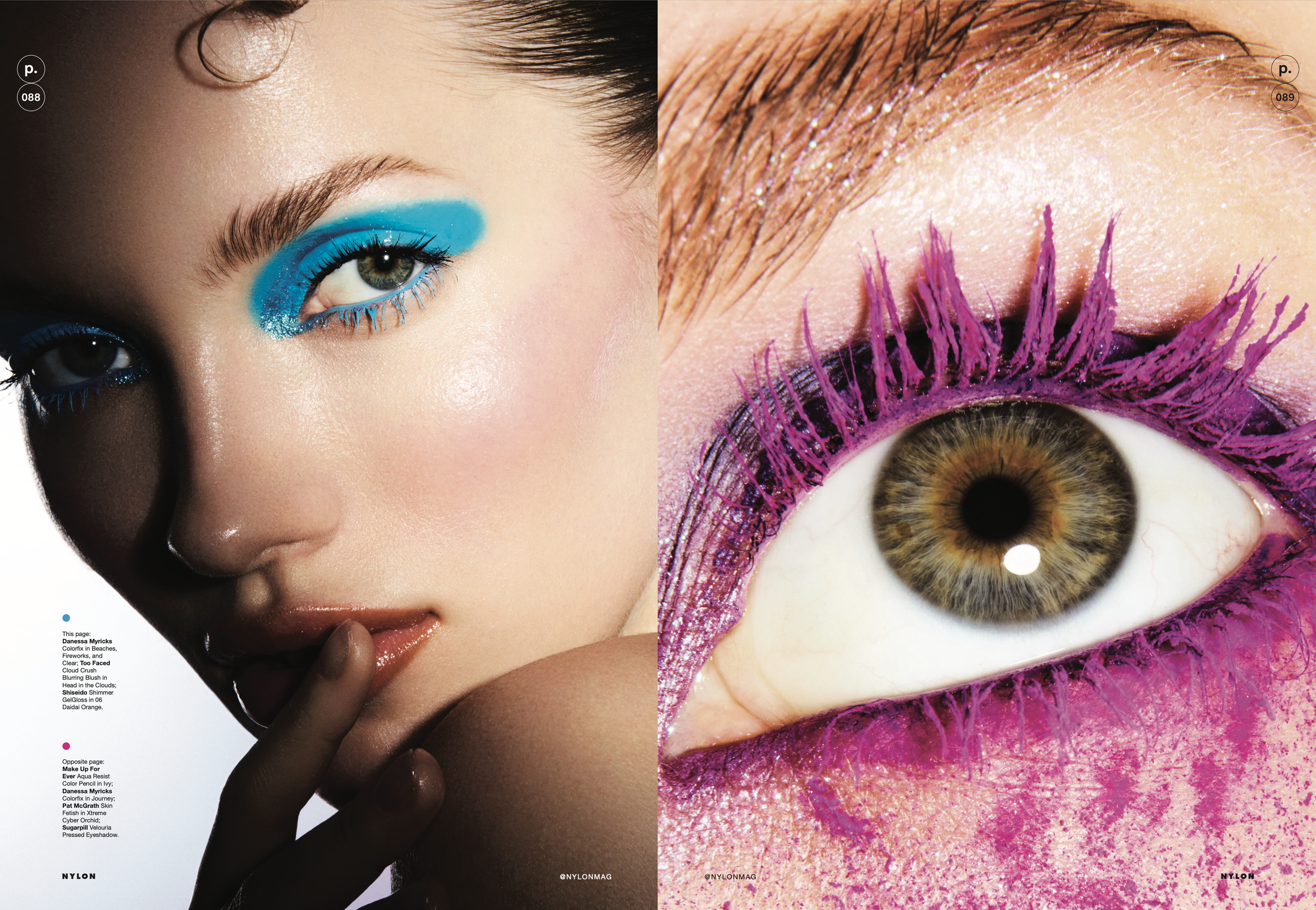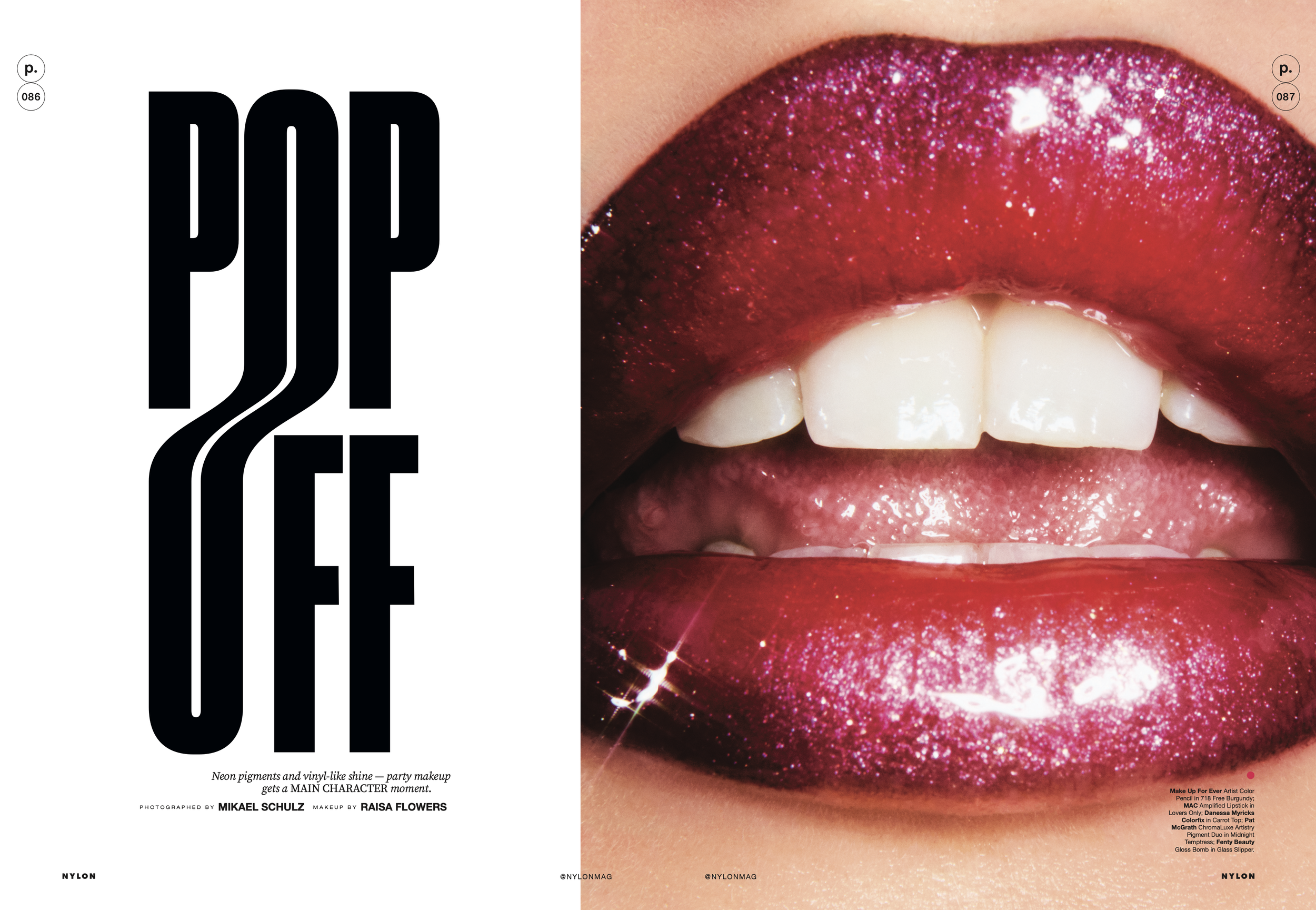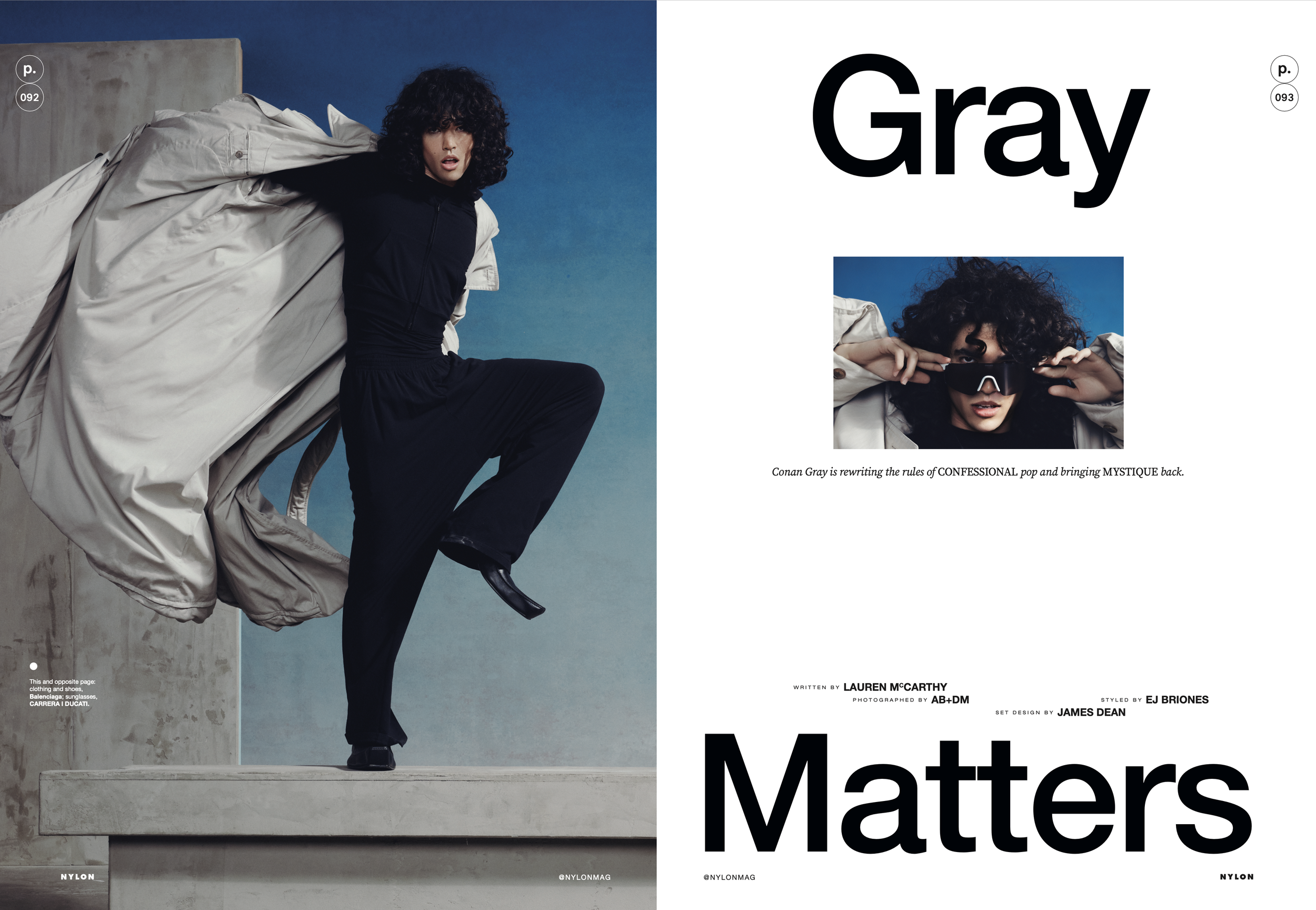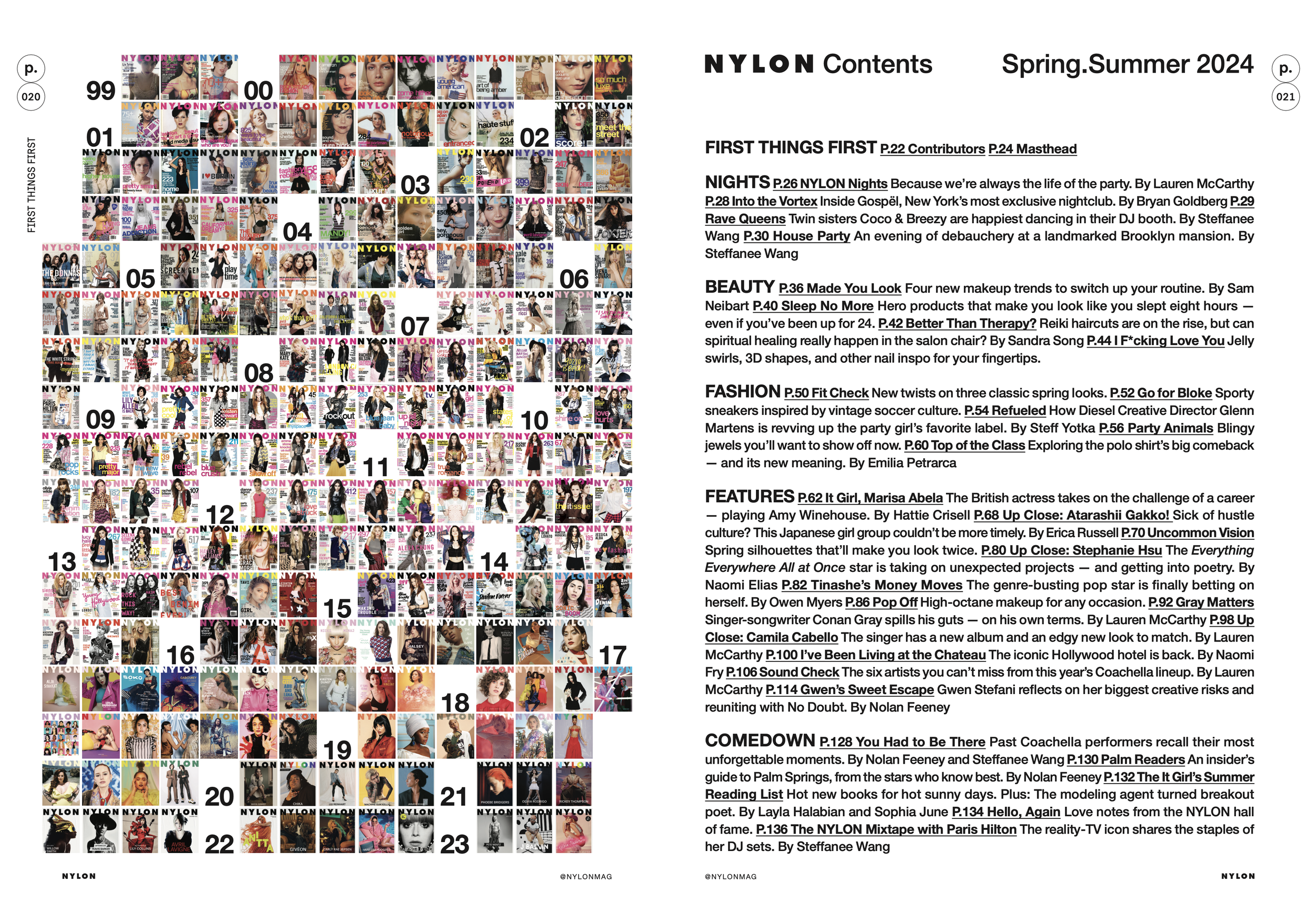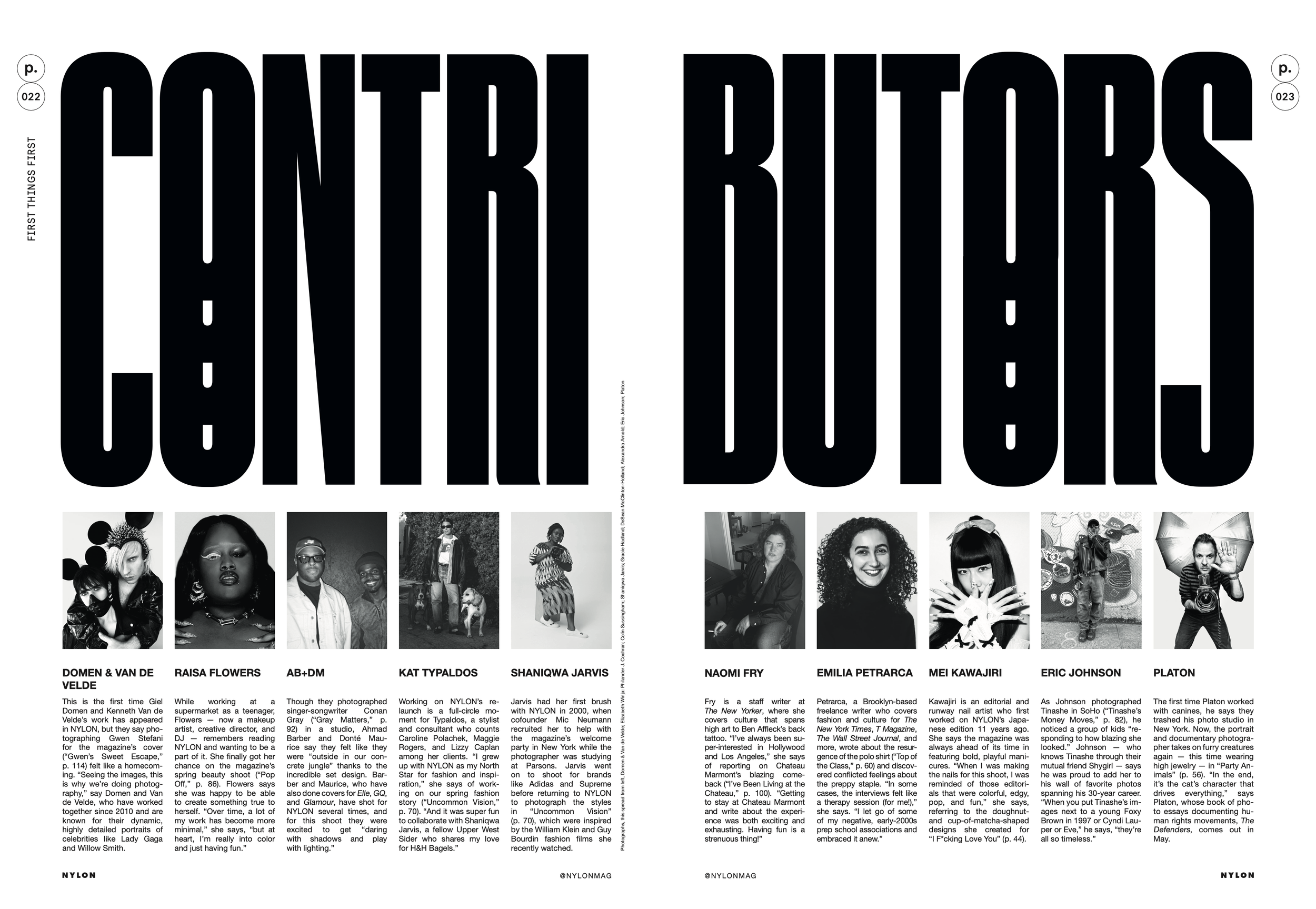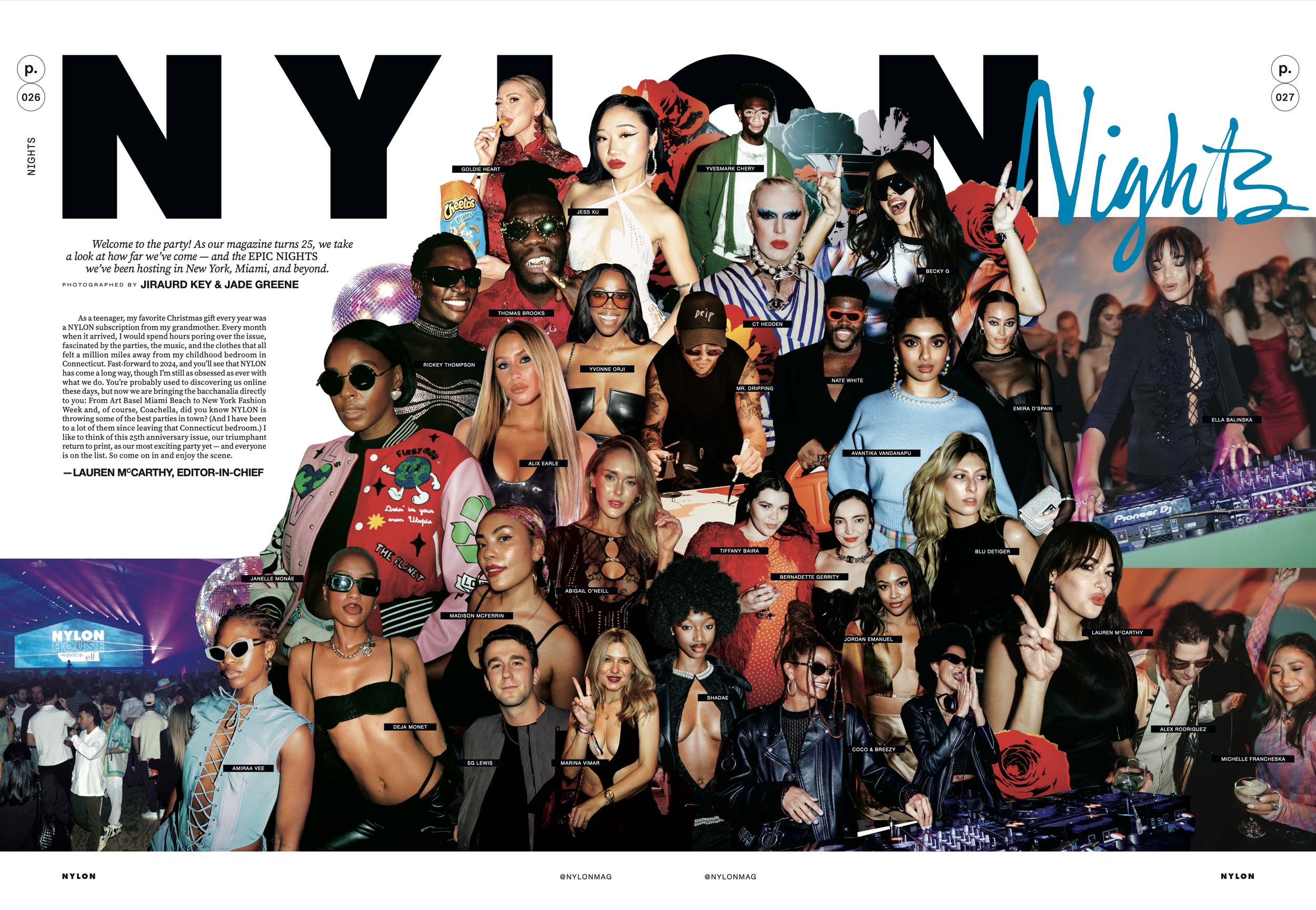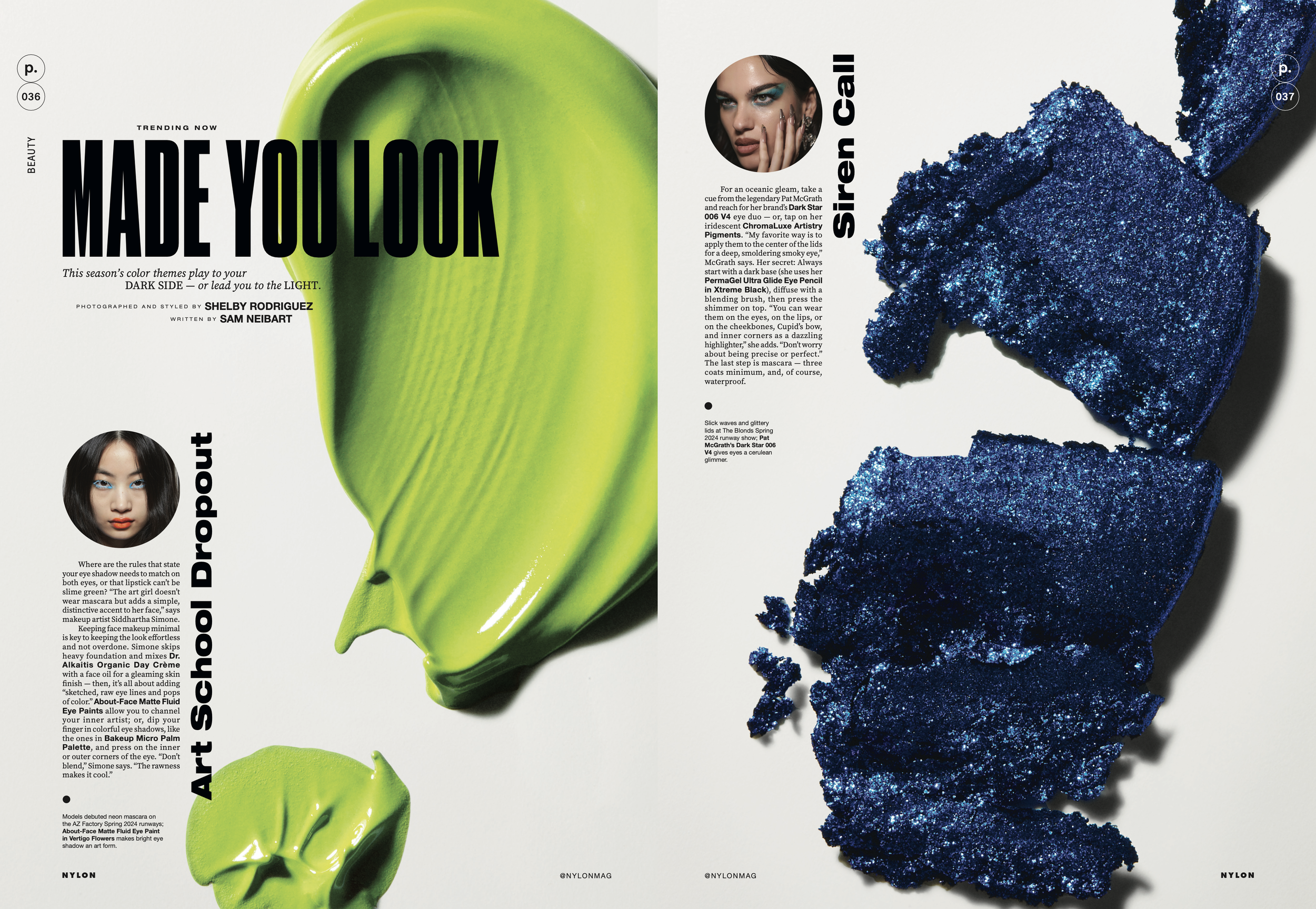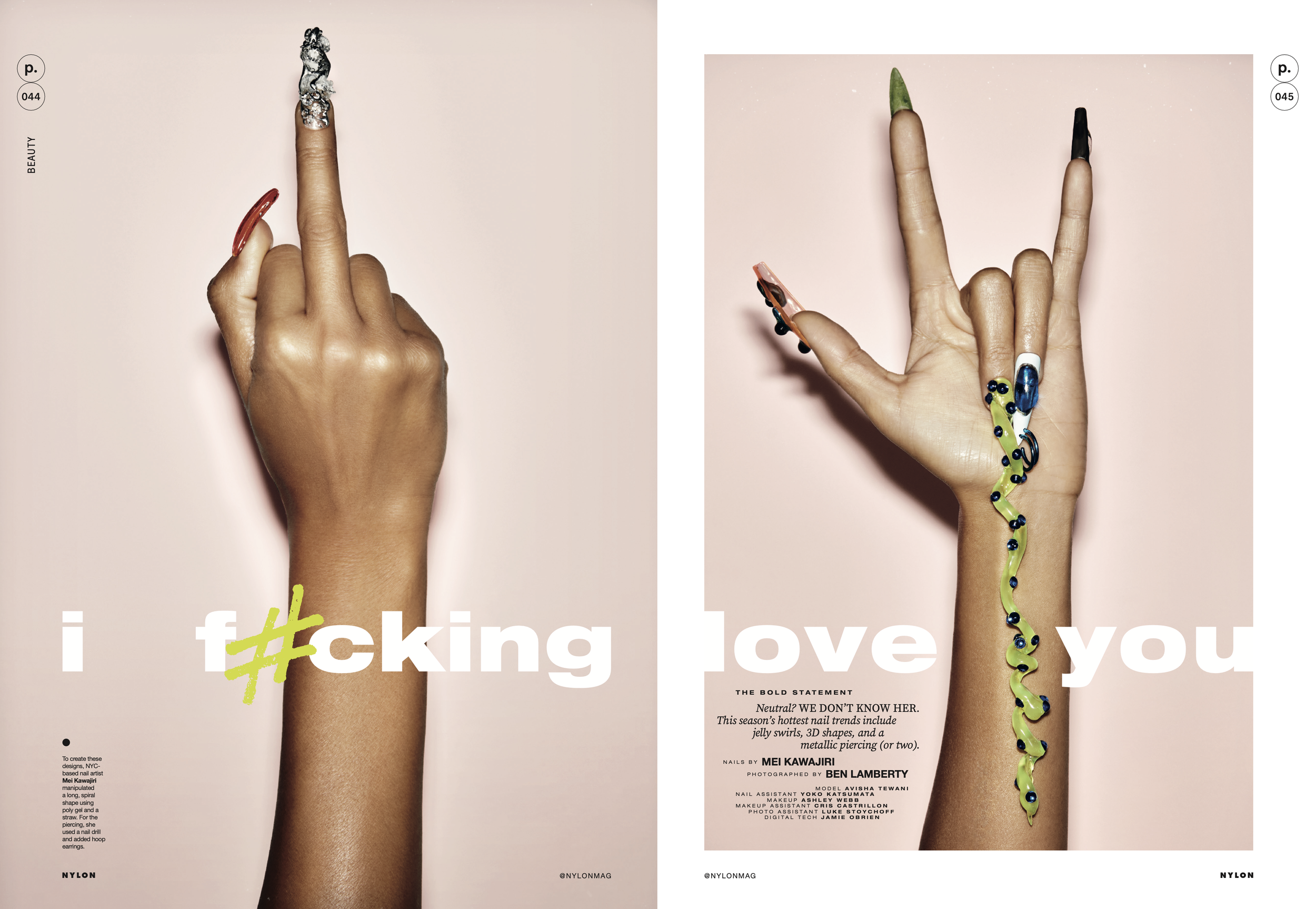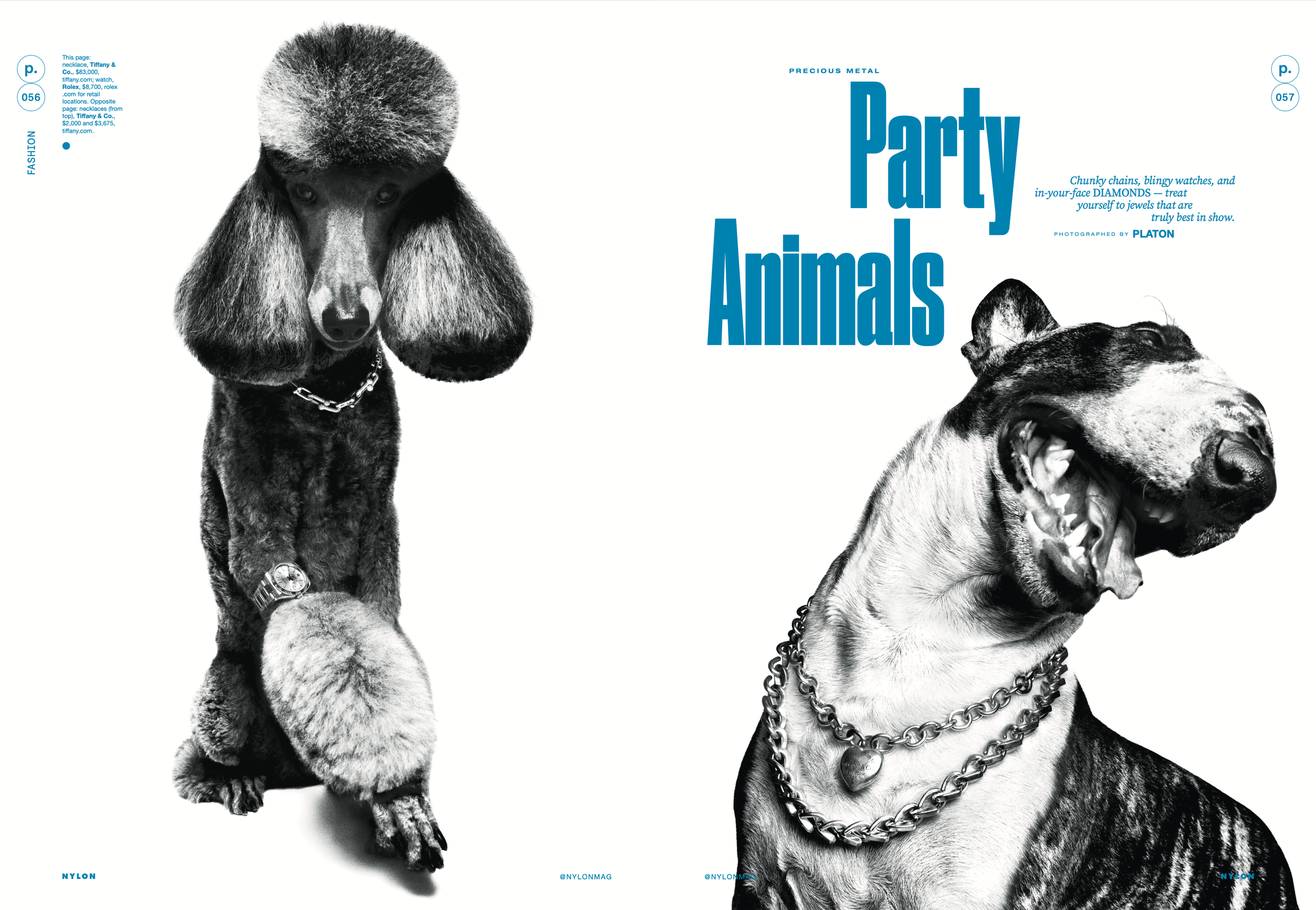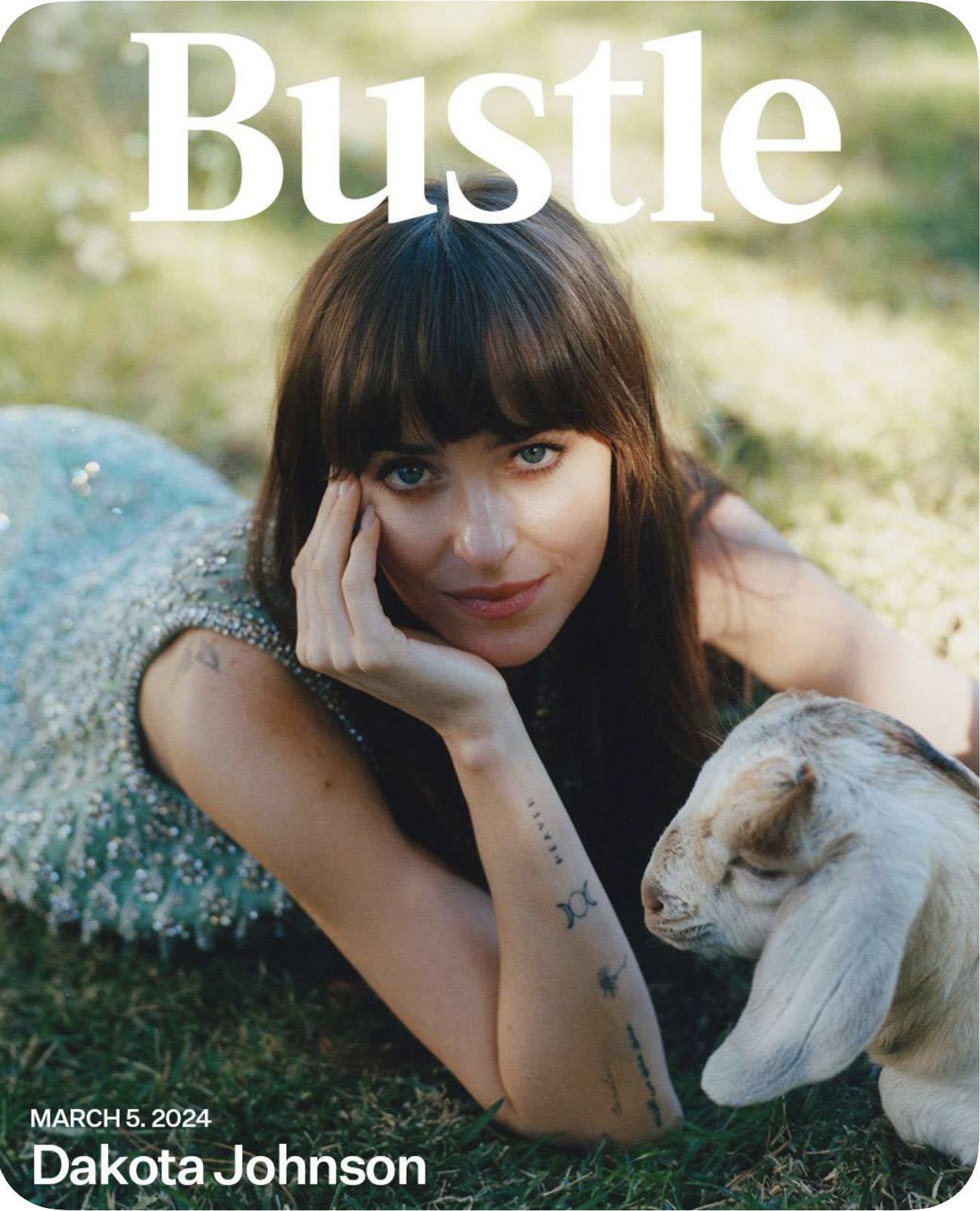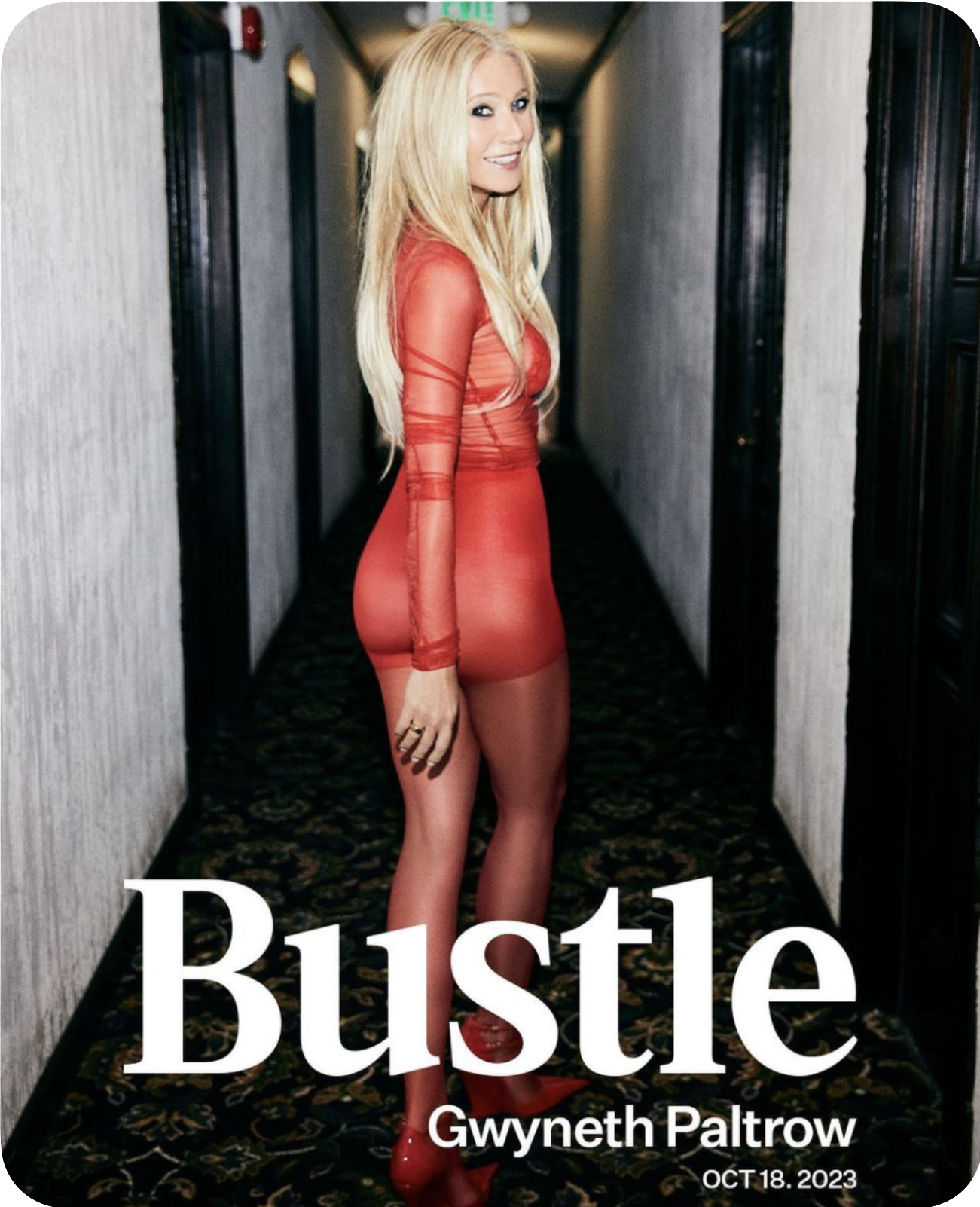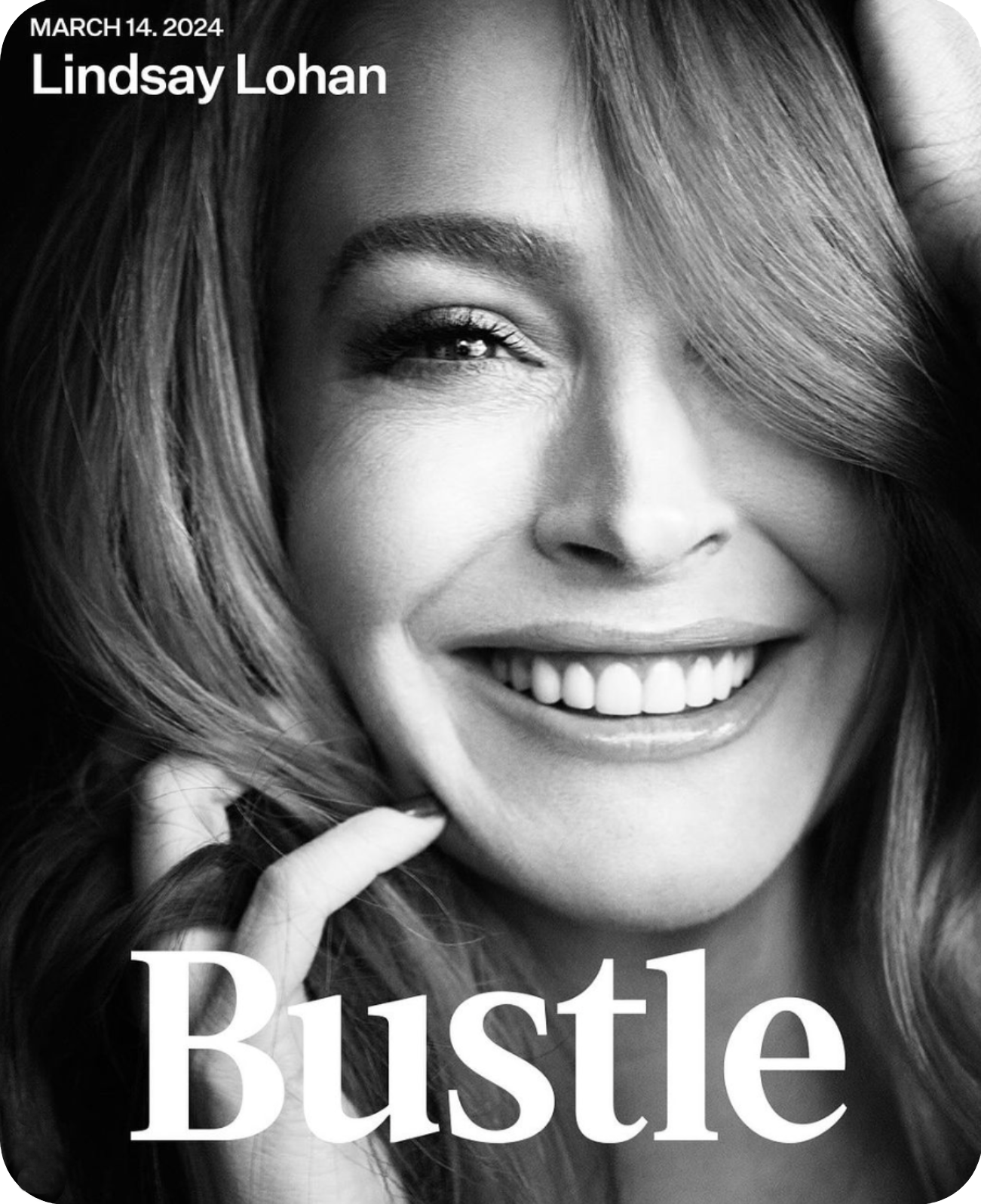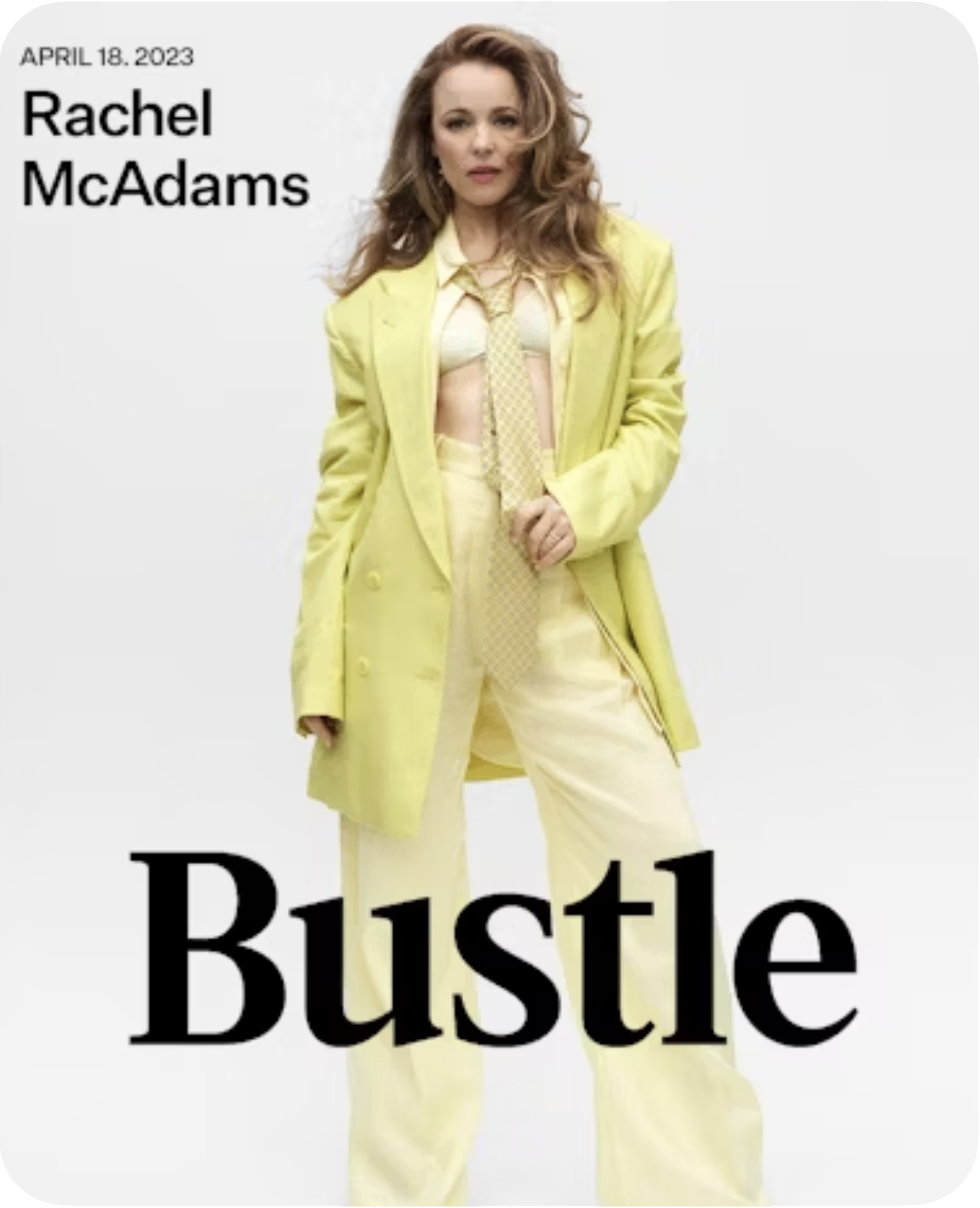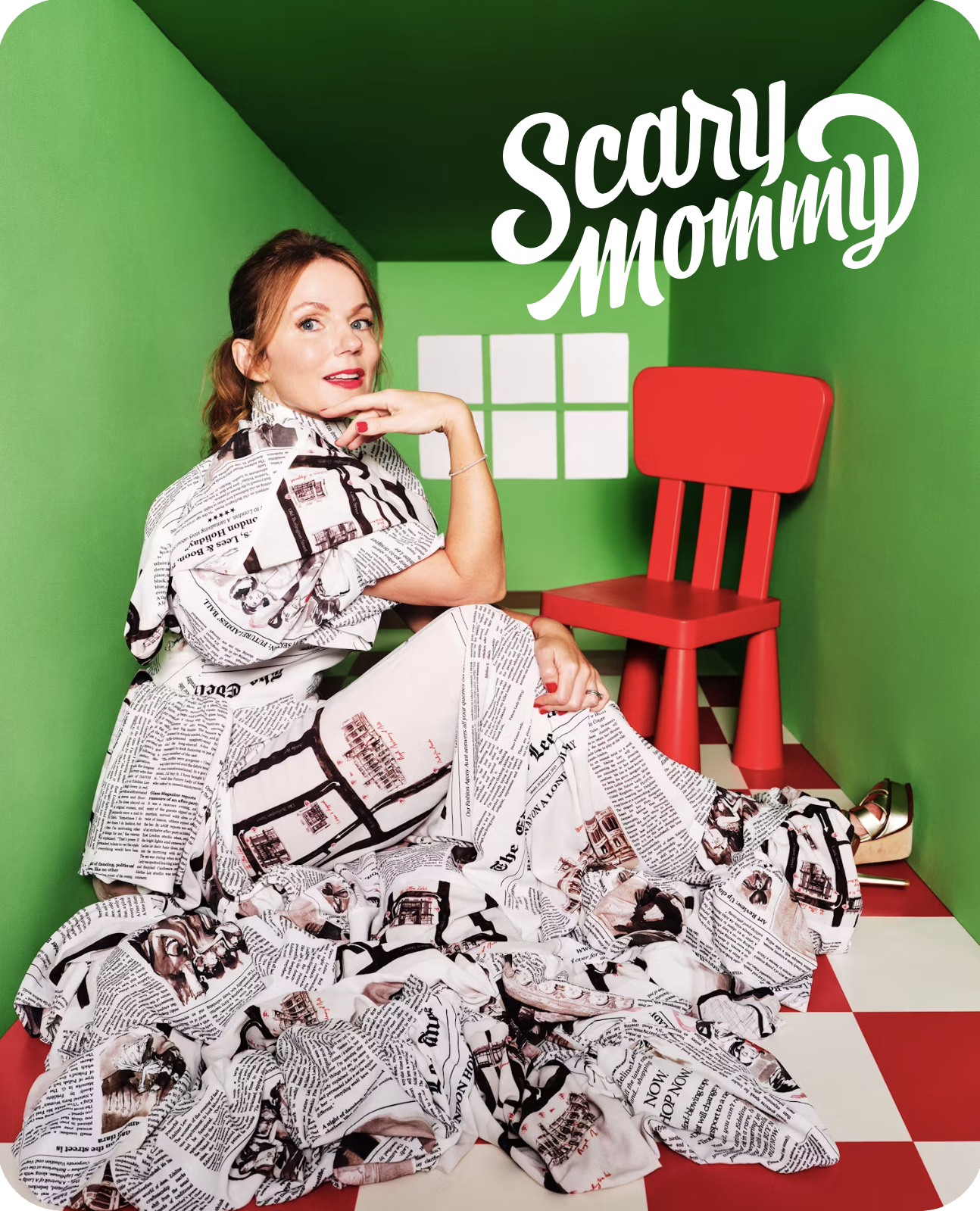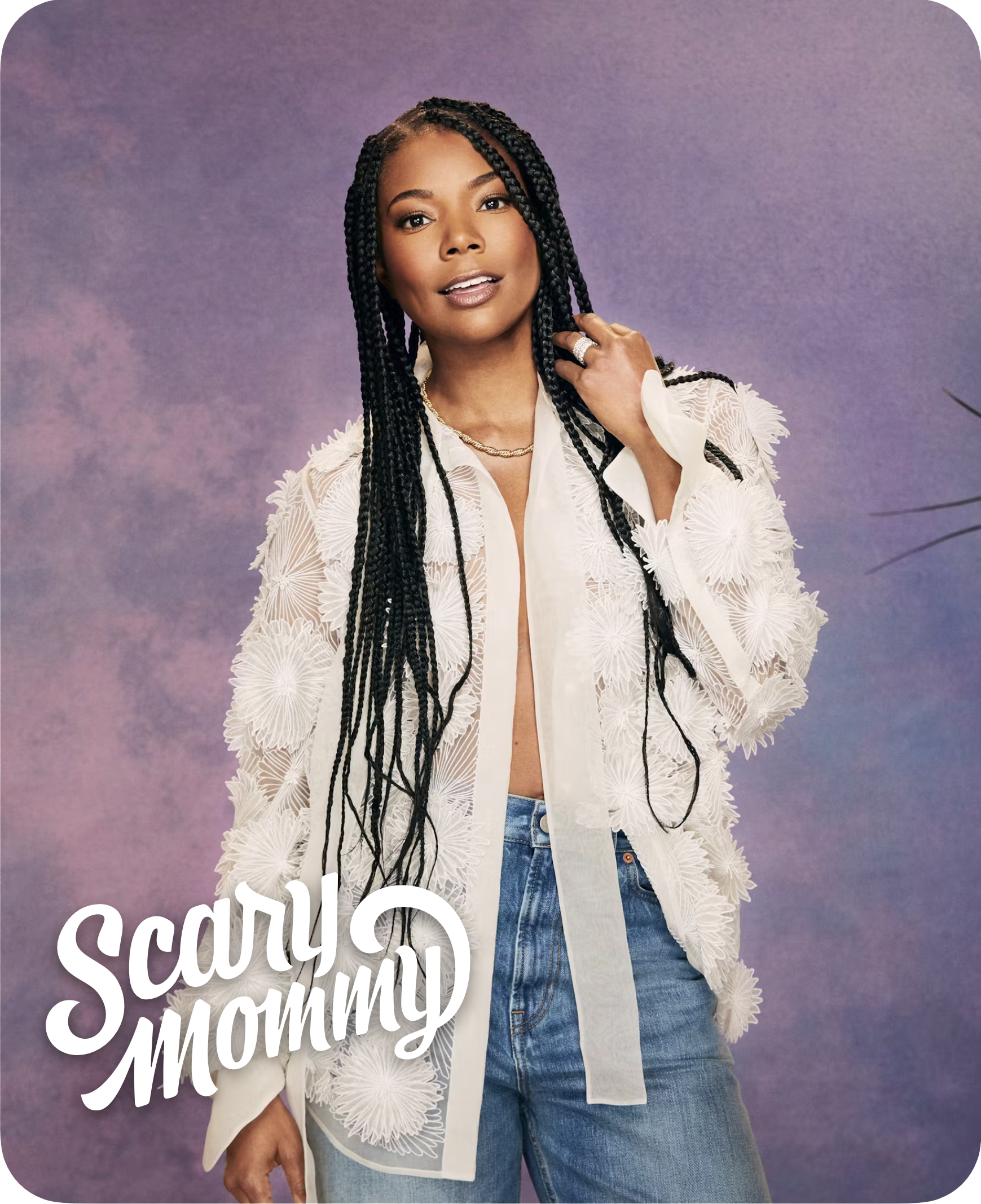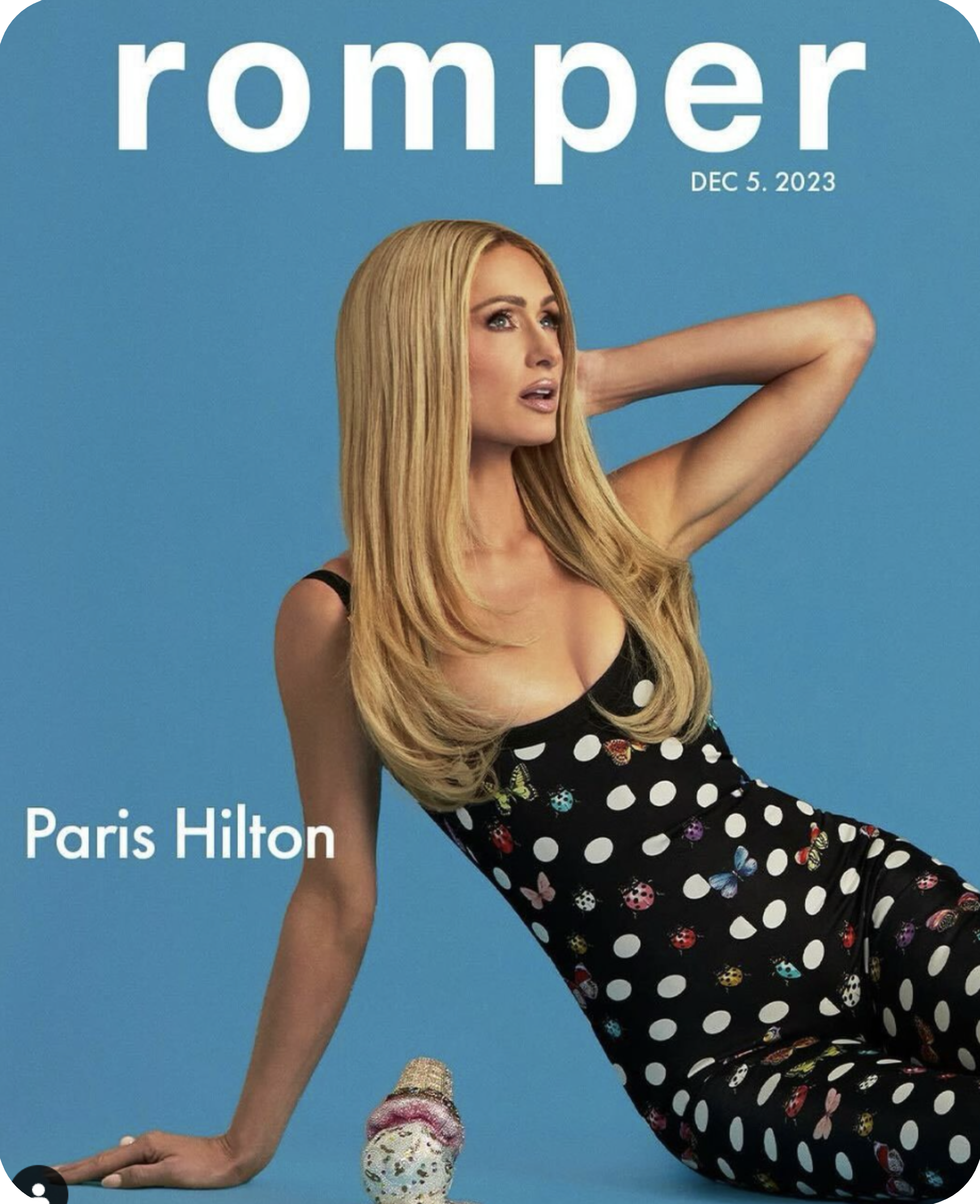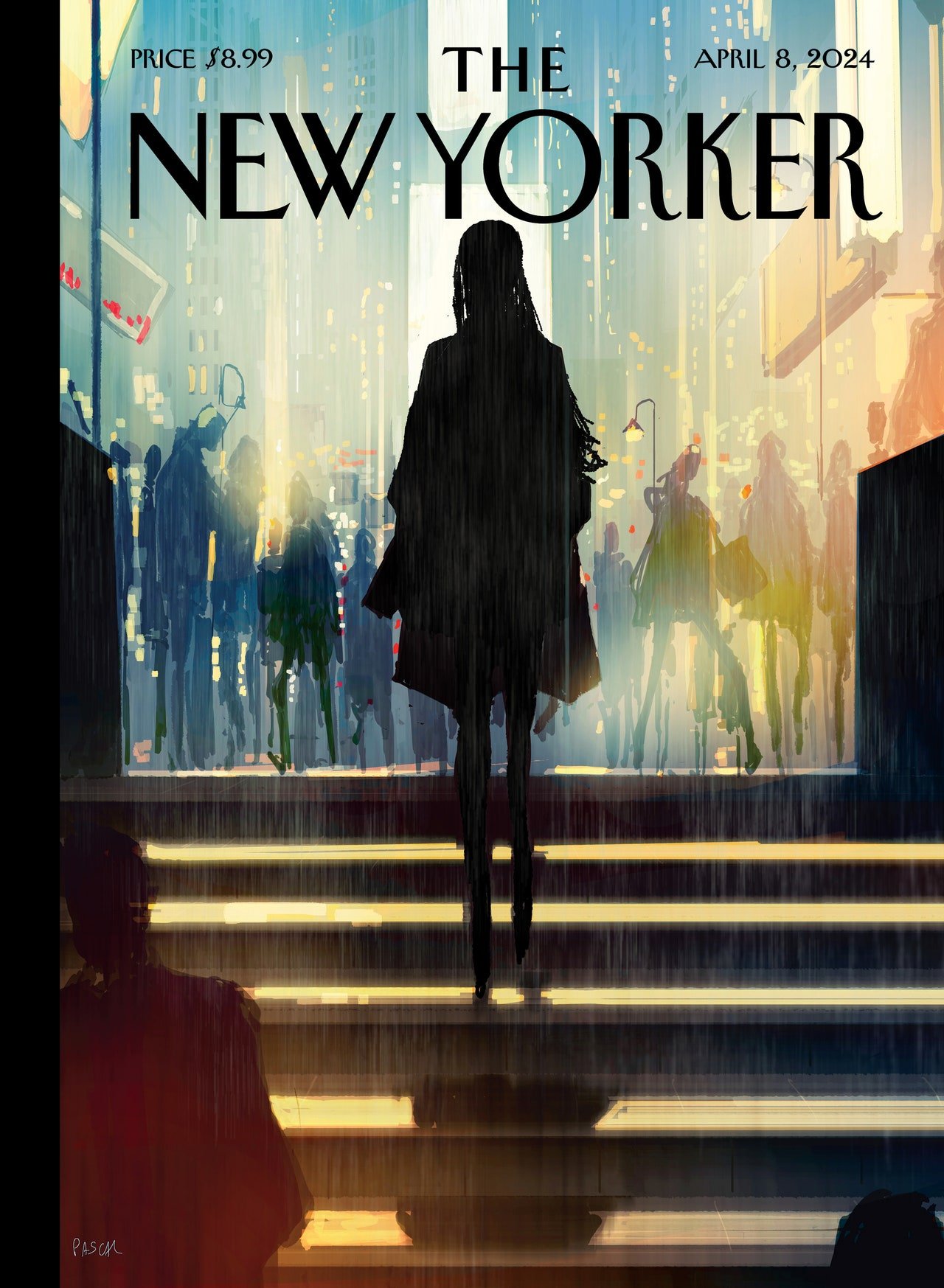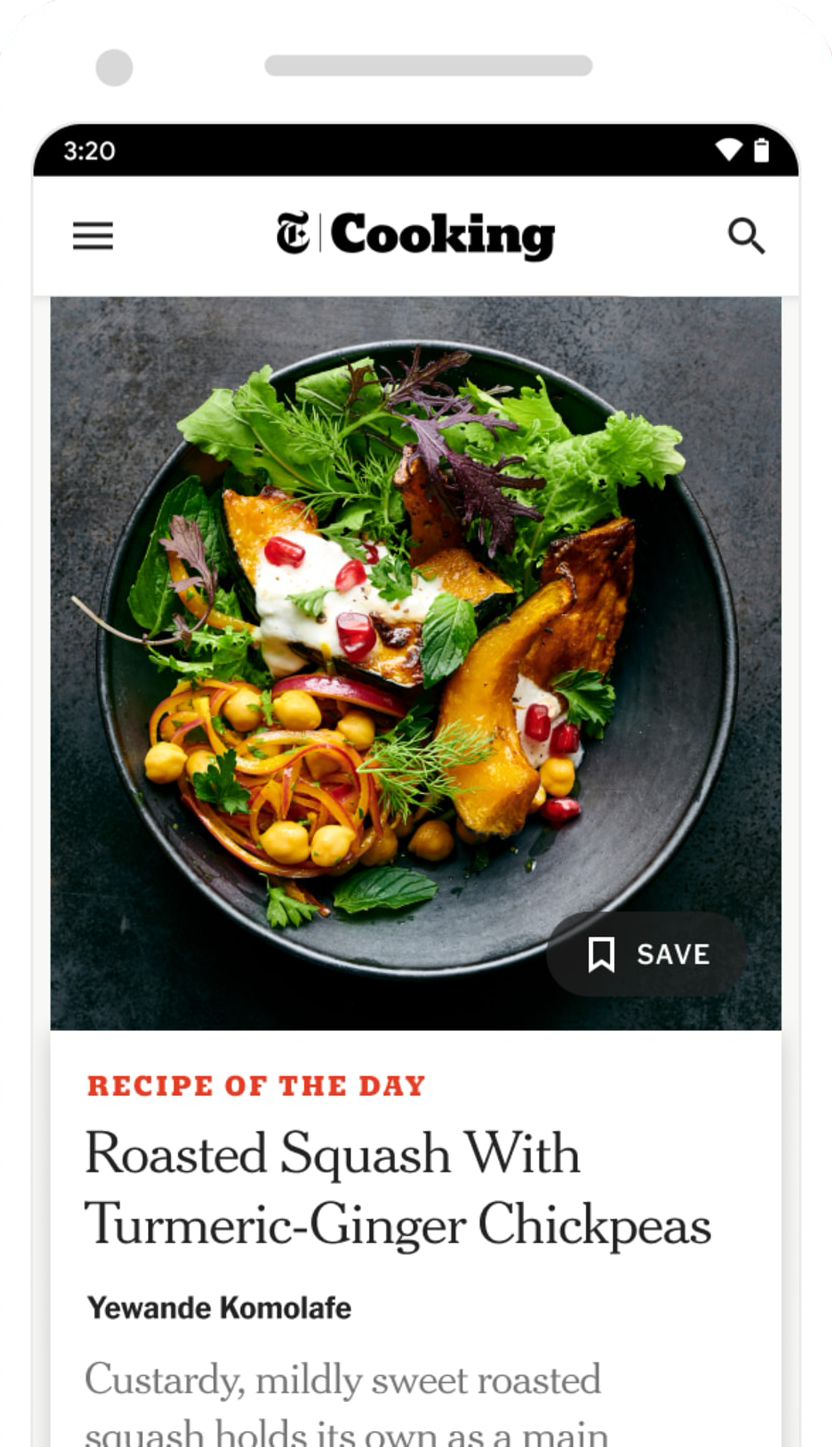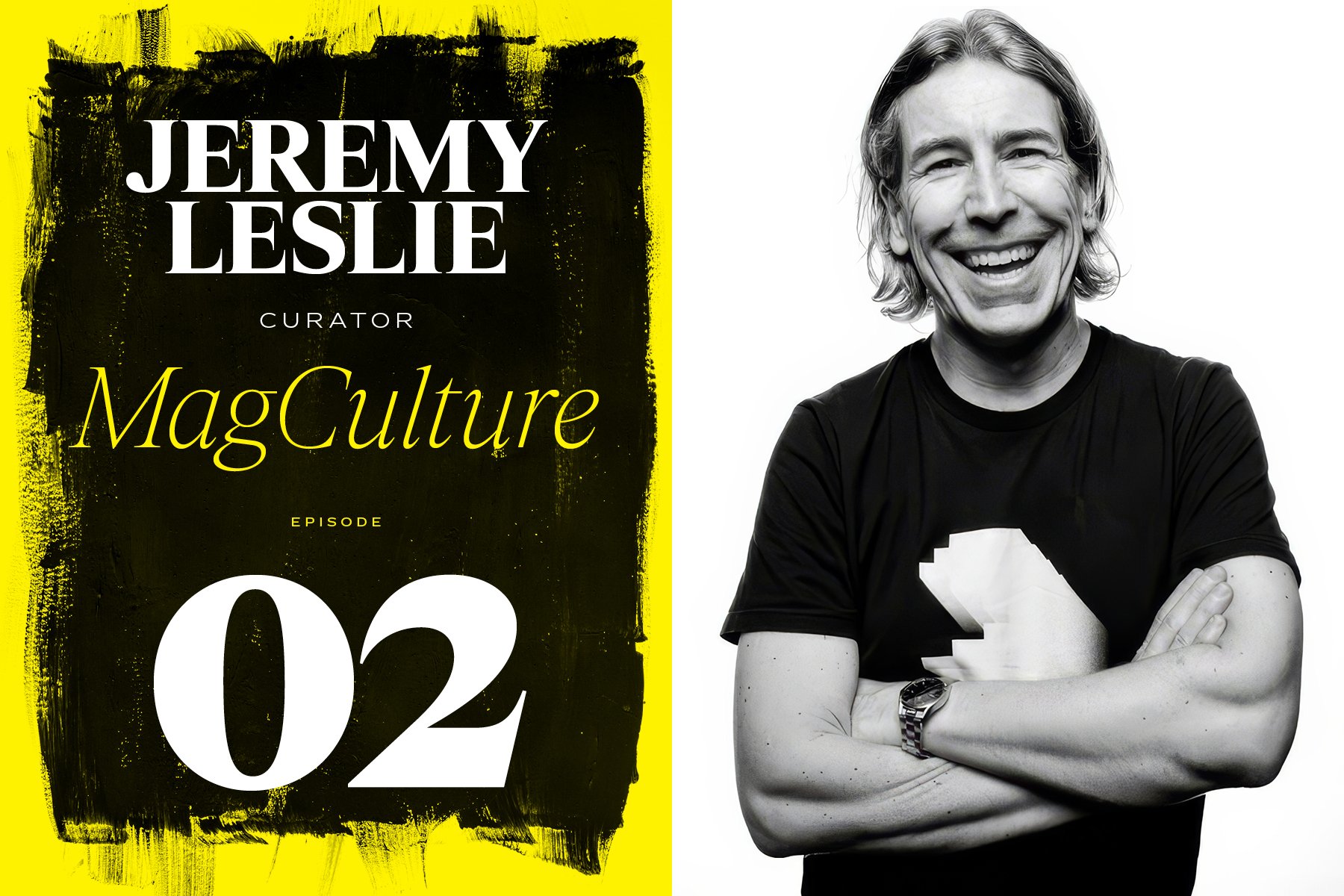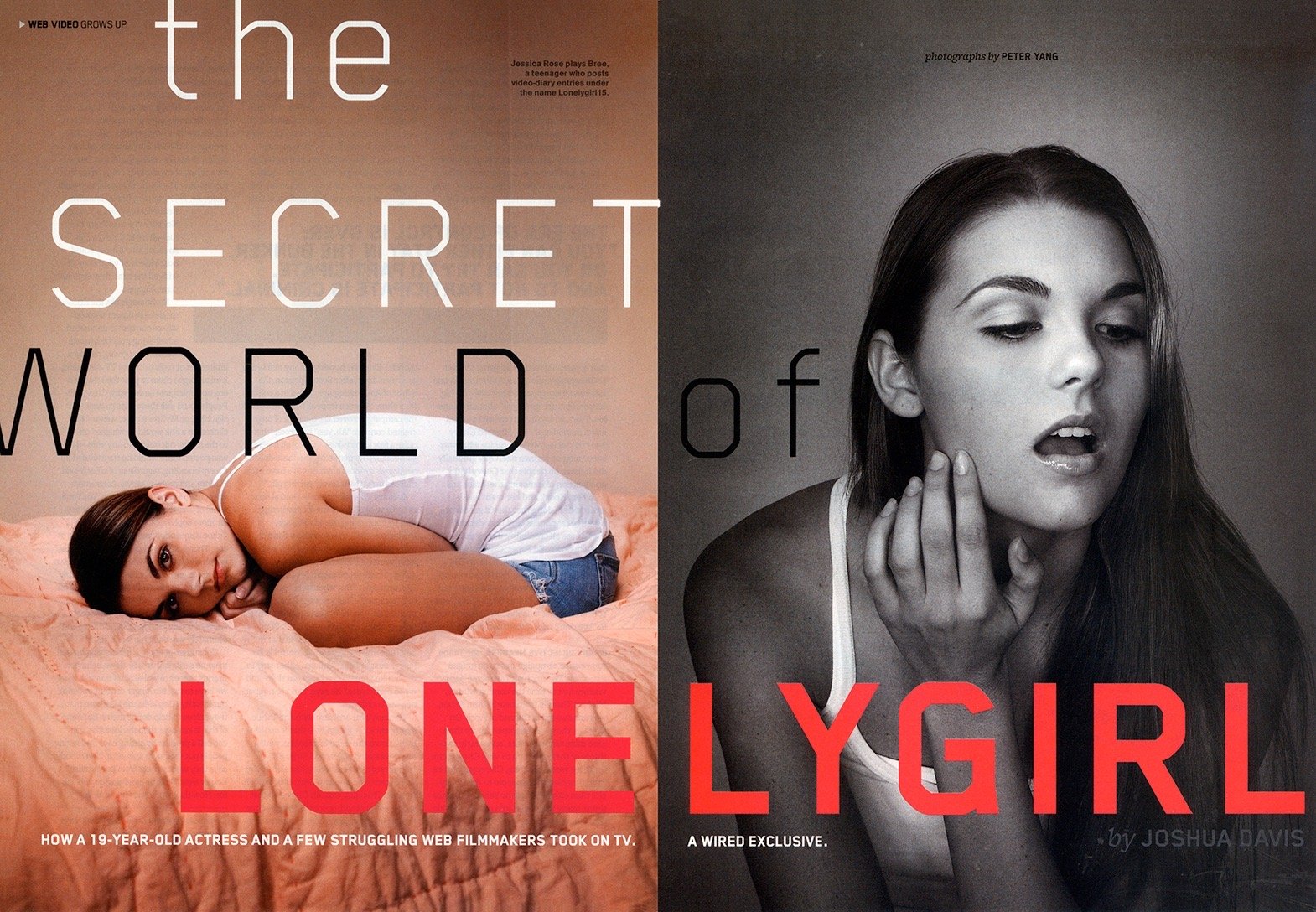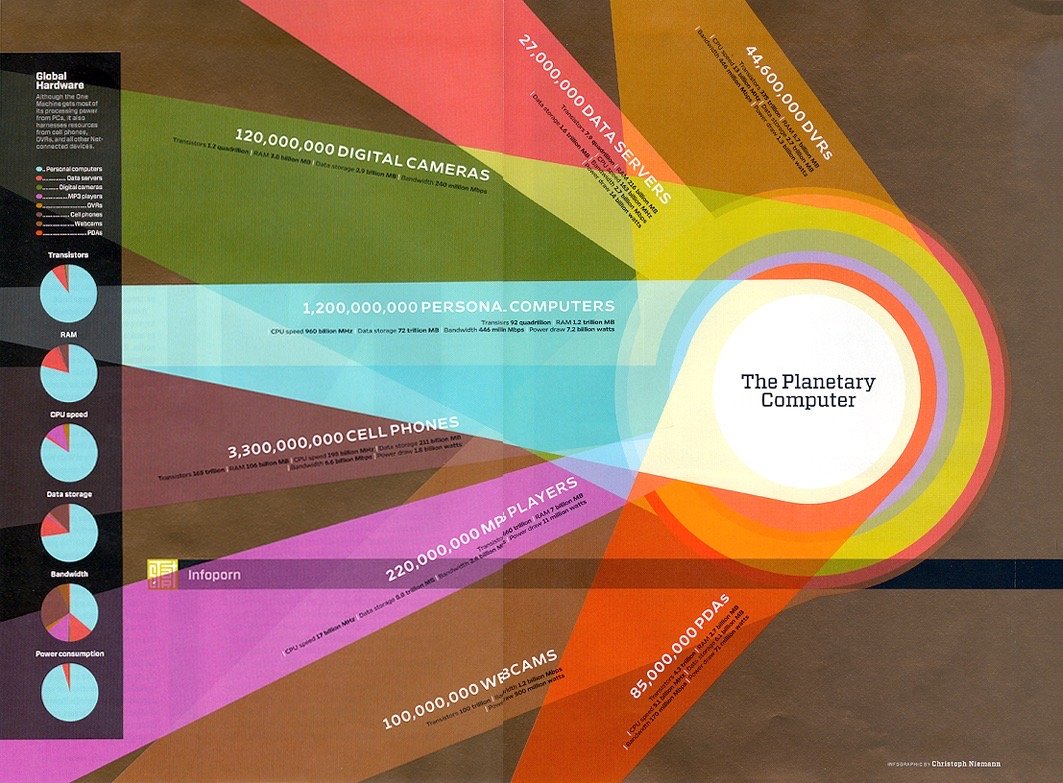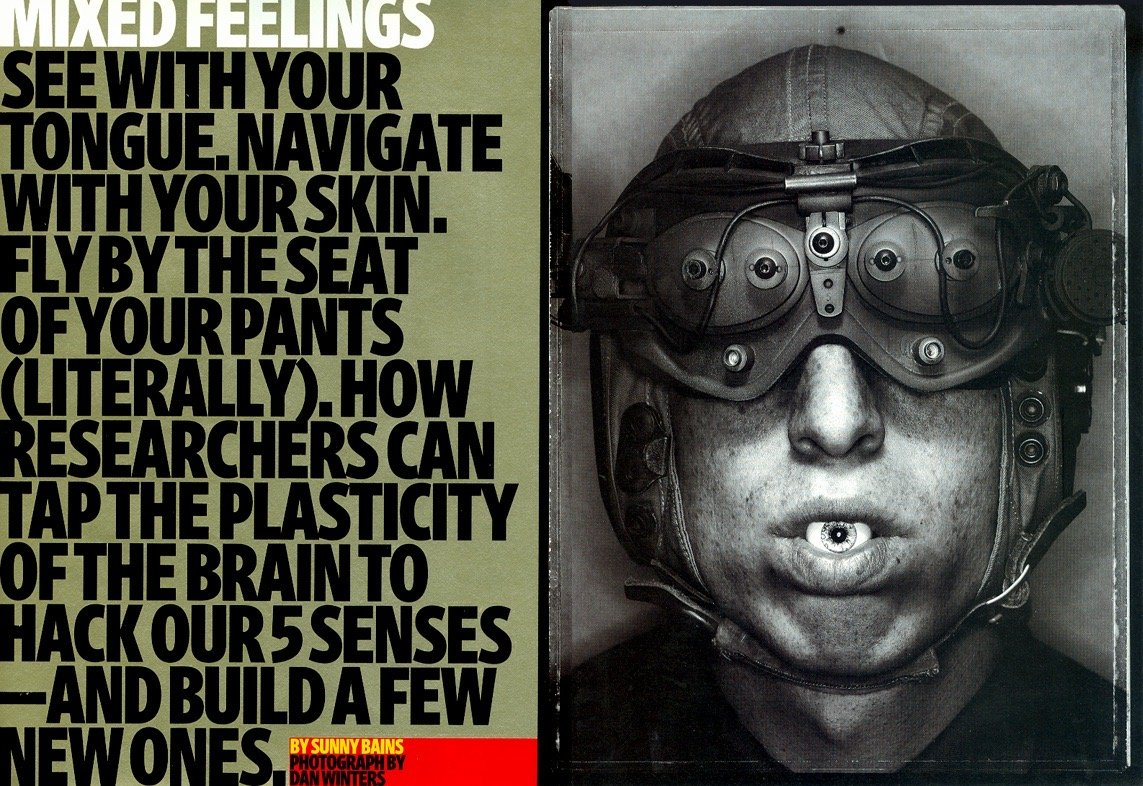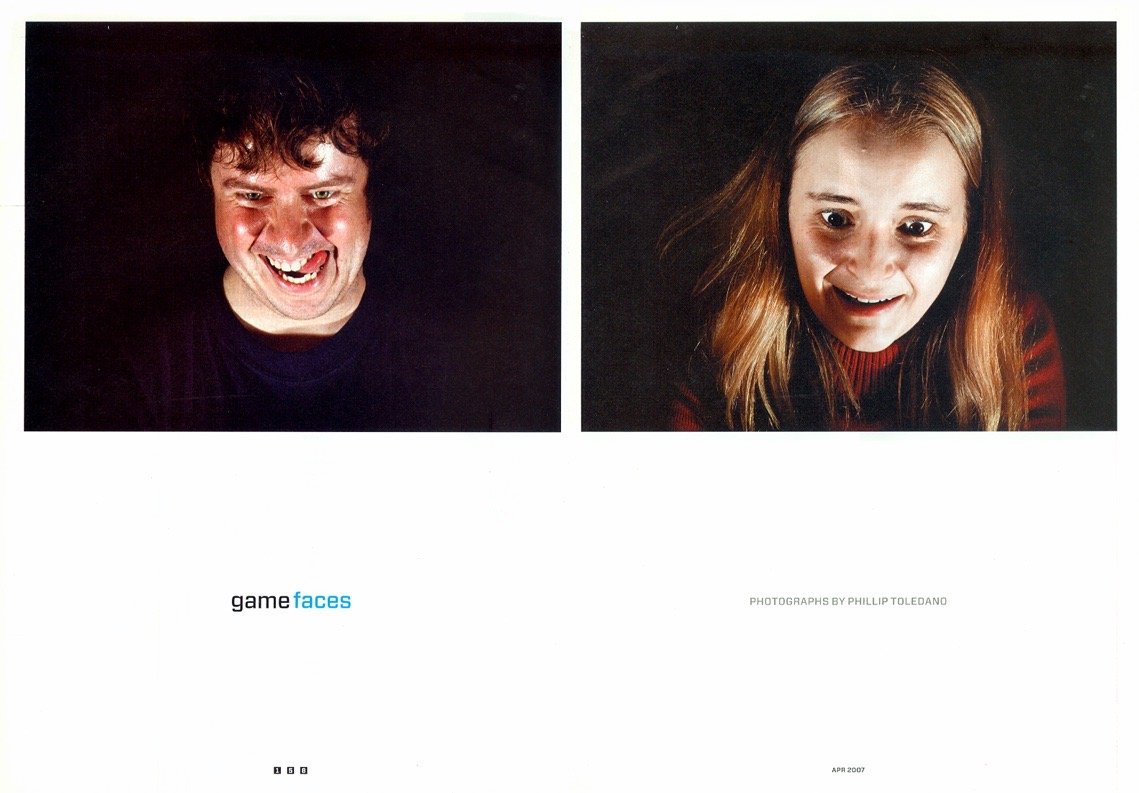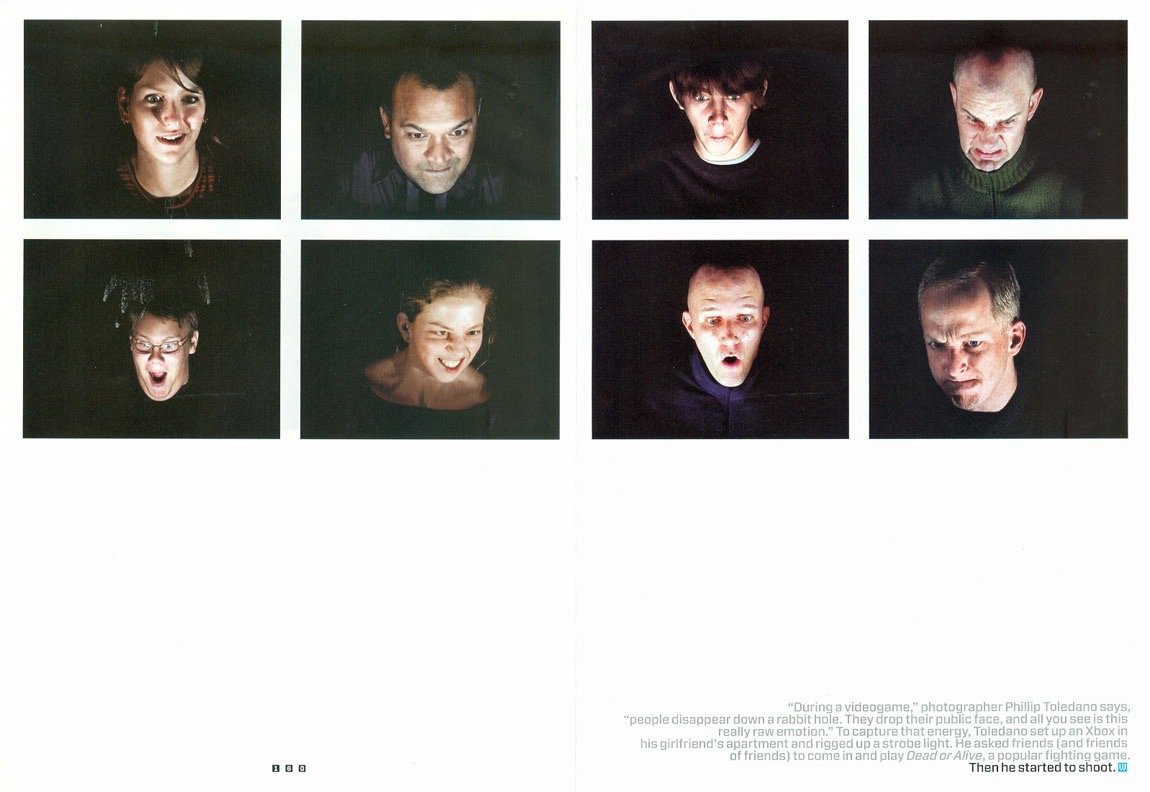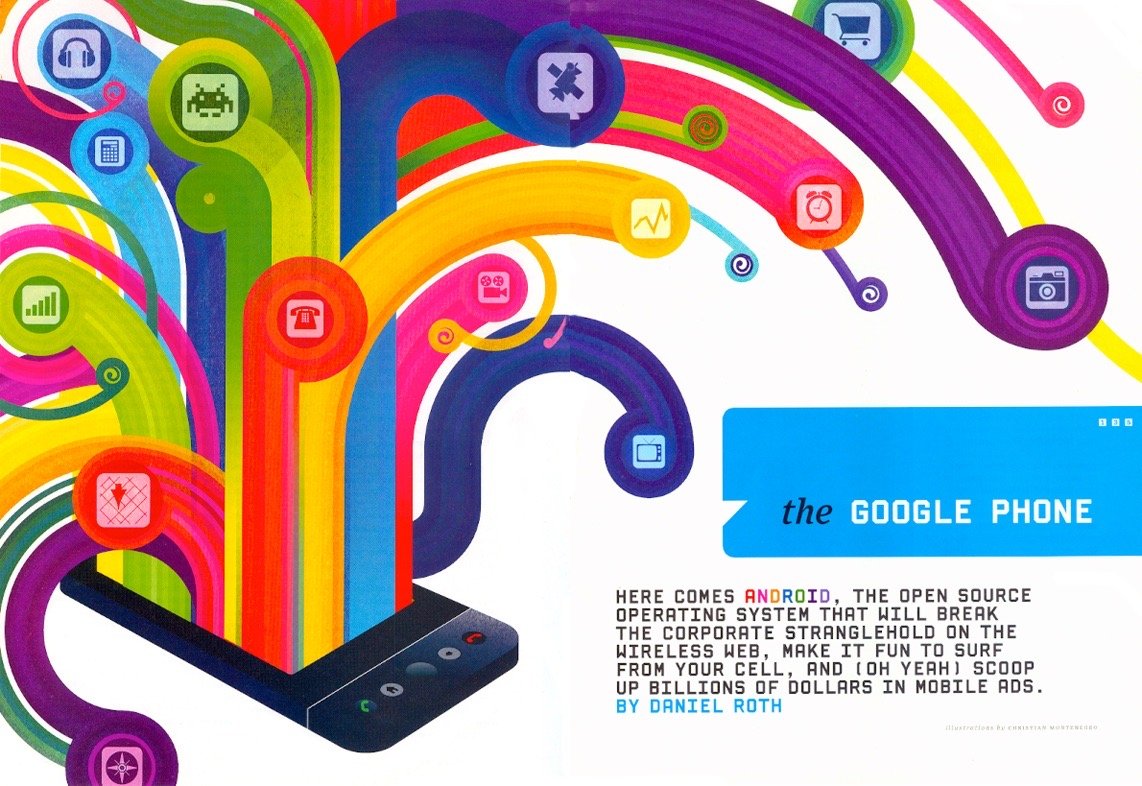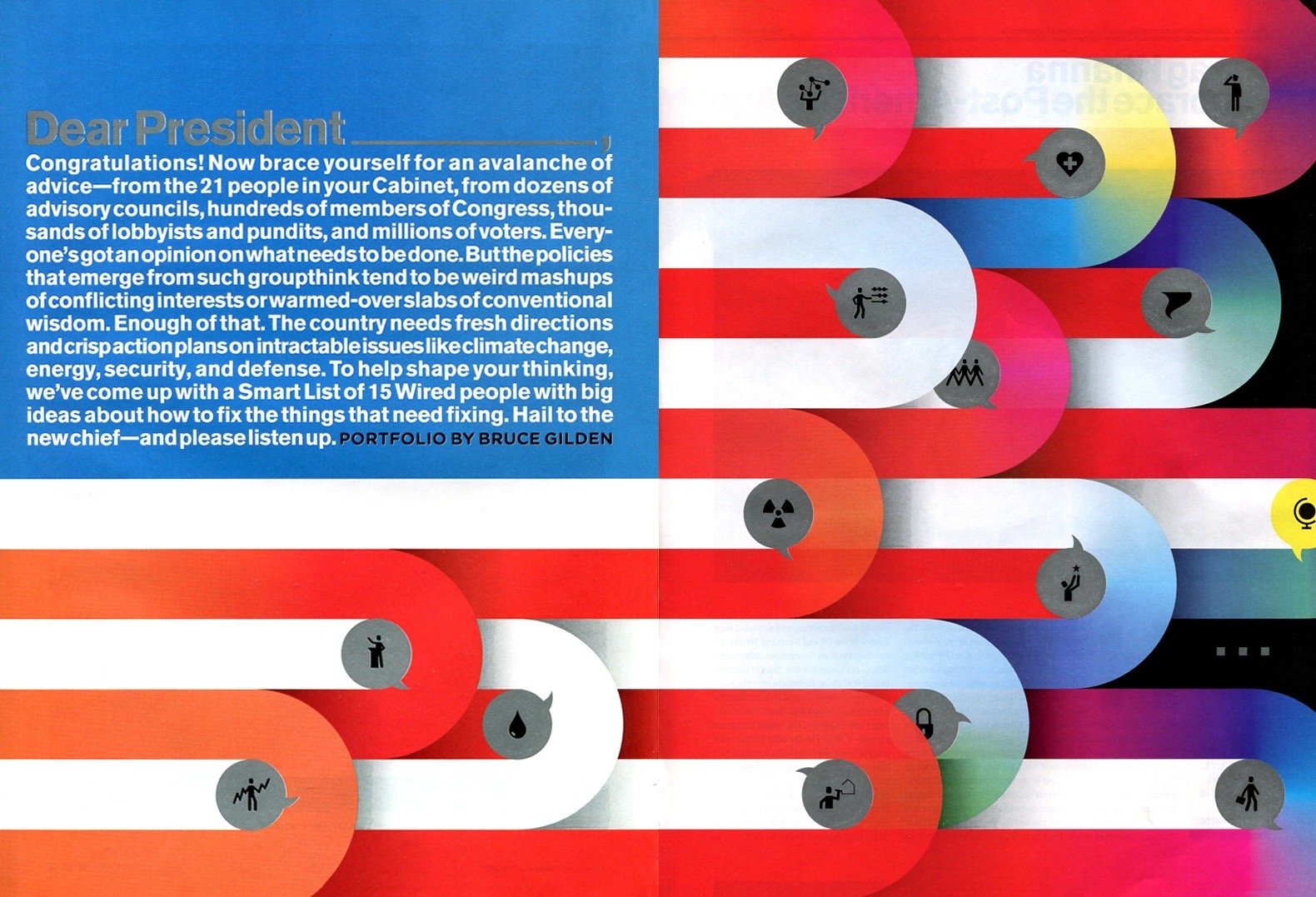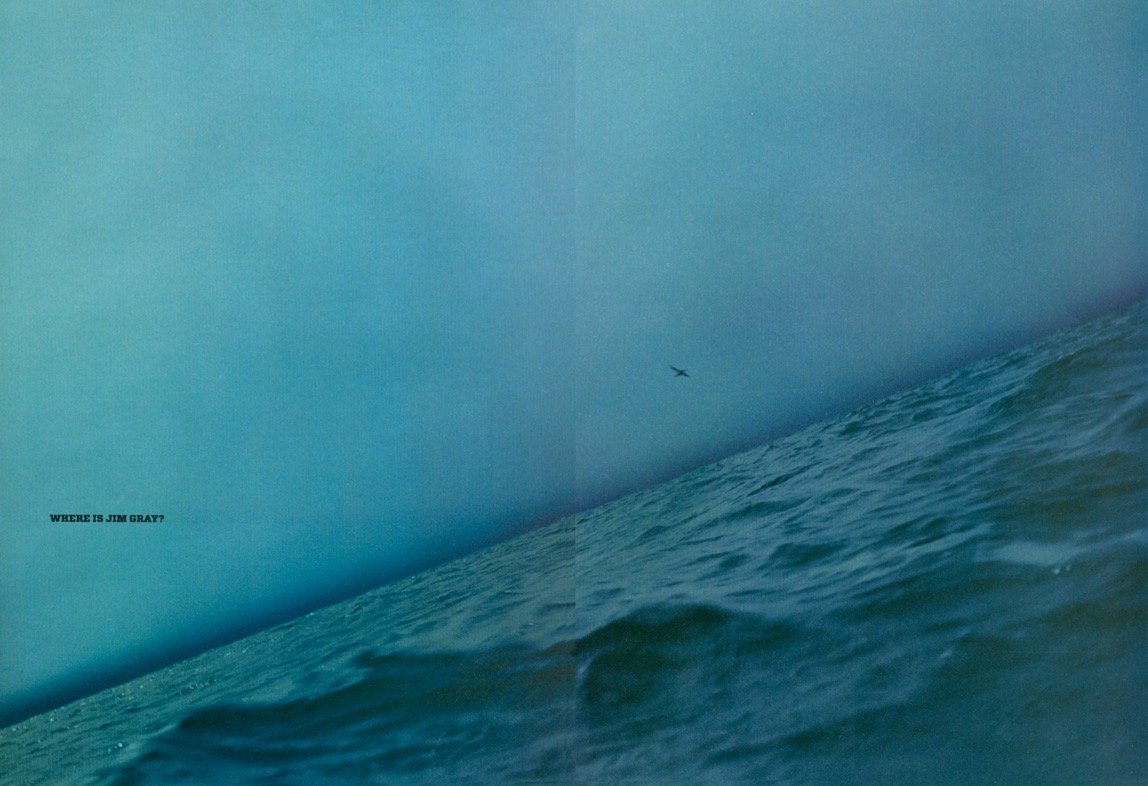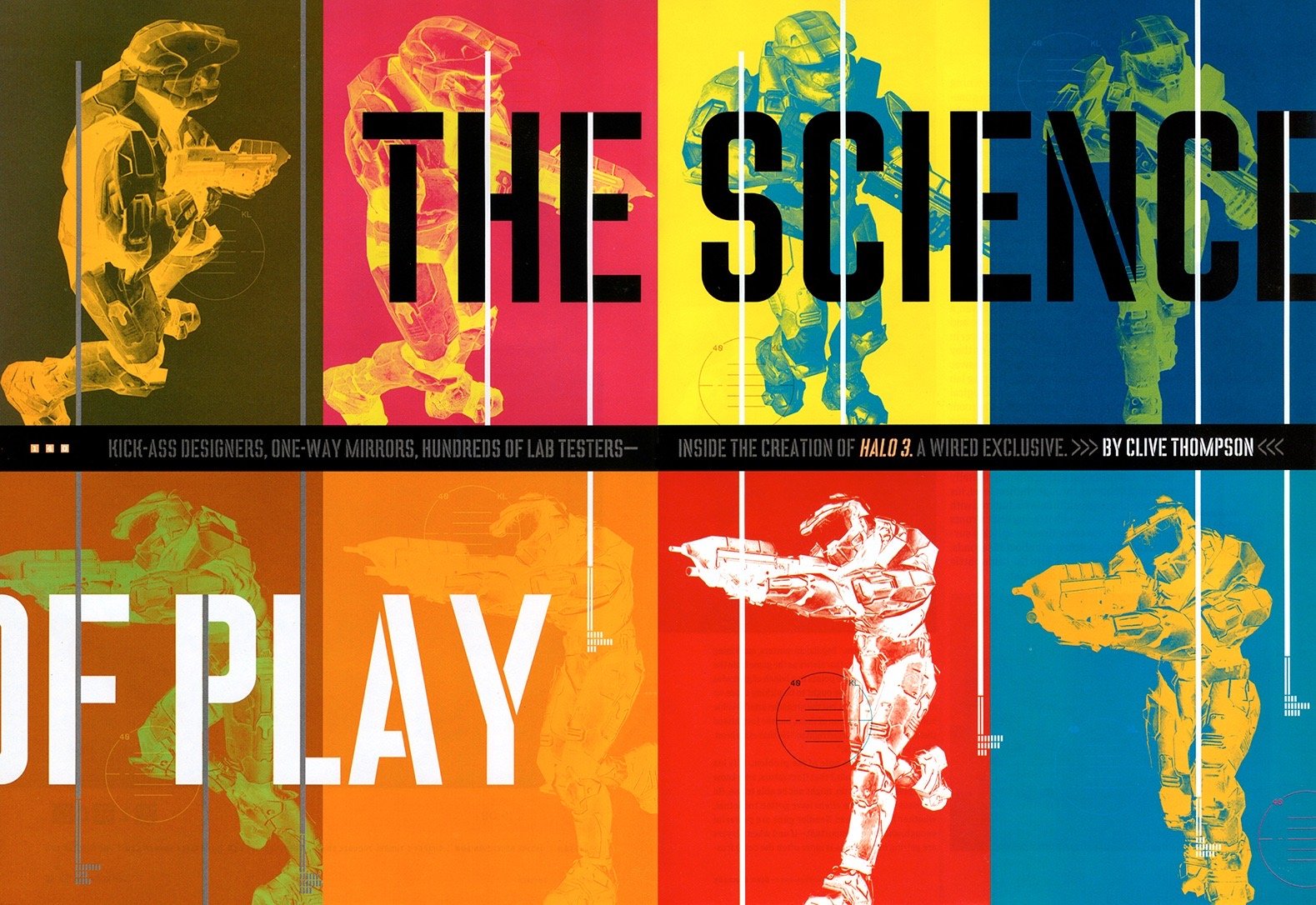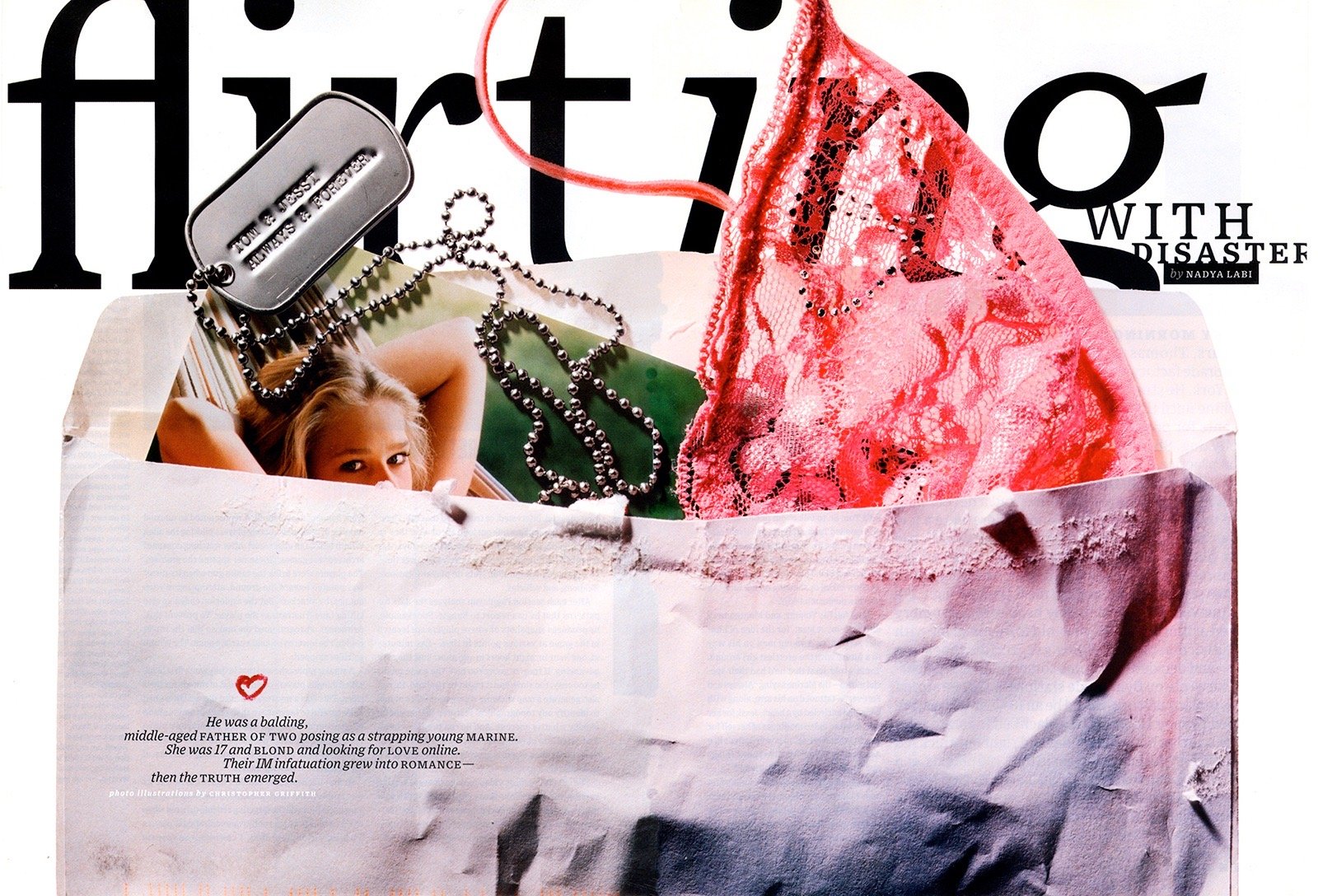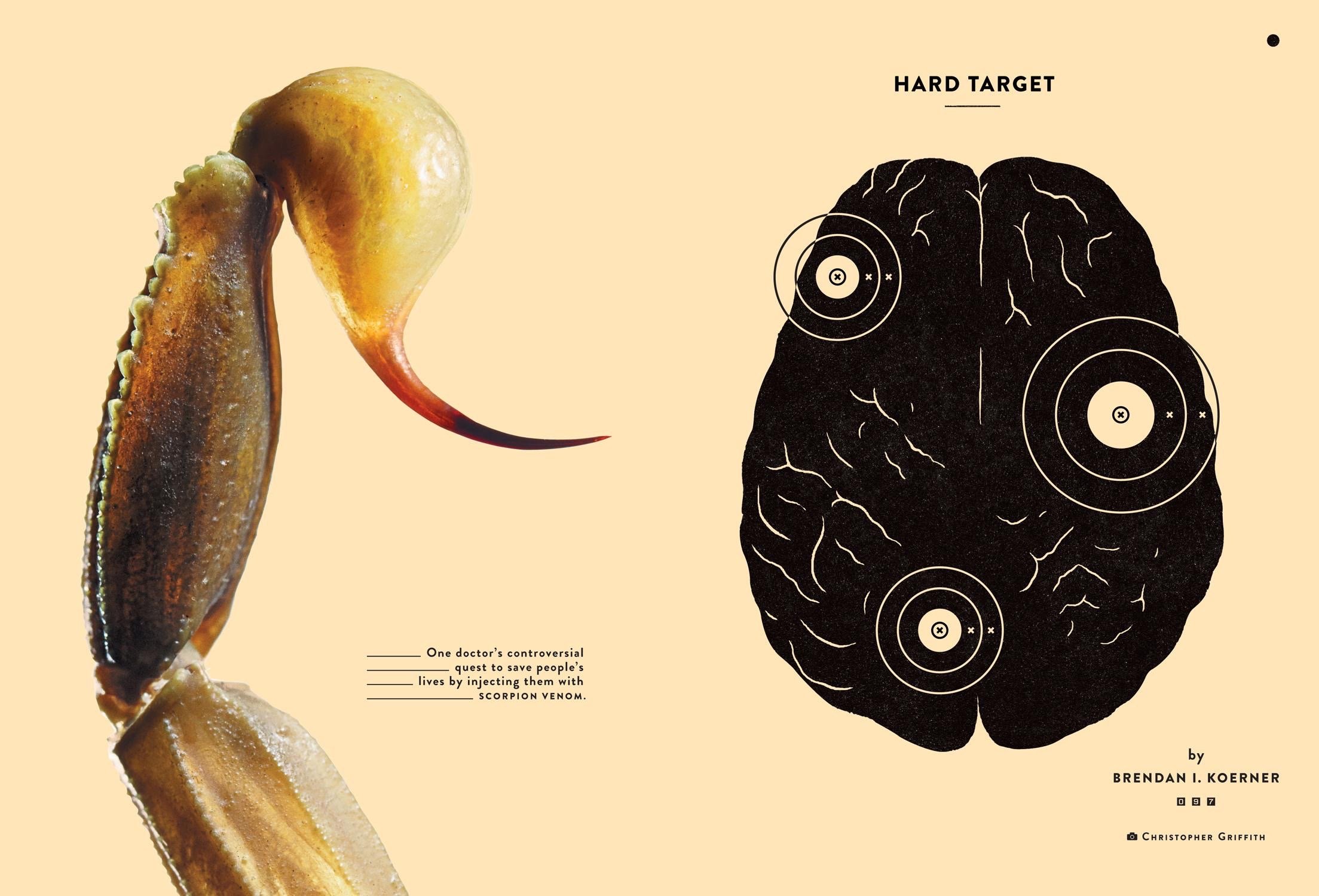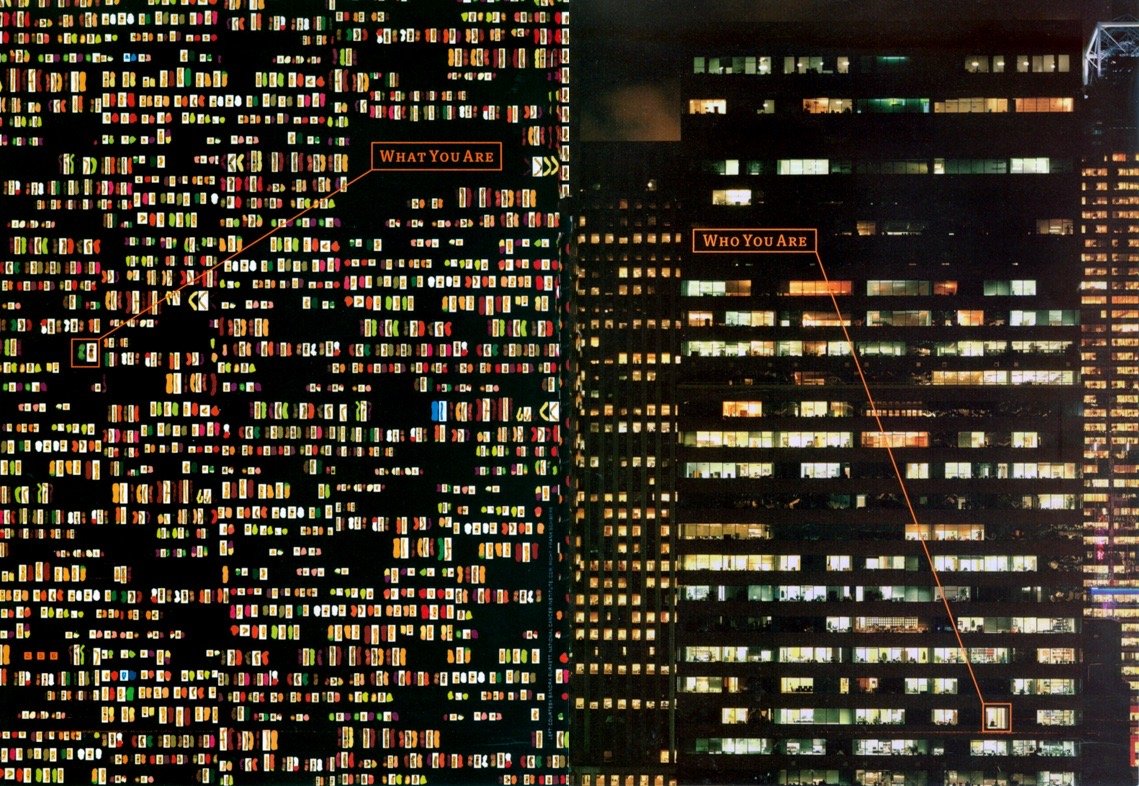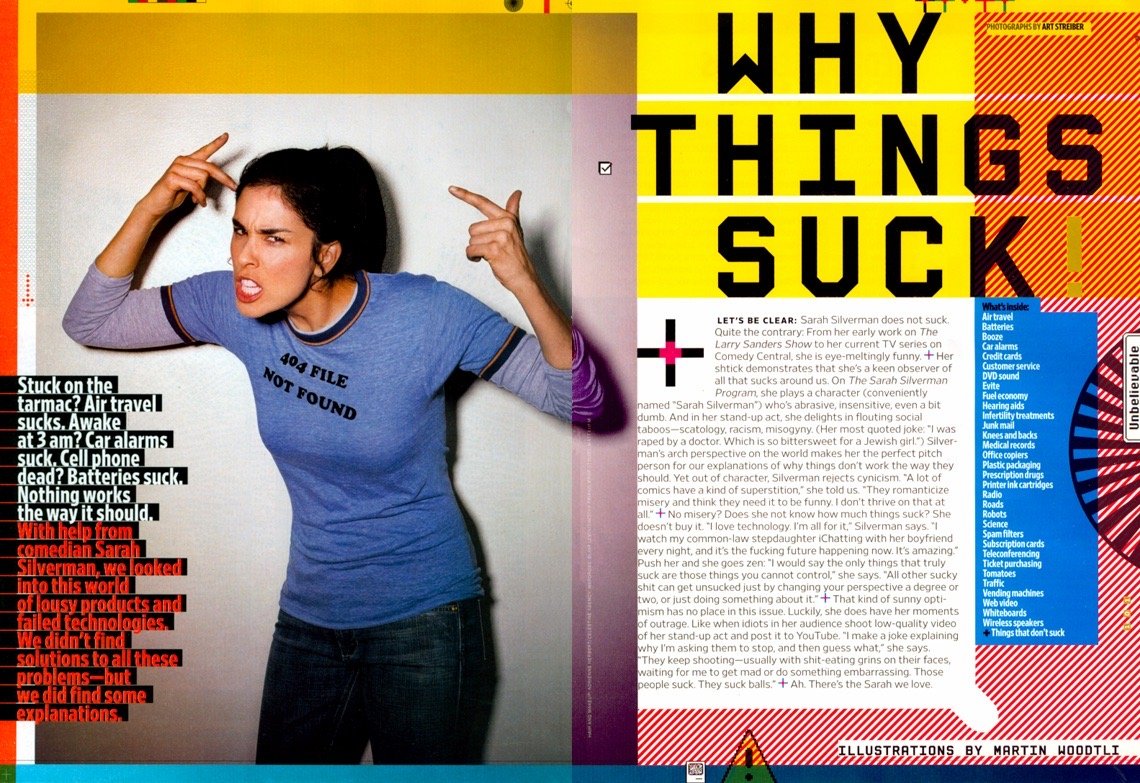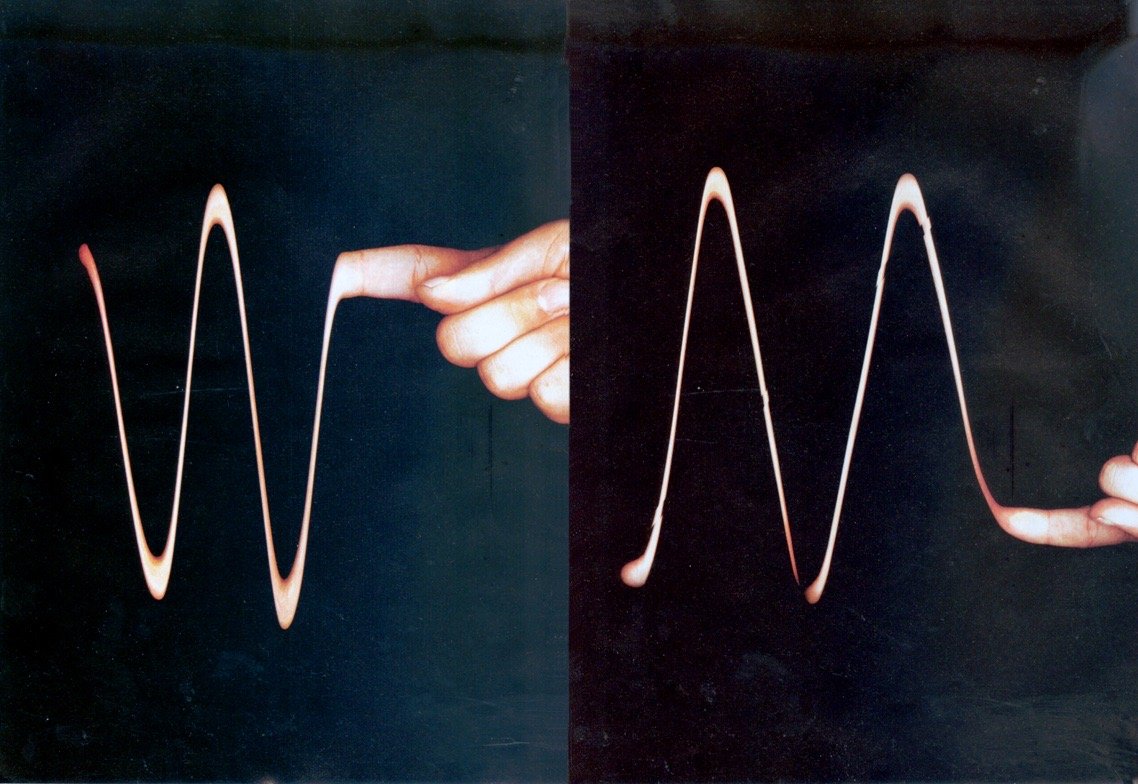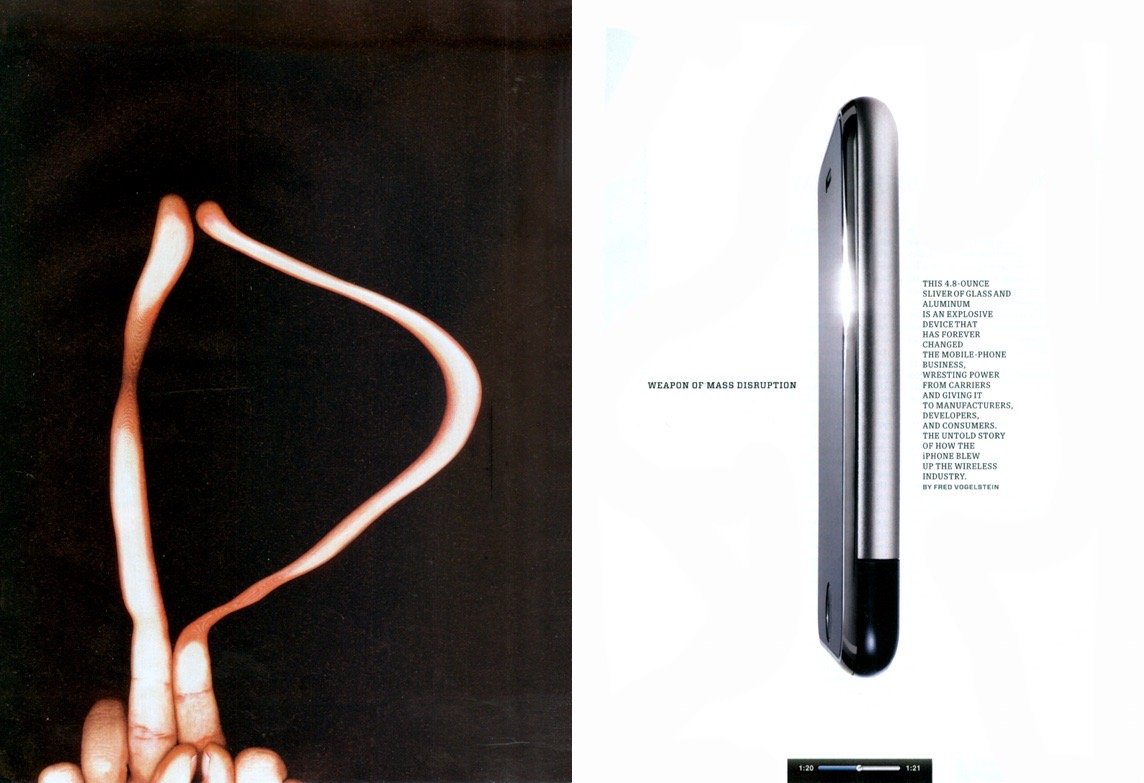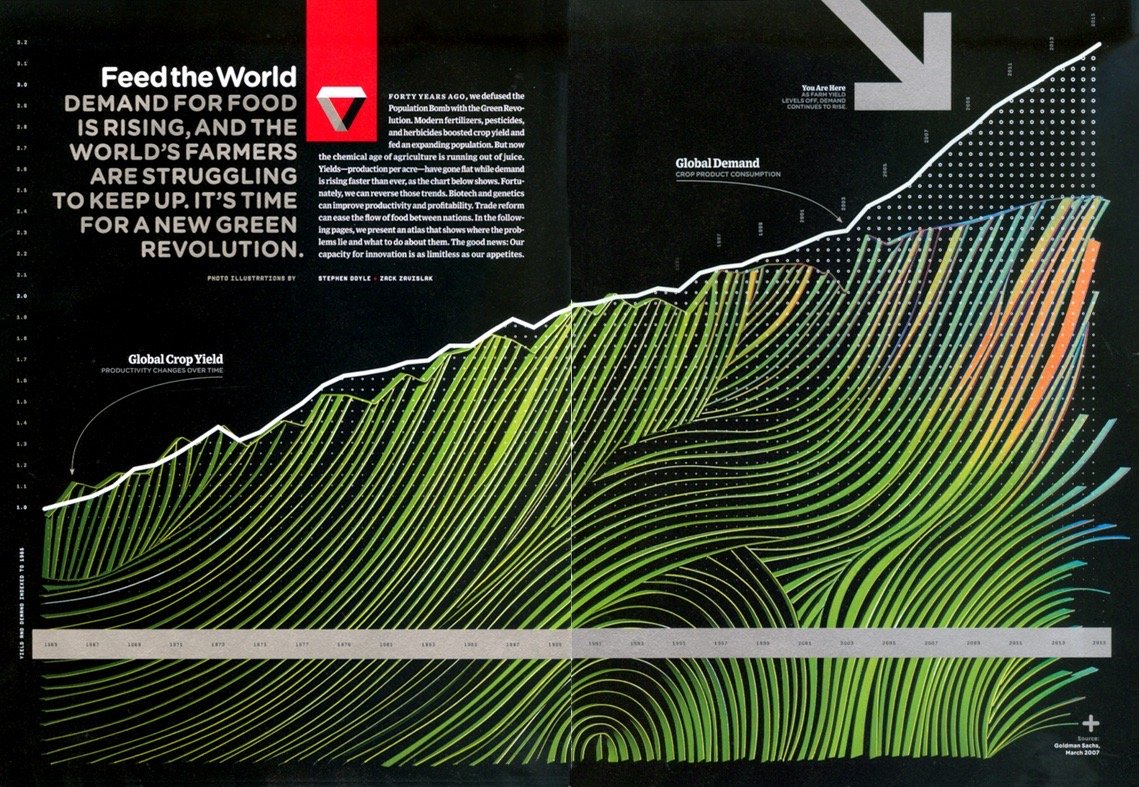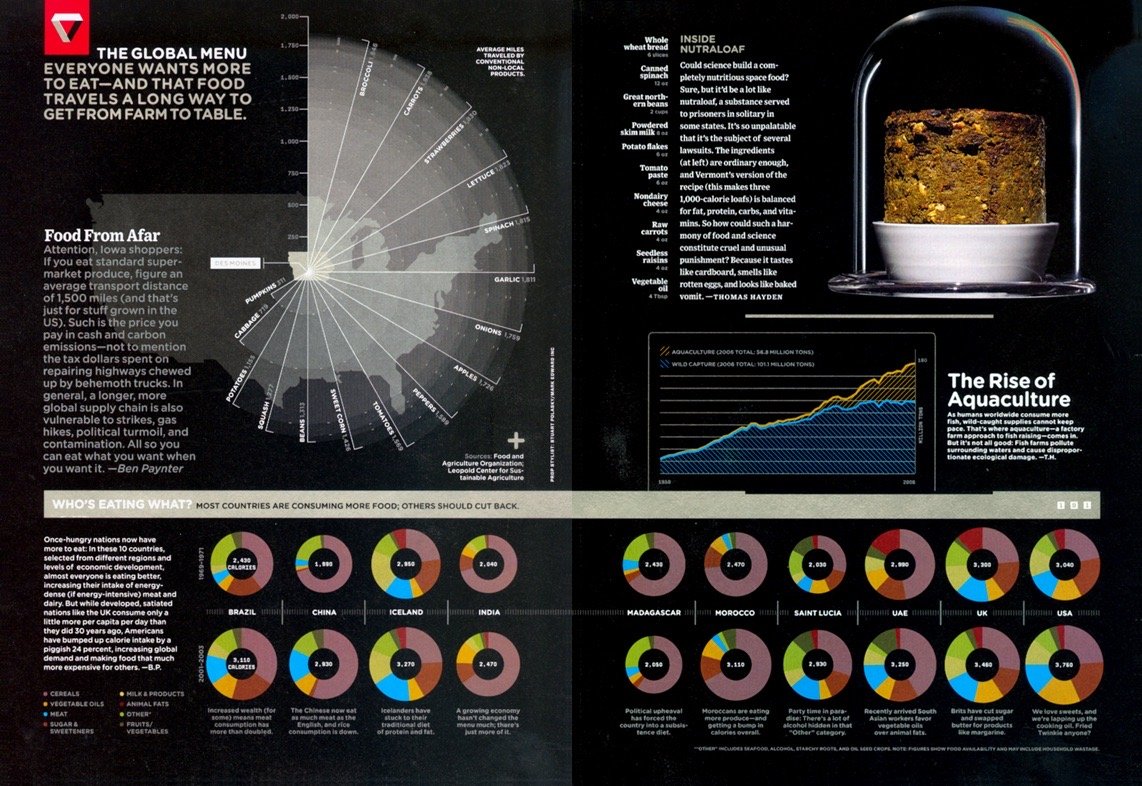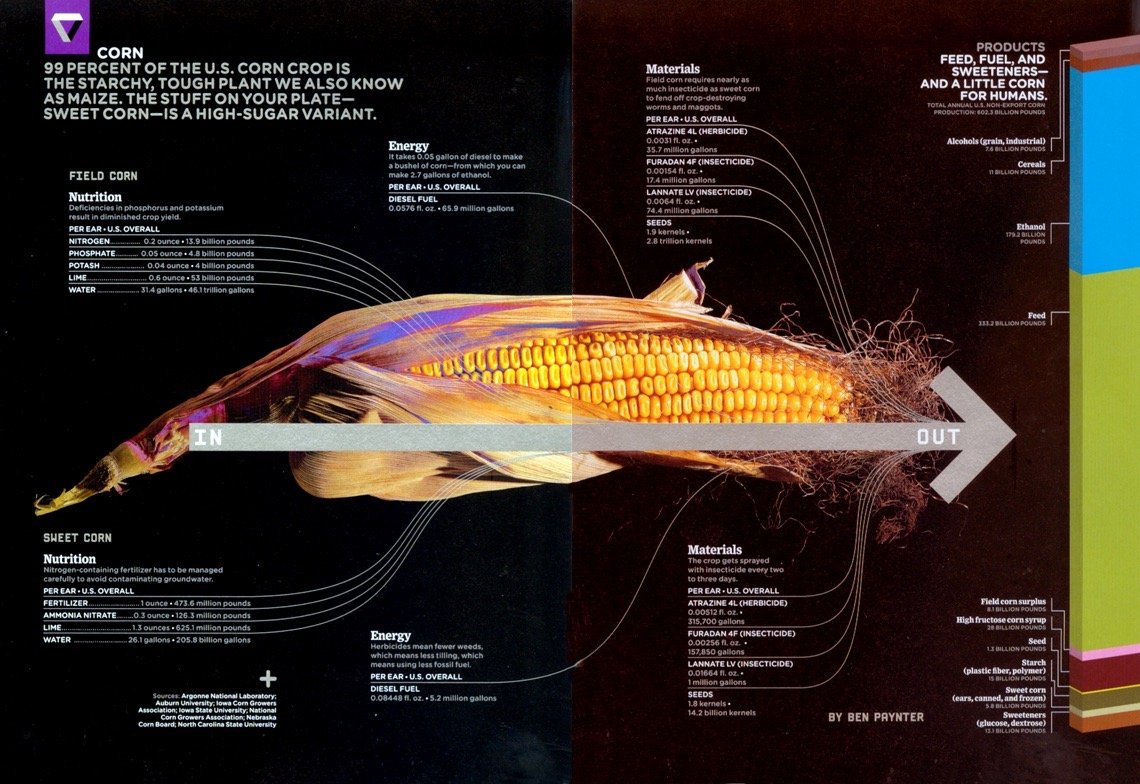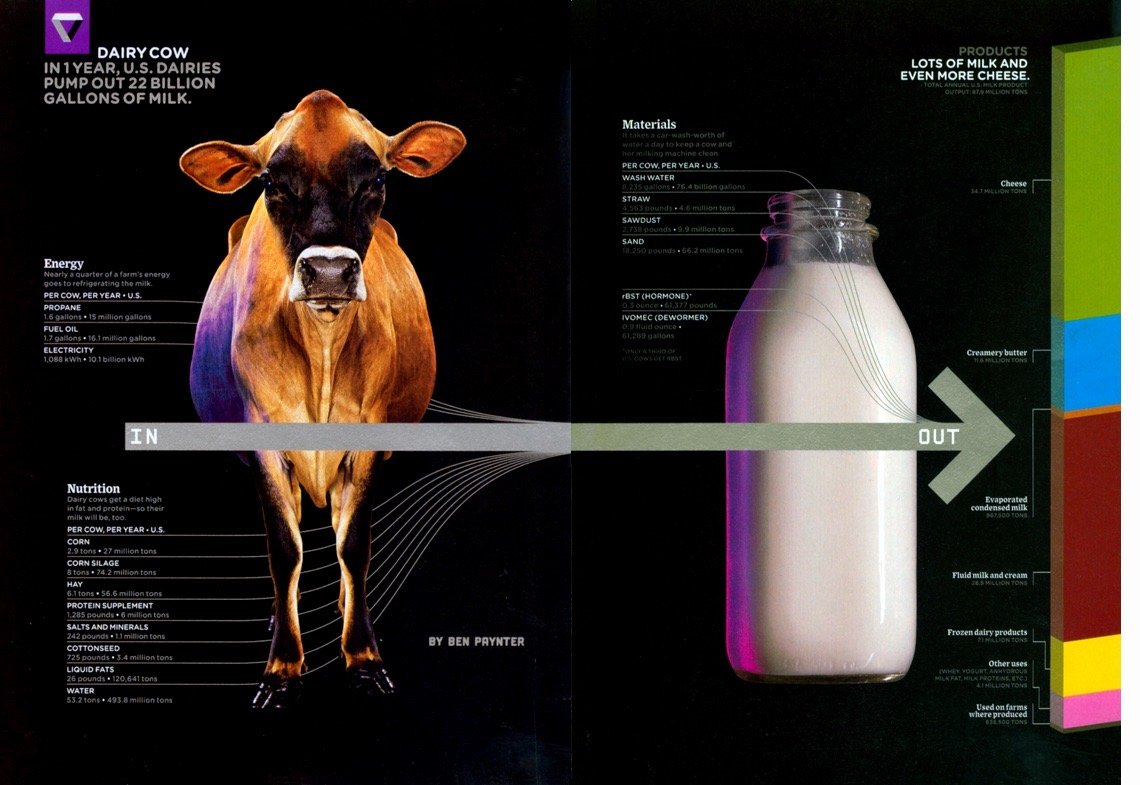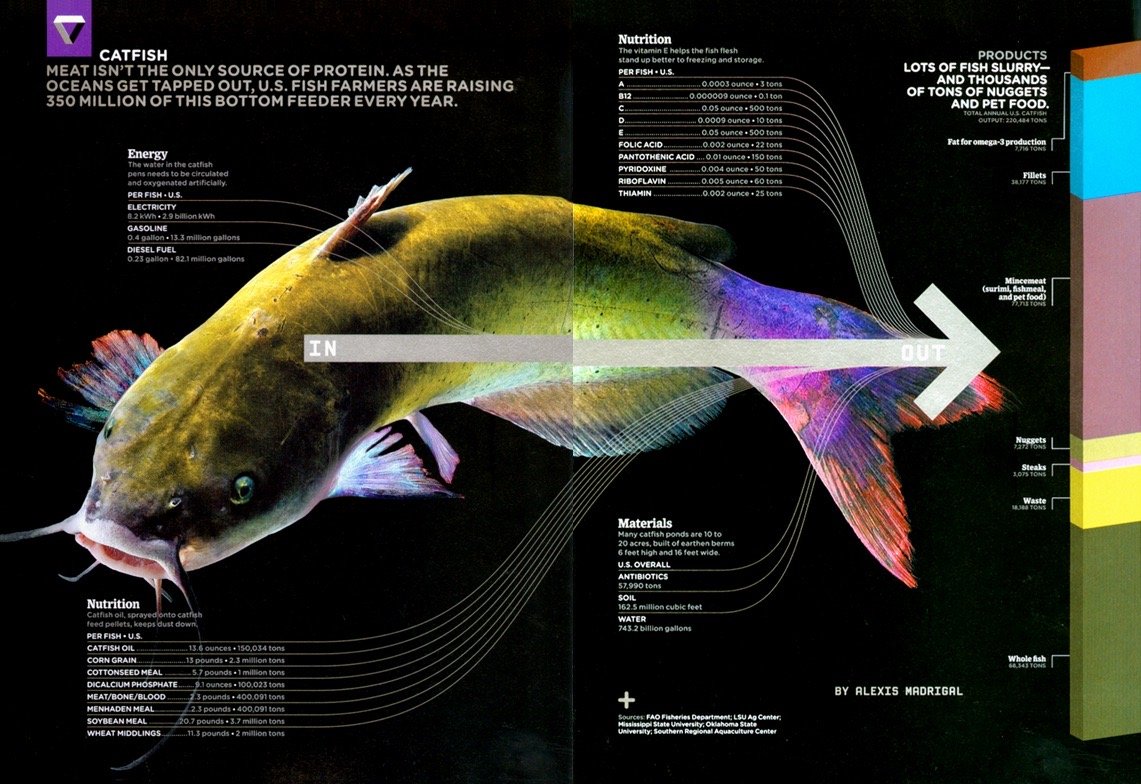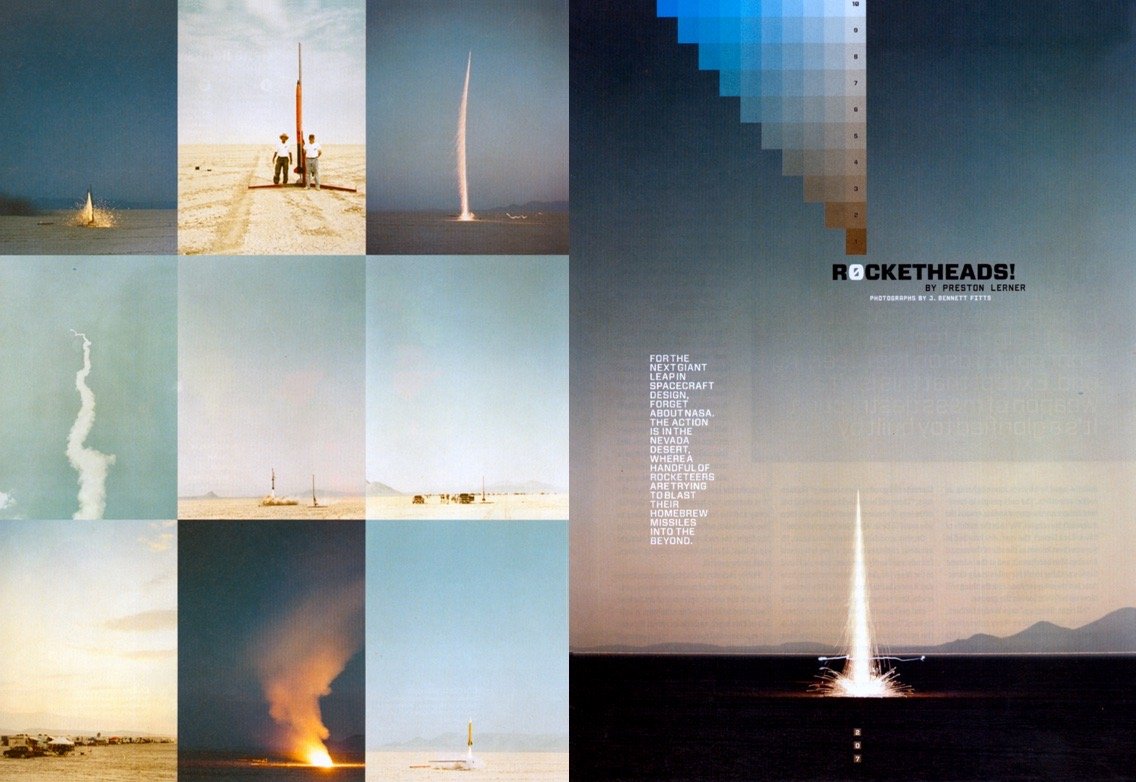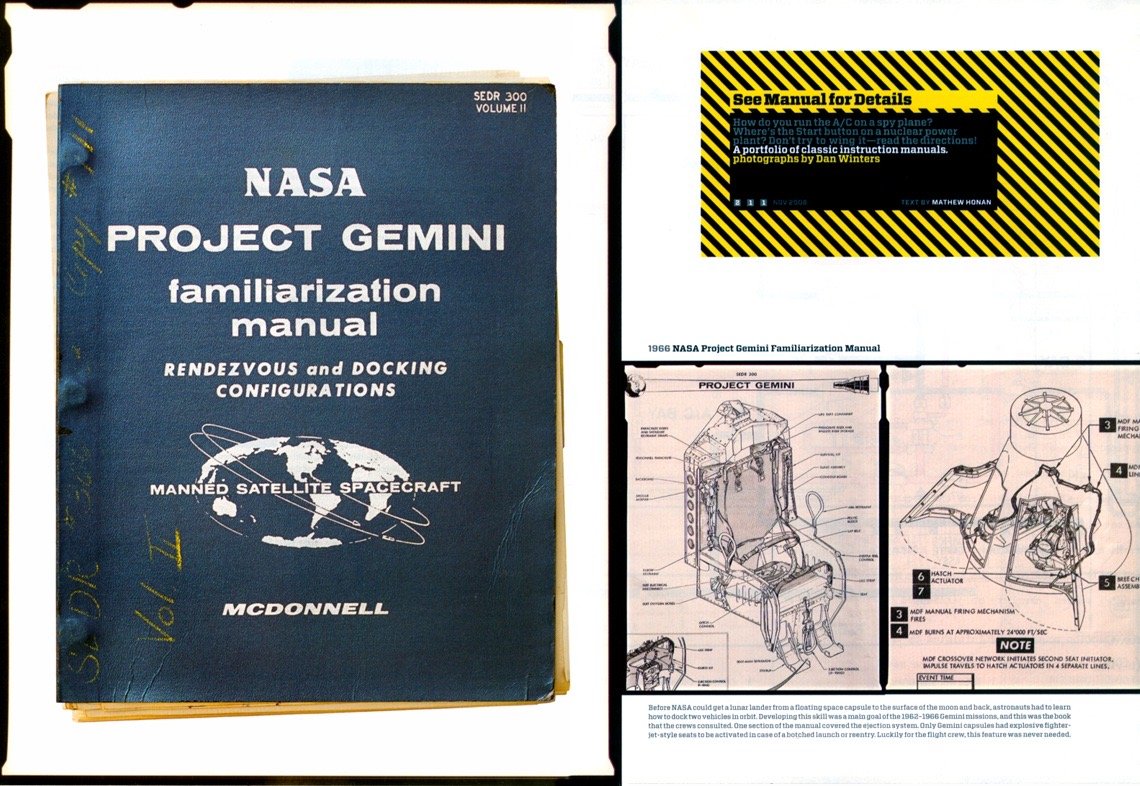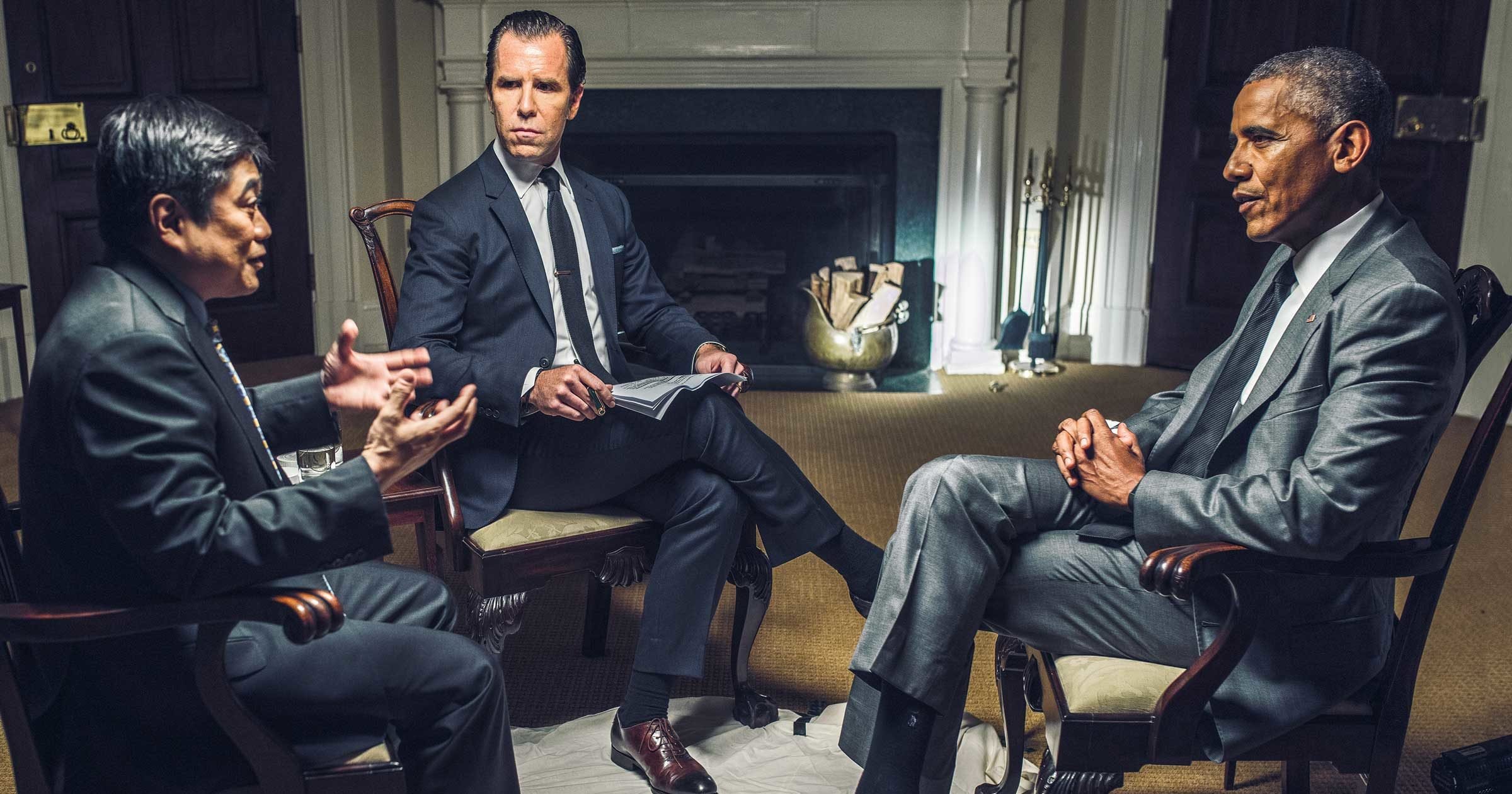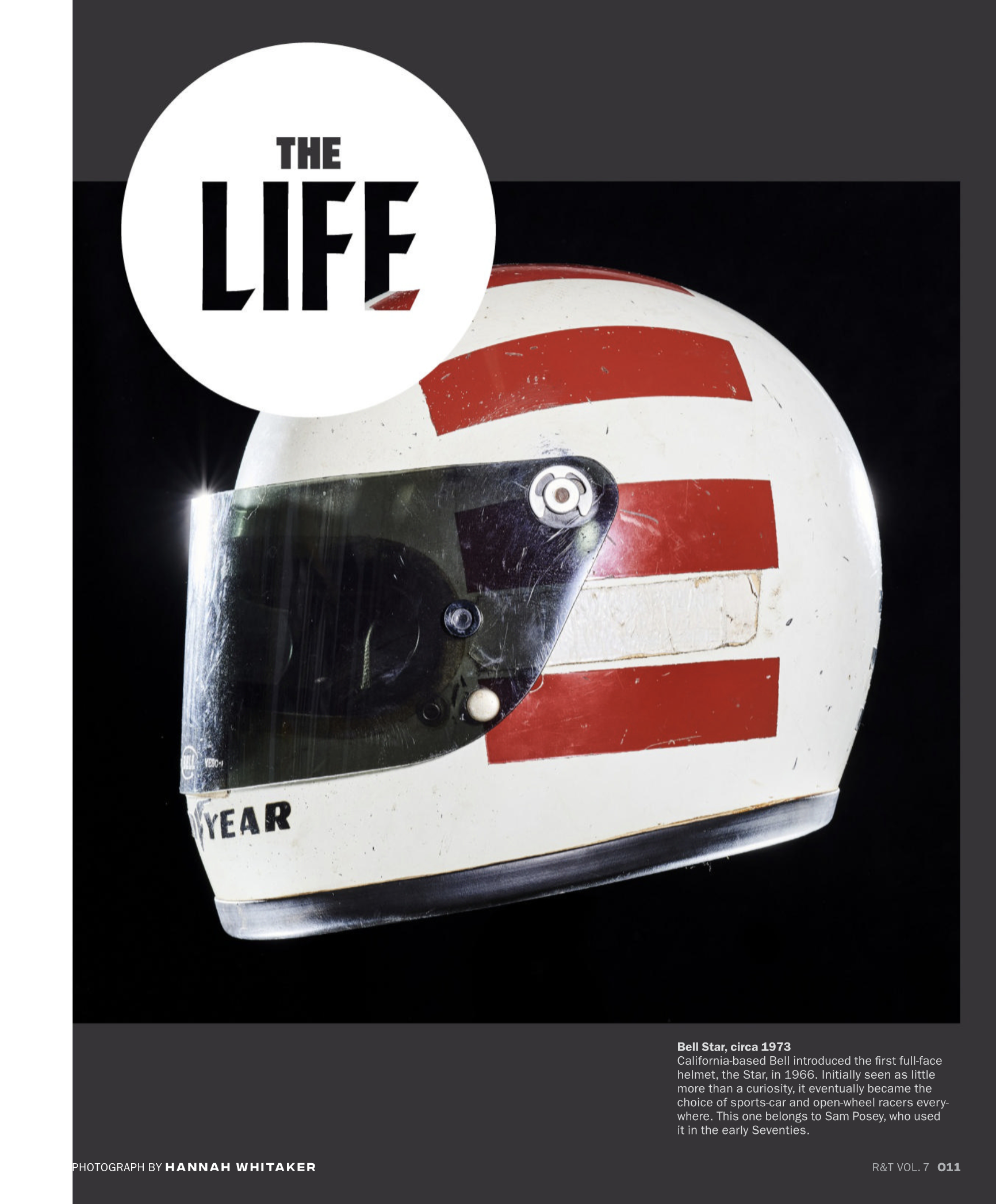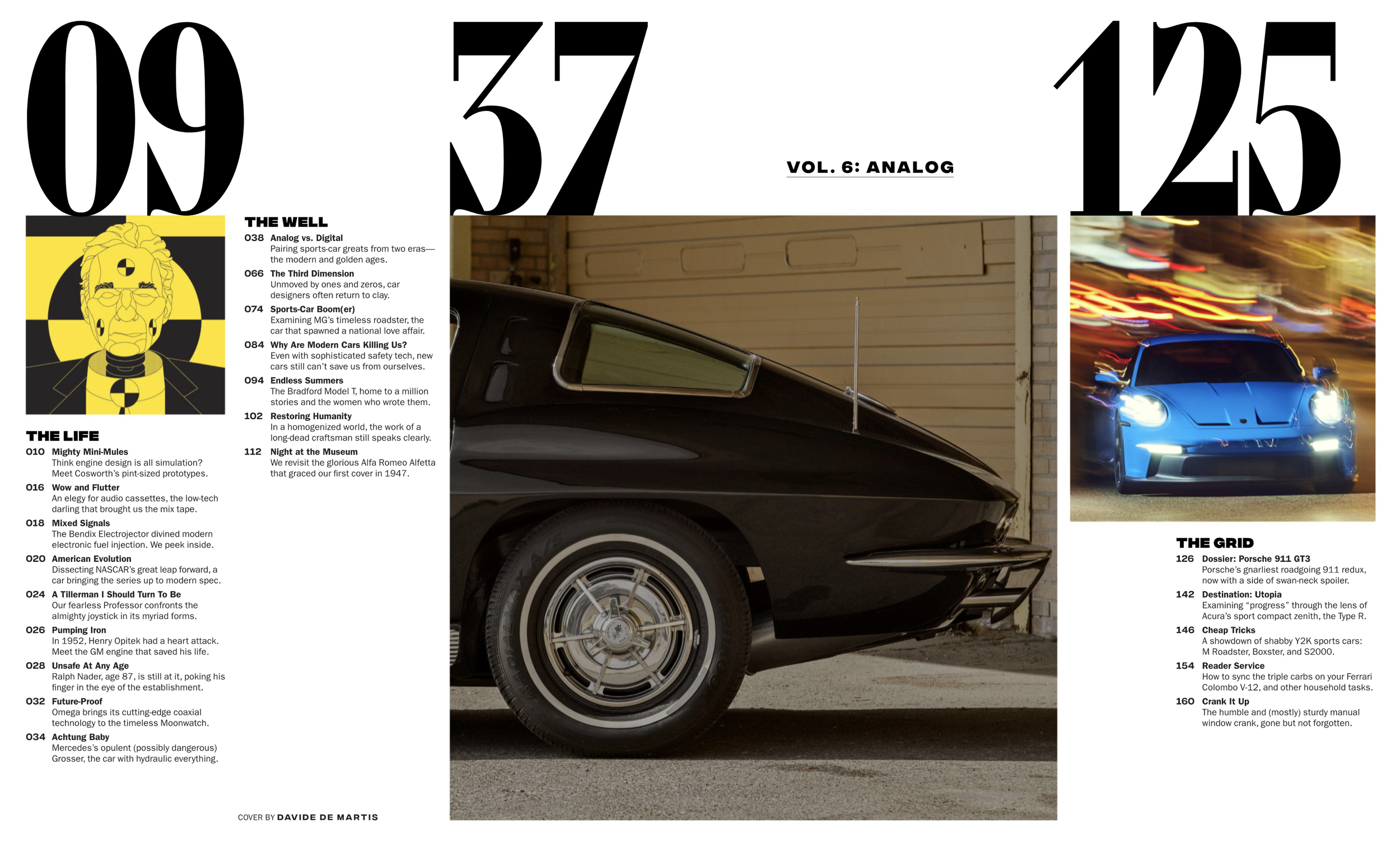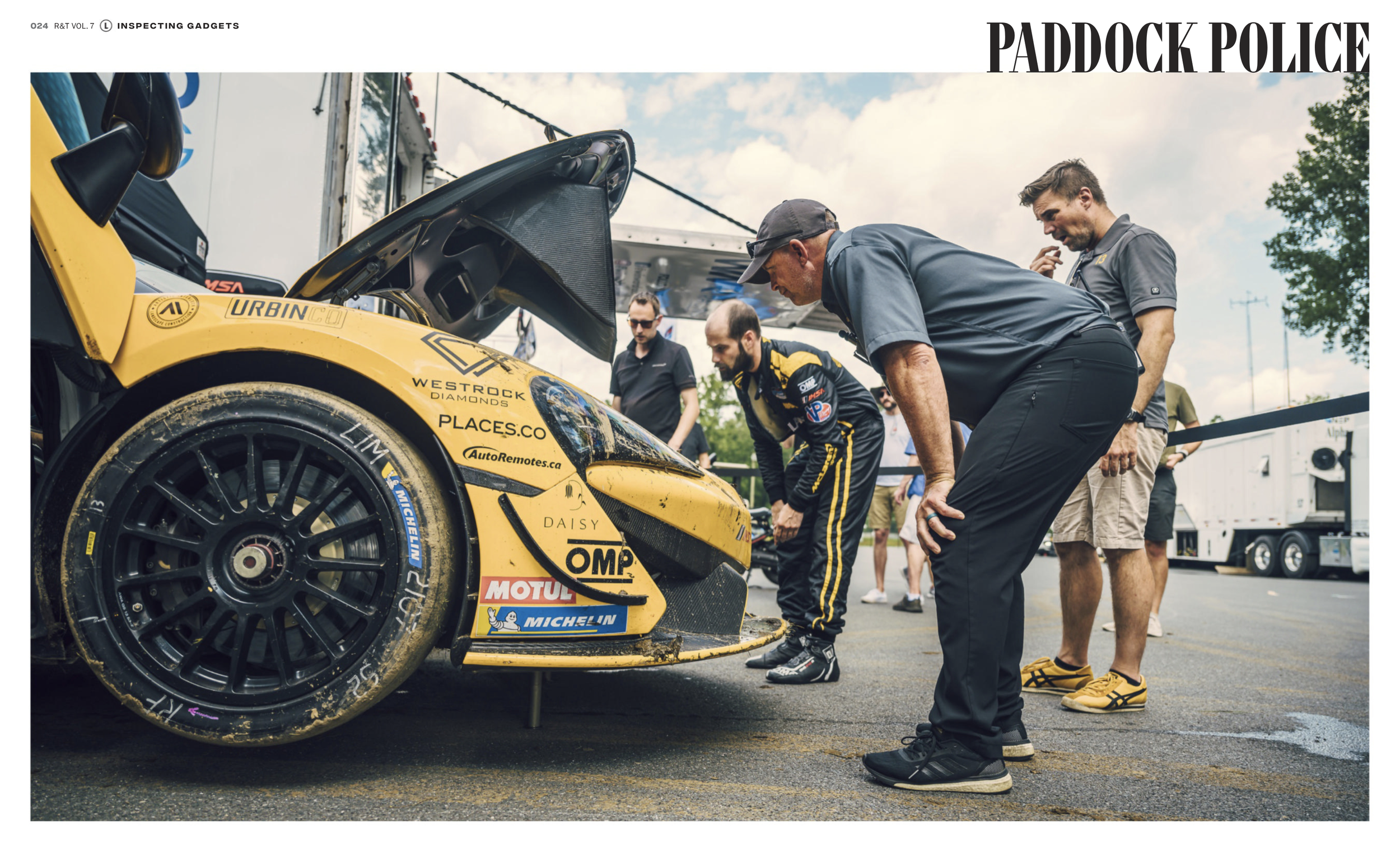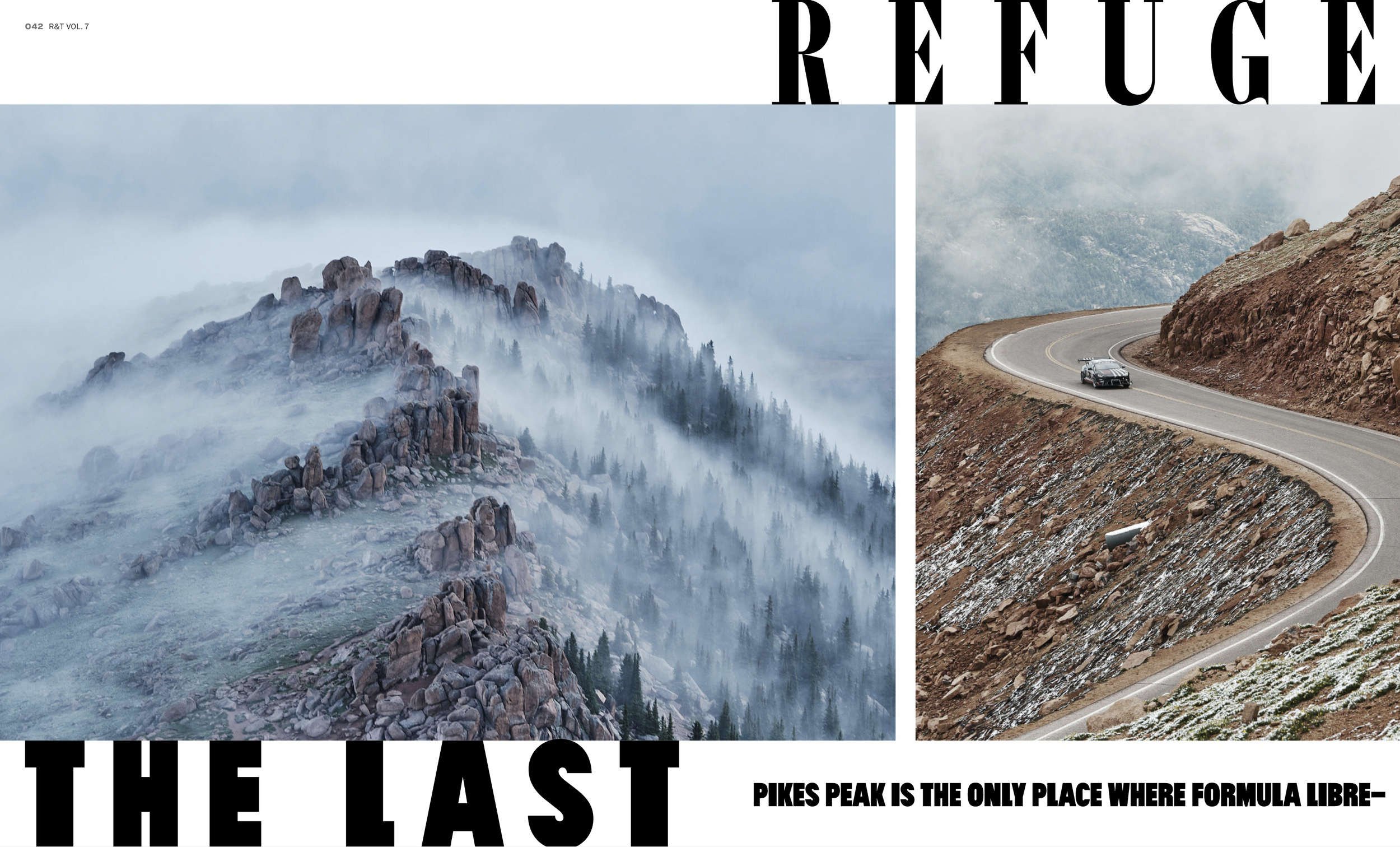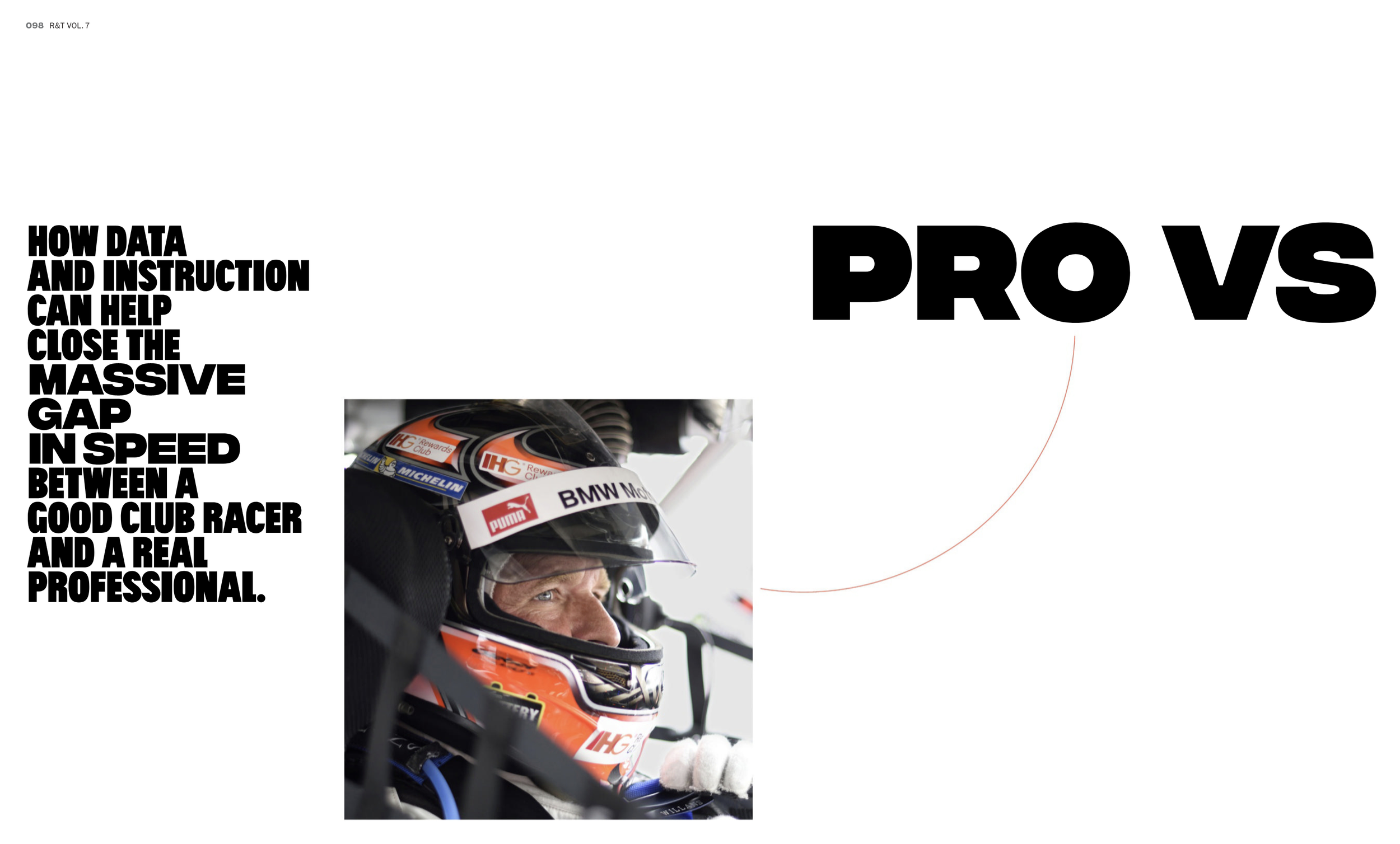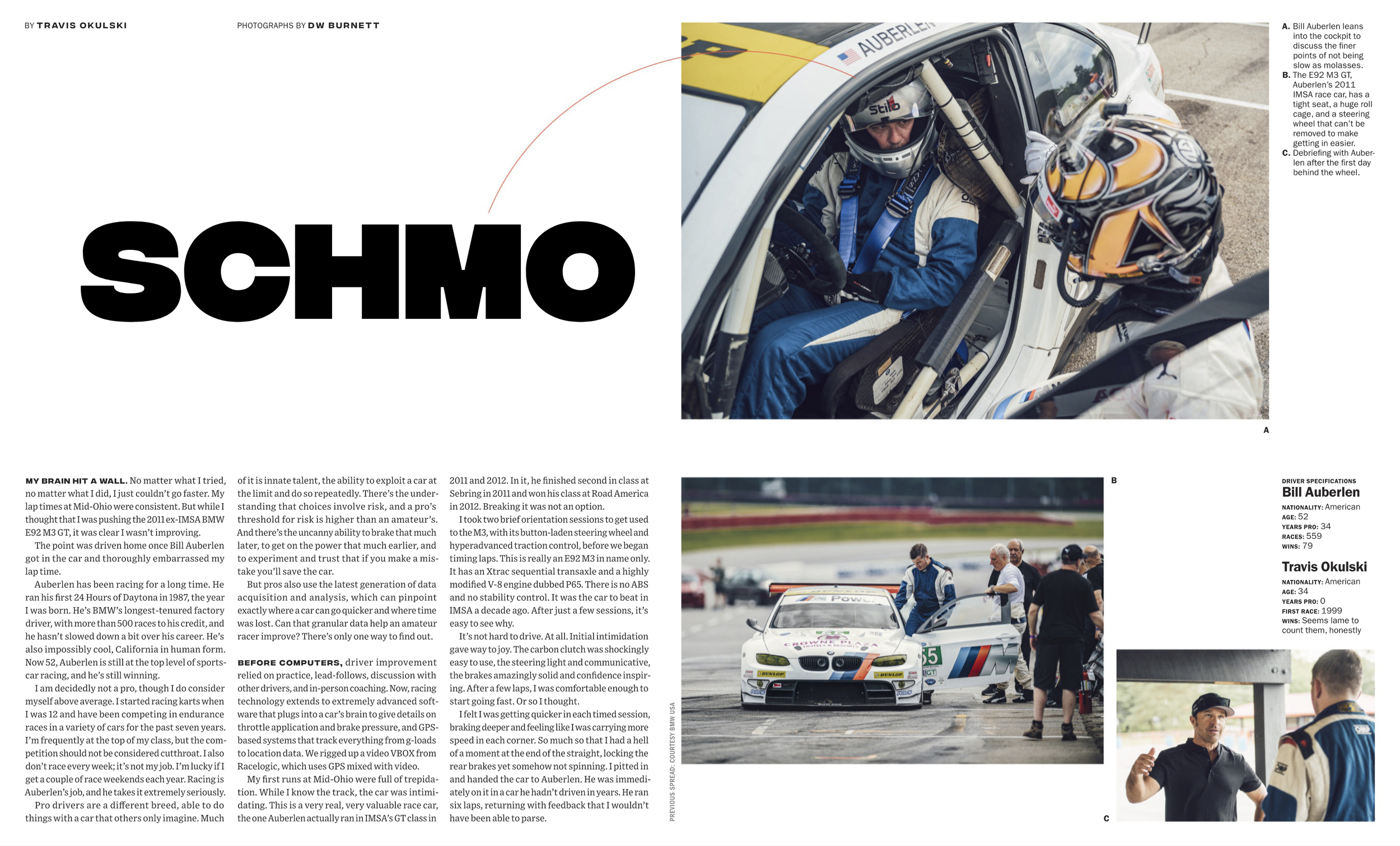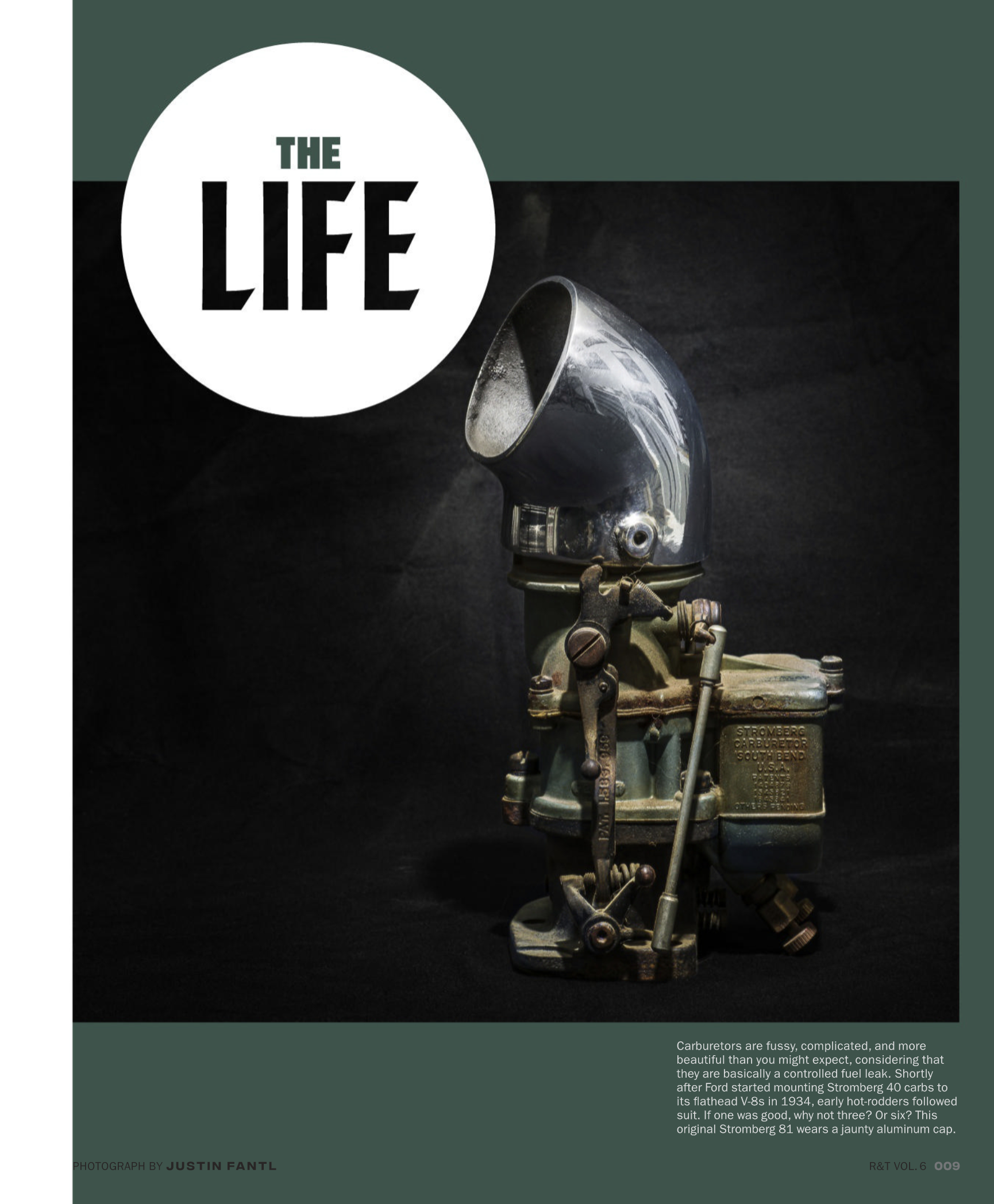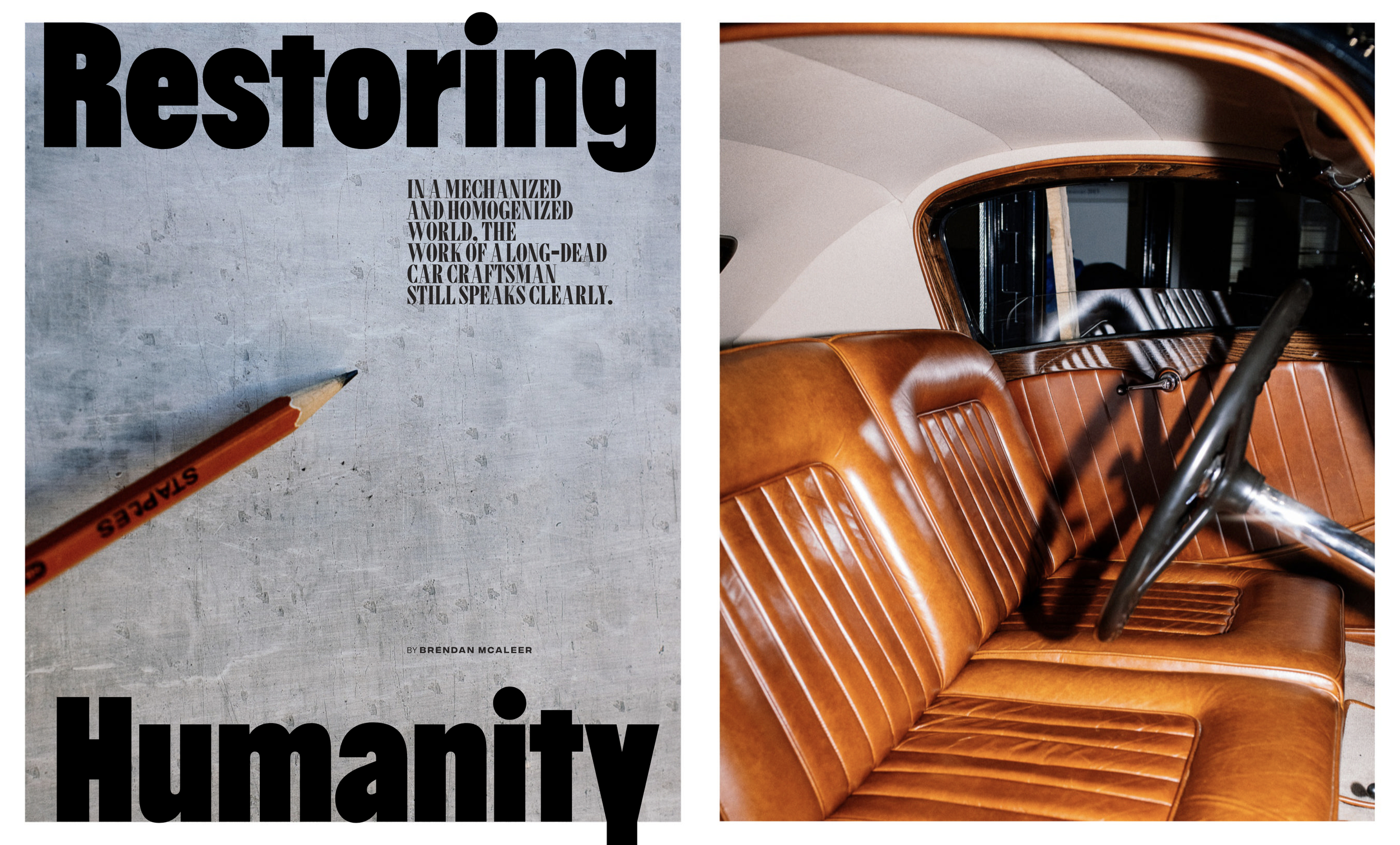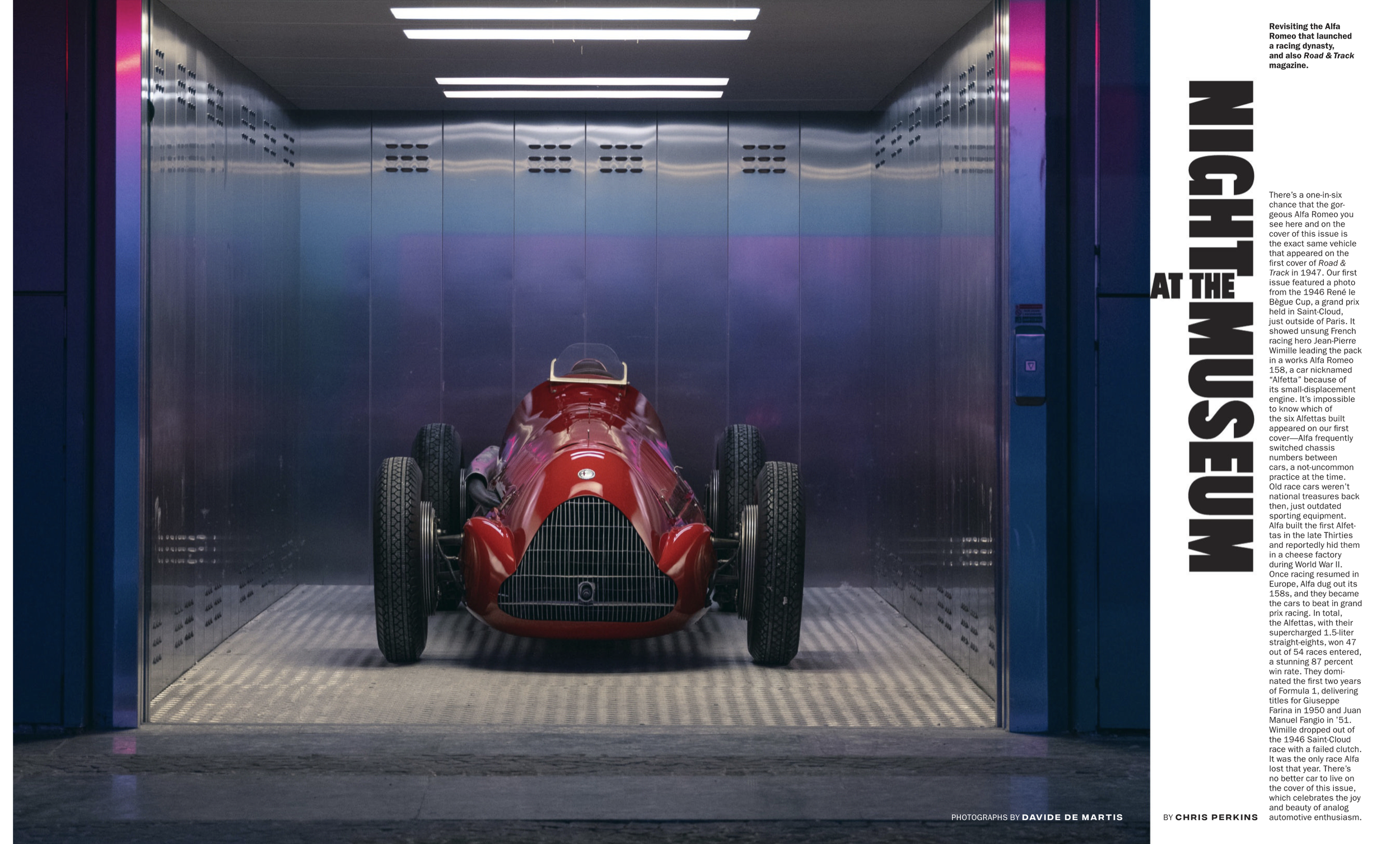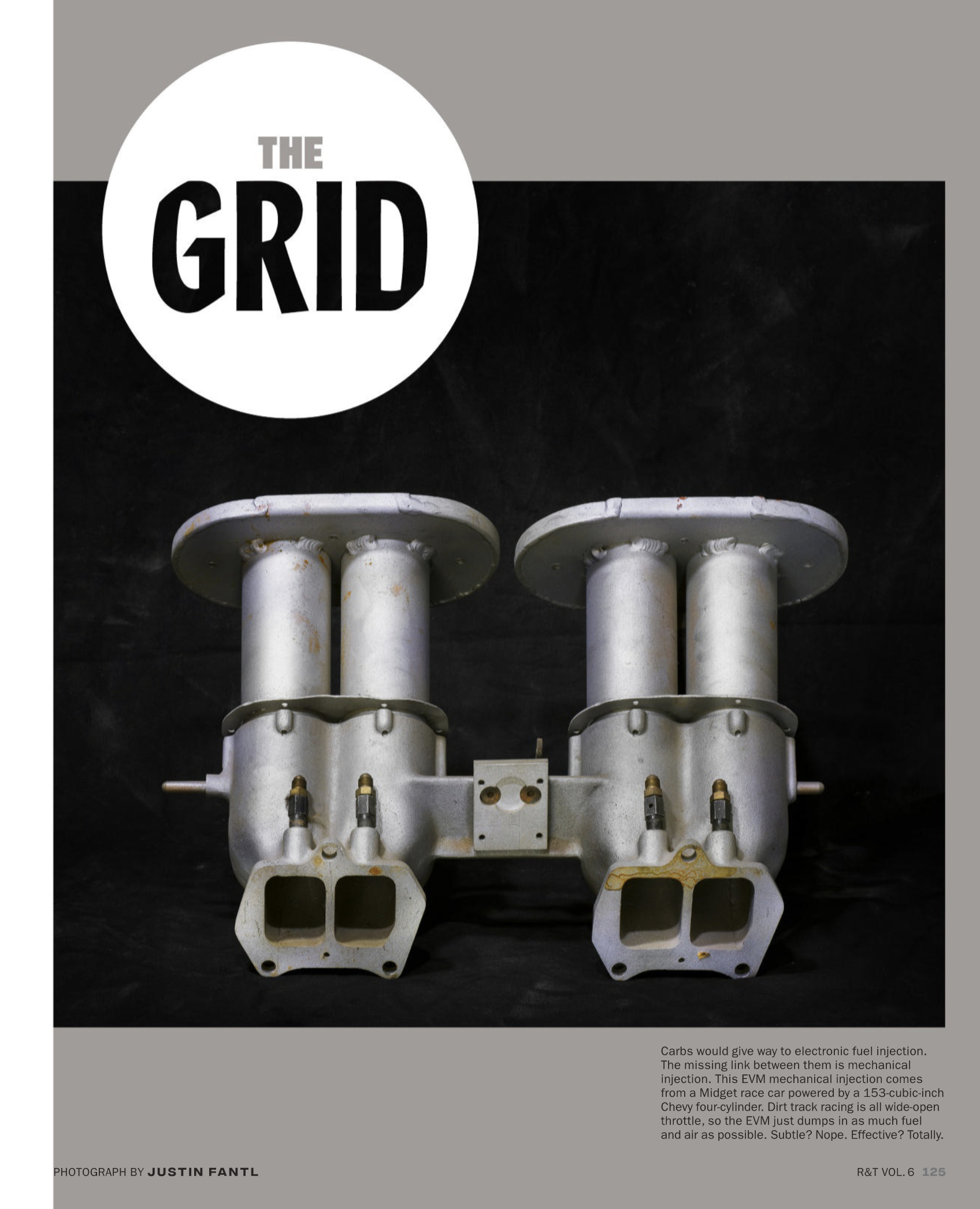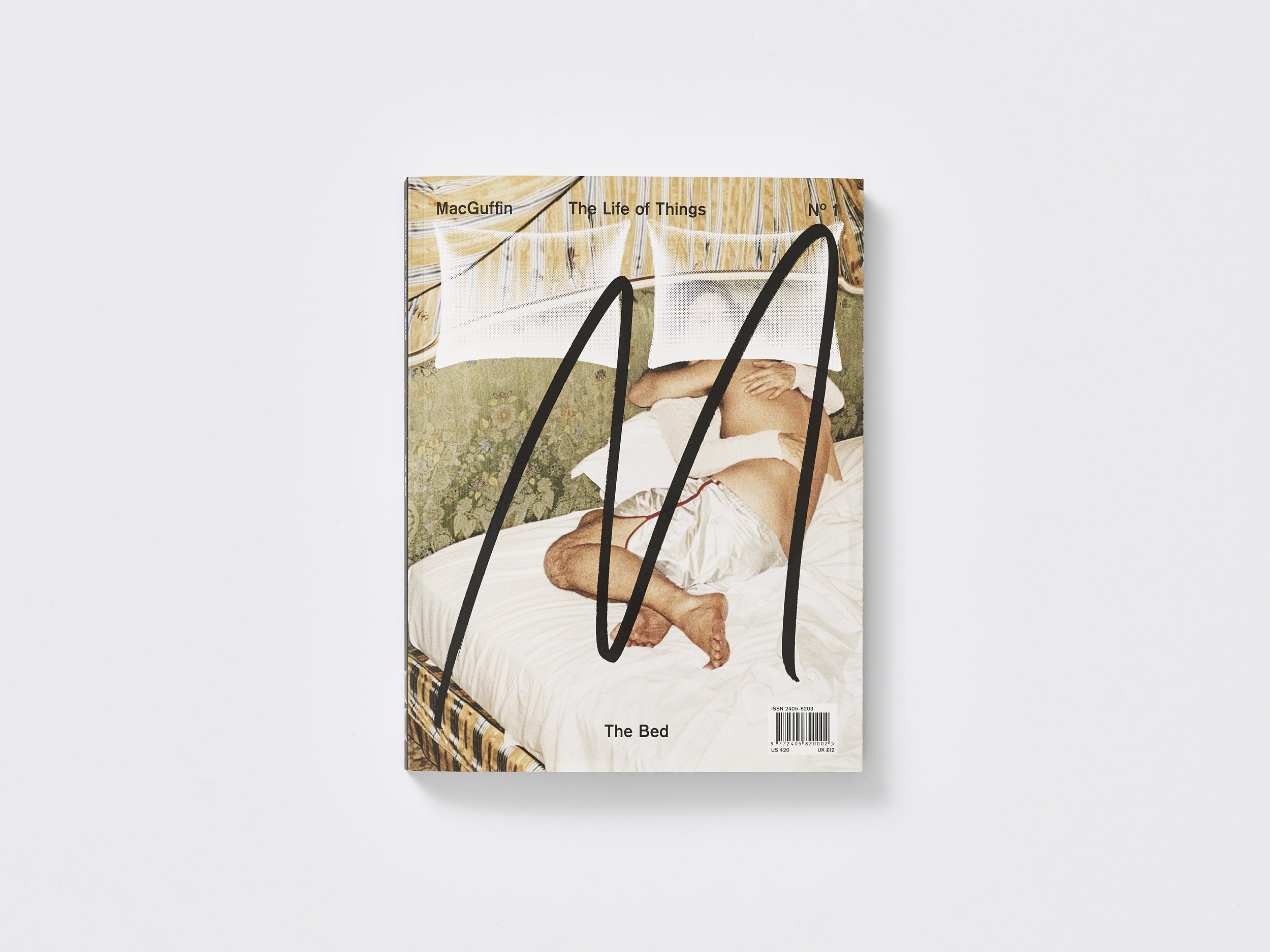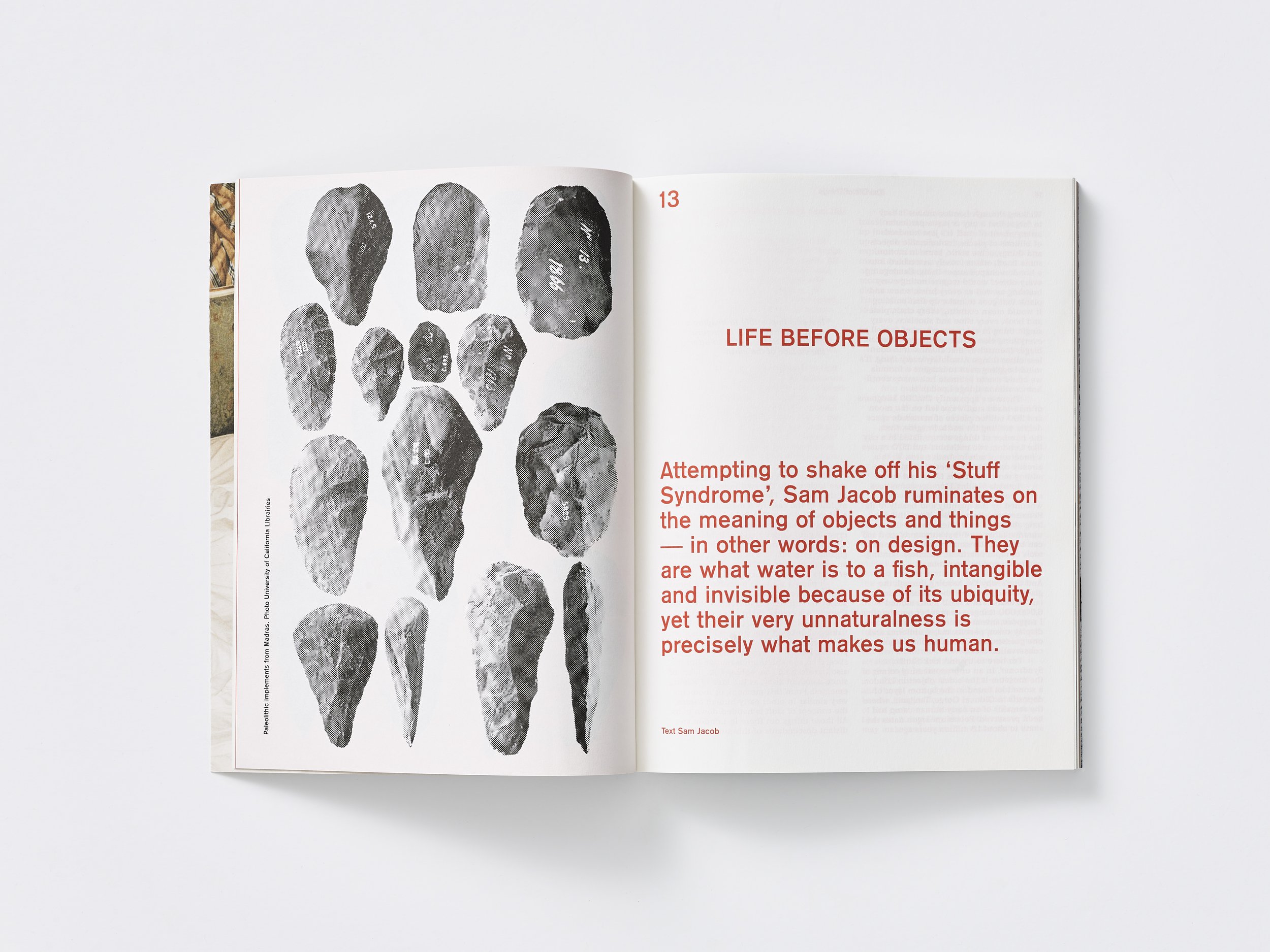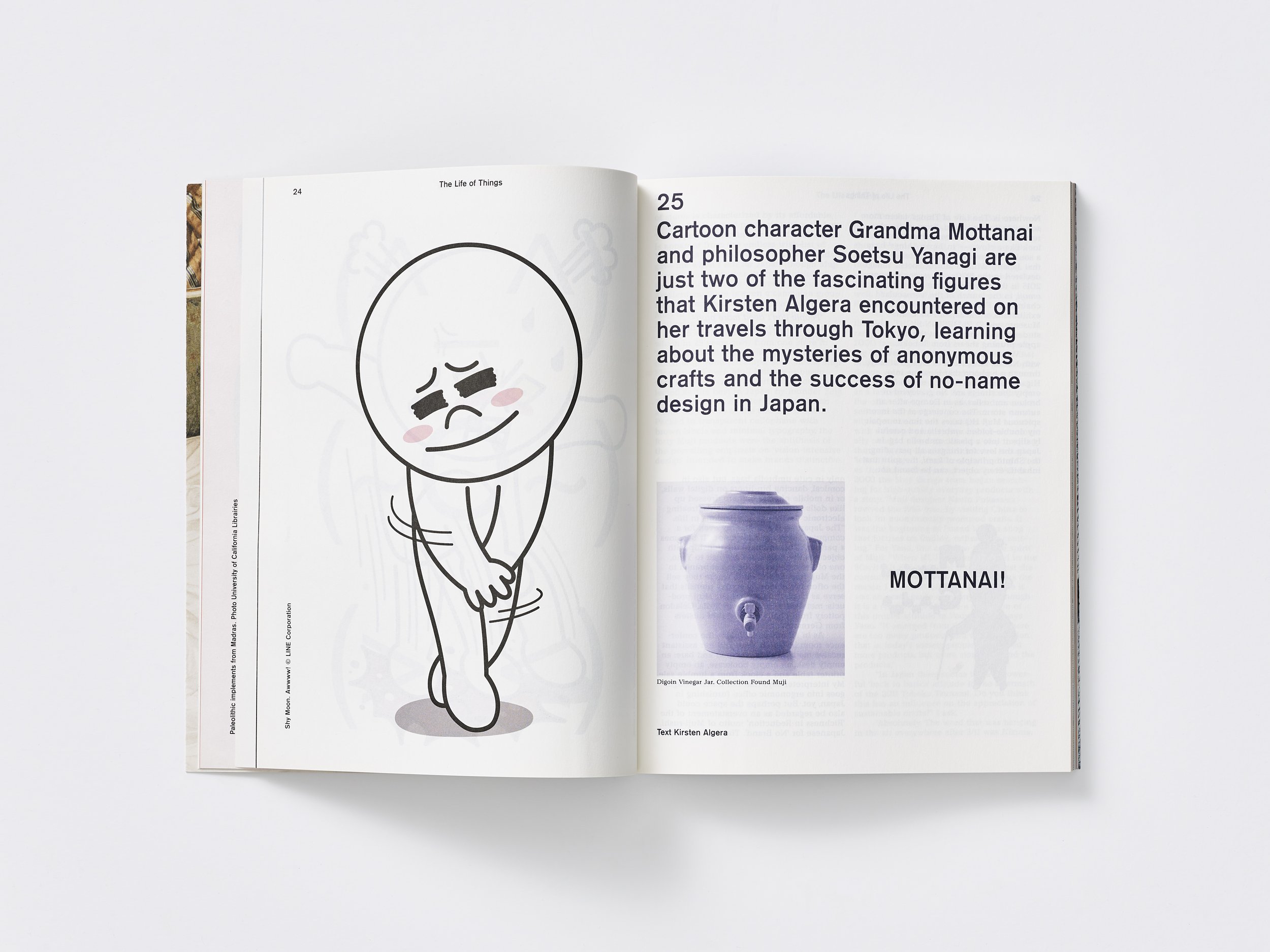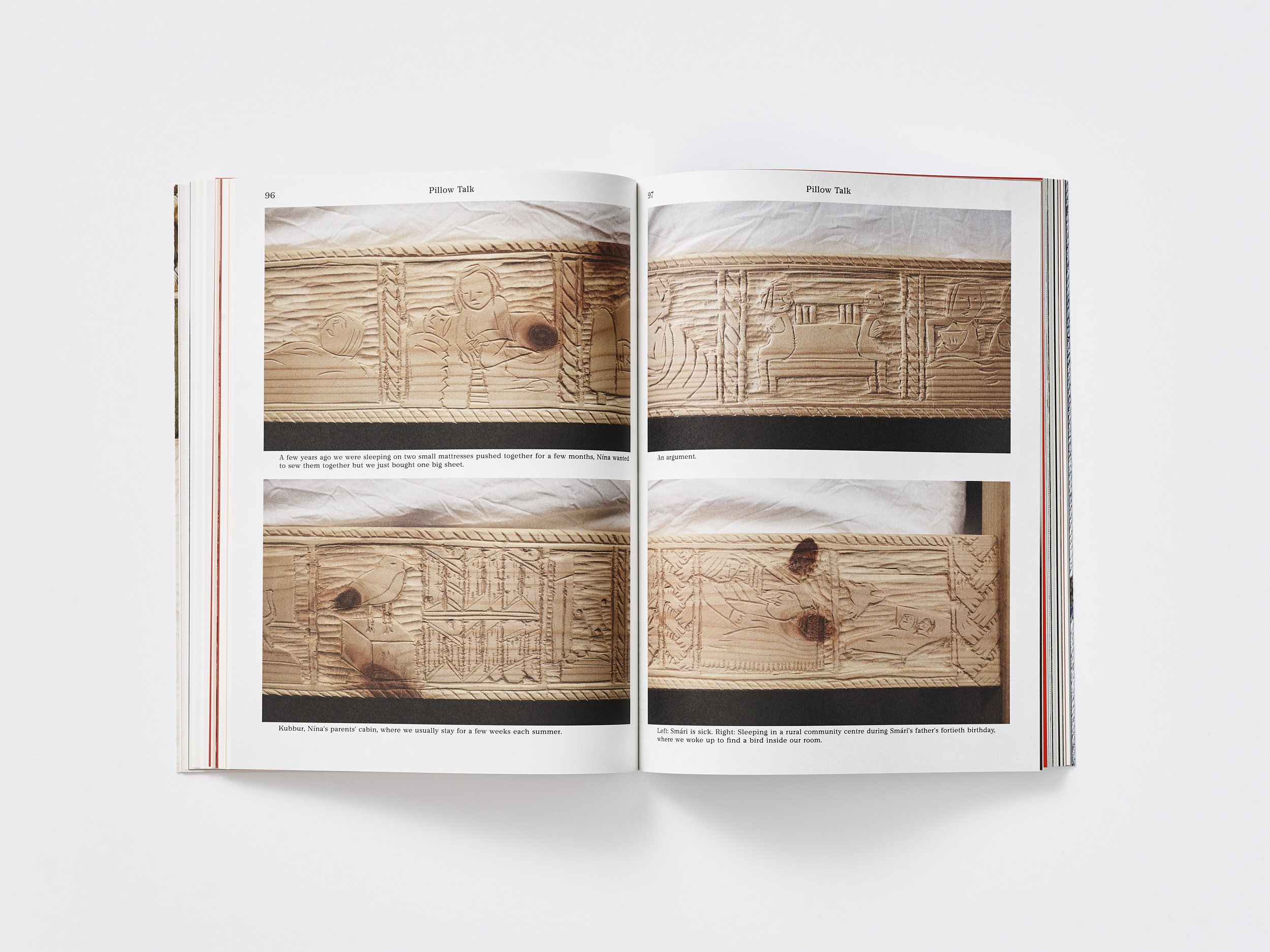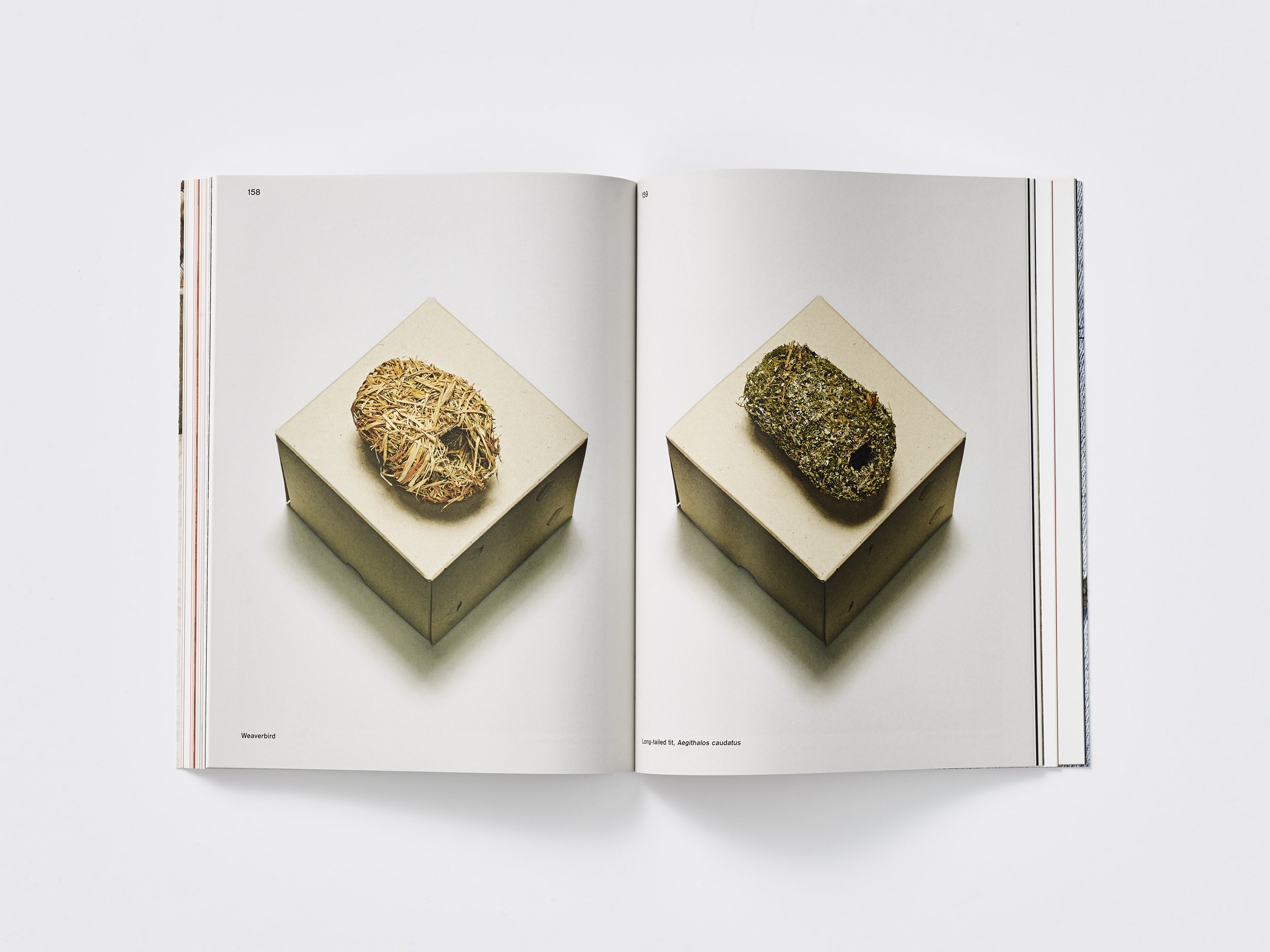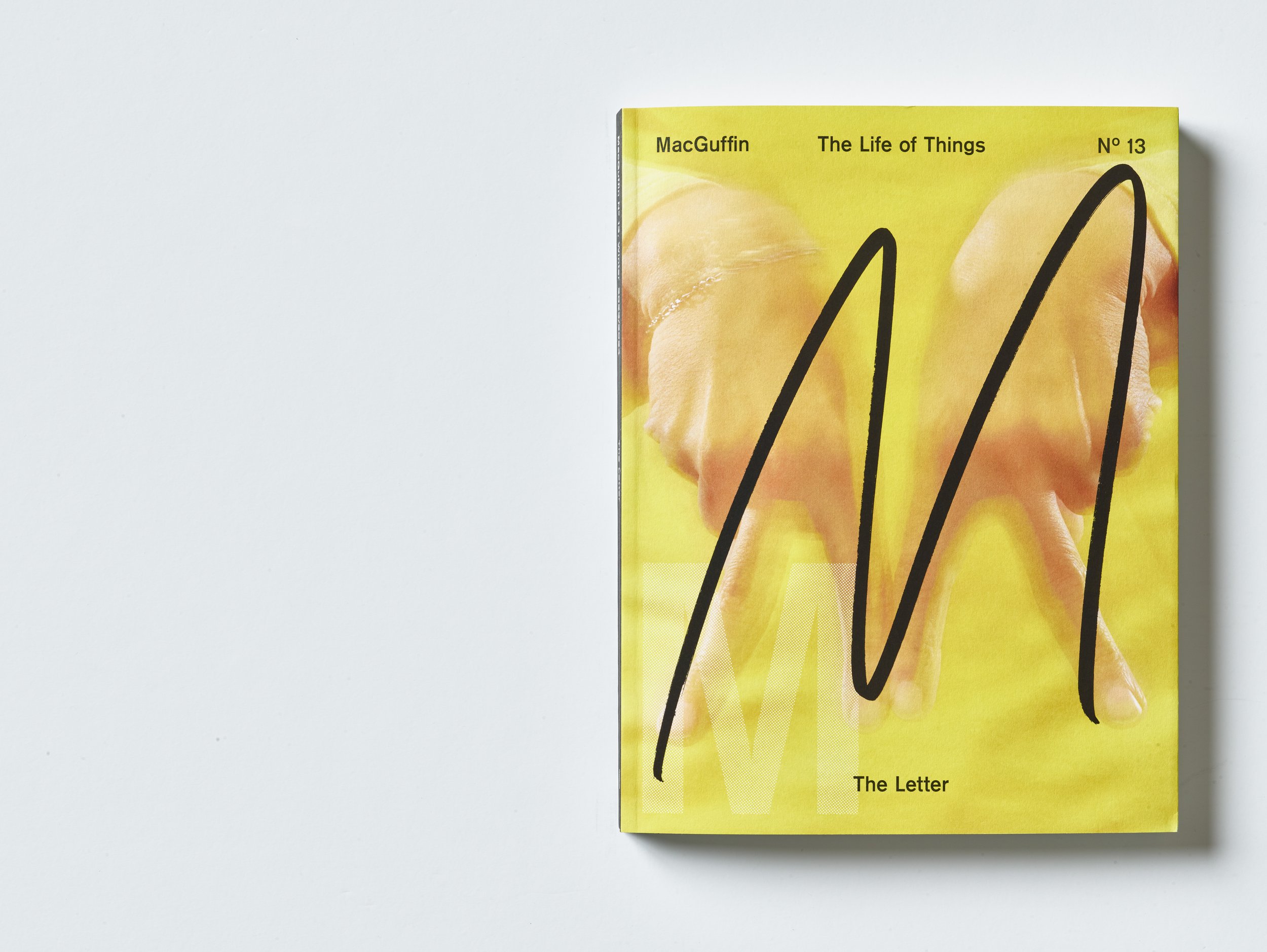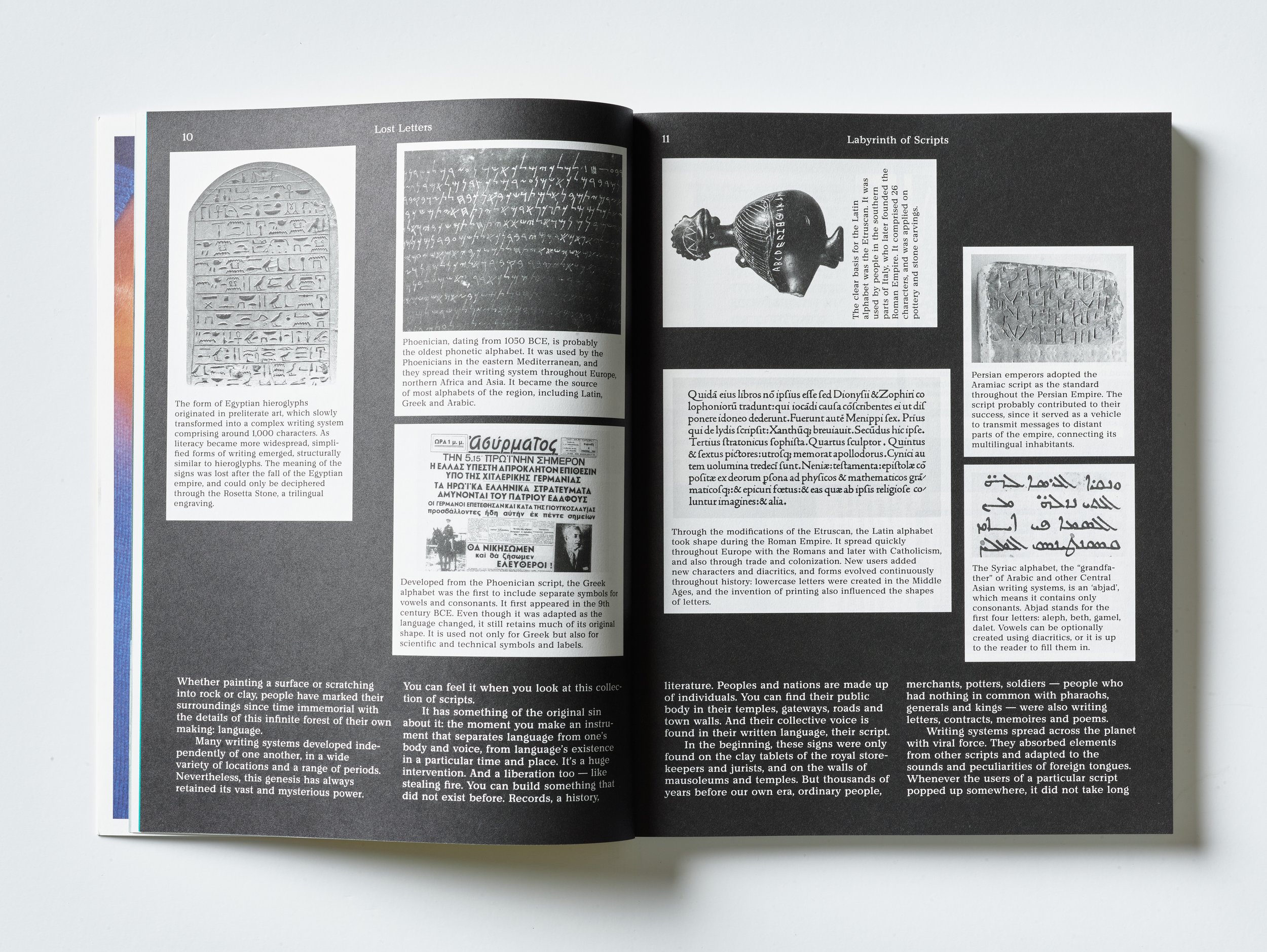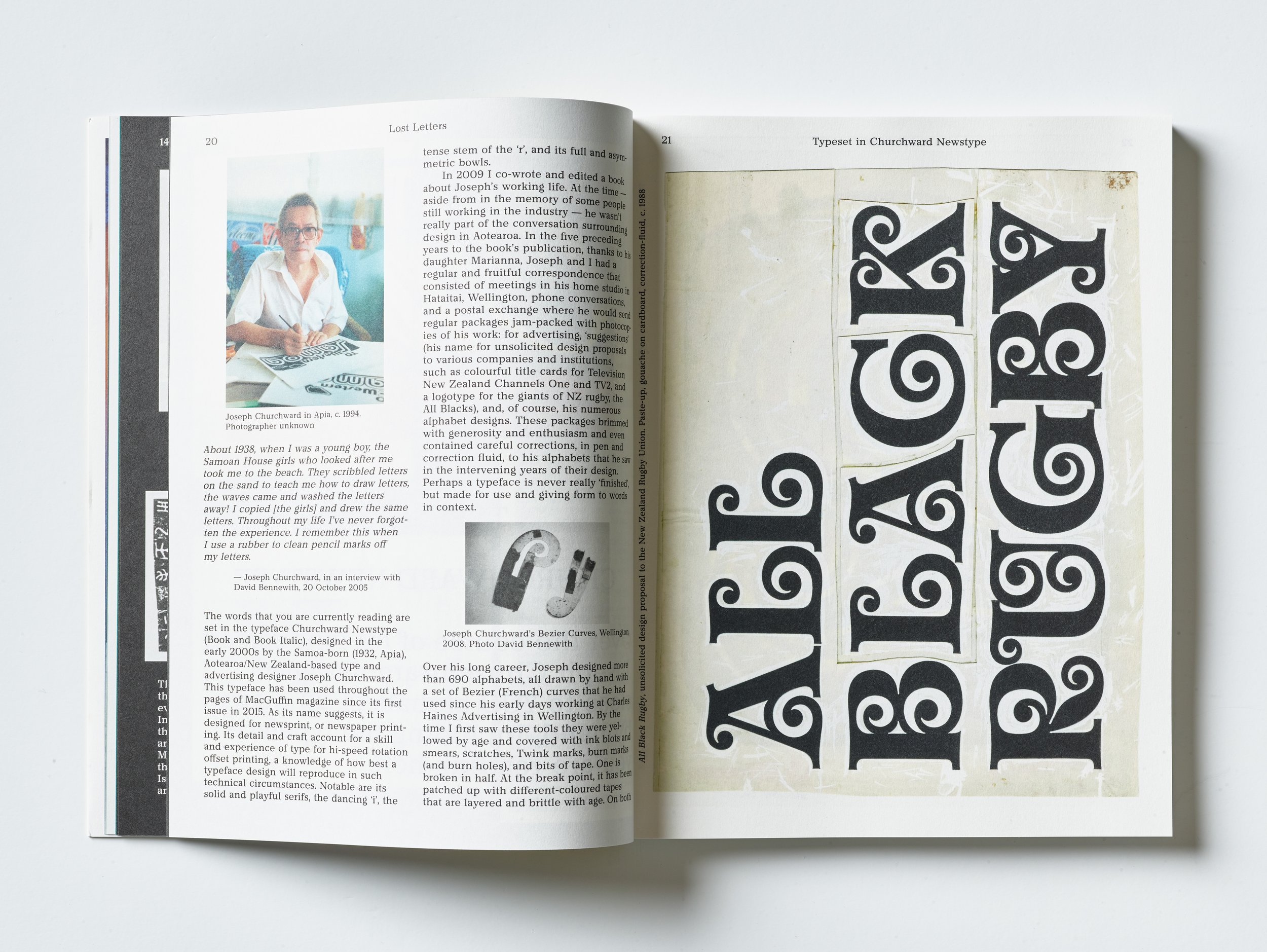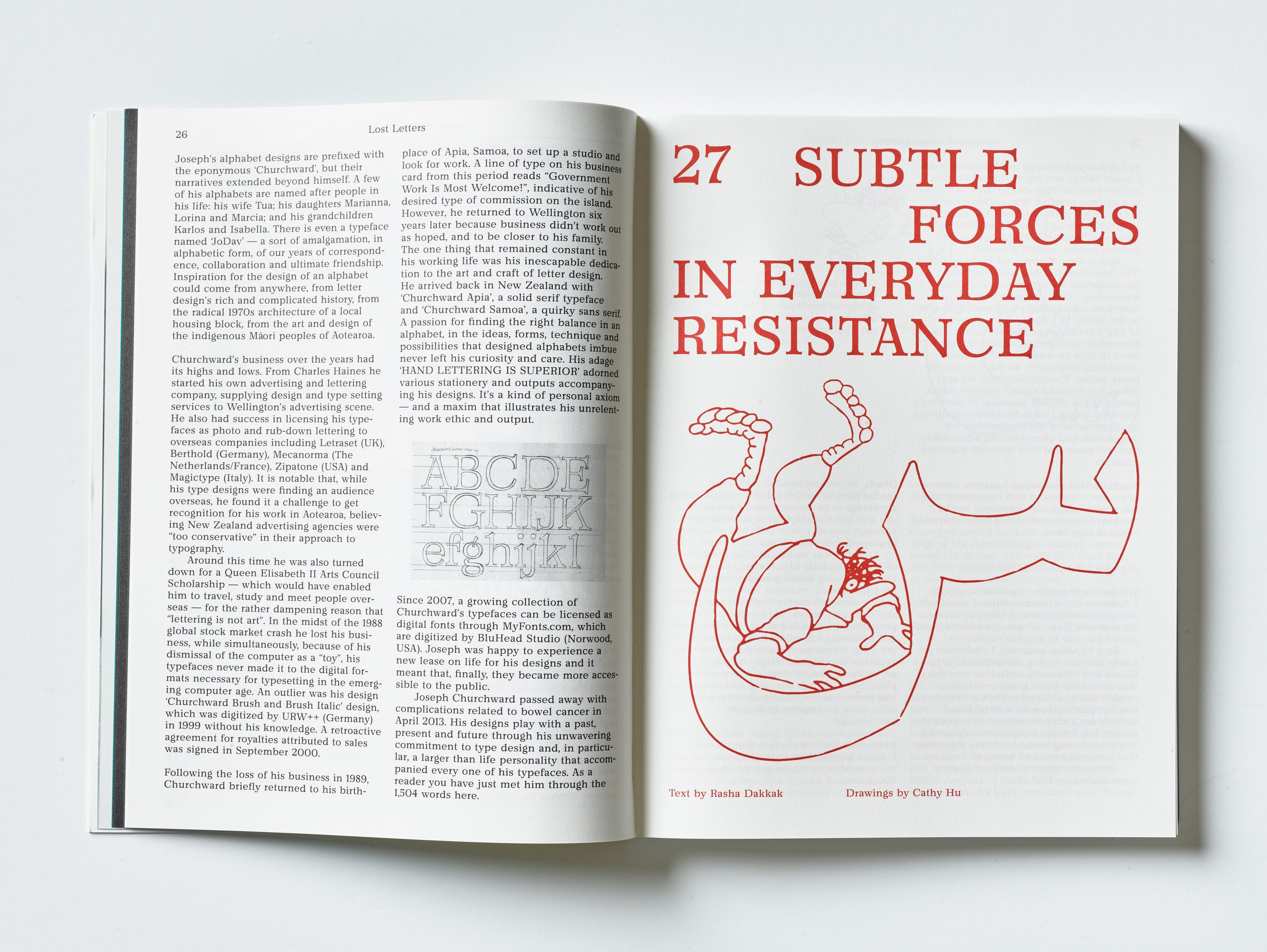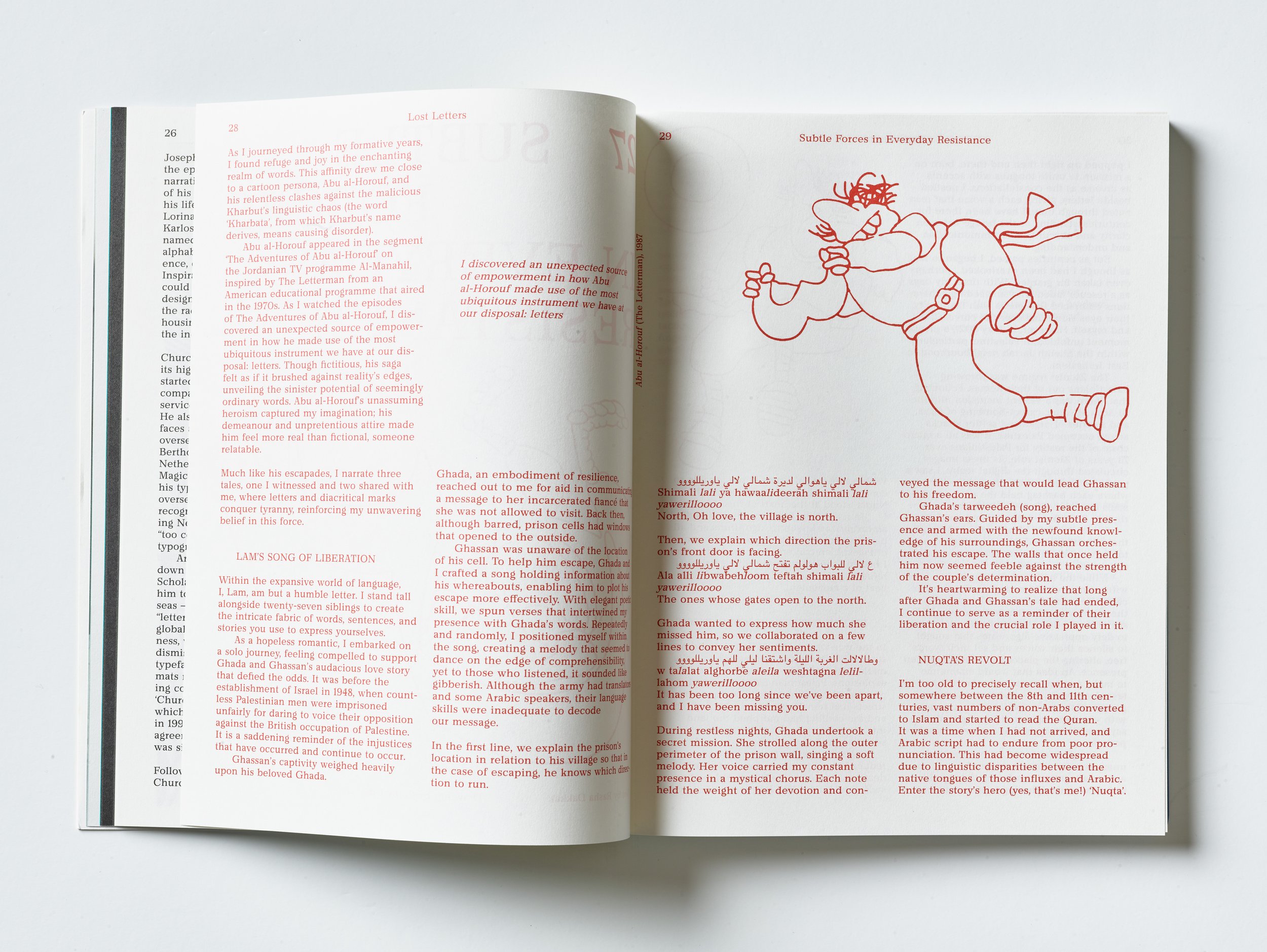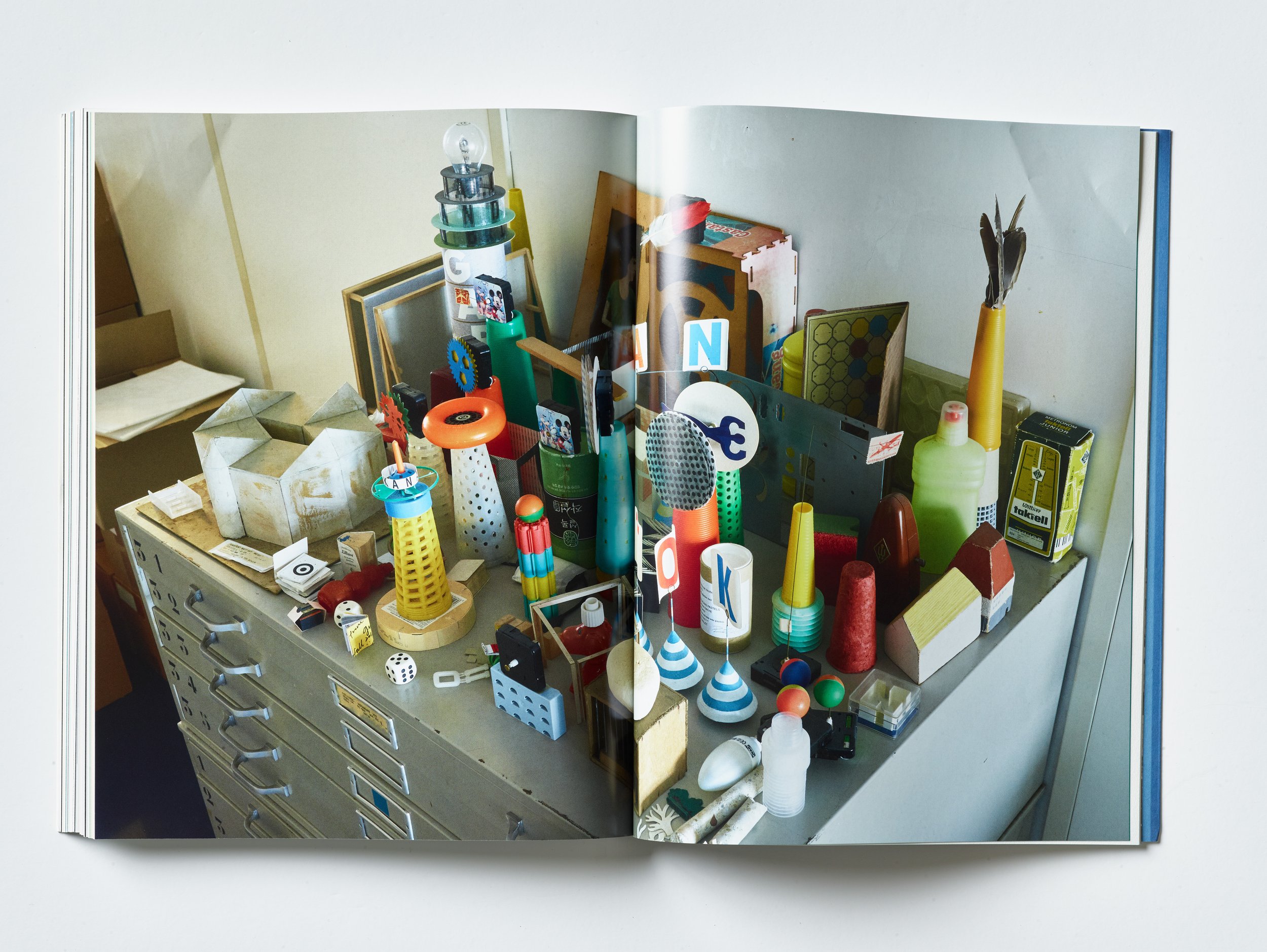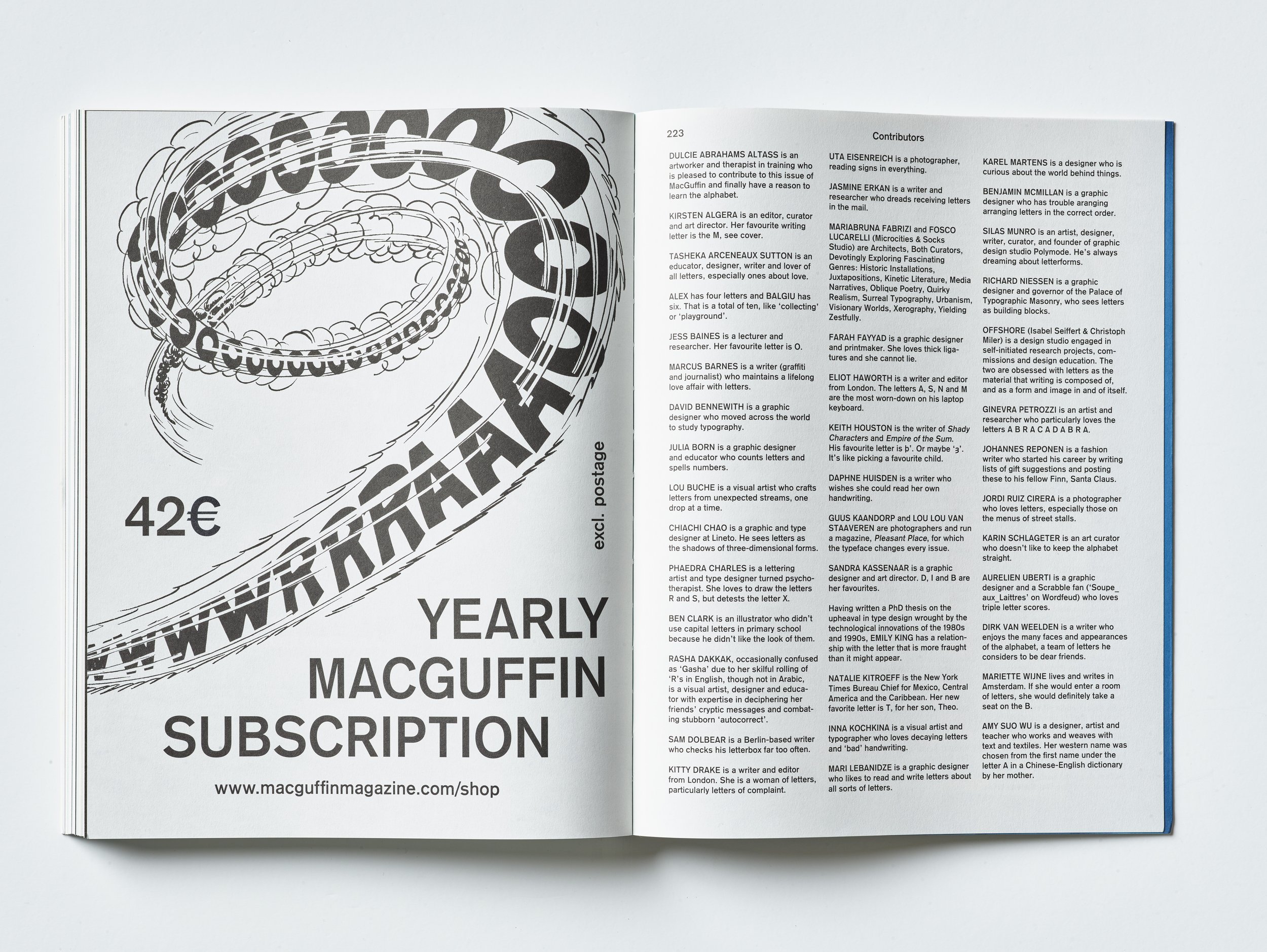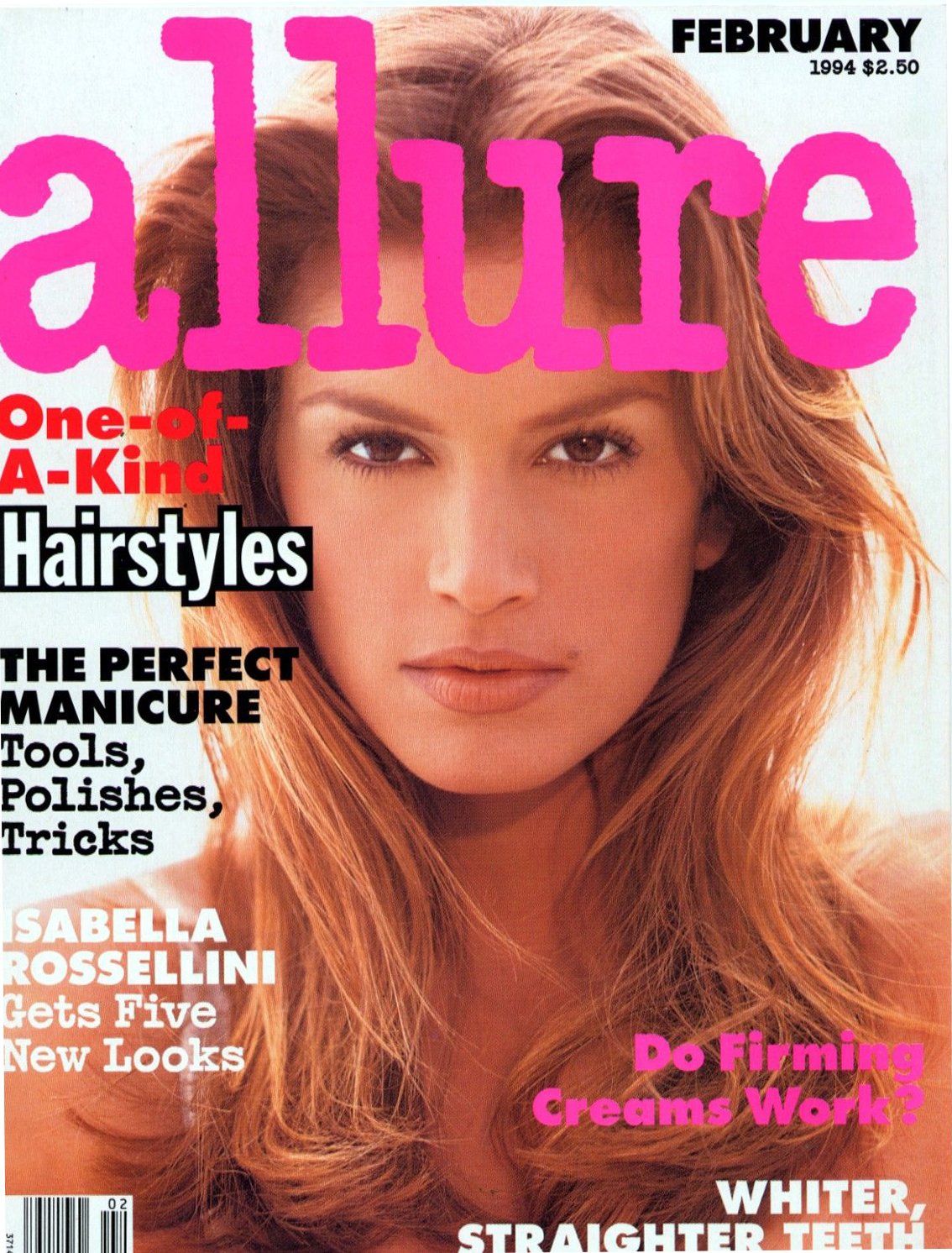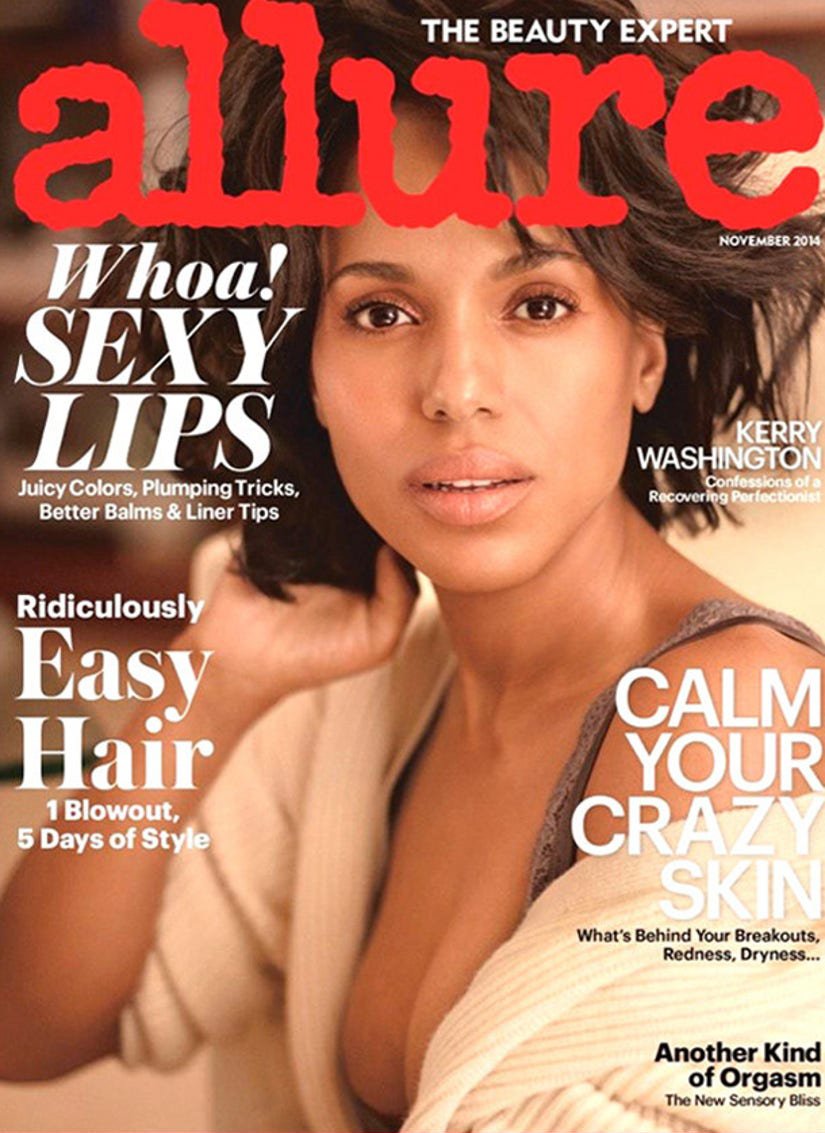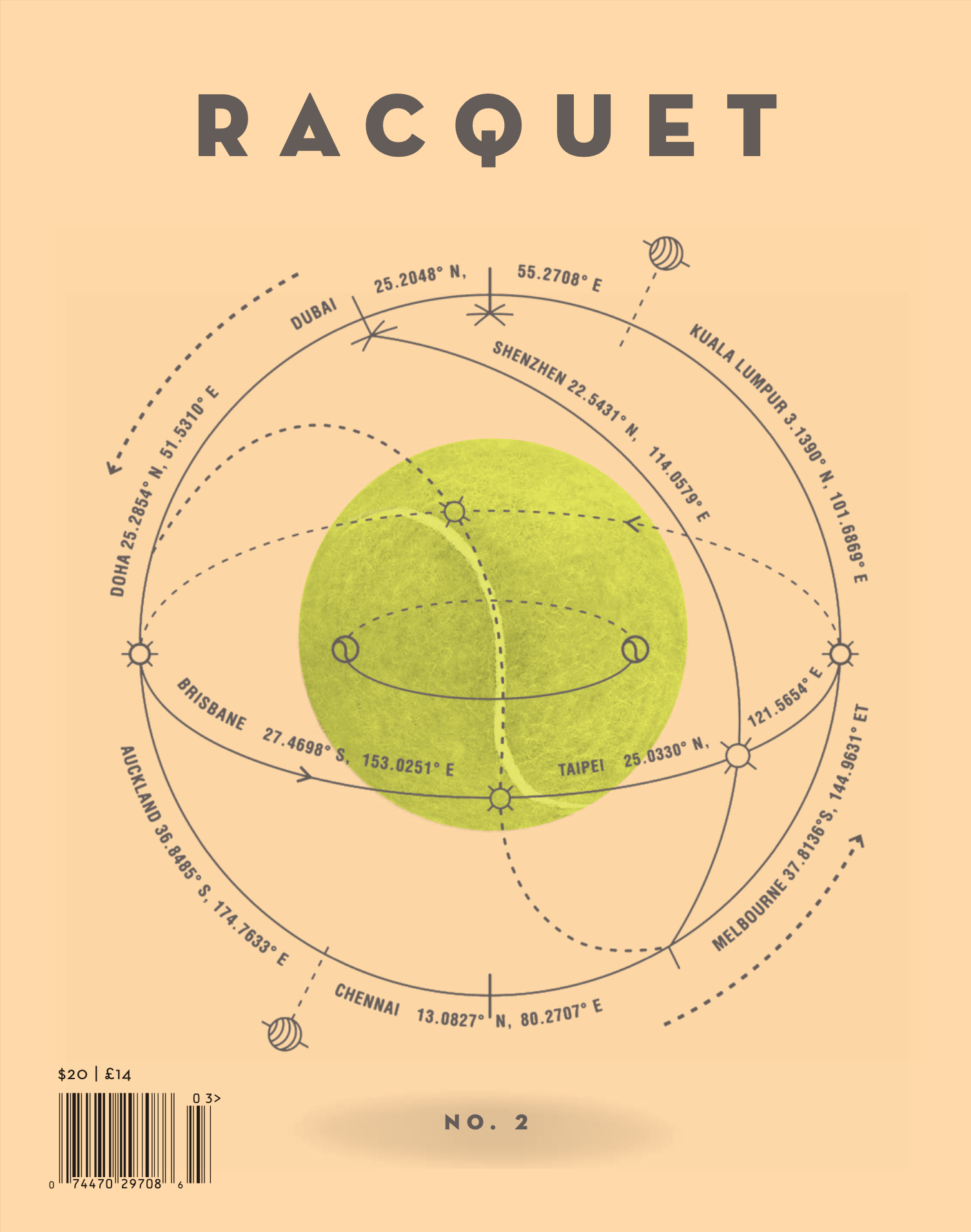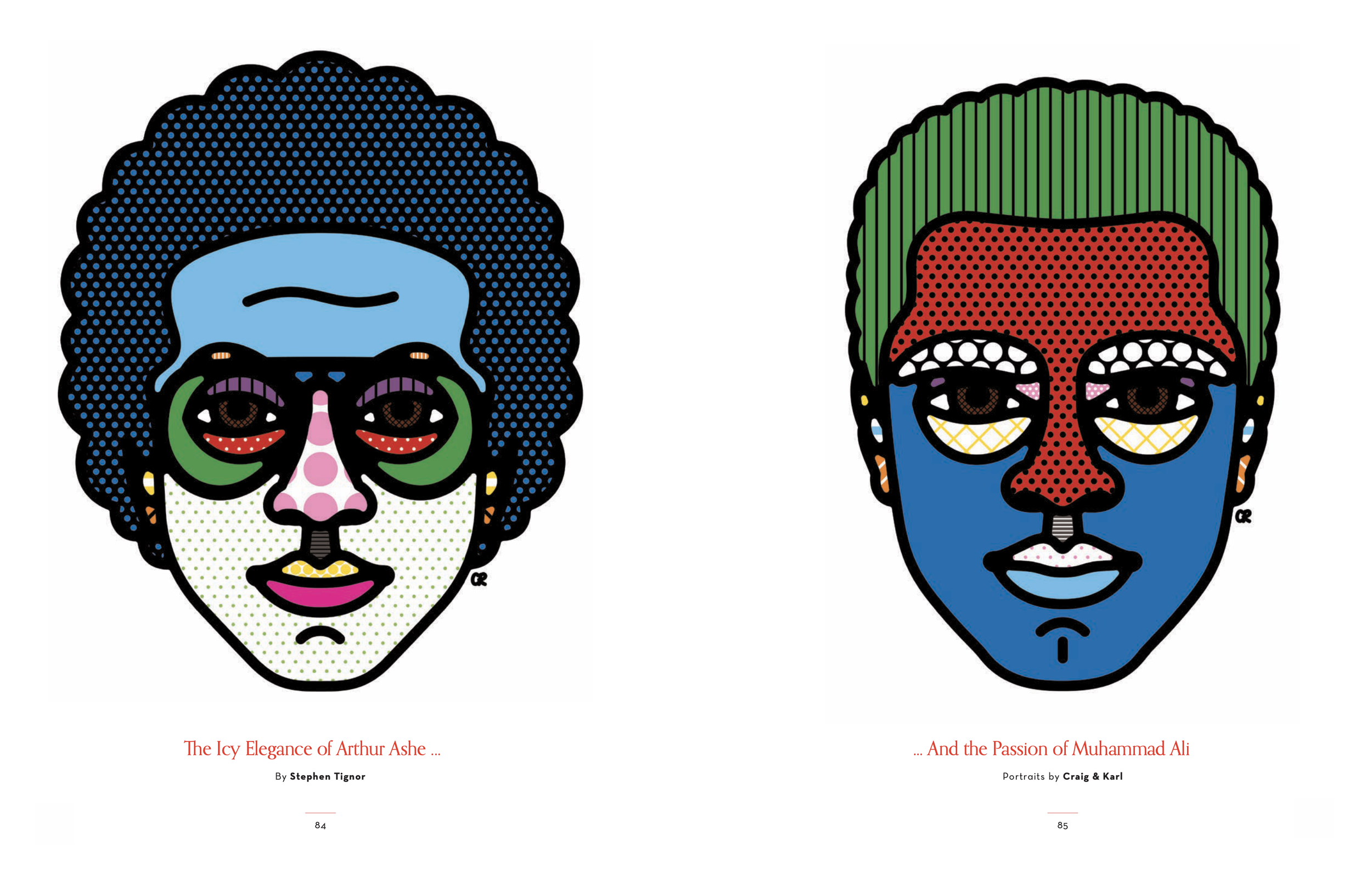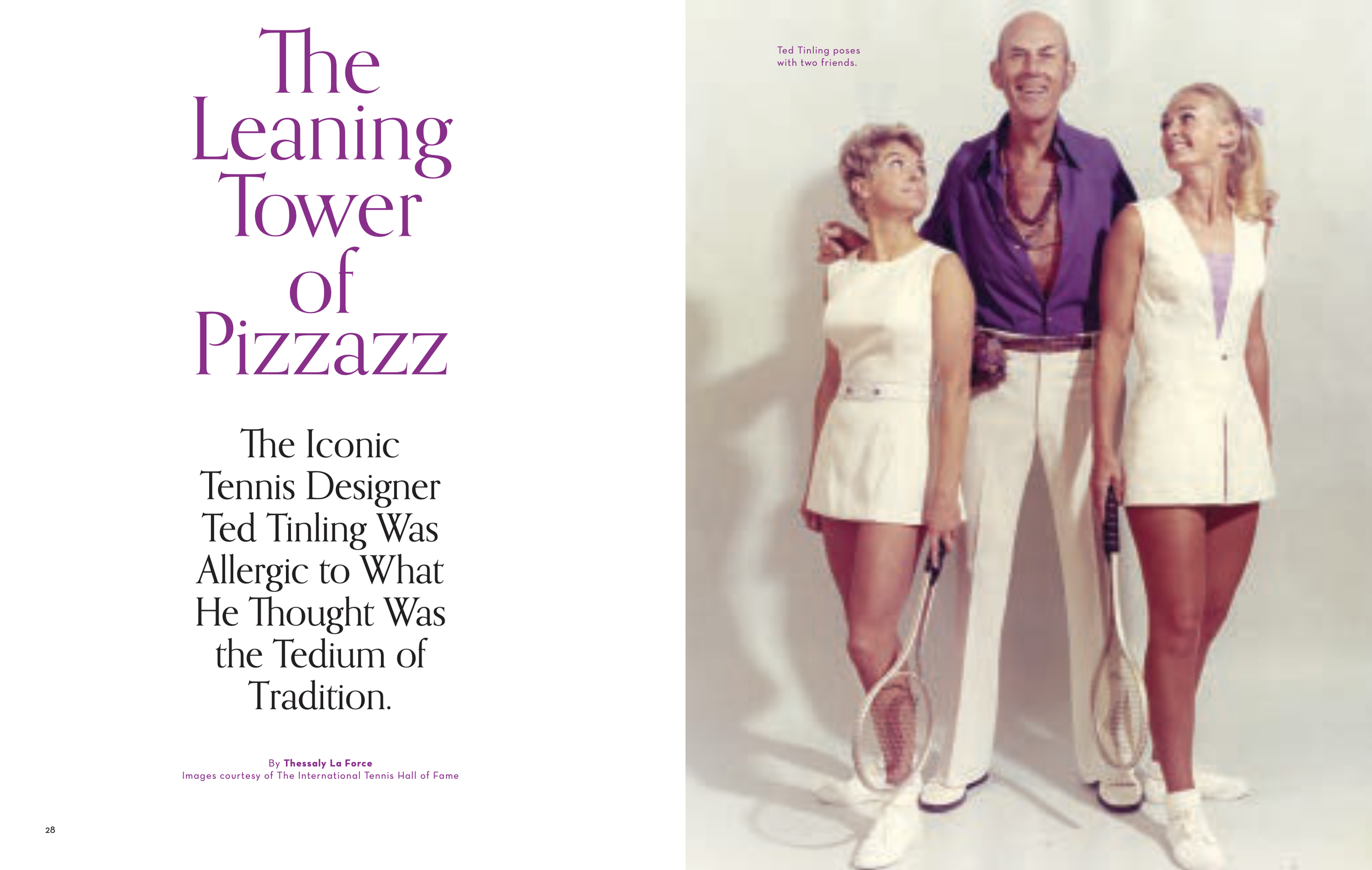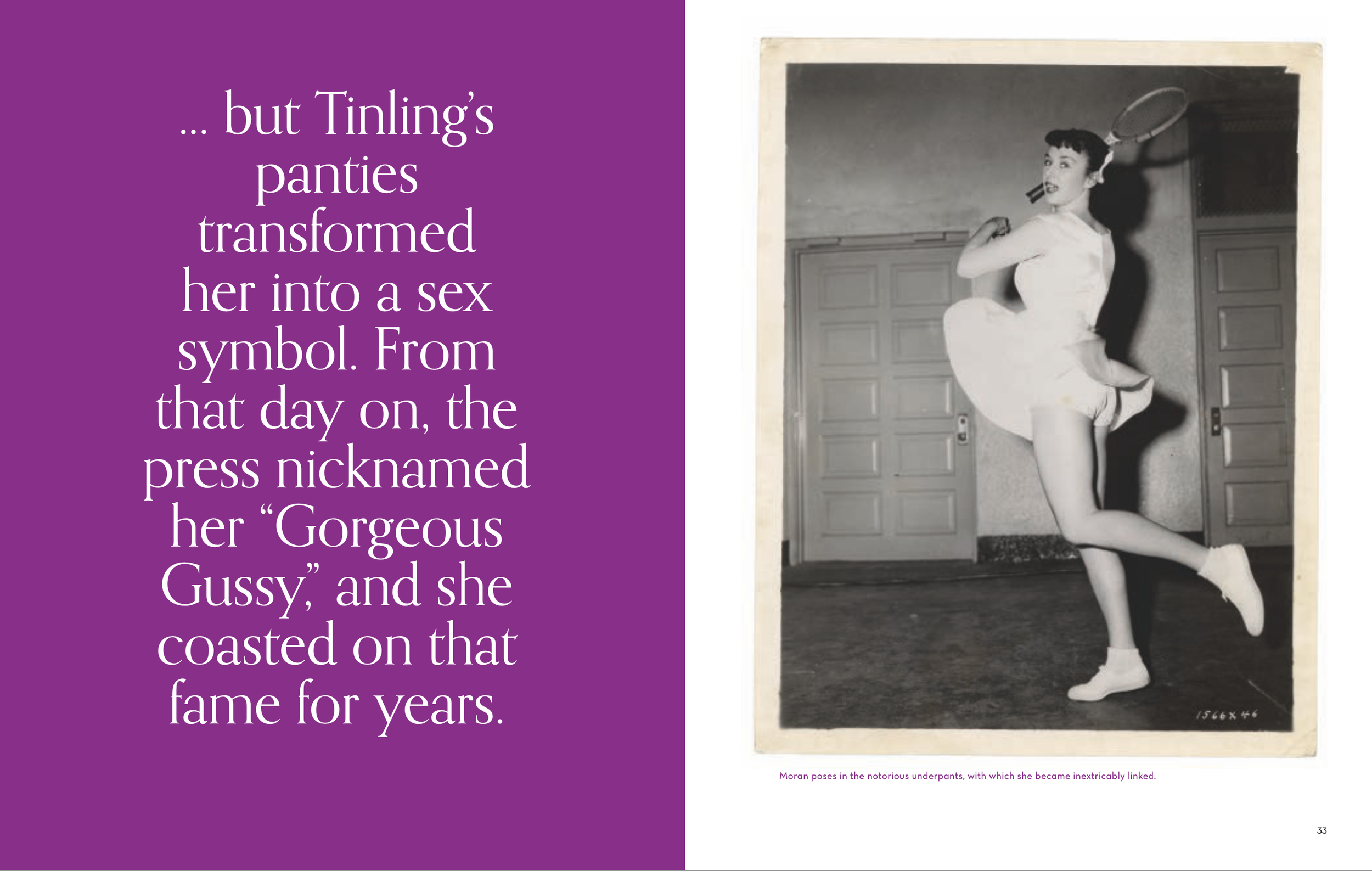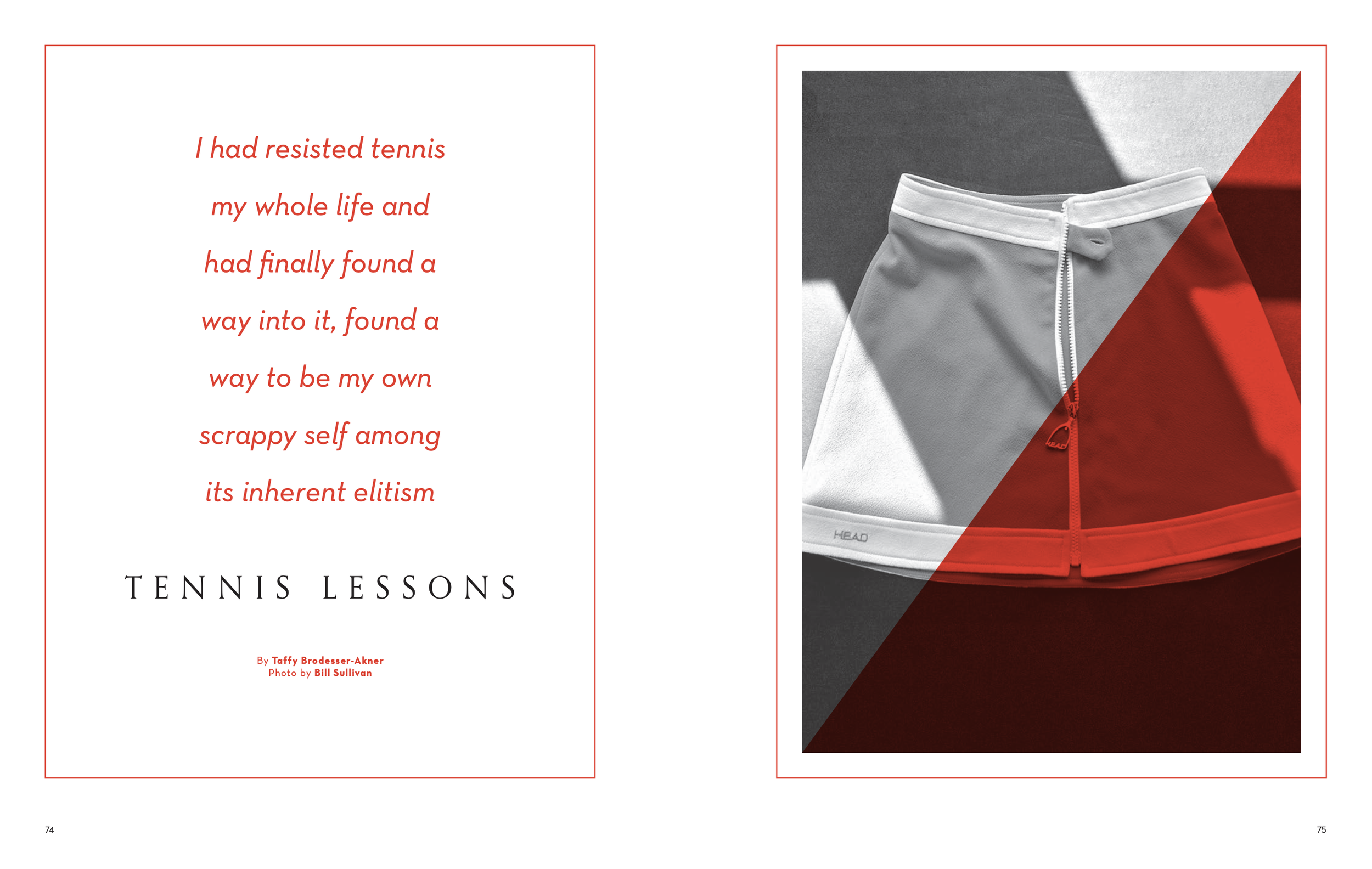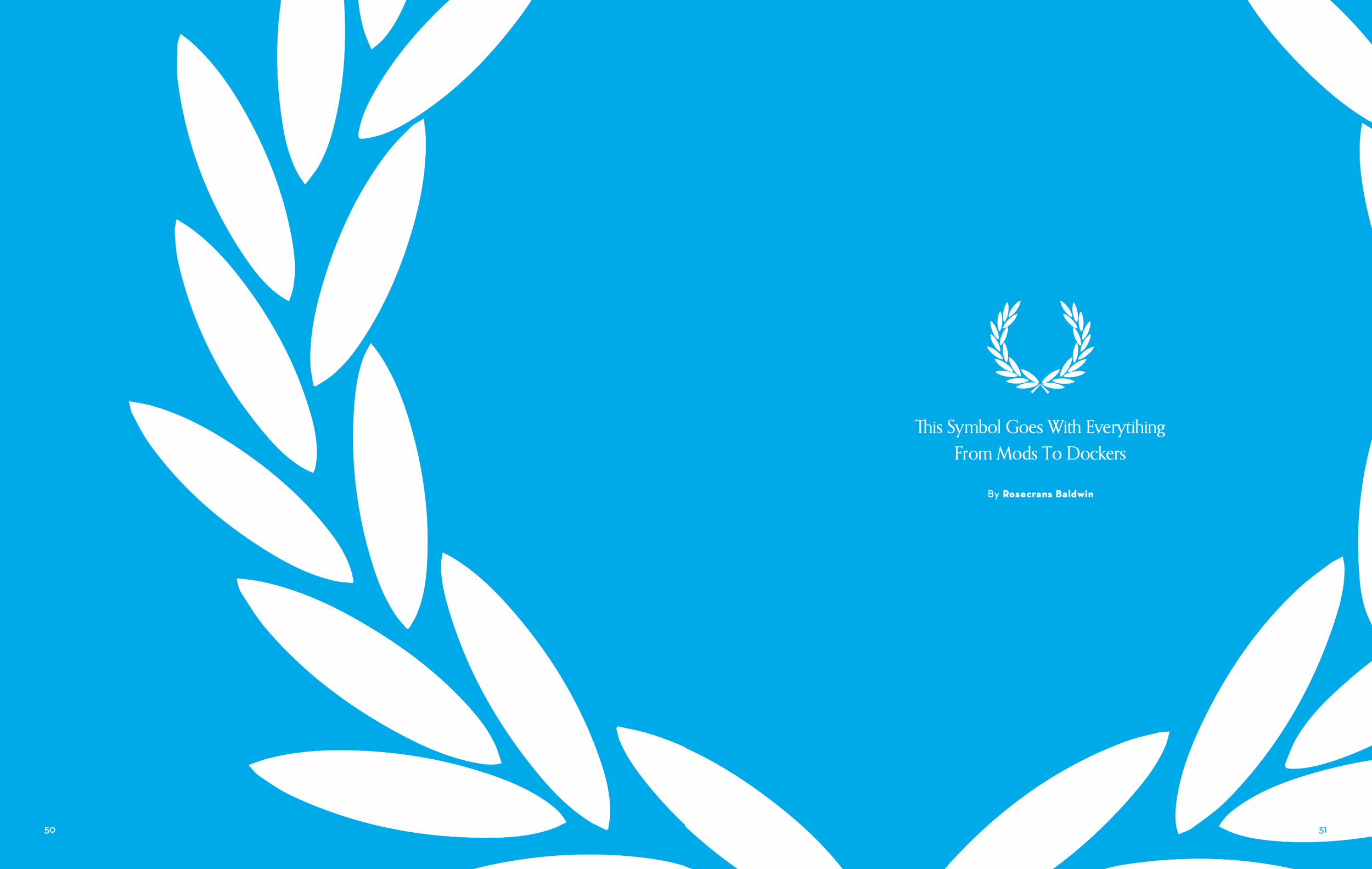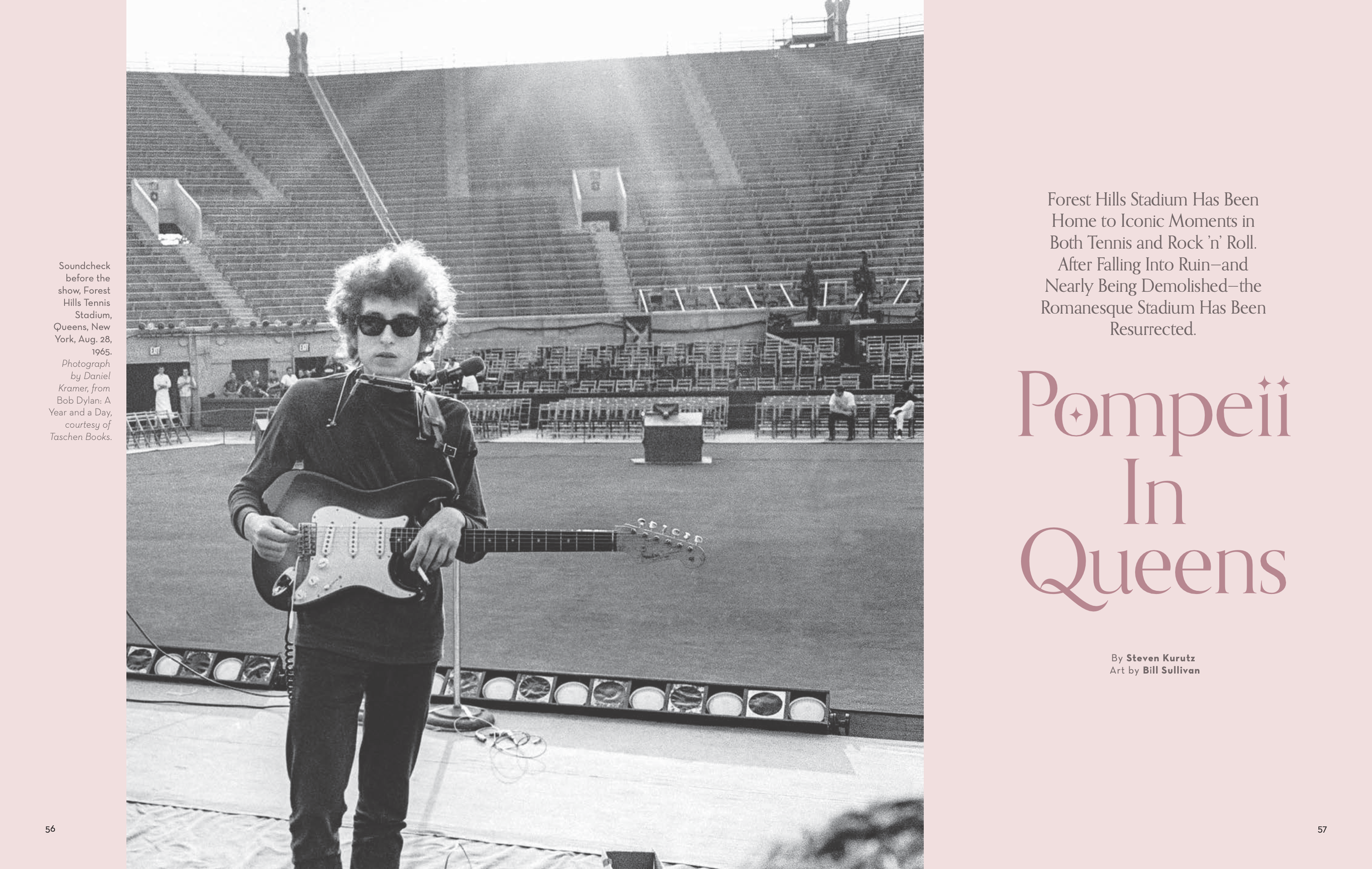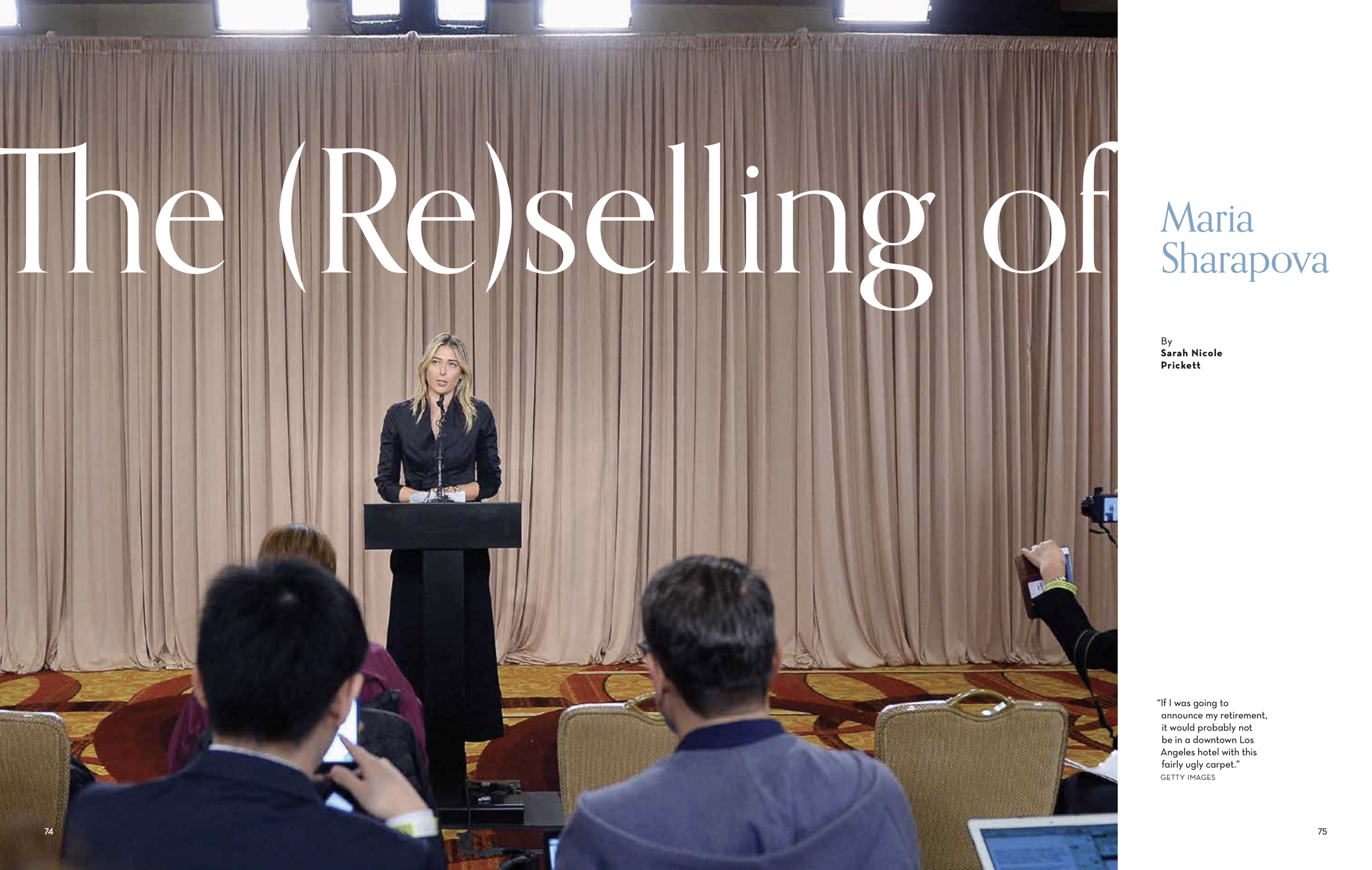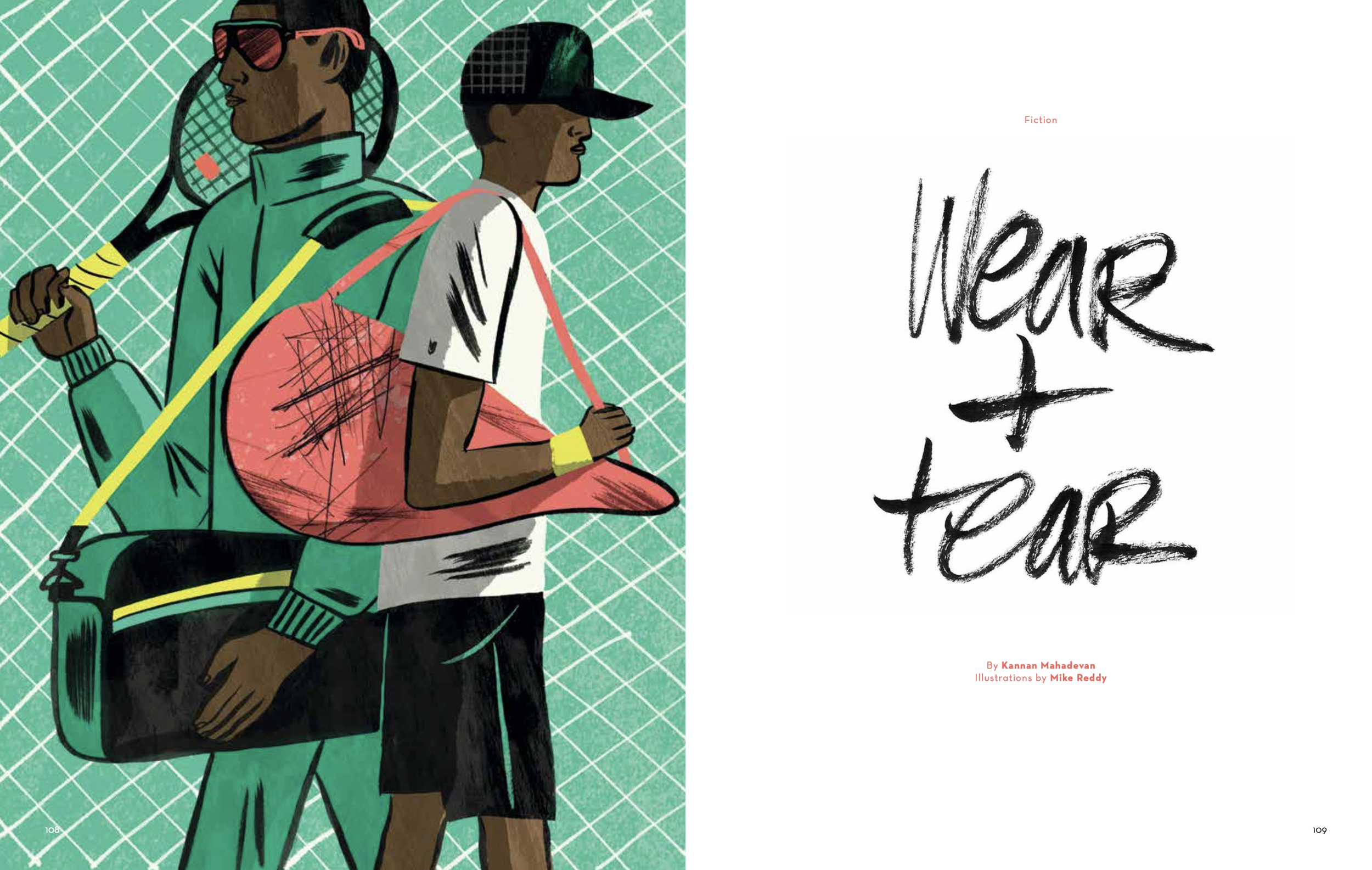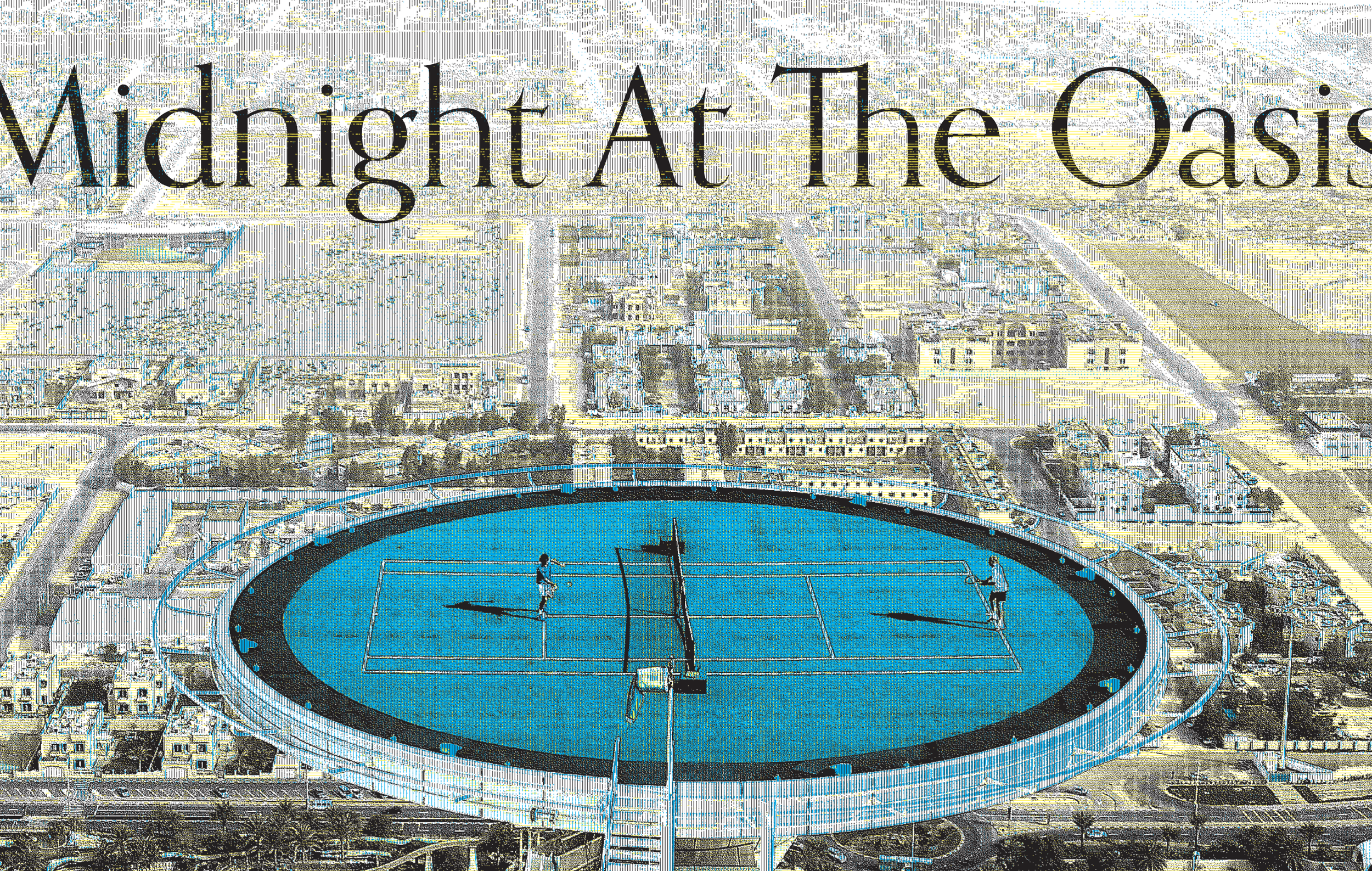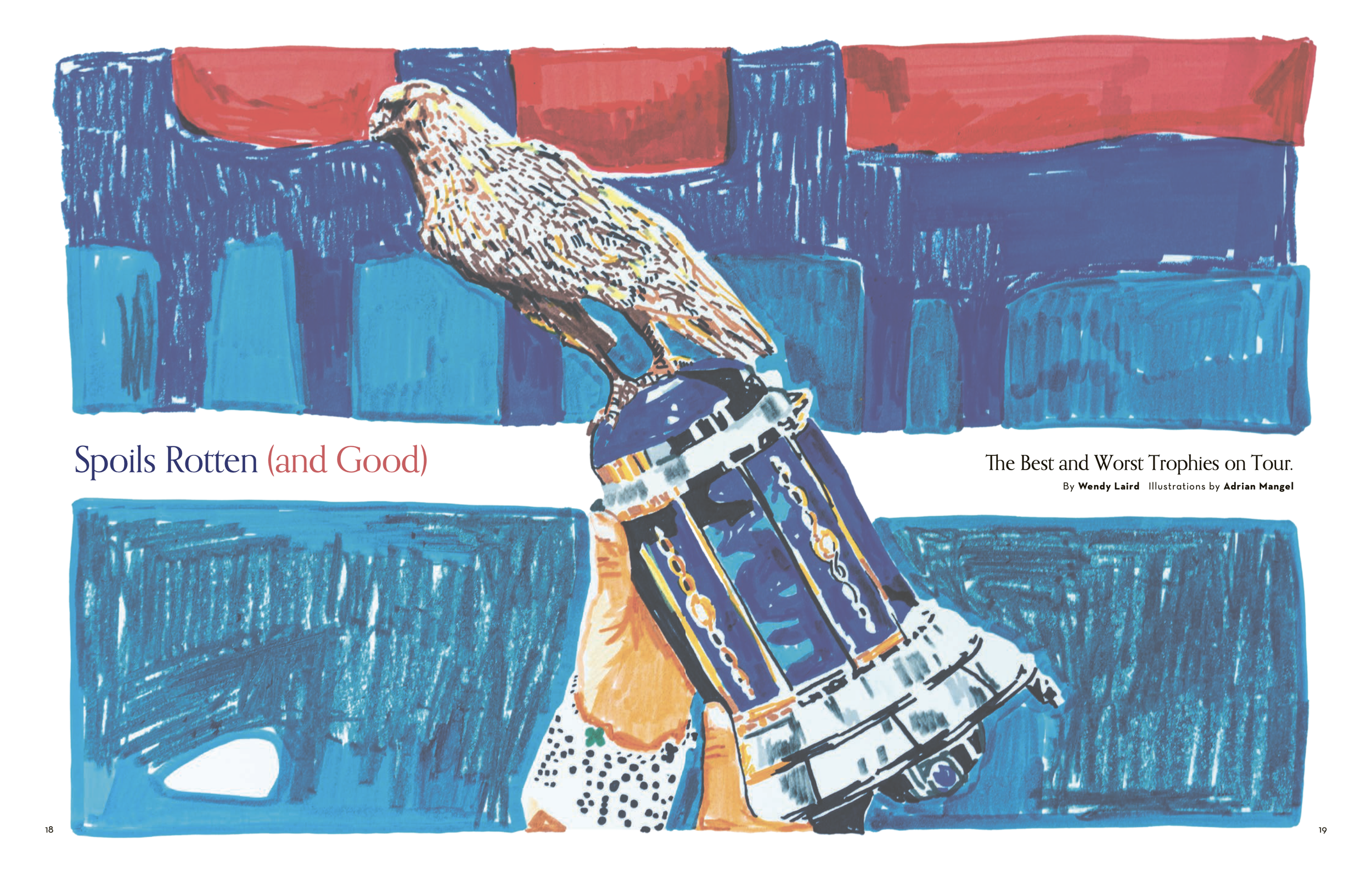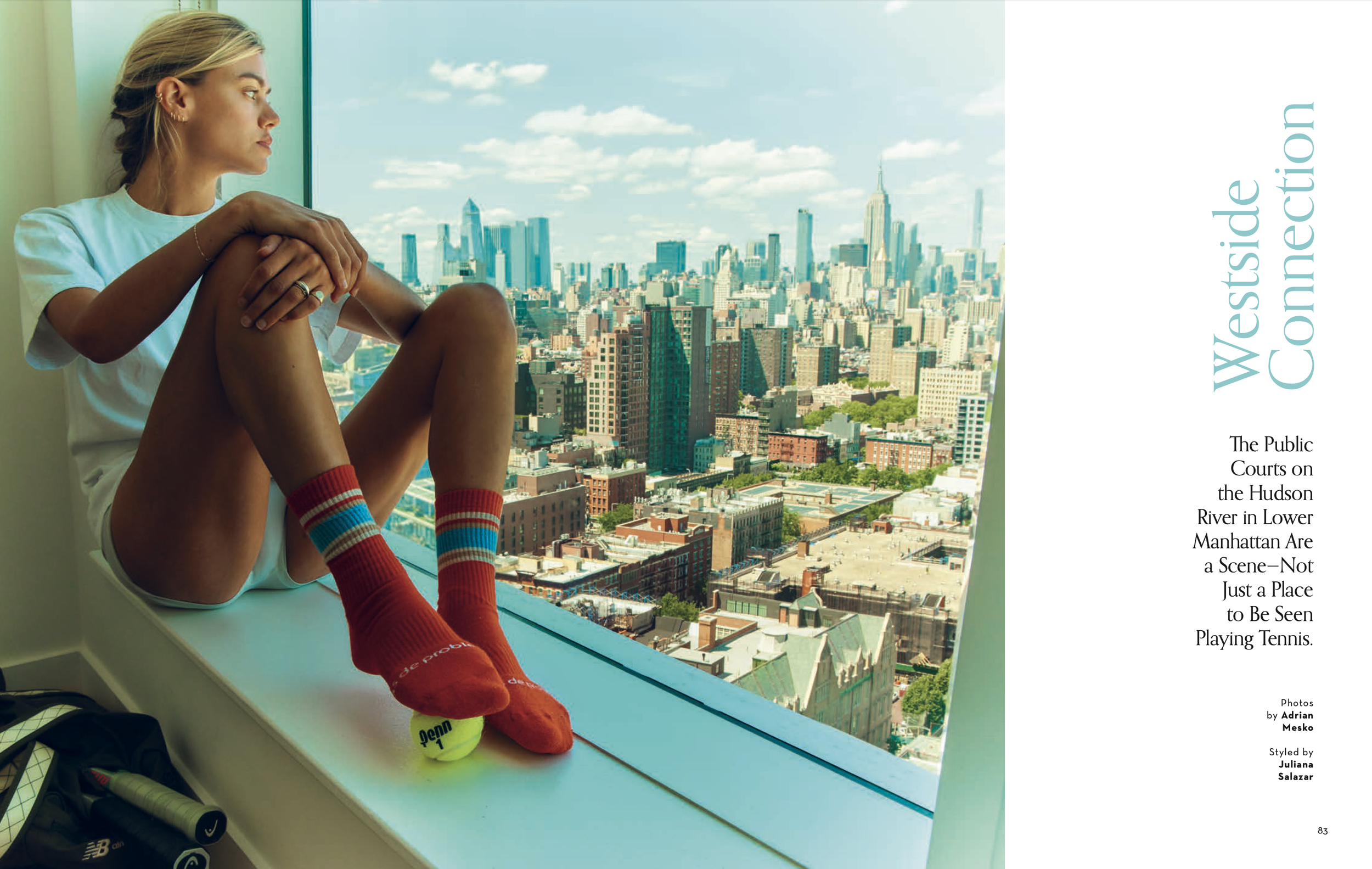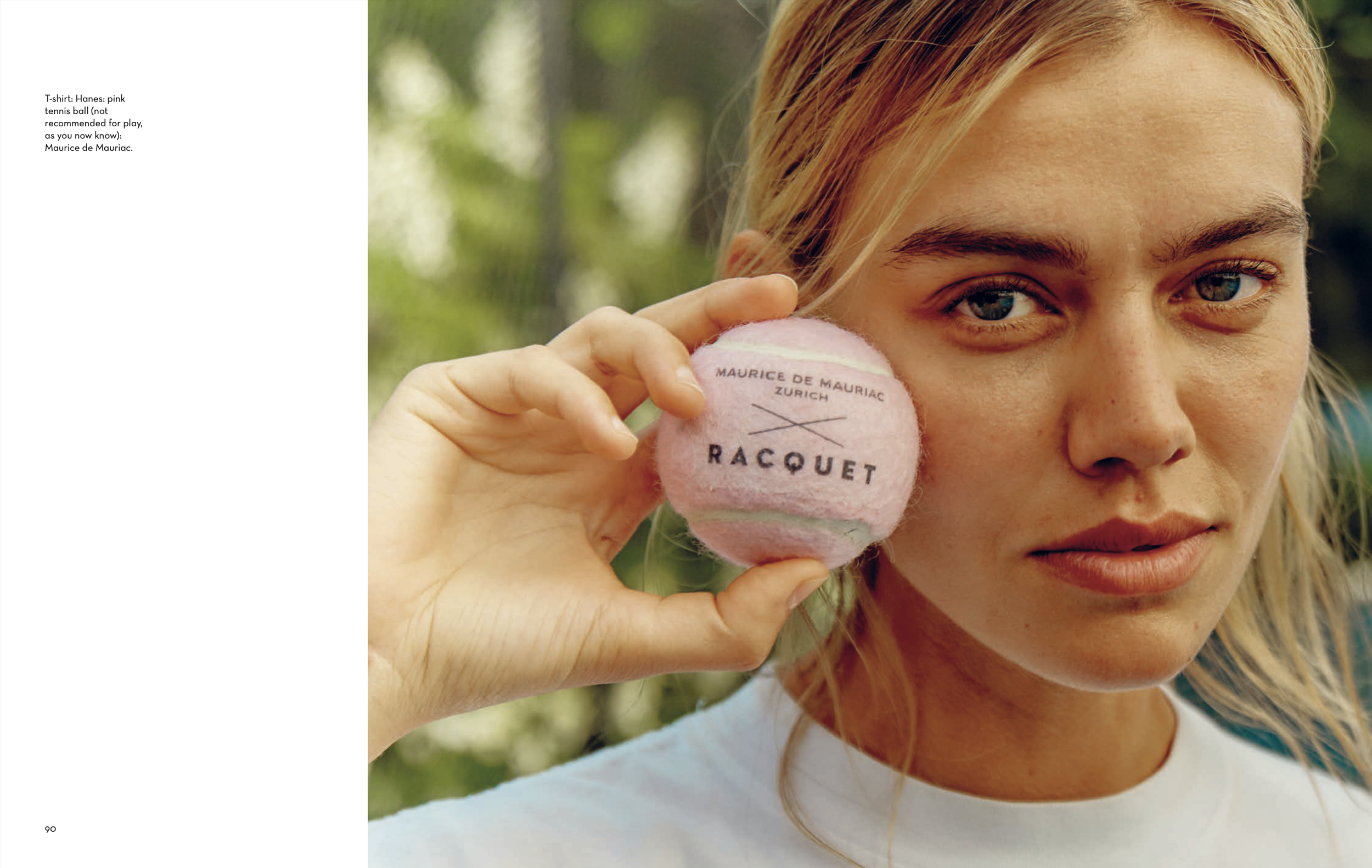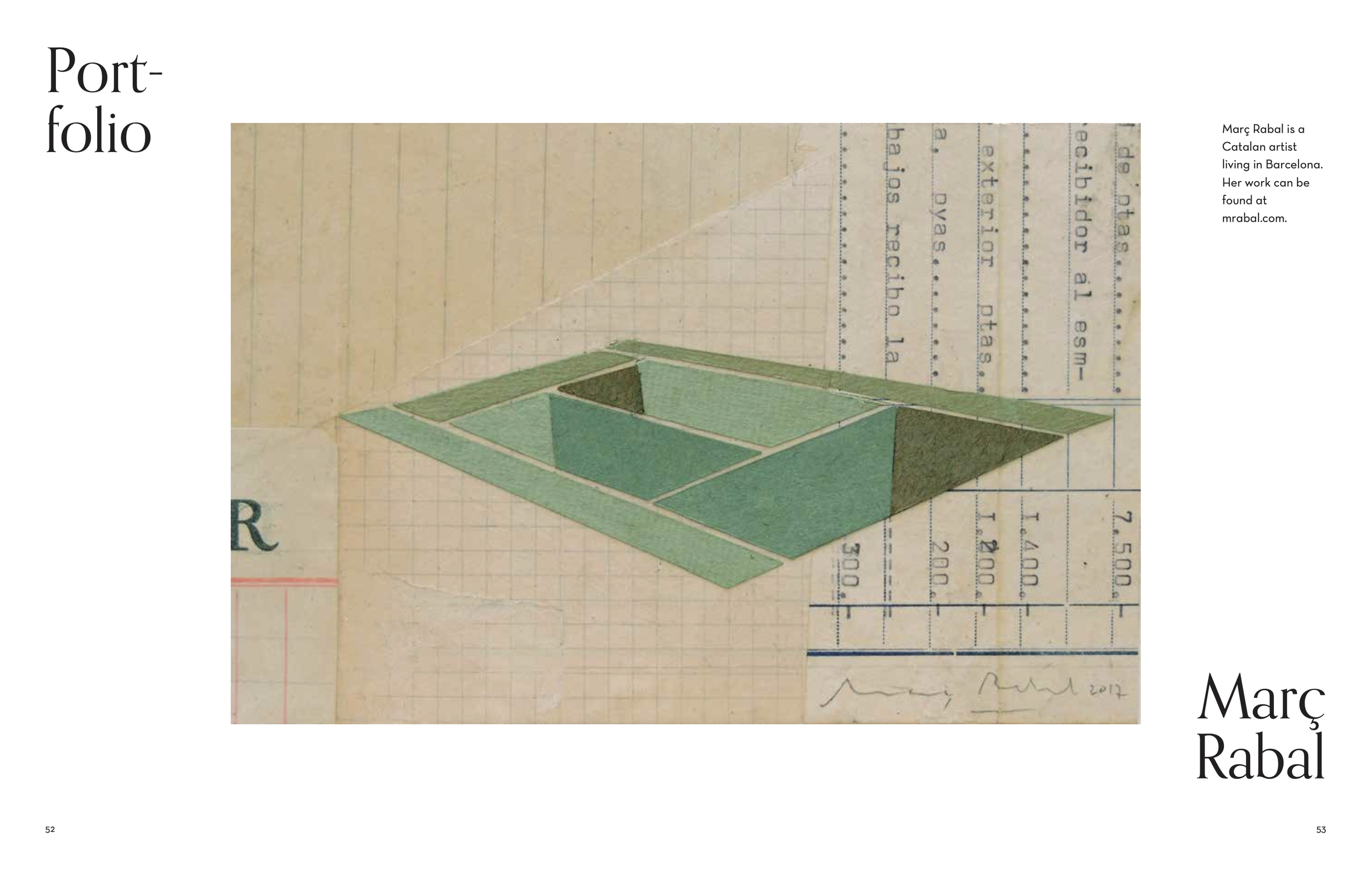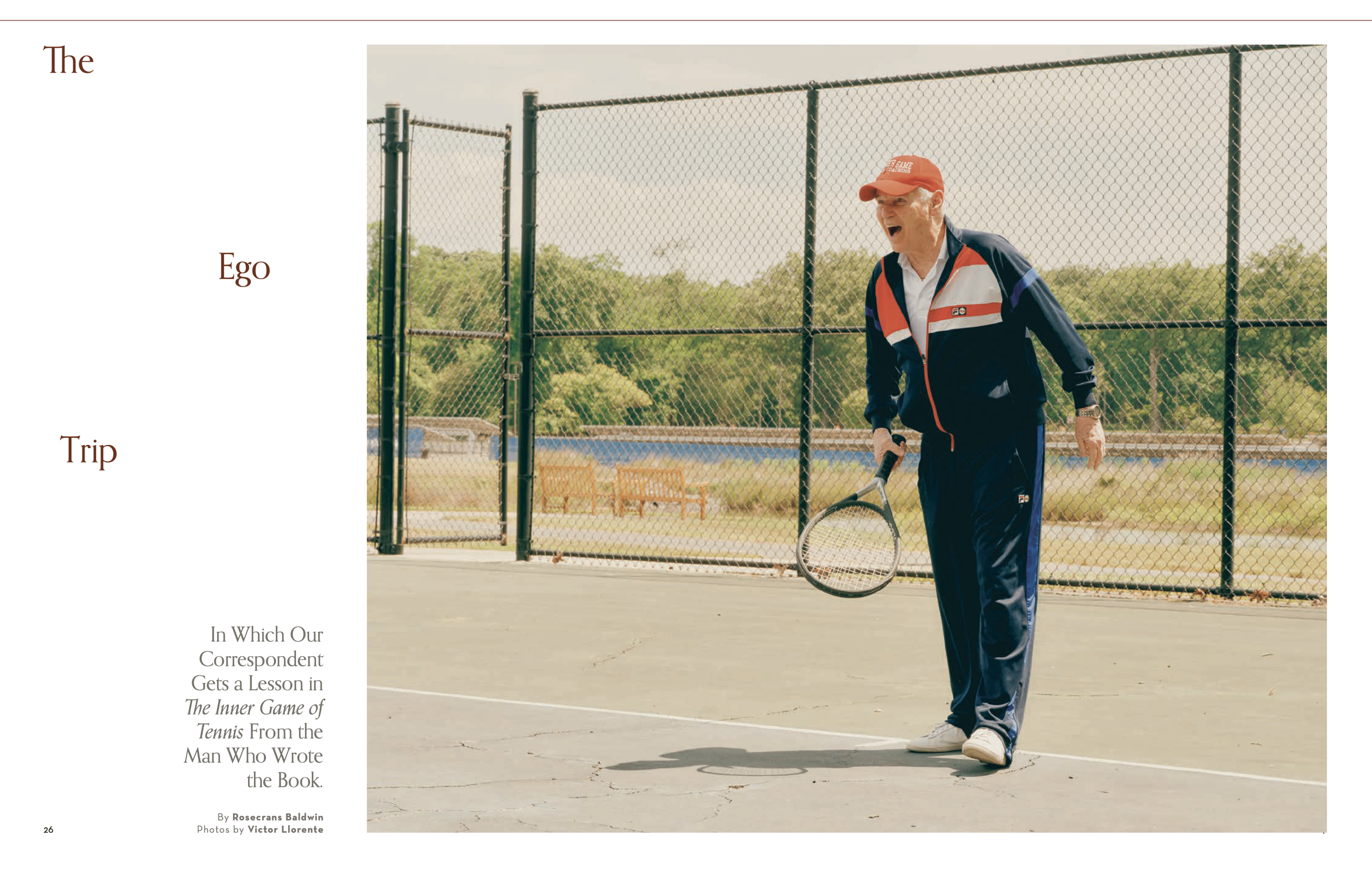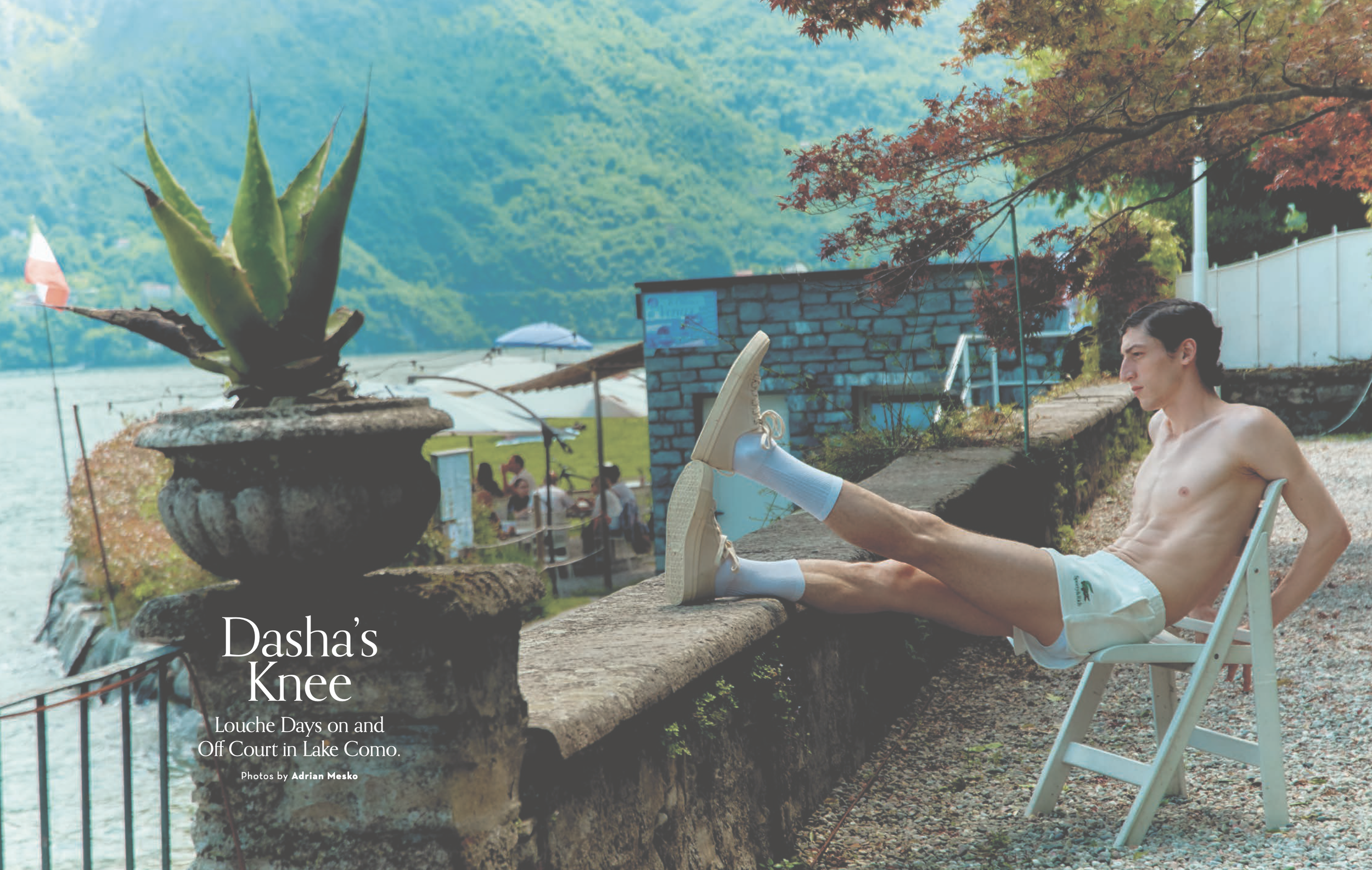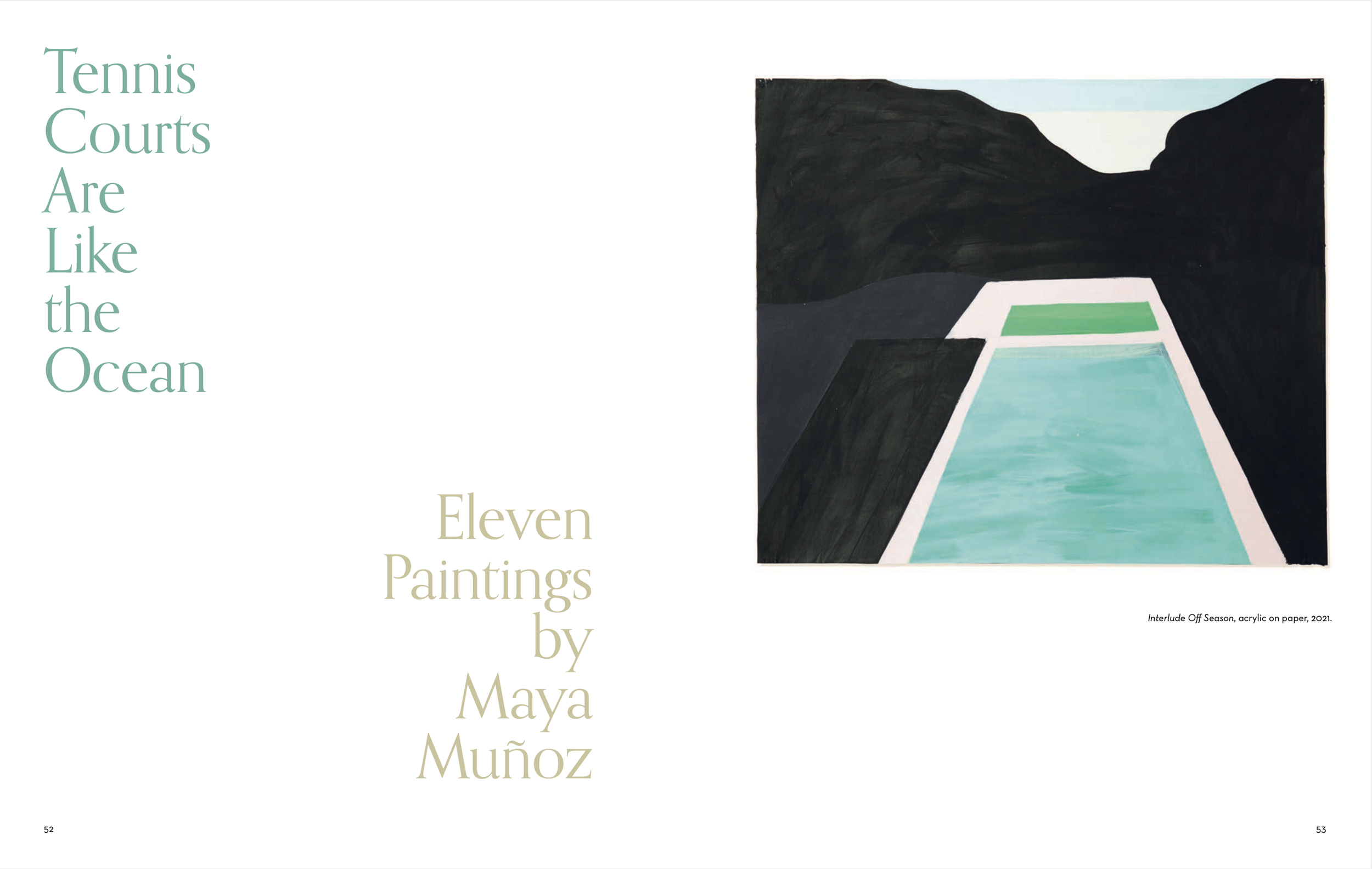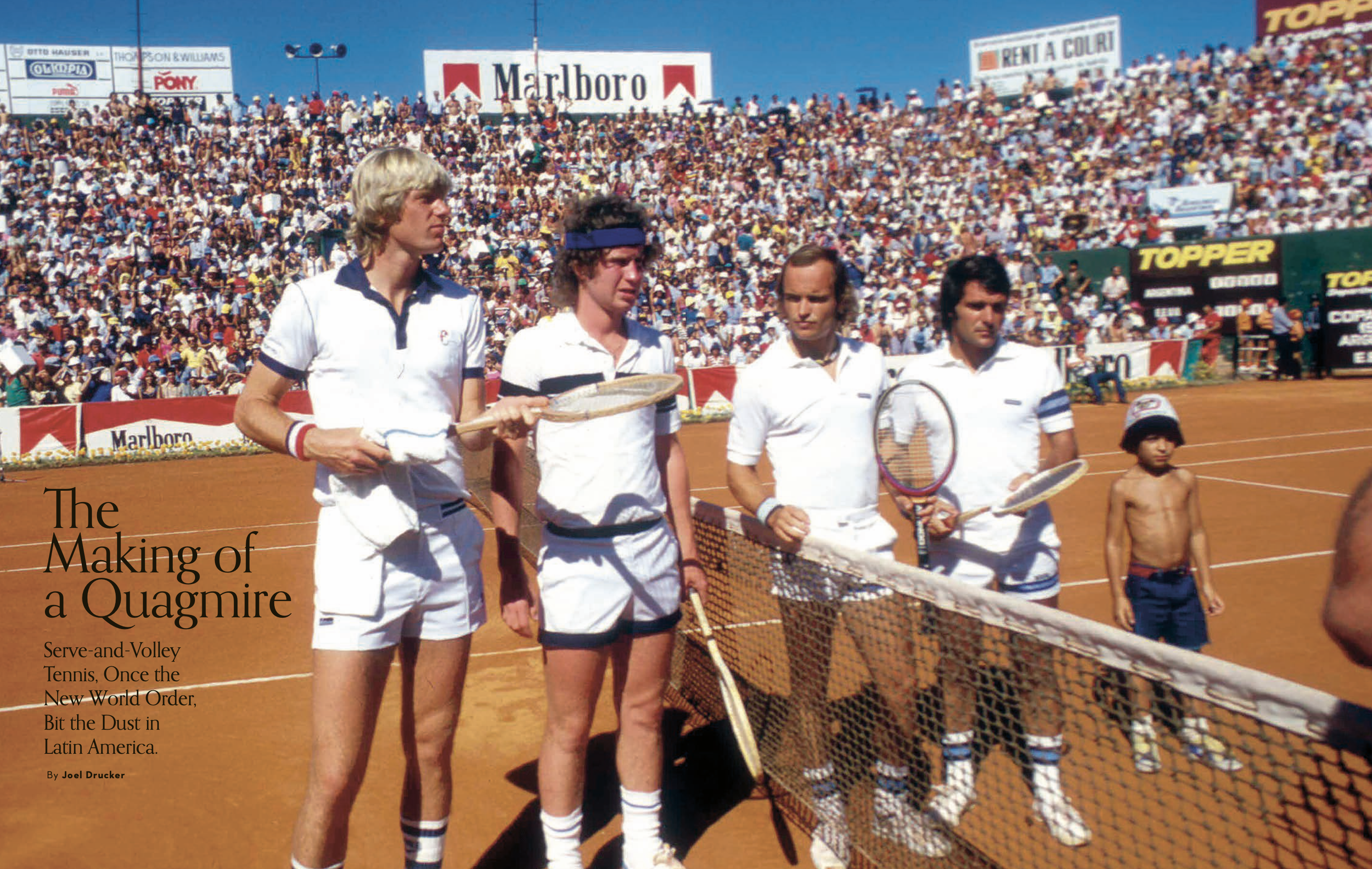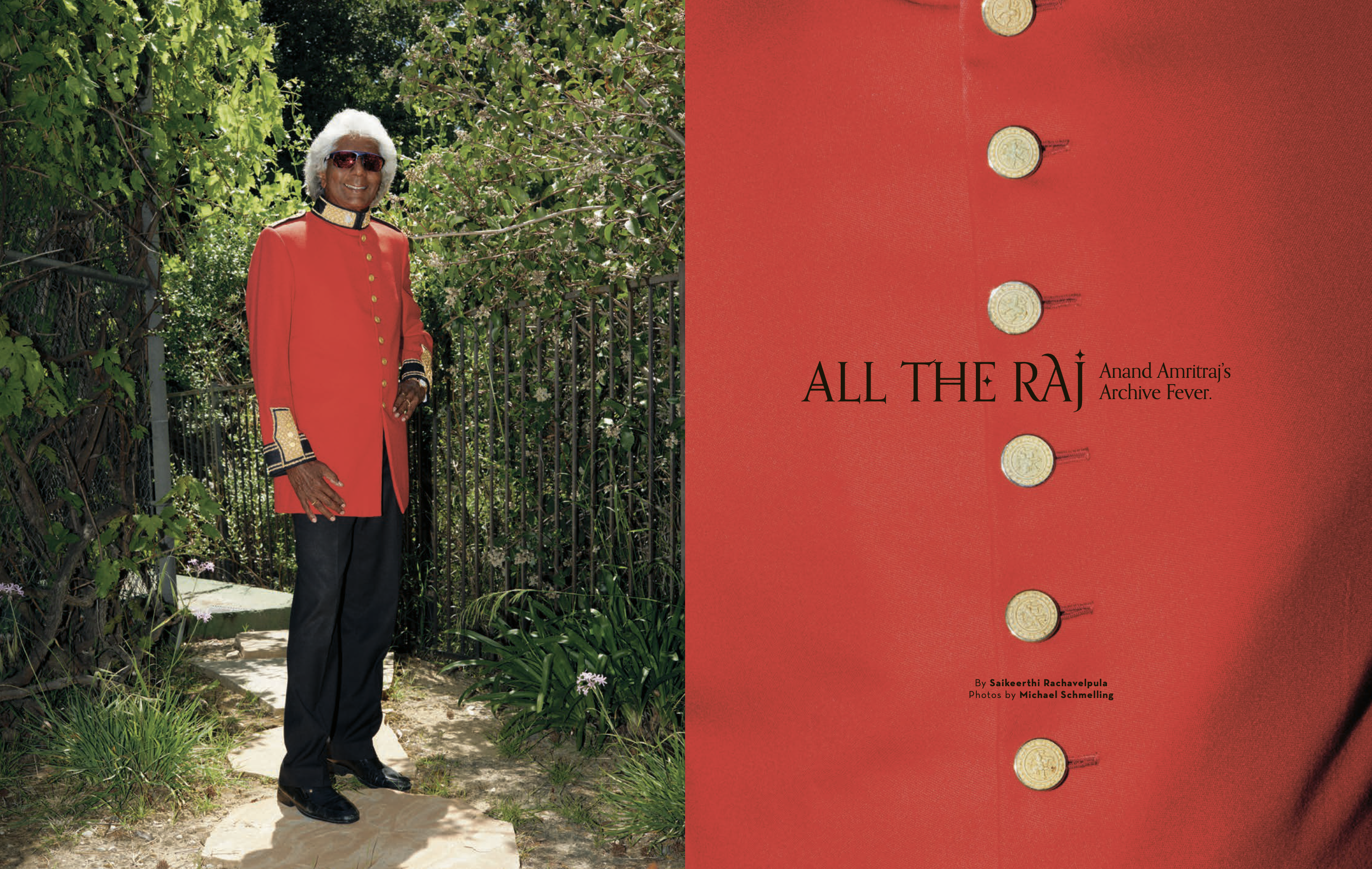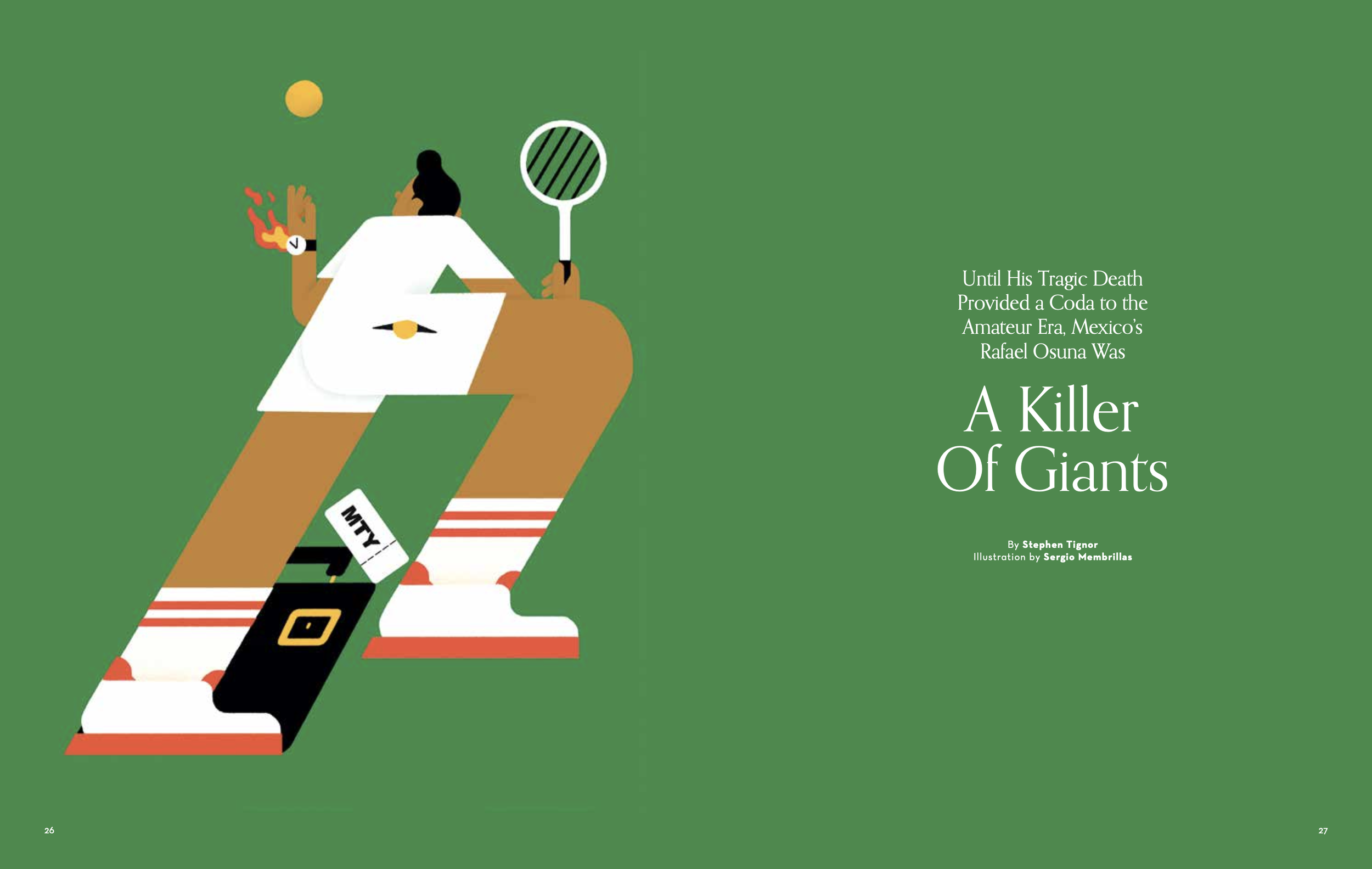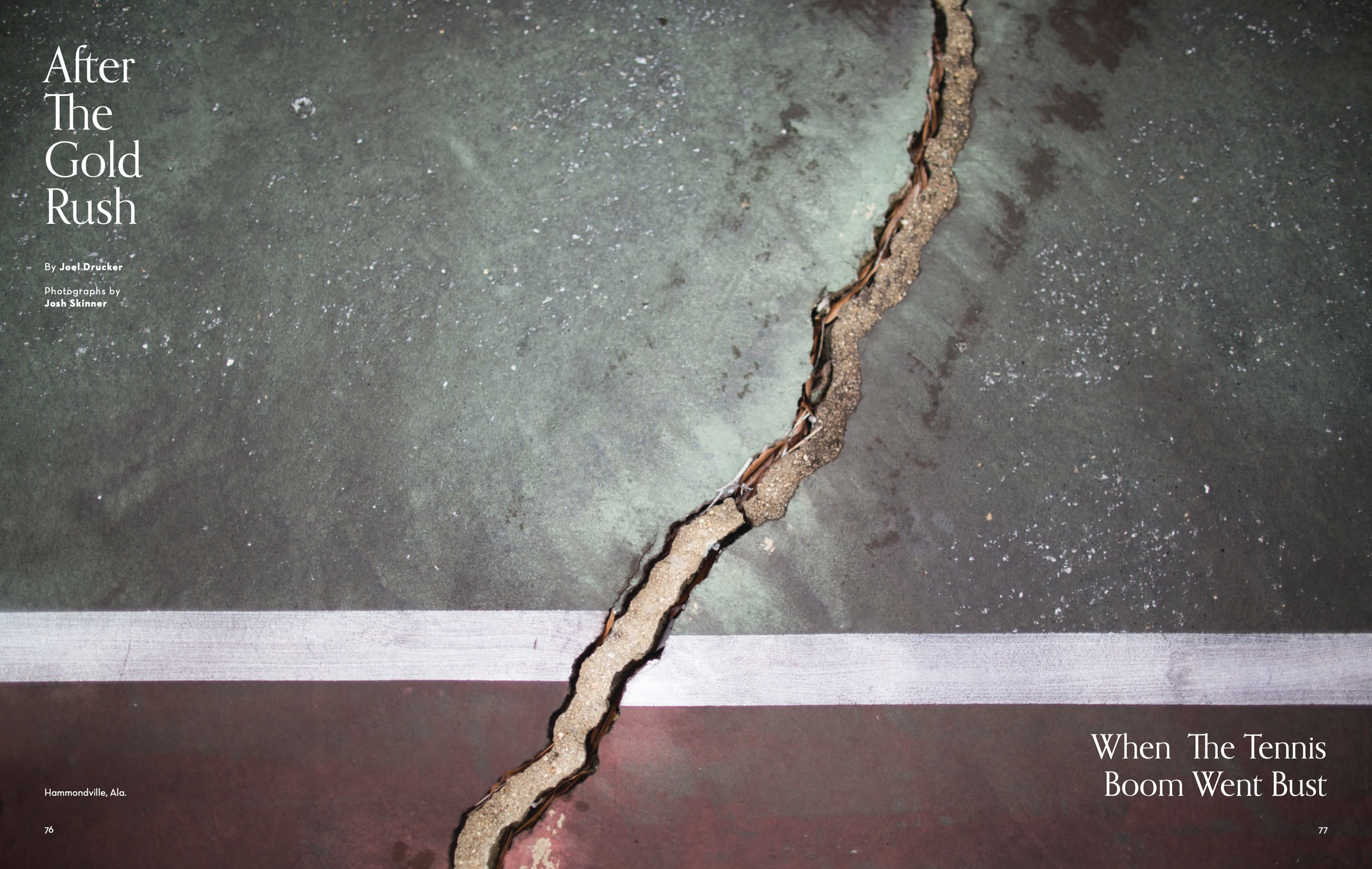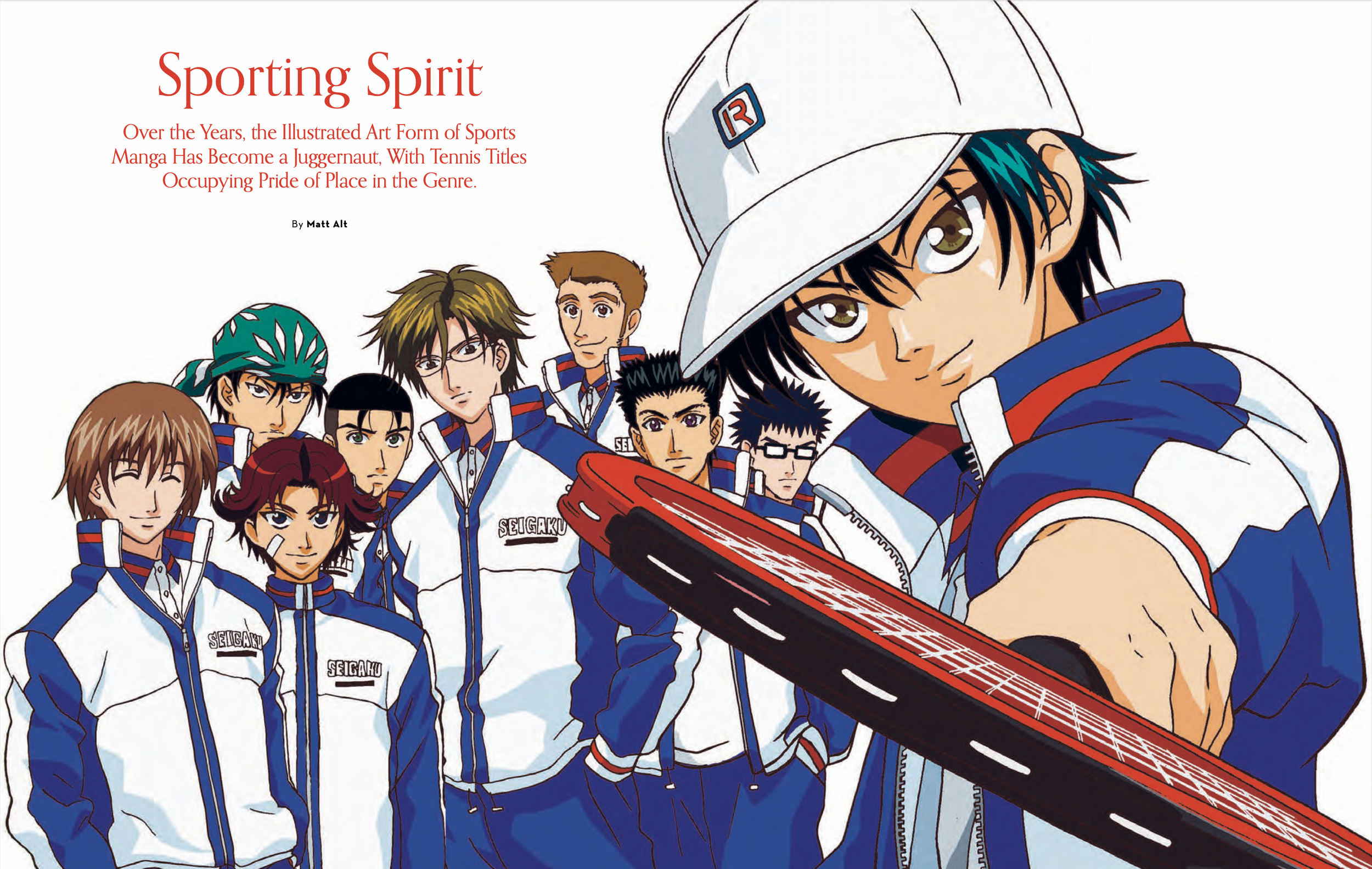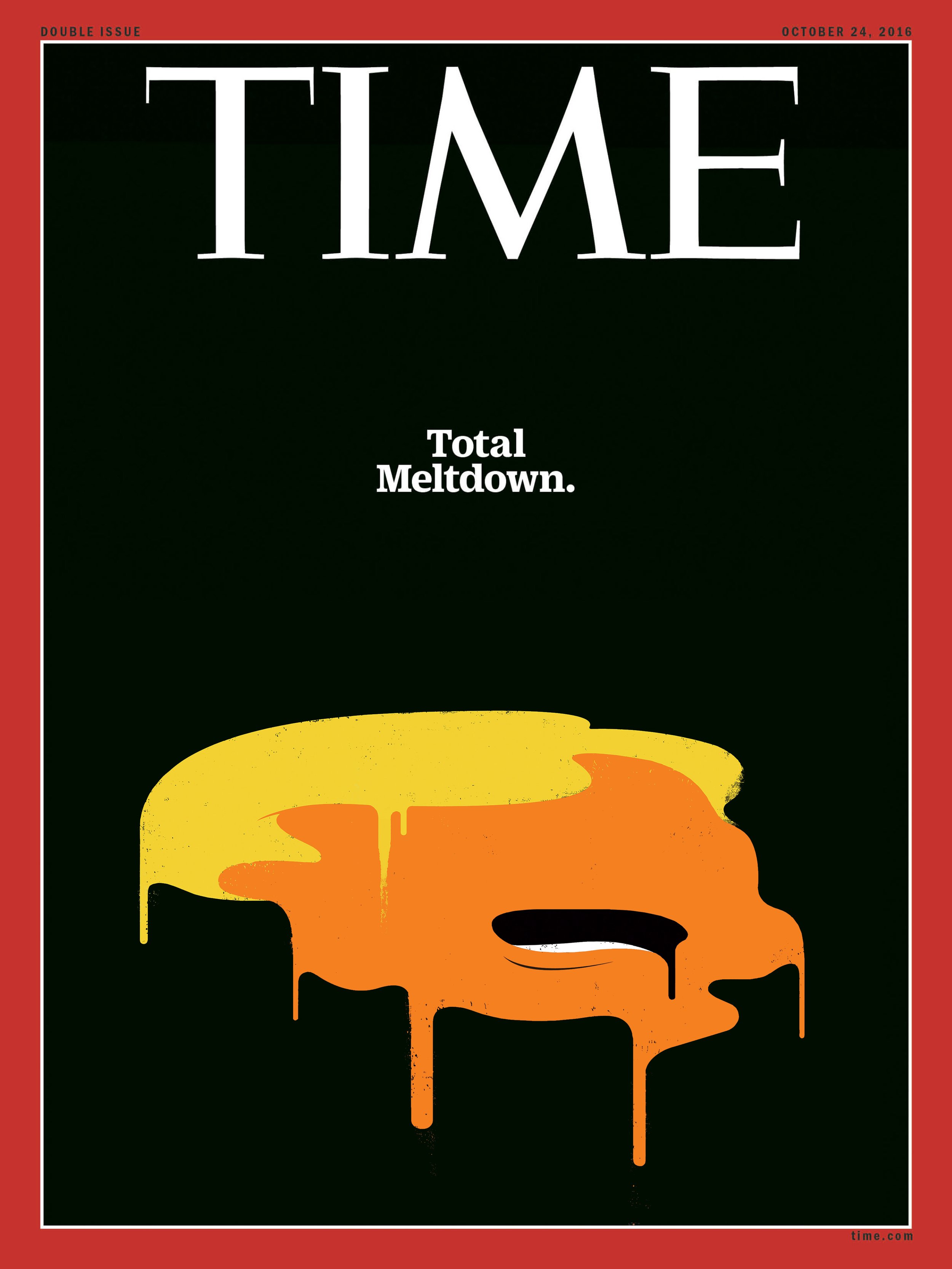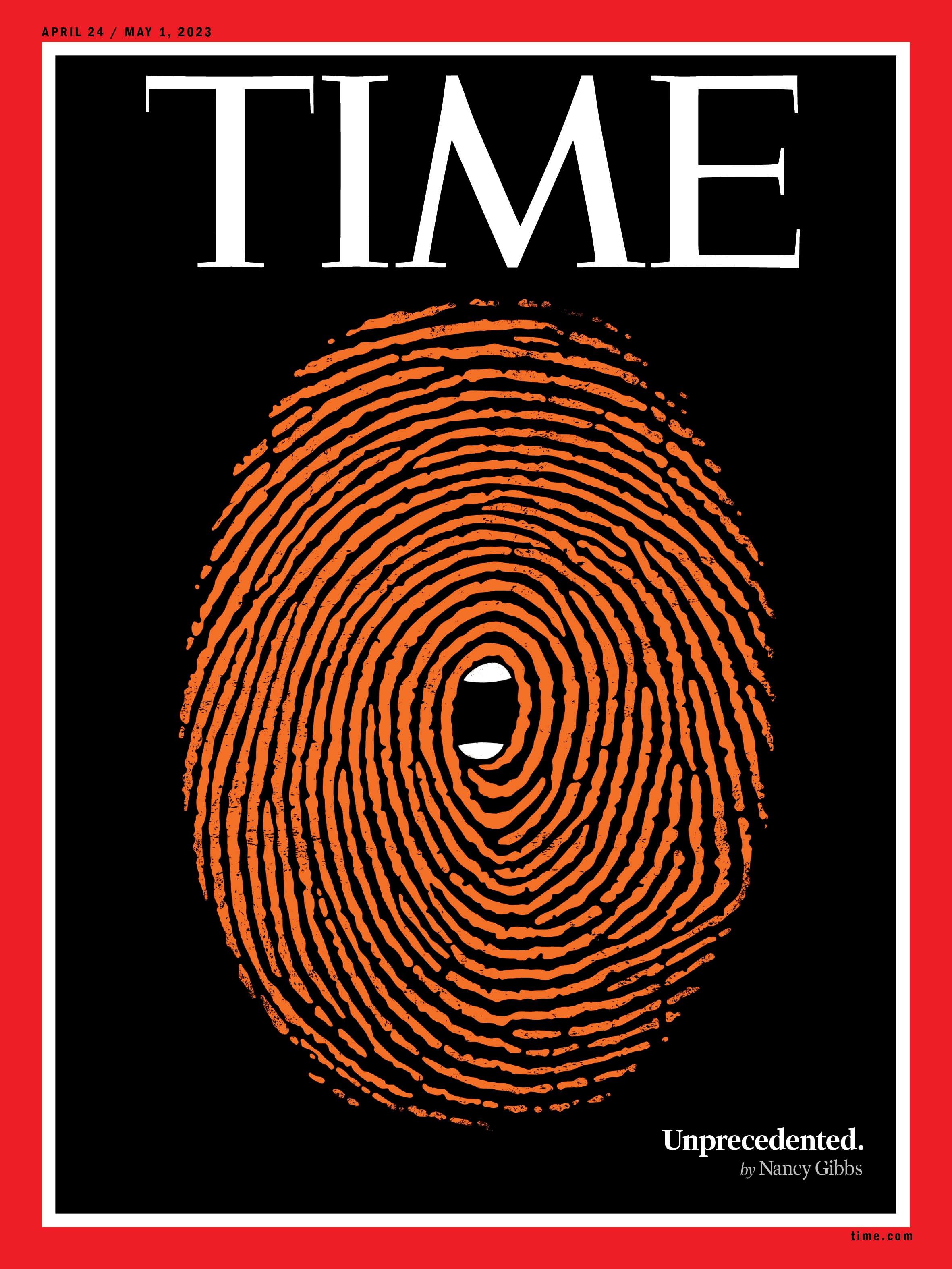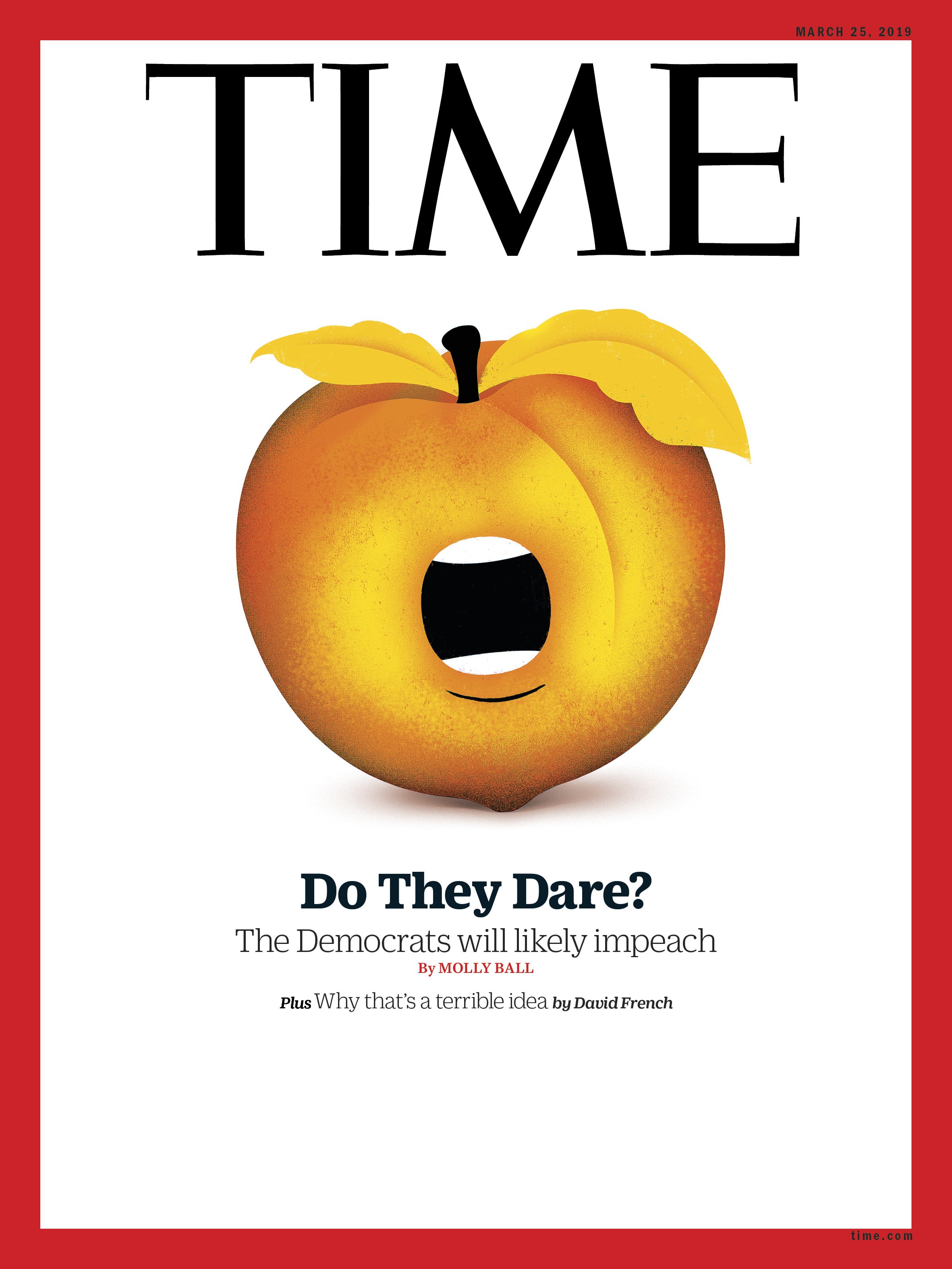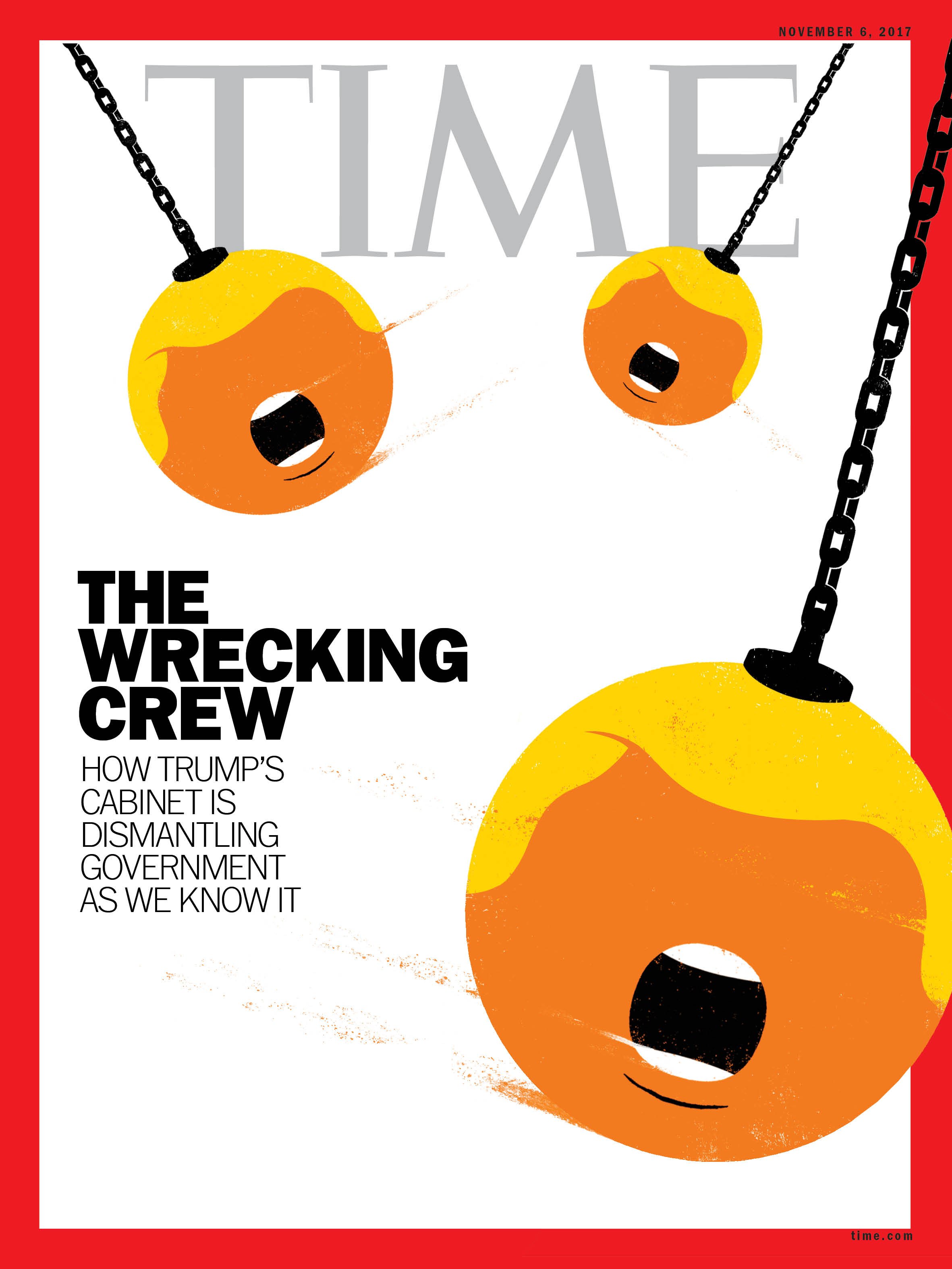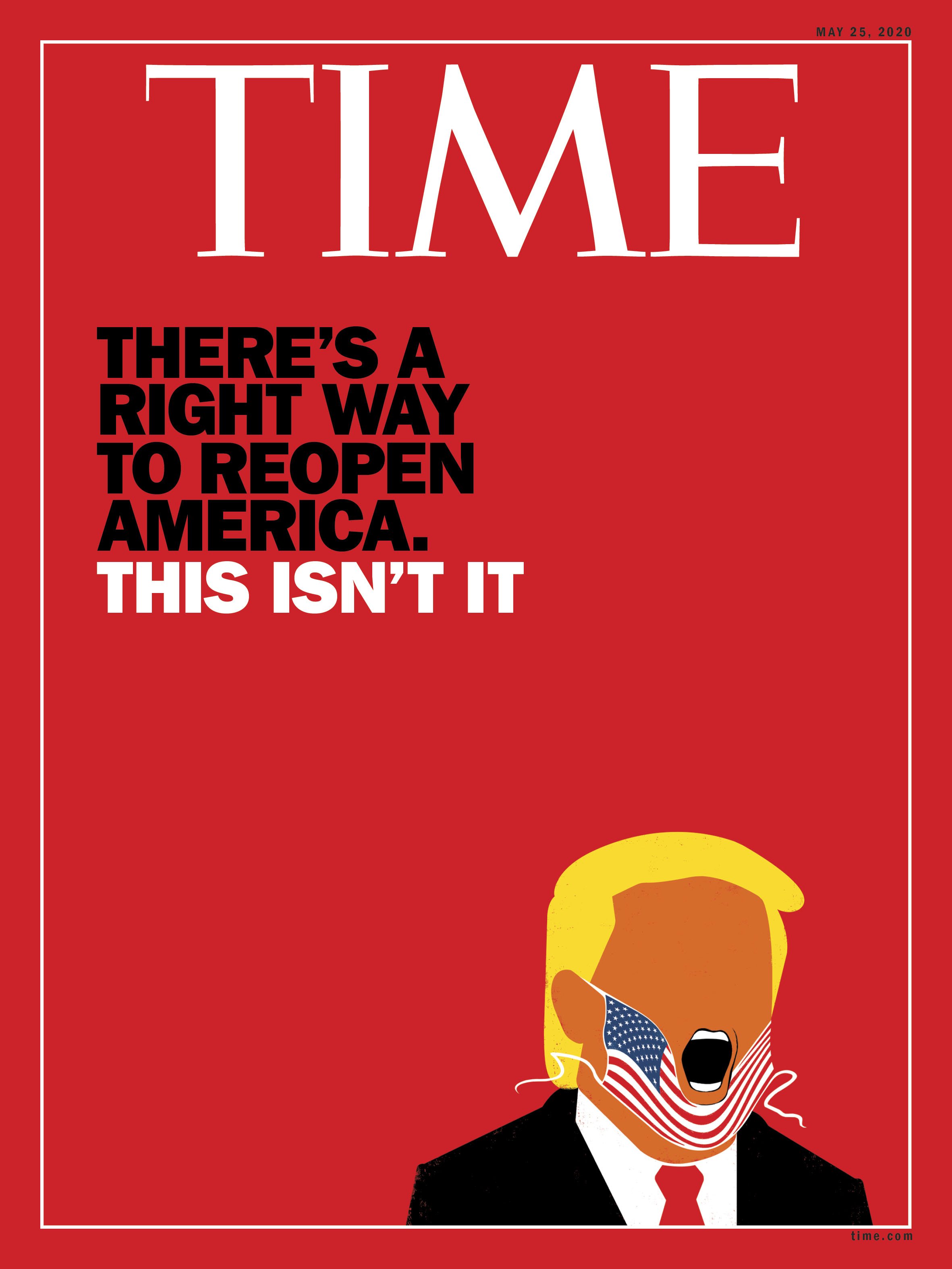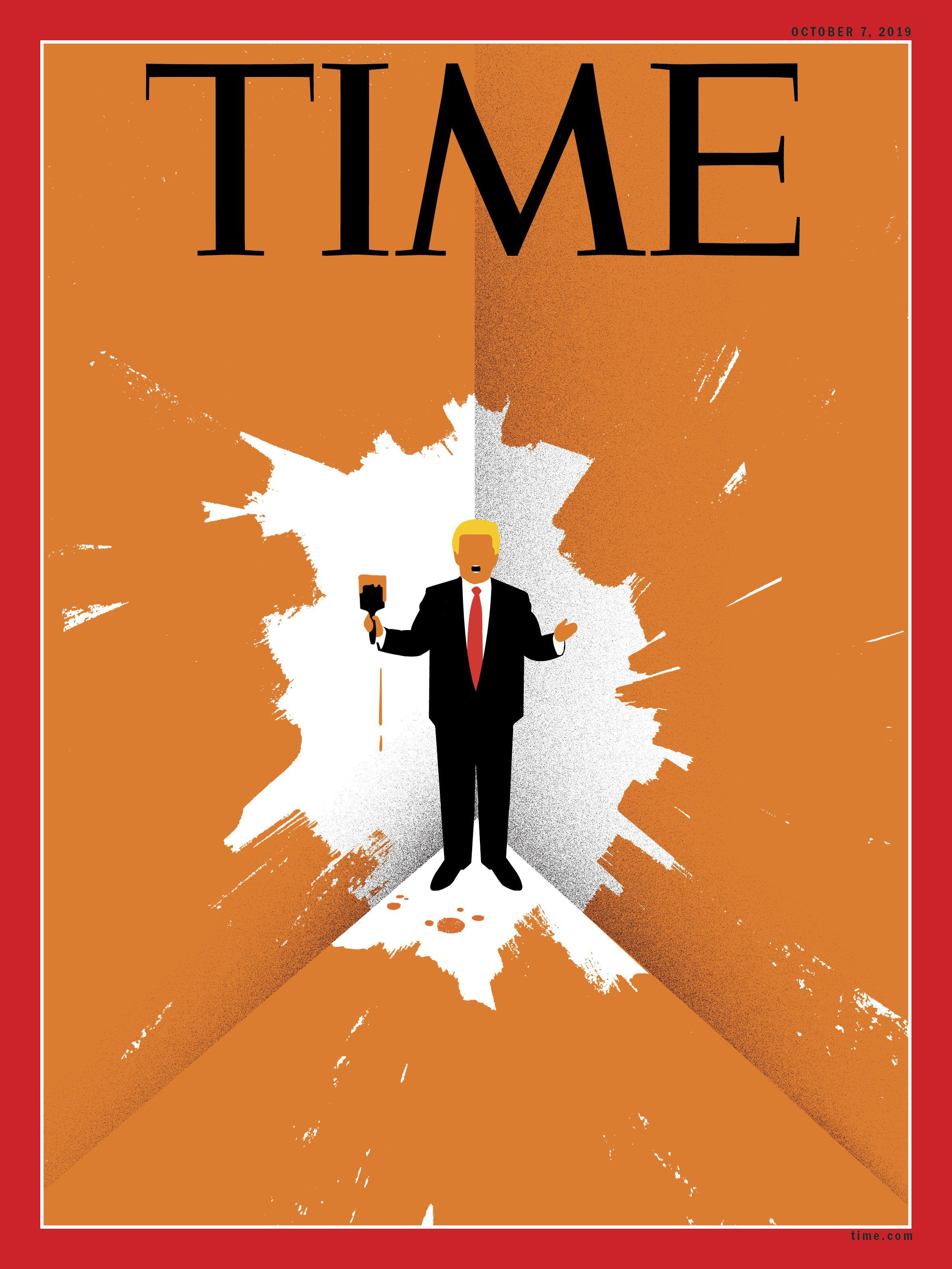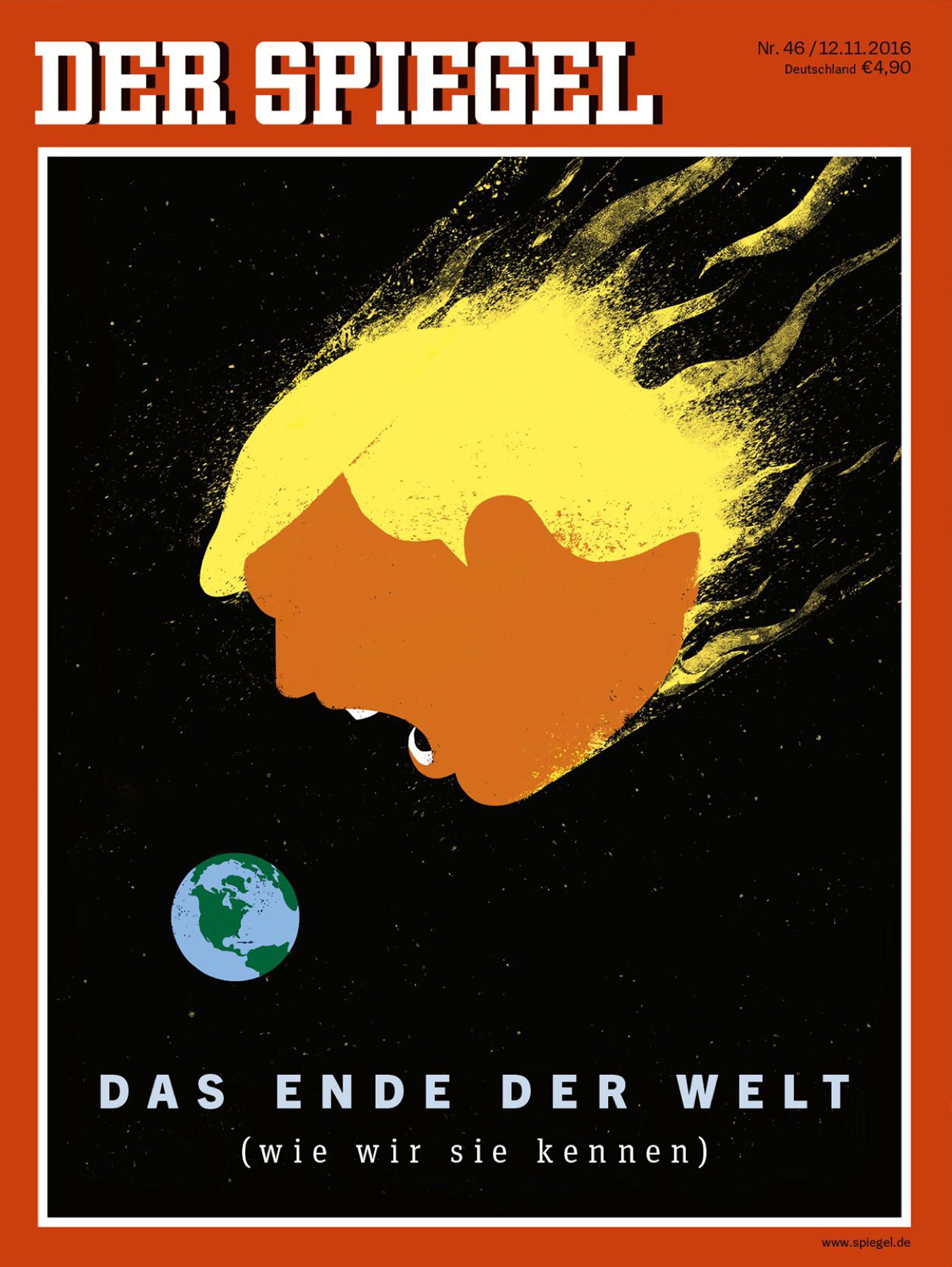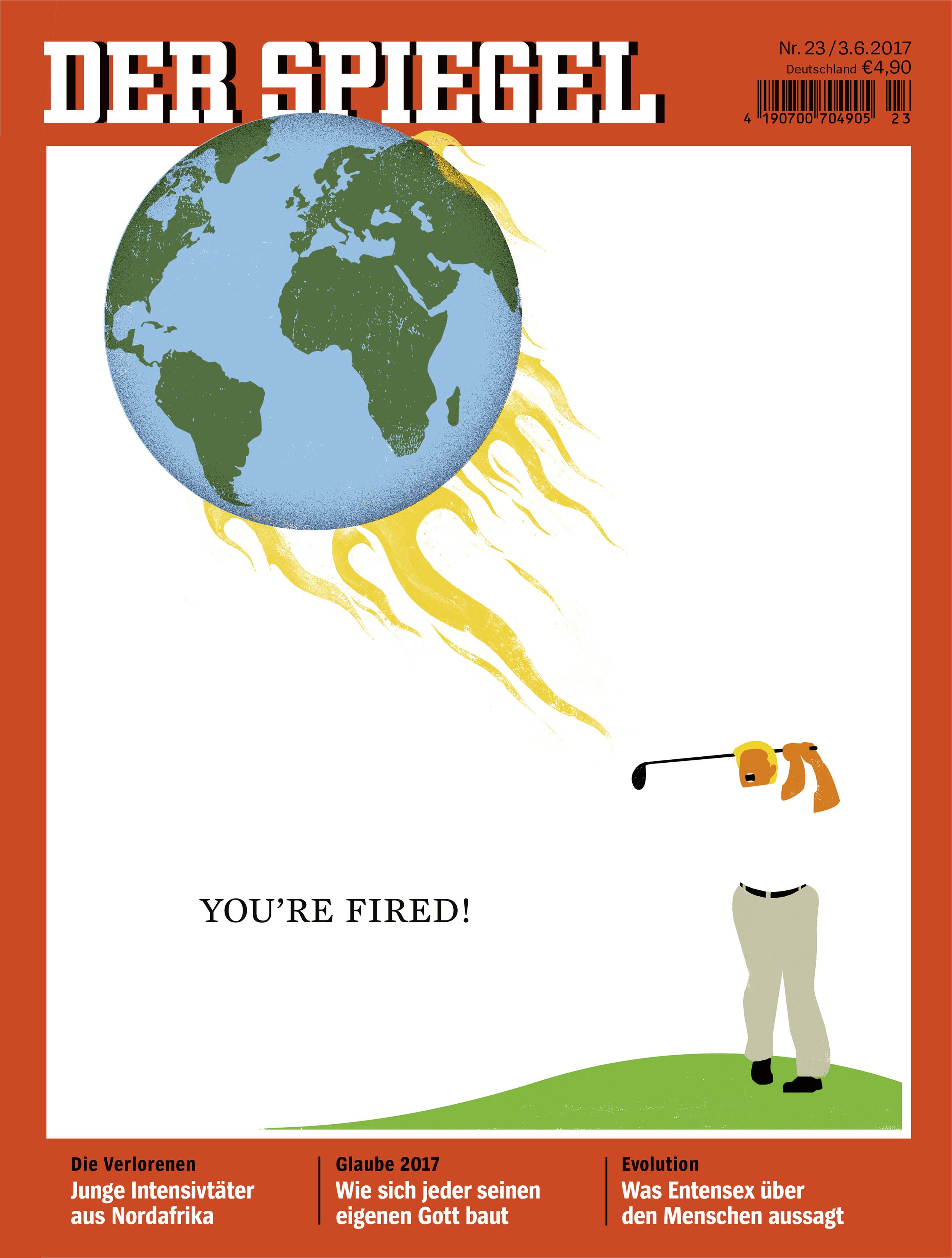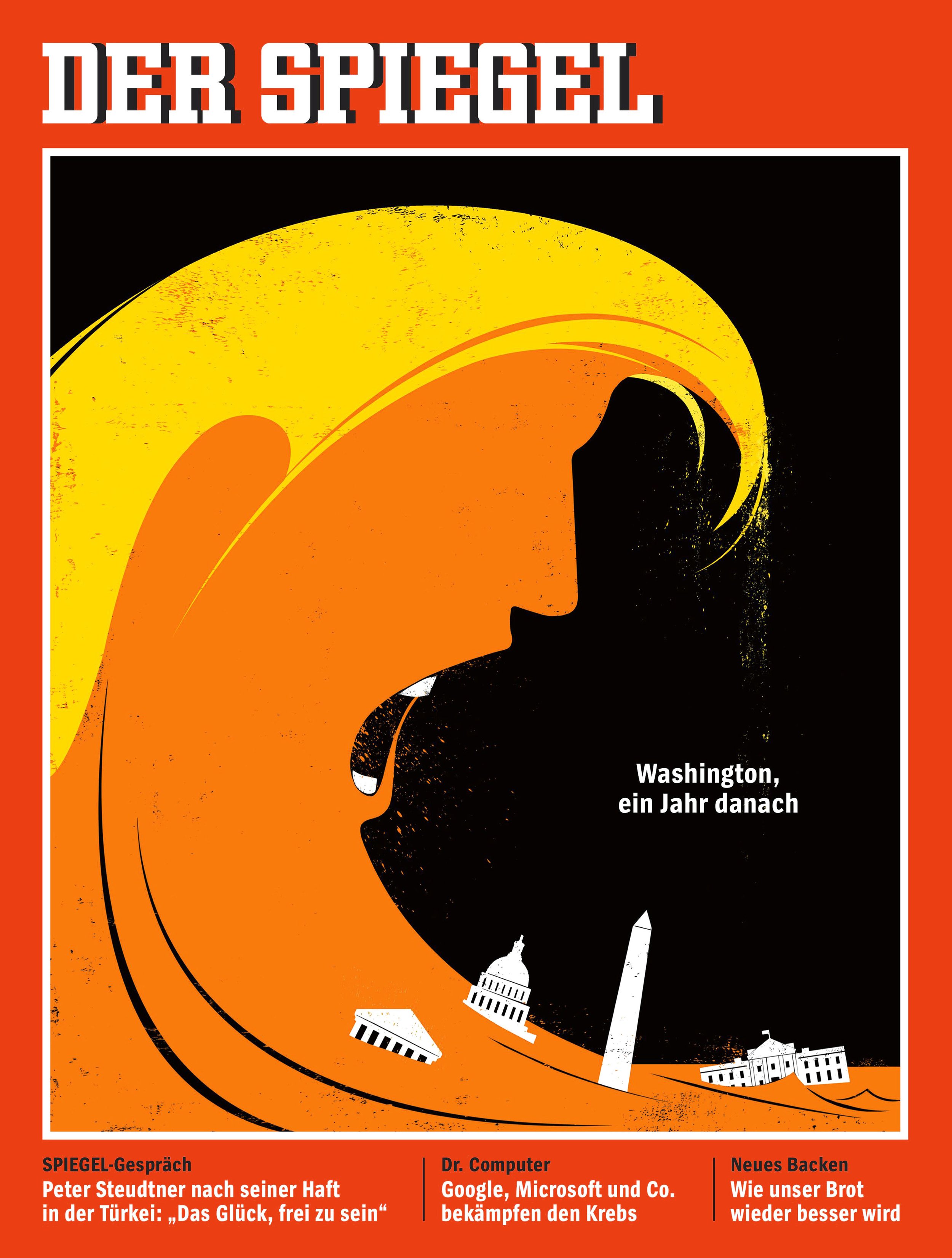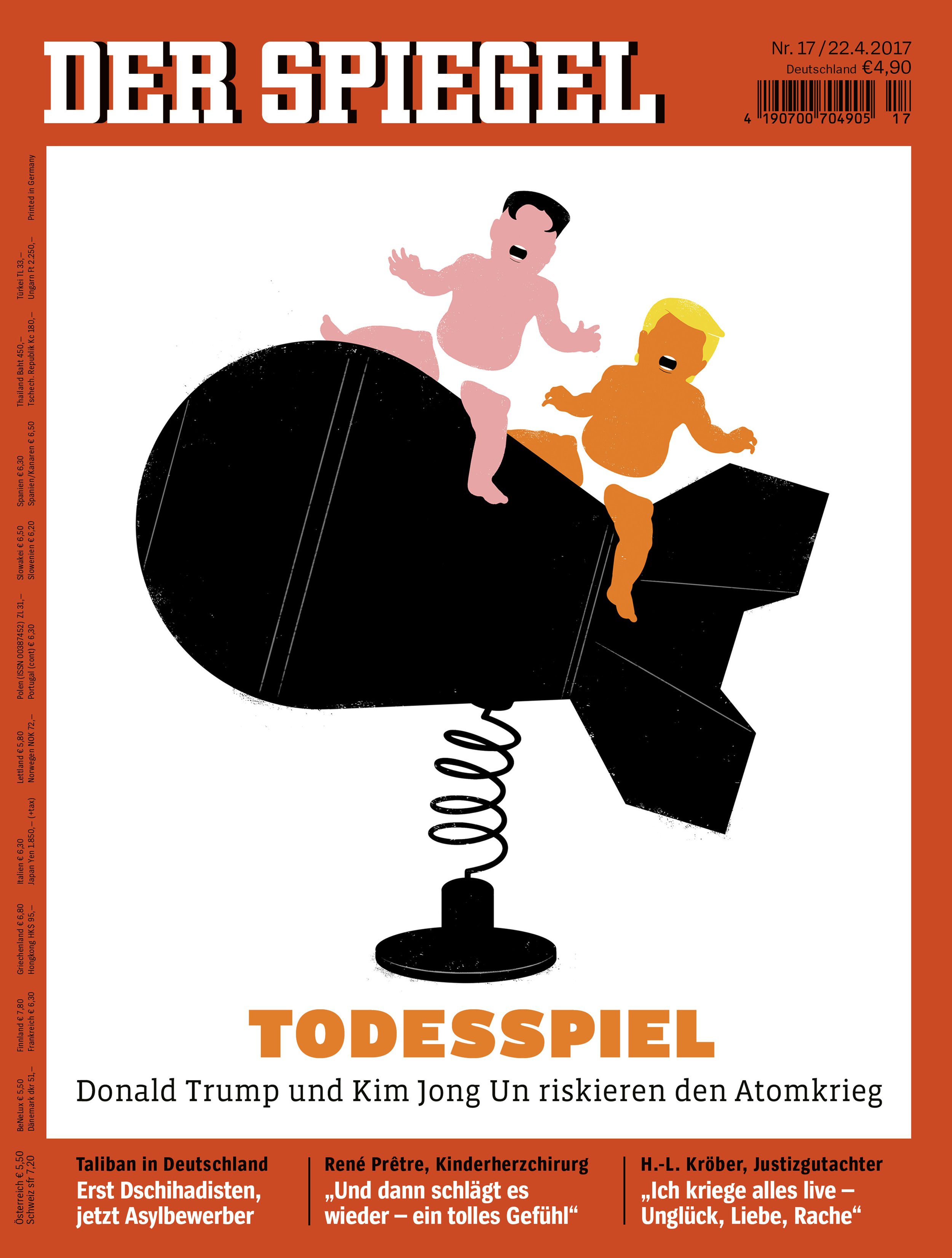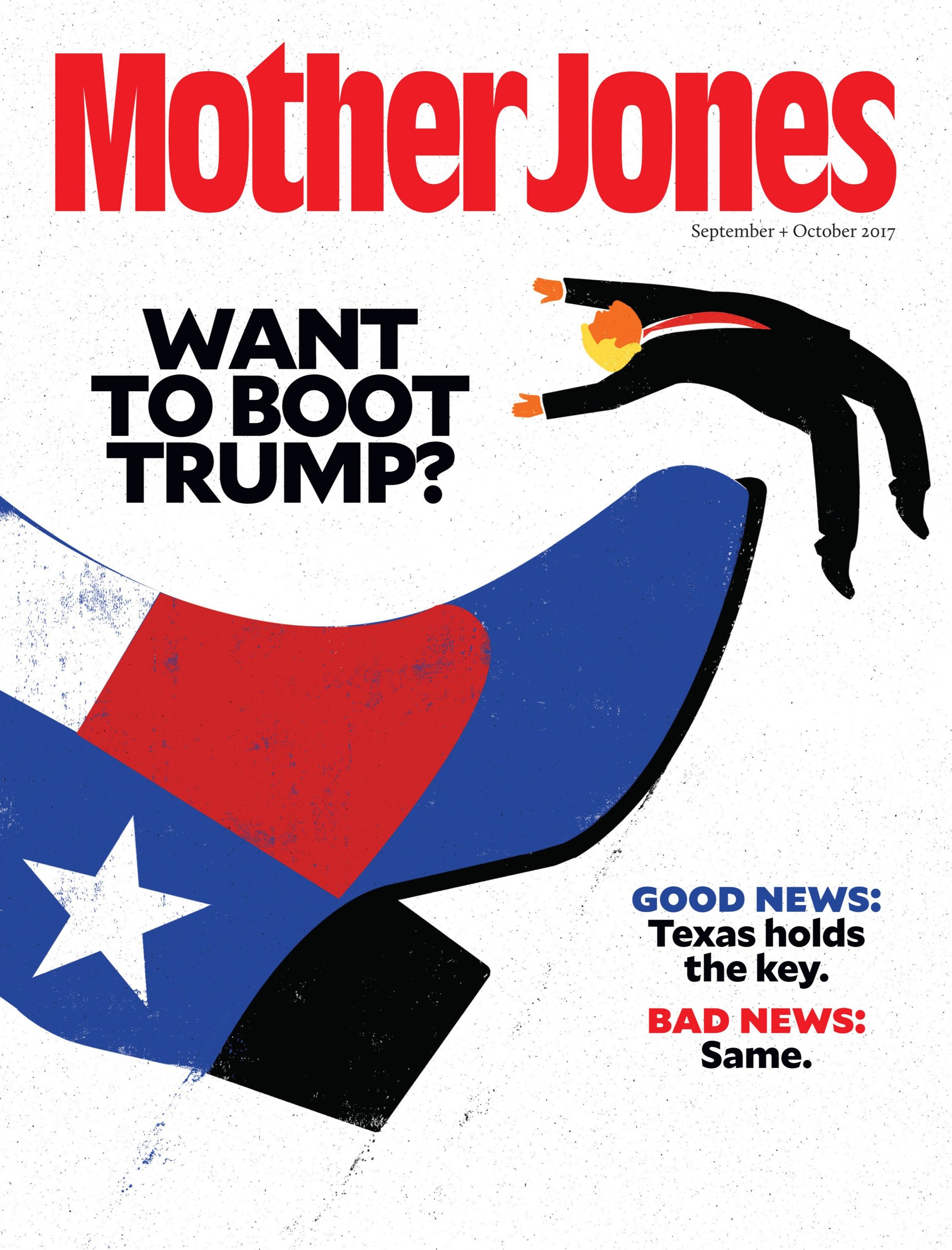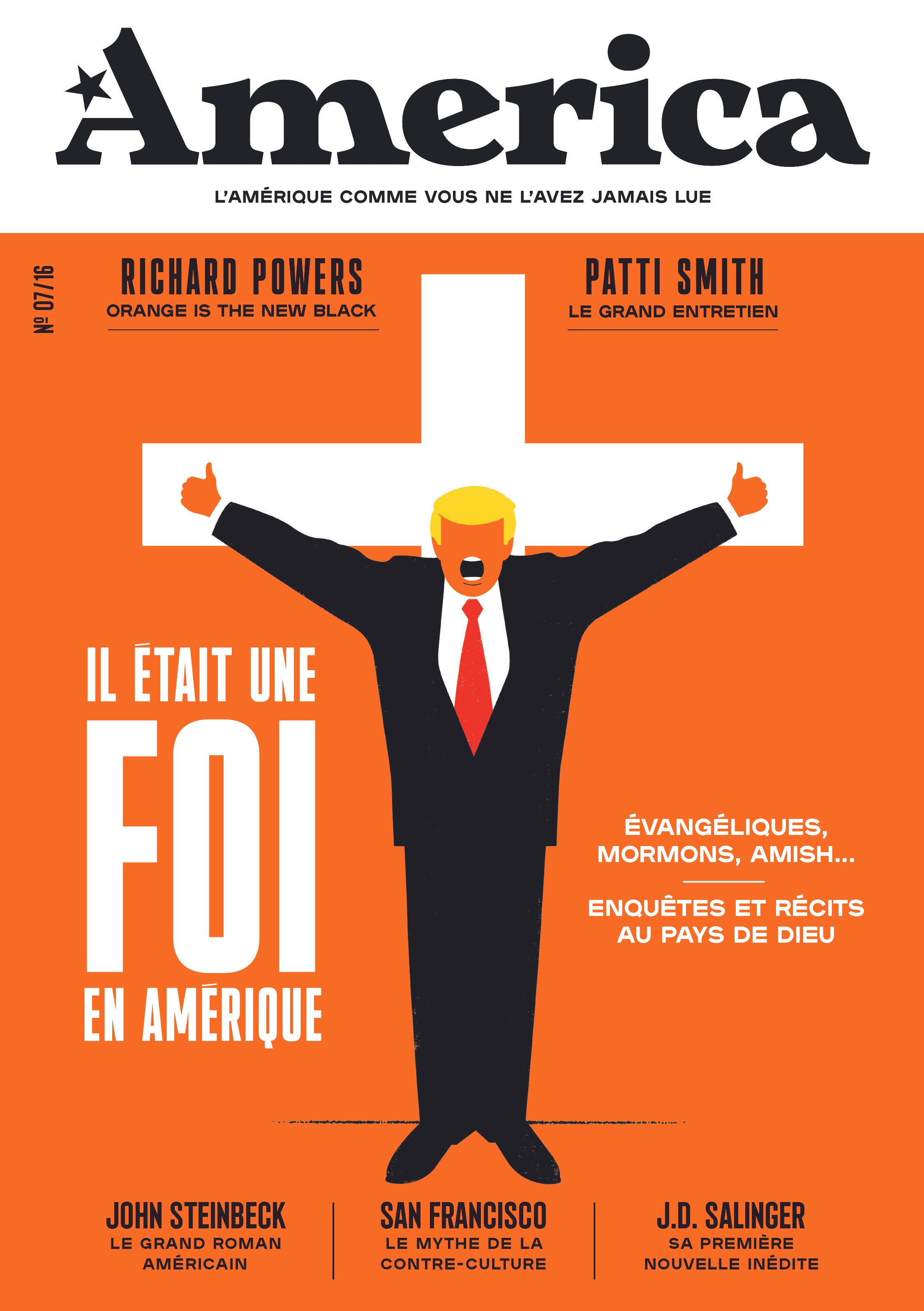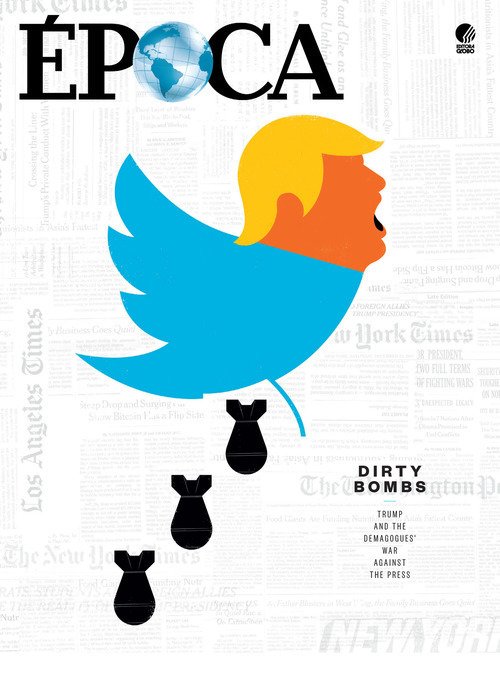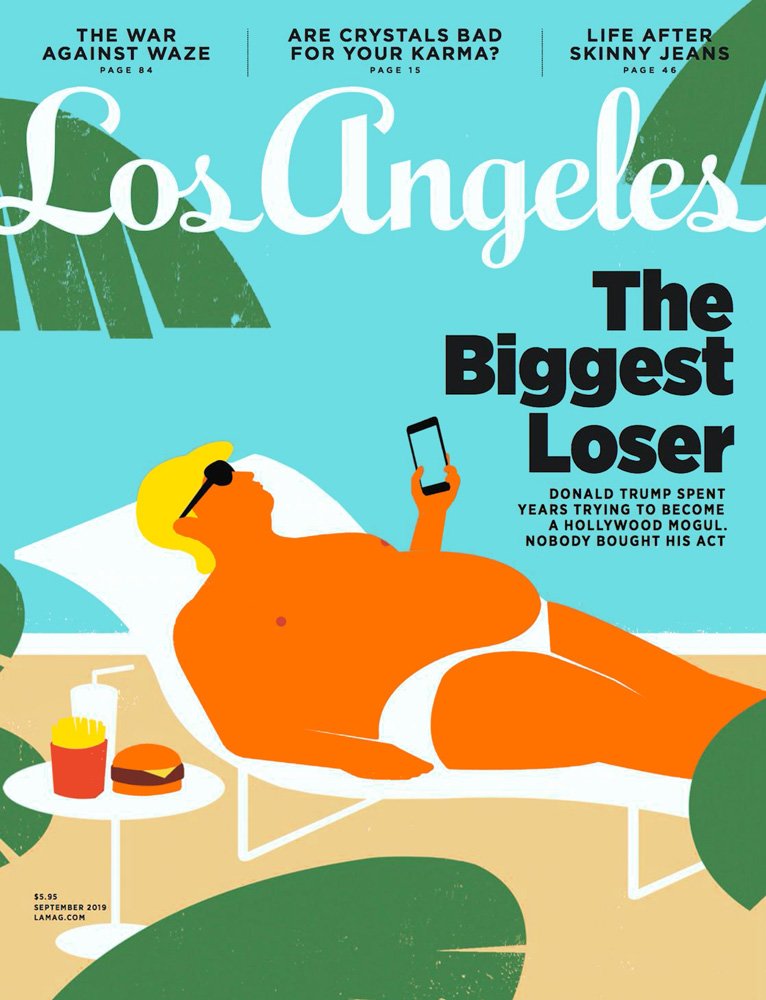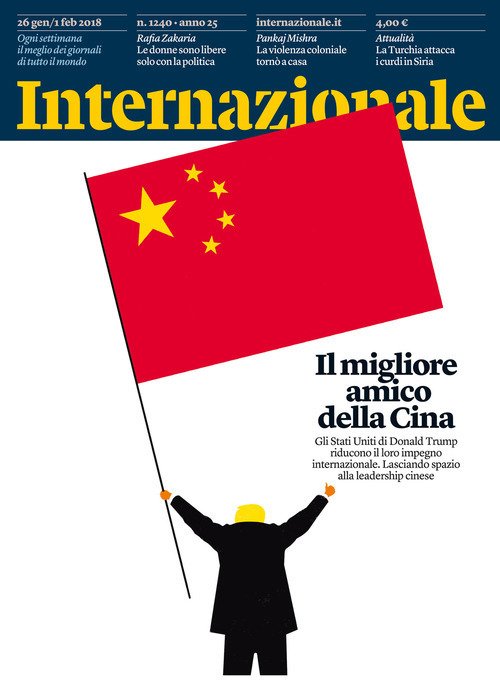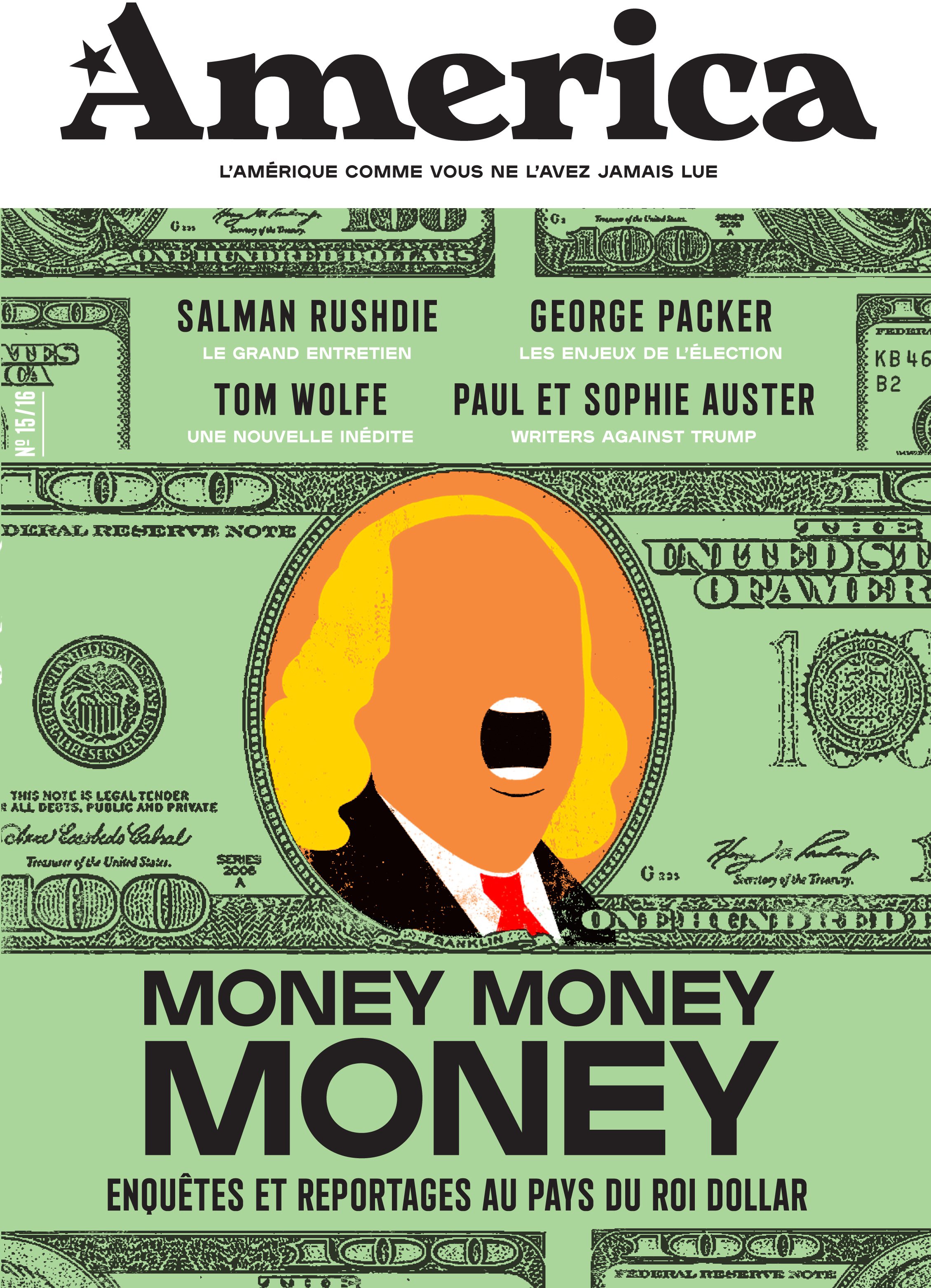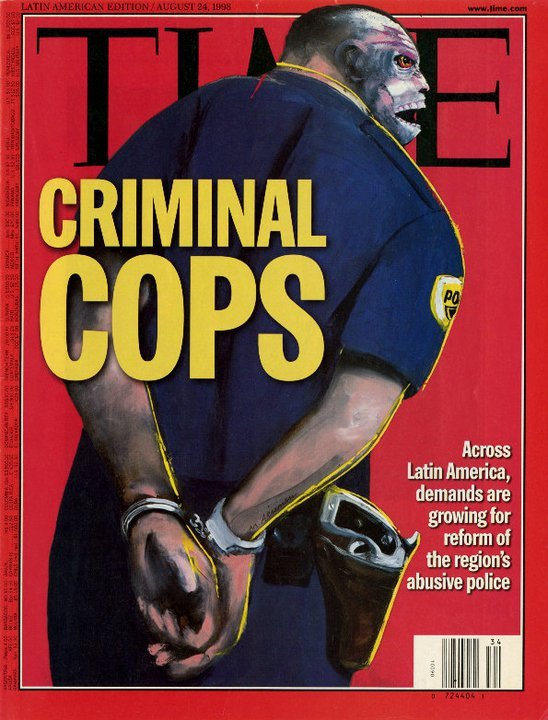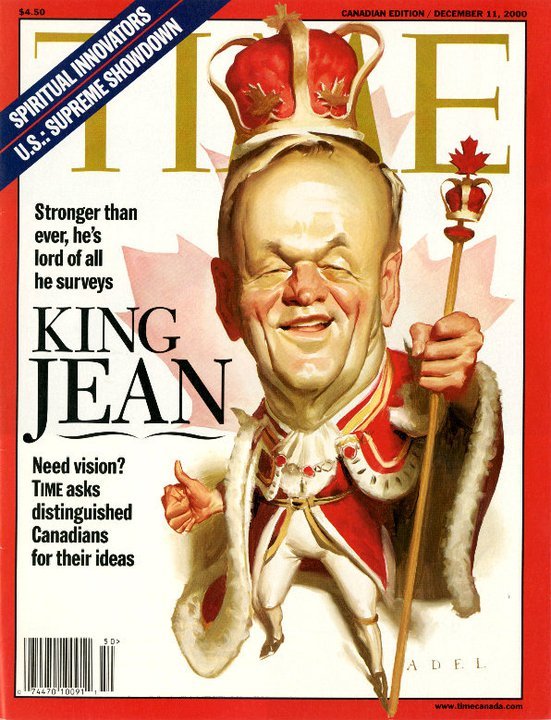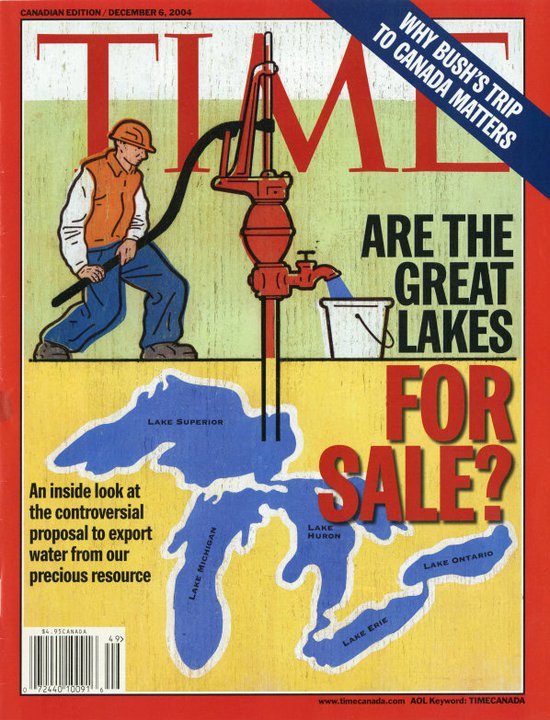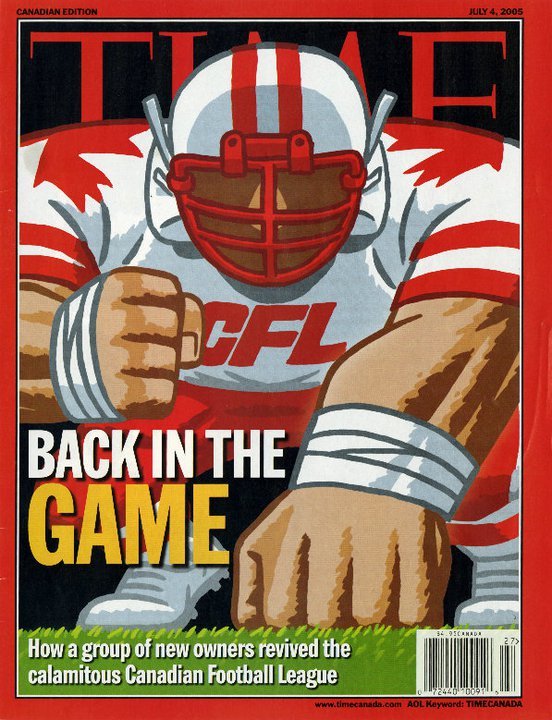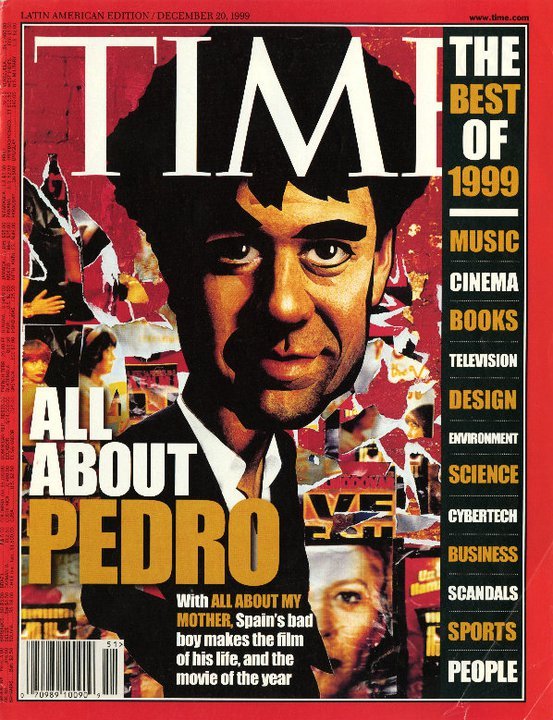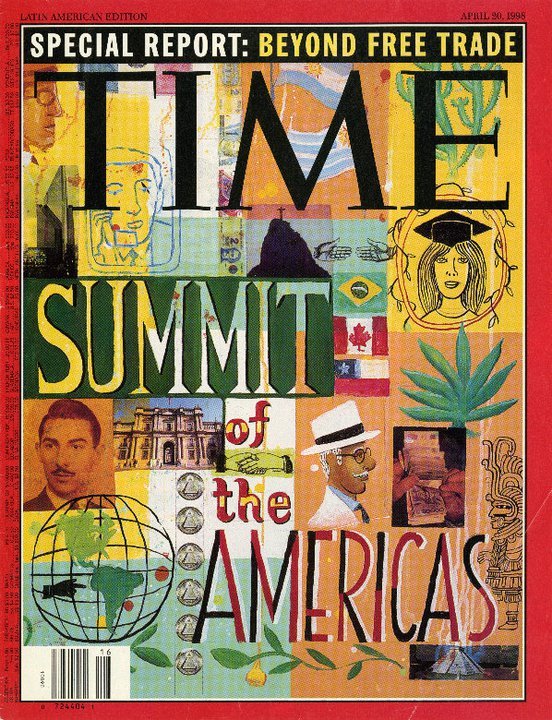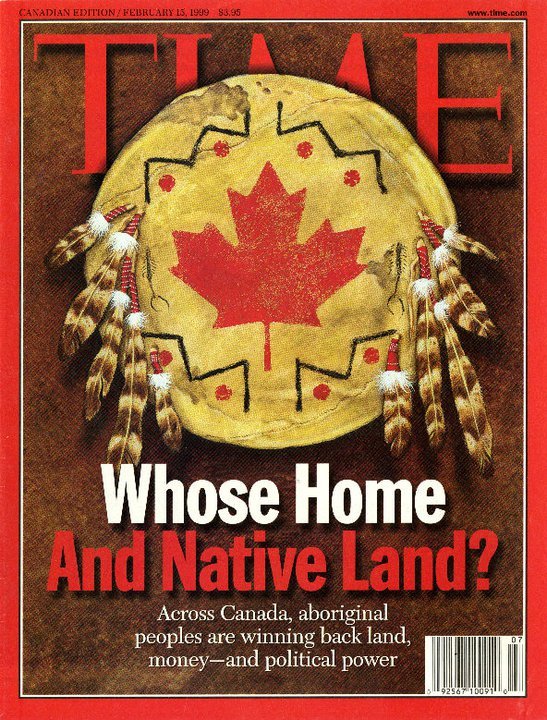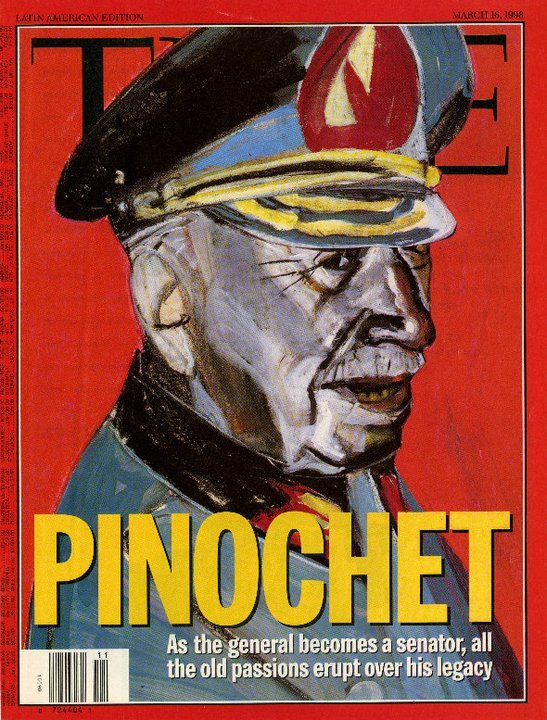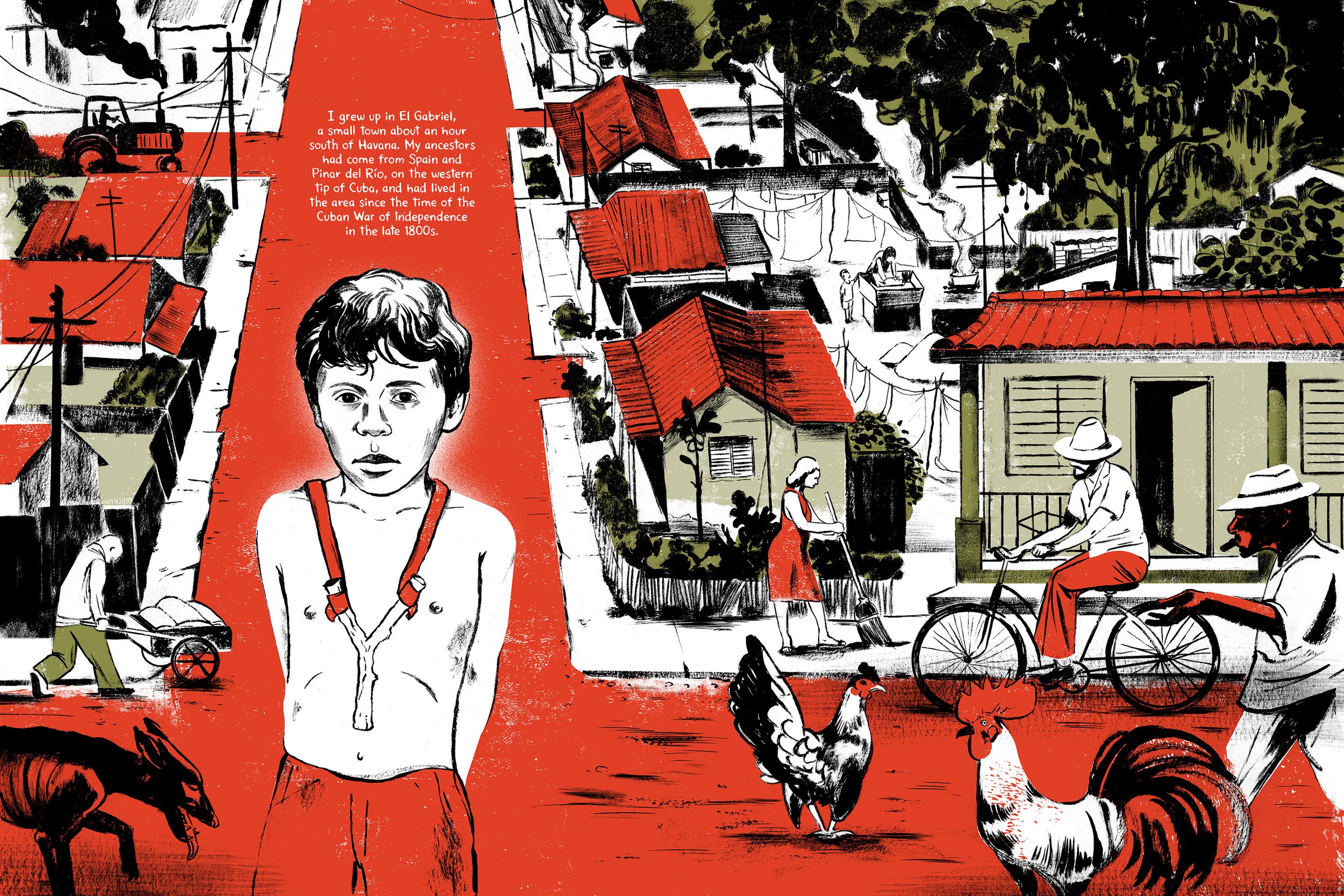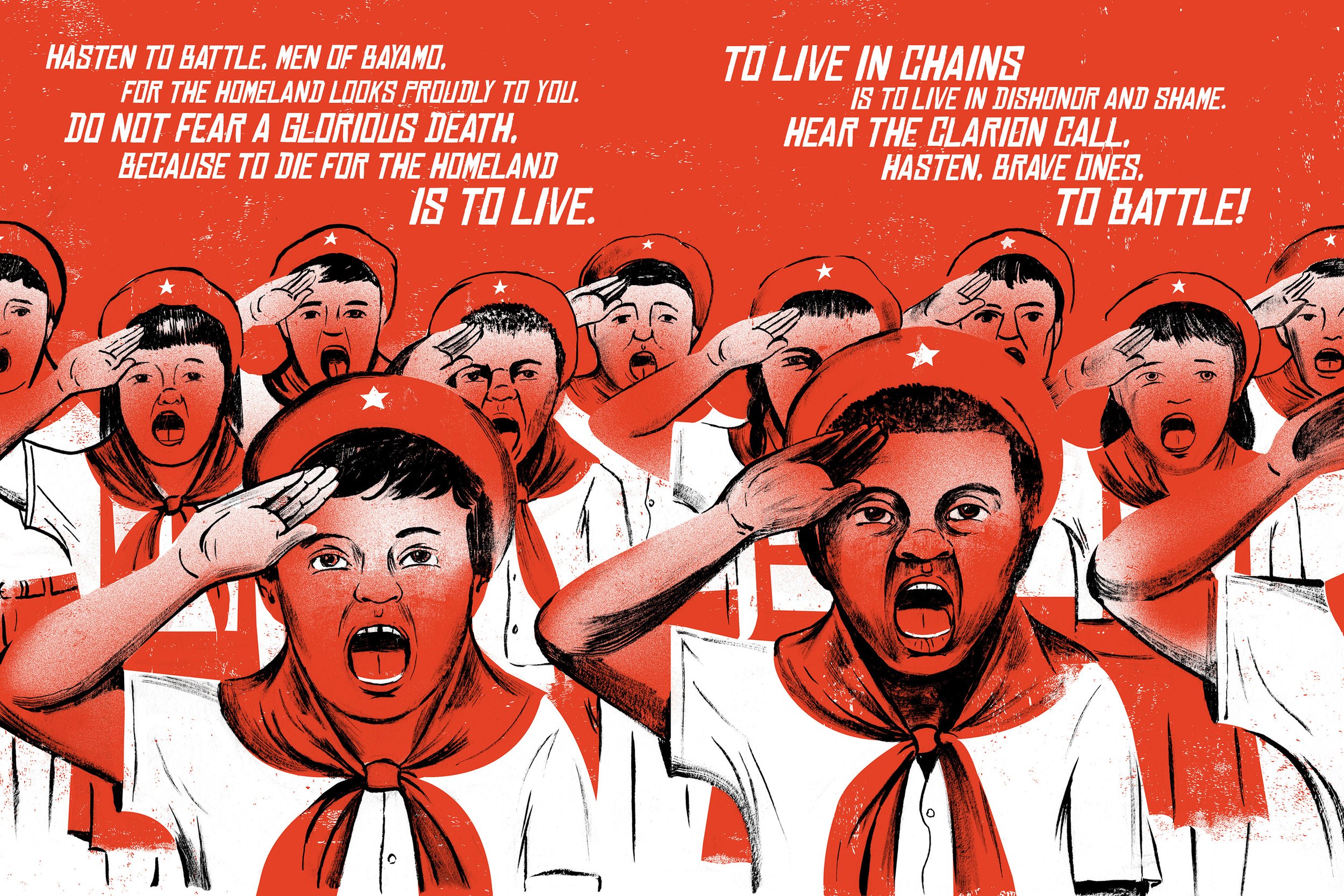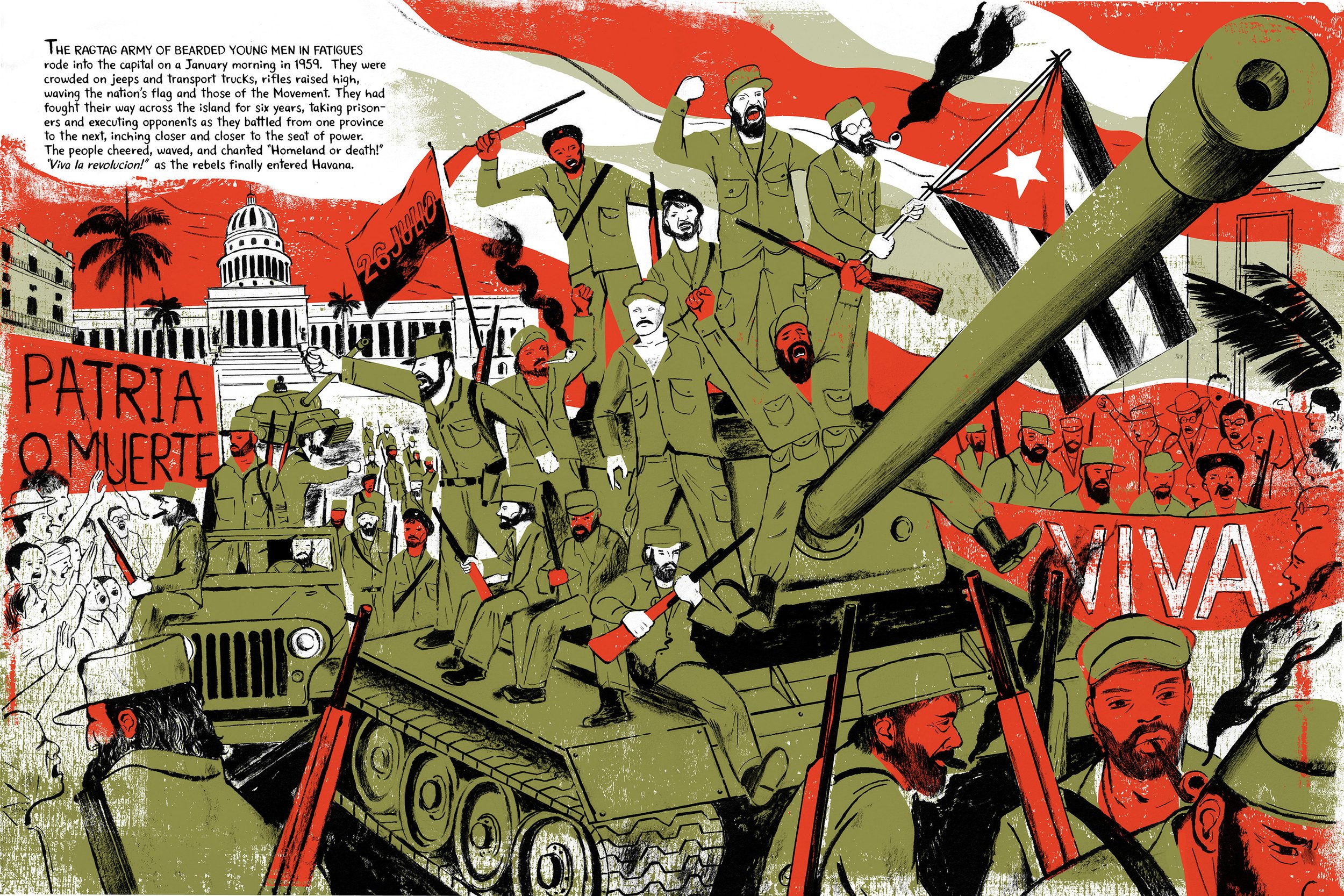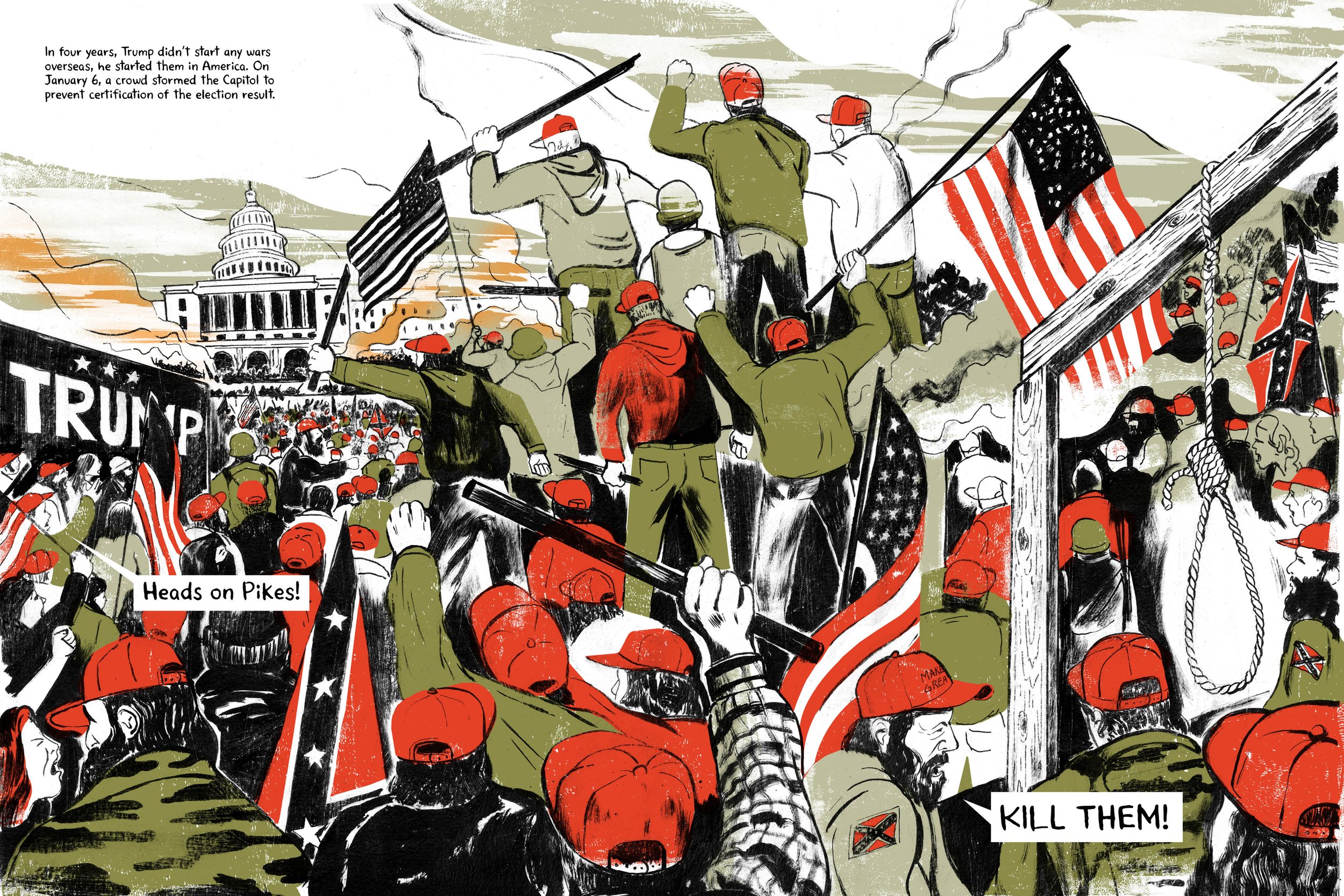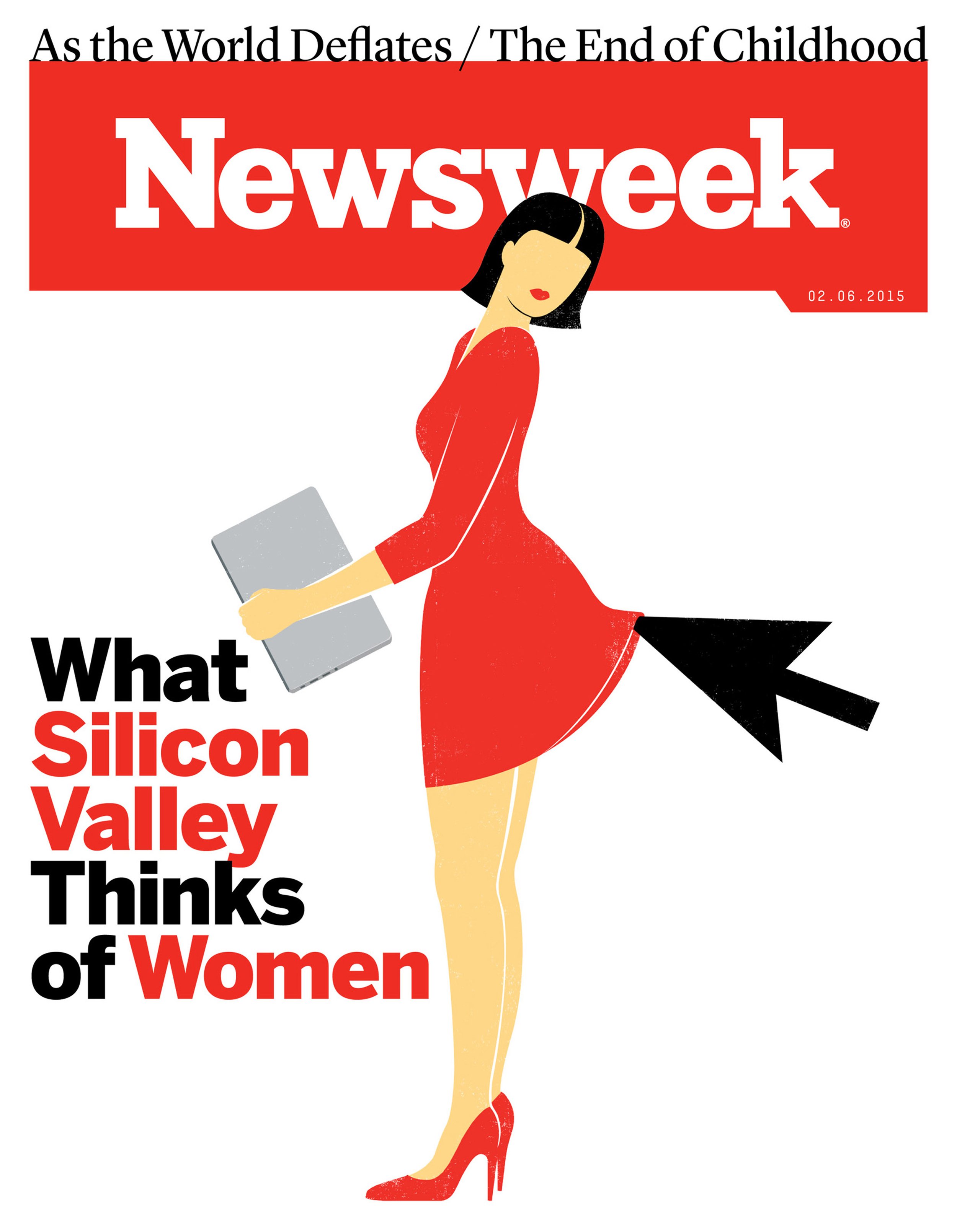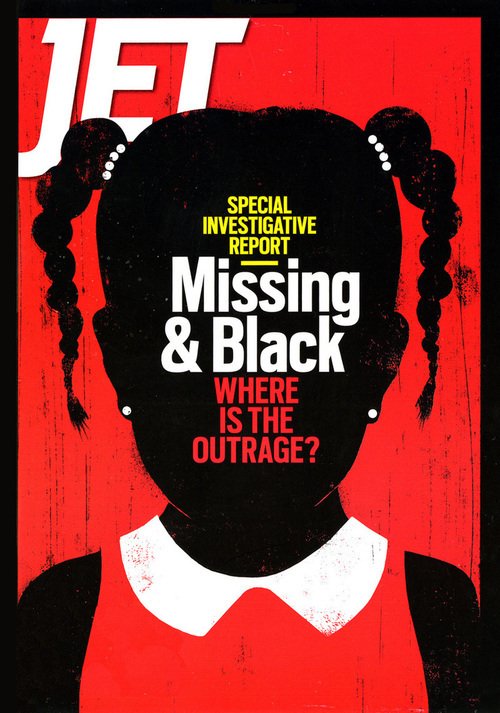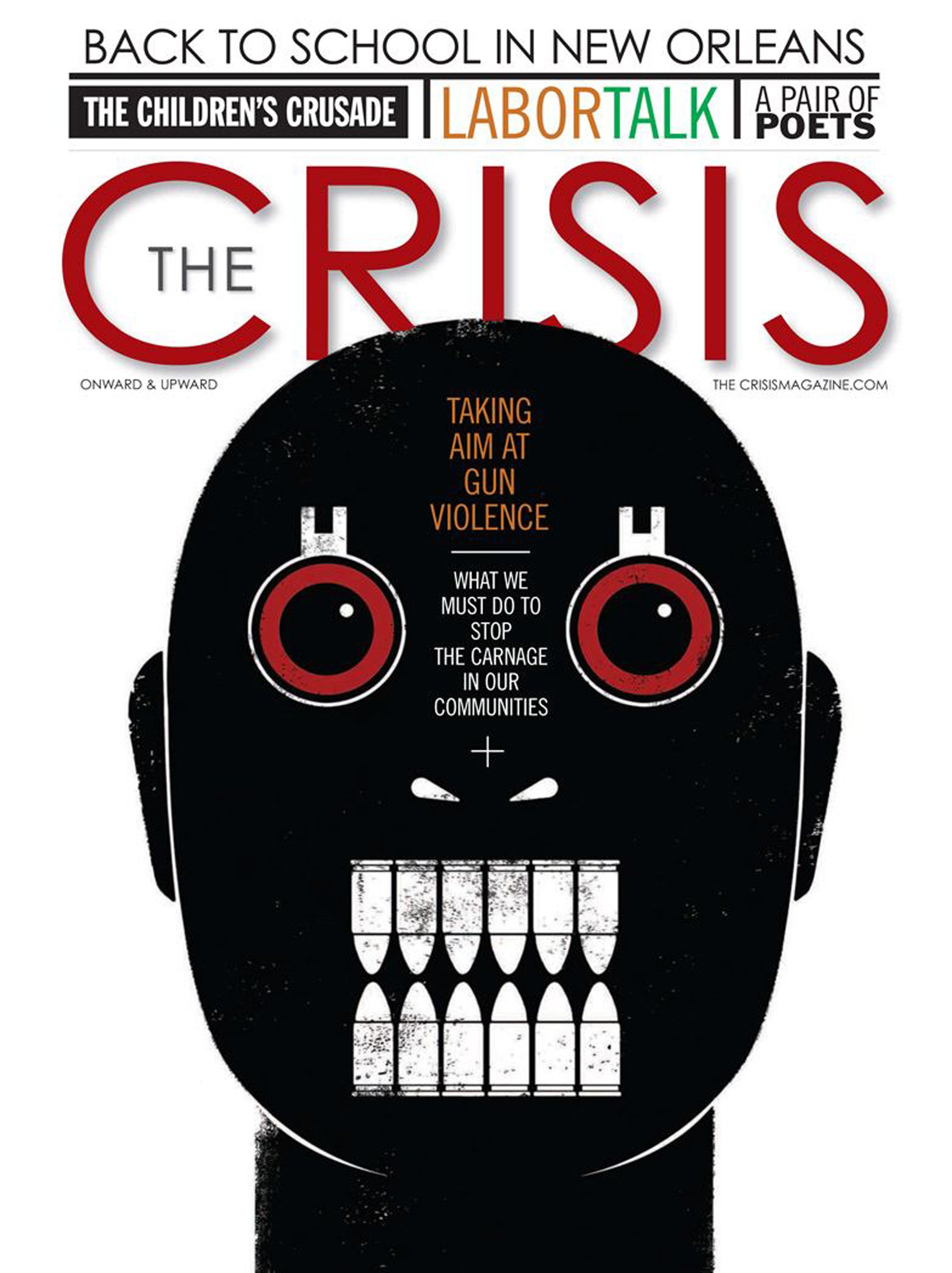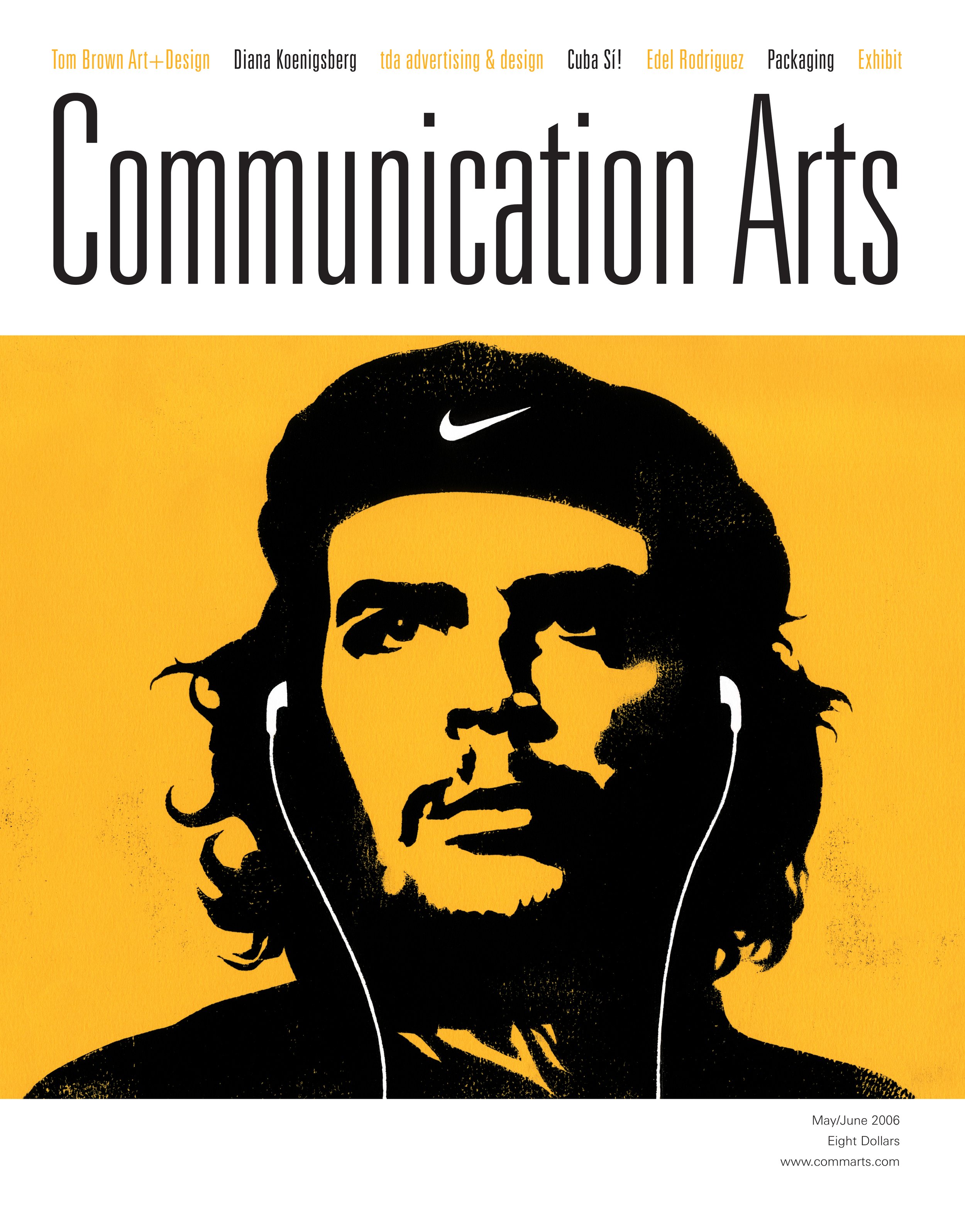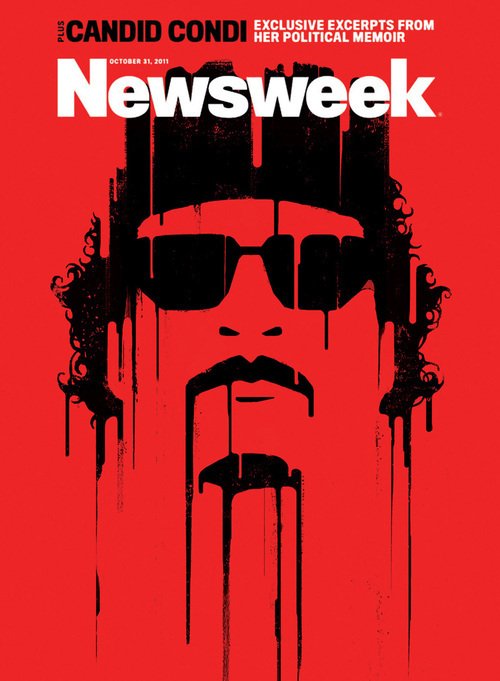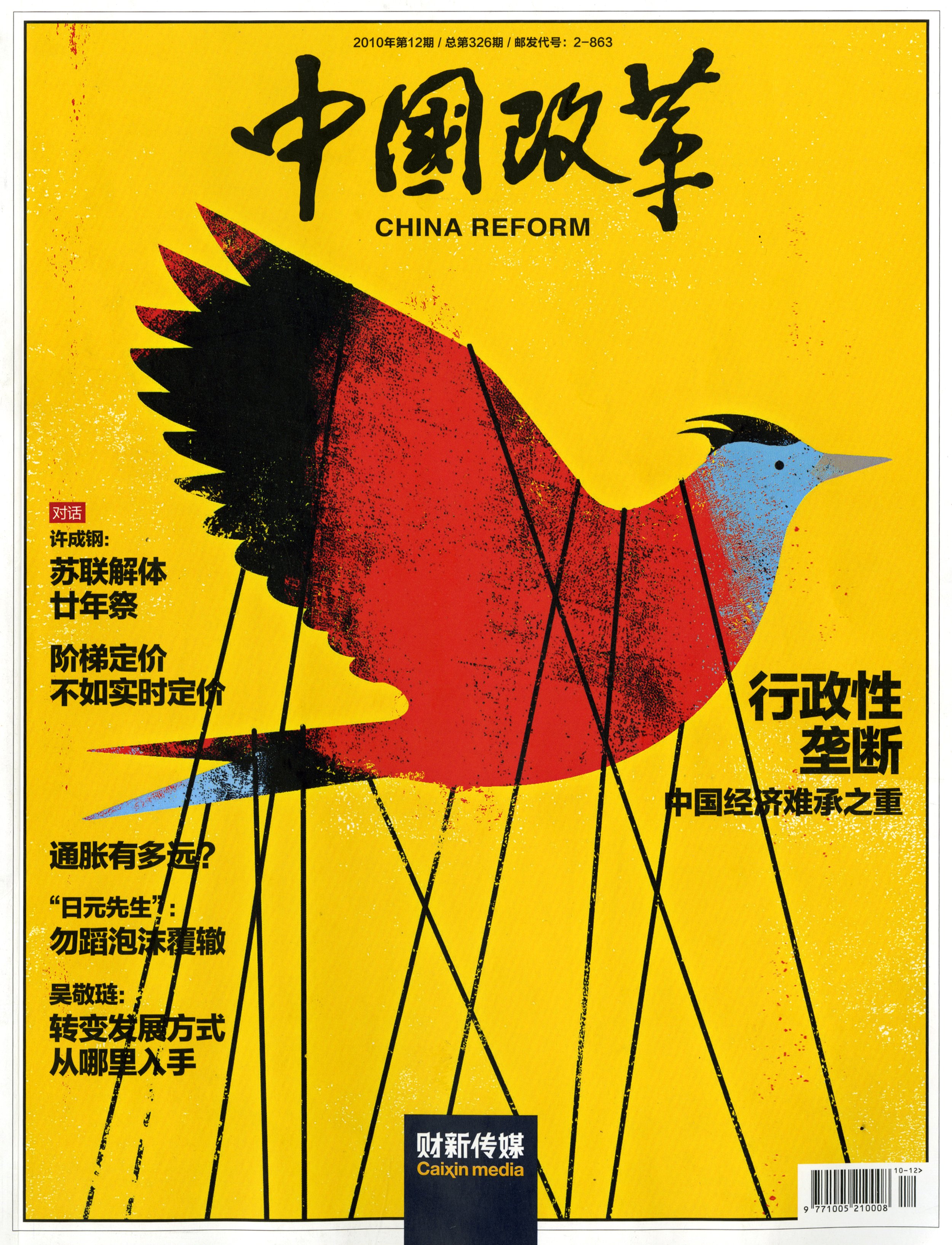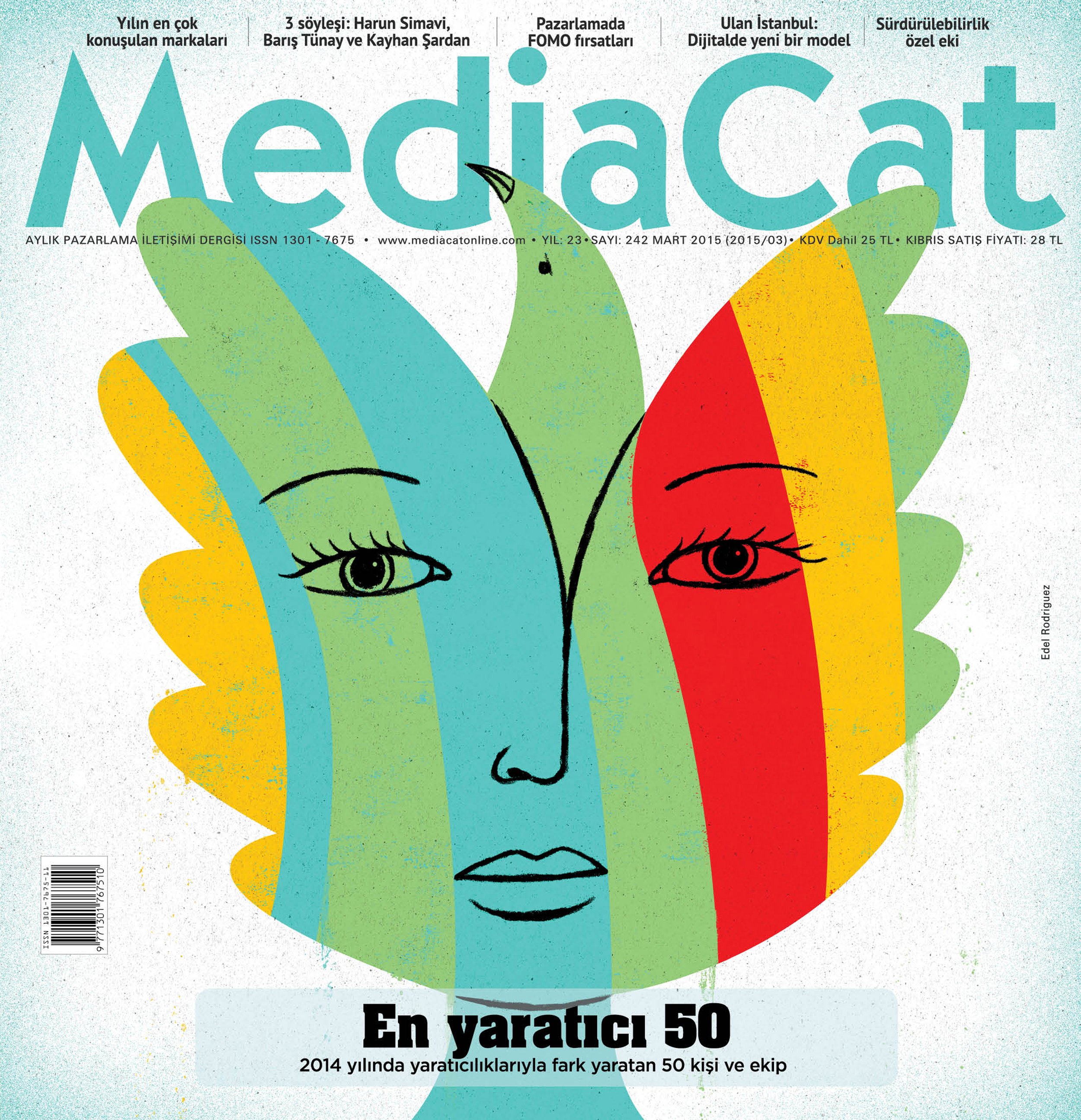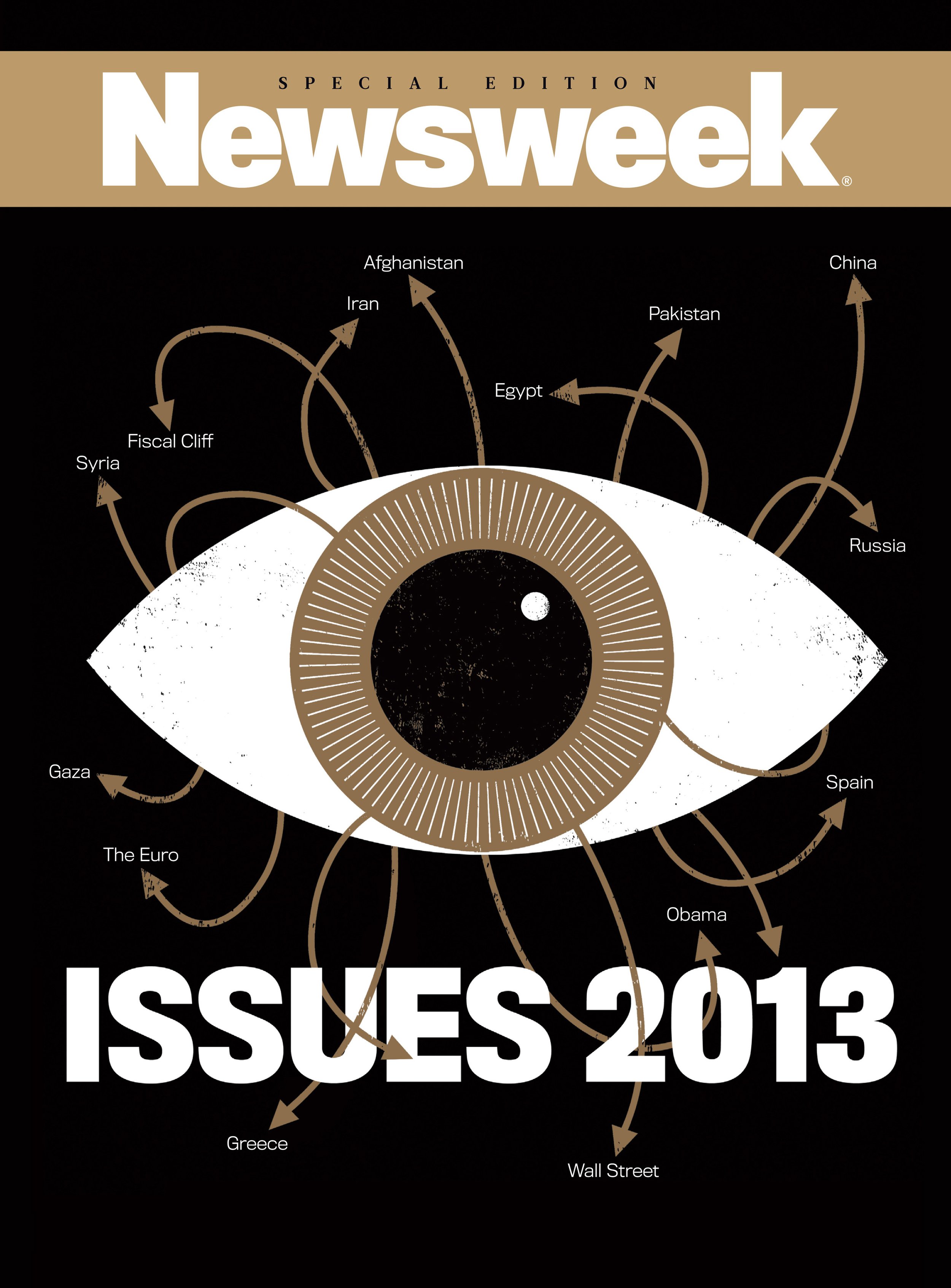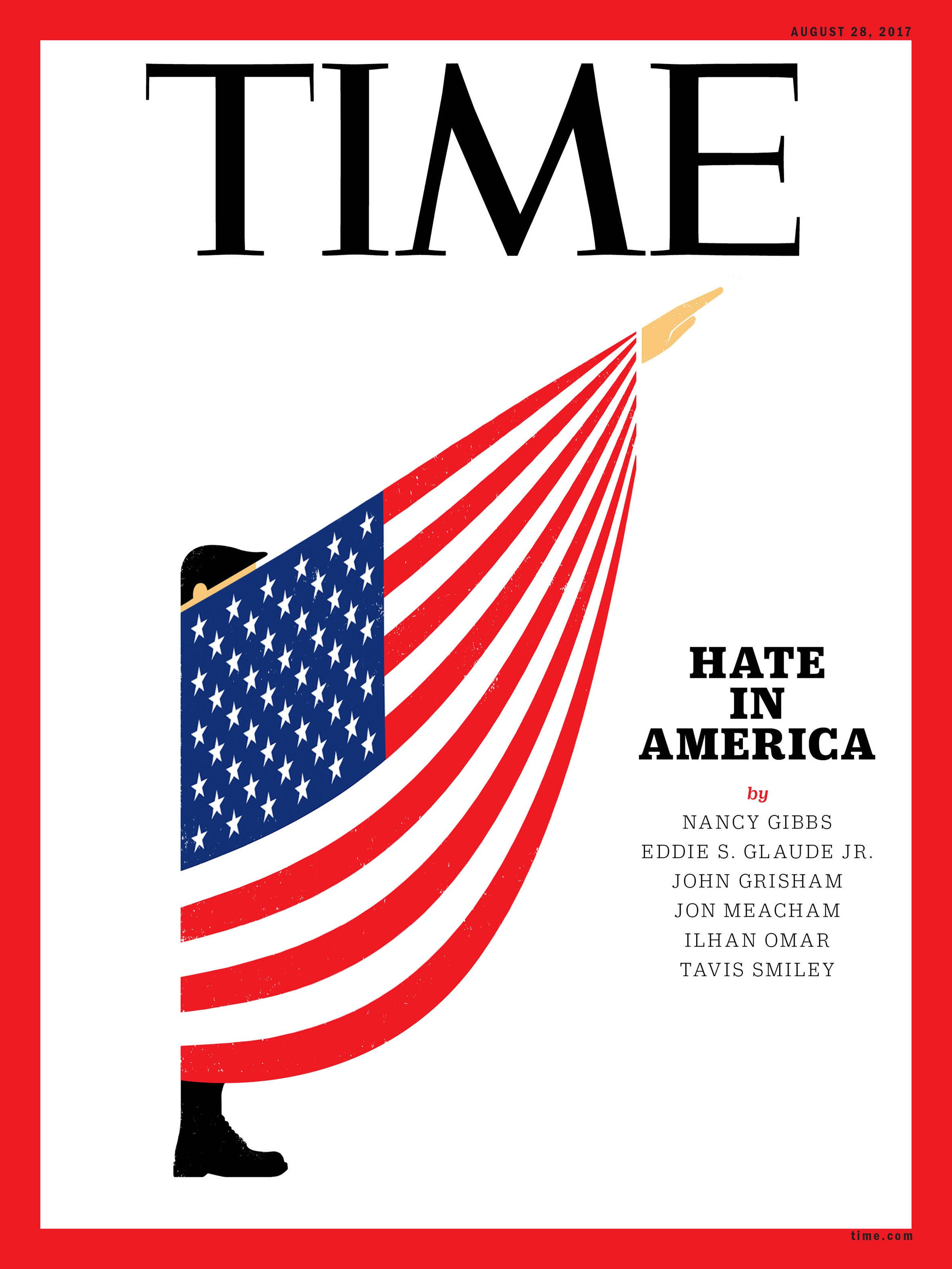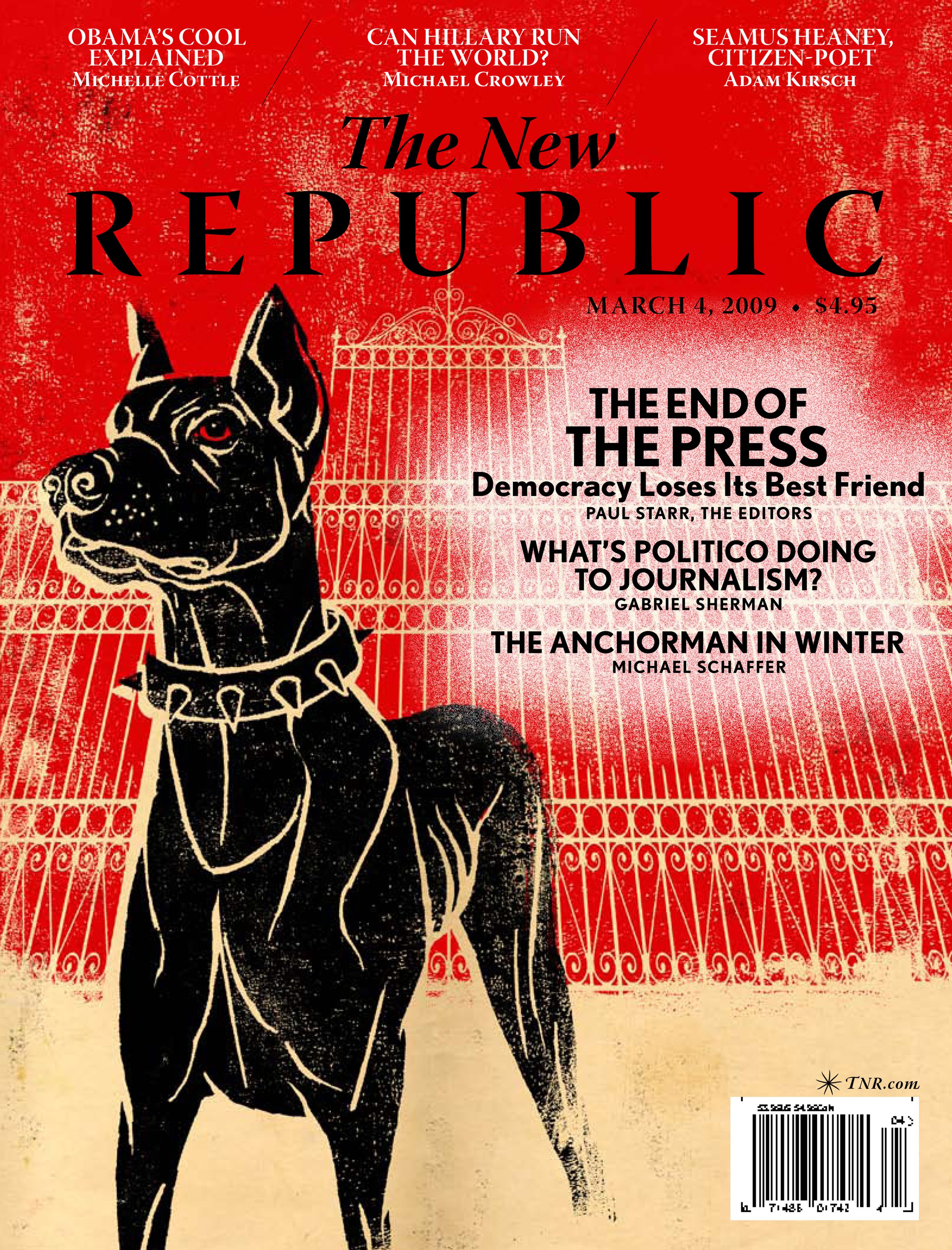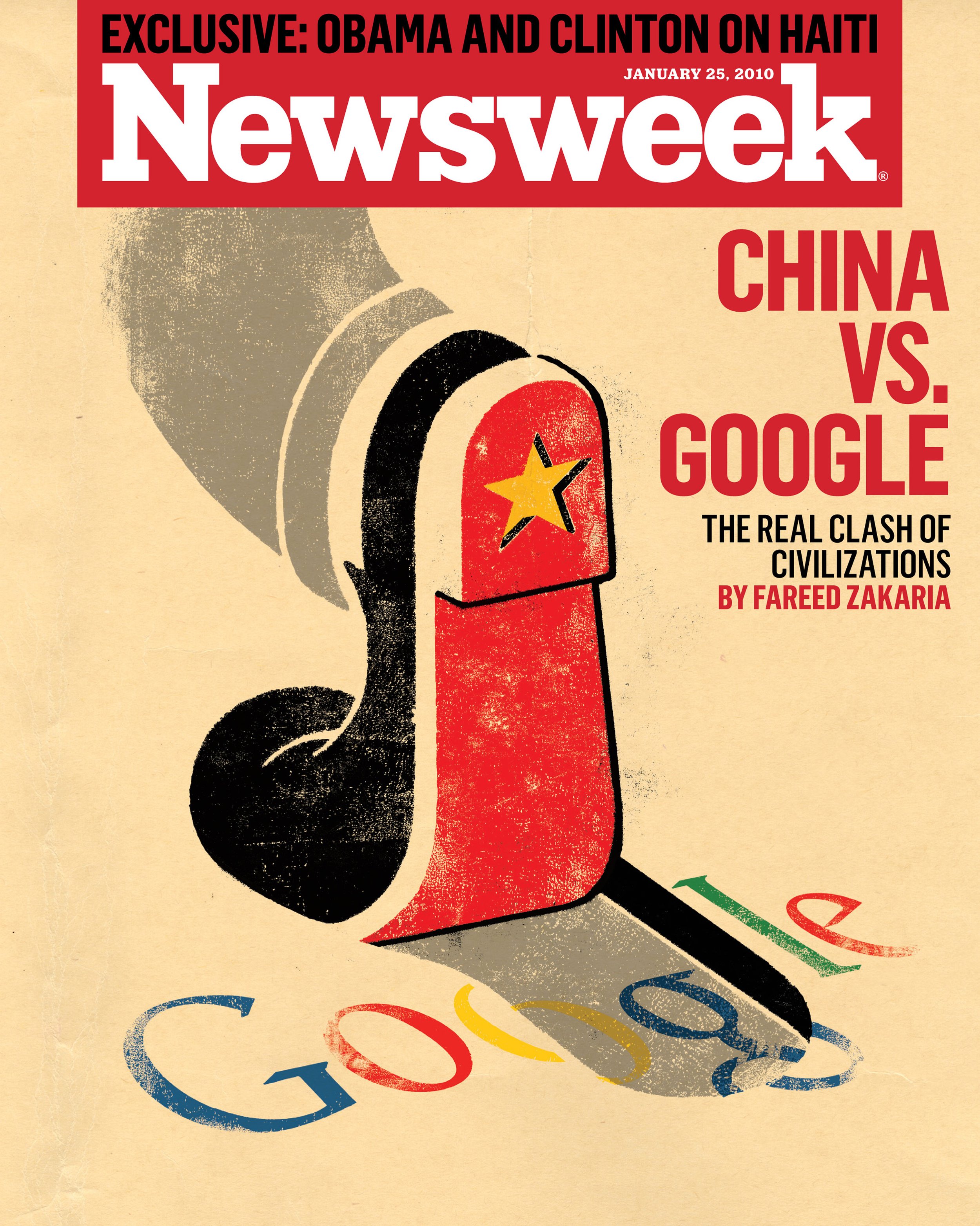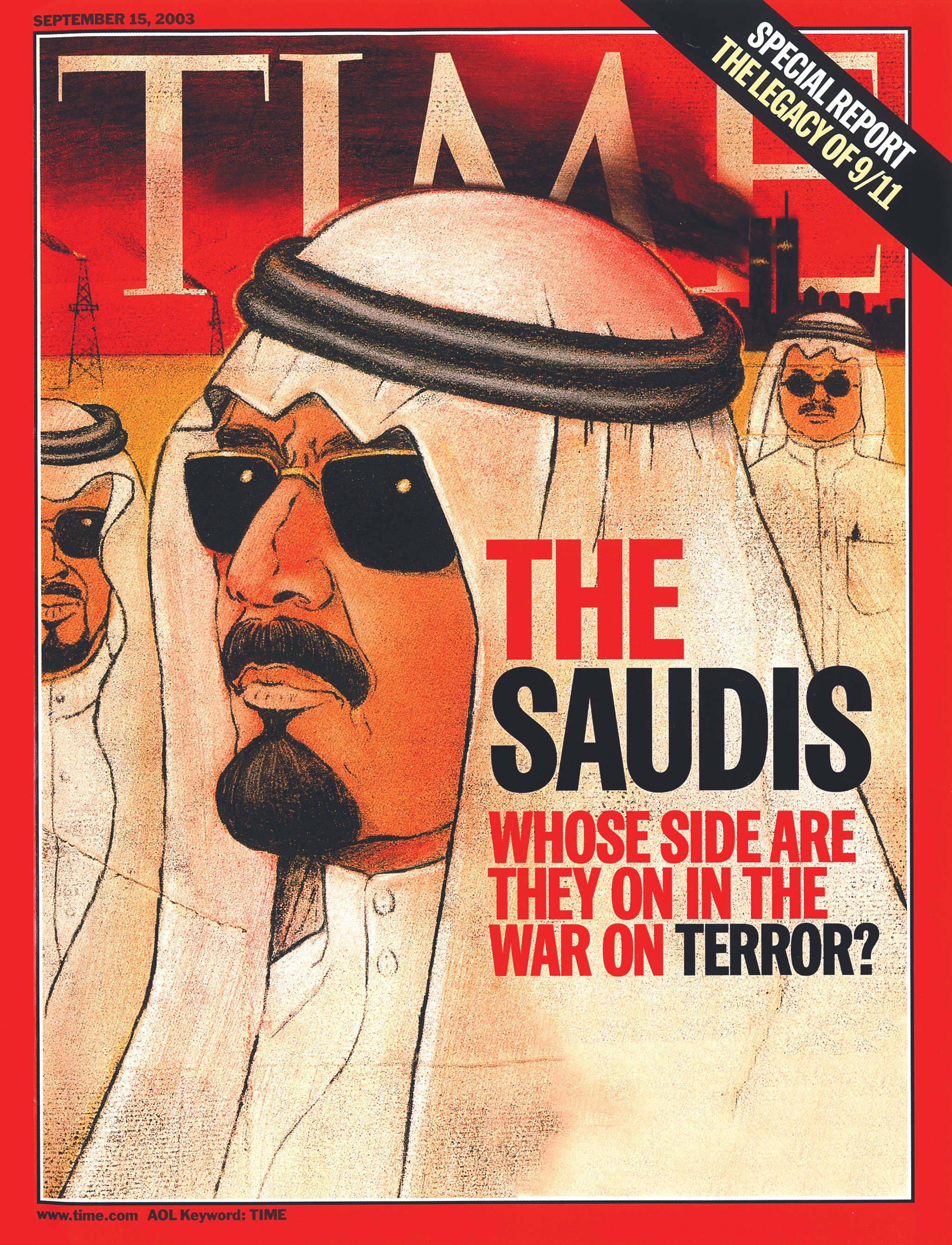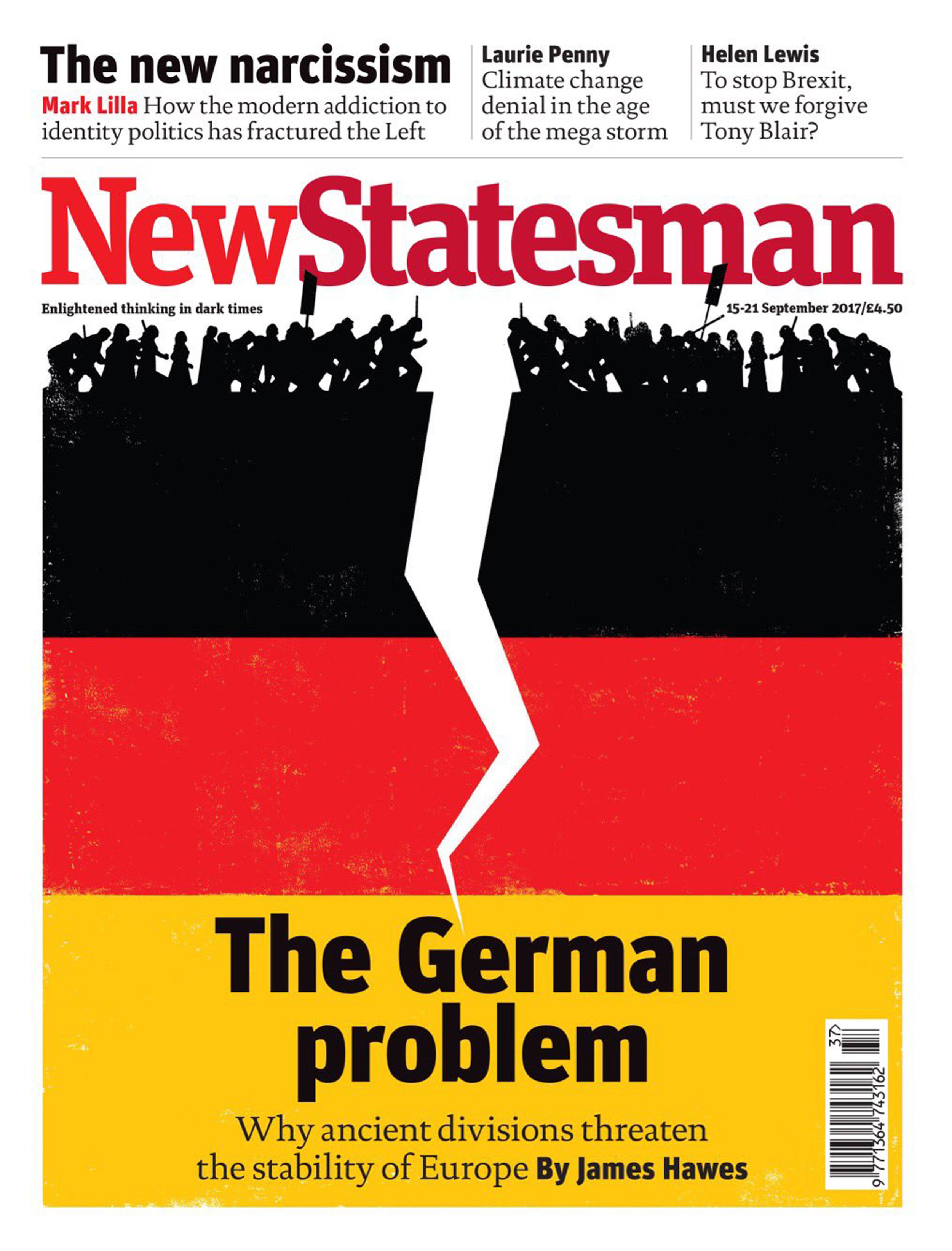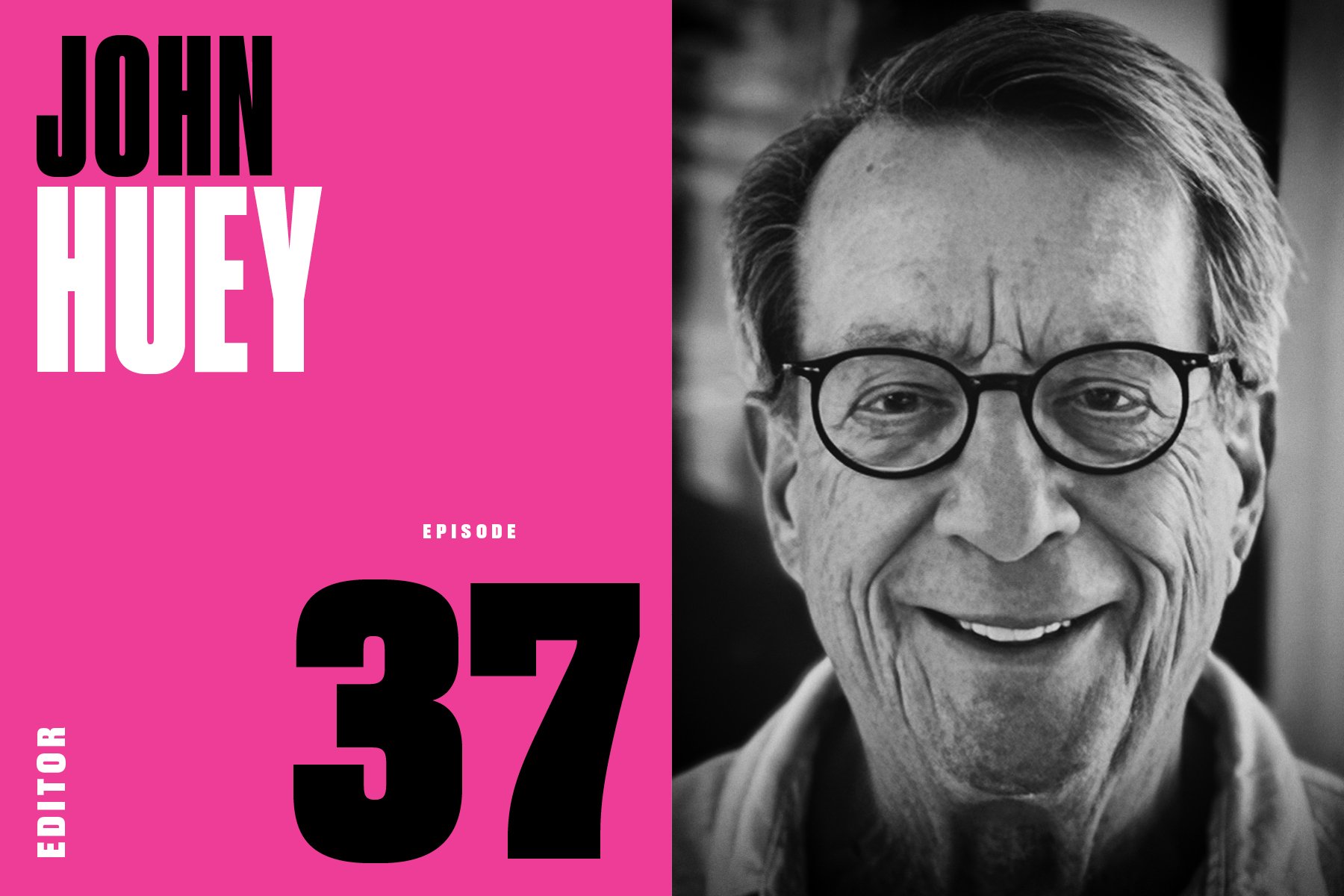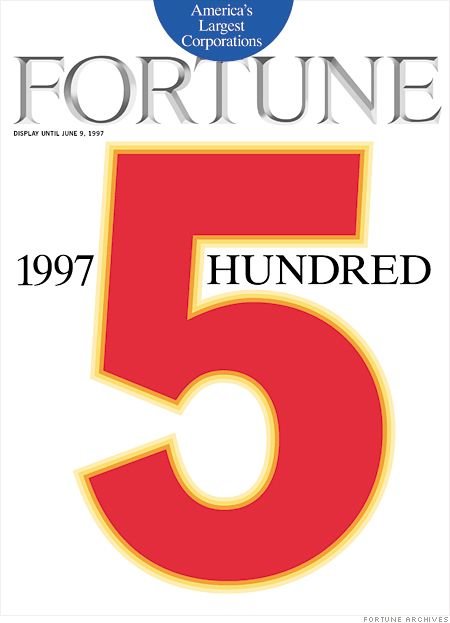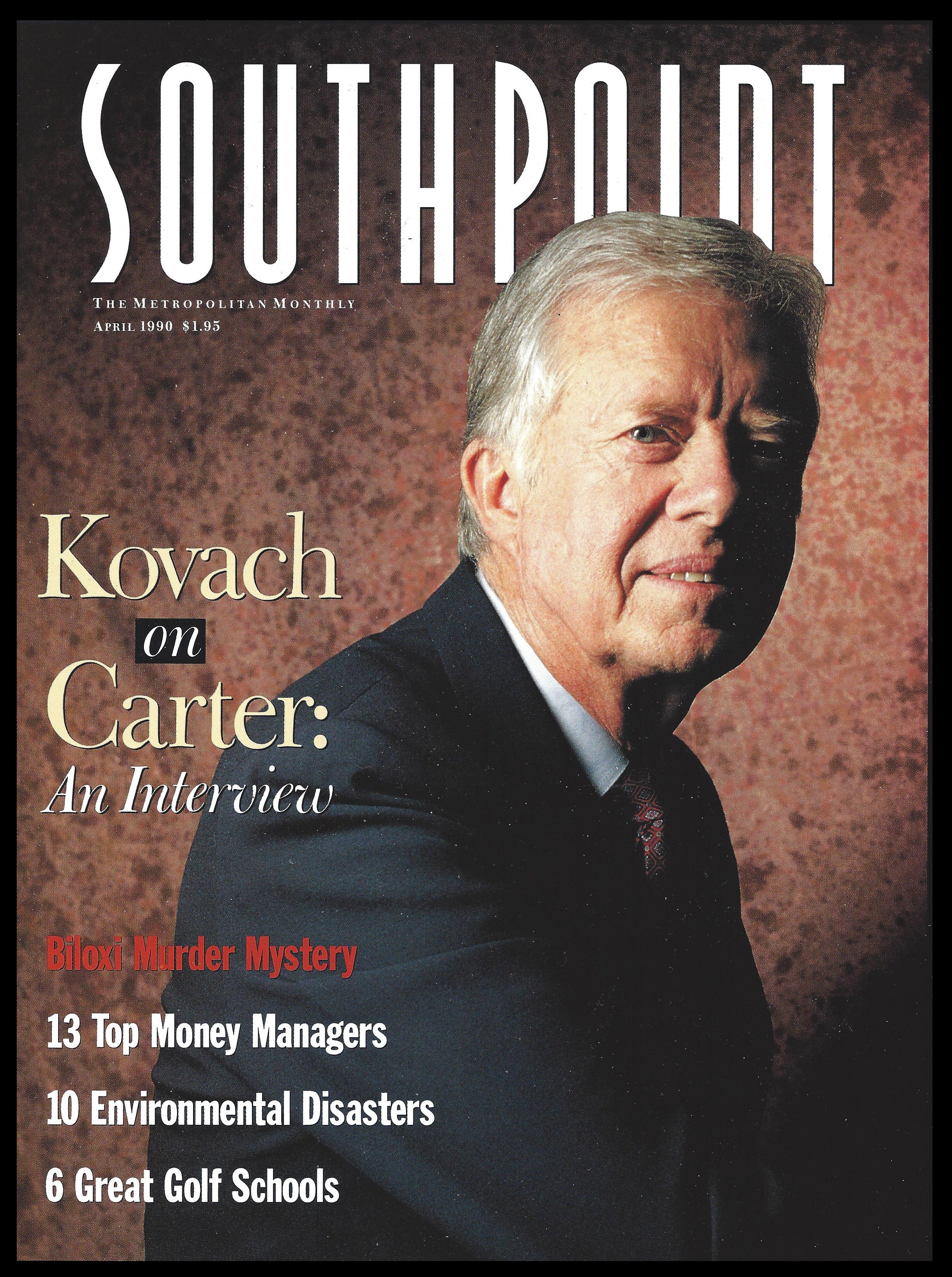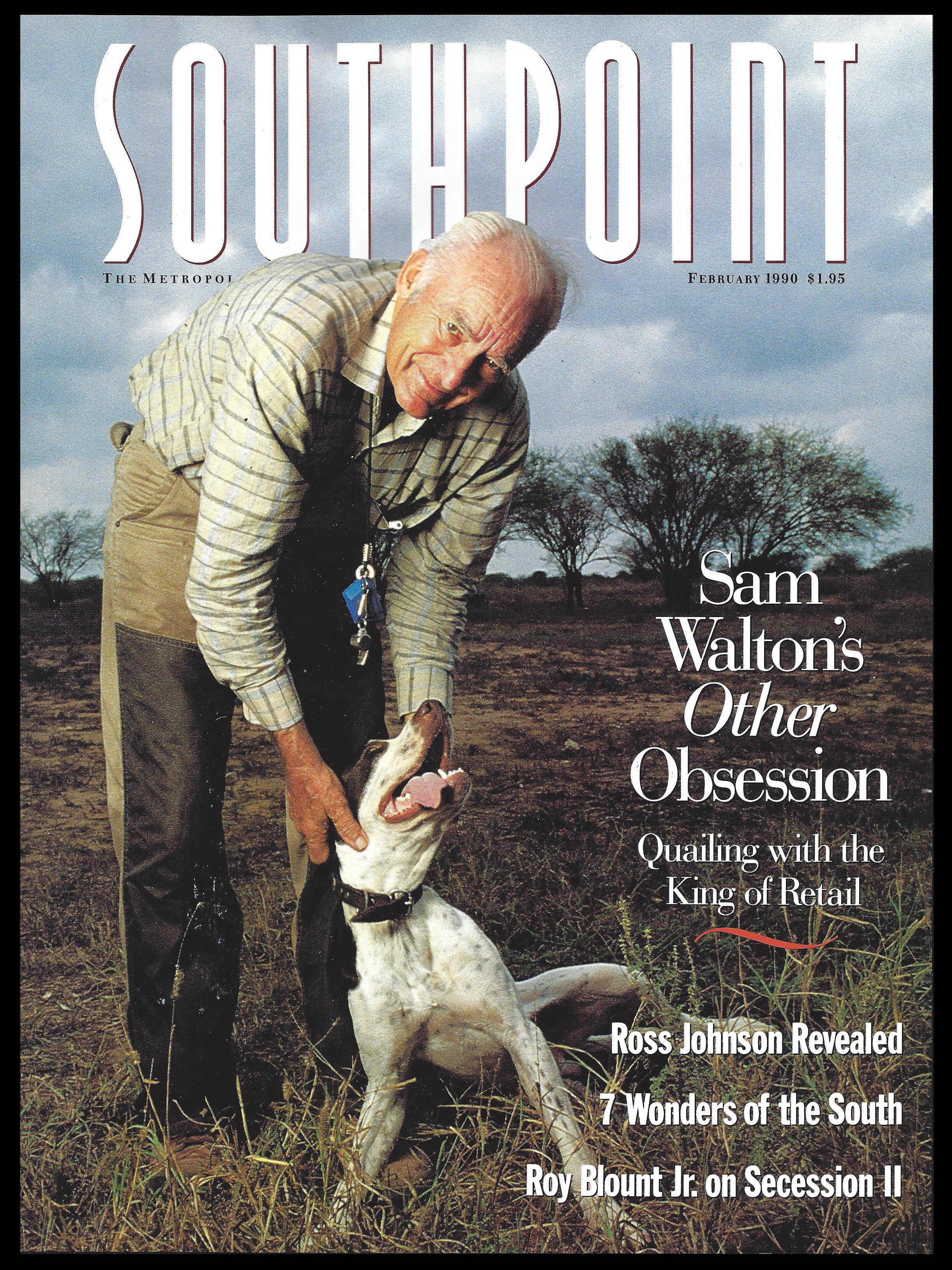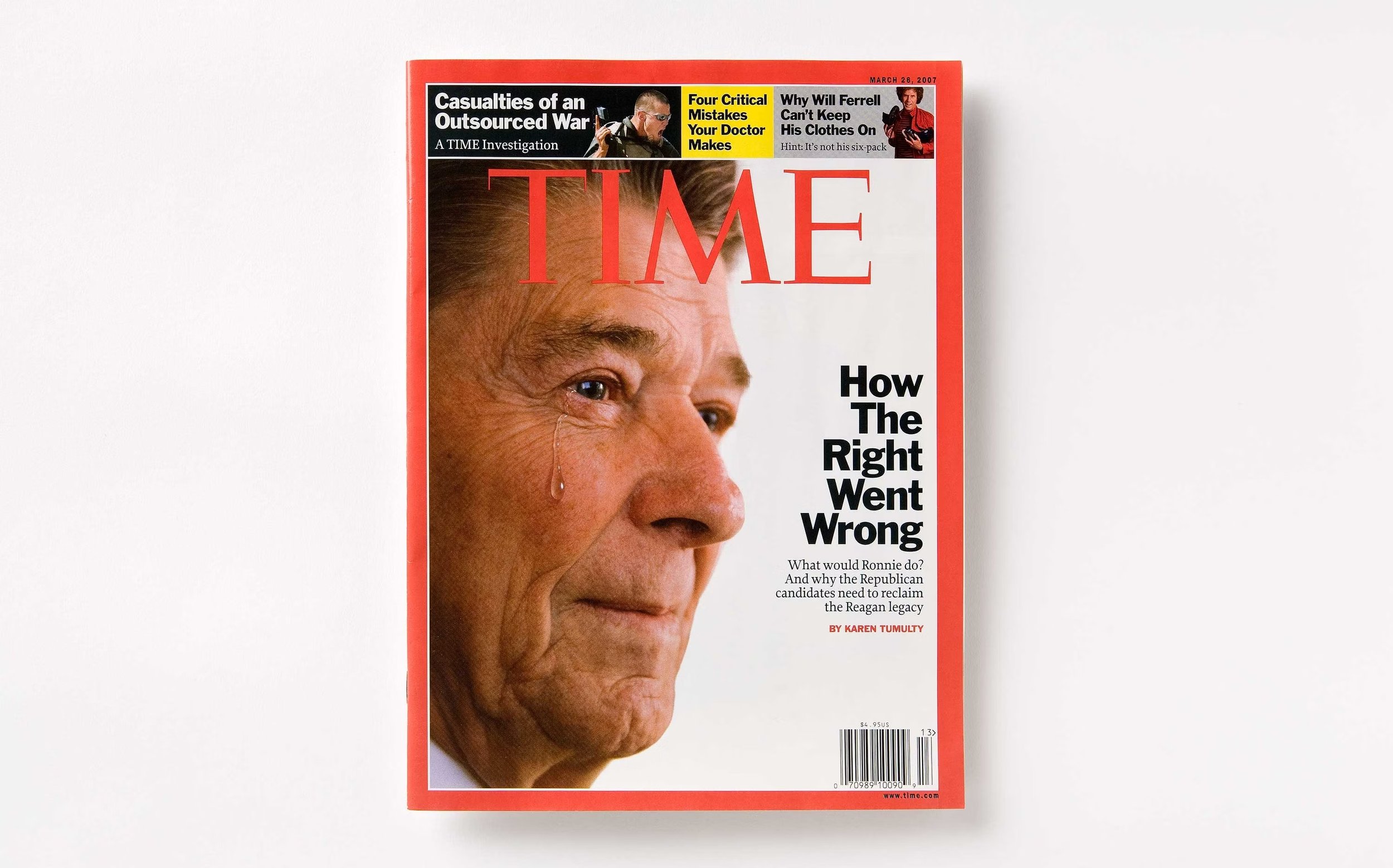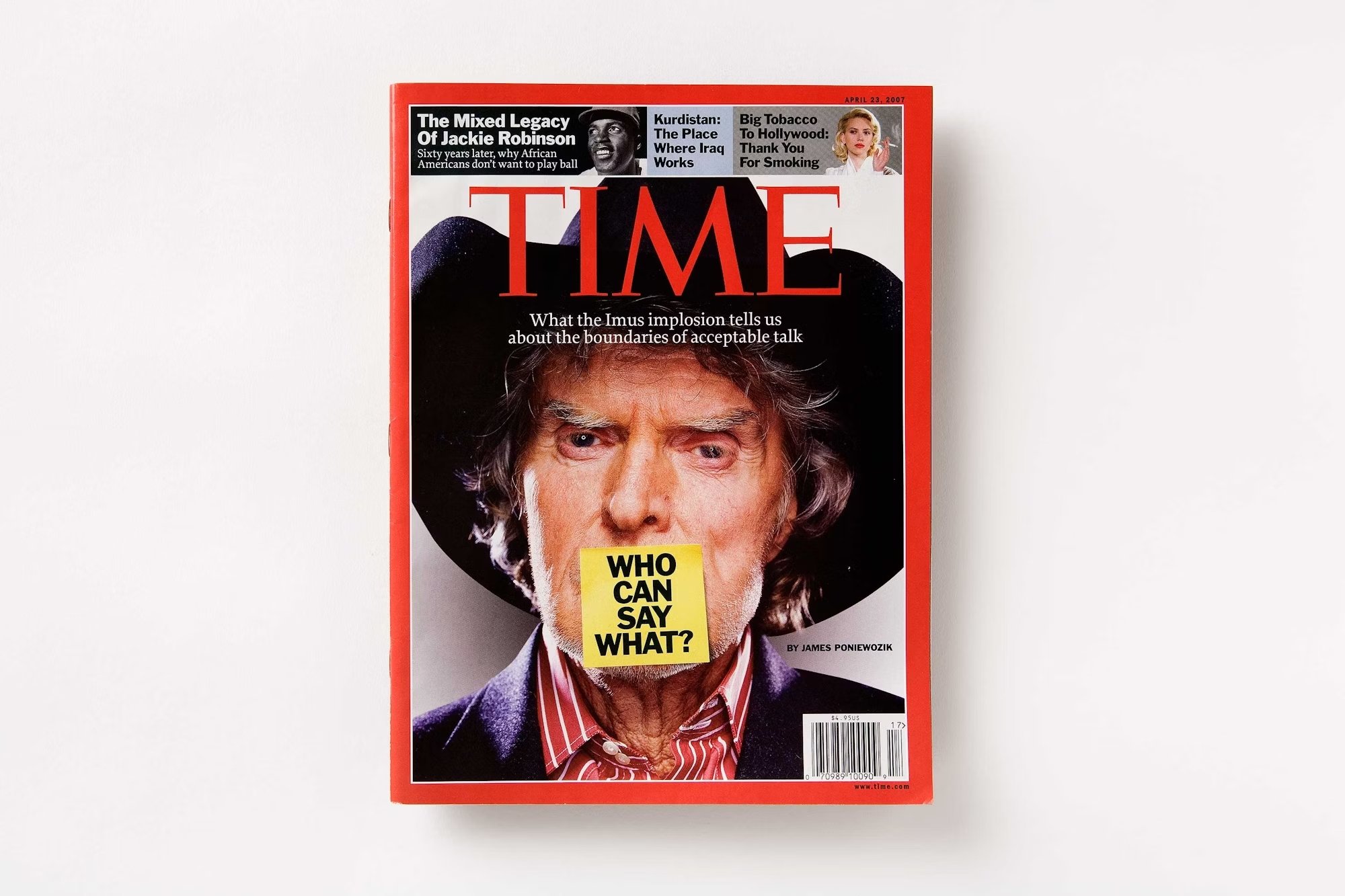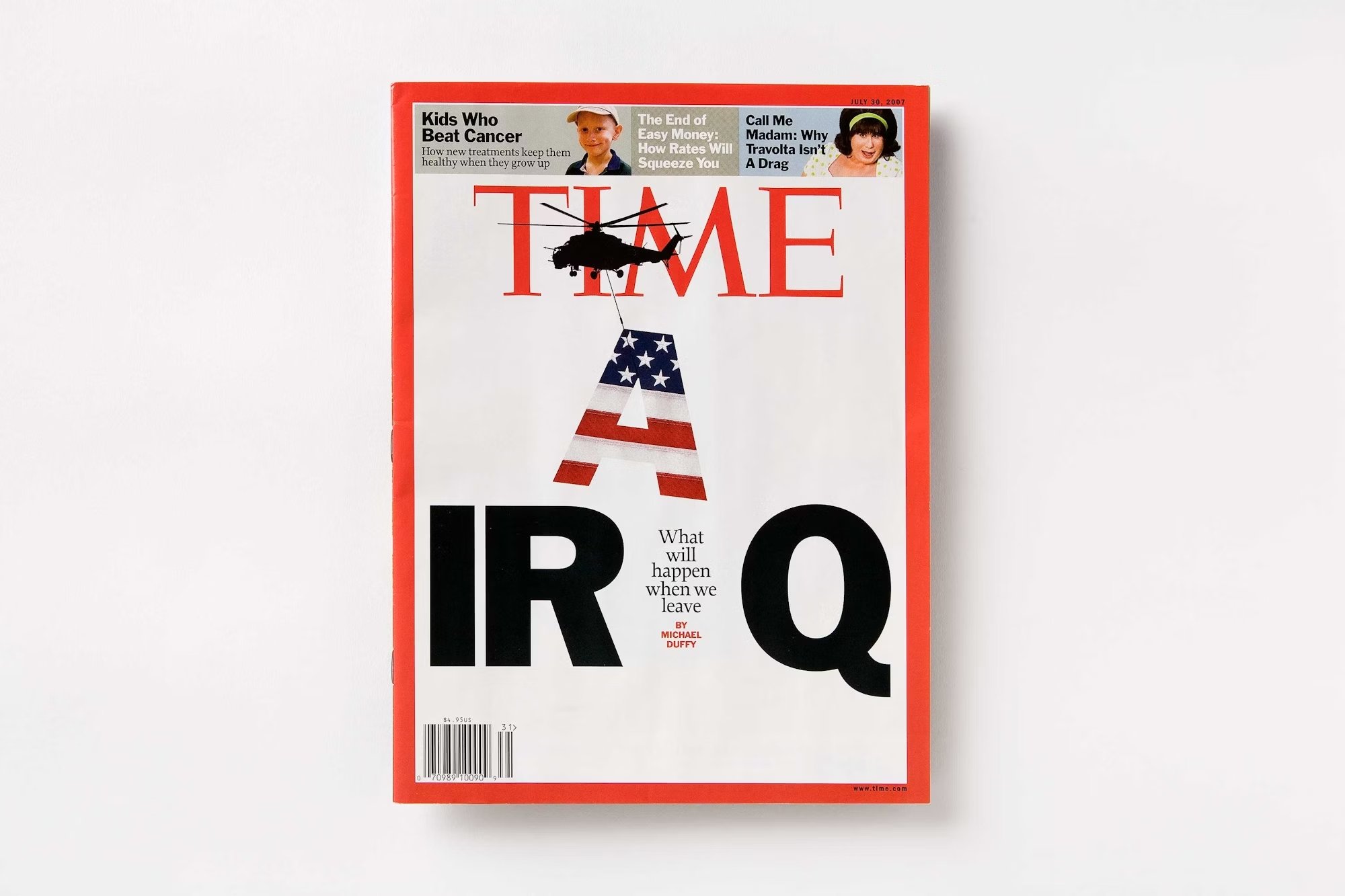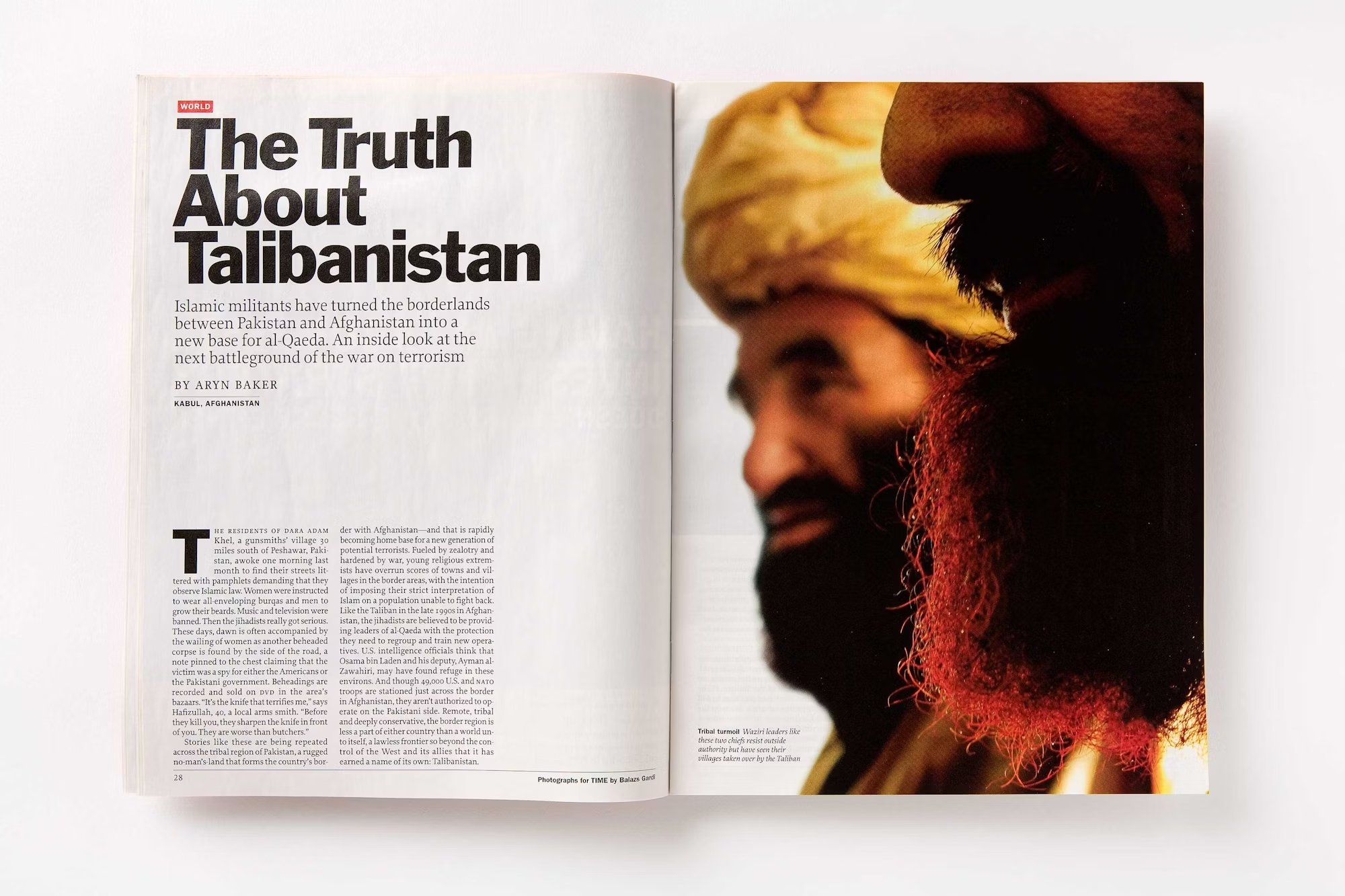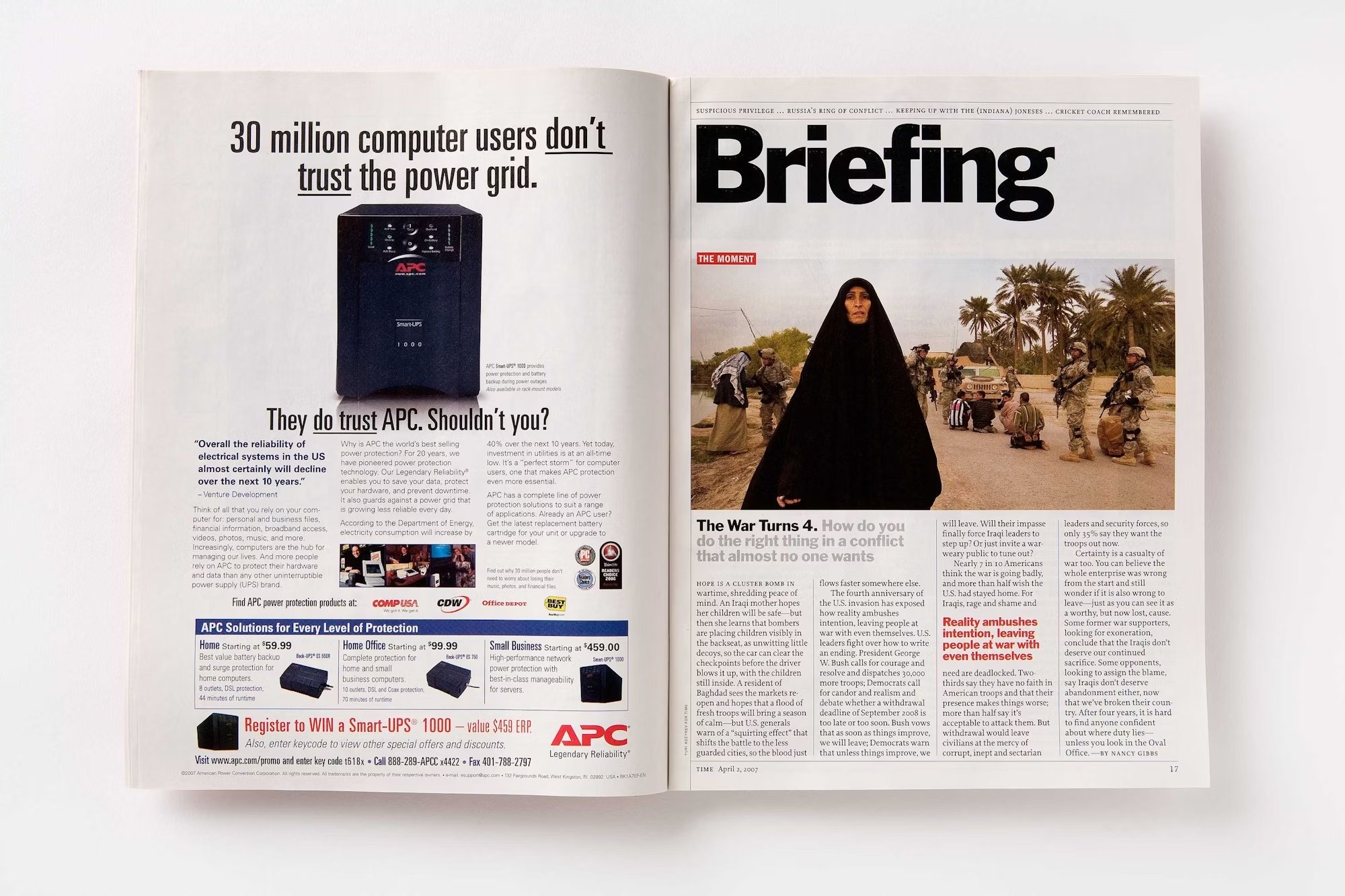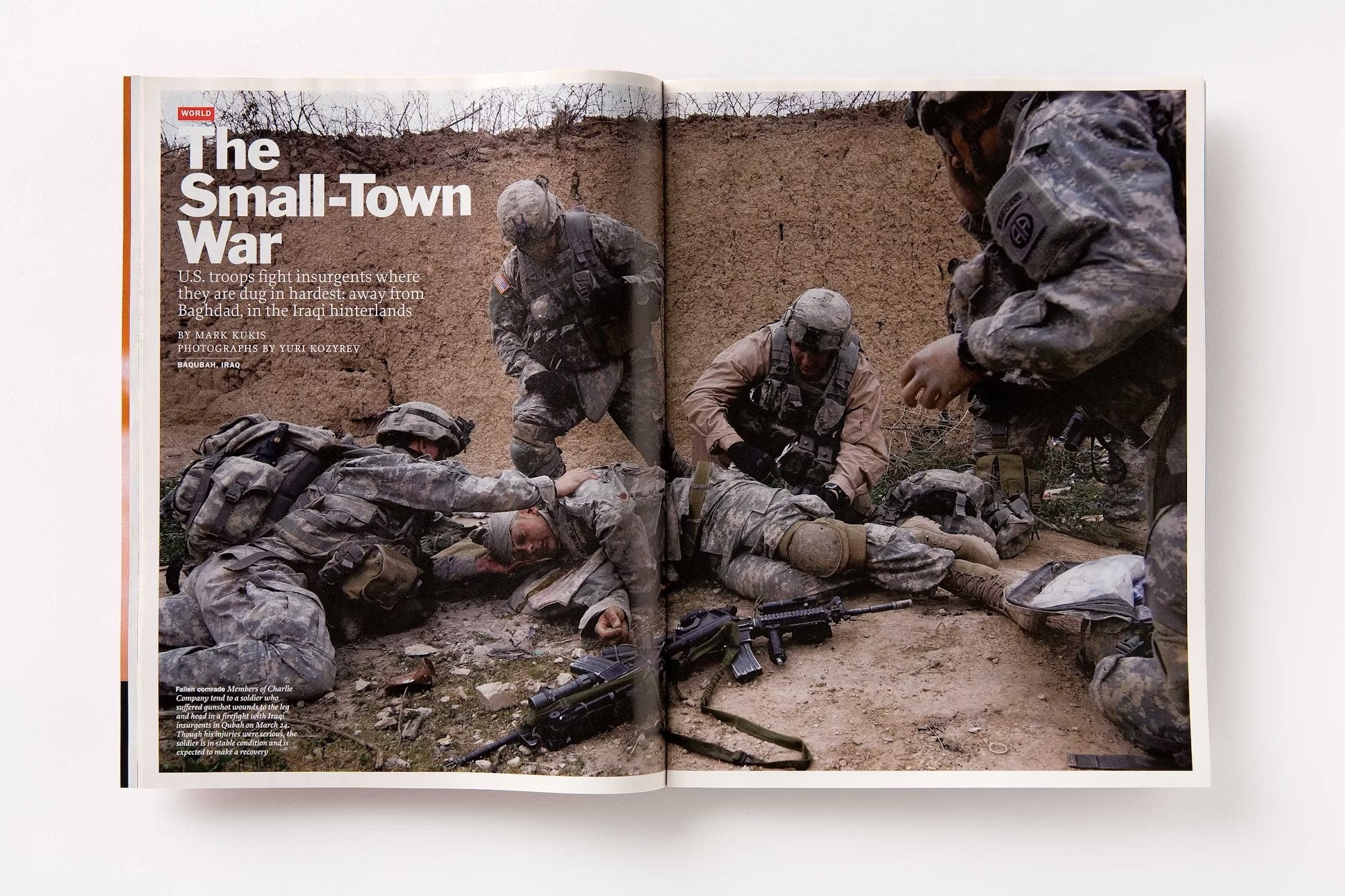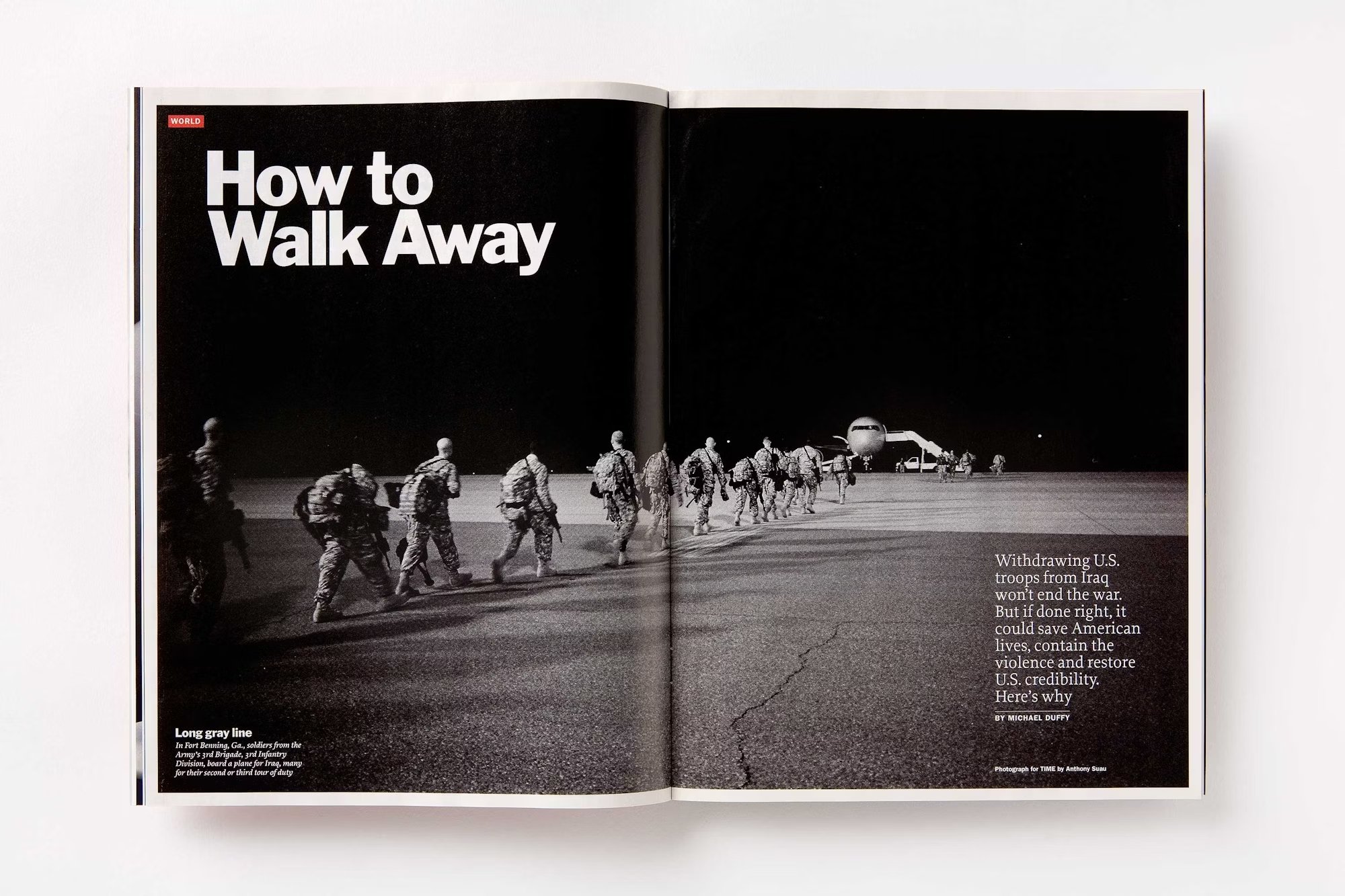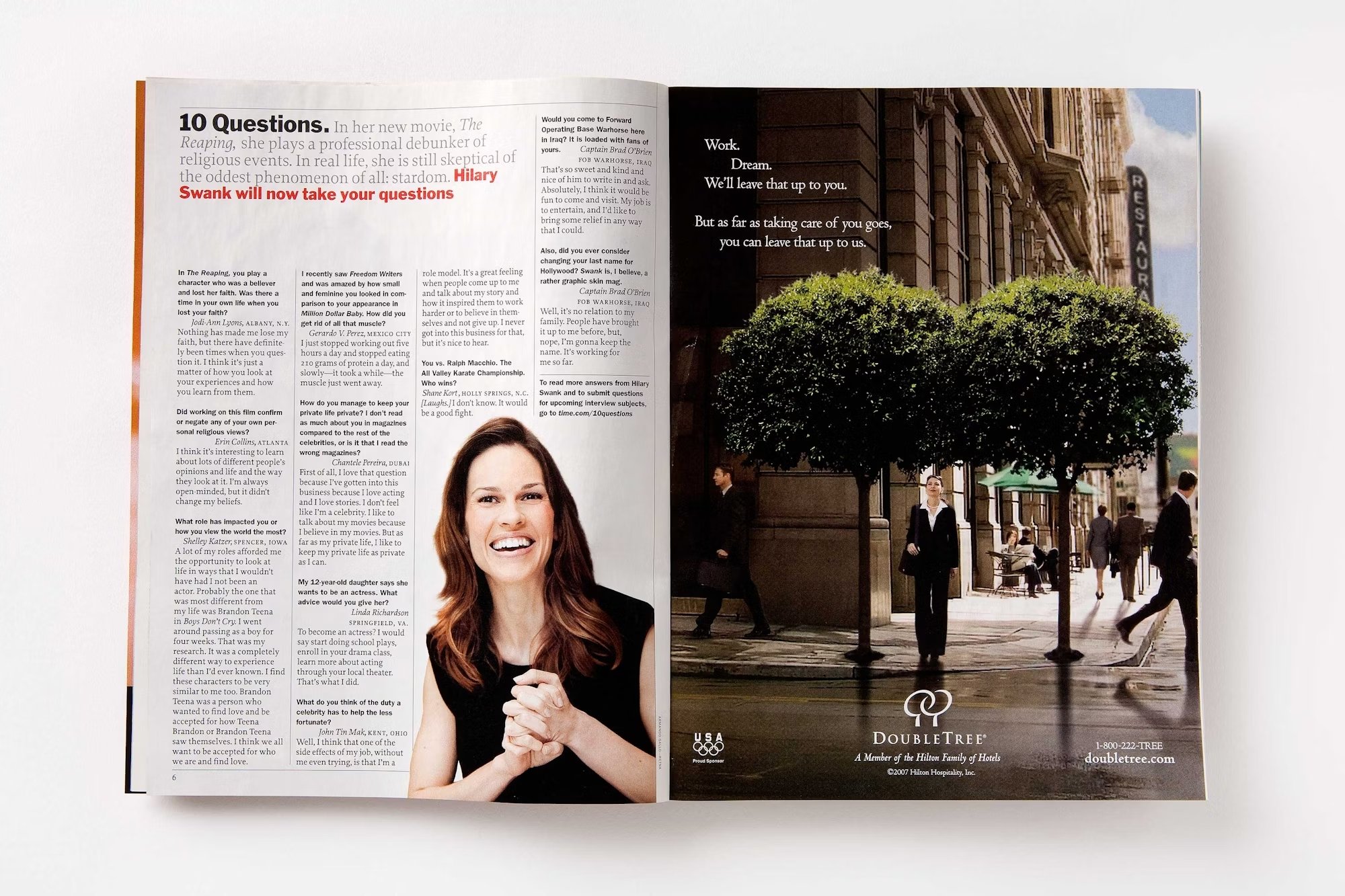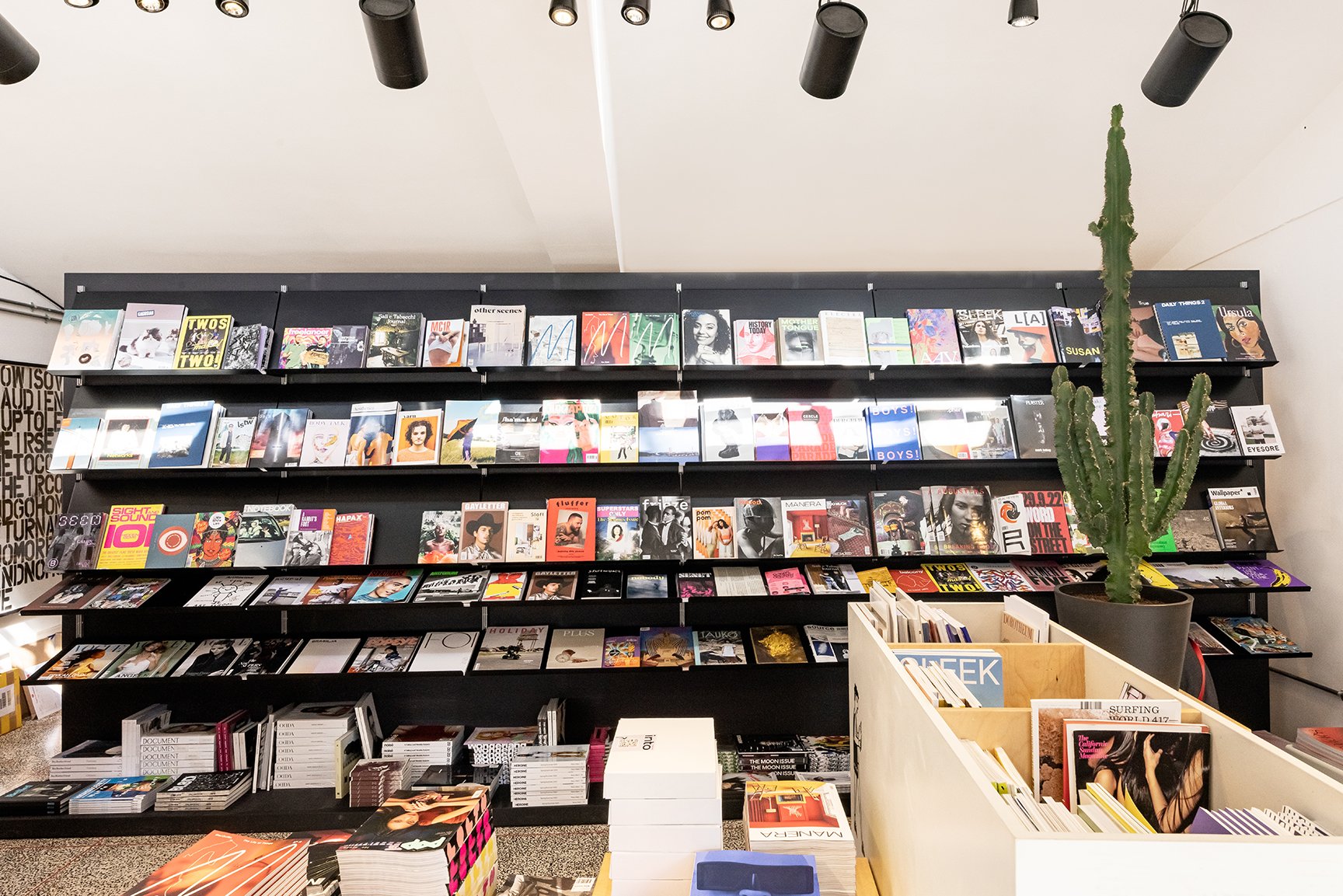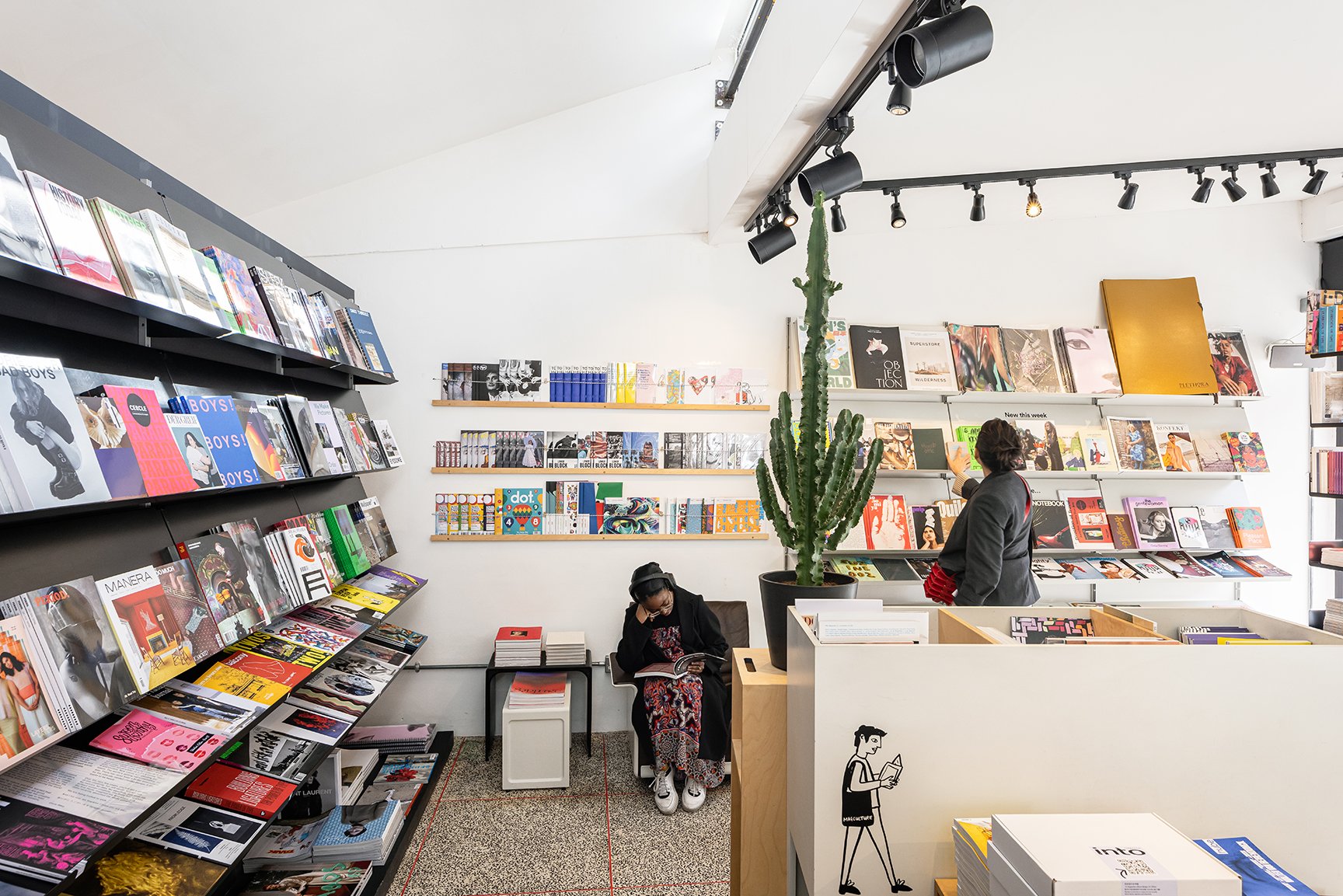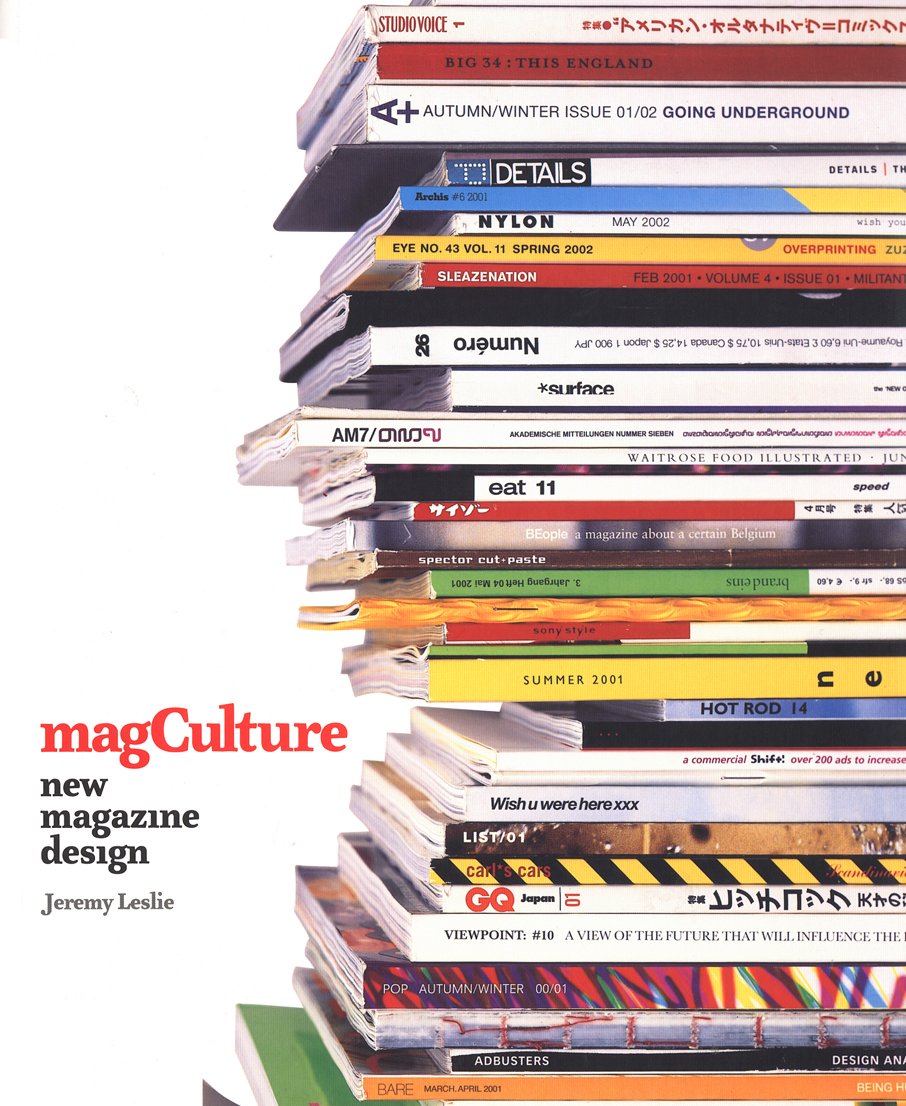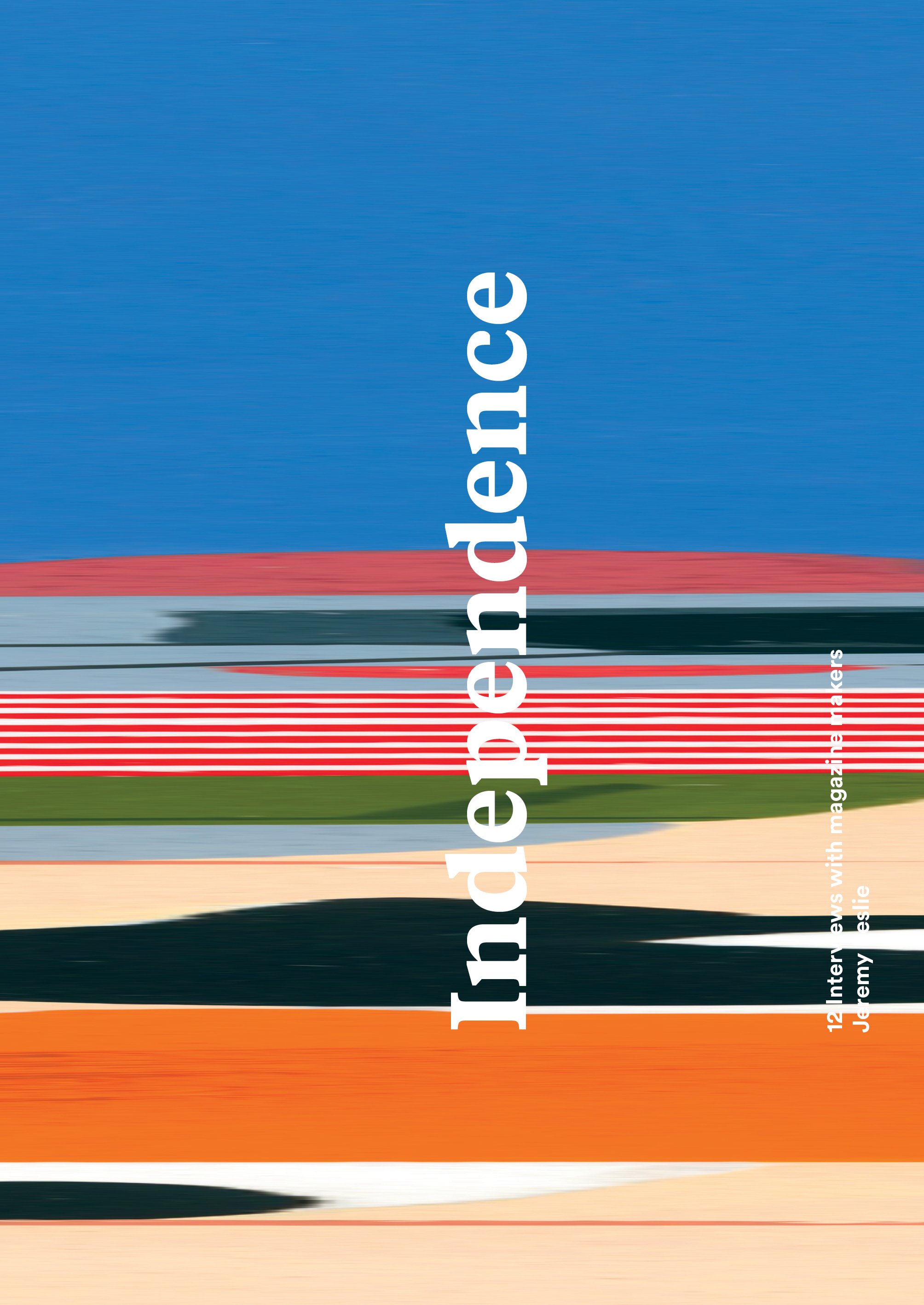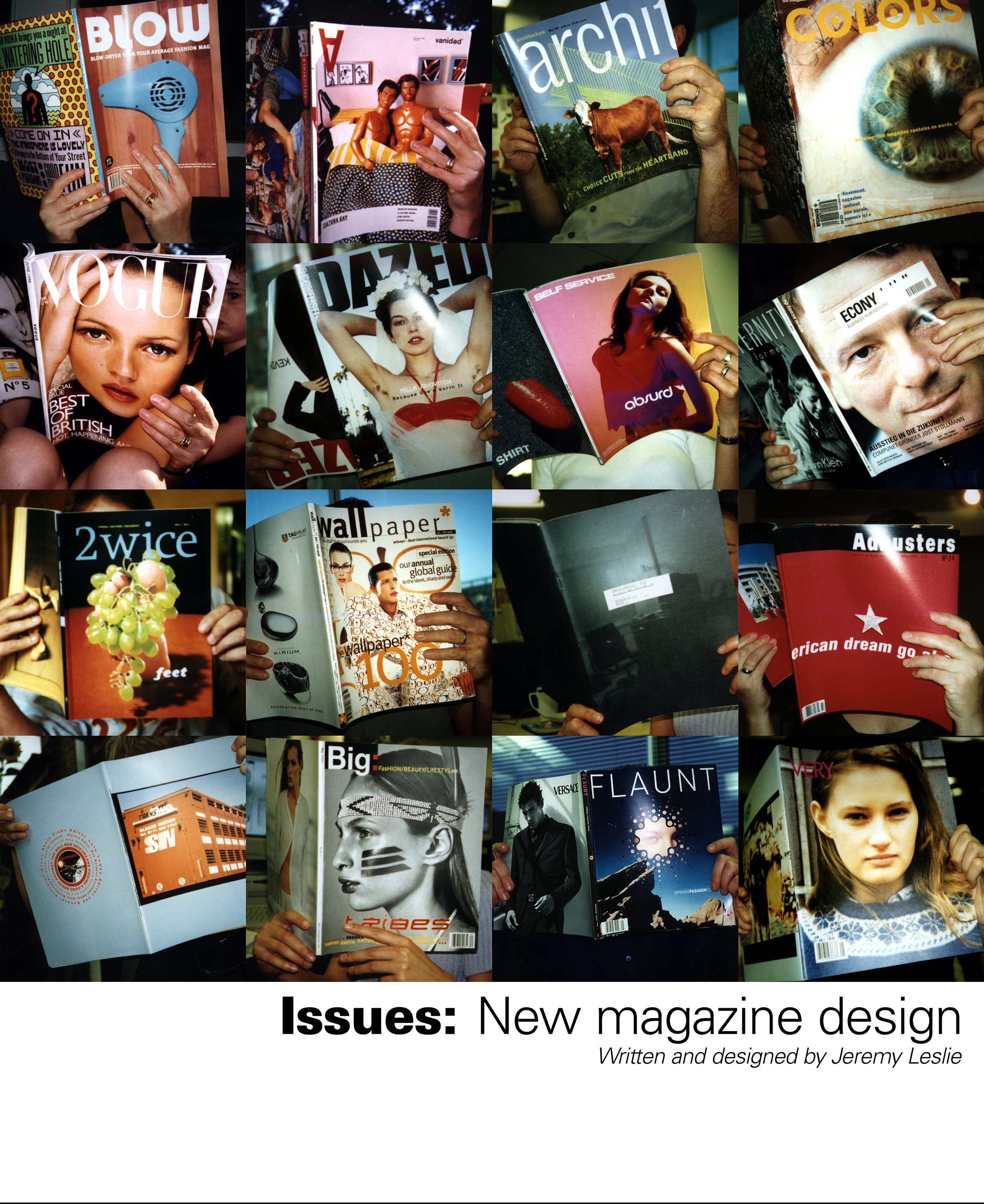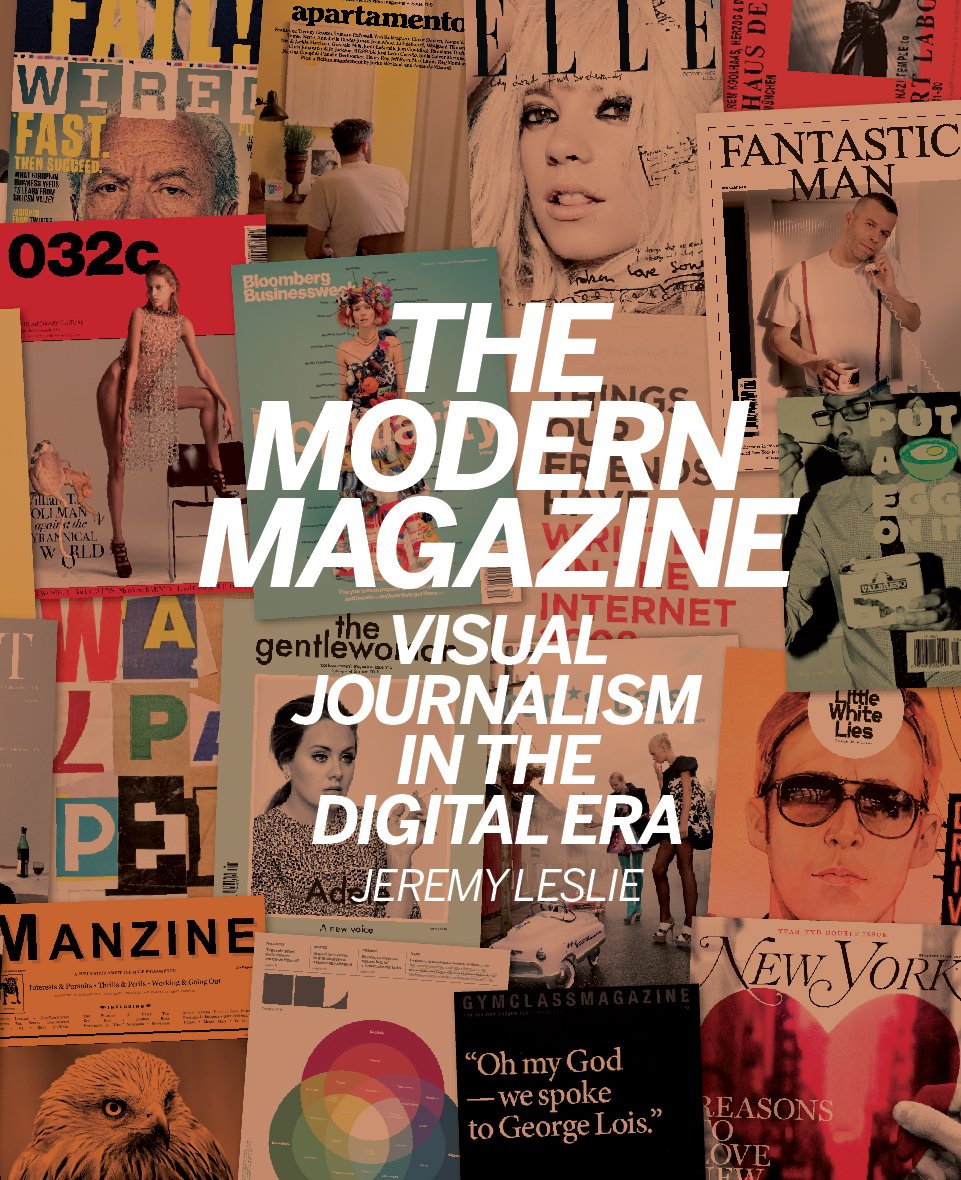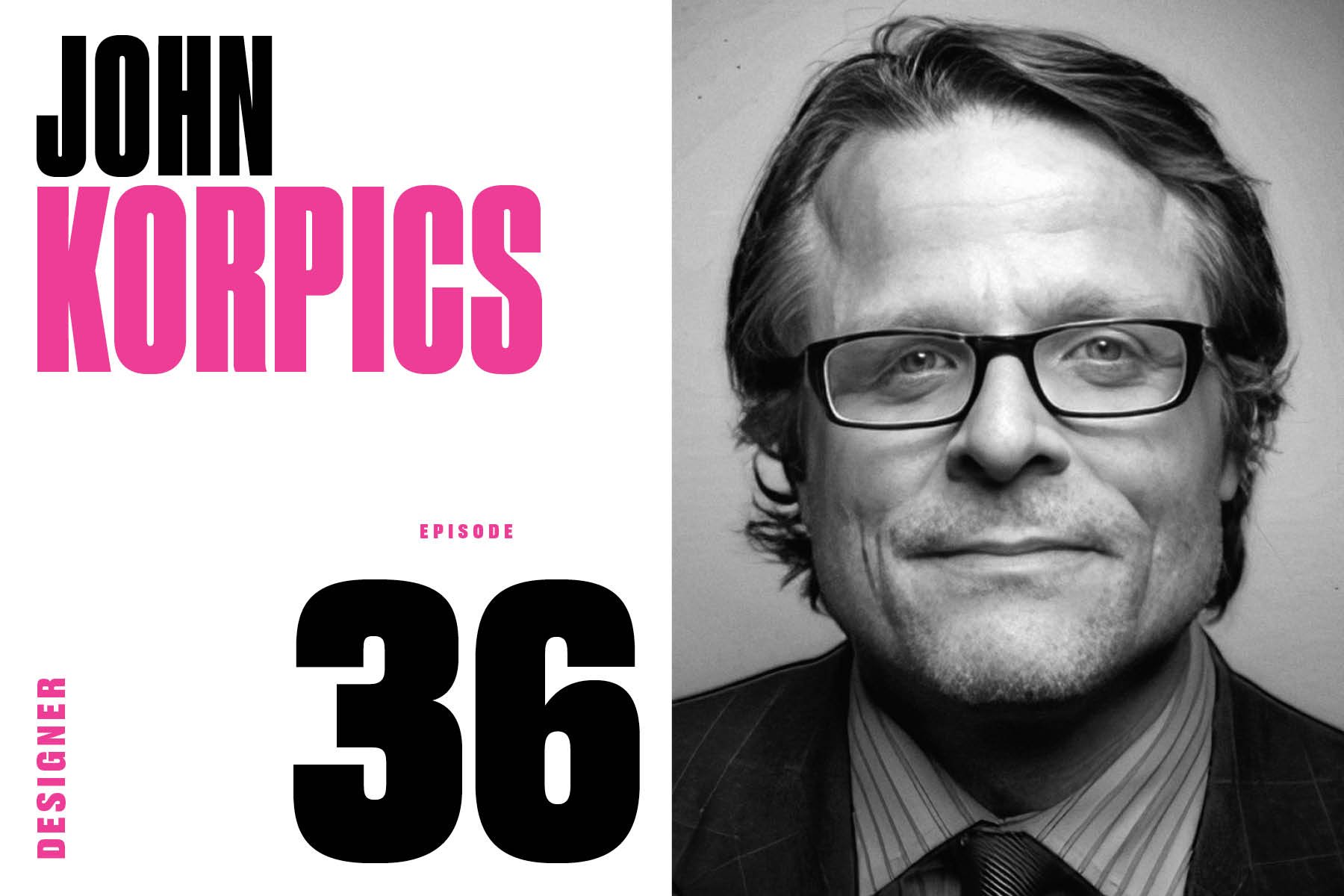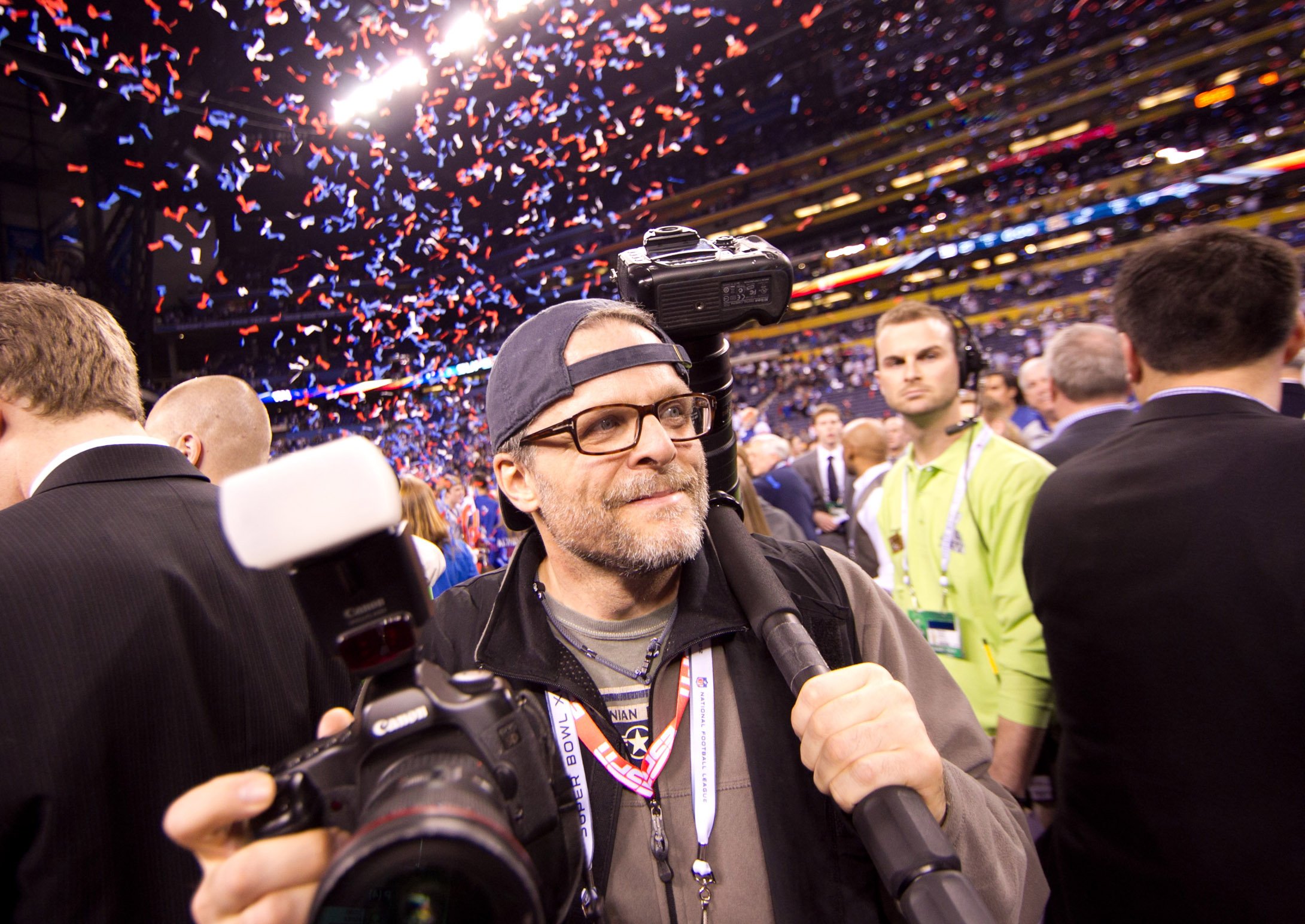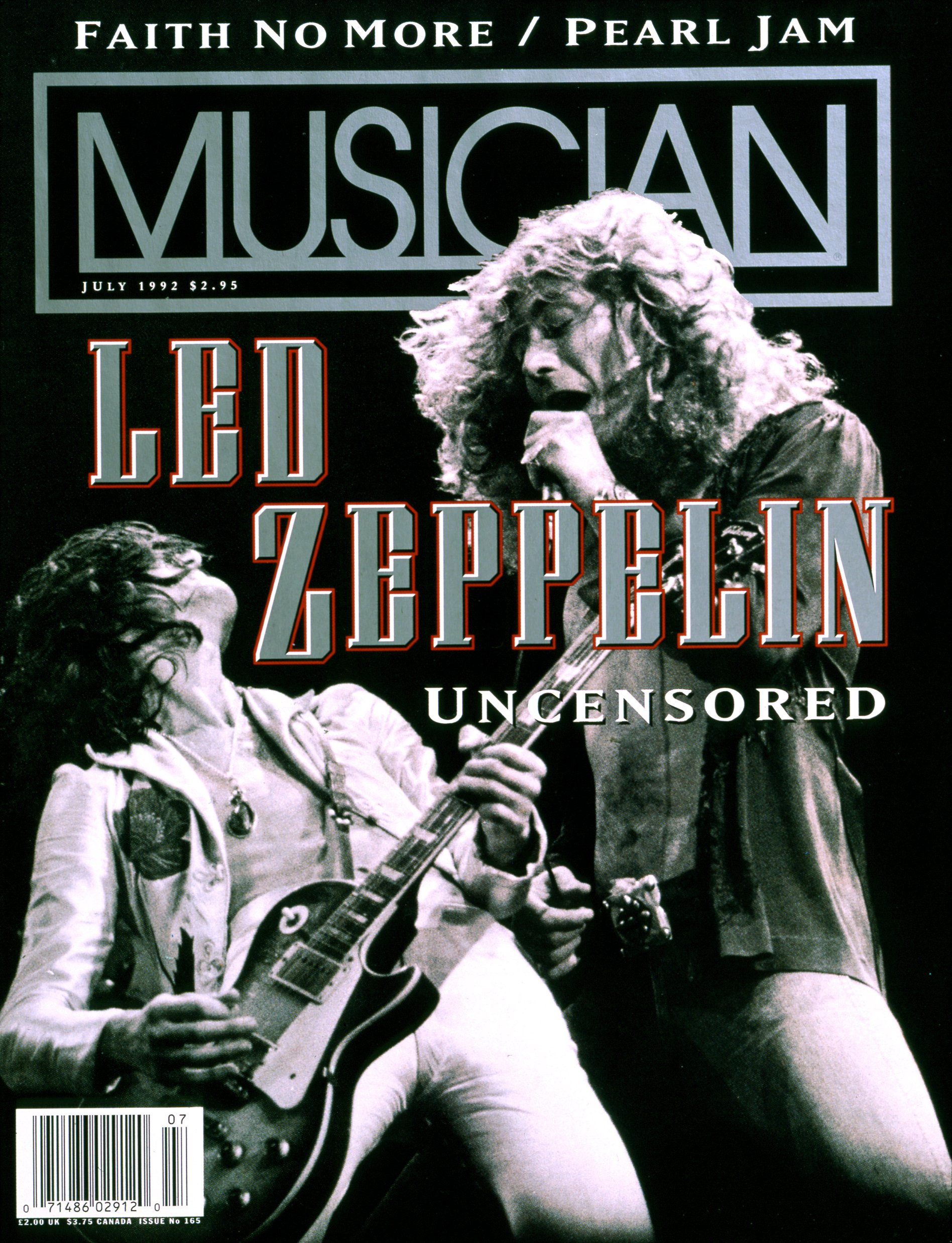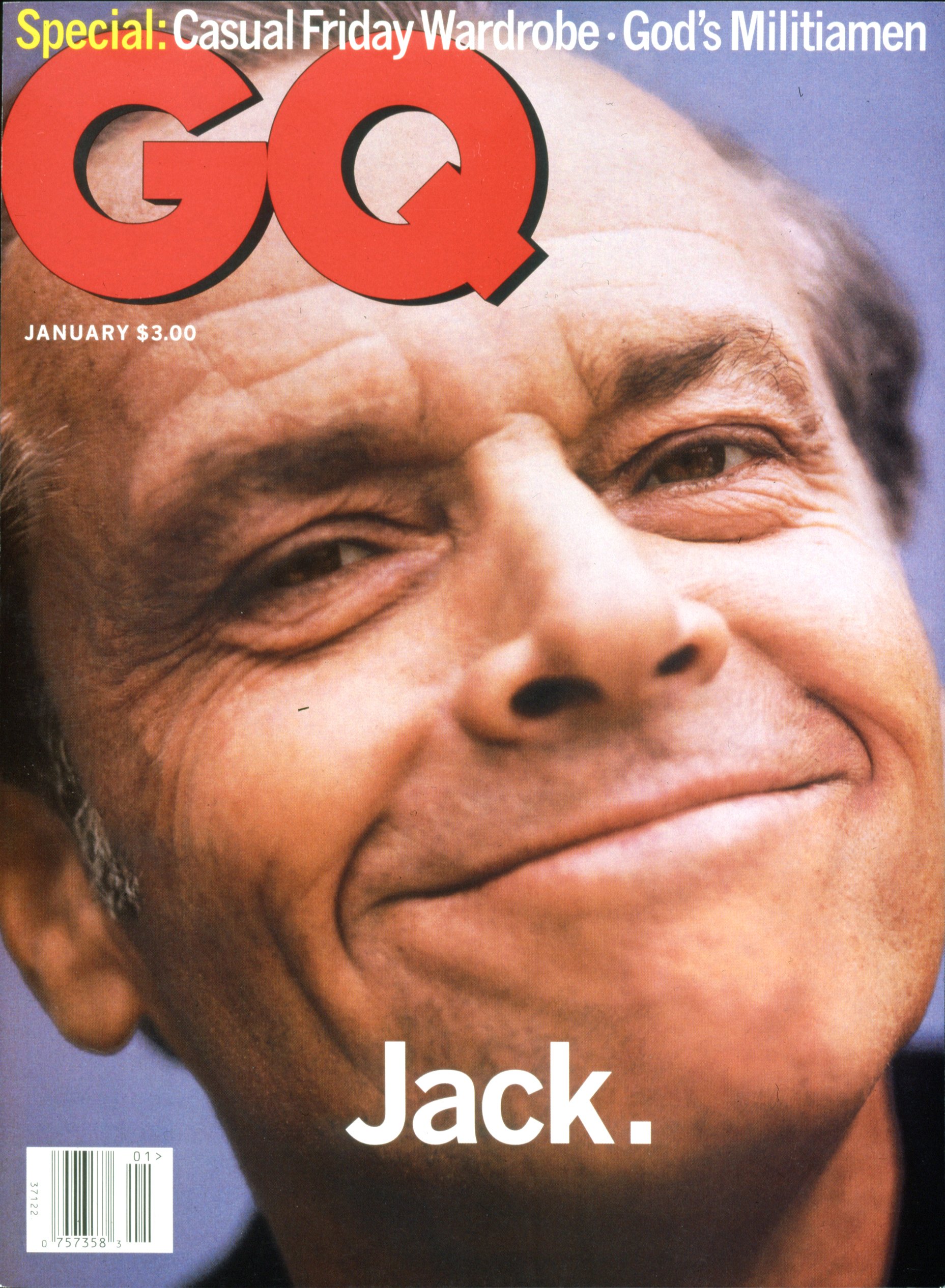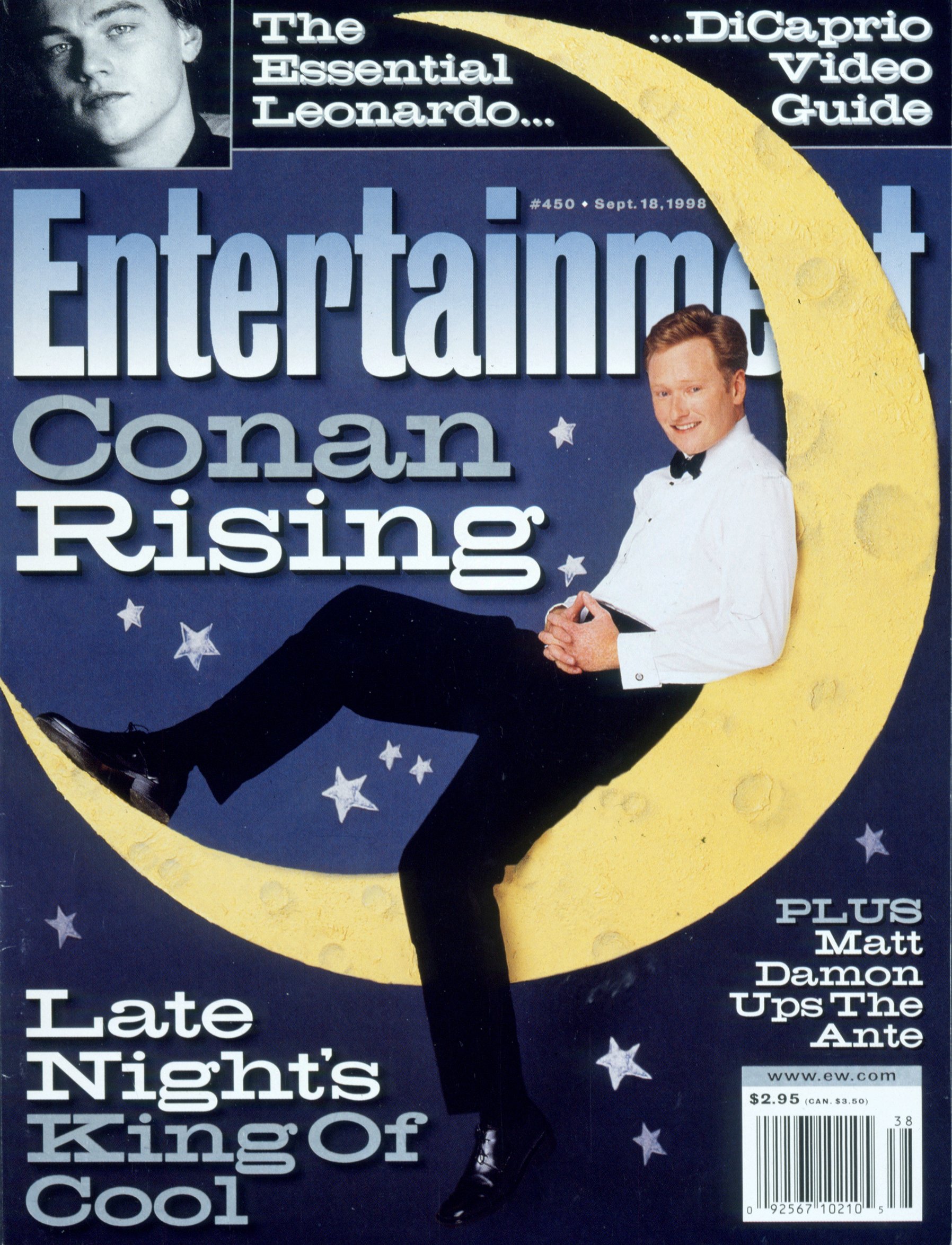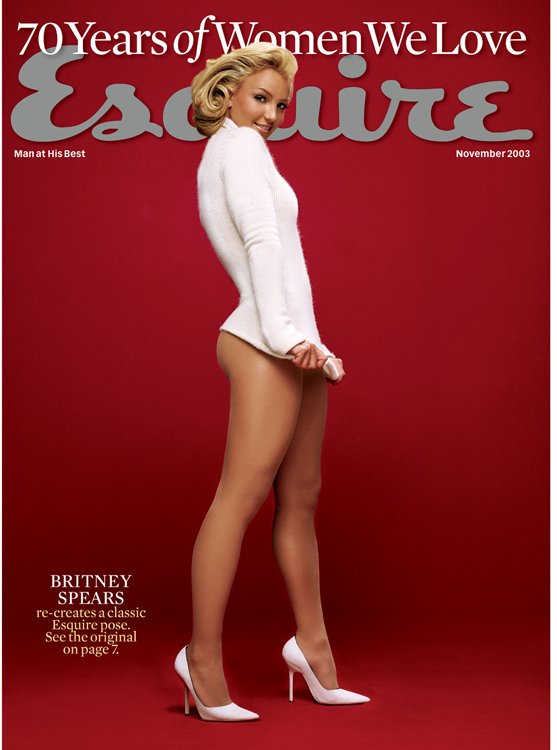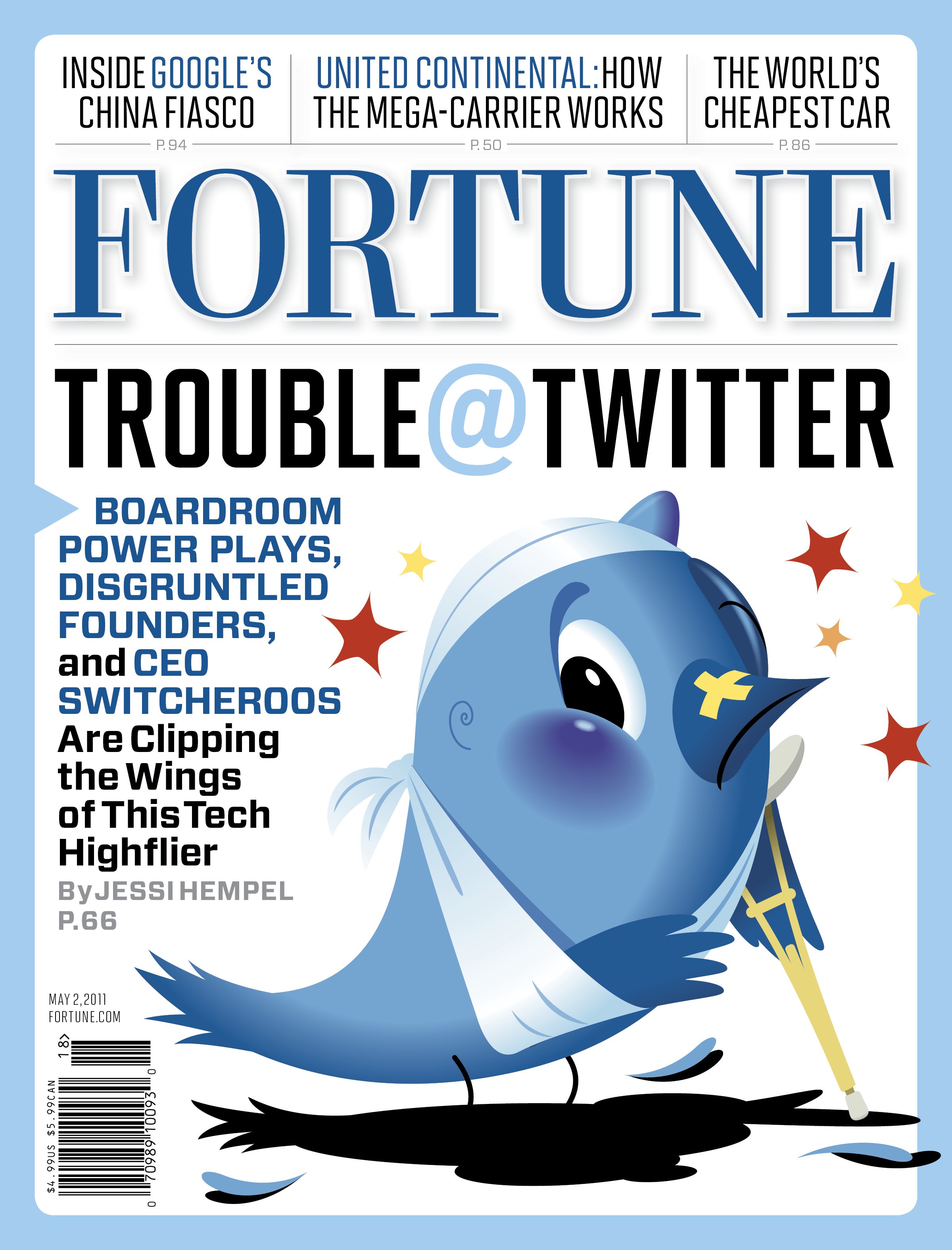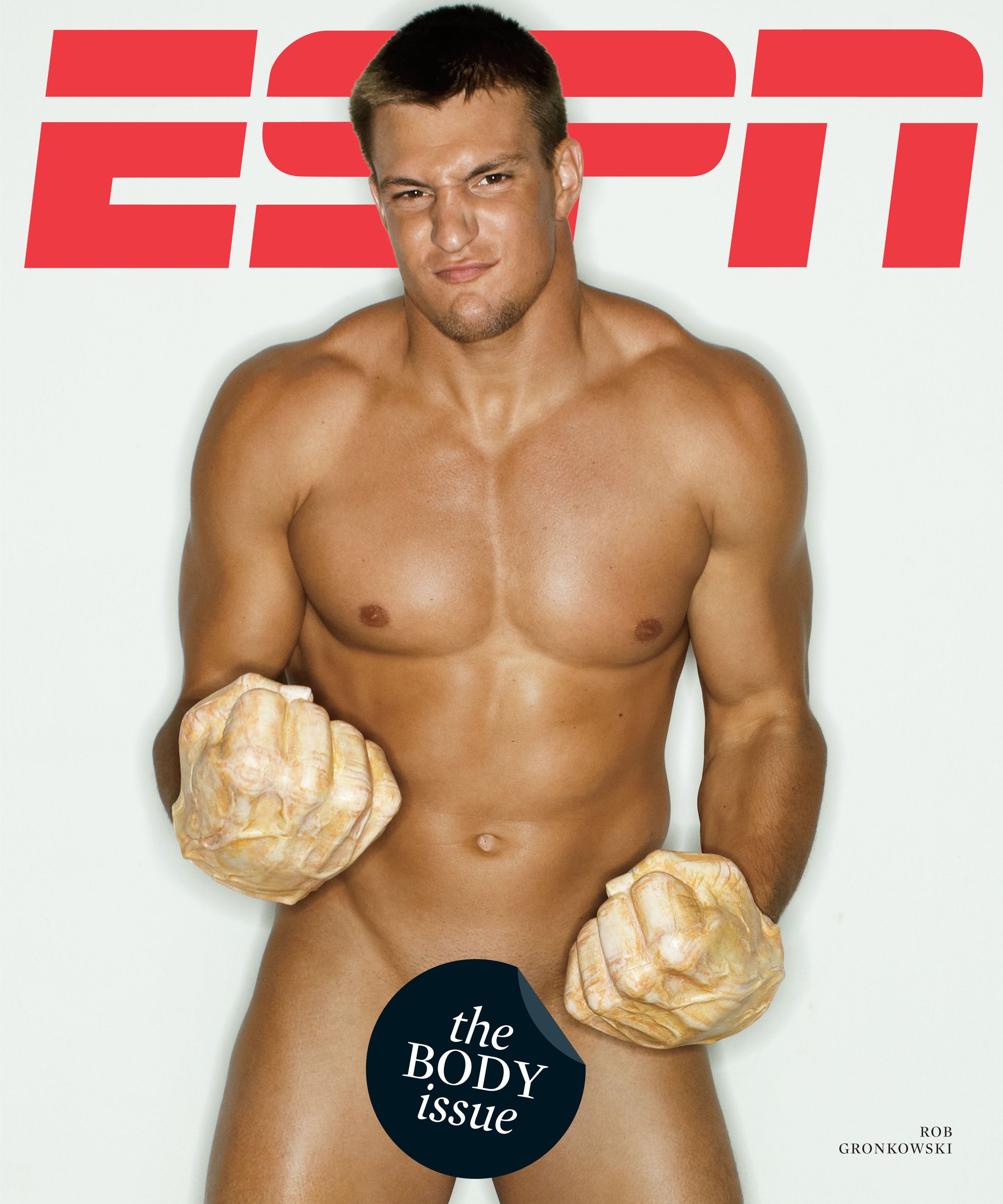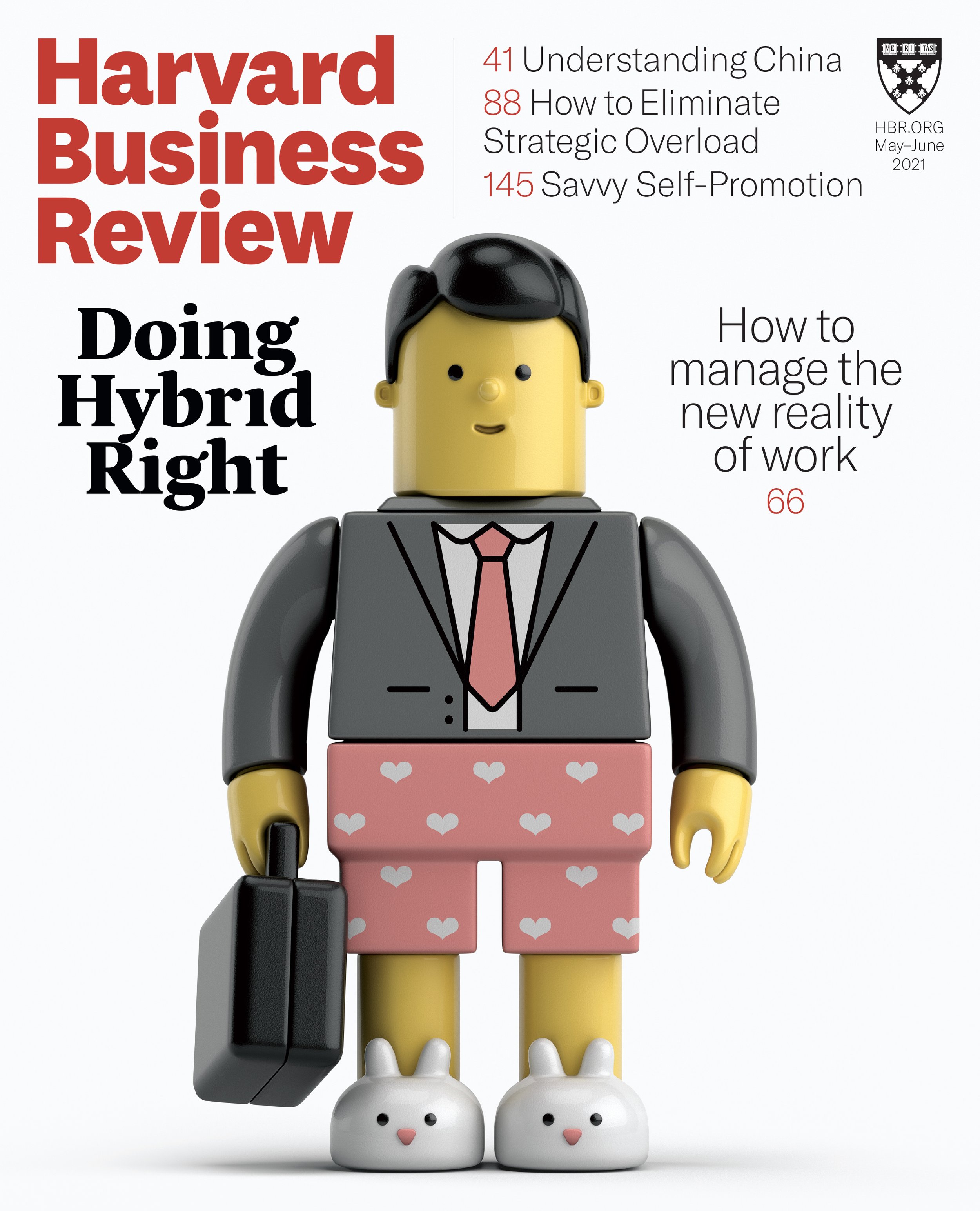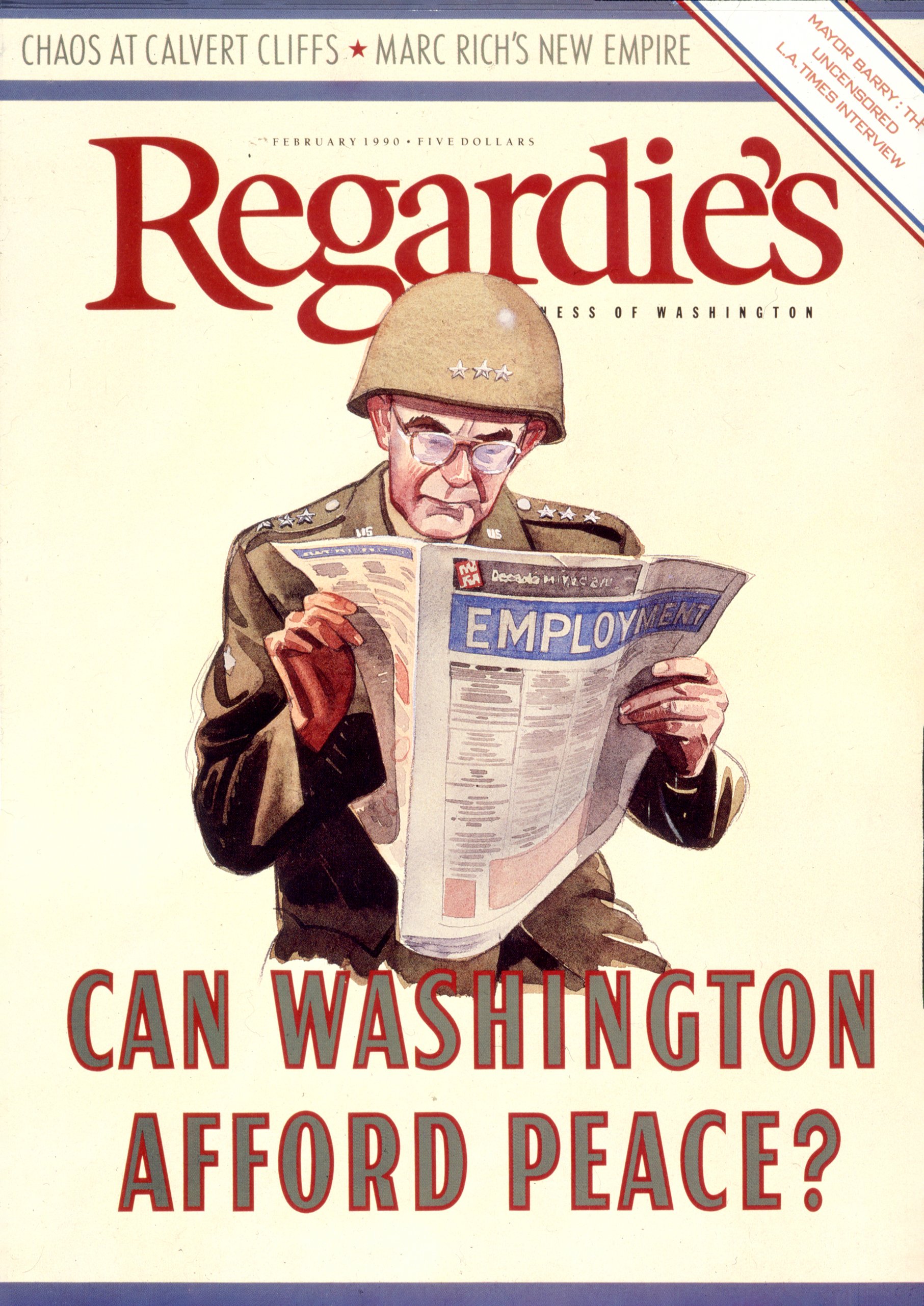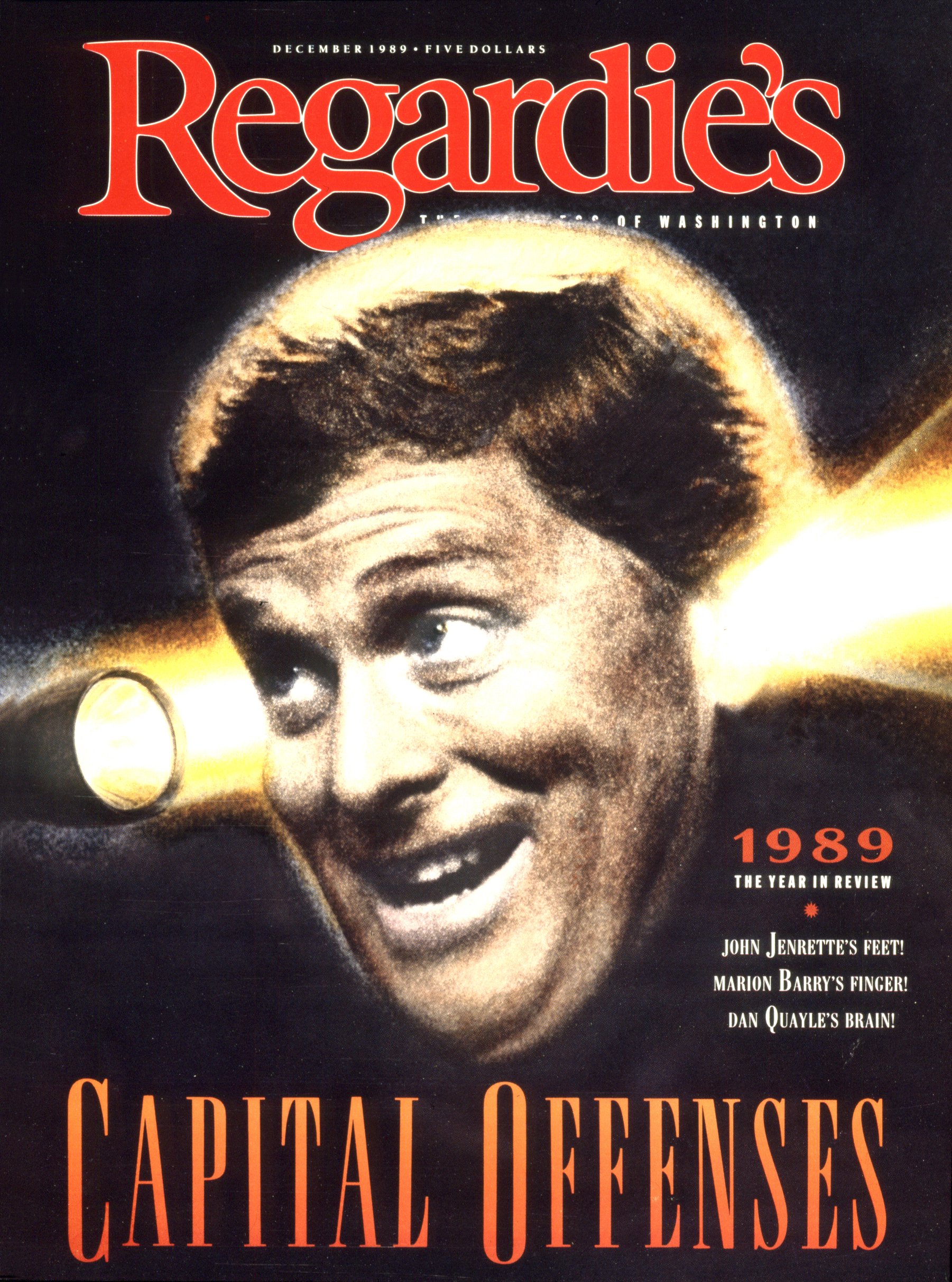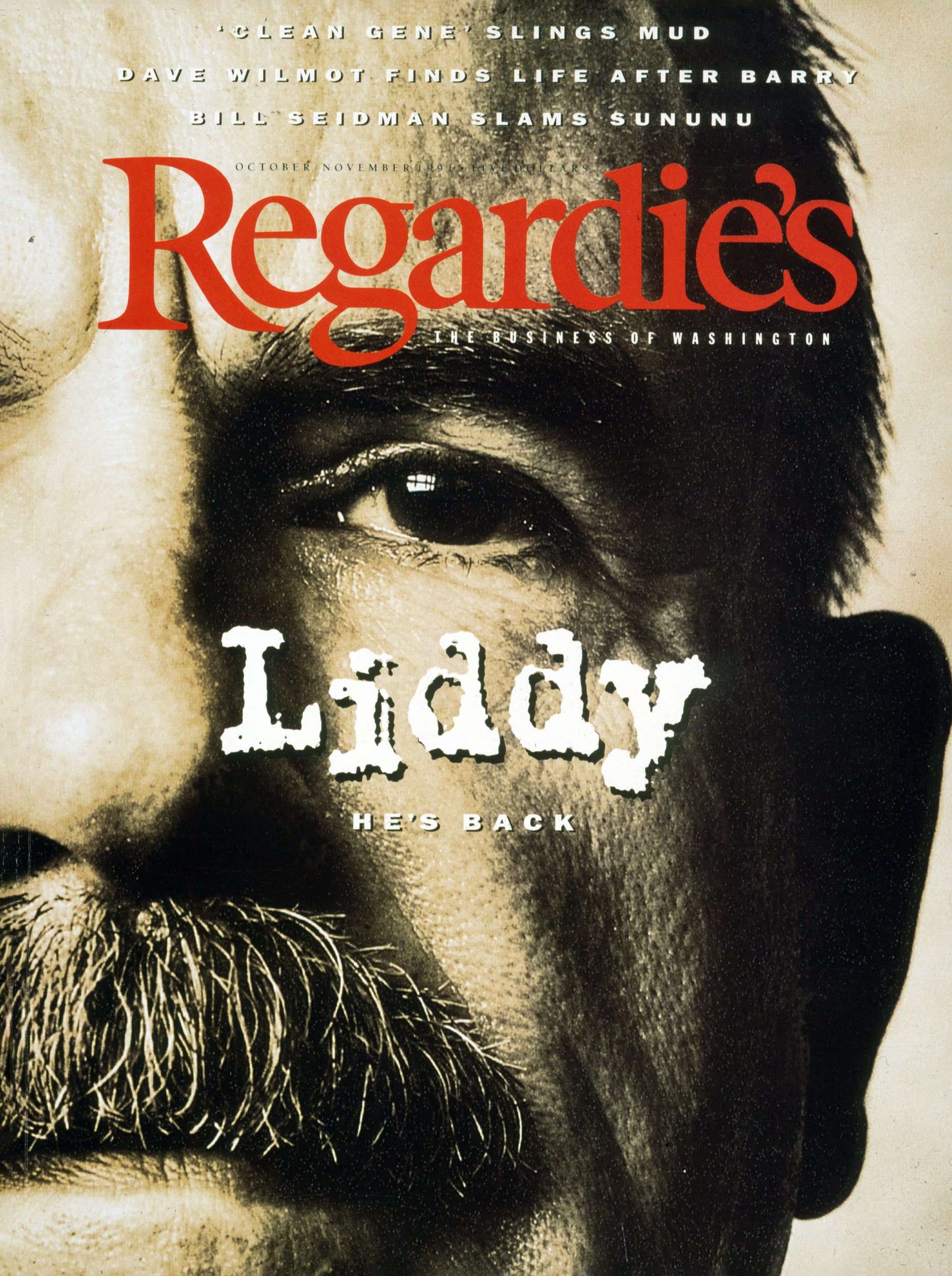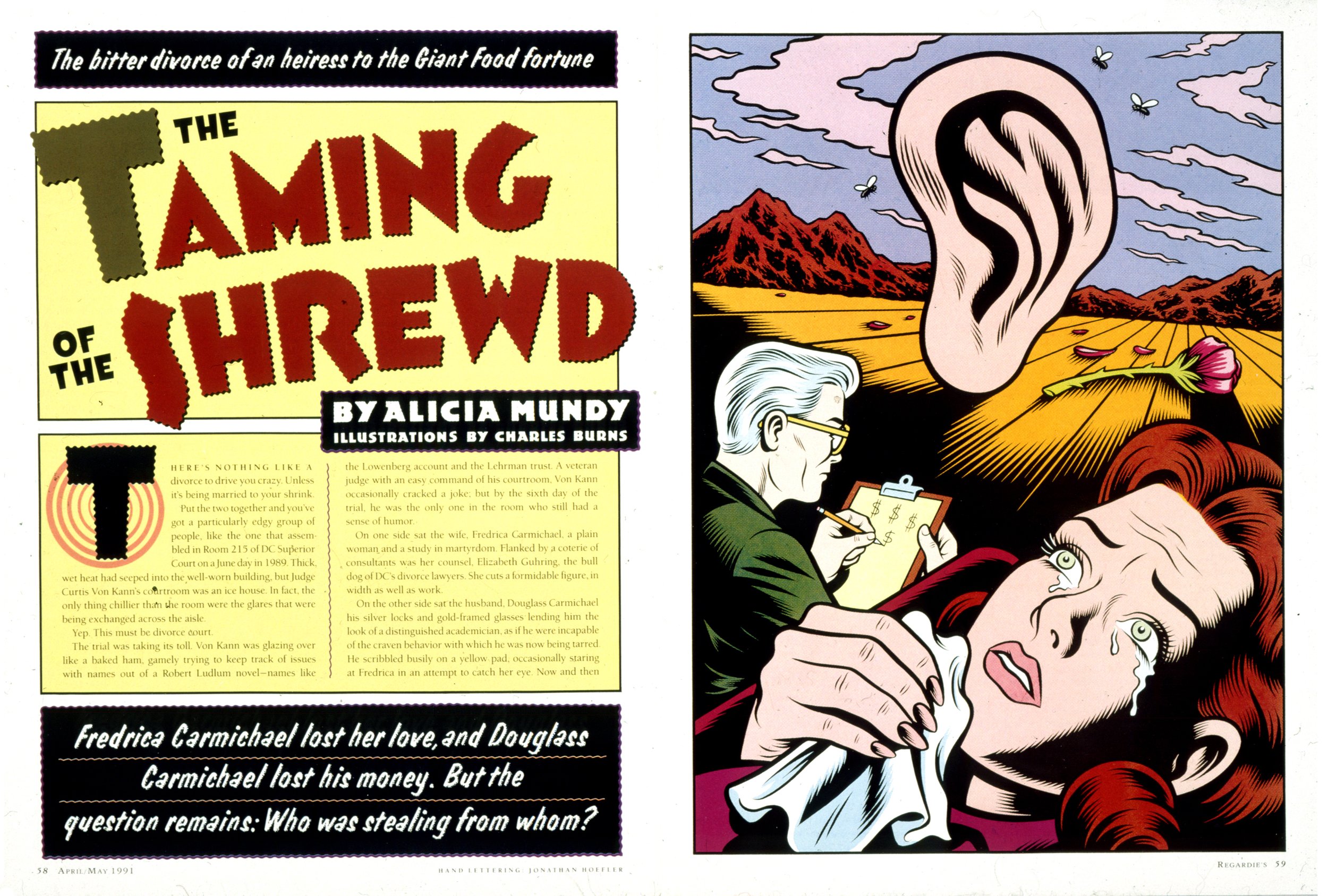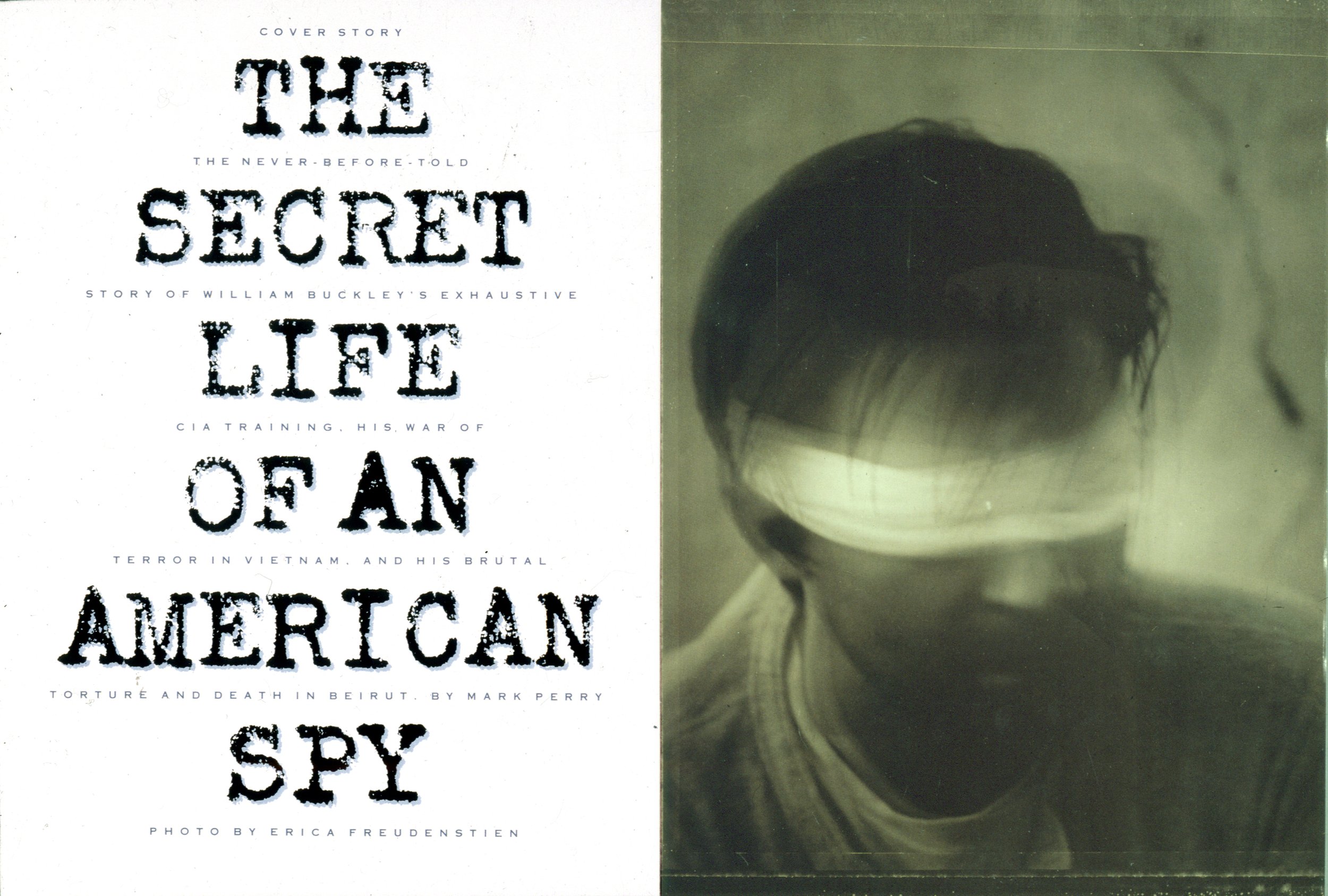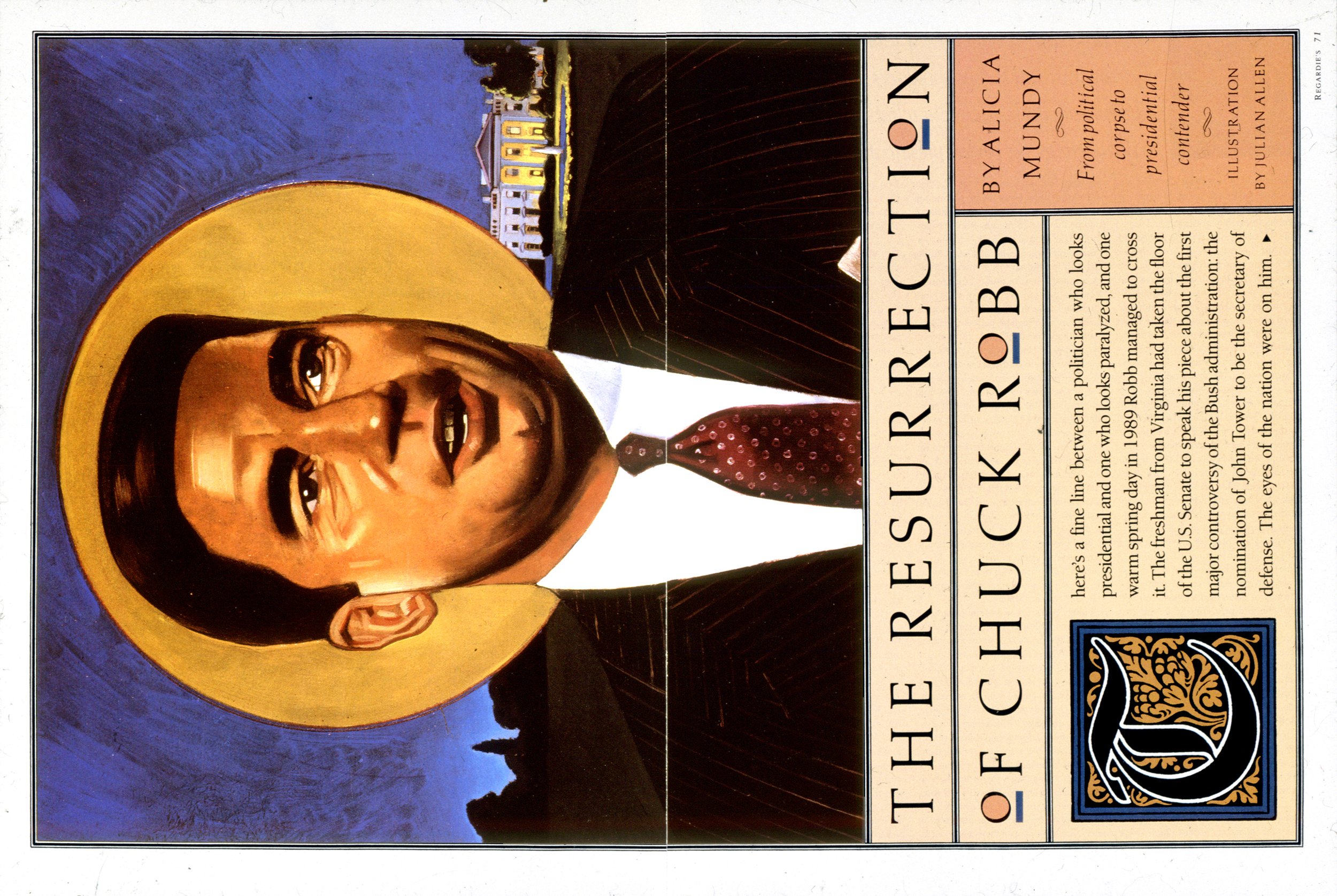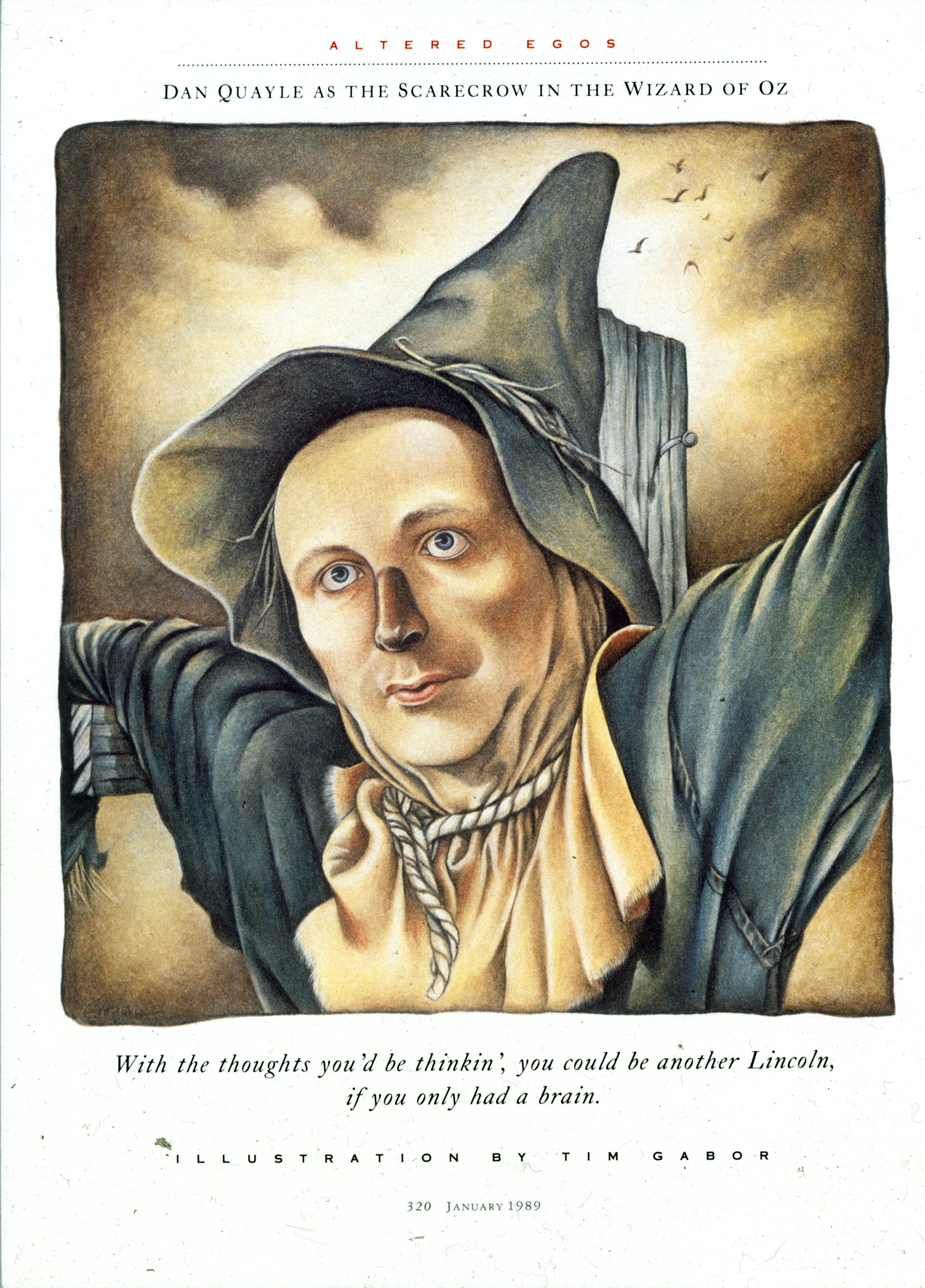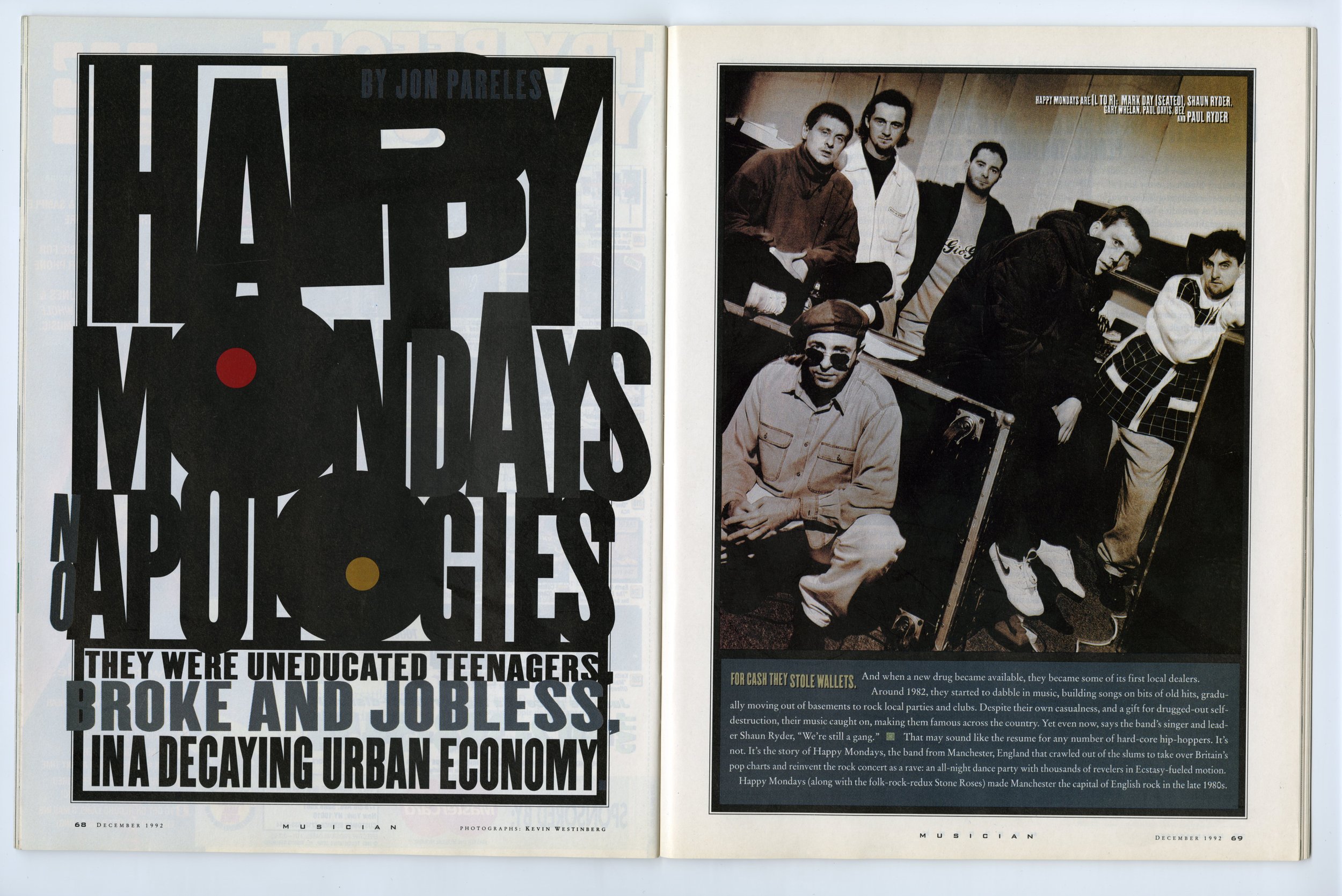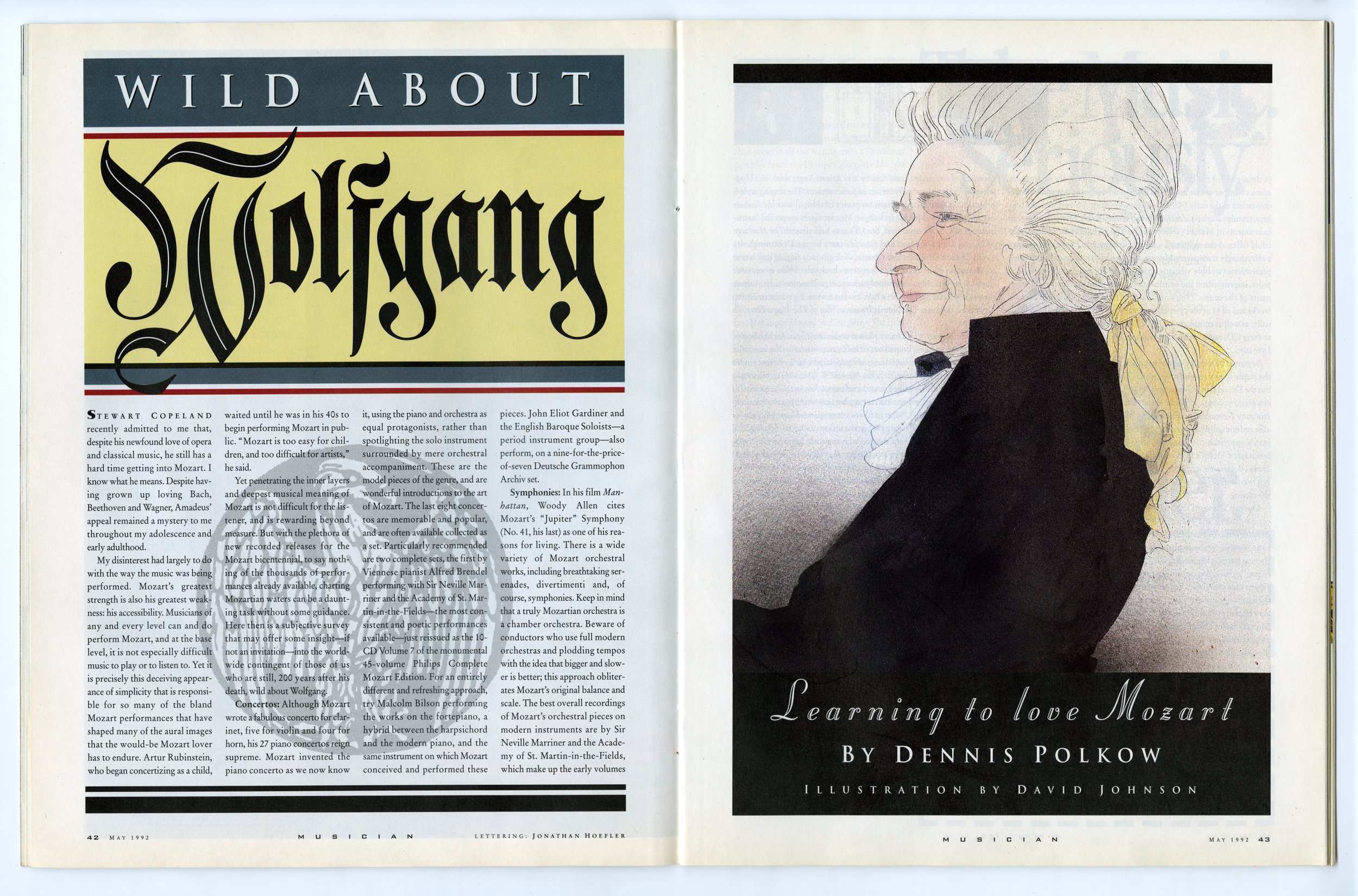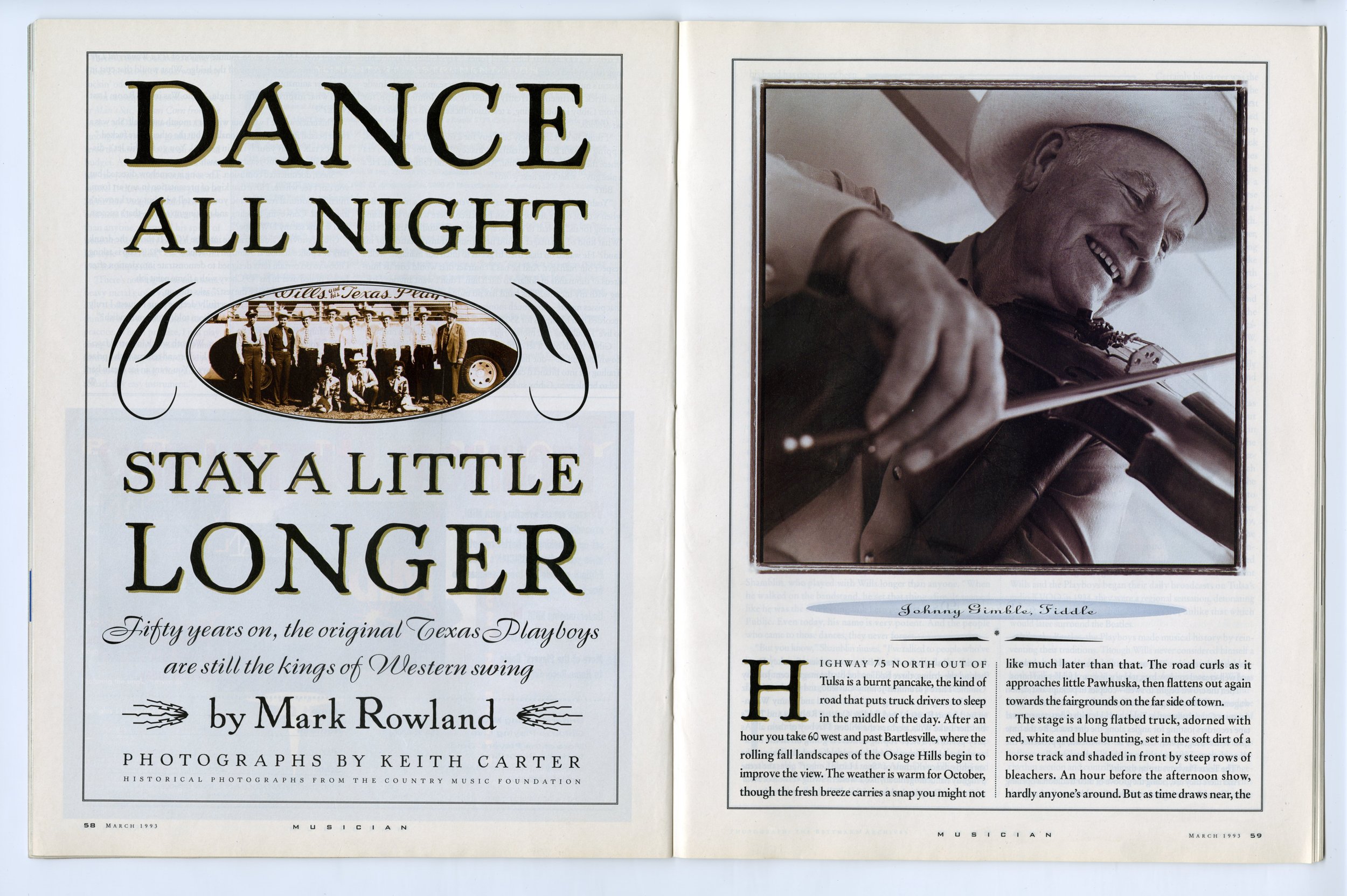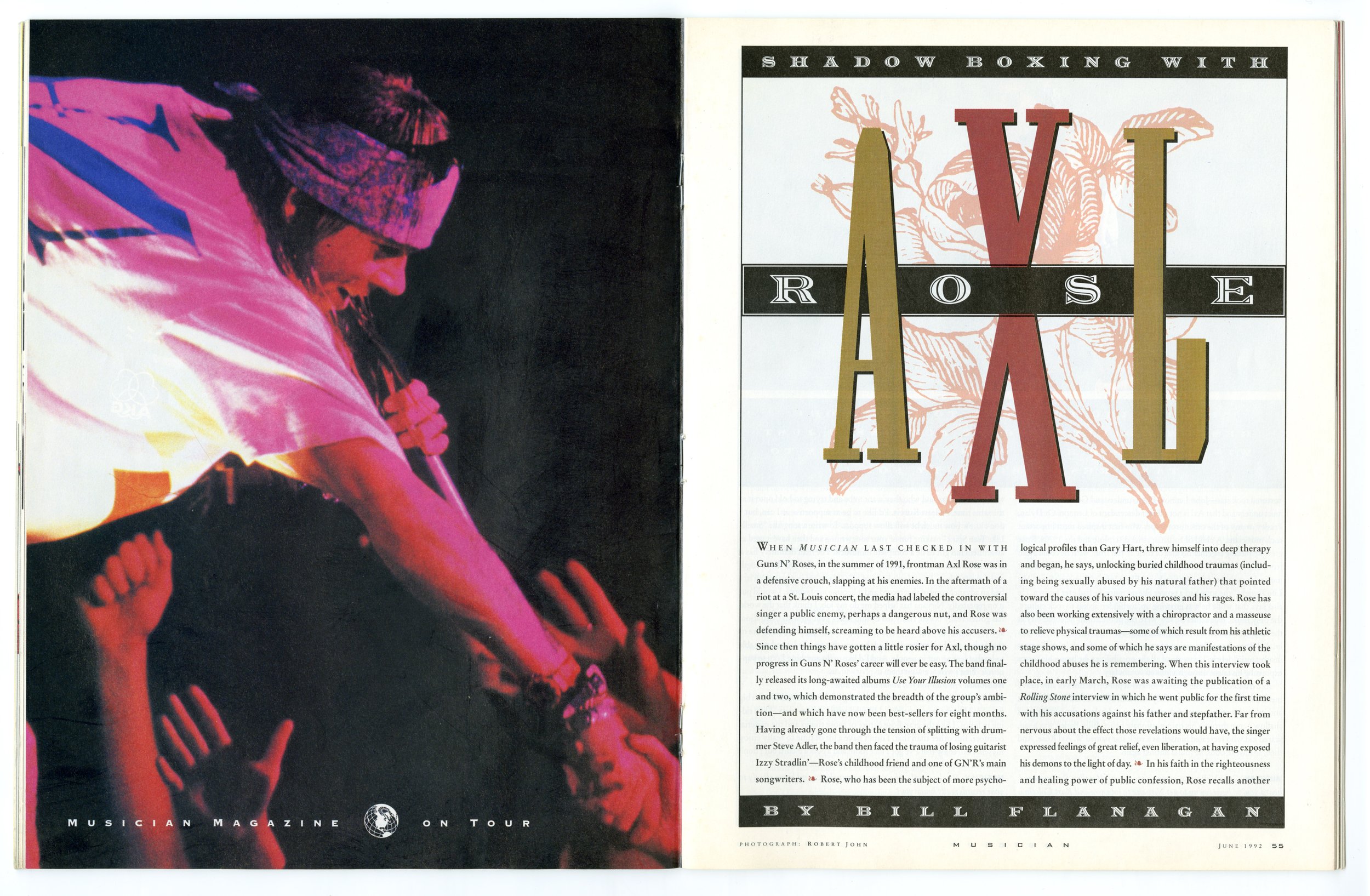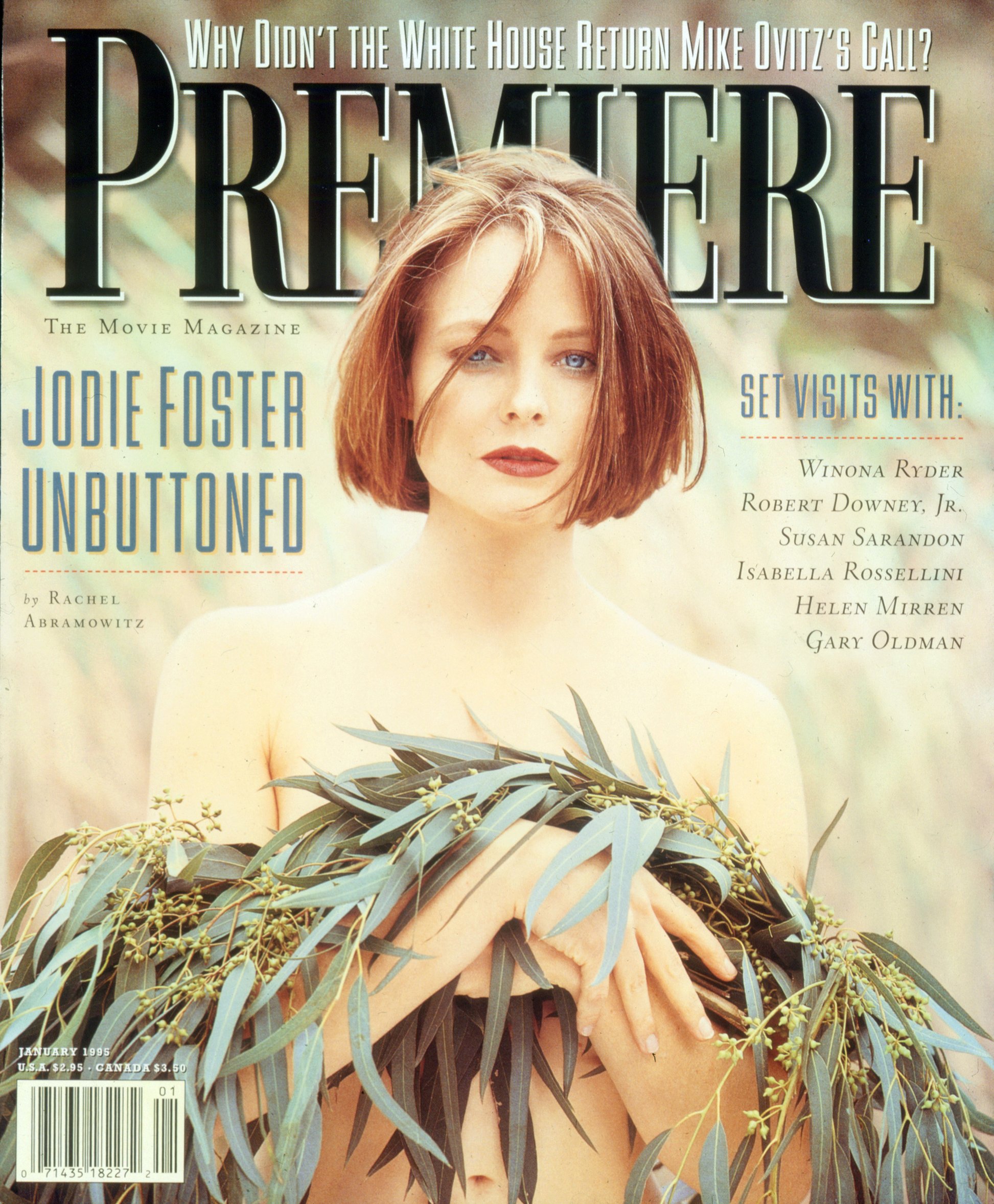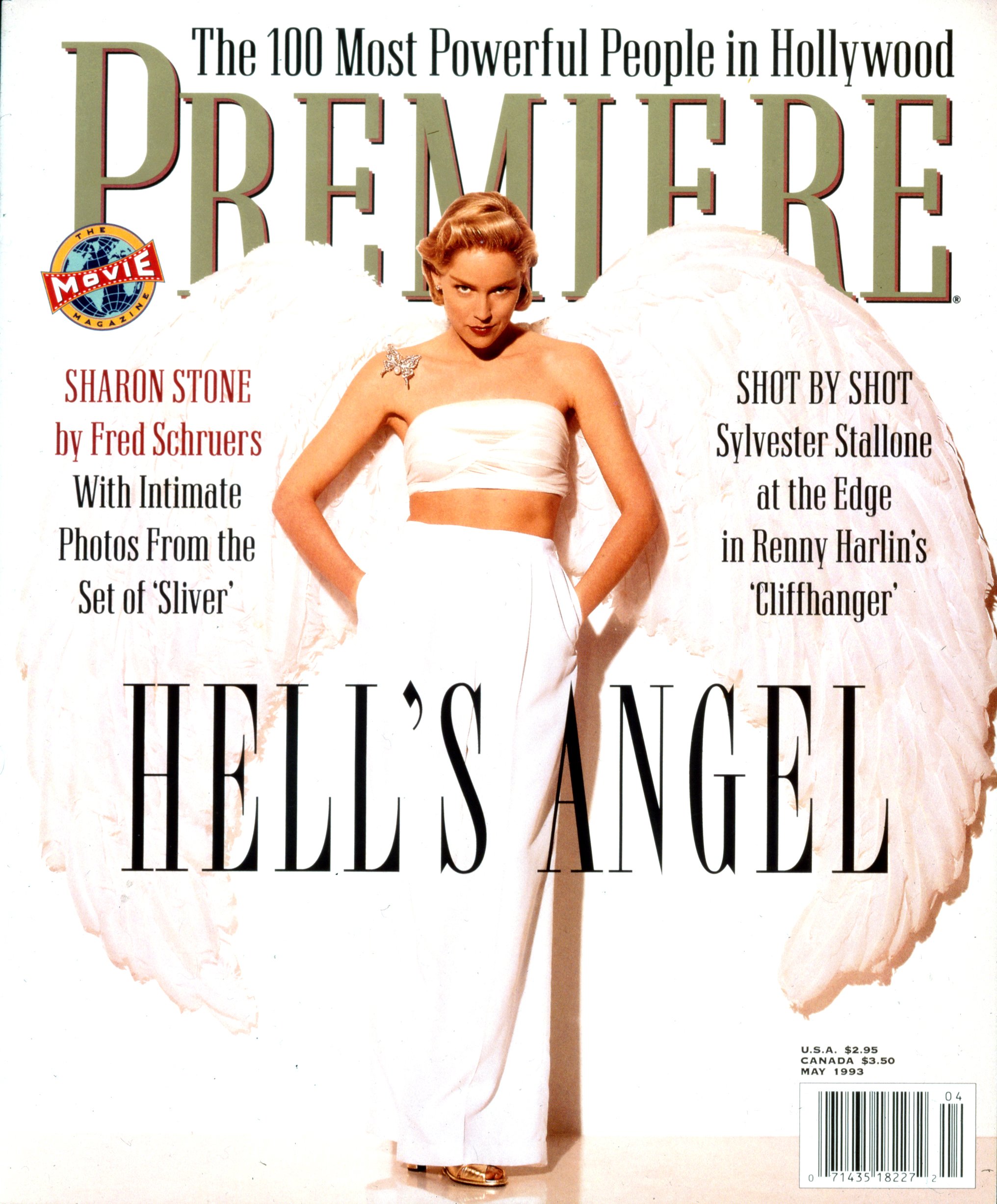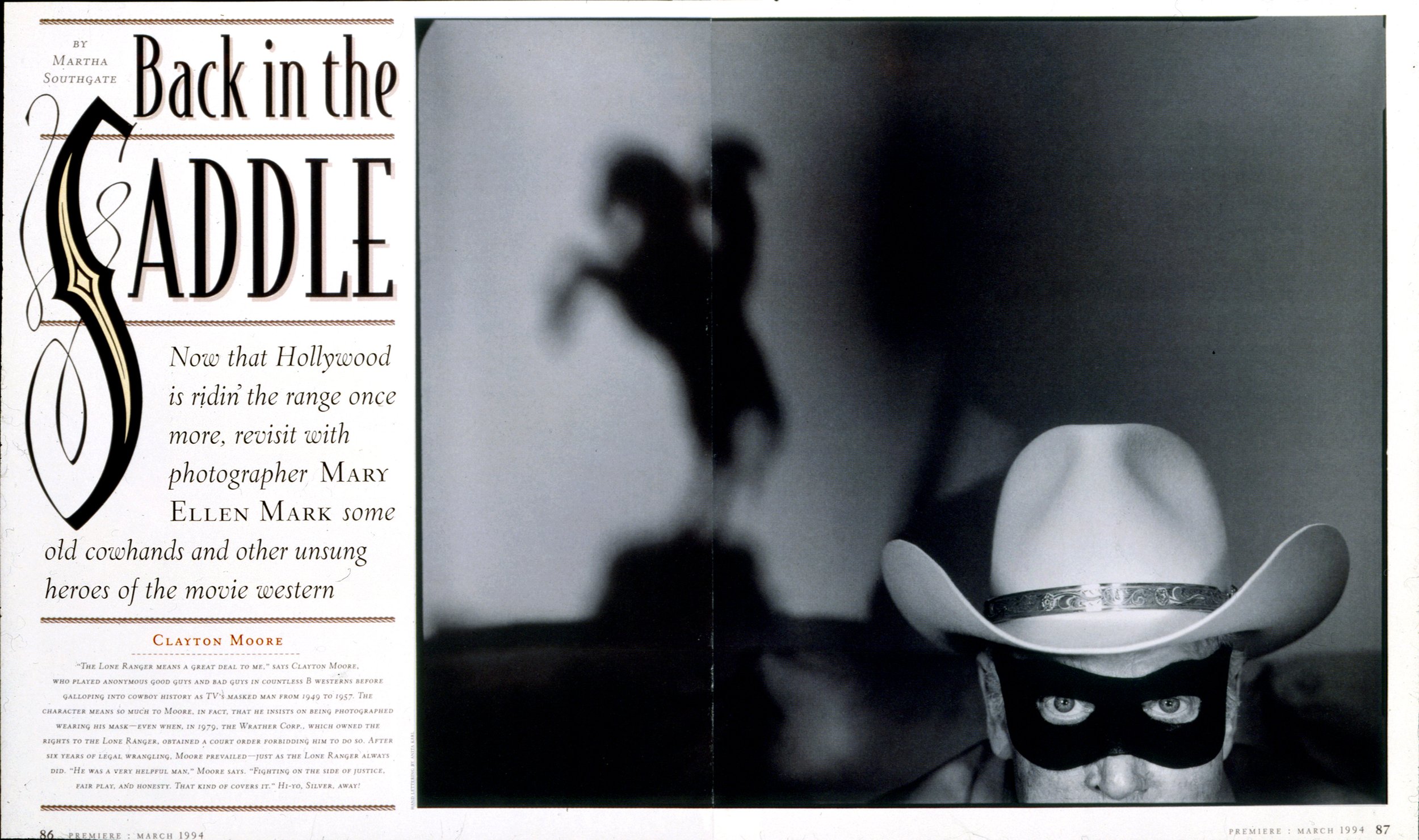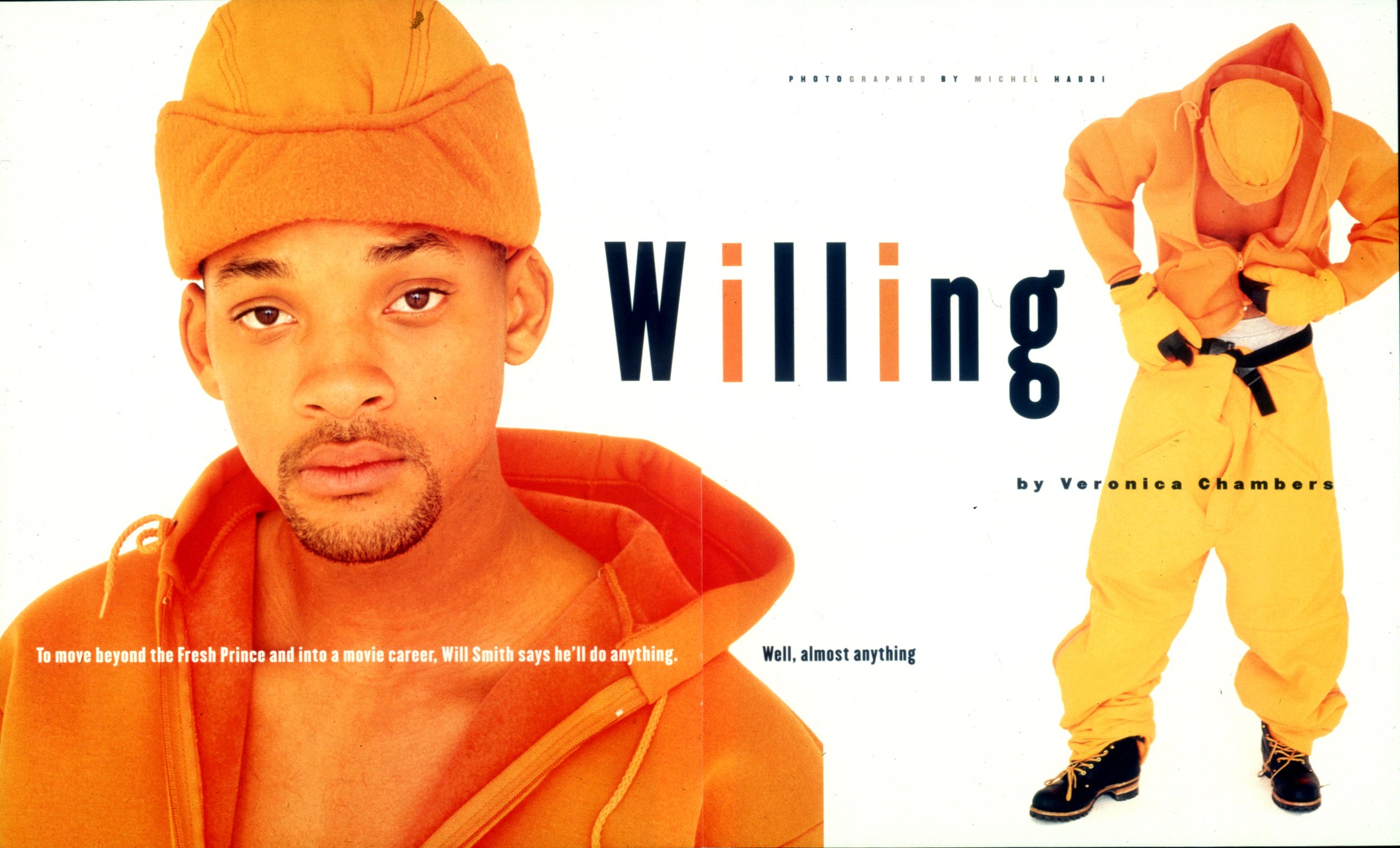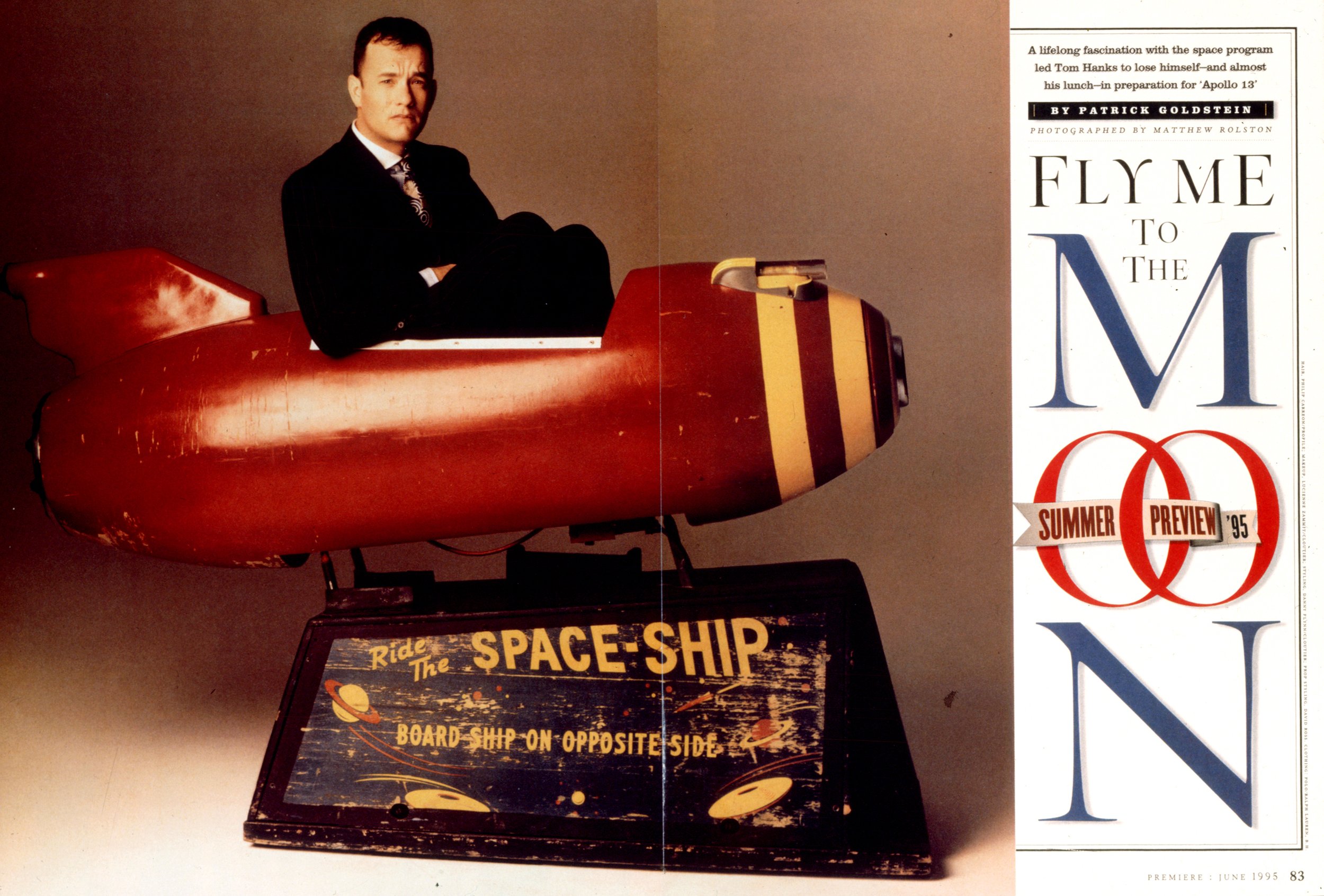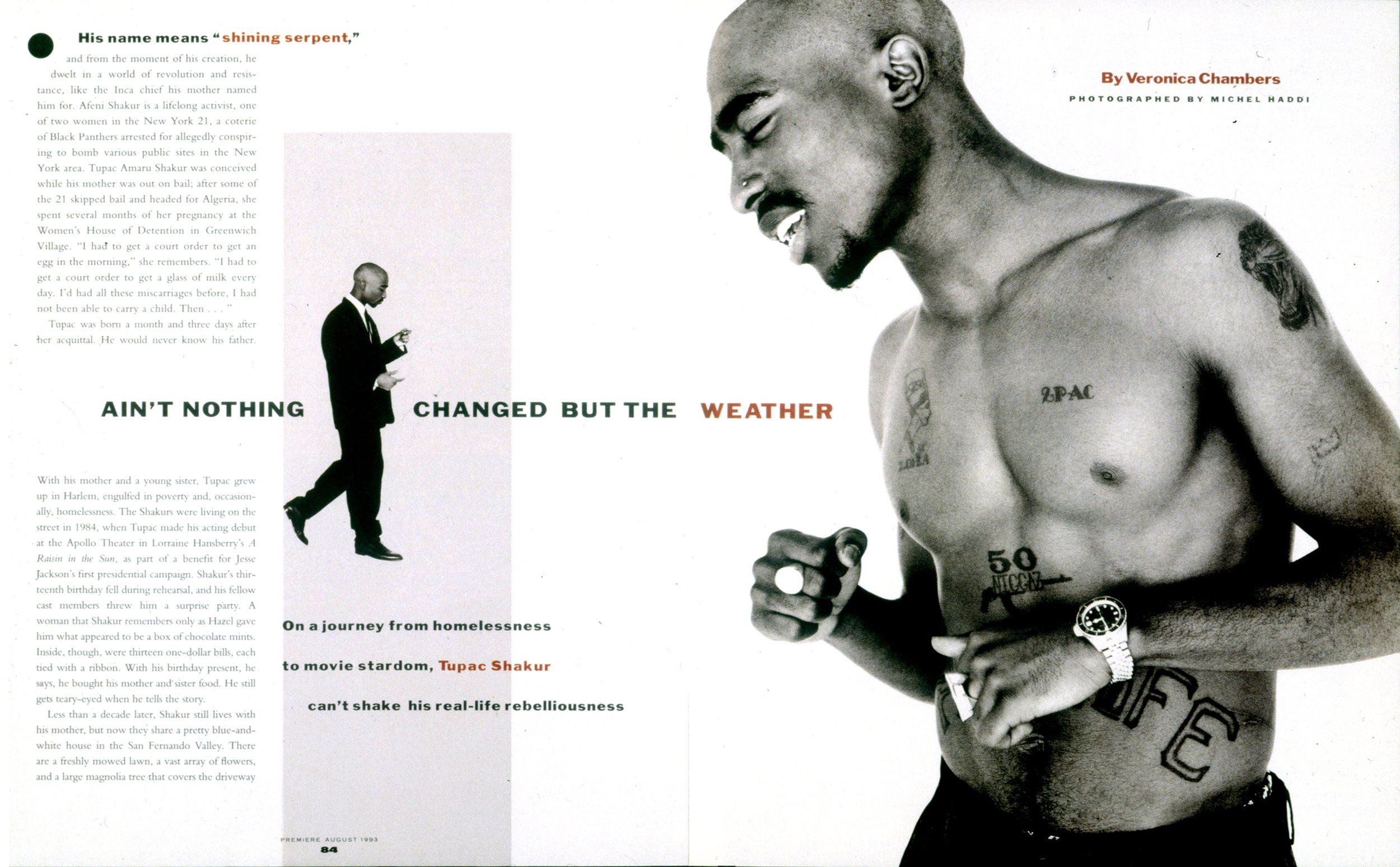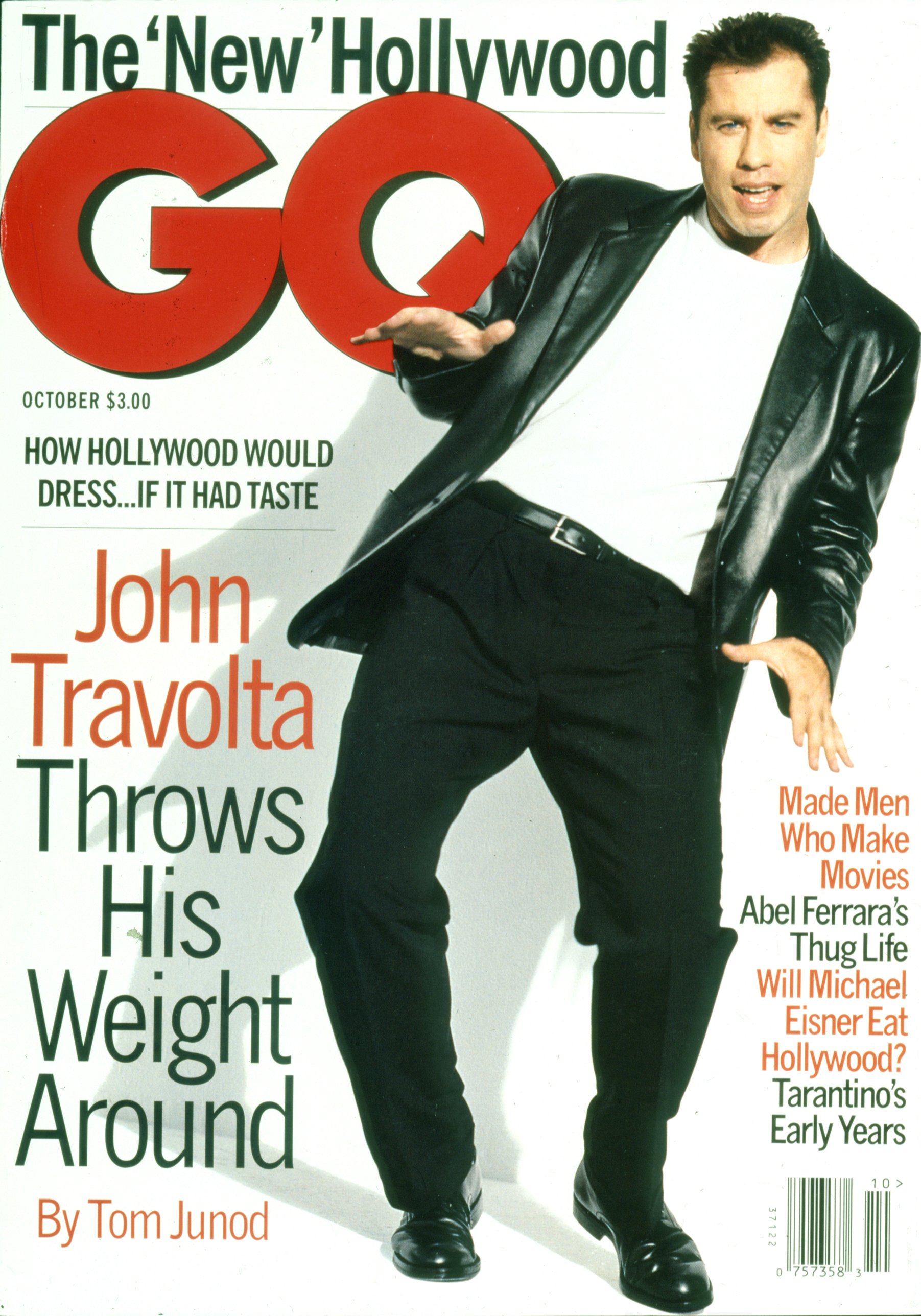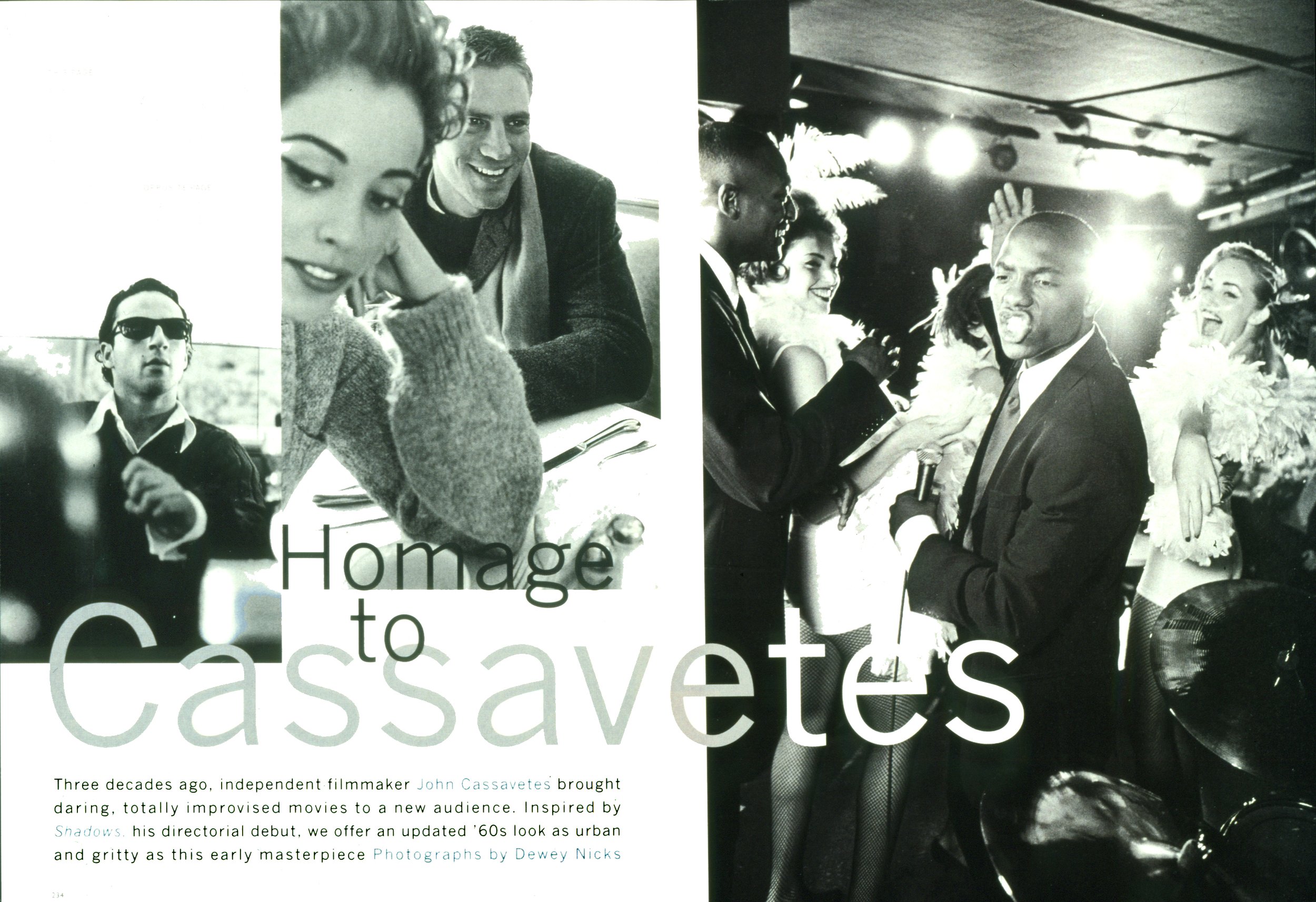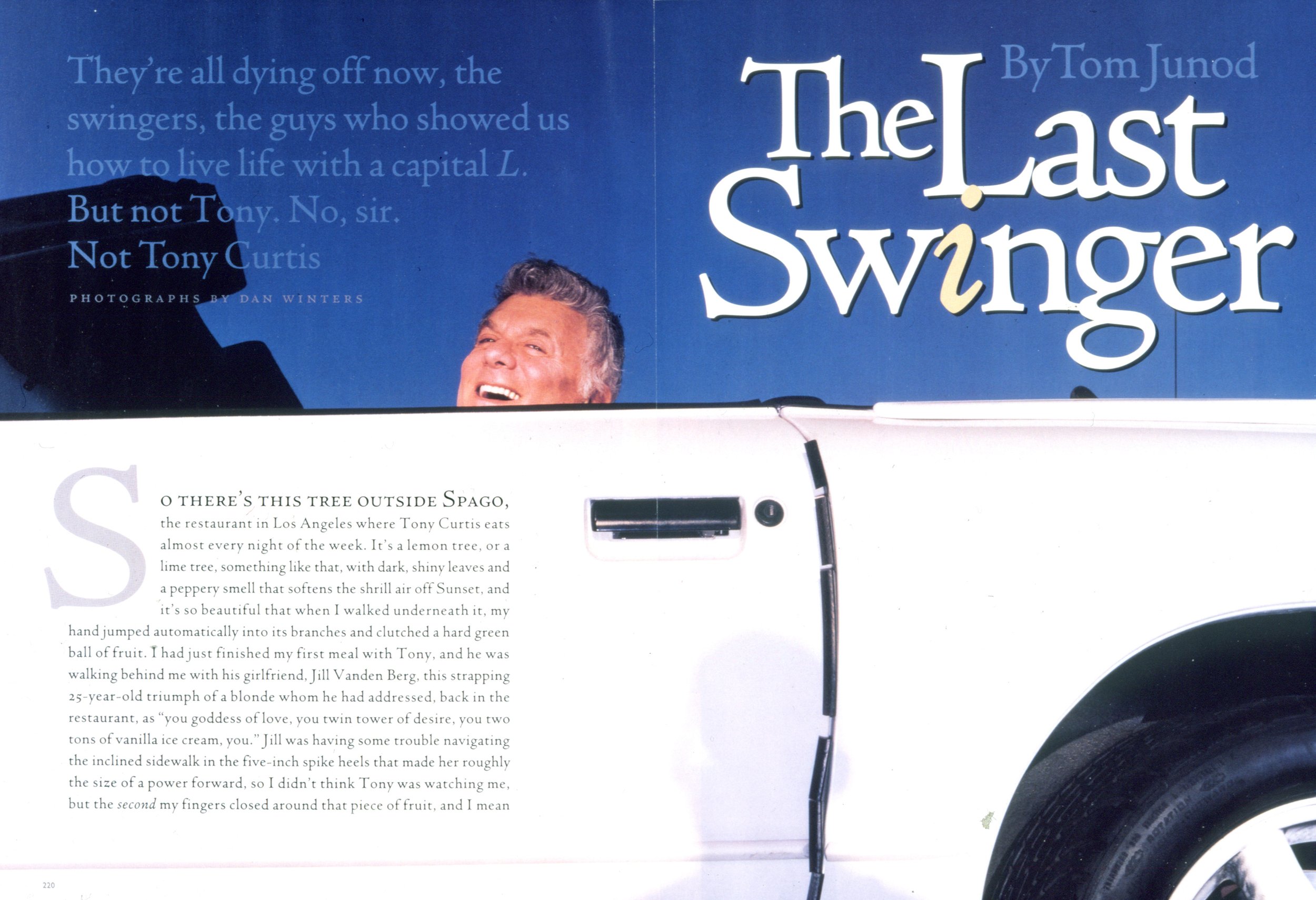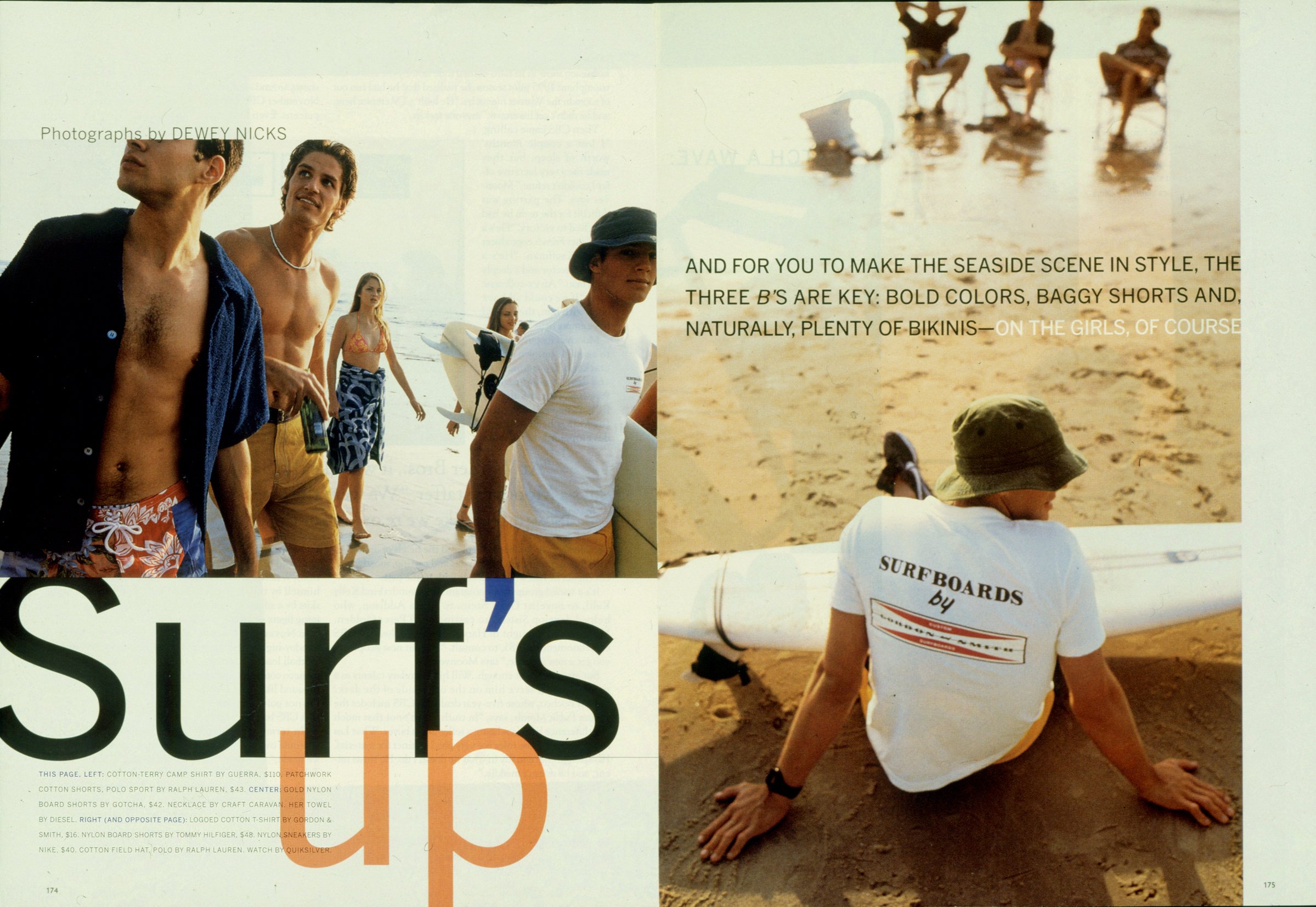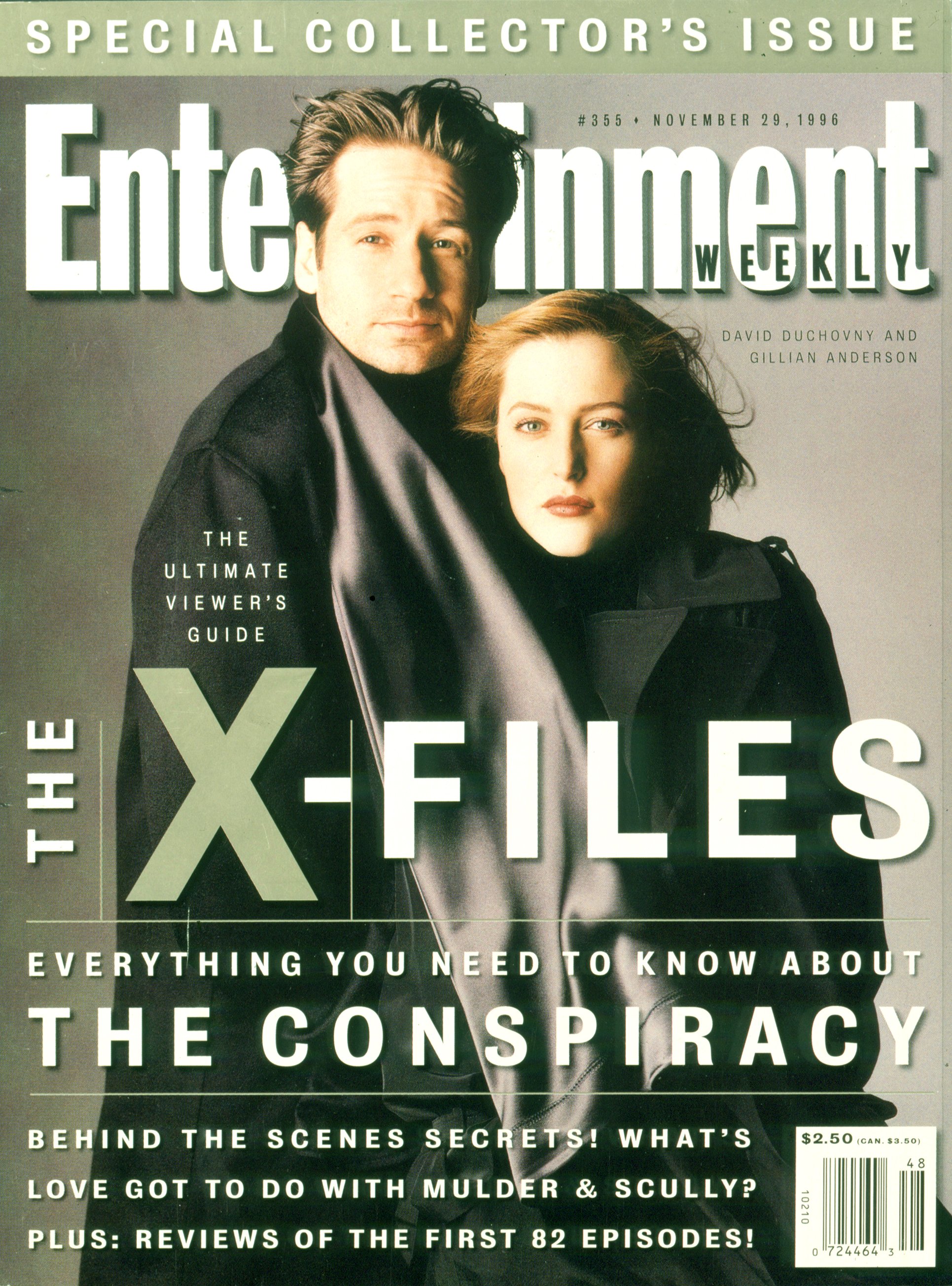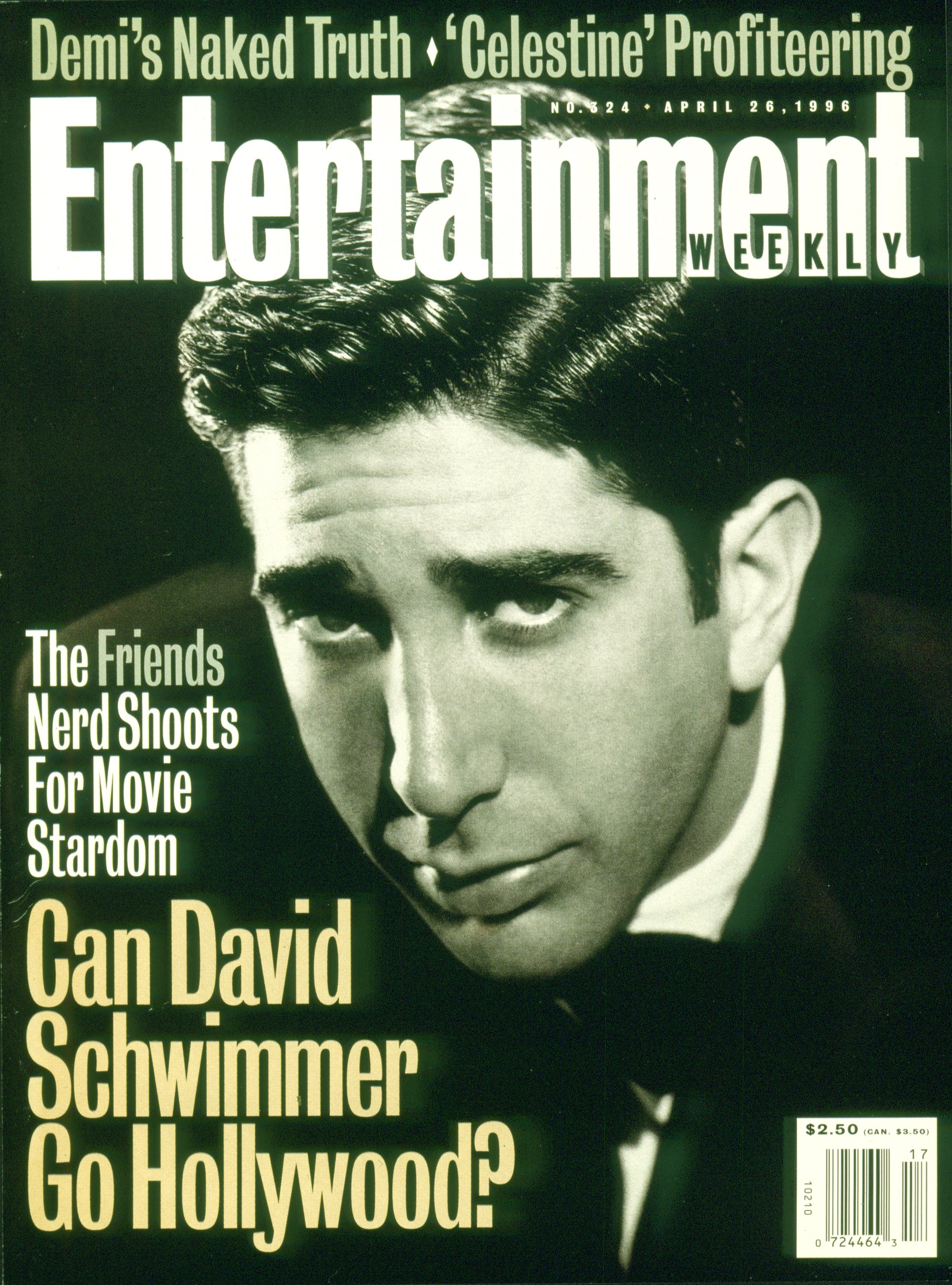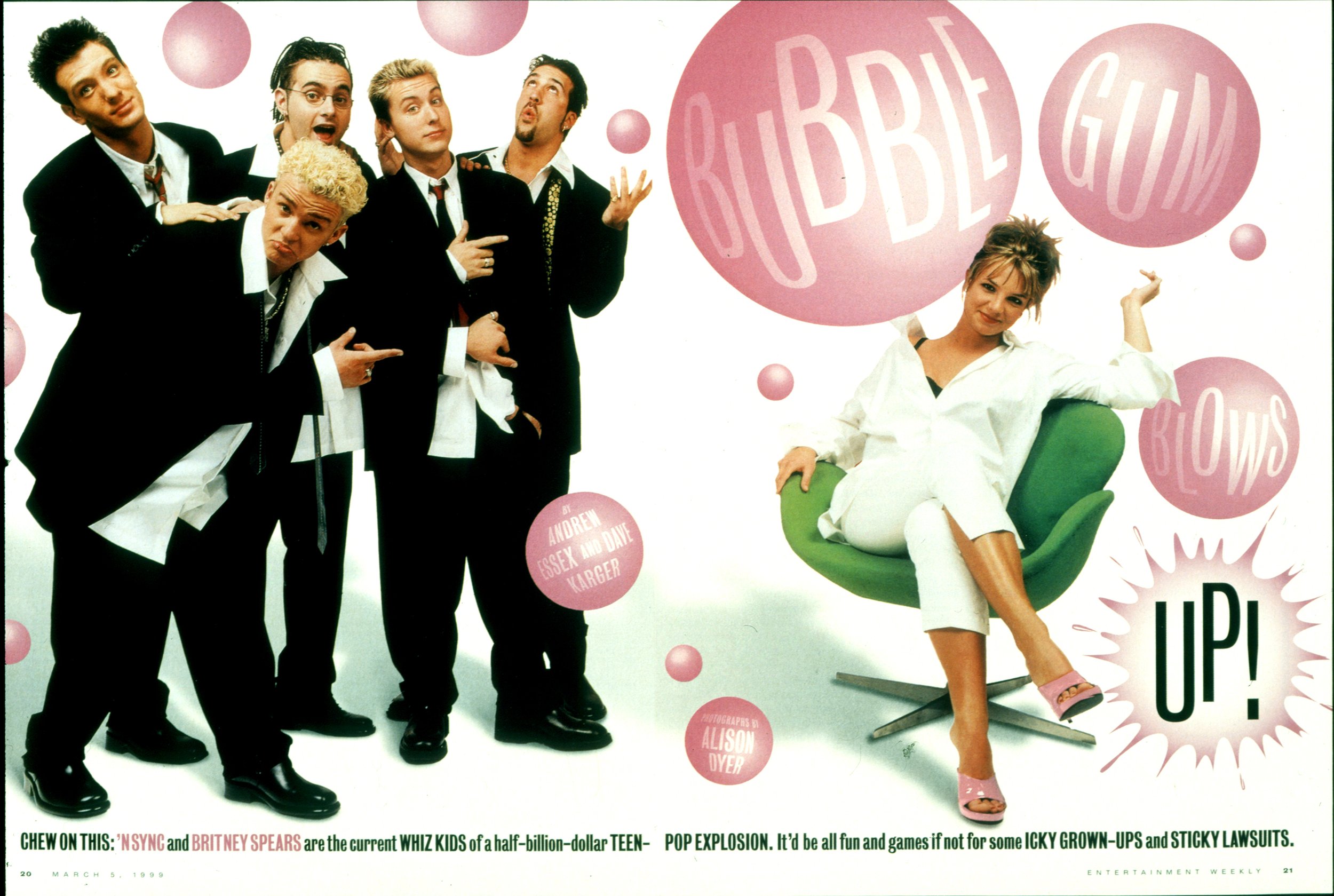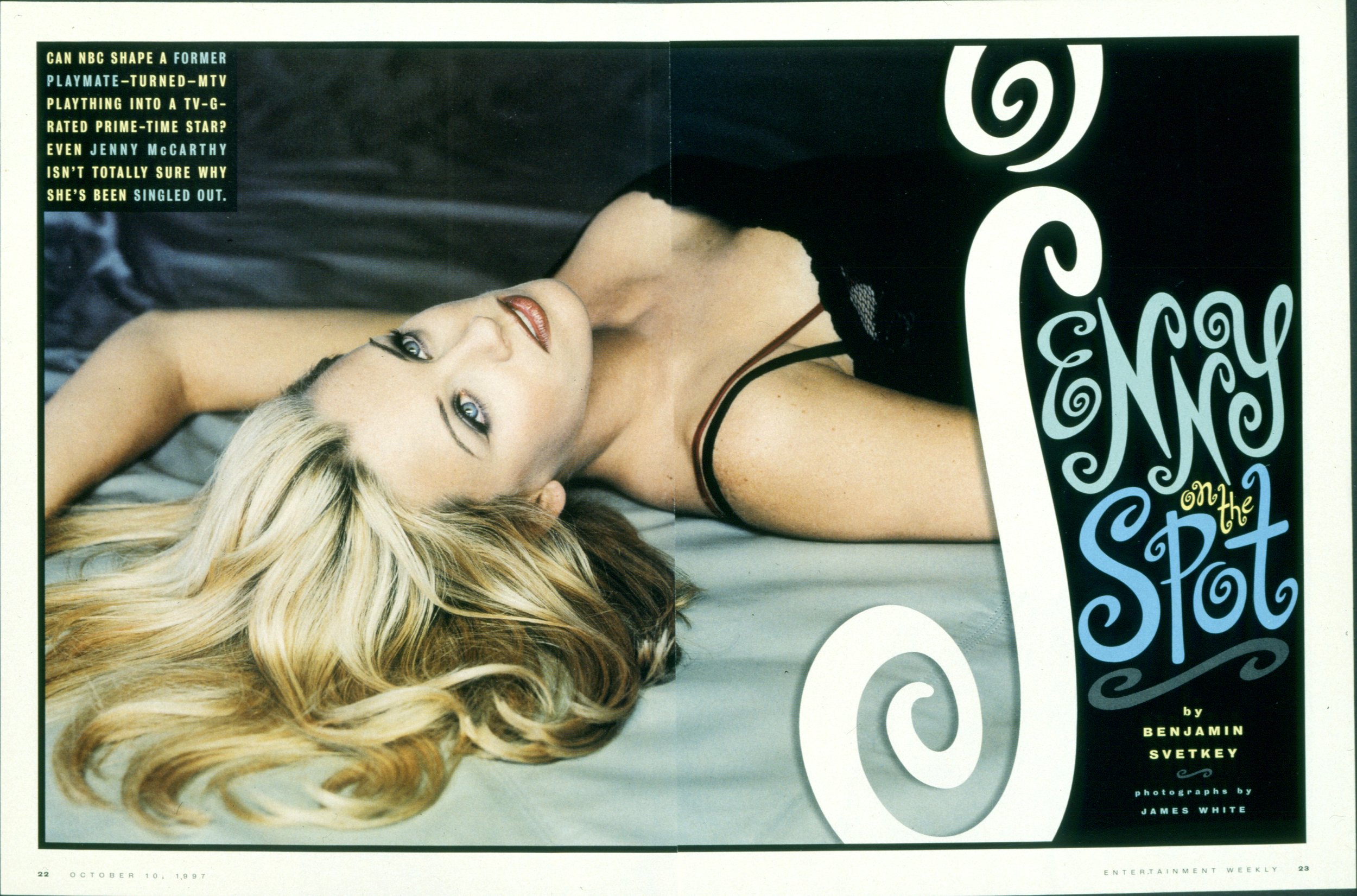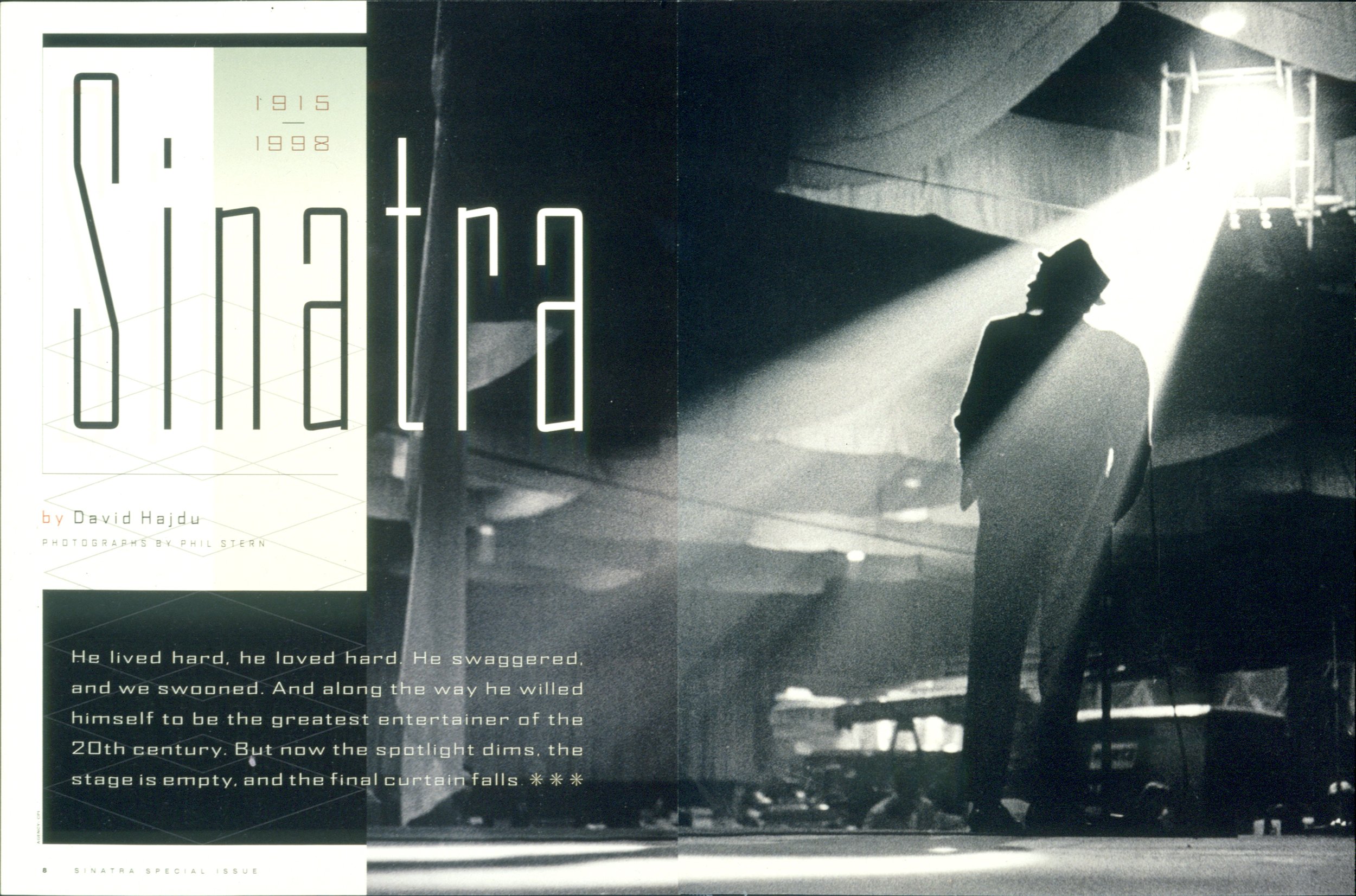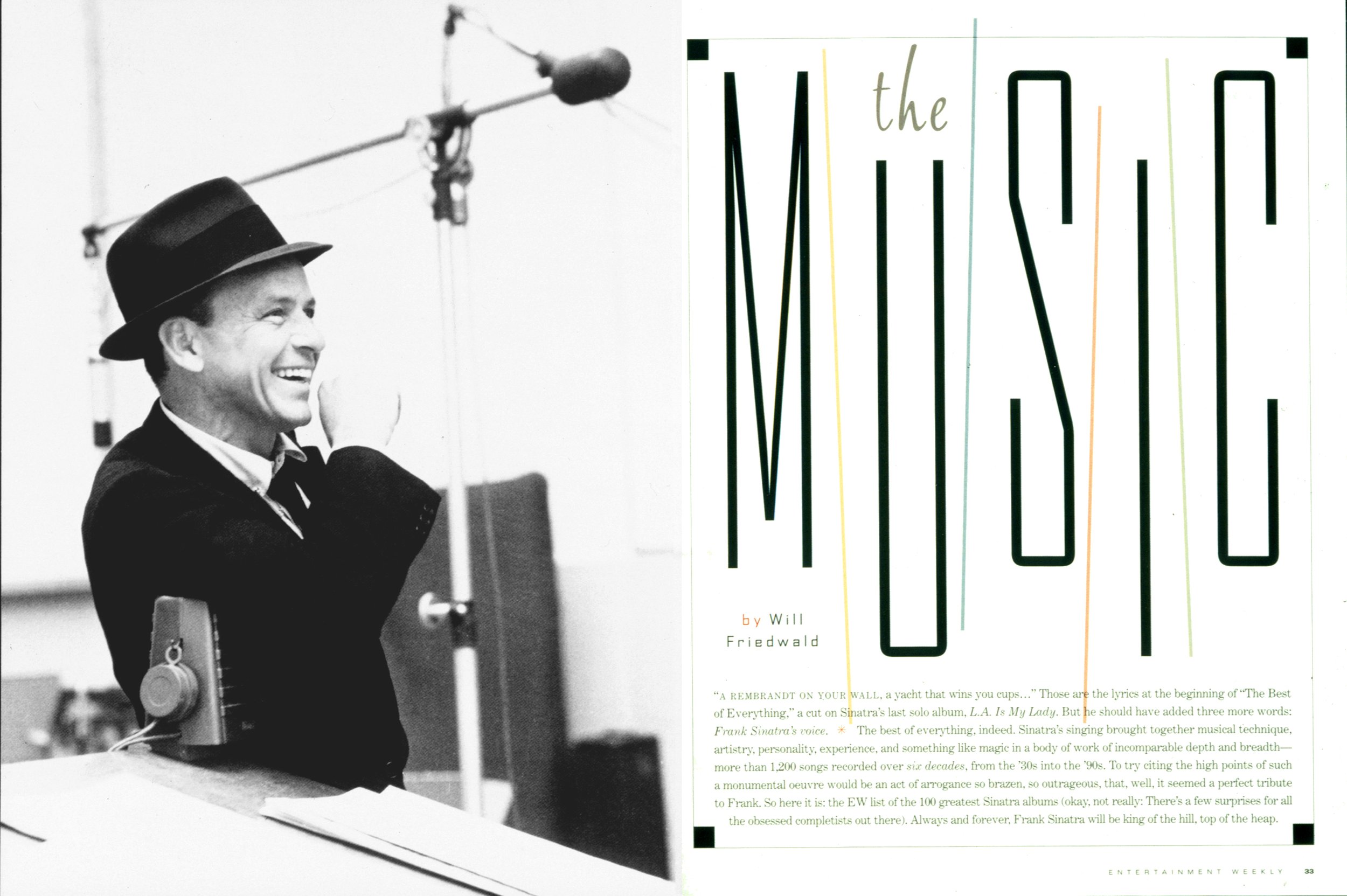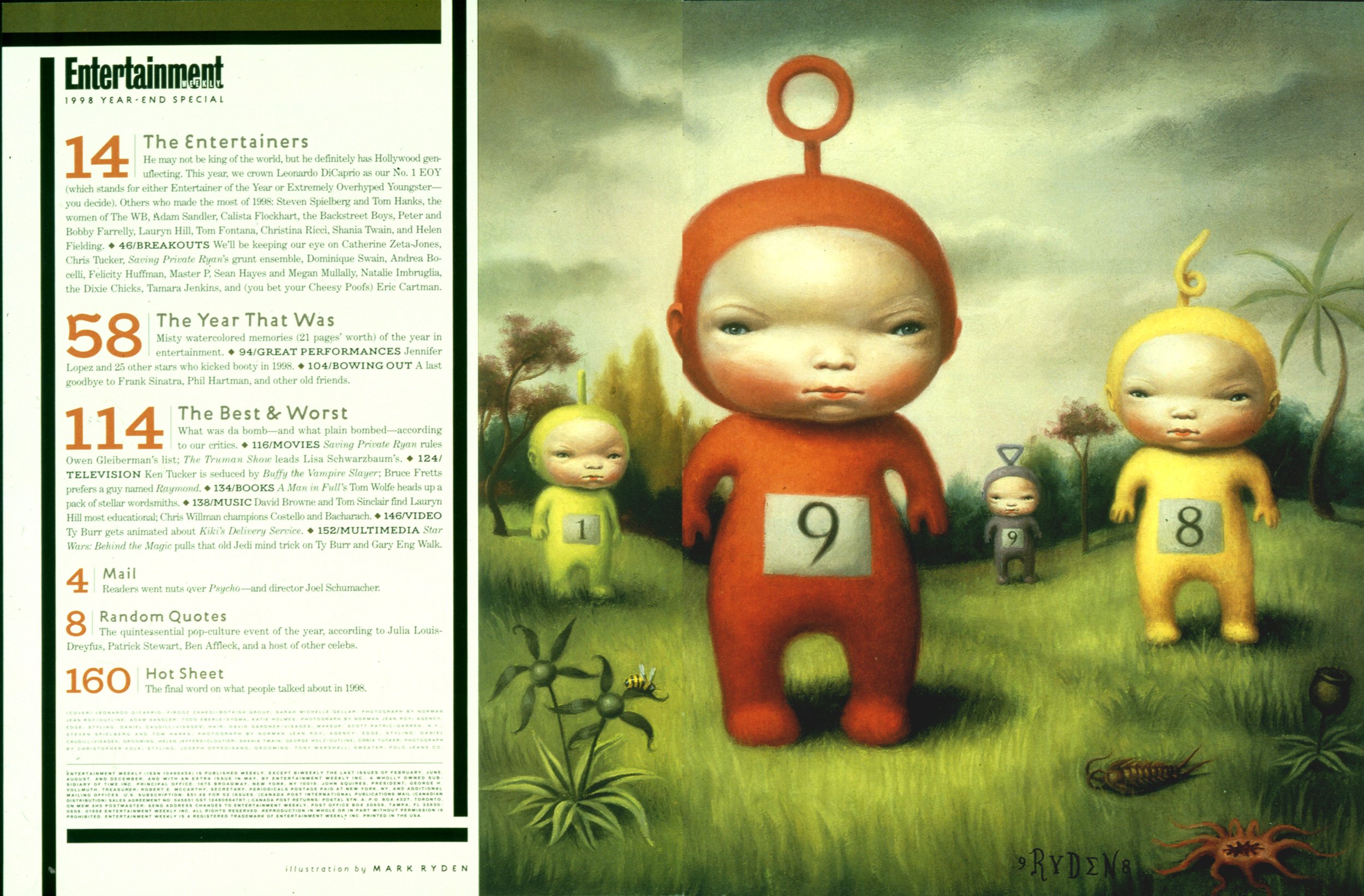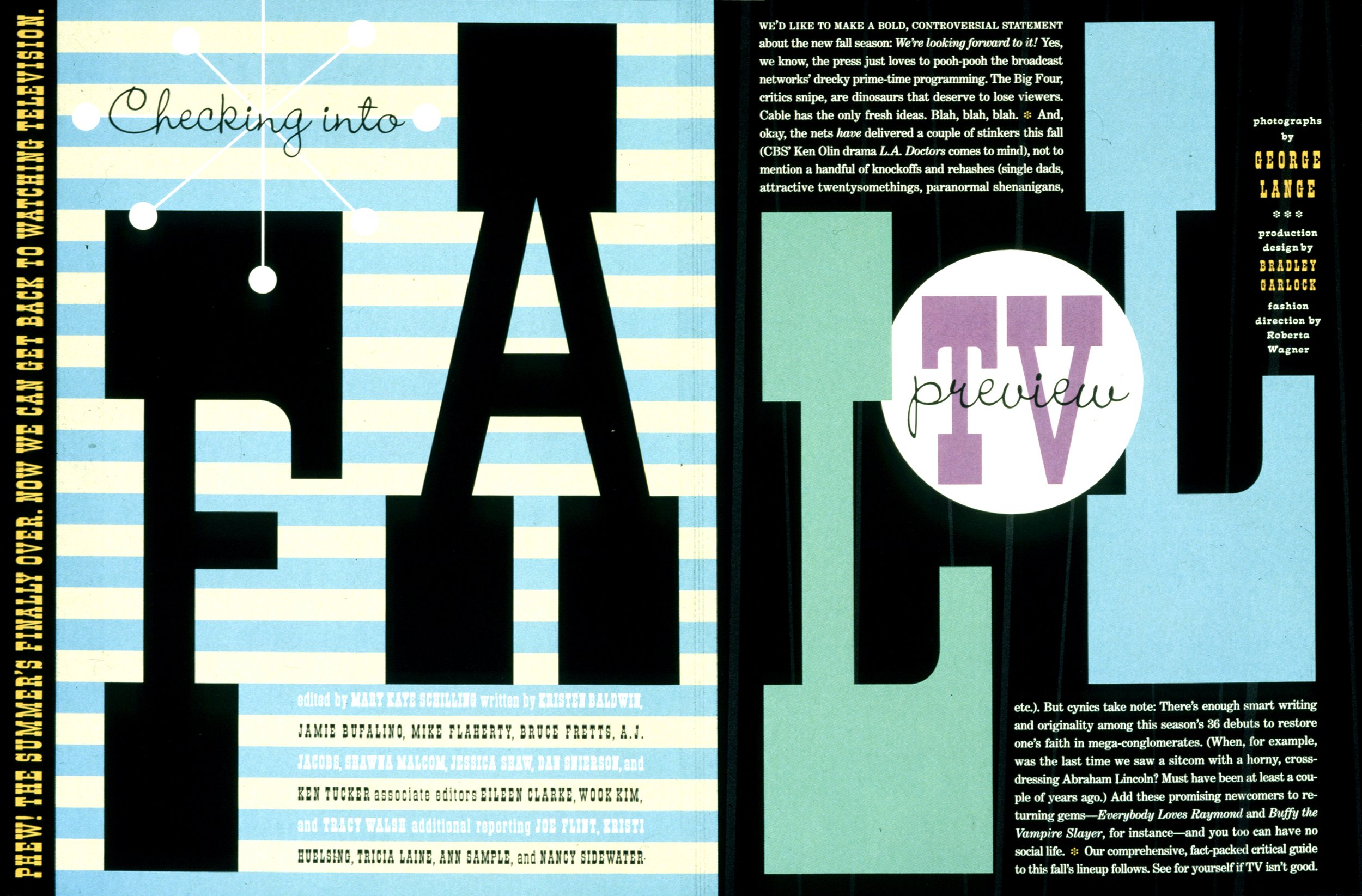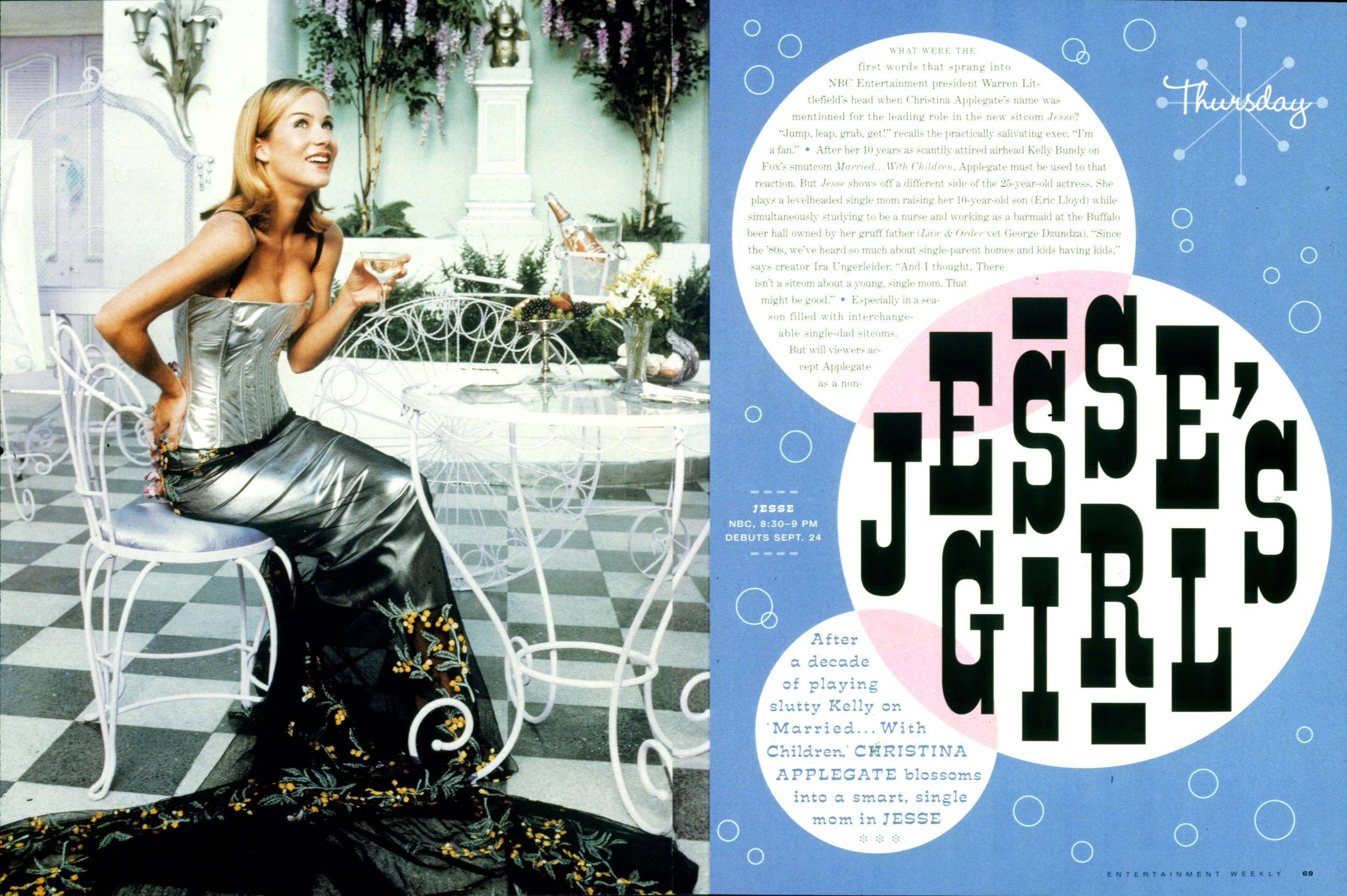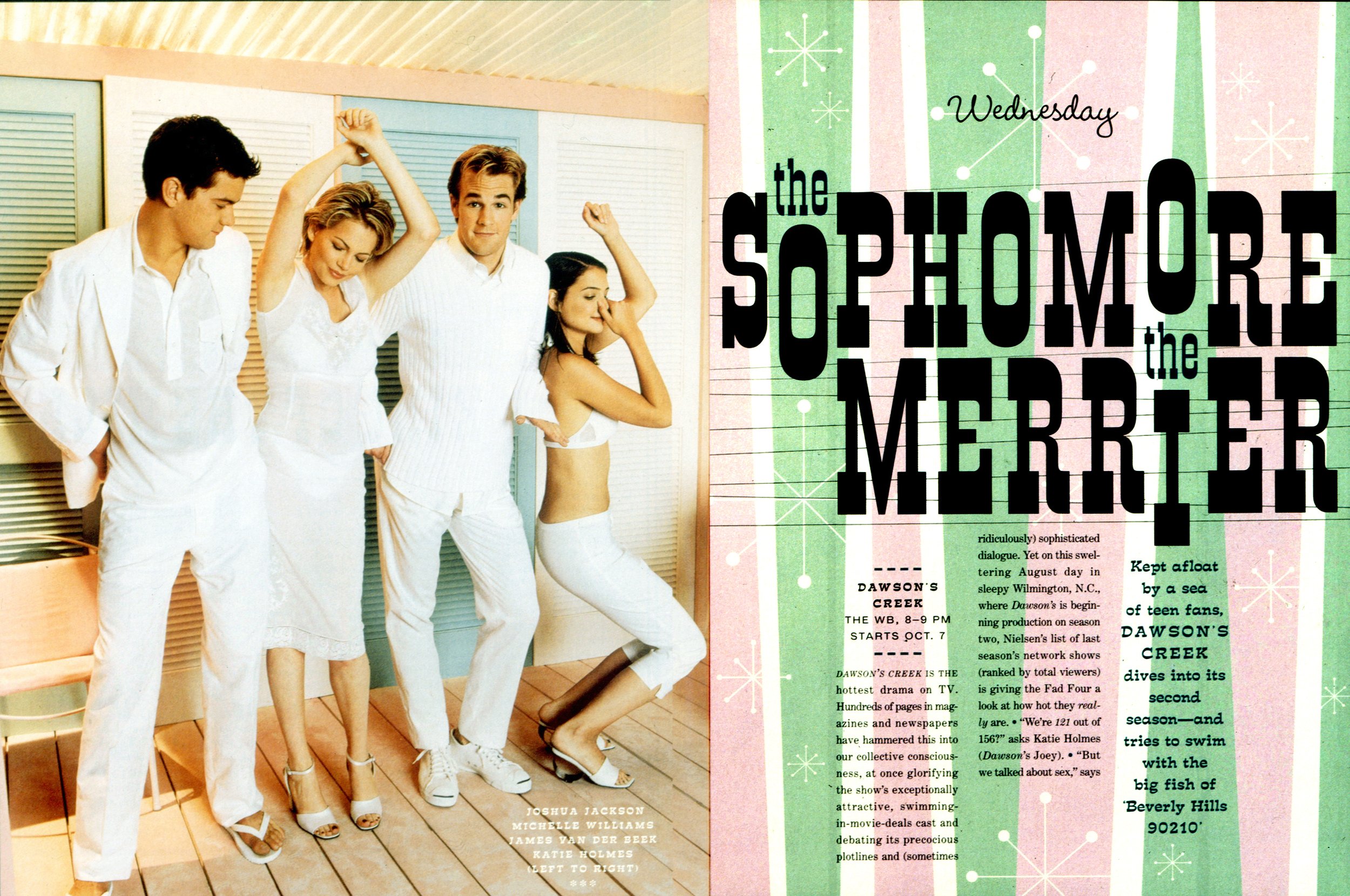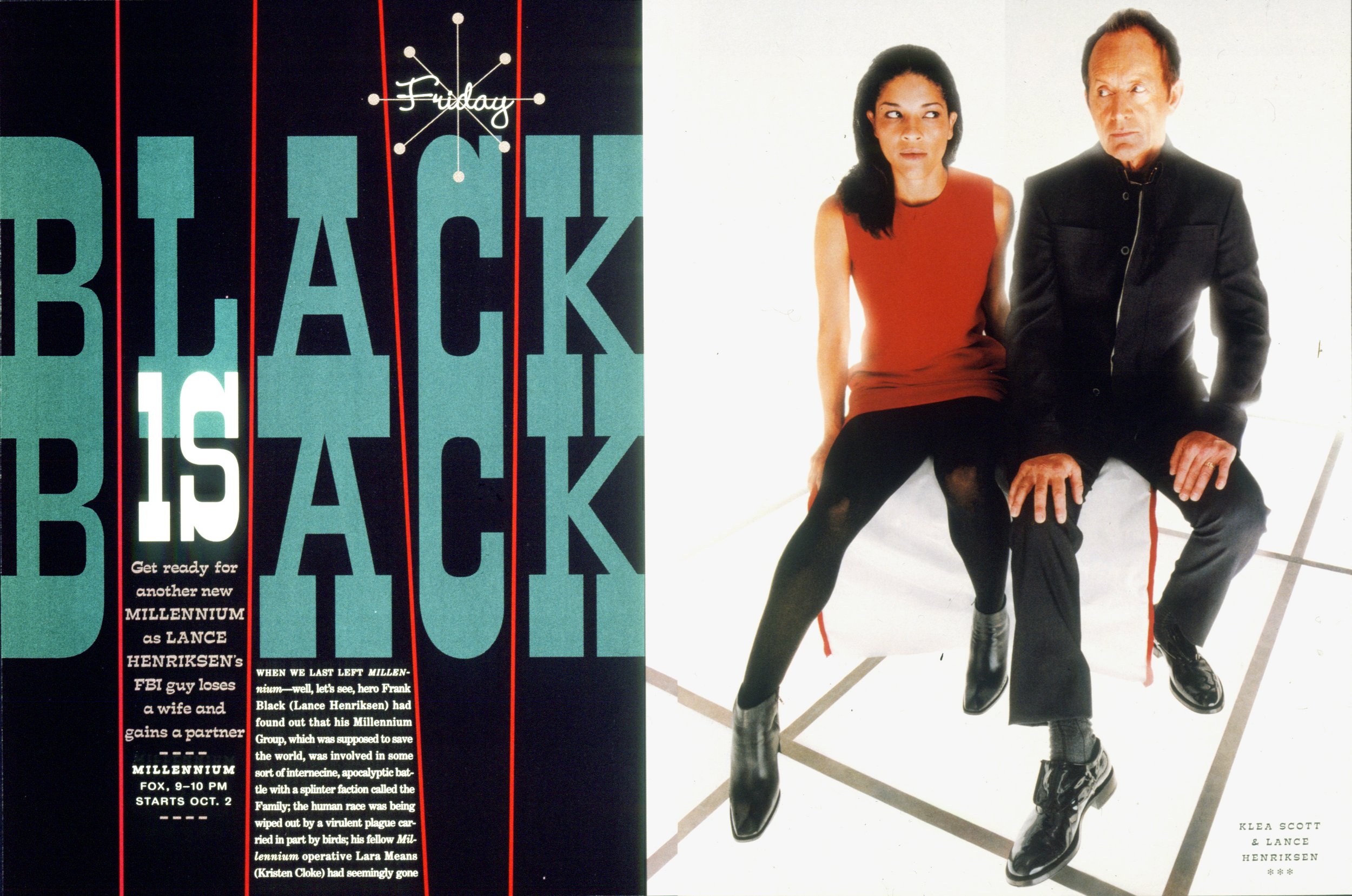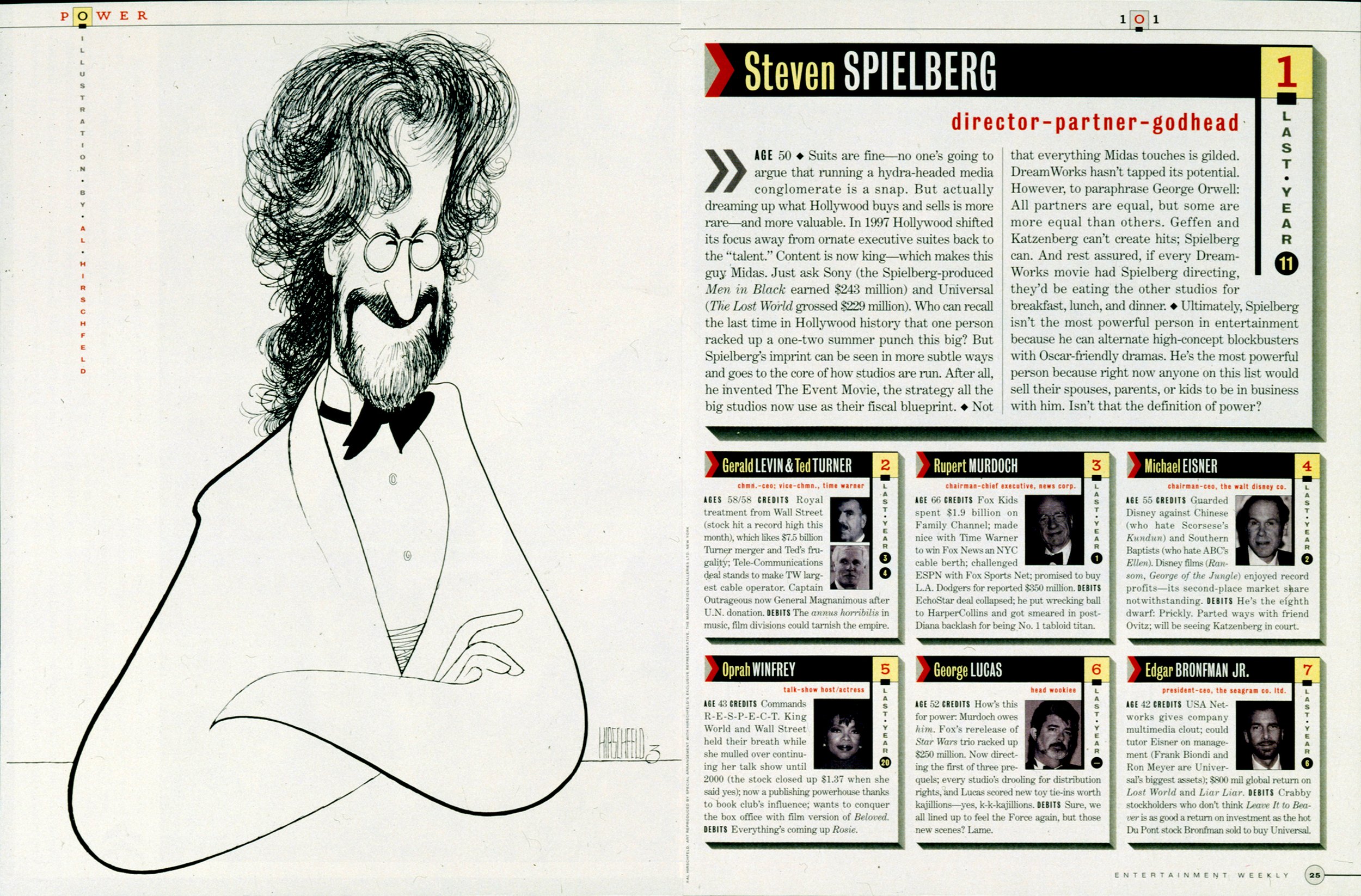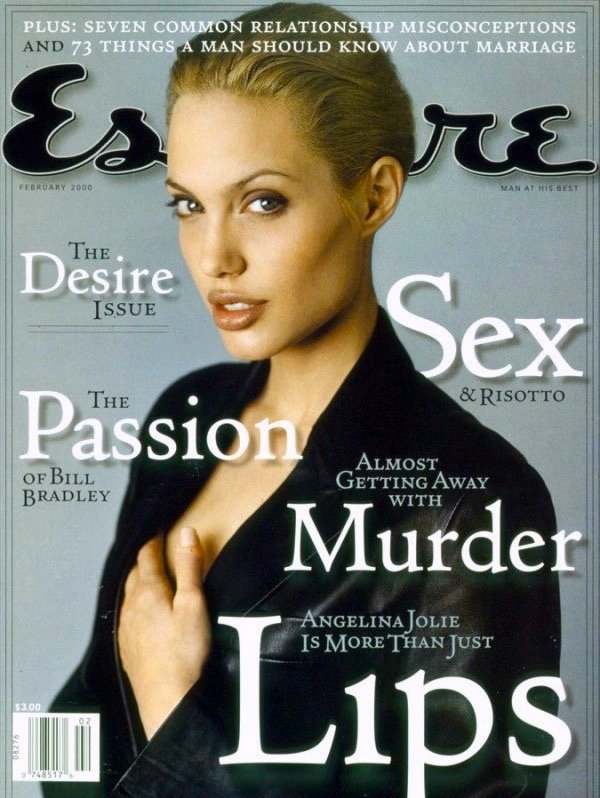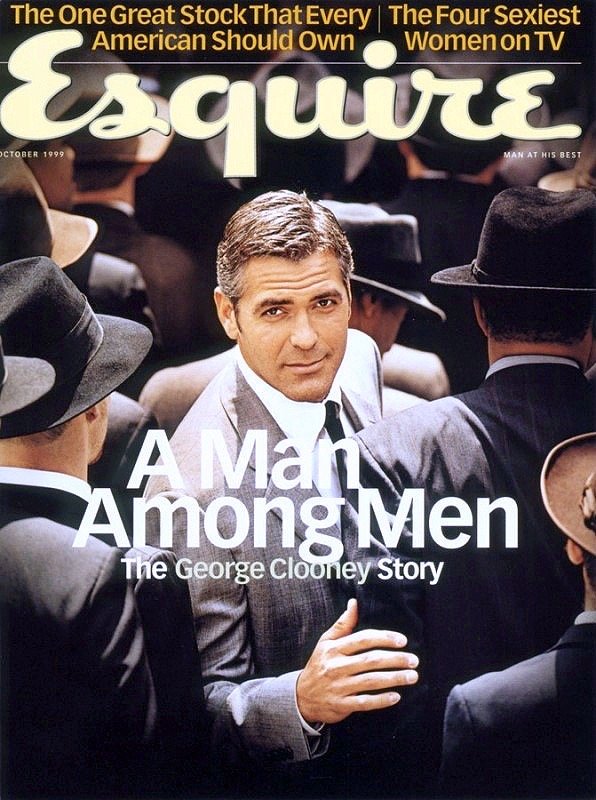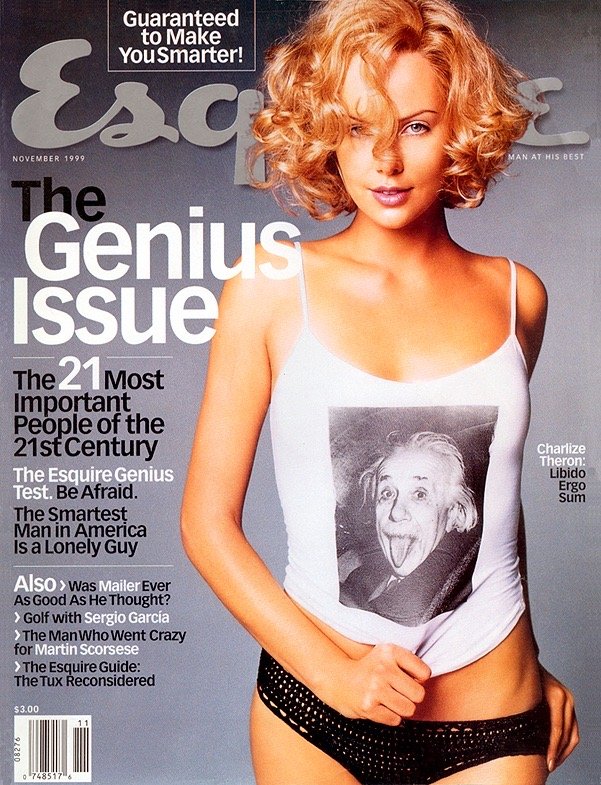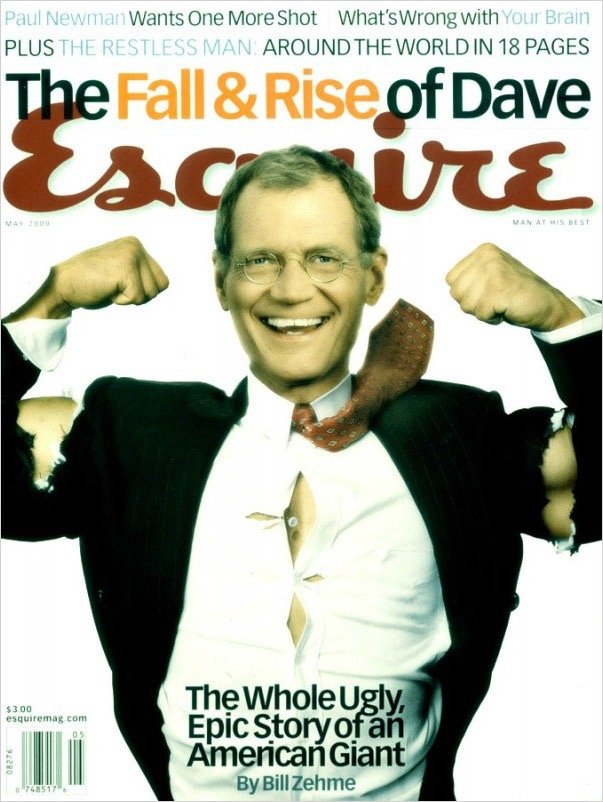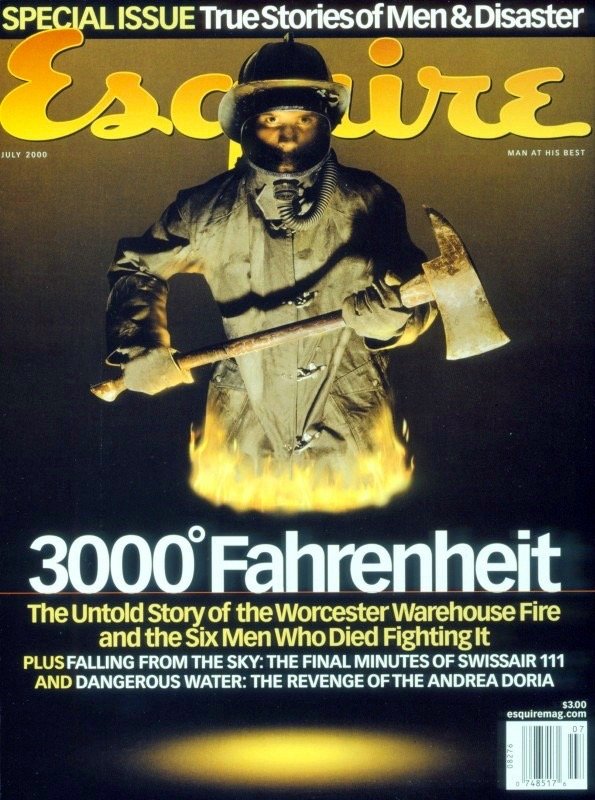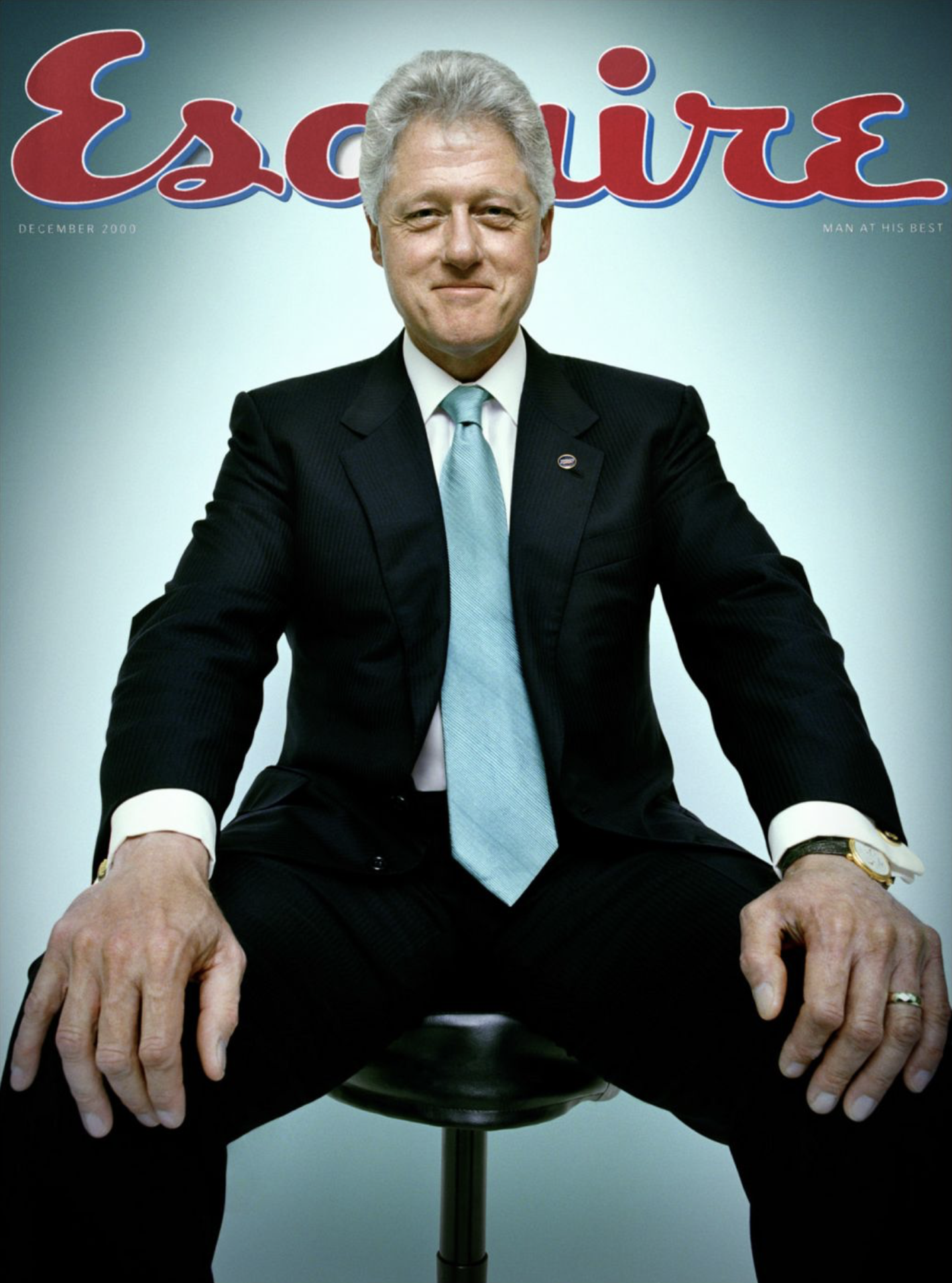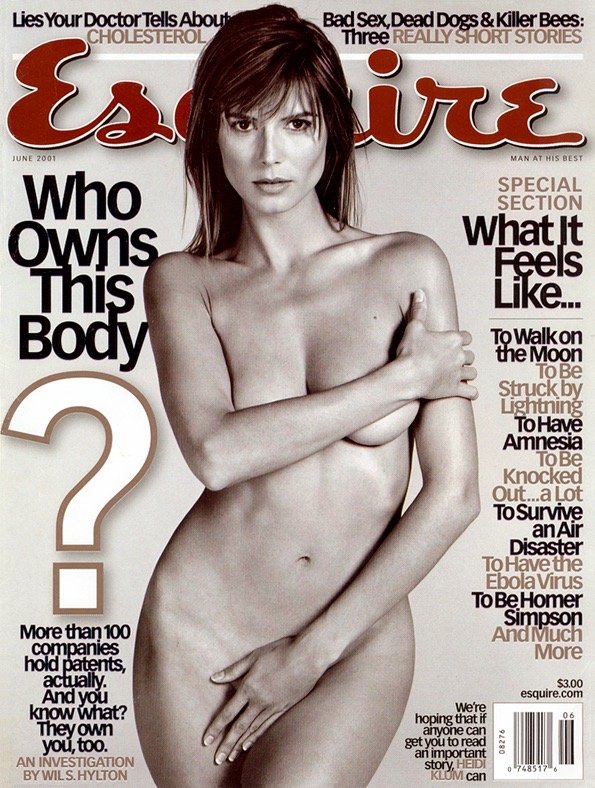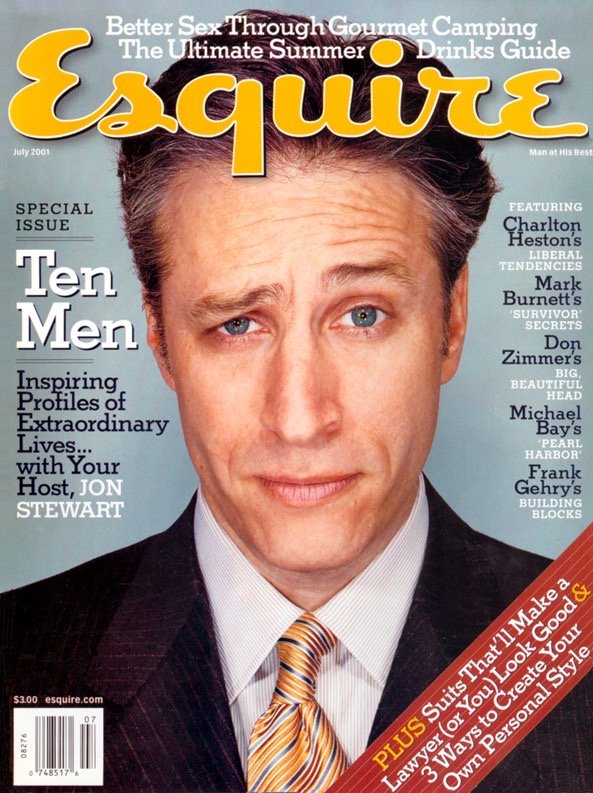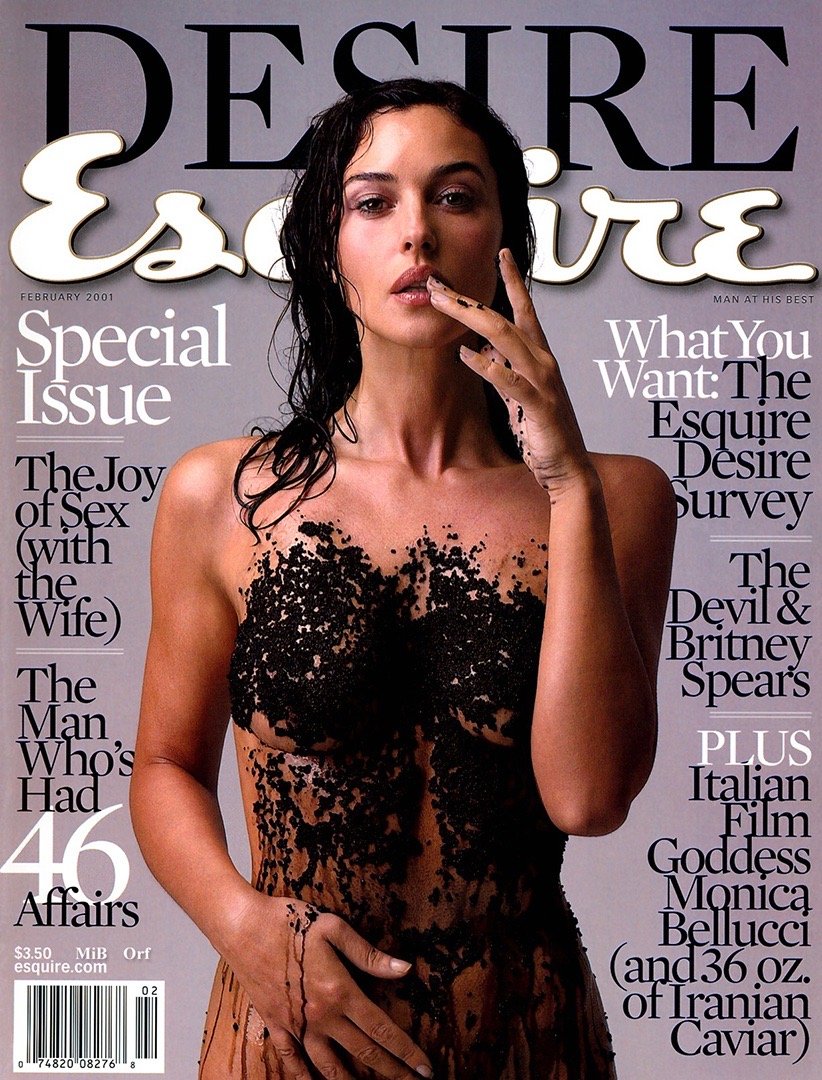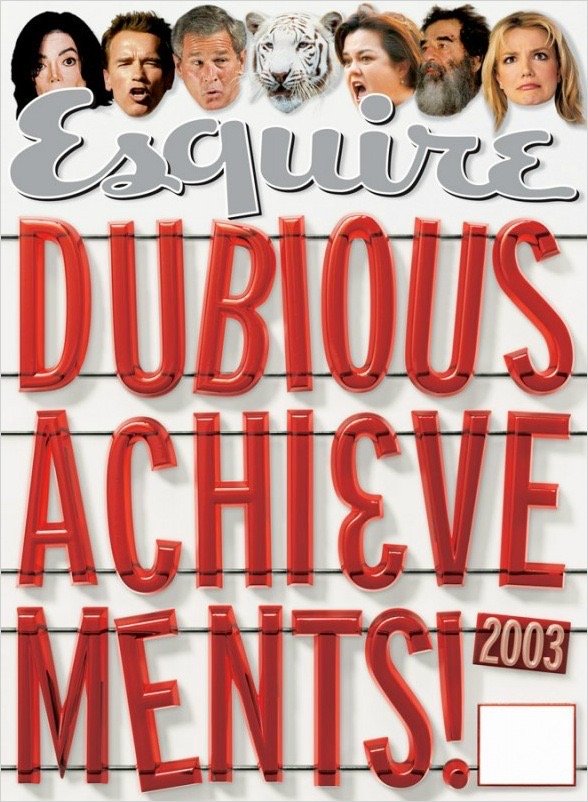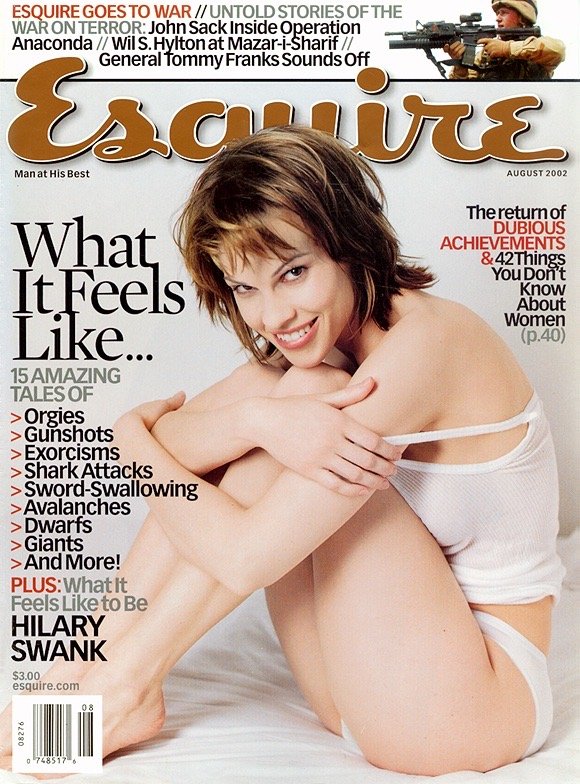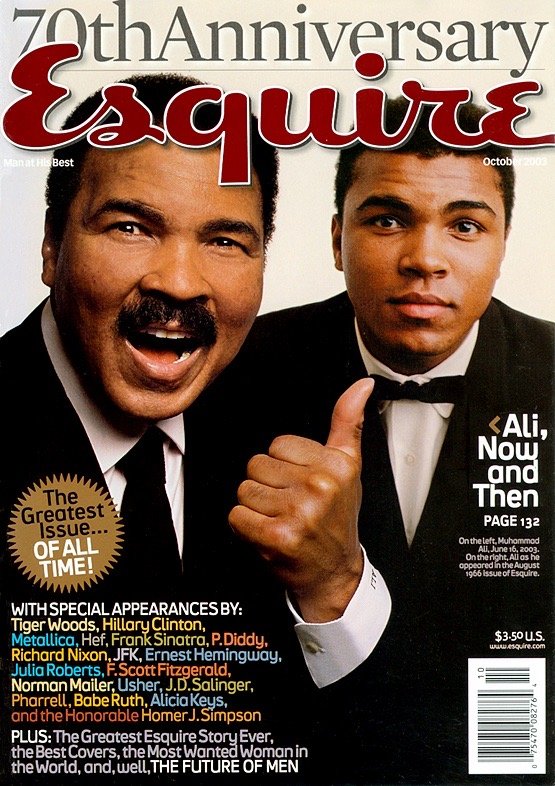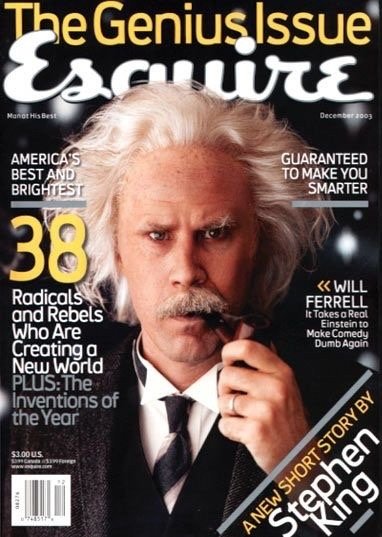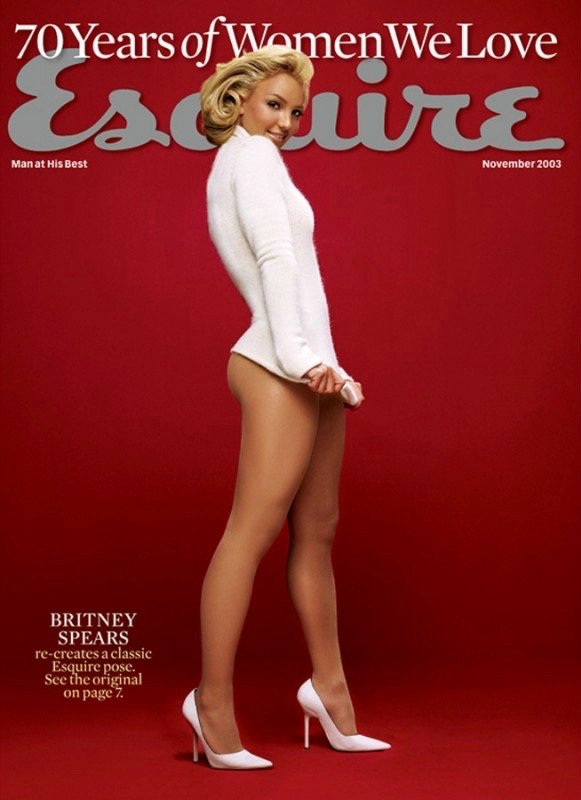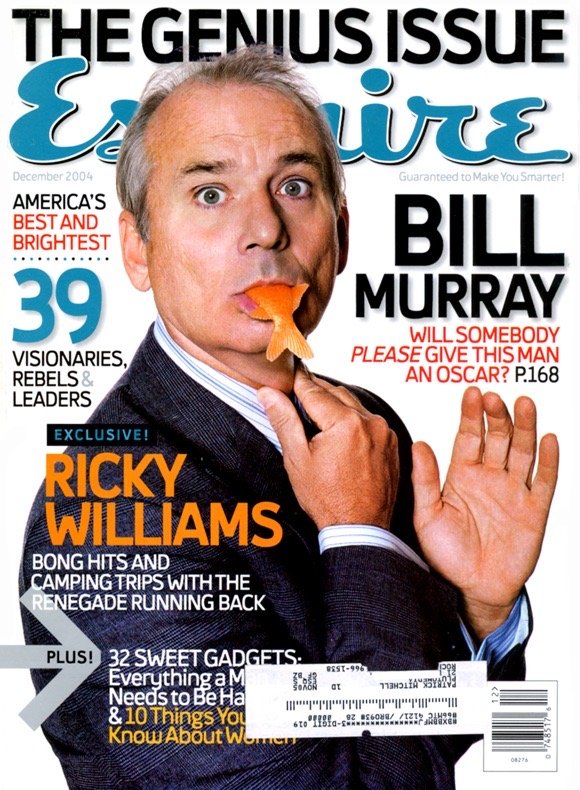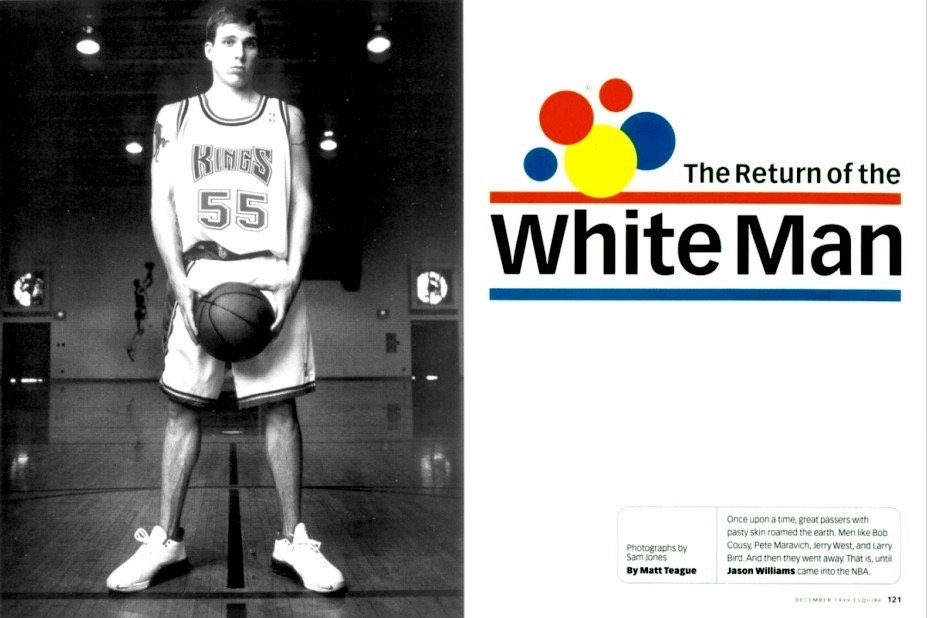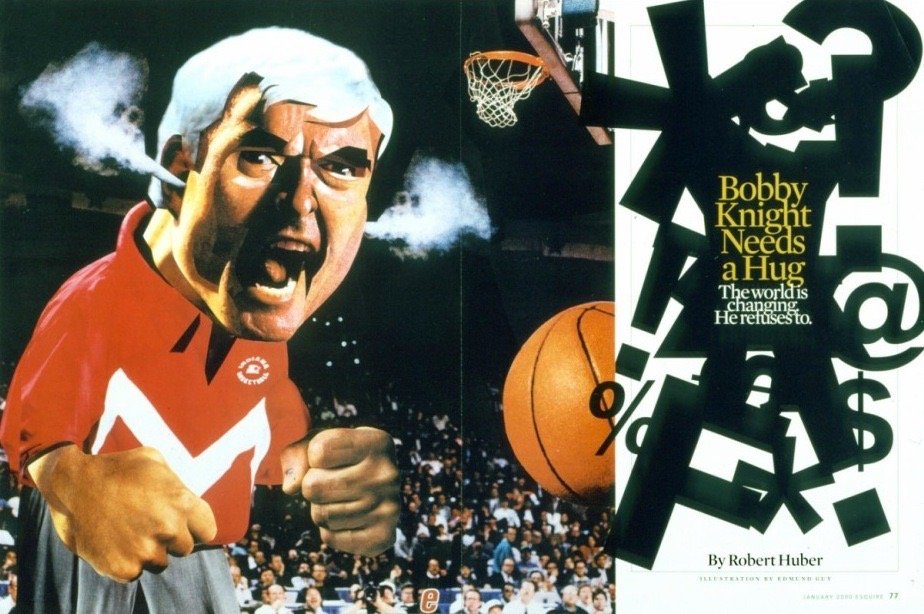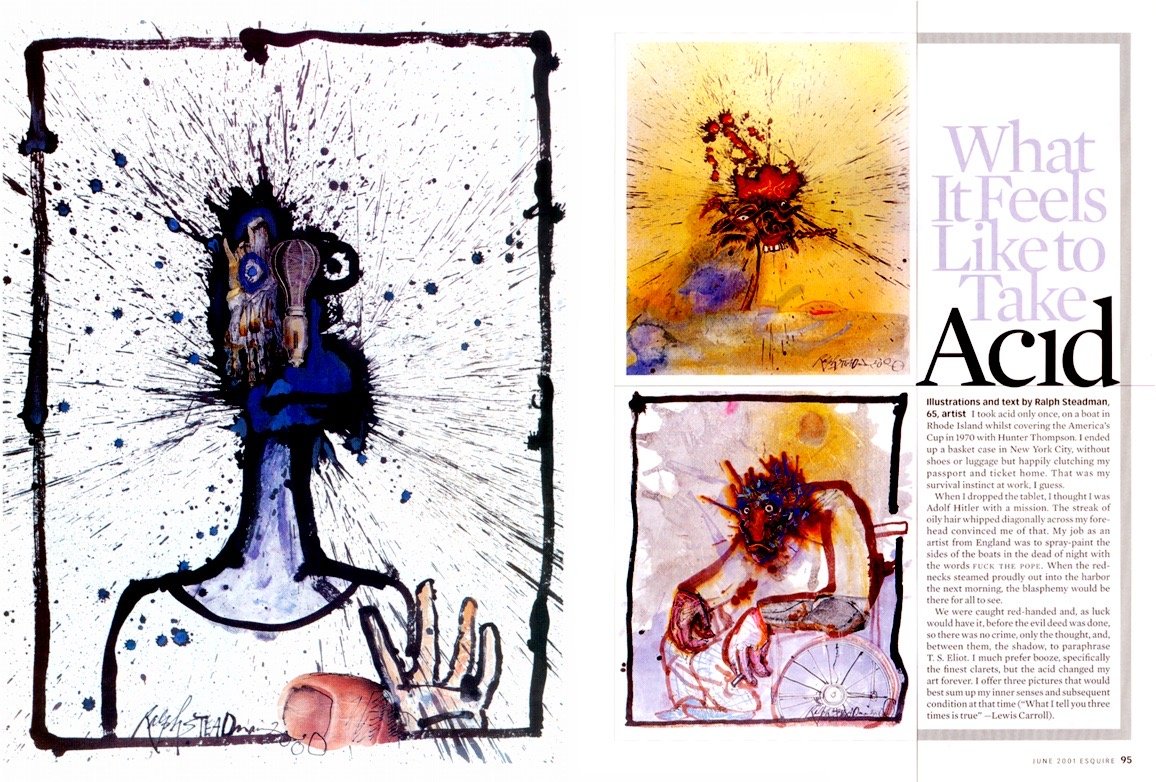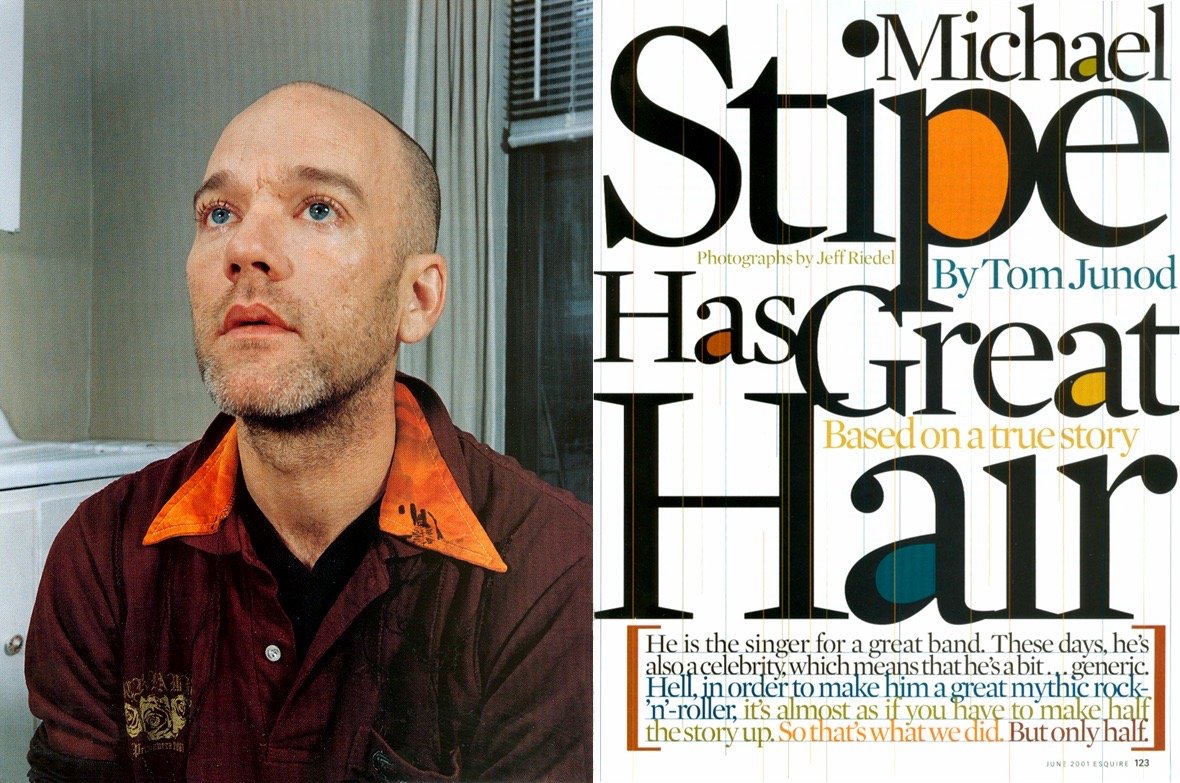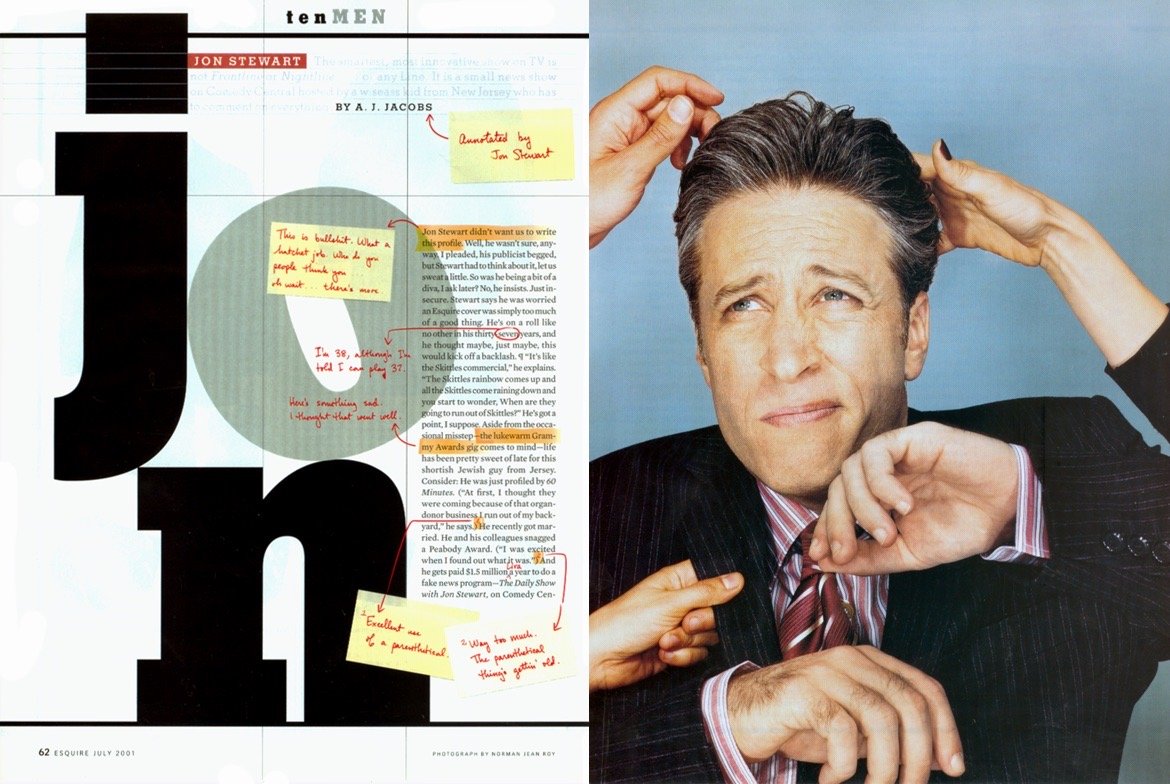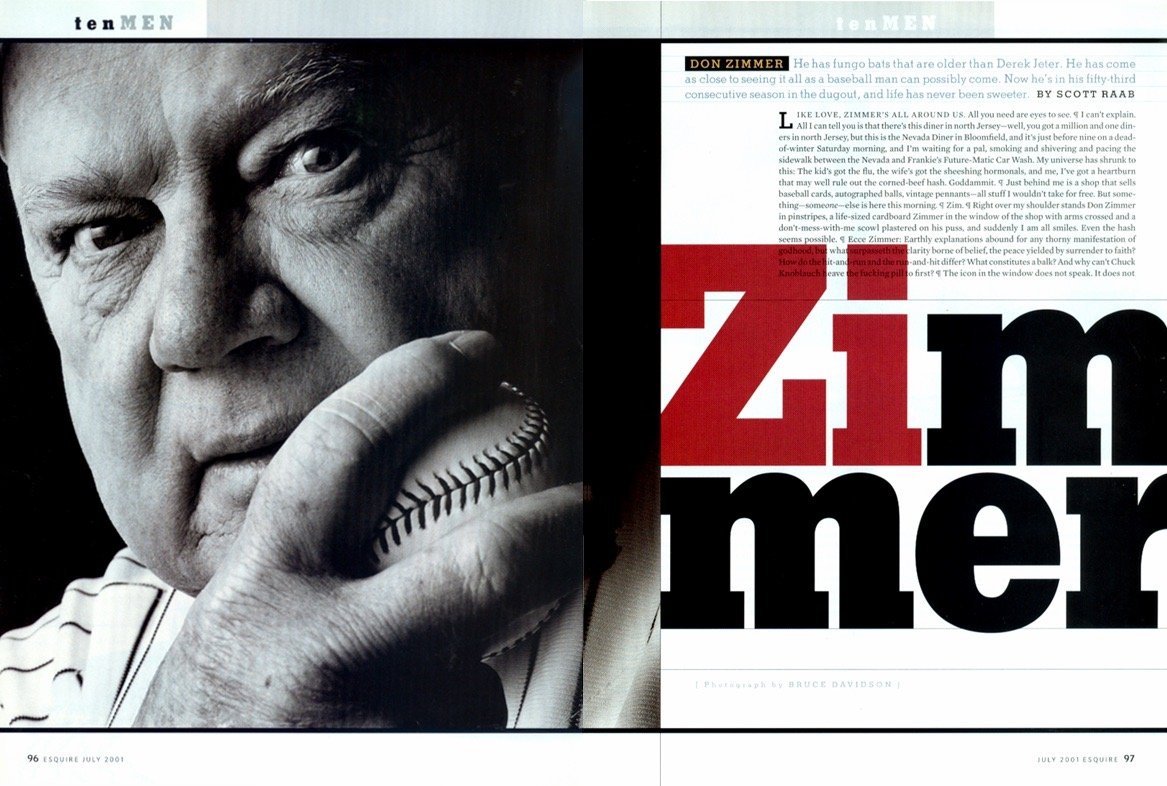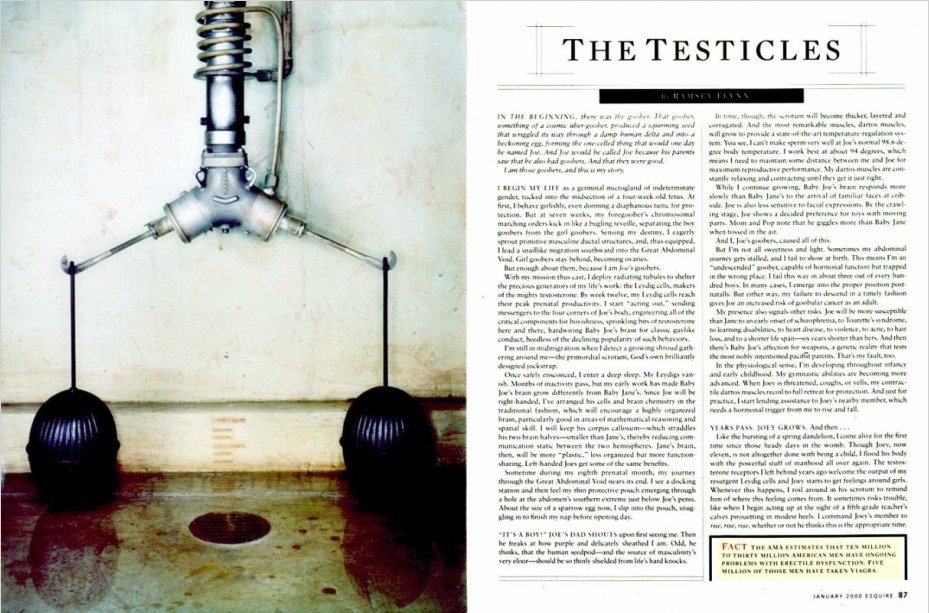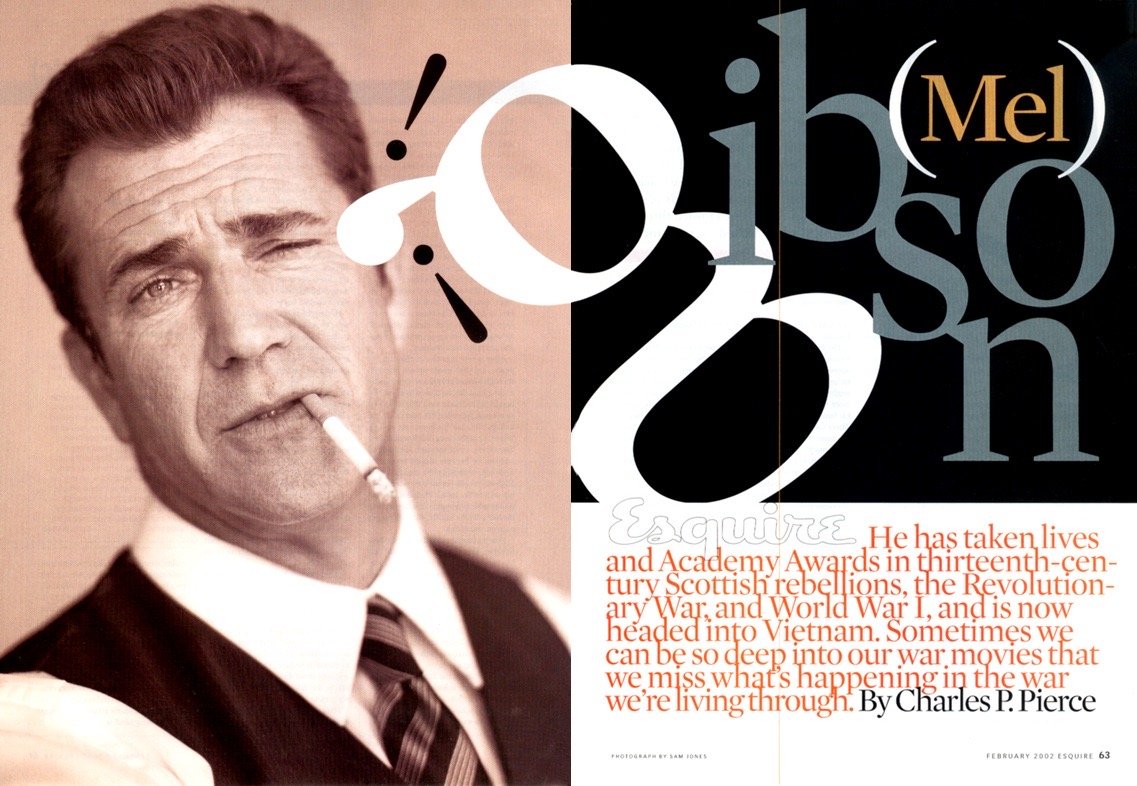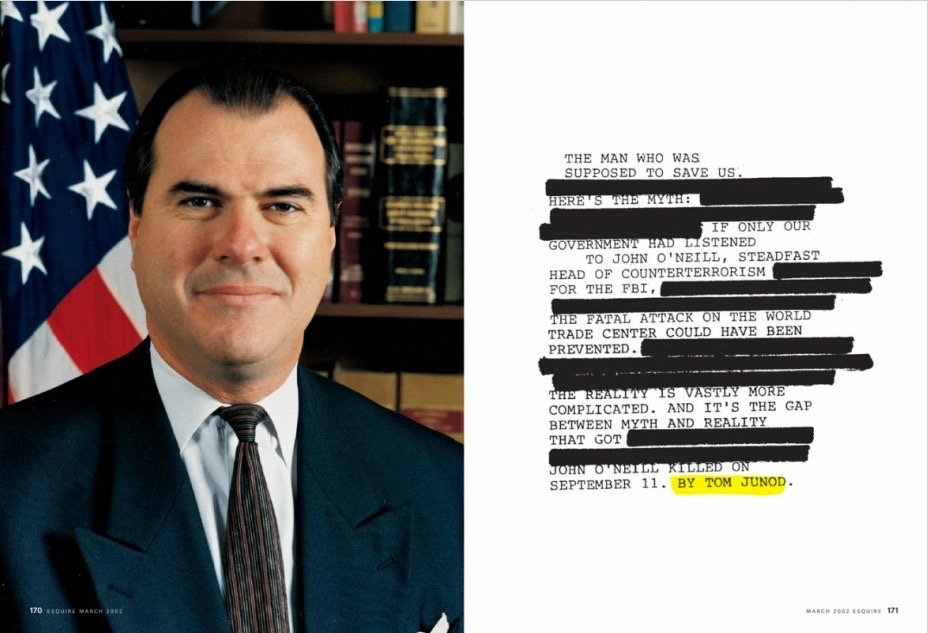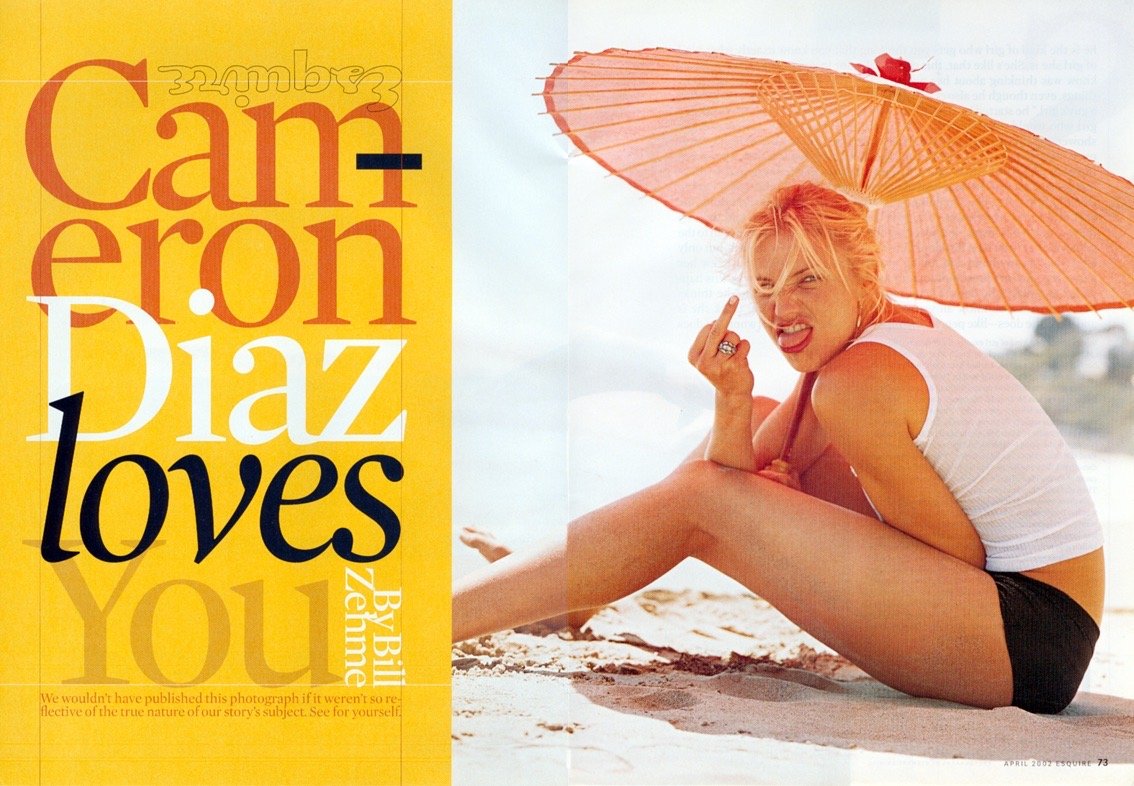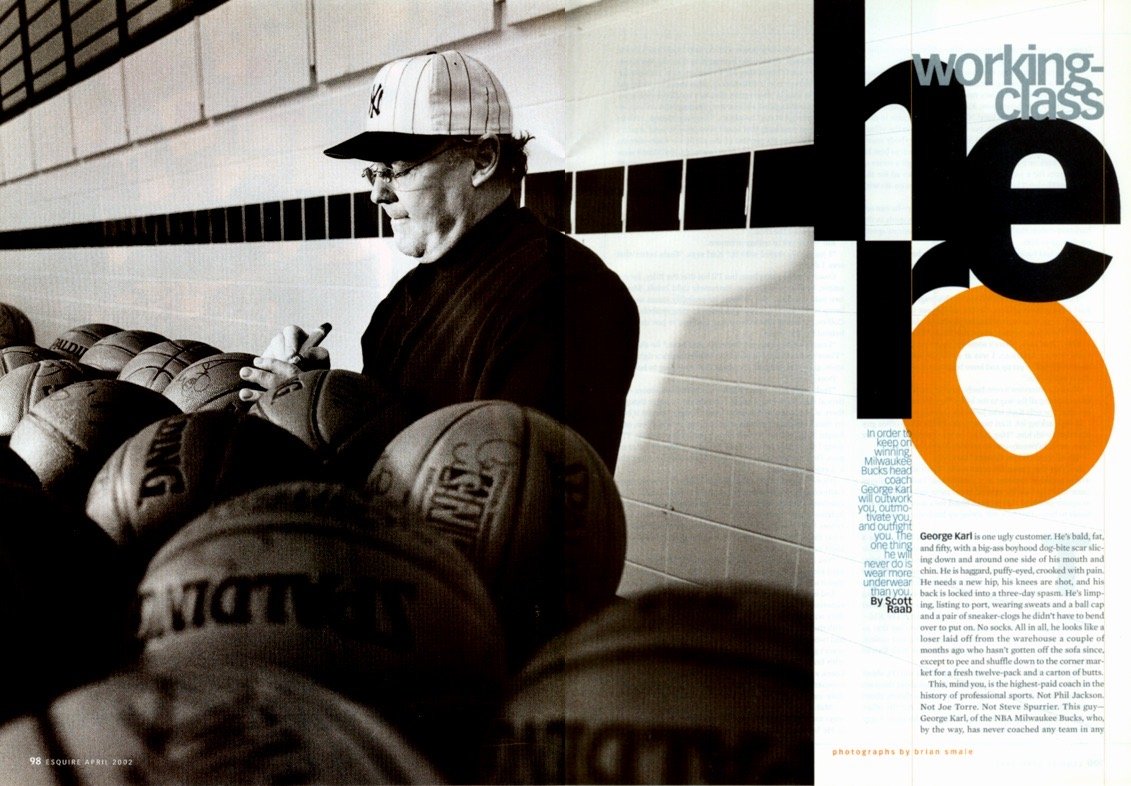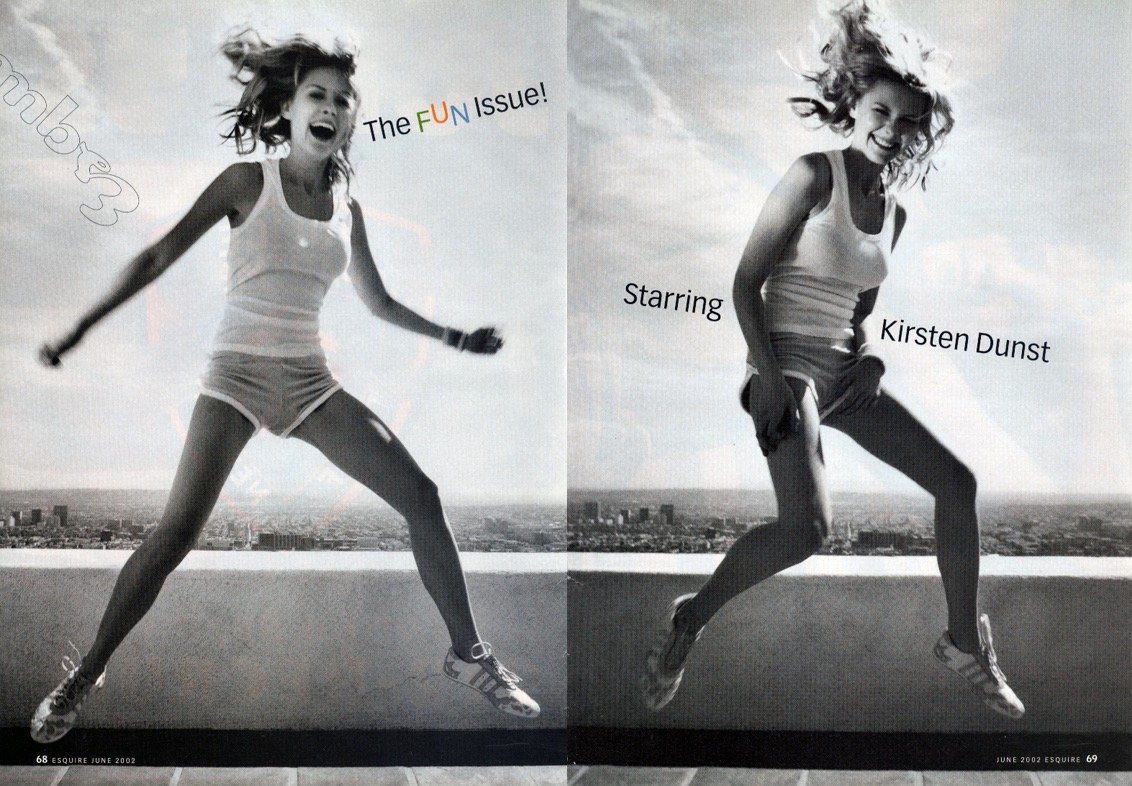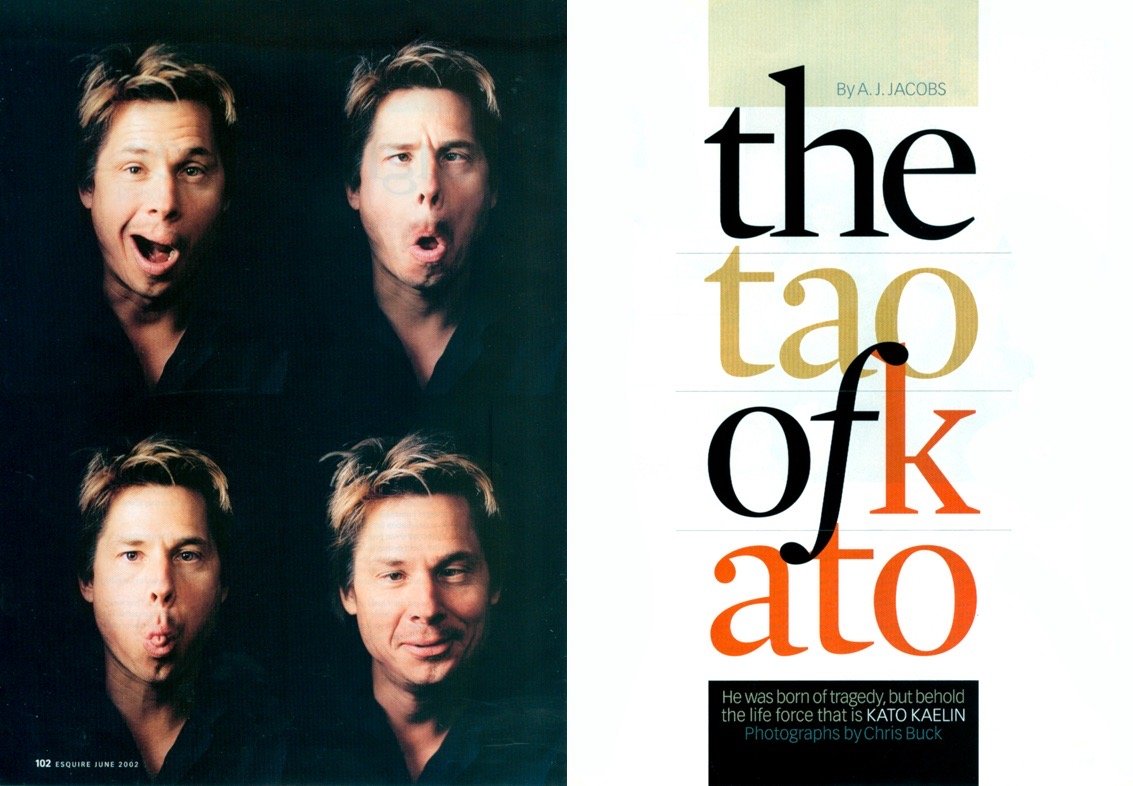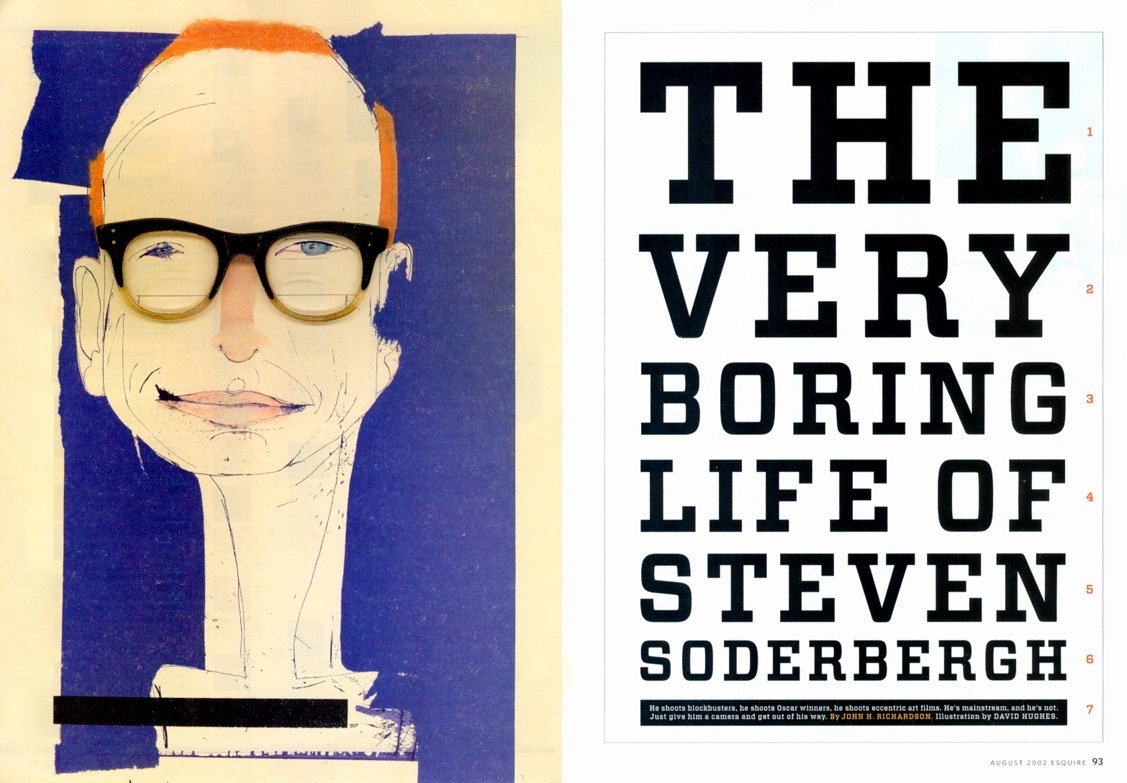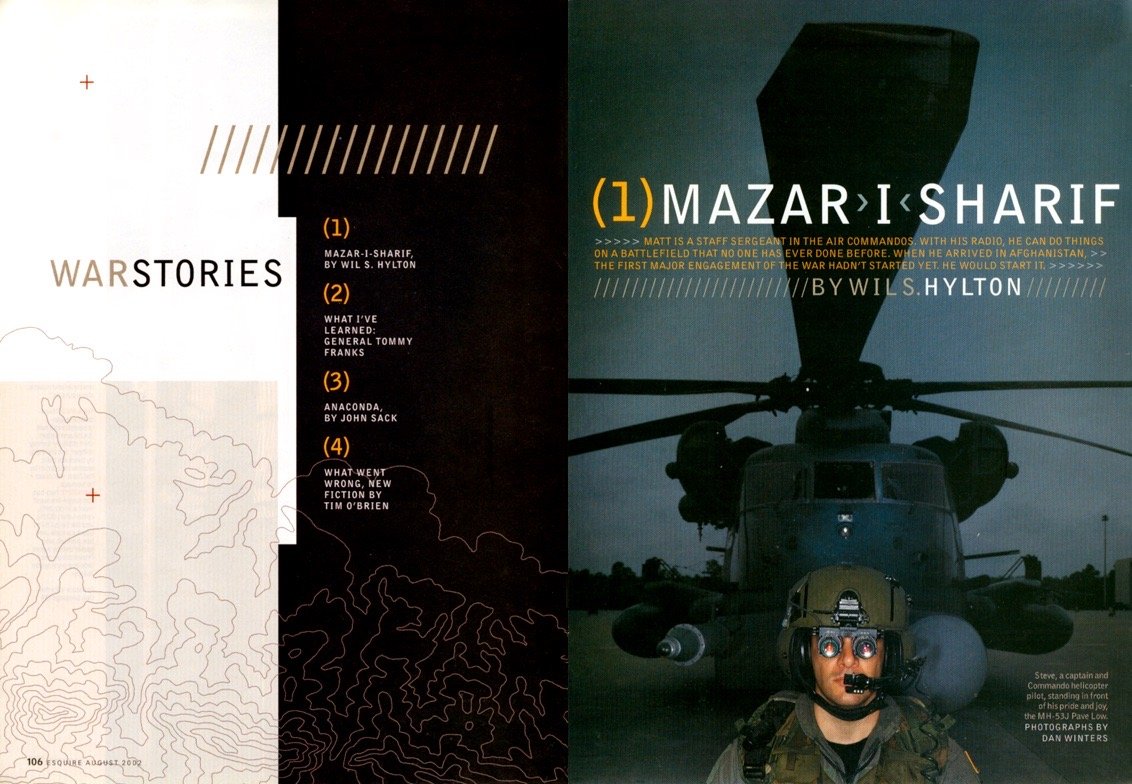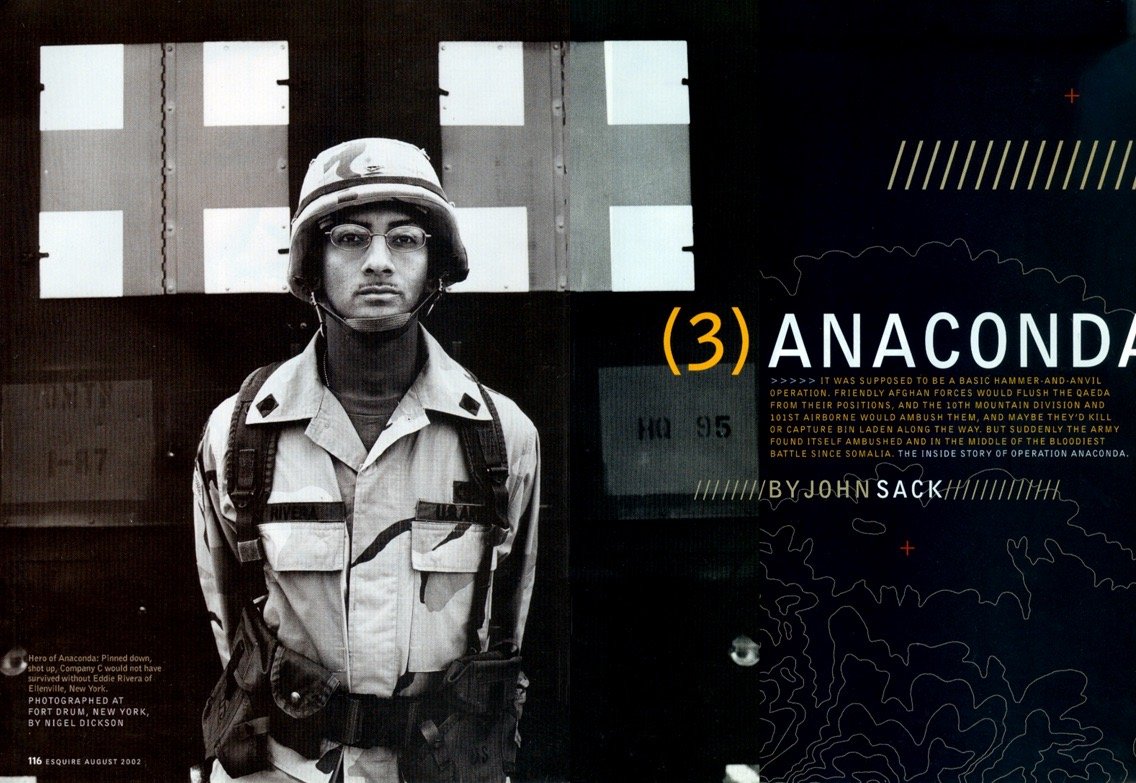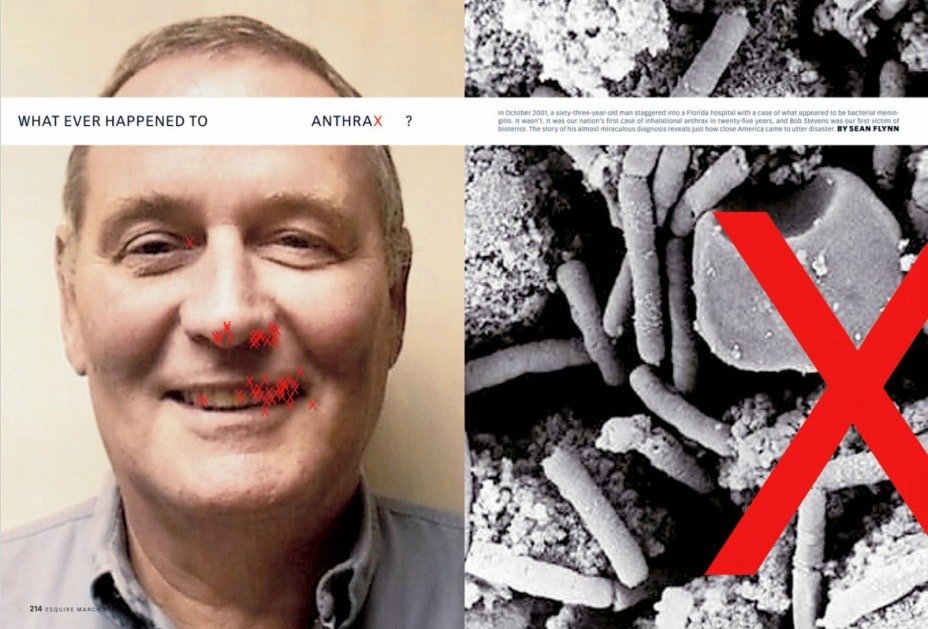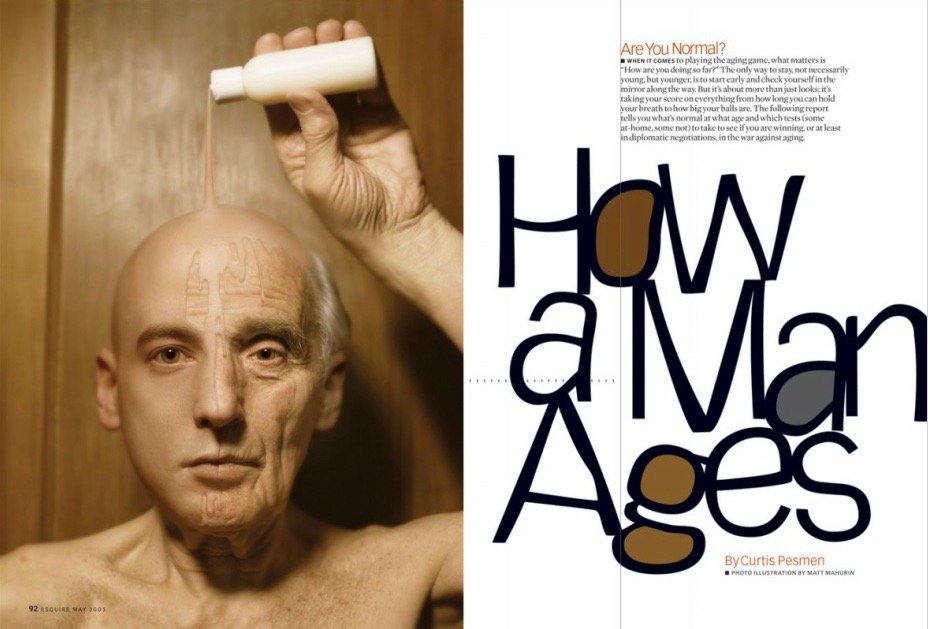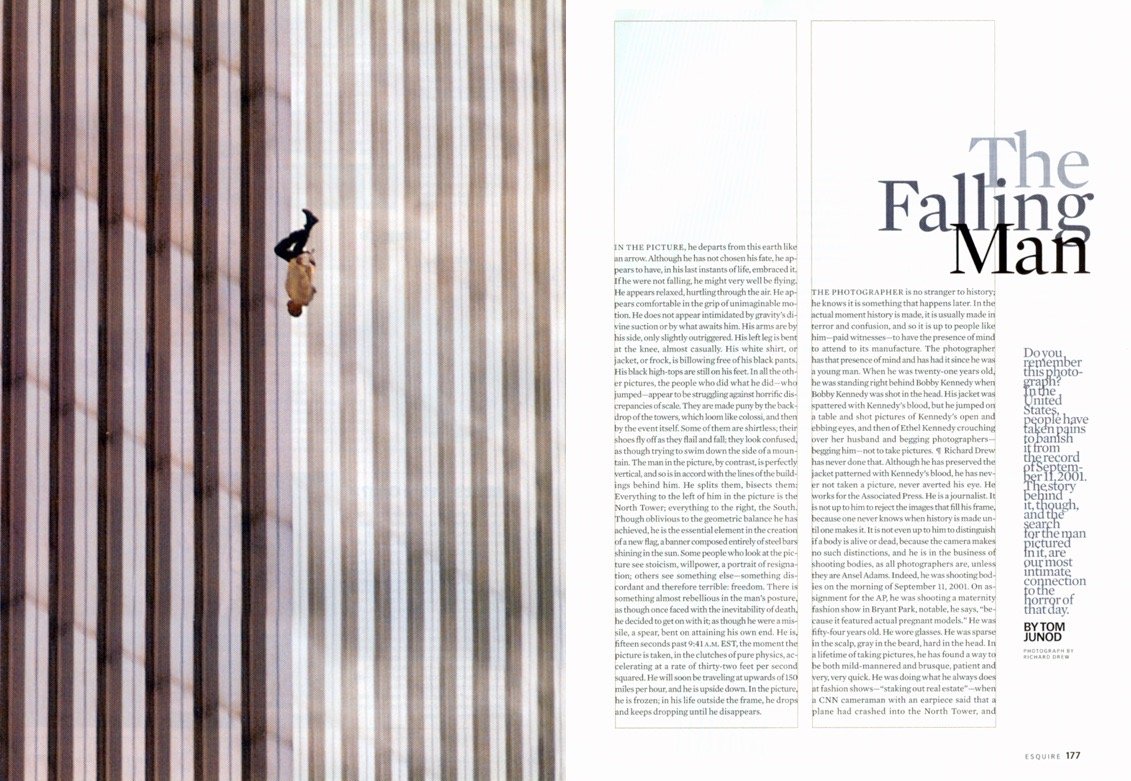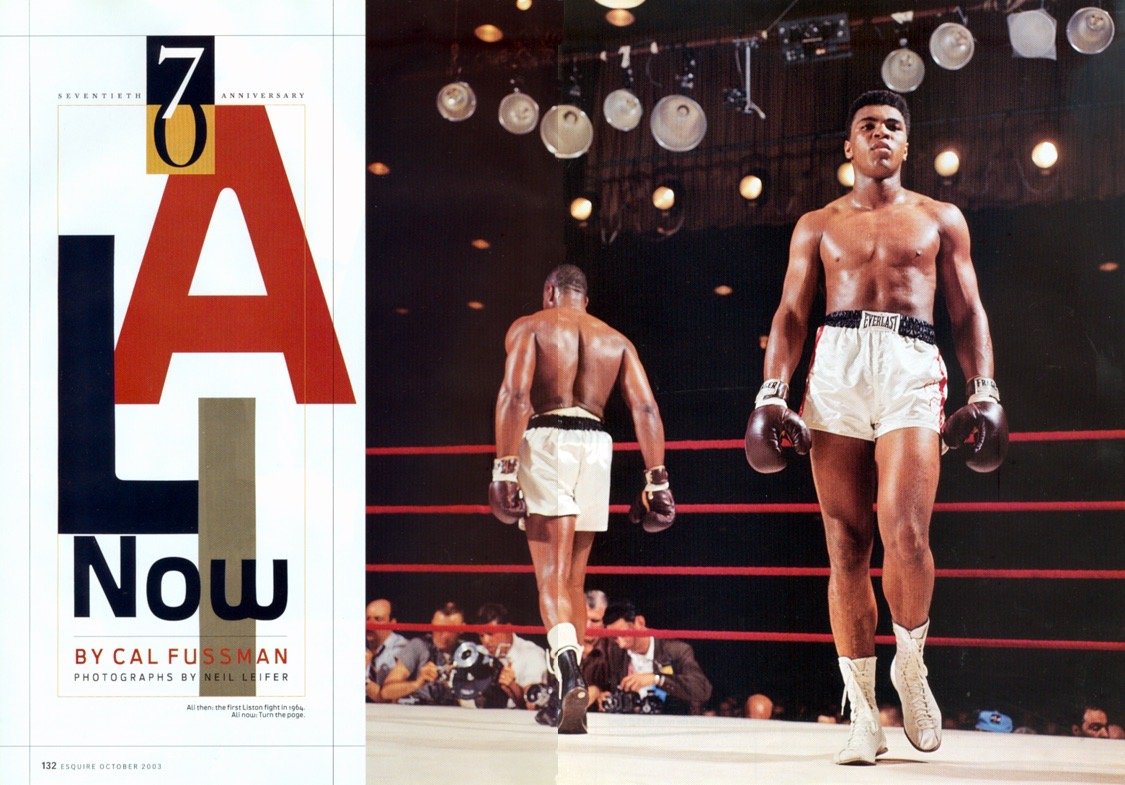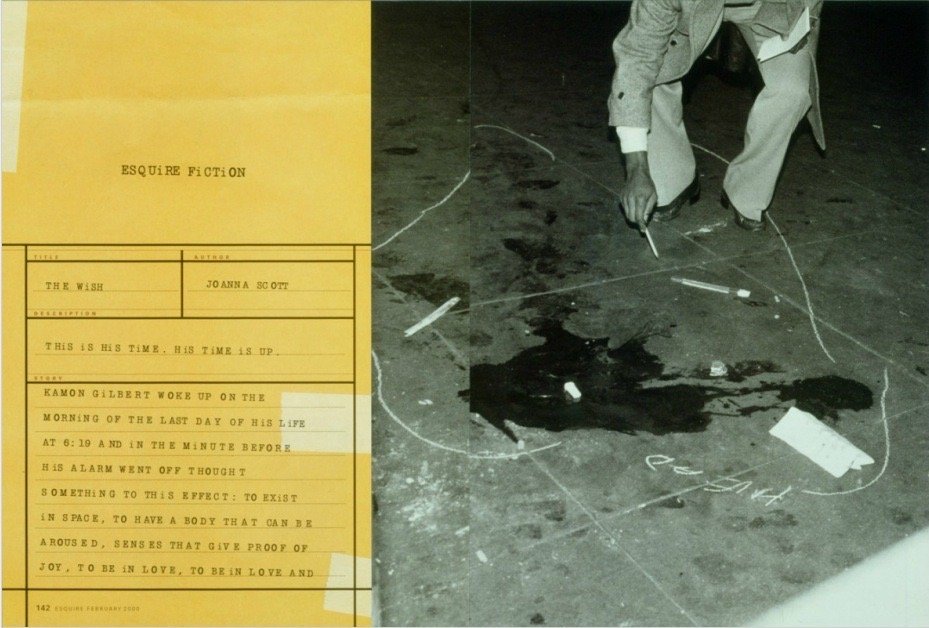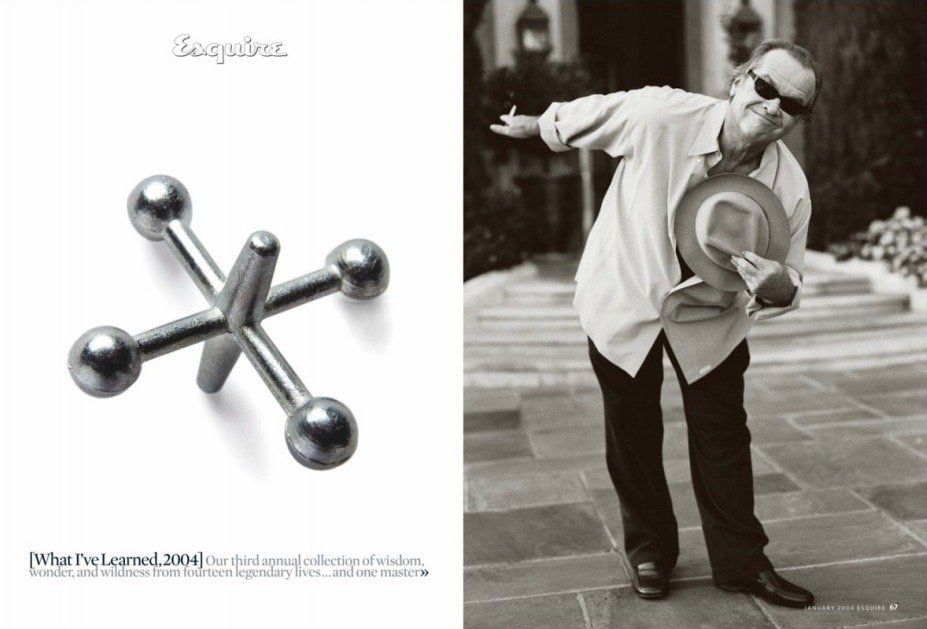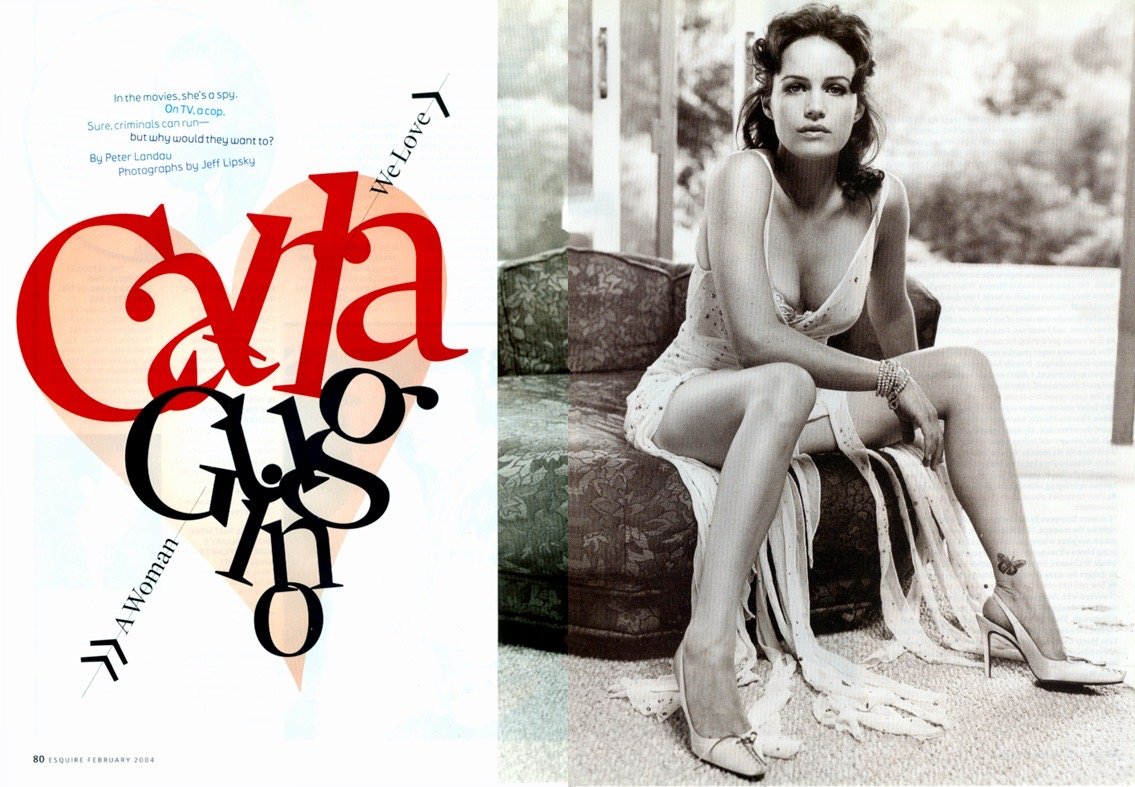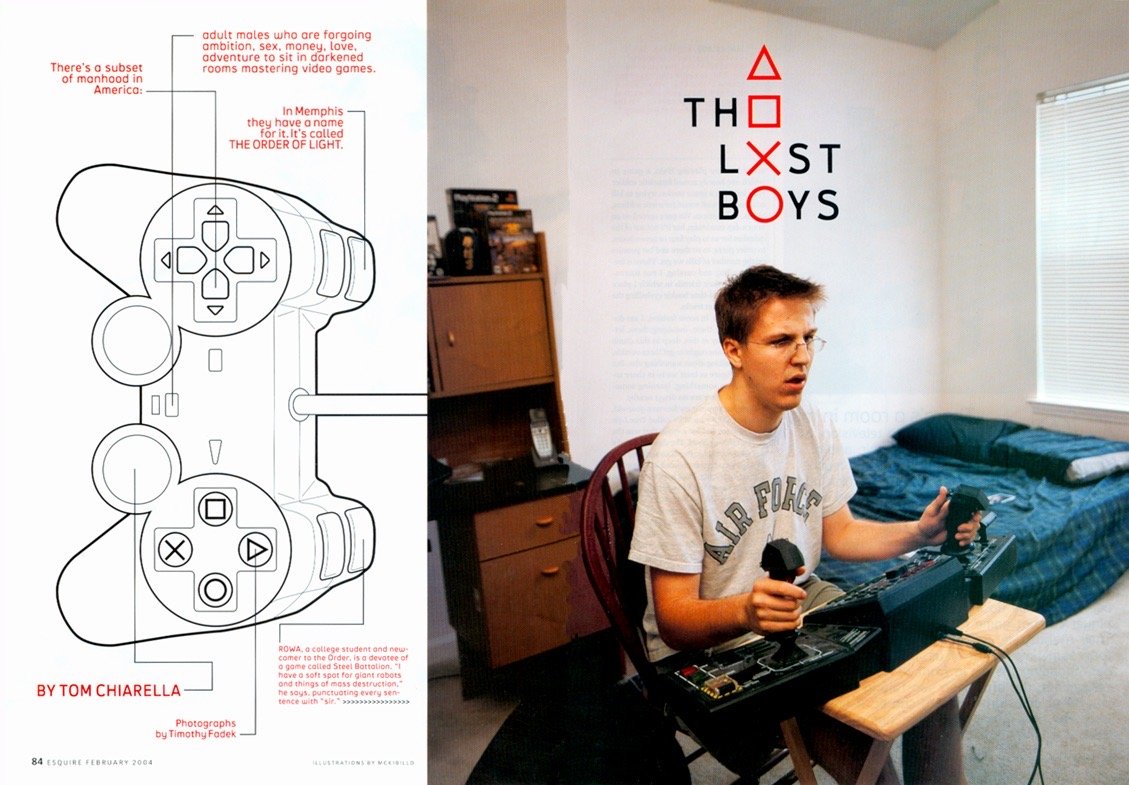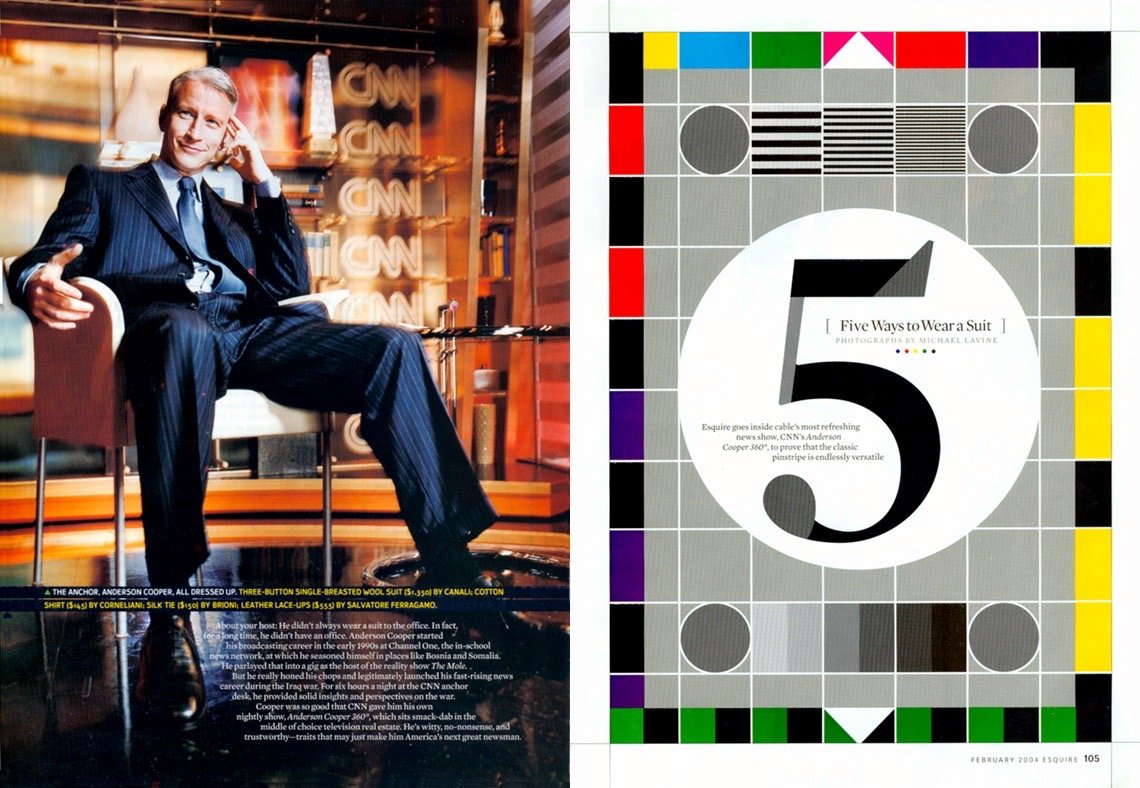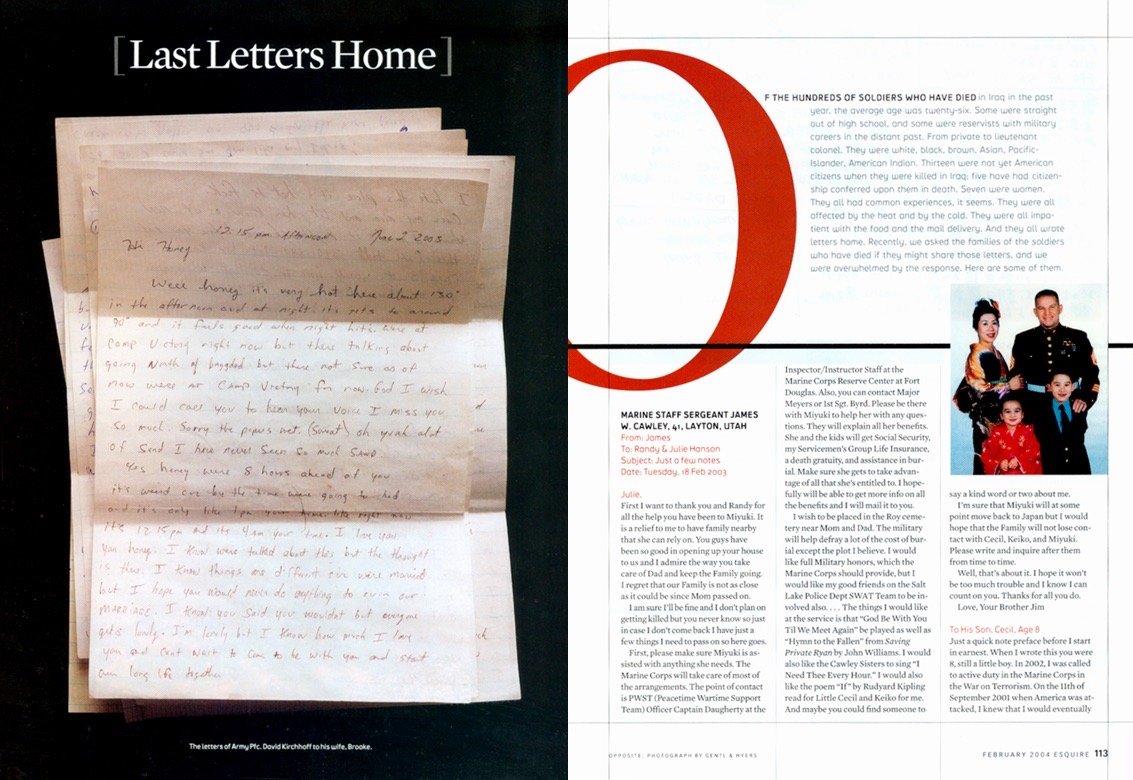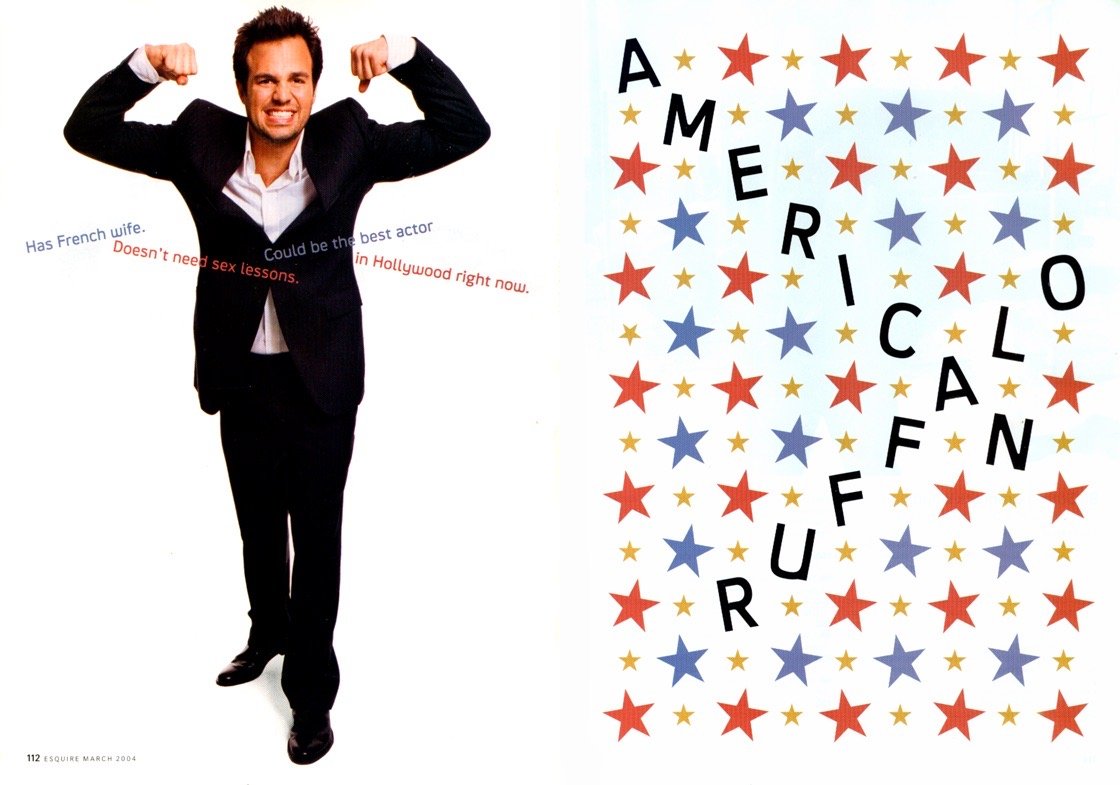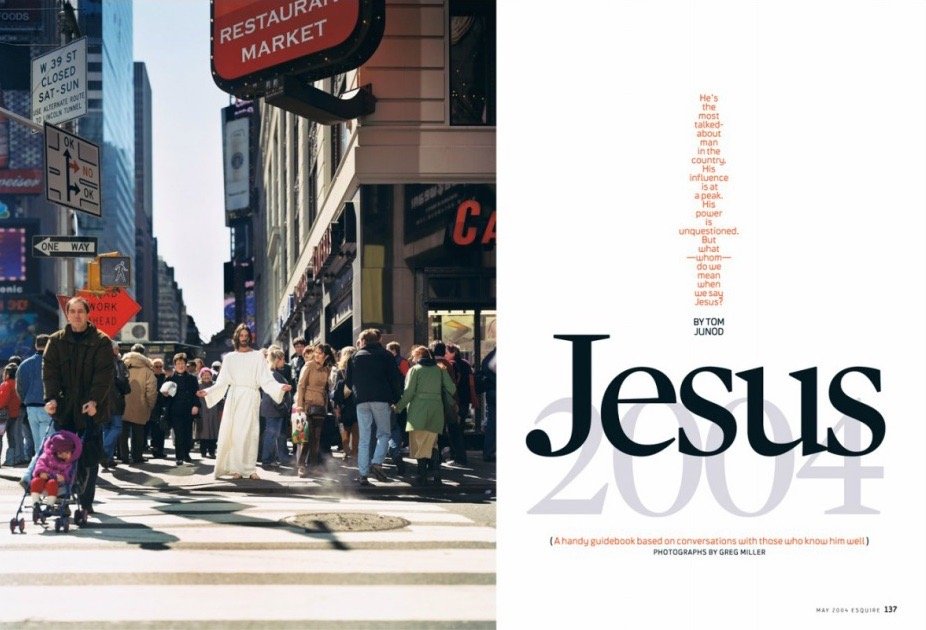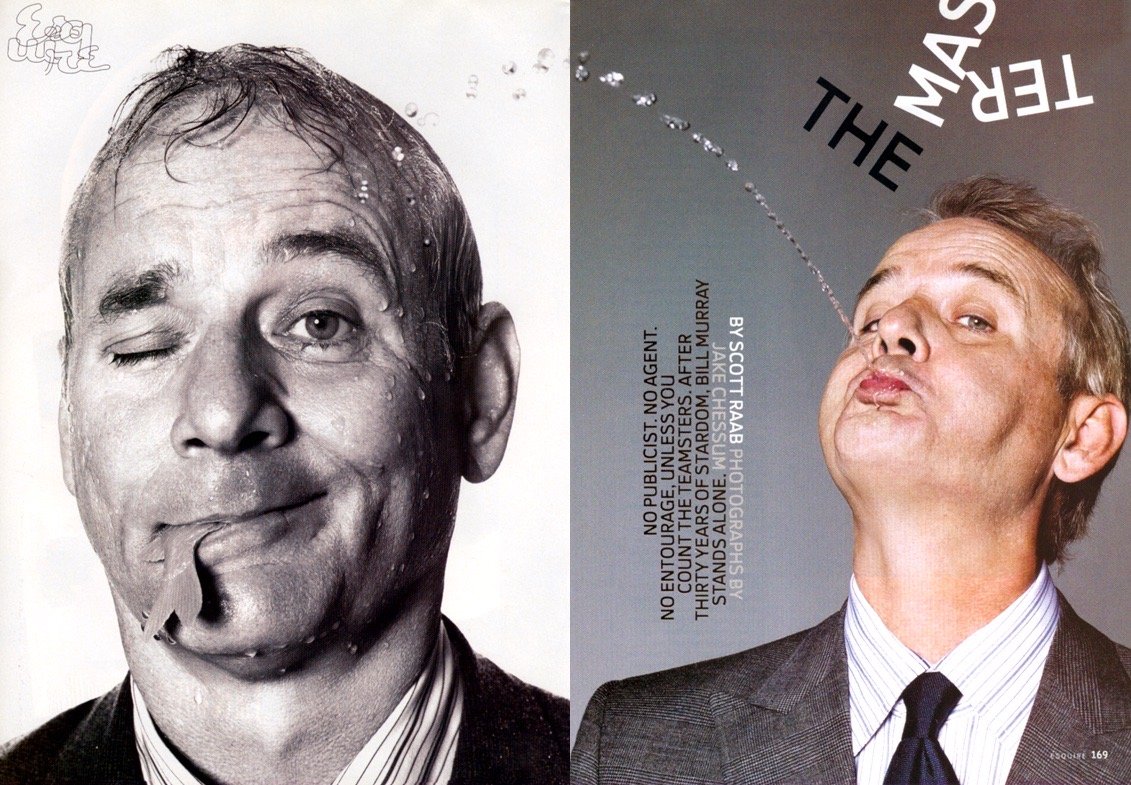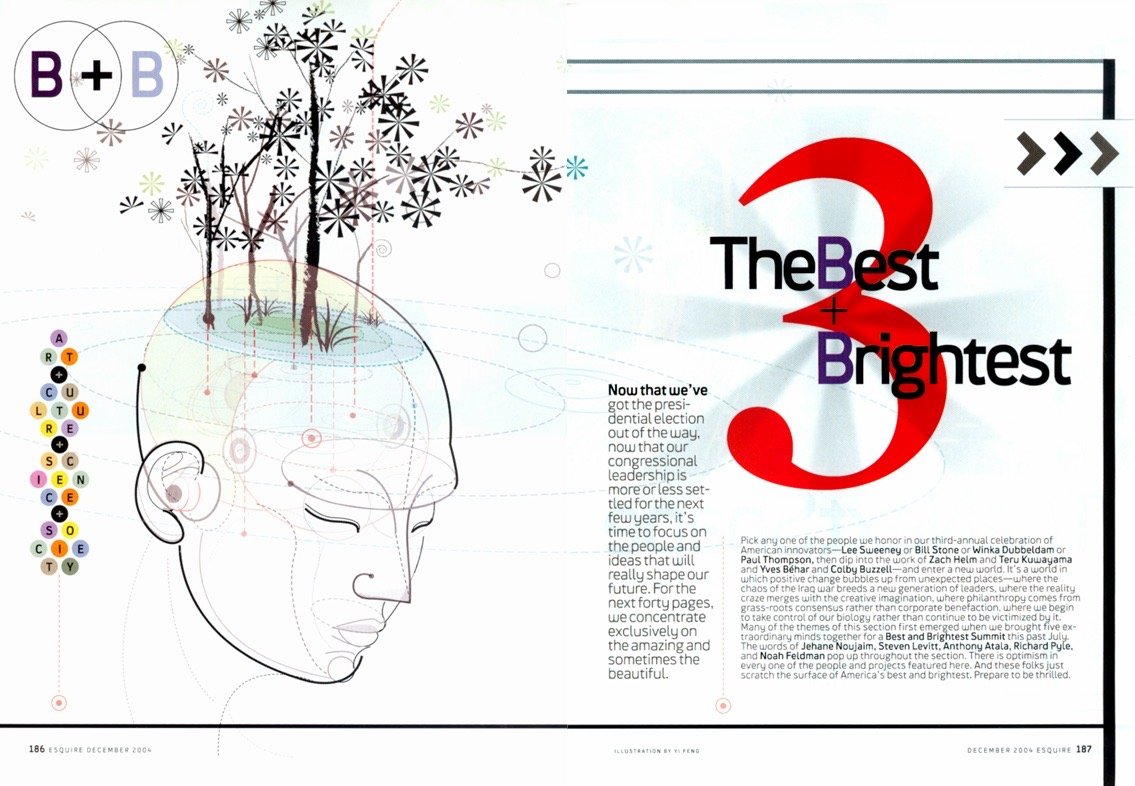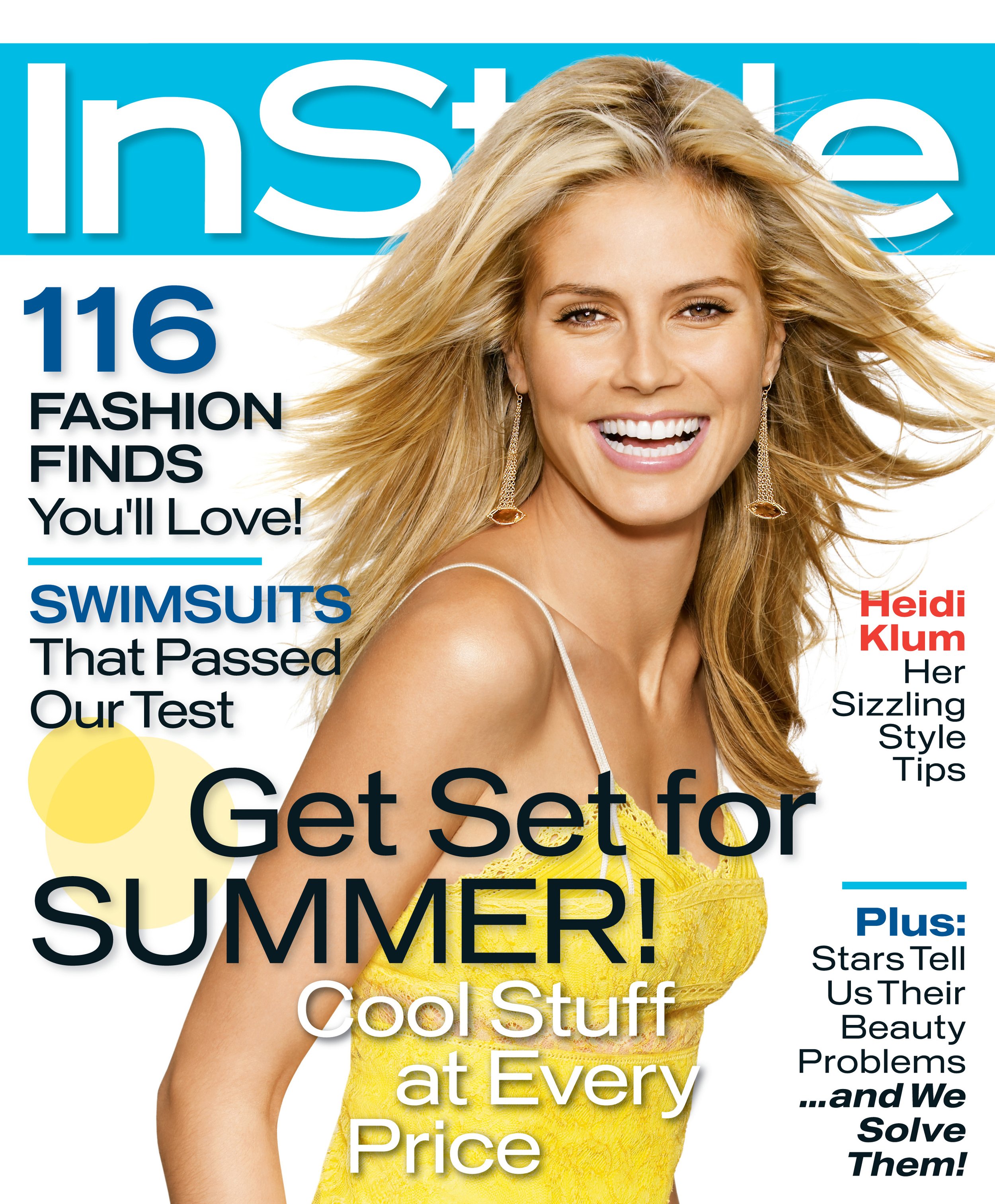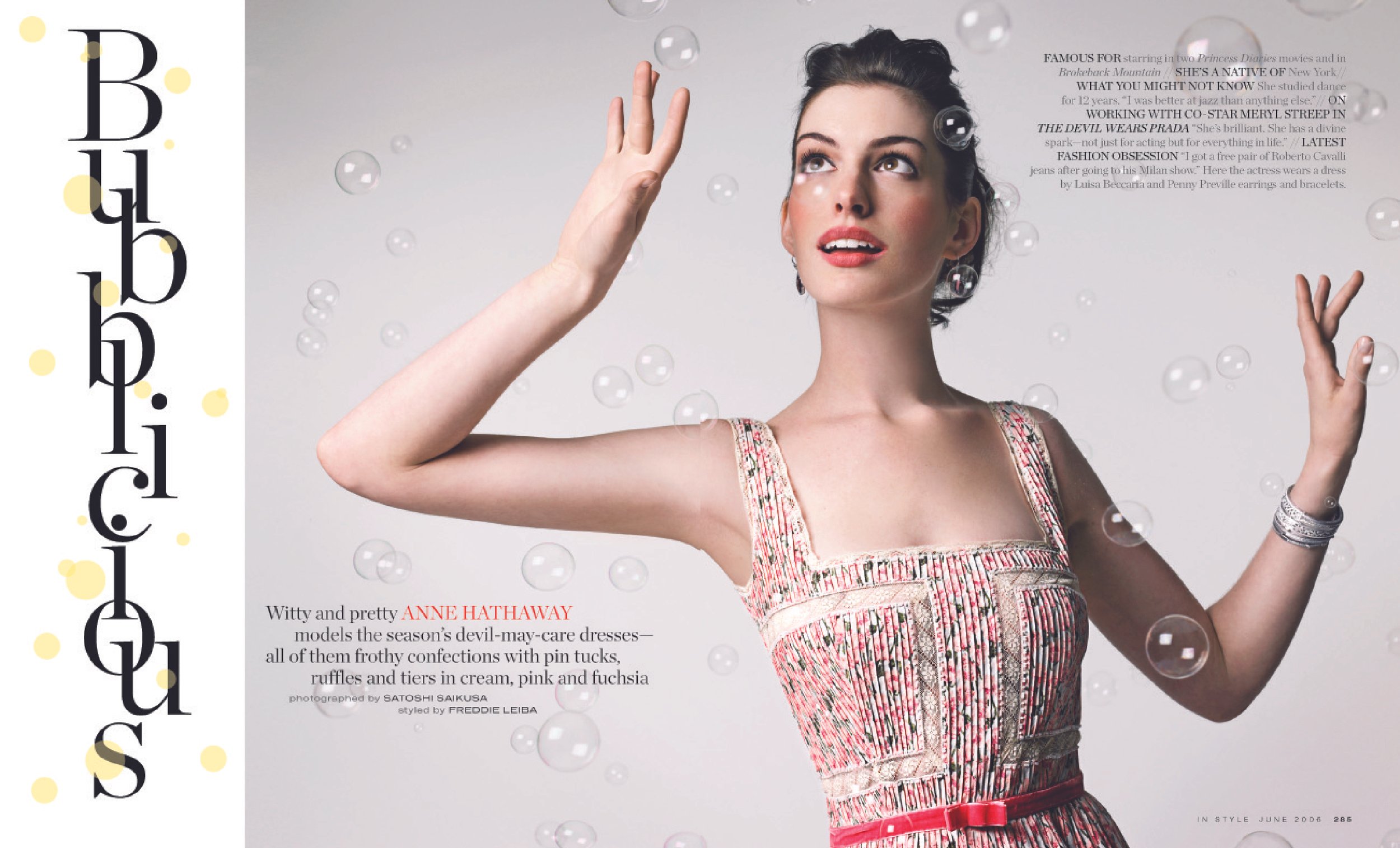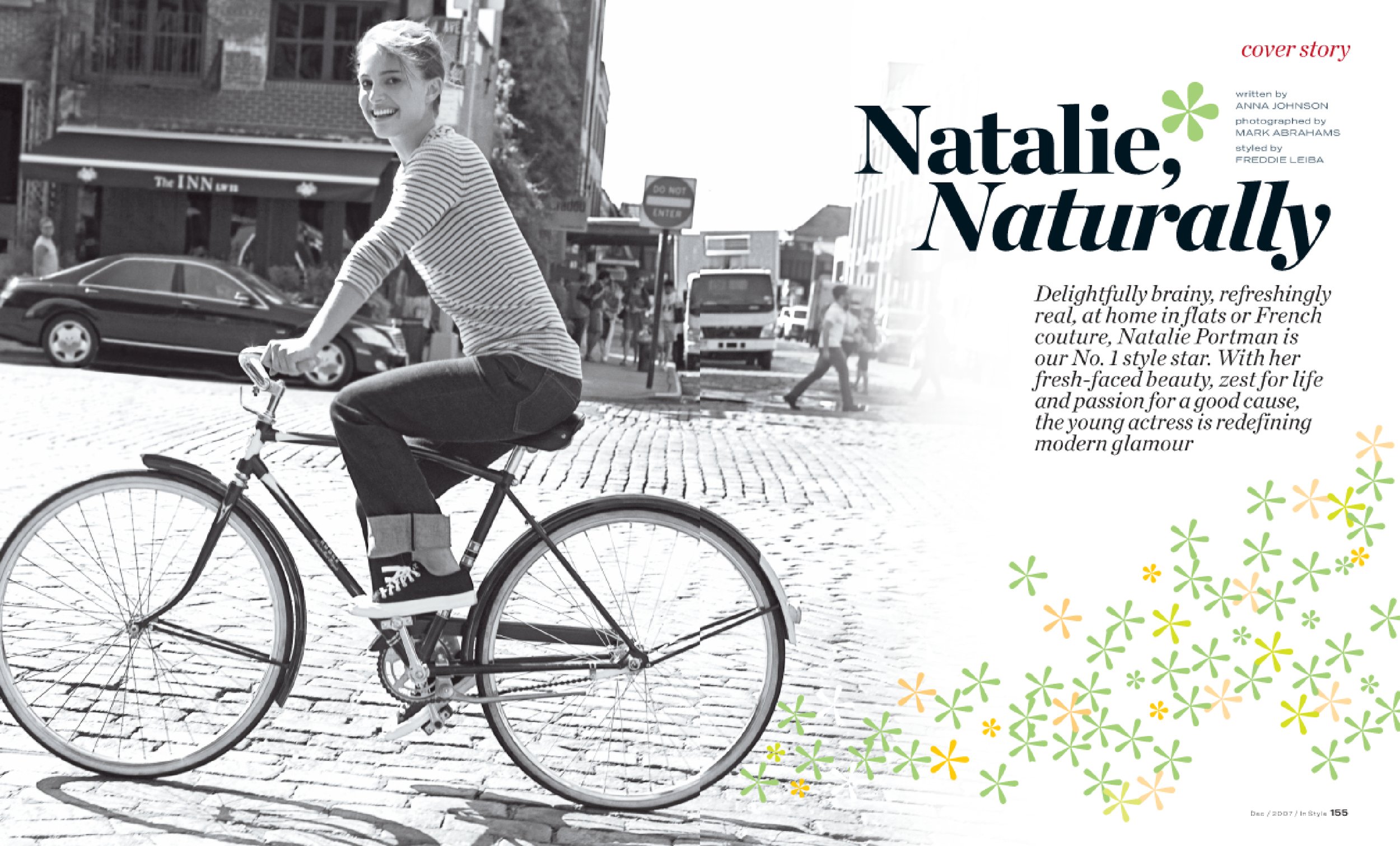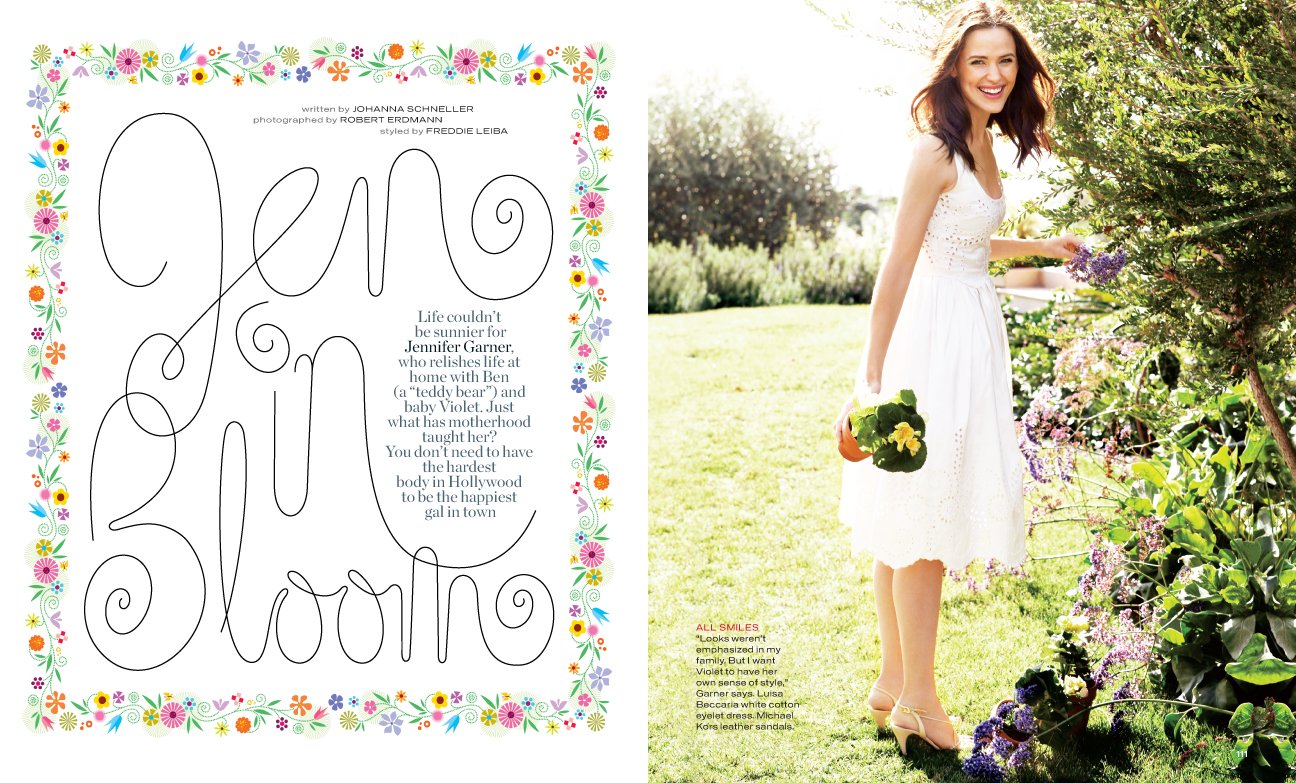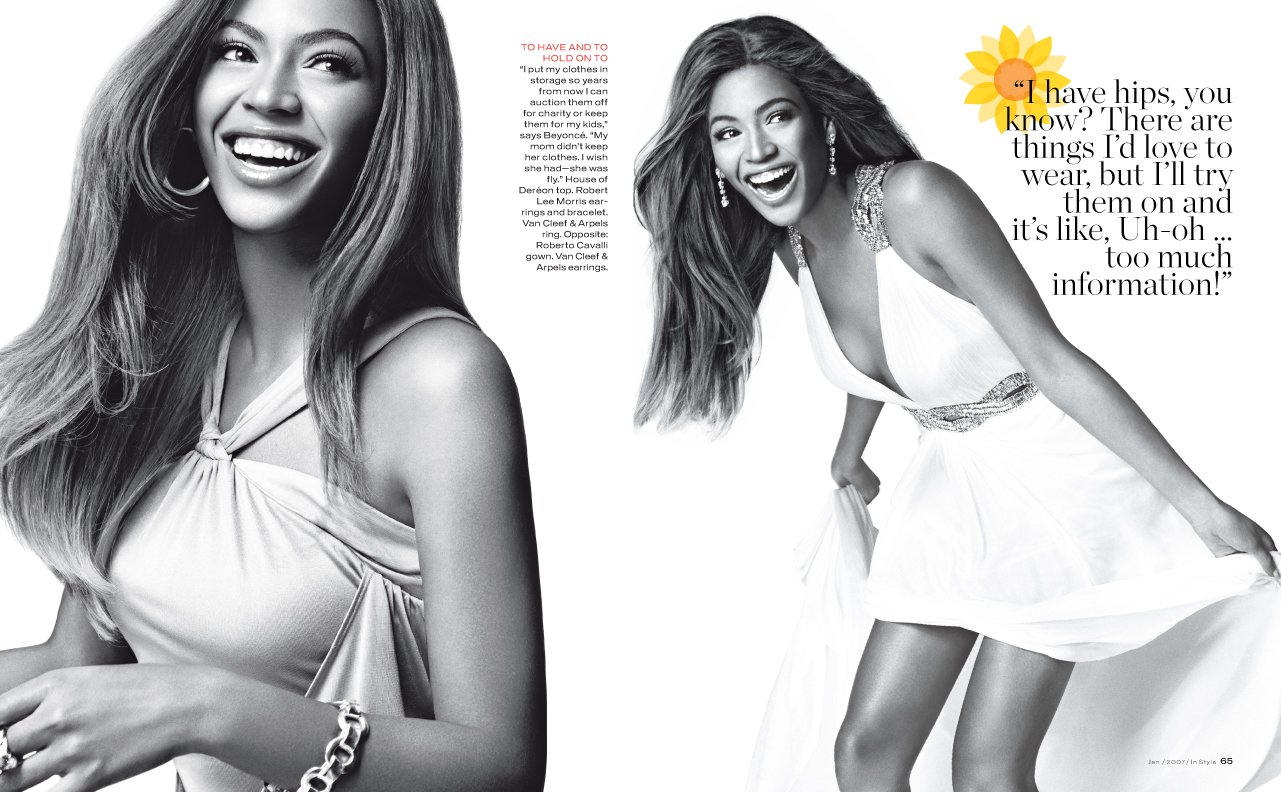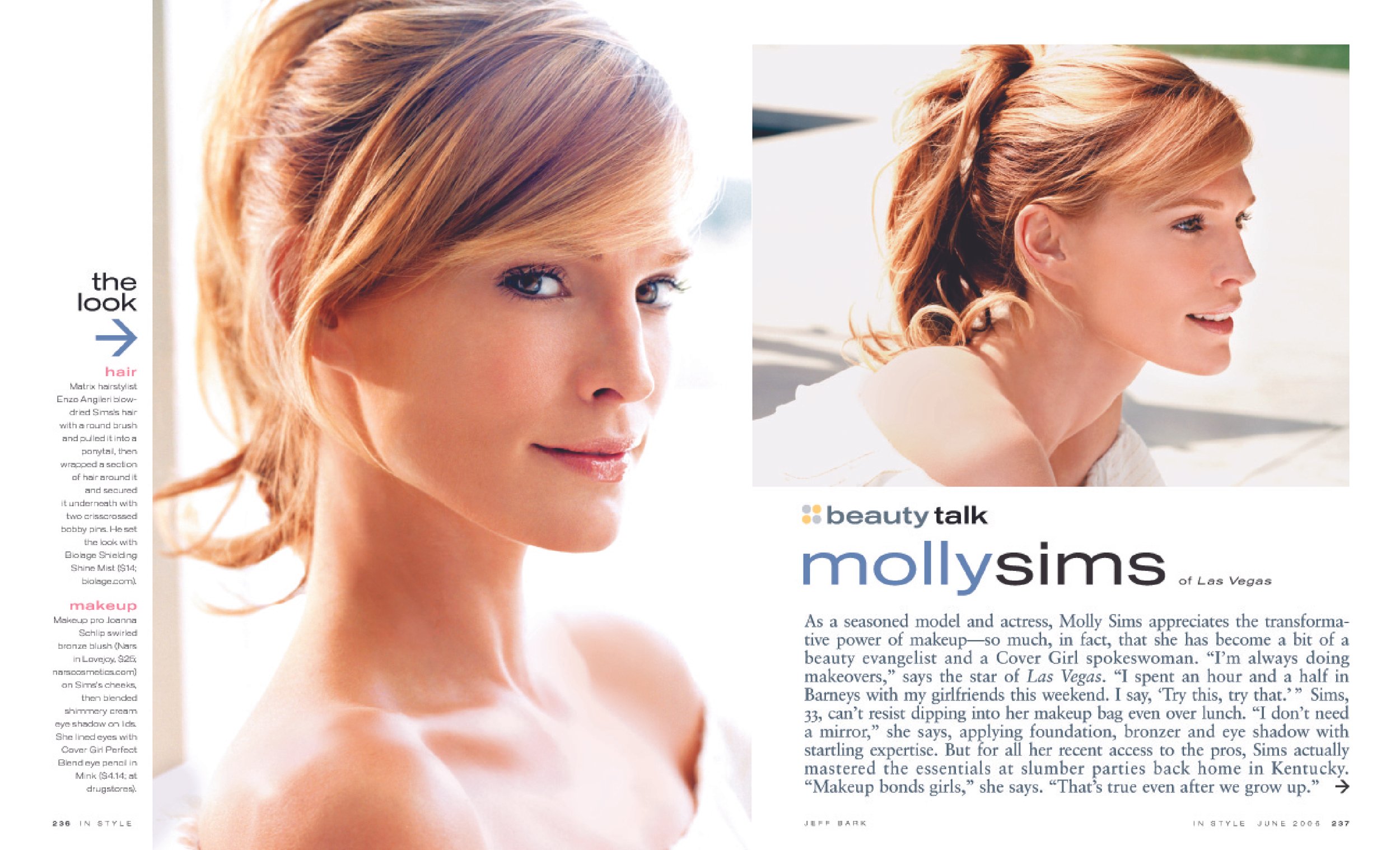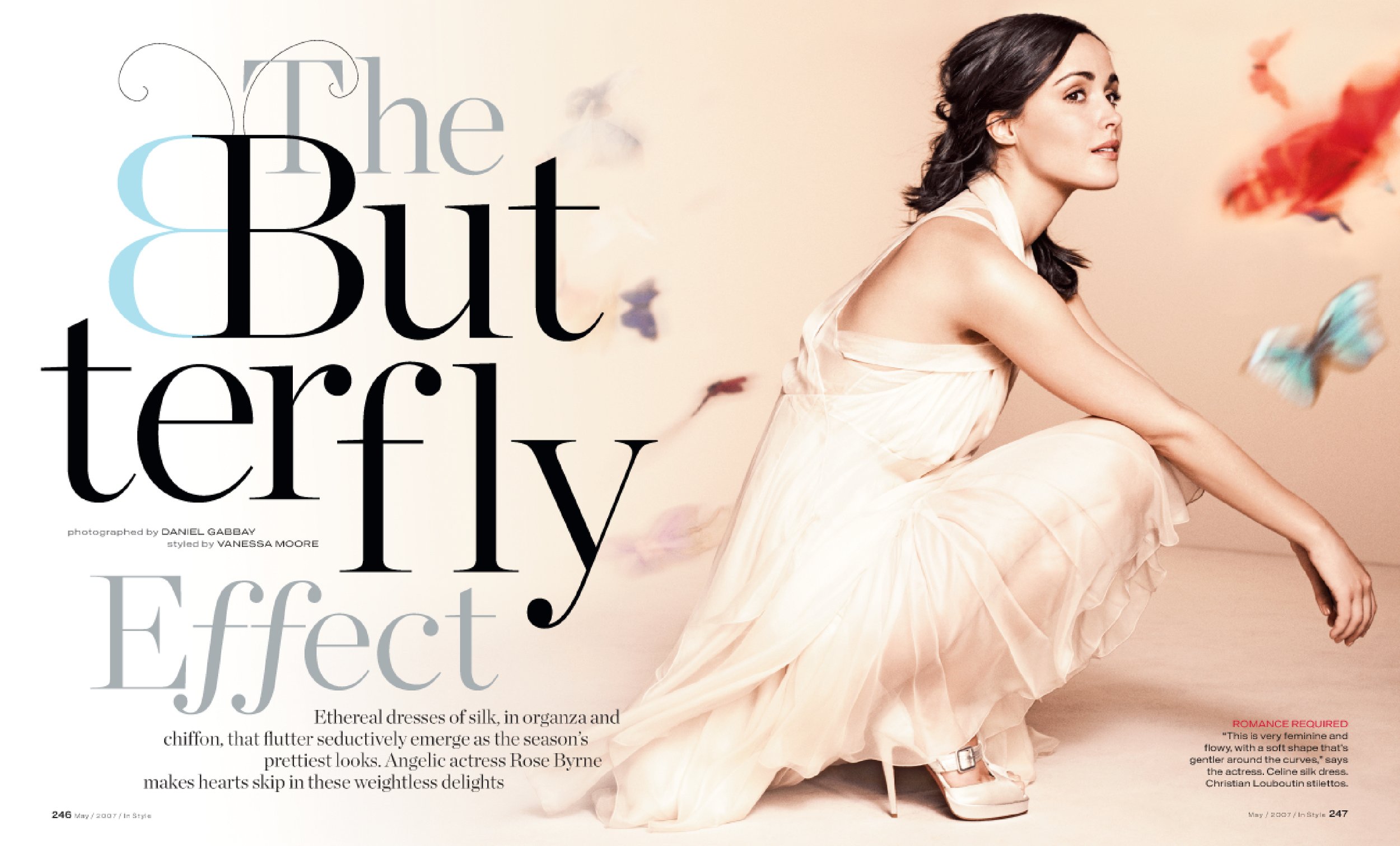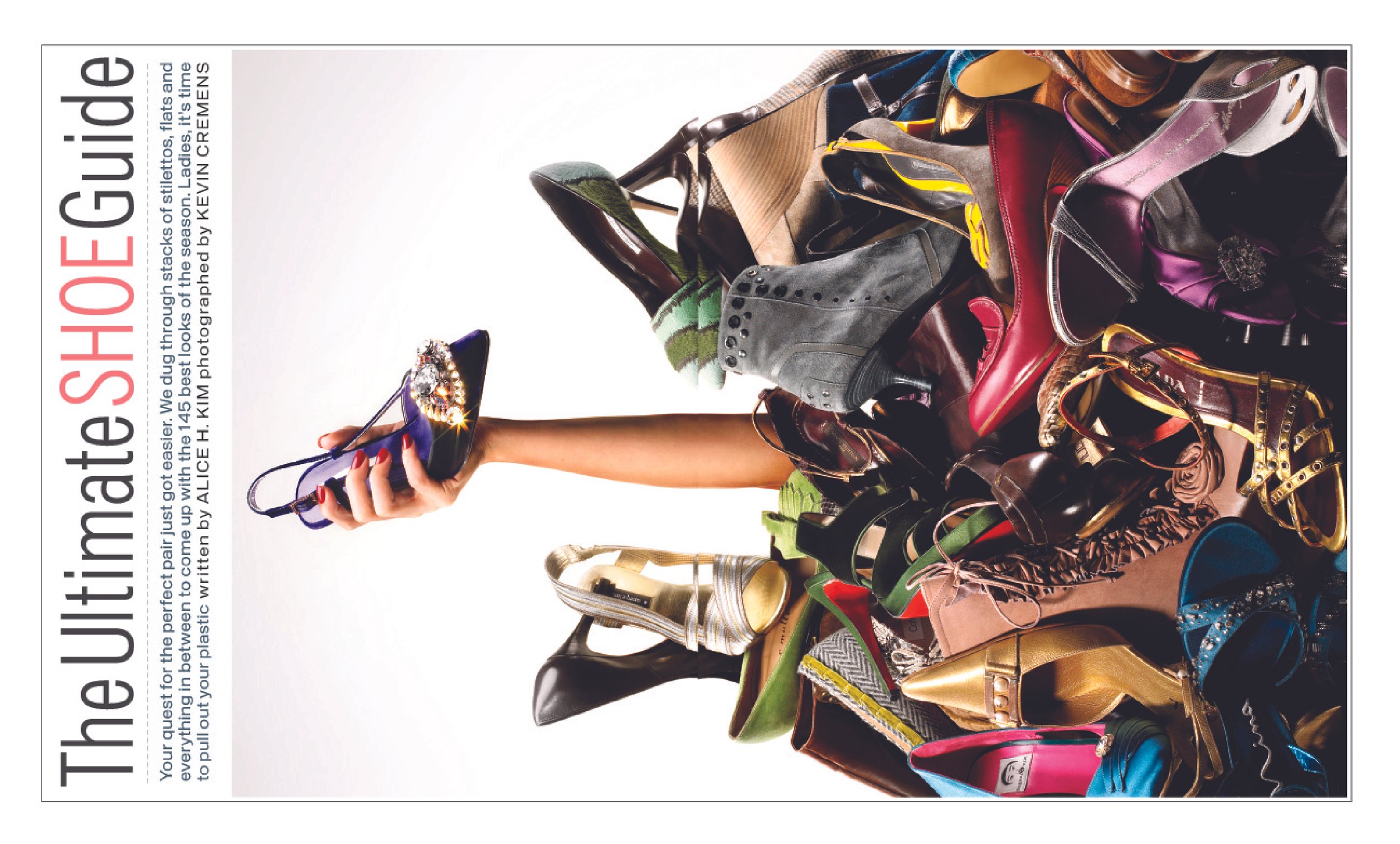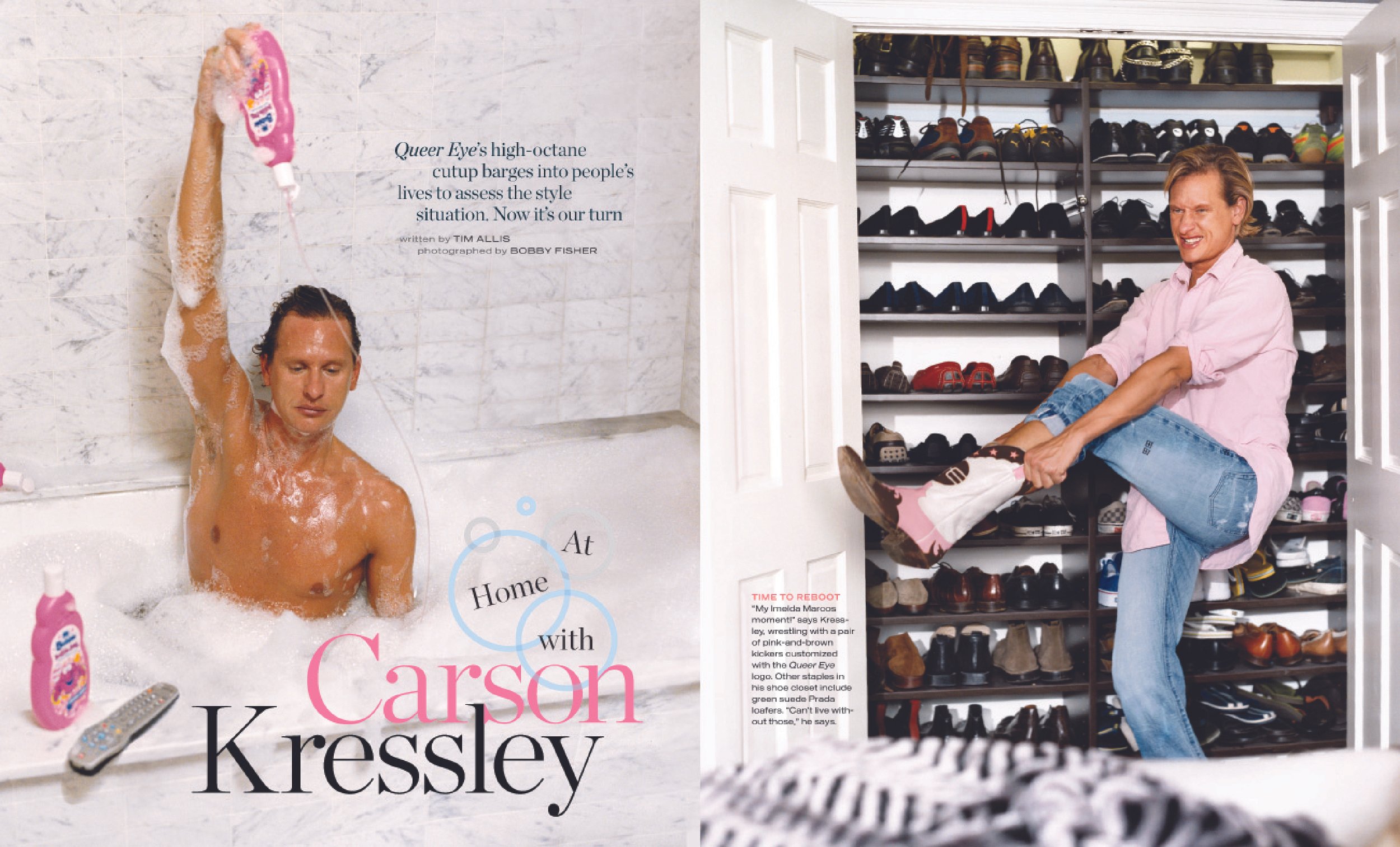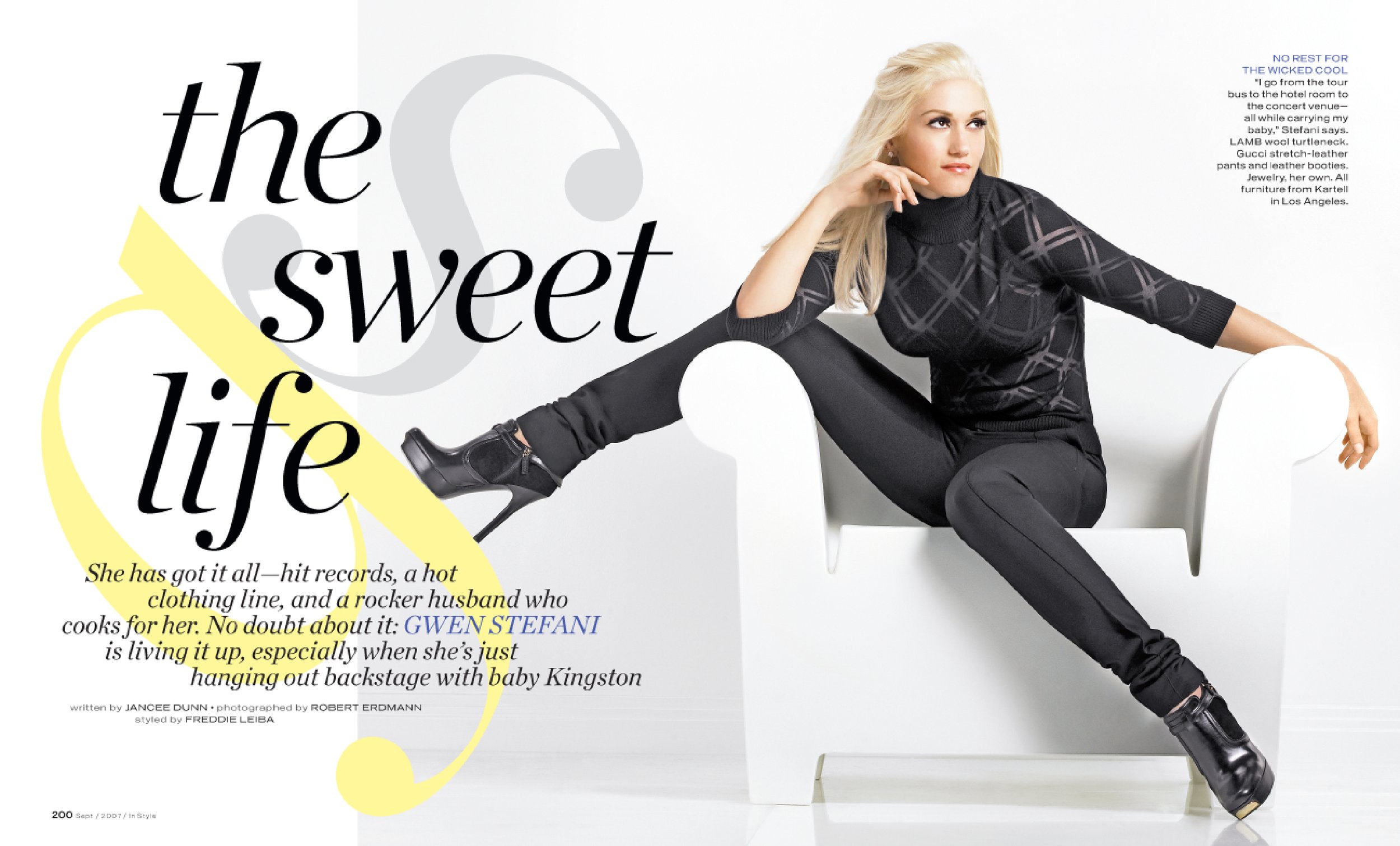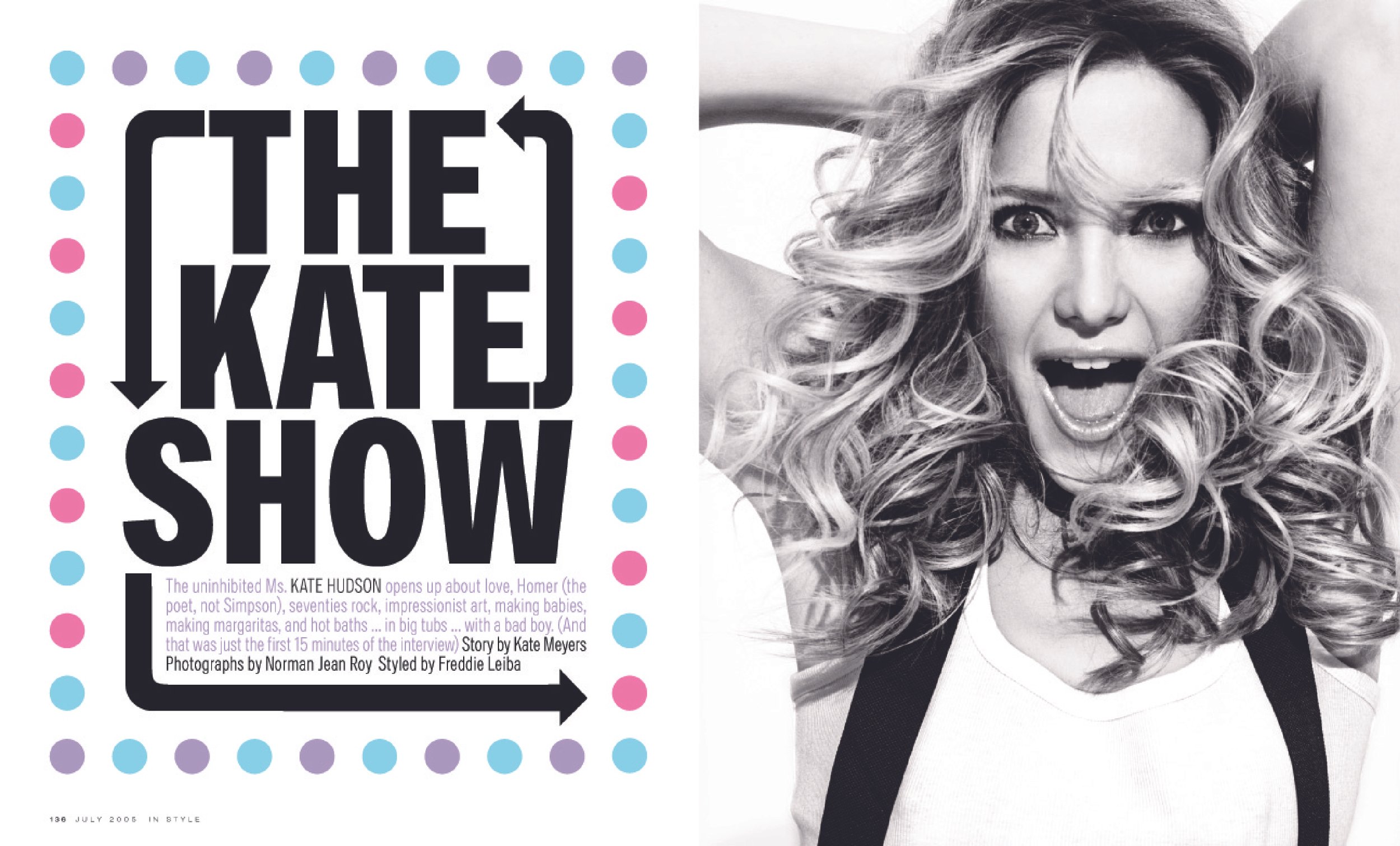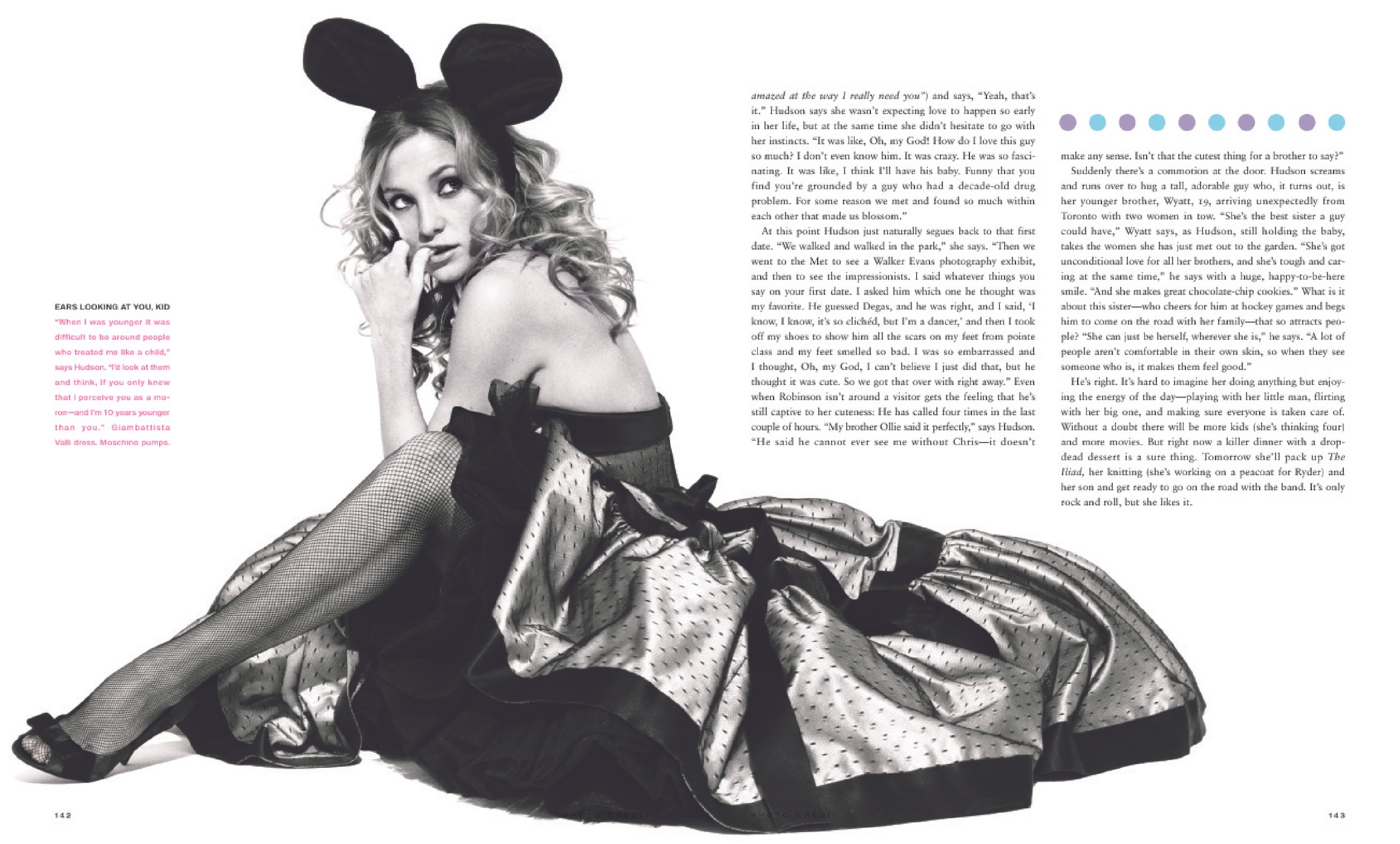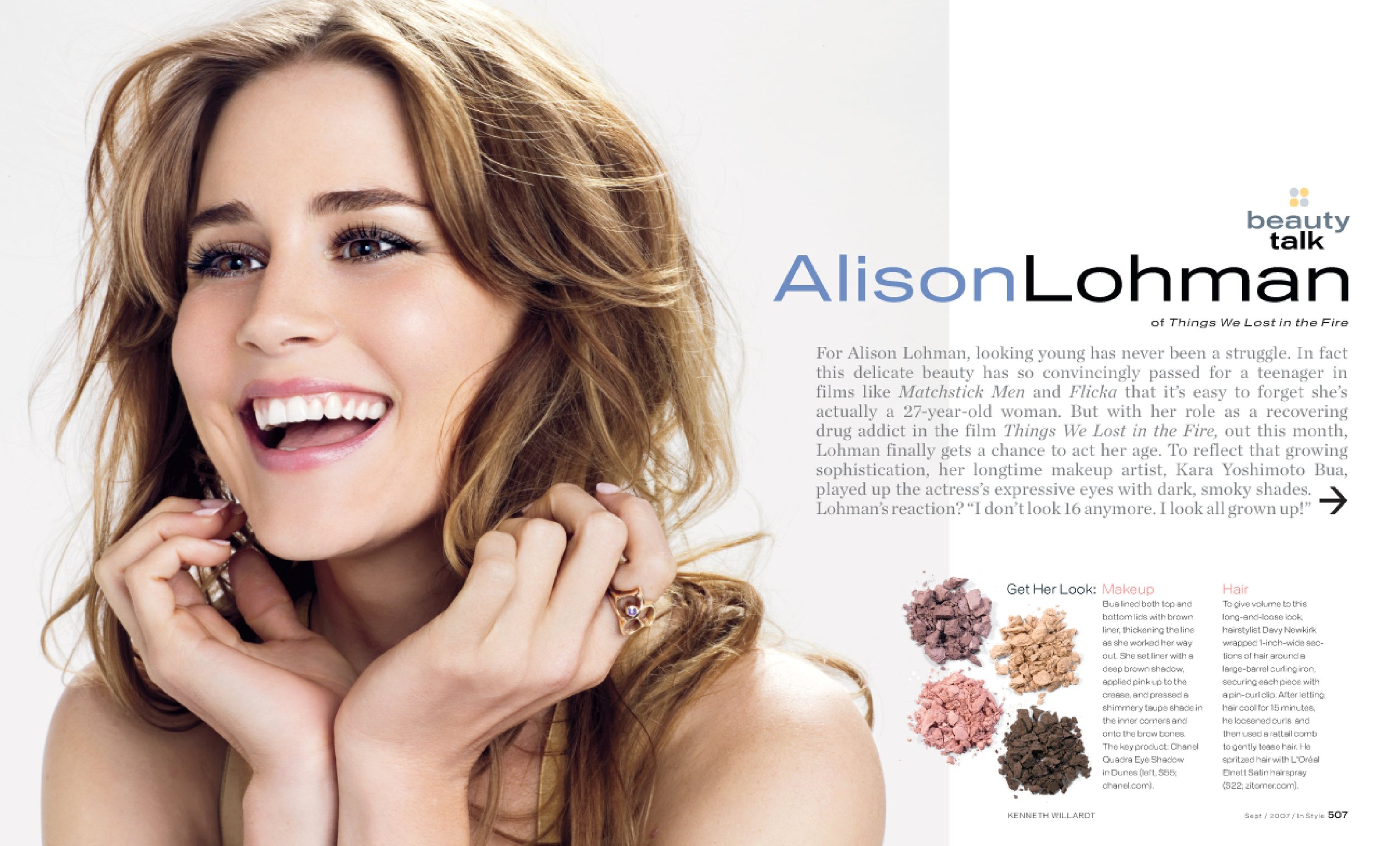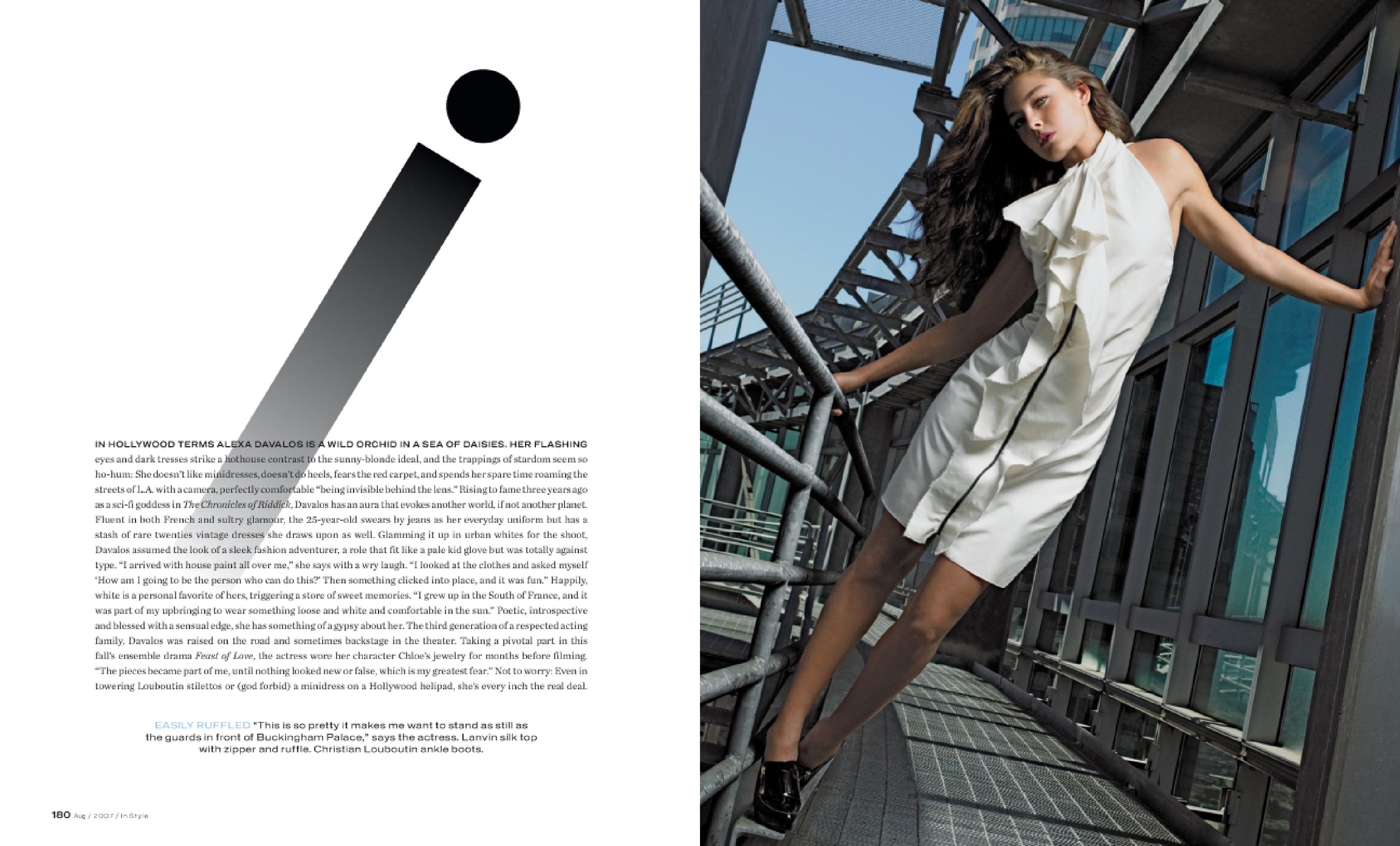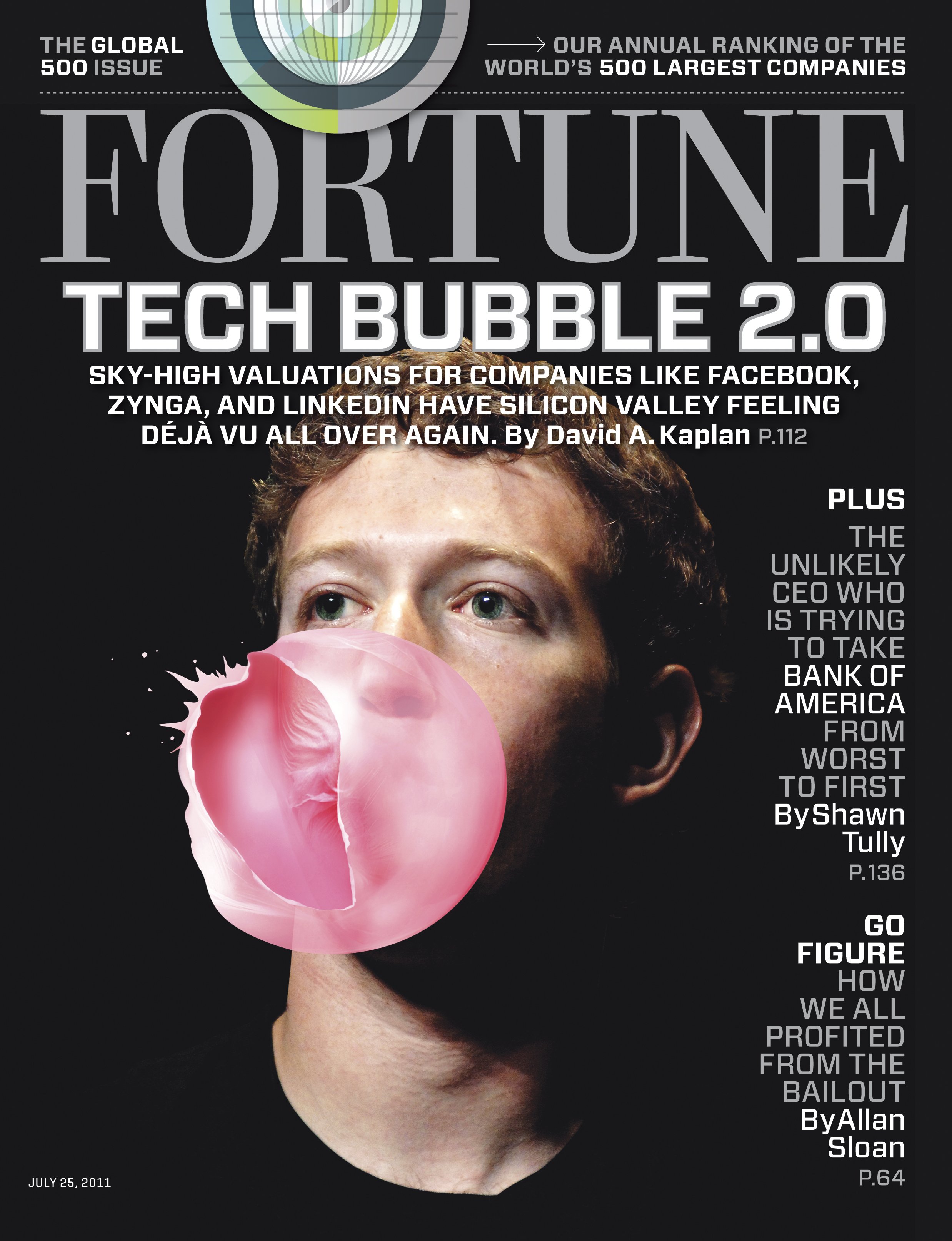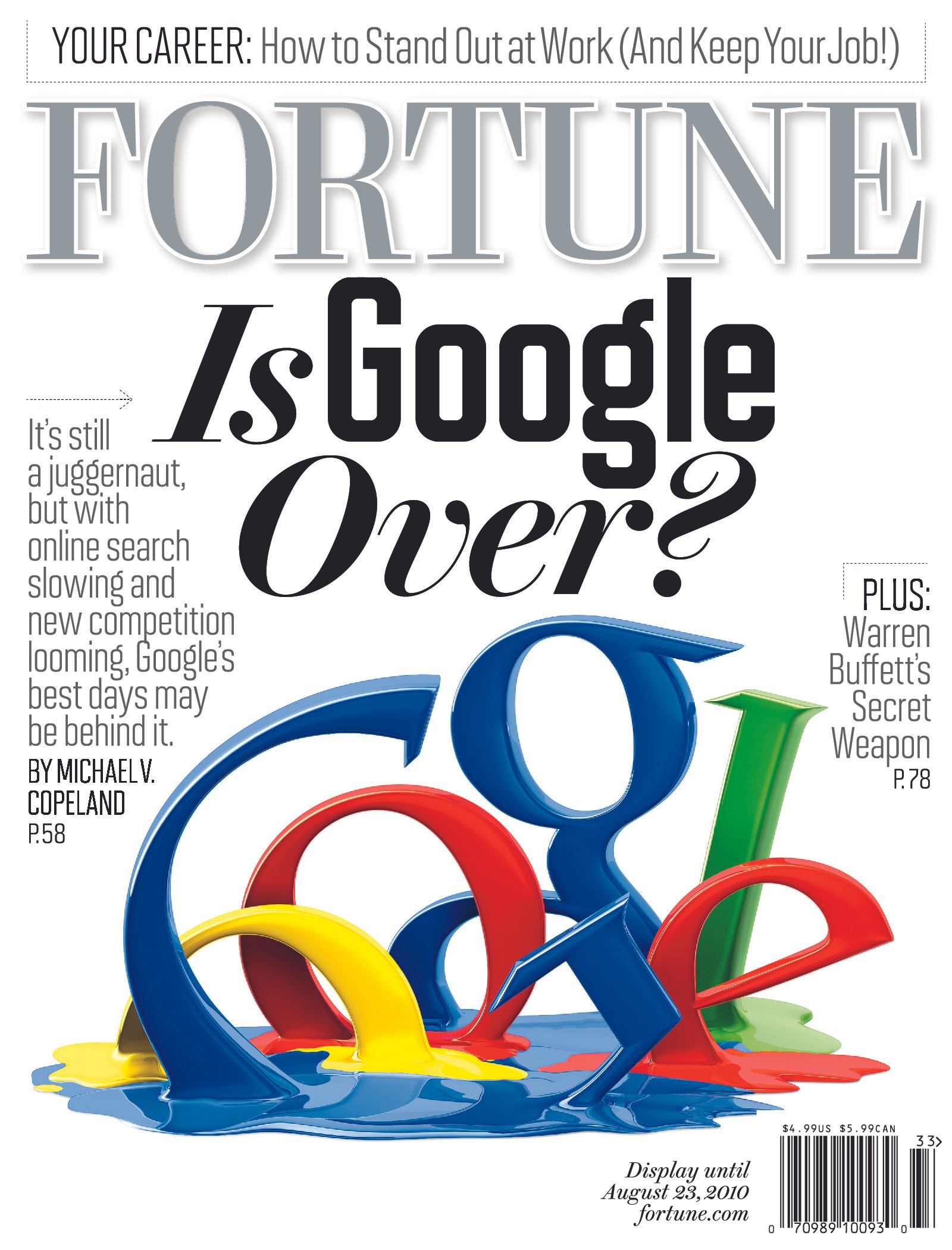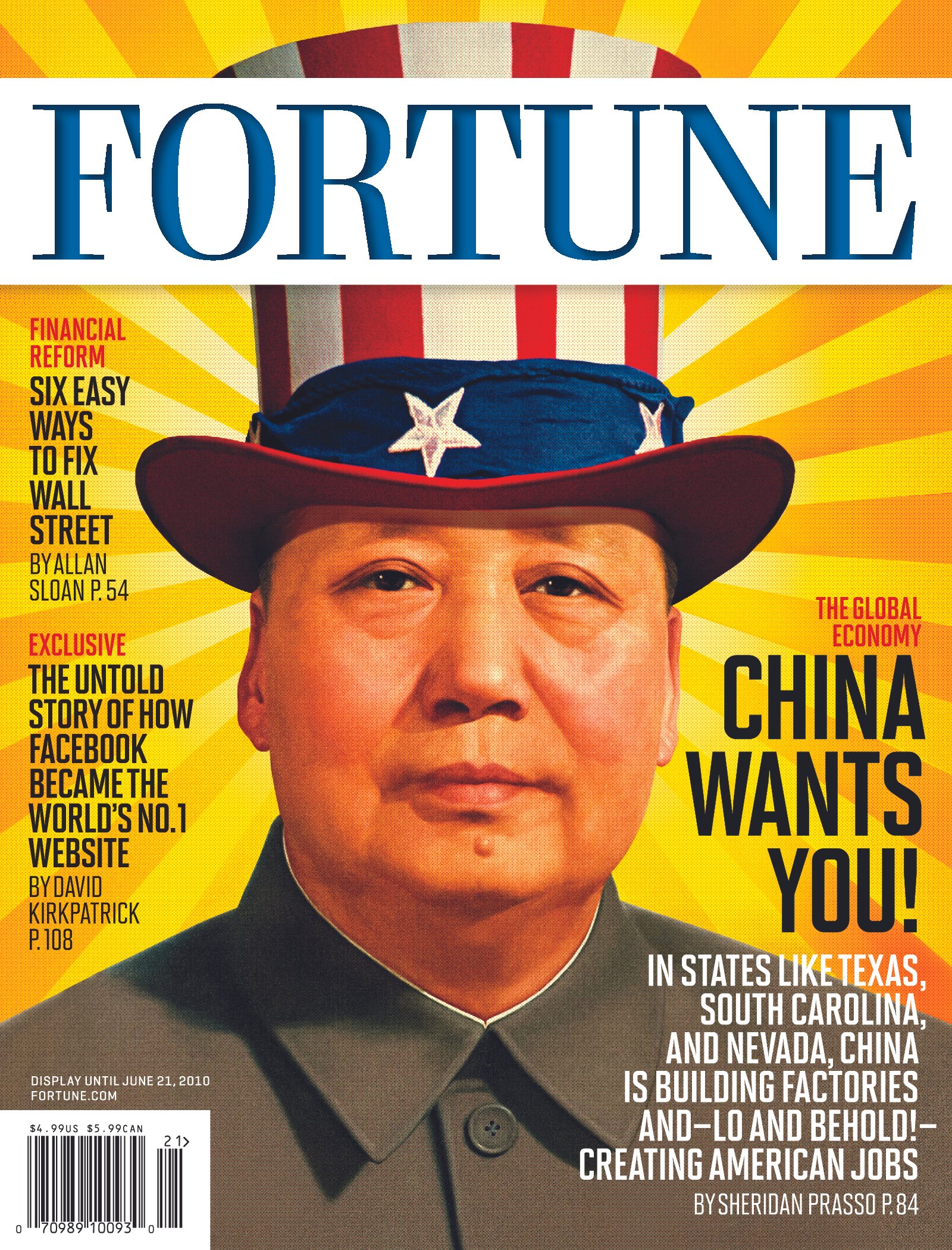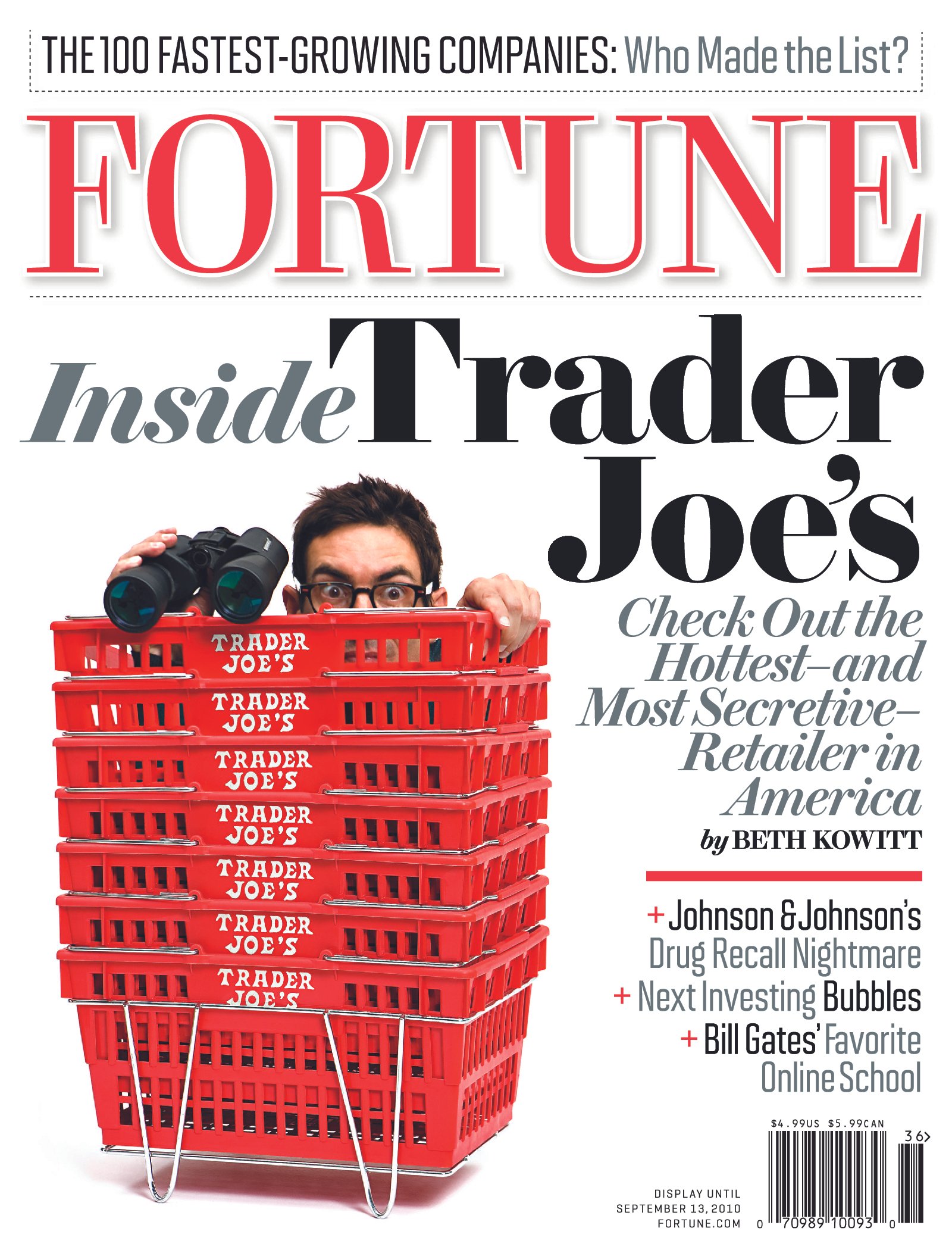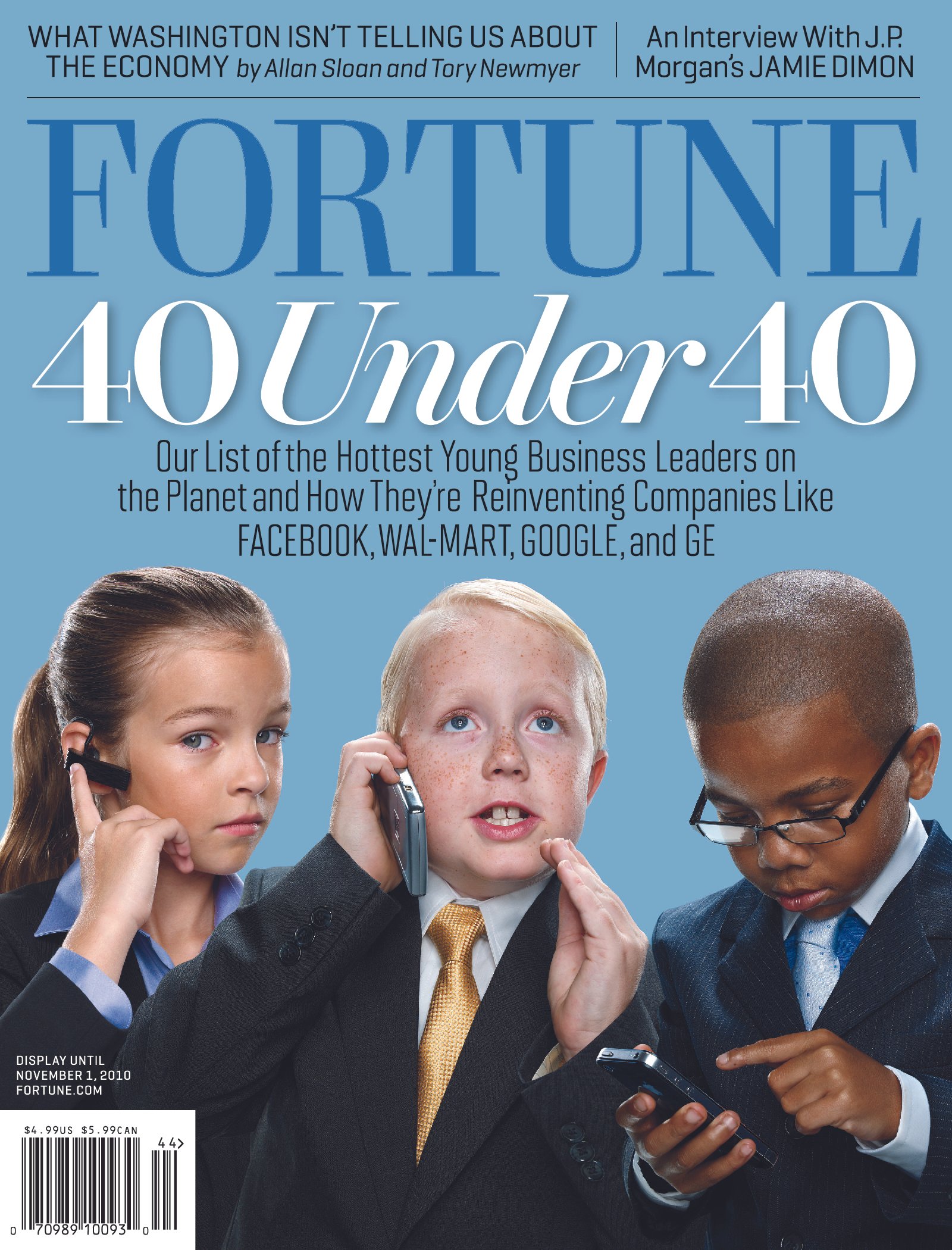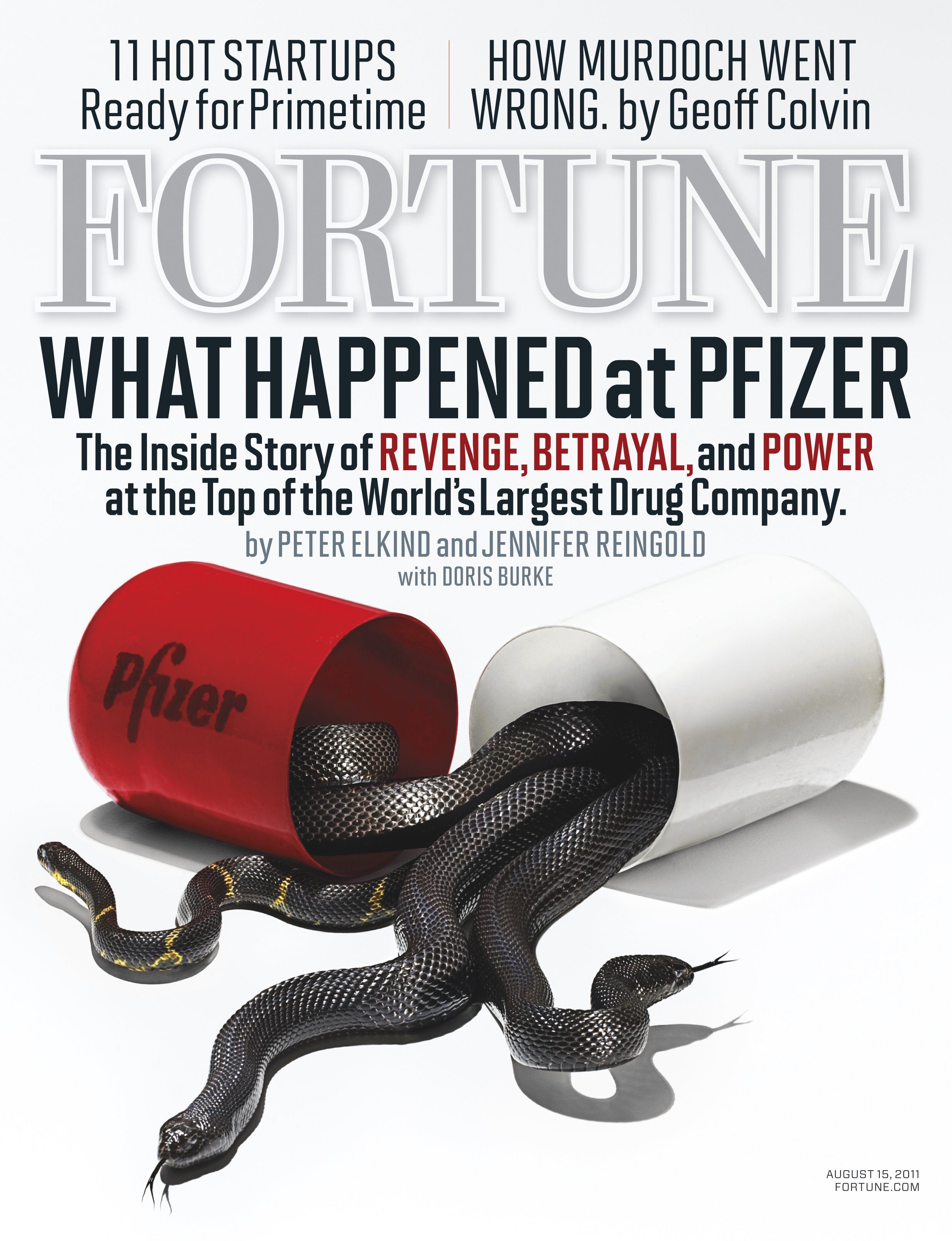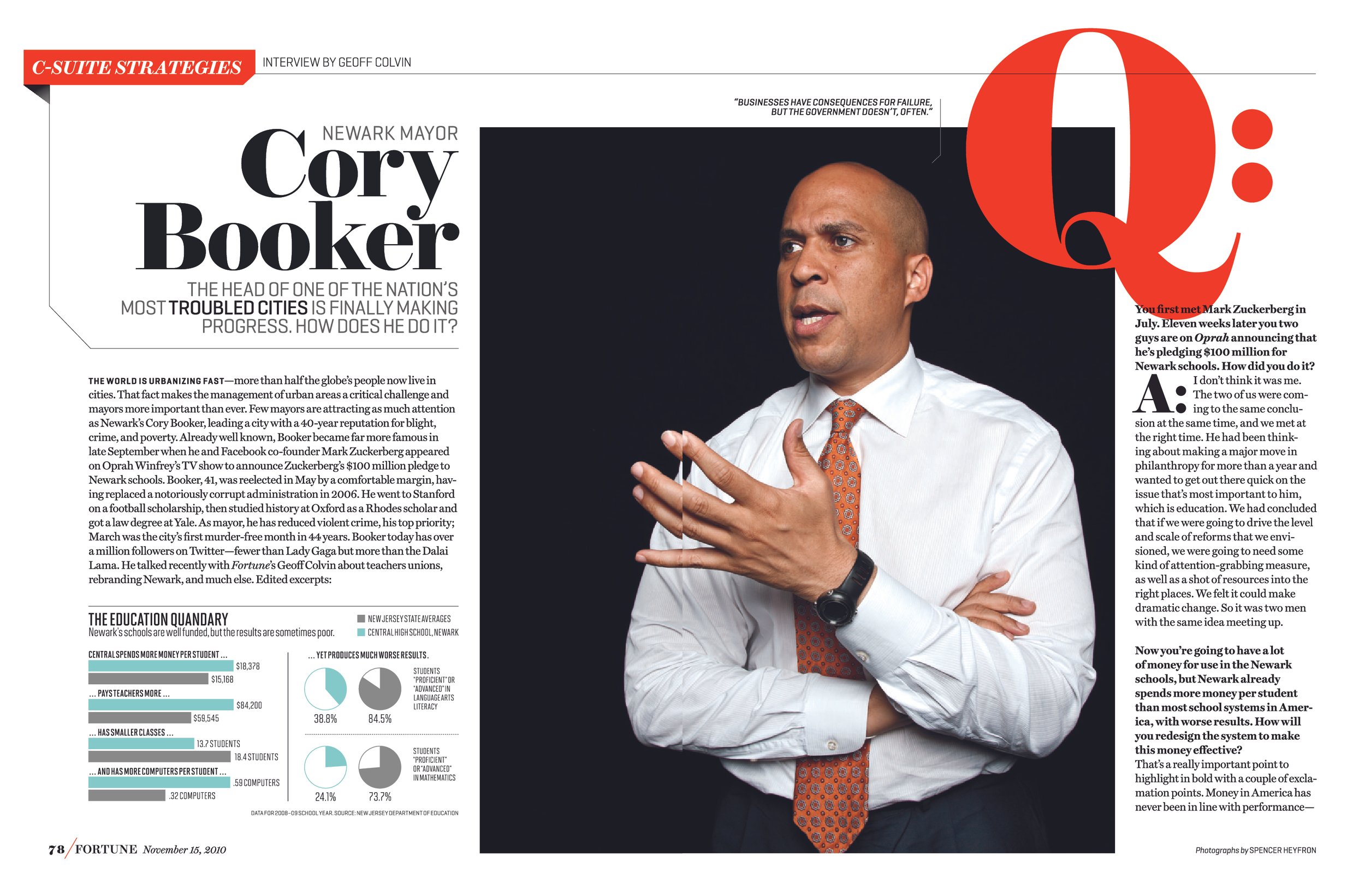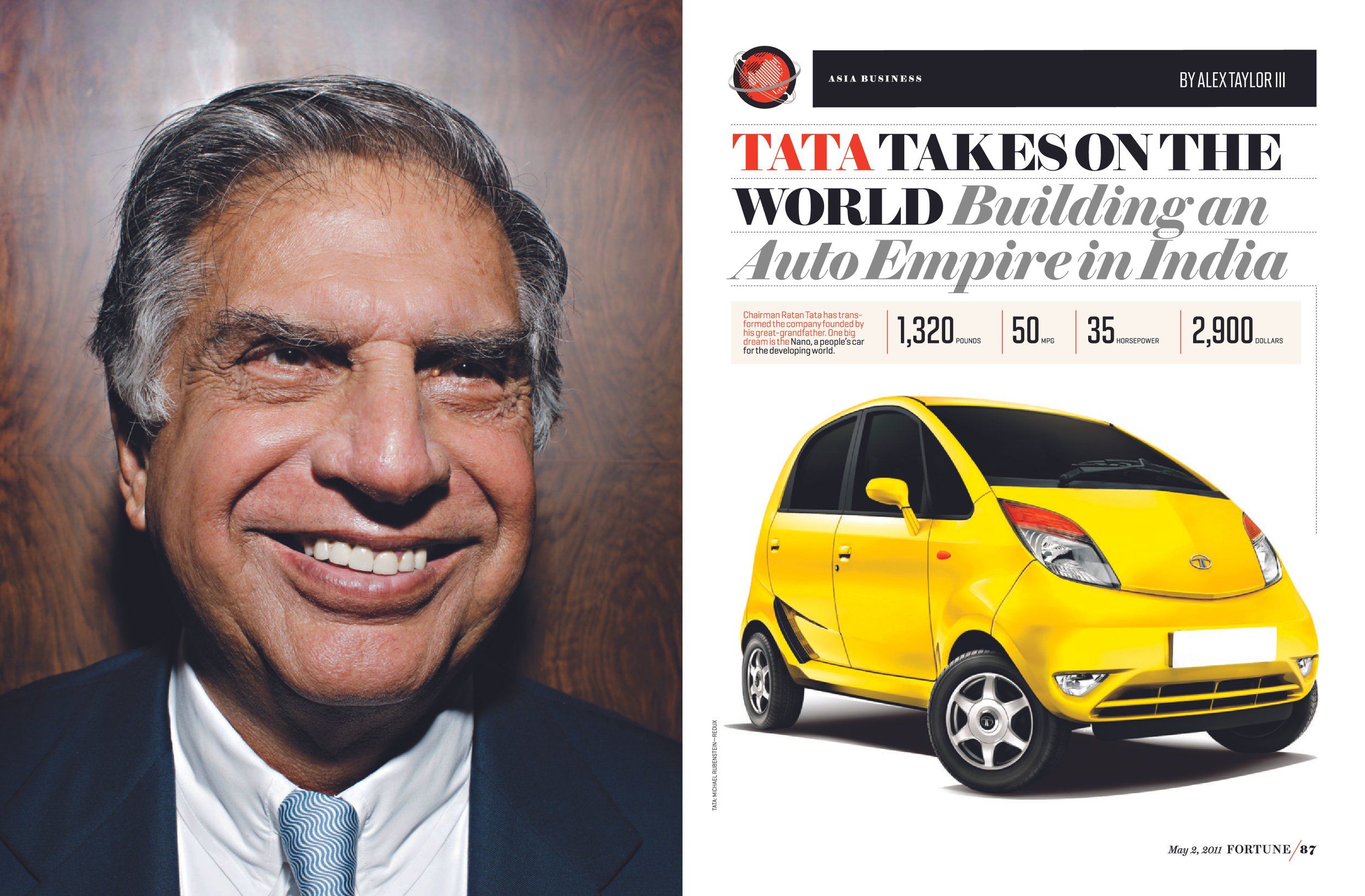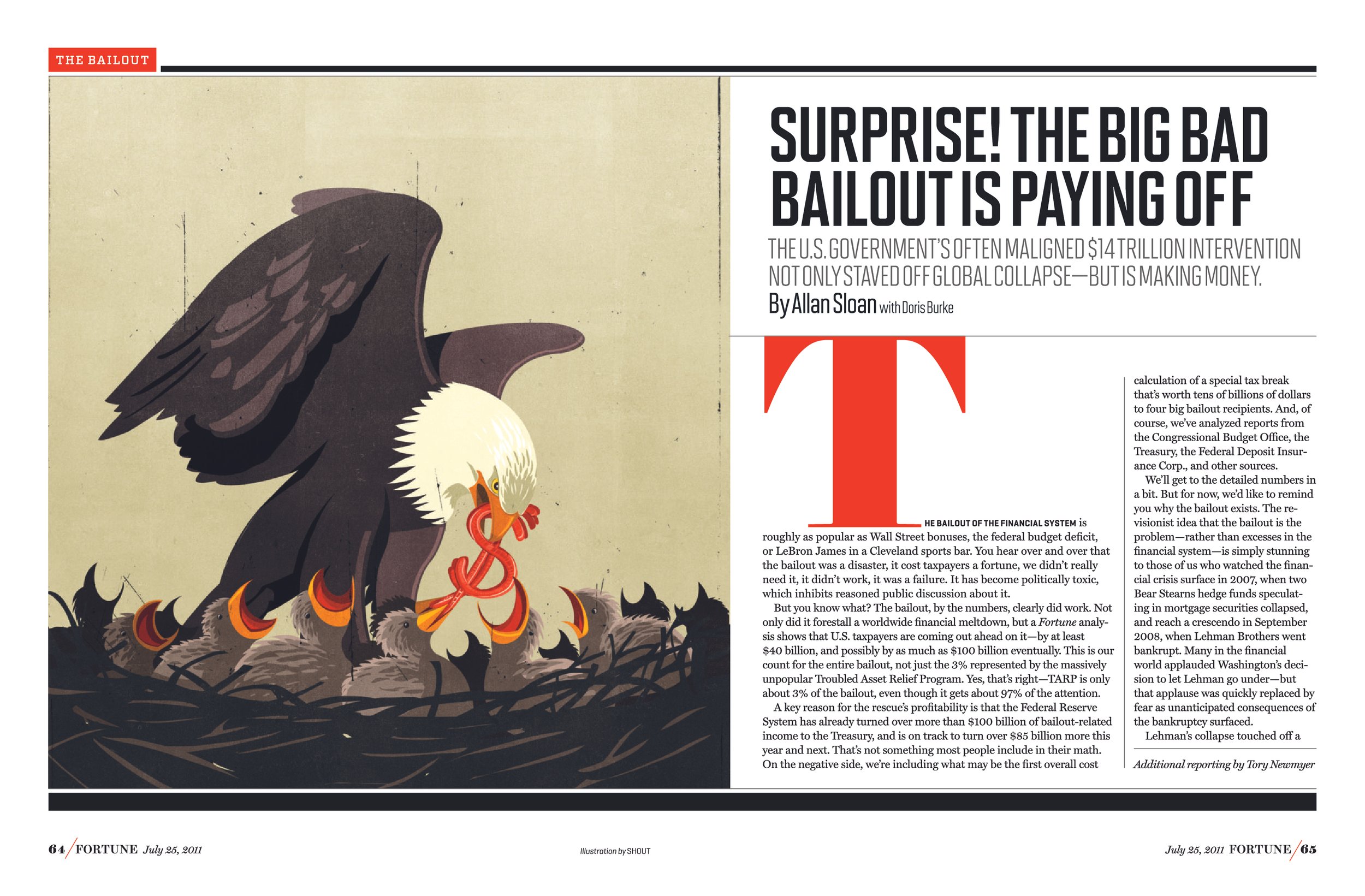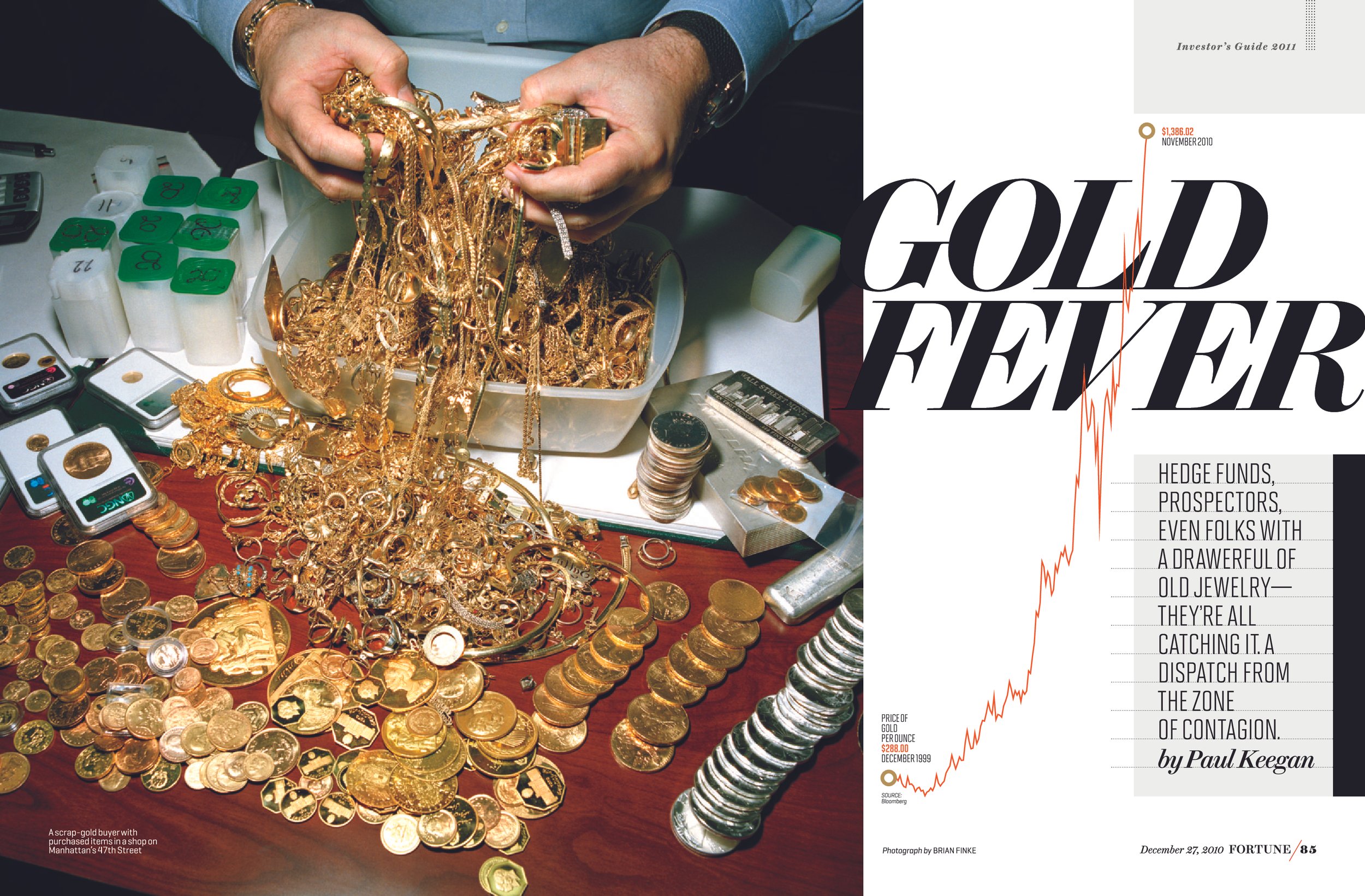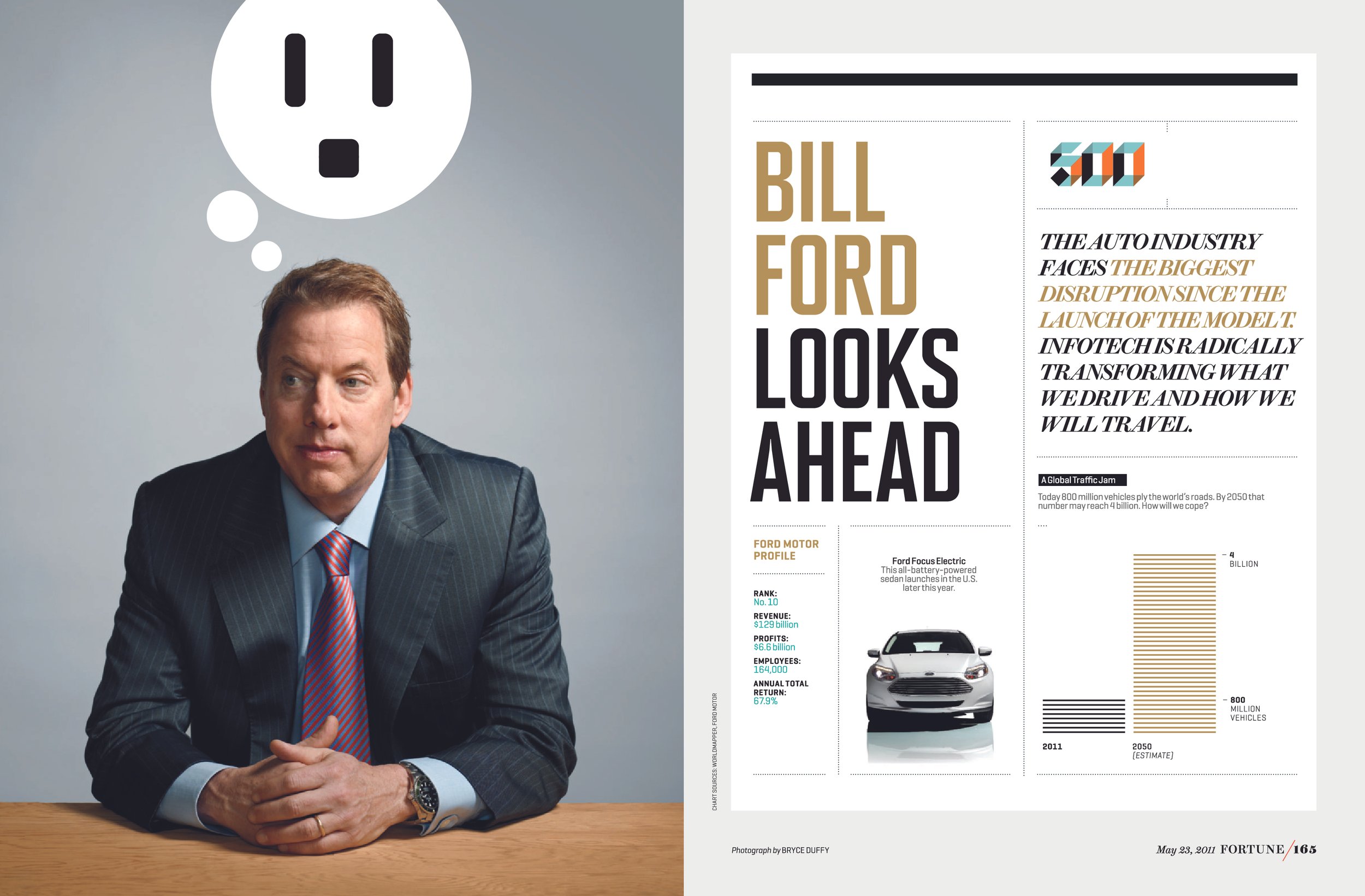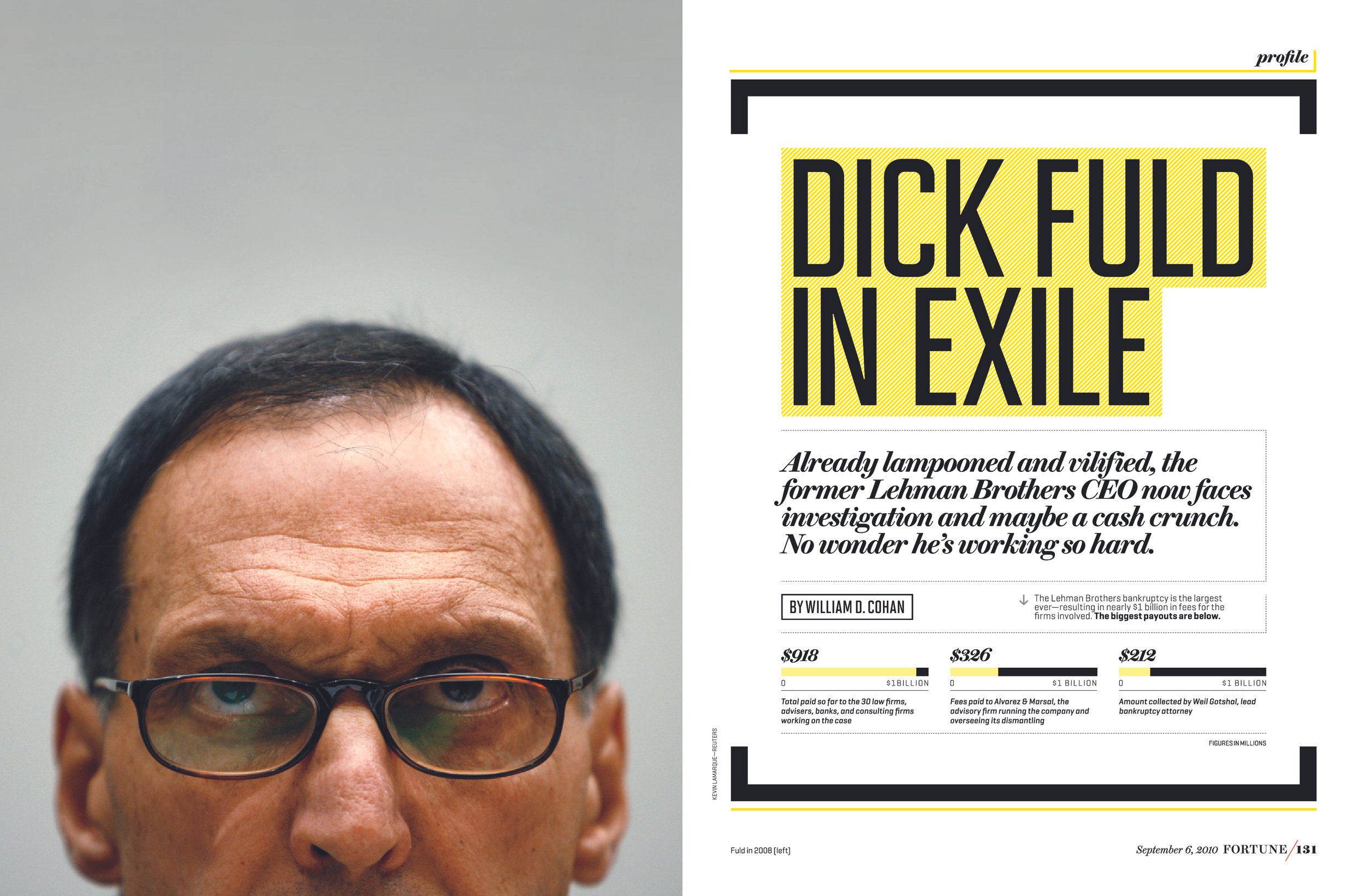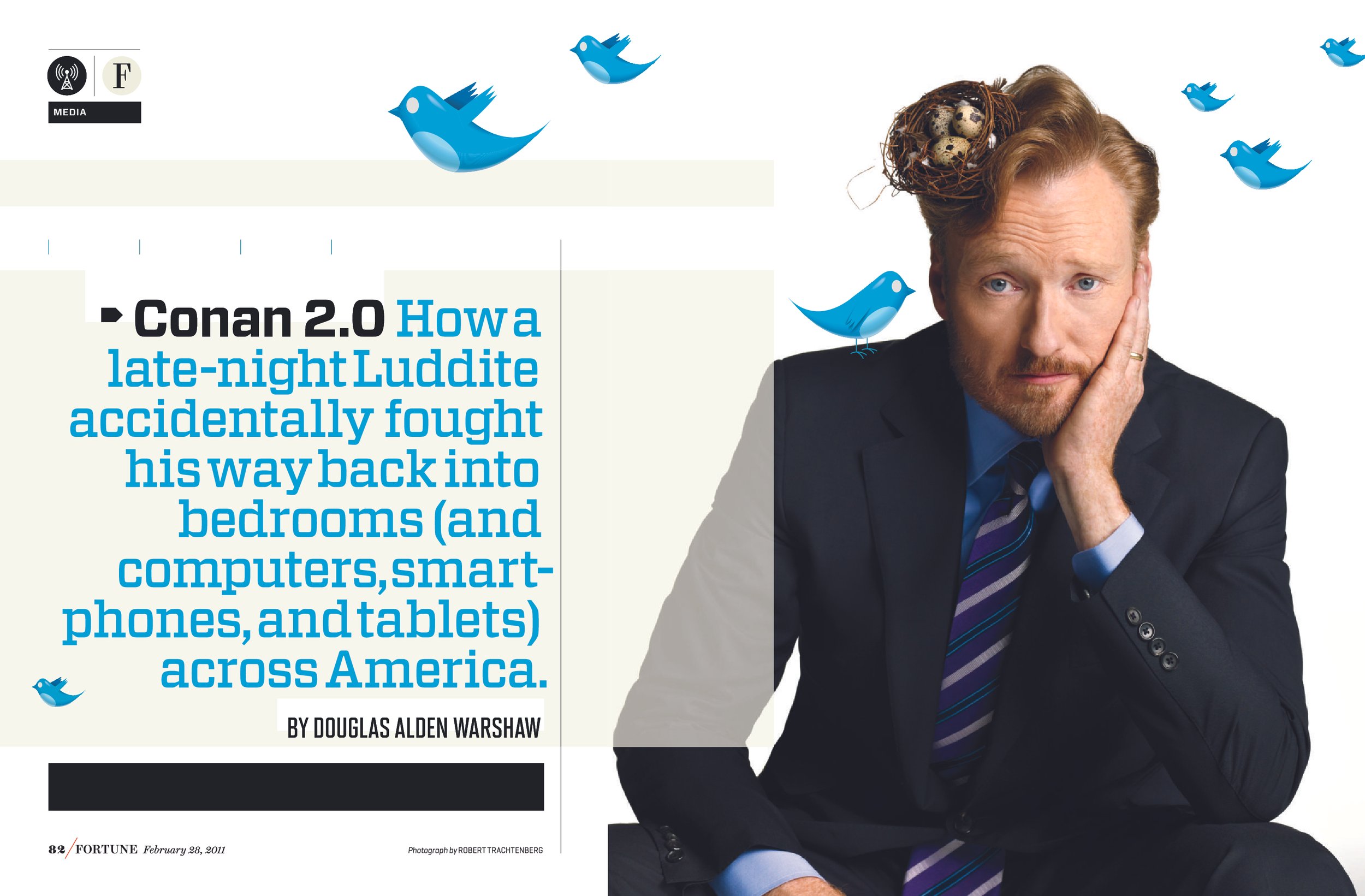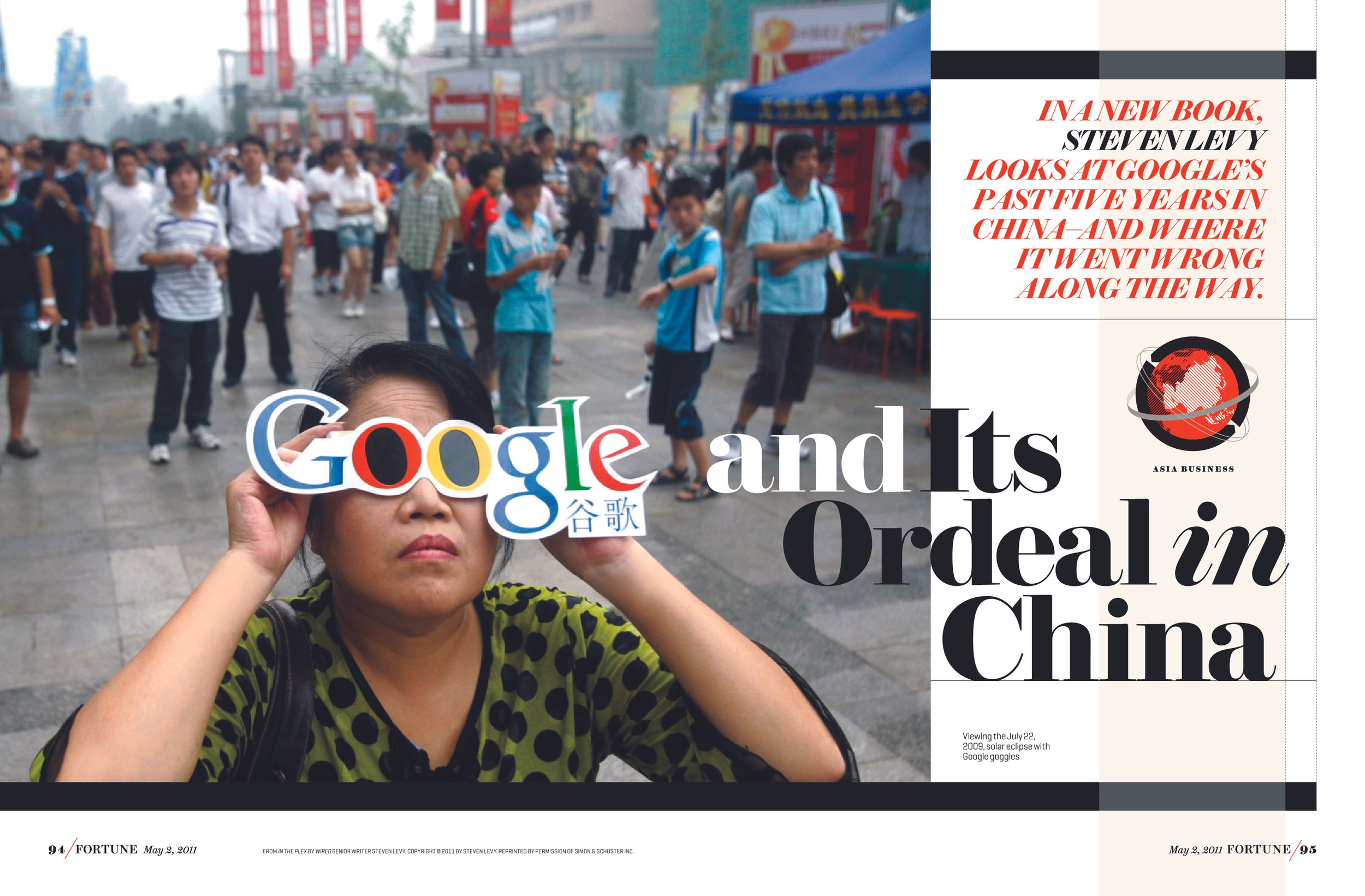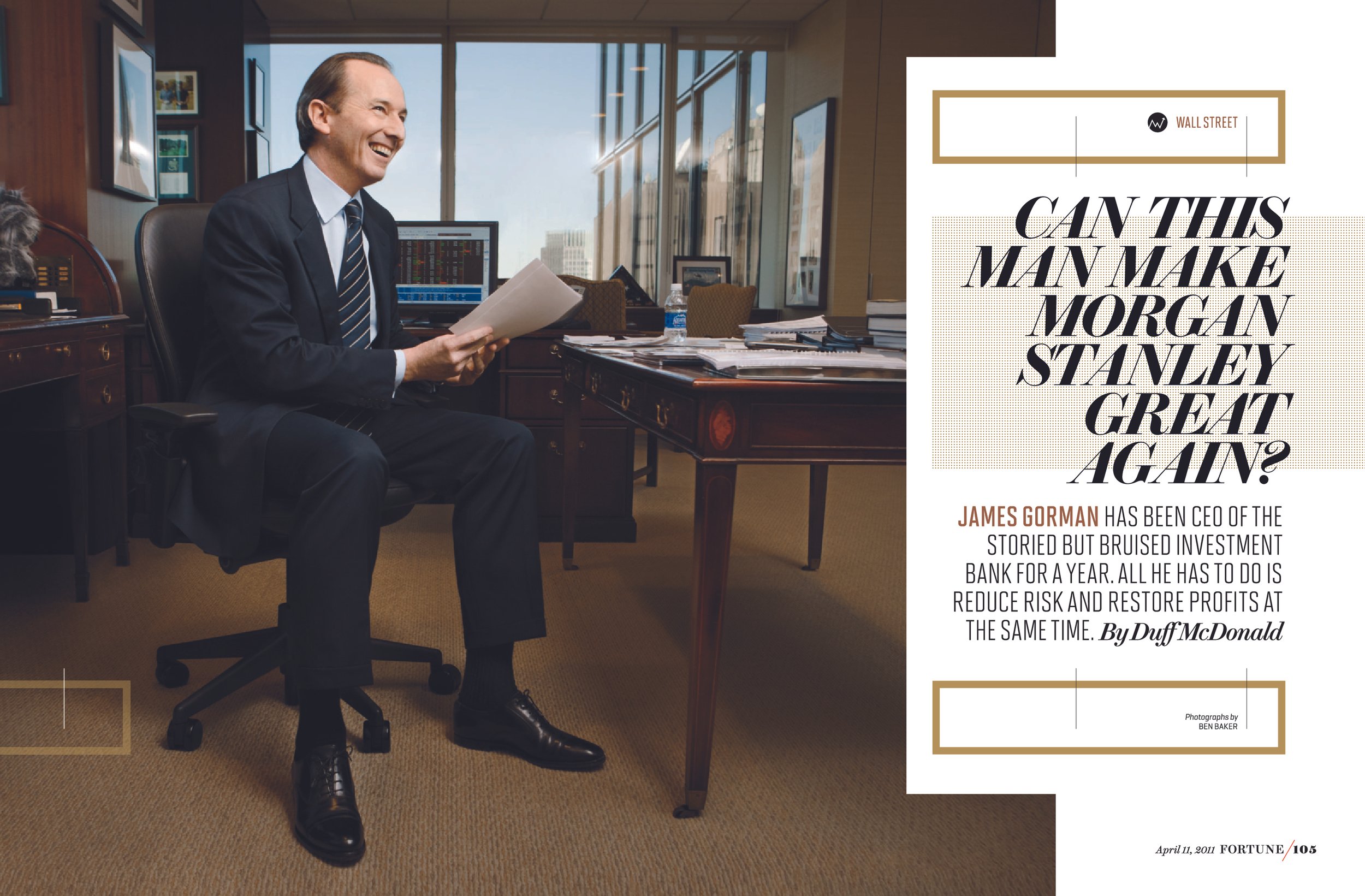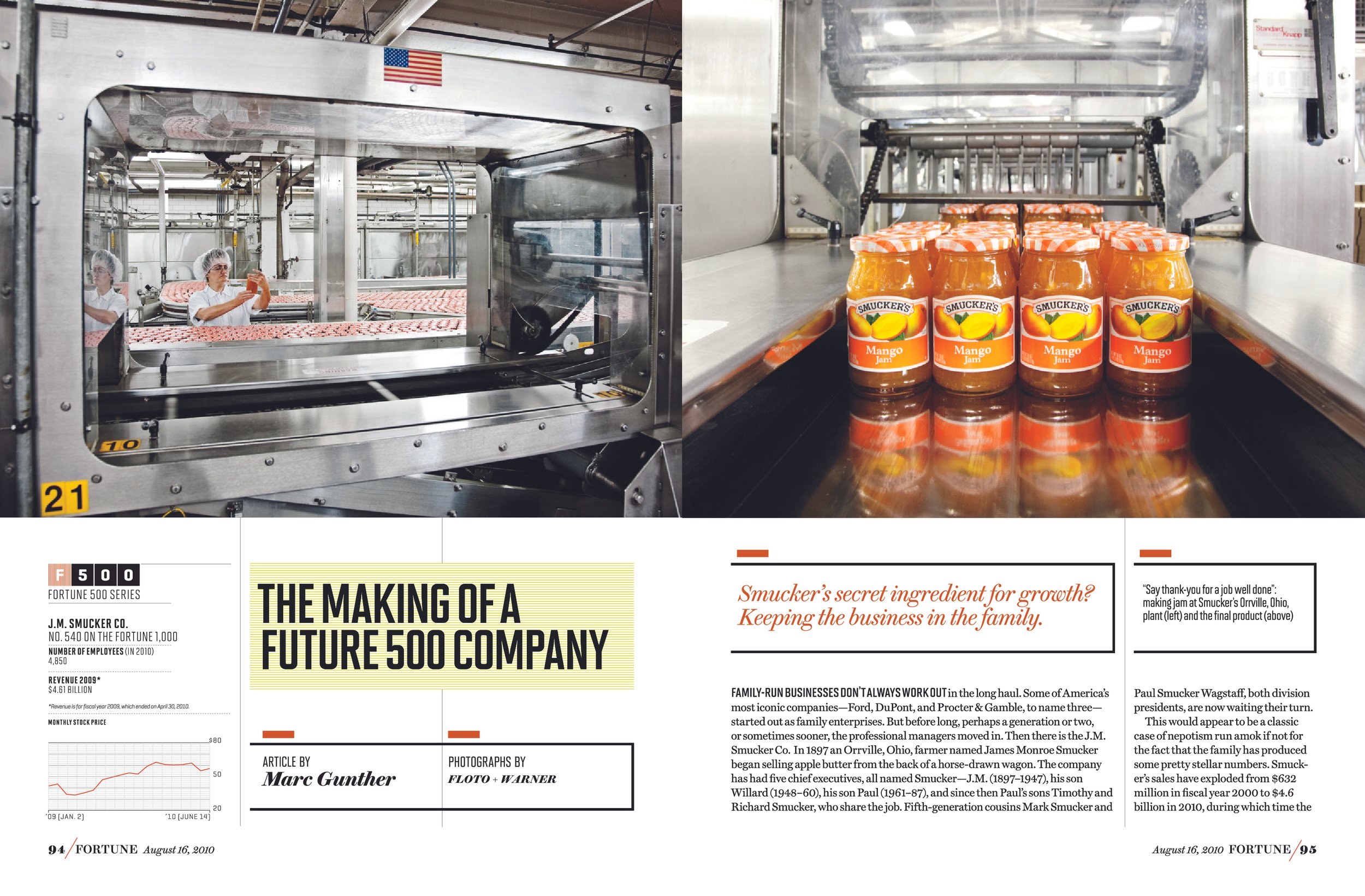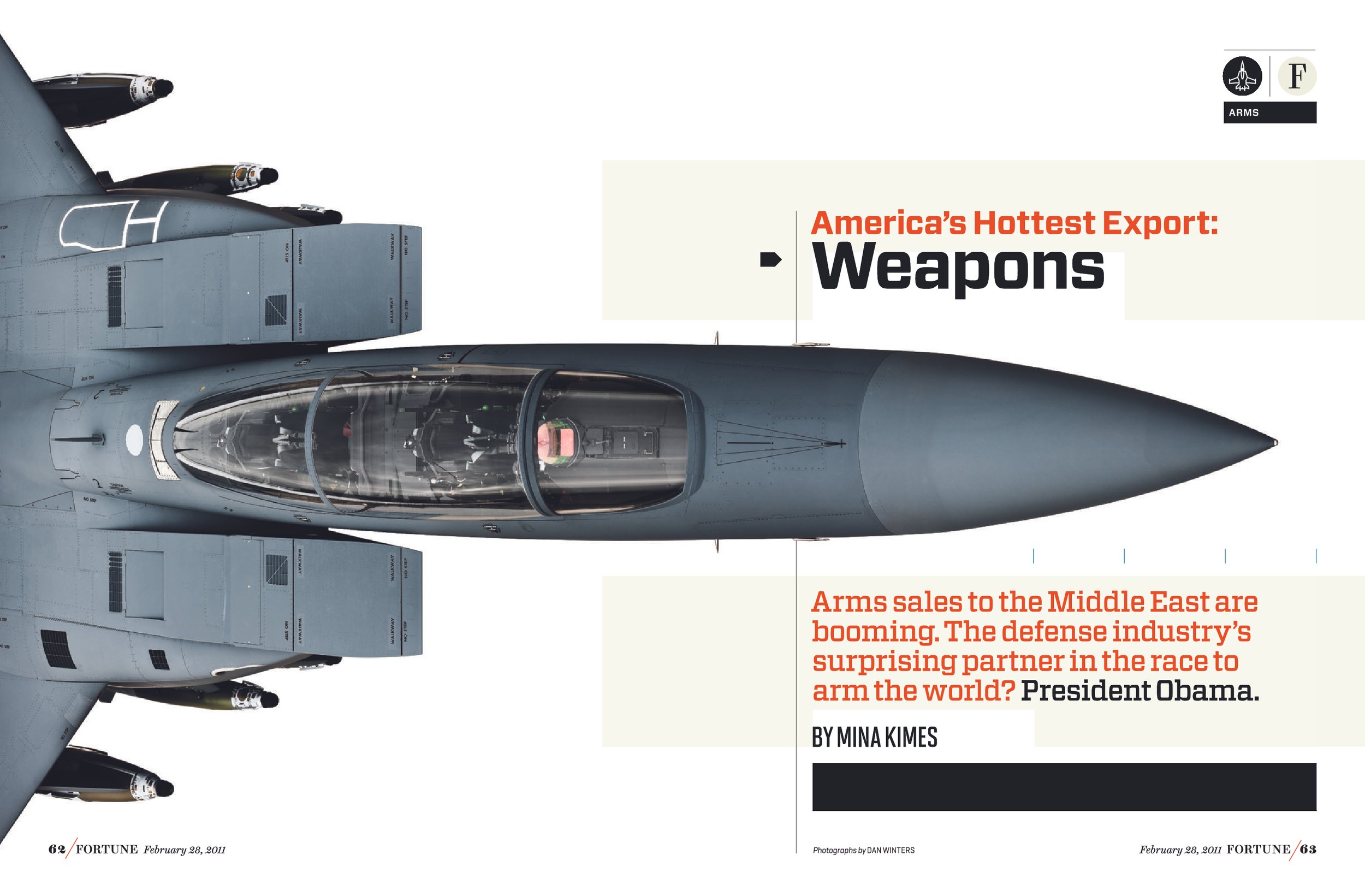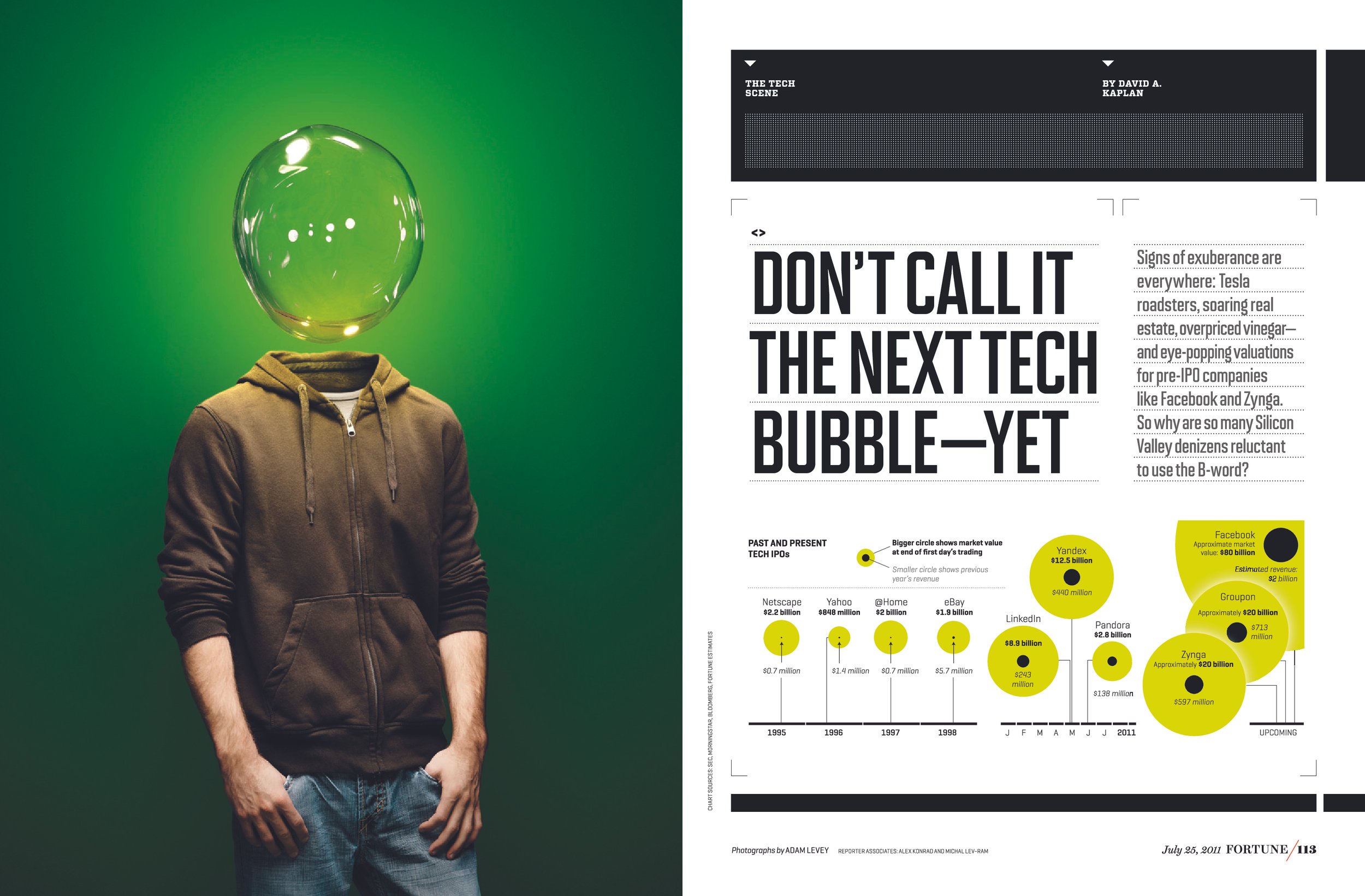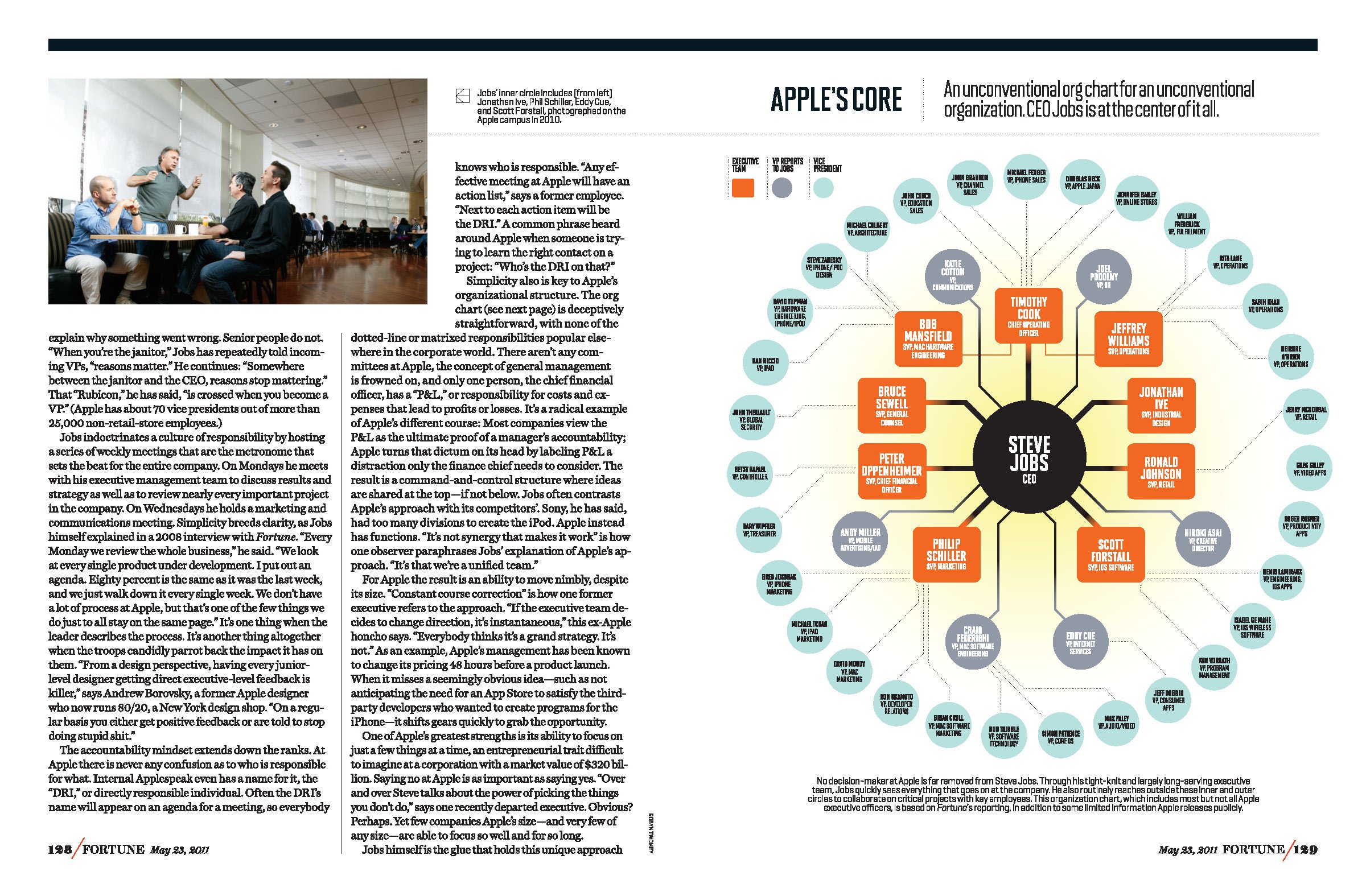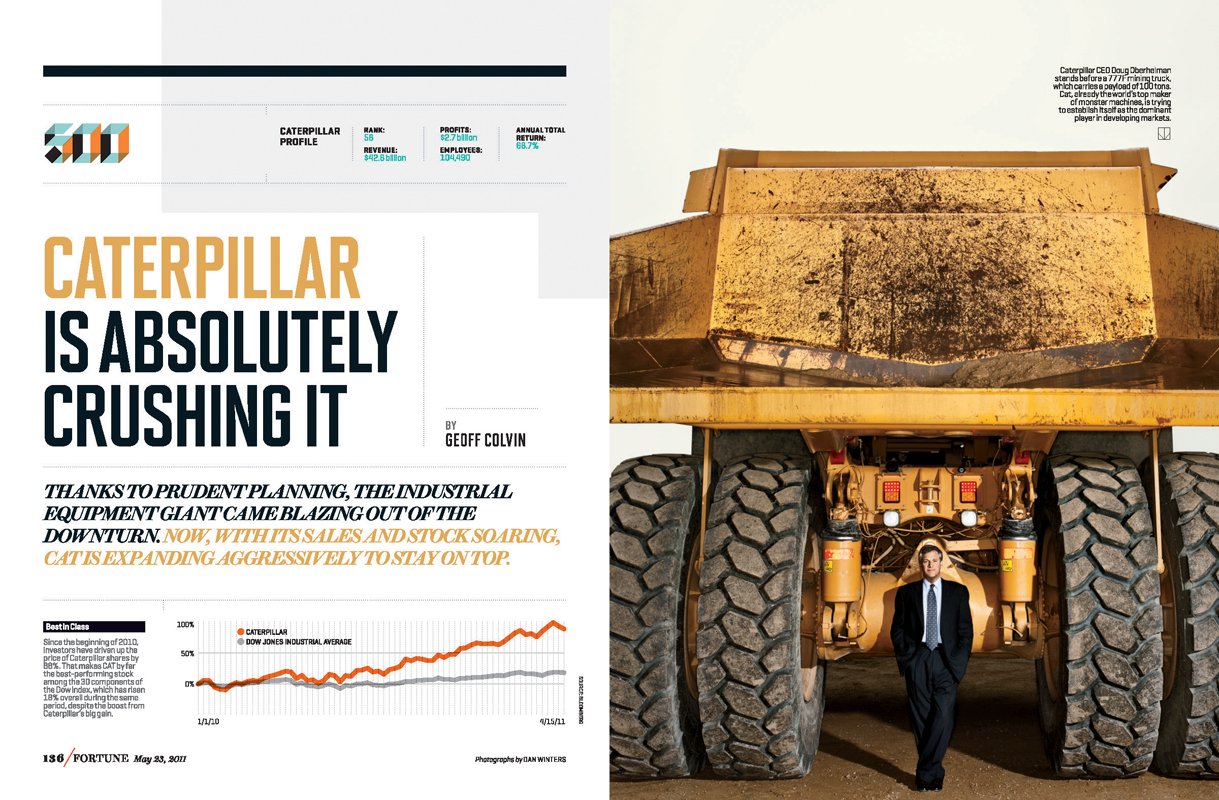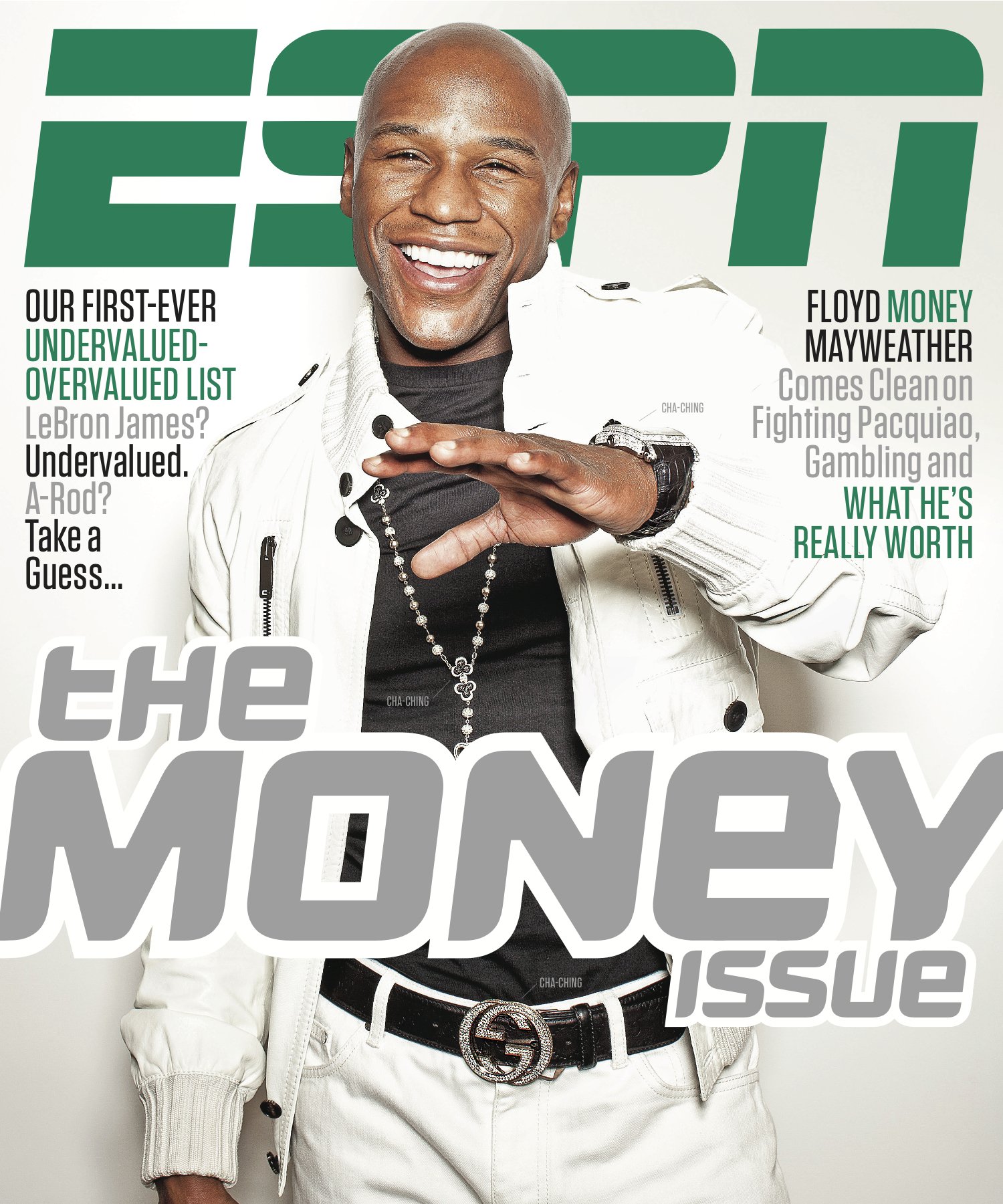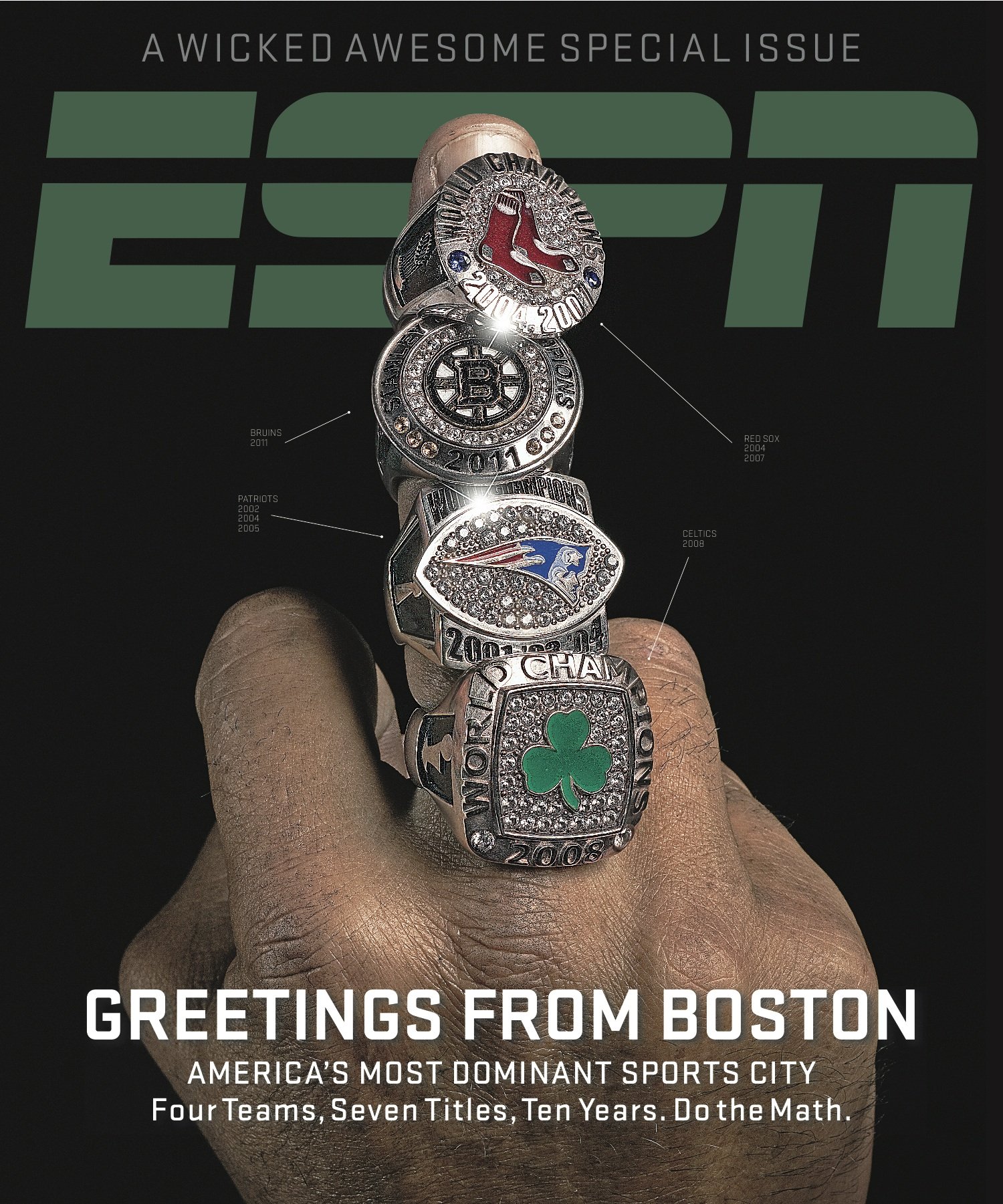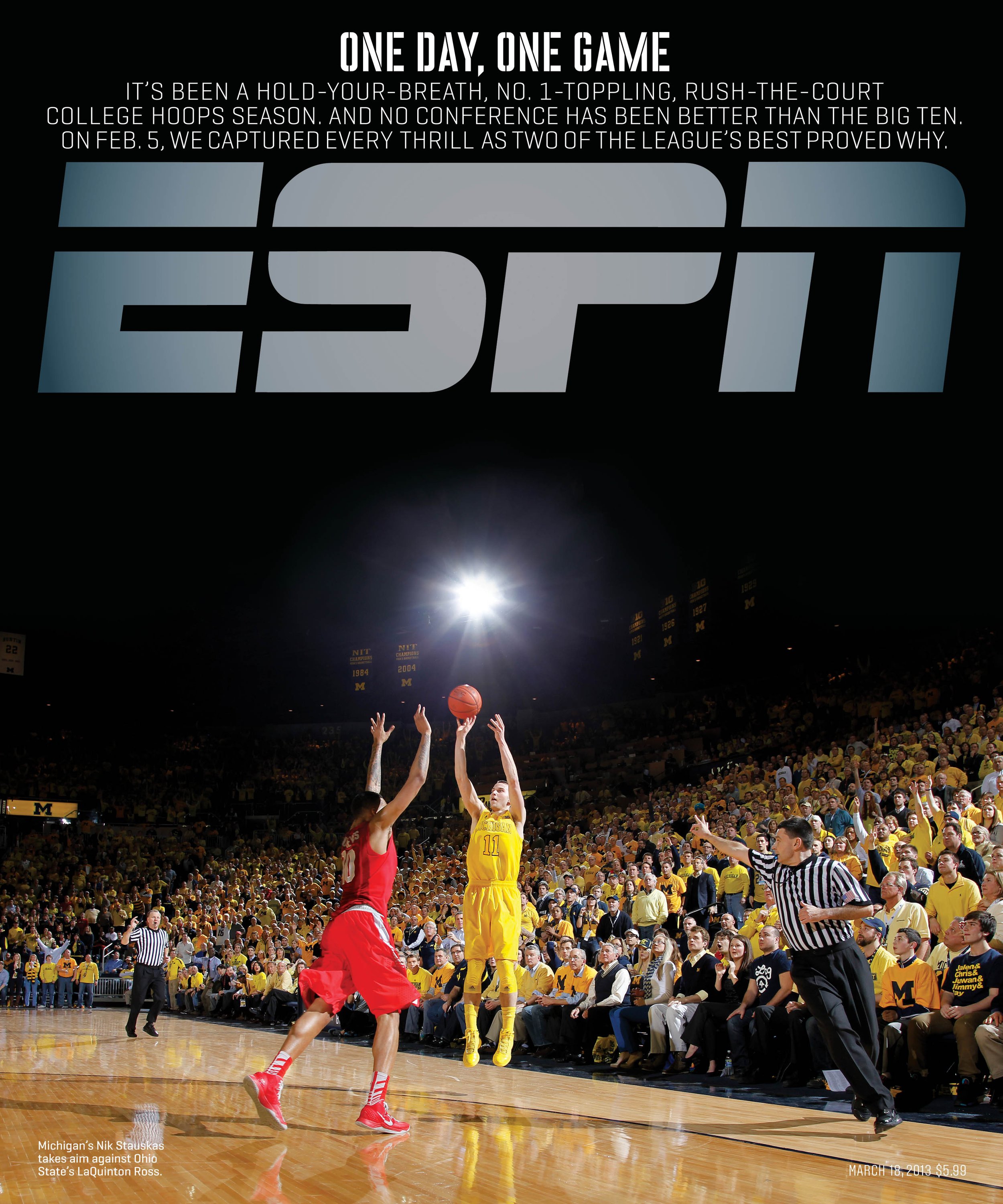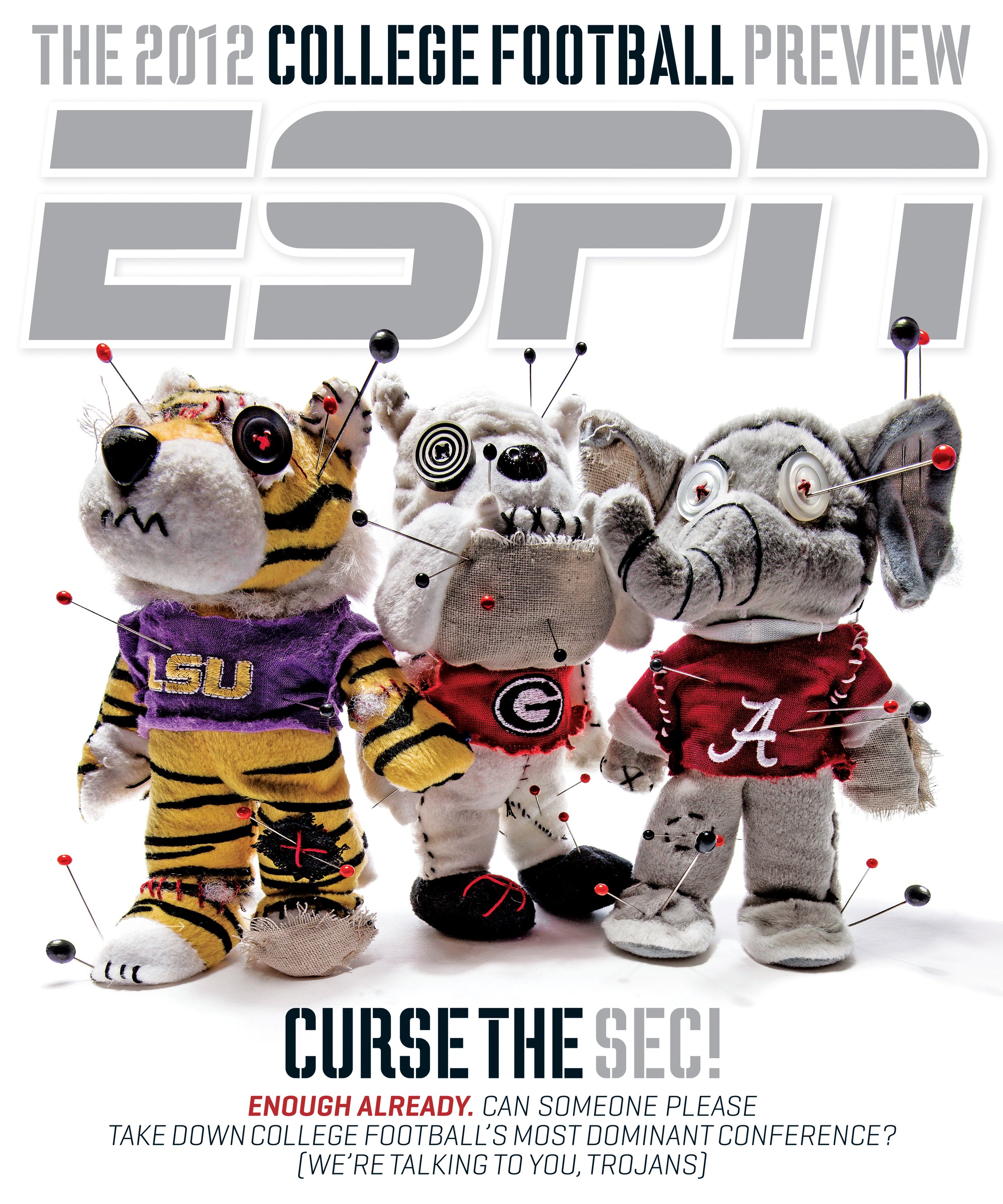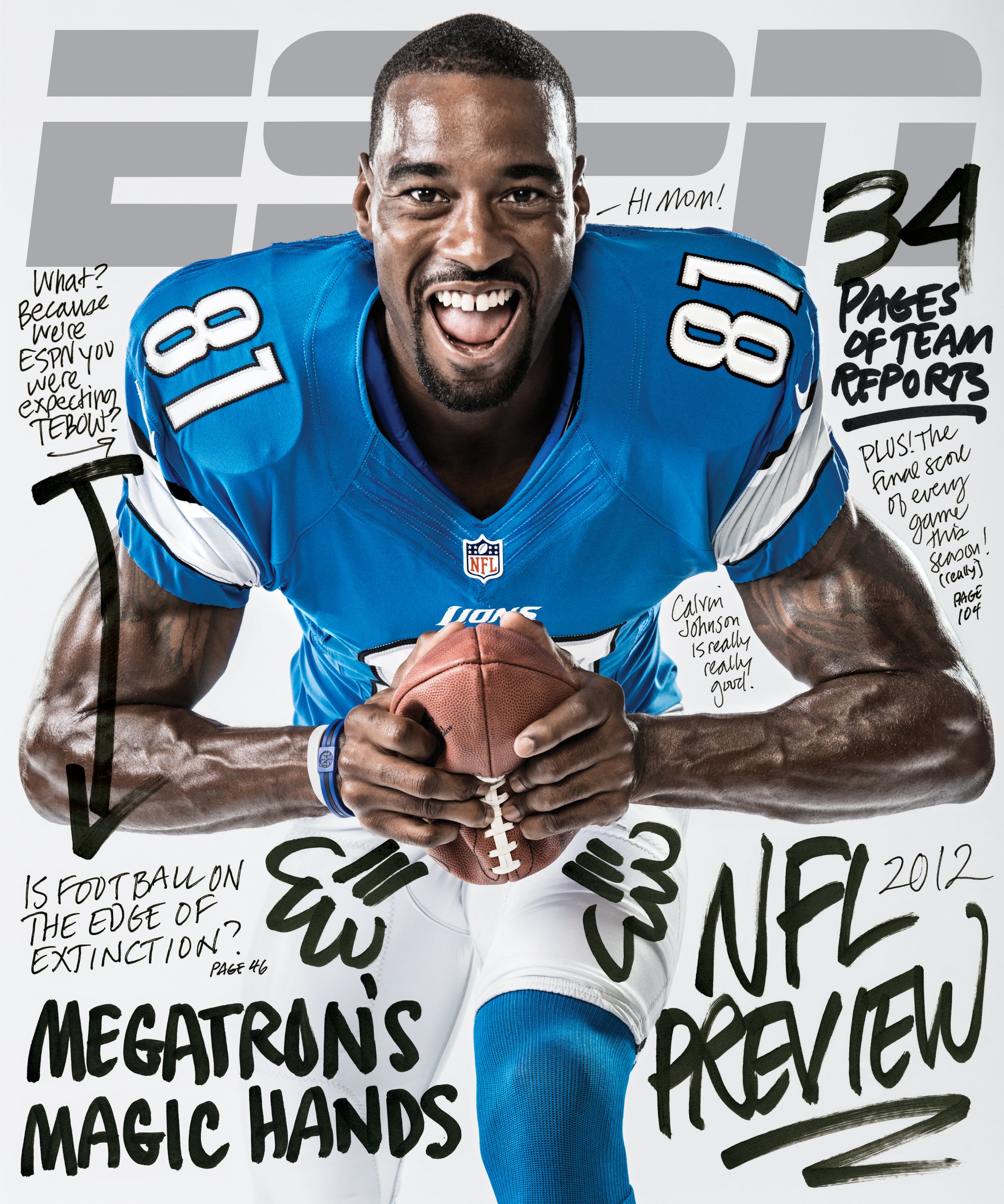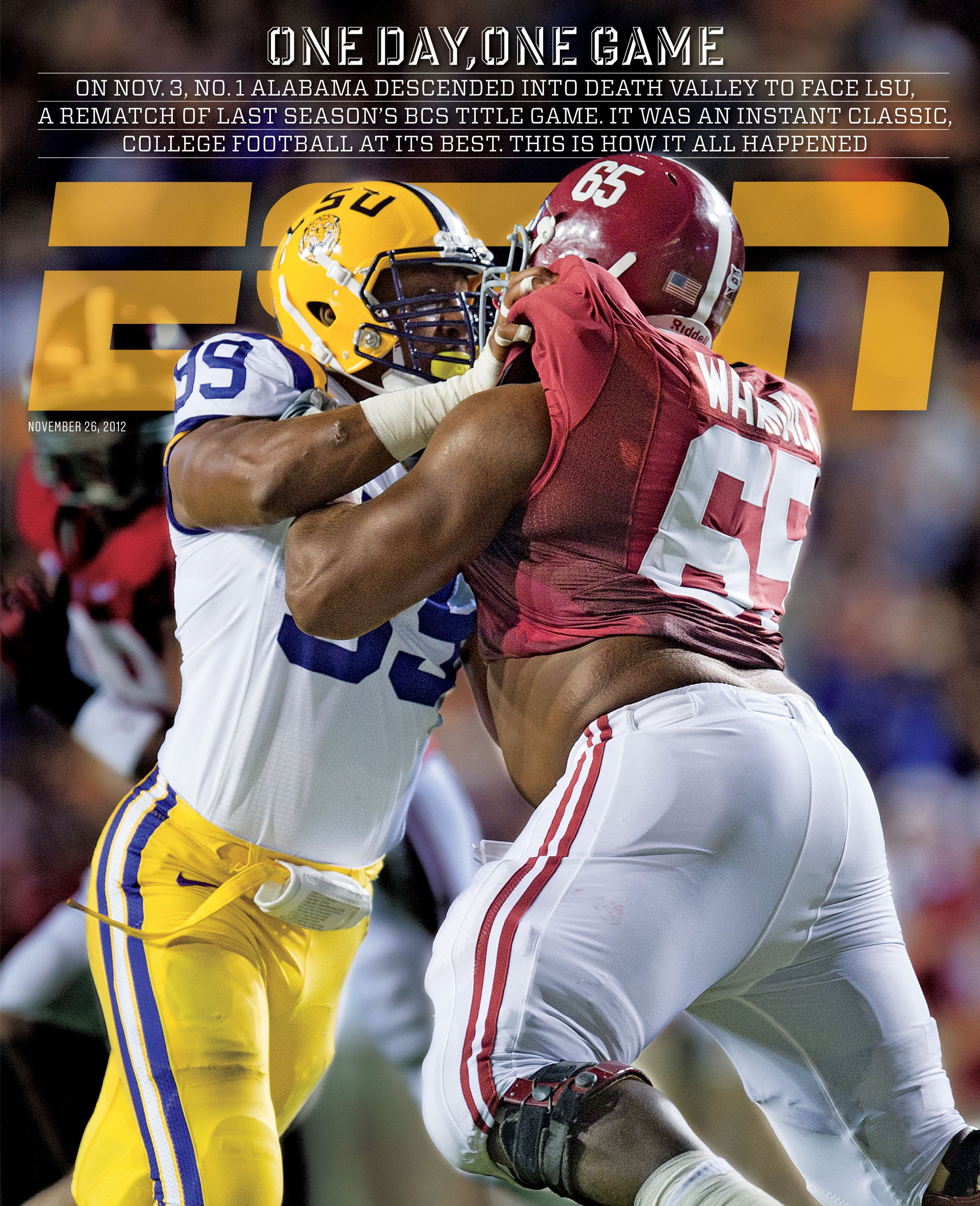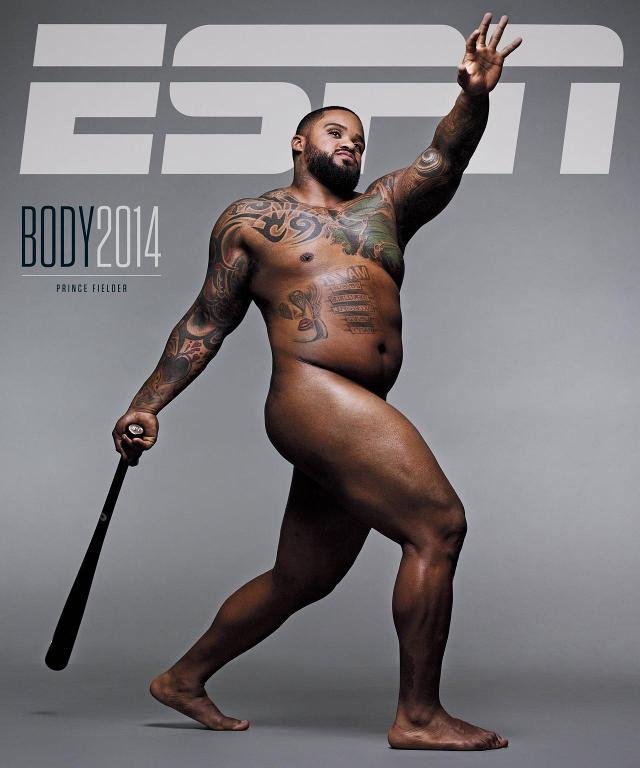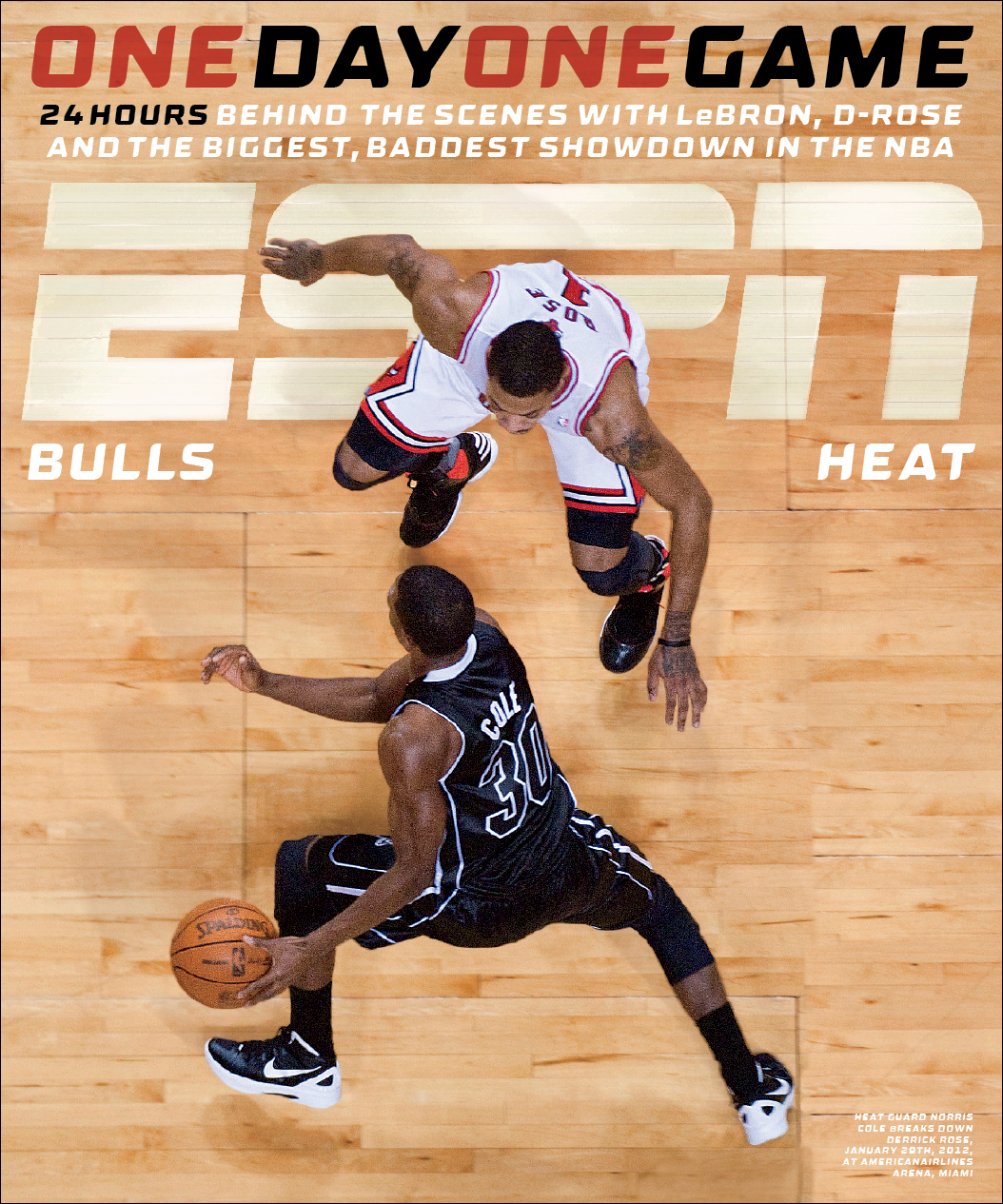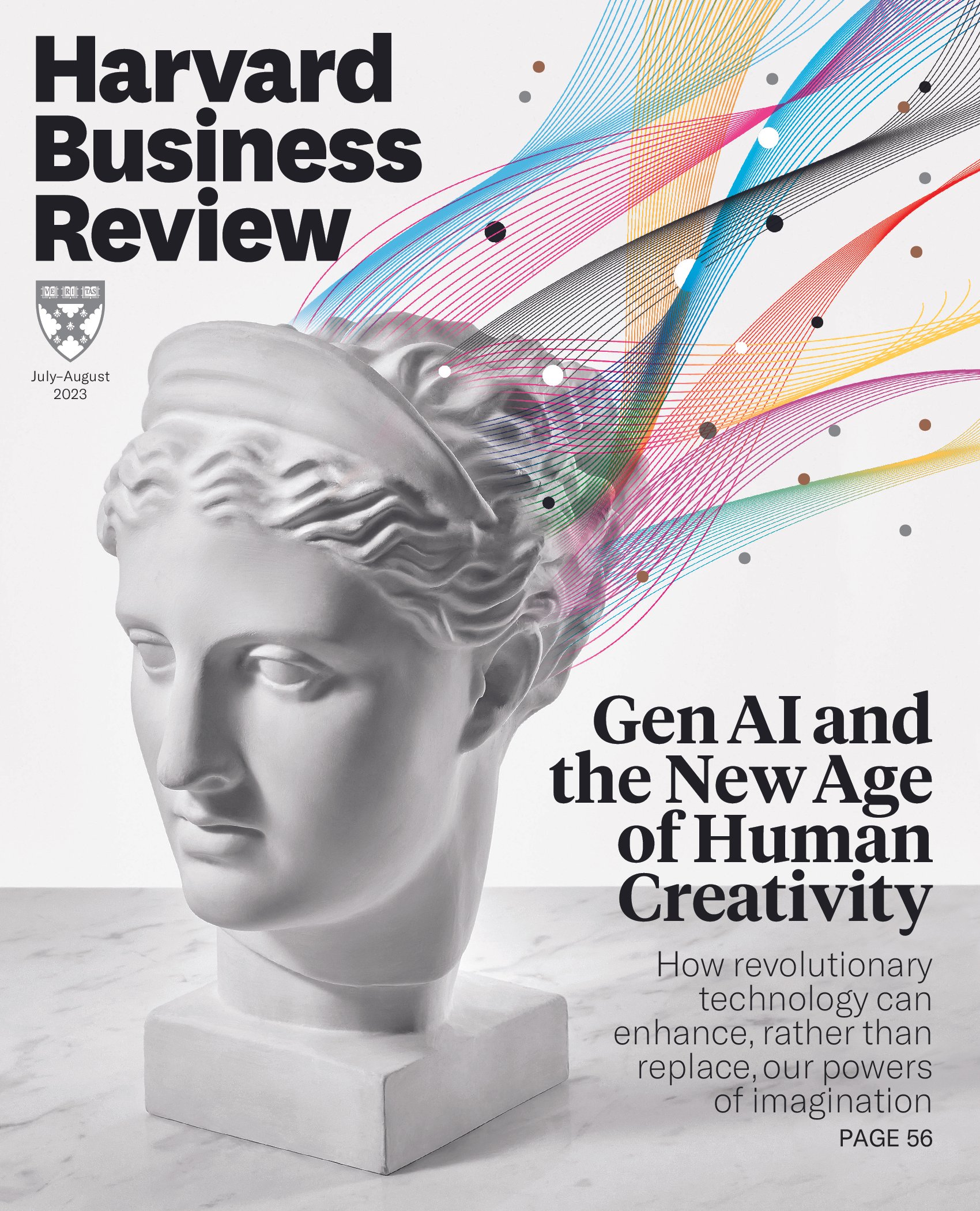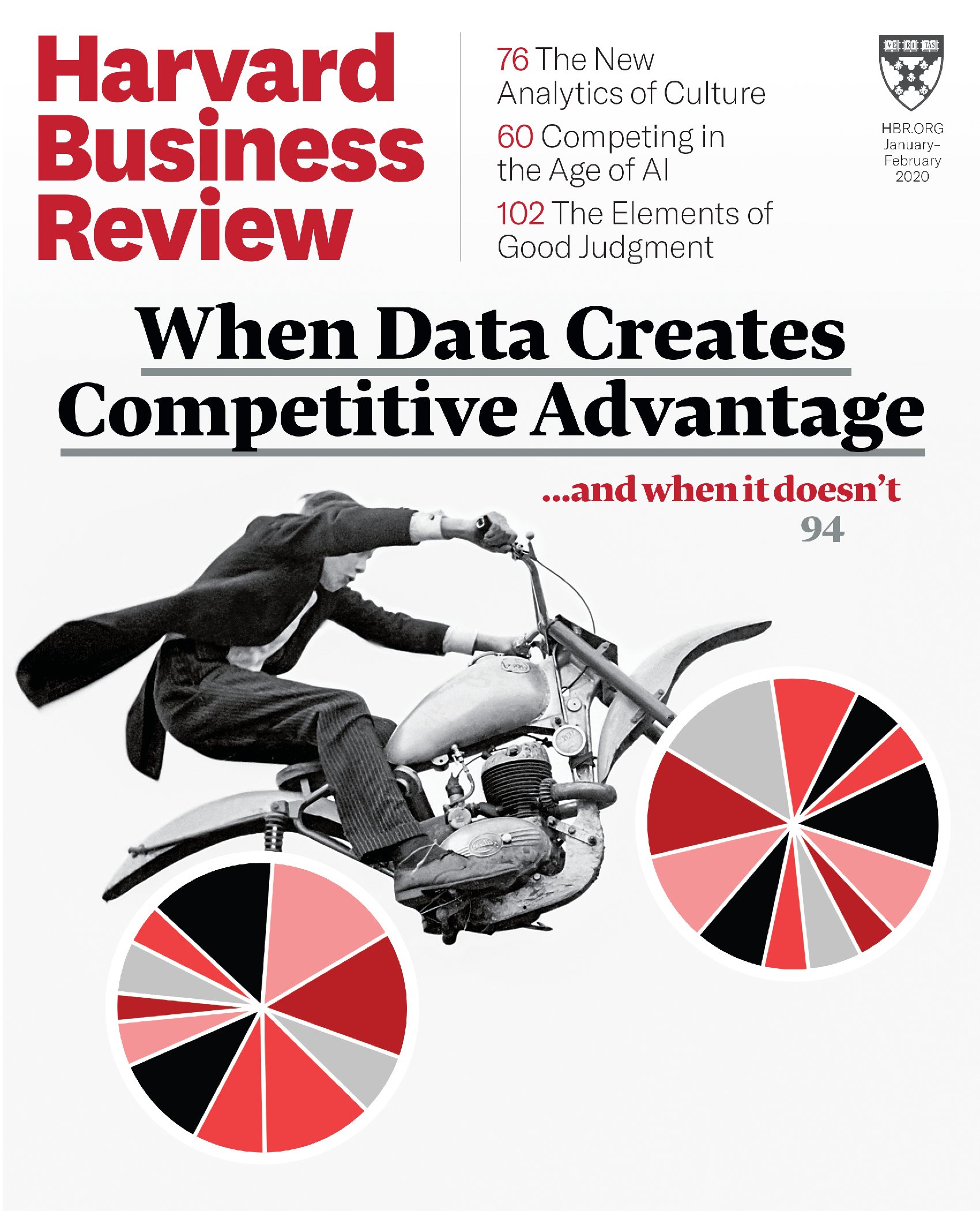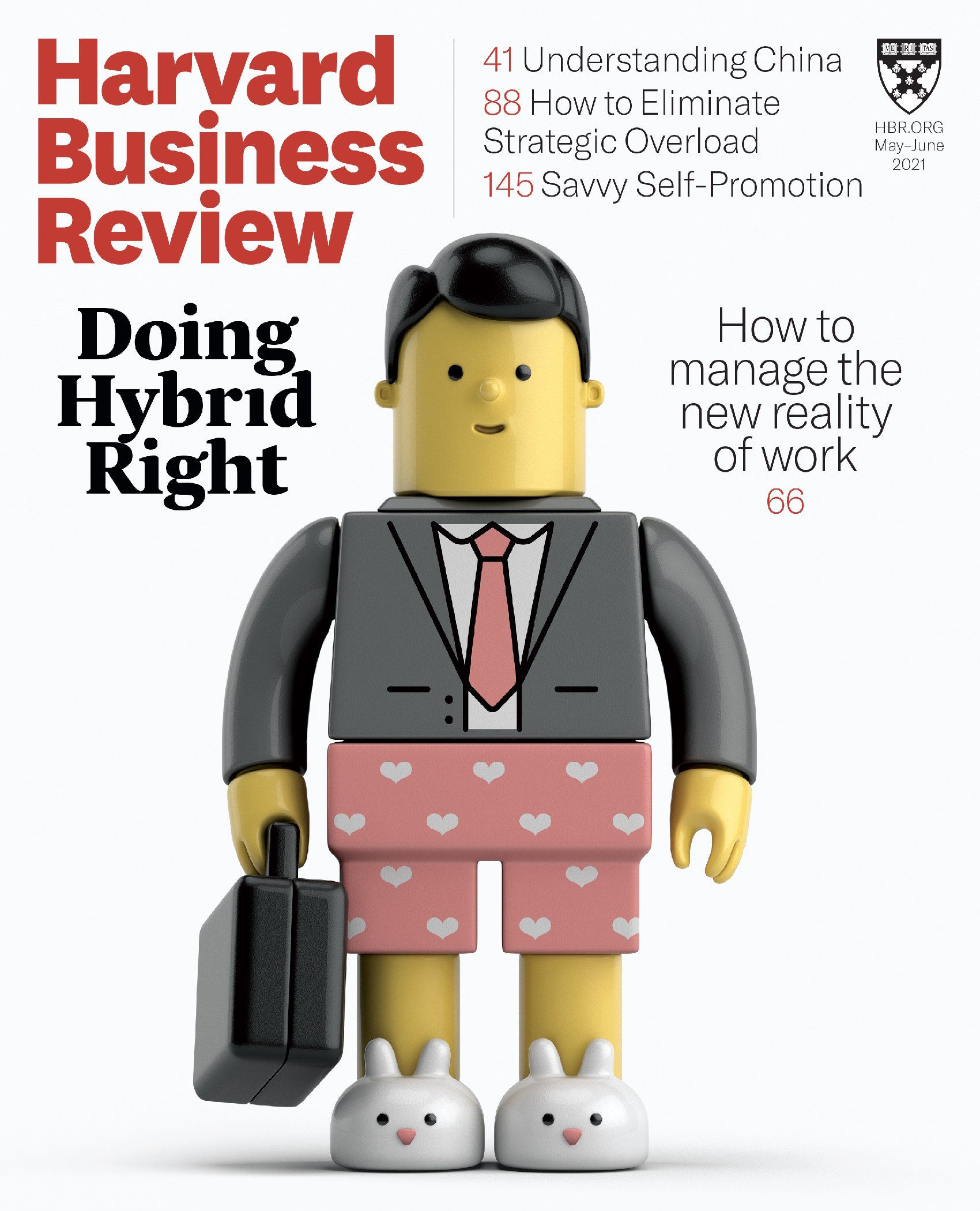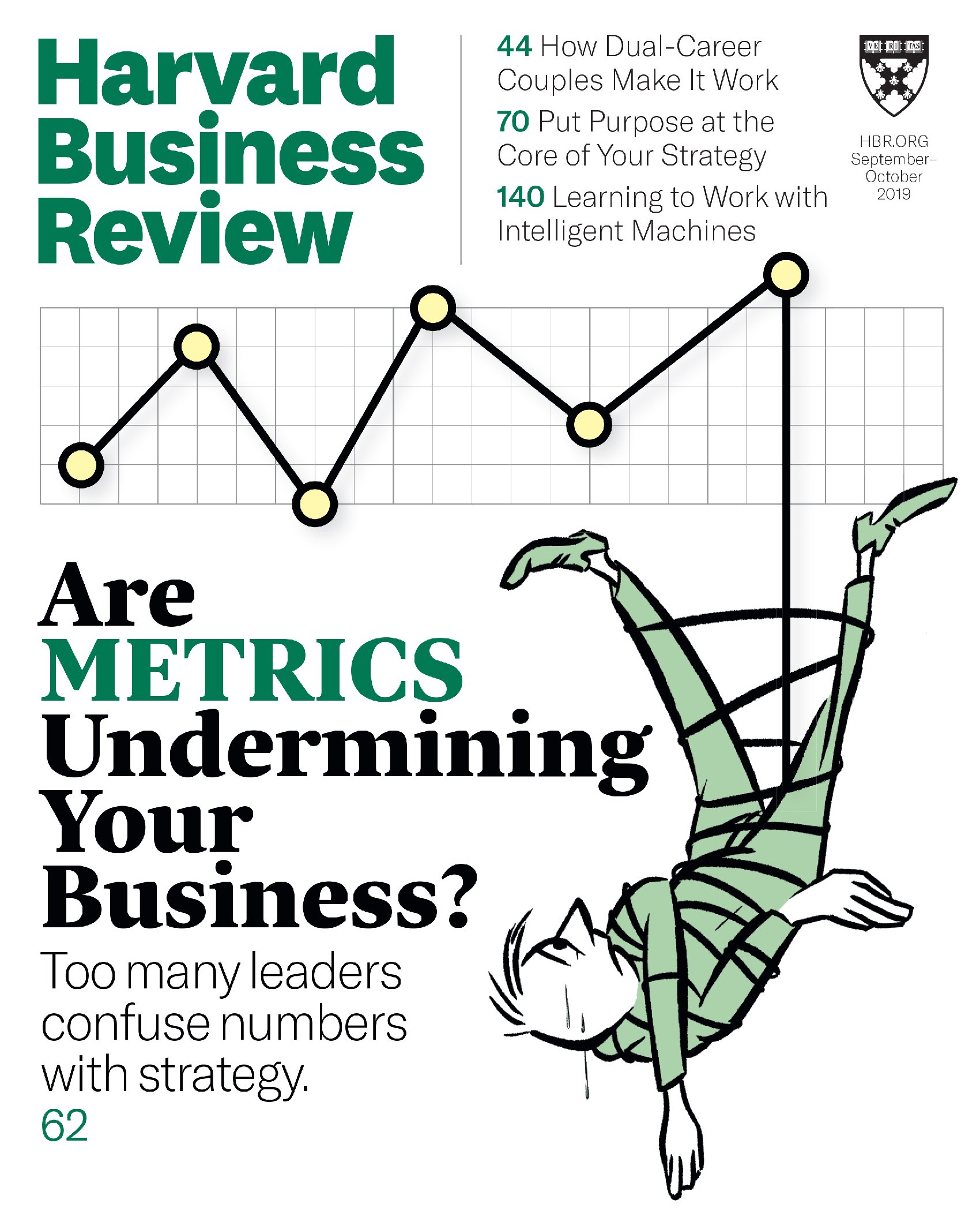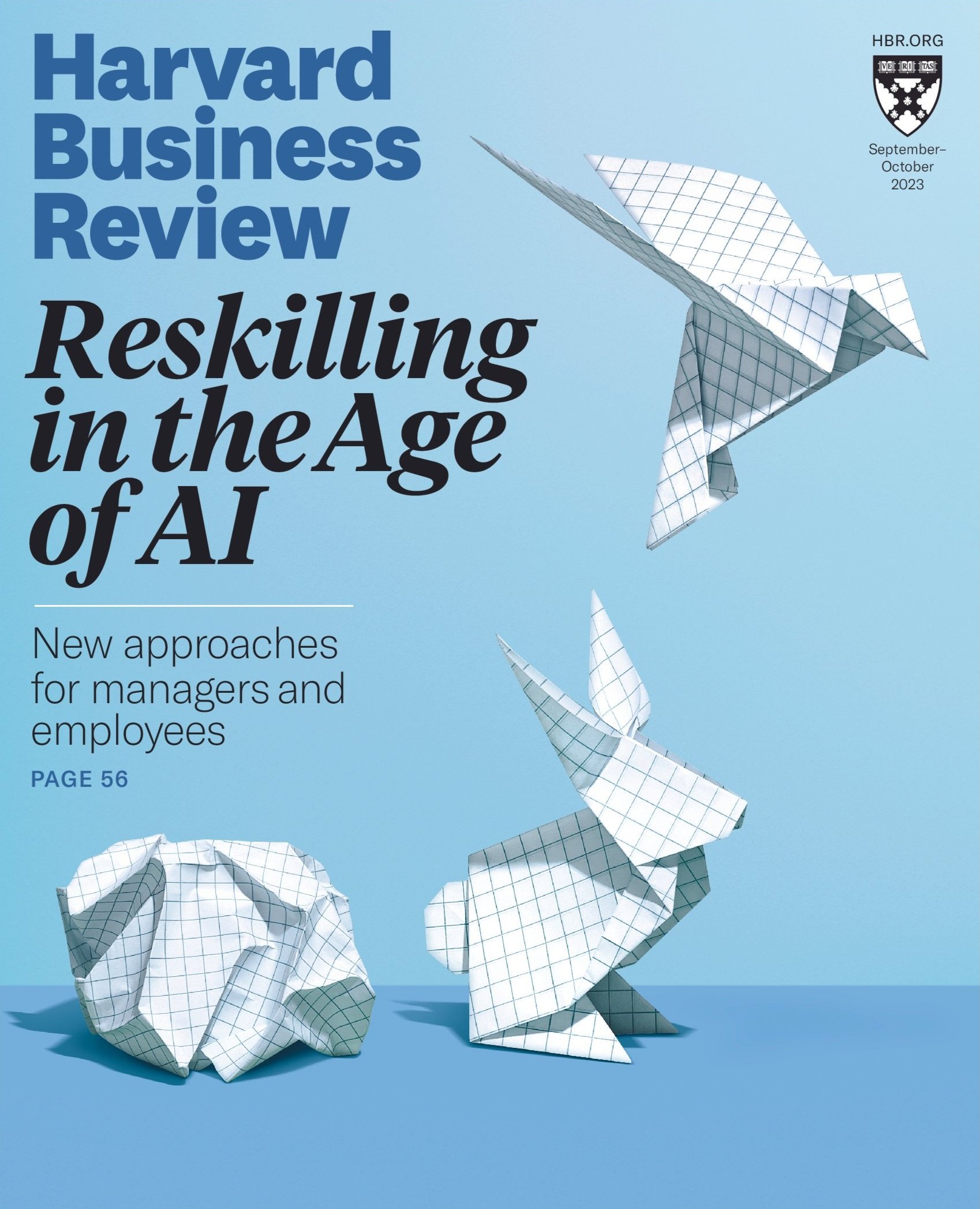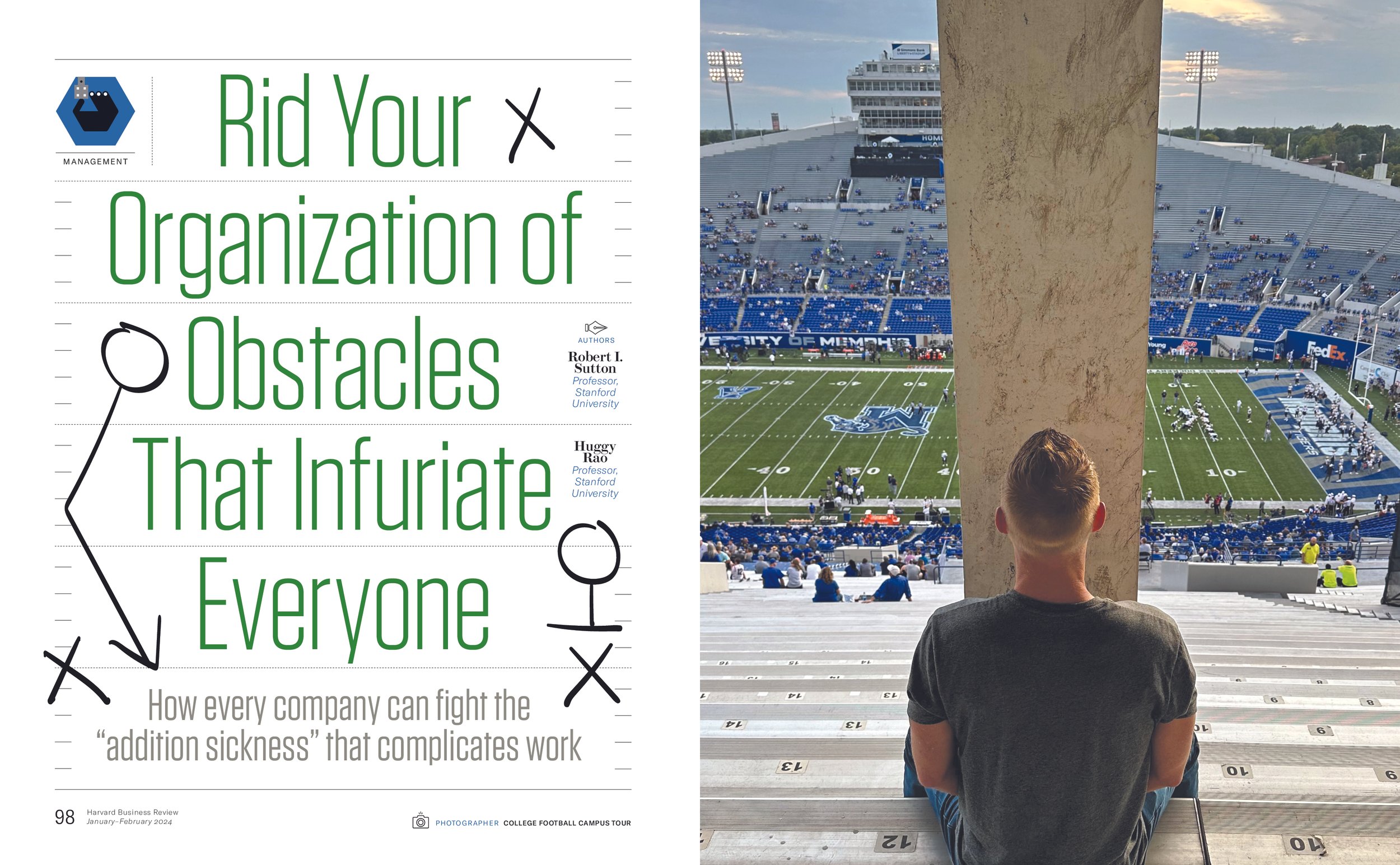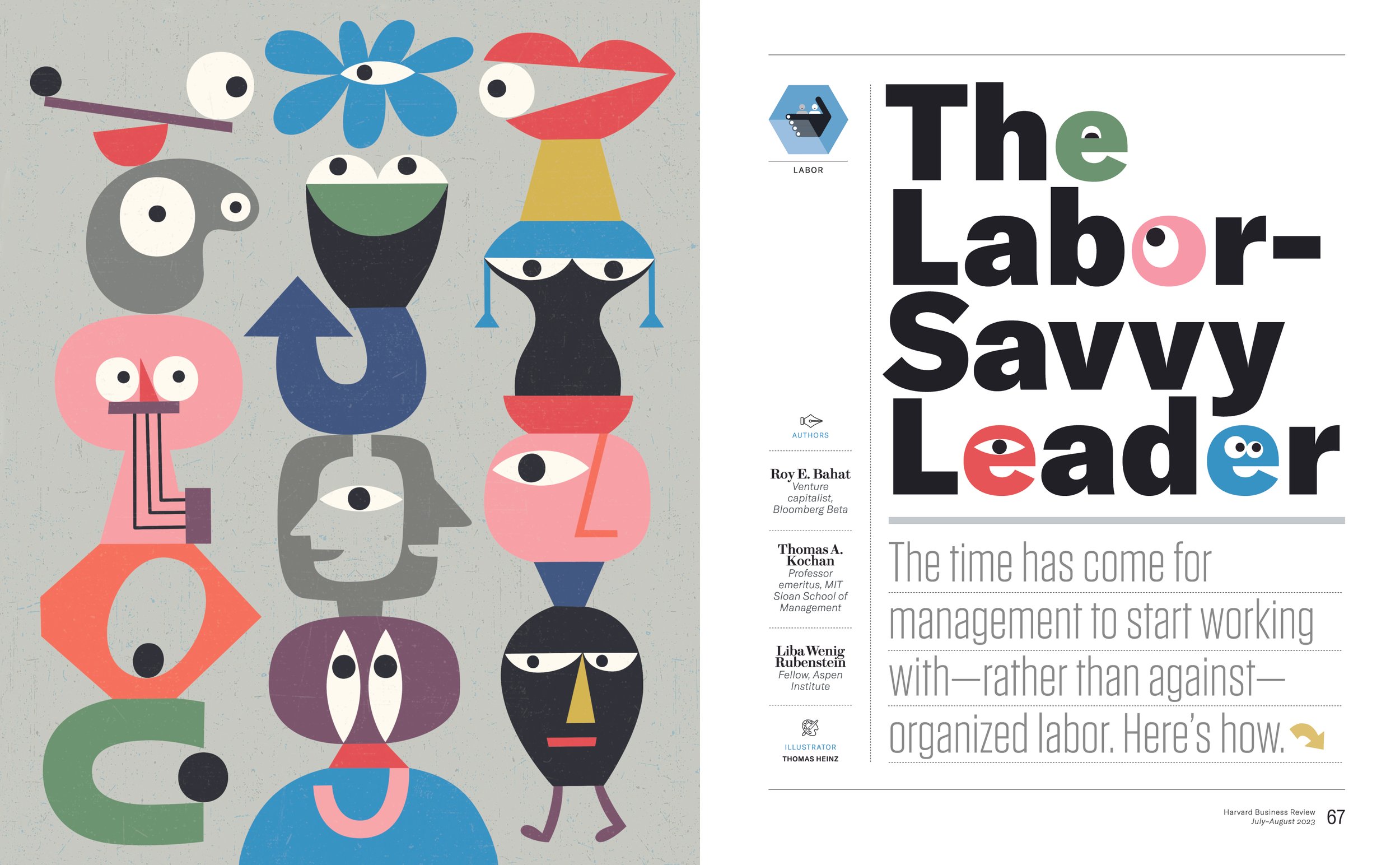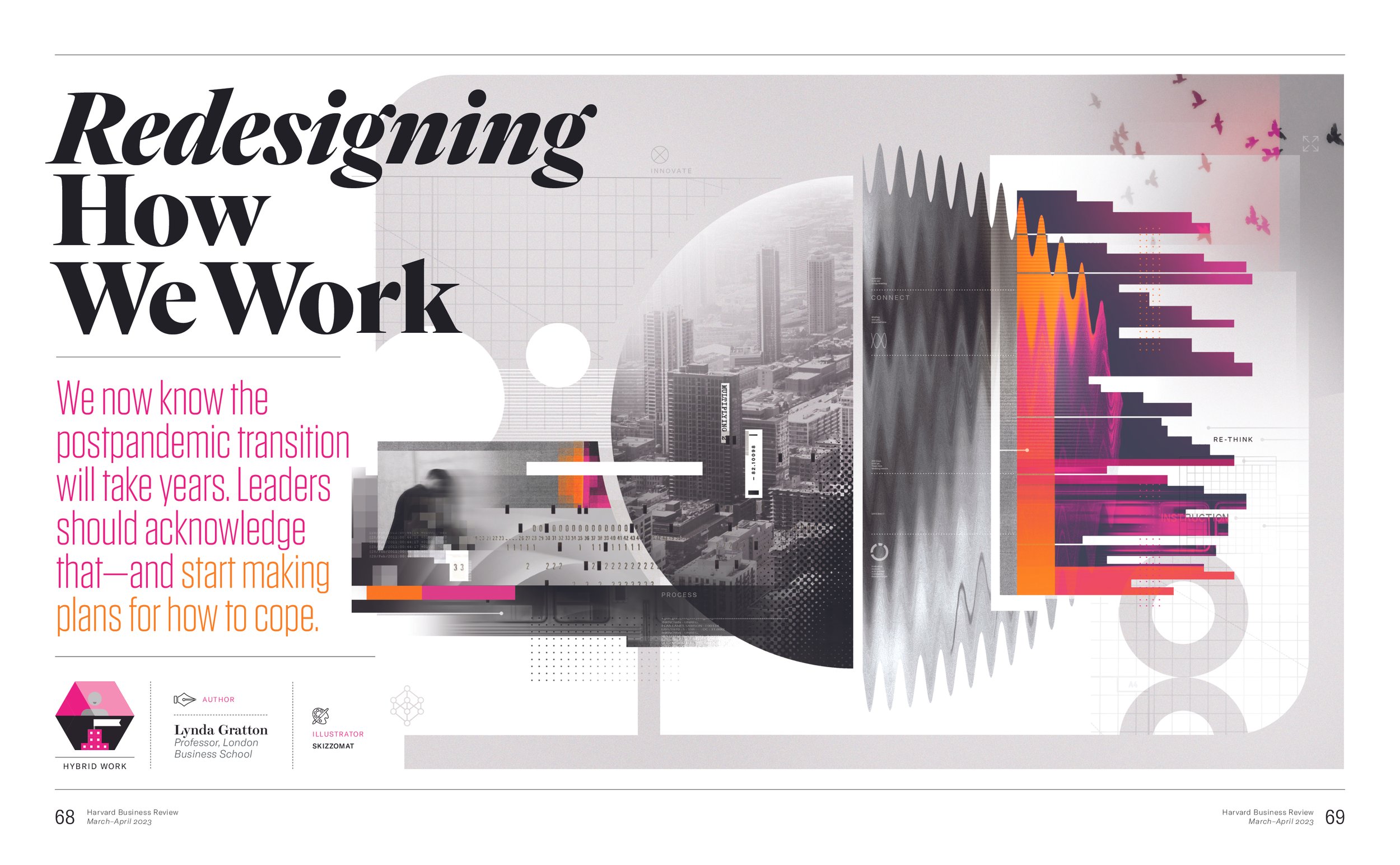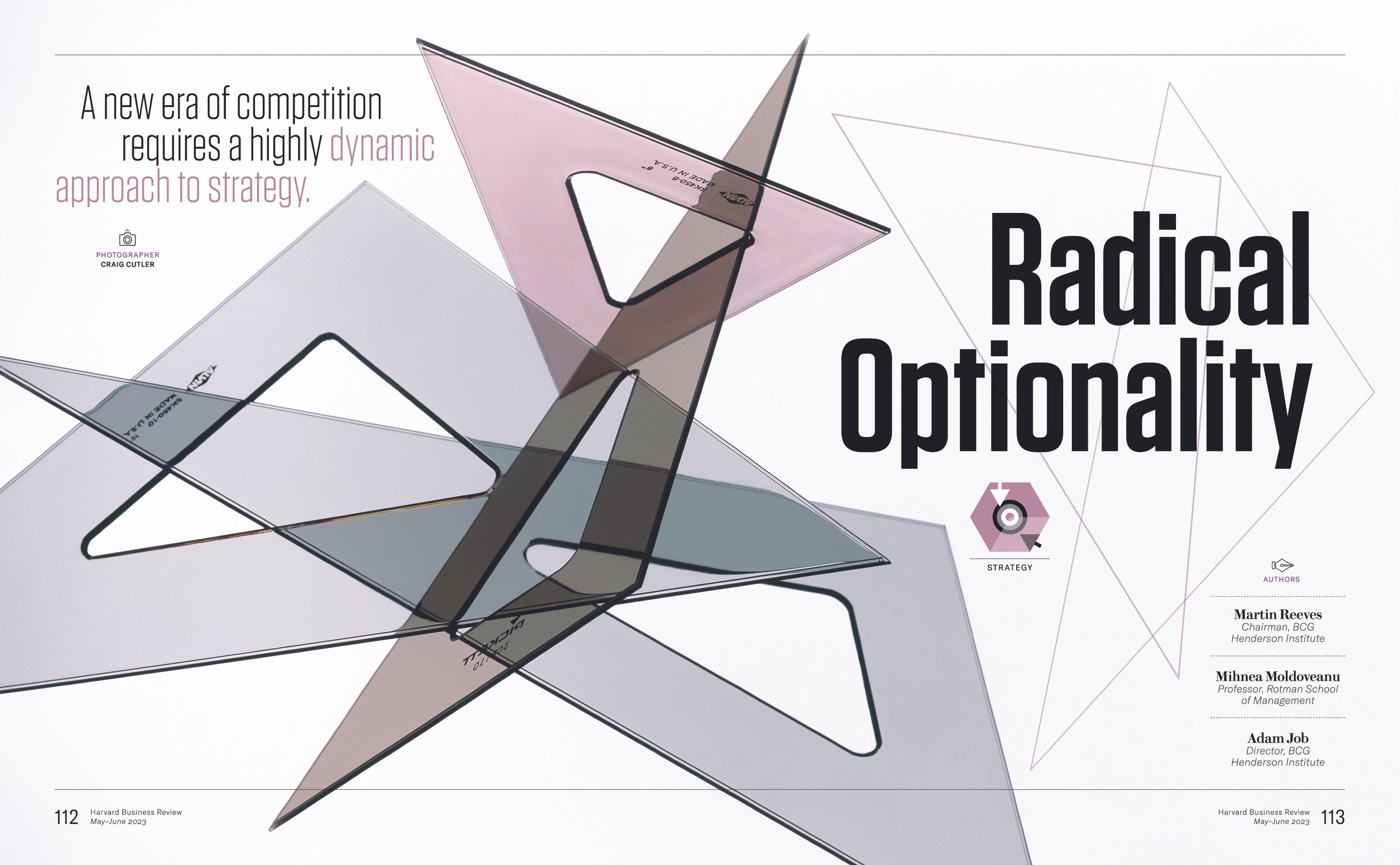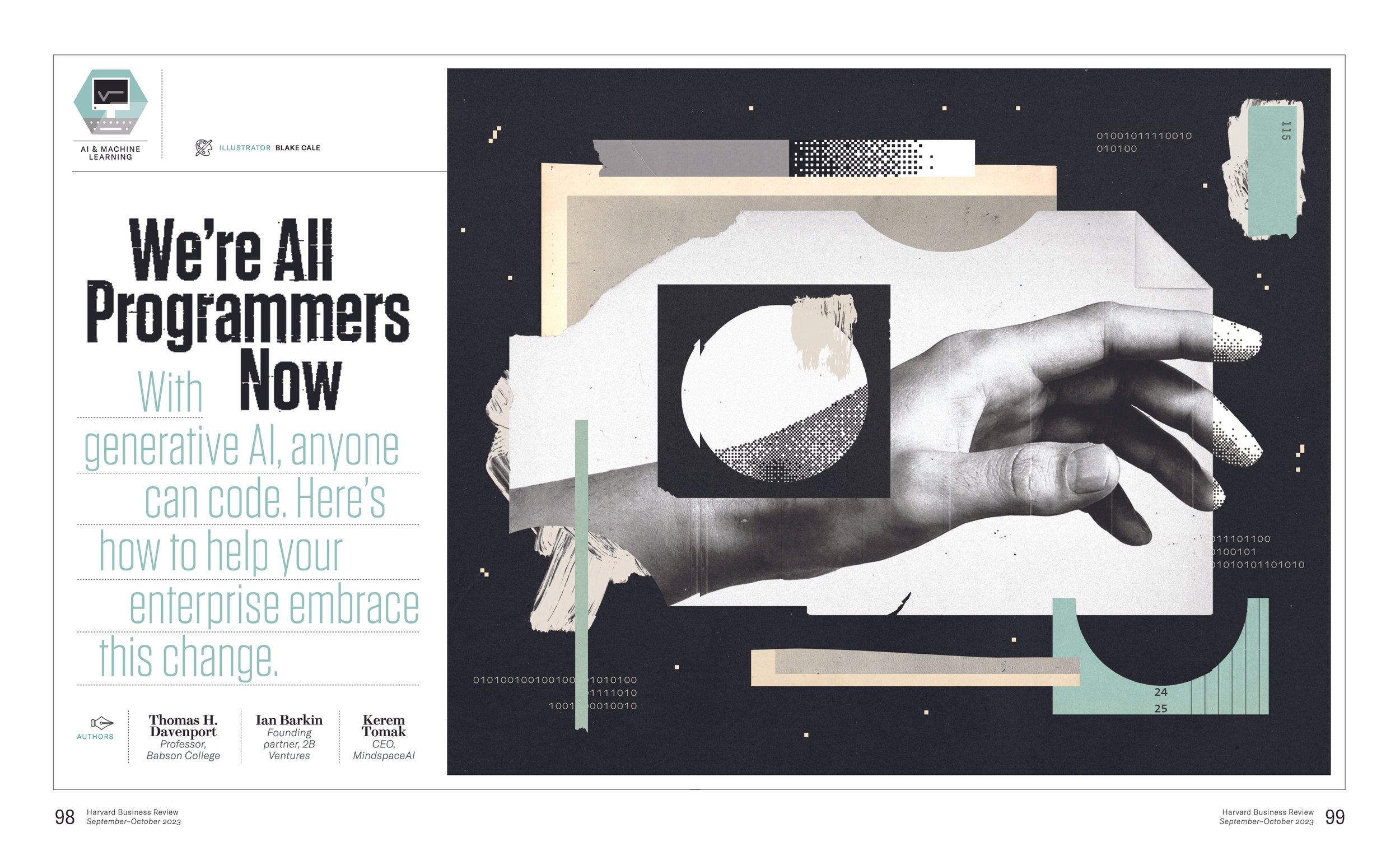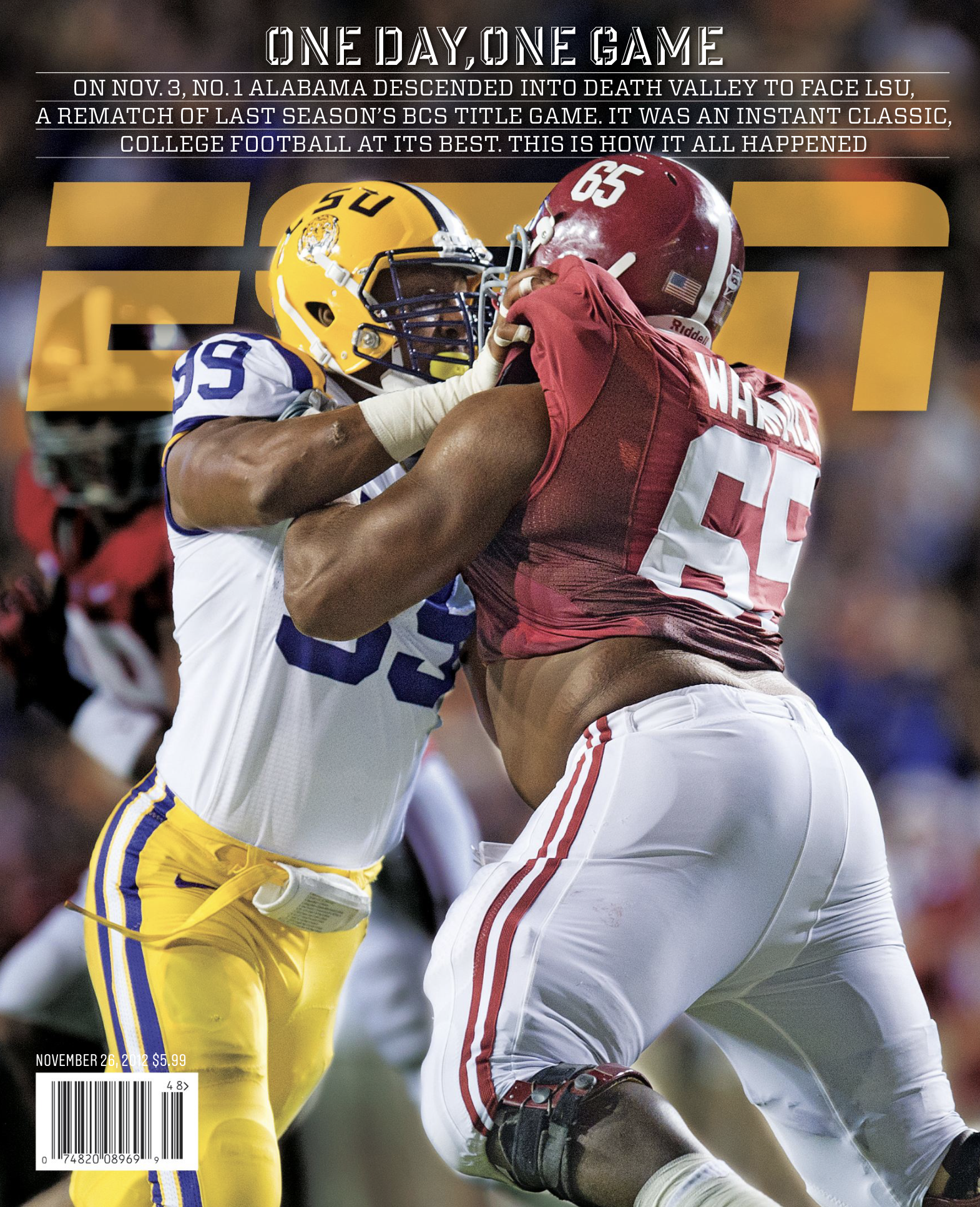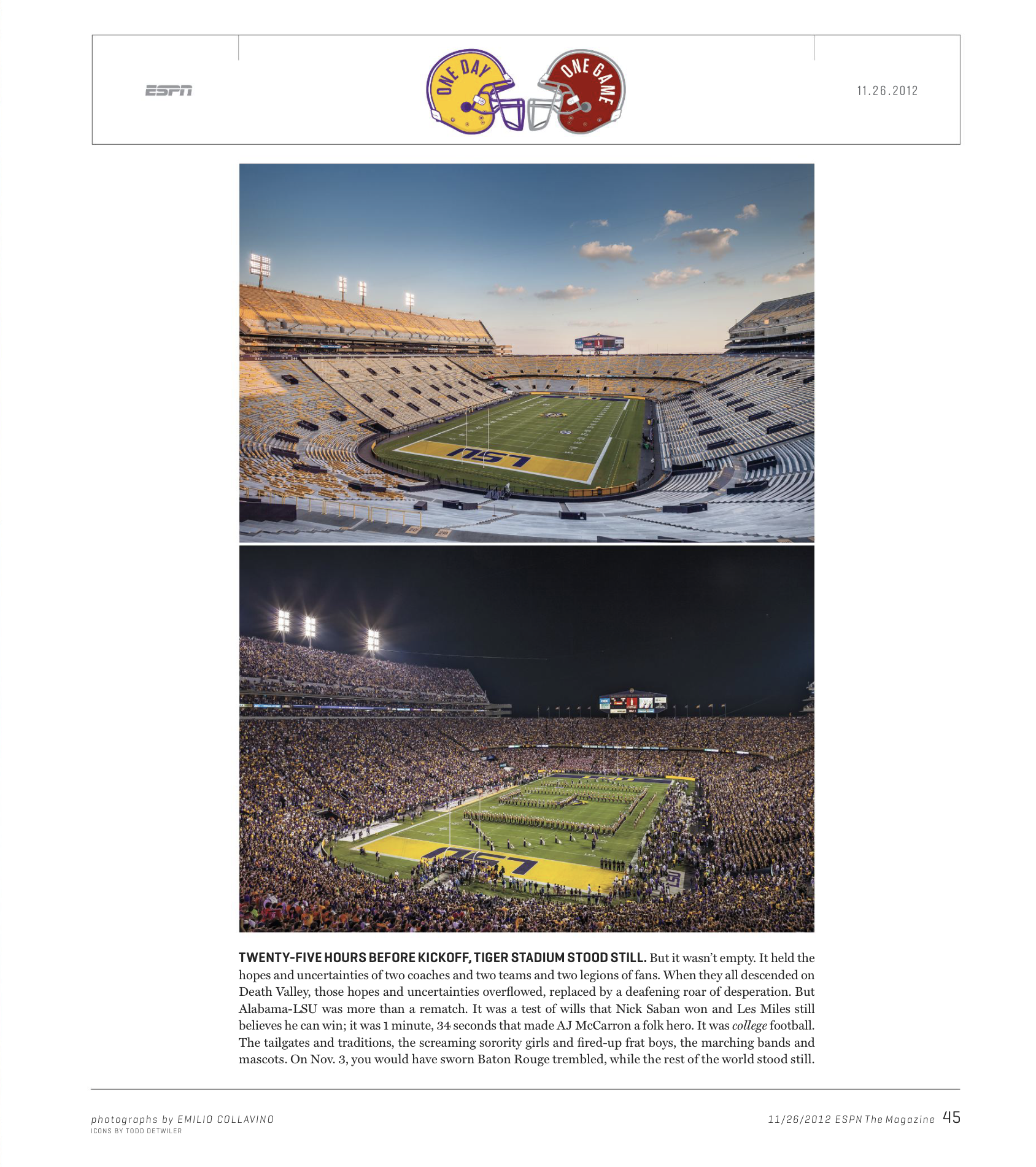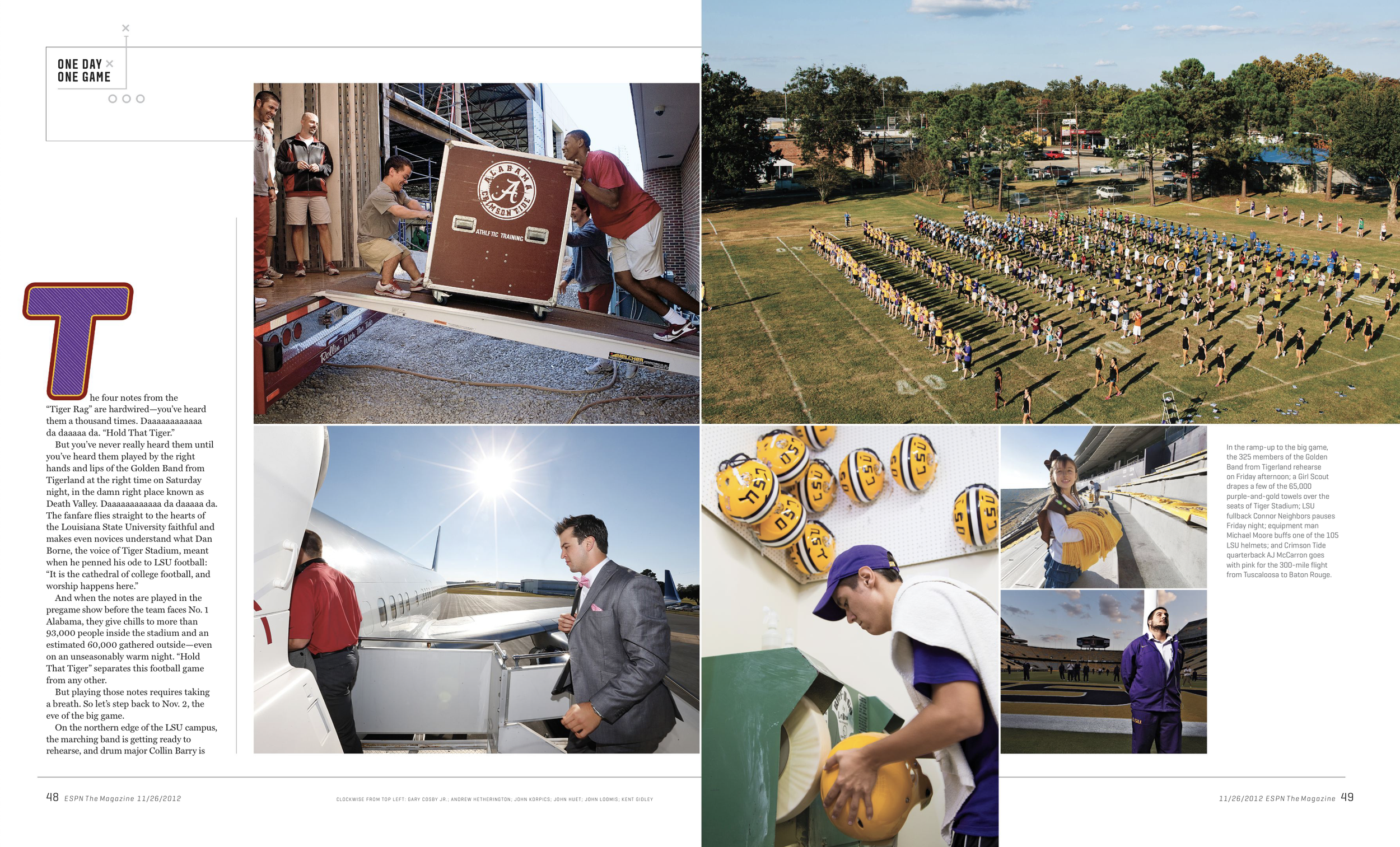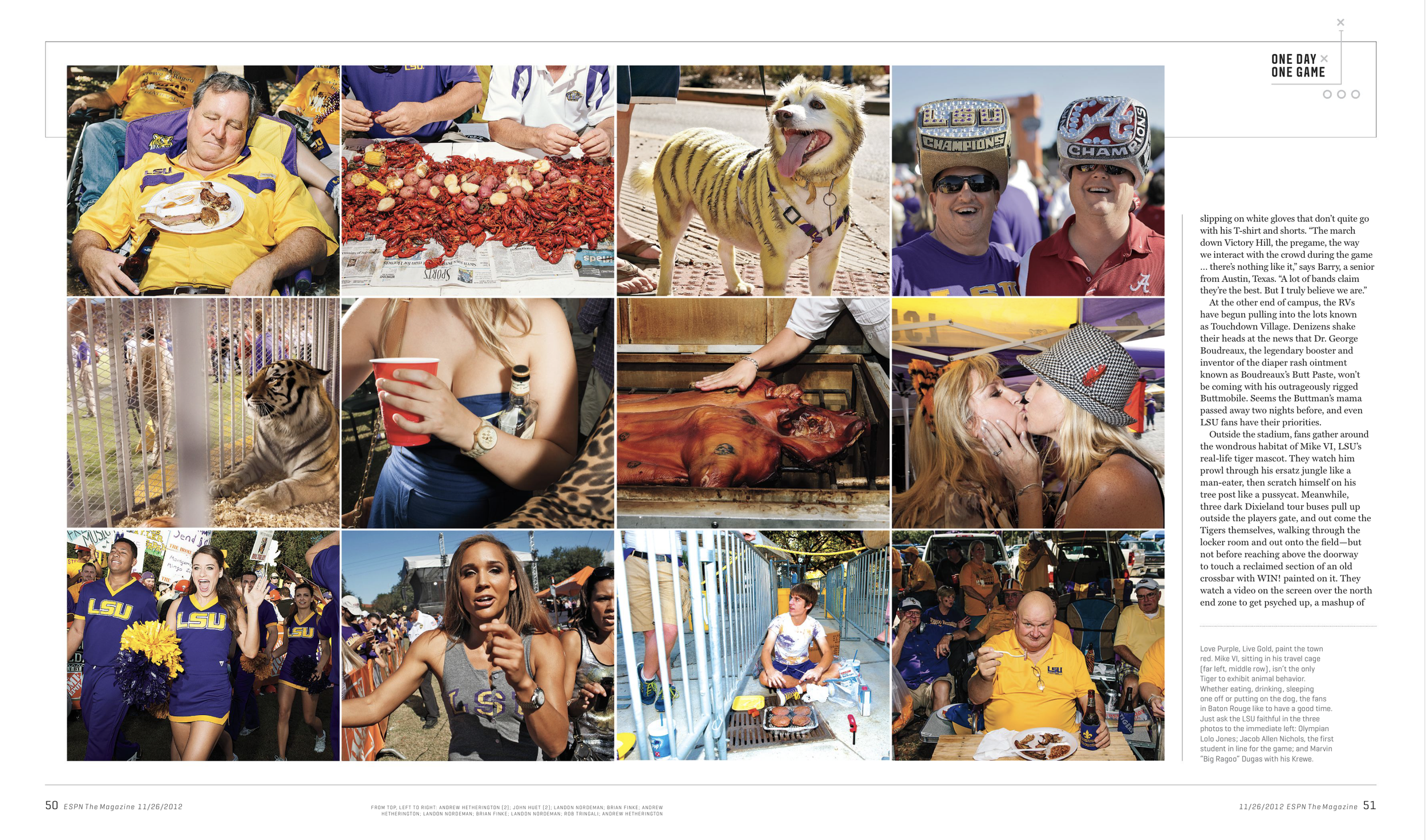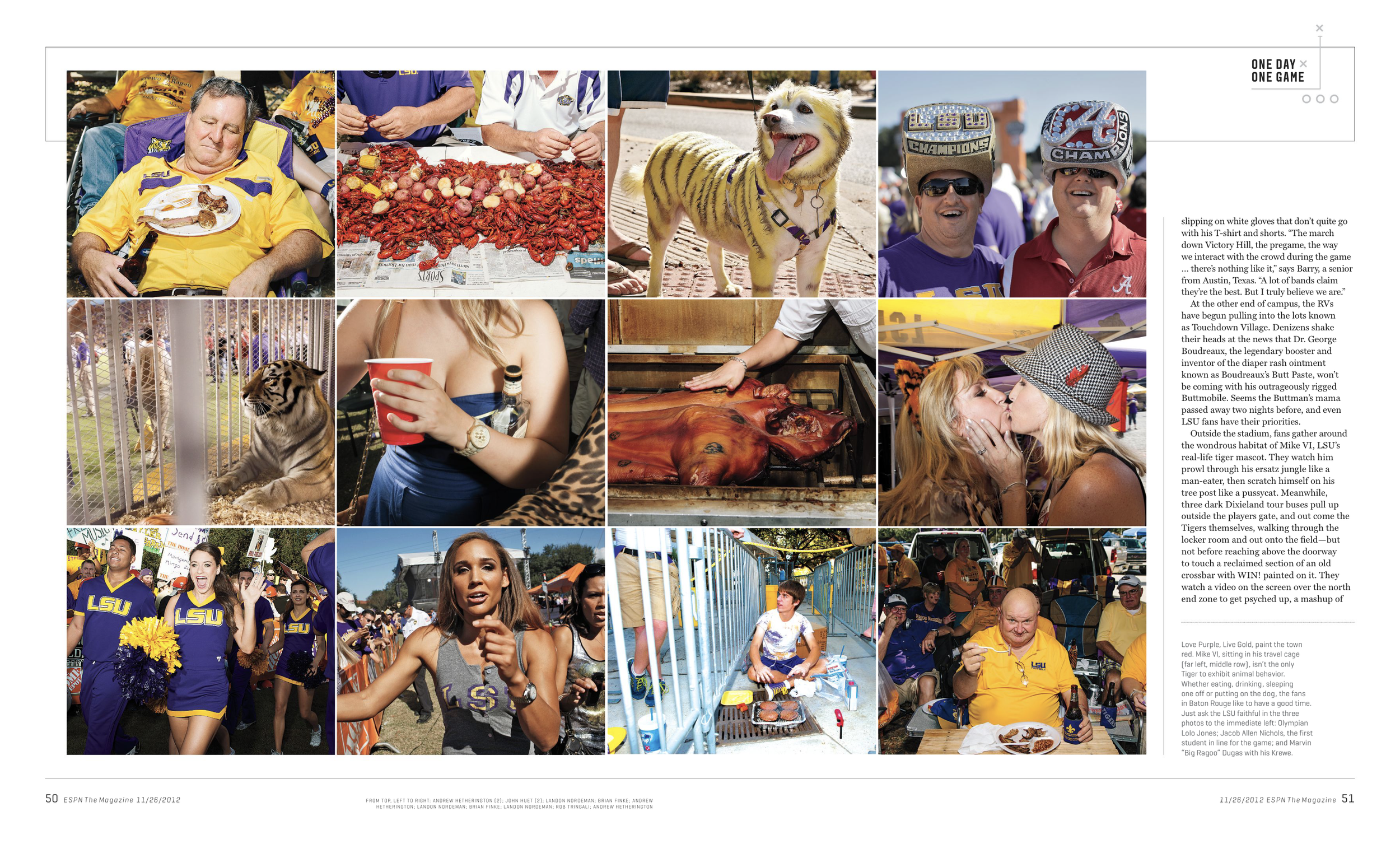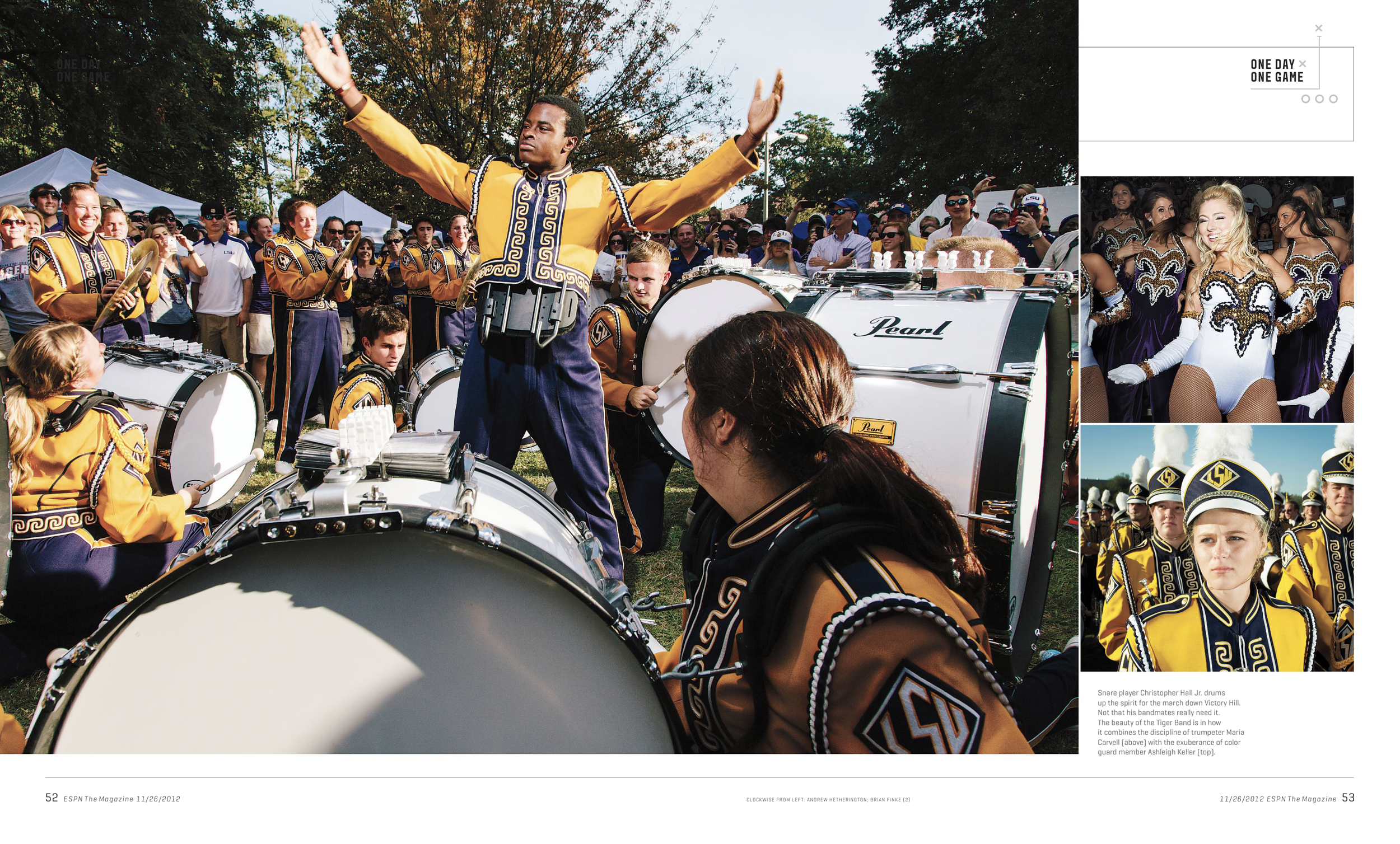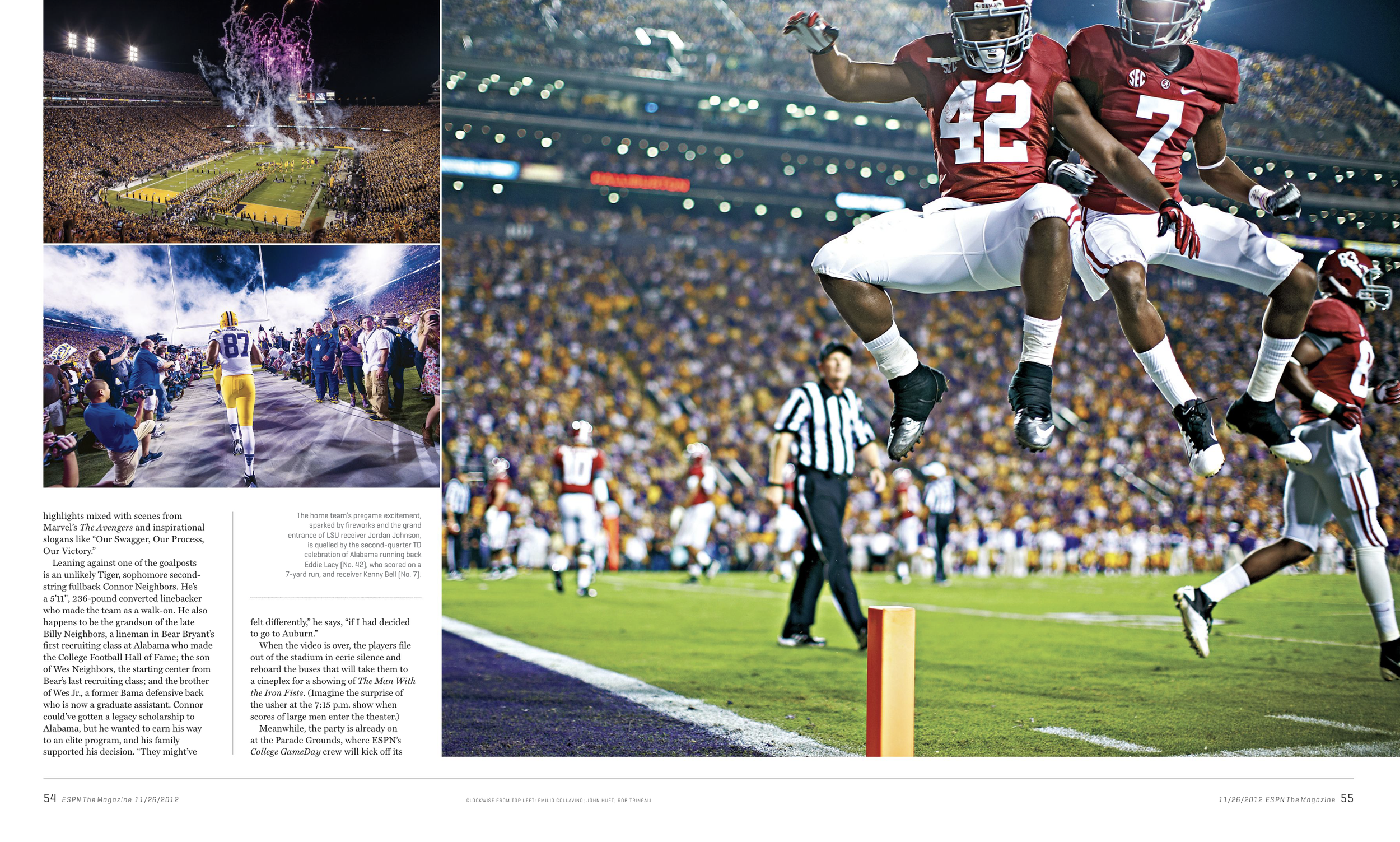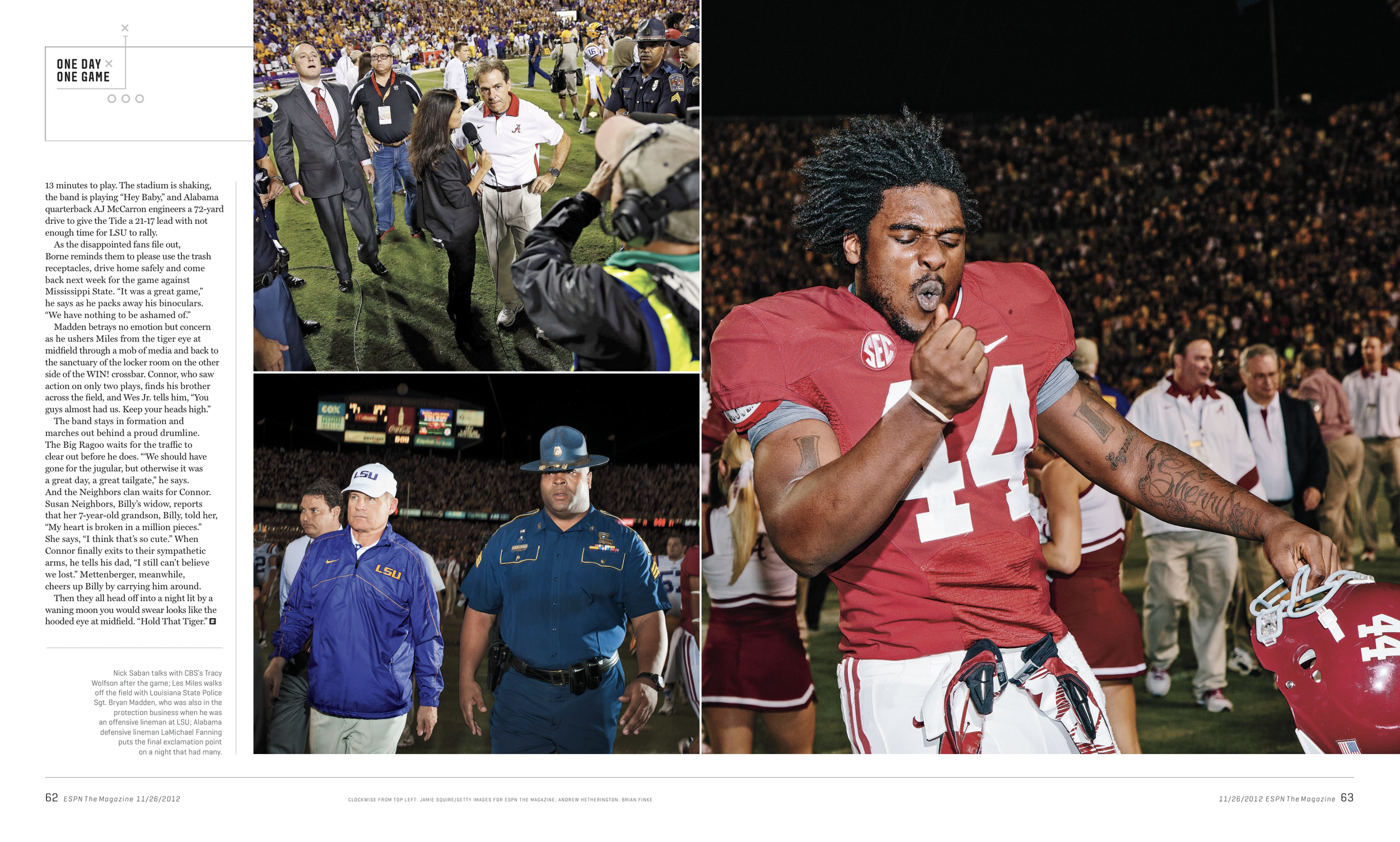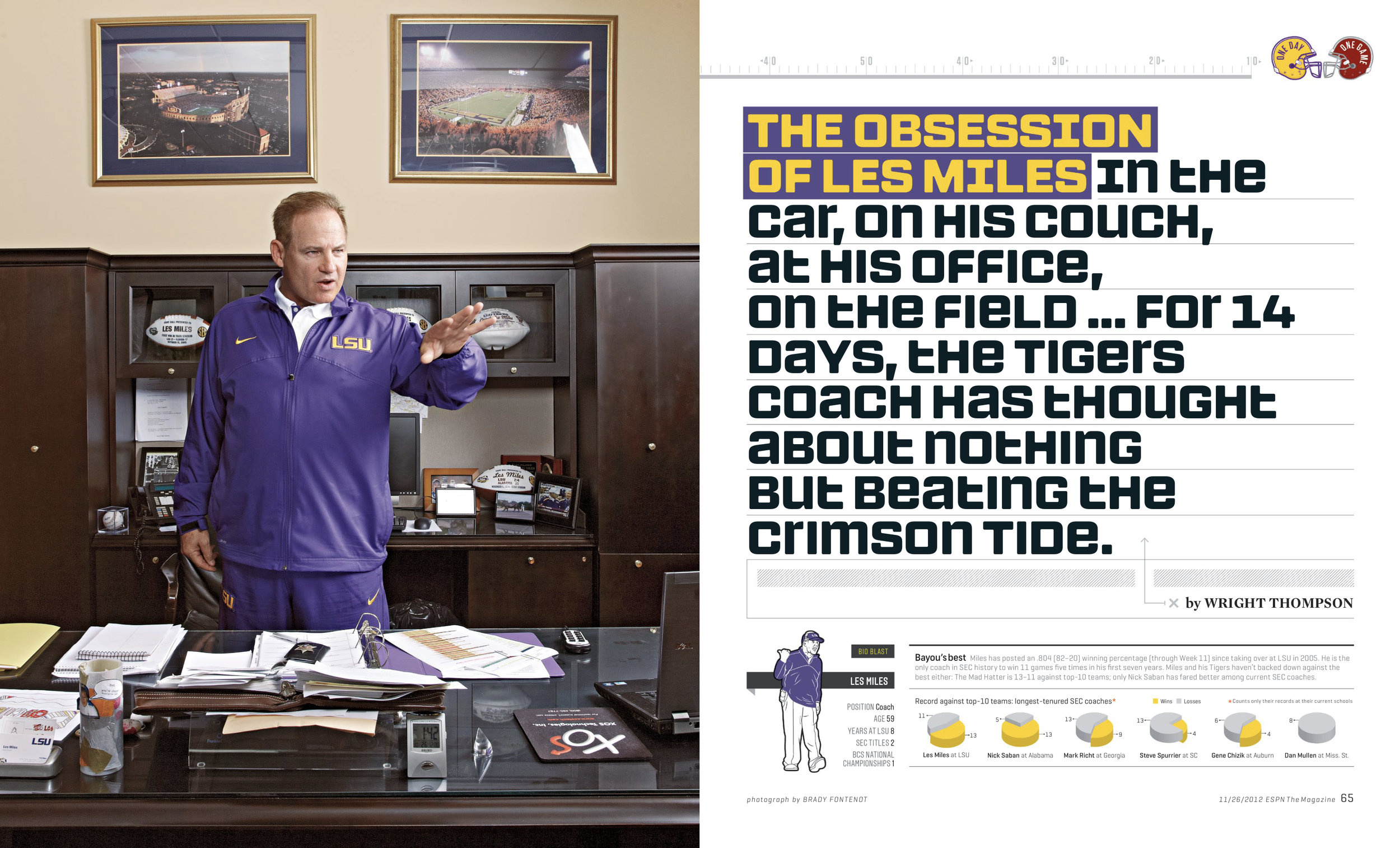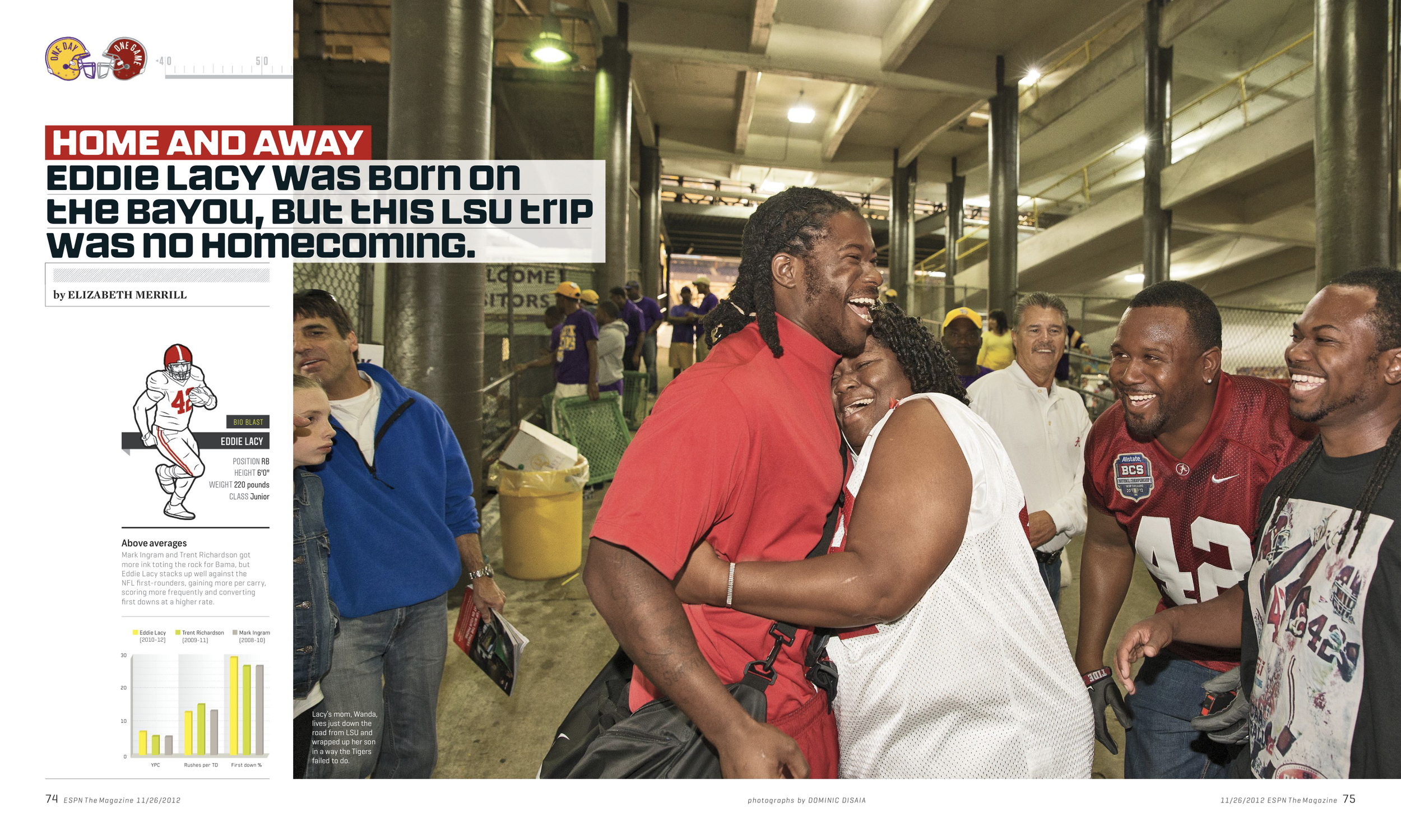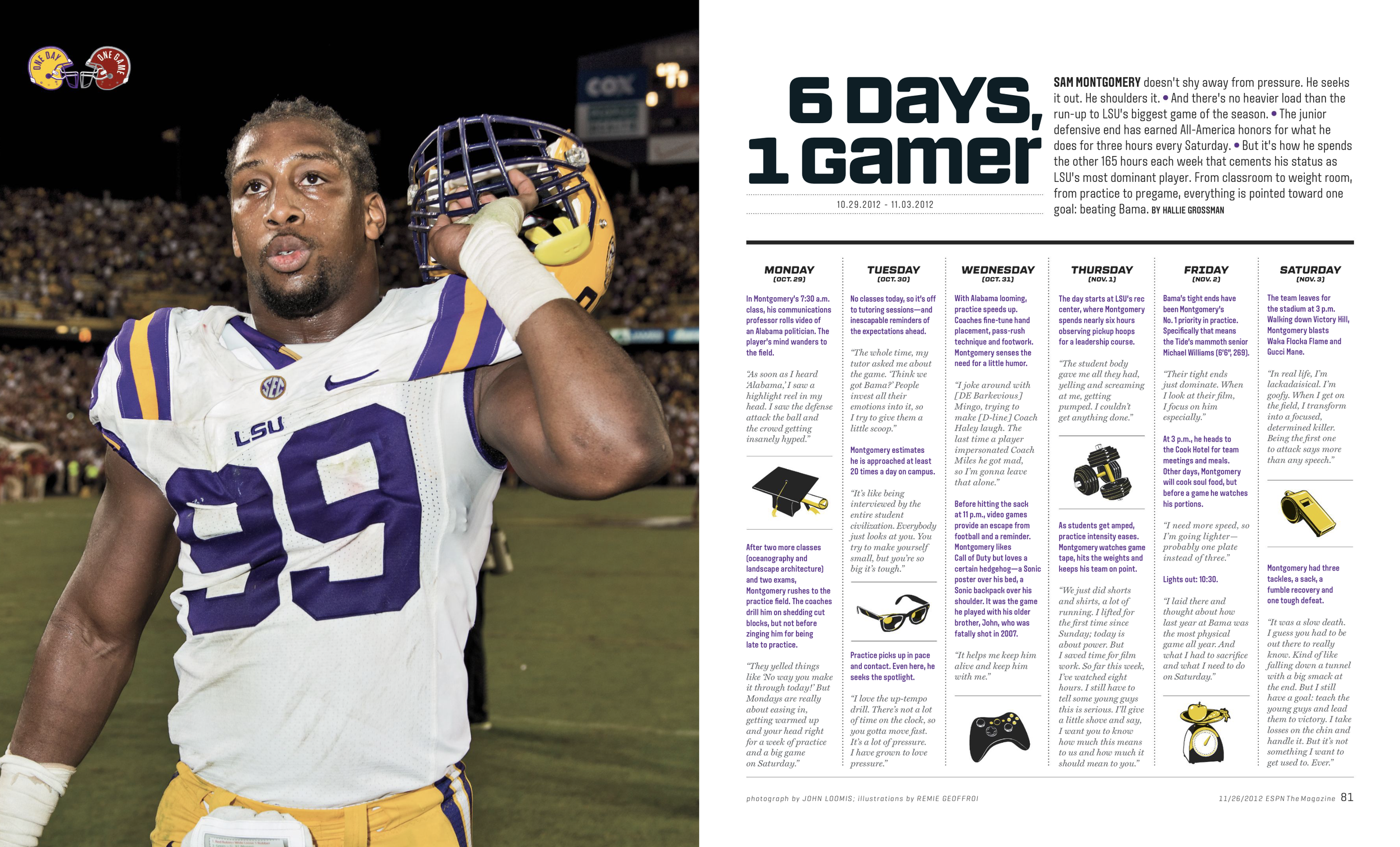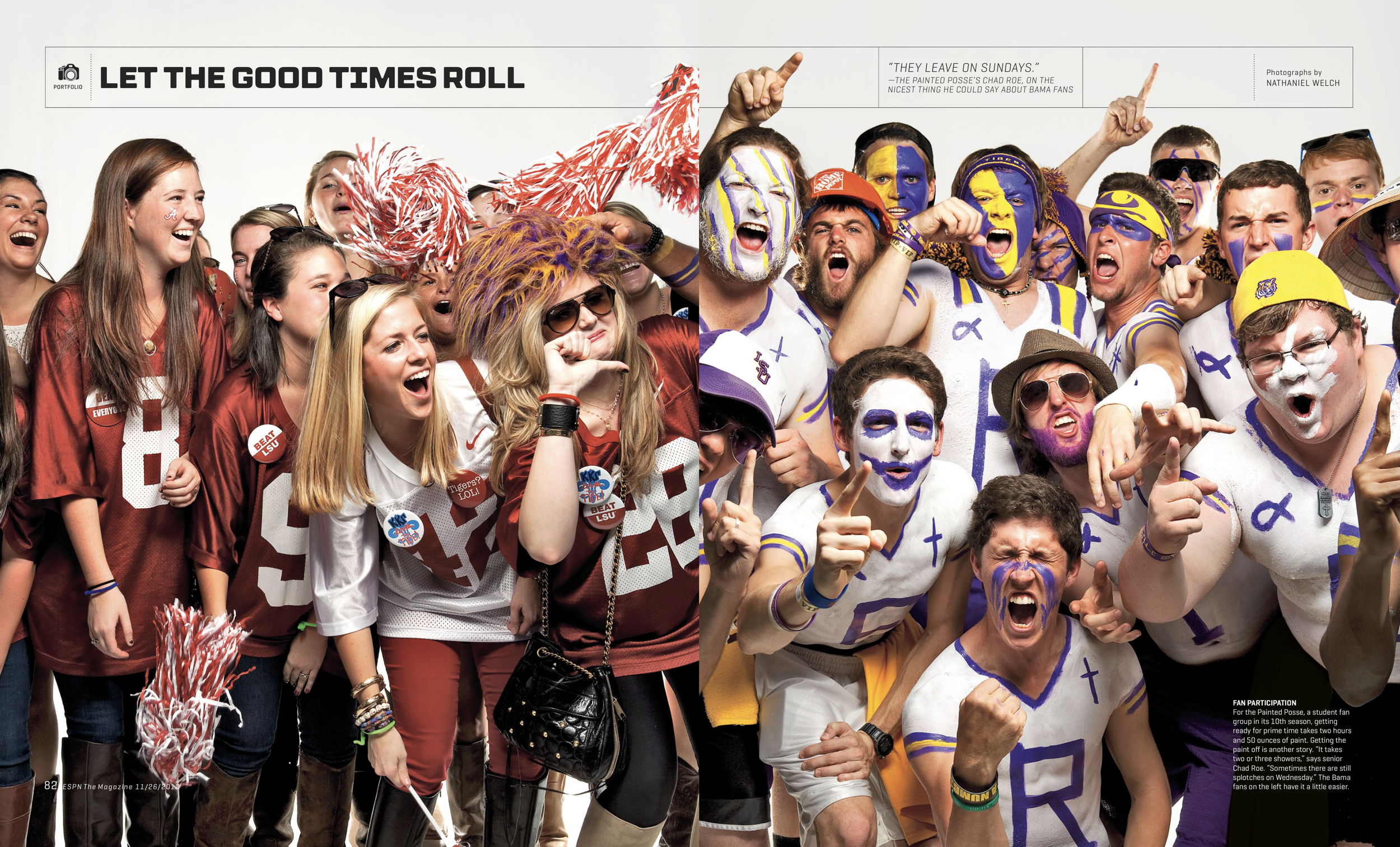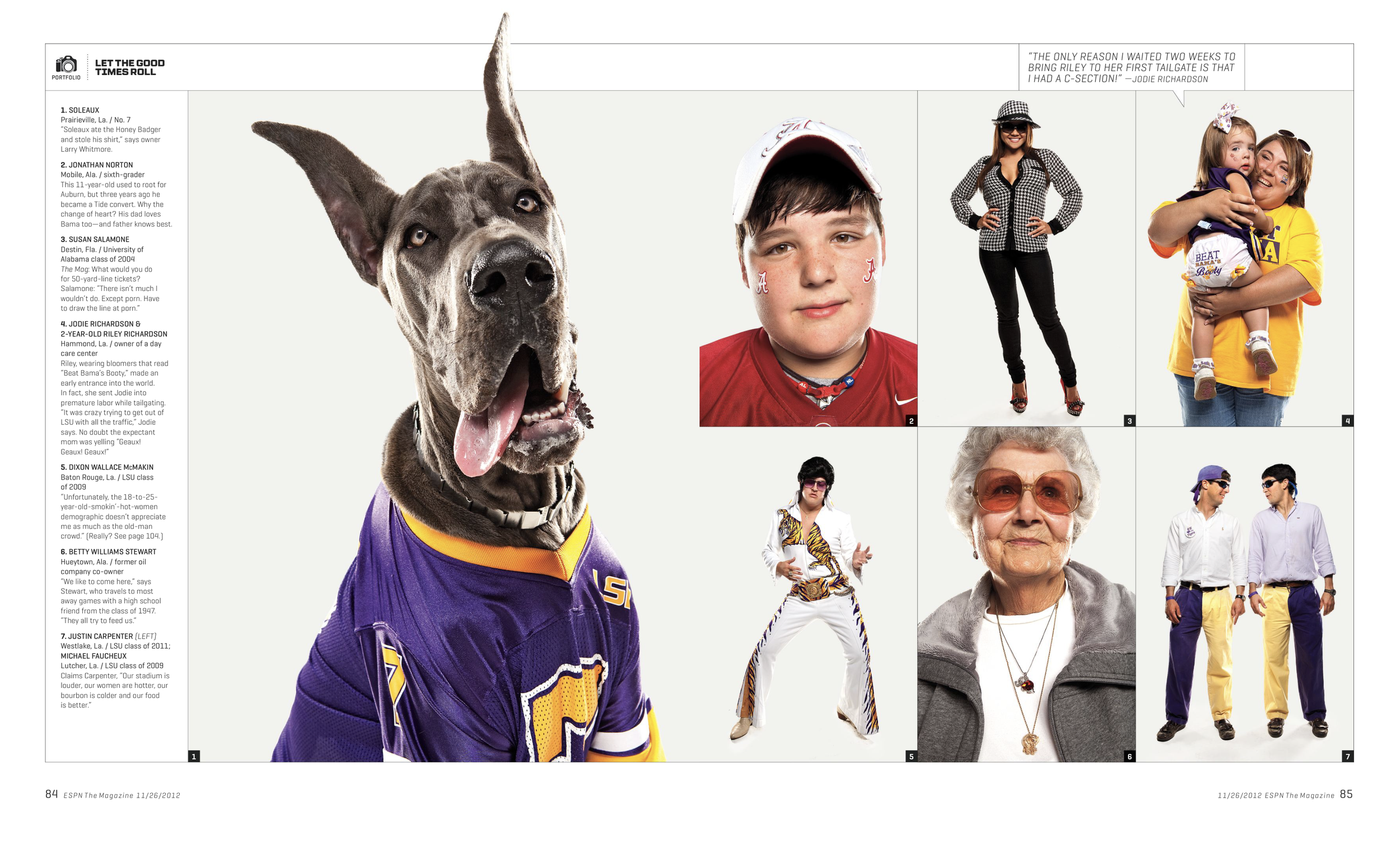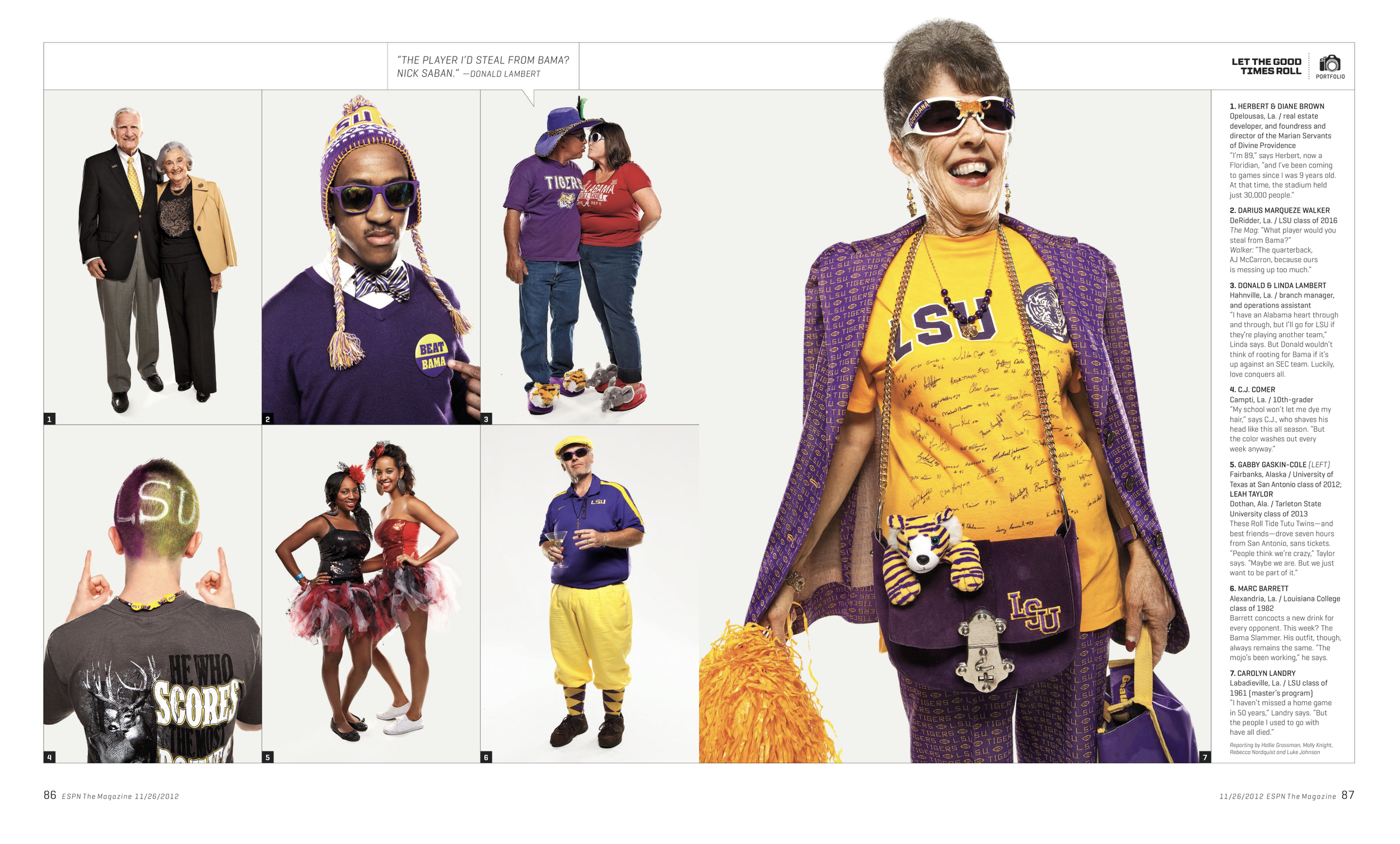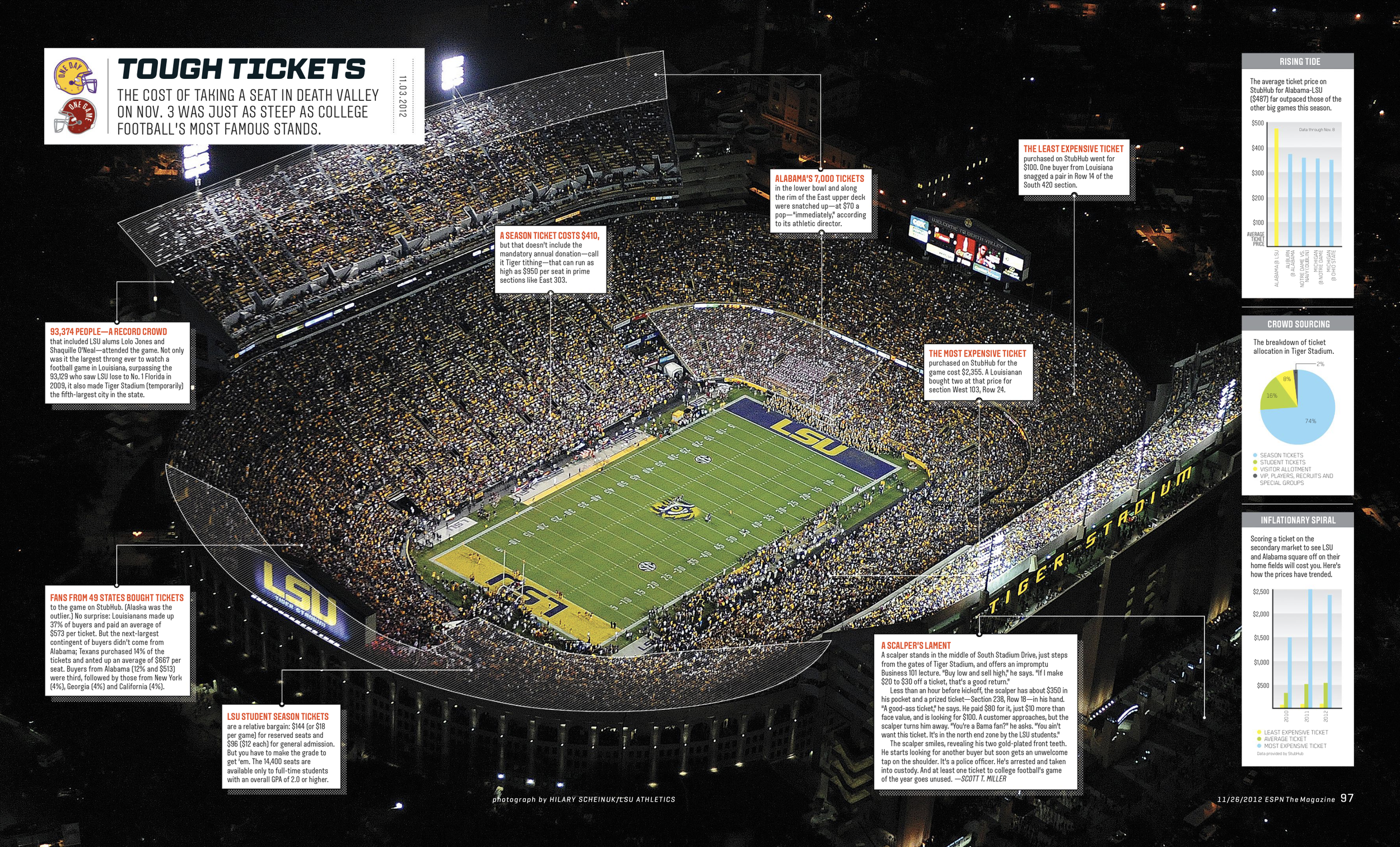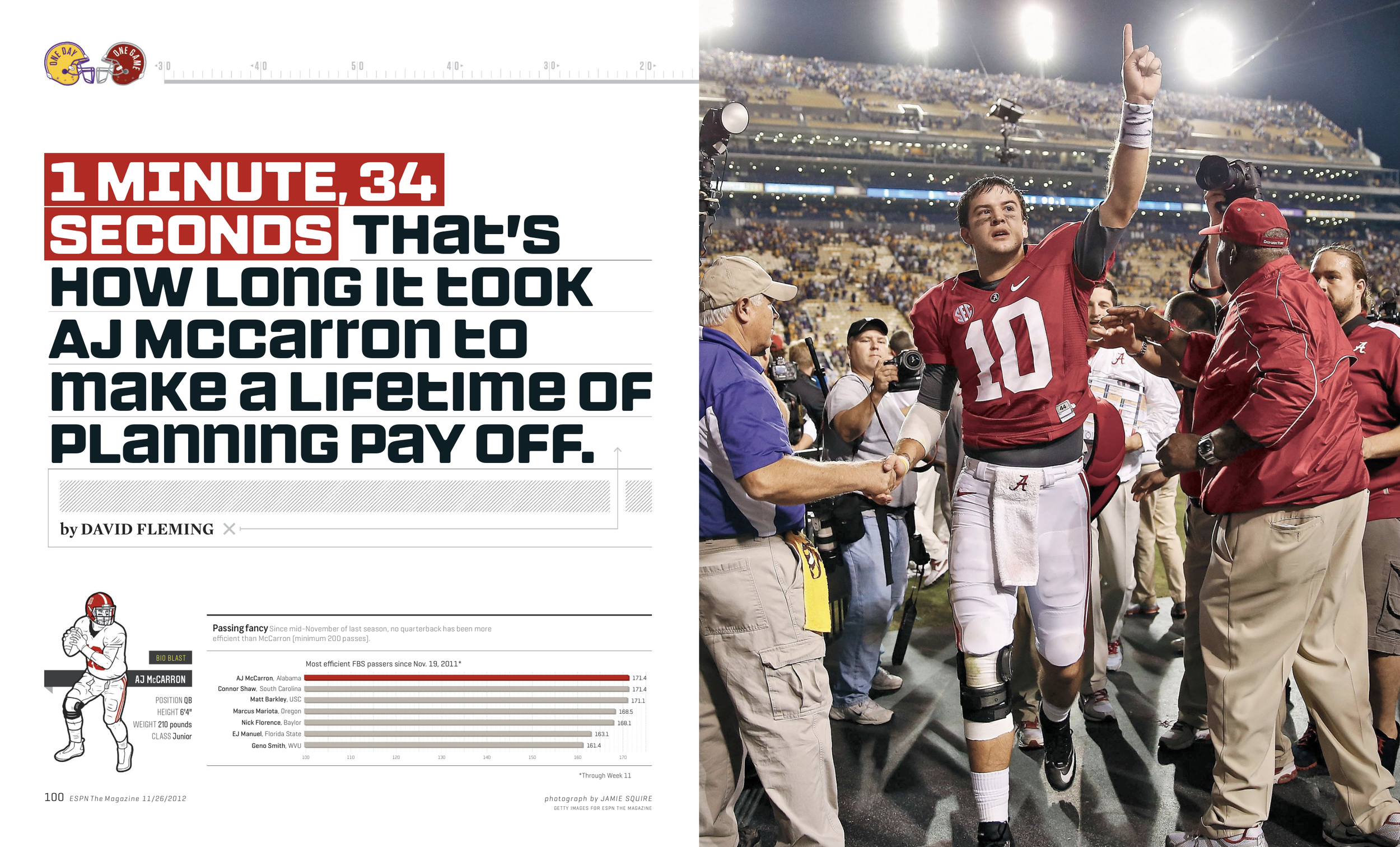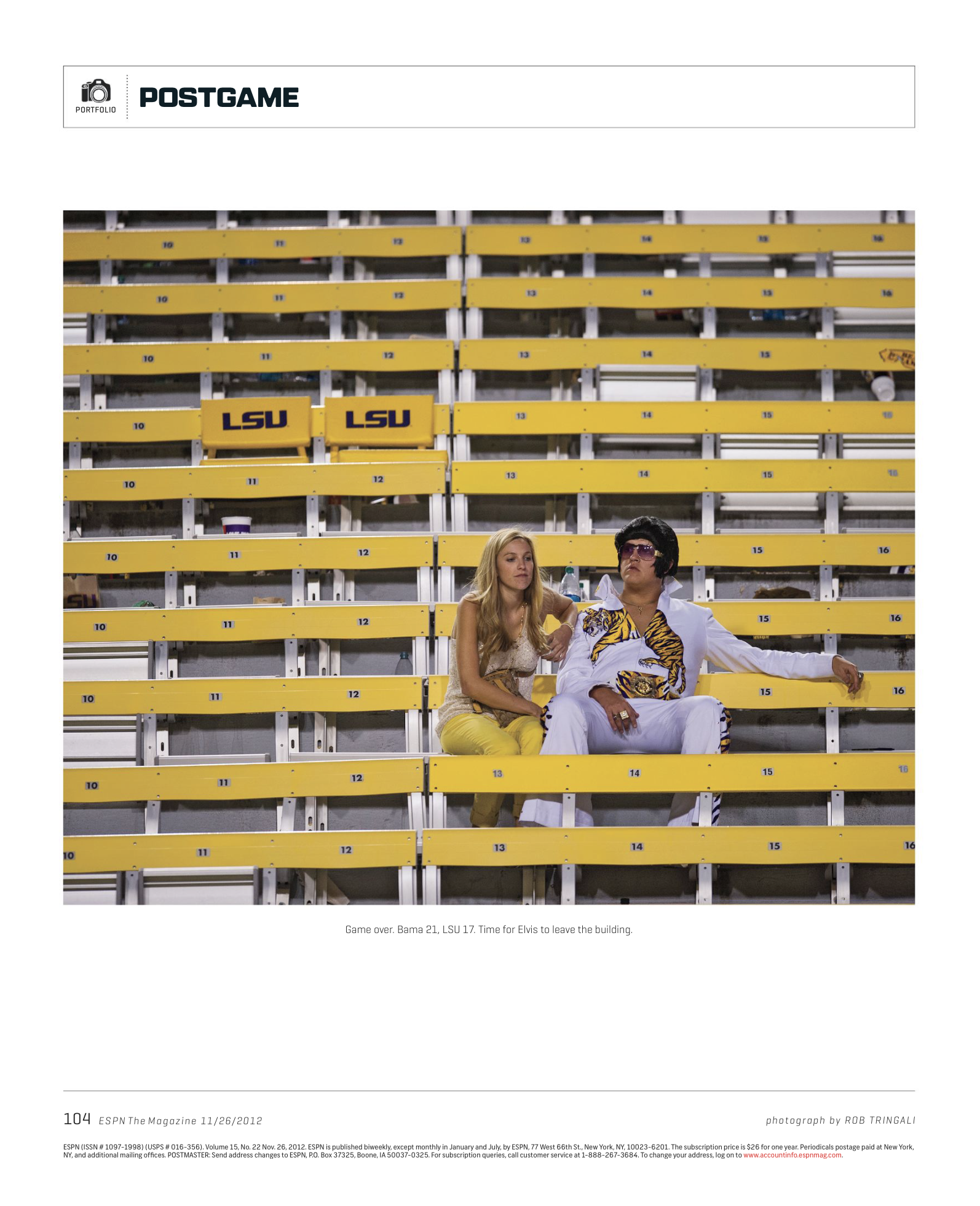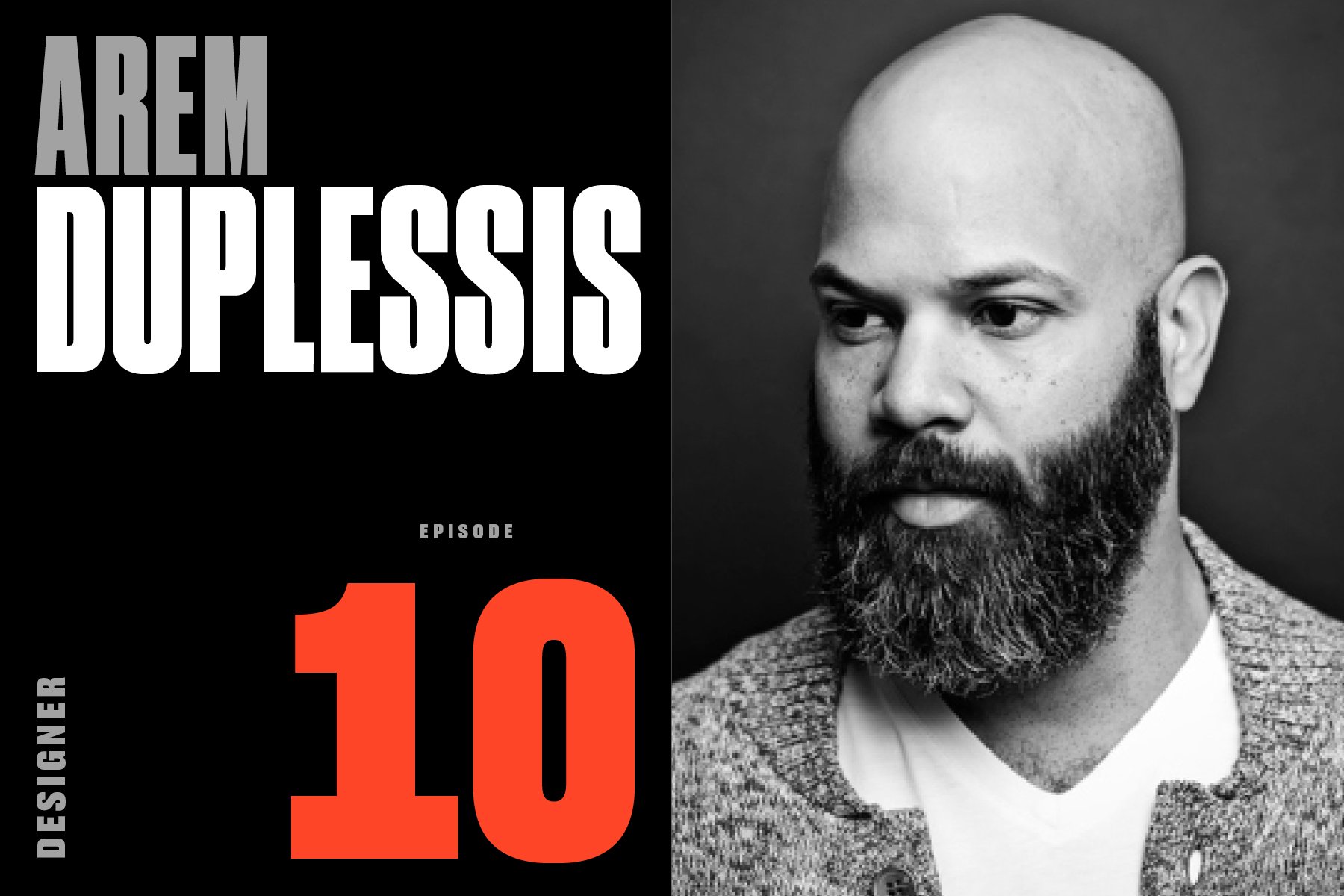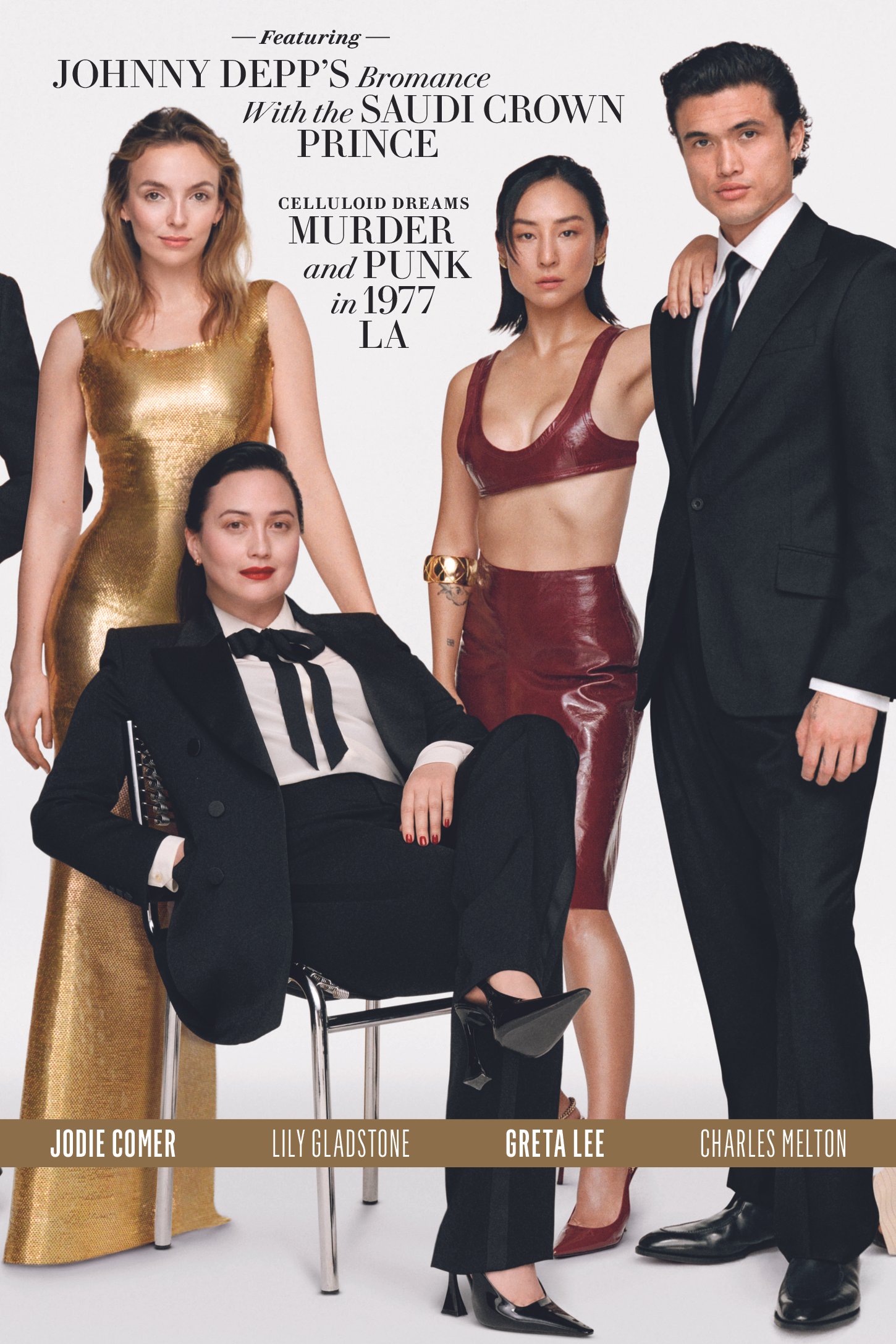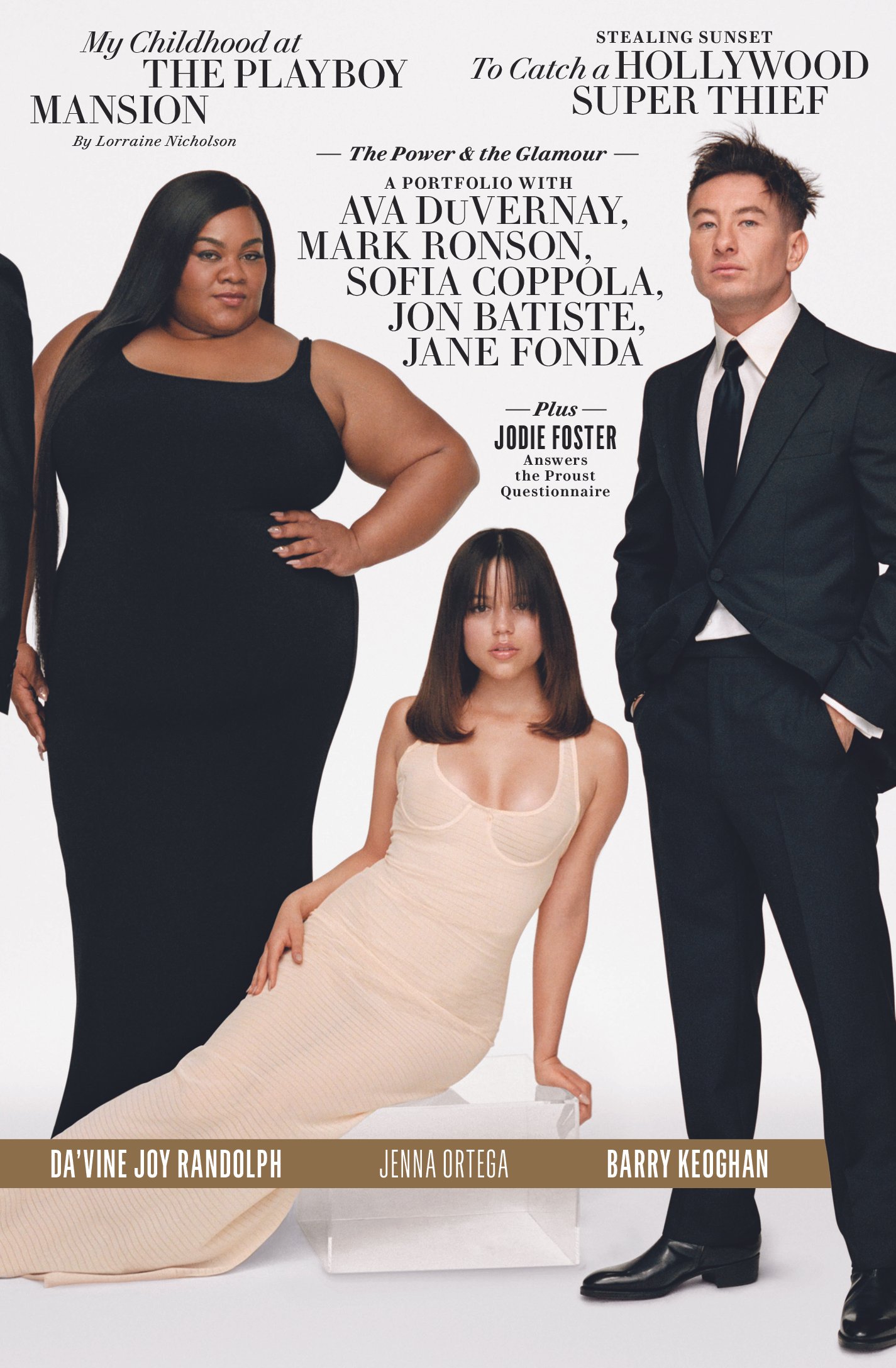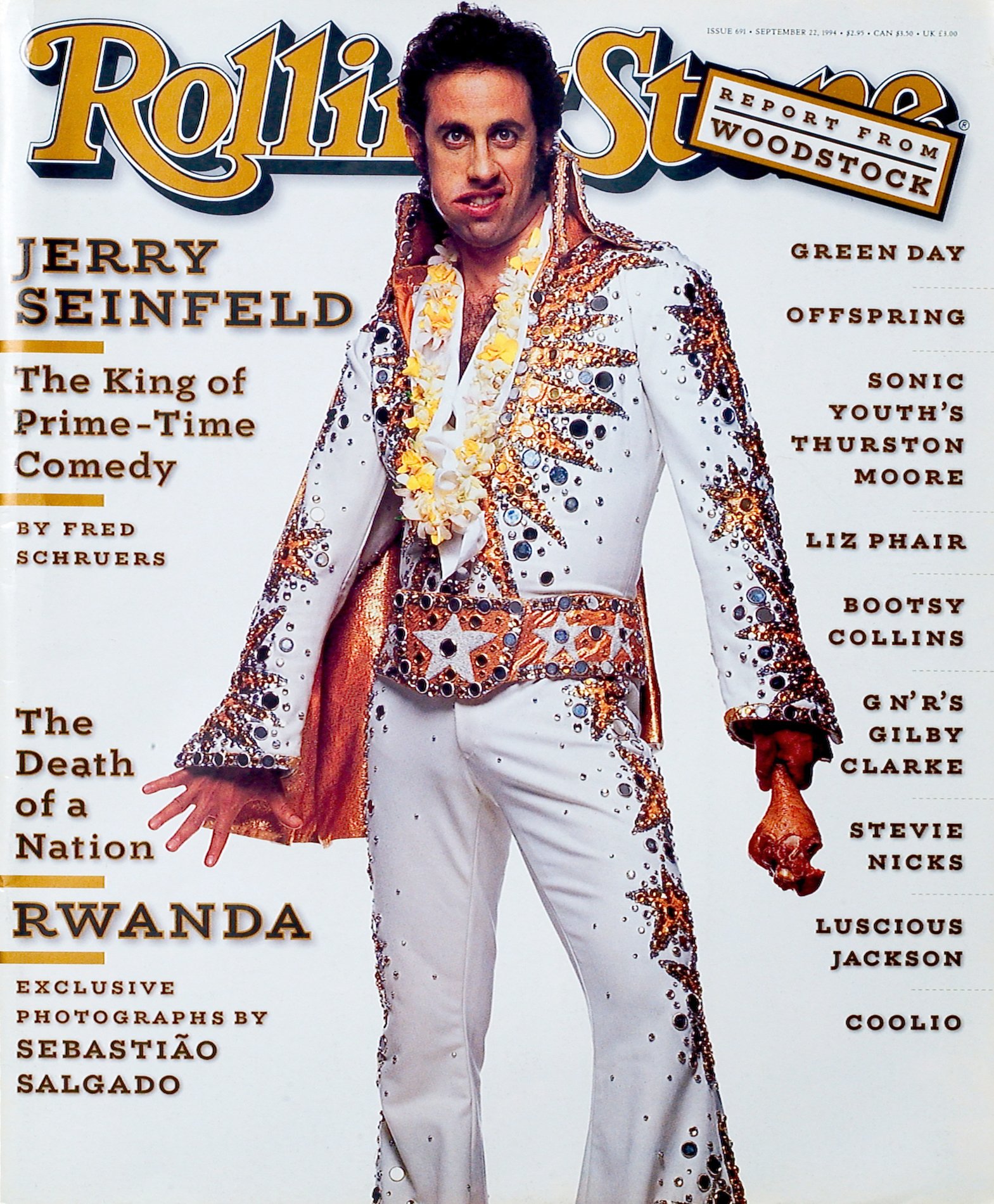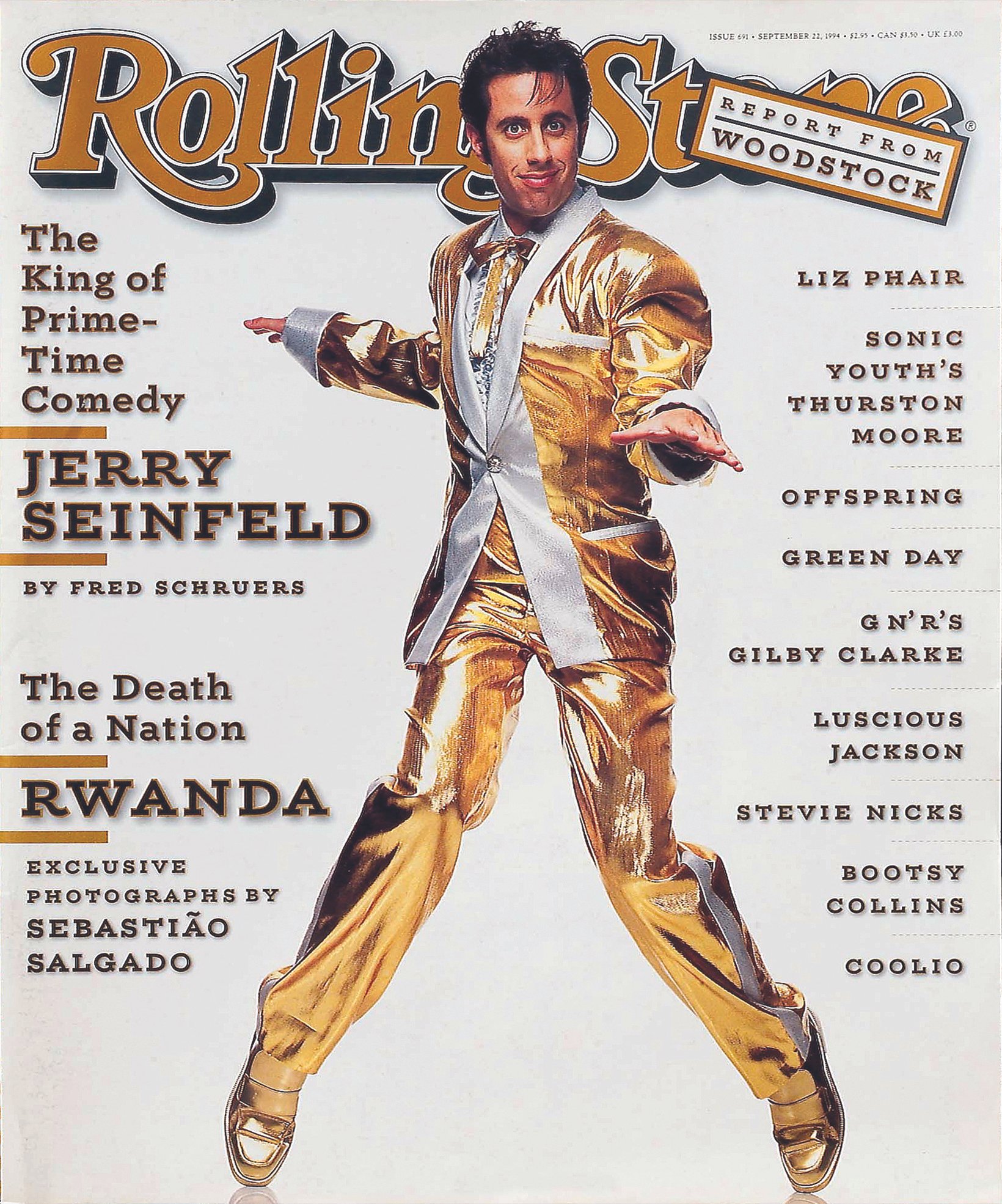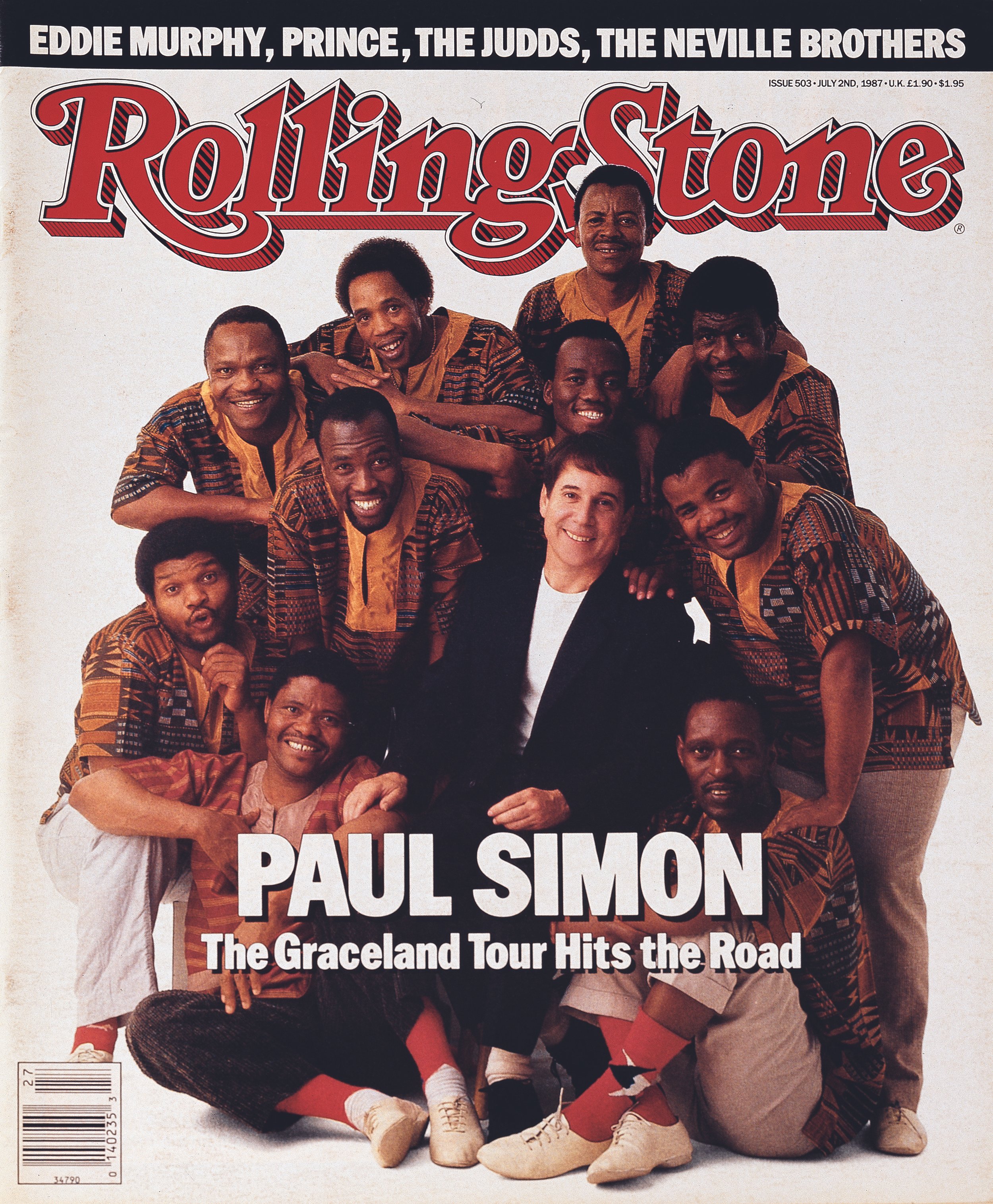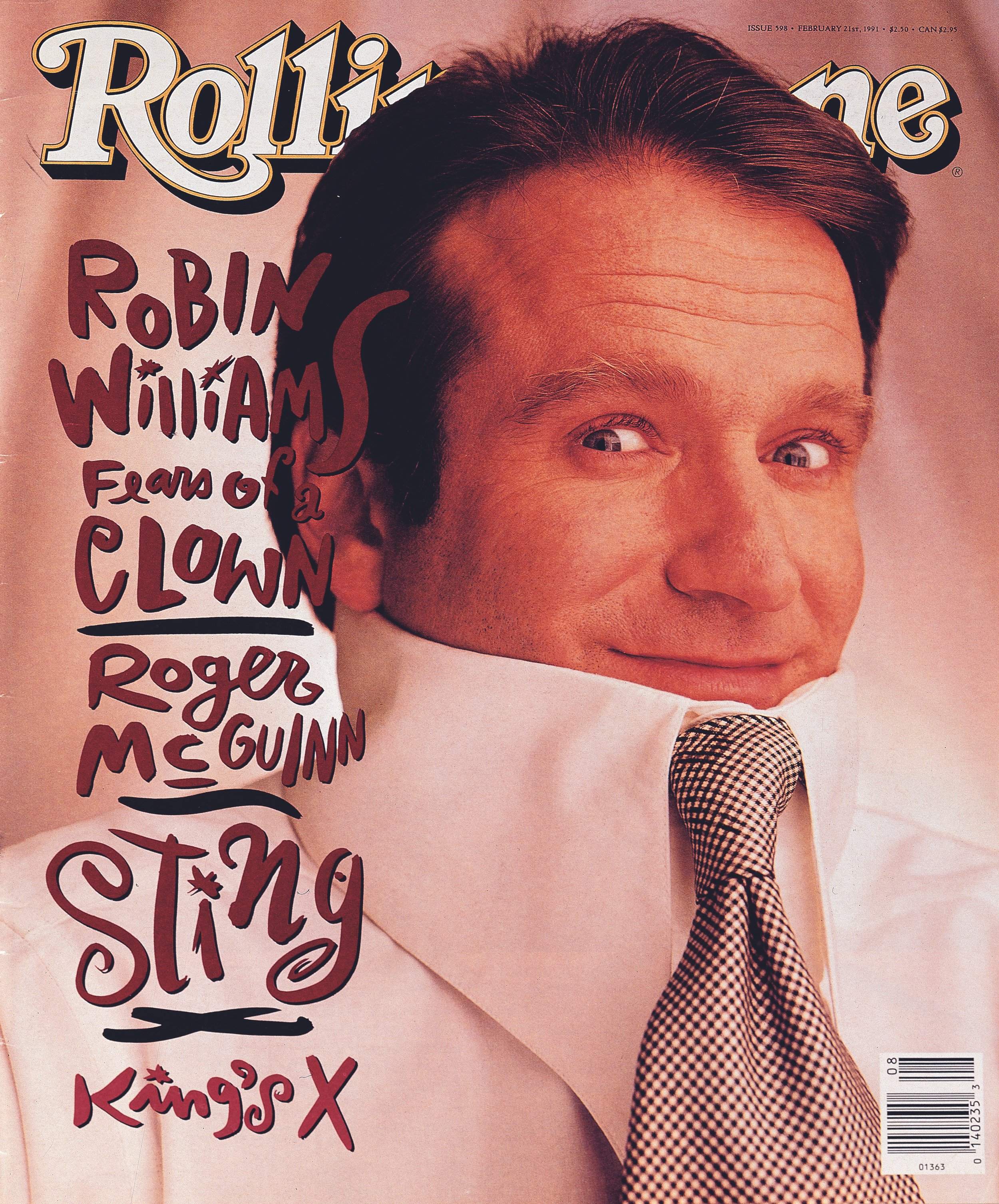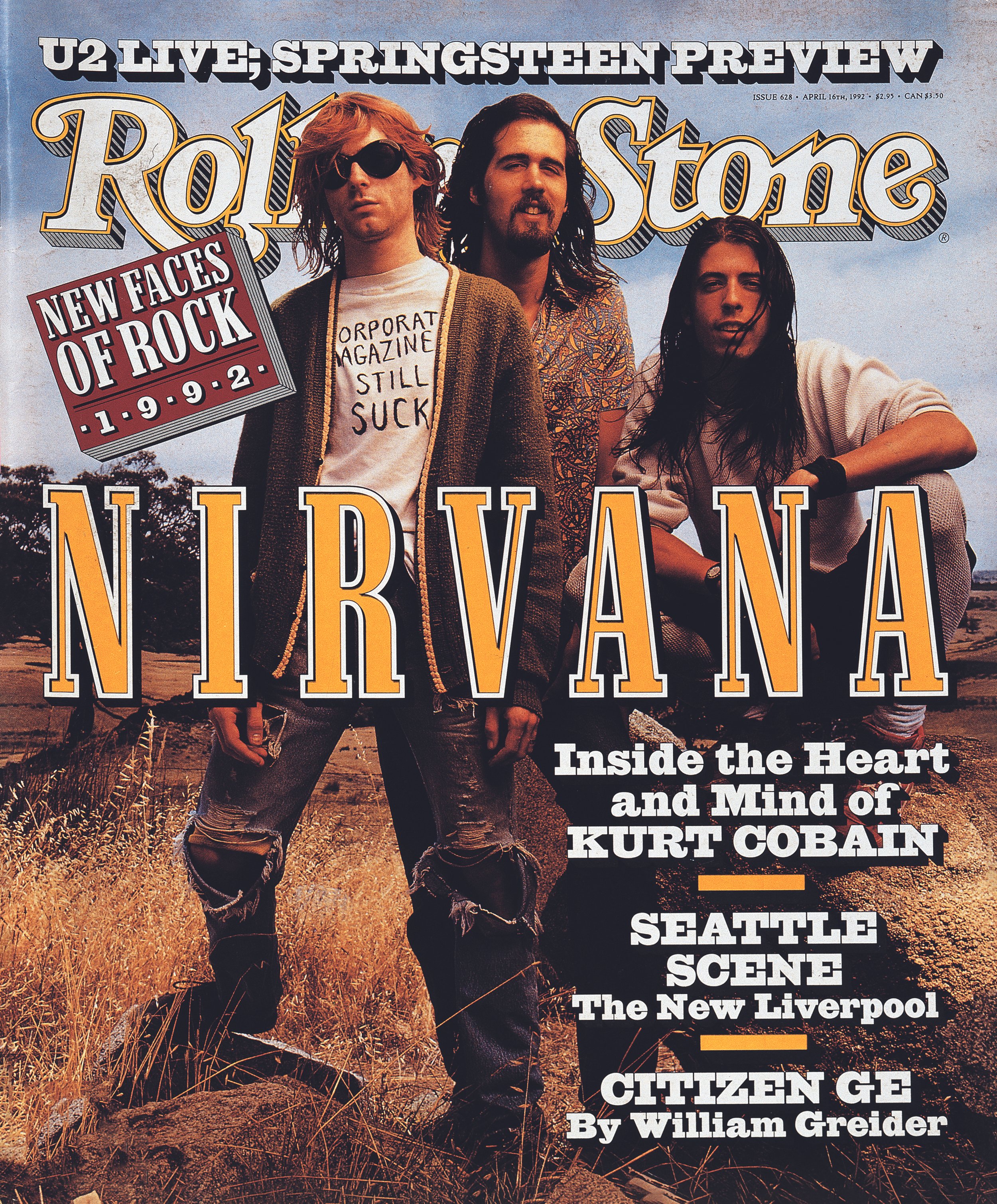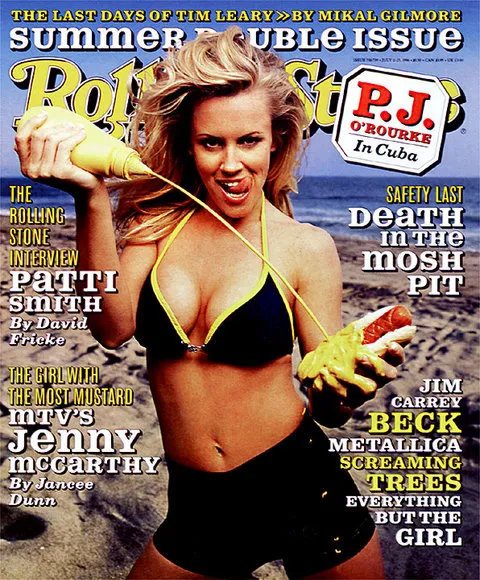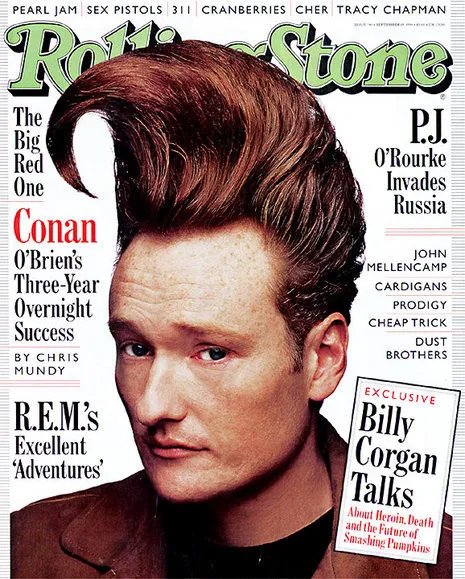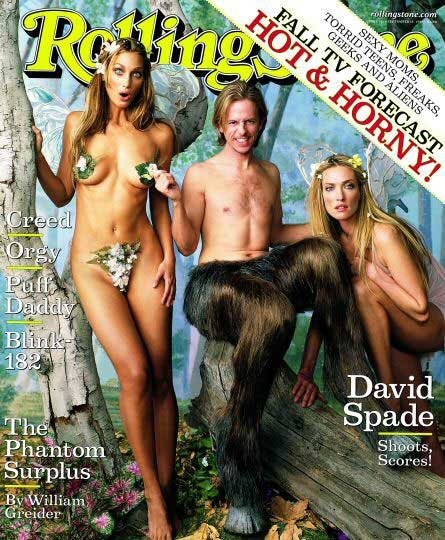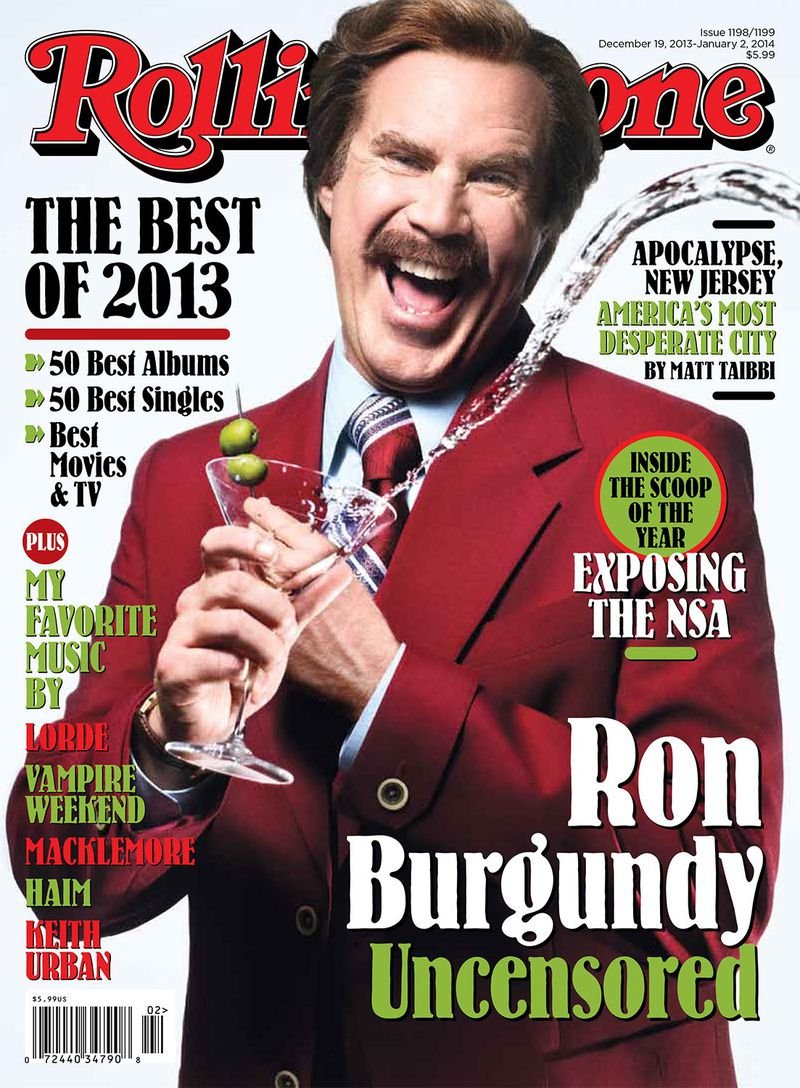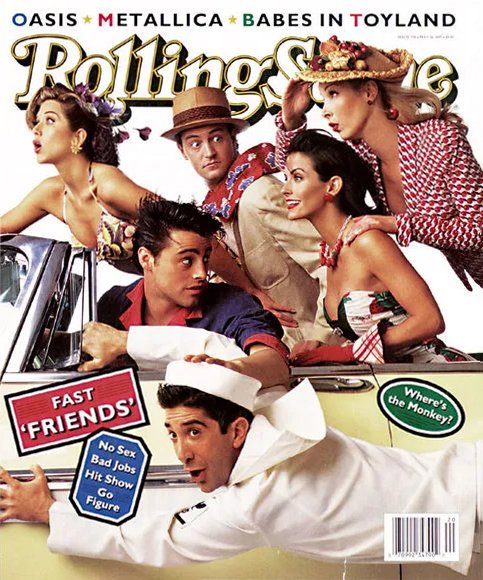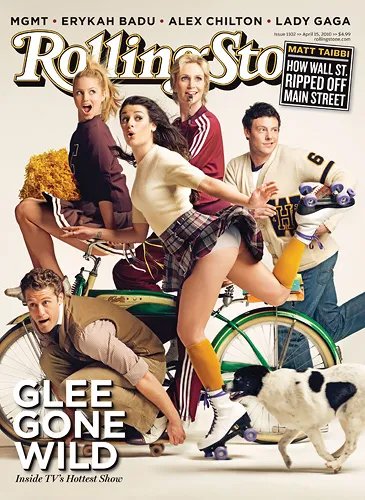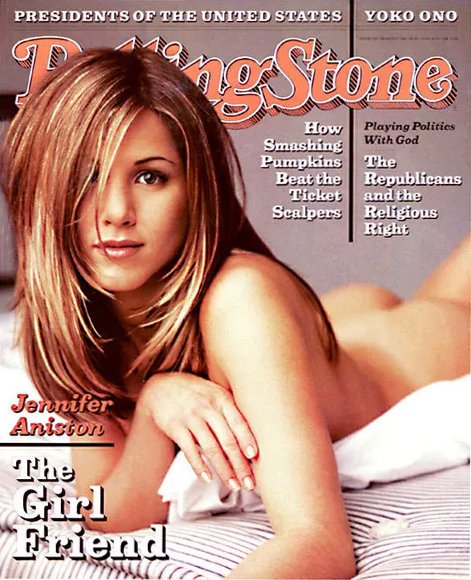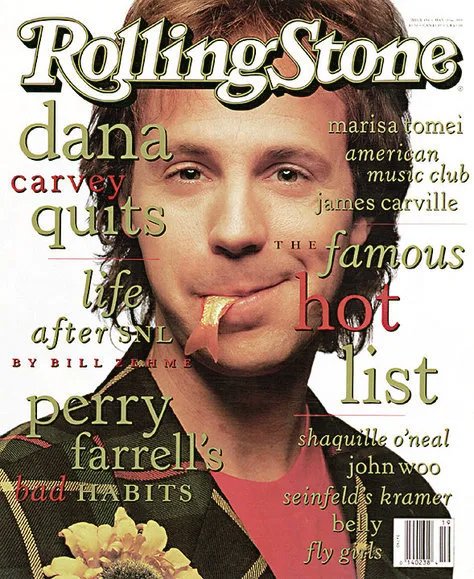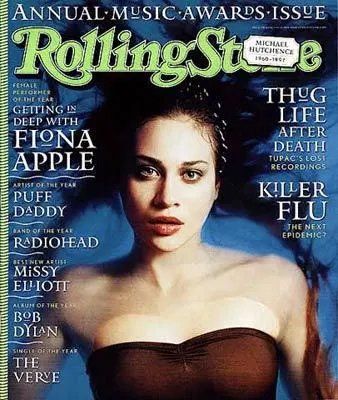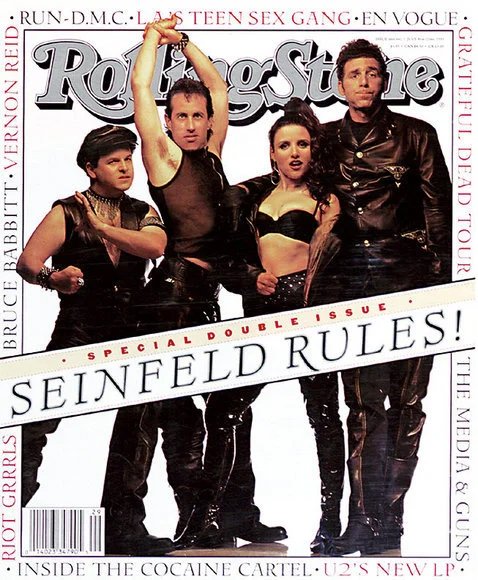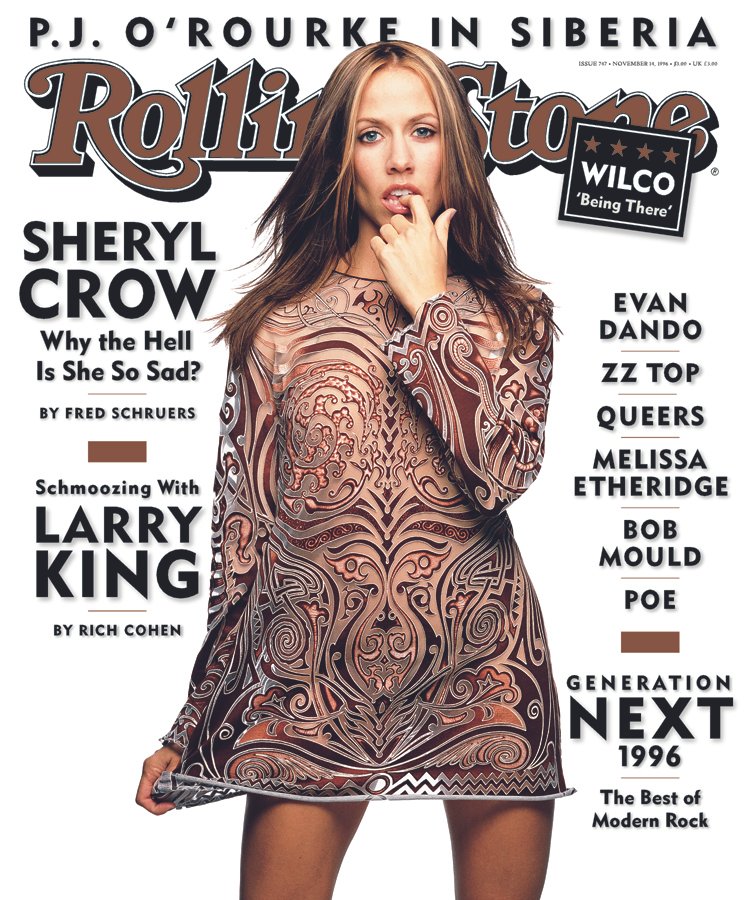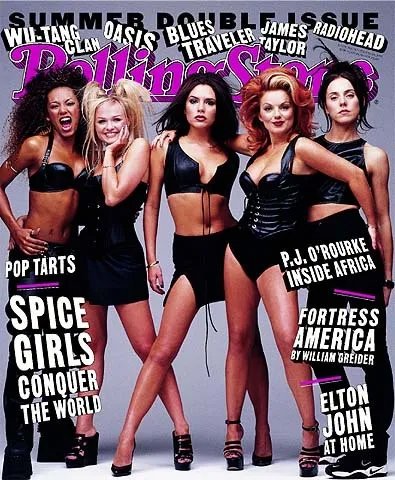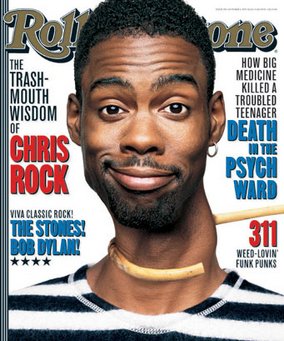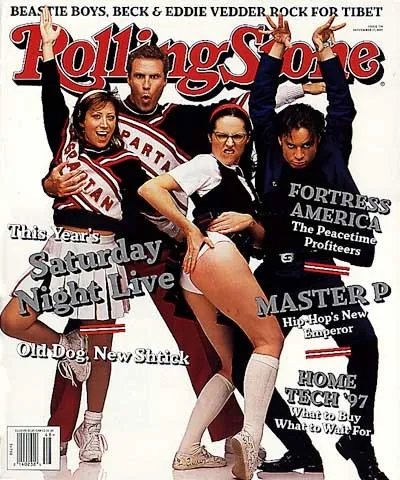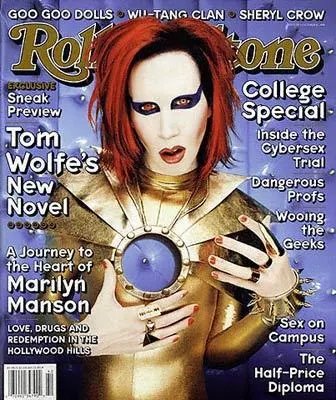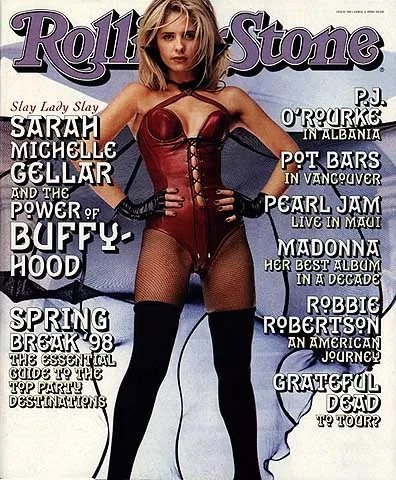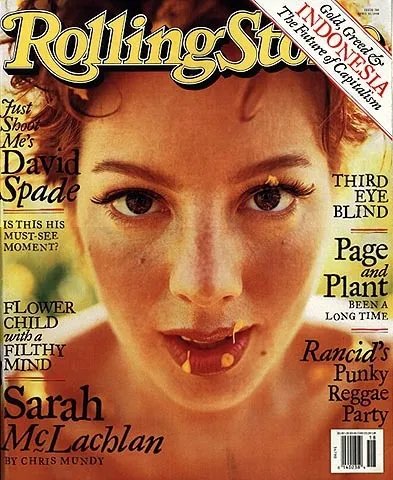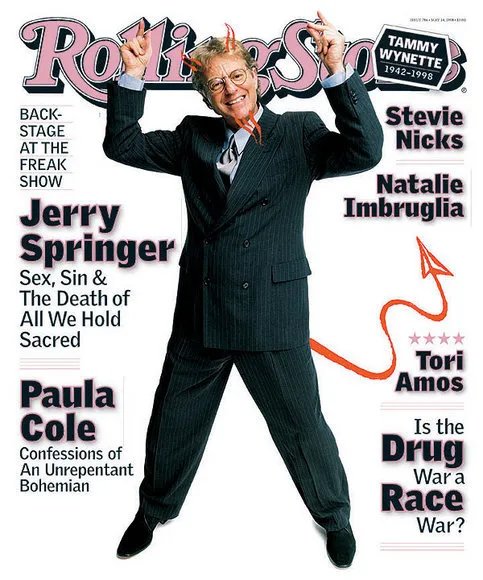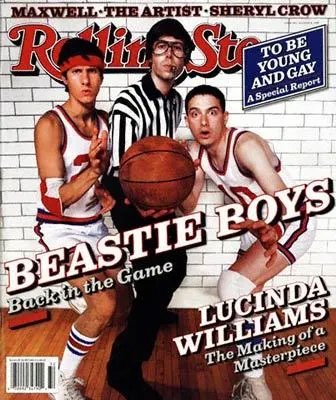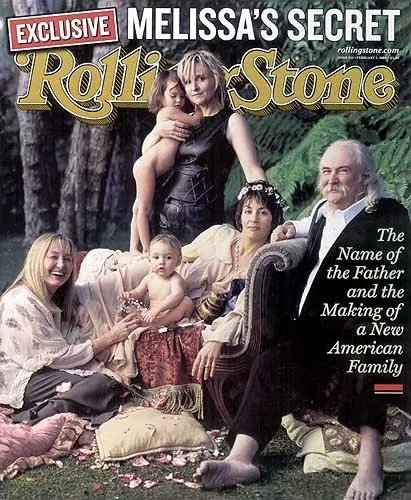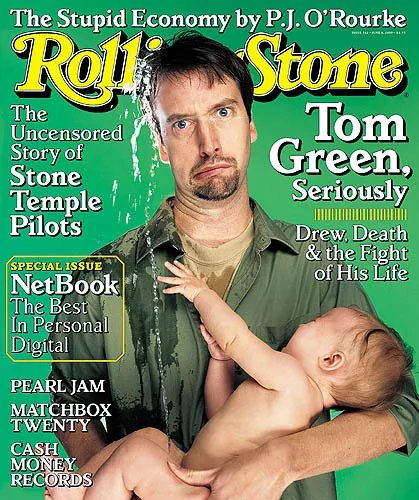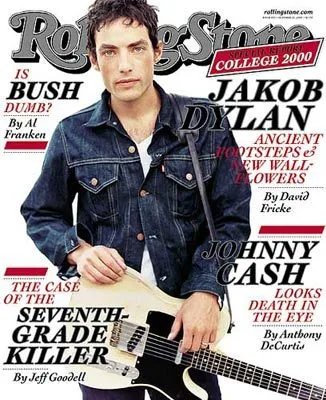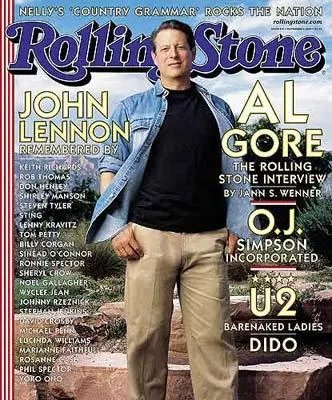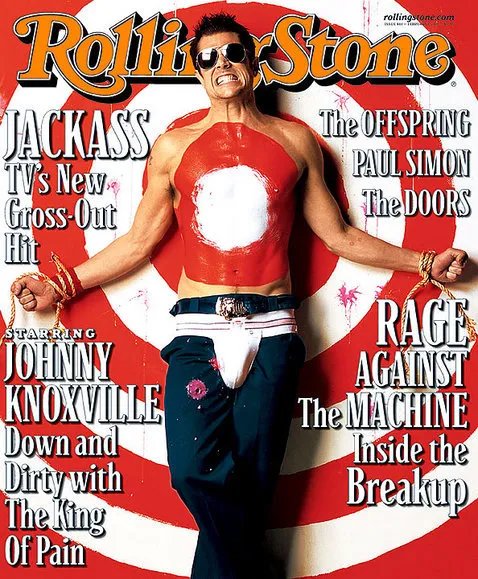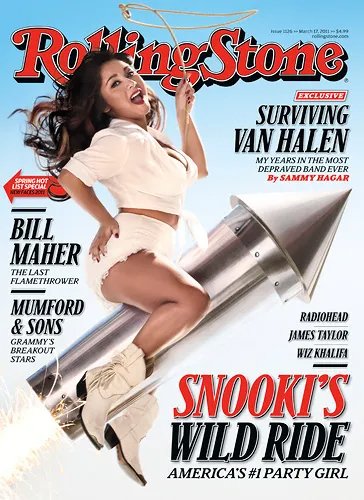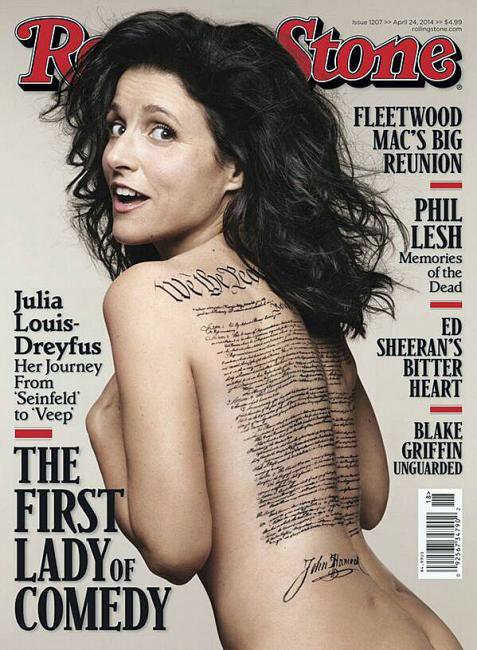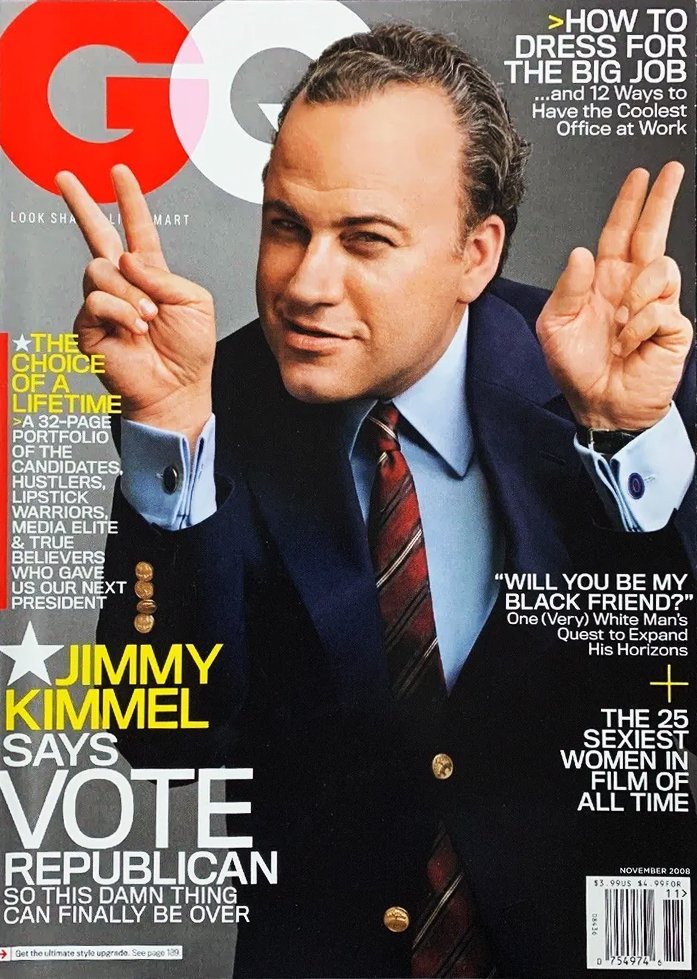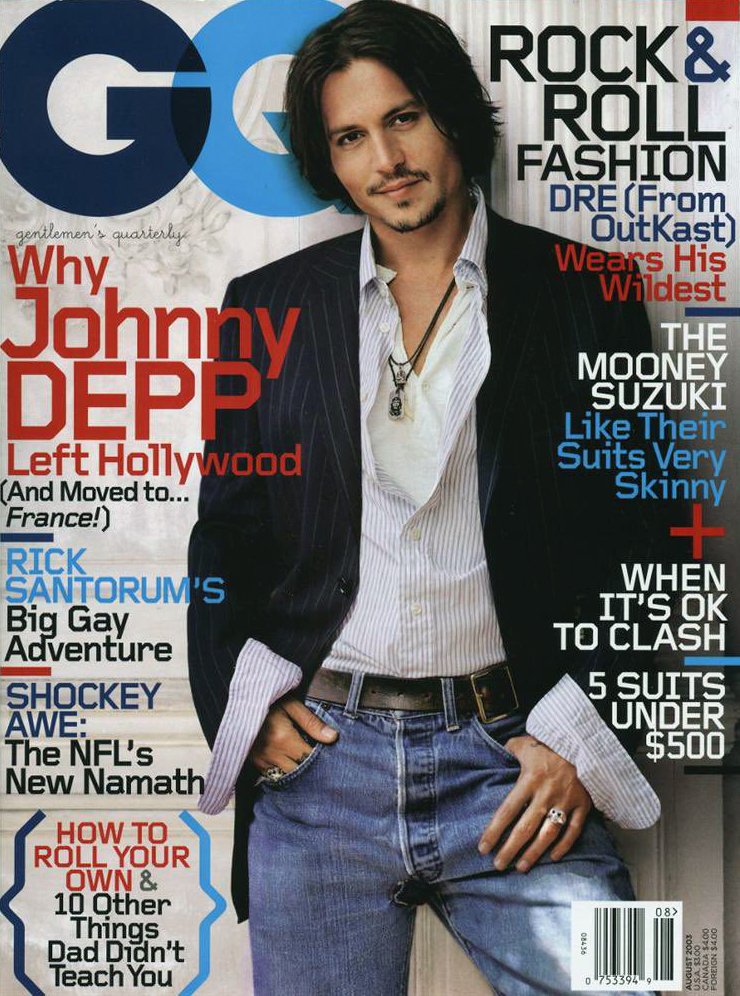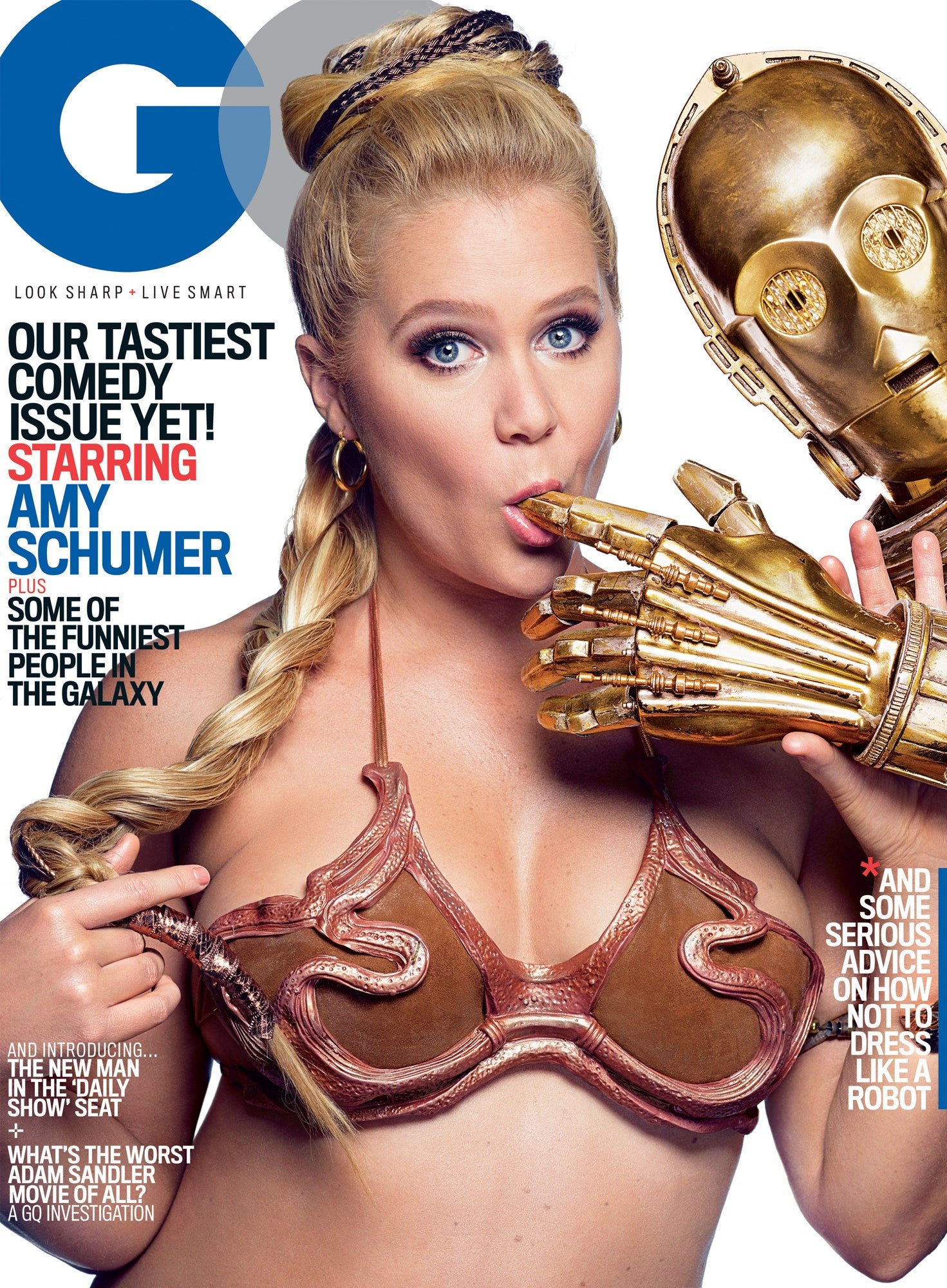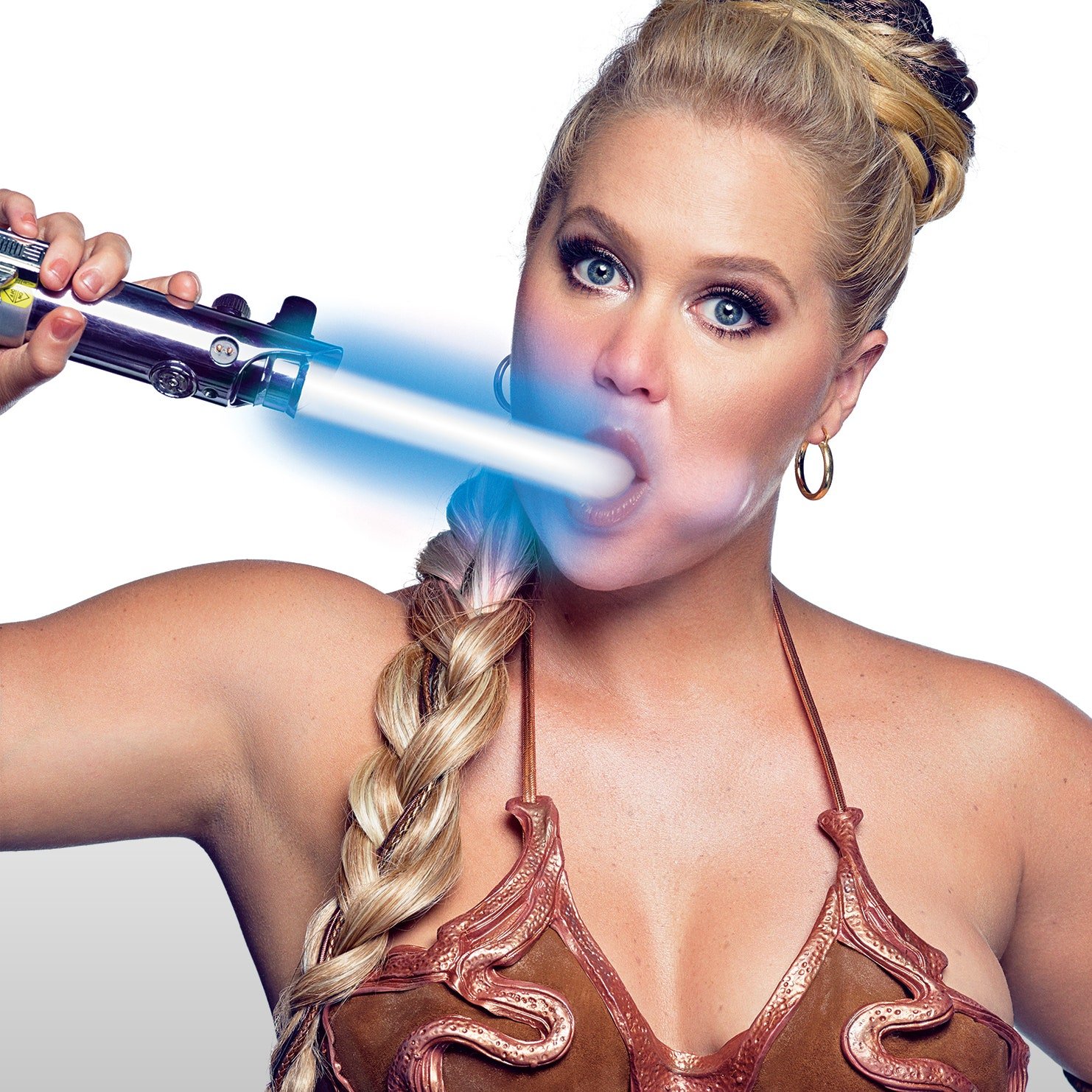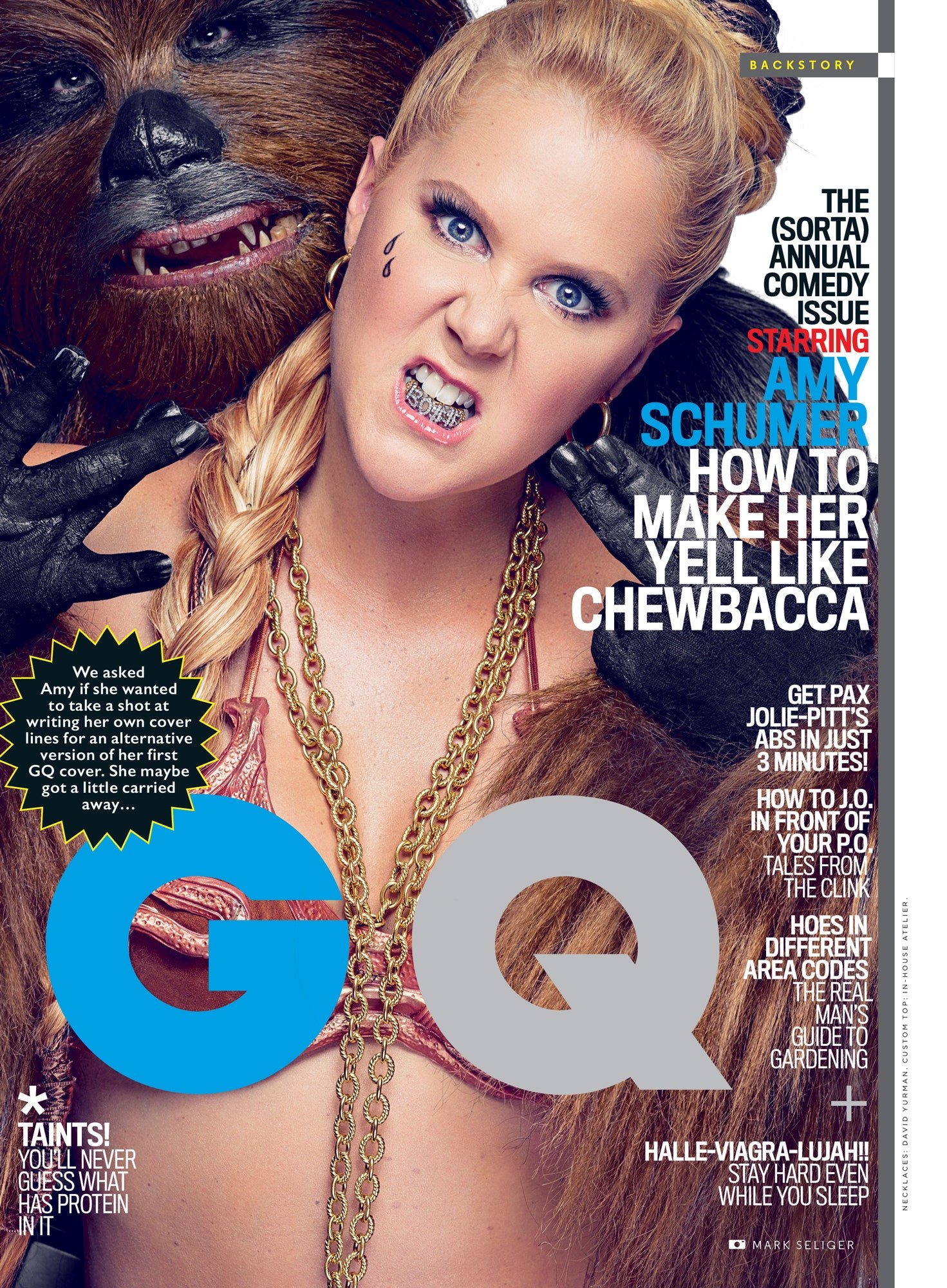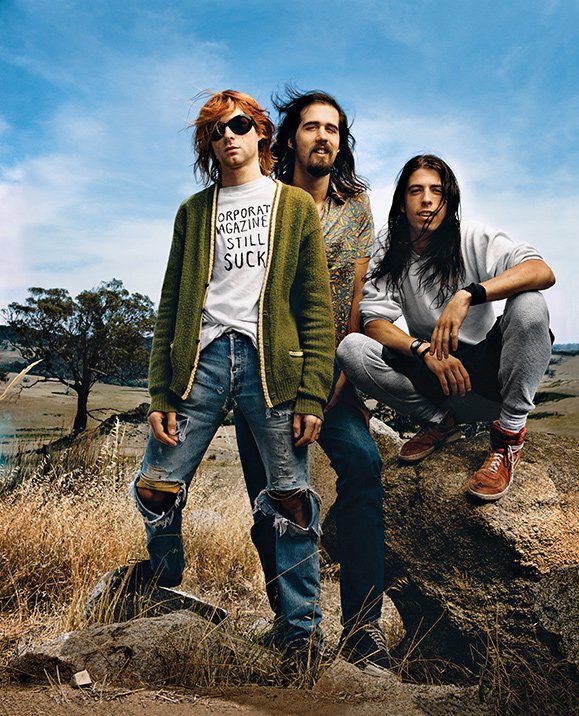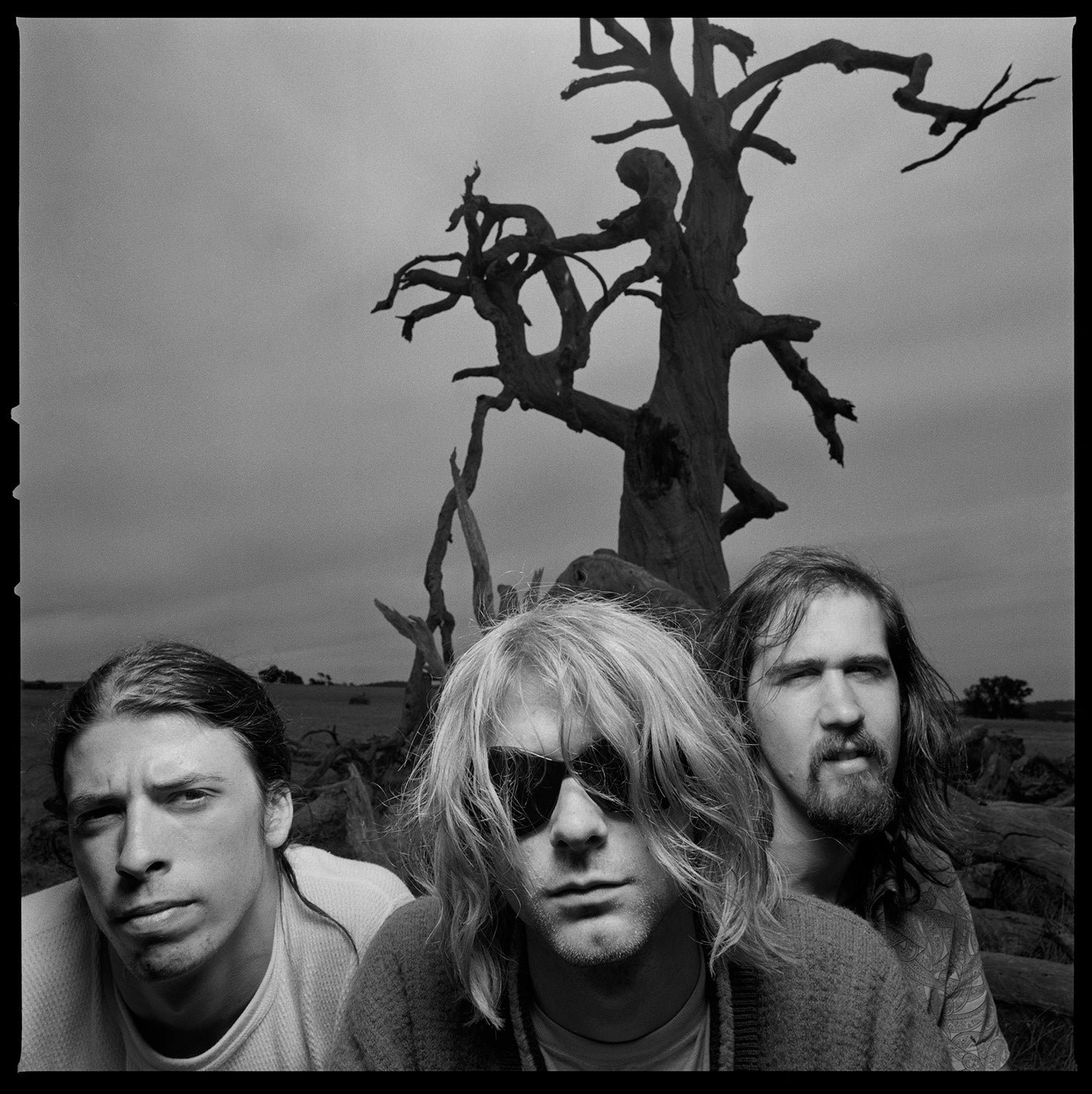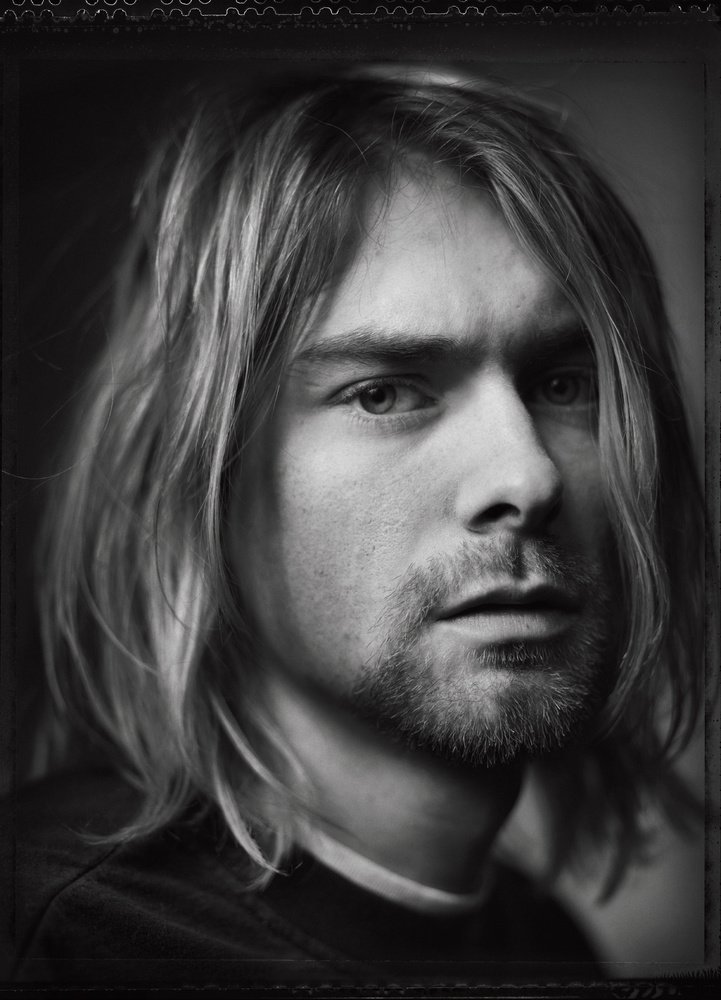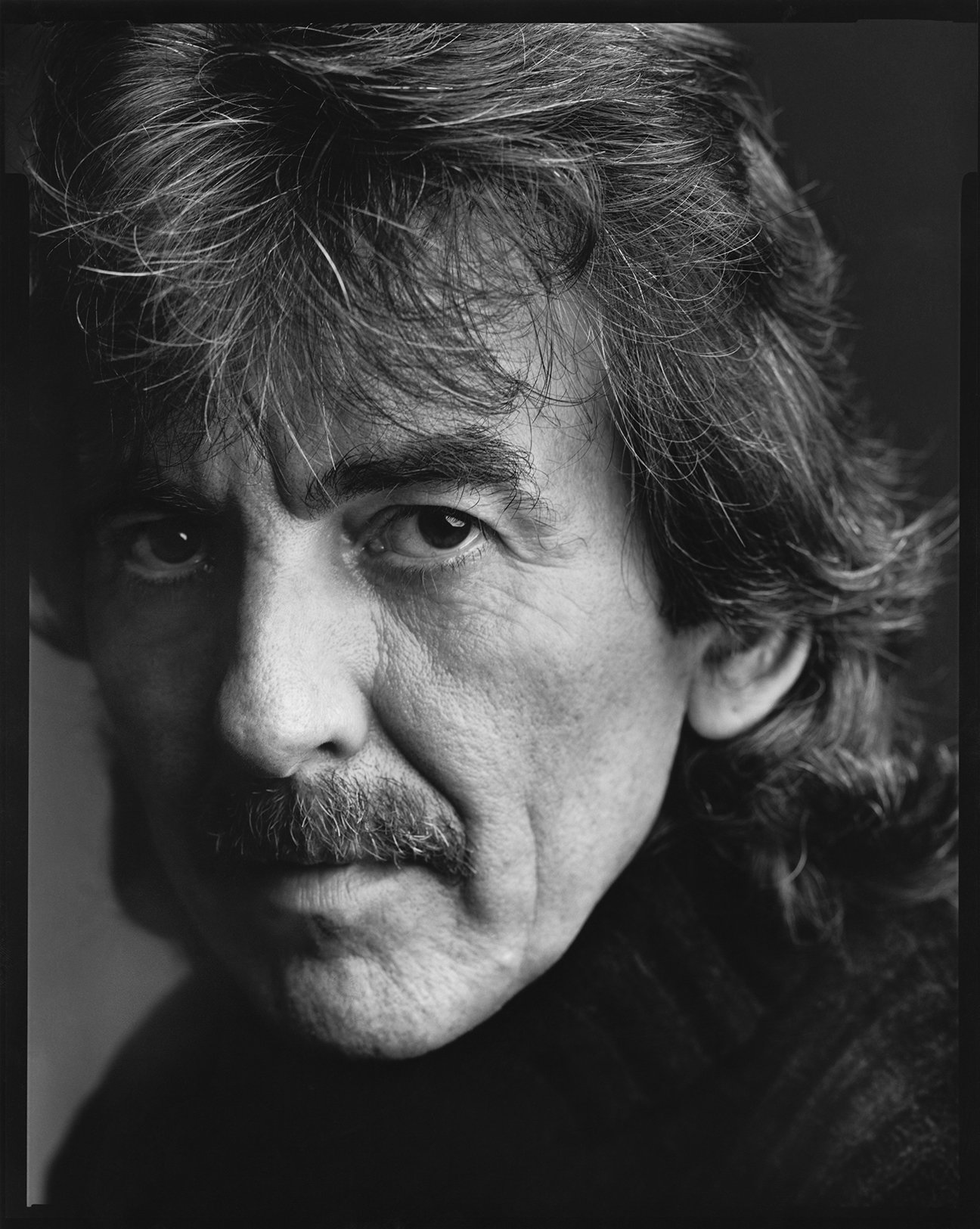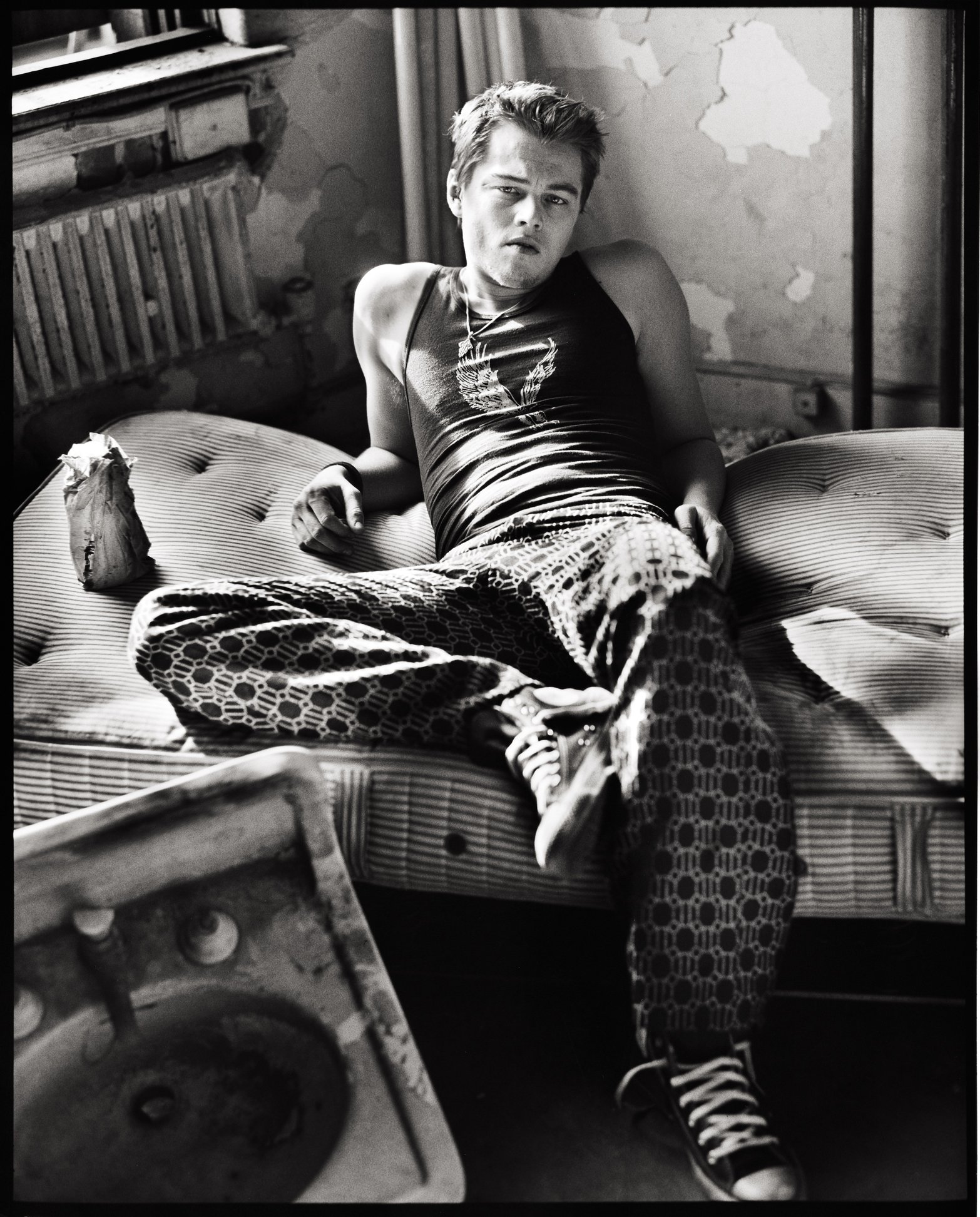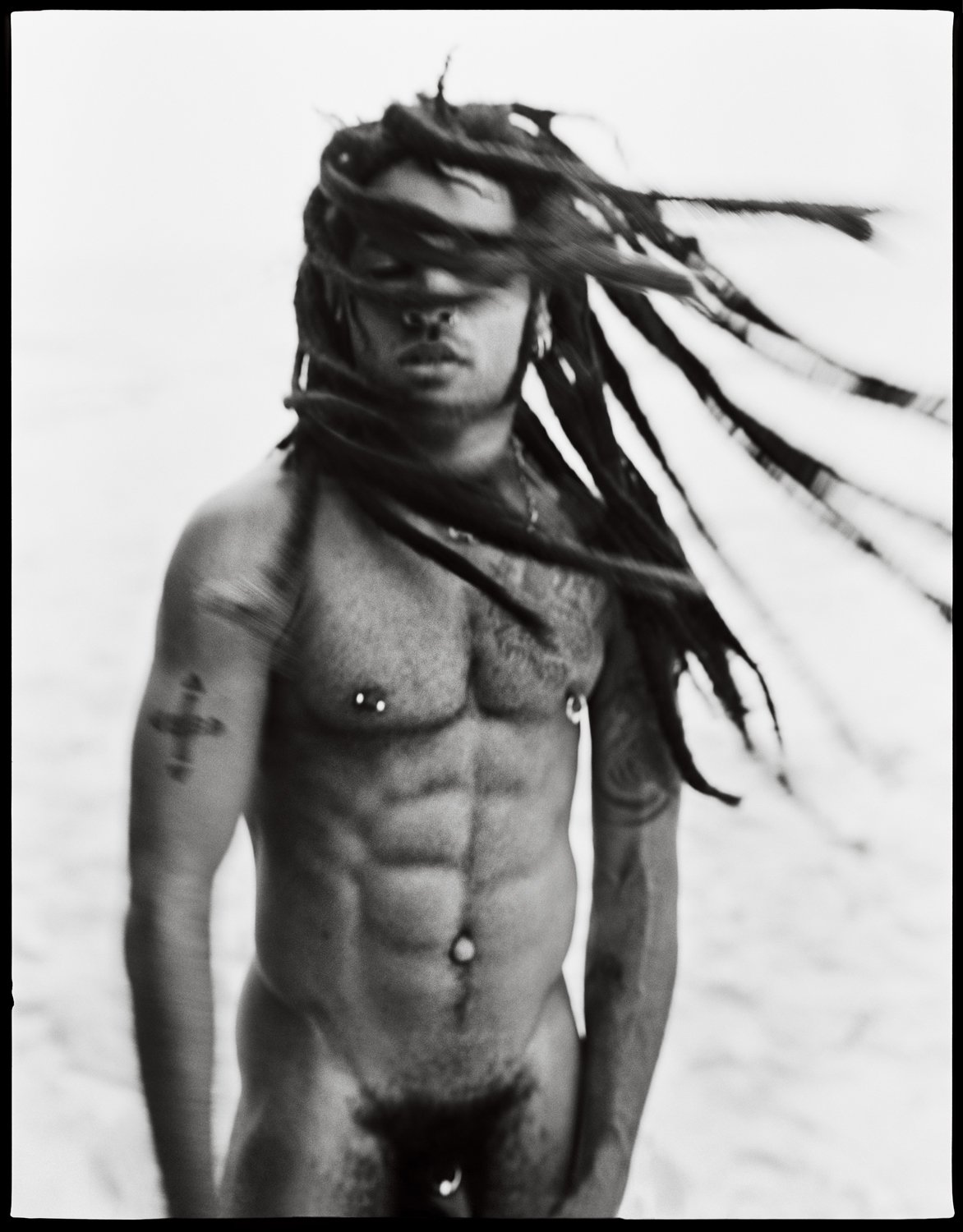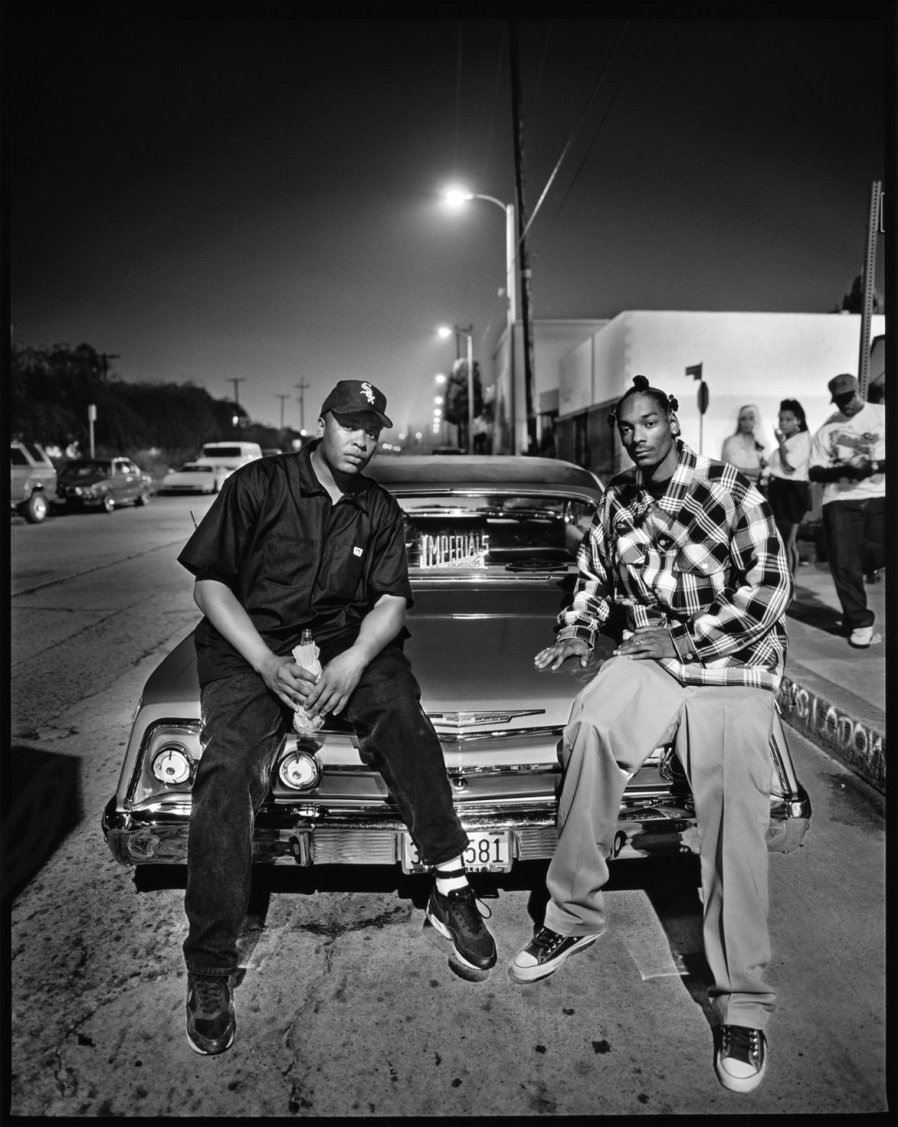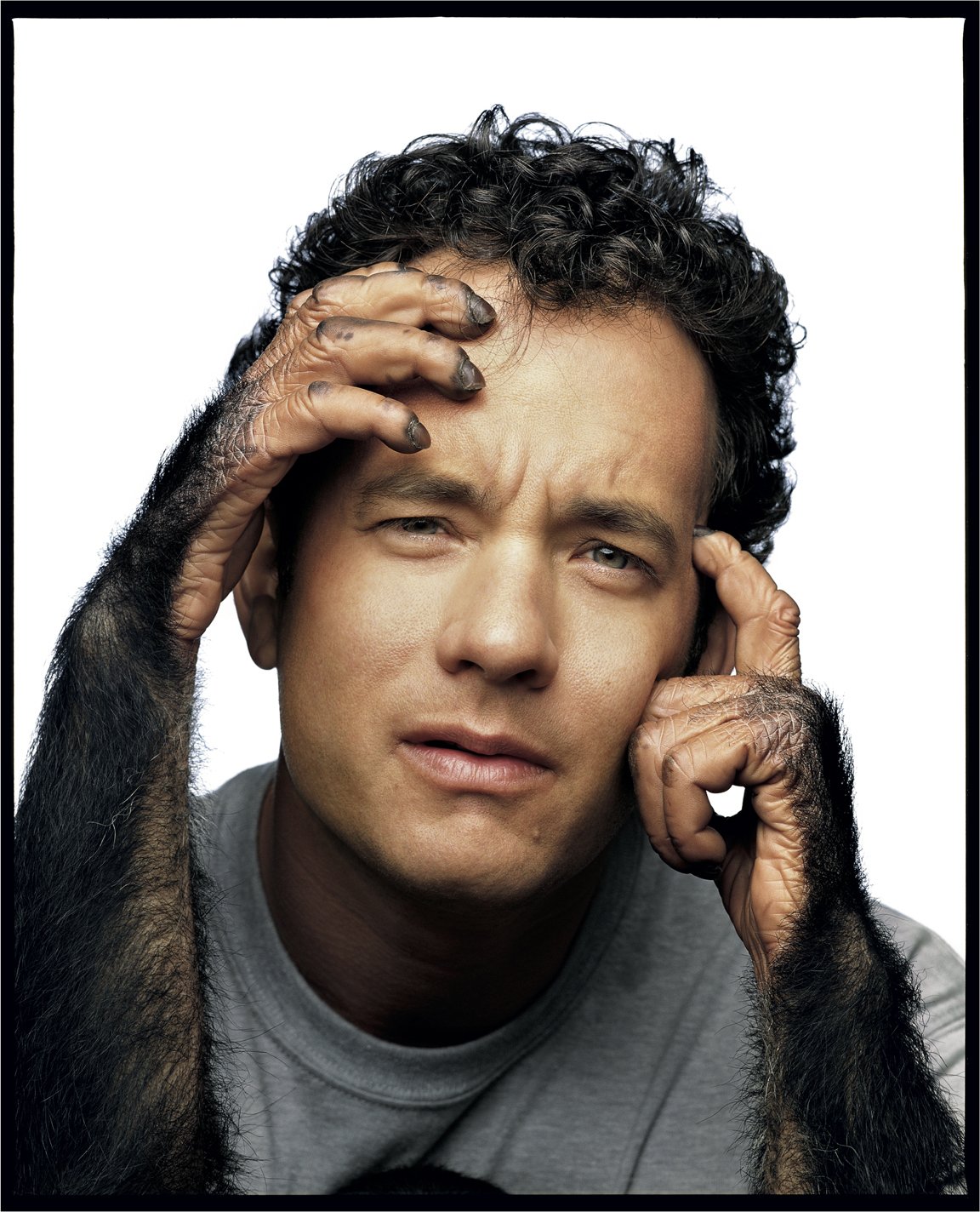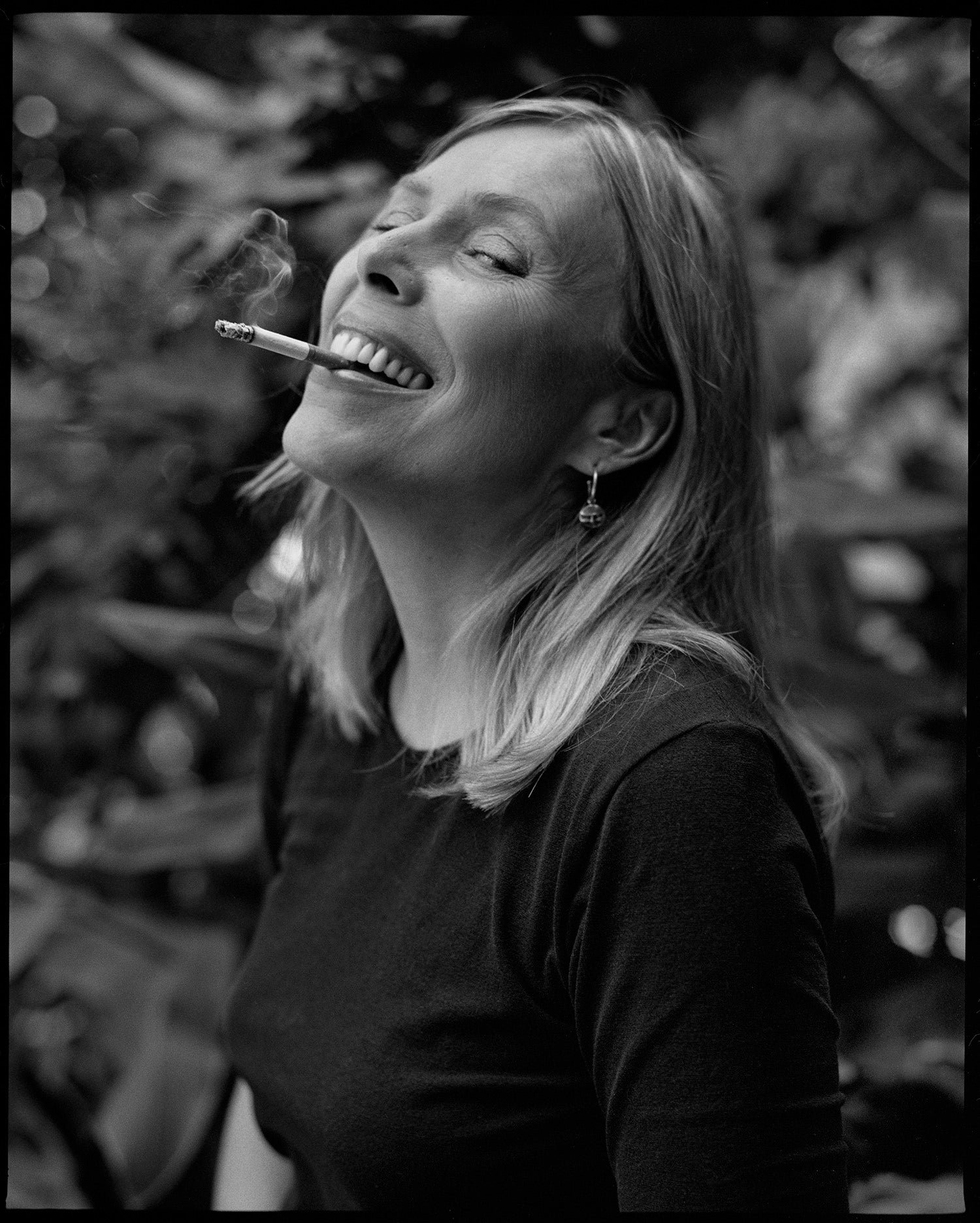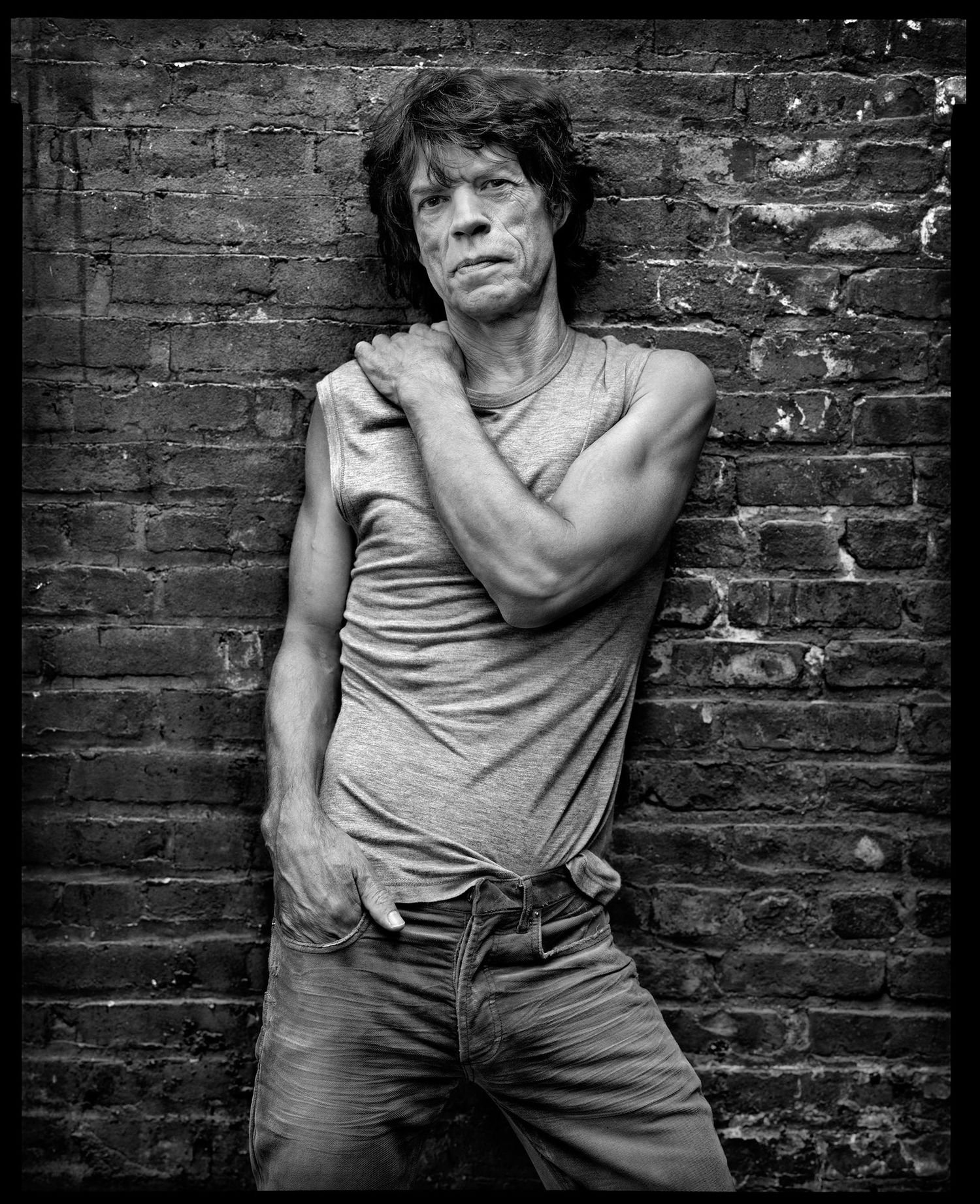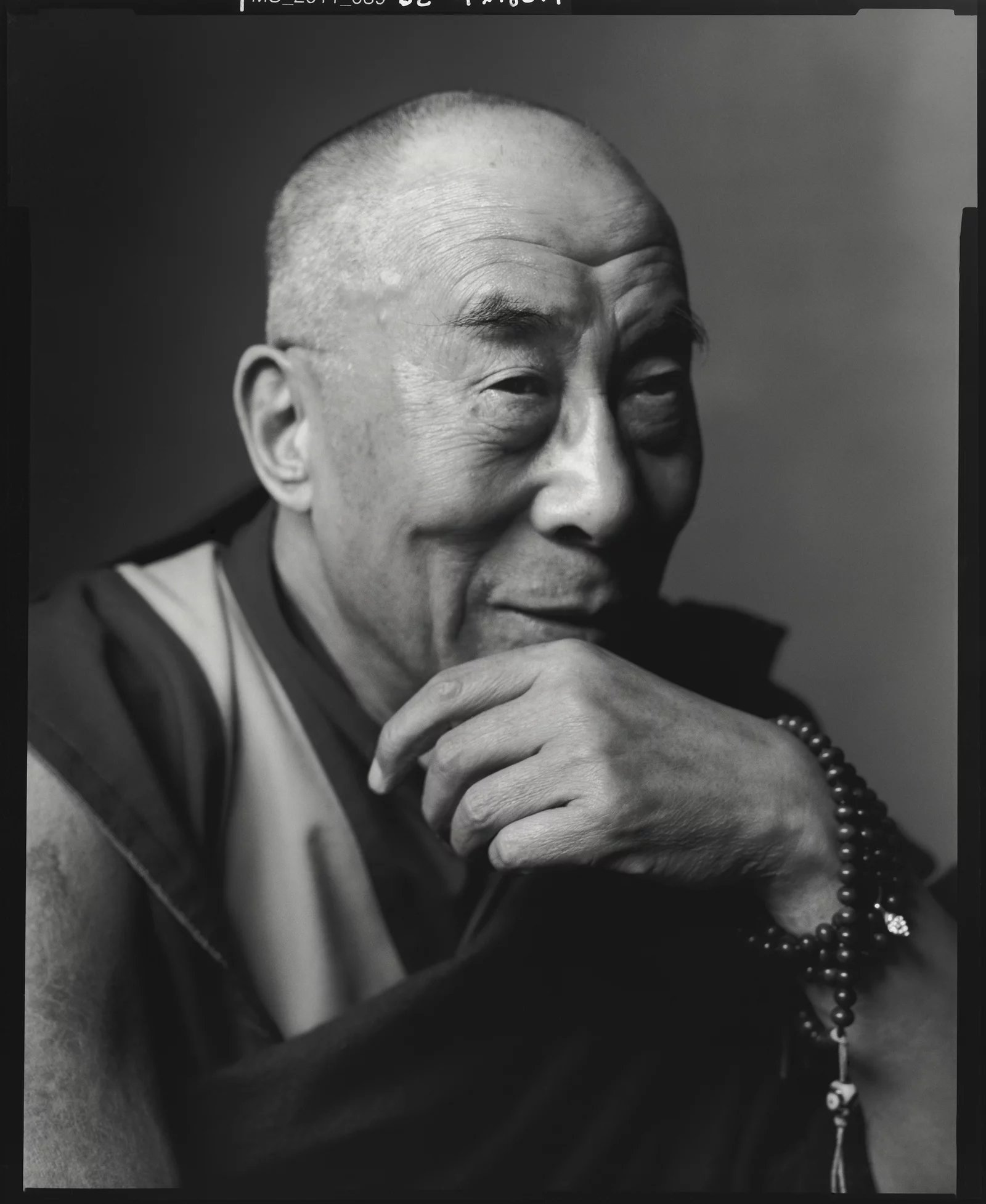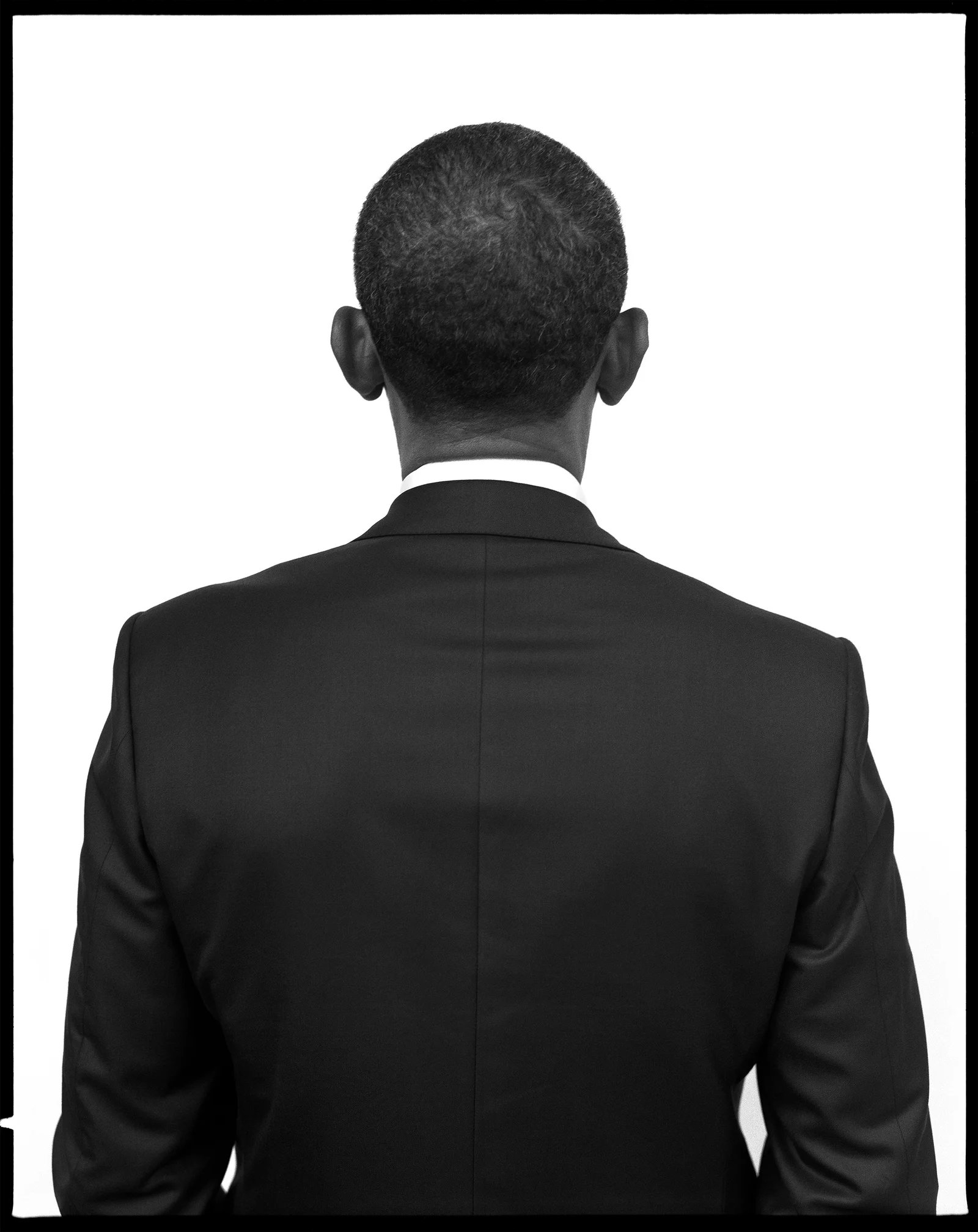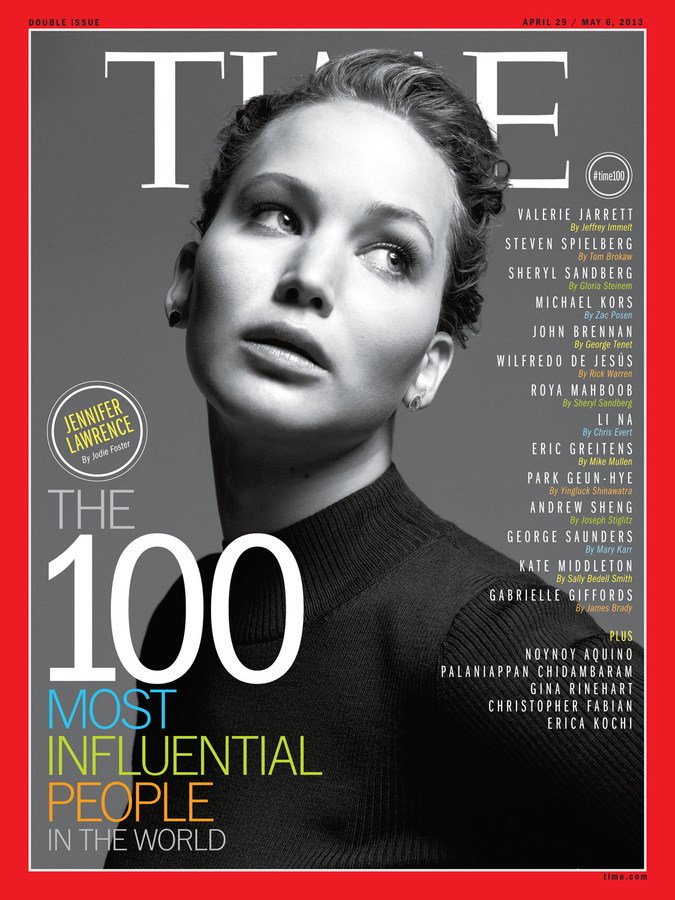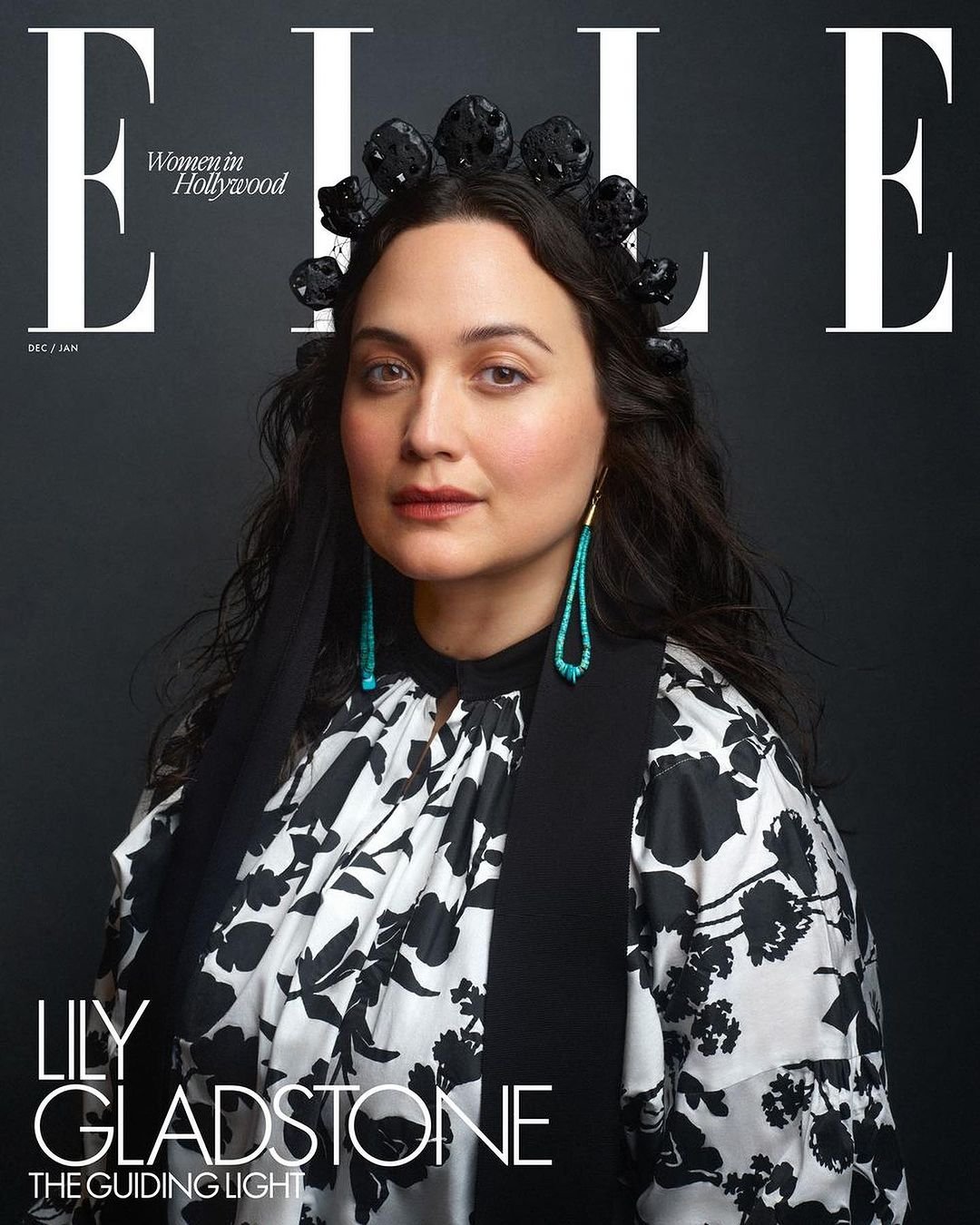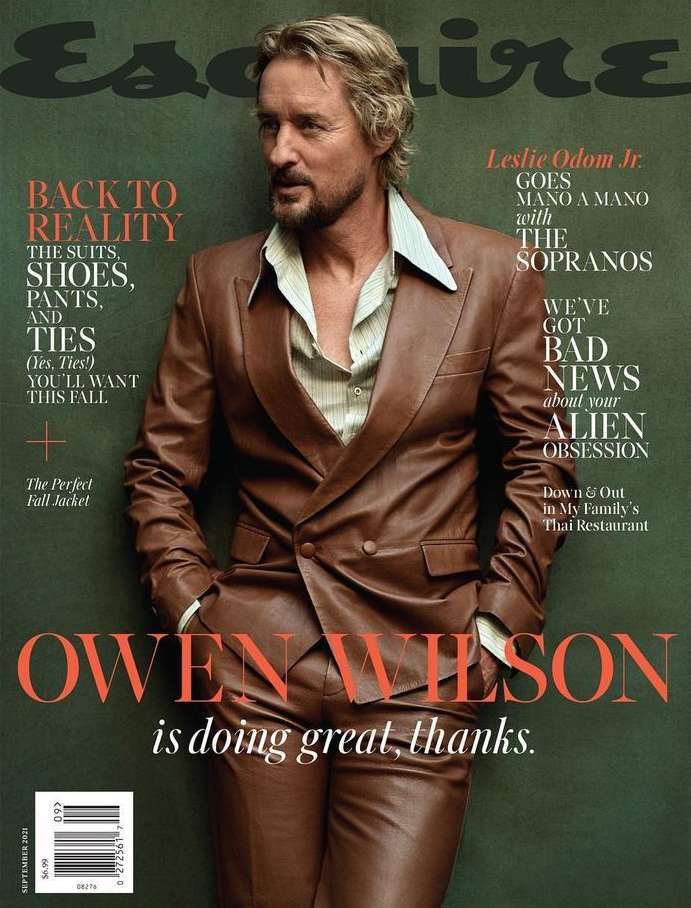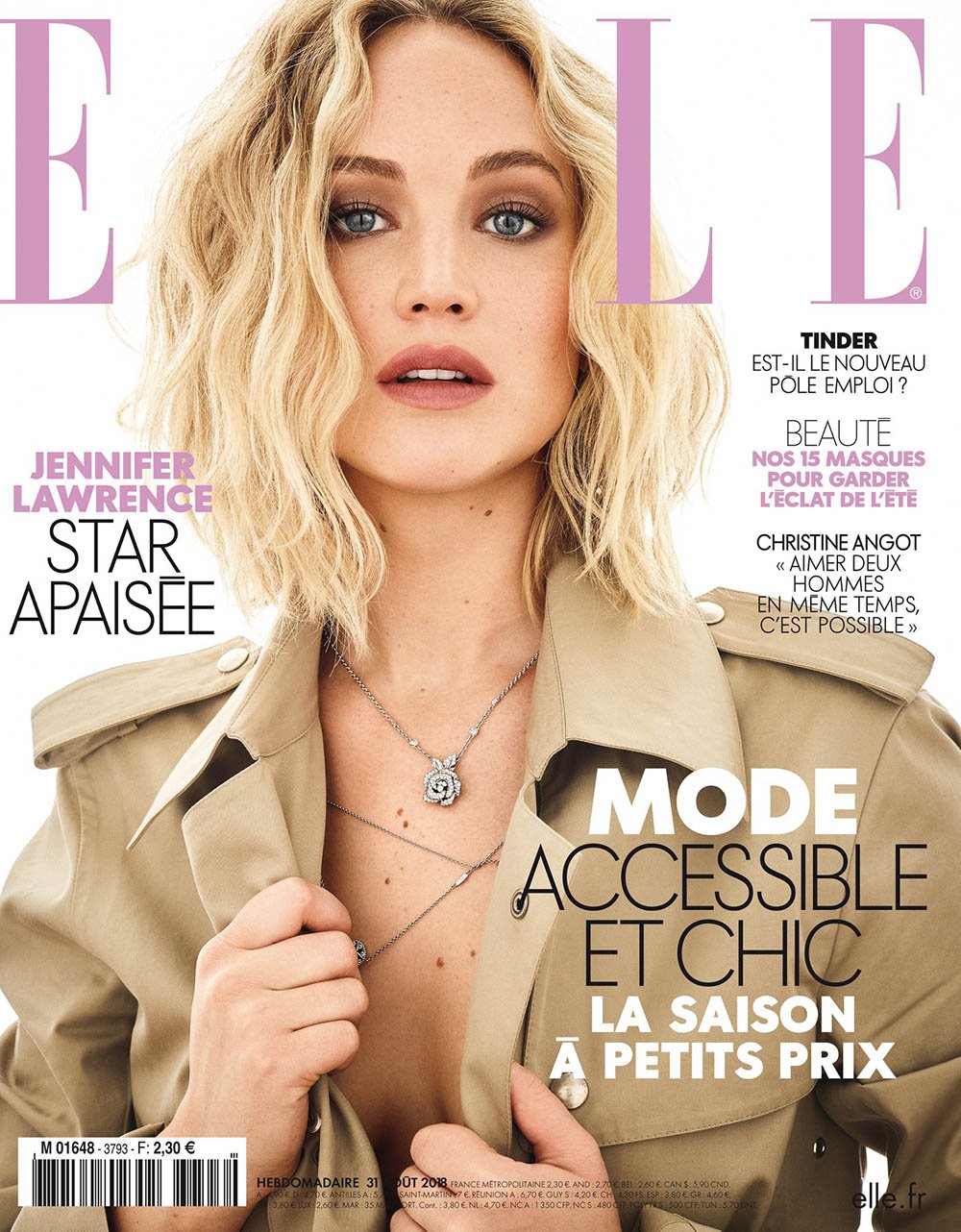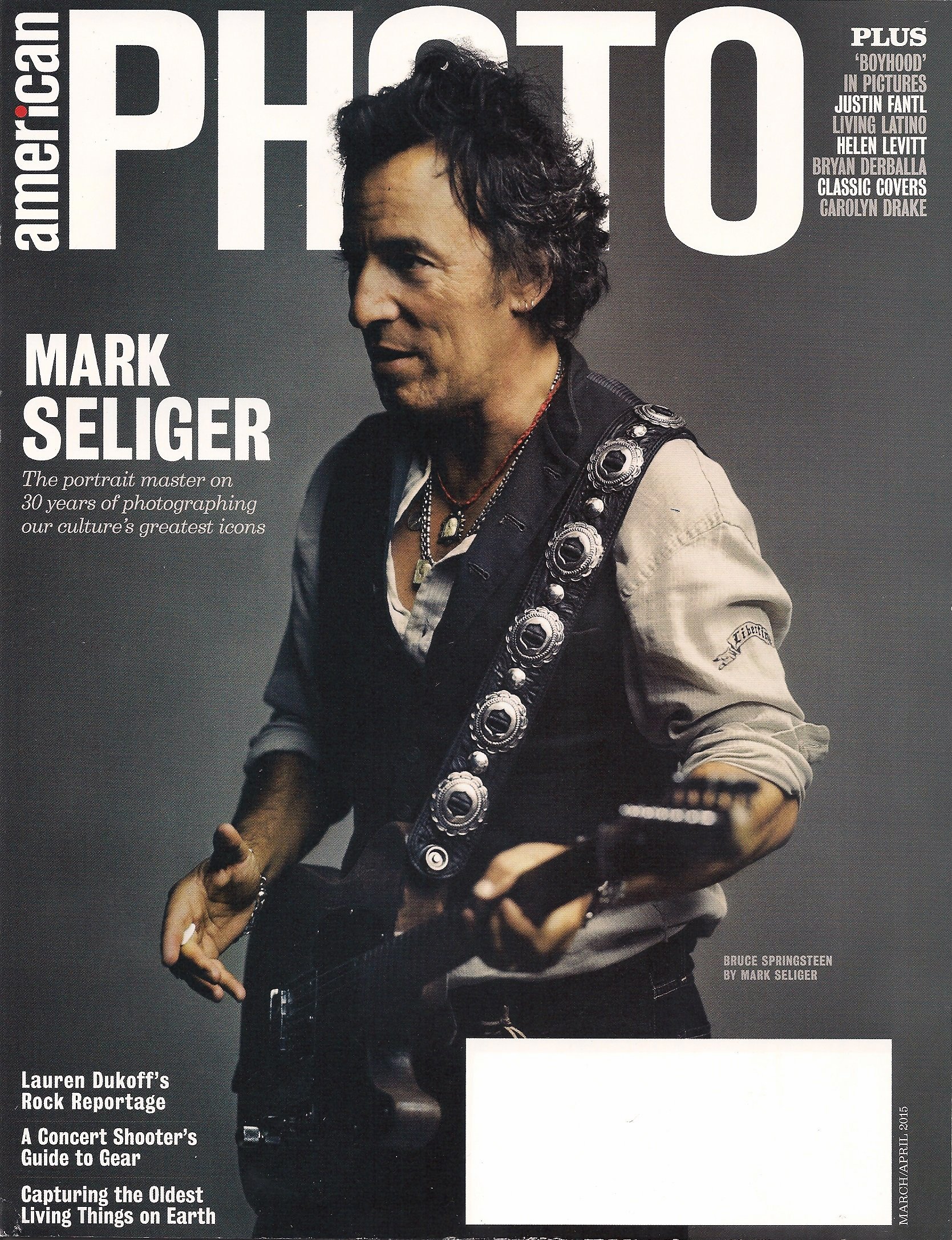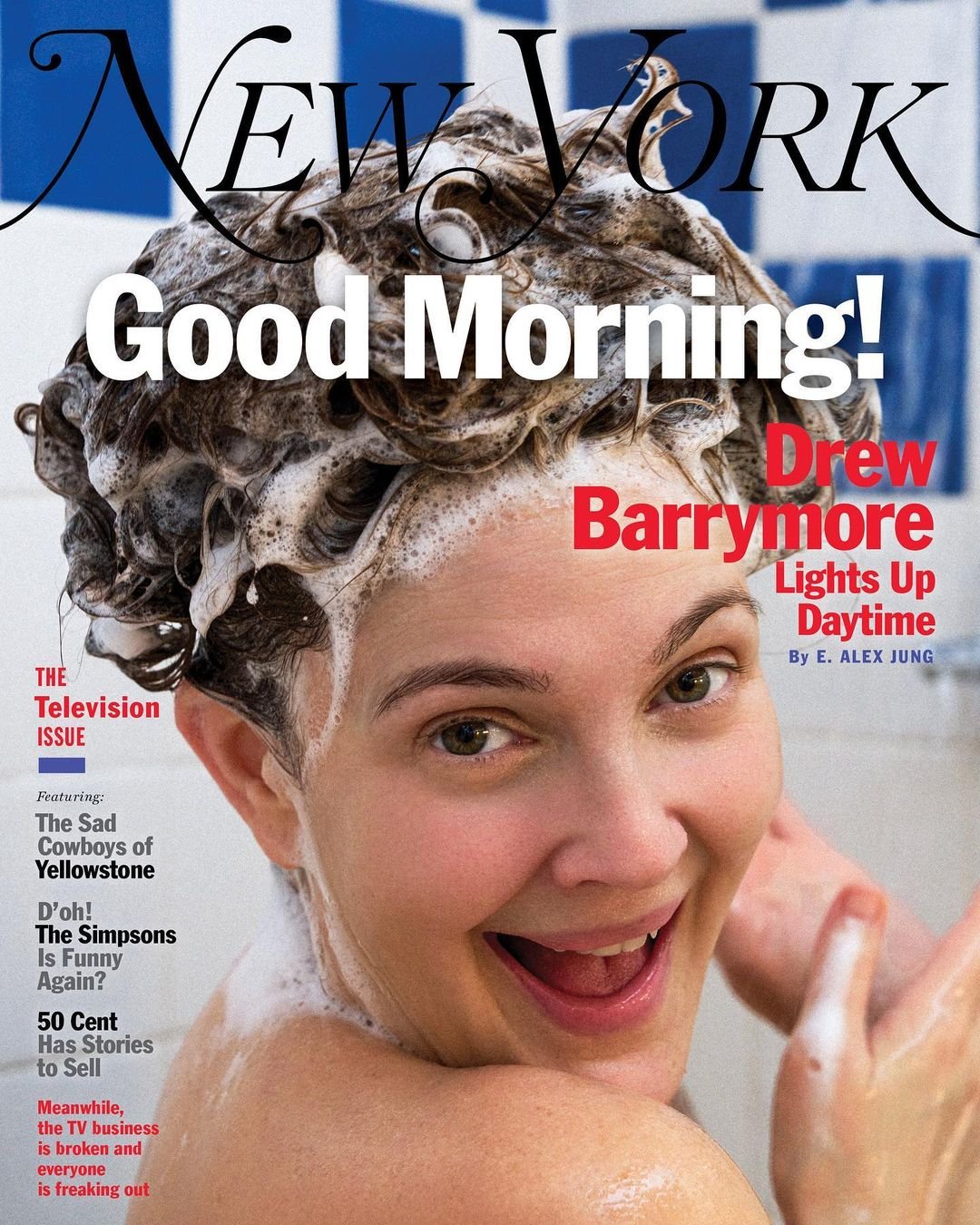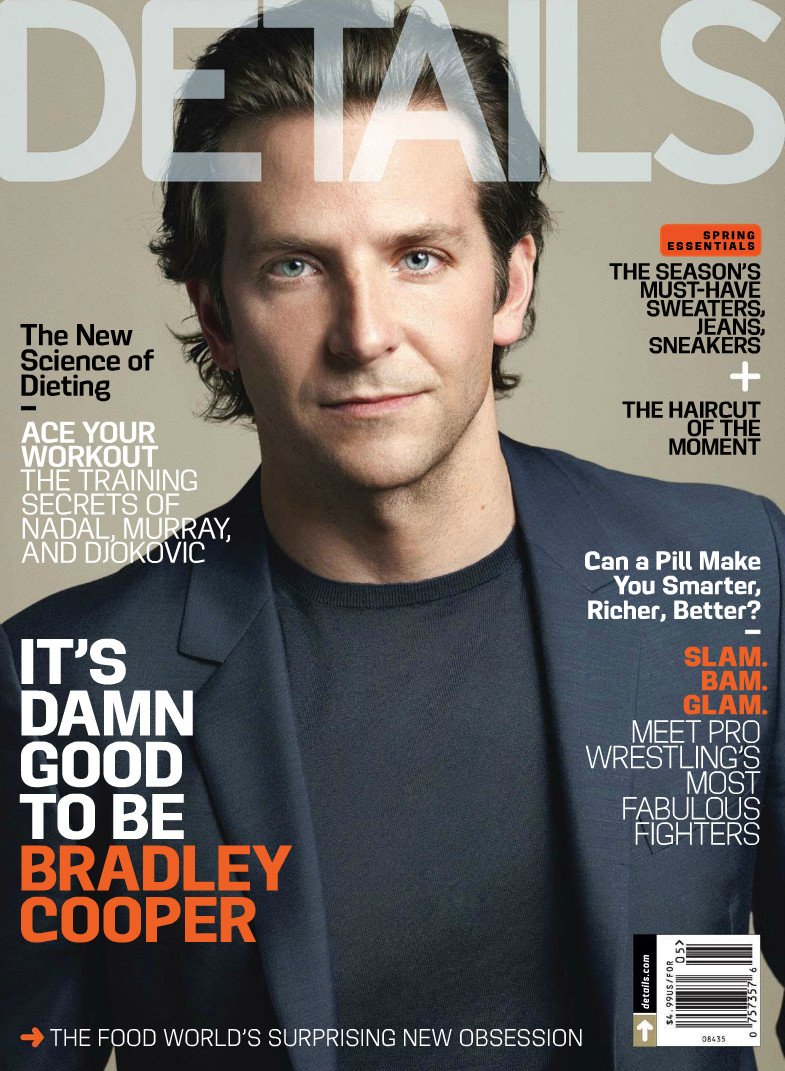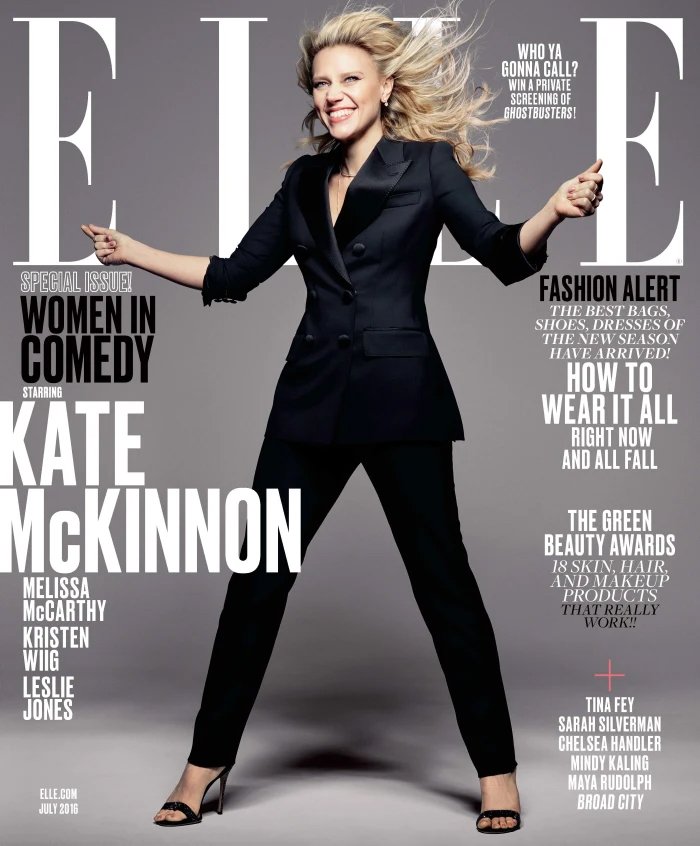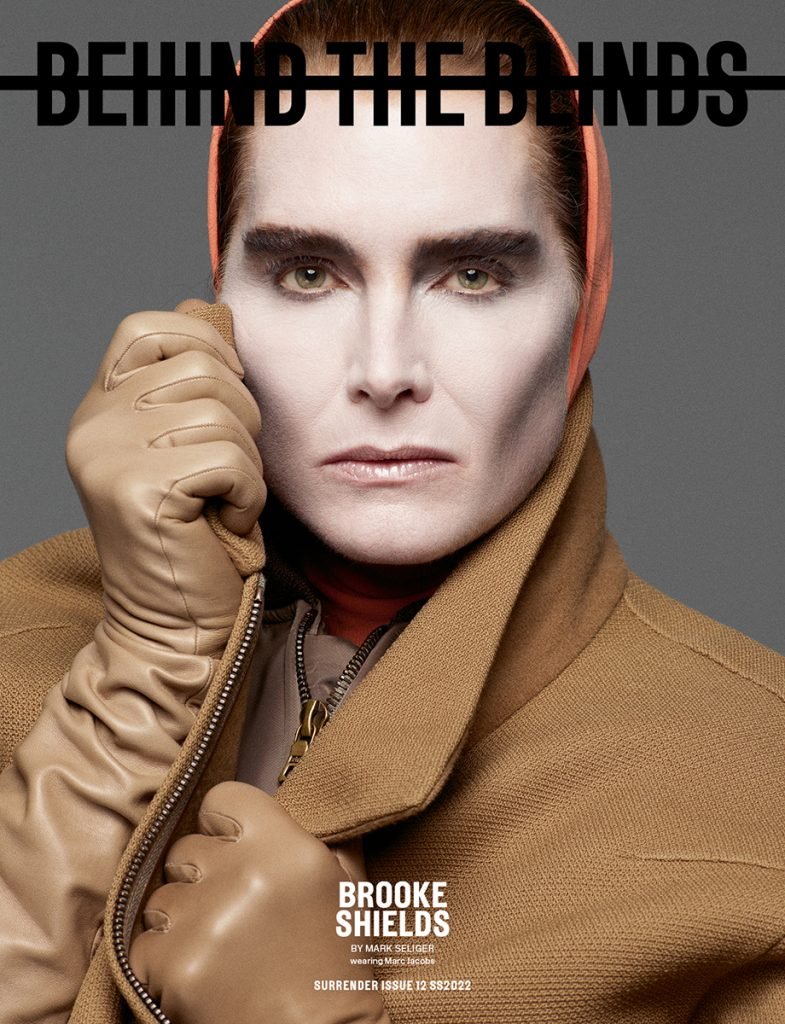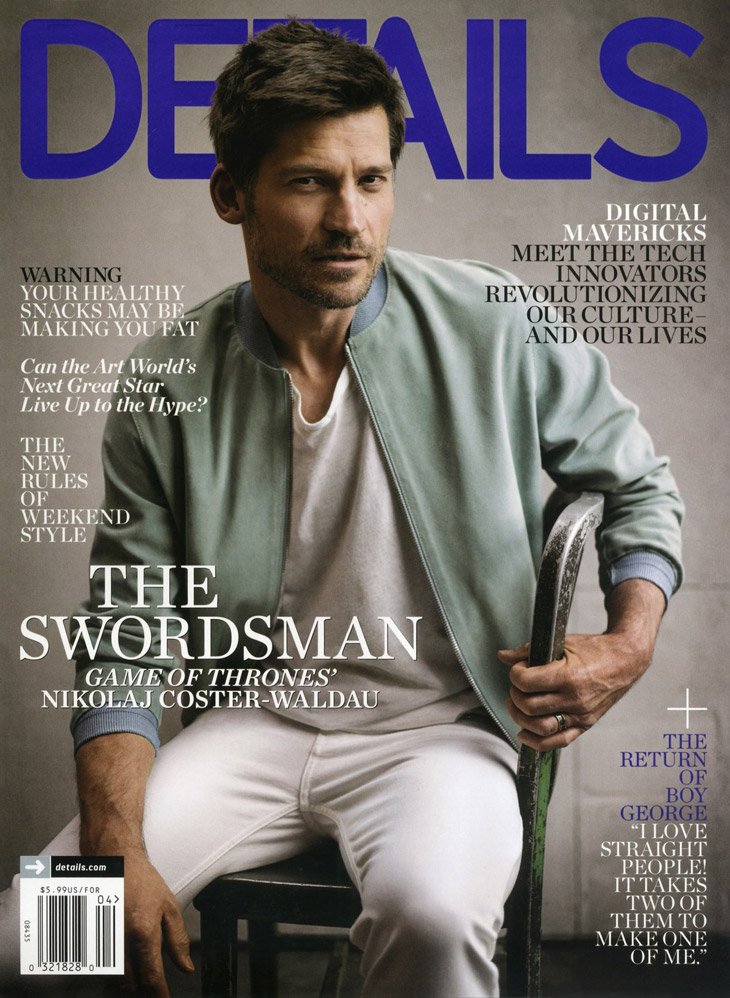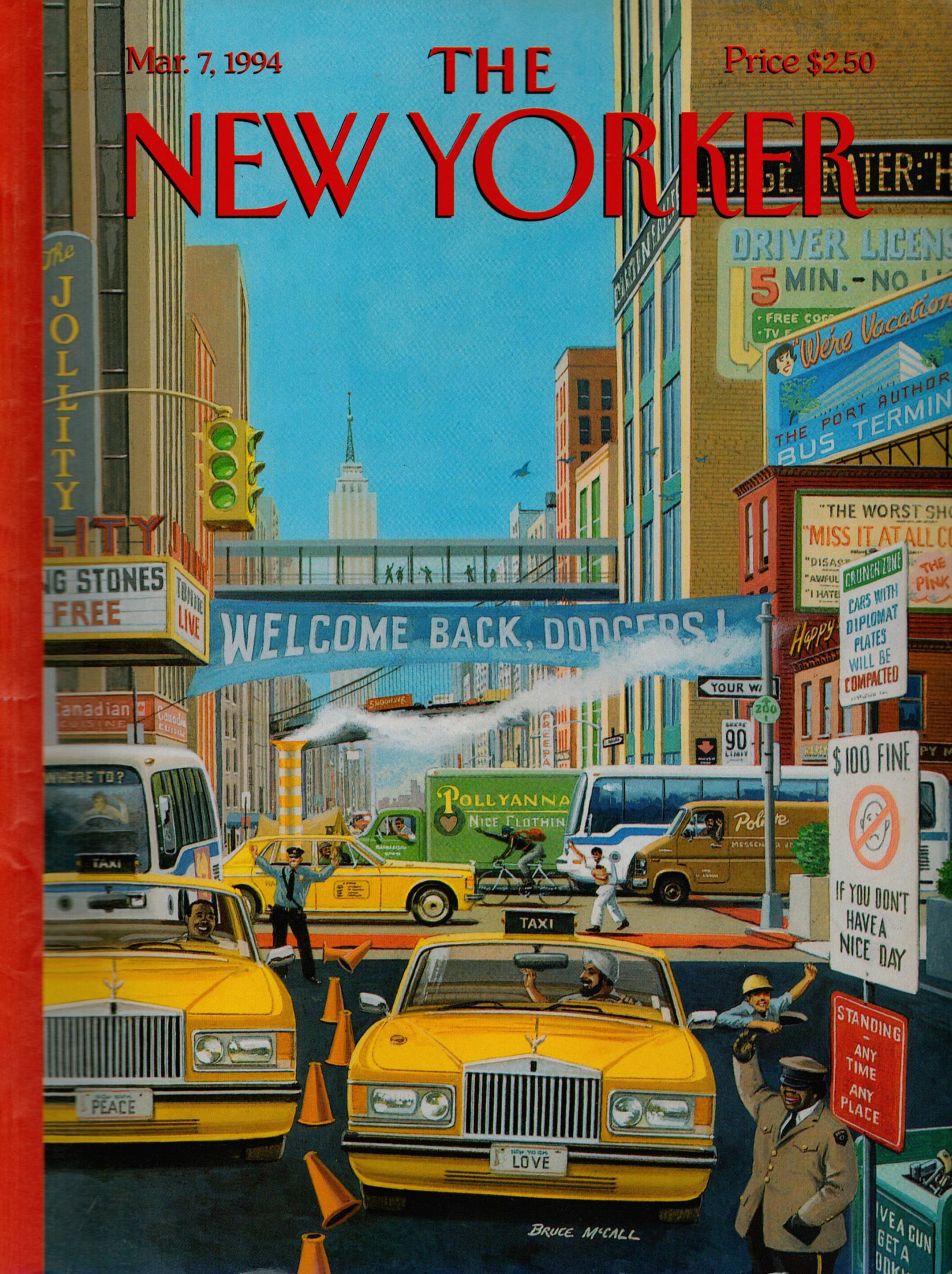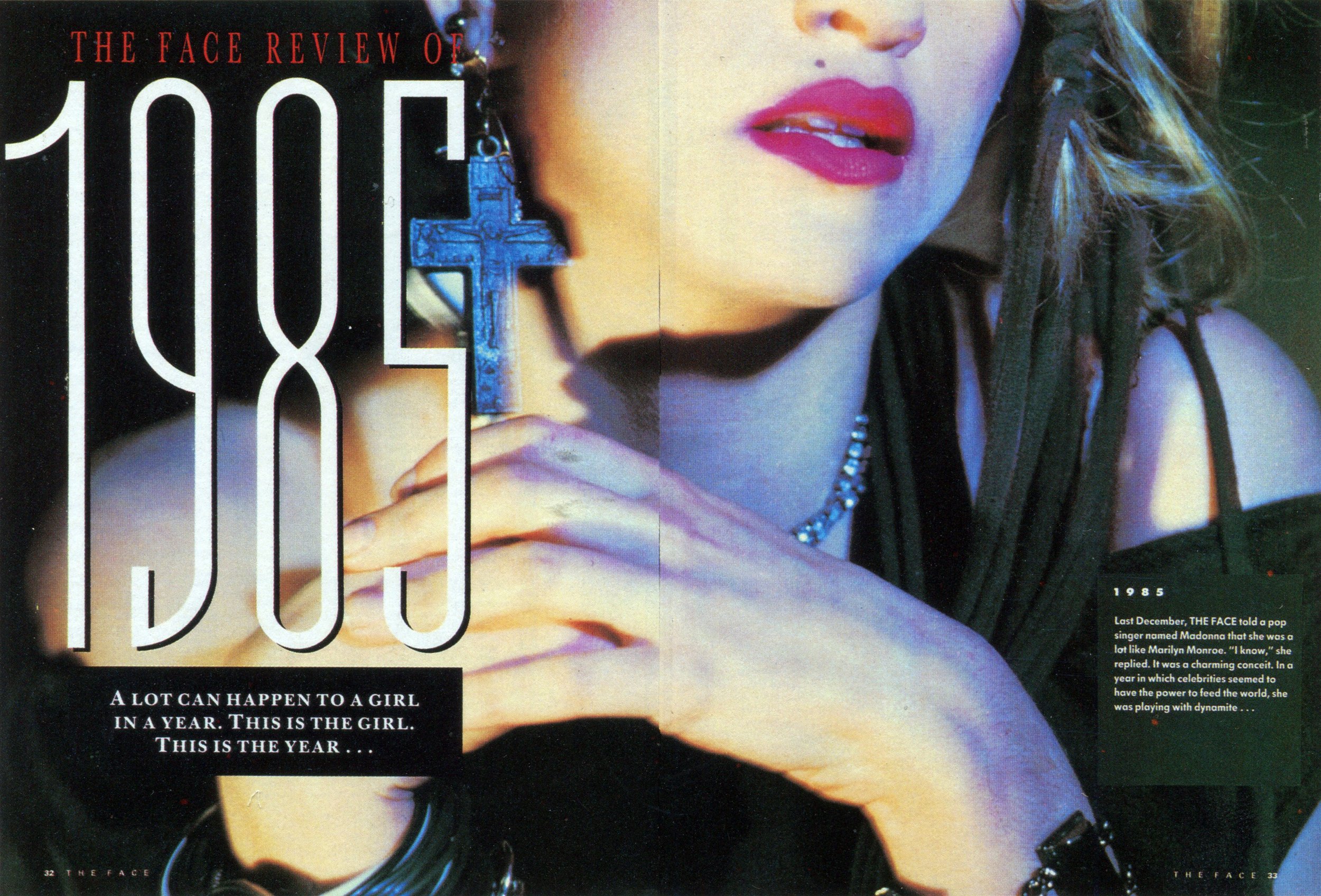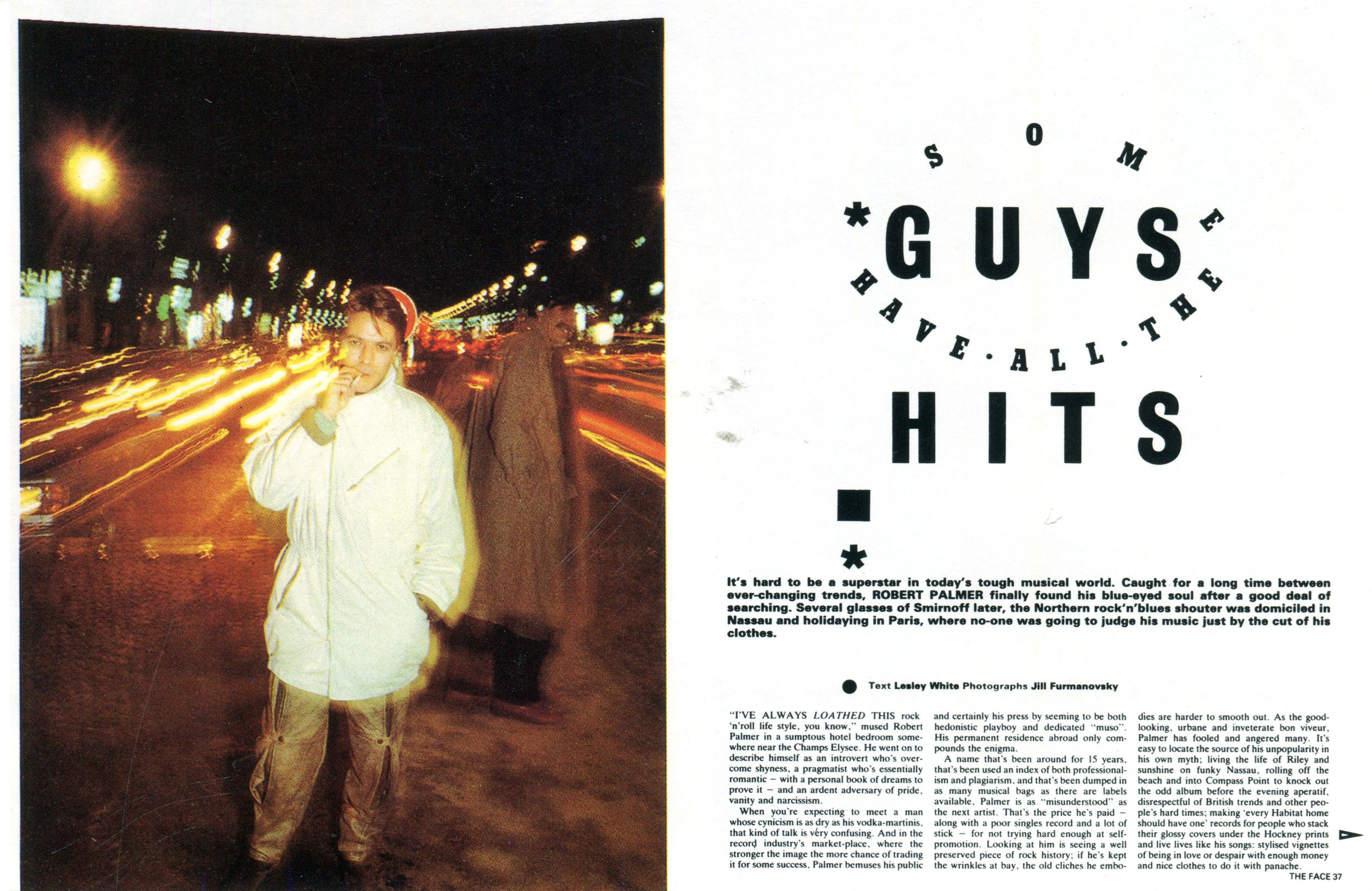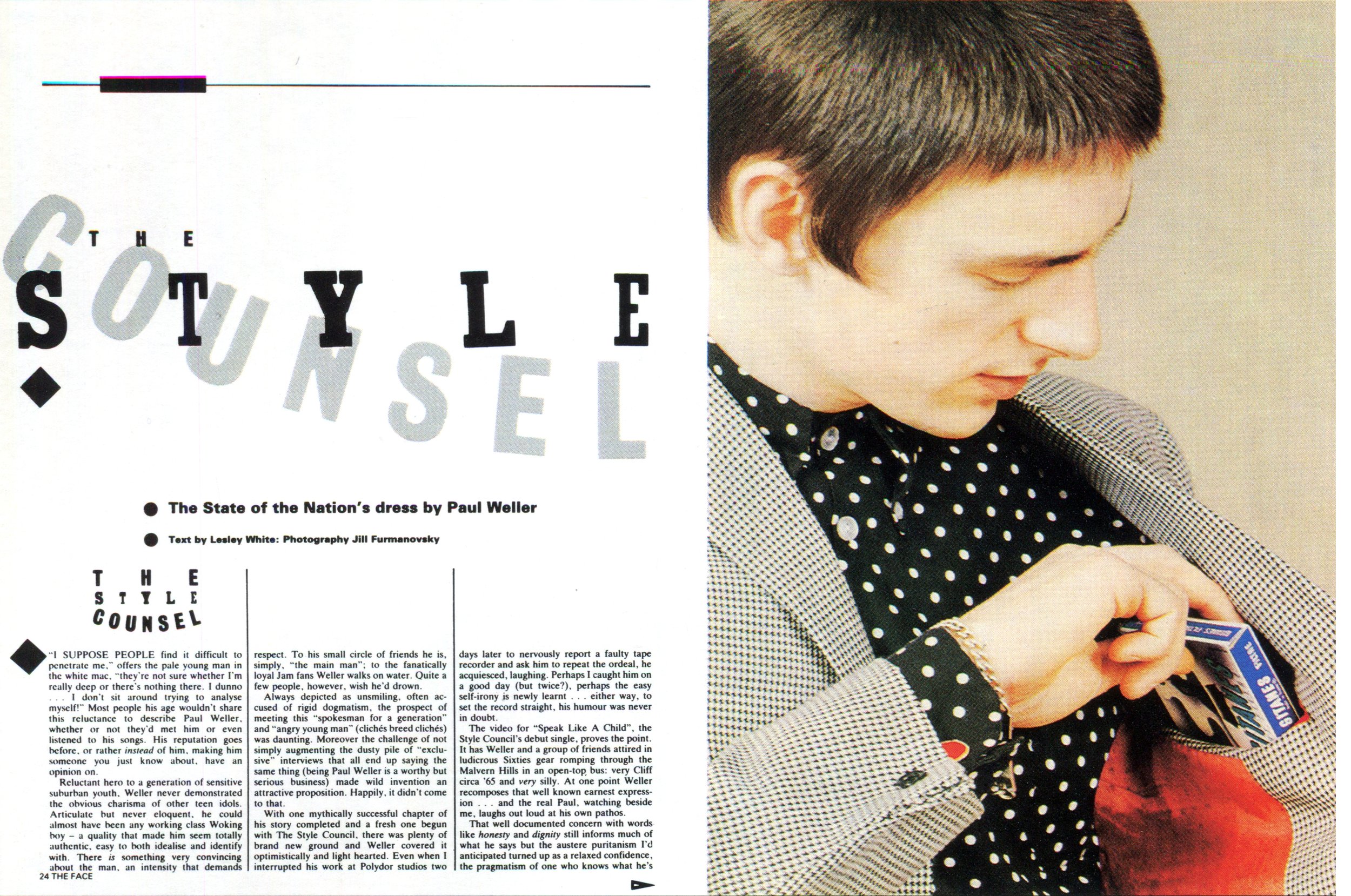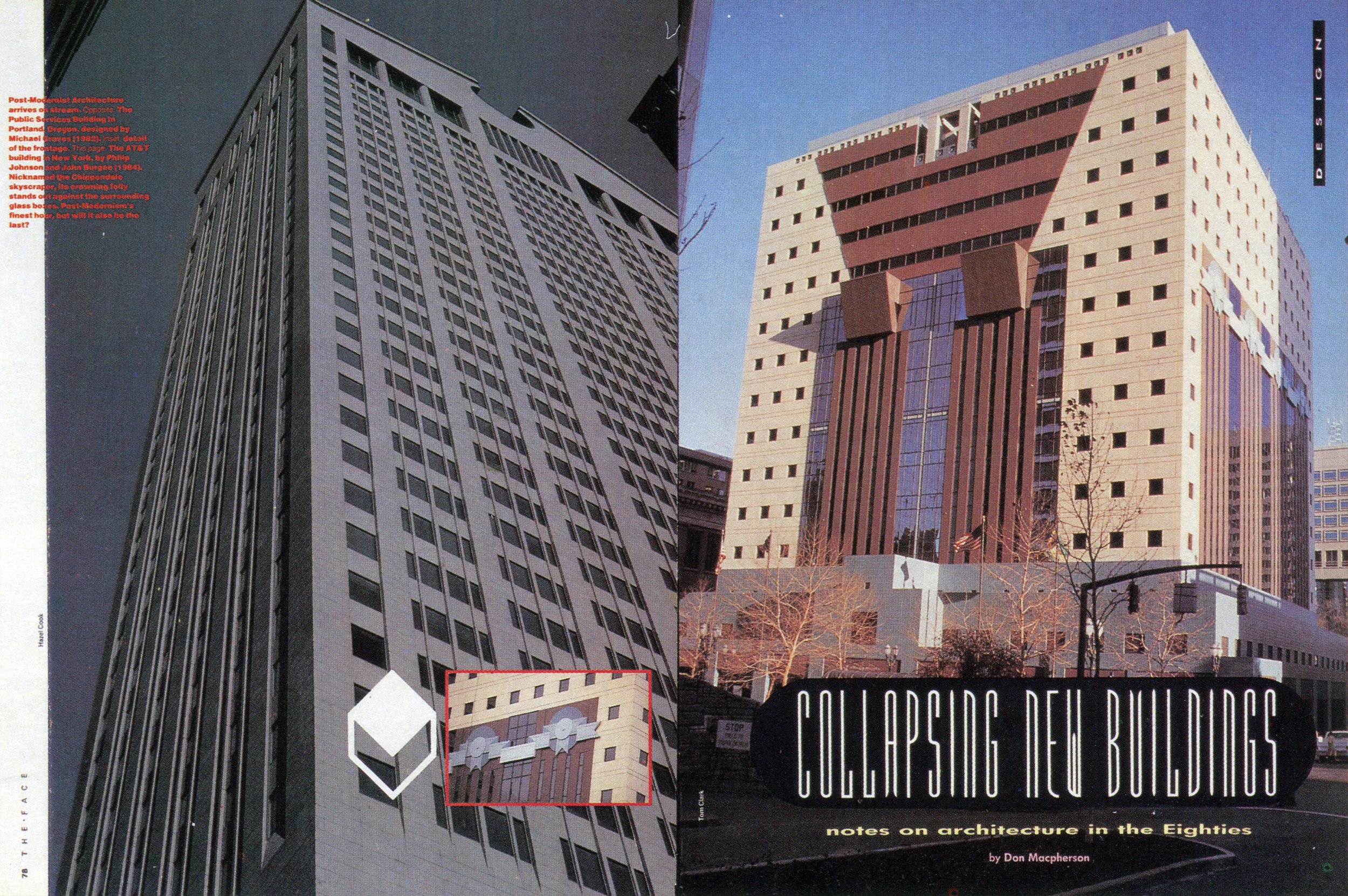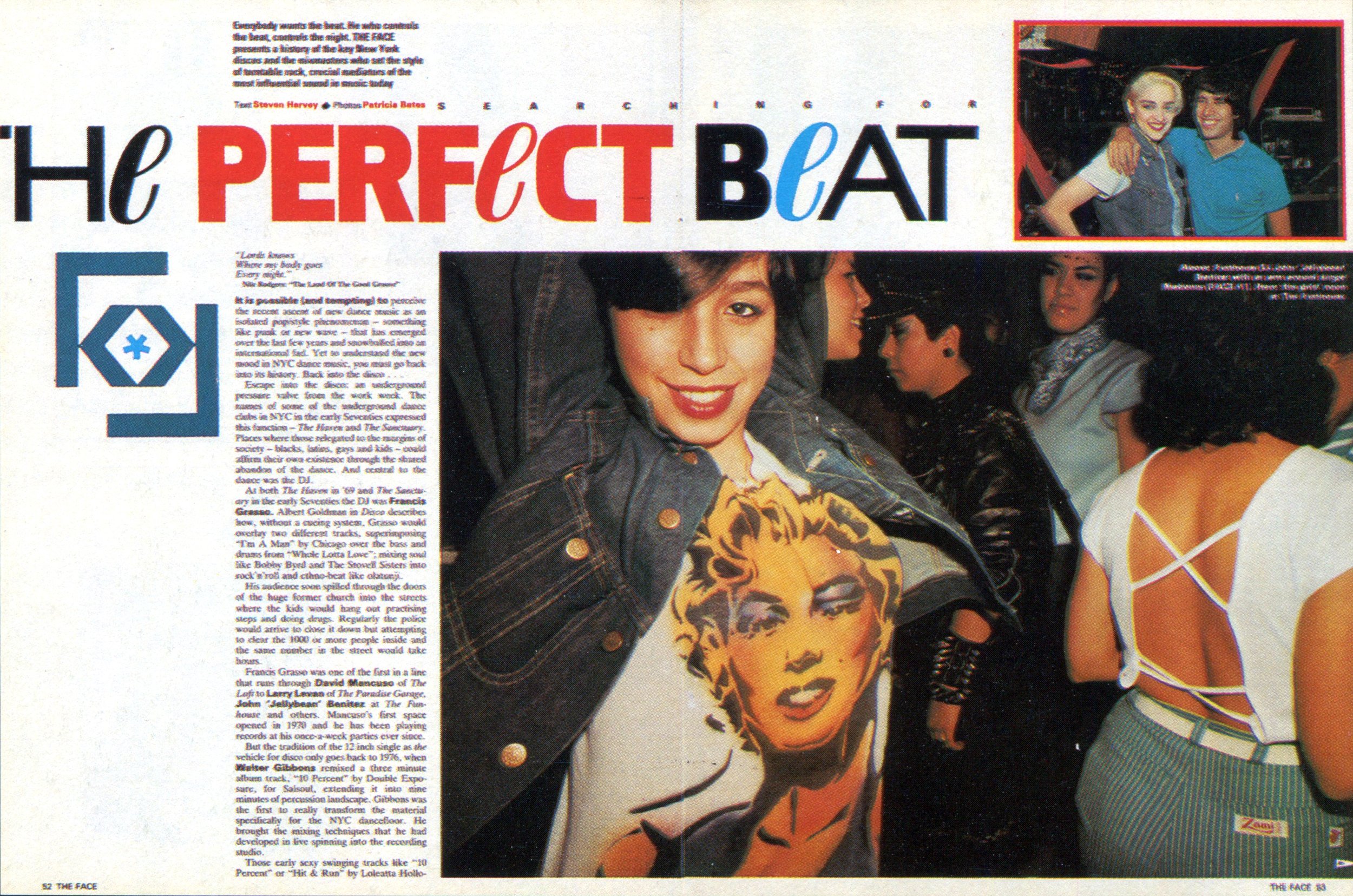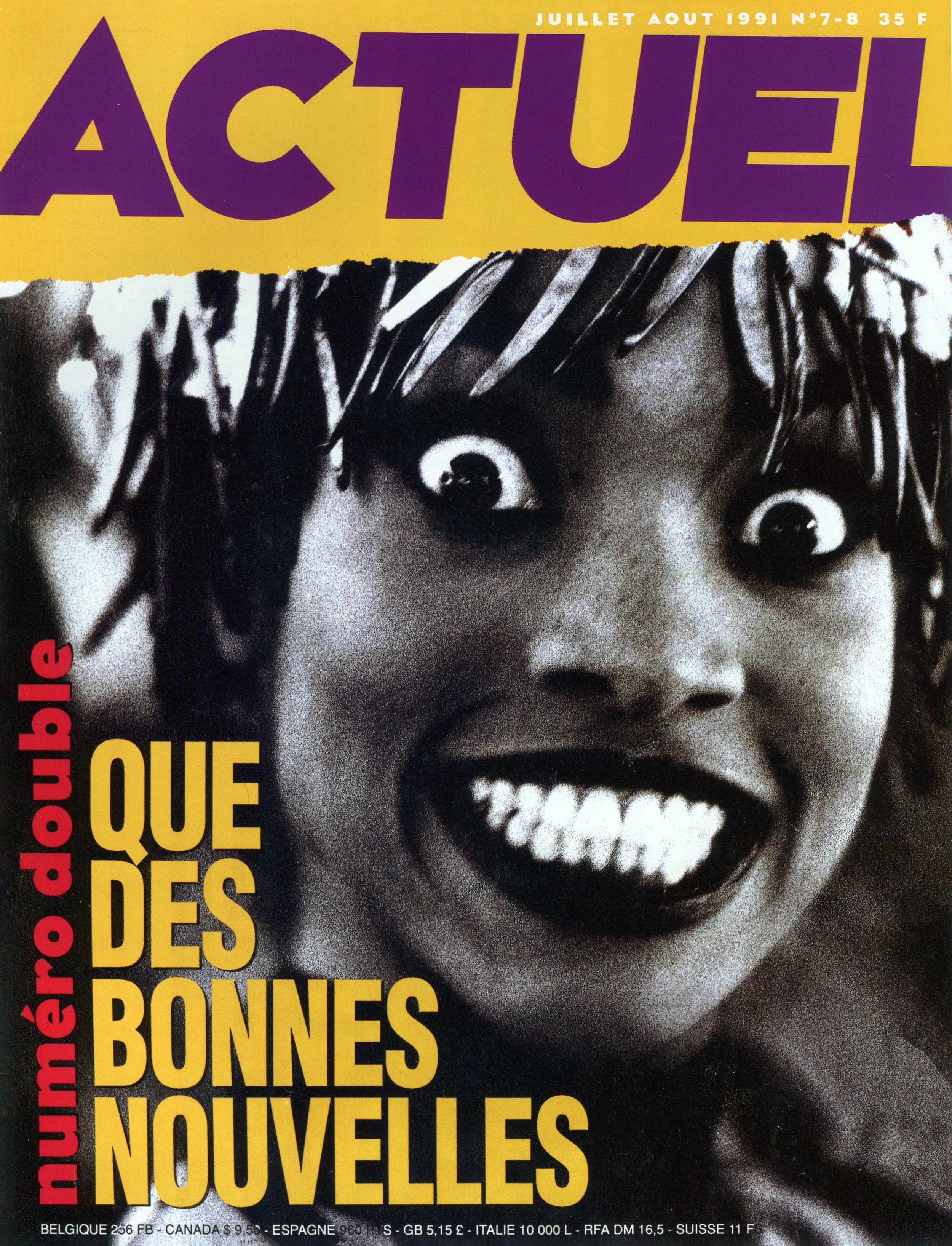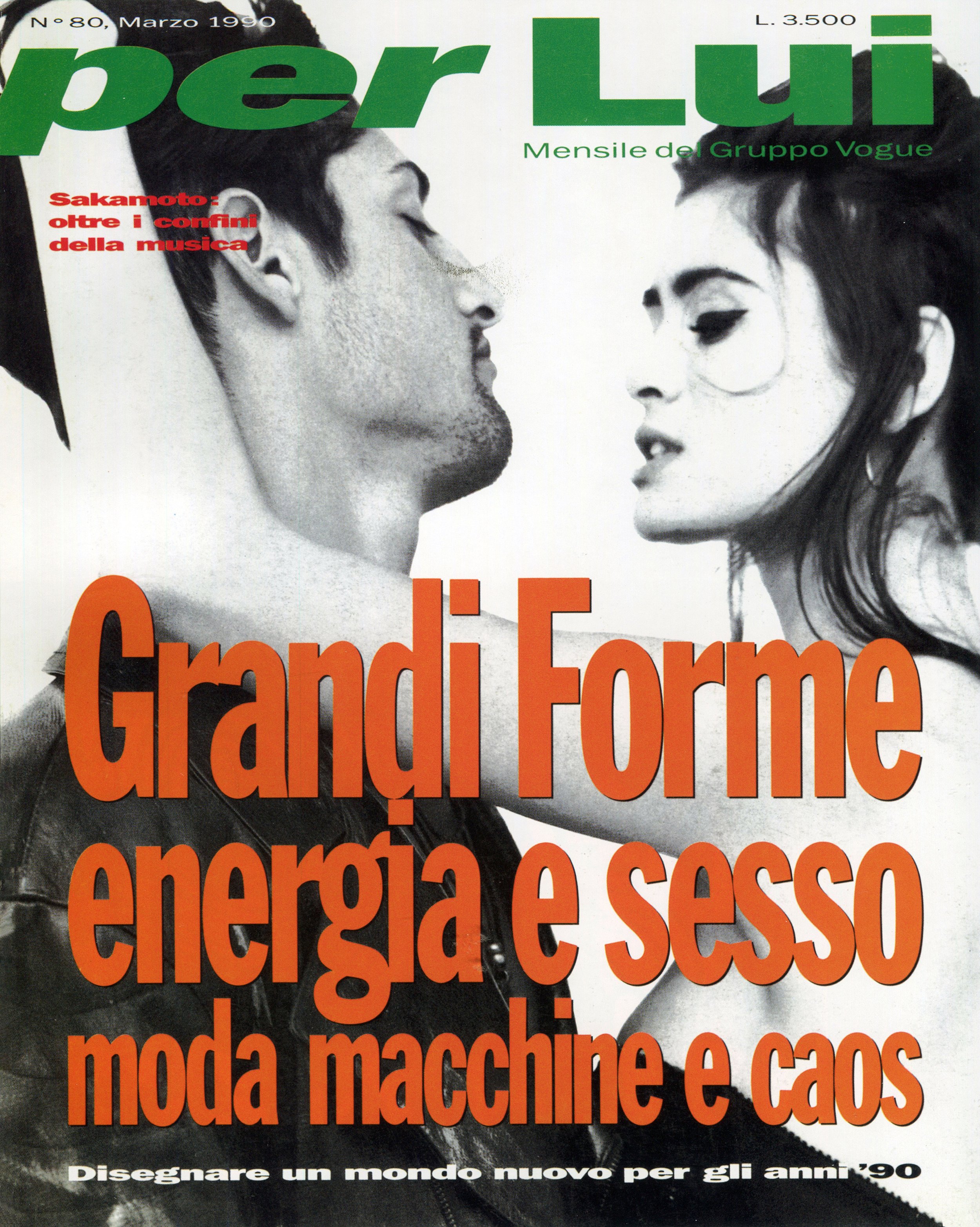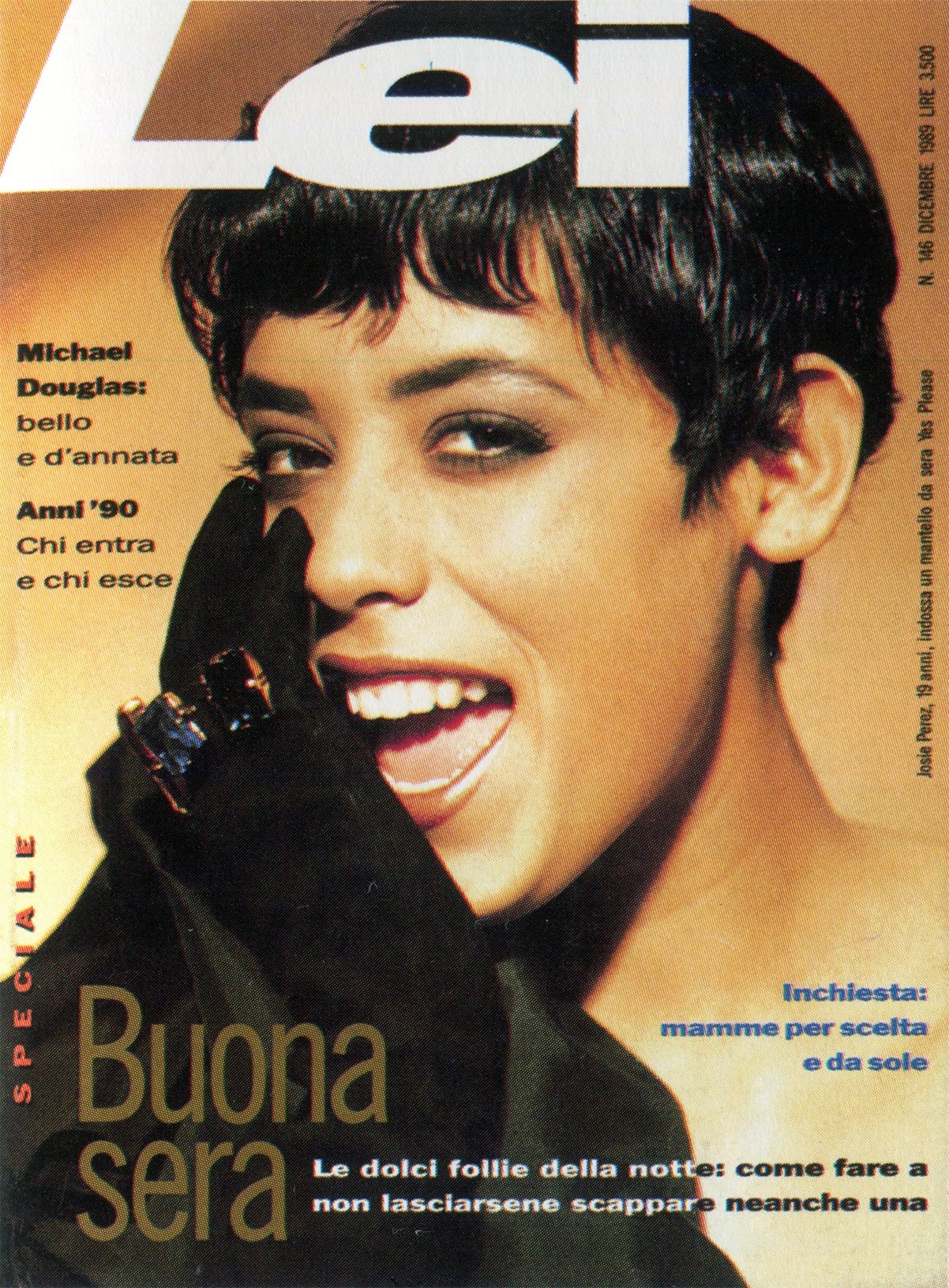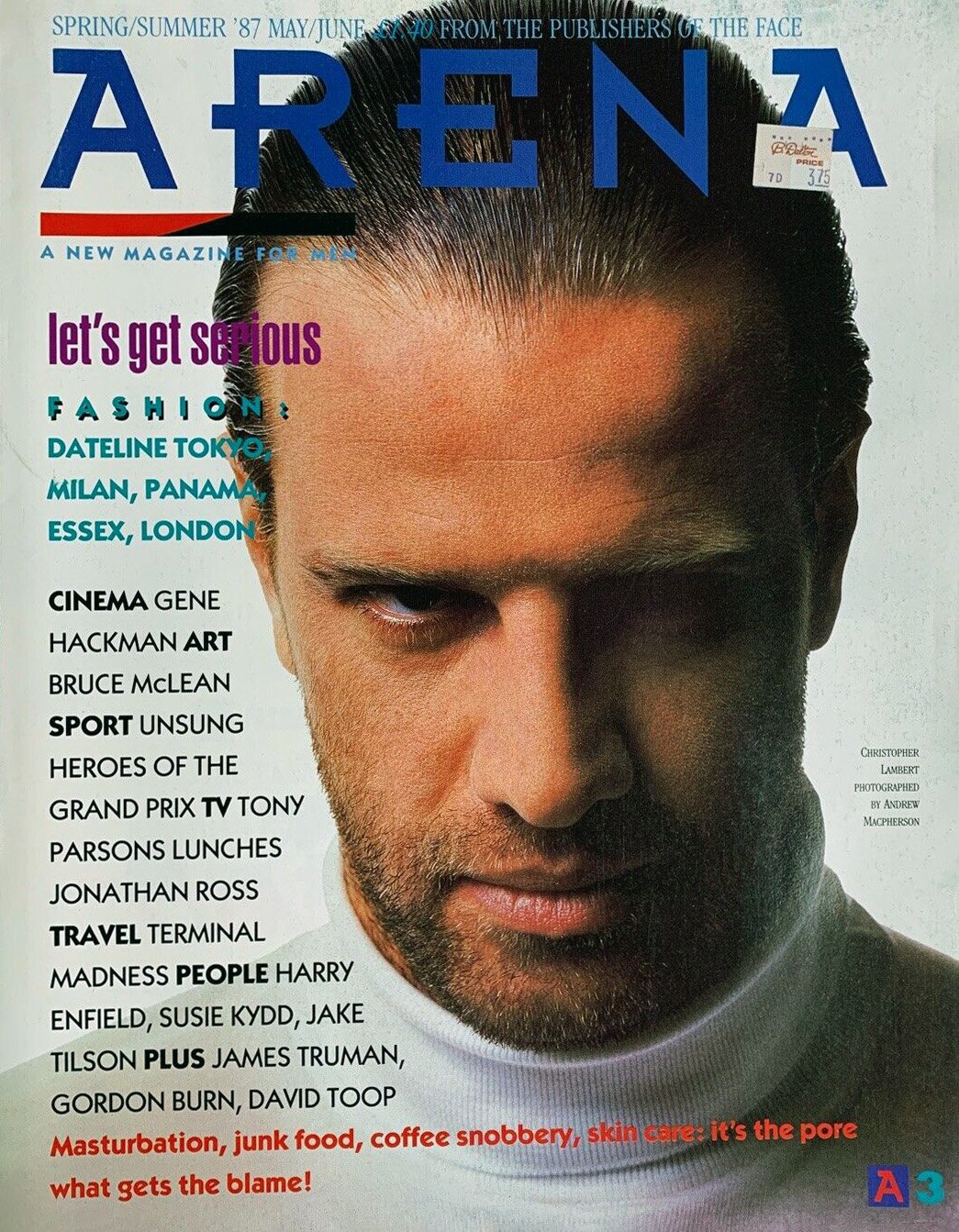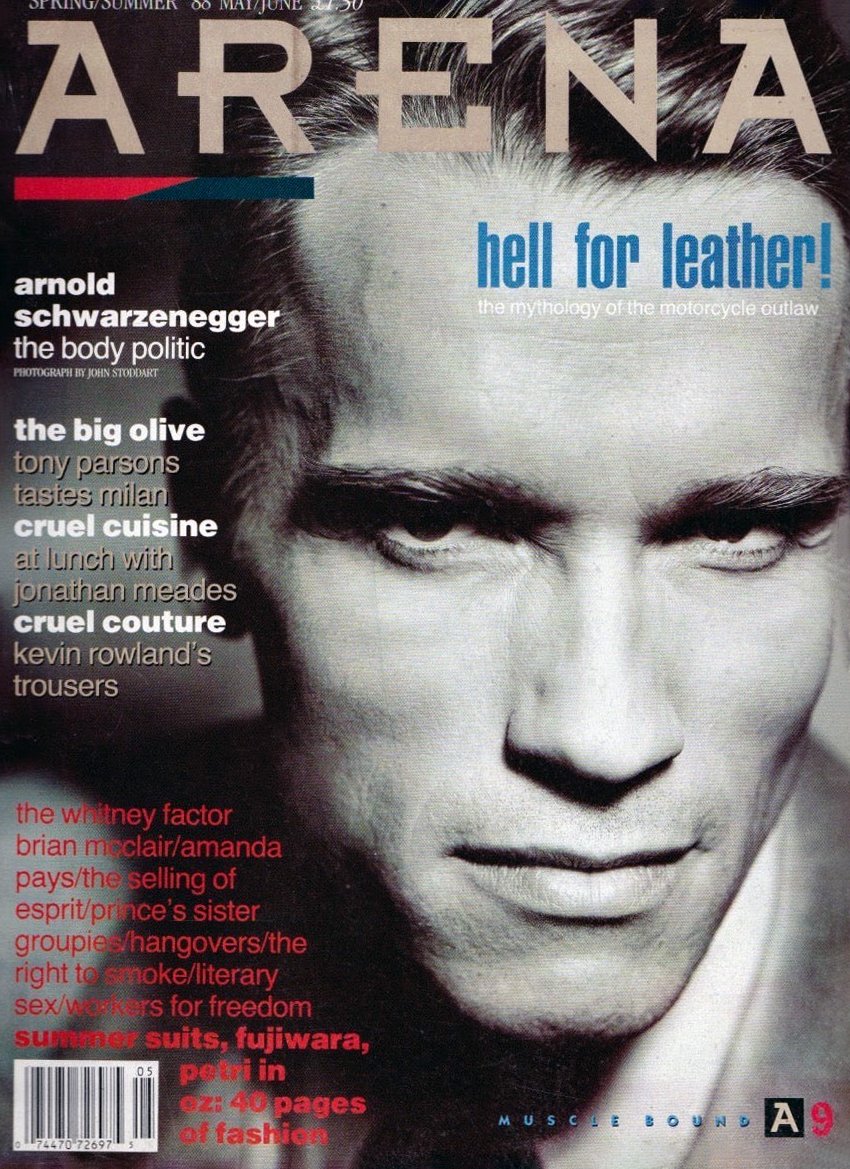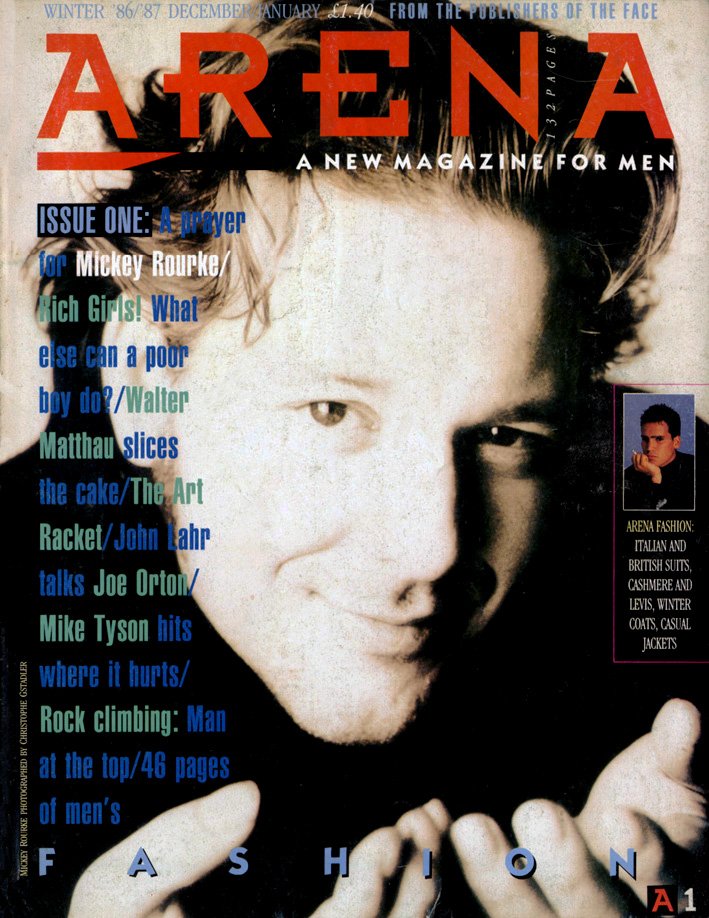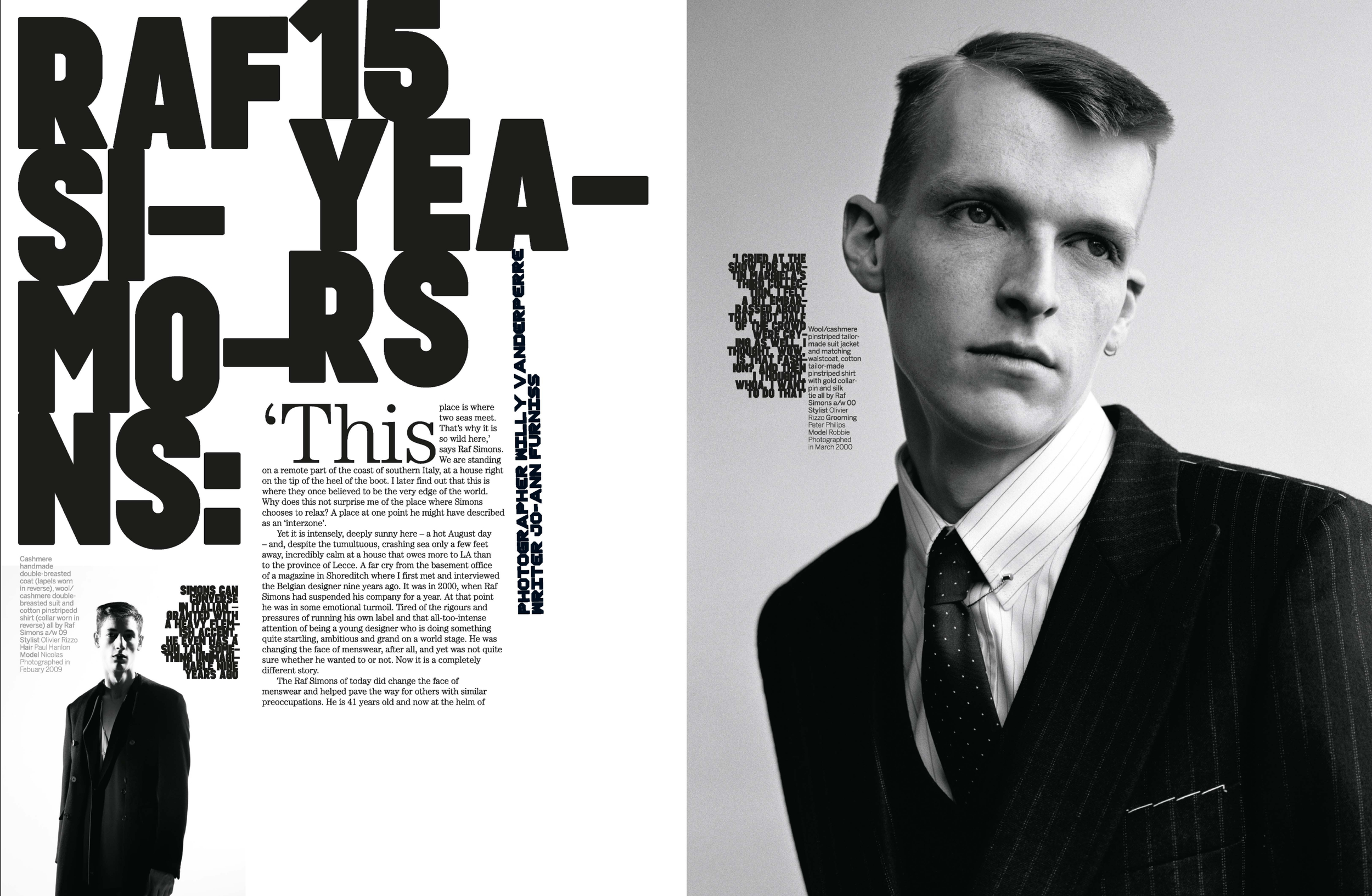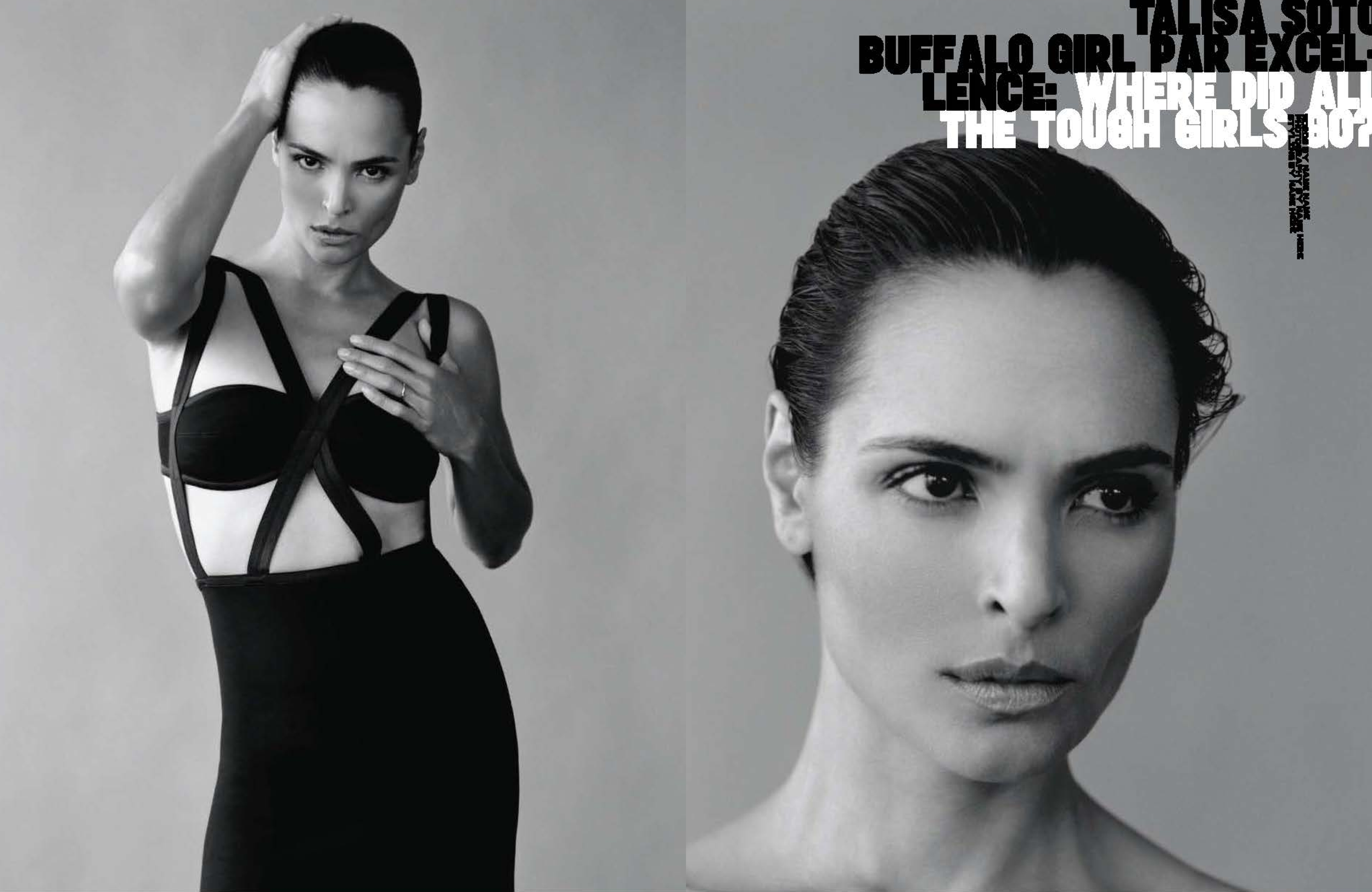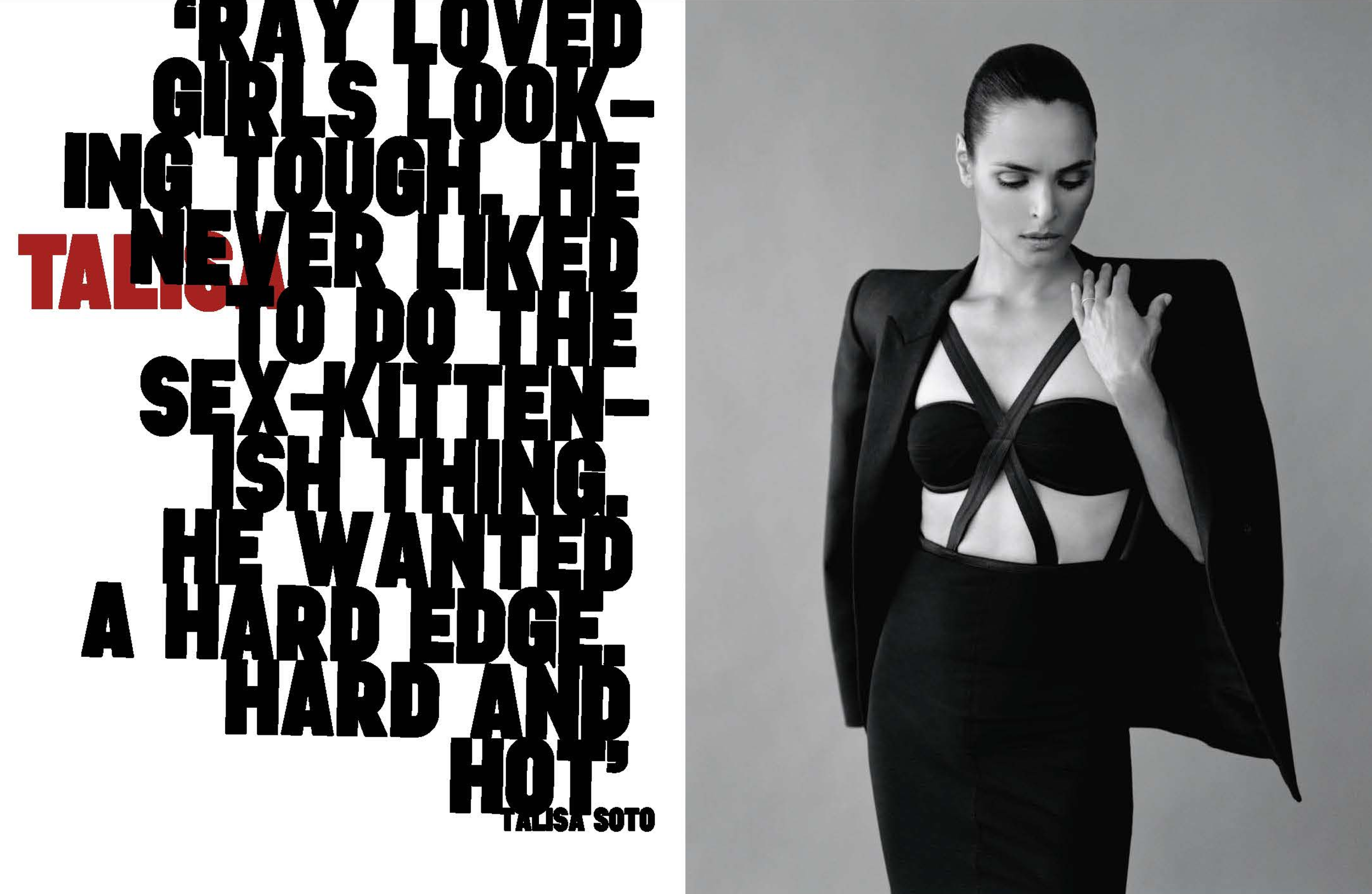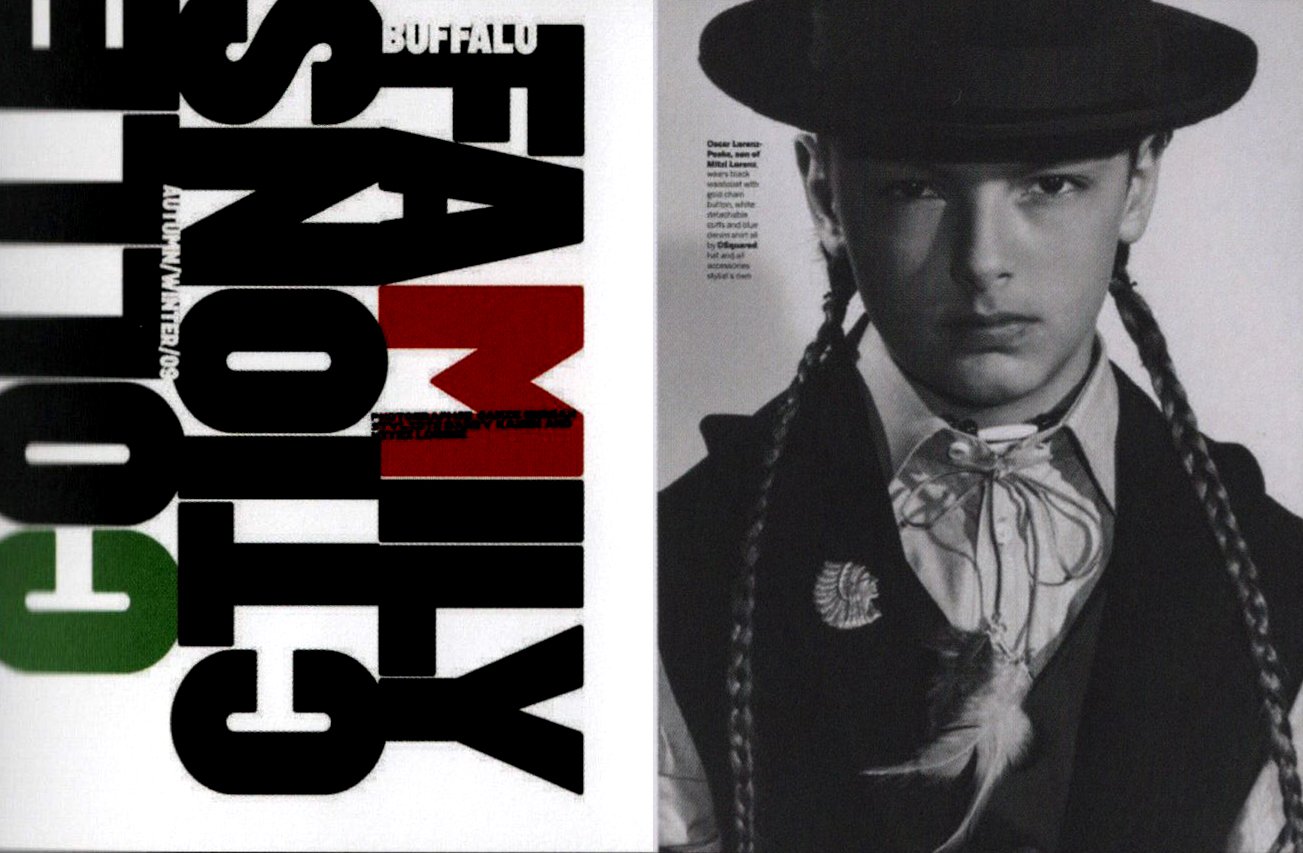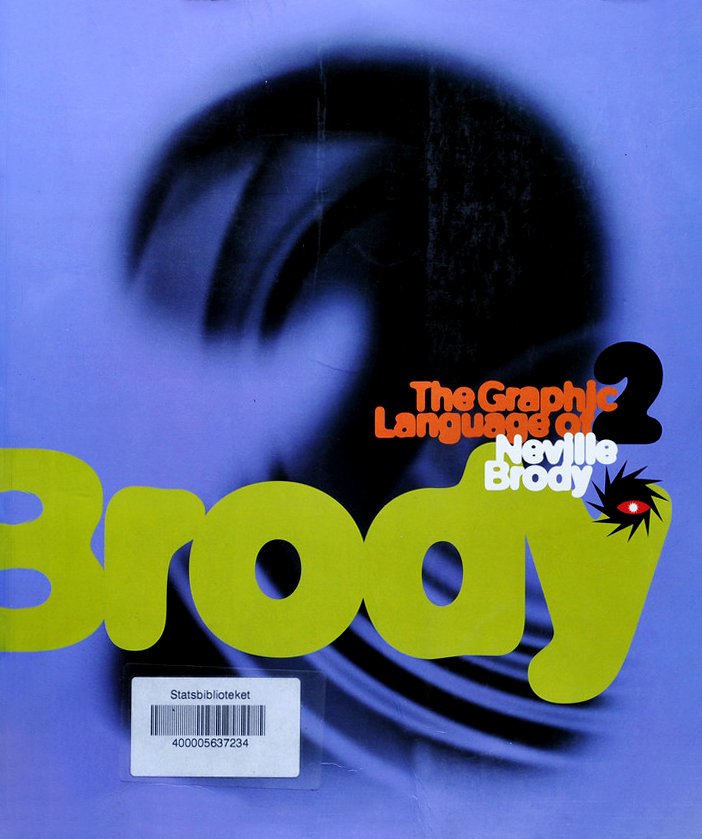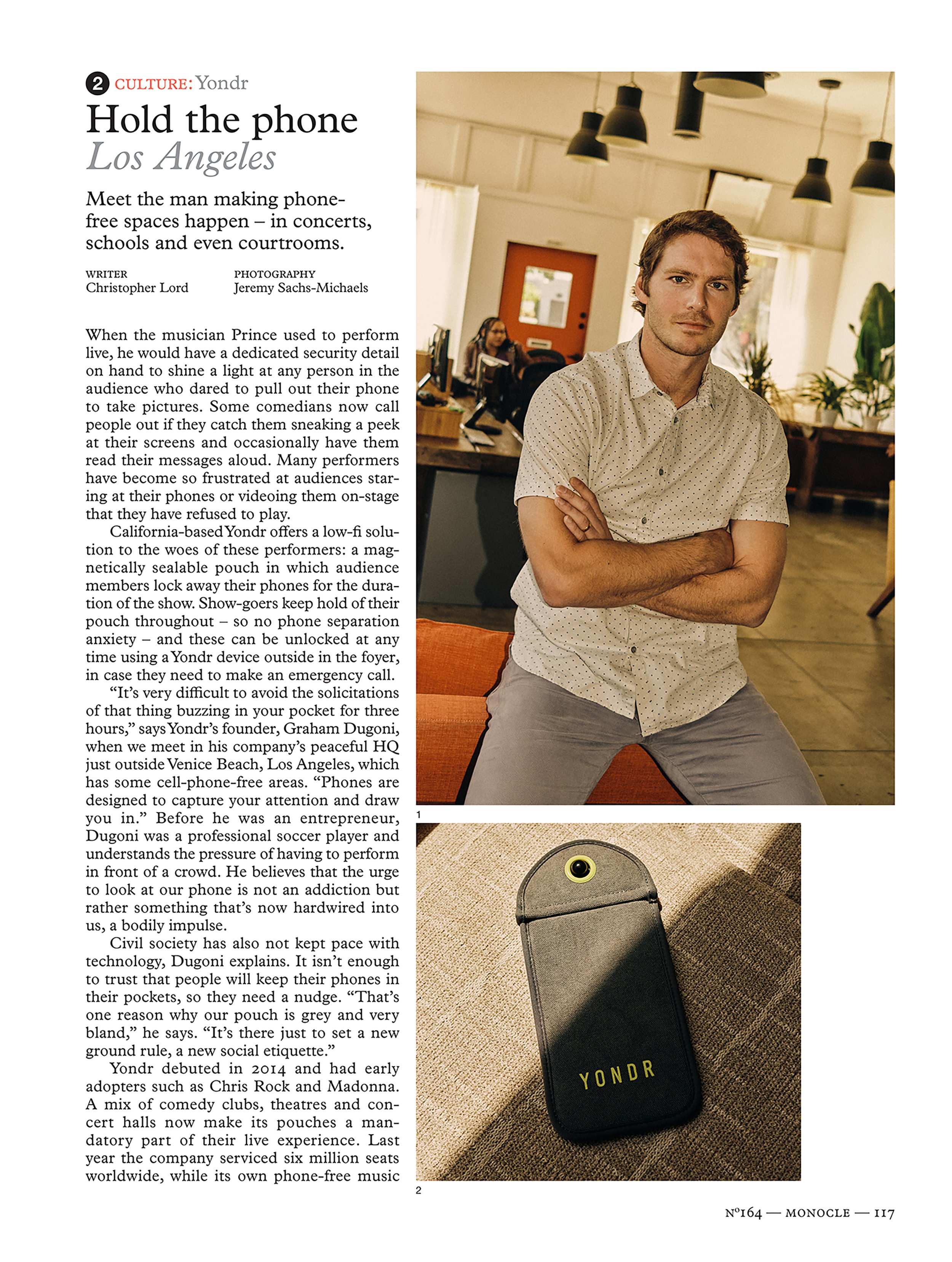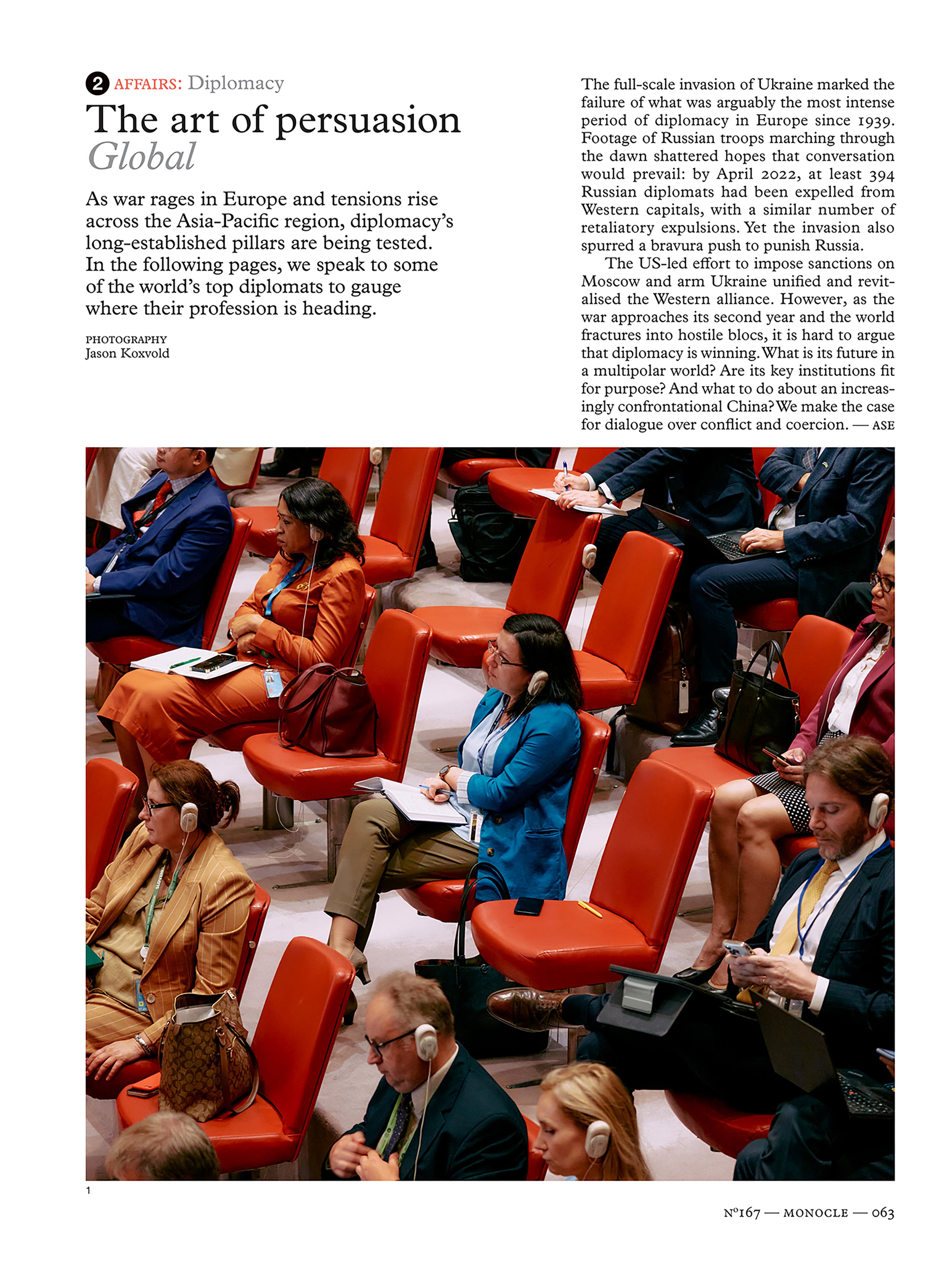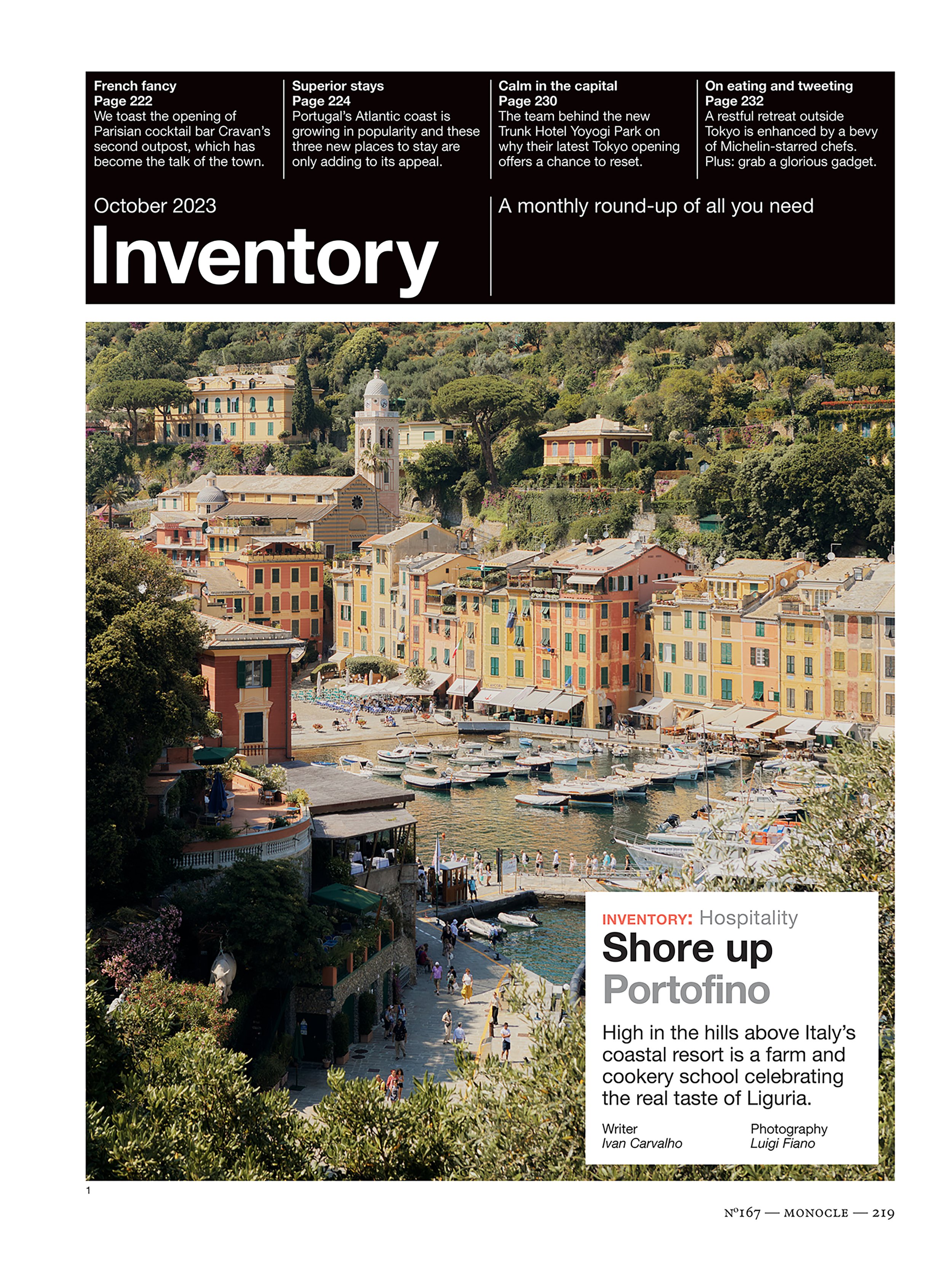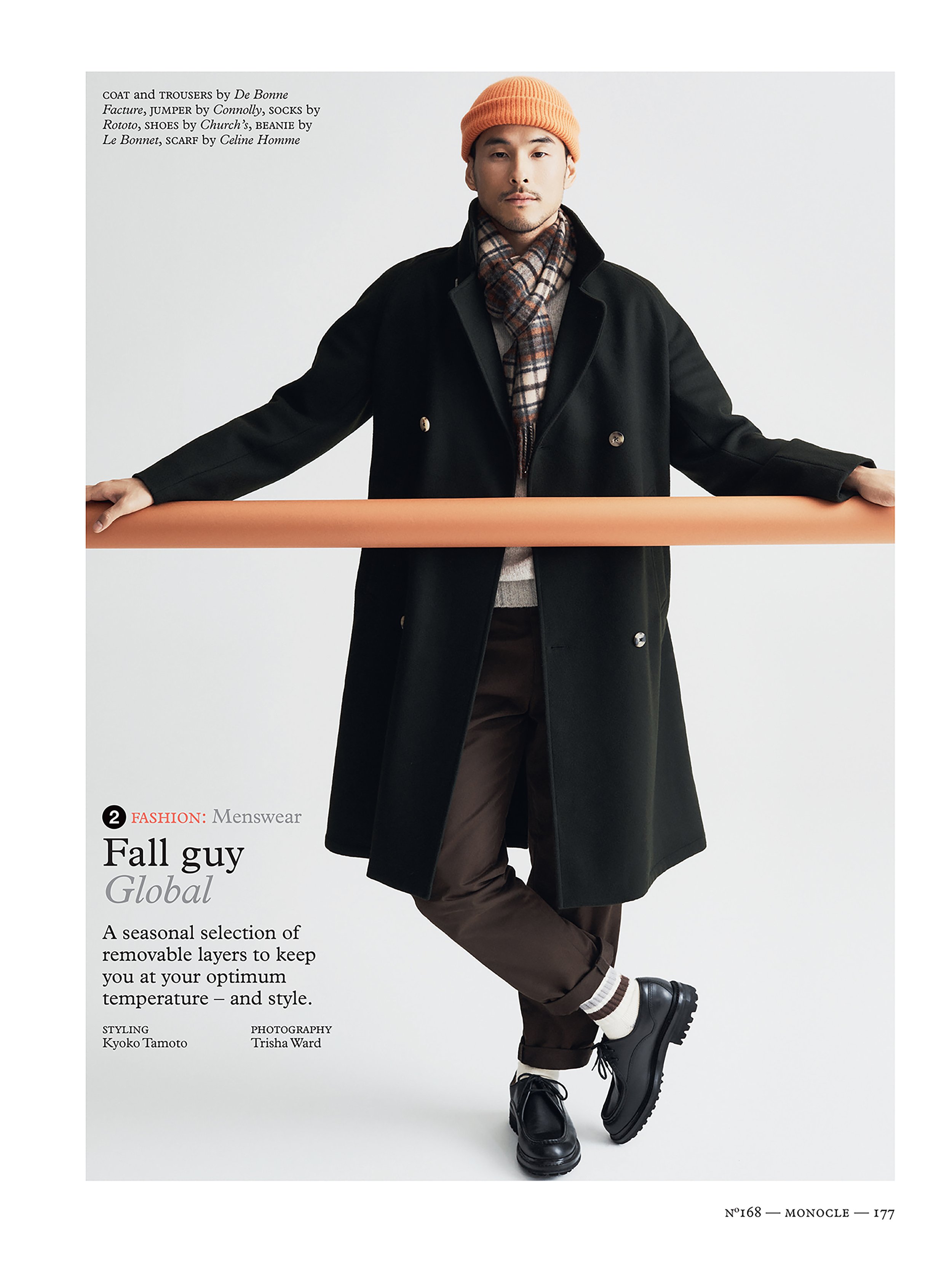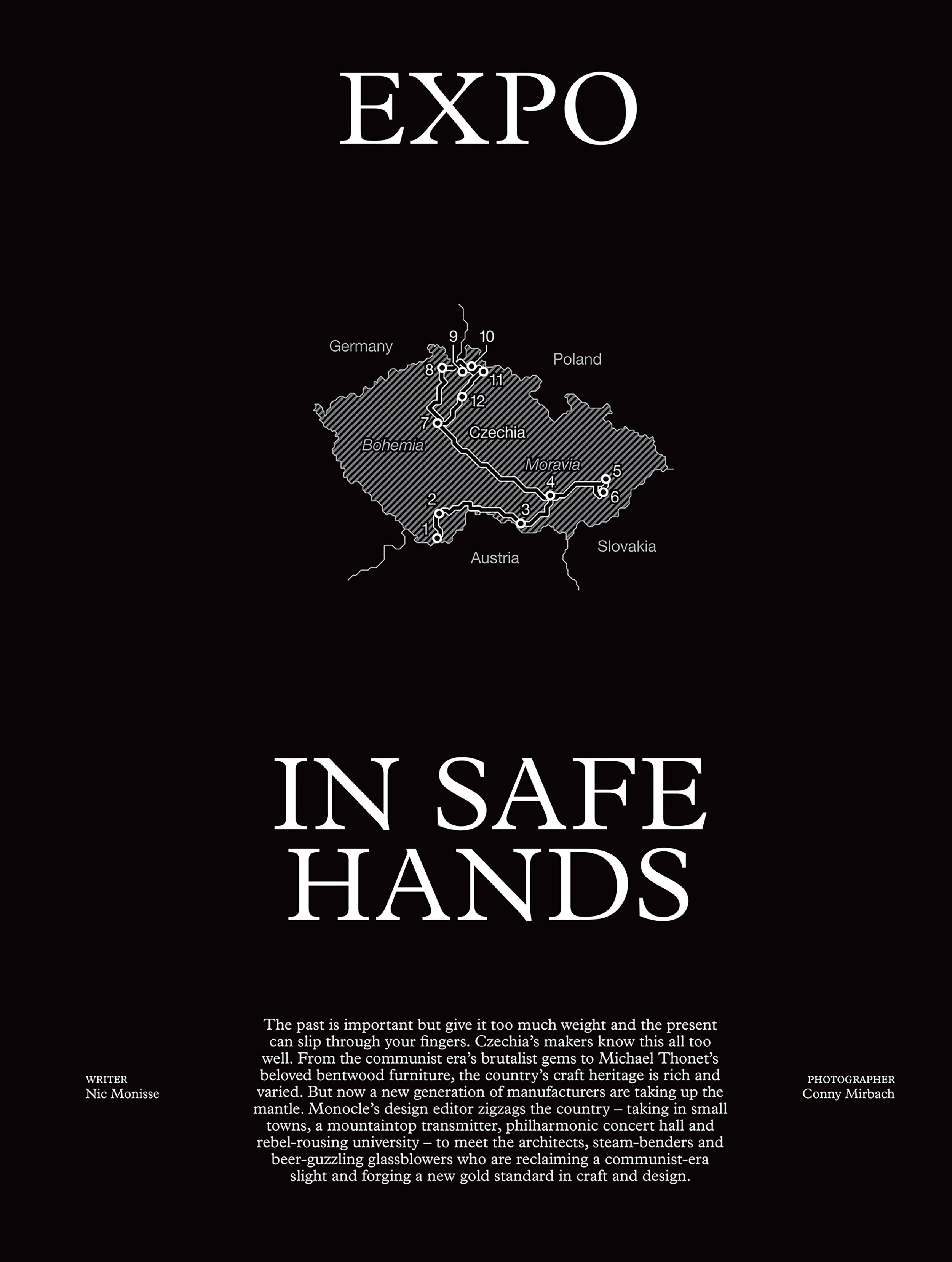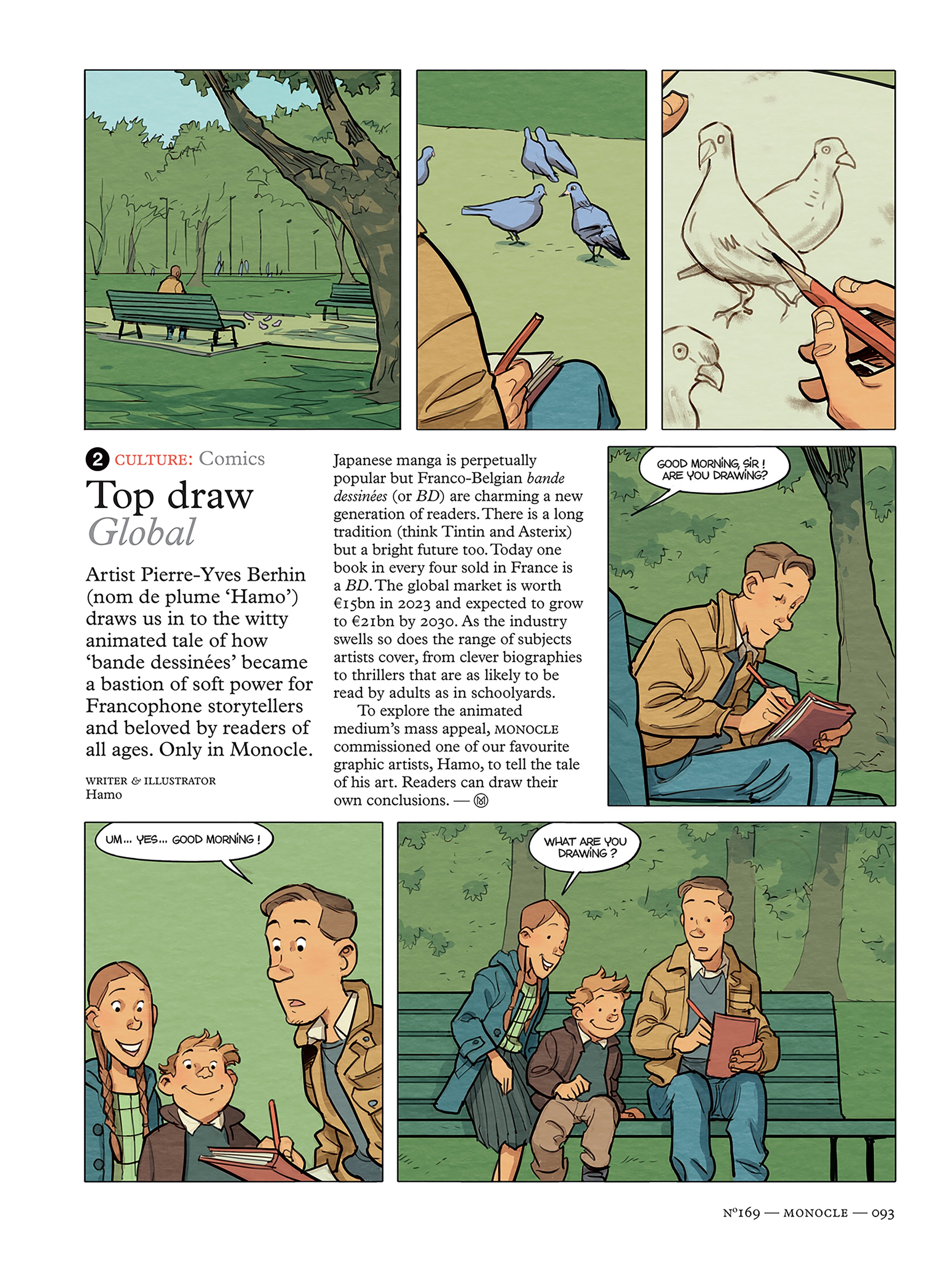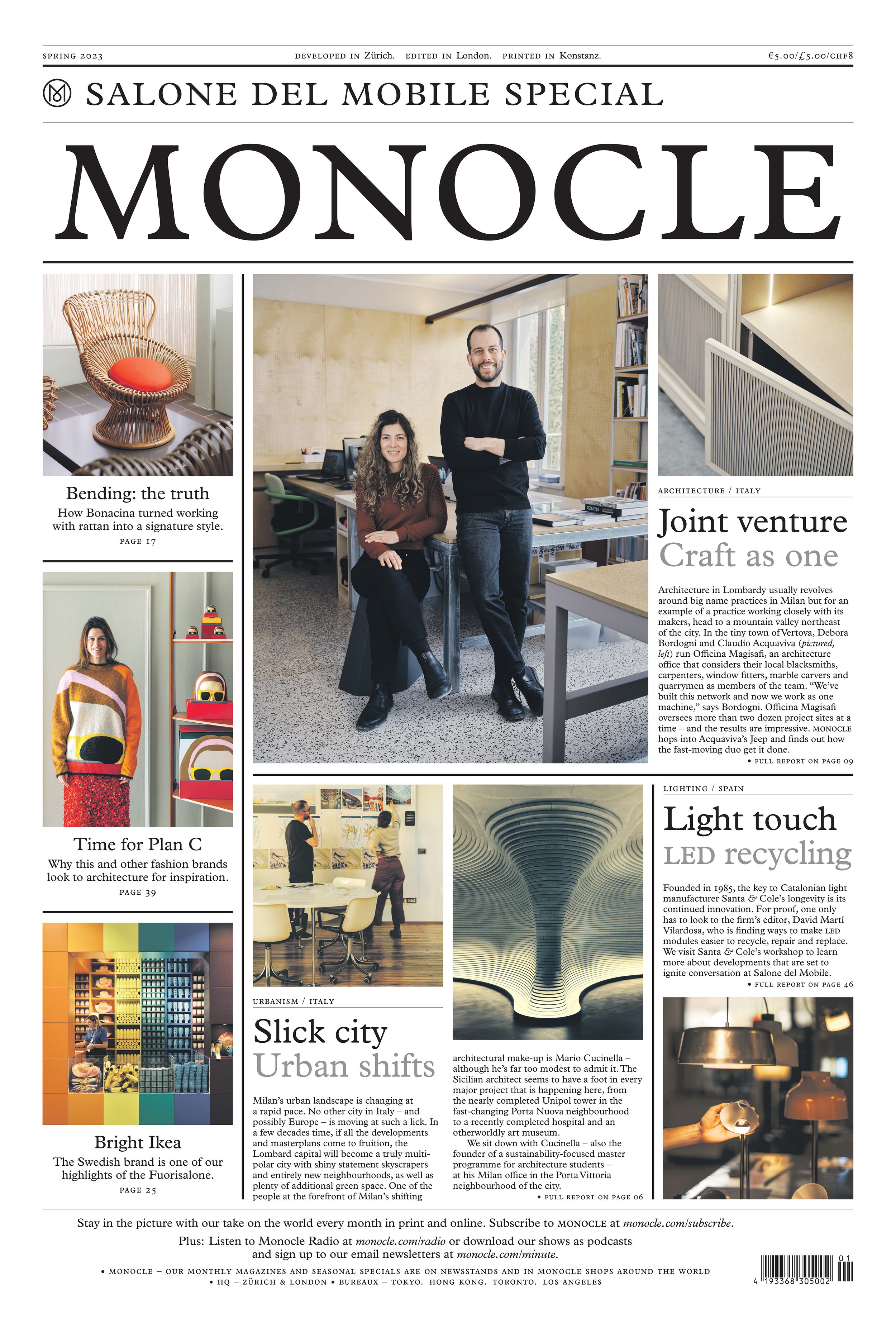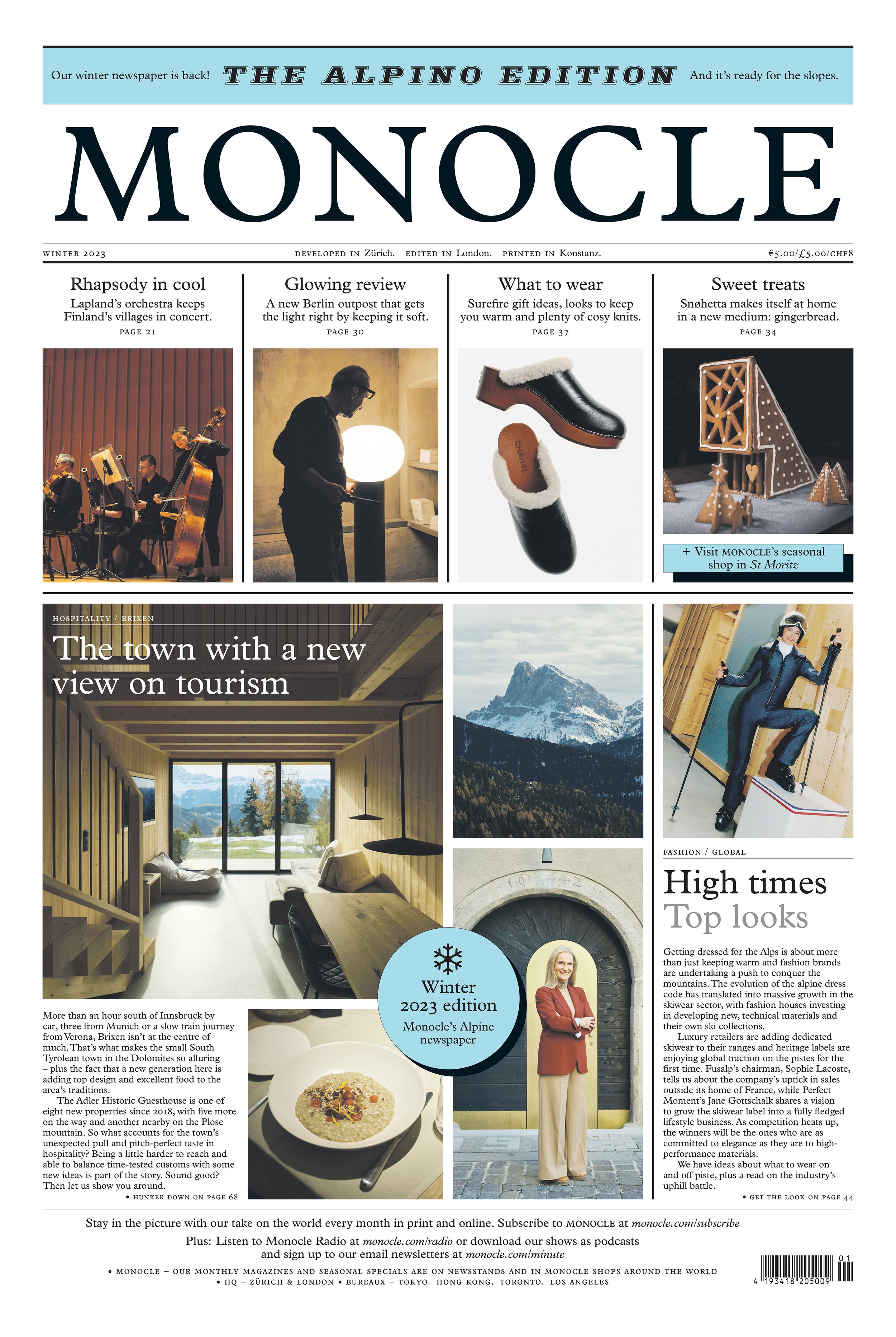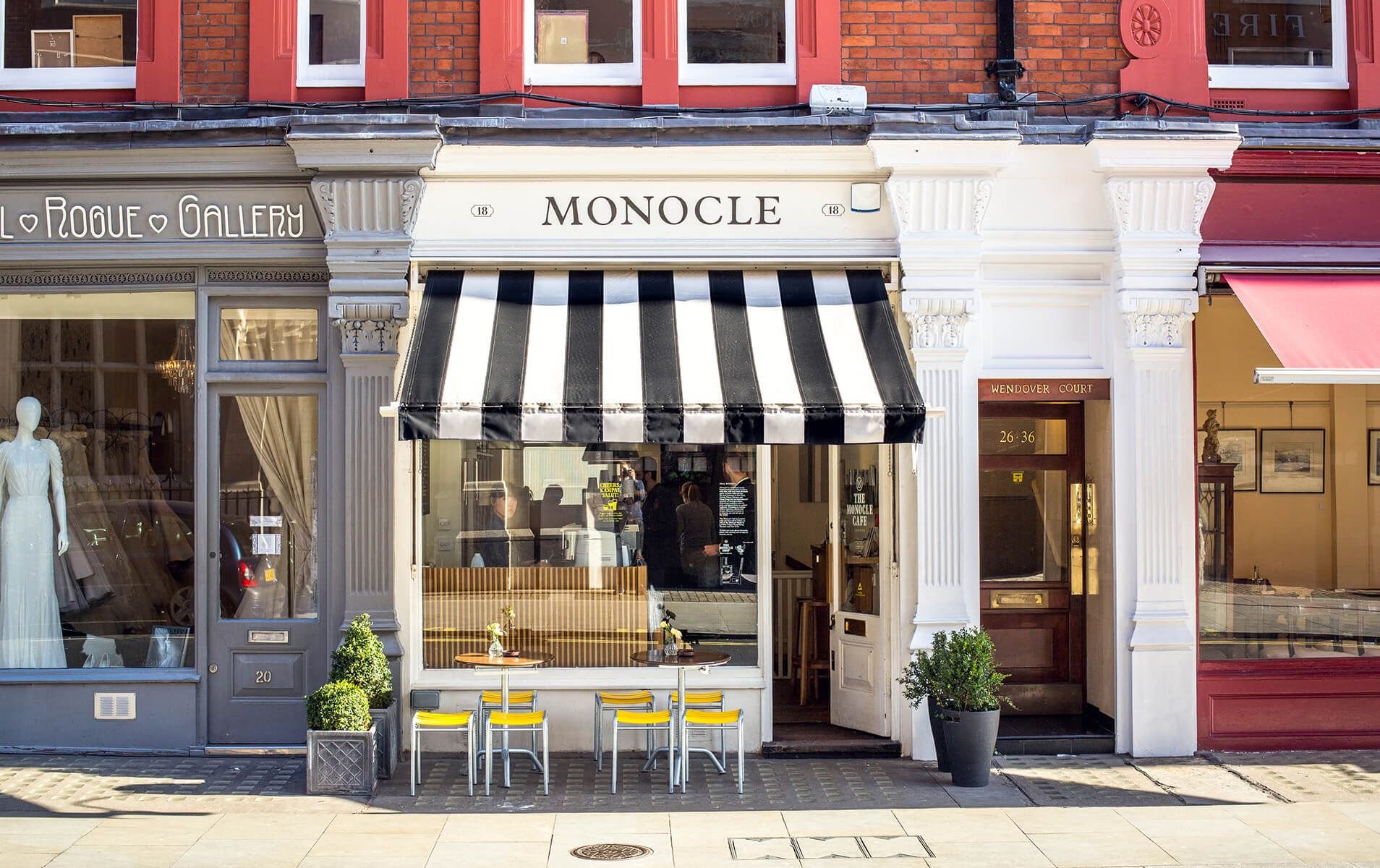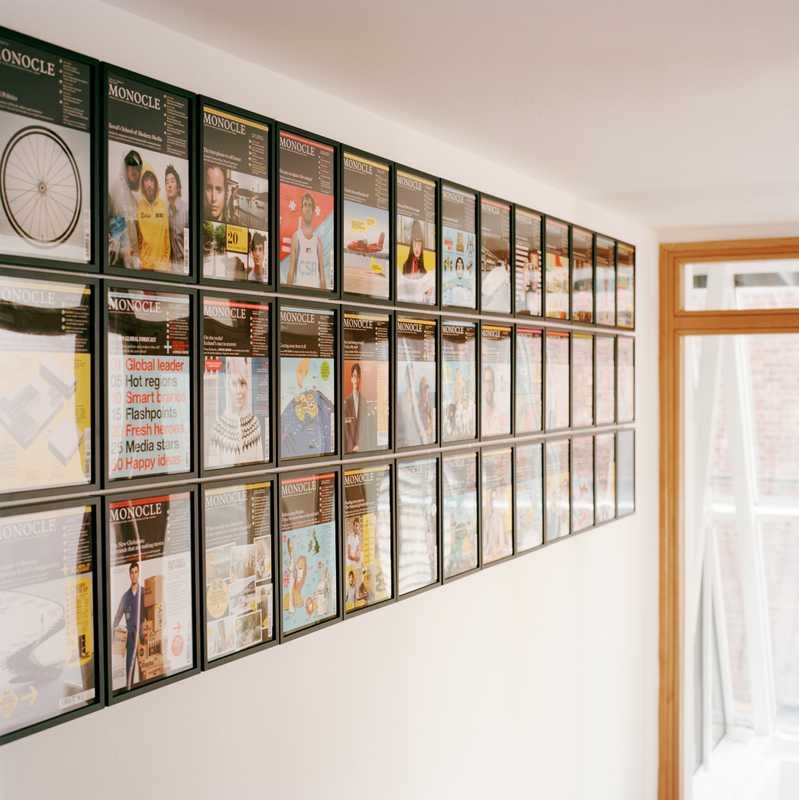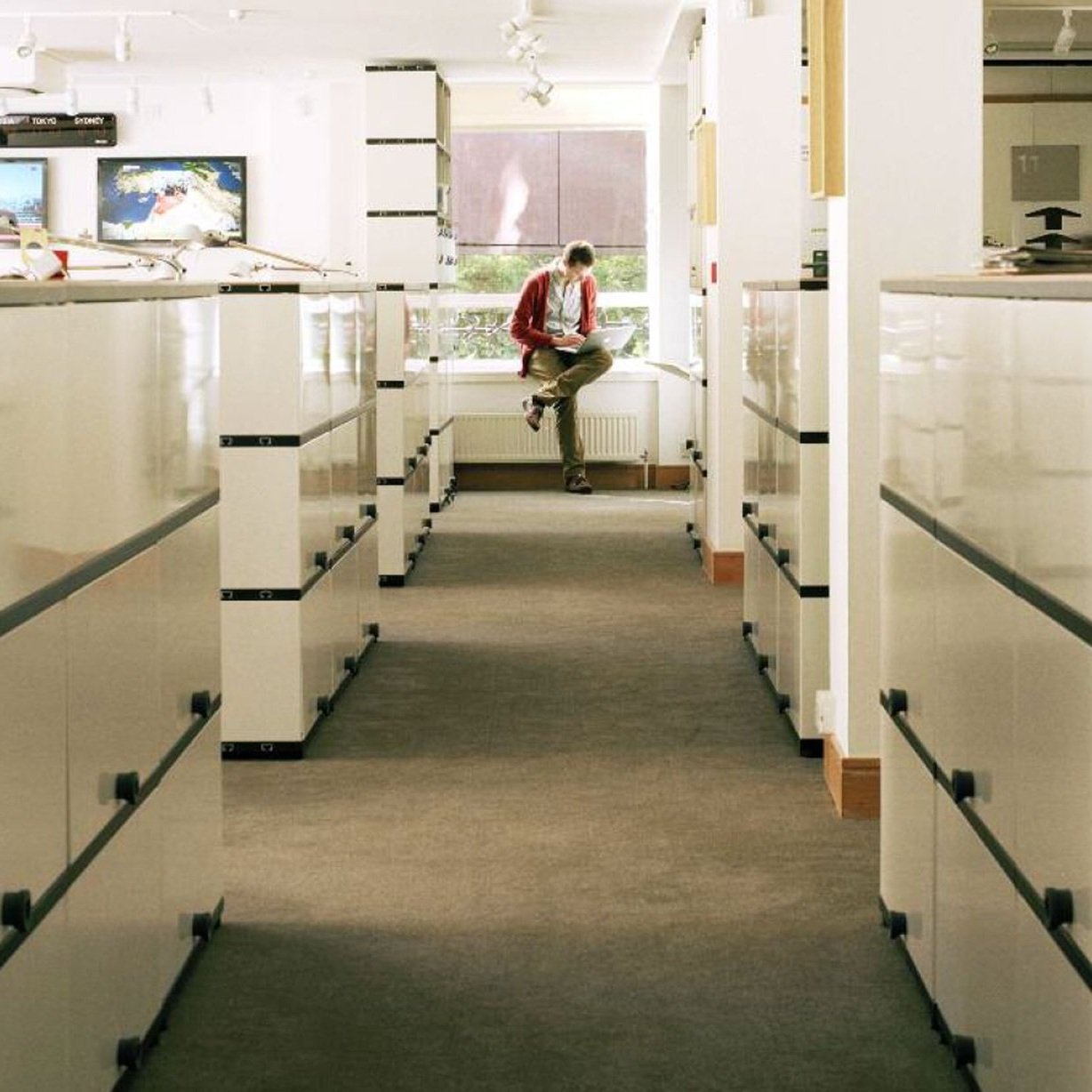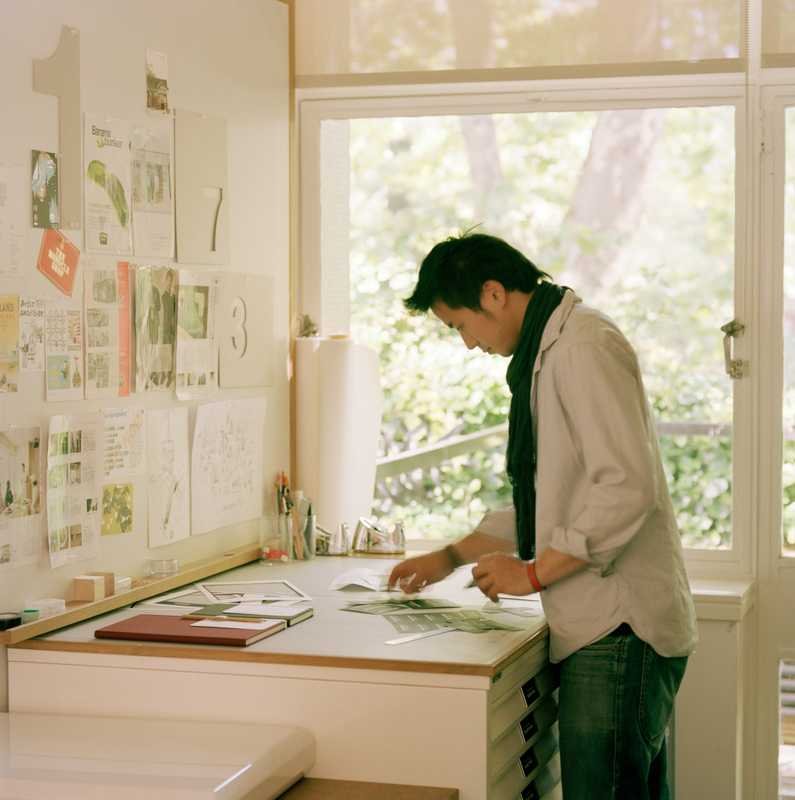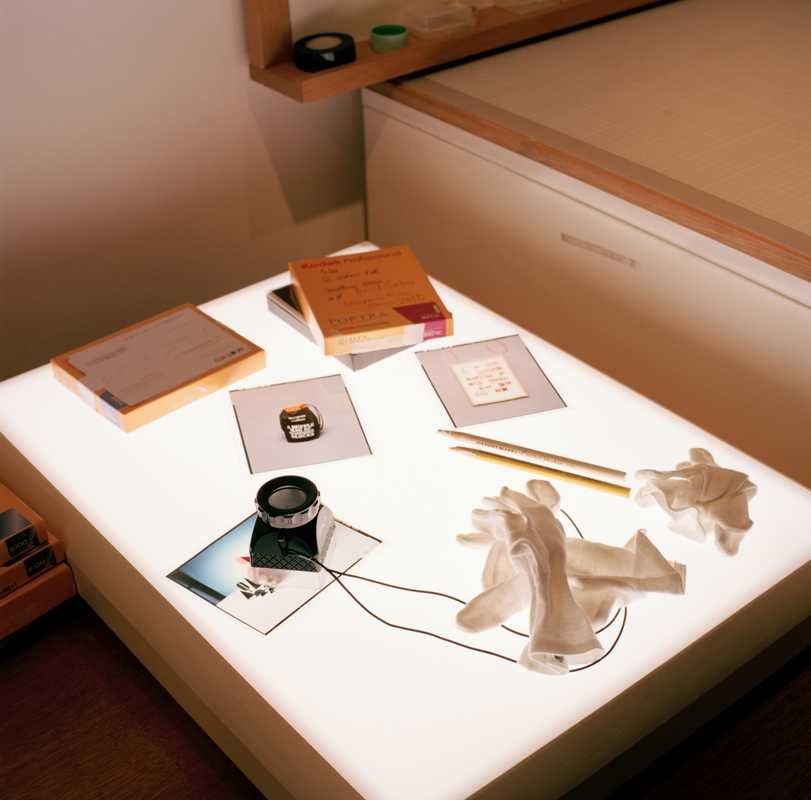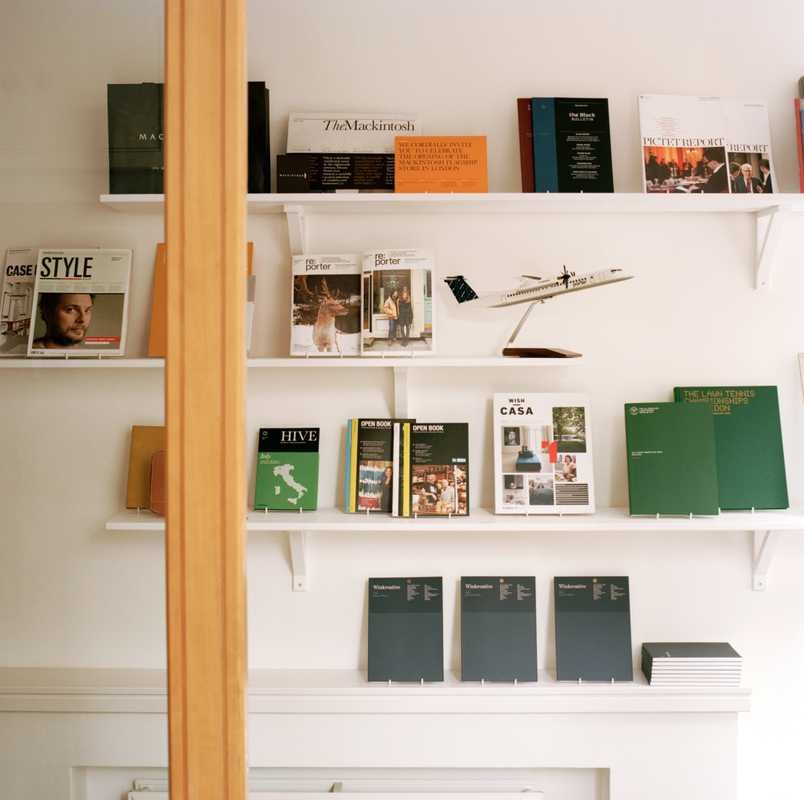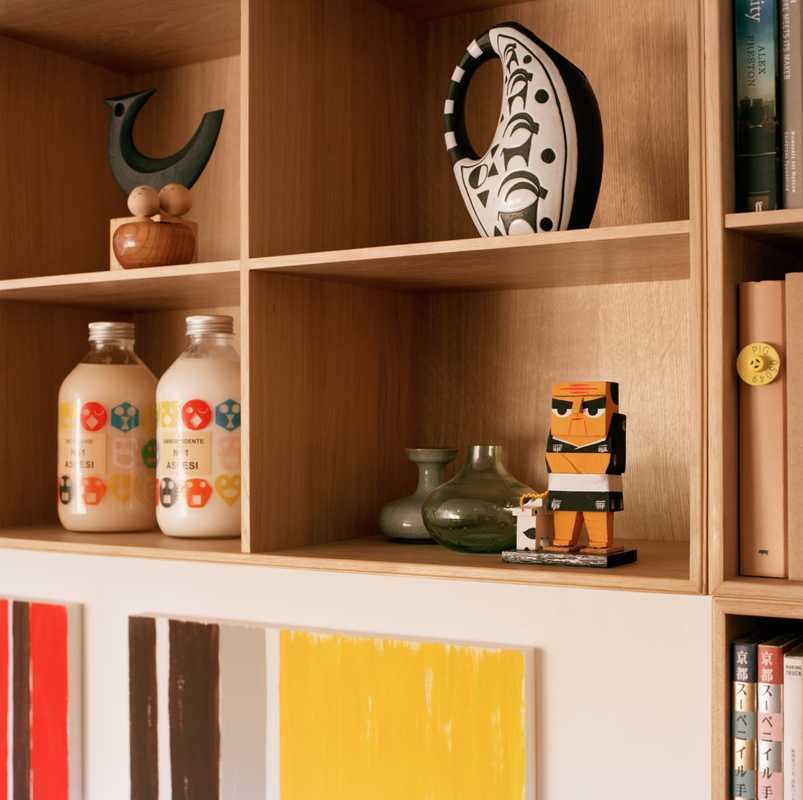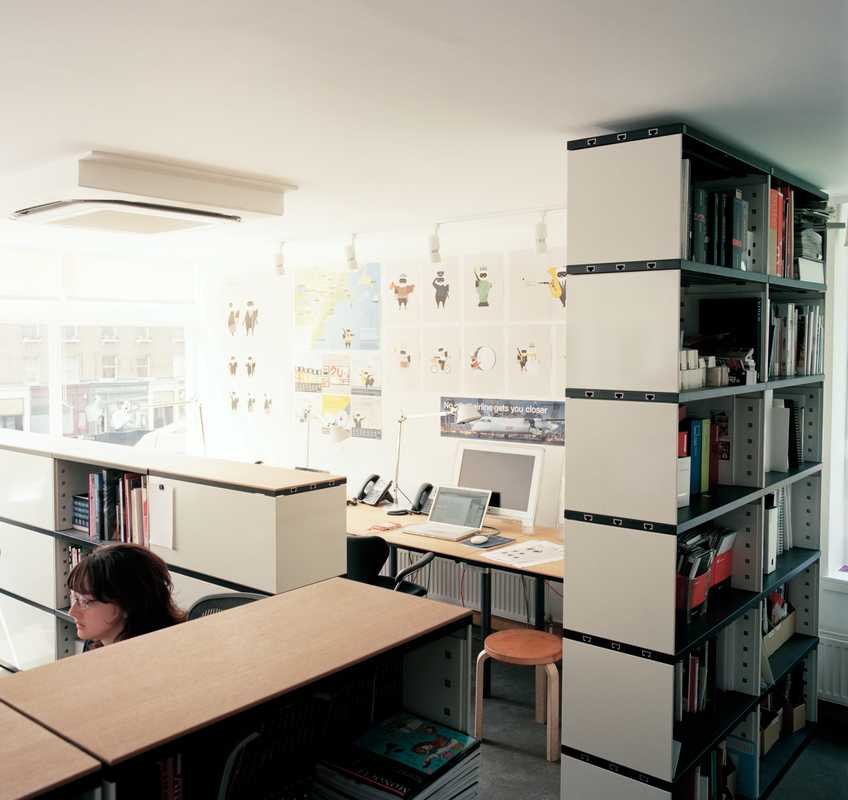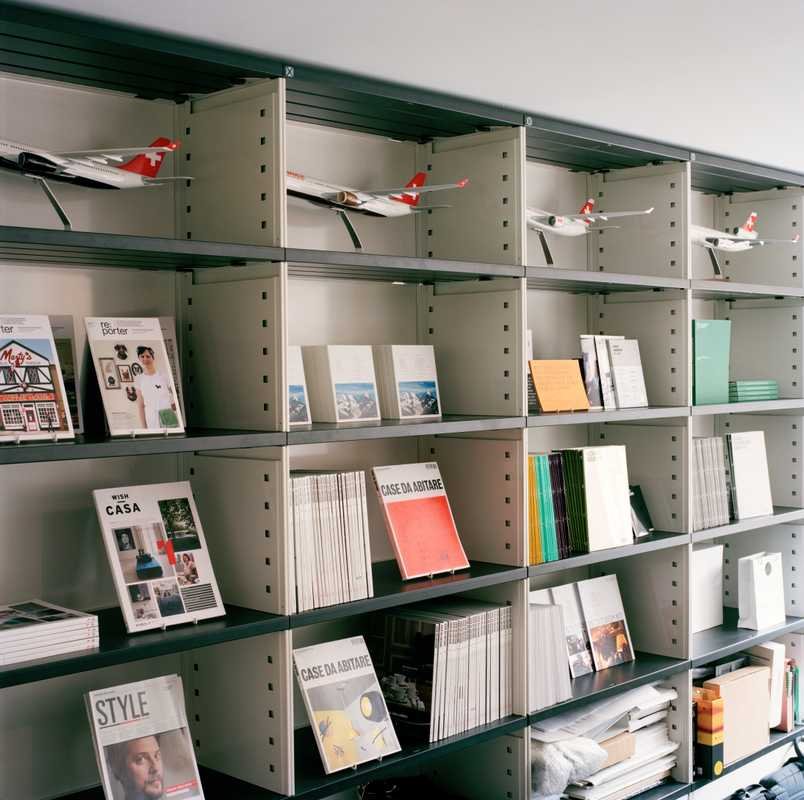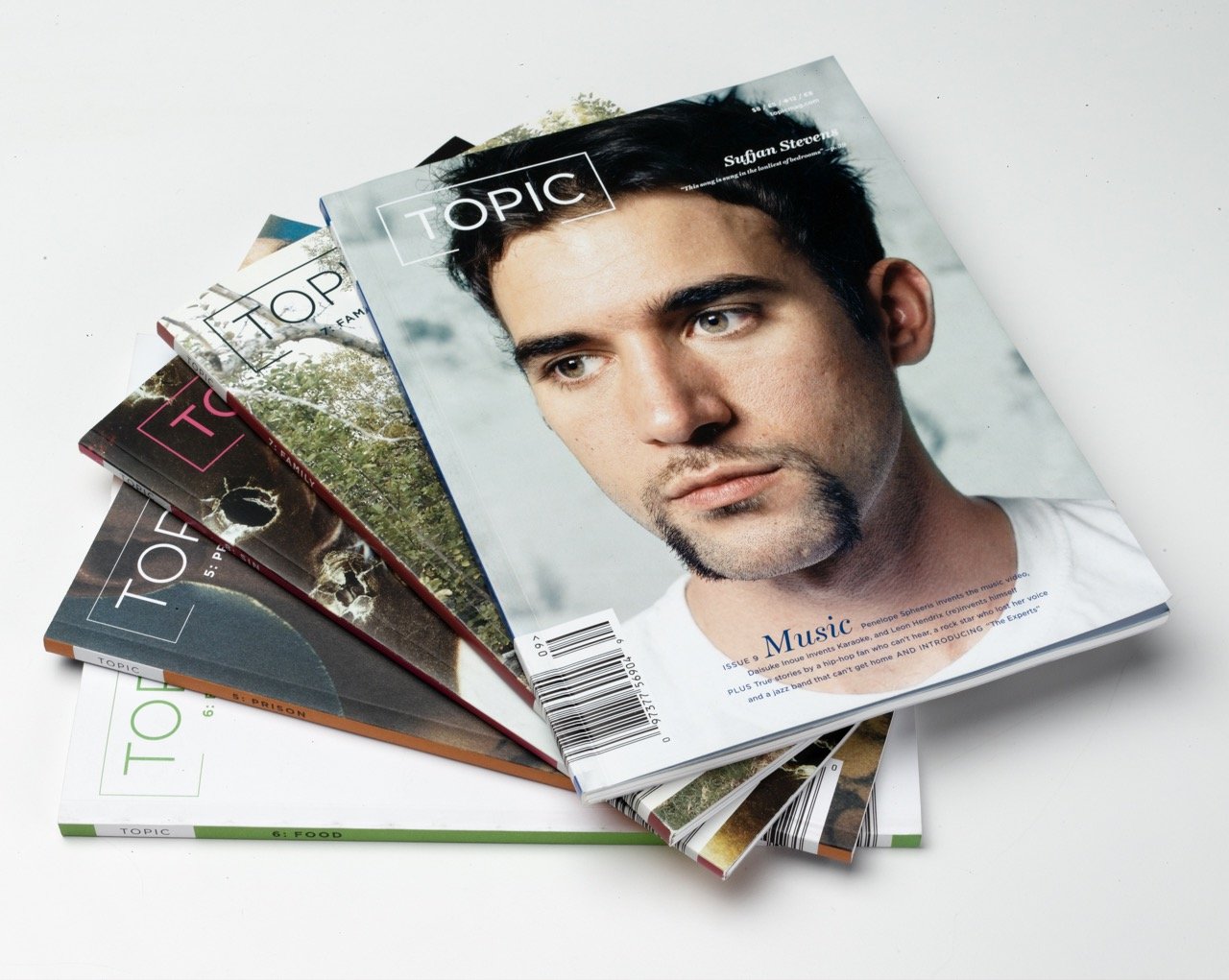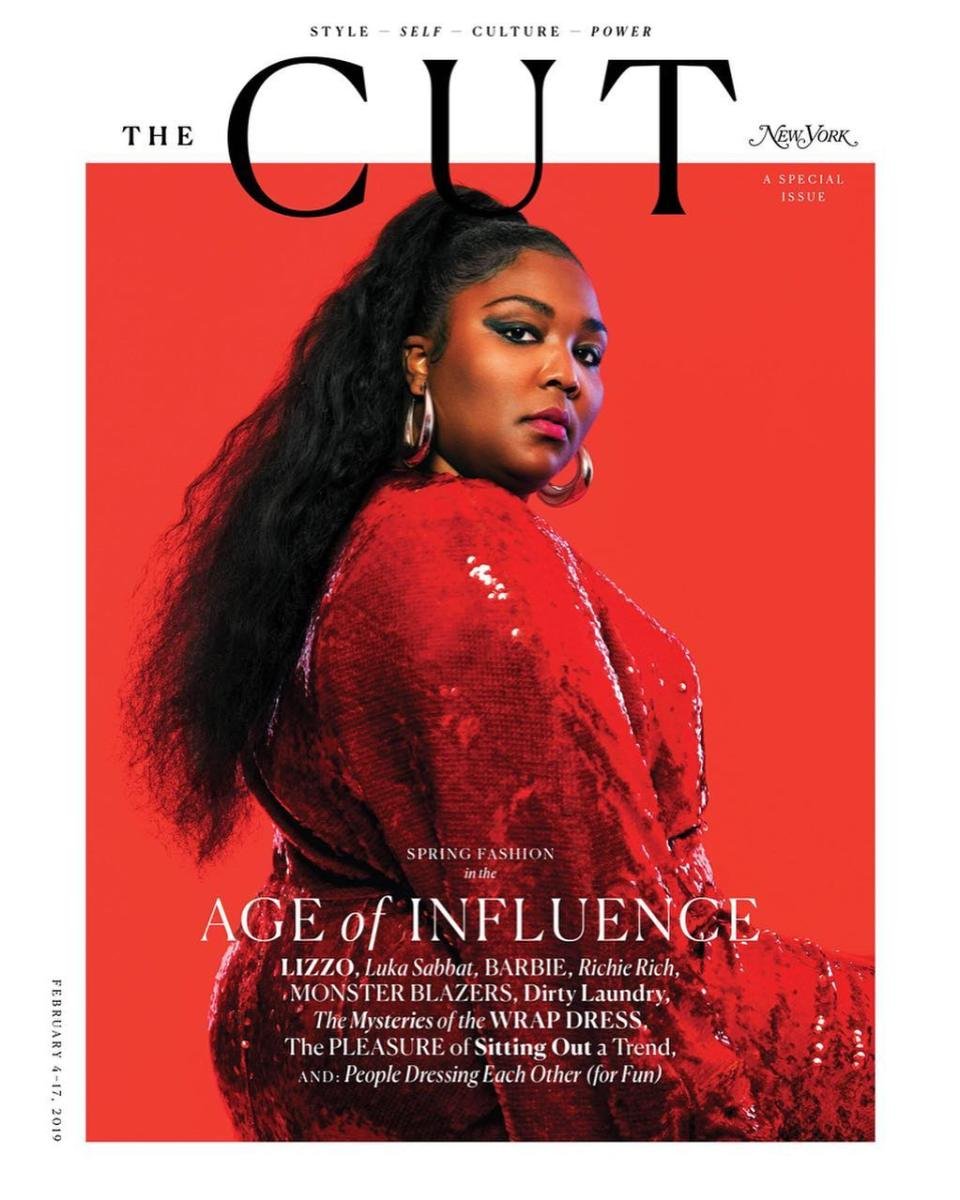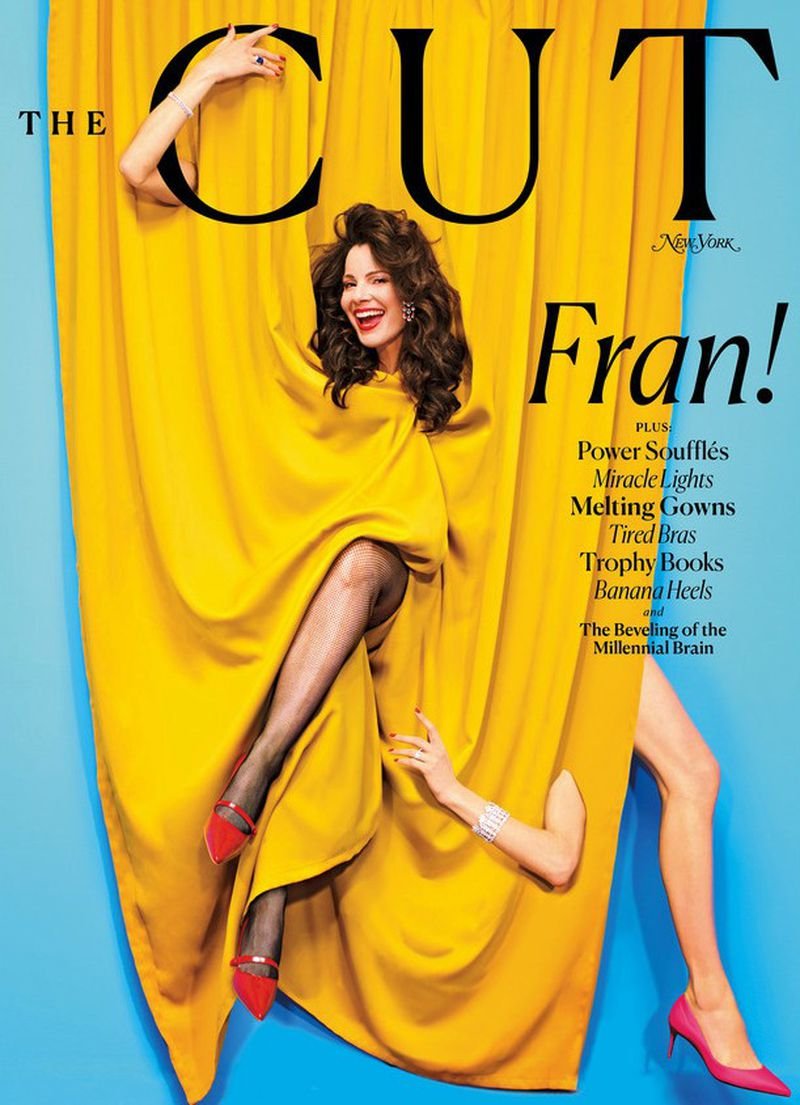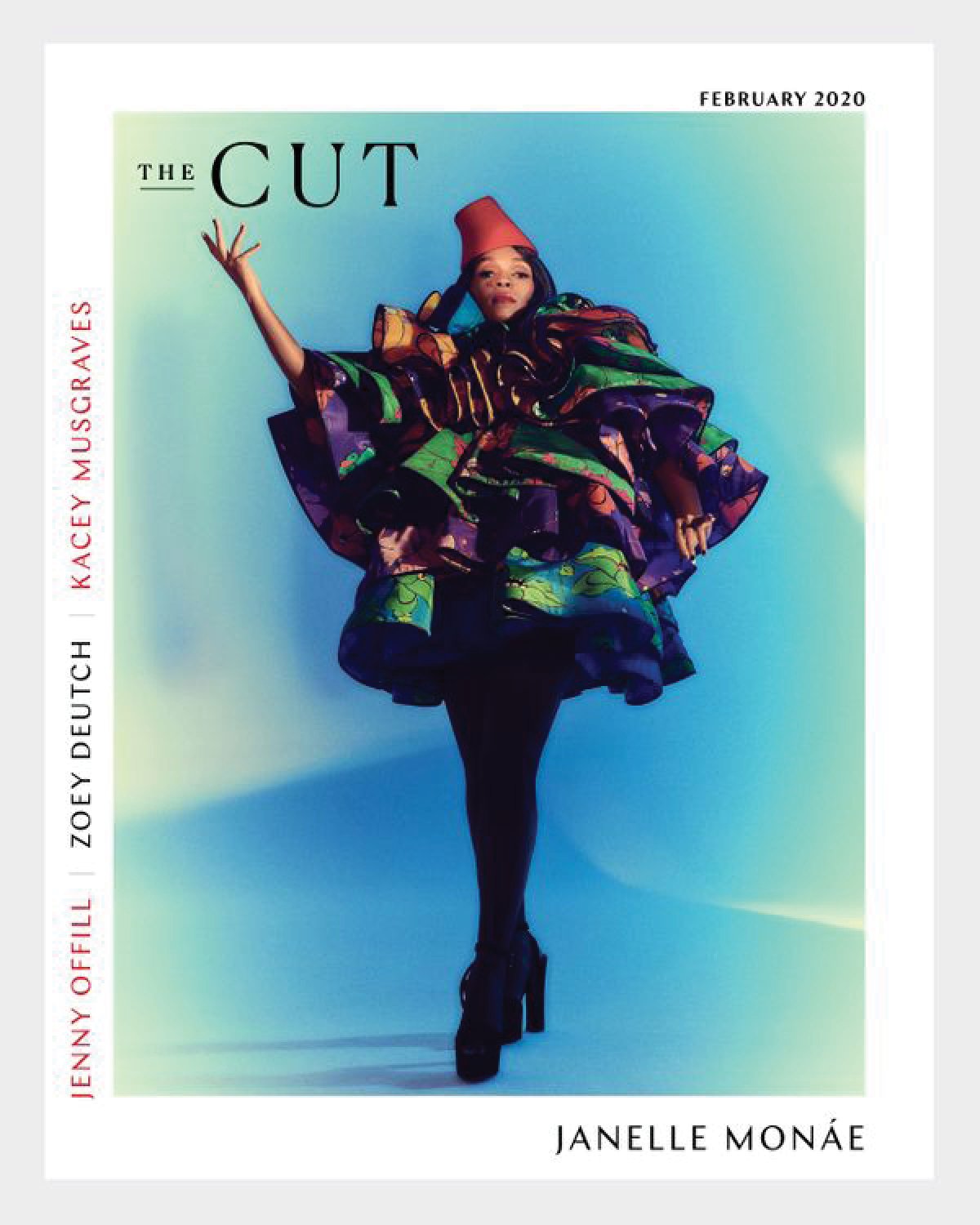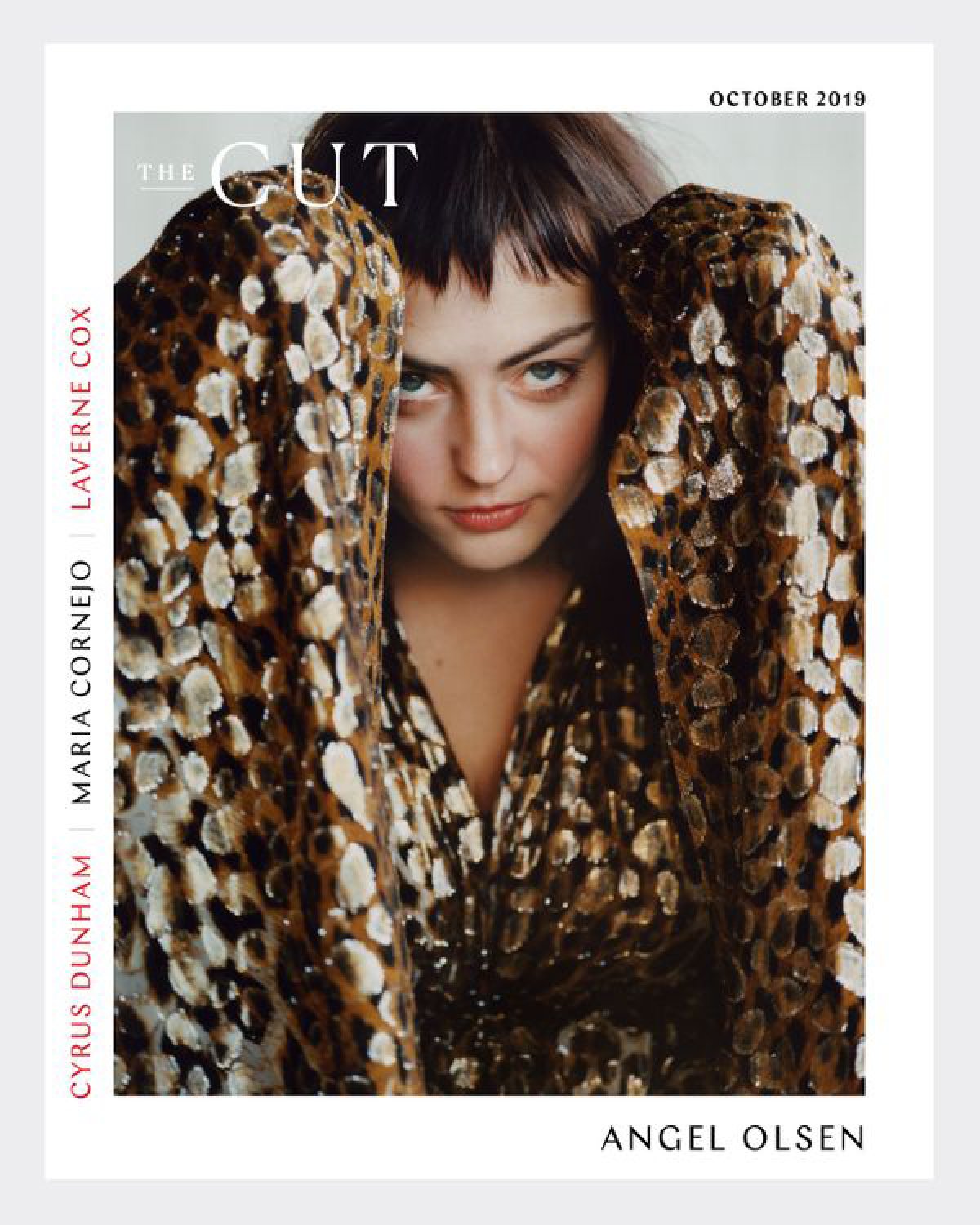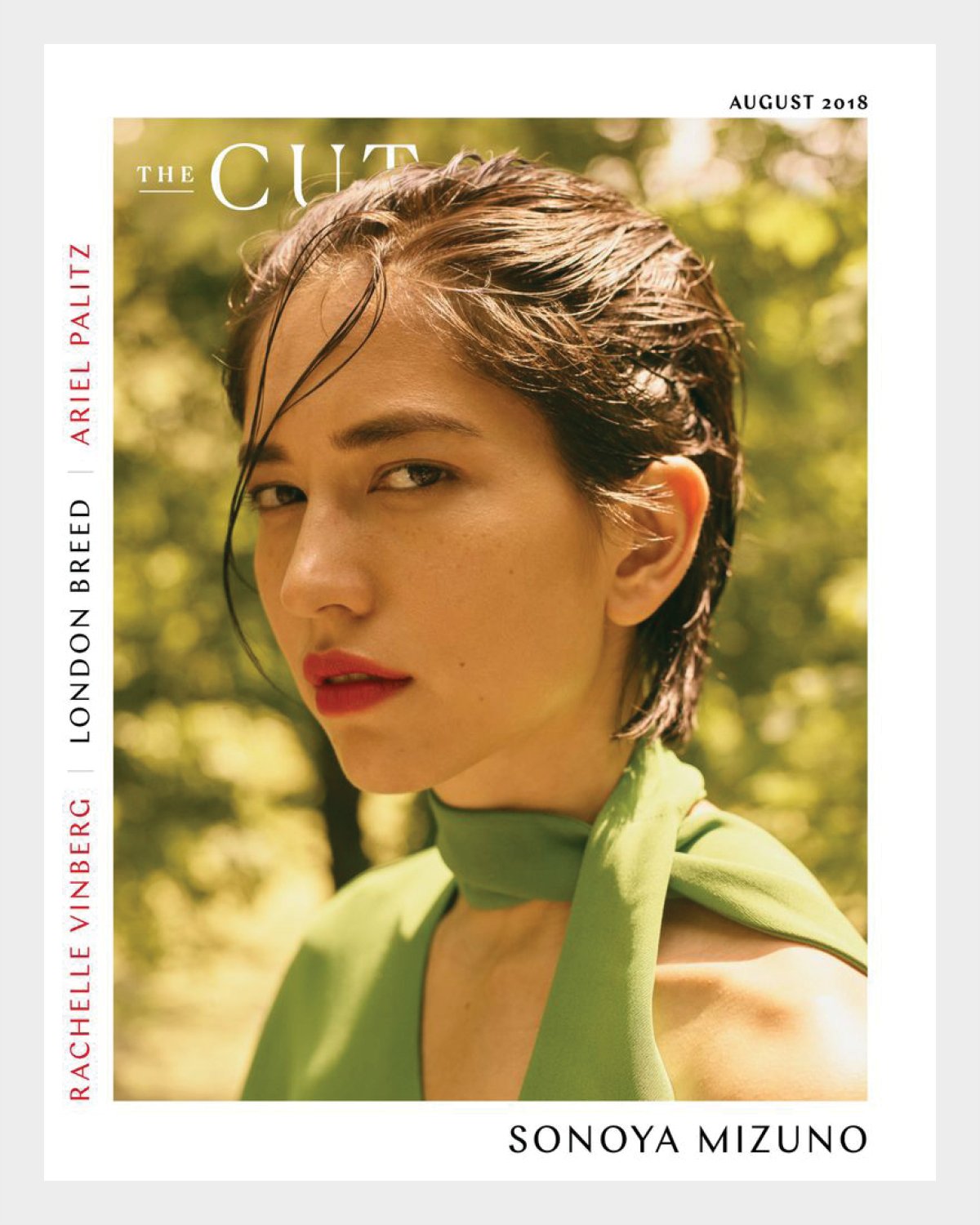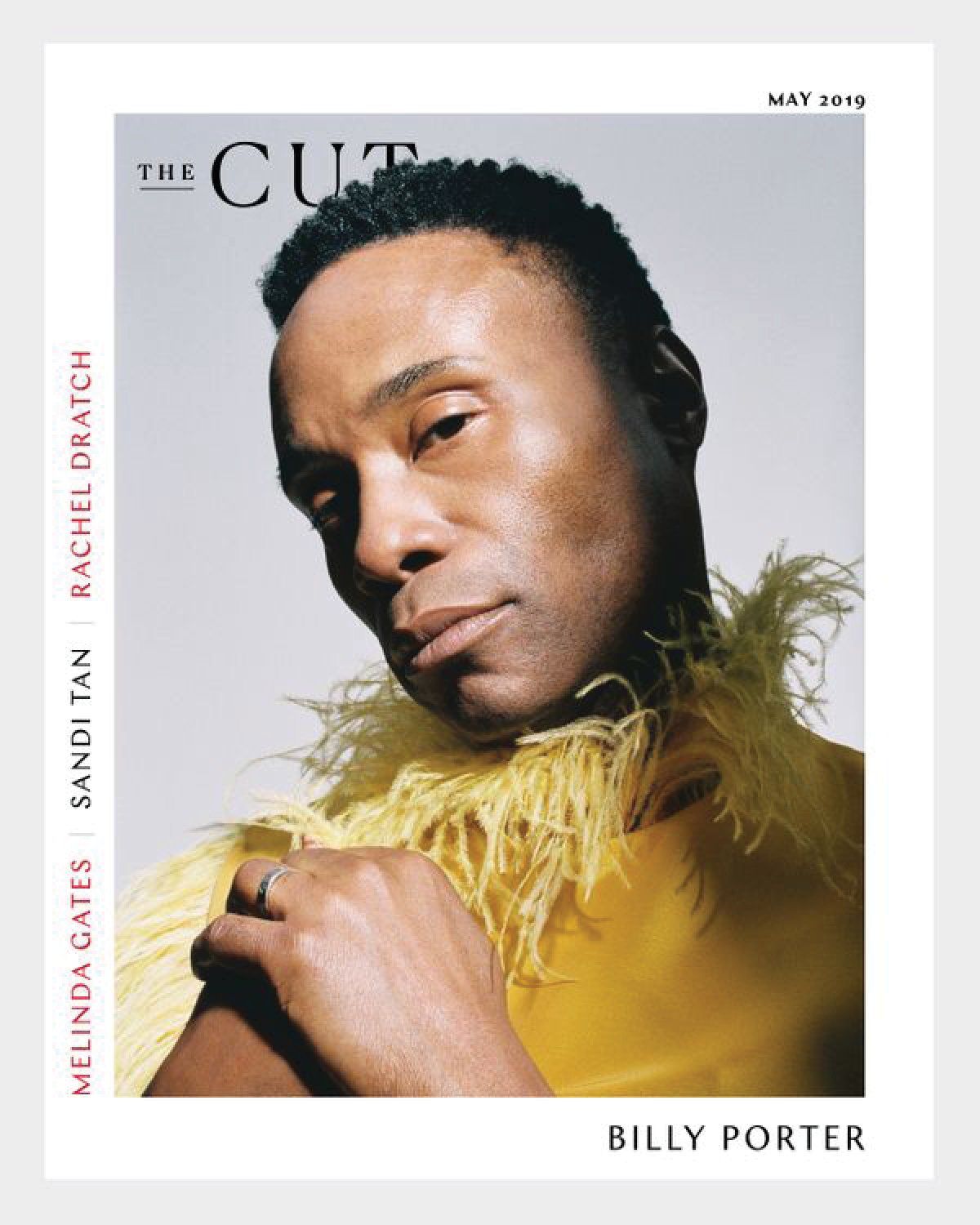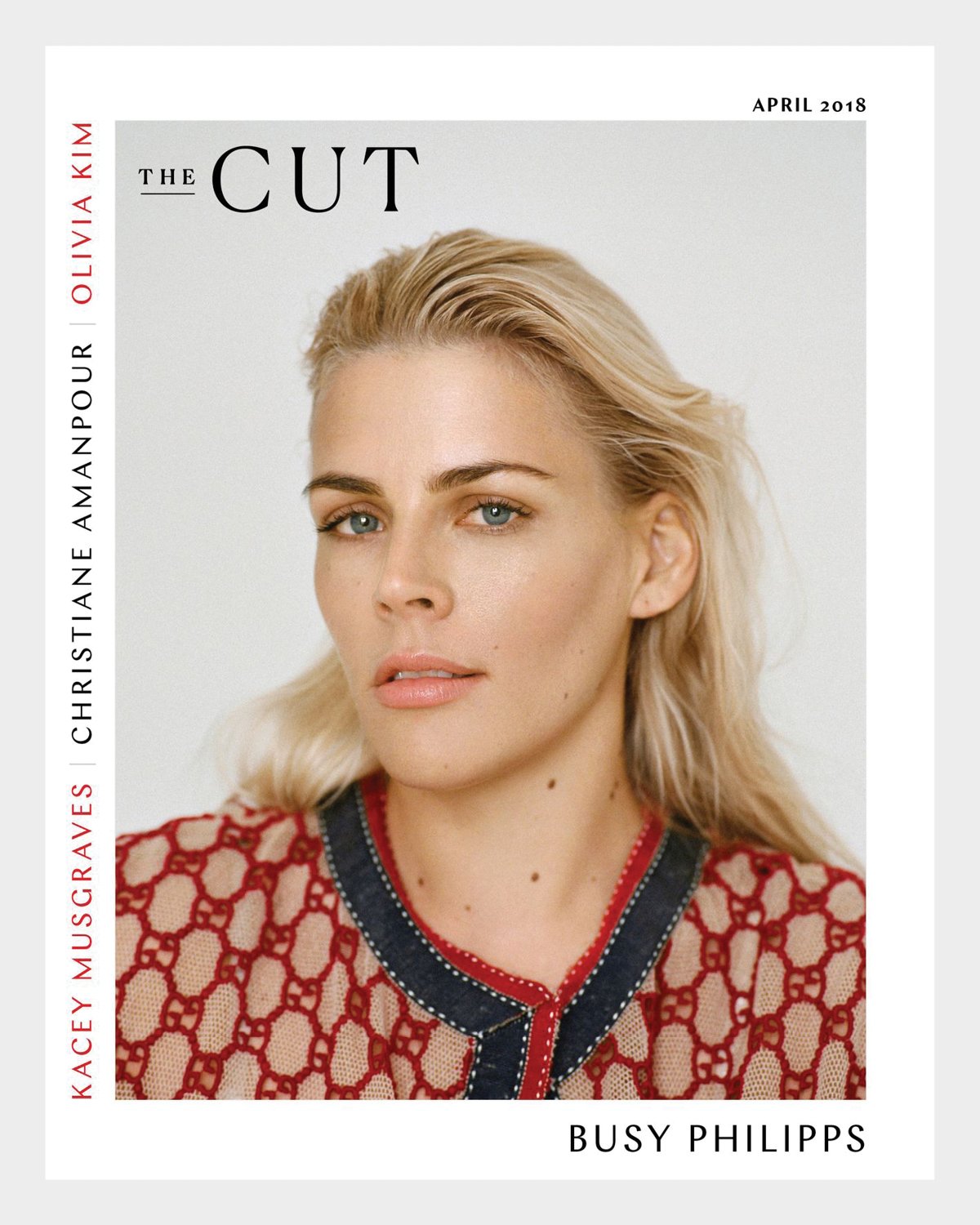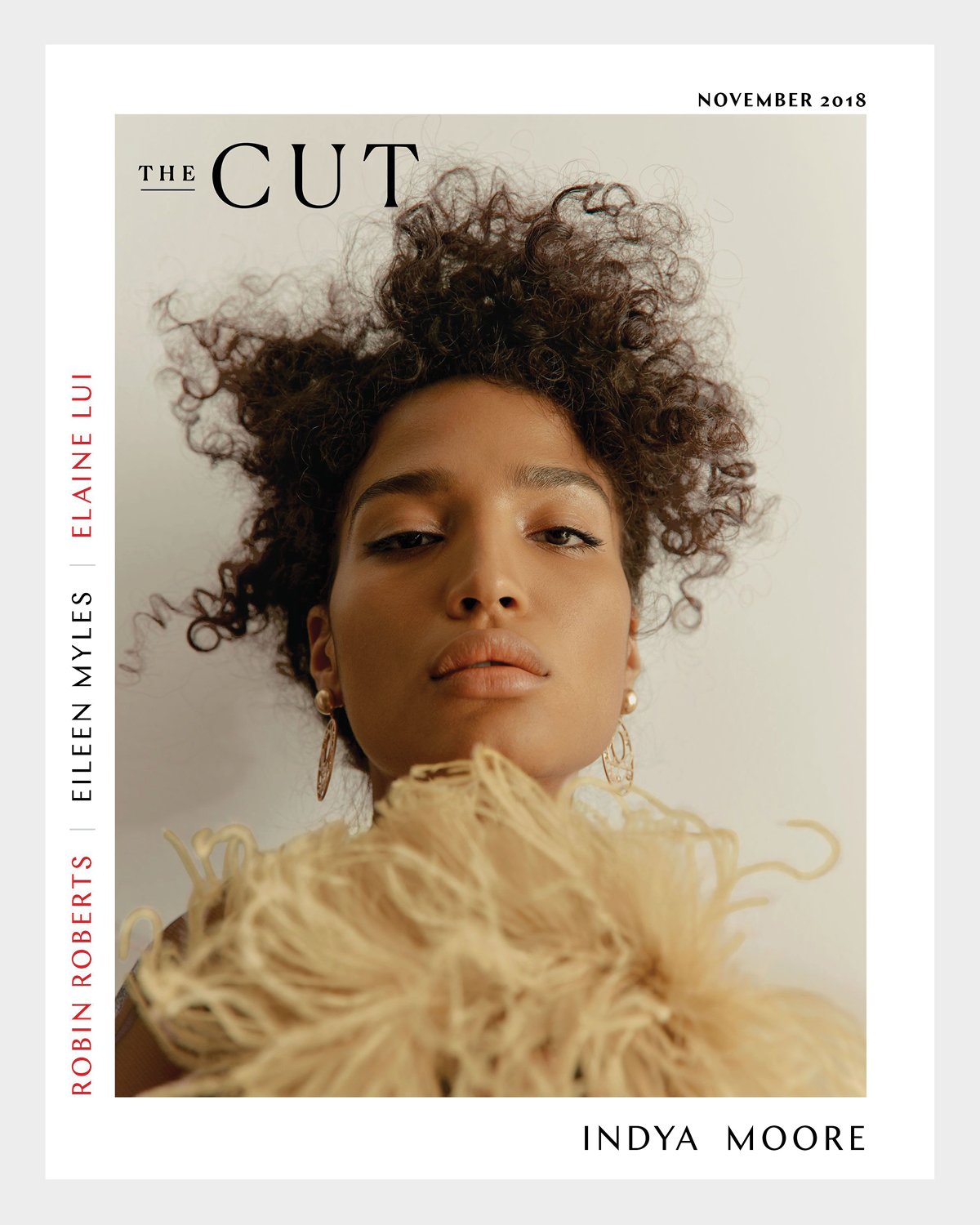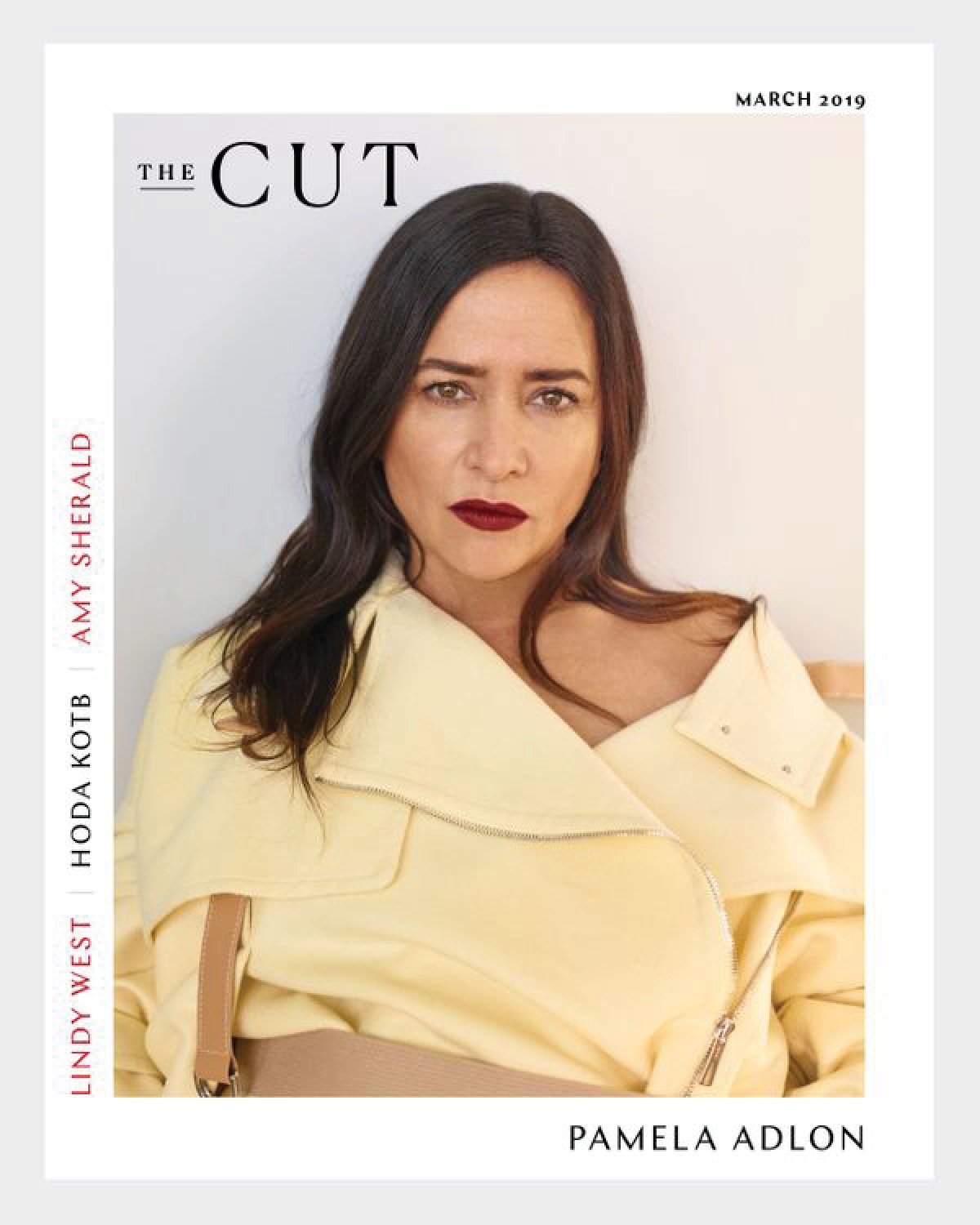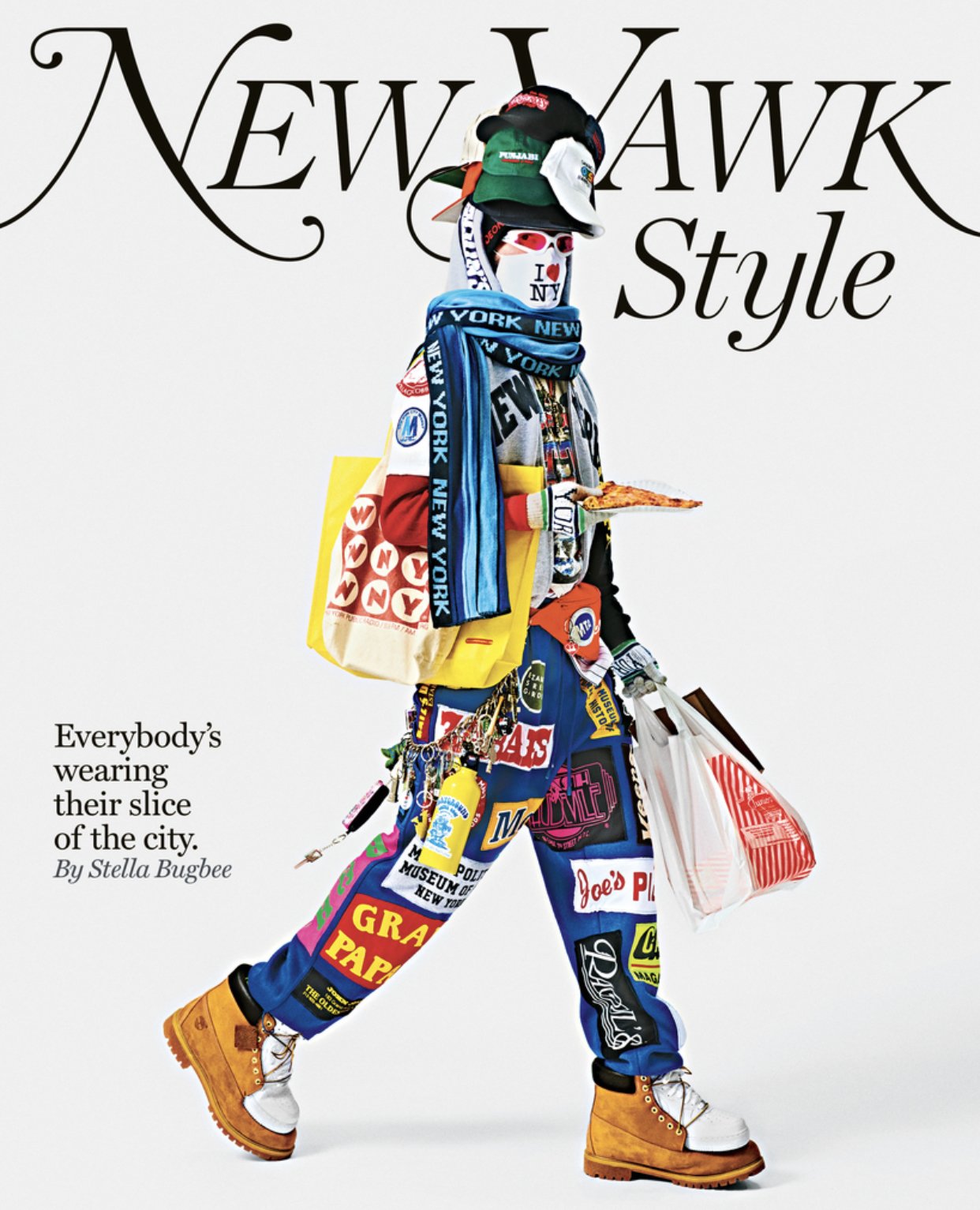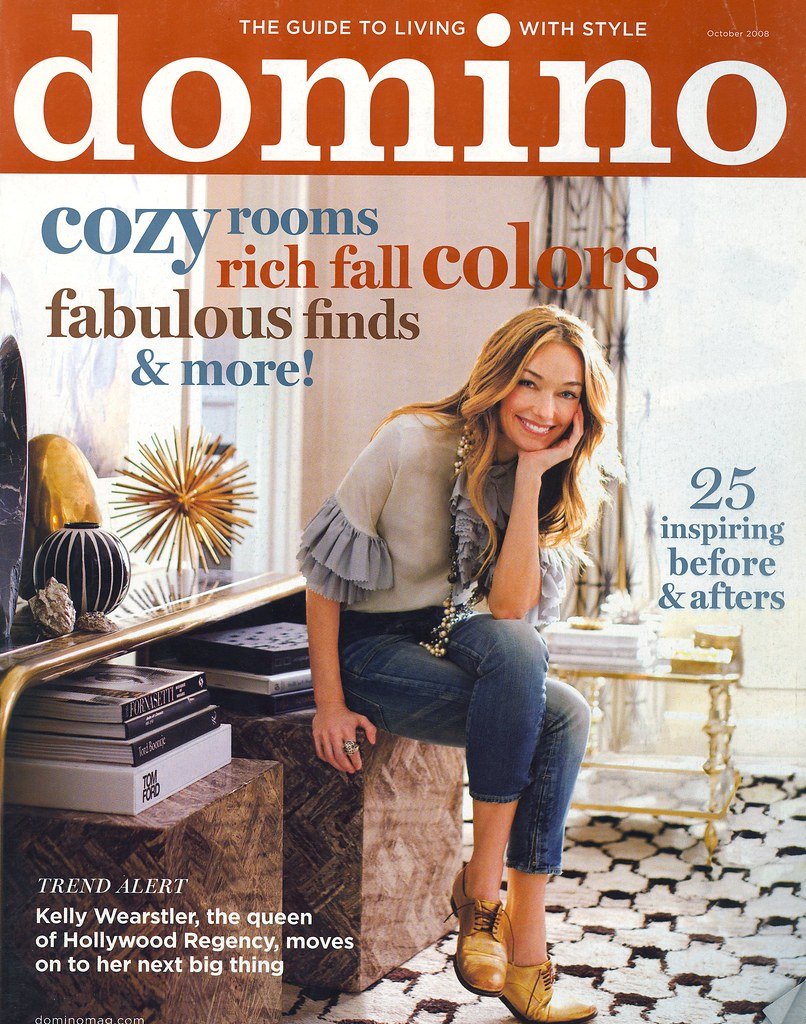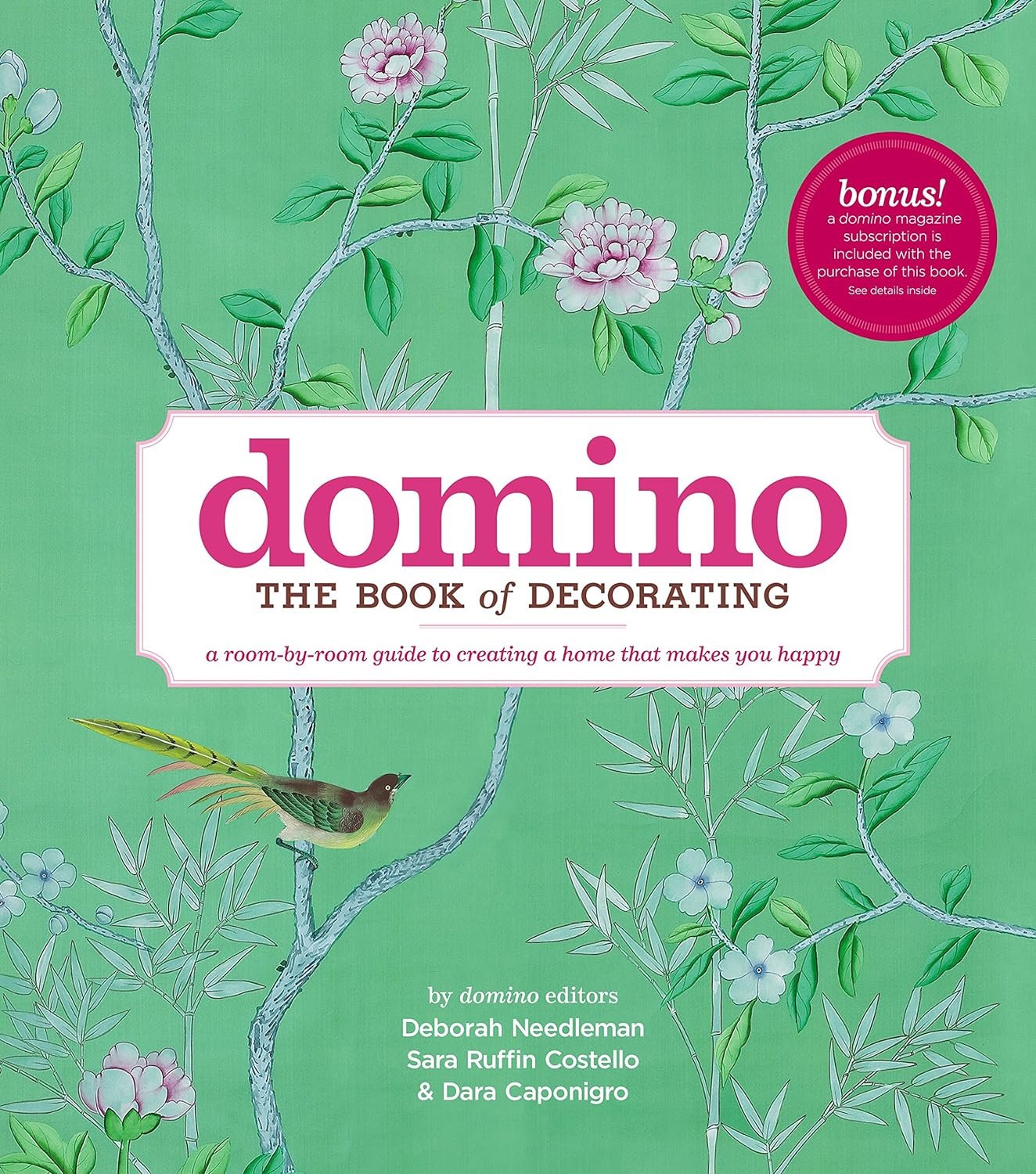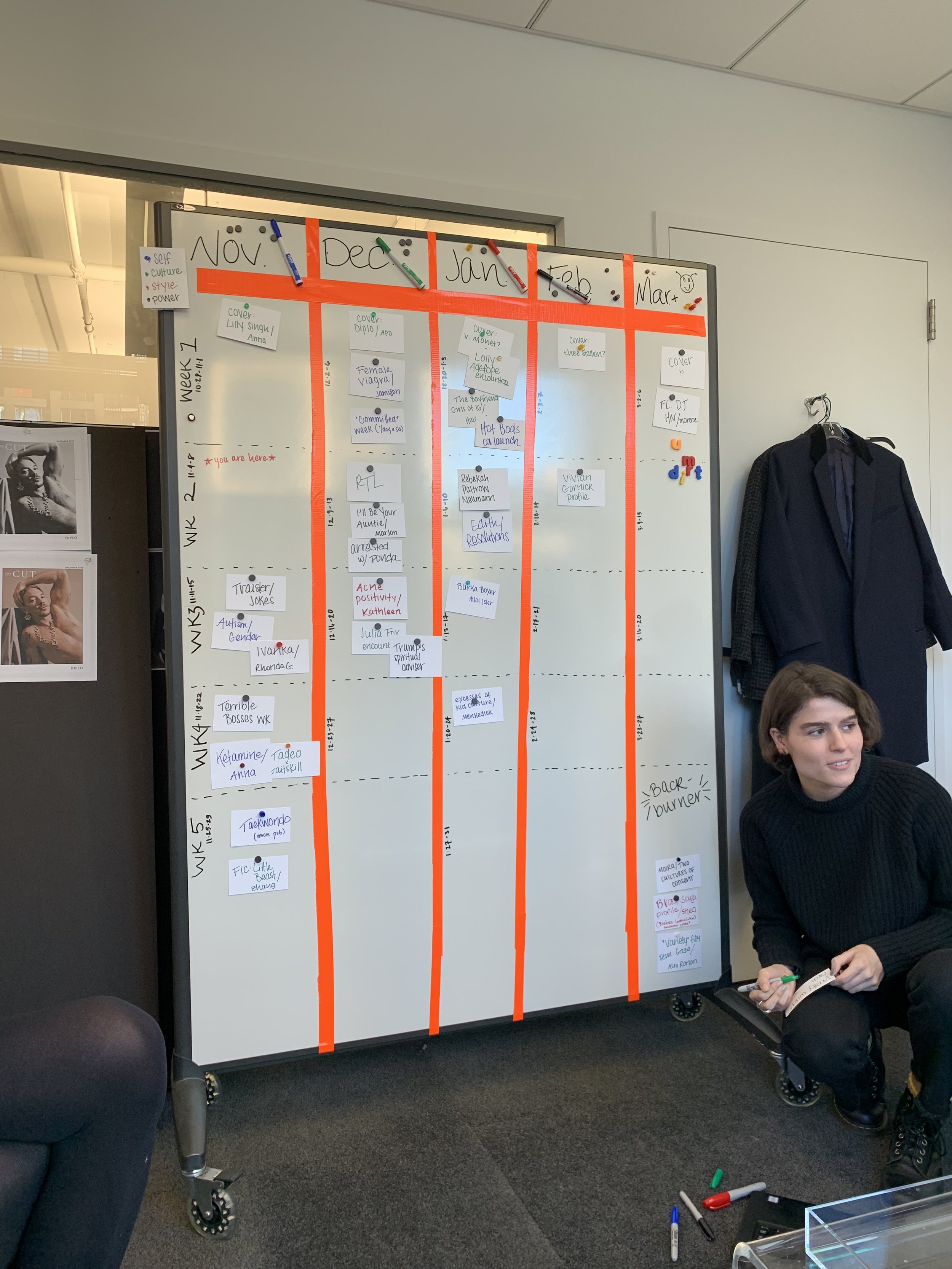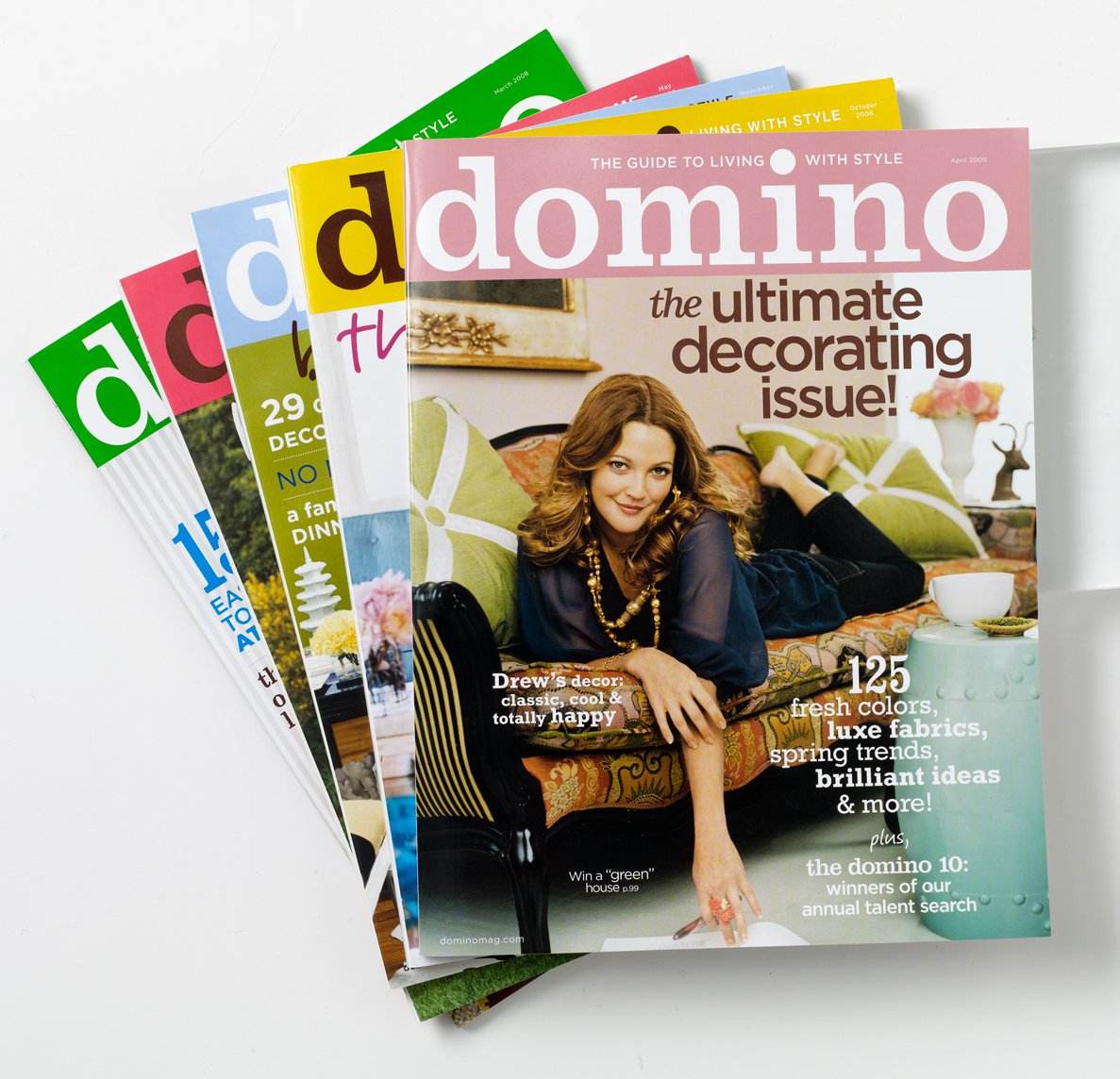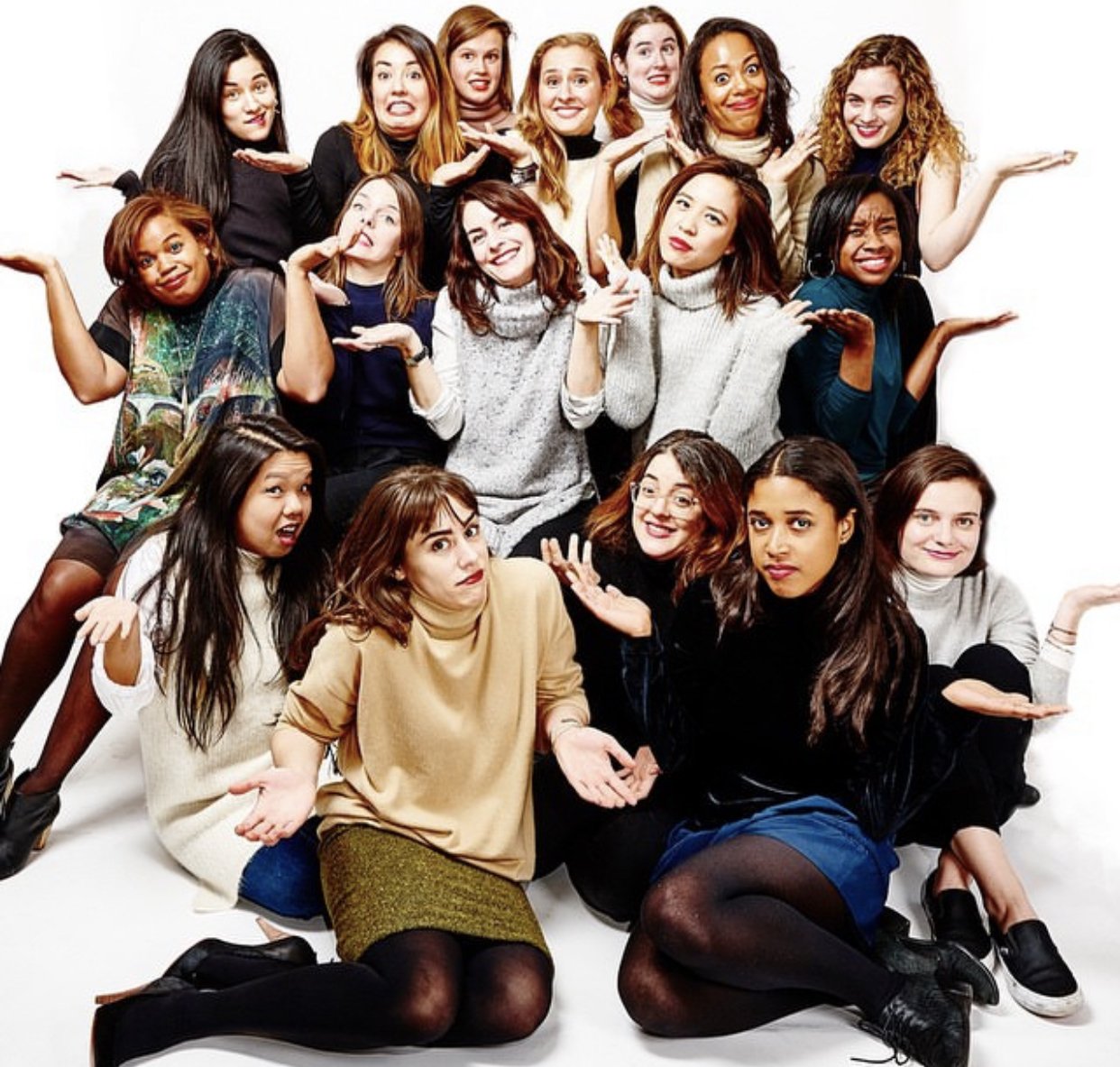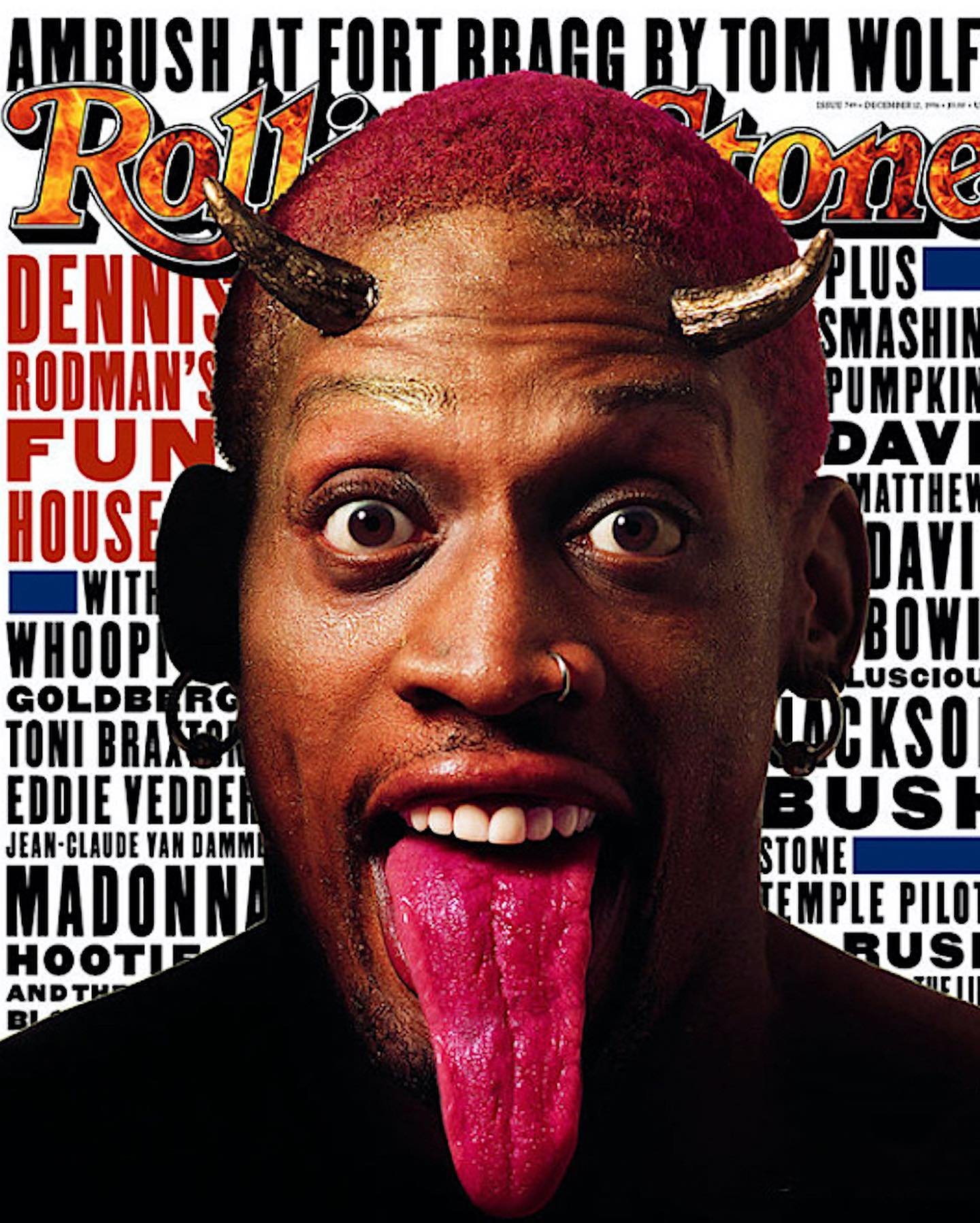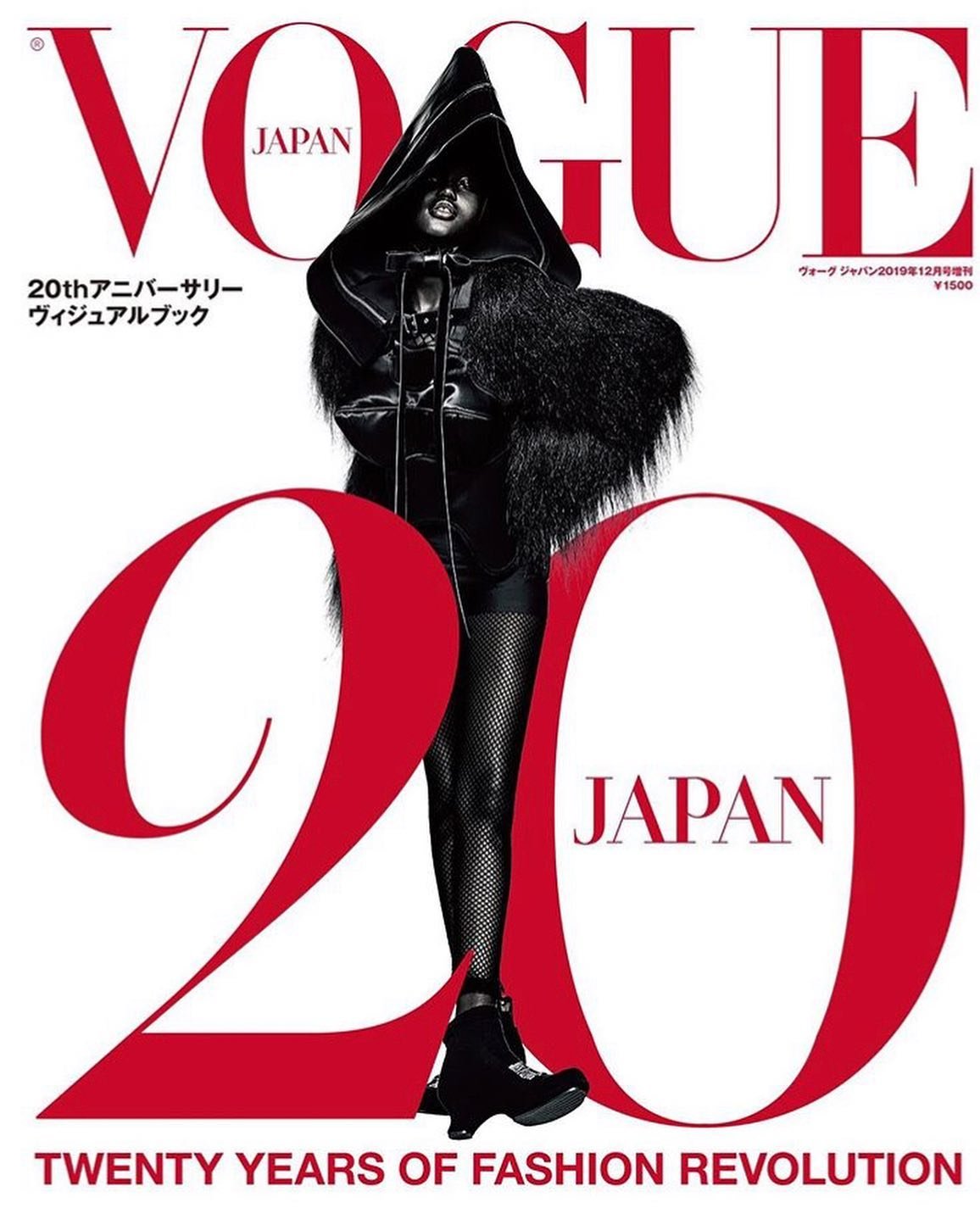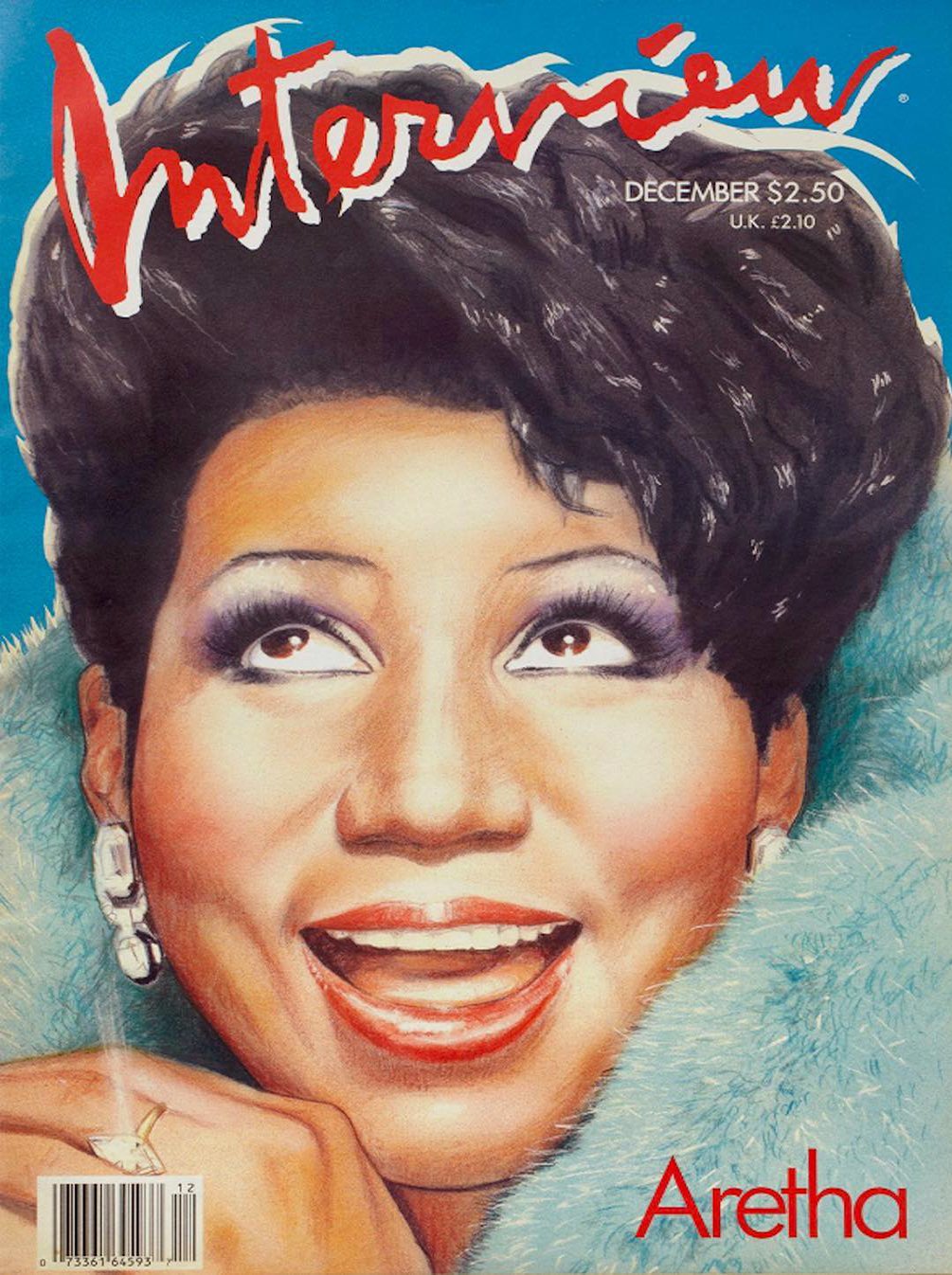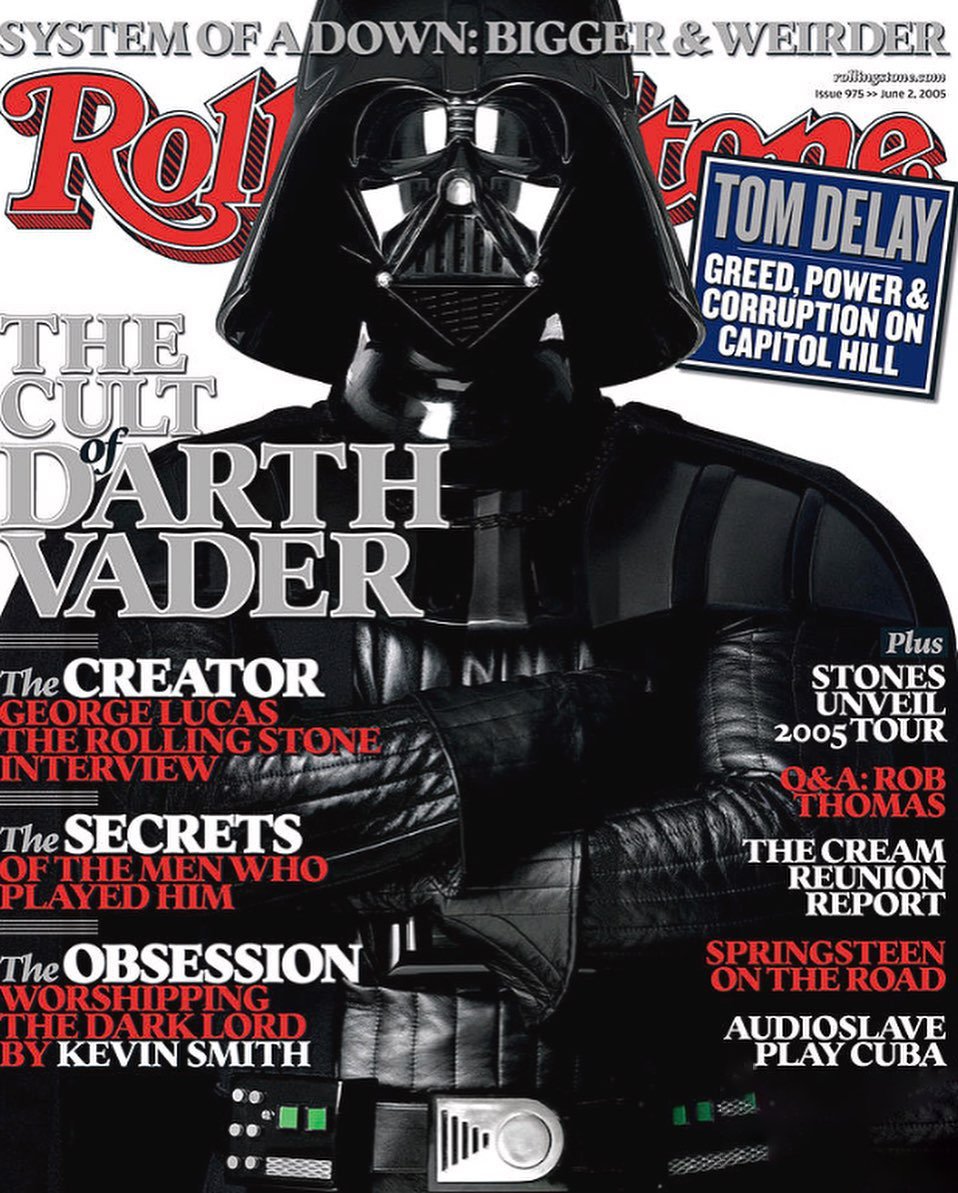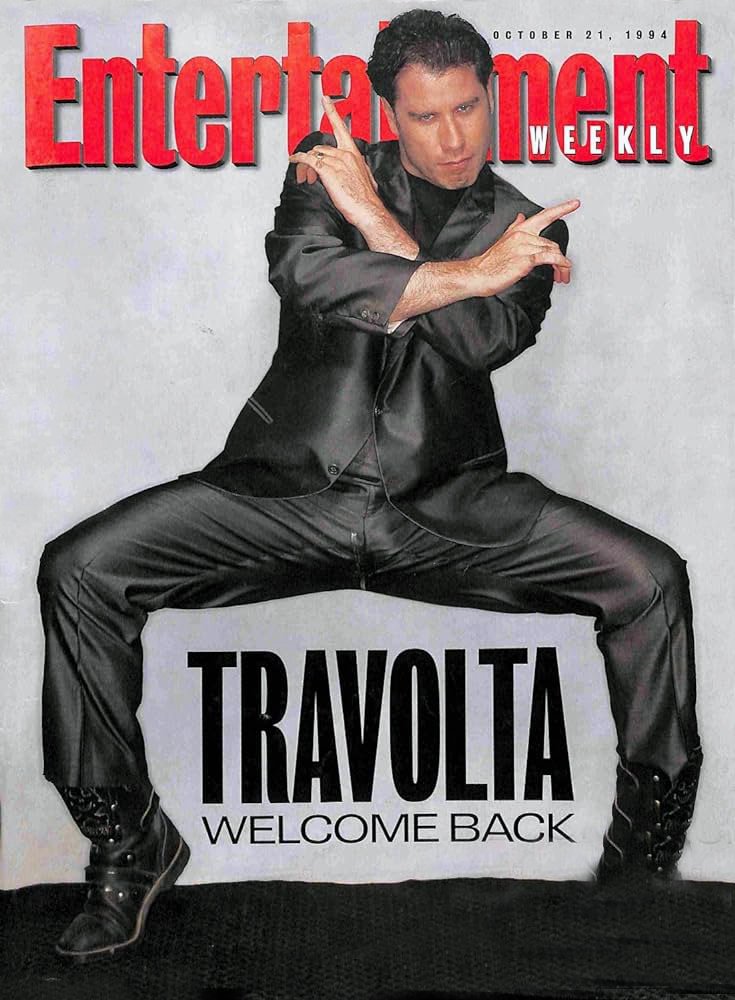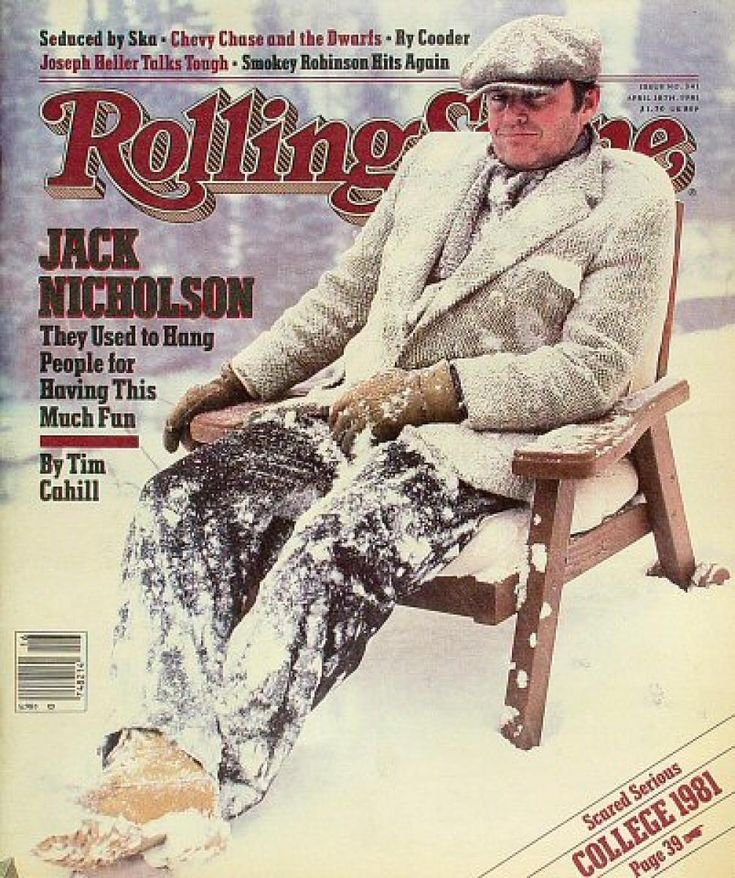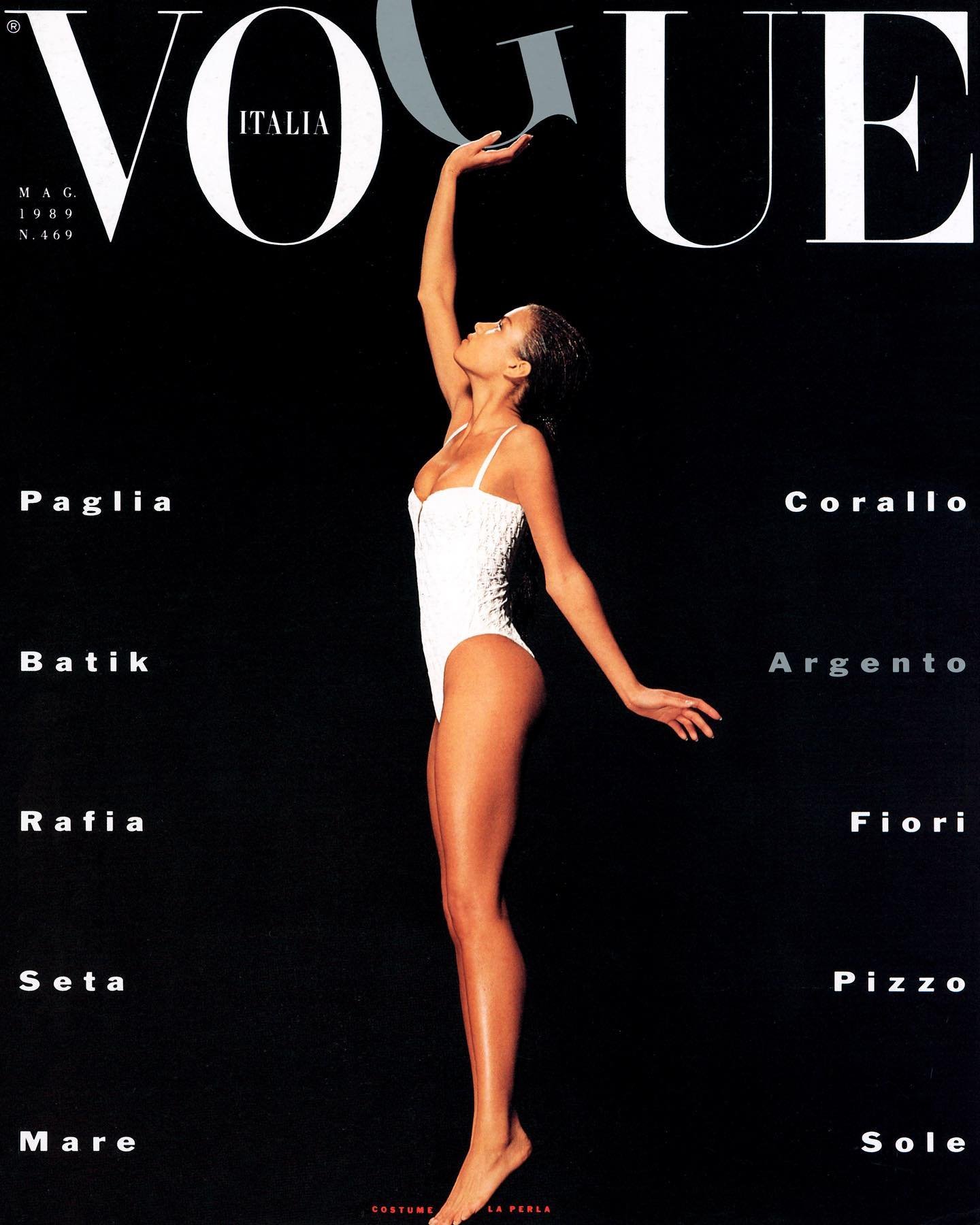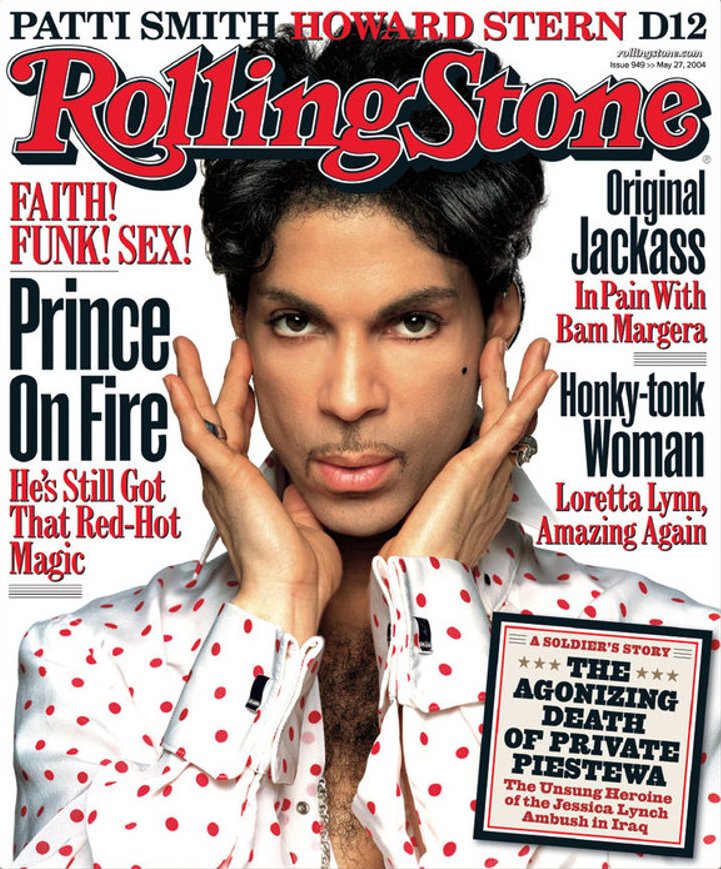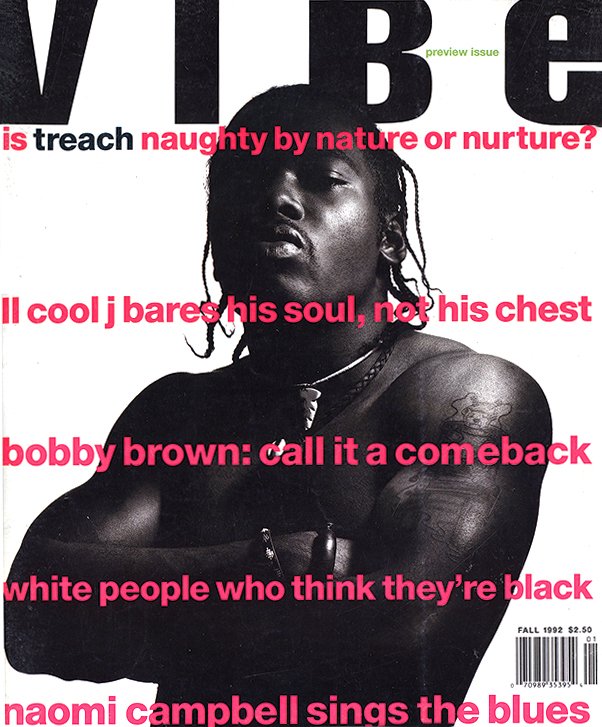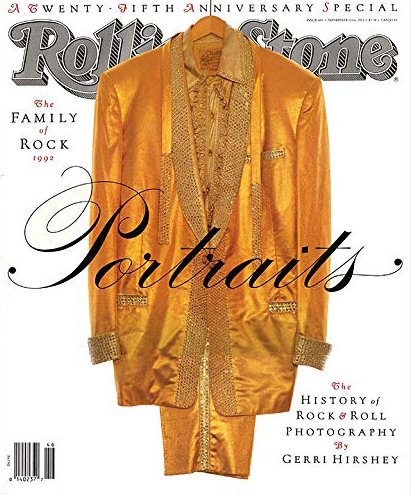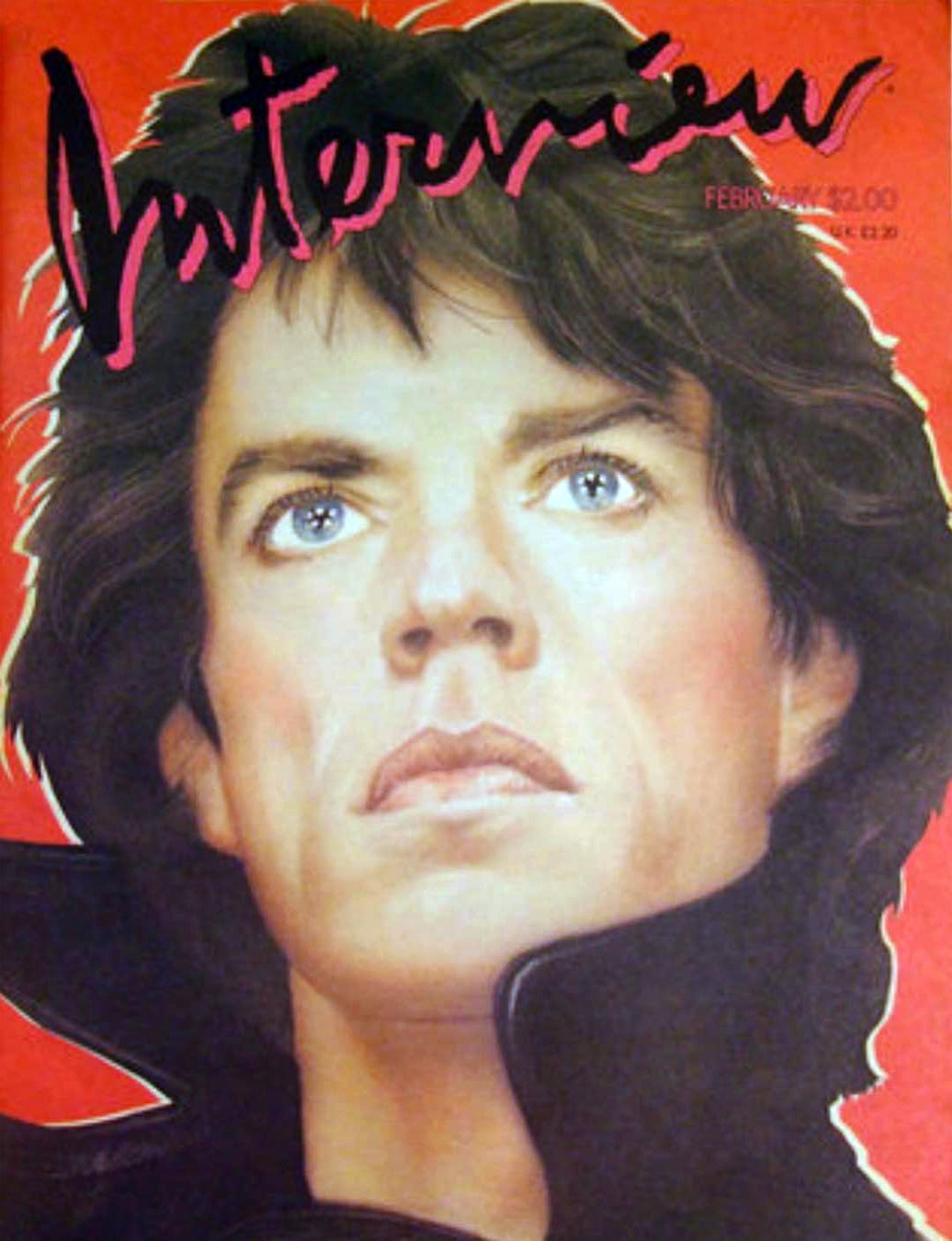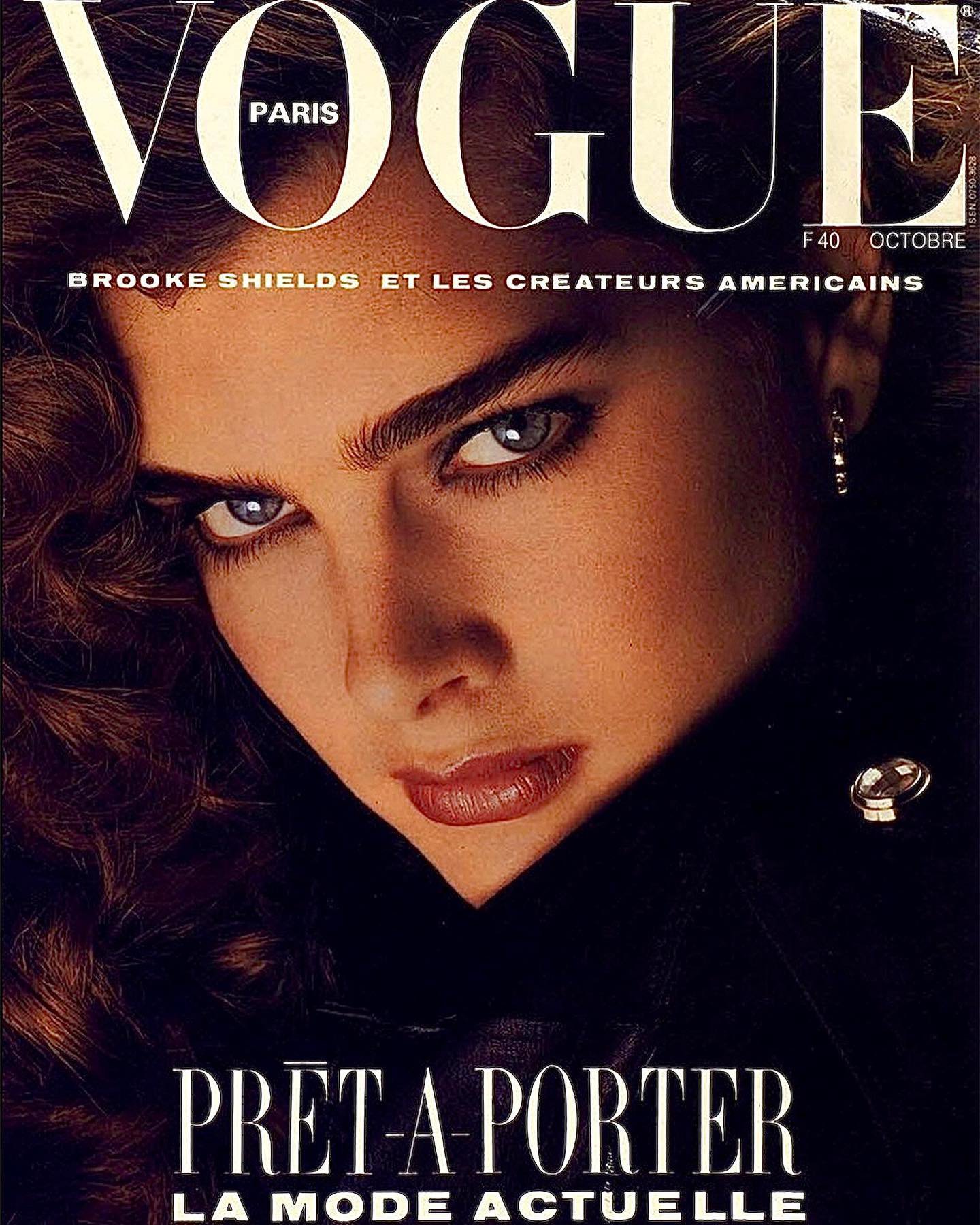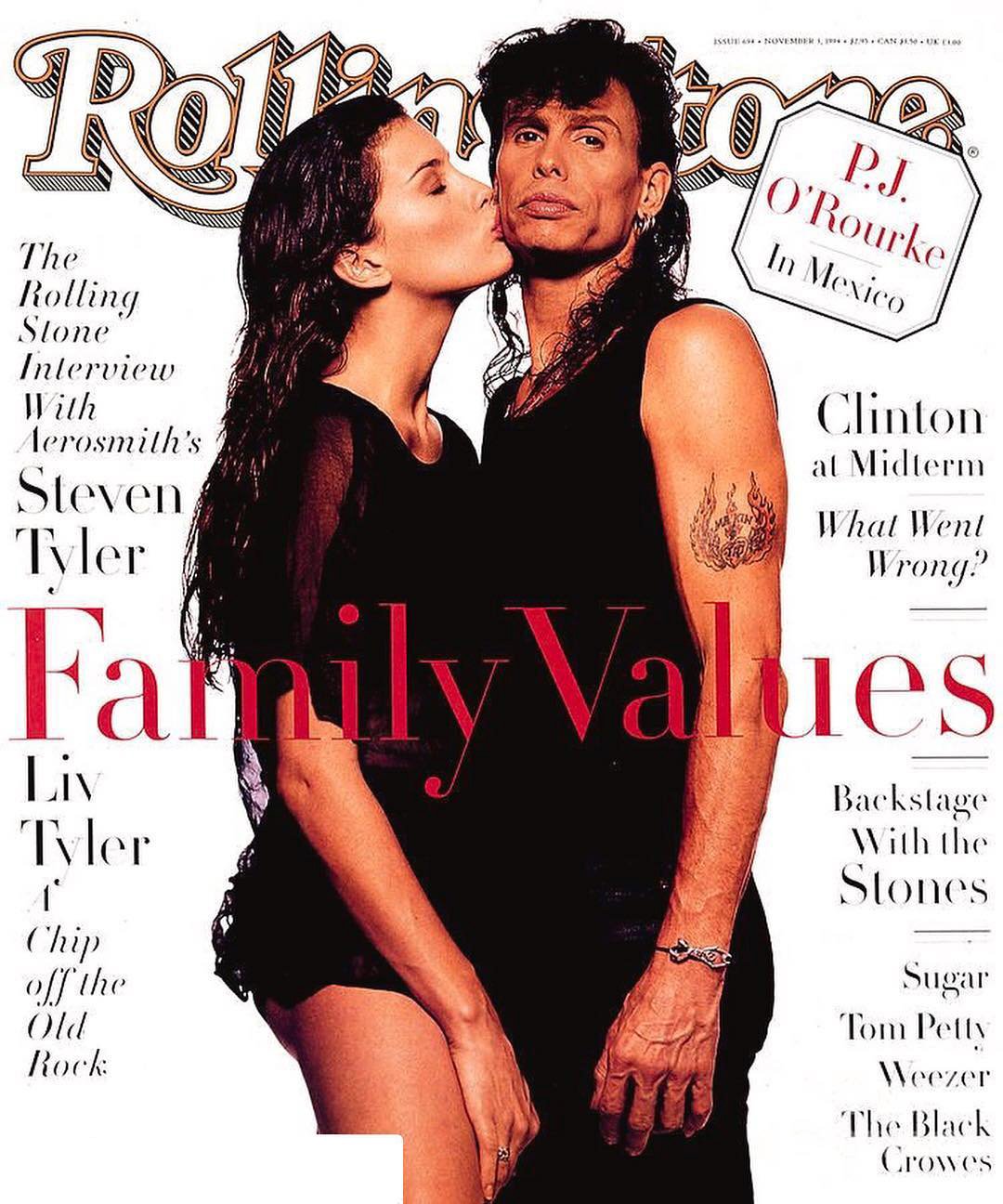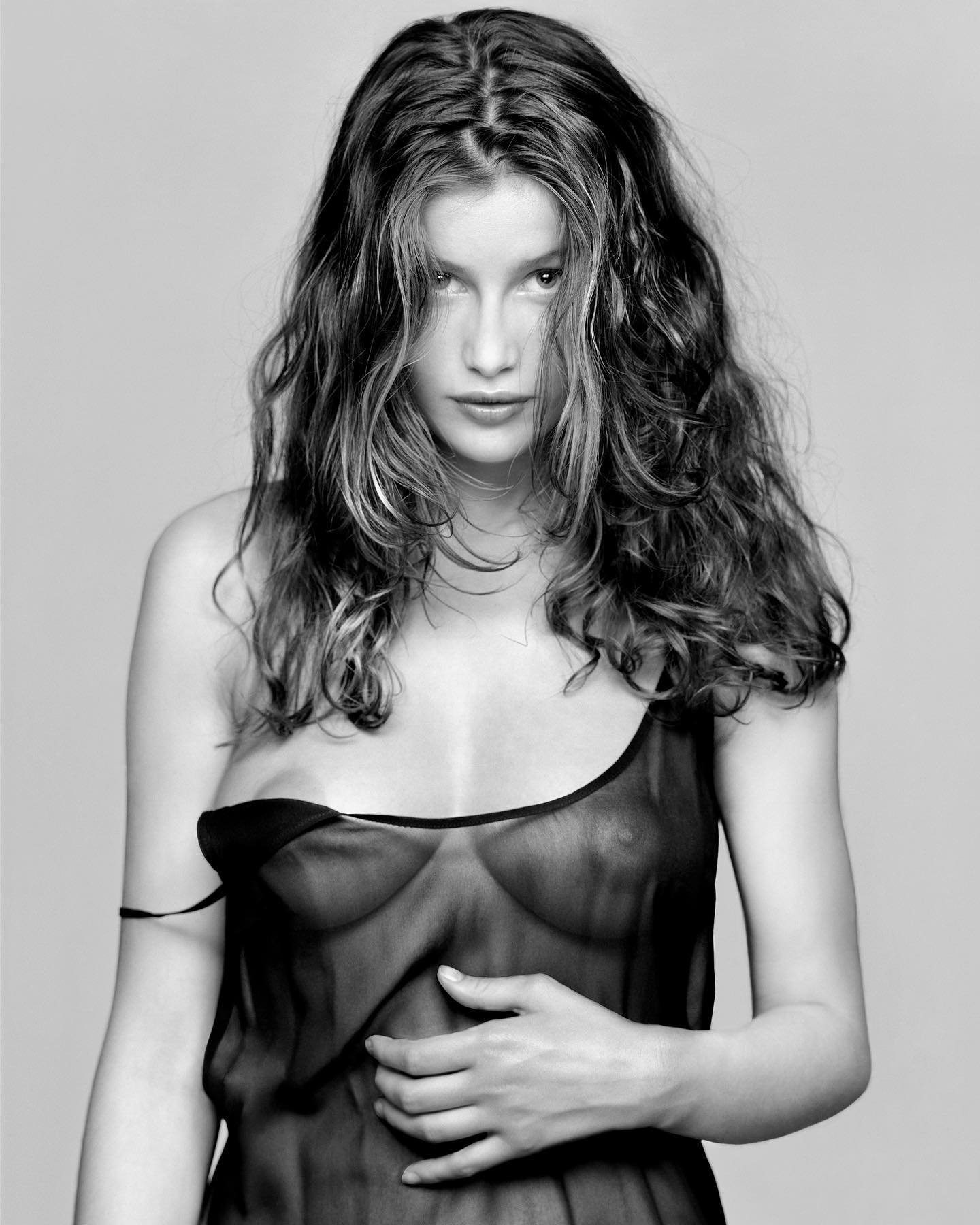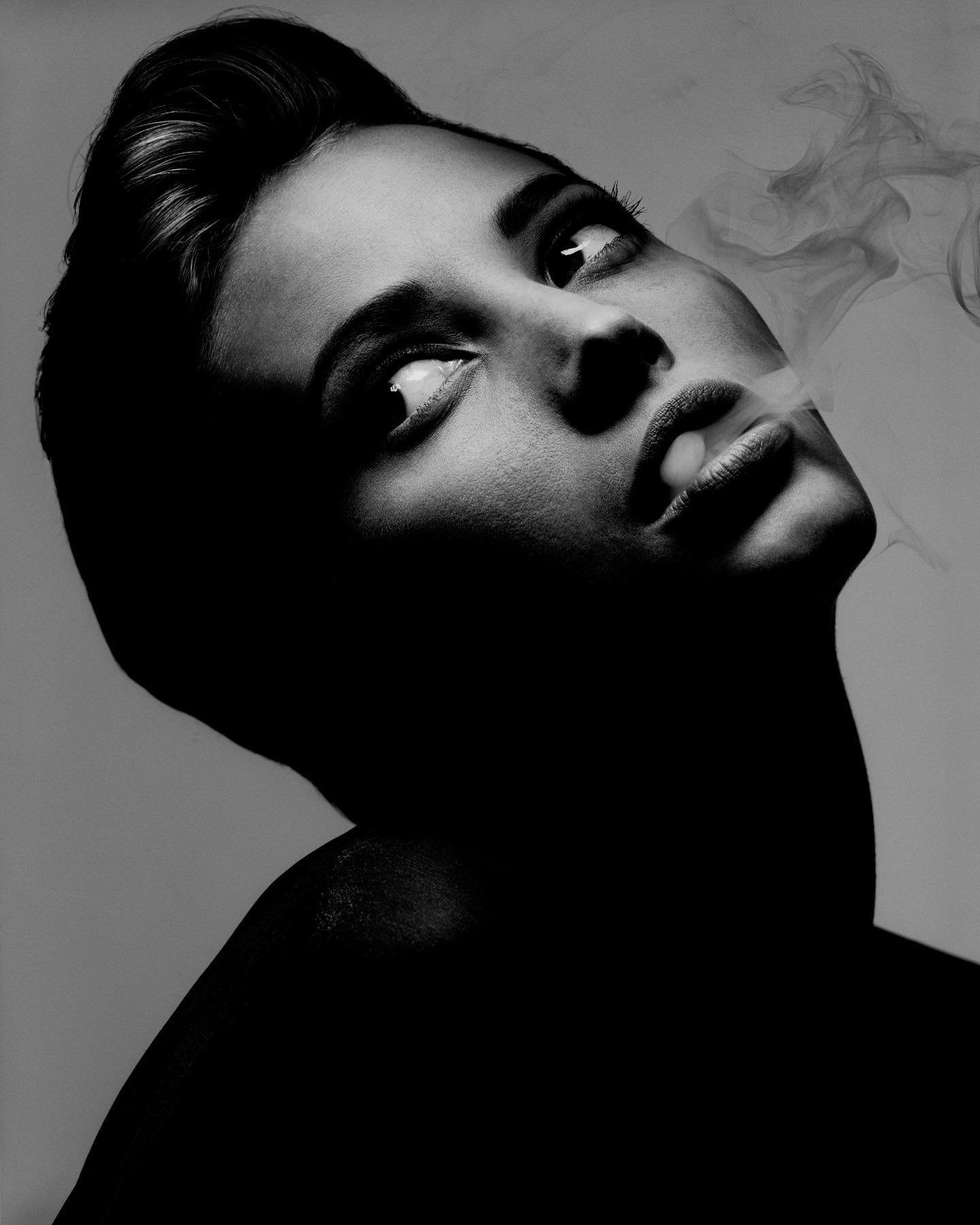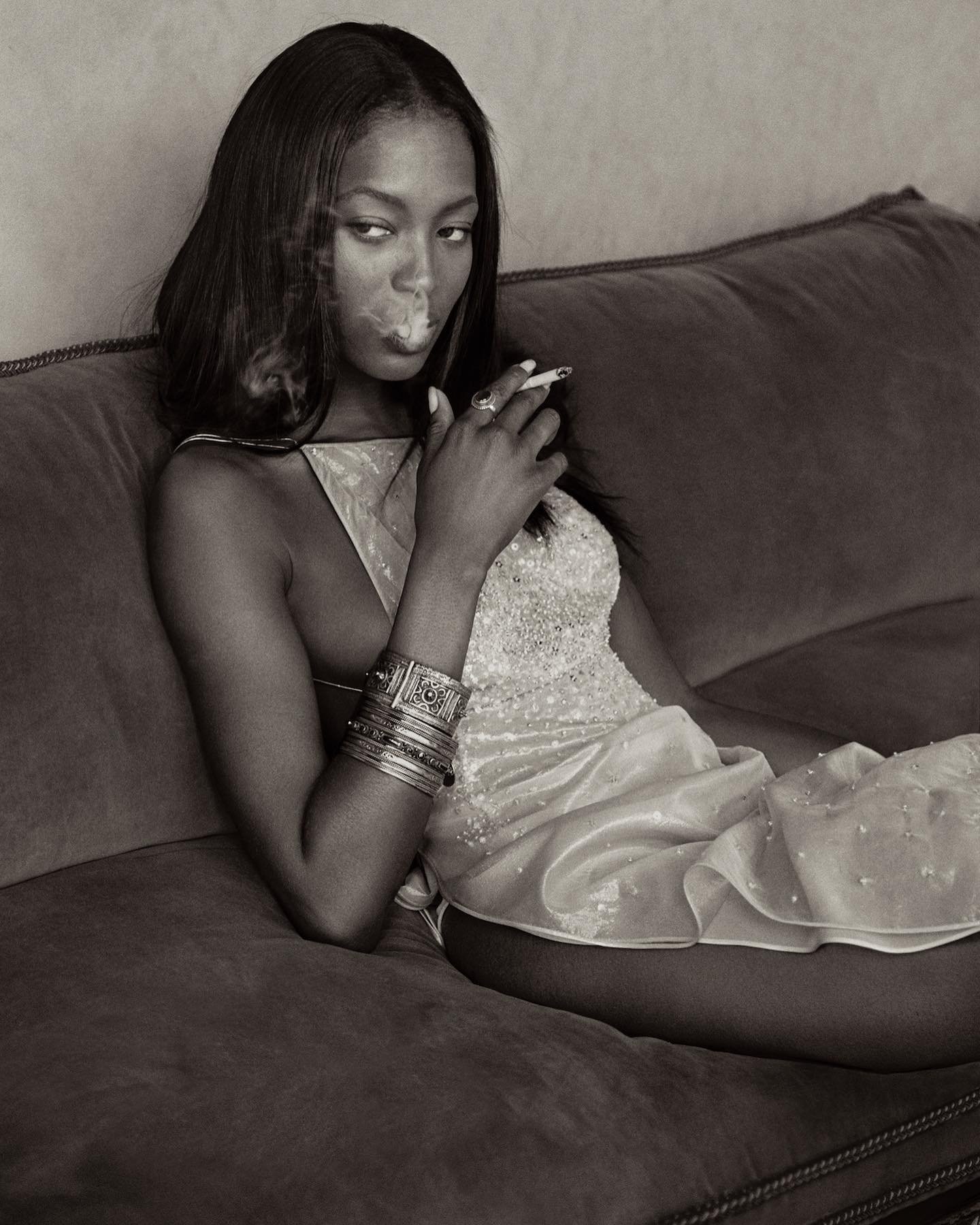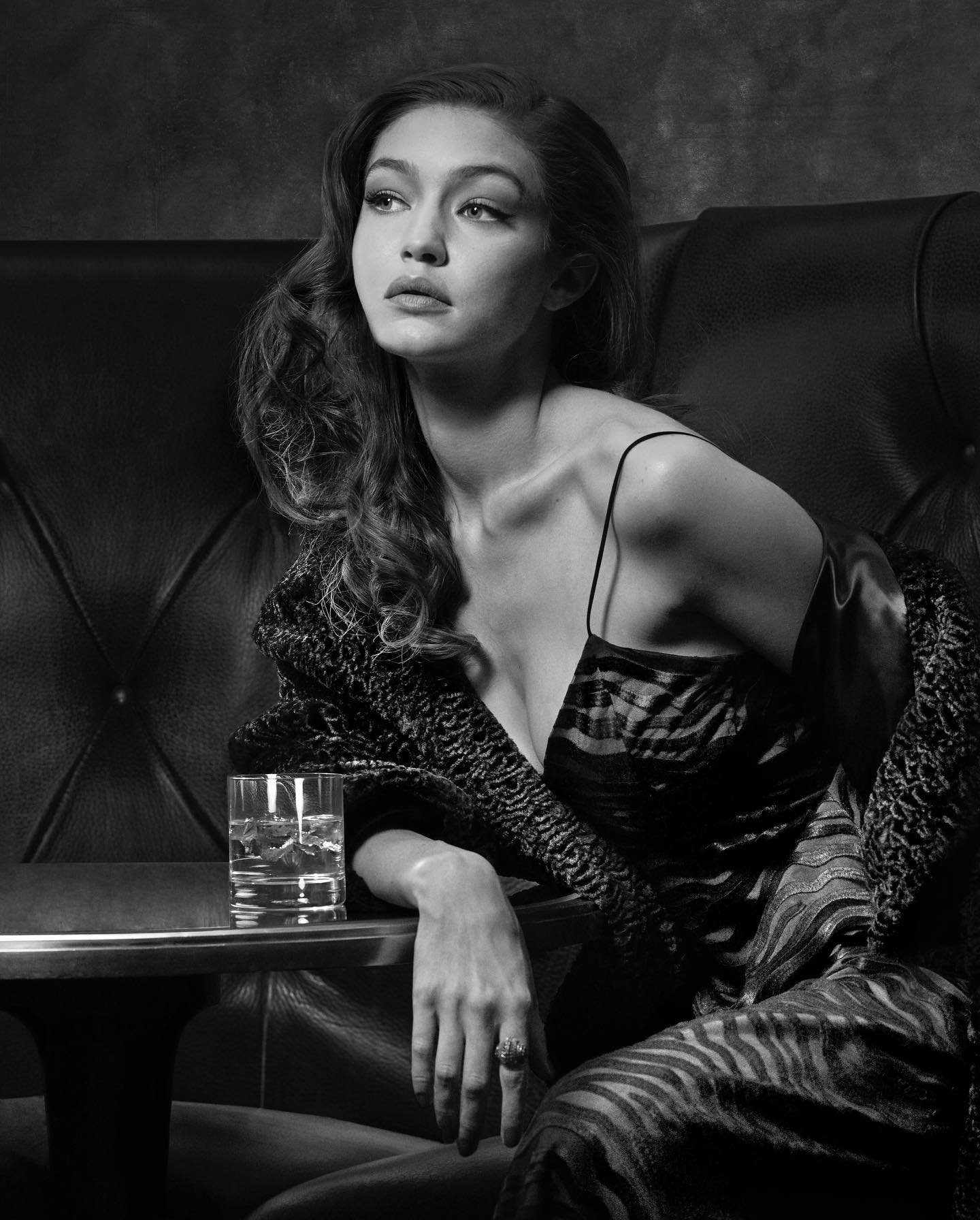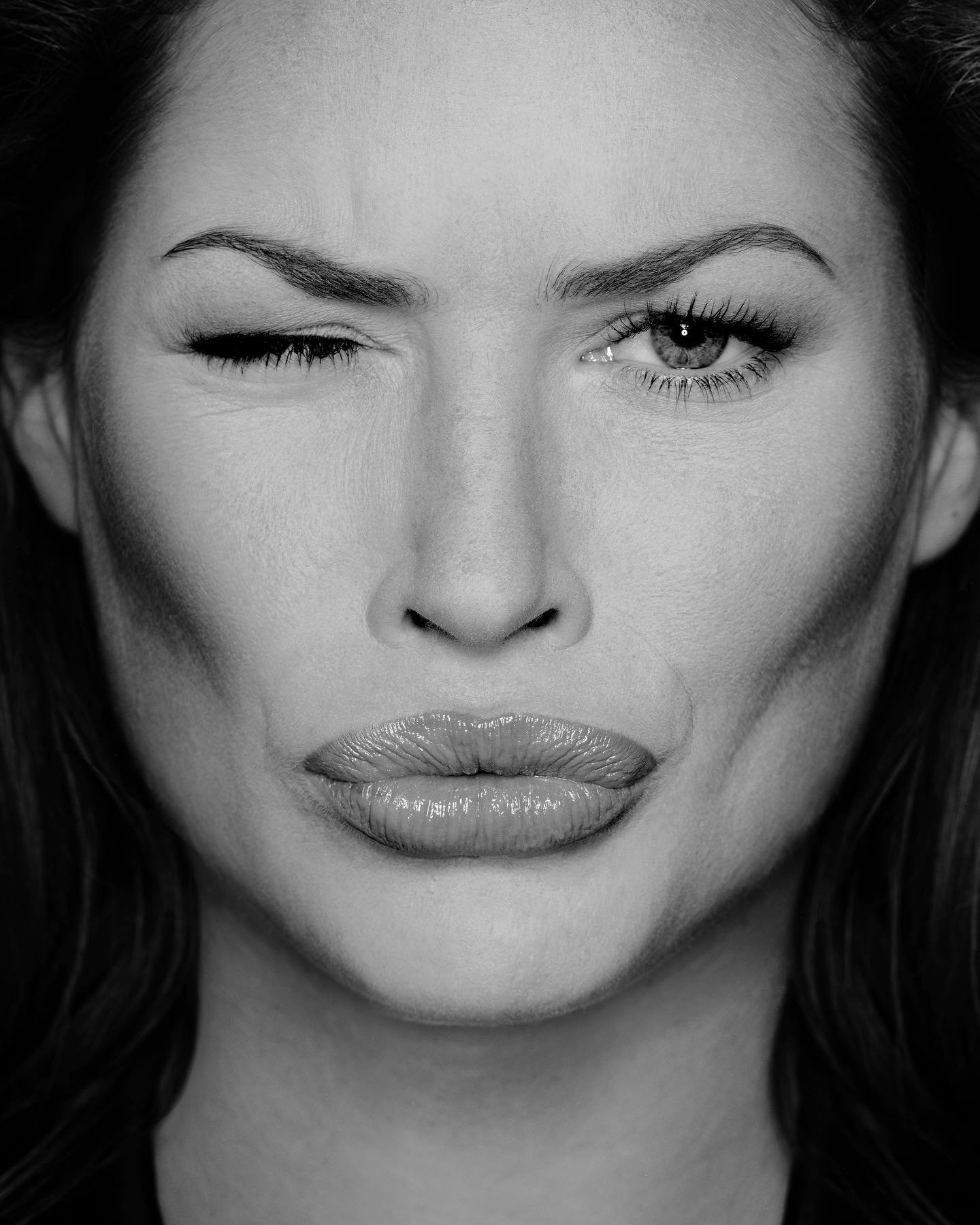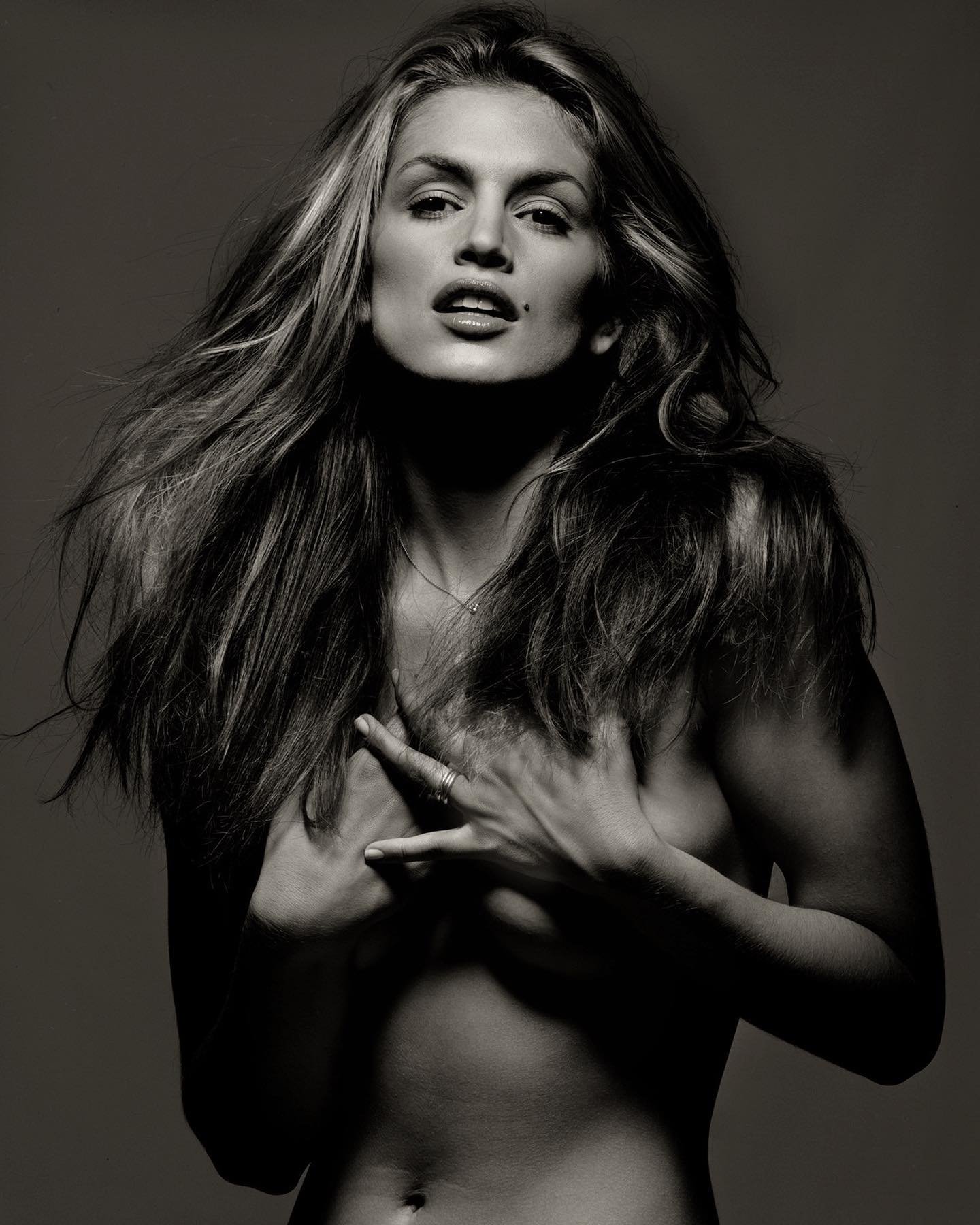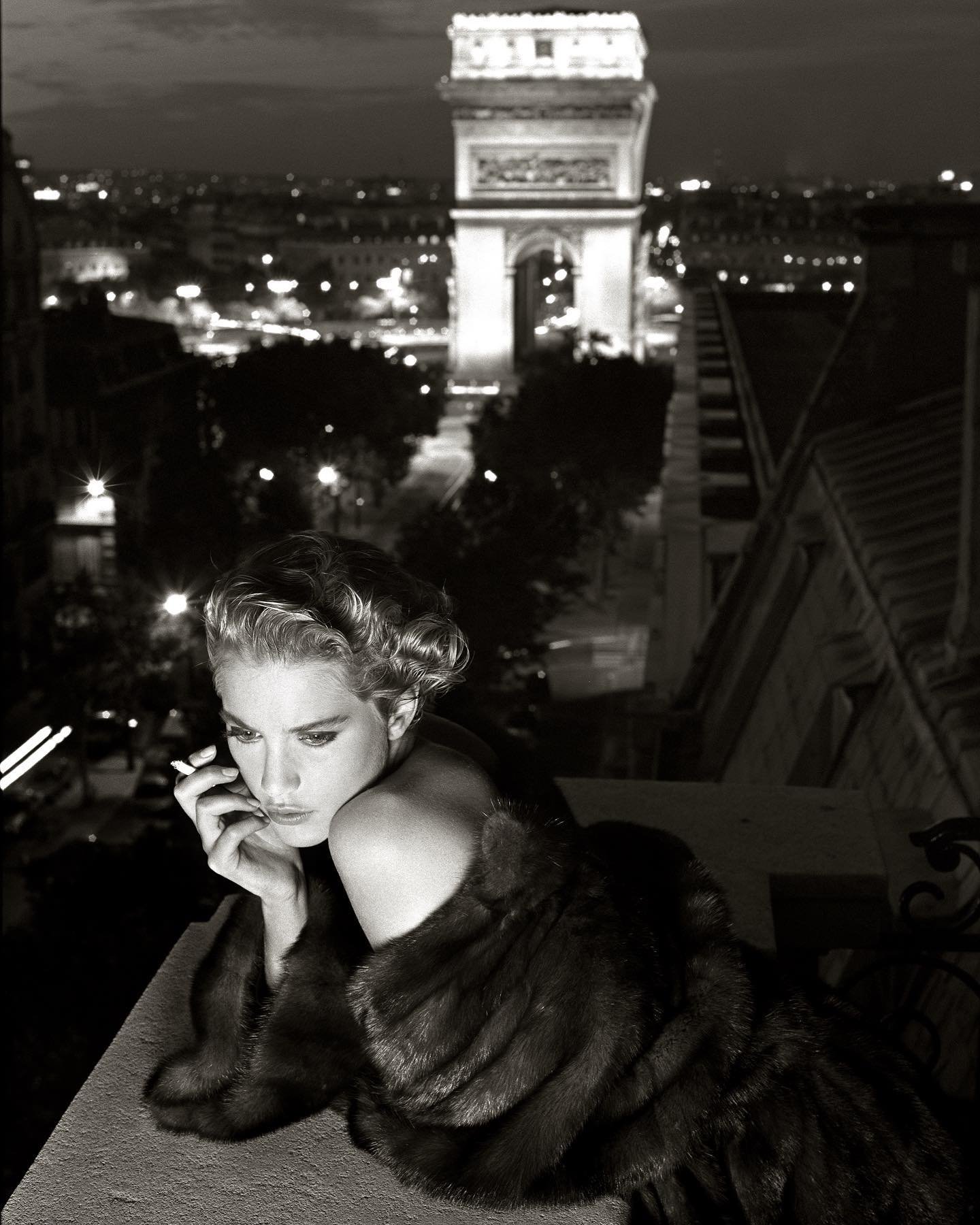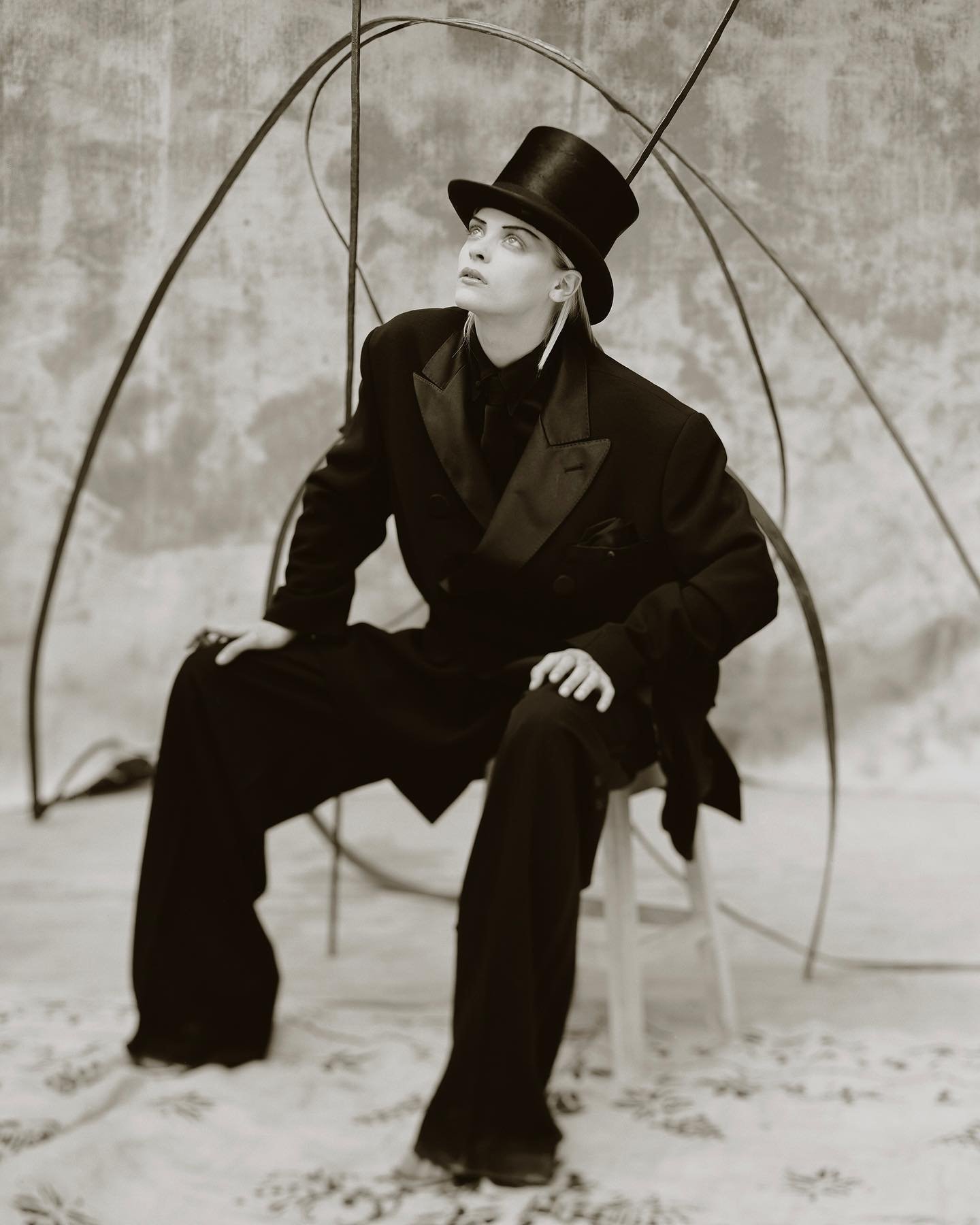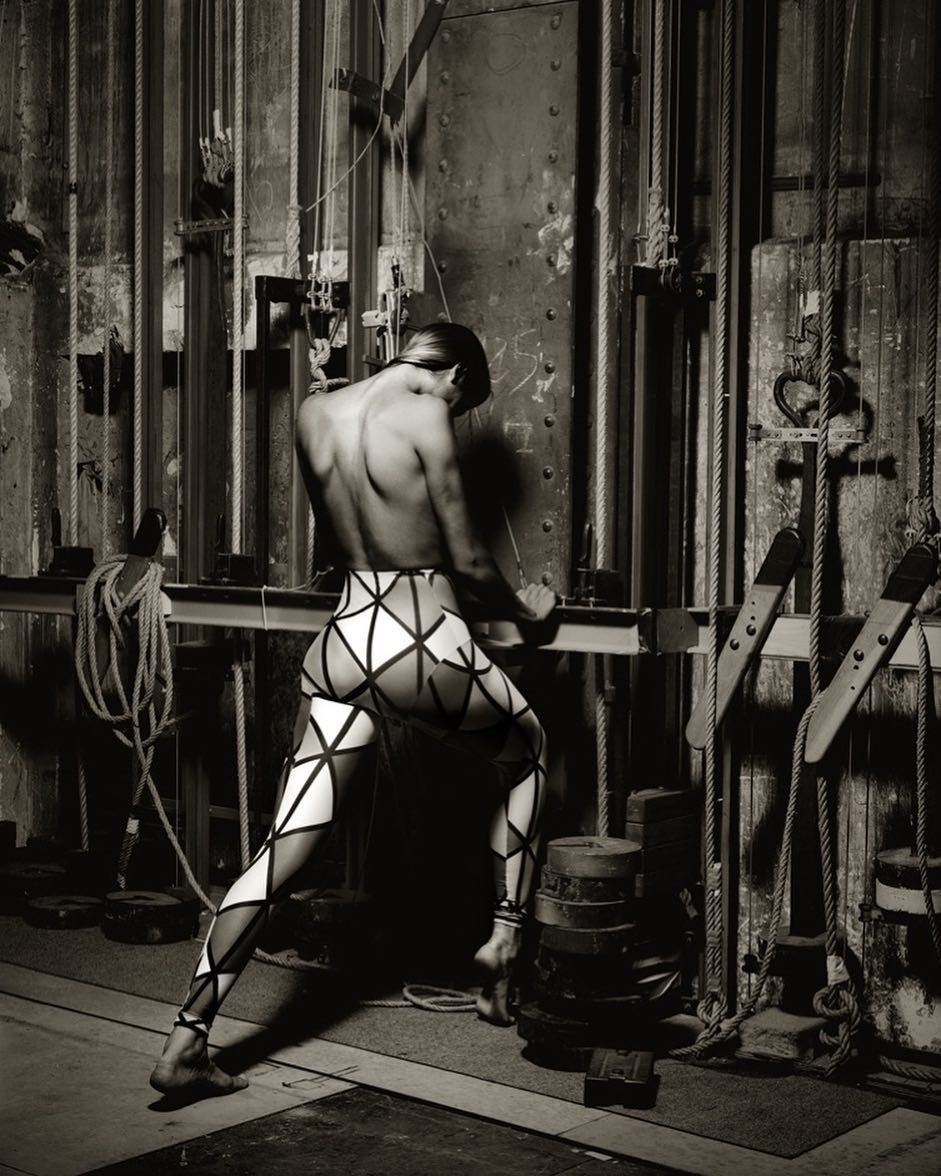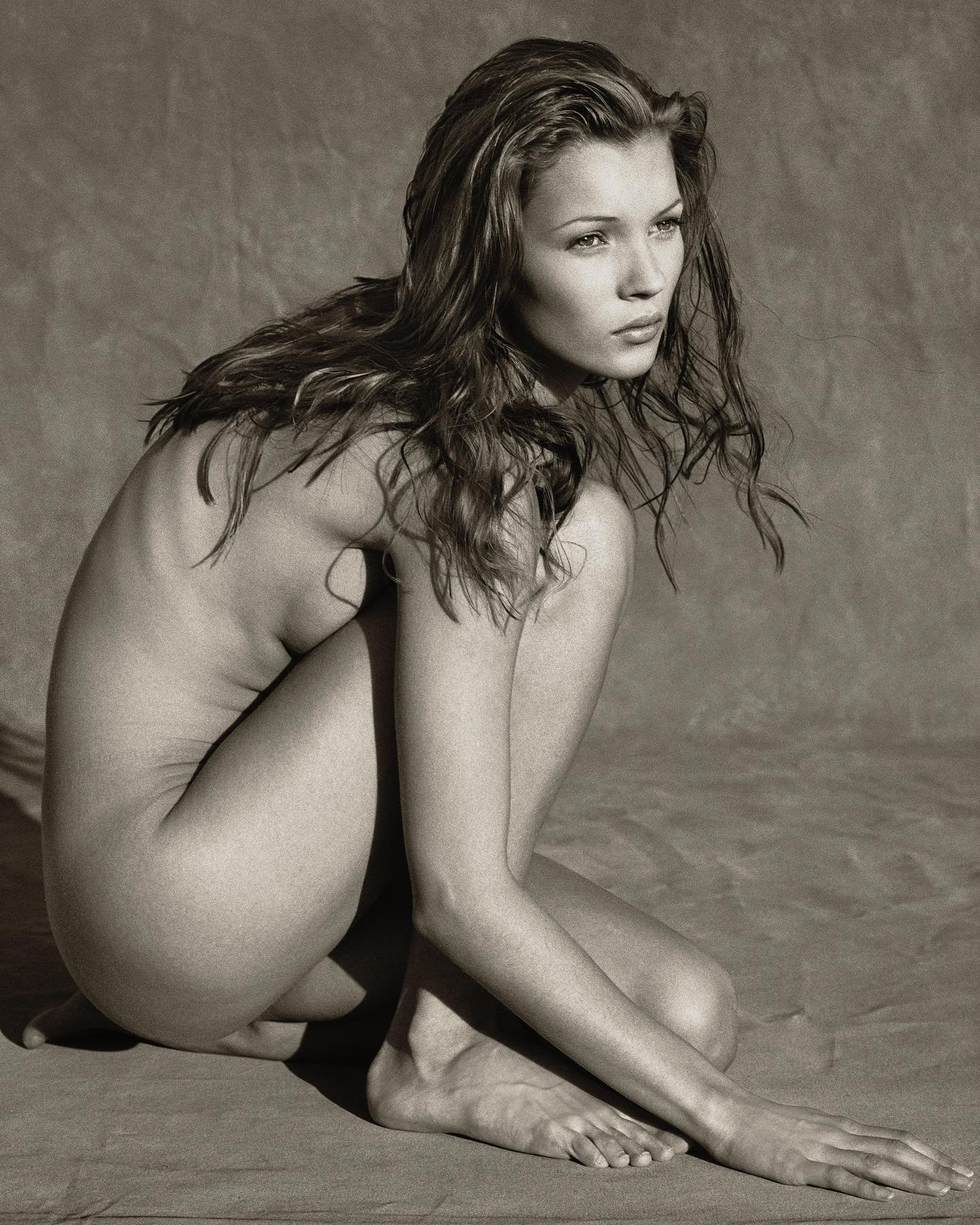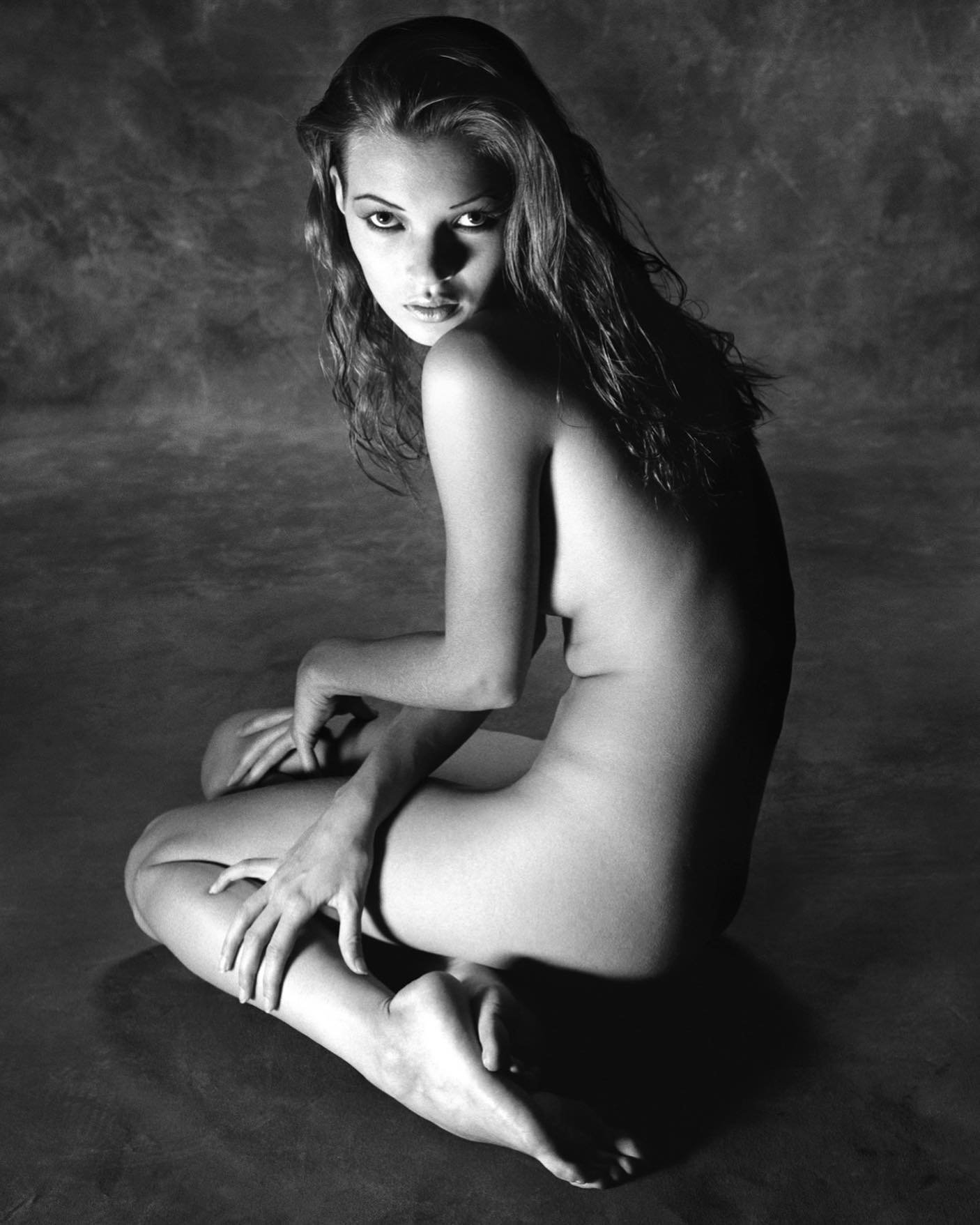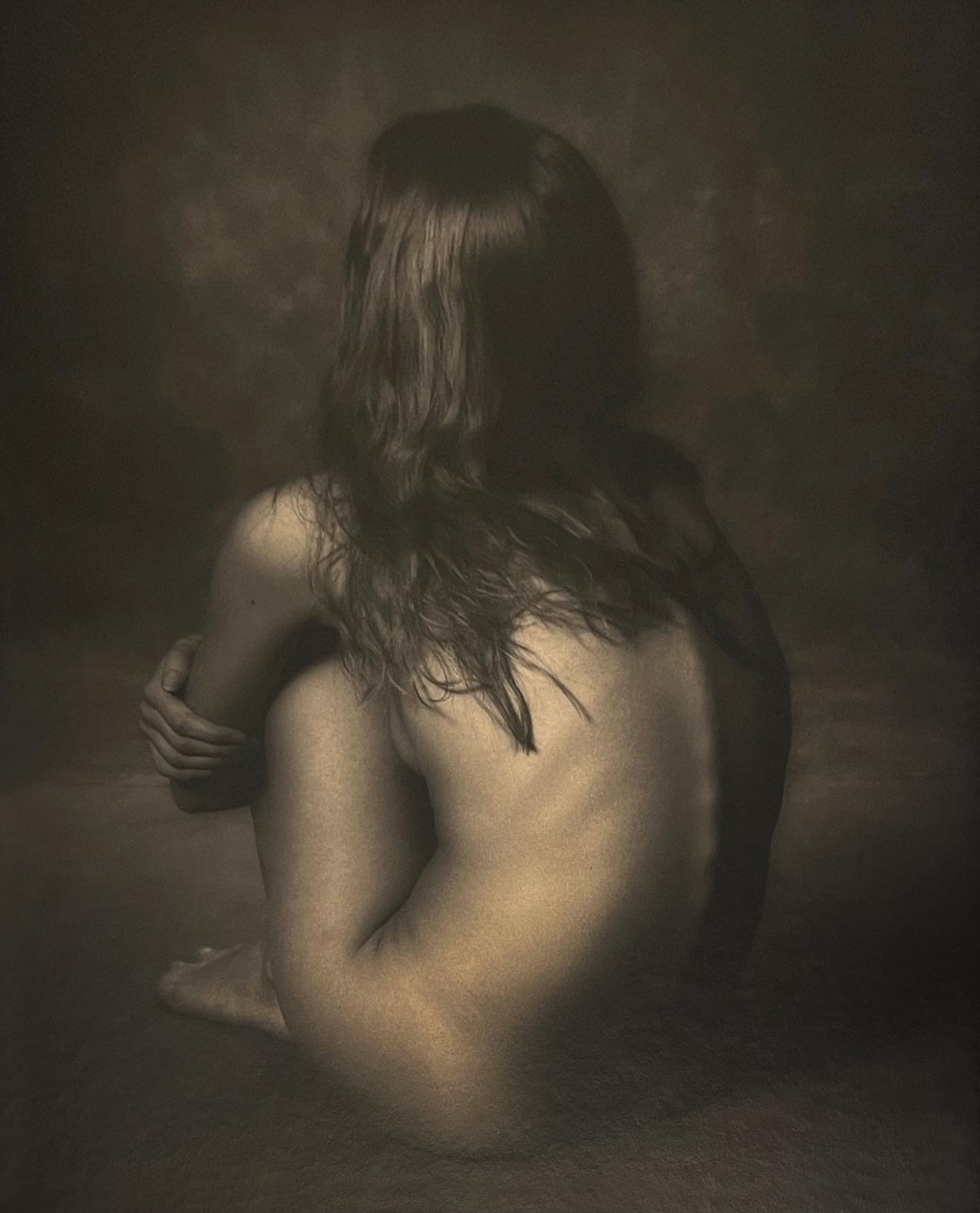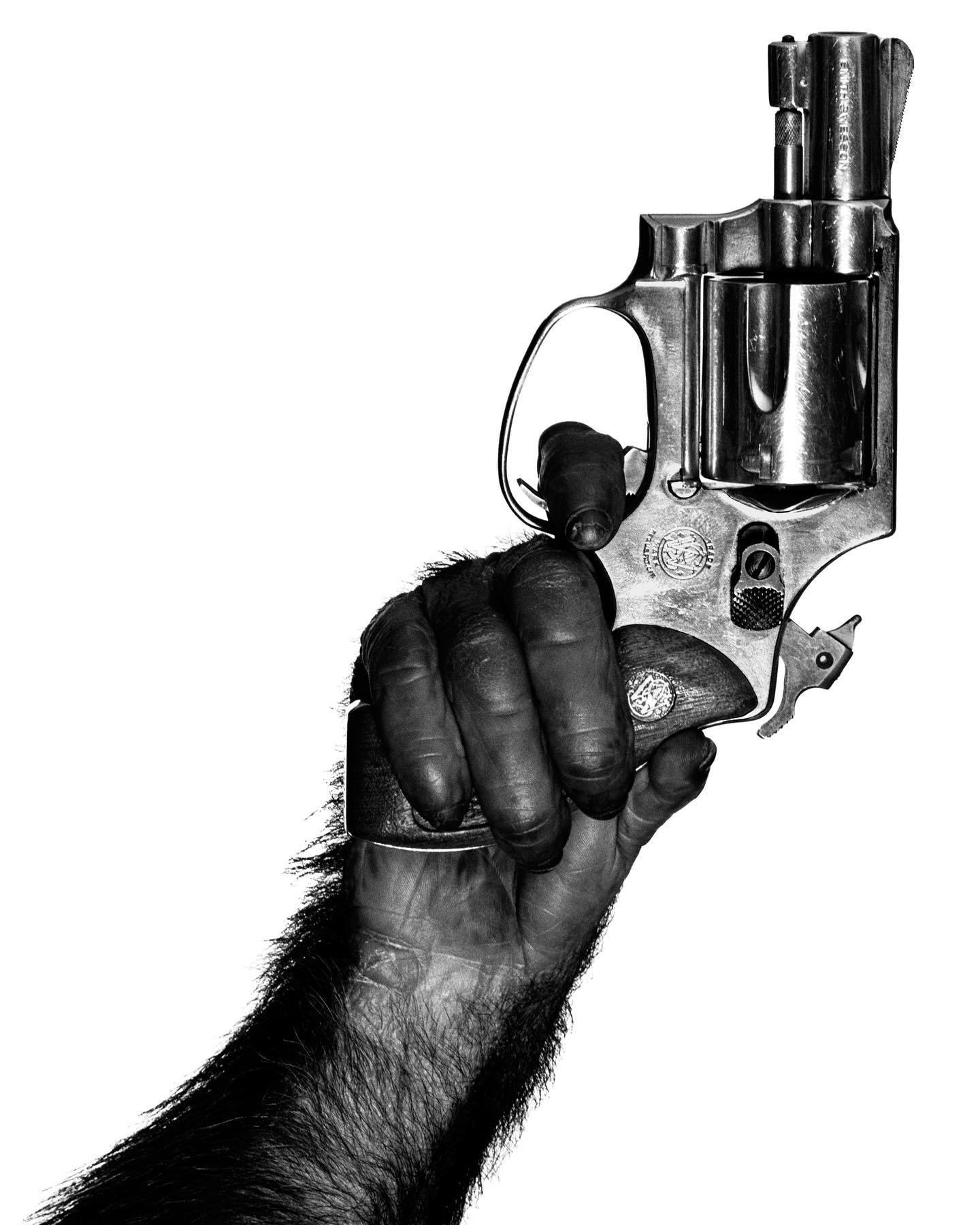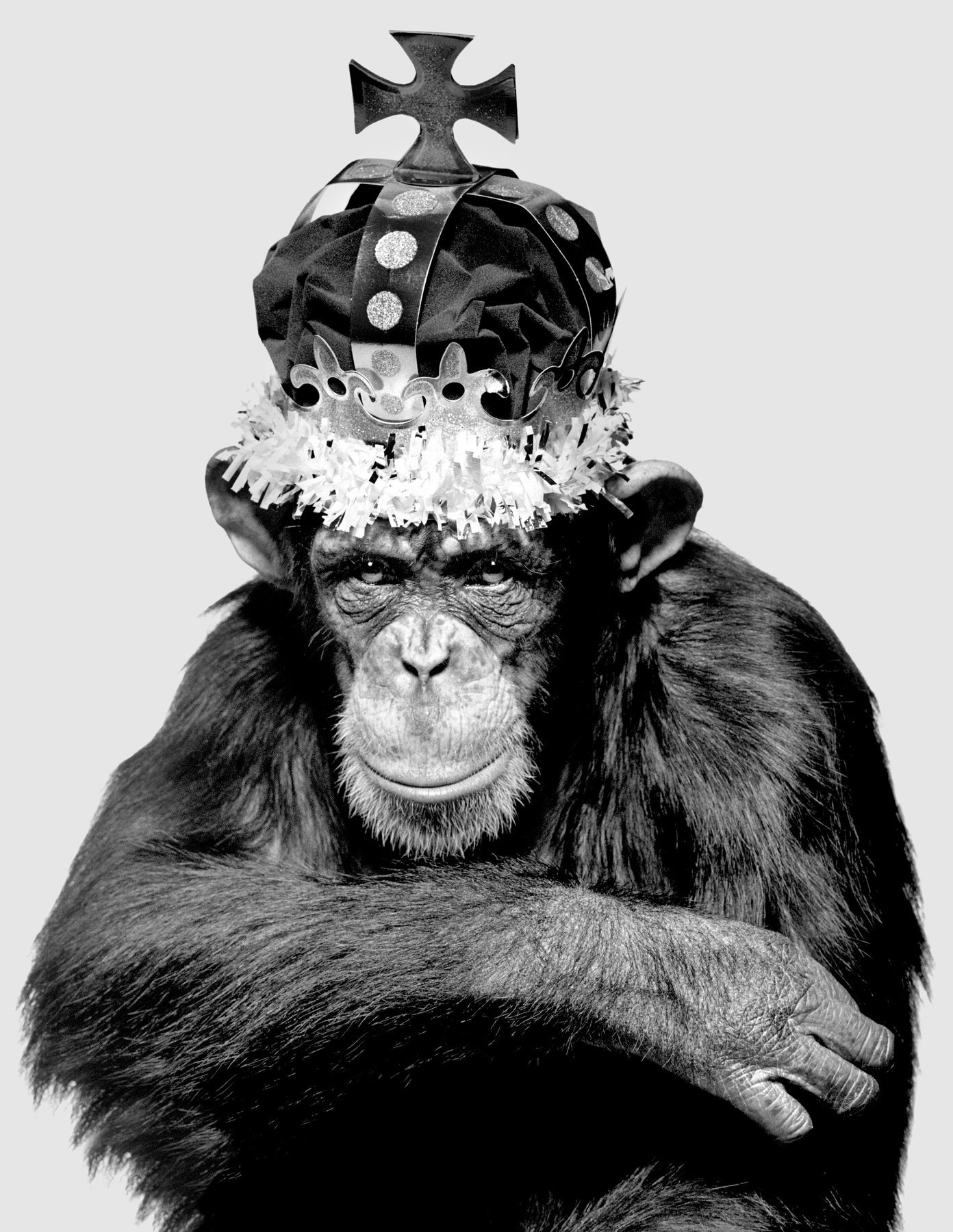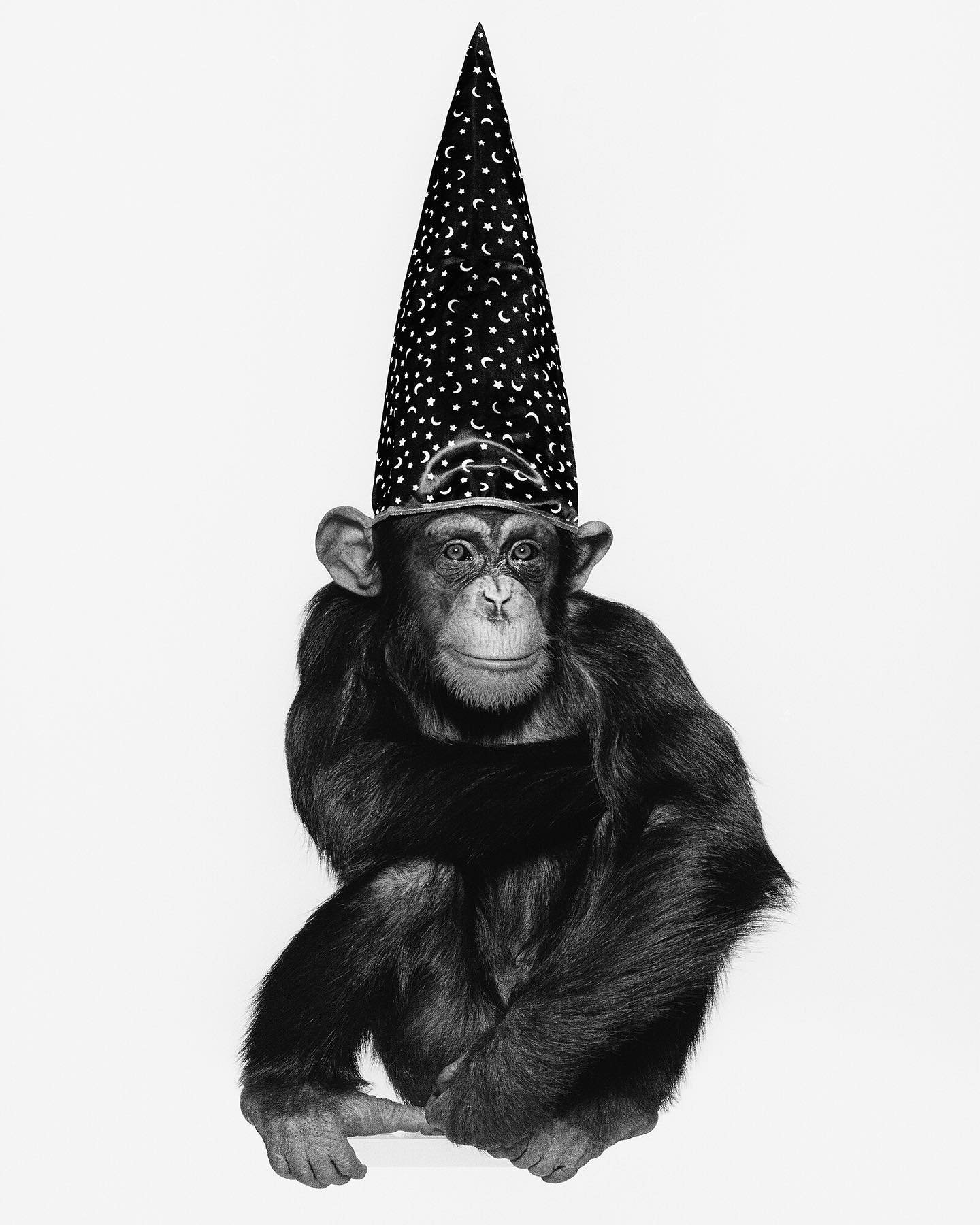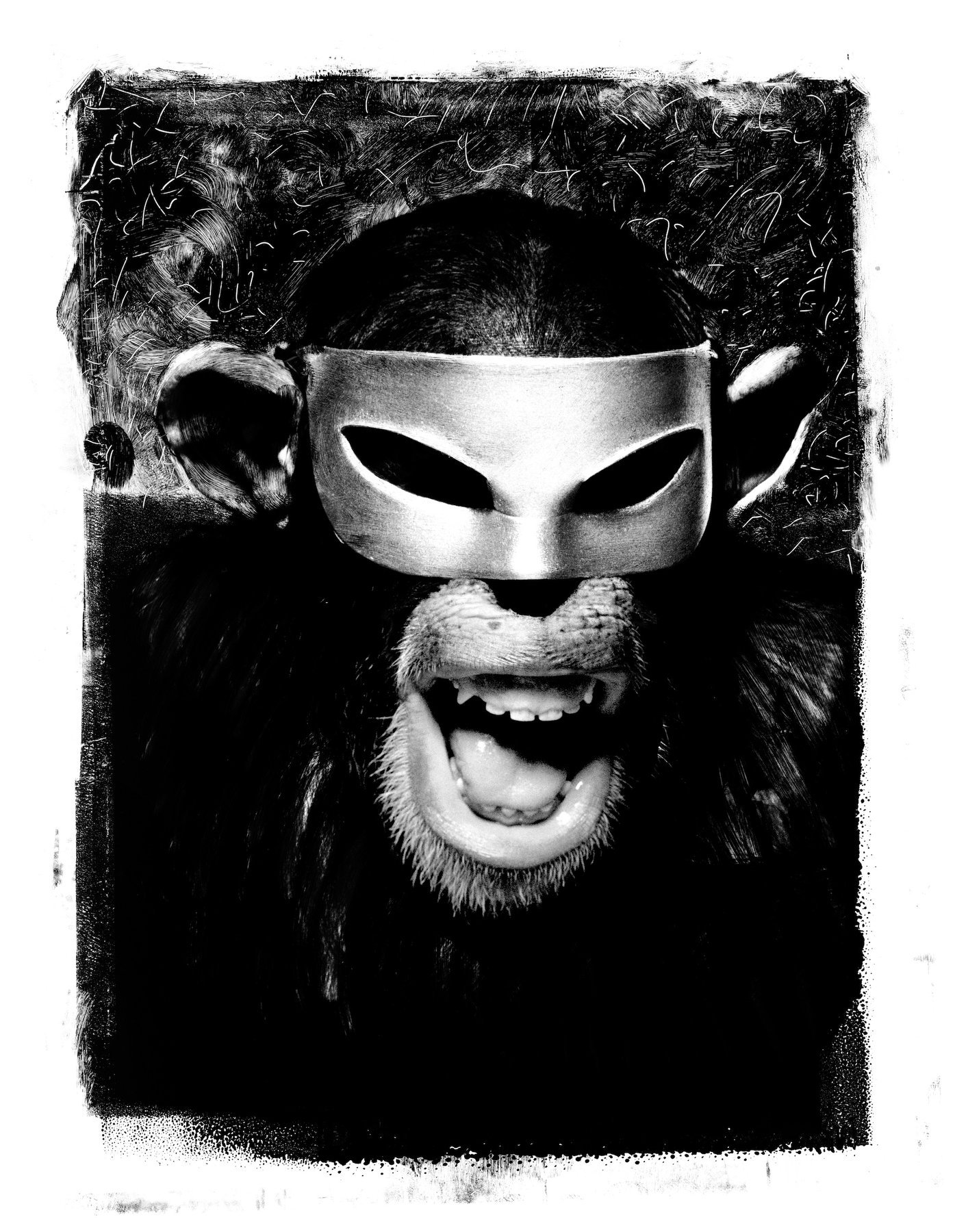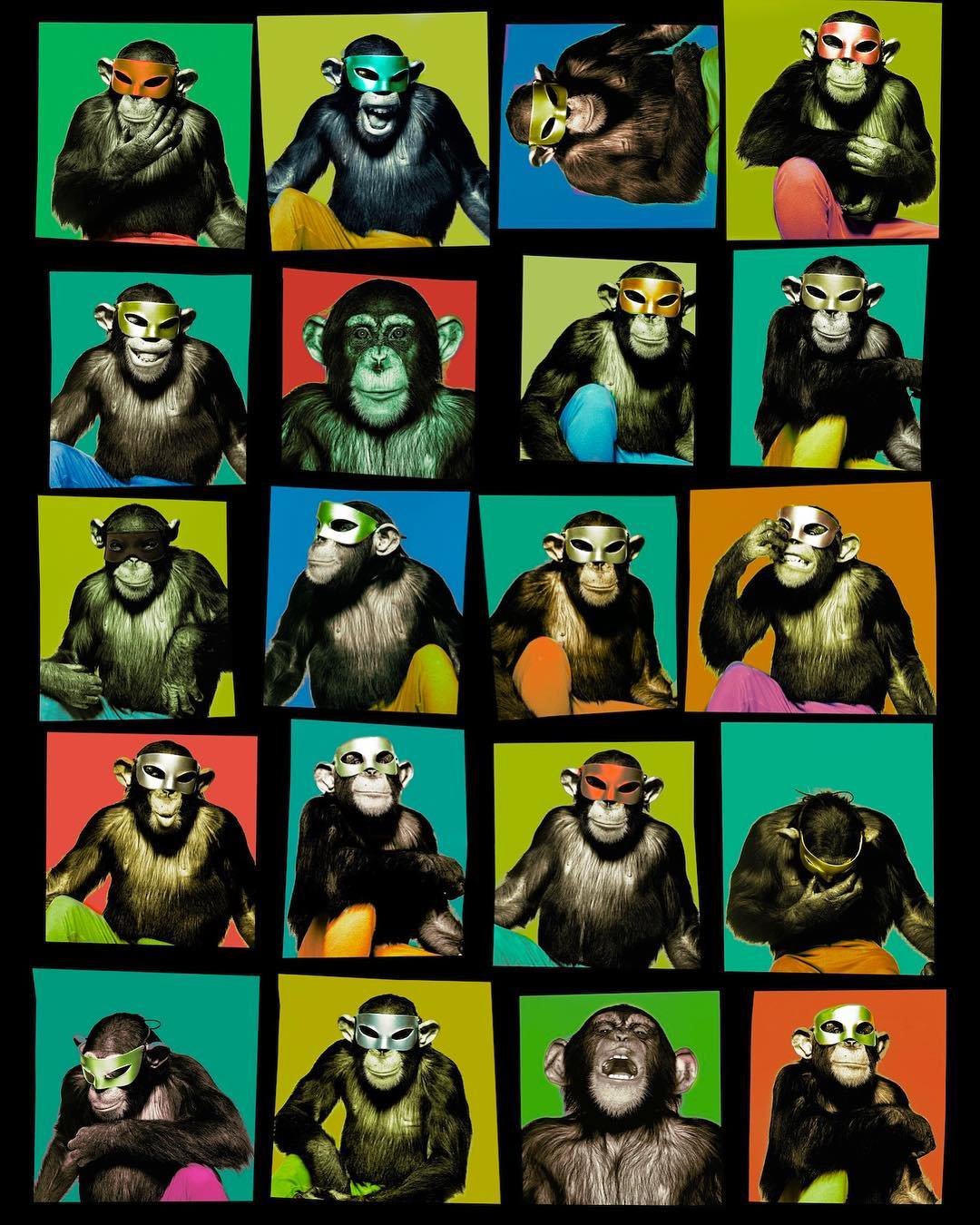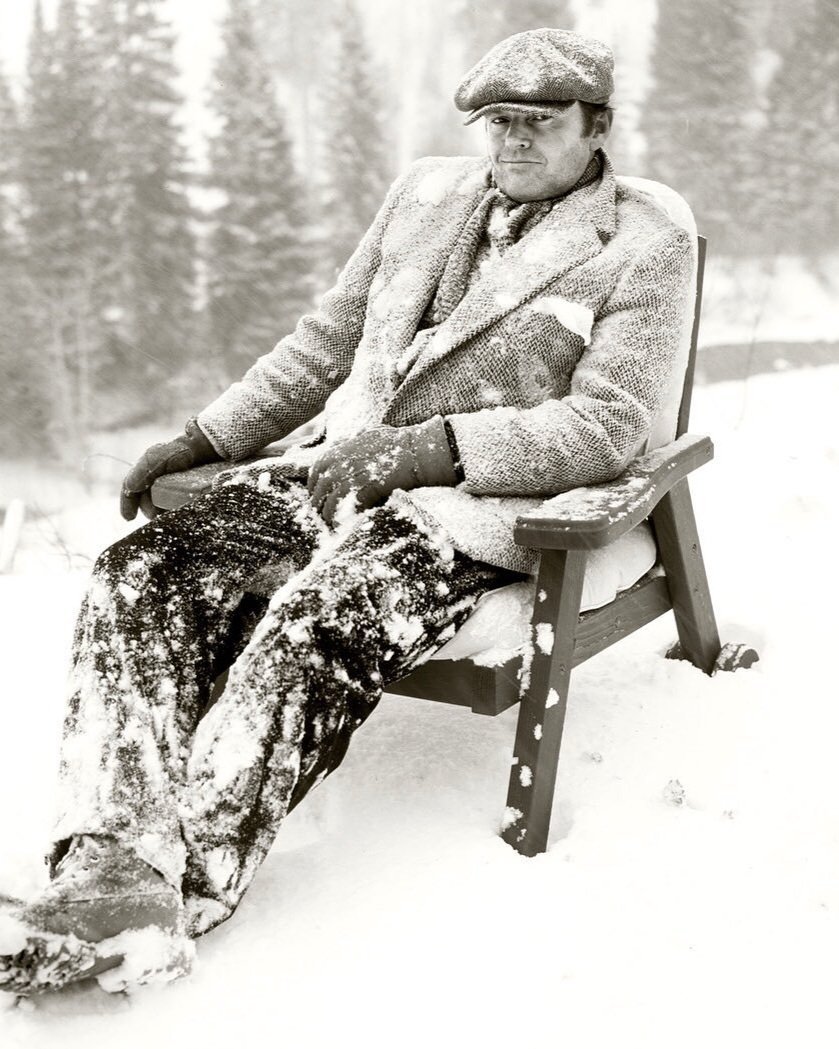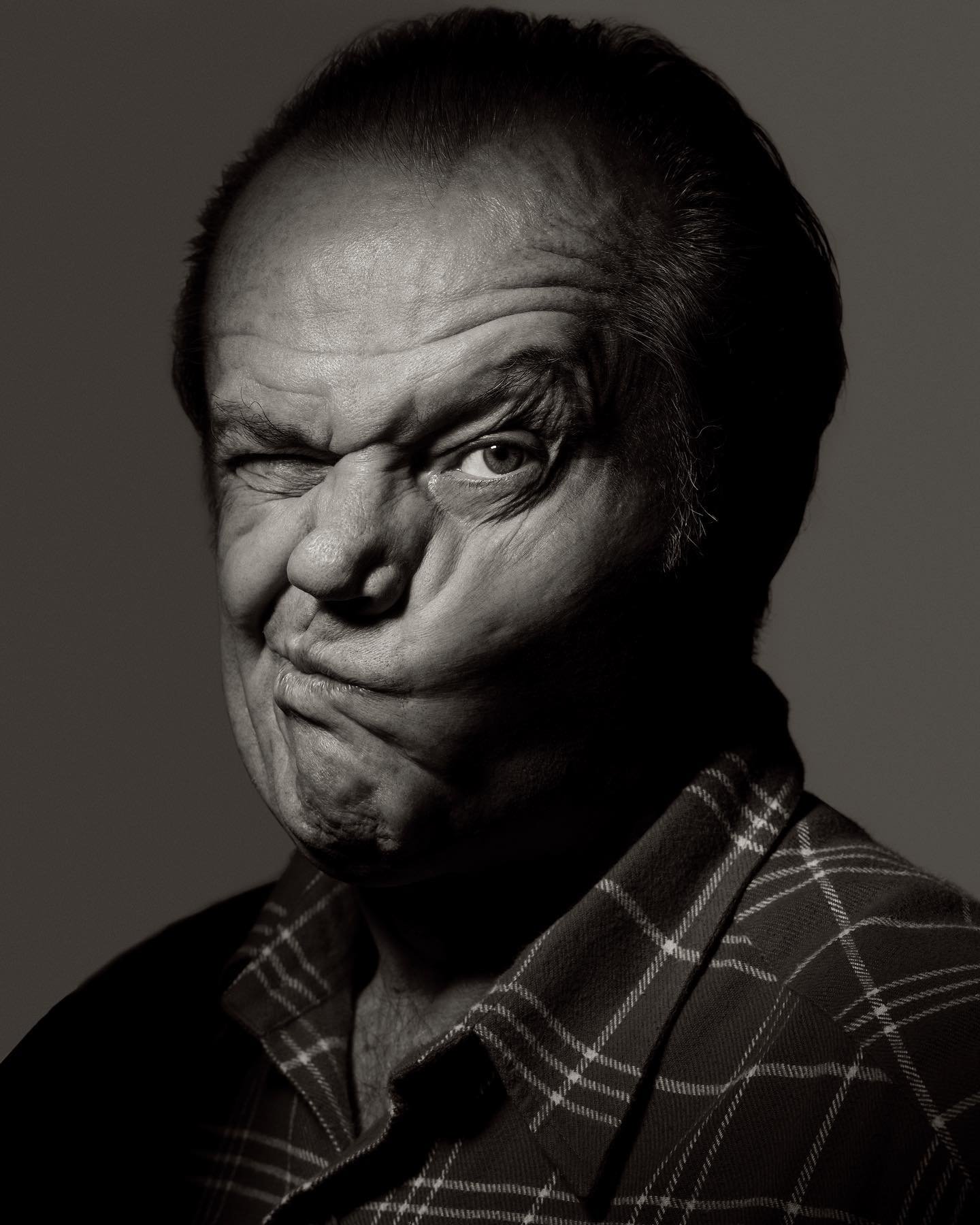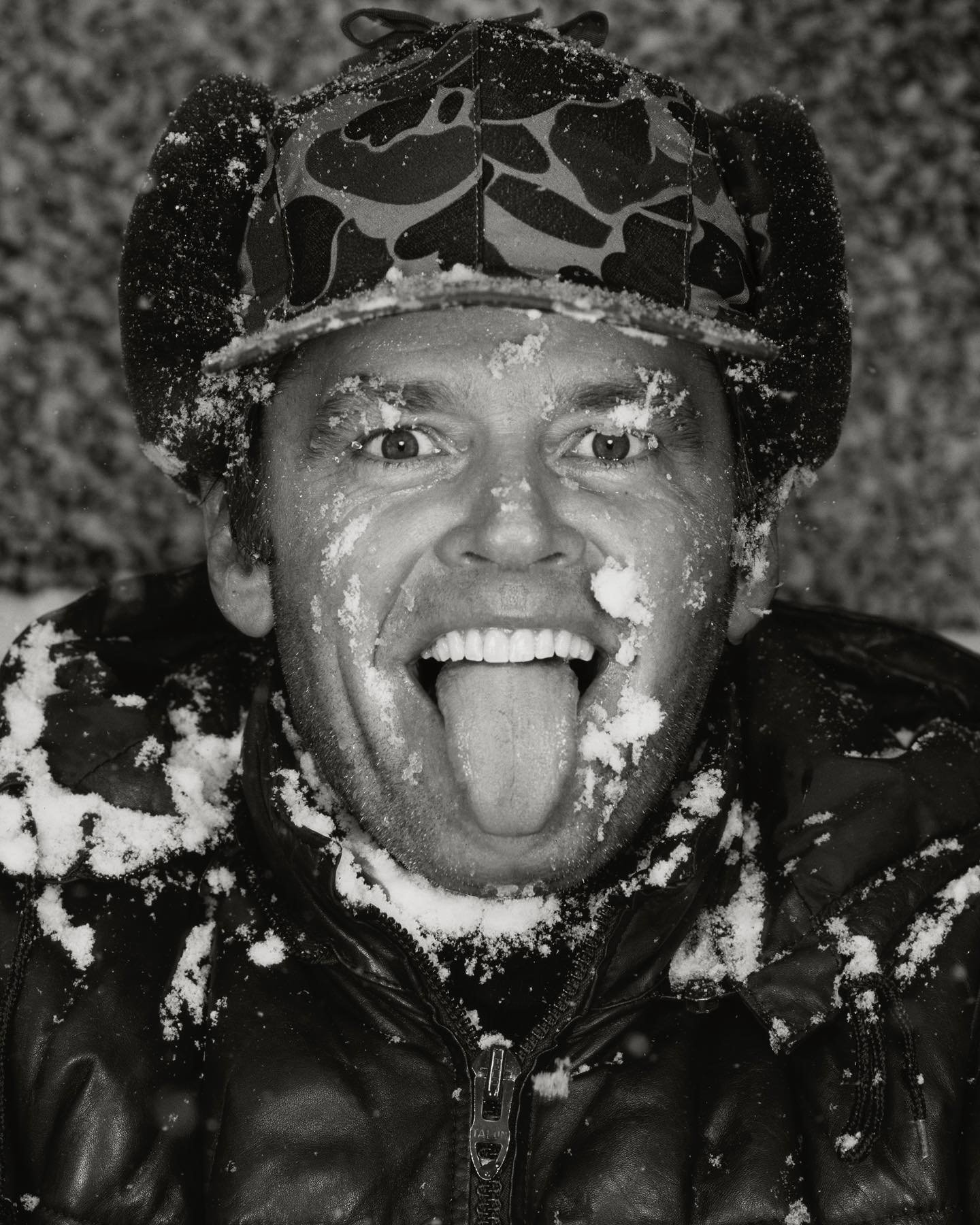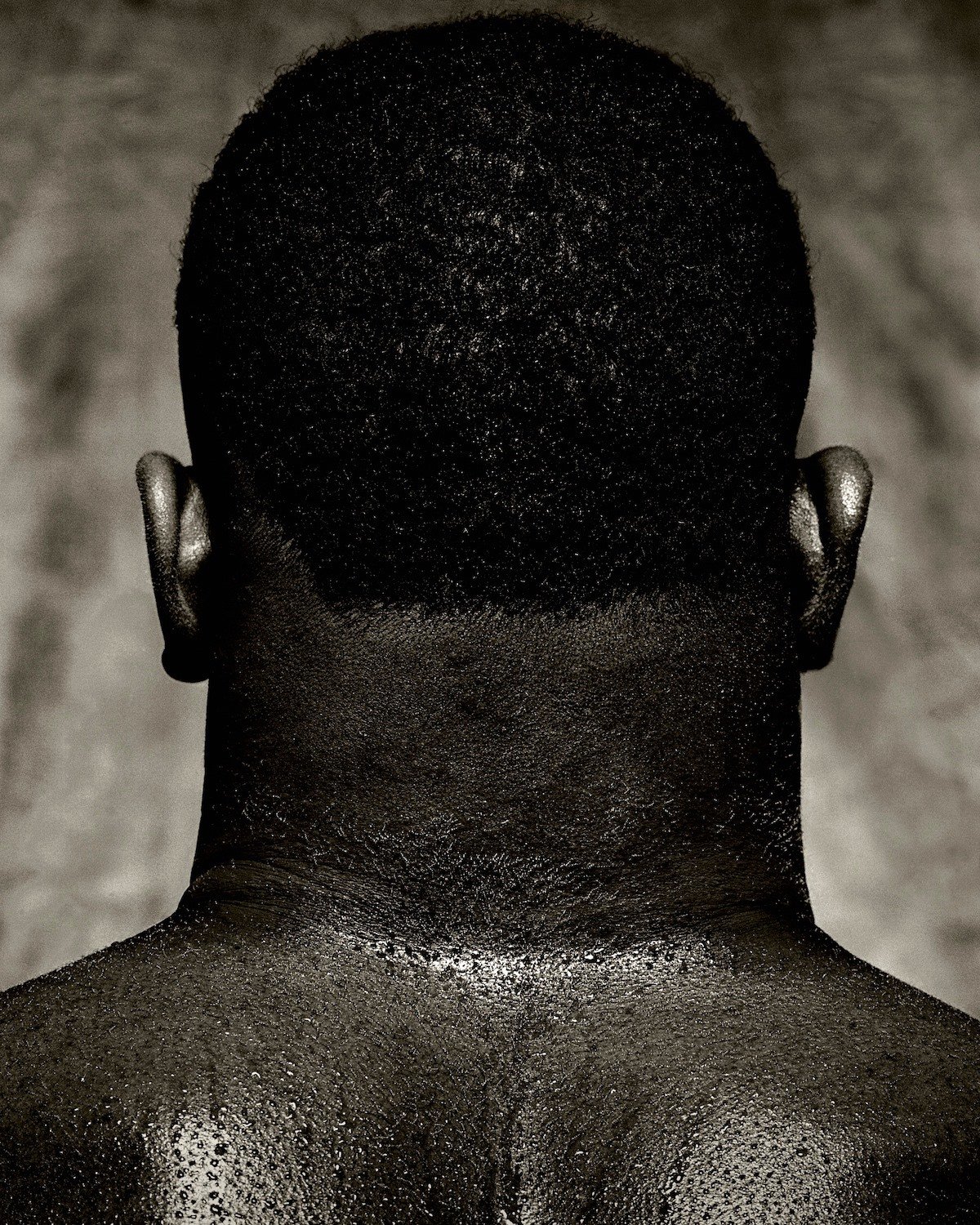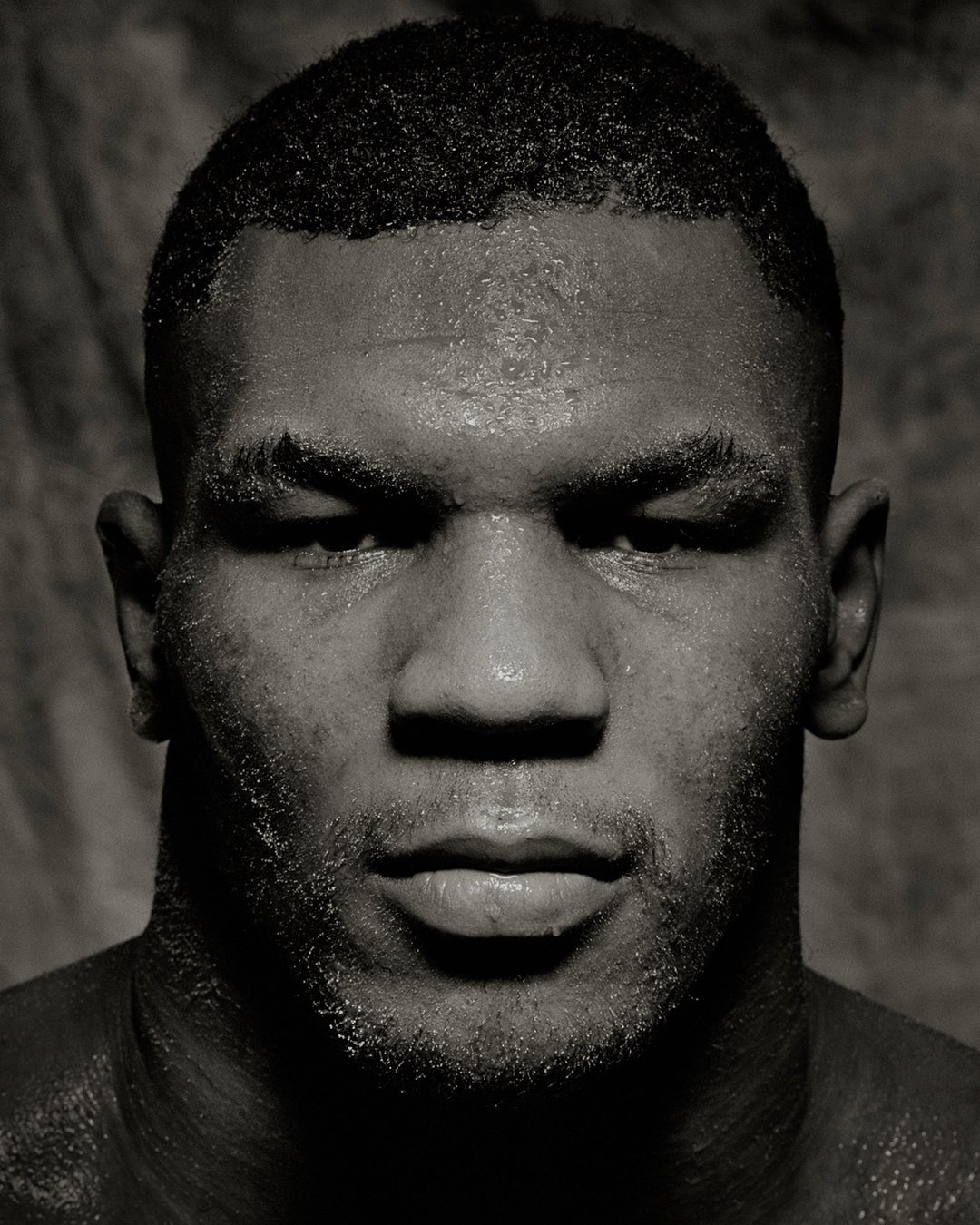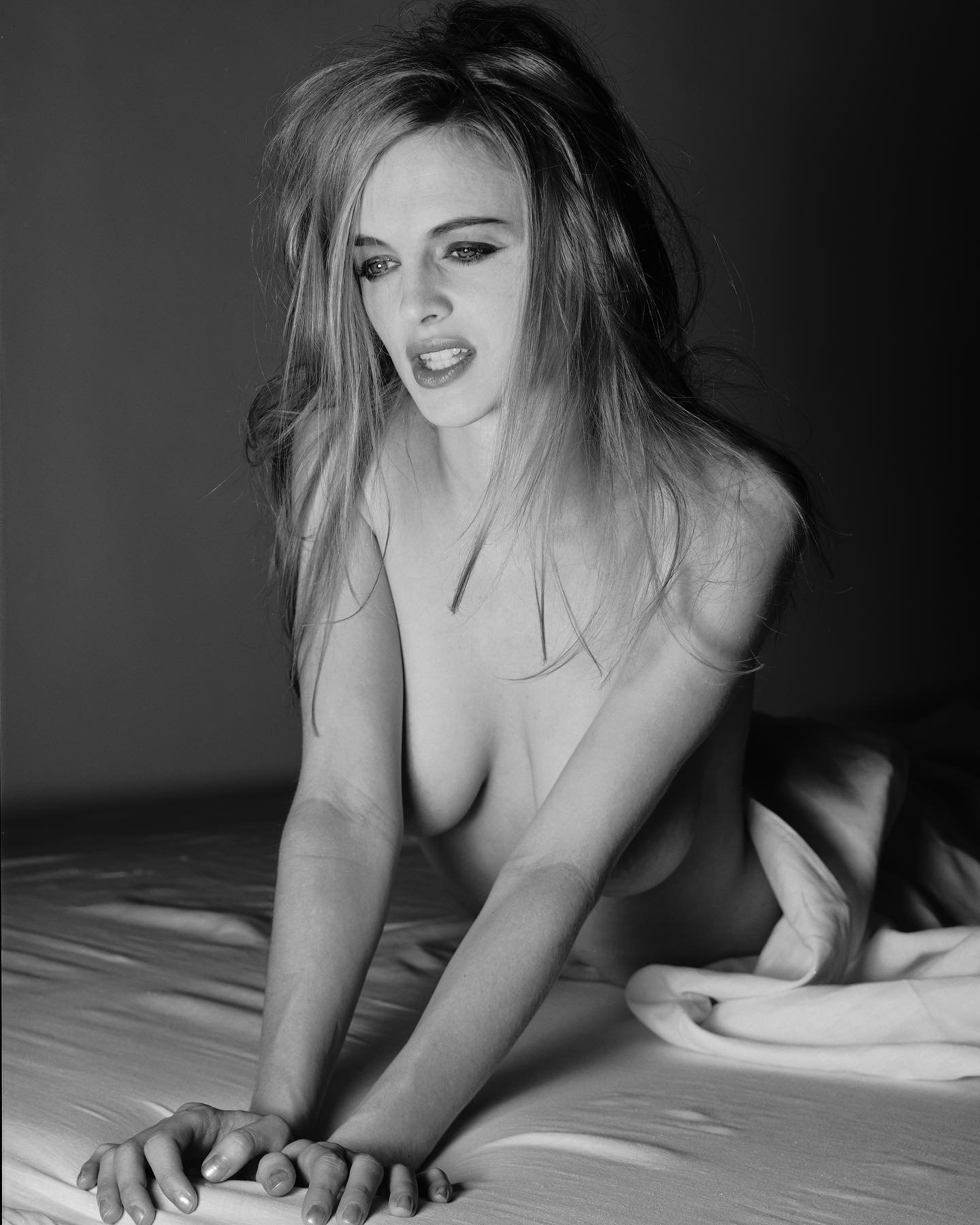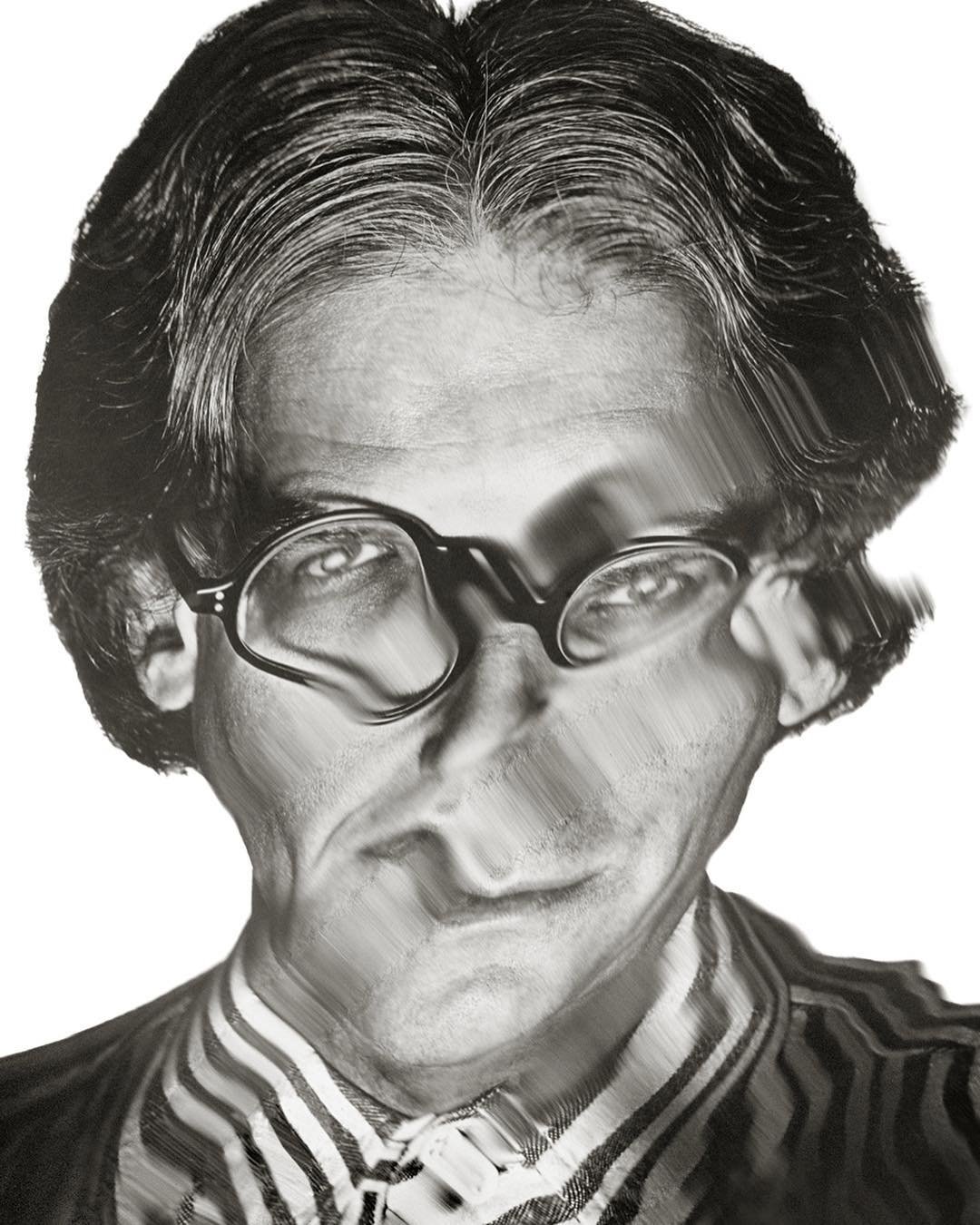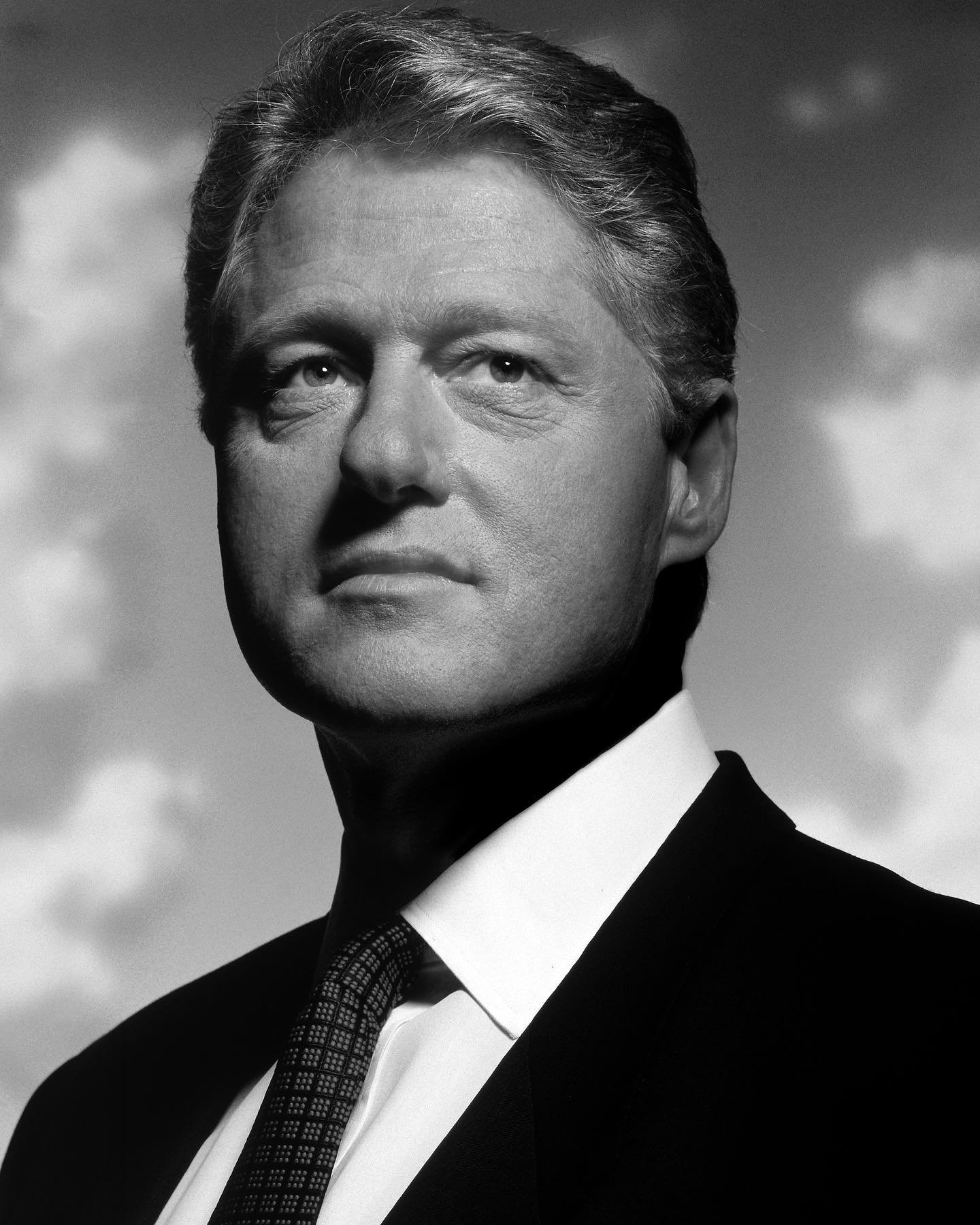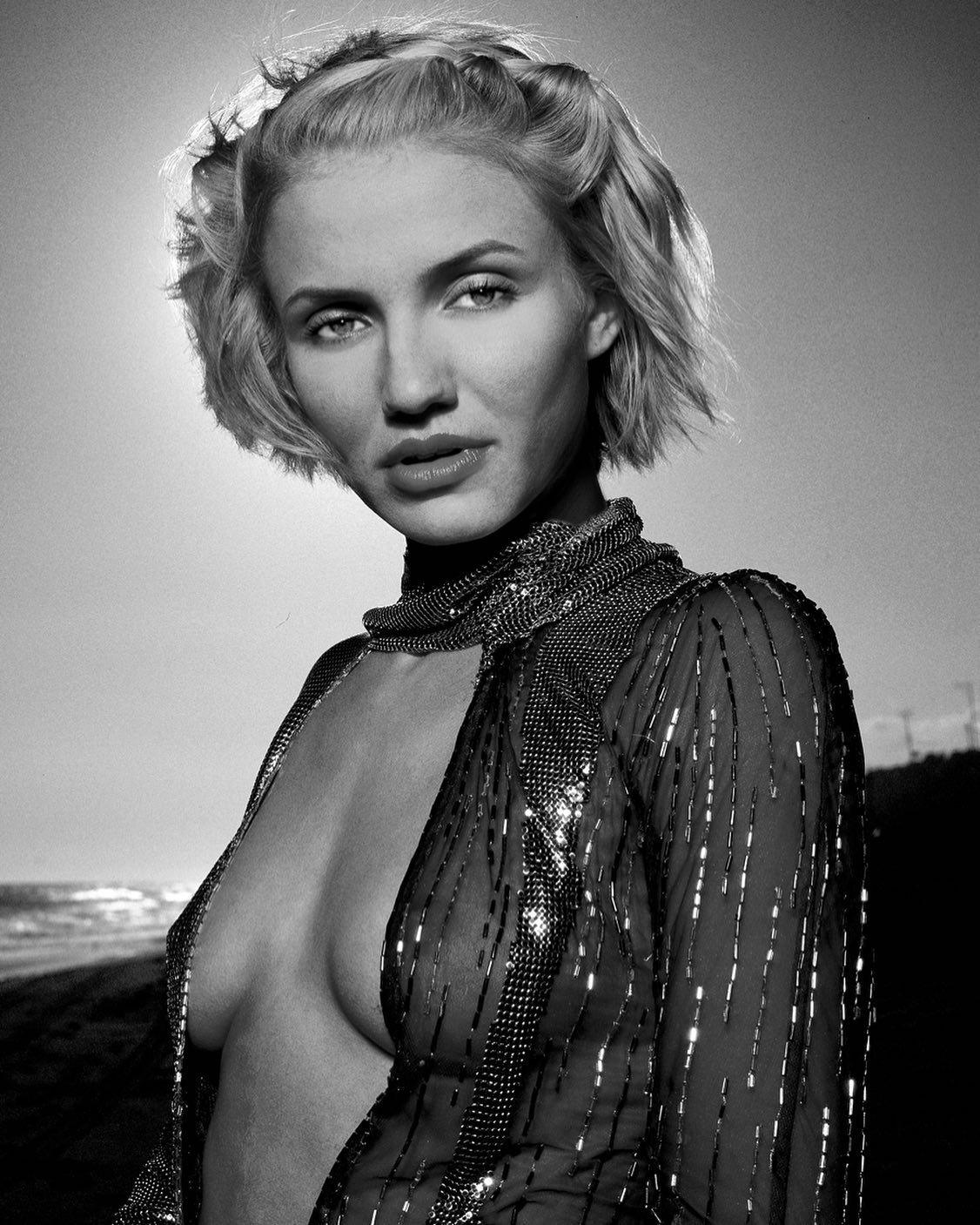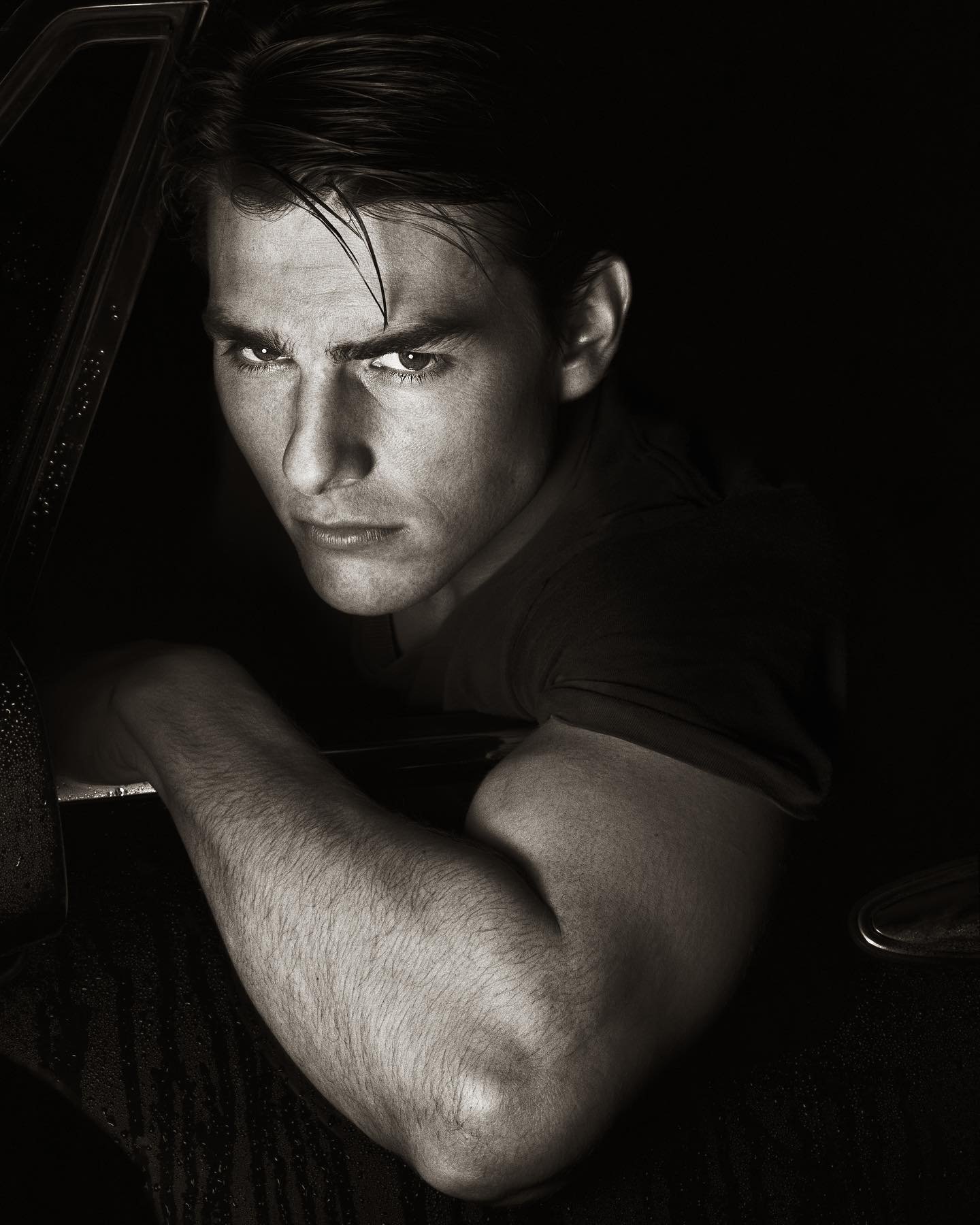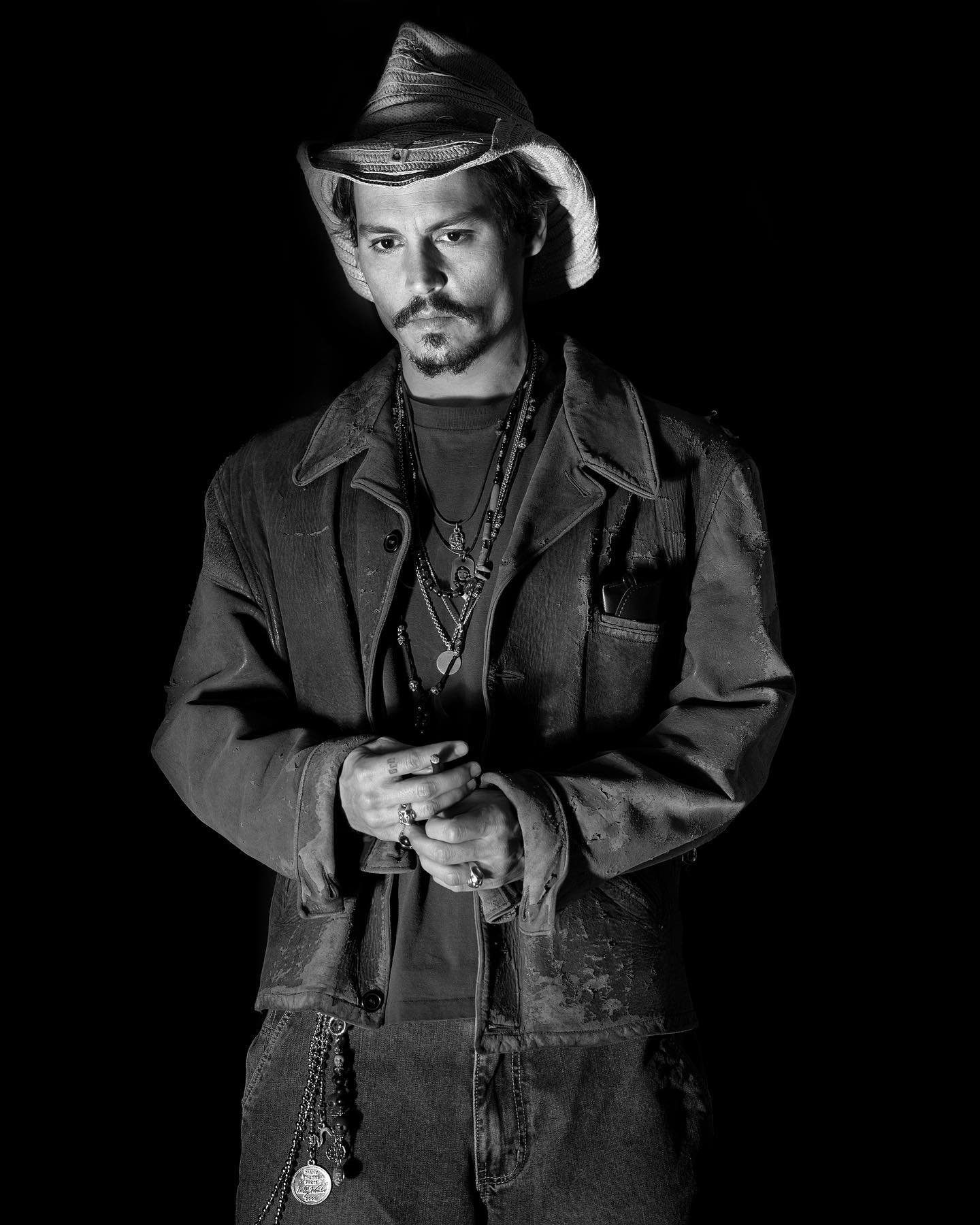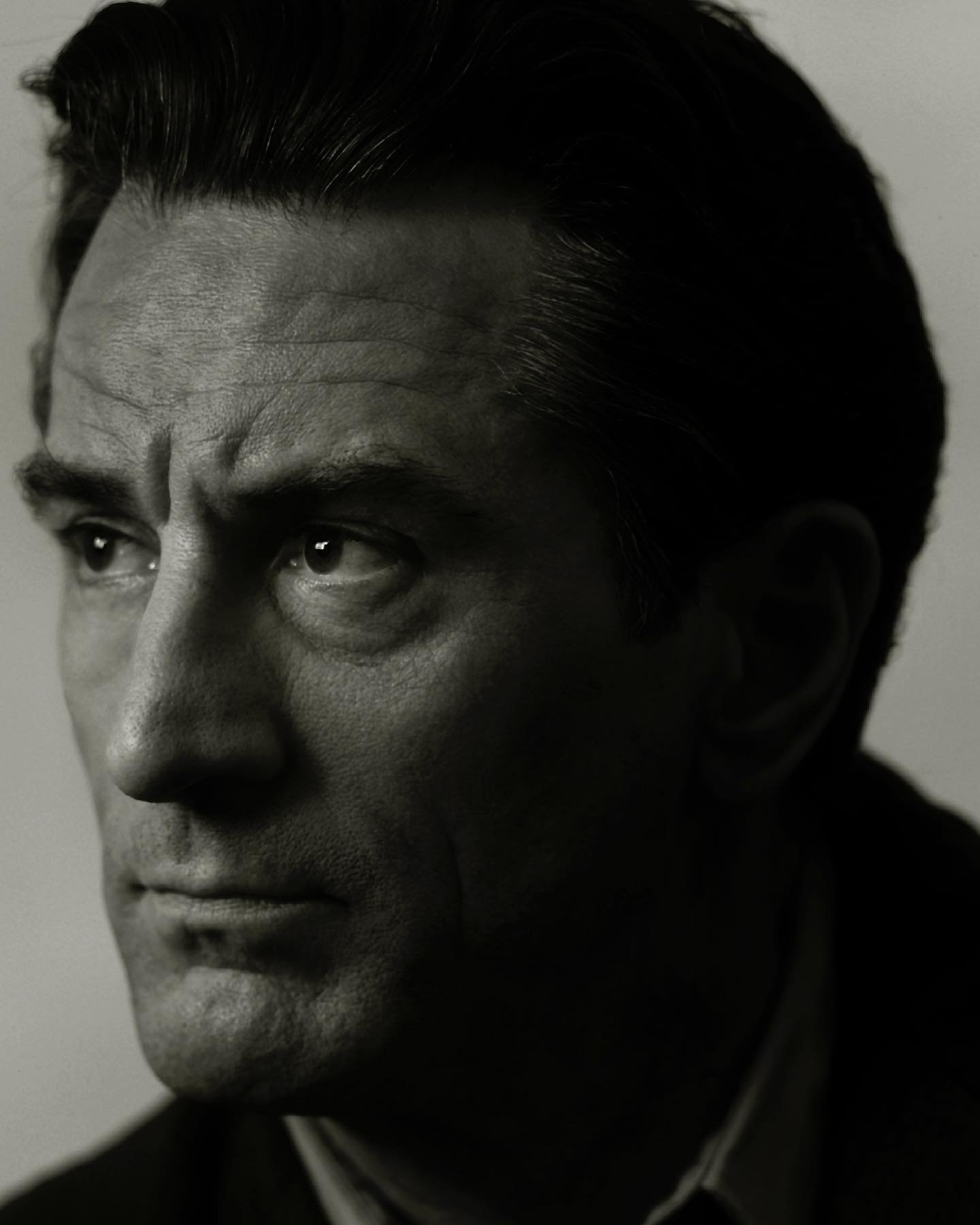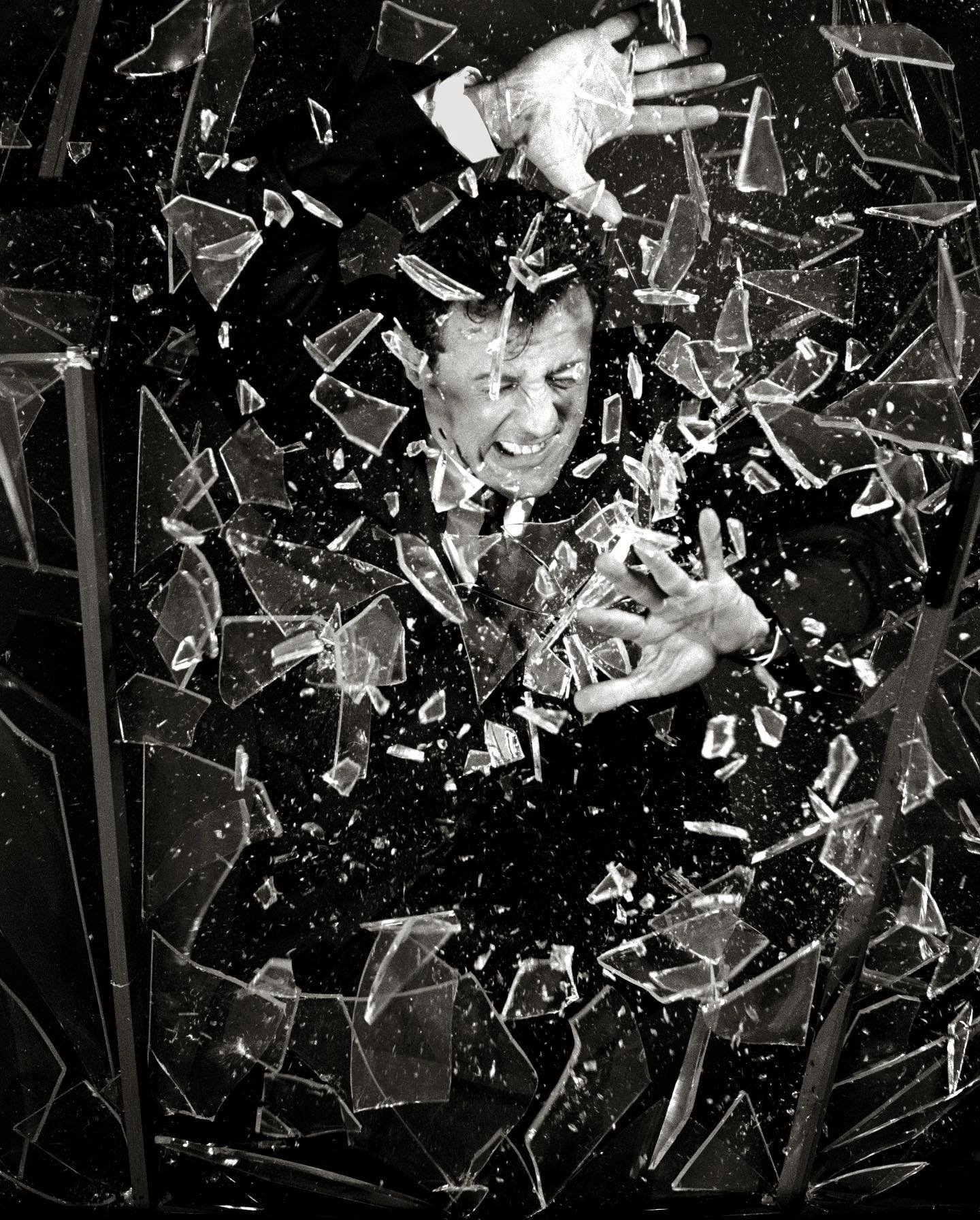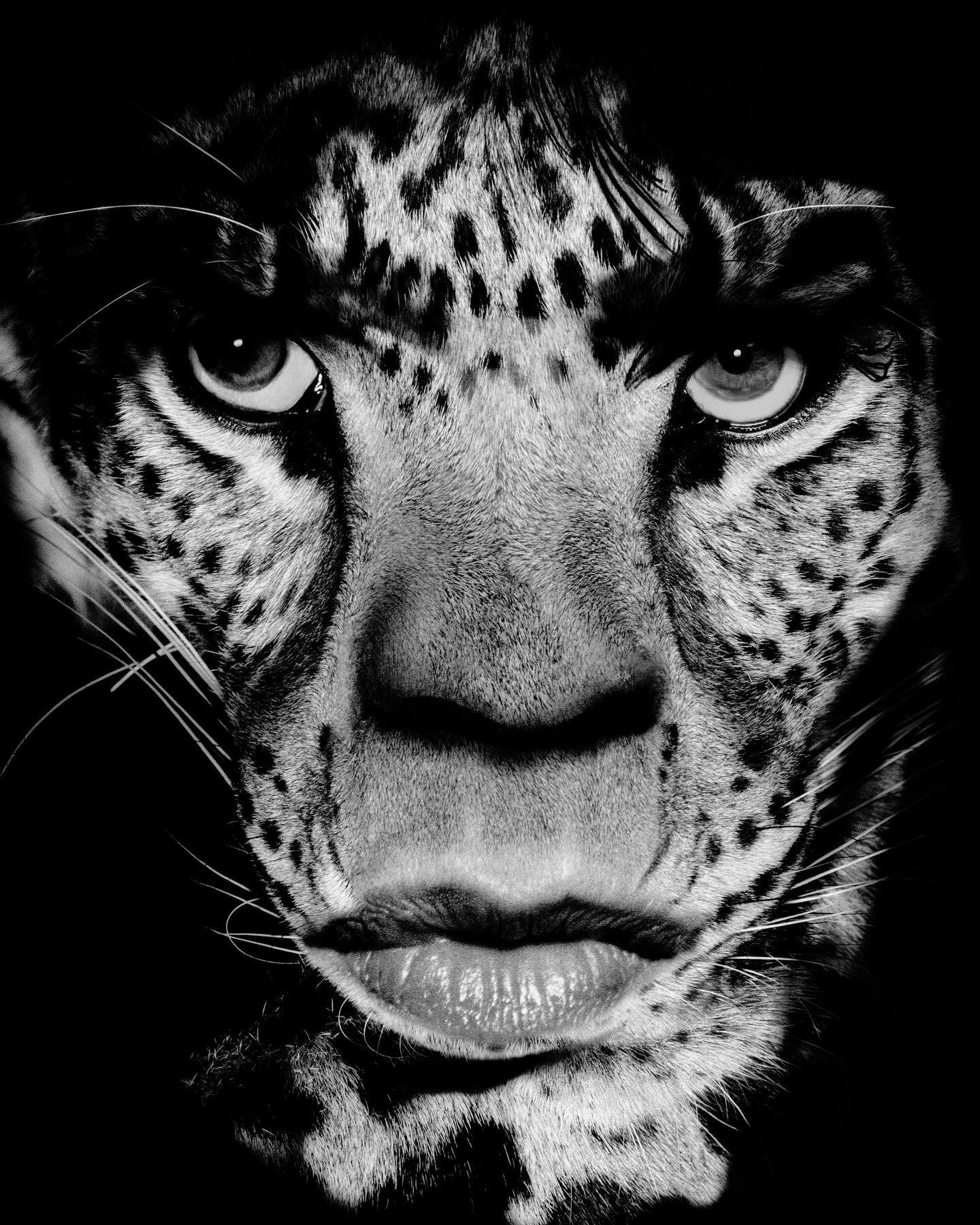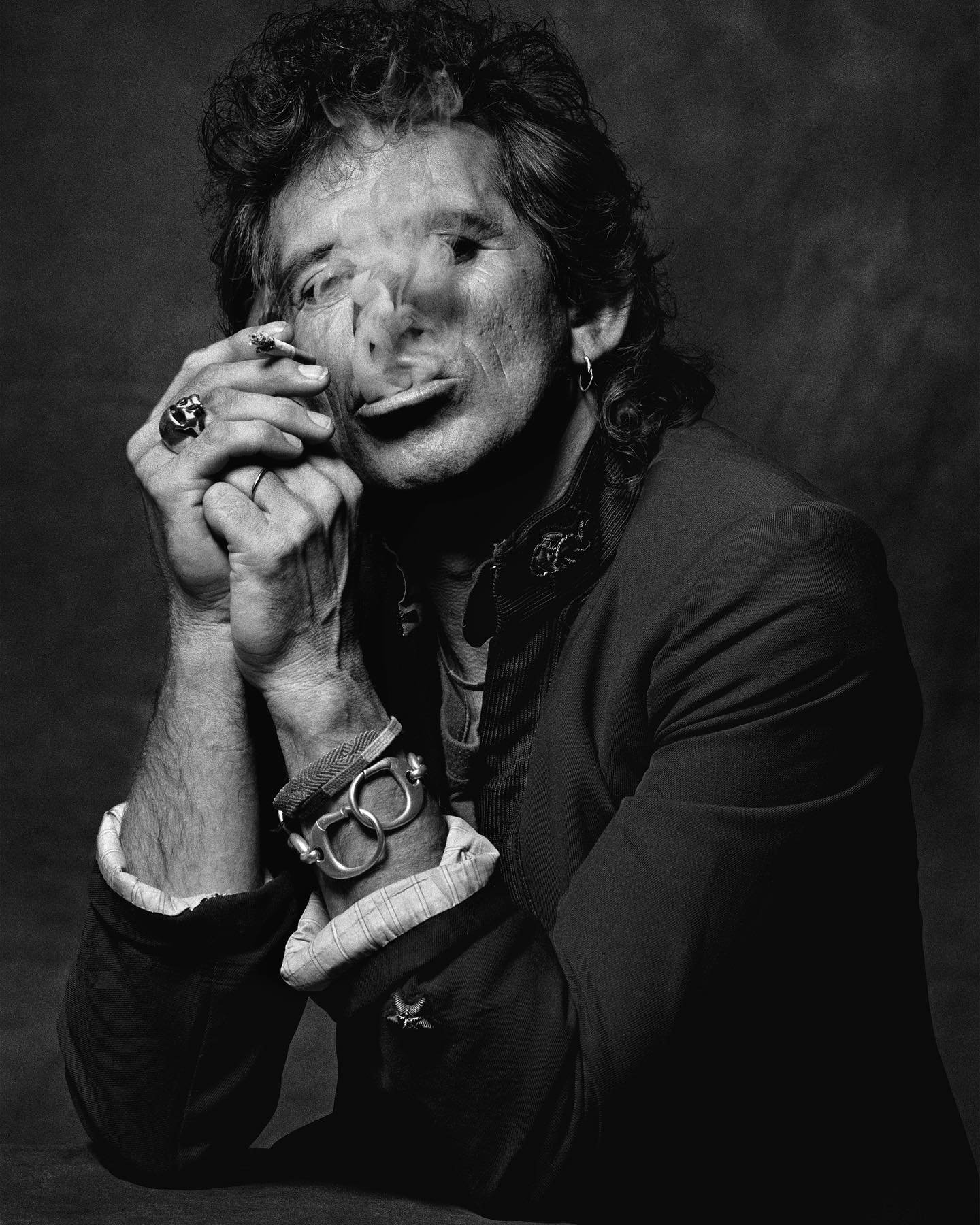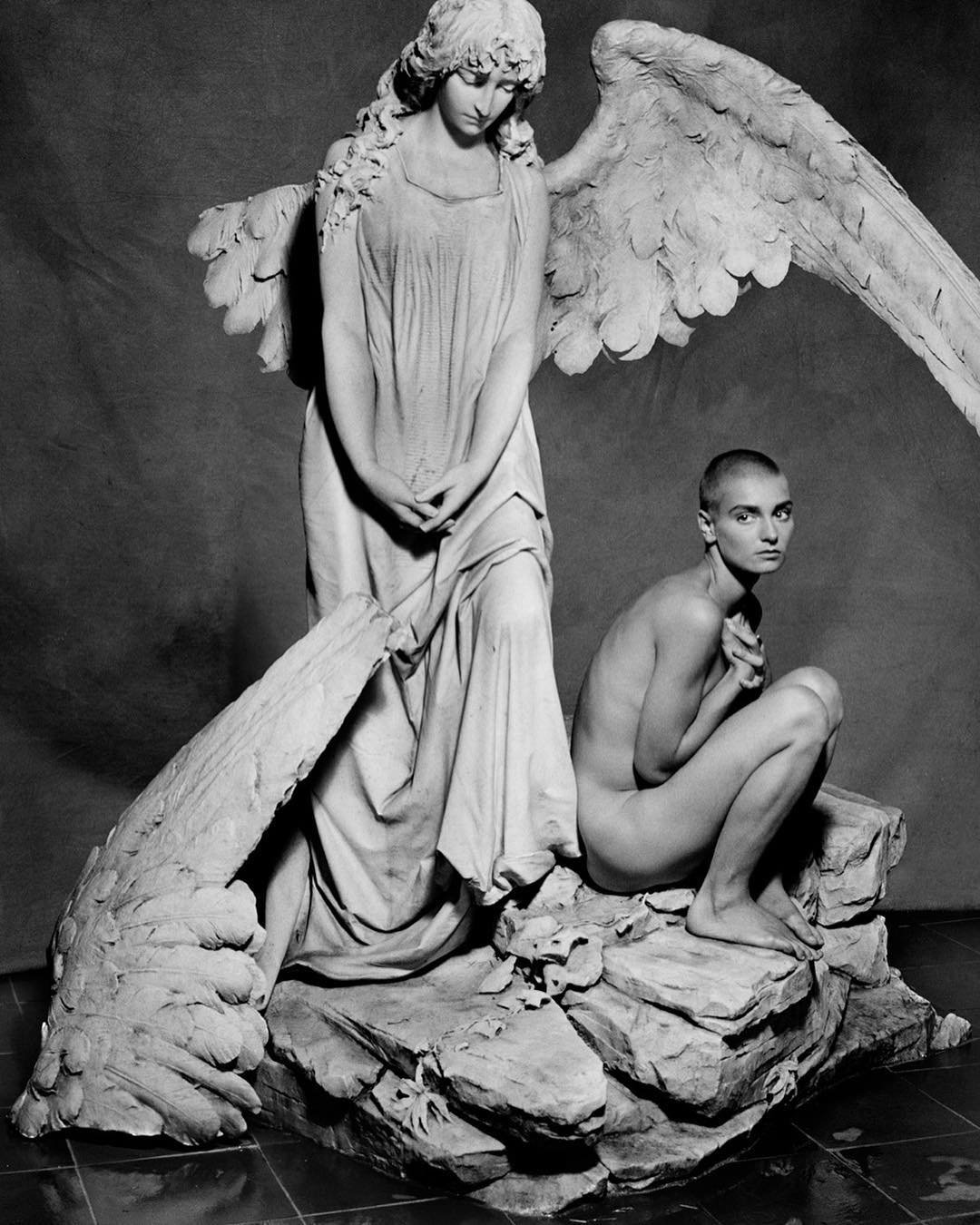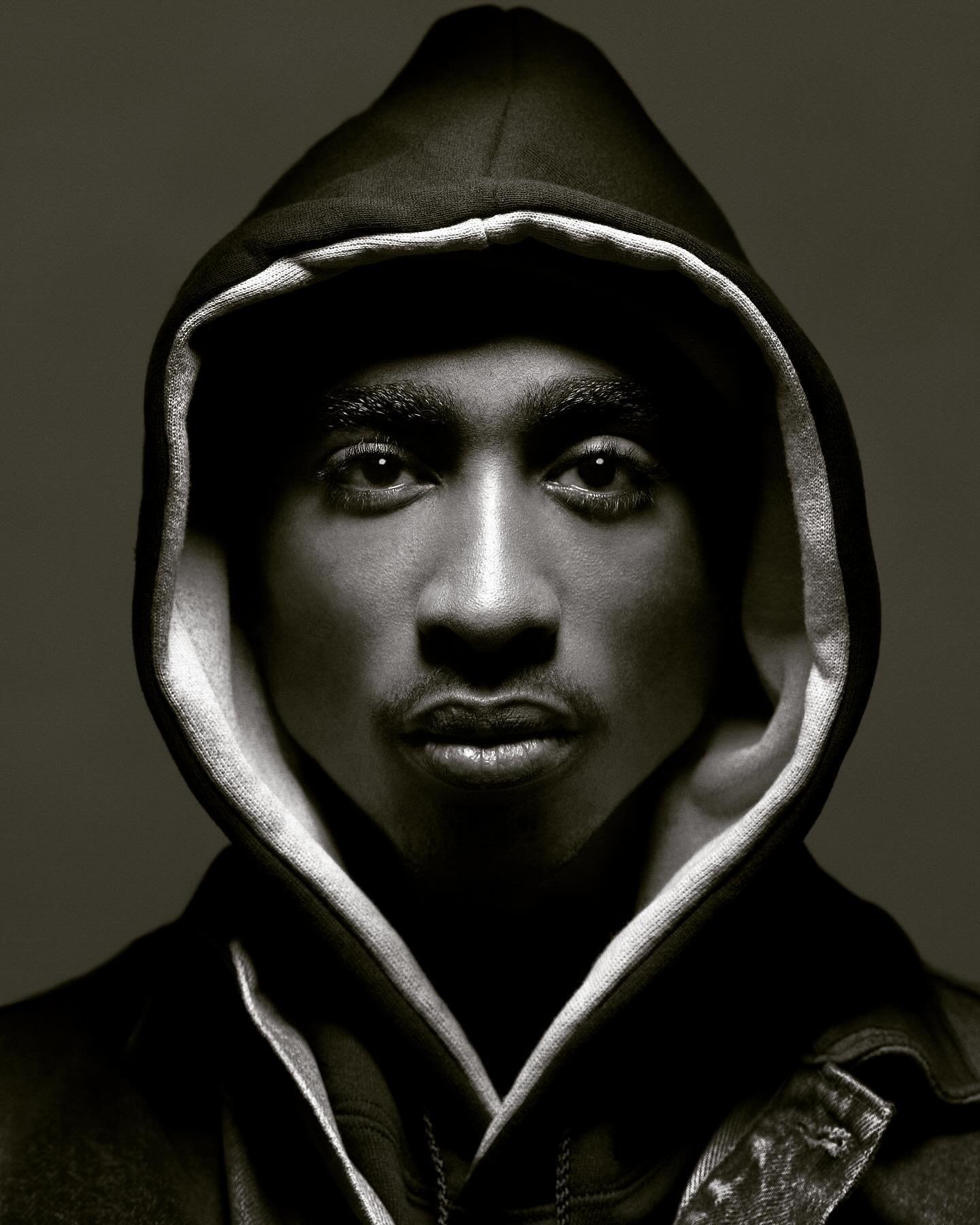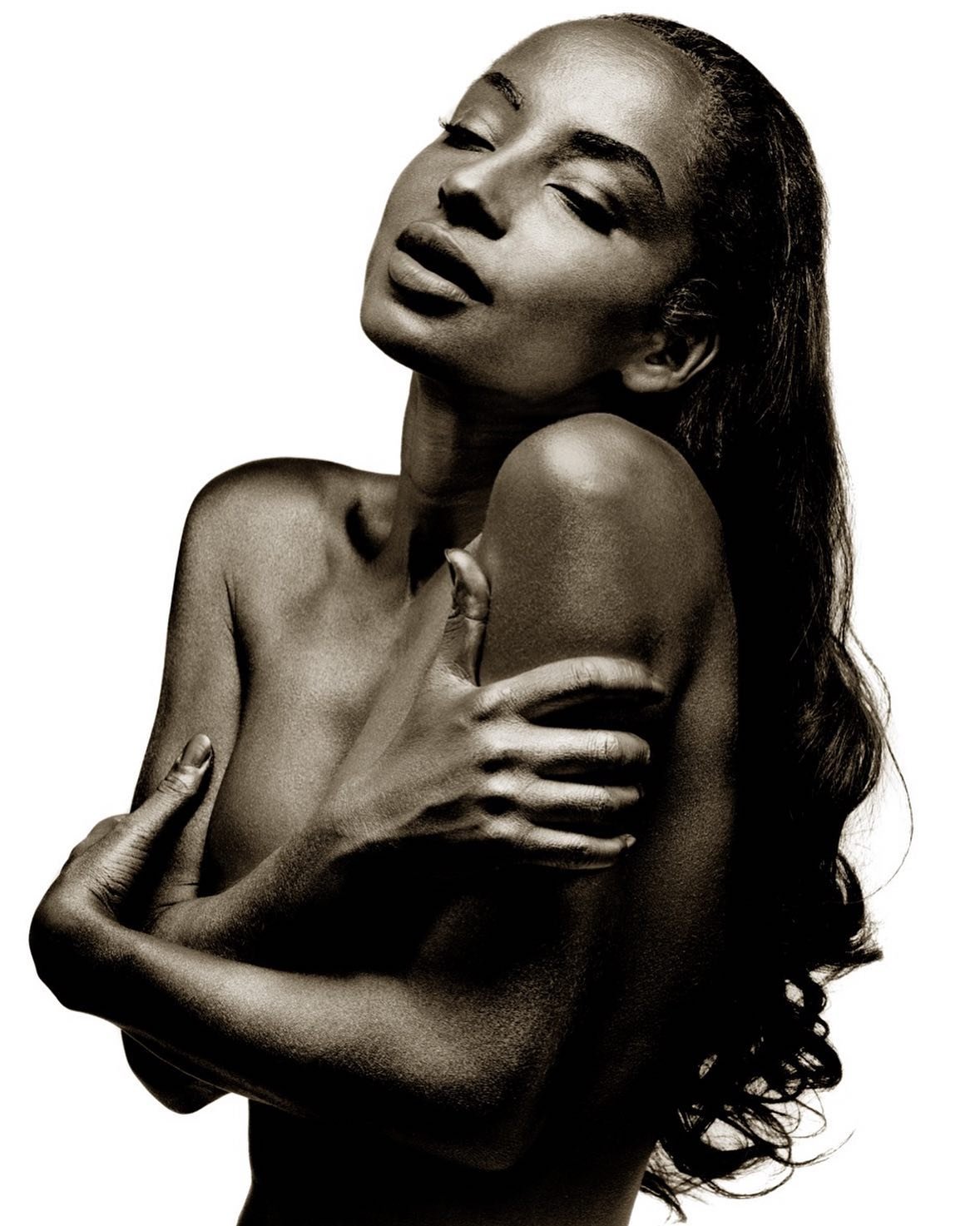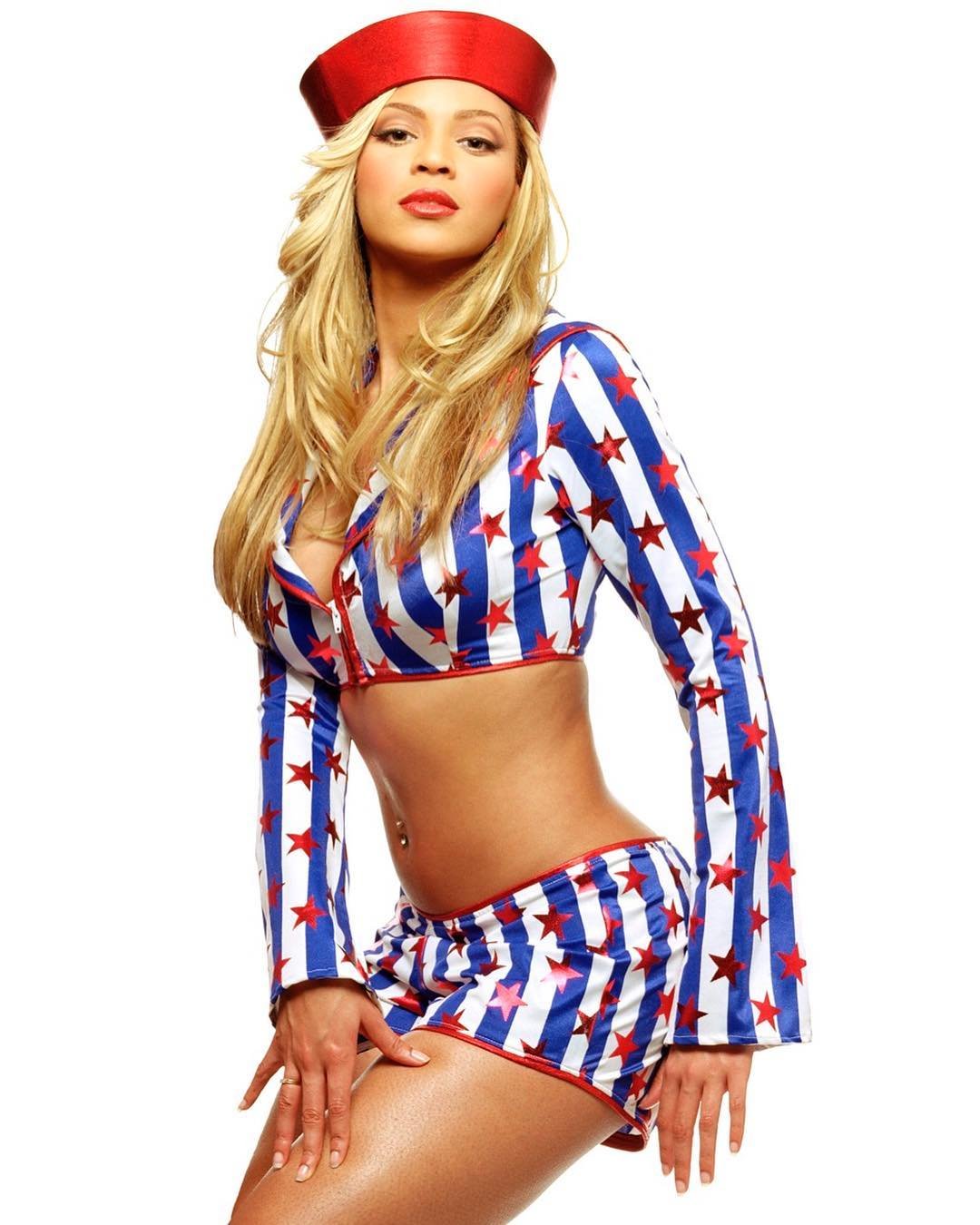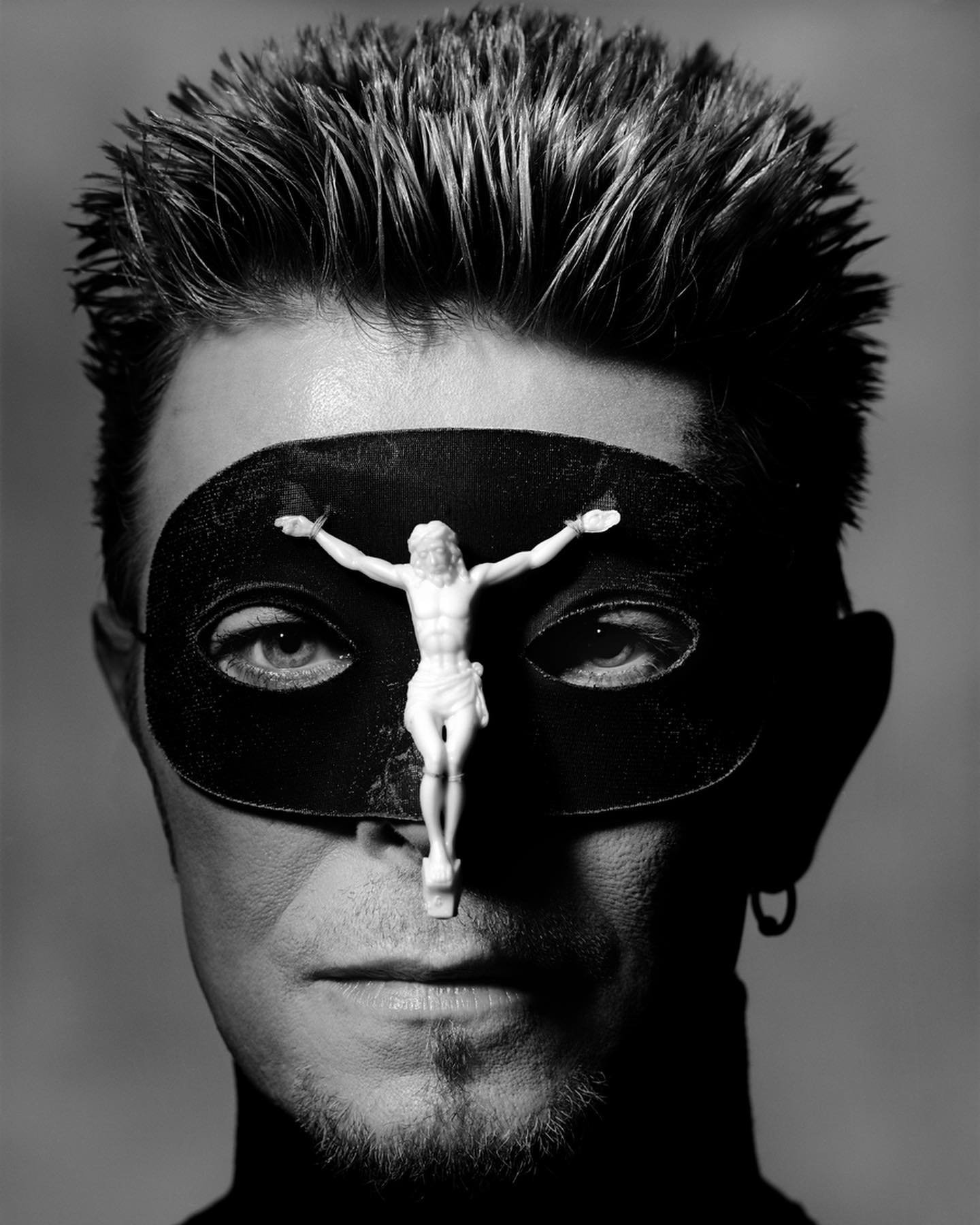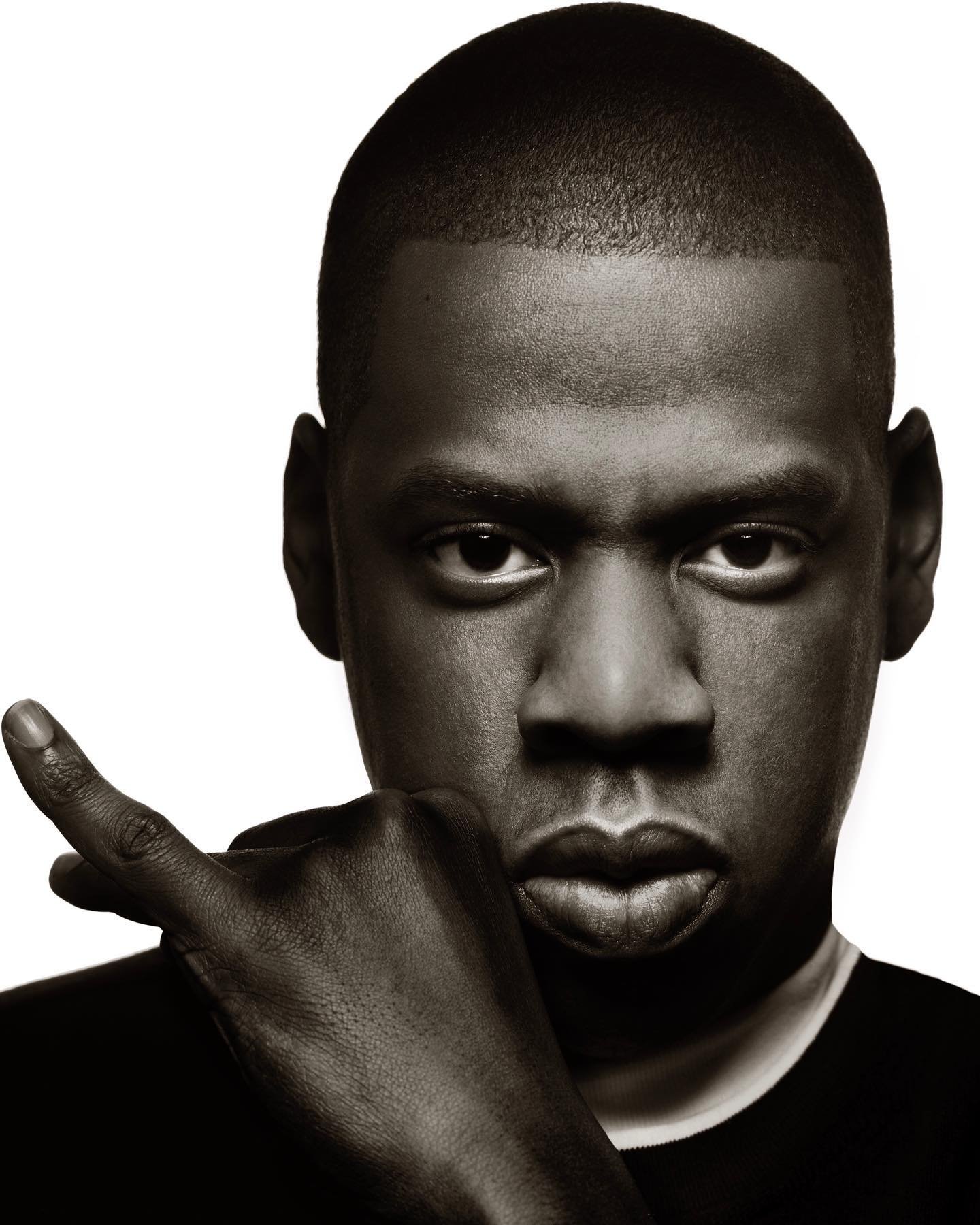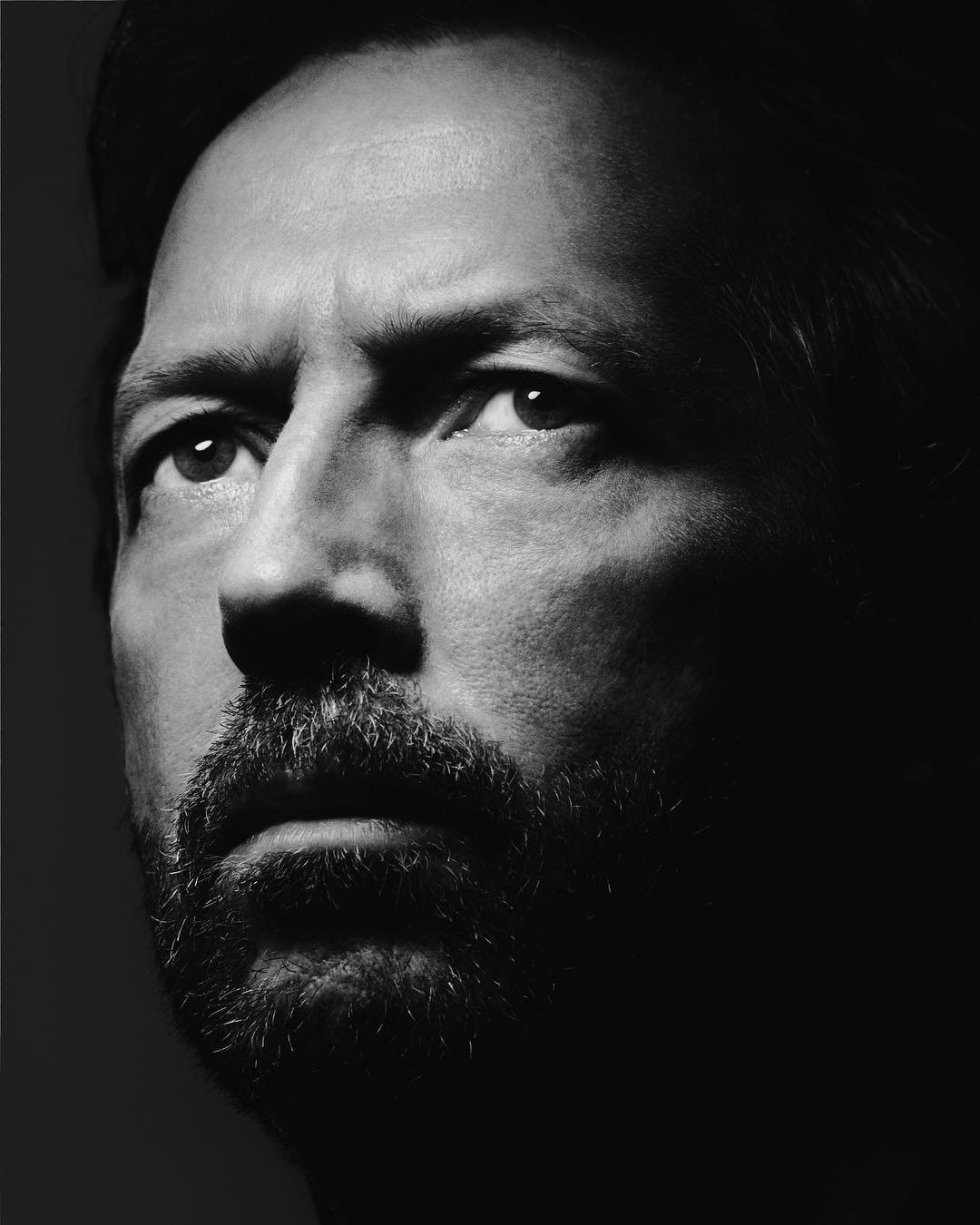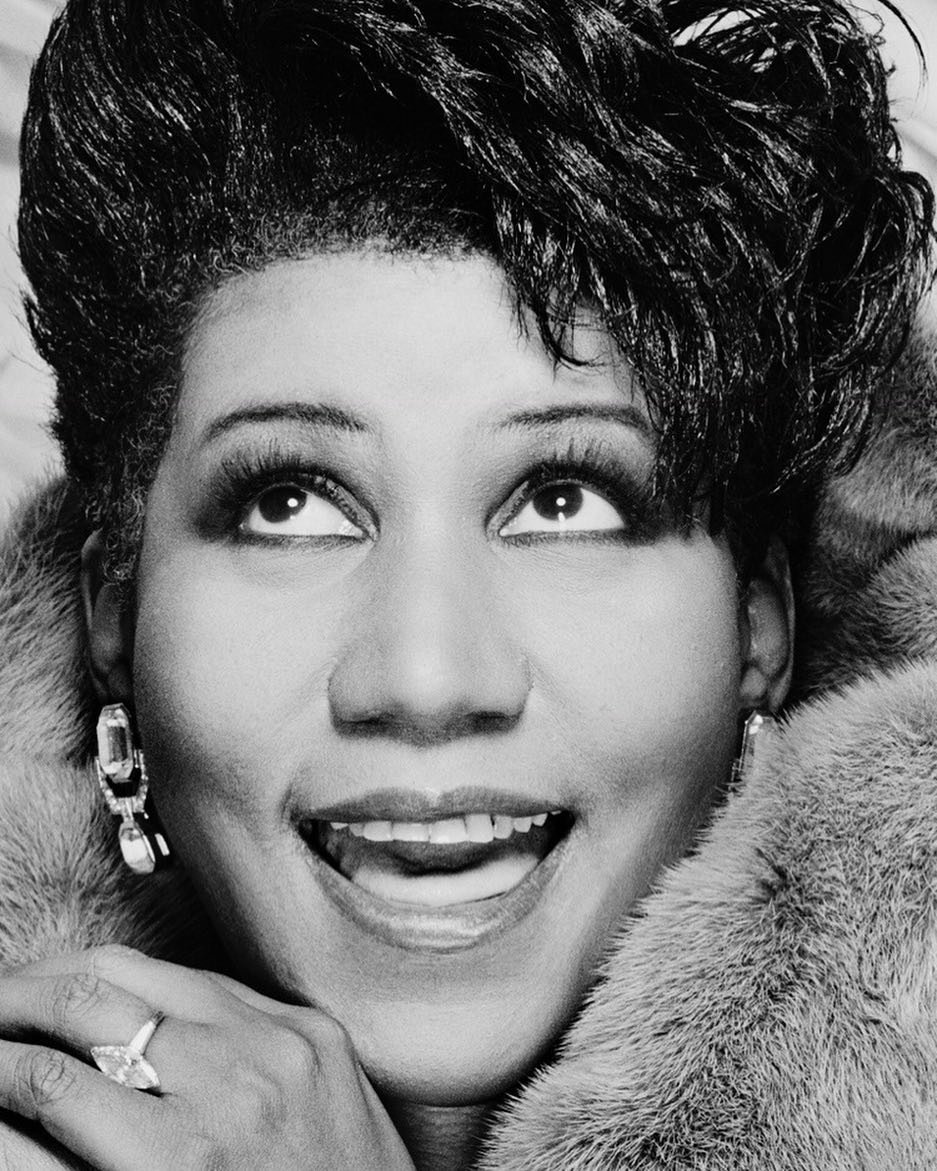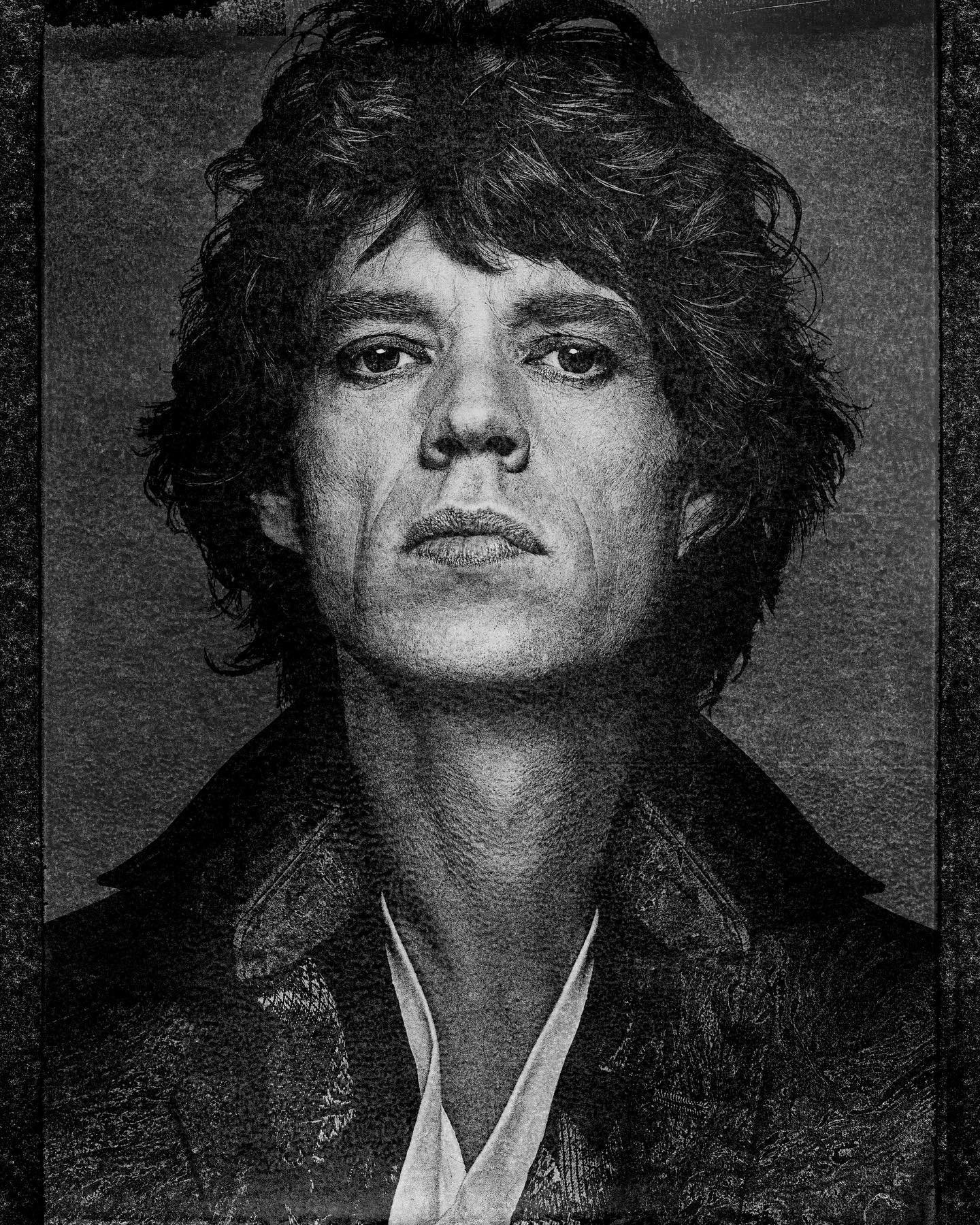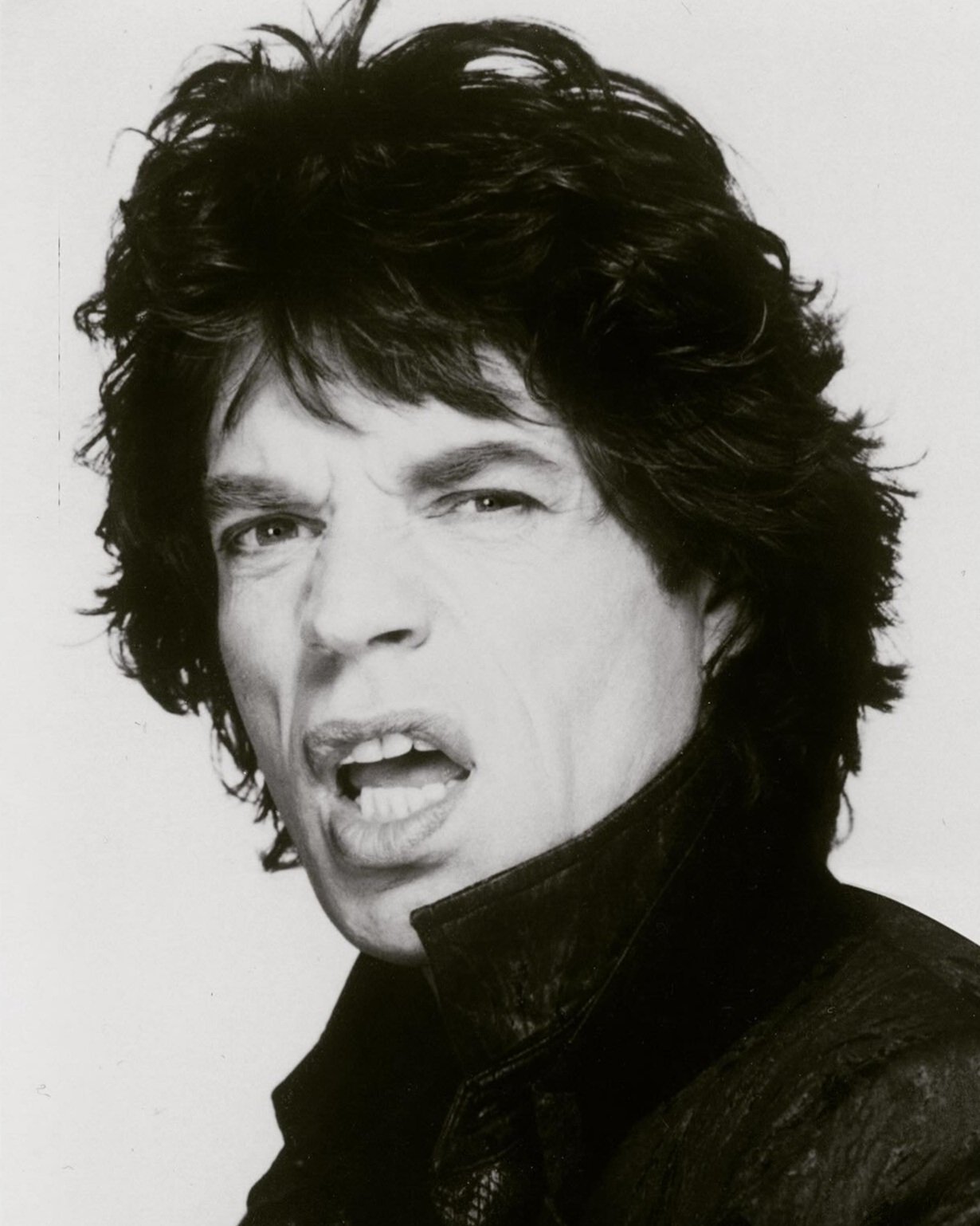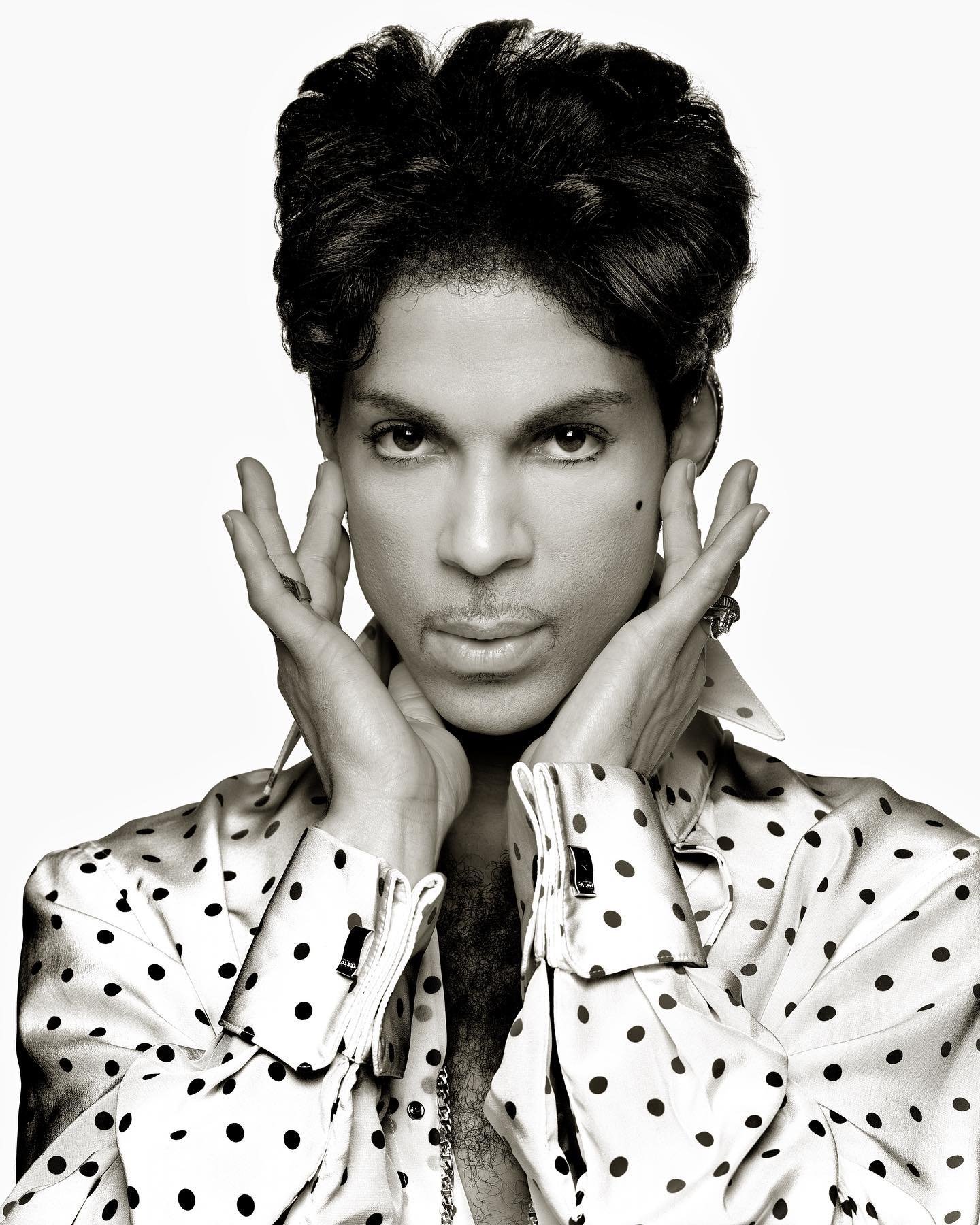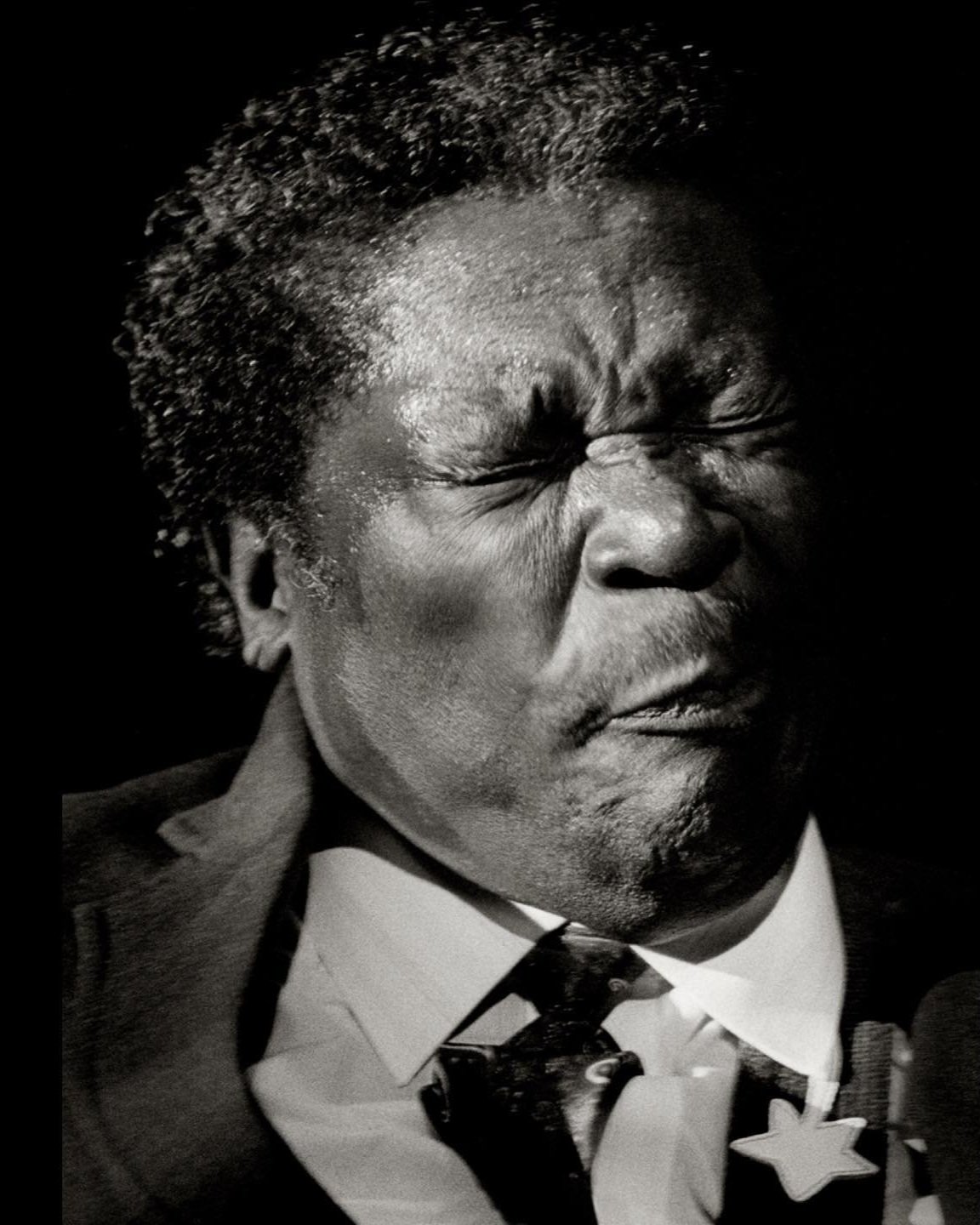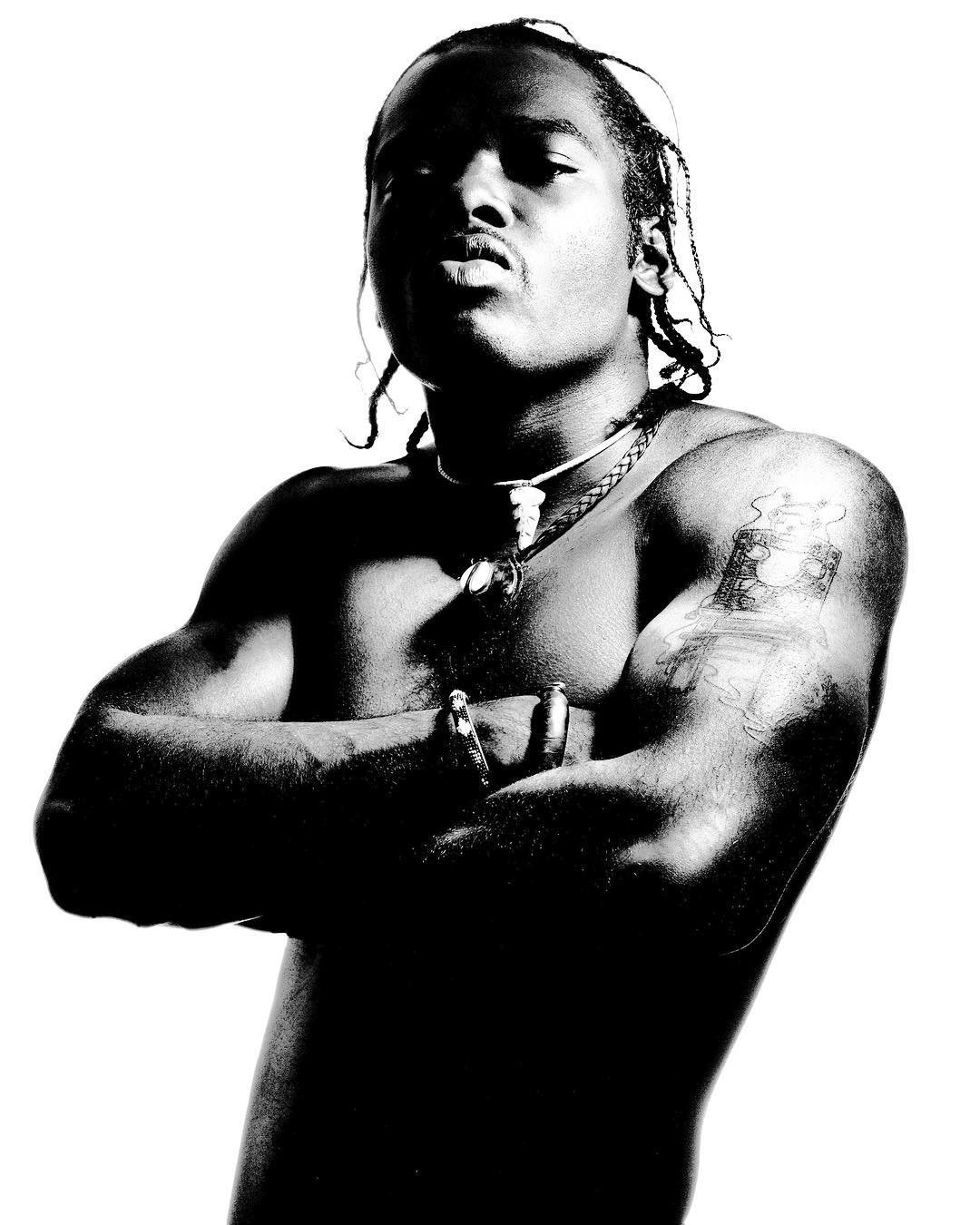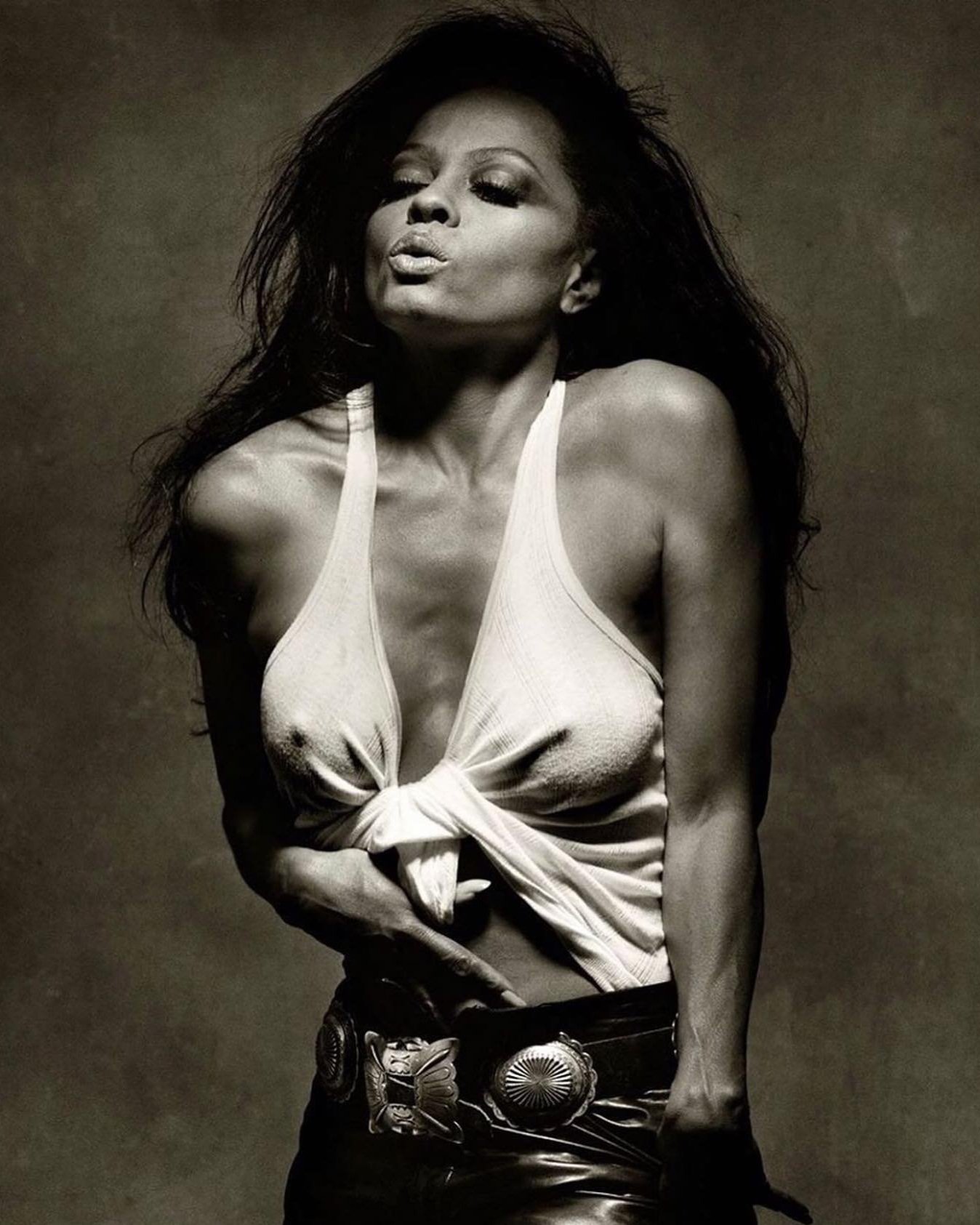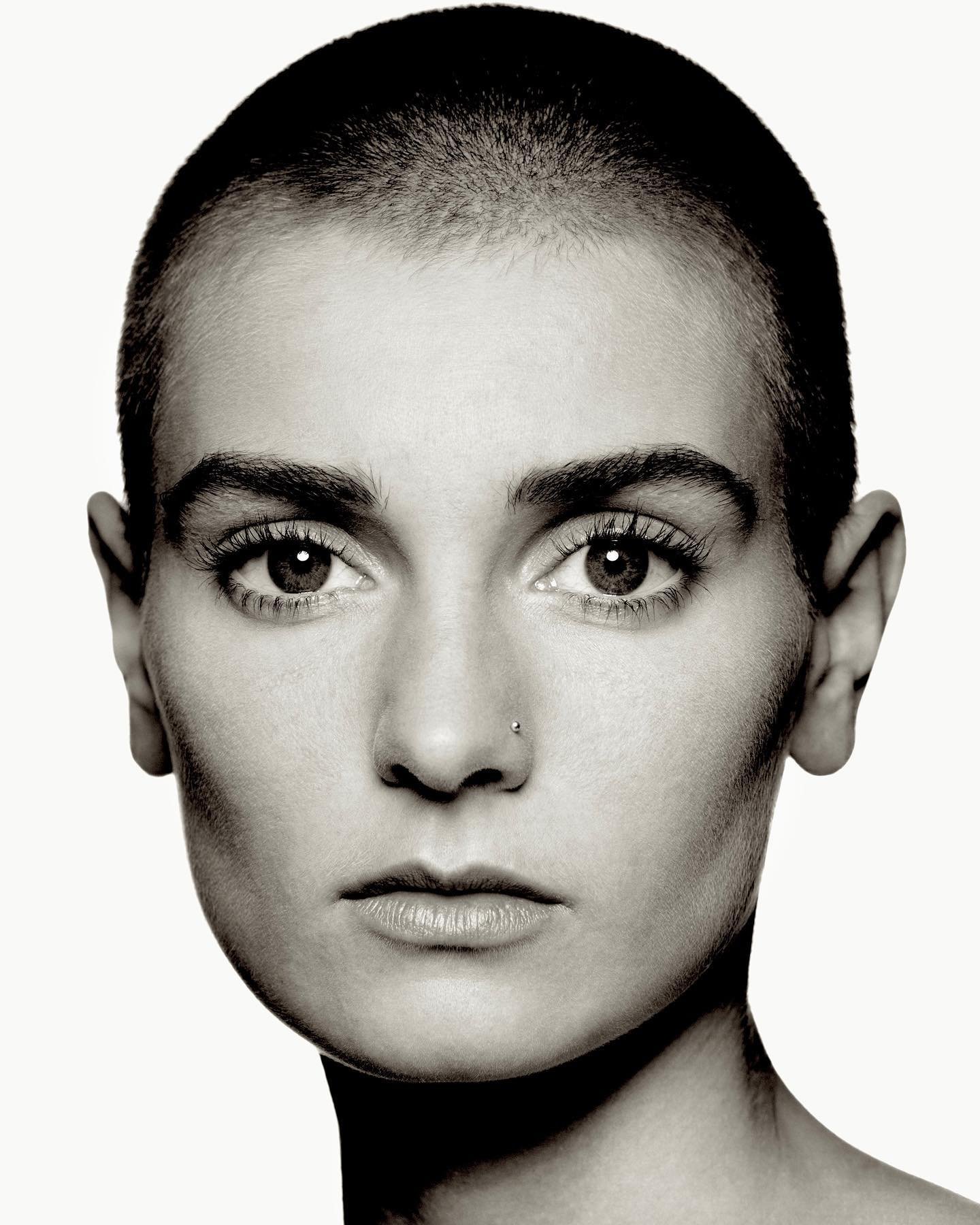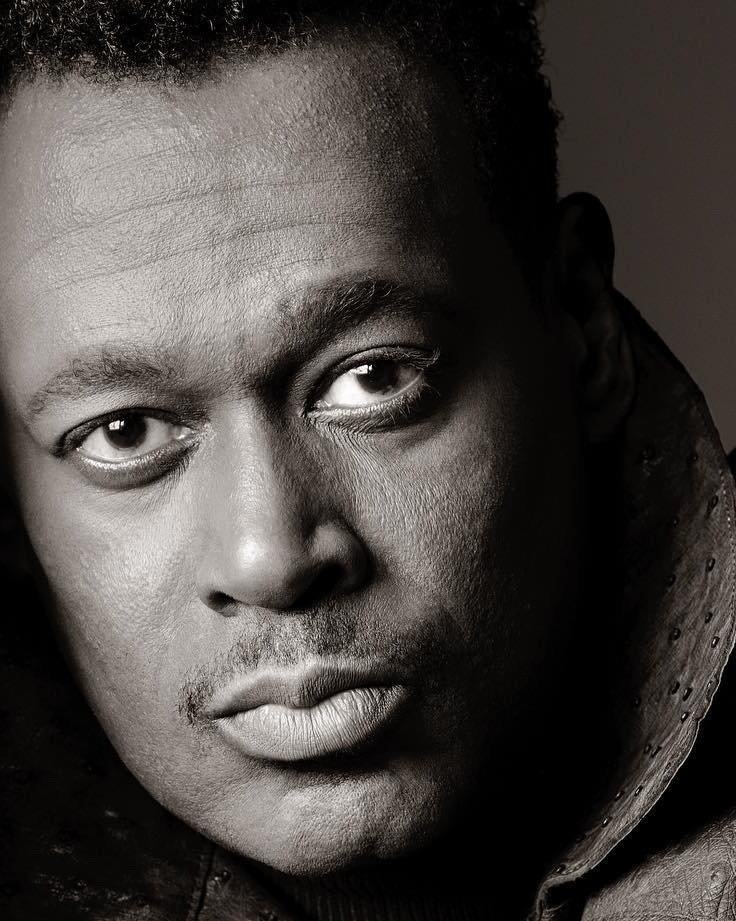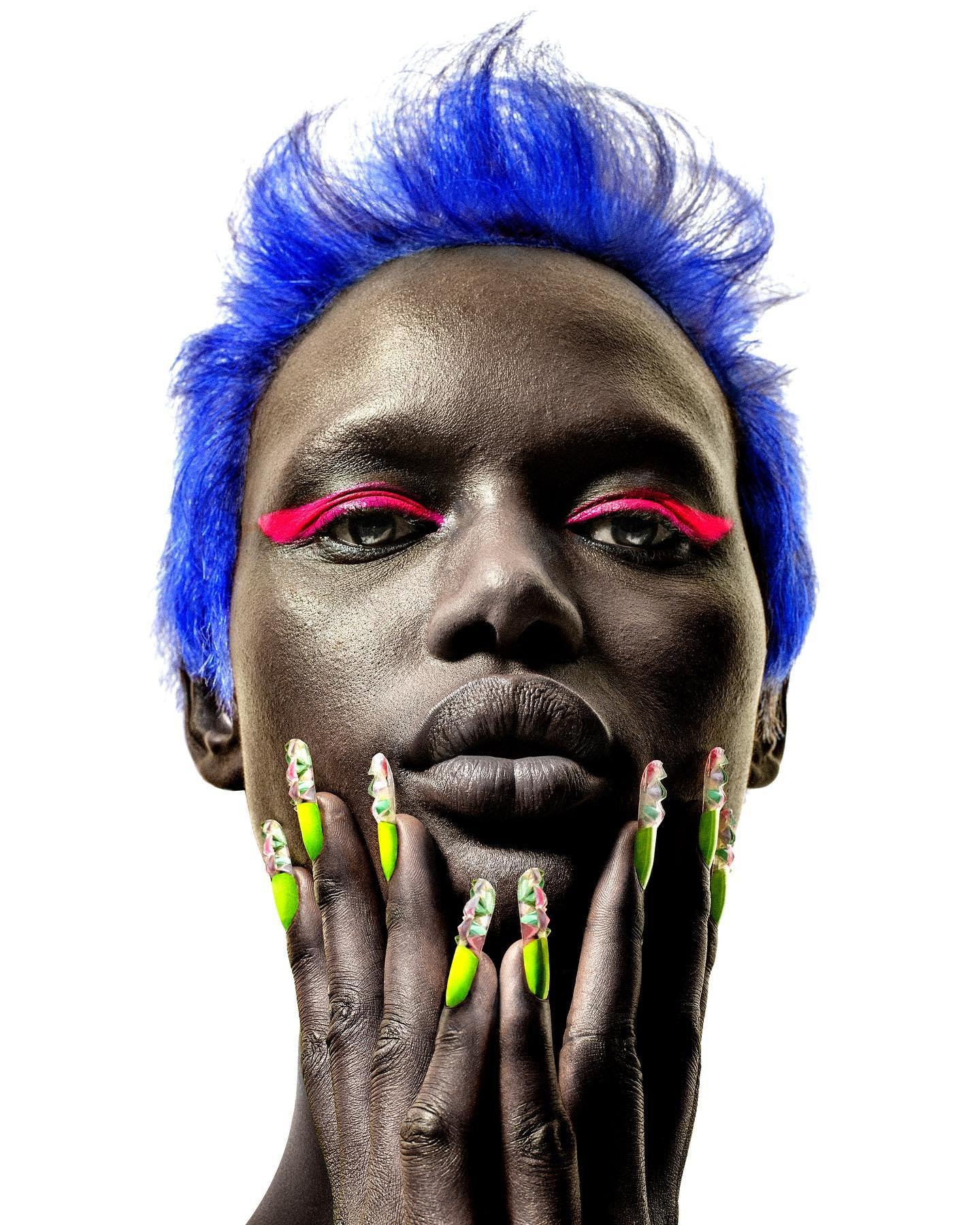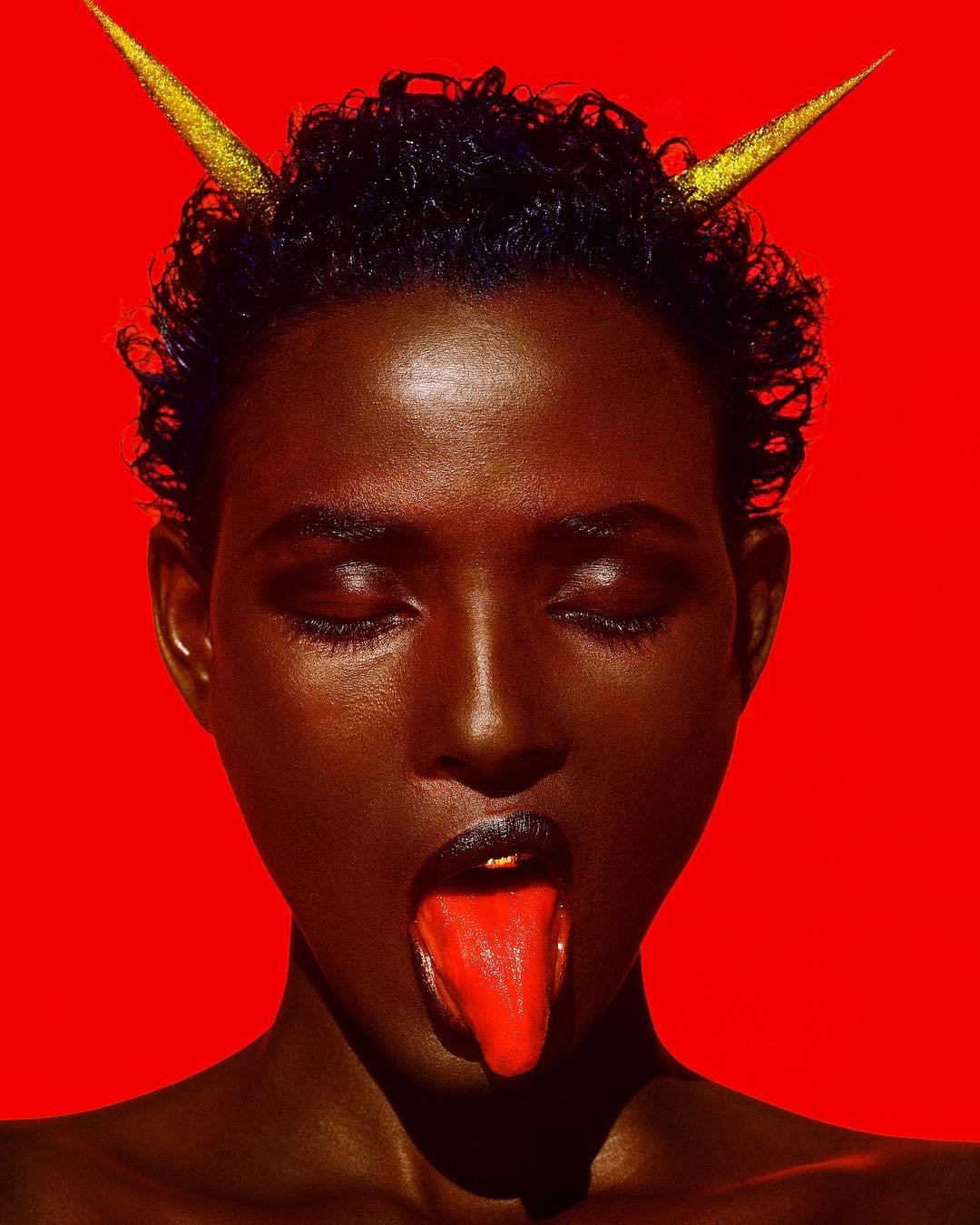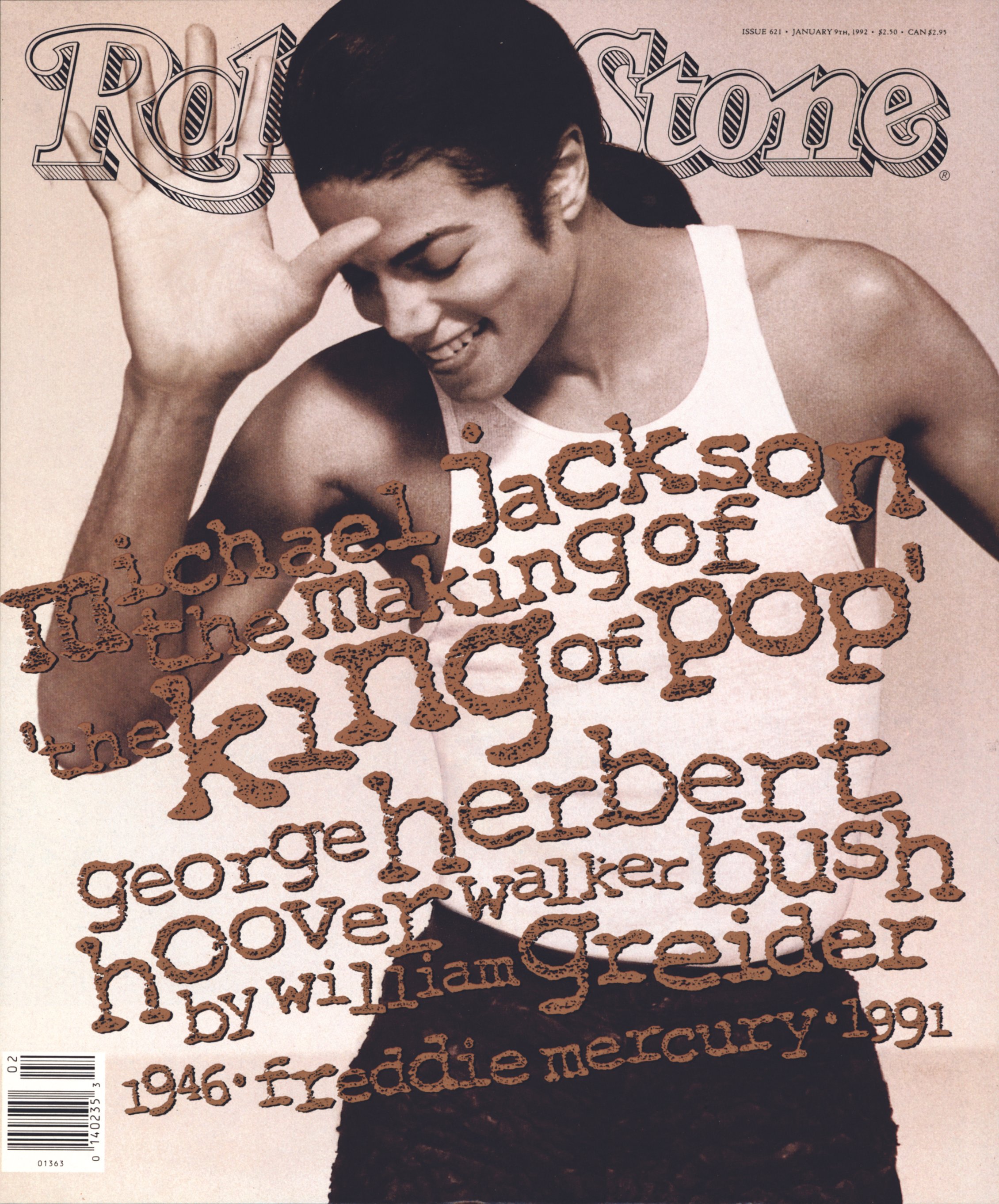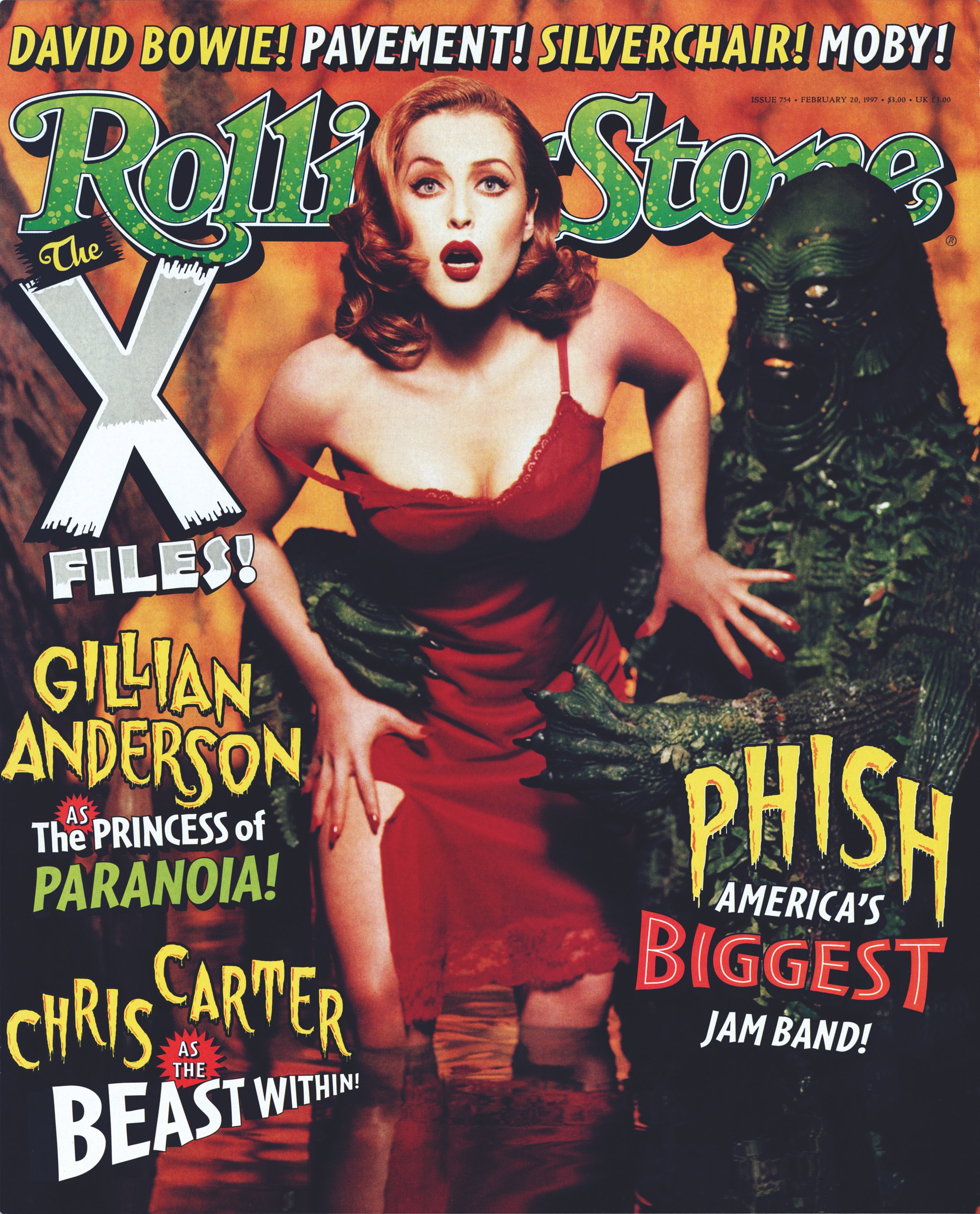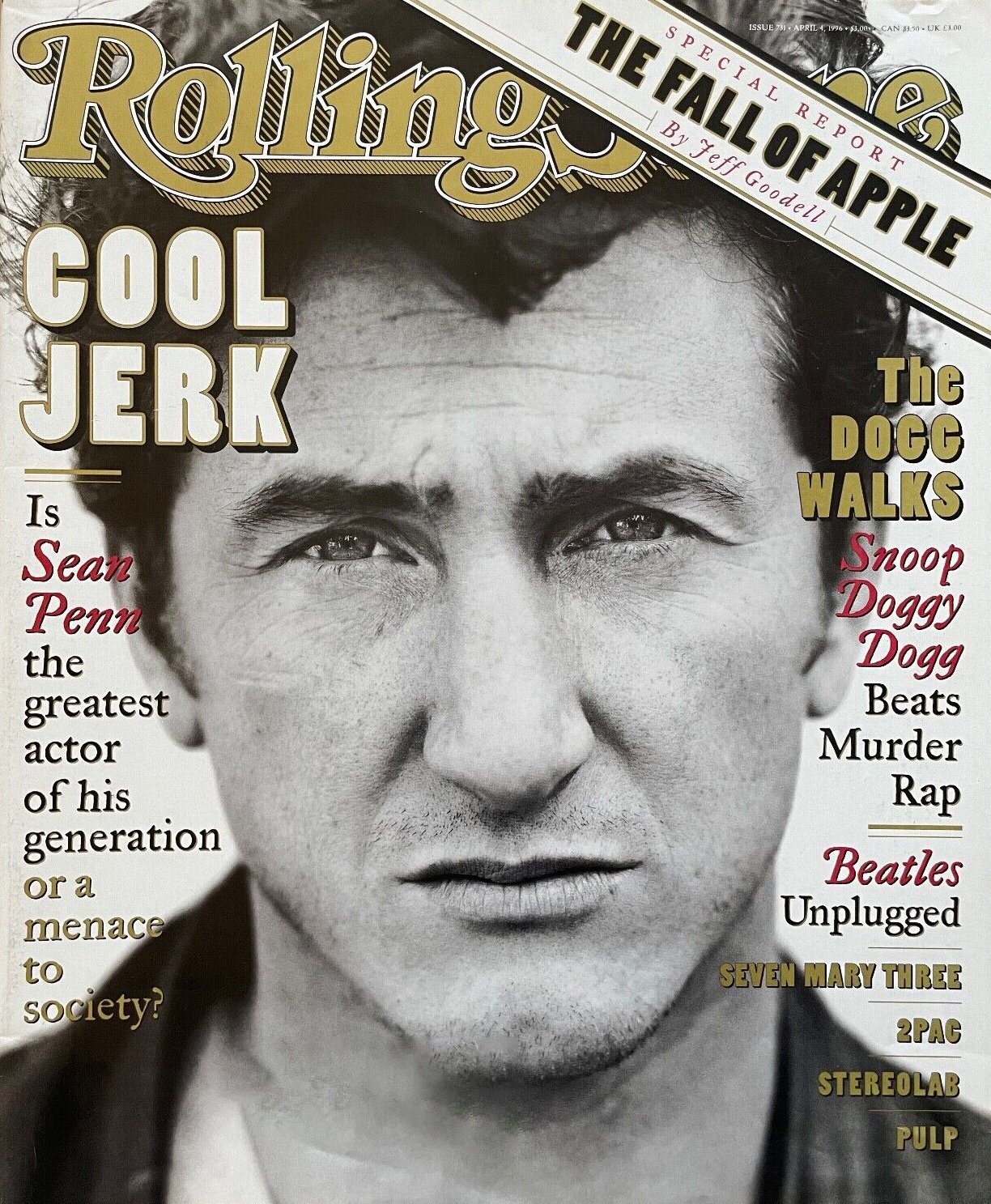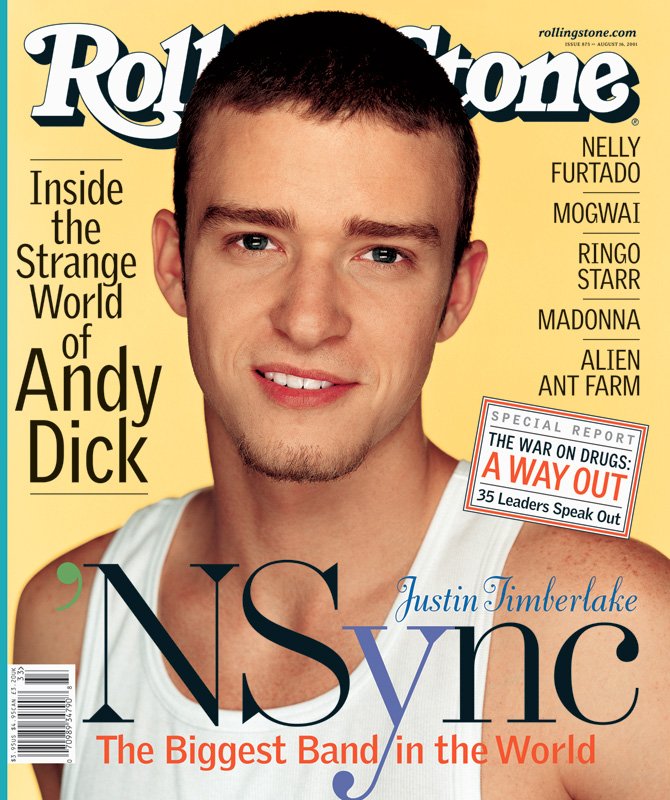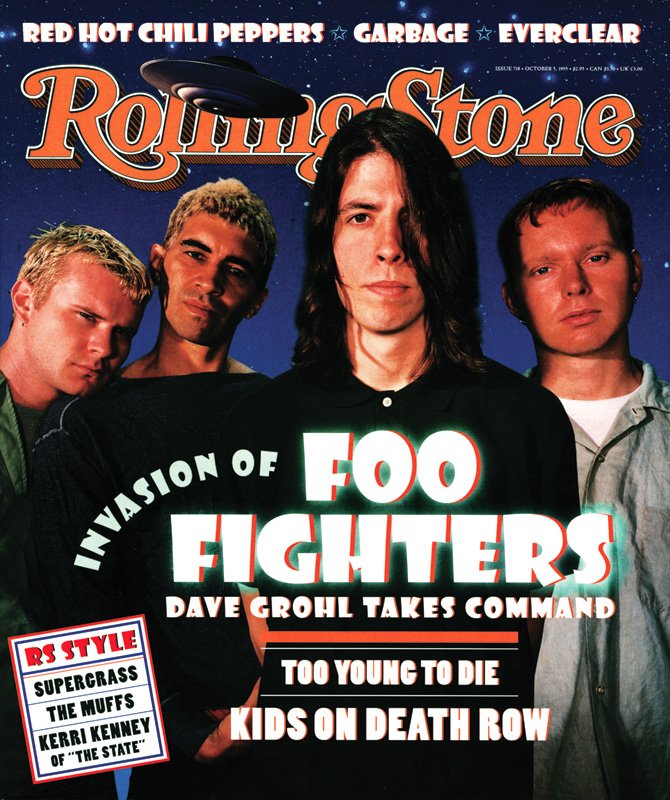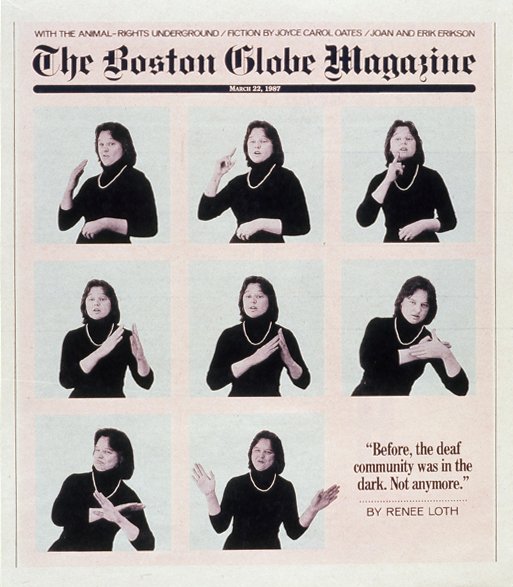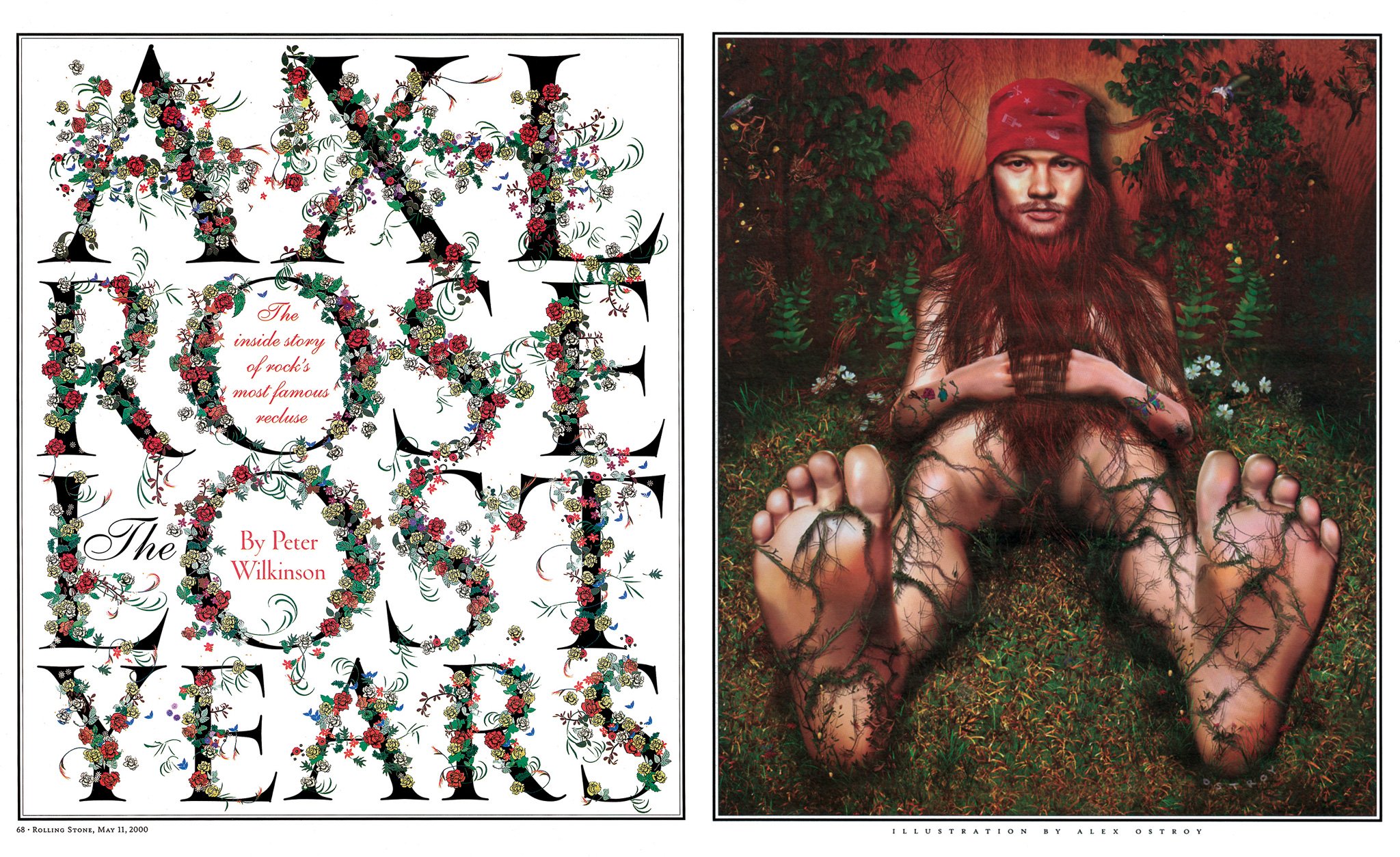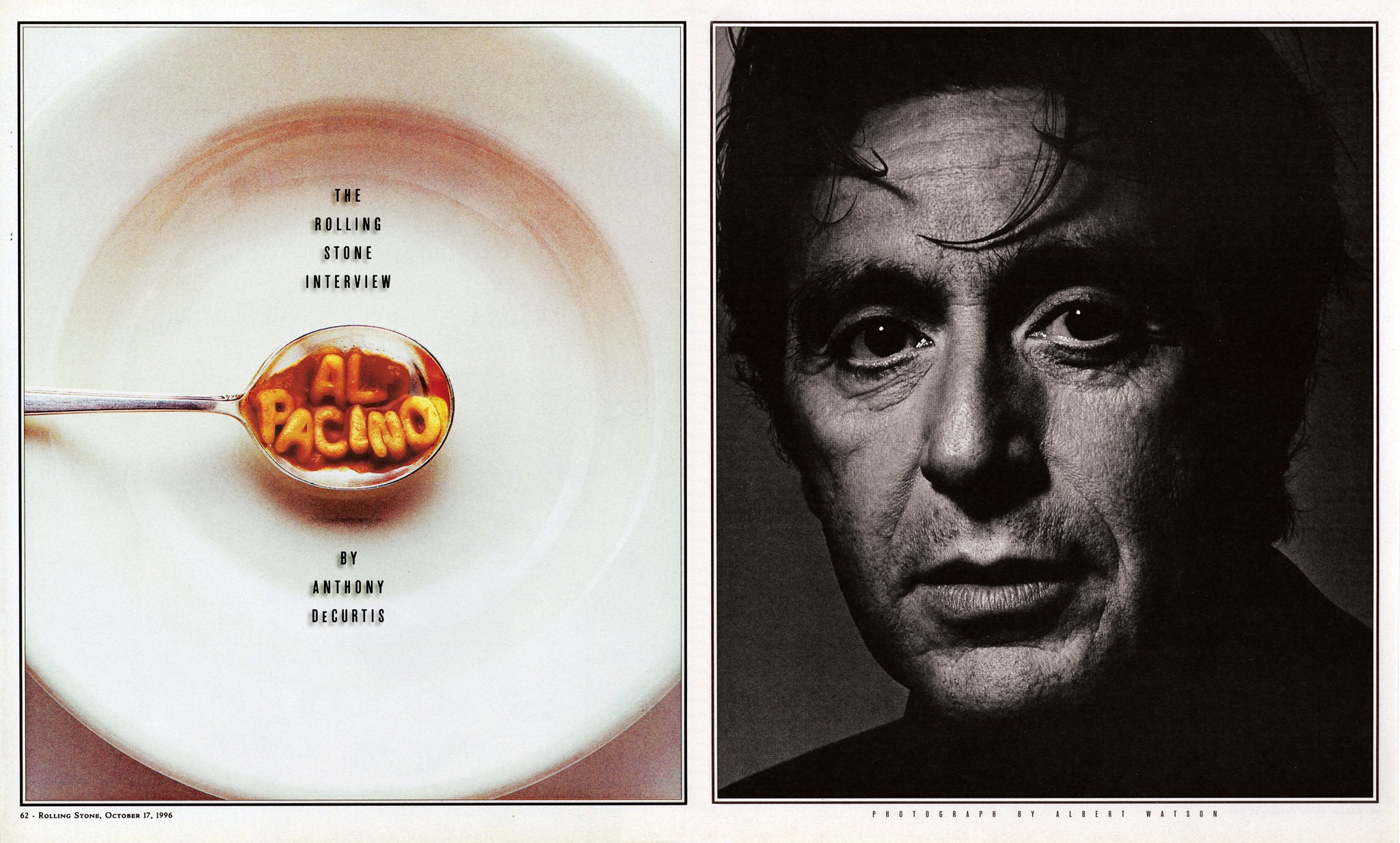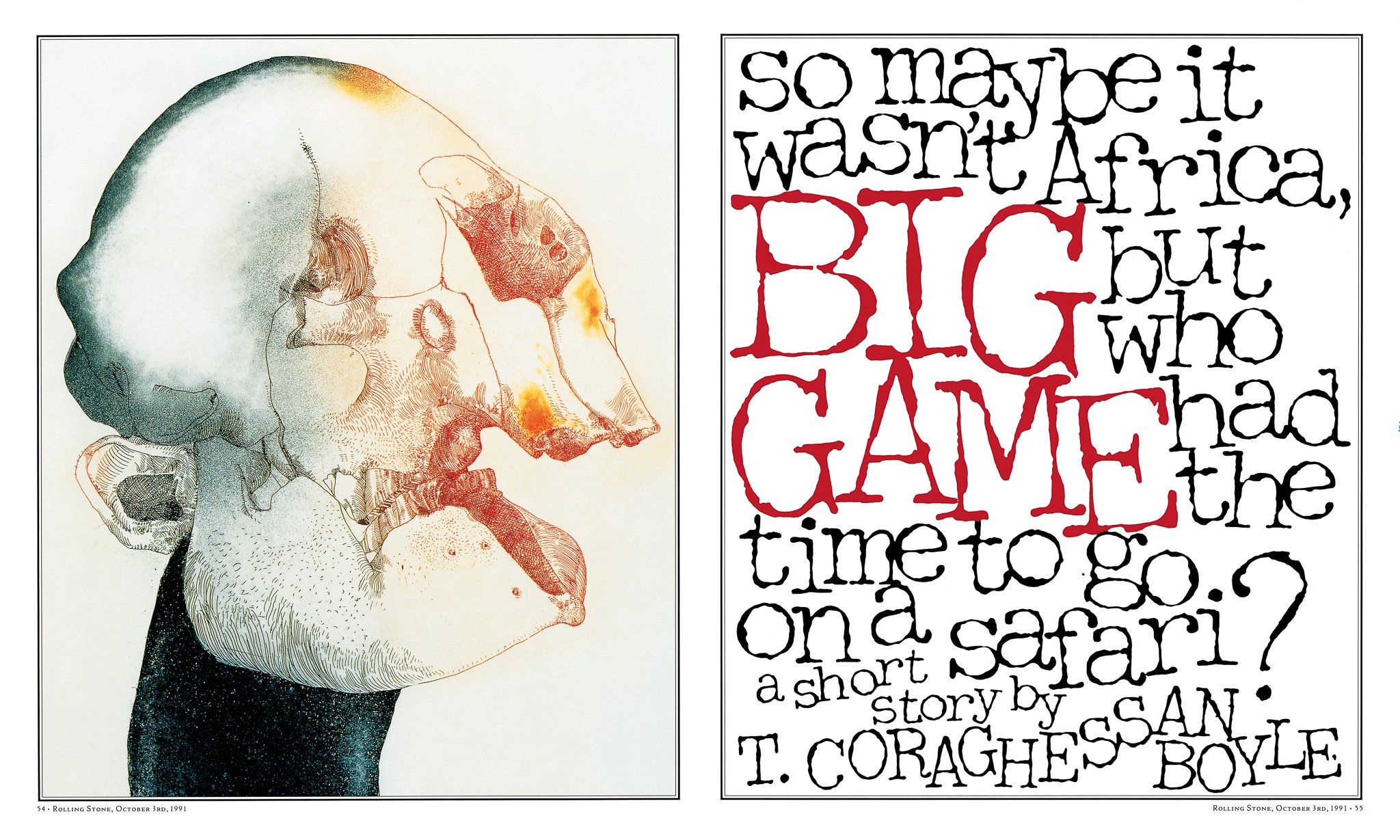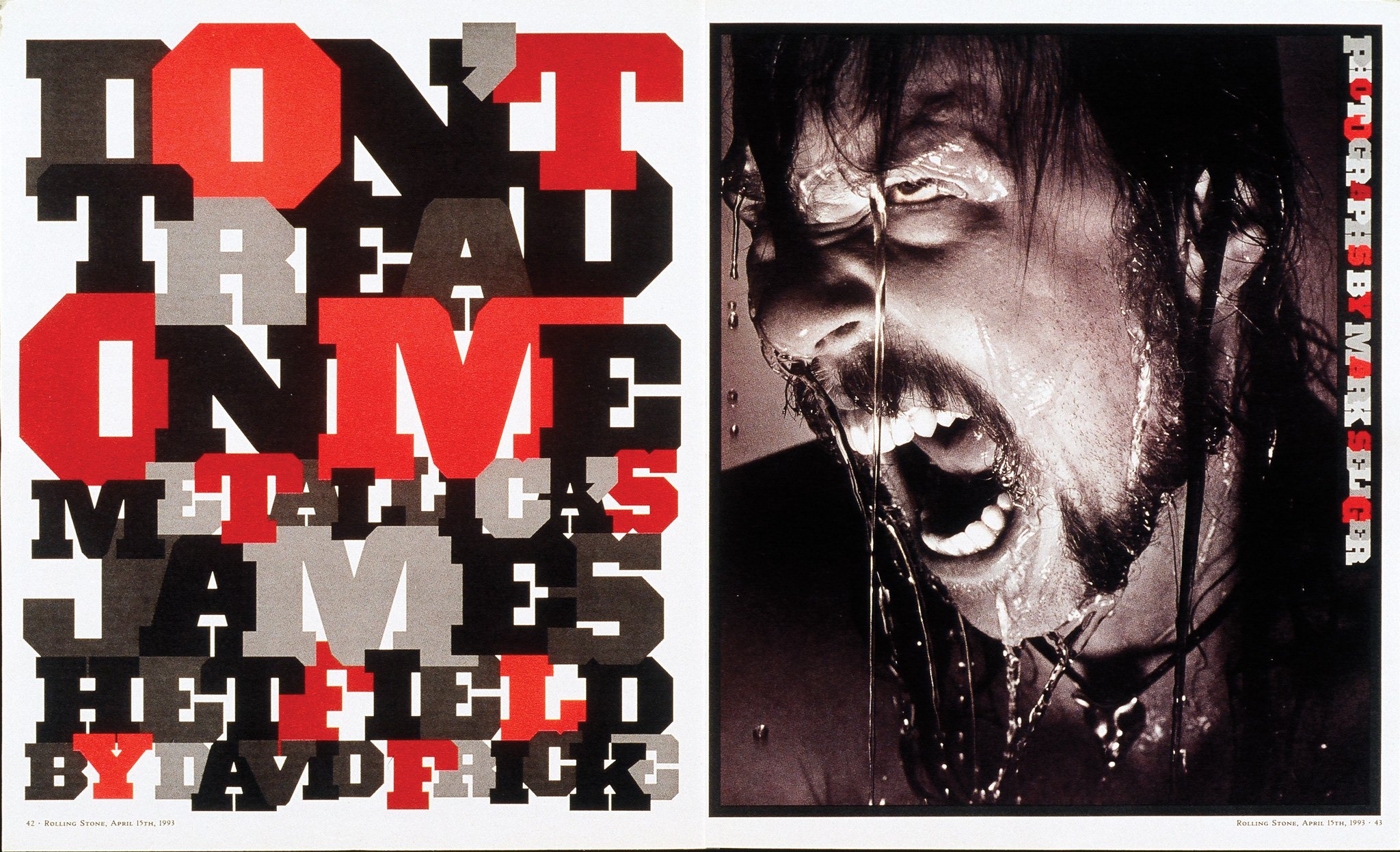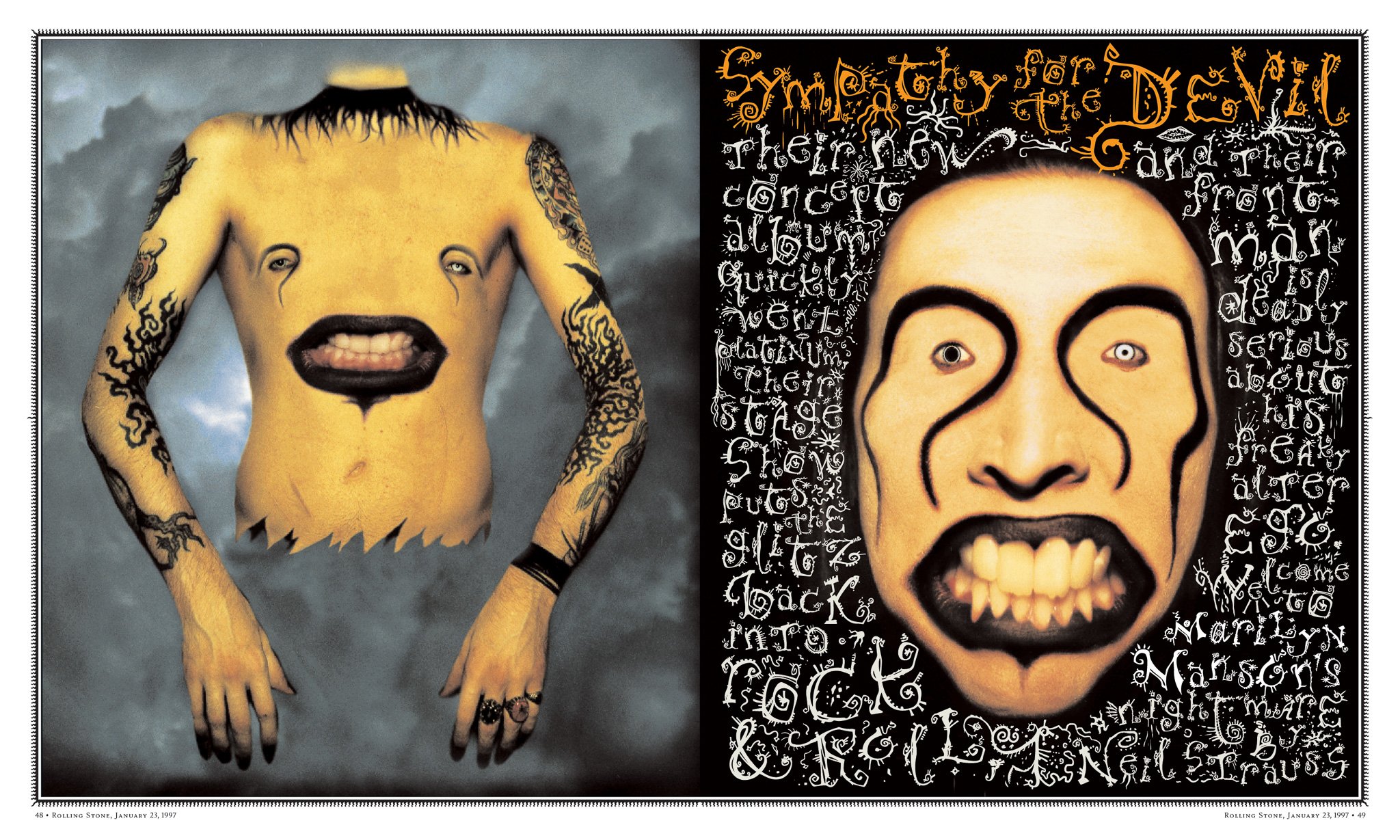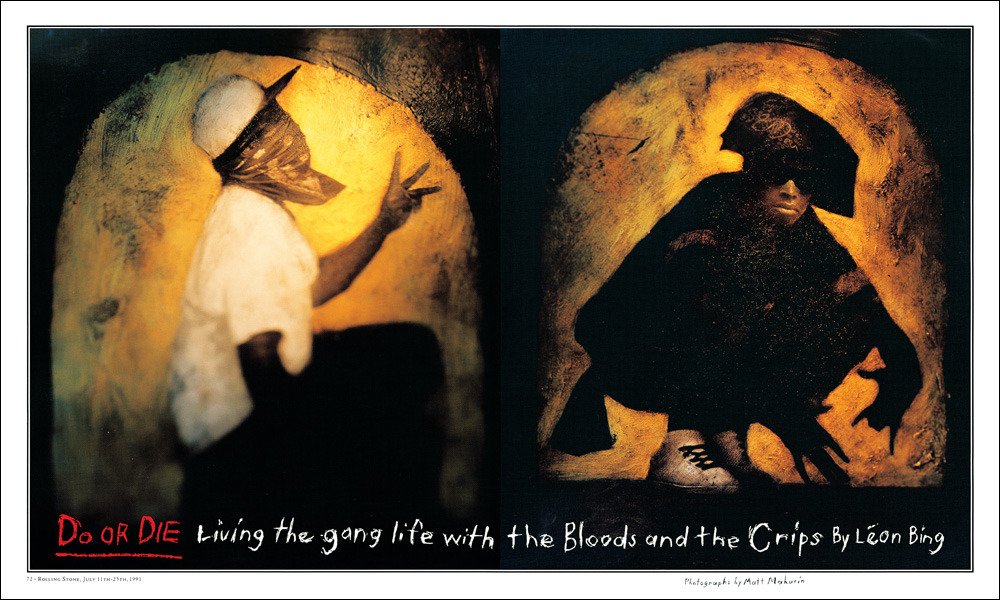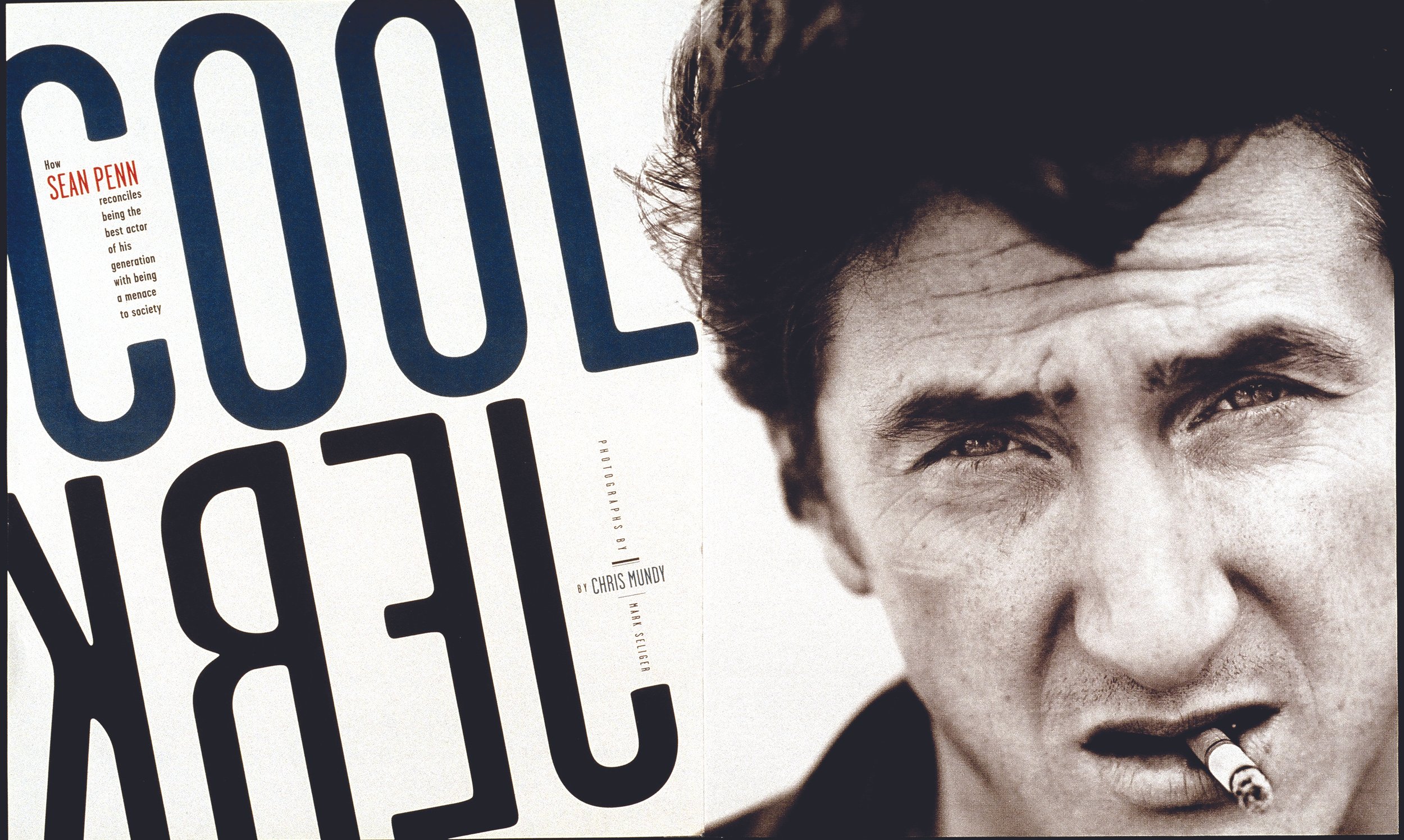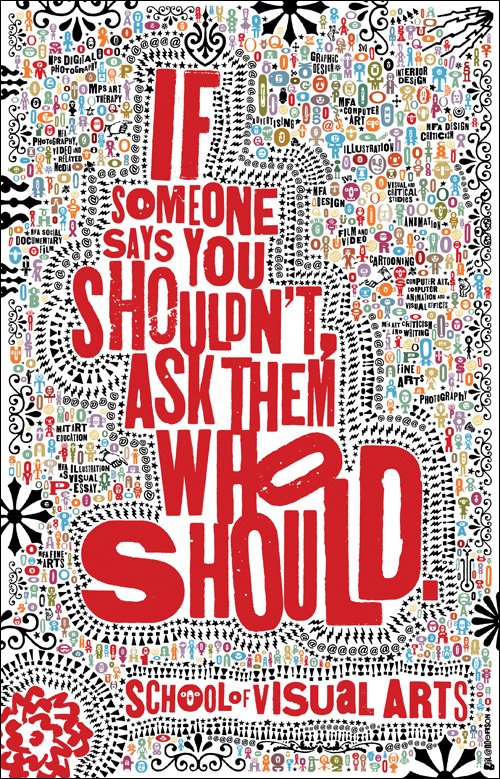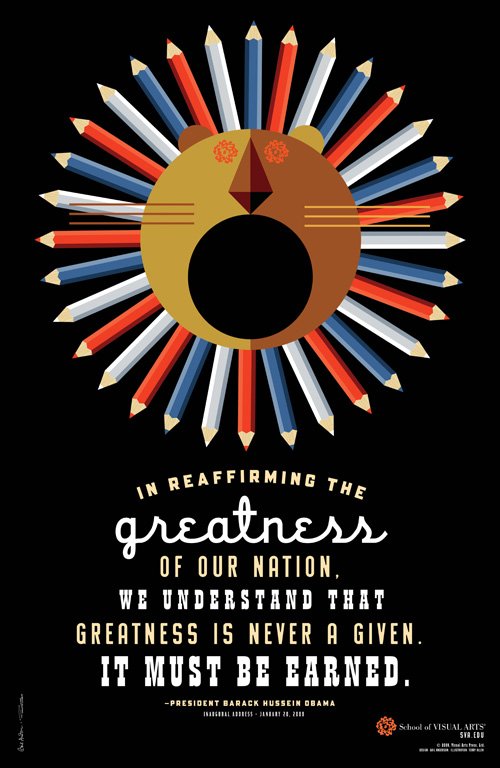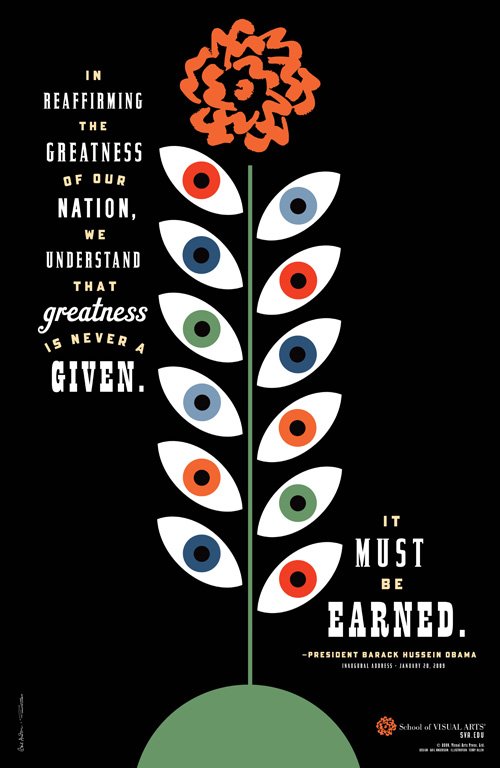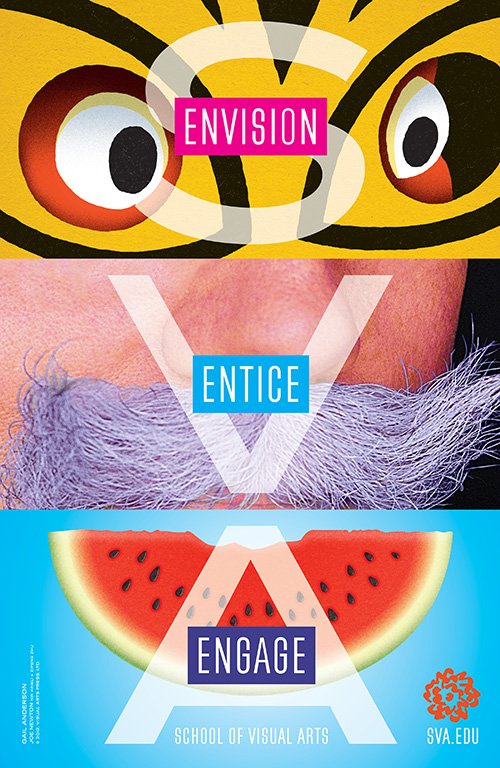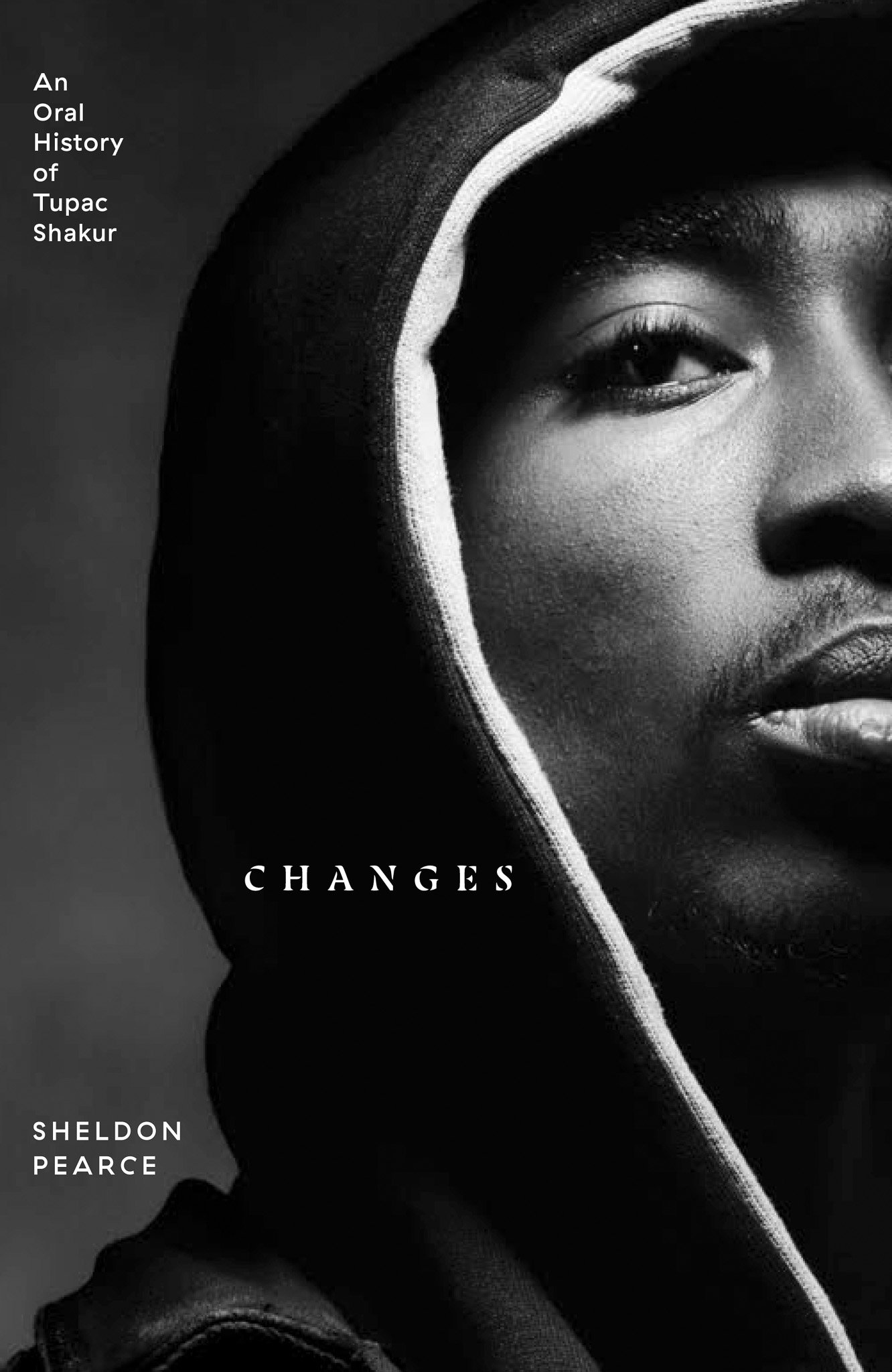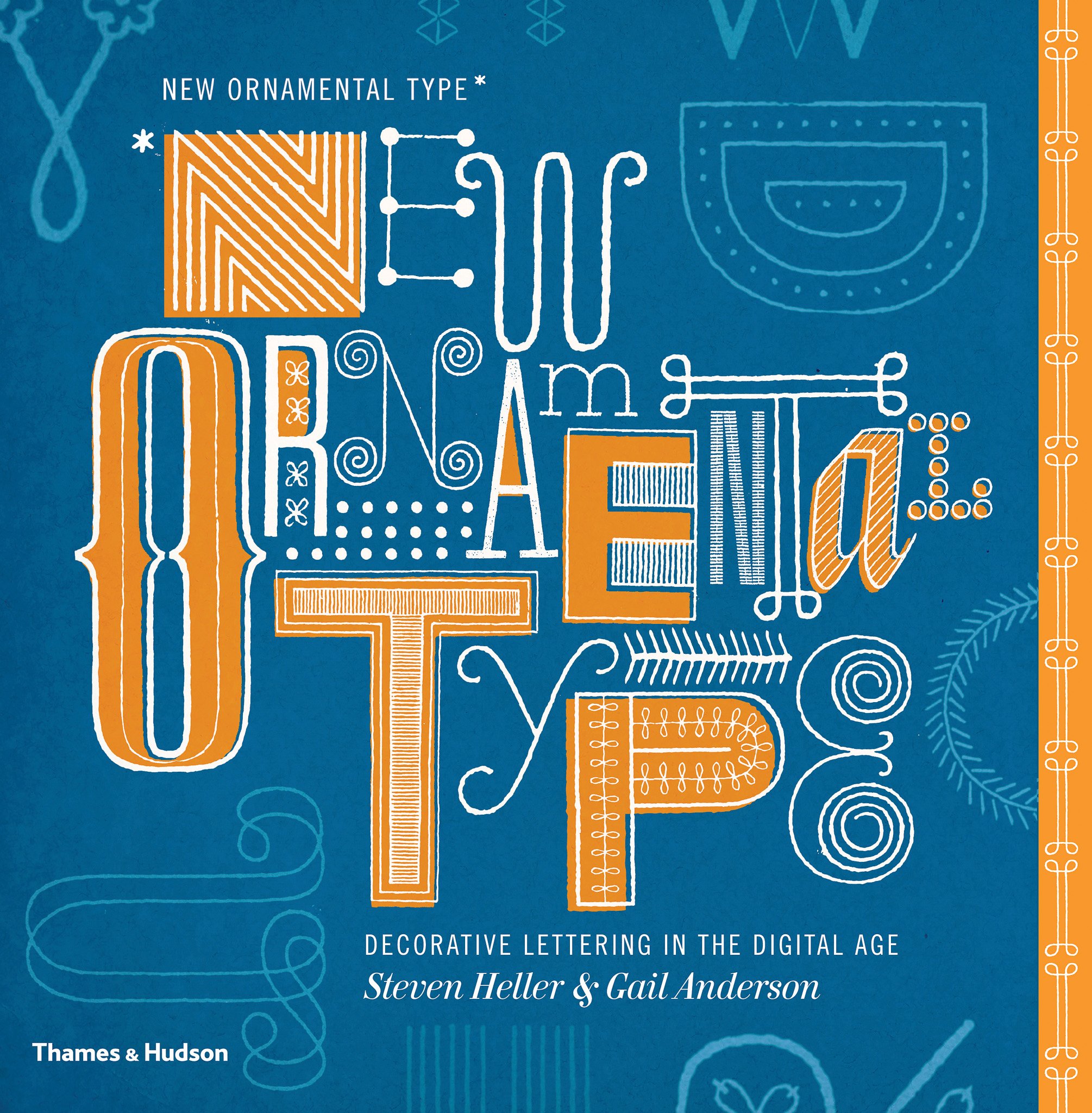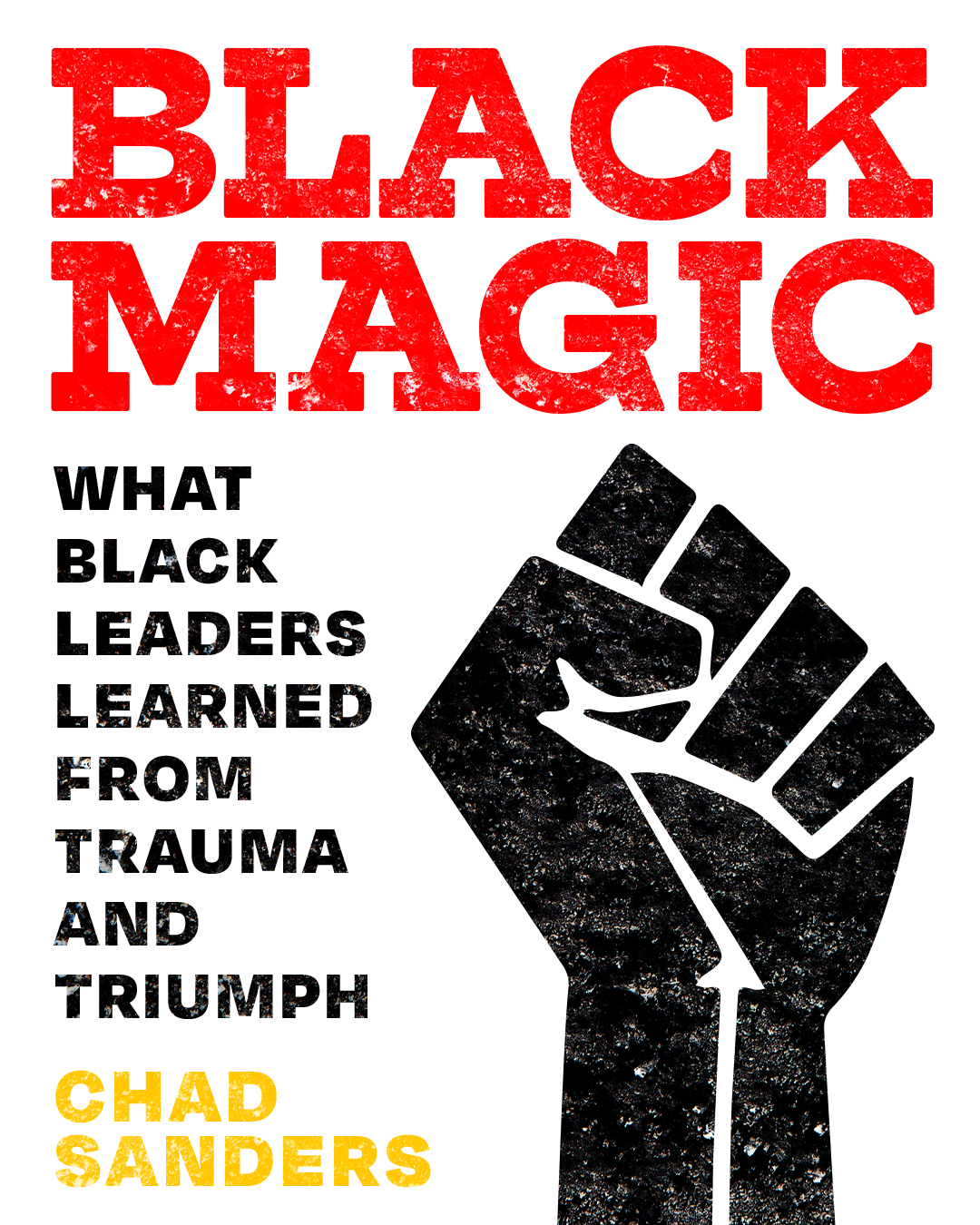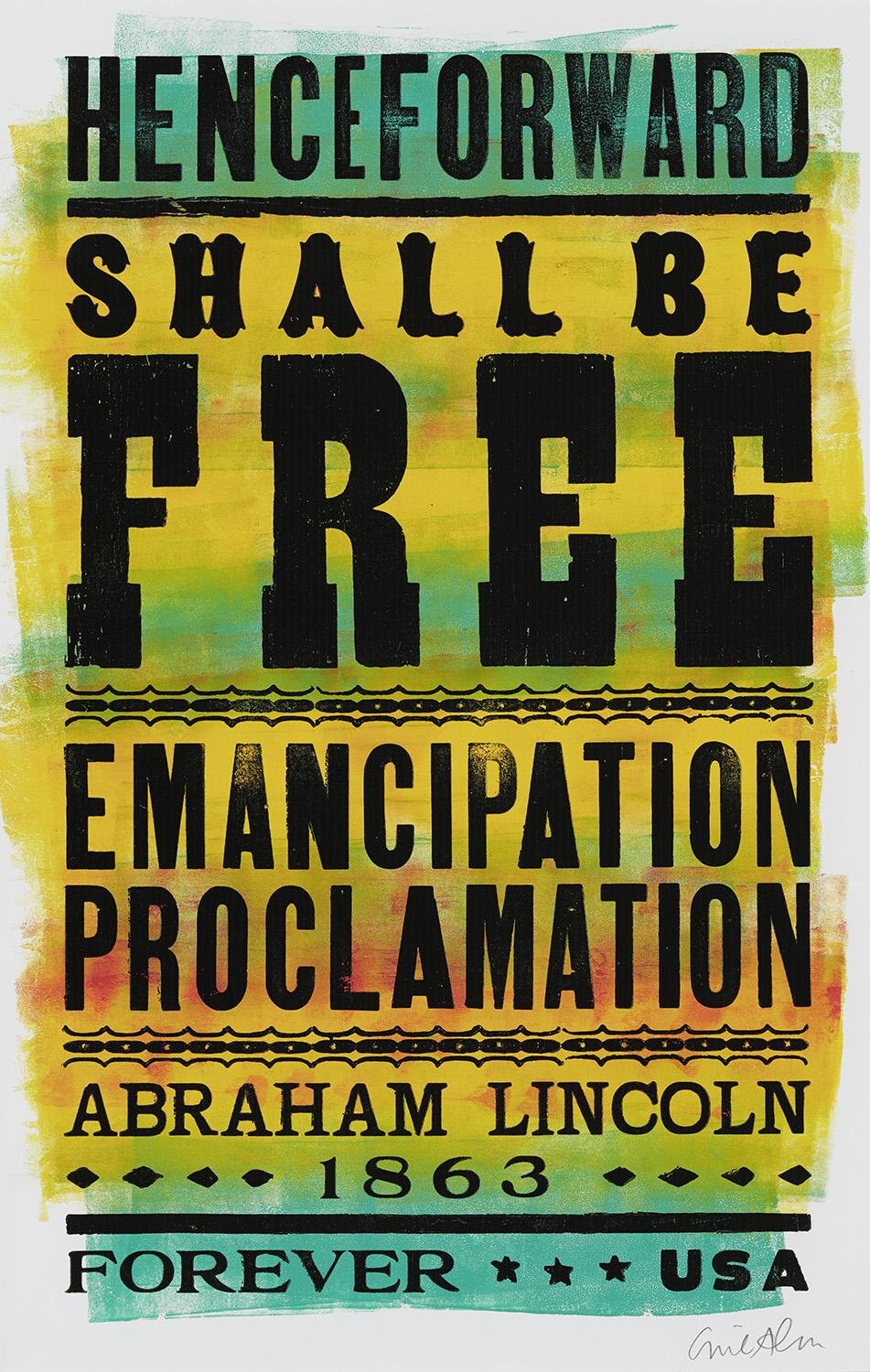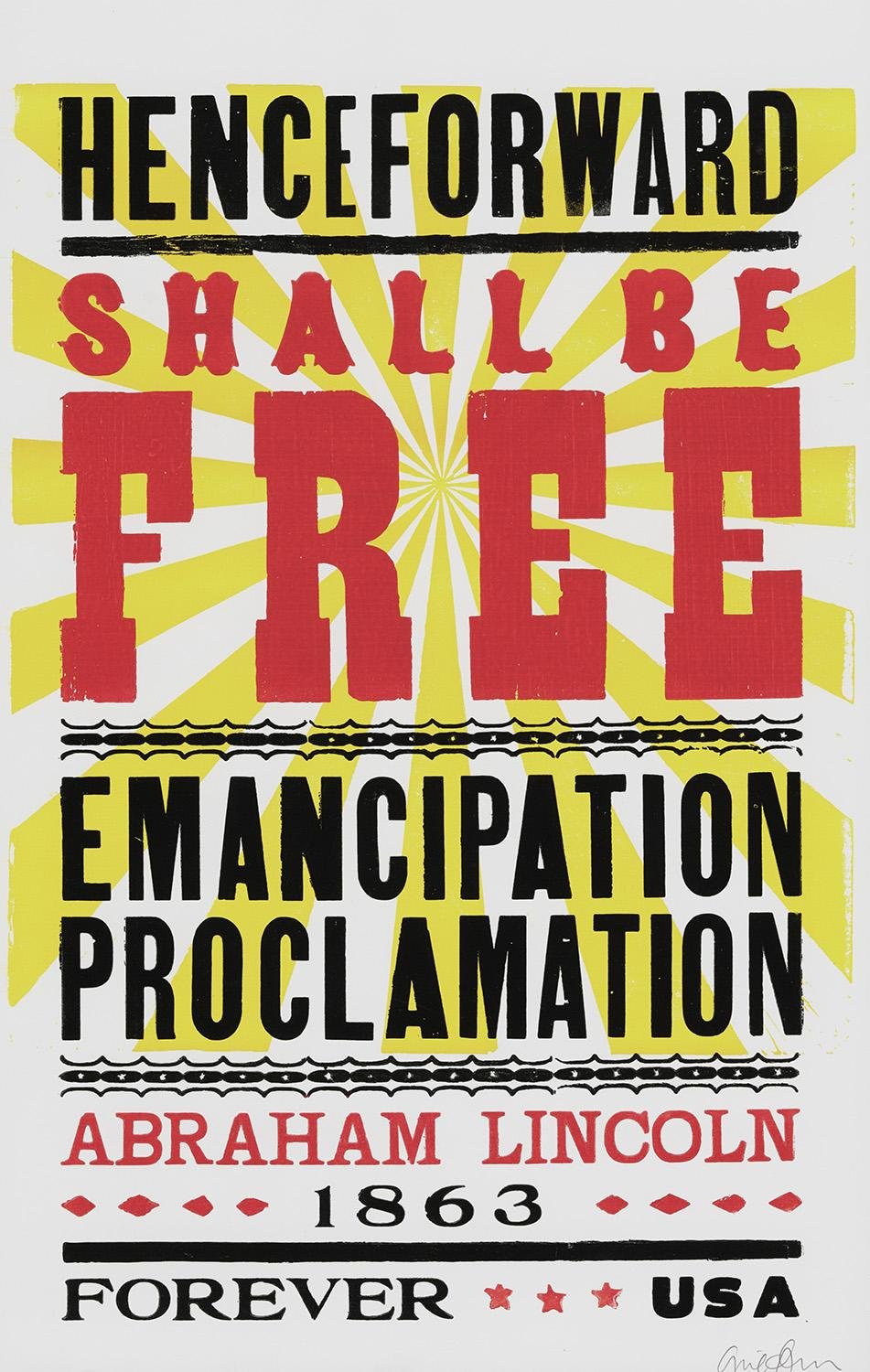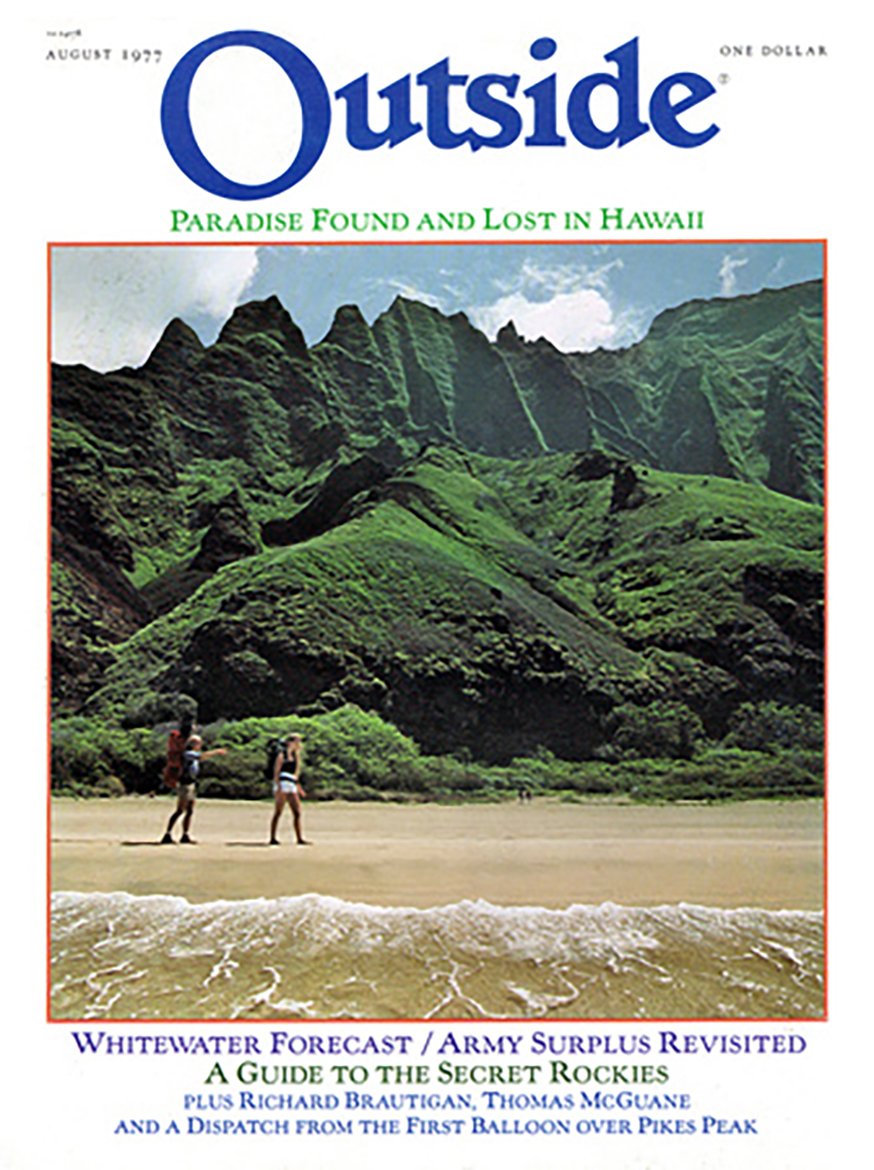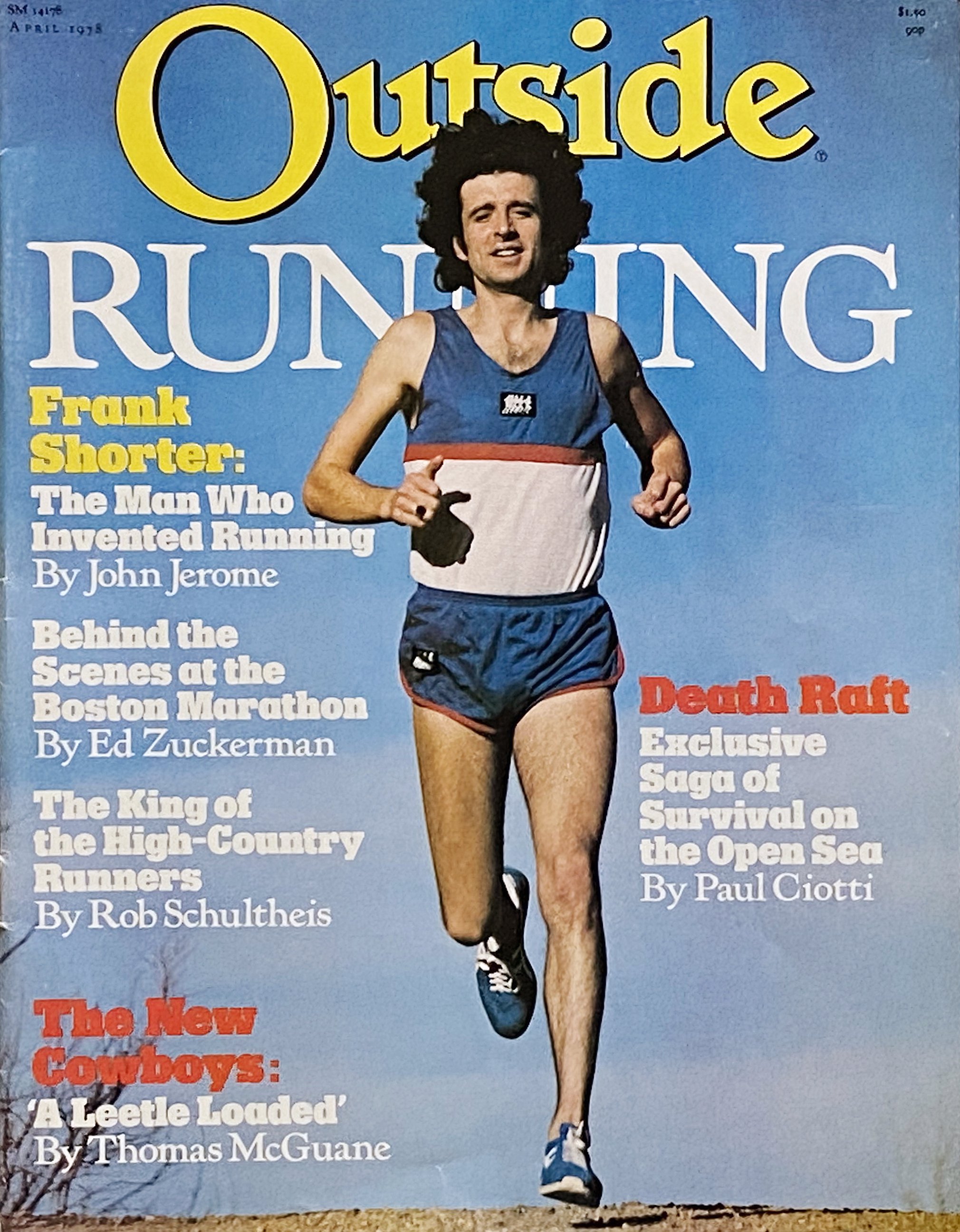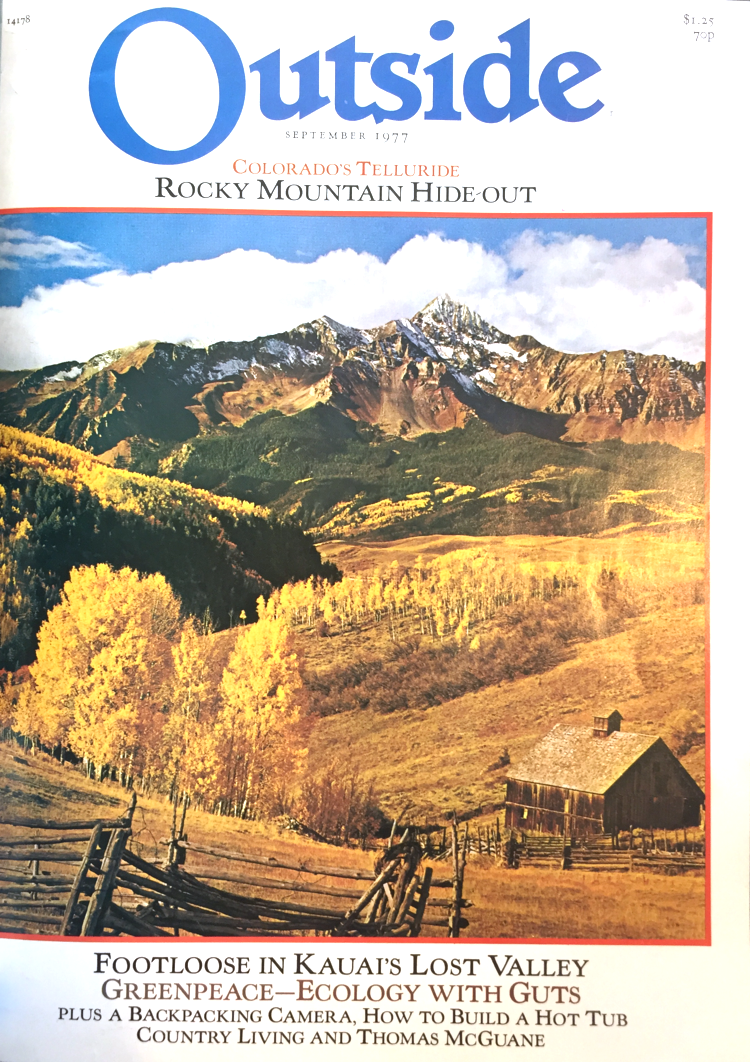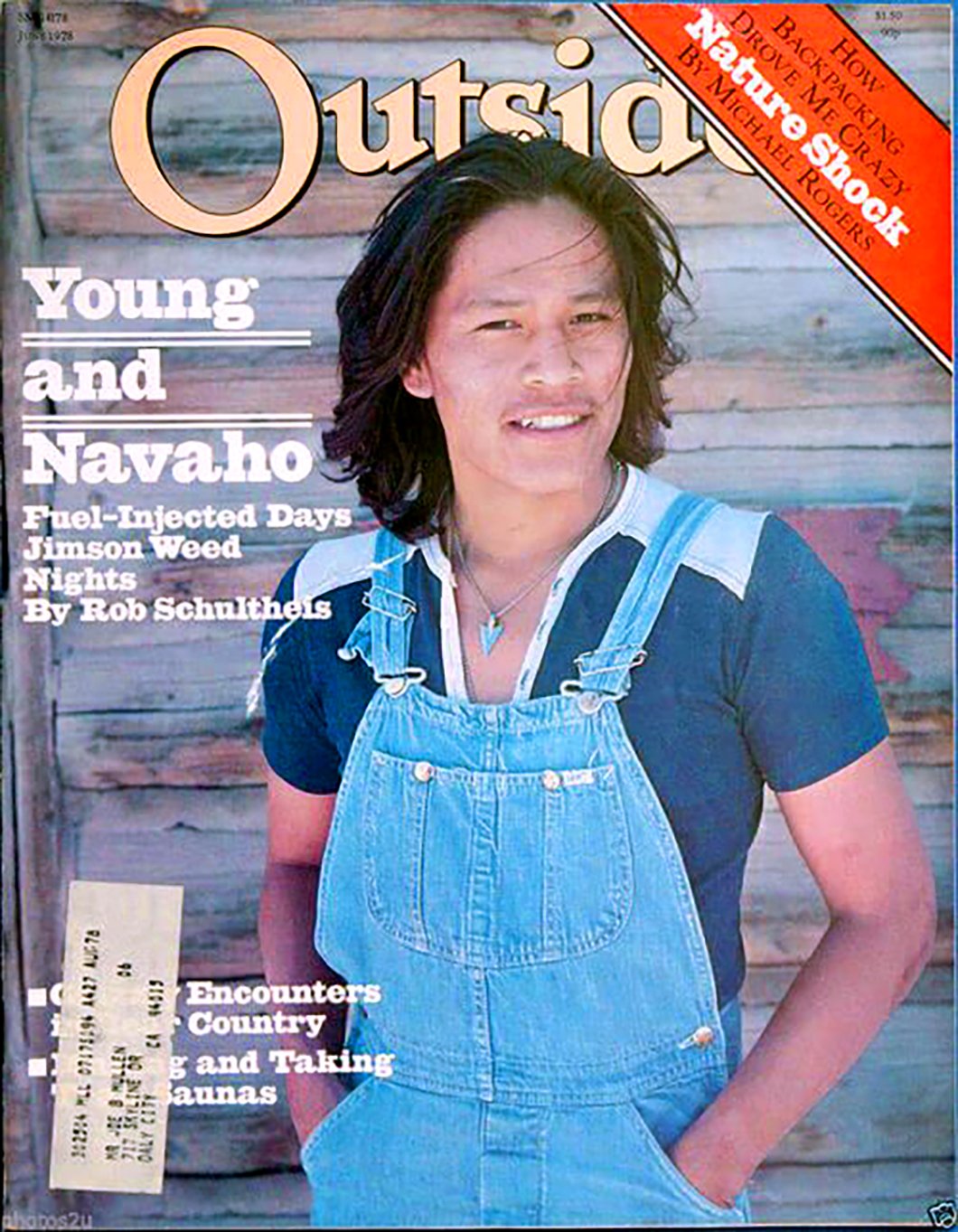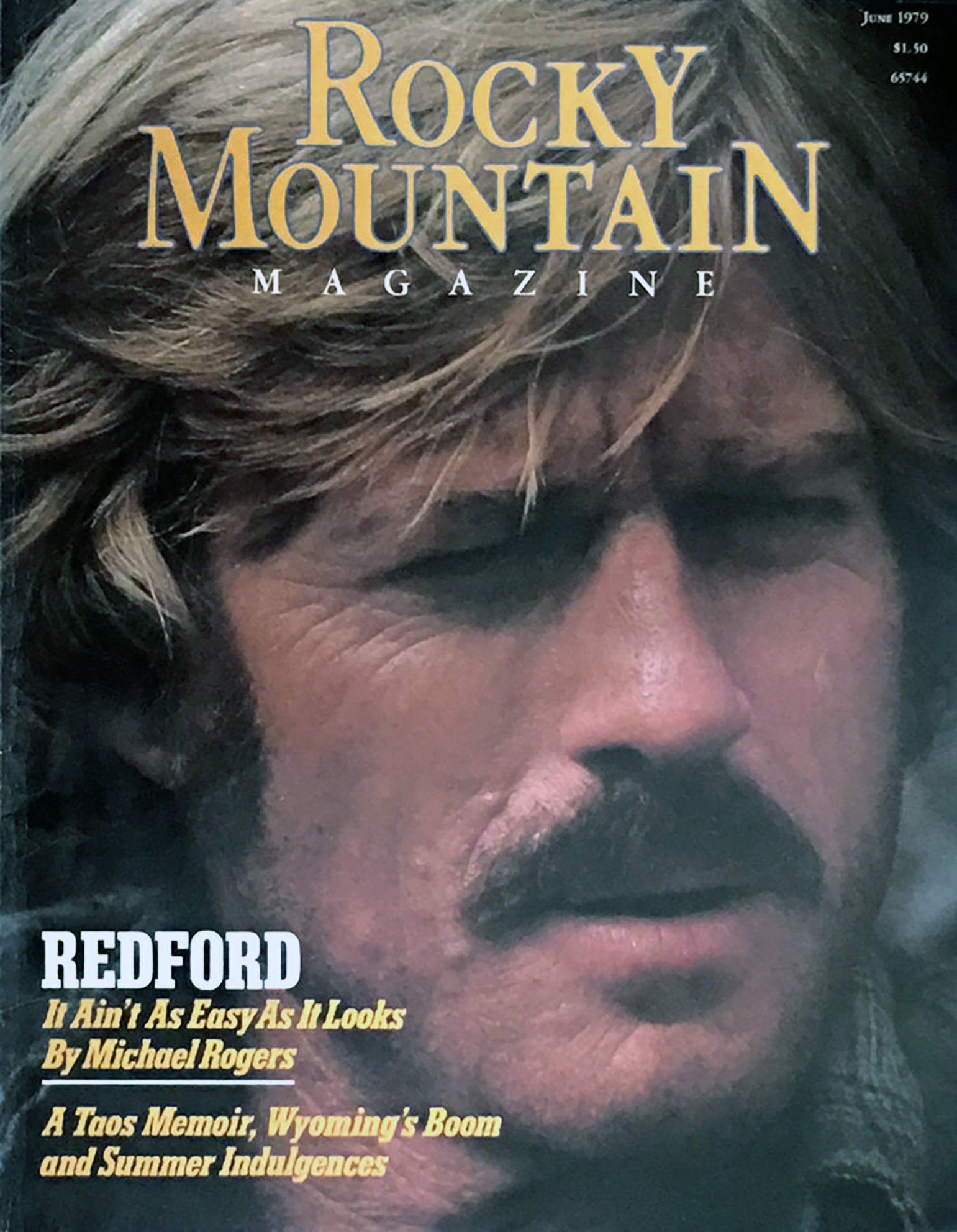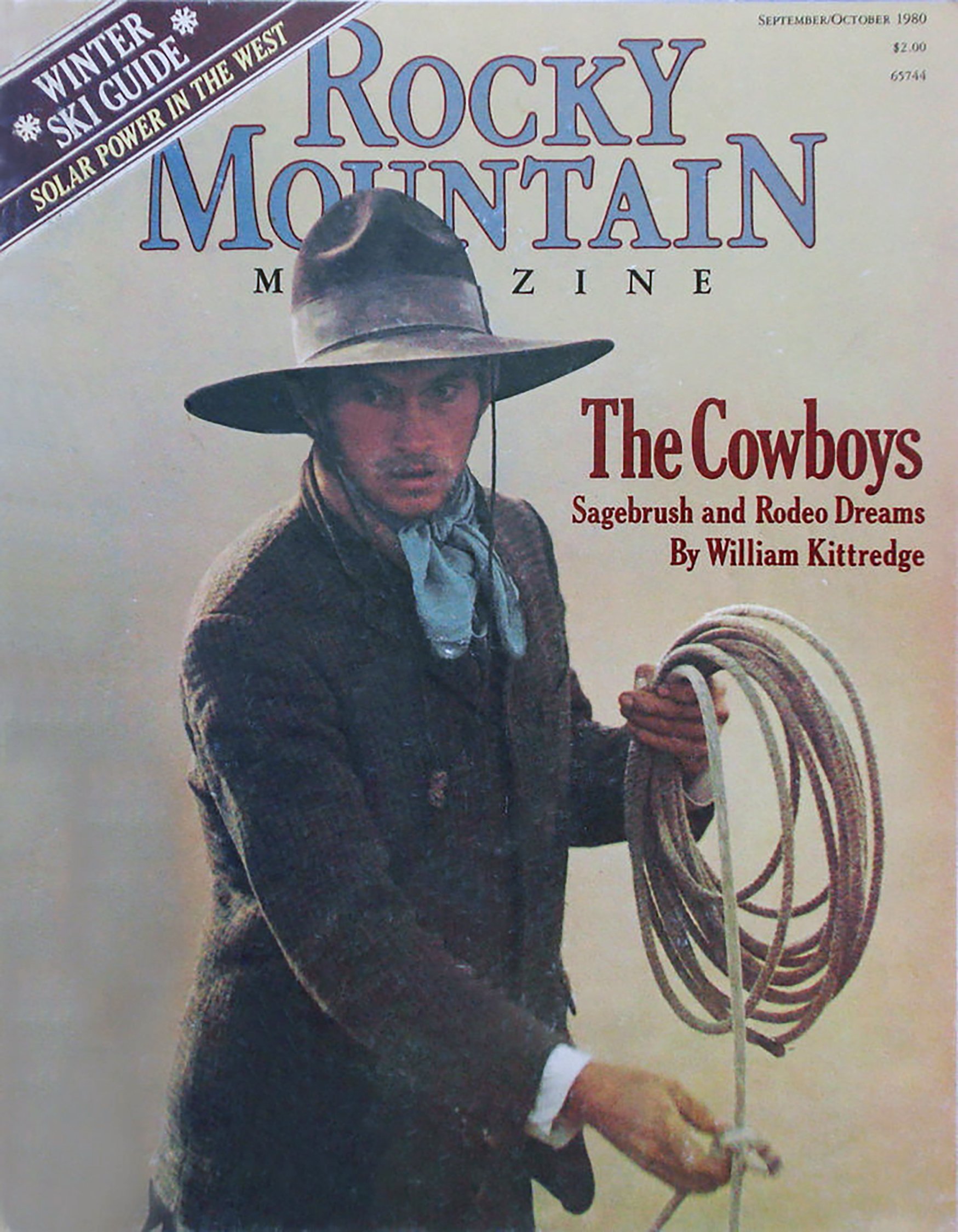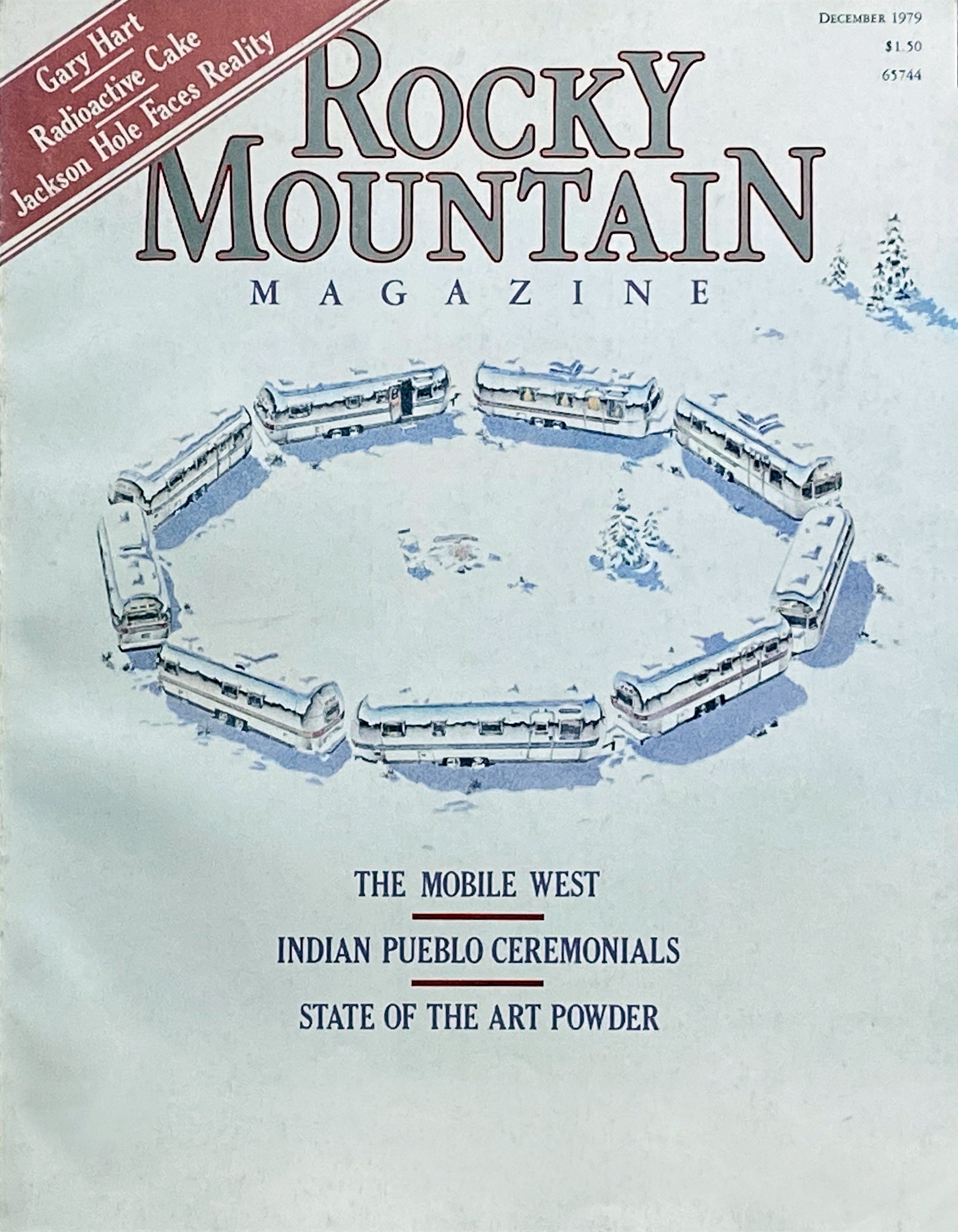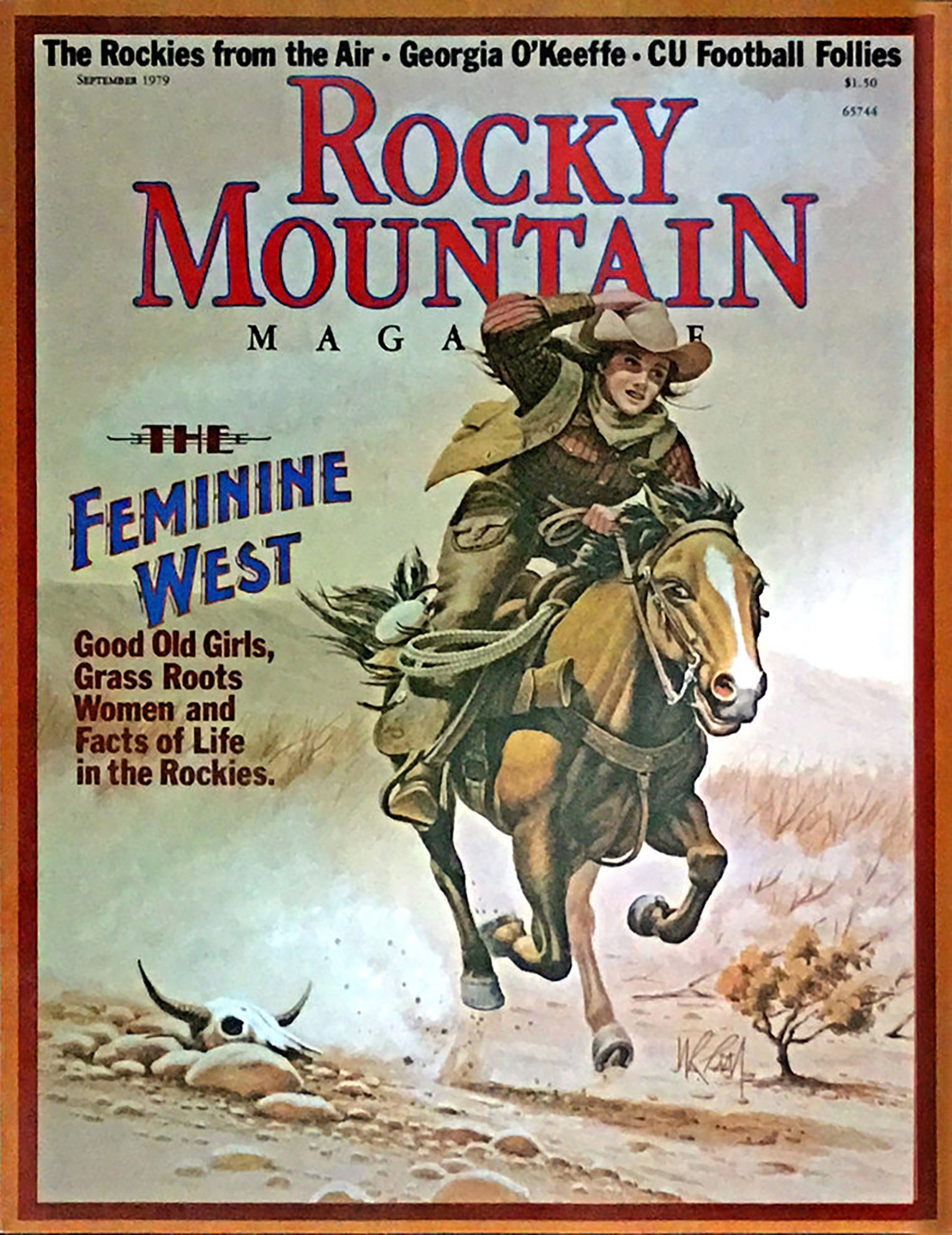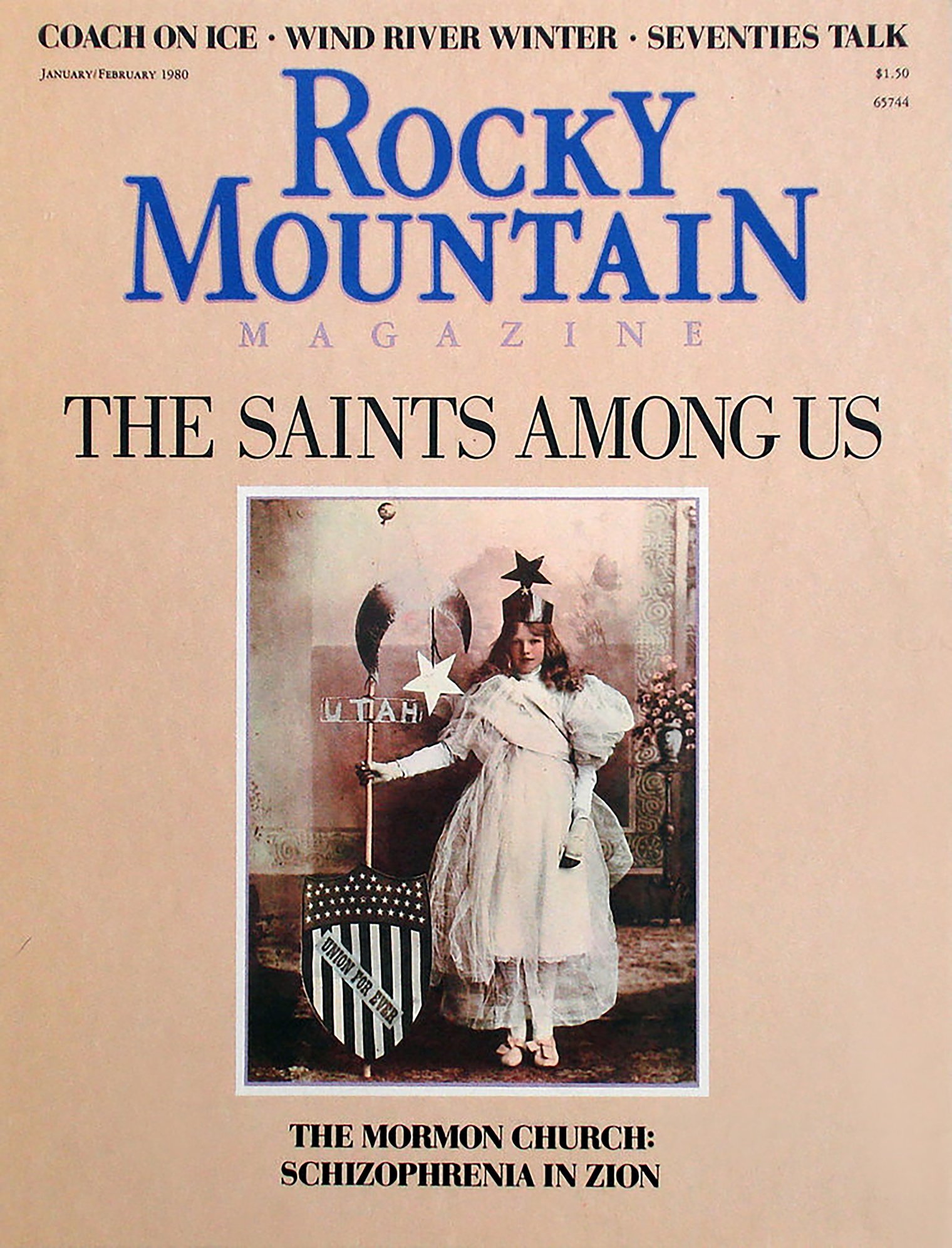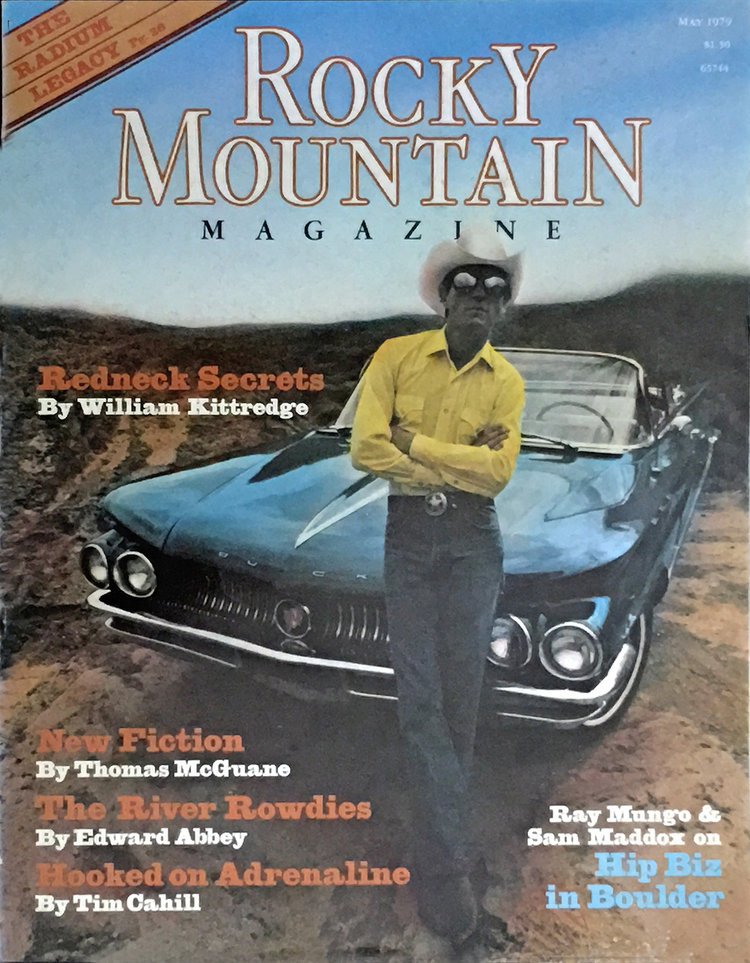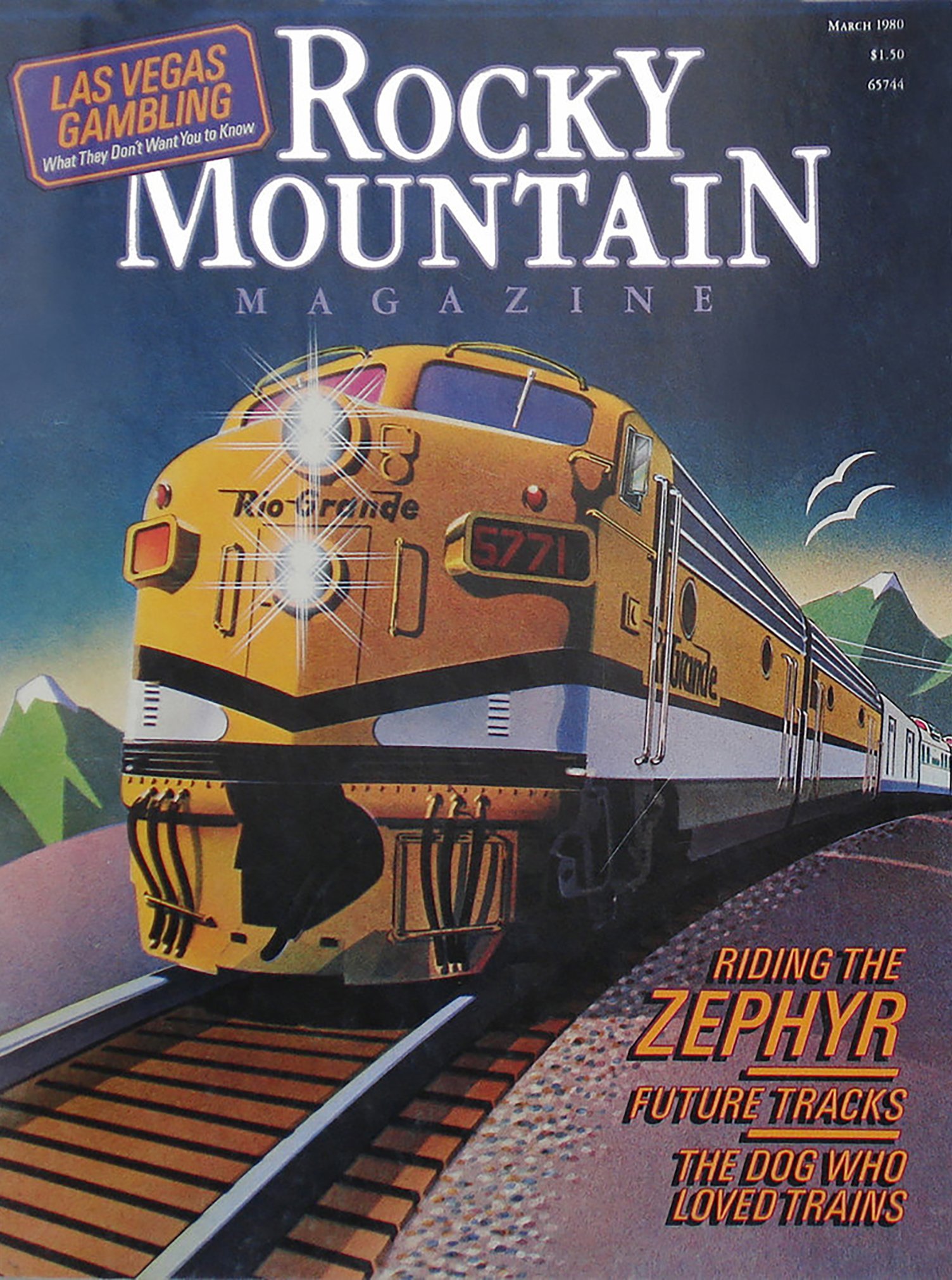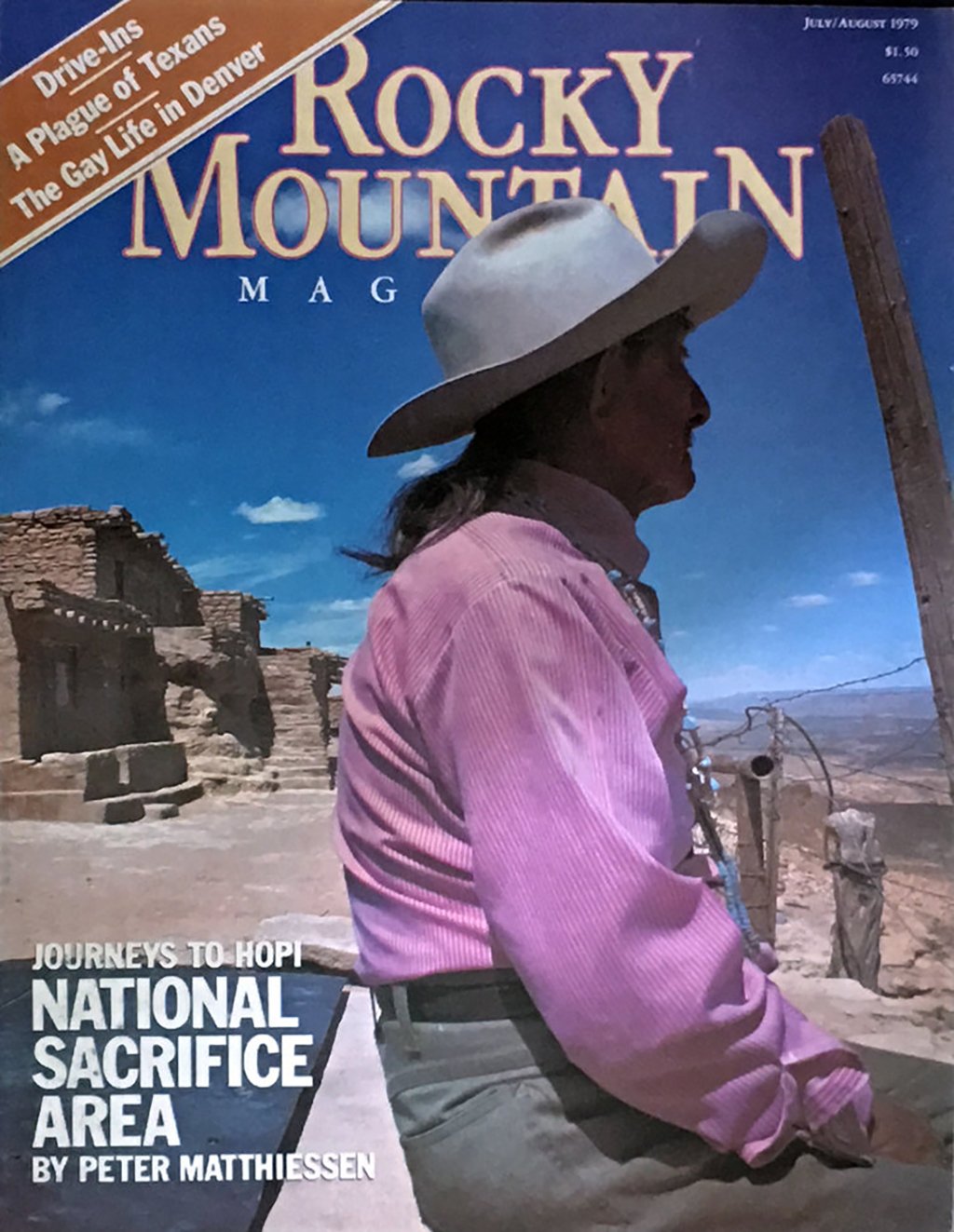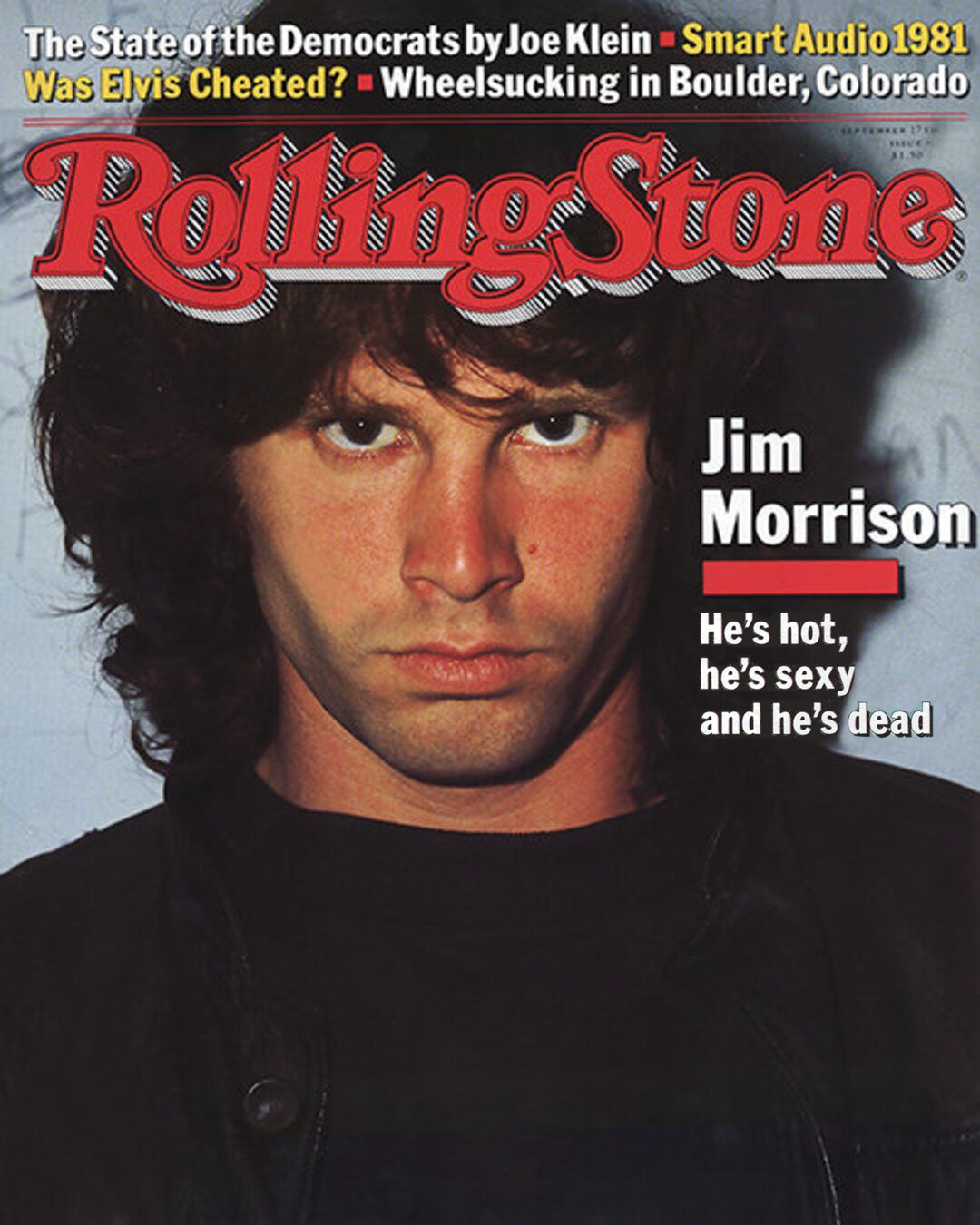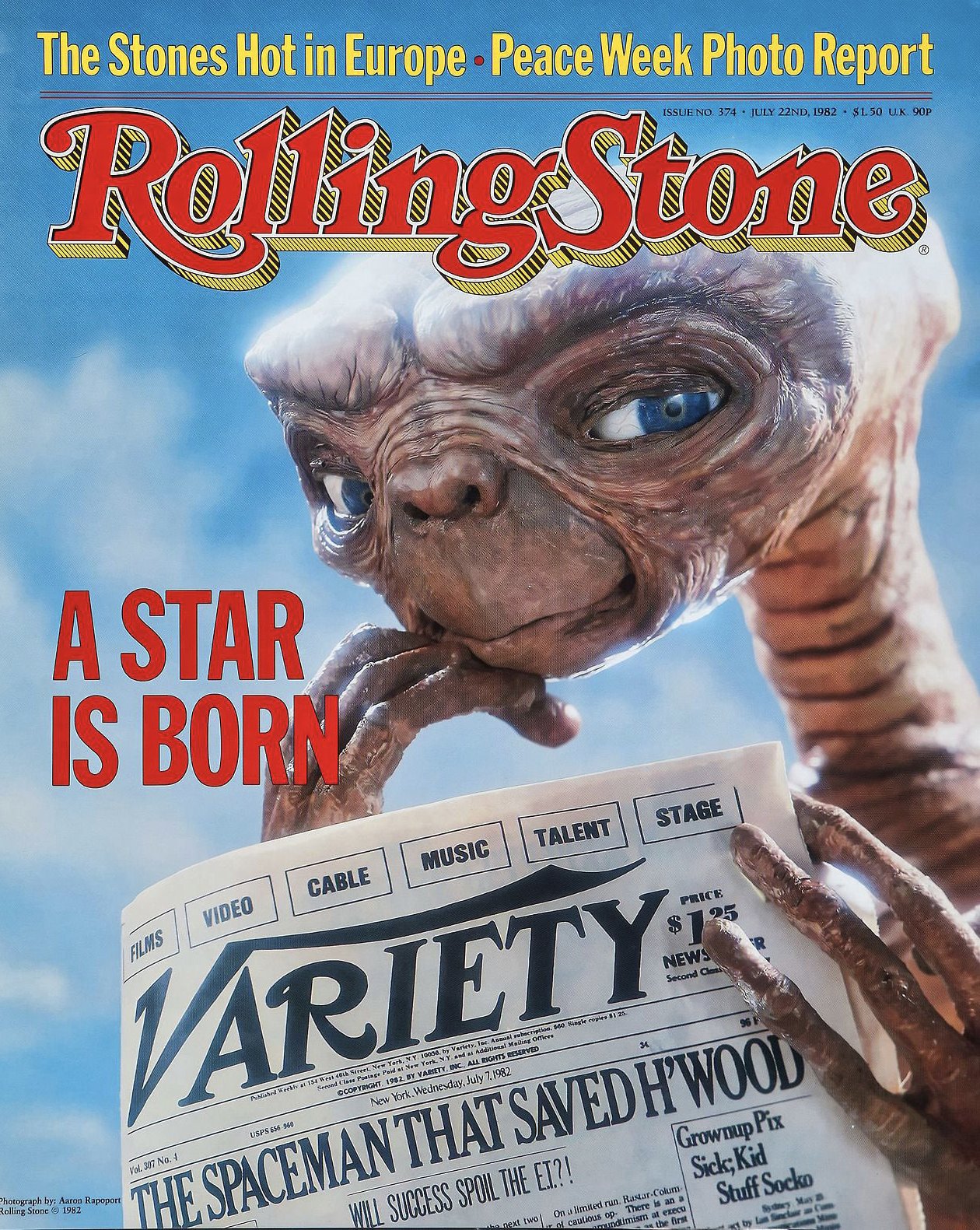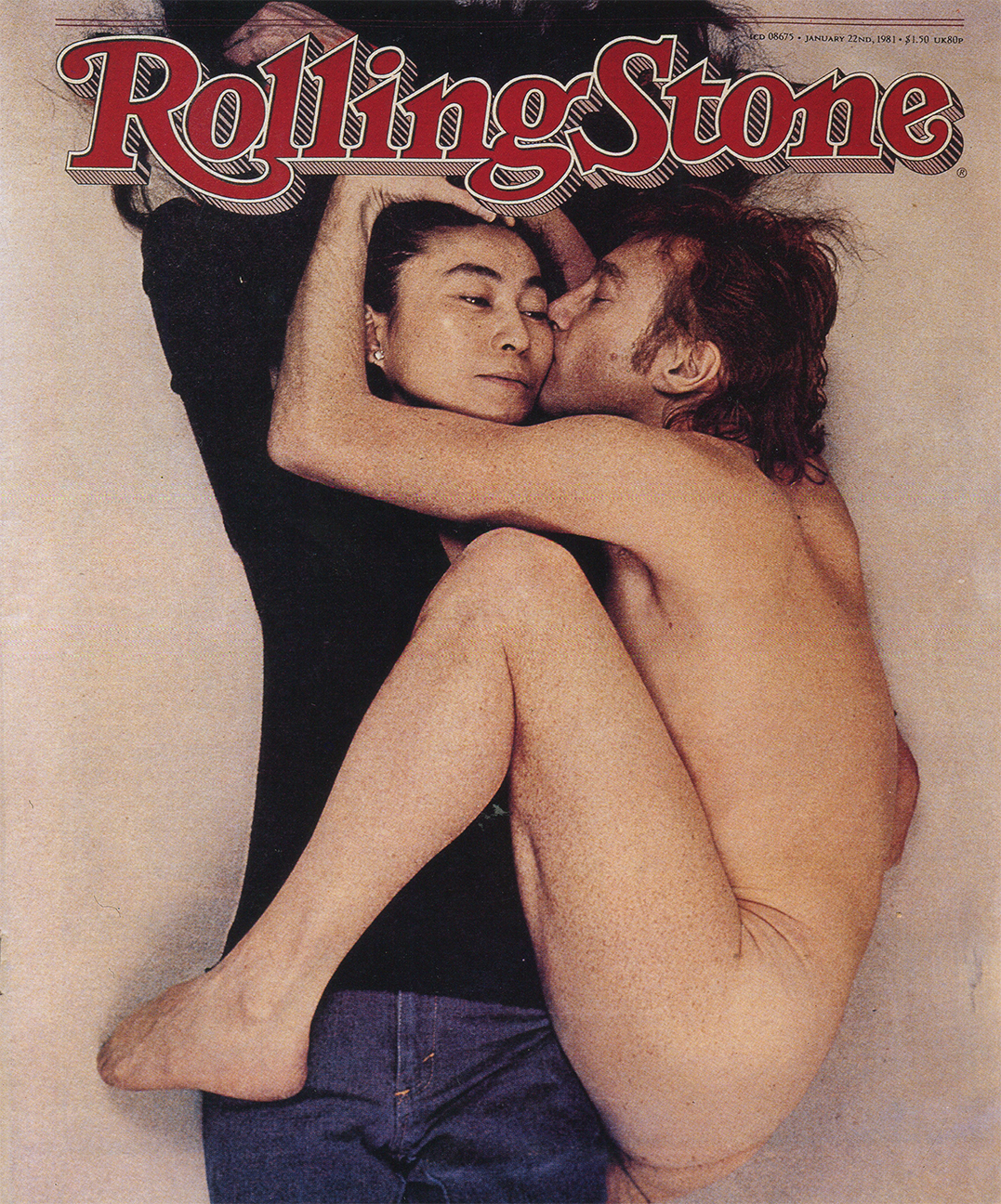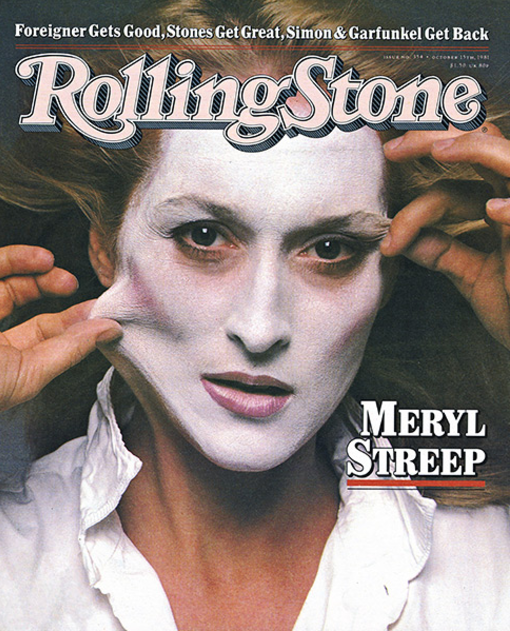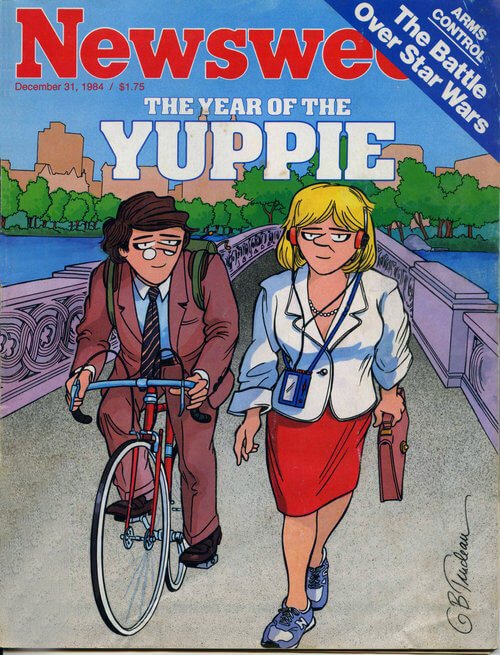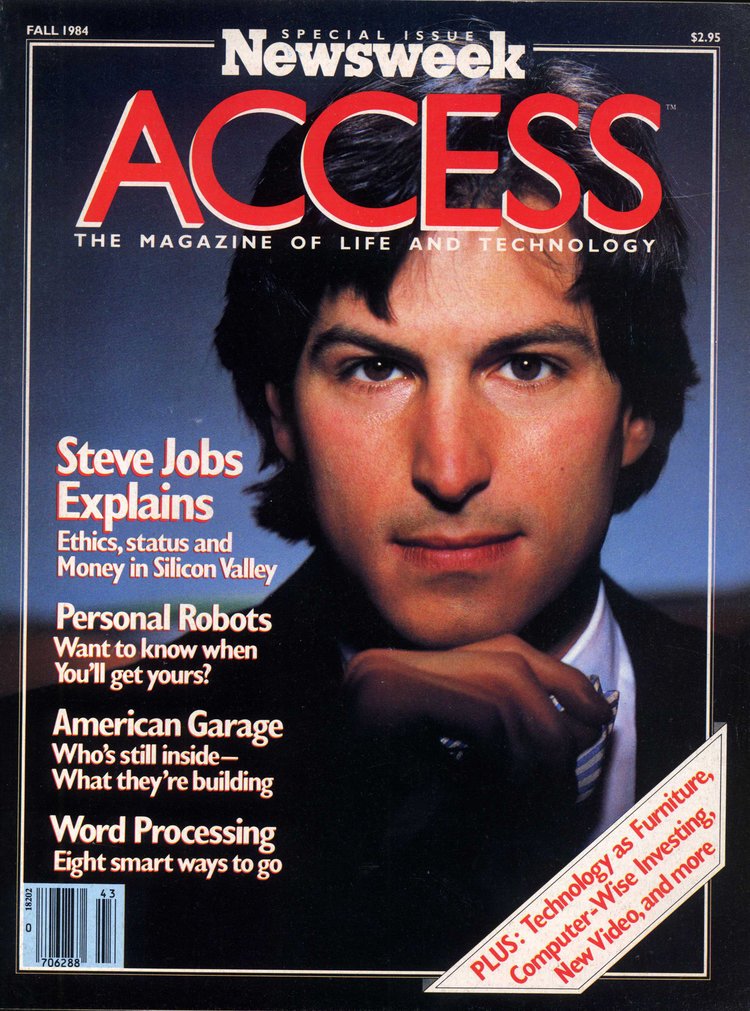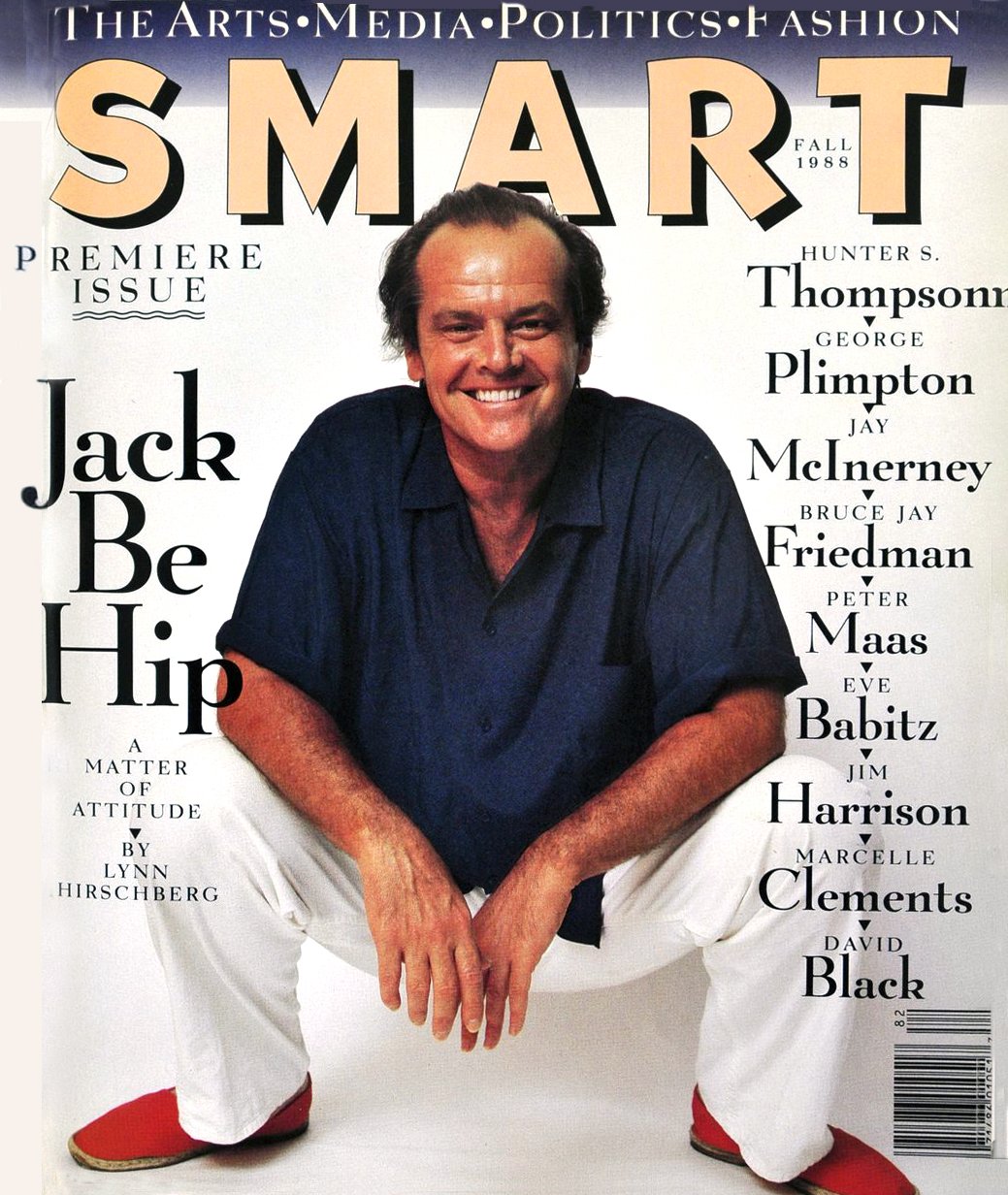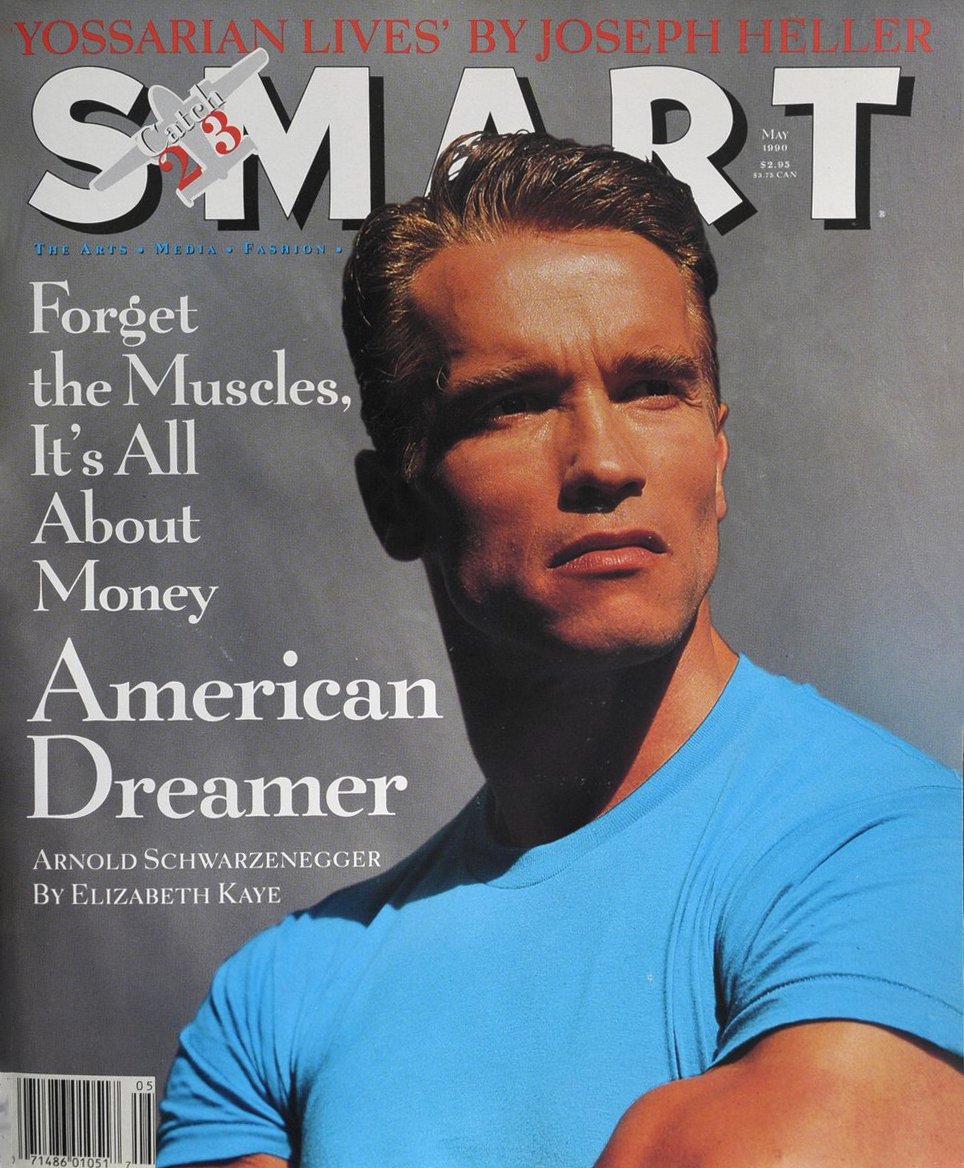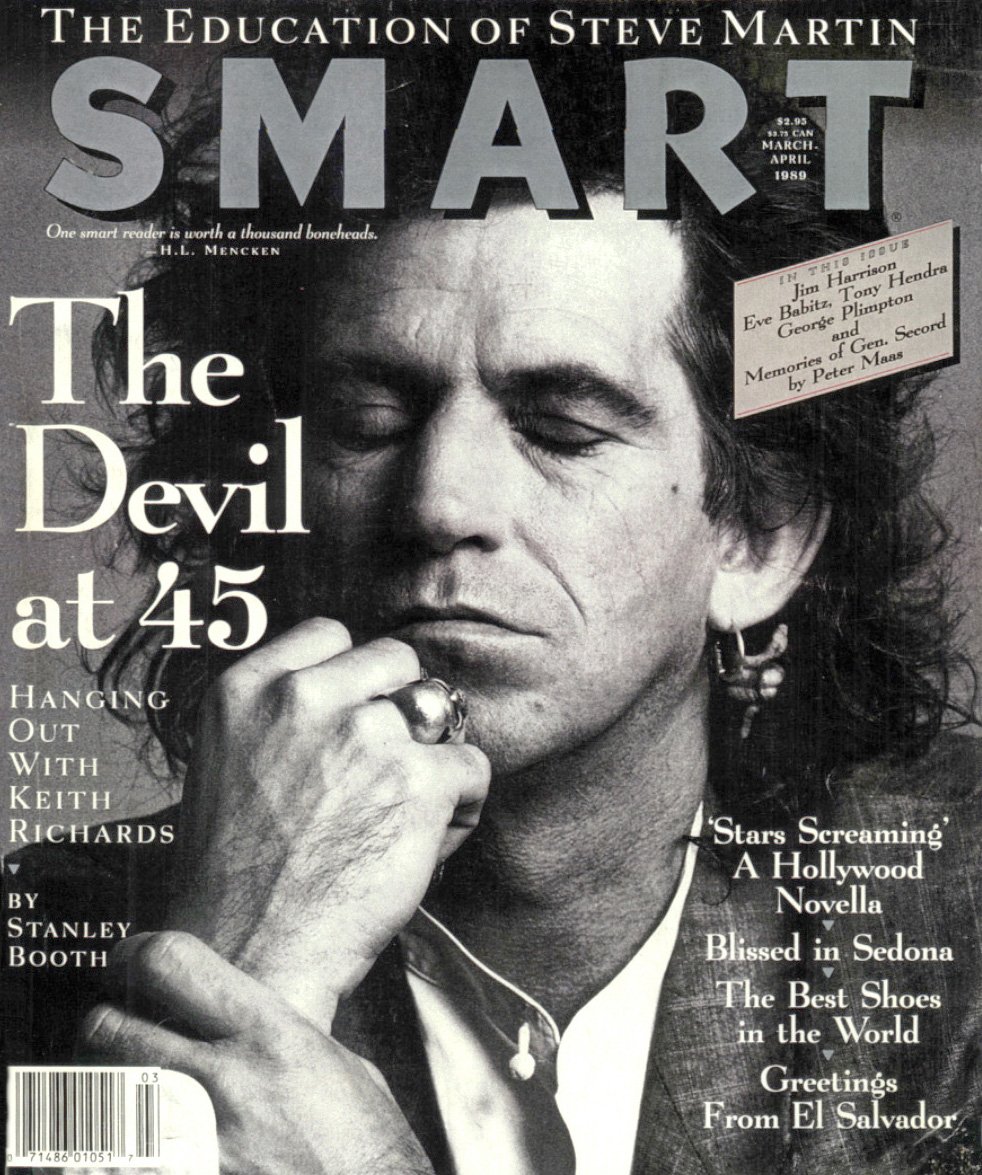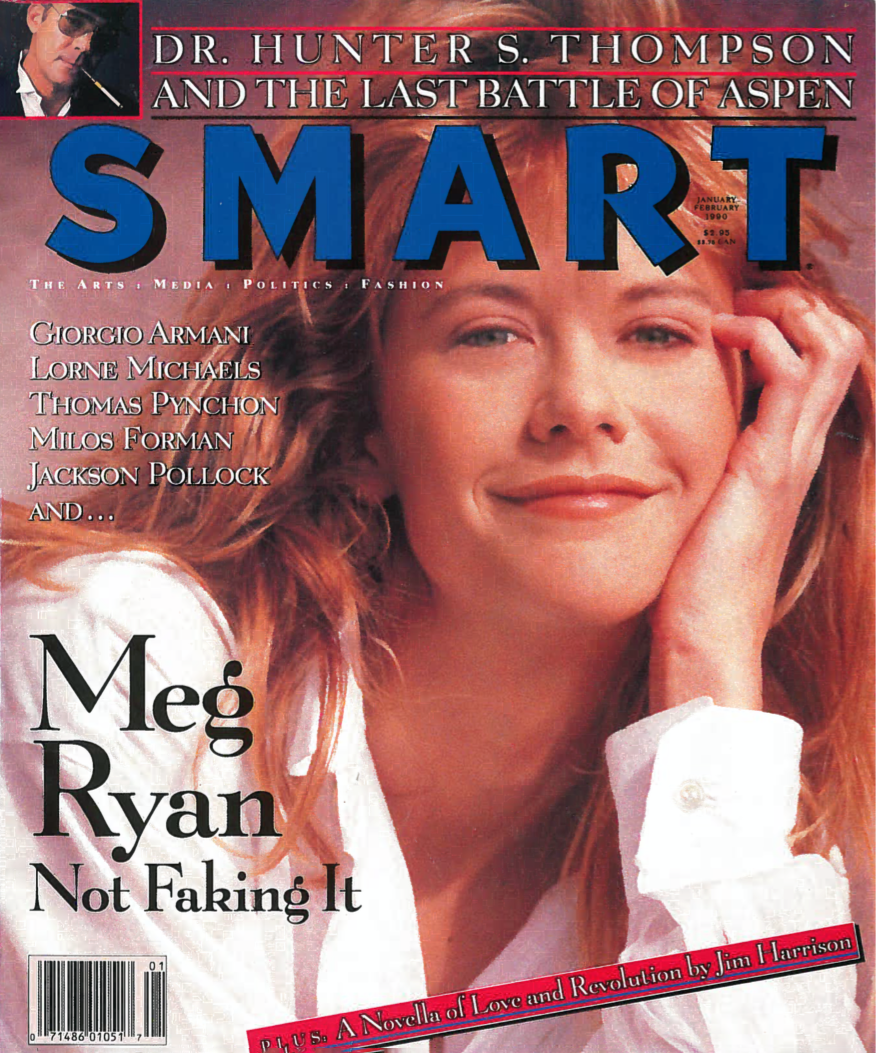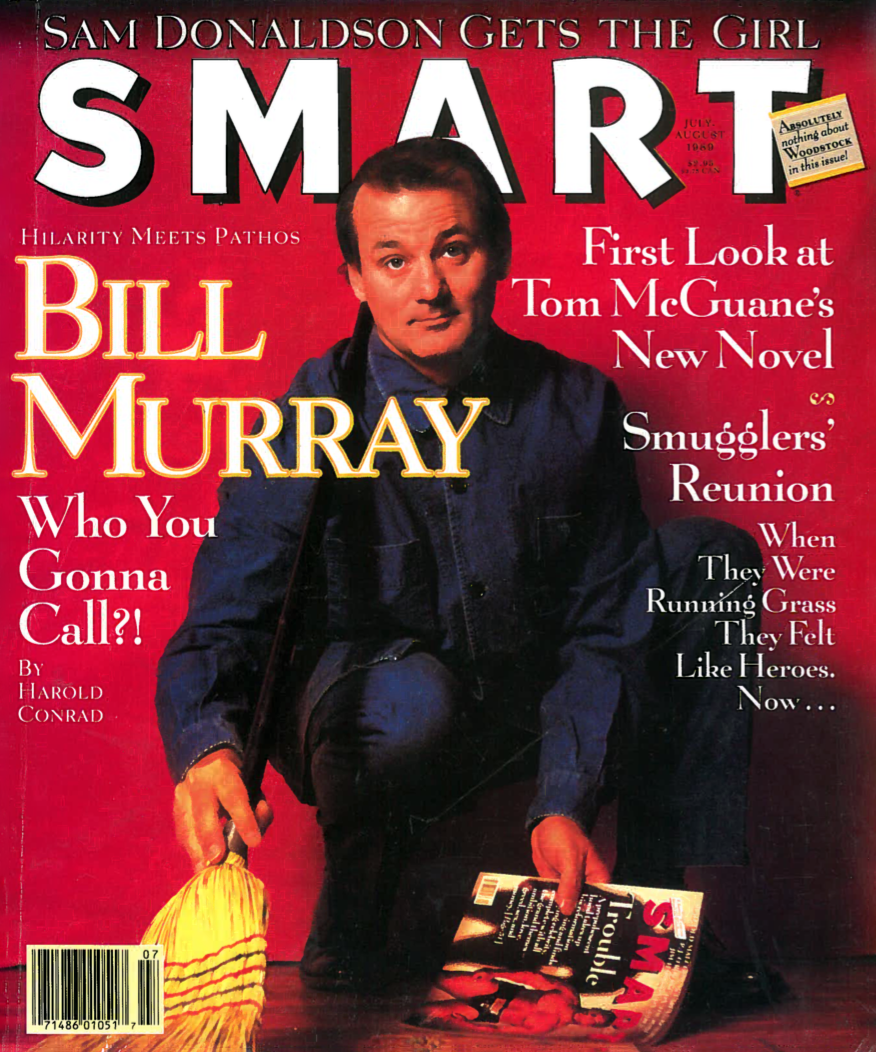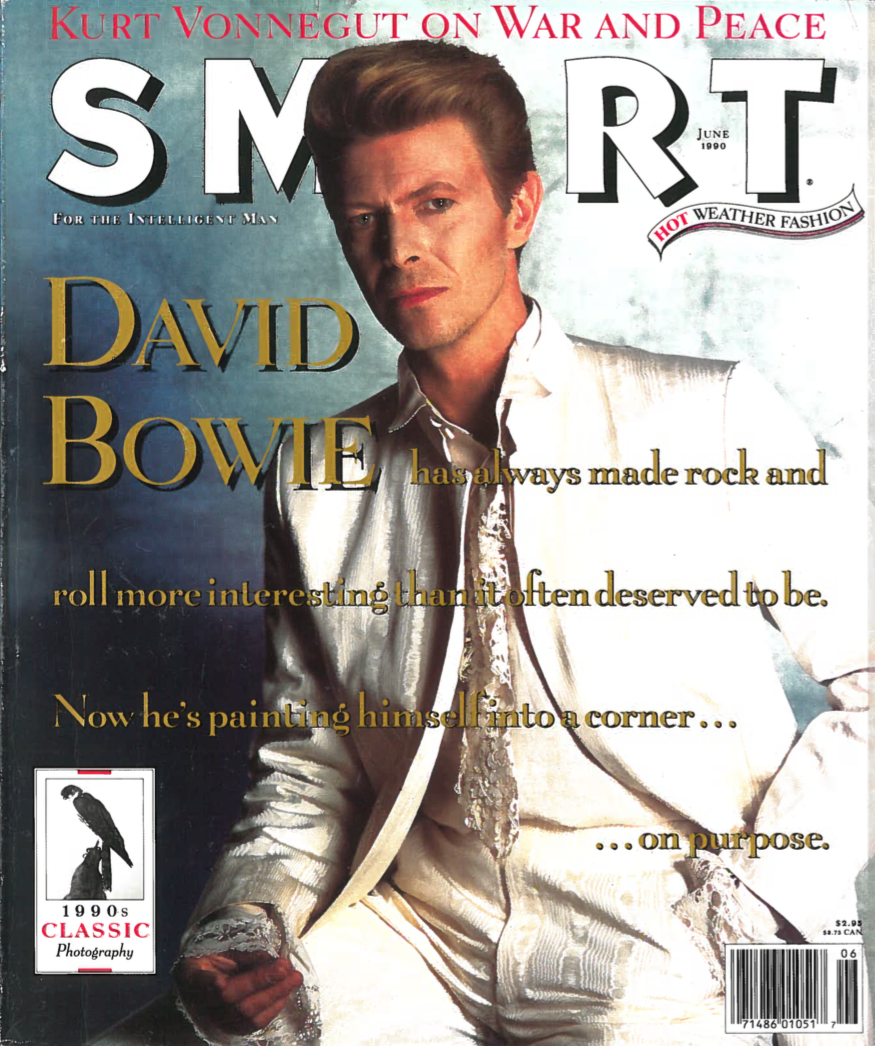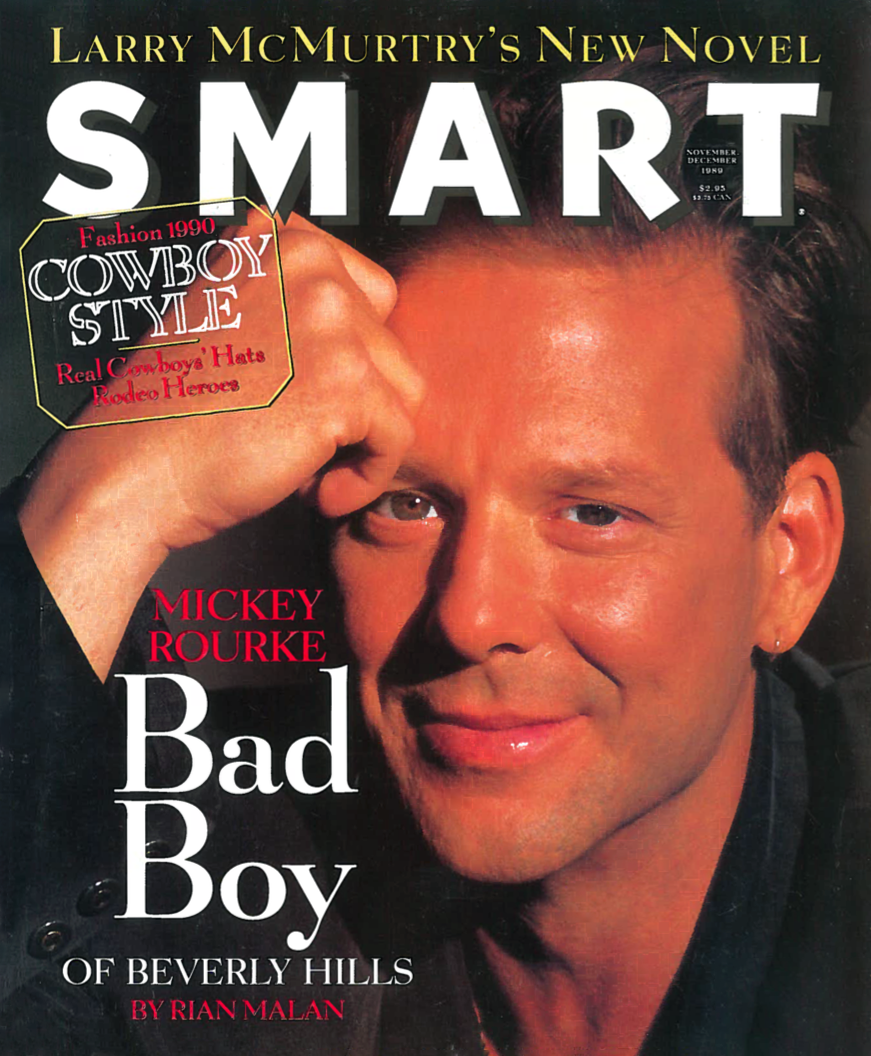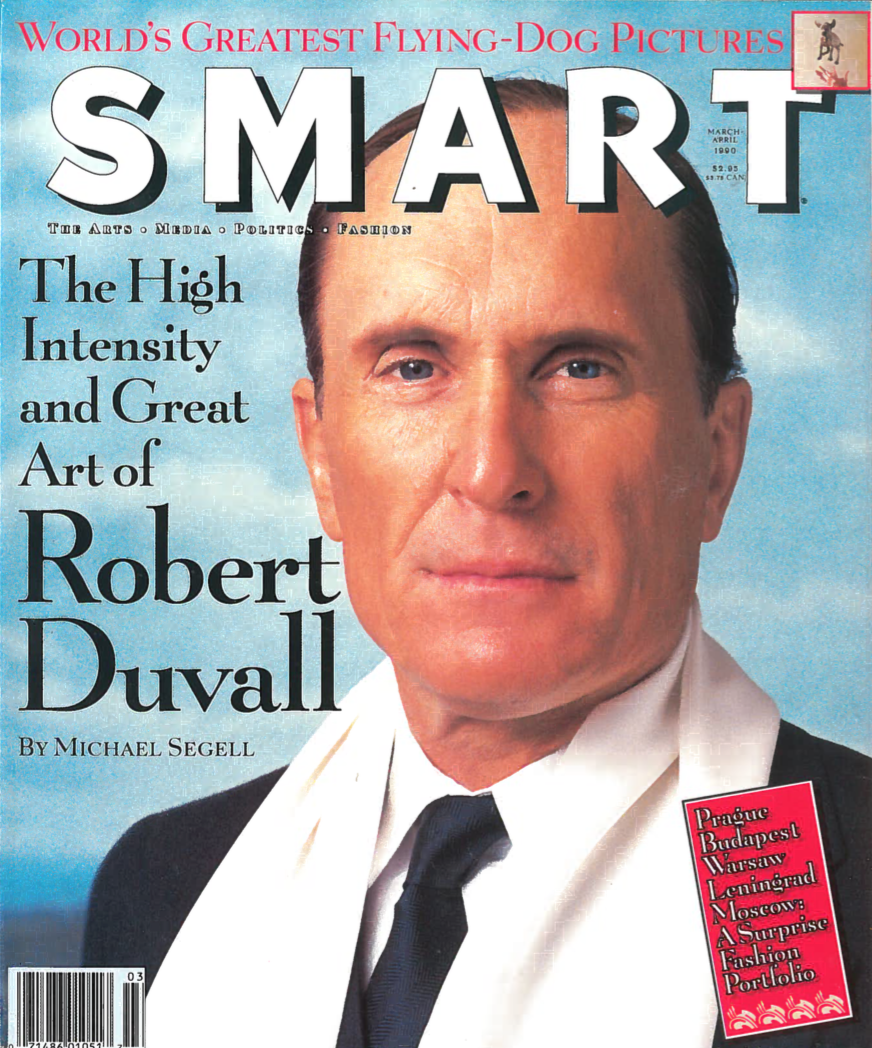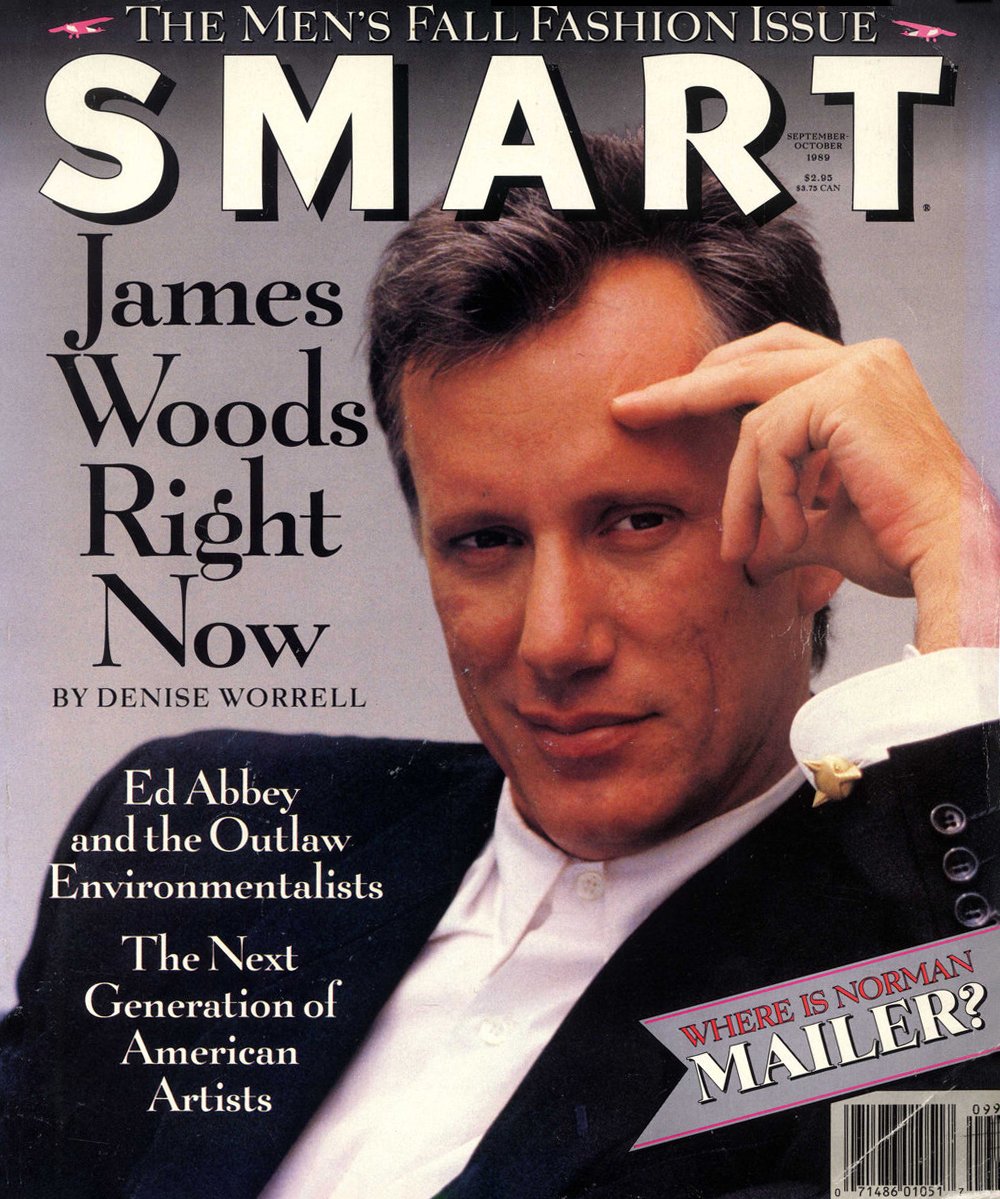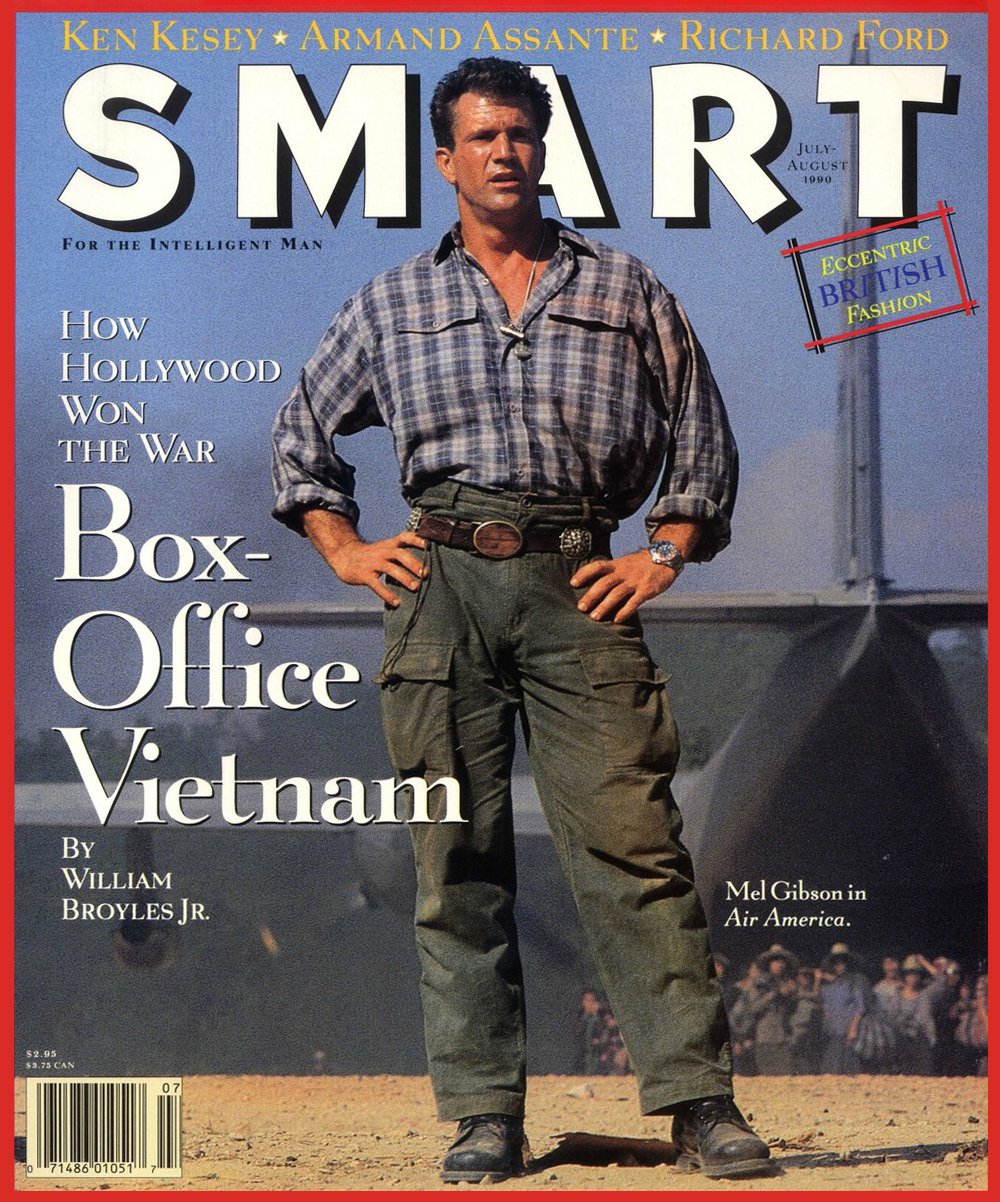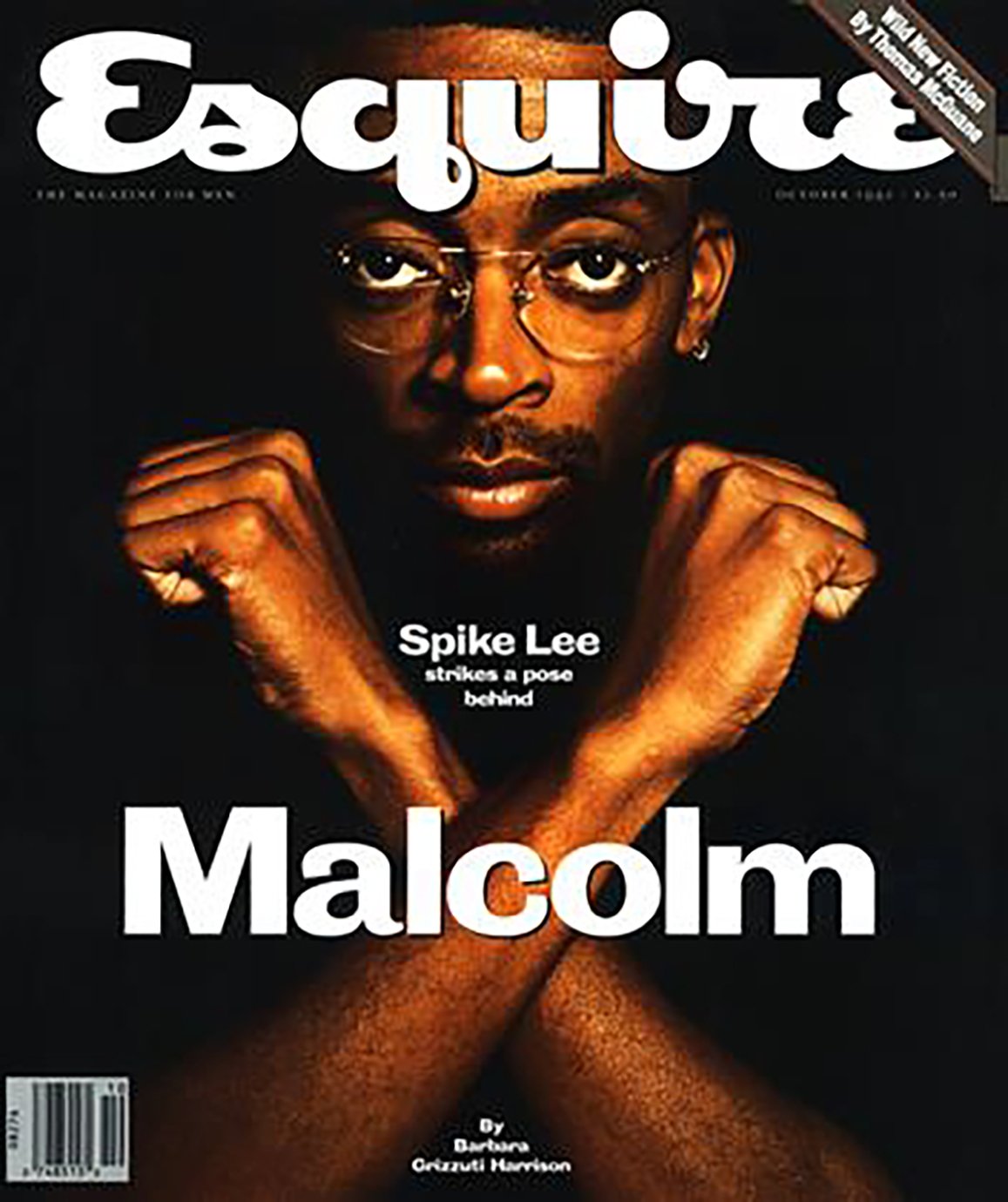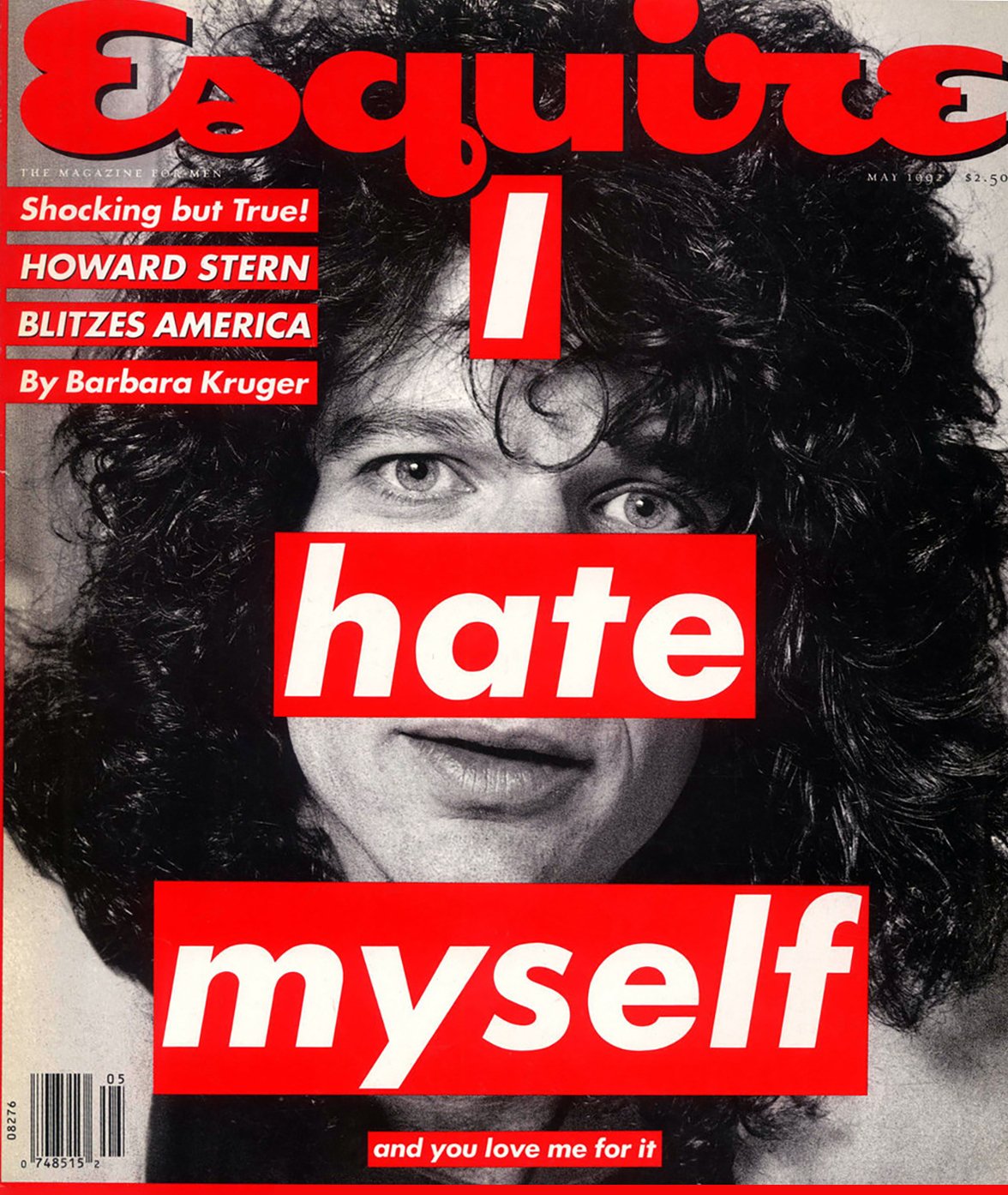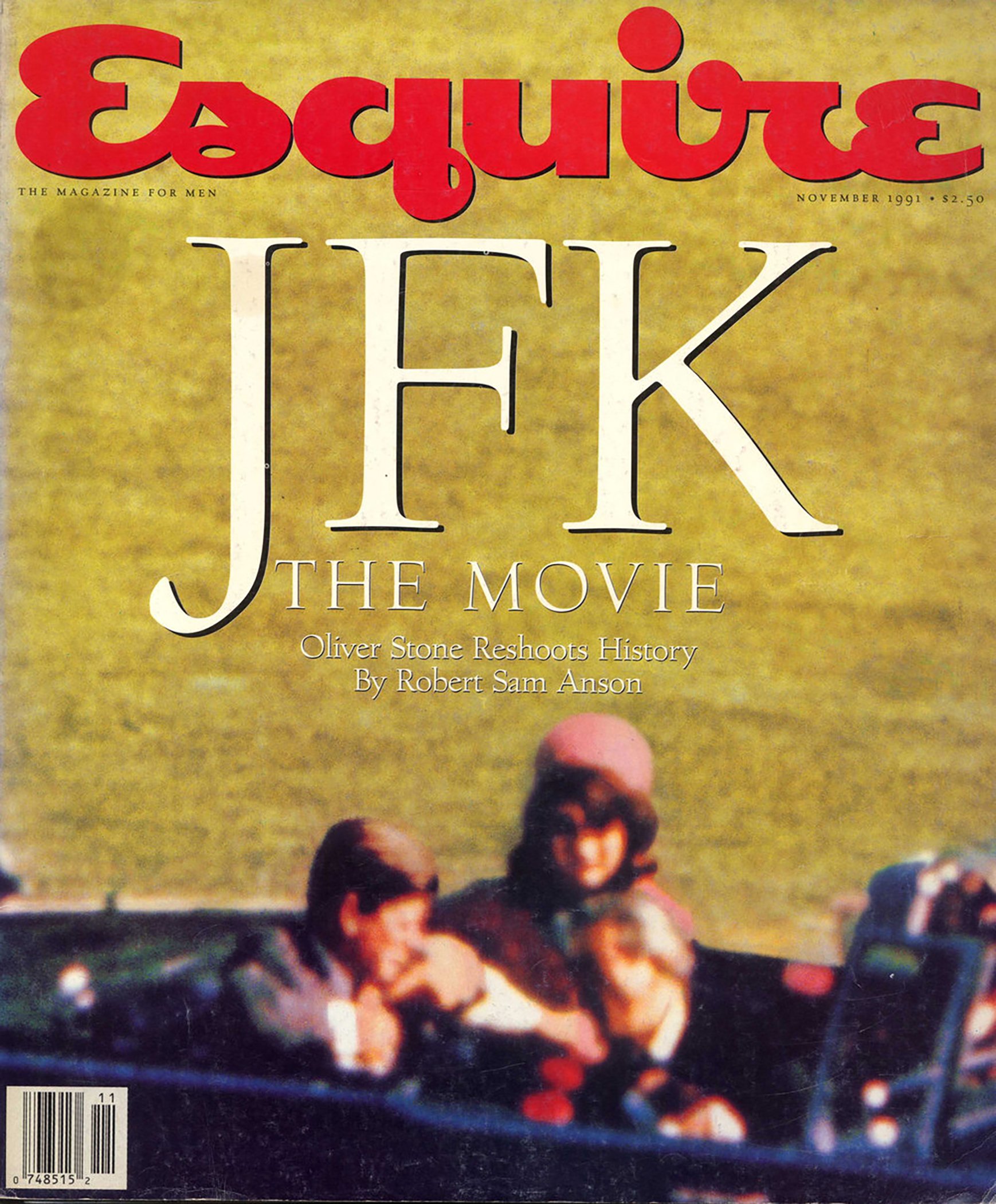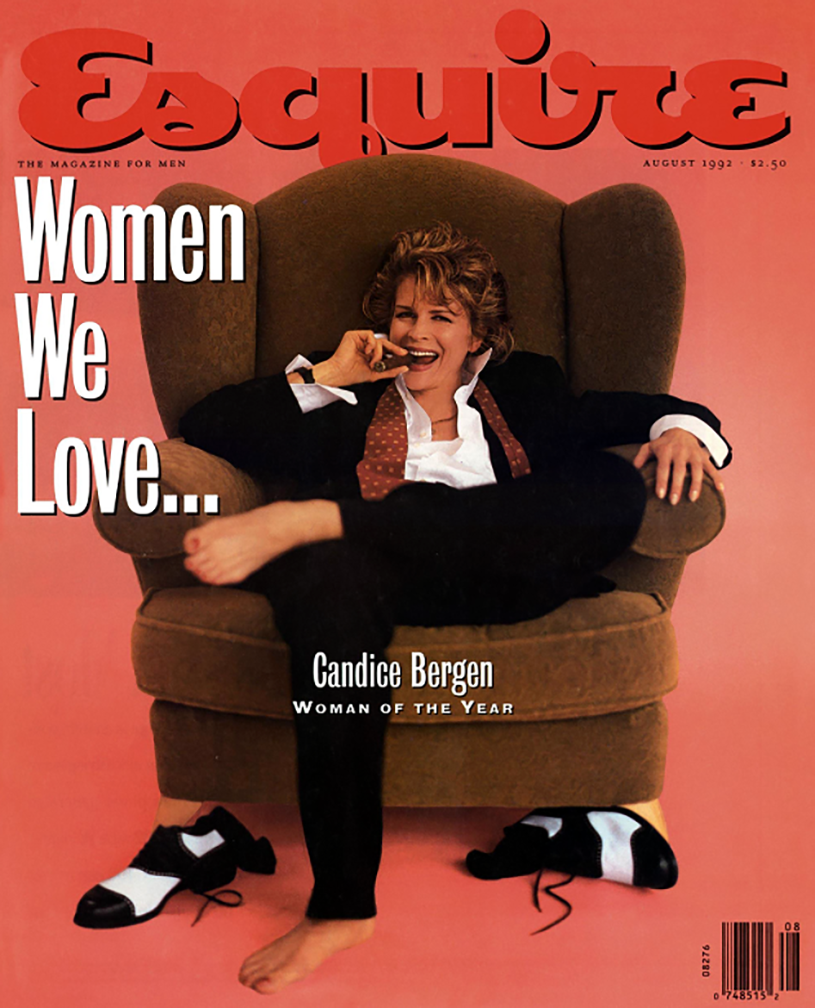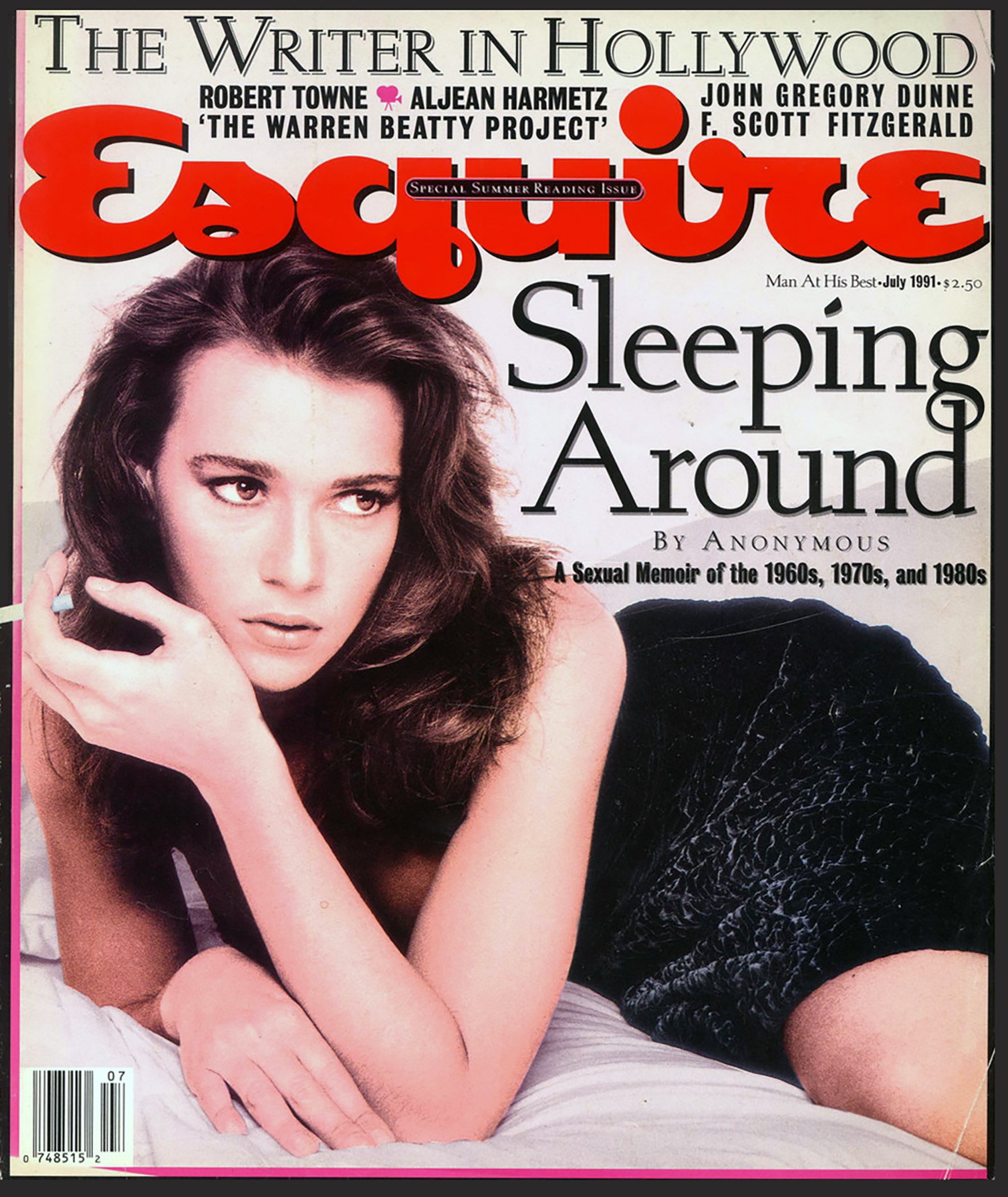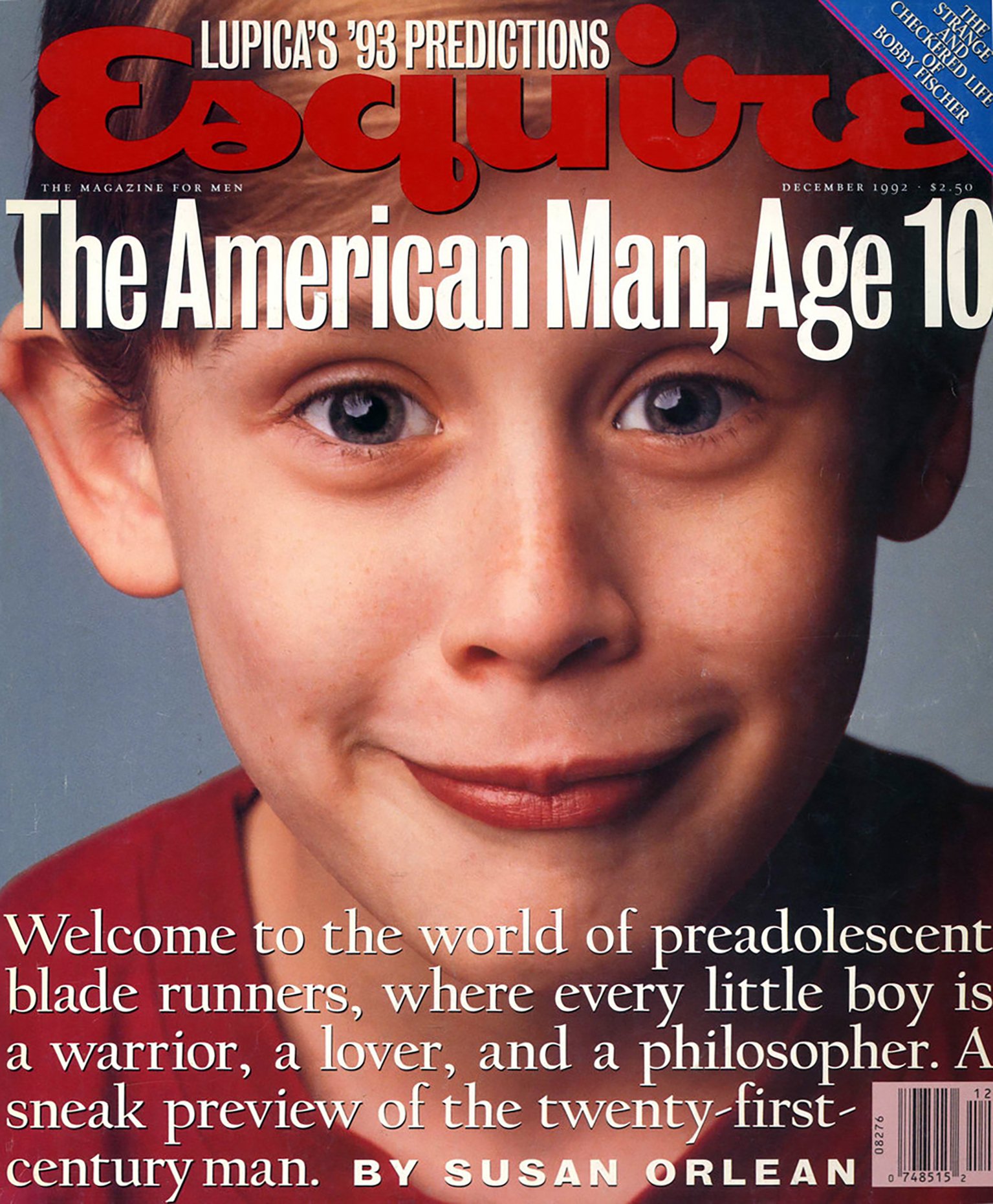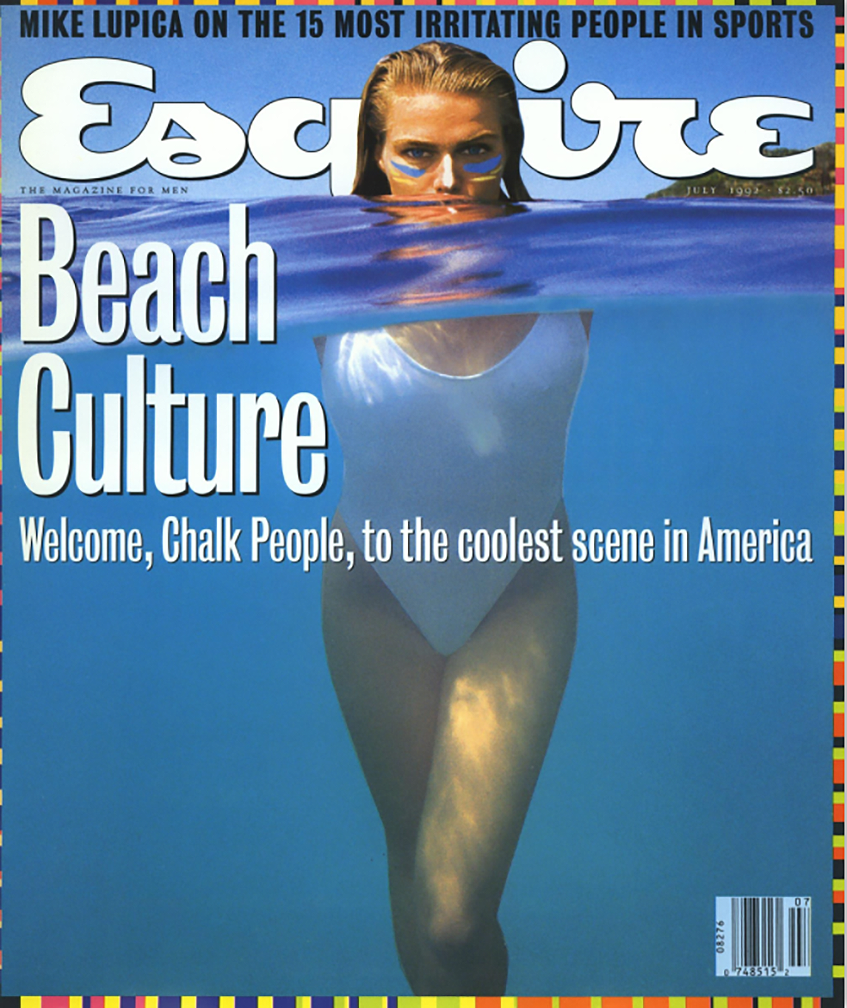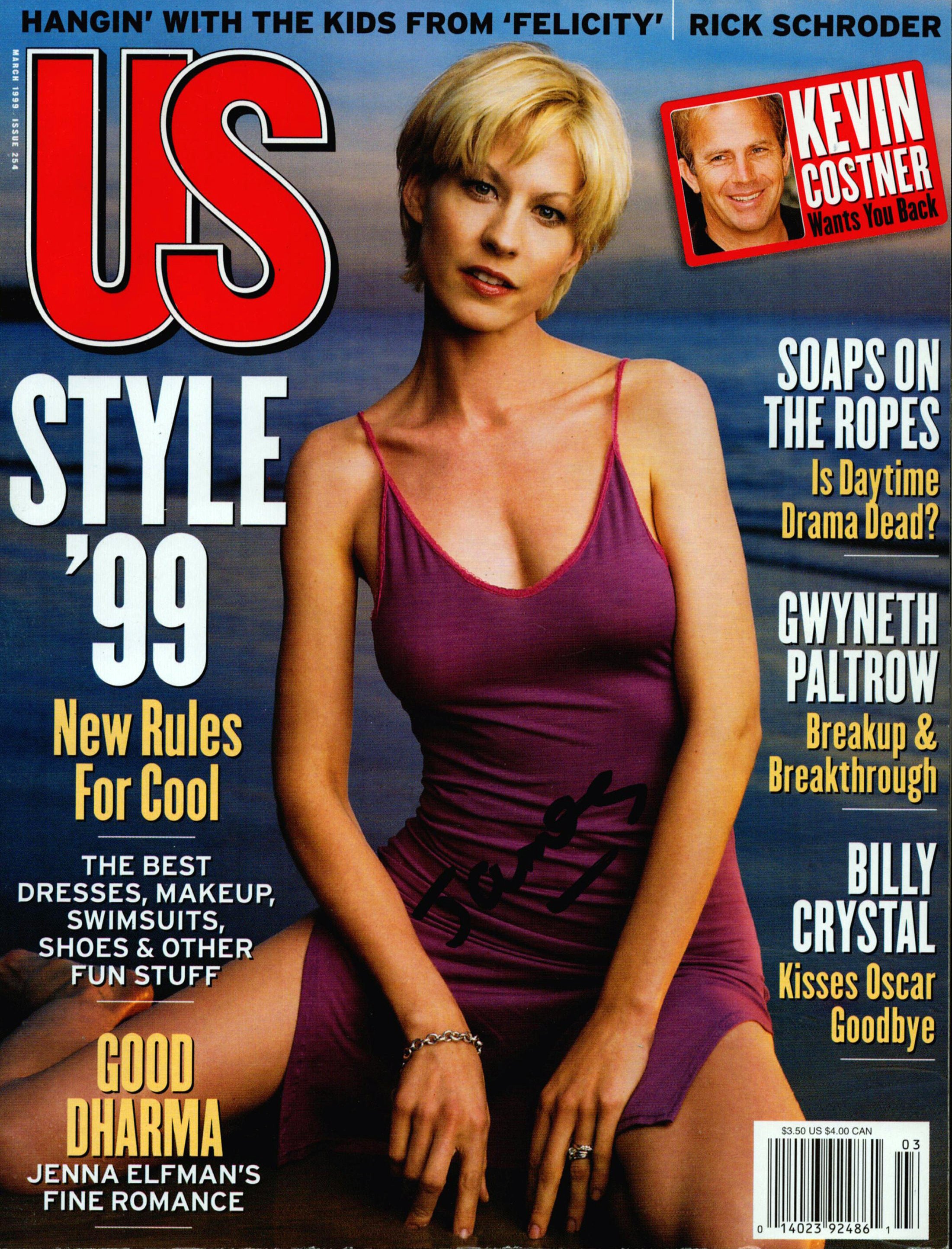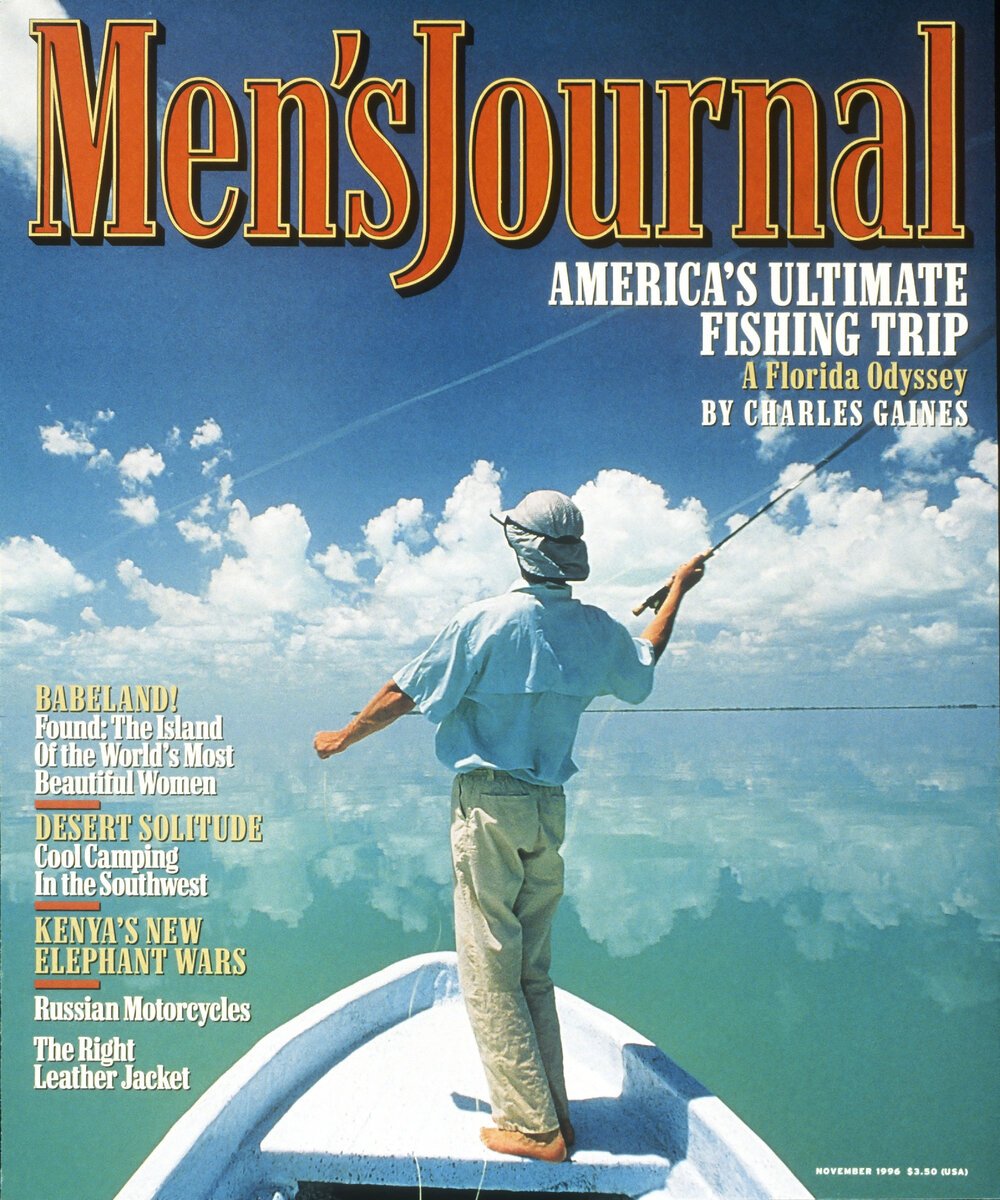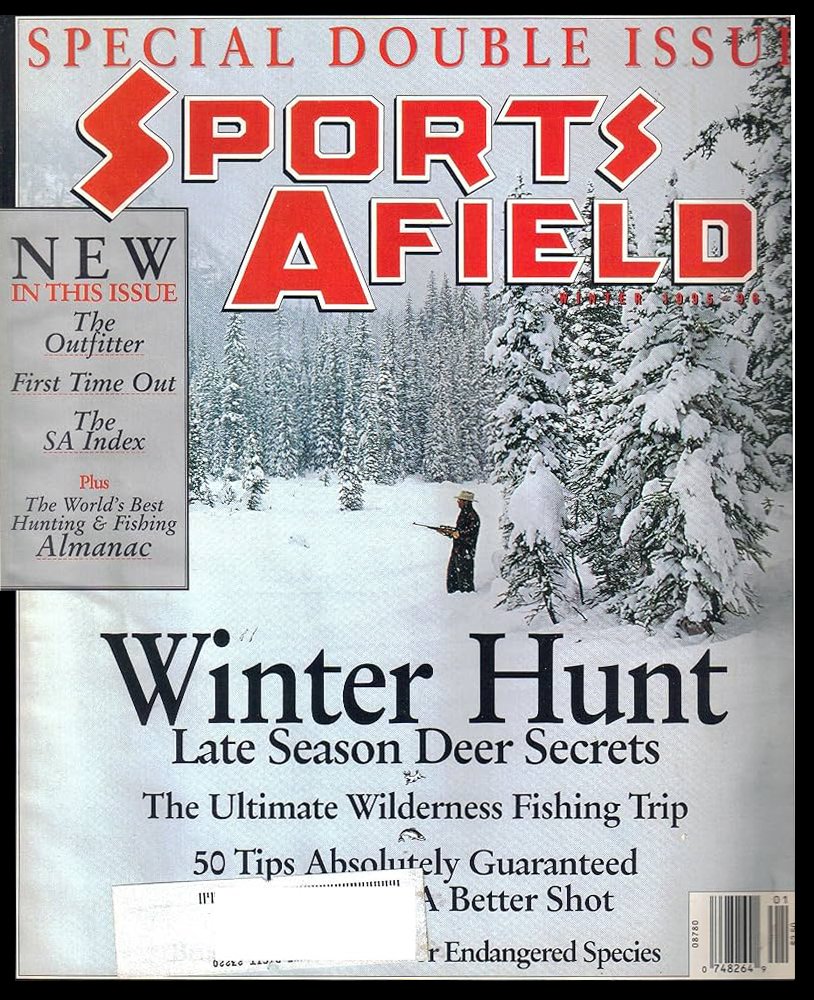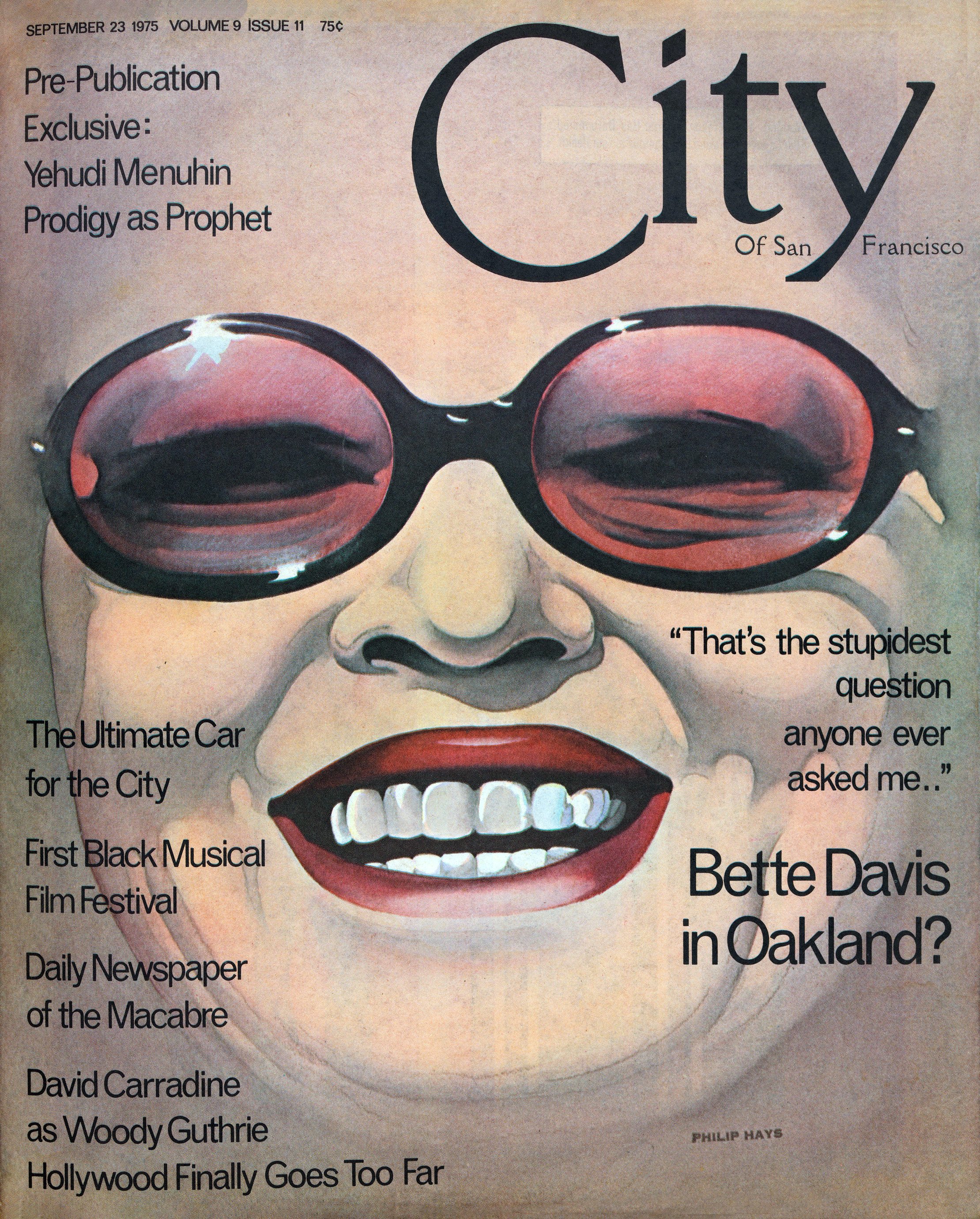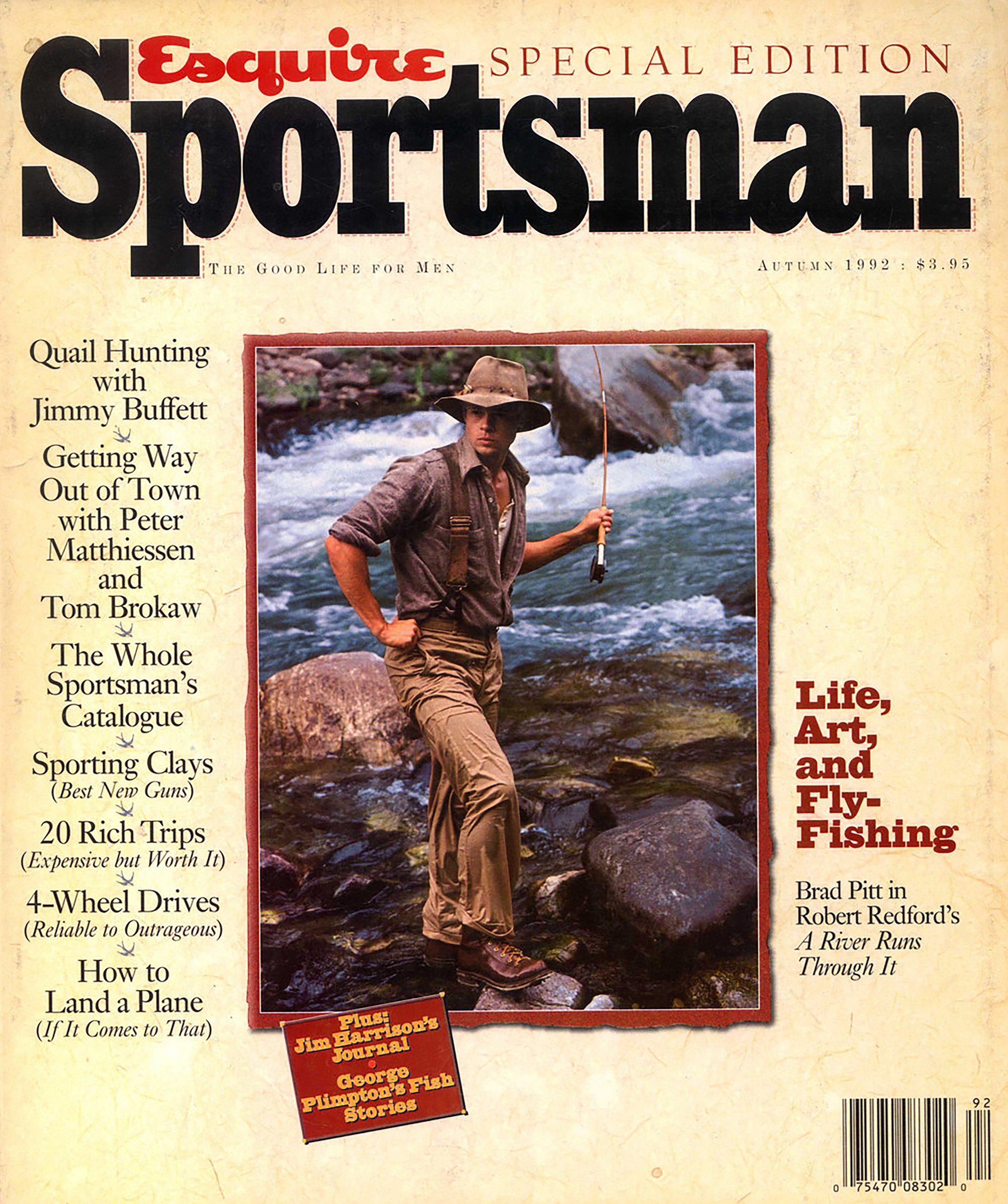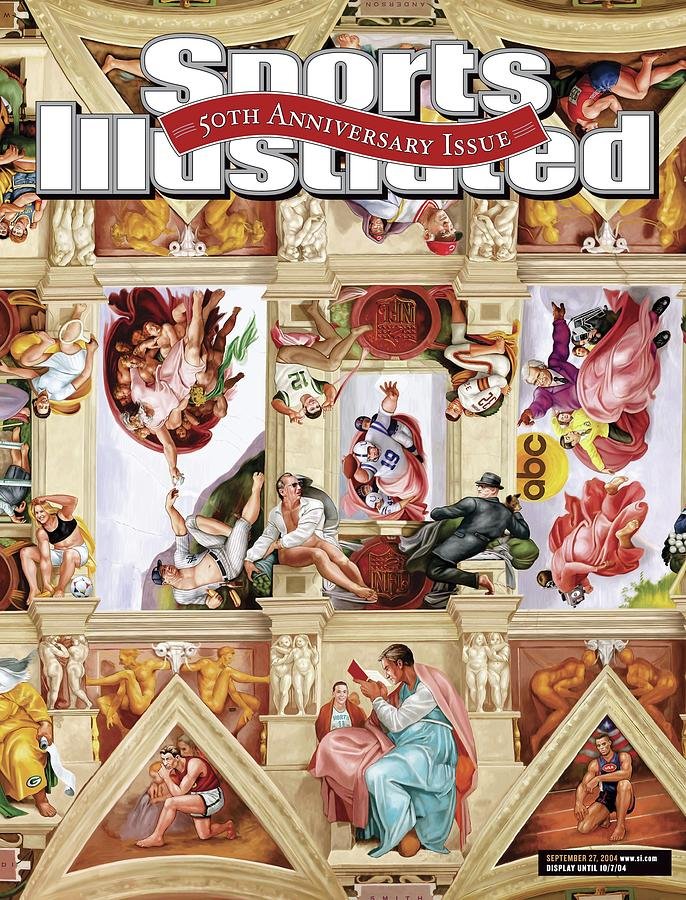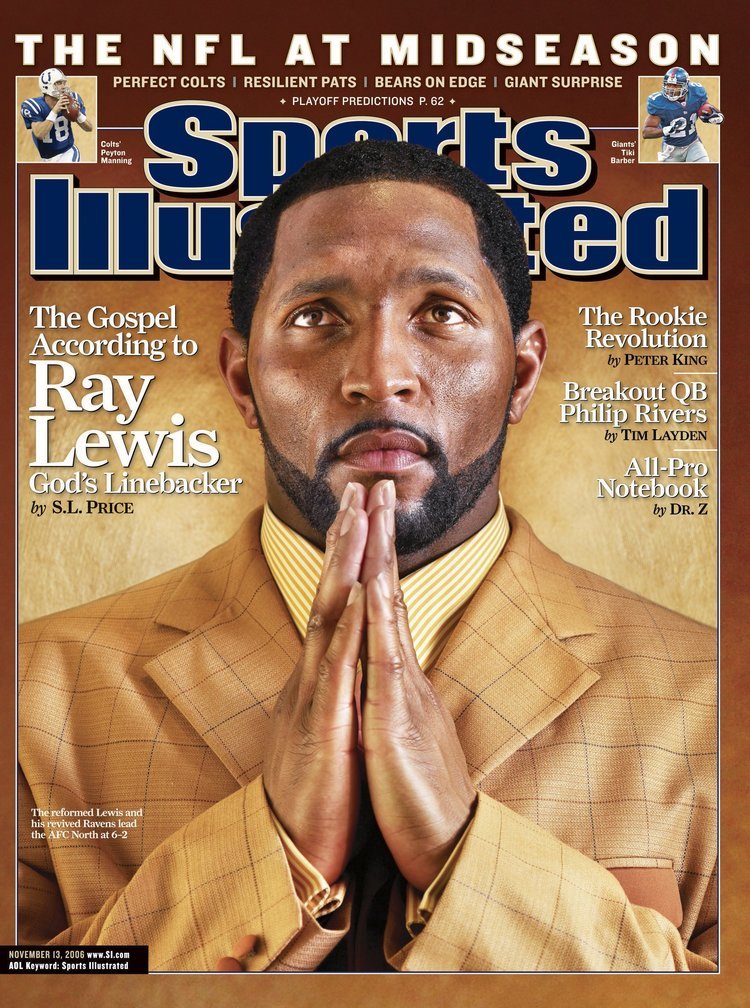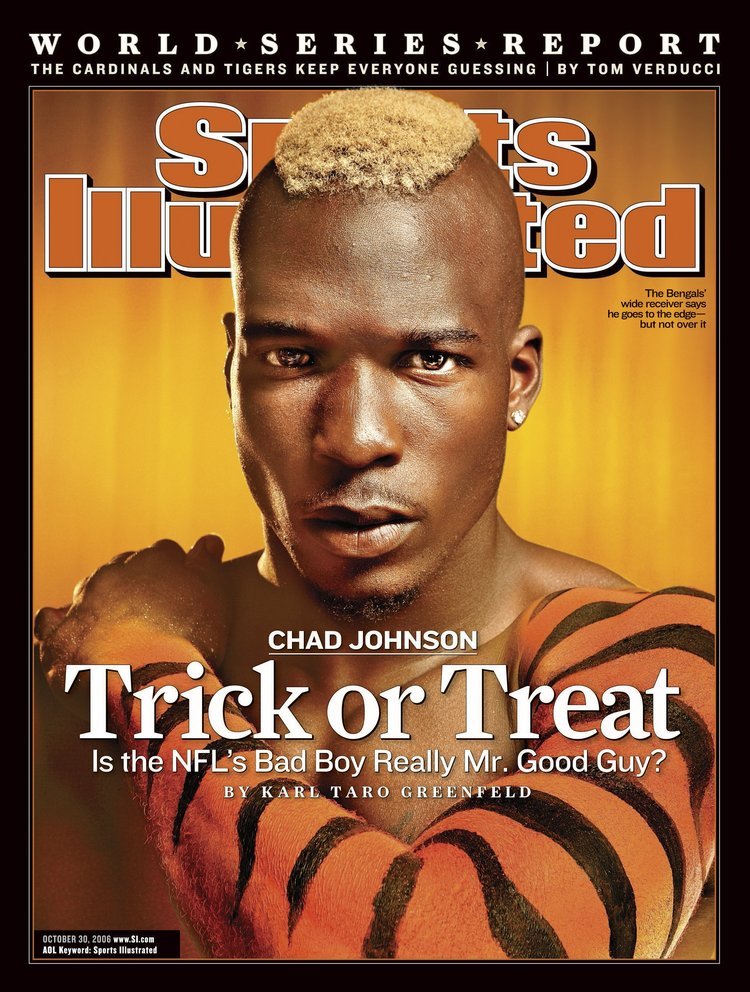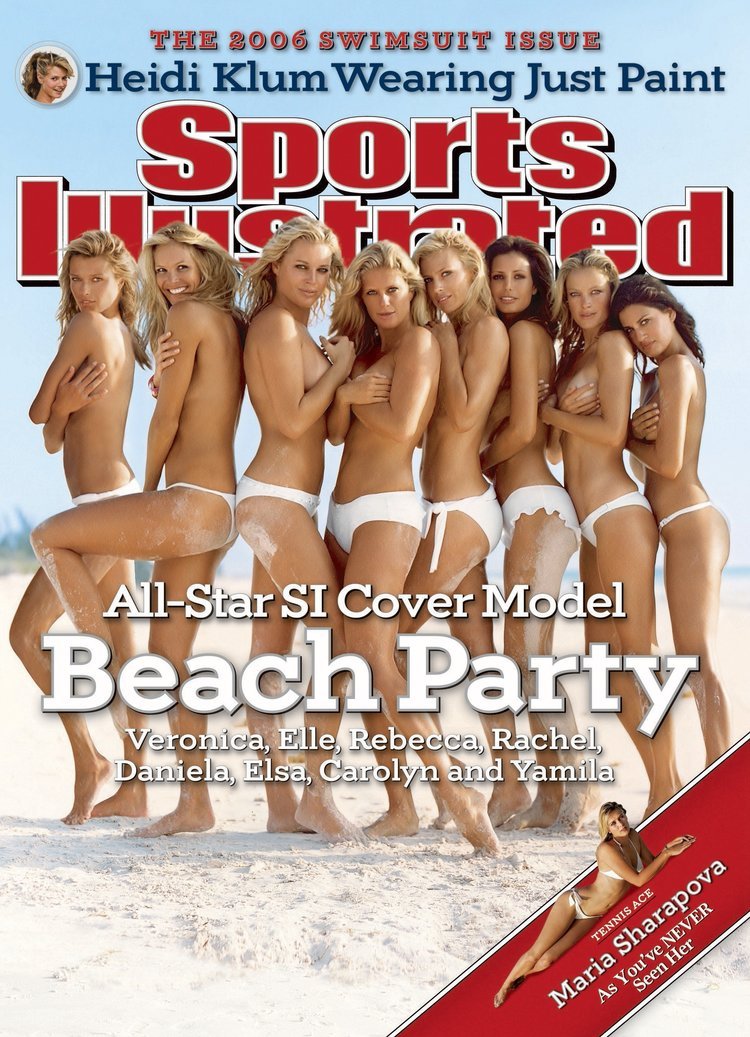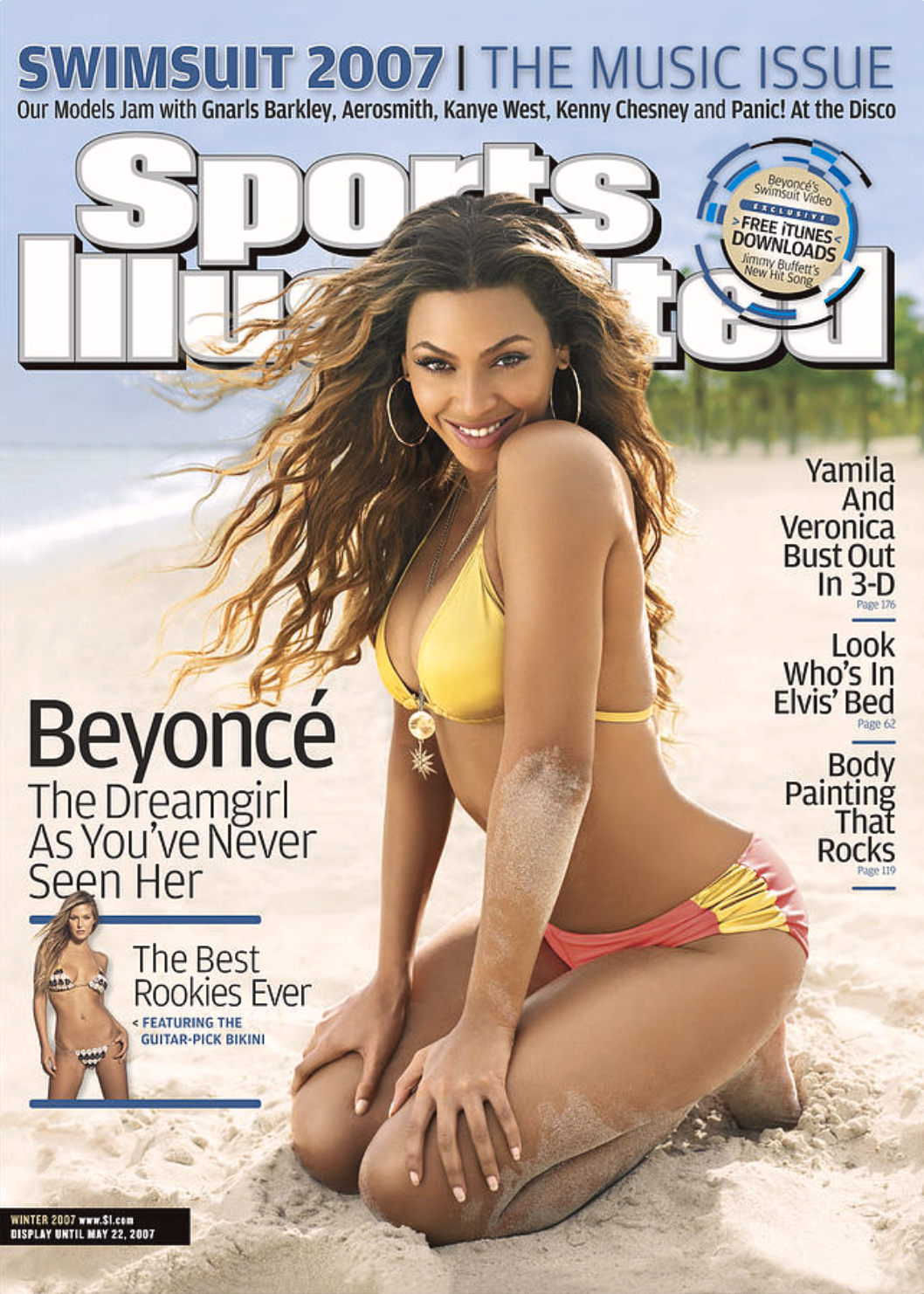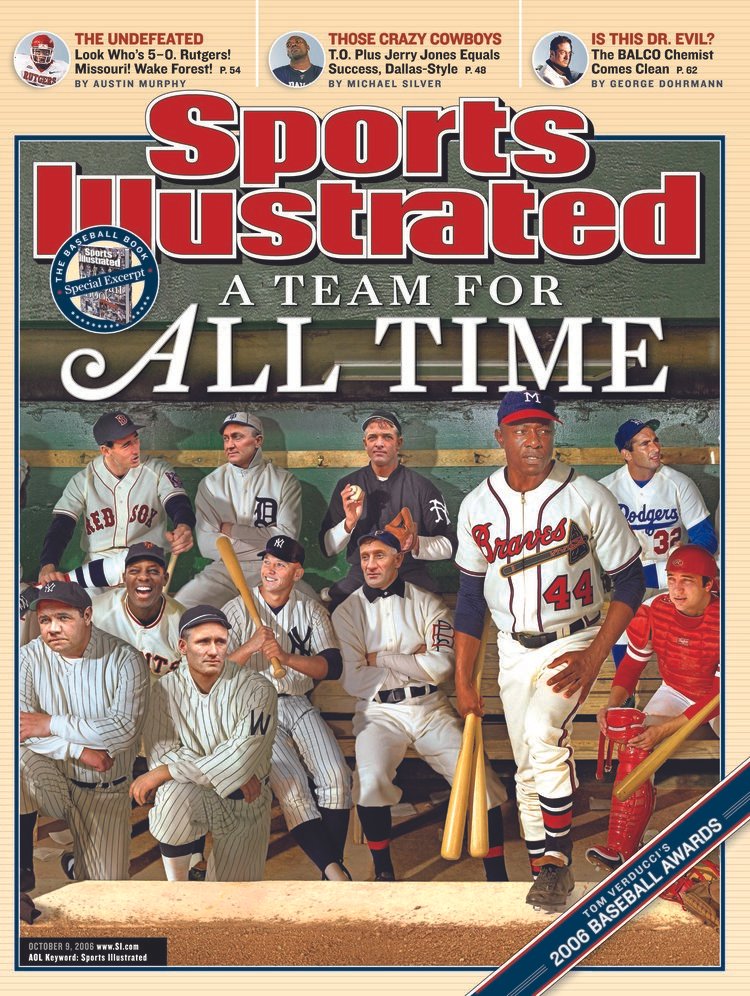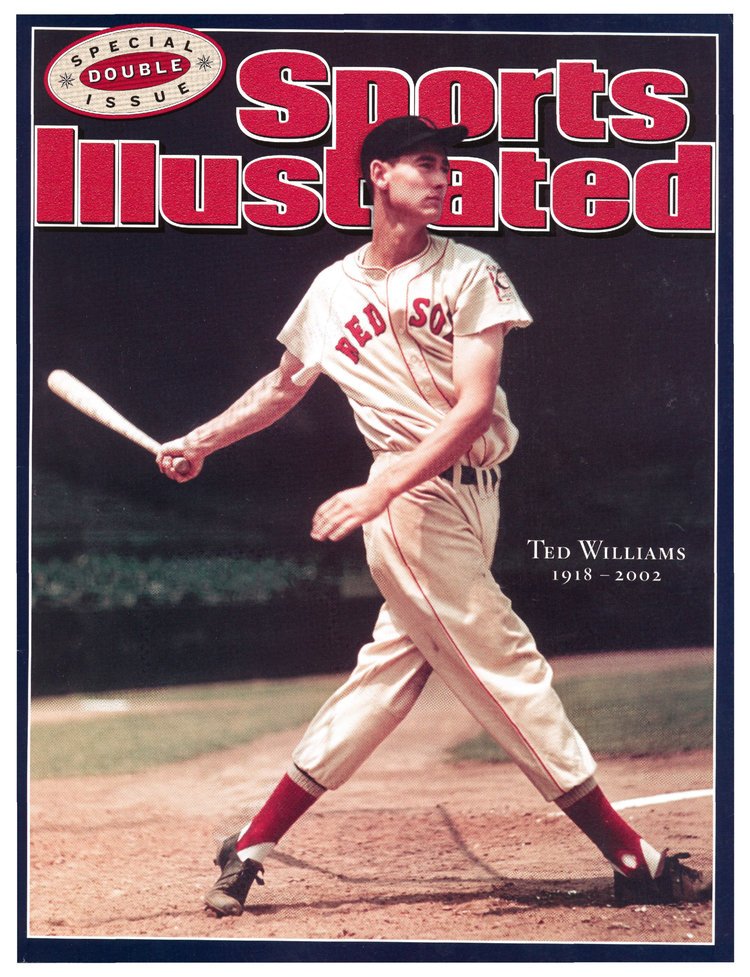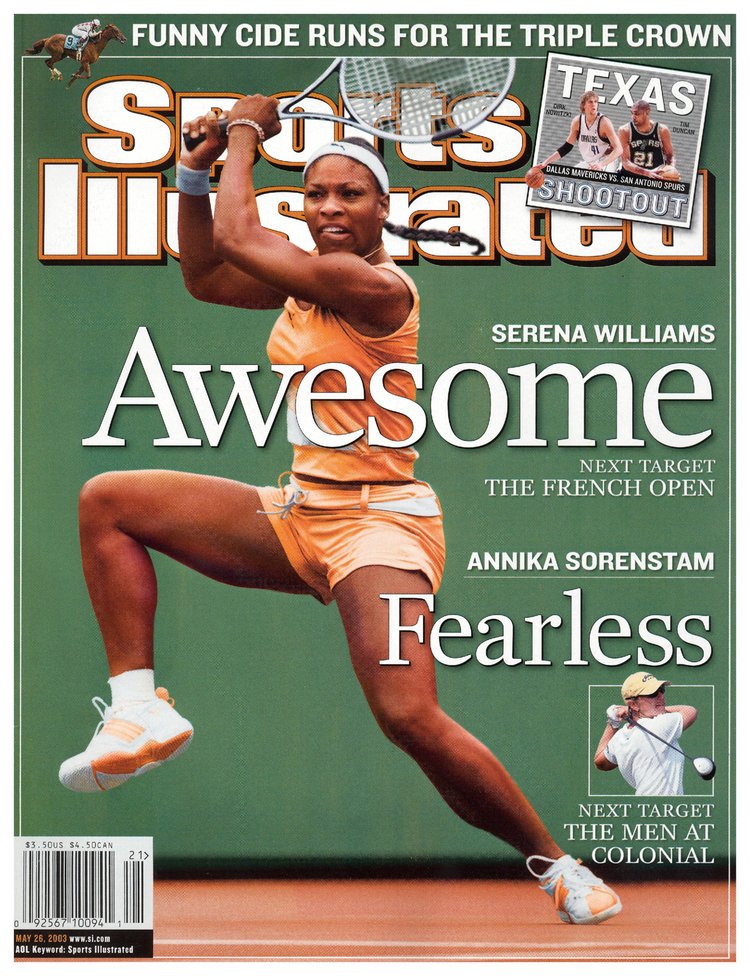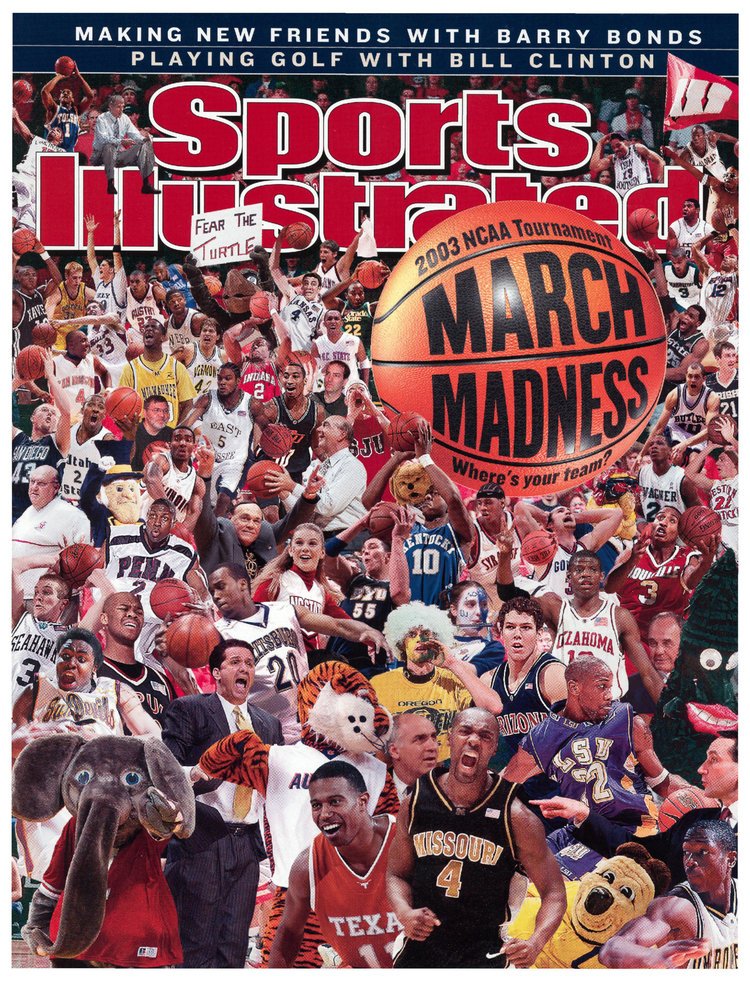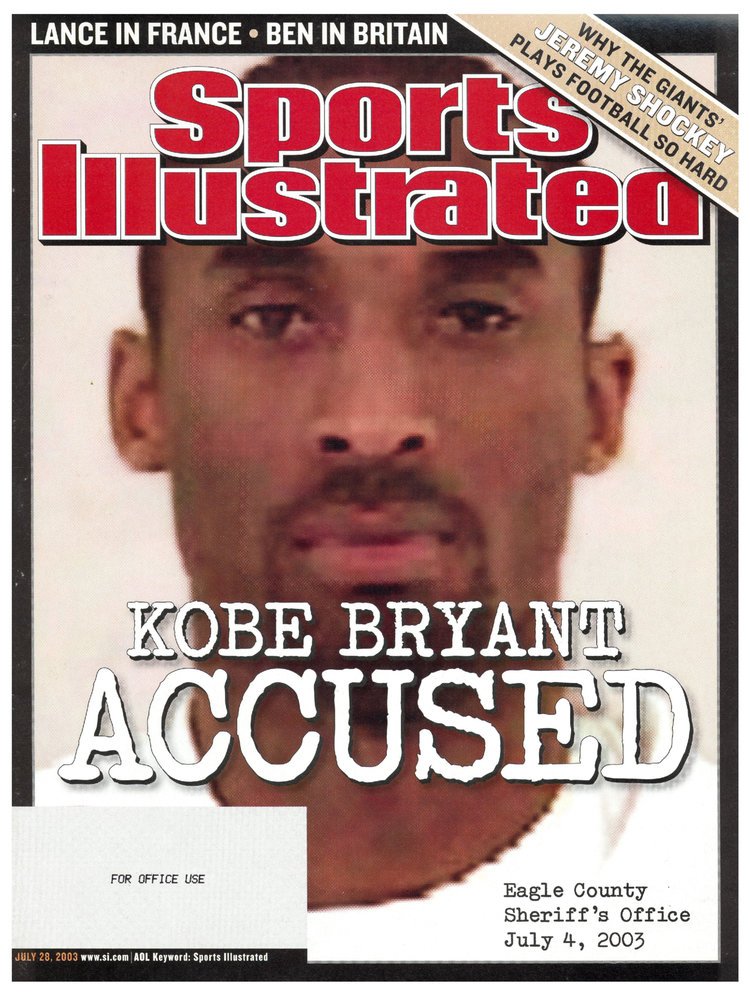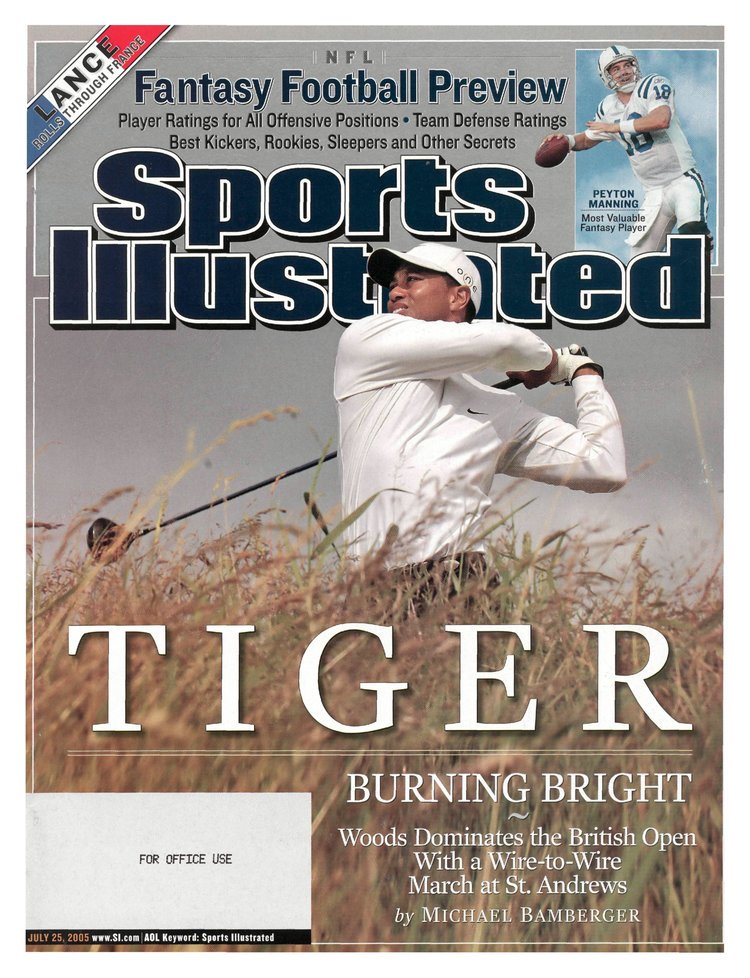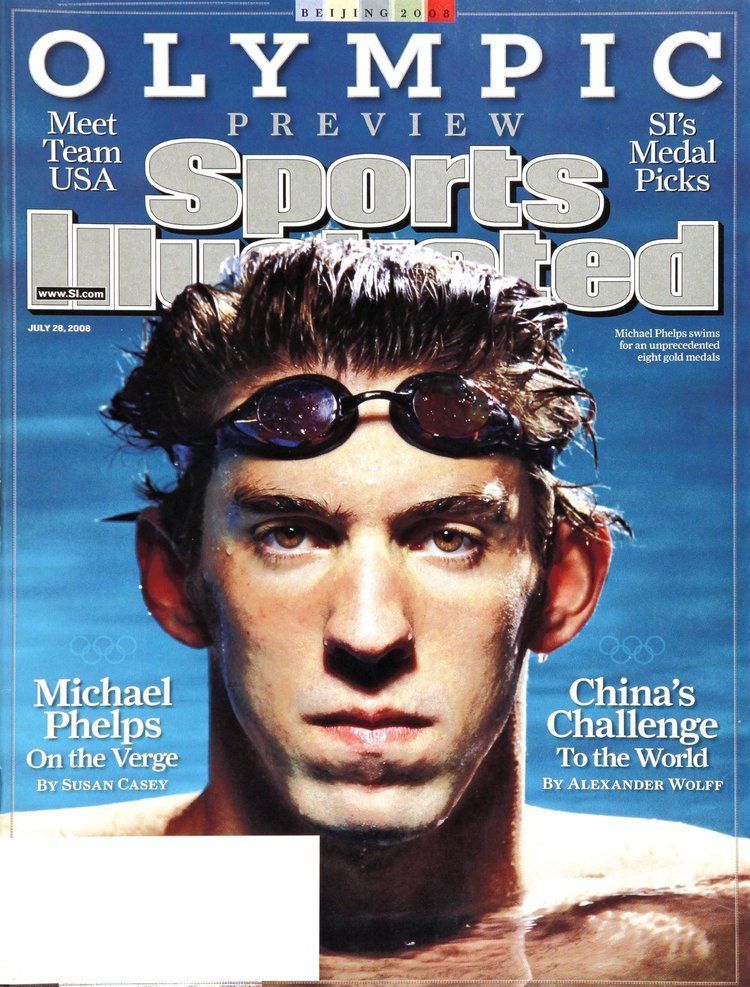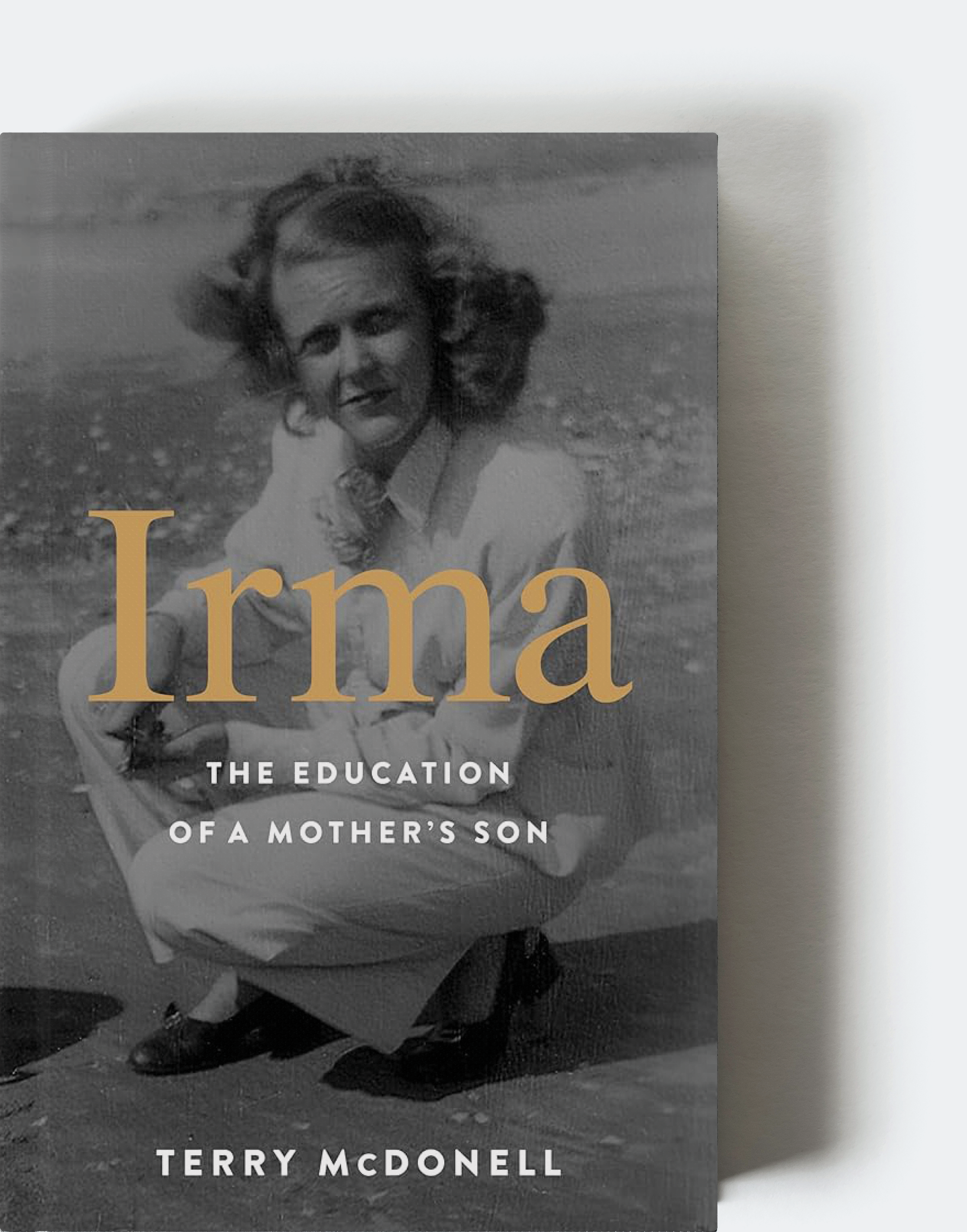Everything Old Is New Again
A conversation with Bustle Digital Group chief content officer Emma Rosenbloom
A conversation with Bustle chief content officer Emma Rosenblum
—
THIS EPISODE IS MADE POSSIBLE BY OUR FRIENDS AT LANE PRESS
Emma Rosenblum is a best-selling author and is about to release a new novel. But that’s not why she’s here.
As the chief content officer at Bustle Digital Group, overseeing content and strategy for titles like Bustle, Elite Daily, and Nylon, she has witnessed some, if not all, of the massive shifts and changes in the media business. The ups and downs and highs and lows, as it were.
Emma’s media past includes stints at New York magazine, where she began her career, Glamour, Bloomberg Businessweek, Bloomberg Pursuits, where she served as editorial director, and Elle, where she was executive editor.
Meaning she’s a good person to talk to about the state of media today, a world where the change never stops. And she also has an insider’s opinion about the legacy big publishers and the advantages that BDG, as a digital-first operation, might have over them.
And did we mention she’s an author? Her first novel, Bad Summer People, was a national bestseller and her second novel, Very Bad Company, will be released in the coming weeks.
BDG published its first print edition of Nylon in April.
“We are as efficient as possible in an industry that is notorious for inefficiencies, and we’re lean and we’re scrappy. That has allowed us to survive and create great stuff in this era where it’s harder to break through as traffic continues to decline for every site.”
Arjun Basu: Tell us about your journey to this point. Your CV is long and it’s been through all sorts of things, and we won’t even get into your writing career just yet. So how did you get to where you are now,
Emma Rosenbloom: I have been in media my whole career. And now I am 96 years old. So that’s a long time. No, I’m not 96, middle age, young middle age. And I started right out of college. I got an internship at New York magazine. And this was in 2003, right at the time when Adam Moss took over New York and revitalized the magazine there.
And I was there for about eight years, which was just the greatest time to be at any magazine at any point in history. The crew there was just all geniuses. And all I did was learn and absorb and figure out how to become an editor and a writer and also how to marry stories with visuals because Jody Quon was the photo director there and still is. And is a genius also.
So that was a very good base to go into media. And it led me to go after that to Glamour. I went to Condé Nast for a couple of years. I wanted to try out women’s magazines. And that was a fun experience, moving to a monthly. It was a high time at Condé. And after that I went to Bloomberg to BusinessWeek magazine.
I wanted to go back to weeklies. I felt like I was craving harder features. I spent five years there, and then I decided to go back to women’s magazines, to Elle magazine at Hearst. And I was there for two years with the editor, who’s still the editor now, Nina Garcia. I was the executive editor.
And then I was recruited to Bustle Digital Group, five years ago at this point, to run at that time it was, I think, four sites we had. At a certain point it ballooned up to about 12, maybe three years ago, and now we’re back to a healthy, eight-and-a-half-slash-nine brands.
And I’m the chief content officer here, so I run our editorial team, our fashion team, our beauty teams, our operations for the editorial side. And I’m part of our C-suite. So I'm working with our executives across the board on company strategy and with our revenue side to figure out how to make money doing what we do. So that’s how I’ve landed right here.
Arjun Basu: So I’m going to ask you about your job, as it is now. How does that work in terms of editorial and content policy, are the different media brands silos, what’s shared is it a front-end/back-end kind of thing? What’s a typical day like for you—and I know there probably isn’t a typical day?
Emma Rosenbloom: There isn’t a typical day, which is why I like my job, but we have come to, I think, a very efficient division of workload amongst our teams. Each brand does have its own editorial team, in terms of the actual editors that are creating the content that go up on the site every day. And they work with freelancers and writers to figure all of that out. And each site obviously is different in terms of the amount of stuff that they’re putting up every single day.
Then our creative team and our fashion team and beauty are hubbed. So each of those teams has people that work across a number of sites. So that’s creating original artwork for stories on our sites, doing all the photo shoots for stories on our sites, and the fashion that goes with the photo shoots.
And so we are as efficient as possible in an industry that is just notorious for inefficiencies, and we’re lean and we’re scrappy. And I think that has allowed us to survive and create great stuff in this era where budgets are decreasing and it’s harder to break through on the internet as traffic just continues to decline digitally for every single site.
Arjun Basu: Yeah, so BDG is one of those groupings, those media companies that feels like it has been at the center of a lot of changes, like if you wanted a case study for media in the aughts and now in the teens and the twenties, BDG would be a great case study. All the highs and the lows of the changes that have been going on. So is it like being in the center of a maelstrom, or because you're in an executive position, do you shield your teams from, or as much as you can from that reality?
Emma Rosenbloom: You do as much as you can. It’s impossible just because our industry changes so fast now. When I started and before that there were probably 20 years of growth and stability in media. And since then, in the past 10 years, it’s just been all over the place.
I like working at a company like BDG. I like change. I like when stuff is up and down. I like the excitement of it. That’s why I got into media. I didn’t want to be a lawyer. I didn’t want to just do the same thing every single day. So to me, the challenges that we face and how we do pivot and how do we continue to survive is part of the excitement of my job.
The company is now 10 years old. I joined five years into the company’s life. The initial strategy of the company was scale—women’s, lifestyle, digital, journalism—but scale, grow traffic. And they were very successful at that. They figured out how to do it. They figured out search.
It was a different time on the internet at that point. But our CEO, Brian Goldberg, what I have always liked working with Brian is for a number of reasons, but also because he does have vision of where things are going. And even if they’re not always a hundred percent, he sticks to his guns.
And when I came on, he recruited me because I had a strong features background in magazines. I worked at Bloomberg for five years. I was not coming from a background where traffic was important or key. It was about telling the story. It was about, What does everything look like? Is it premium? Does it read like it’s professional? And they didn’t have that at the company. And he said, “I’m hiring you to do that.”
So it’s not going to be tomorrow. We’re going to see this slow change. He believed that the internet was going to shift so that it was going to be quality over quantity, that Google is never to be trusted, that we can’t base our business on an algorithm that we have no control over. So we have to build brands that have longevity, that we can build events around, that we could possibly do print.
And I was like, “All right. It sounds as good as anything. I don’t know, Elle’s just going to continue to decline in revenue, so I might as well try this other thing.” And that mission to me sounded like, not like I was stepping into a job where the goal was going to be to just get as many clicks as possible.
The goal was going to be to create environments that looked good and that people wanted to visit, not just on a dotcom because Brian didn’t really just believe that brands could be dotcoms. And I agree with him, and I have always agreed with him. And we’ve seen that play out and it’s actually exactly what happened.
And I think early on, as a digital media company, leaning into shifting our brands more towards the legacy model of actual strong brands that people like, and return to, and see A-list celebrities in photo shoots that can’t be replicated elsewhere. There’s only a few companies now in the ecosphere that, first of all, survived.
There’s Hearst, there’s Dotdash Meredith, there’s Condé. Those are the ones that are still alive and have brands that can attract A-list celebrities. And we’re like in there now, which is crazy to think about where Bustle started from, which was basically just let’s flood the internet with kind of junk content that we can get programmatic ad revenue.
So we’ve spent these past five years transforming the editorial piece into a semblance of what the legacy media companies have, which is quality editorial, amazing photo shoots, beautiful looking sites. And then this print piece, which we’re going to talk about, this Nylon print piece is the last piece of the puzzle that we’re adding on.
We’ve reverse engineered it. The other companies have been doing the opposite, right? They’re decreasing their print and trying to figure out how to make their digital good. We’ve made our digital good. And now we feel like we can make print. In smaller ways, but it’s not gonna put us out of business. It’s not like something that we’re going to have to then scale back.
So that’s the strategy of where we are. And again, it has been a case study for digital media over the past 10 years. It’s been really fascinating.
Selected pages from the new issue of Nylon.
“It’s basically elder millennials at this point who are super into Nylon, but it’s very much a product for Gen Z. It’s cool. They love this idea of being able to touch something. It’s so novel to them.”
Arjun Basu: Yeah, media in general. So, we will get to Nylon, of course, but what is the tension between quantity and quality at a company like yours?
Emma Rosenbloom: You always have to have a base layer, right? In digital media, you can’t be a magazine. We were talking about before we started recording the kind of slow pace of what making a magazine used to be where everything was labored over for hours and days, and we don’t have the luxury of doing that as a digital media brand. You have to have stories up every single day or Google will not recognize you as a site to direct traffic to. So you have to have a certain amount of content. So that is what we think of as the base layer.
We used to have a lot more stories go up every single day that would be created specifically for search traffic. So SEO stories. We’ve decreased the amount of those because obviously we weren’t getting the same return on them, but also this idea that it is literally impossible to put up 80 stories a day on a brand and have them be good. It’s impossible.
There’s not enough editors in the world who’d be able to do that. And you’d inevitably get tons of stories where you’re like, Why are there so many typos in this? Who wrote this? Like a high school student? But that’s what digital media was because there weren’t enough people to do it. The quality just tanked.
So we are very much focused on having the base layer be fine and be good and be professionally edited. And then on top of that, we build our “Moment Journalism,” where we have amazing packages by our editors, depending on the site, what they are. We have beauty awards. We have zeitgeisty essay packages on Bustle about what your life online is like as a millennial. We hire freelance writers to do reported stories—we’re not hard hitting news—but that are making news and being shared. Our goal is always to have our stories be shared.
So those are the, sort of, cherries on top that we’re also doing—not every single day. And Brian likes to tell this anecdote that in the old days, when you thought of what’s the best media company in the world, you’d say, “It’s Disney,” right? Think about how successful Disney is. And now, when people ask him, “What’s the best media company in the world?” He says, “The NFL.” Because he says the NFL has figured out that you don’t have to own every single night of the week. They are just going to own a certain amount of Sundays a year, and make those the biggest events, the best events that they can be, and make the most money that they can. And that’s it. And then you’re out.
So this idea of Moment Journalism on top of this, sort of, base layer is what we go for when we’re thinking of, Okay, Bustle is going to have 12 big stories a year. How do we get those out? How do we make them the best that we can make them? What kind of money are we spending on those?
And then leave the rest to the kind of base layer that’s going up every day. That’s the model that we go for now. And we’ve figured out that this is the way forward. But it’s taken us a while to get there. I don’t think everyone else is there. So don’t steal my secrets if you’re listening to this. That’s what we do.
Arjun Basu: Magazine people listen to this more than anyone else, so the secrets are stolen. And so in an editorial calendar, a lot of your brands also have events, obviously, and flywheels for more content and not just print, but video, and audio. Is that part of the calendar? Are those things like, We’re having this party in two months. This is what’s gonna come out of it. Put that in the calendar. Is that part of the matrix?
Emma Rosenbloom: It is. So, for example, around our big Nylon Coachella event—I do think that edit and events are very tied and it’s the content that comes out of the events that then we use to promote our events. So it’s this circle of help that we give them. I will also say that we use that to show our clients the return on their investment. We have sponsors for these events. And the more the content and the pictures from influencers on Instagram get out there the happier our clients are. We can say to them, “You invested this amount of money for an activation at Nylon Coachella event and it got 300 million impressions on Instagram because of the amount of people that were putting it up.”
And I think for them to be able to see that, it’s very gratifying. And then they know that it was money well spent. And also that feeds our sites, and we’re happy to promote all of that across all of our social channels.
So for sure it becomes a kind of content-generation event as well. So it’s hand-in-hand whenever we do them and we do them, we’re increasing the amount of events. But events are a tricky business, too. You can’t do too many of them. They’re low margin. They’re hard to produce, expensive. They take a lot of people. But you can make big money on them. That’s the path that we’re going forward with.
Nylon House at Coachella 2022
Arjun Basu: Okay. So Nylon’s back in print, after seven years. And the interesting thing to me in this issue is that it’s volume one, number one. I was speaking to Kat Craddock from Saveur a few weeks ago, and they just continued their number system. And I and asked her about that, and she said, “We want to emphasize continuity.” And so: 1) How did the decision come about, or why did it come about, to return to print? And 2) to start it over as a brand new thing?
Emma Rosenbloom: We had always planned on bringing Nylon back to print in some way. We’d done a few test runs of special broadsheets that were like newspaper quality where we printed our cover stories across 20 pages, plus a few other stories. And that was for Coachella last year. We had a cover with Anitta, the musician, and everyone just went crazy for it.
And we had always thought, Okay, when we have the time, the staff, and some money, we’re going to try this. We have people on our staff who’ve worked in print. I, obviously, have worked in print. I was like, “Okay, we can do it. It’s going to be a lift. But we just really wanted to.” Brian has always really wanted to. He thinks print is an important thing for the brands to begin to, even moreso, live outside of digital. We don’t like the idea that we’re fully dependent on platforms, Google, Facebook, Instagram. It’s like the idea that we could exist as a business outside of those in any way, we want to jump out. And print is one of those.
It doesn’t matter if Google changed their algorithm. We still have an issue of Nylon that Mark Jacobs can advertise in. But that said, obviously, knowing the cost of print, and the time it takes, and the care, we had to wait until we had enough people on our staff who could do it. And then also until we had some money freed up where we could do it.
And as an investment we needed to create this one, the one that we just created as a proof of concept before we knew that we’d be able to get huge investment from advertisers. And we did get a number of ad pages in this issue, which I was surprised and delighted by it. So the decision behind it was like, “Okay we have a little money, let’s do it.”
And also that it’s the 25th anniversary of the first Nylon. It was also the 25th anniversary of Coachella. And so we felt like that was thematically a nice tie-in so we could have it at our event, which we did.
And then to start it over at issue one, volume one is just because the magazine, physically, is so different it didn’t quite make sense to just continue. And also there was a pretty long break—seven years. It’s under new leadership. That said, if you flip through it, there’s a lot of nods to the old Nylon.
“Hearst, Dotdash Meredith, Condé. Those are the ones that are still alive and have brands that can attract A-list celebrities. And we’re in there now.”
Arjun Basu: I was going to say that it feels like Nylon, like that I had maybe been away from a magazine for seven years and then I picked it up again. I looked at it. I was like, “Oh, yeah, that’s Nylon.” It’s still very downtown. It still feels like Nylon just seven years later with the regular evolution that a media might take.
Emma Rosenbloom: That’s a very nice compliment. And that’s the nicest thing someone could say about it because that’s exactly what we were going for. We obviously did all of our research in terms of going through all the old Nylons. We picked and we picked some franchises that they used to do. We used some of the language that they used in terms of naming sections. We also used old covers in certain areas in the magazine and just felt like there were enough winks and nods to the old product.
It’s a new audience though, too. Like we definitely wanted to have a nostalgia of—it’s basically elder millennials at this point who are super into Nylon, but it’s very much a product for Gen Z. It’s cool. They love this idea of being able to touch something. It’s so novel to them in that they’ve never had that before.
But it’s definitely geared towards that. Not to age myself, but we have this Coachella portfolio in this magazine, which turned out amazing. I had not heard of one these people. I was like, “Who are all these people?” Obviously I know Gwen Stefani. At least I know our cover star, but that’s what we’re going for. We want people who are cutting edge and cool. And that’s what Nylon always was. So that’s what we’ve tried to do.
The oldies like me will be like, “Who?” But I think we did successfully figure out the kind of talent to feature, and also the ways of shooting them that felt modern. Because the photography in this magazine to me also feels very modern. And if you look at the old magazines, it feels very of its time, in a cool way. But if you put those pictures in a magazine now, it would look like a black and white photo from the 1950s appearing, and that was the strategy—just nodding to the past, but looking towards the future.
Arjun Basu: I was looking through your Instagram and you have that photo of you and the editors looking at the pages on the wall. I was just overcome with such nostalgia at that point. I still love that moment where the art director would come and just start putting pages up. It just looked like, that’s where it happens. That’s the magic where you see if you have a book or not.
Emma Rosenbloom: Totally. And you know what, when we first put up the wall, I was like, “This is a failure. This is like the least coherent magazine I’ve ever seen in my life.” So we made a lot of changes. Our creative director, Karen Hibbert, worked at Condé for a long time, and I thought she would be upset when I was like, “Oh shit, we have to redo all this stuff.” But she was like, “No, you’re right. We’ve got to go back to the drawing board.” Because the sections weren’t working together. It just wasn’t right yet.
But that’s the fun of making a magazine. It’s like an art project married with words. And that’s what we all learned when we were young. And it’s what we love doing.And I had so much fun doing that. And I also had nostalgia standing at the wall and thinking, “Oh man, it was so good back in the old days. We just got to stand here with our arms crossed and….”
Arjun Basu: Exactly! Random pointing … and we called it a “book” for a reason. It had to cohere.
Emma Rosenbloom: Totally.
Arjun Basu: So you’re doing two a year. Is that the plan?
Emma Rosenbloom:This year we’re doing two. We shall see about next year. Brian’s dream is to go up to four. I don’t think we would go beyond that. It doesn’t make financial sense. So we’ll see about advertiser interests. We already have a lot for the second issue. And we knew that was going to happen because as soon as you have a physical product to give to people they want in. But it’s an expensive endeavor. And my hope is always that we don’t overcommit ourselves.
I’m also looking at the budgets and looking at the revenue that we’re taking in. And you need to be sober and not be like, “Magazines! Weee!” Because I also know how much it costs to do a cover shoot, and I know how much it costs to print it, and to hire freelancers—because we don’t actually have a real staff. All those things cost money and I don’t want us to get to a point where we have to scale back.
I would rather just be, like, really humming and having an amazing two times a year product than get ourselves into trouble with four. Though Brian’s never been one to hold back. So we’ll see what happens next year.
Arjun Basu: Speaking of Brian, I read an interview where he’s talking about the pivot to luxury, as a way to accommodate, or maybe even circumvent, media changes. And certainly luxury and beauty is a sector that knows how to spend properly and has never eschewed print. I think they understand—luxury and fashion and beauty—understand the sensual nature of a magazine. And it is a luxurious thing. The cover of Nylon is proof of that. The thought that went into the paper—we talked before we started recording about the low quality of so much of the paper that you get in a magazine store. But then you have those magazines that are coming out two, four times a year. They’re creating objects now, luxury objects. Print is luxurious, and that doesn’t mean it’s inaccessible.
Emma Rosenbloom: I completely agree. And obviously that correlates to the actual advertisers in the magazines we have. Our fashion and beauty business is really strongest for print. And that’s where we think we’ll get all of the traction.
And this idea that print is more of a collectible and it’s something that people will keep around rather than just chuck for the next month, which is what it used to be. I also like to think about and talk about—particularly coming from women’s magazines—how we used to sit around in pitch meetings and think about, Okay, how do we best tell women how to live their lives? What advice can we give? What service packages can we do?
Because that’s where people got advice. It was magazines. And that is obviously not where people get advice from now. They get advice from TikTok. And it’s often wrong, but they get it there anyway. And so completely transitioning away from service in a magazine is freeing, honestly, for someone from my background, where you can be like, “I don’t have to tell anyone anything. I just have to do really beautiful, huge pictures with high-quality profiles. Or stories that are deep dives.” And that’s kind of it.
You don’t need that kind of “bitty” front-of-book. It’s funny, actually, when we started to design the magazine—this was part of the design problem—where when I was conceiving of the front of book, I was like, Okay, service, front-of-book, bitty. It’s like a phantom limb that comes back to you and you’re like, “I know how to do a front-of-book. I edited one for eight years.”
And then we did it in this bigger format. We had a slightly different front of book. And it looked horrible because this is a big, pretty magazine. And when you try to do like bitty infographics, like, it looks not right. And so we were, like, “Nope. Goodbye. Scratch that.”
And so that was an interesting exercise in the magazines of 2024 versus the magazines of 15 years ago, 20 years ago, and how different they are. So it was a learning experience for me as well, even as someone who’d been doing it for so long, which was great.
Arjun Basu: So that’s interesting, because I was going to ask about, beyond the obvious reasons, how social—and especially the influencer economy—has changed everything. But change at a magazine must have been one of the realizations when you were creating the print of Nylon, for example. There’s a whole group of people who are doing exactly what a front-of-book, or even a back-of-book would do on a regular basis. Why try?
Emma Rosenbloom: And you know what, don’t try because the reader’s not gonna connect with that. They don’t need that. We used to do these, how do you do day-to-night dressing? That’s not something that you need to do in a magazine anymore. We do have trend pages, but they’re very visual. They’re not explaining anything. They’re not telling you how to get dressed. It’s just runway pictures because it’s a nice way to break up the big pictures. But, yes, it was a very interesting new way of thinking about what print means. And like anything, it’s changed, but in a way that’s cool, I think. And in a way that can make the magazine look even more beautiful and also more attractive to advertisers.
“It is literally impossible to put up 80 stories a day [per] brand and have them be good. It’s impossible. There’s not enough editors in the world who’d be able to do that.”
Arjun Basu: And your target audience is not the target audience it was even seven years ago.
Emma Rosenbloom: No. Not at all.
Arjun Basu: They’ve just grown up in a completely different reality.
Emma Rosenbloom: They have not even ever bought a magazine. They don’t have any magazine subscriptions. You get a copy of Vanity Fair and you’re like, “Why?” Okay. These are the people that are again thinking about it as a product that they can hold up on Instagram and take a picture with and be like, “Look what I got!”
In a way it reminds me of how people think about books now and how they can be a way to disconnect, first of all, from their digital lives. And it’s also a status symbolizer where people are posting their books on Instagram because they’re like, “I’m not just about Instagram. I also read books.” And I think magazines can be in that same world. And that’s how we’re seeing people interacting with them.
I don’t know if people are reading it. They’re definitely posting it. So that’s good, right? I think they’re flipping through.
Arjun Basu: Absolutely. That’s the currency now. That gets to my next question, which is about the future of media. It’s a big question, but someone like you or someone within BDG seems like a good person to think about that and answer it because you probably have answered it—or at least thought about it. So what do you think is down the road?
Emma Rosenbloom: It’s definitely a question we think about every day when we are having our executive meetings and looking at our revenue and thinking about ways to continue as a company and be profitable. I see the trend away from scale. I don’t think we’re ever going back there. I think that’s done.
I see a world where we will continue to shed some brands across the bigger legacy companies until they’re smaller, those companies. I don’t think the world that can continue to support all the brands that exist.I still see that like that there’s going to be attrition there. And I think the biggies will survive.
And I think the biggies will survive in a way that we hope our biggies survive, which is this mix of digital, and print, and events. And I think it’s going to be a smaller industry going forward, but it can still be super-profitable for the companies that can make it profitable.
People will always need—I hate the word content—but they need it. And also we still seem to provide a space for regular people to connect with things that they can’t get into, people they can’t meet, celebrities that they’re never going to see in real life. There is still no other conduit. We thought, and you know what, I probably was guilty of this too, that Instagram was going to replace media for celebrities. They have their own Instagrams. Why do they need a magazine? Guess what? They all still want to be in magazines.
And this is 10 years later. This is not just, like, yesterday. Beyonce has 300 million followers on Instagram. She was just on the cover of W magazine. We own W. They still need us. So that’s not going away. And that is super valuable and will continue to be. There seems to just be this symbiotic relationship between culture, and exclusivity, and media. And I think that’s how we’re going to continue to make money.
Our events, it’s the same thing. Only a certain number of people can go to these events, even though they’re broadcast all over Instagram. You can’t go to our Coachella event unless you’re invited to our Coachella event. You can’t really put a price on that. And I think that’s the way forward.
And that’s why a brand like Vogue will always exist. That’s why GQ will probably continue to exist. I don’t know about Hearst, but there are a couple of brands there that will continue to exist. And the rest might just go by the wayside. Now, granted, they might find their like sort of niche way forward dependent on the company, but that’s how I see it going. And that’s why I think we should double down on our brands that we can monetize in that way.
Arjun Basu: We talked about books. I really thought that everyone would have an e-reader and would be reading eBooks. We wouldn’t be carrying books anymore. And that’s totally not the case. E-readers have plateaued. Audiobooks are coming up, but people still want books. They carry them. And again, they’re objects, they’re things. But they’re just things that people have that have meaning. And I think print is still special. I think we’re going to see brands that abandoned the platform come back like you’ve done with Nylon. So what about the other Nylon brands then?
Emma Rosenbloom: Oh, you mean the Nylon France and Nylon Japan? Our international brands? Nylon Guys? We only own the US Nylon. It’s licensed out internationally. We have a relationship with them, obviously. And we share content occasionally. I think it would be great if we actually had a collaboration, particularly with Nylon France. They have real brand equity, and France is obviously where all the luxury advertisers are, and they know and love Nylon there.
We, possibly, will bring back Nylon Guys. We own the IP, we own the Instagram channel. With all of those there’s potential there. We already have it as a franchise on digital, we’re going to shoot a specific Nylon Guys feature for the next issue because I just love it. I think that it’d be so fun to have its own little space. So that’s what’s happening there.
Nylon Japan is quite a success. We did a little shoot with them, we shot a Japanese band and we worked with them on that for this issue. It’ll be interesting to see how we can collaborate more with them, particularly now as we’re in print. And I would like to continue doing so. It wasn’t top priority before this, but now we have the actual impetus to be like, “Alright, guys let’s do this together.” So we’ll see.
“Beyoncé has 300 million followers on Instagram! She was just on the cover of W magazine. Celebrities still need us.”
Arjun Basu: So beyond chief content officer, which sounds like a very big job. You have two other jobs: You’re a mother and you’re also a novelist. And you have a book coming out. And when I was in magazines—I’m also a writer—I got this question all the time: When do you write? And I hated that question. So I’m going to ask you.
Emma Rosenbloom: Yes, my second book is coming out next month. I have a third book that I’m currently writing. And the answer is for the third book, I’m not. I don’t have that much time. I’m behind because this job has been very busy lately, which is great, but also it’s not allowing me time to do my side gig as a novelist.
When I started writing my first book, it was the height of work-from-home, pandemic-y time. And I found that being just on Zooms all day long was really draining, and I hated it. And I felt like I wasn’t doing anything creative and I’d just be exhausted after the day and felt just like I’d accomplished nothing.
I started in between Zoom meetings with those 15 minute-odd breaks that I would have, just seeing if I could write fiction. I didn’t think I had the bandwidth to write a nonfiction book because that’s actual work, and fiction is just making stuff up. And after a chapter, I was like, “Huh, I’ll just keep going.”
And I just kept going. And I’m a pretty fast writer. I was trained at New York magazine, you just had to bang stuff out. And I think sometimes people who are writing fiction get too wrapped up in going back and trying to change stuff before they plow forward. And I had very much been taught to just get the draft done and then you can send it to an editor and then you can make it better.
And that was exactly how I always had done stuff. So it wasn’t hard for me. I was, like, “Alright, if I have to get to 83,000 words, I’ll get to 83,000 words.” It was just like over a course of a few months. And then, not really thinking that anything would come of it, but being like maybe I can make 50 bucks on the side or something who knows?
And then it sold. And it did well. And now I have this other book coming out. So it’s been a delightful surprise in my career and a twist that I didn’t necessarily think would happen. But it’s super fun and it uses a very different side of my brain, which I like.
Arjun Basu: That’s what I was going to ask you about, because when I was editing. I found I was using the same side of my brain, but when I was more in the executive planning, strategy roles, I found that I could write more because I wasn’t using the same part. I wasn’t mentally exhausted in the same way as I was when I was editing.
Emma Rosenbloom: It’s totally true, yeah. My job is managerial. I’m just making decisions and telling people what to do, basically. I remember I had this funny conversation with Joanna Coles, who was the chief content officer at Hearst, where she said, “You think that your job’s going to be harder as you go up.” She was like, “It’s actually much easier. You just tell them what to do.”
Arjun Basu: That’s the secret.
Emma Rosenbloom: It’s not real work. To me as a writer and as an editor, the real work is always sitting down with a blank page and you’re like, “Oh God, help me. Here we go.” But my job is not like that. It’s just people asking me questions and me saying, “Yay. Nay.” I don’t know. It’s a little bit more complicated than that, but in a nutshell what it is.
So, yes, this writing is a completely different thing. And it’s hard in certain ways, like, I don’t know what to do with a plot. That’s not my main skill. But I can write characters because I had always written profiles. And I can write dialogue. And I know what a kicker is. Once you start writing fiction, it’s all just like the end of a chapter, it’s like a kicker. And there’s beginning and middle and end.
And you know that from your training as a magazine person, but it’s so different. And so I’m able to do both for now. We’ll see what happens with my third book. I’m at a little bit of an impasse. I hope my editor doesn’t listen to this.
Arjun Basu: We’ll be sure to send them the link. So we always end these things with three magazines or media that you’re really enjoying right now.
Emma Rosenbloom: Okay. I’m always going to say The New Yorker, which is just such a boring answer, but it is the one place where at least when I dive into any article, it is always better than I think it’s going to be. I think it’s going to be boring. And then I end up reading it and learning so much and then boring my husband to death on a car ride where I’m like “I read this article in The New Yorker, let me tell you all about it.” And two hours later, he’s like, “Can you stop telling me facts from this article from The New Yorker?”
It is so well-done, and well-edited, and well-written, and will continue to be, hopefully forever, because at least we have to have one place in our industry where it’s just the shining star of quality writing, and editing, and storytelling. And also so much unexpected humor in that magazine. It’s not boring. So that’s number one.
I always, on my way back from dropping my kids off, I listen to Conan O’Brien Needs a Friend, because the world is a very dark place and I am over The Daily and I can’t listen to it anymore. And that used to be my routine. And then I was like, “I can’t.” So I’ve switched over to Conan and he makes me laugh. And I look like a lunatic, probably, on the Upper East Side.
And then let’s see an unexpected one for number three that I’m always looking at. This is also so boring. This is another thing that is not actual media, but The New York Times Cooking app is so effing genius. And I am so jealous of it as a digital person. Like we don’t have products in that way necessarily. We don’t have standalone apps or anything. But they cracked a code, it’s like a drug-addiction for me, The New York Times Cooking app. And it’s not just the recipes, it’s the storytelling with the recipes. Everything is thought of in such a smart way. So good job, New York Times, on the Cooking app because I open it more than I open Instagram.
Emma Rosenblum: Three Things
For more information, visit BDG online.
More from Magazeum
Back to the Interviews
Design, Build, Modify
A conversation with designer and editor Scott Dadich (Texas Monthly, Wired, more)
A conversation with designer and editor Scott Dadich (GDP, Wired, Texas Monthly)
—
THIS EPISODE IS MADE POSSIBLE BY OUR FRIENDS AT MOUNTAIN GAZETTE, COMMERCIAL TYPE, AND LANE PRESS
In his mid-20s, Scott Dadich told his editor at Texas Monthly, Evan Smith, that he wanted his job.
A move like that is a combination of arrogance, youth, and frankly, balls. But you should also know that Dadich is an engineer. And what do engineers do? Well, according to one definition in Merriam-Webster, they “skillfully or artfully arrange for an event or situation to occur.”
Of course, you probably know Dadich as an art director and editor, but beyond the titles, he’s the kind of guy who builds things, re-engineers them, re-configures them or, more importantly, thinks differently about them.
To date, his life’s work has been building magazines—marrying words and pictures and combining his love of math and engineering with an eye towards new, unforeseen outcomes in a long career that includes stints at the aforementioned Texas Monthly, and also Wired, Condé Nast Digital—yes, we’ll talk iPads—Wired (again) and then on to his own agency, Godfrey Dadich Partners, where he is trying to engineer a new approach to advertising.
As a rare creative who has helmed a magazine as an editor-in-chief and art director, Dadich has ideas about how to better create everything, from where digital and print sit in the ecosystem, to the makeup of an actual magazine, and even how teams should fit on the masthead. He has put these ideas to practice on the page, on the web, and also on the streams, in his award-winning Netflix series about the creative process Abstract: The Art of Design, which premiered in 2017.
Our conversation with Scott, a rather long one for us, starts right now.
“Leaders who are pioneering the future have an obligation to tell their own story and to do so truthfully.”
Scott Dadich: Are you guys having fun? It’s just such a joy to have this podcast. Let me just say thank you.
Patrick Mitchell: We are having fun, yeah. And thank you. So I’d like to start by asking you about Mookie Sullivan, your fashion brand. Your tie company.
Scott Dadich: Oh, yeah. Wow.
Patrick Mitchell: There’s still a Facebook page for Mookie. But, yeah, what was that all about?
Scott Dadich: That was fun. So Mookie was a product of working and living in New York for the first time. I had started to work at Condé Nast corporate at the moment. But I had a big affection for men’s fashion. Wyatt Mitchell really infected me. Like when Wyatt came to work with me at Wired, he brought the sort of “suiting culture” to Wired.
Wired was not a place where you would dress up in a suit and tie. But Wyatt really taught me the fine art of haberdashery. And also just being a reader of Esquire and GQ over the years, there was definitely a movement where ties became a thing. And I think it was a combination of that, plus graphic design, plus Wrong Theory that I felt like I had something to add into a sartorial context when it came to ties.
And that was confirmed as I became a full-fledged Condé Nast New York employee and it was a whole thing to dress up every day. And so I wanted, it’s really a statement piece that would be at the center of your person and found that I just loved designing the ties. And I had a couple of friends who helped me pull together the manufacturing on it.
And it was actually turning into a thing that we’re getting retail distribution and starting to sell them. And funny enough, then Hurricane Sandy hit. And right after that, I got the offer to go back to Wired as editor-in-chief. And so we put Mookie on the shelf and it never turned into anything. But it was fun. It was a fun hobby.
Patrick Mitchell: Do you still have the full collection?
Scott Dadich: They’re actually hanging in my closet now. And I do dust them off from time to time. It was a moment in time. I’m glad that was not more than what it was, but it was awfully fun to play with.
Patrick Mitchell: Alright, we’ve got a lot to cover, and we’re going to jump around, but I think one of the more interesting, hopeful places that I’d like to start is with your slogan at GDP, “The New Editorial.” And listeners, you can actually go to the website, theneweditorial.com, to read more about it. But for people in our business, this is really an inspiring thing. So can you talk about what The New Editorial is?
Scott Dadich: Yeah, this has been a thesis that’s been kicking around for years. It's funny now to reflect—in my eighth year of GDP that doesn’t feel so new anymore. But I guess the premise of it is one that centers on using the magazine toolkit, using the modern magazine tools to help organizations and brands and movements tell their story.
And that living through the challenges that we all have in the magazine world, and the business pressures, and larger business context that has existed around and suppressed the growth of magazines, and newspapers, and journalism, and editorial at large, that there is a new and fledgling movement among those in the know, and those who are those leaders who are pioneering the future, who are inventing the future that they have an obligation, even a responsibility, to tell their own story and to do so truthfully and in ways that are really dynamic and connect with audiences and stakeholders in really interesting ways, whether that’s a podcast or a video or a speech a CEO gives, but those tools are all really important and actually really germane to the communications landscape that we find ourselves in today.
Patrick Mitchell: It’s interesting because the reason I started this was not necessarily out of a concern for what’s going to happen to magazines, but it was more out of concern for where do people like us go in order to use the many skills, and talents, and resources at our disposal to make the, sort of, fully-fleshed out productions that we make? Because those can’t be applied, necessarily, on the web. And in a way, what you’ve done is you’re doing the exact same thing you’ve always done. You’ve just freed yourself from the confines of 108 pages, plus four covers.
Scott Dadich: That’s beautifully said Patrick. That’s entirely the premise.
Patrick Mitchell: And how have clients responded to that for whom this may be a real jarring kind of approach?
Scott Dadich: It’s been a real journey. We had some really quick and early success where we partnered with some leaders, especially in the space of technology and there was a real ambition and the Wired heritage was appealing to those clients.
But I think over the years, what we’ve come to understand, it takes more than just an appeal. It takes a really entrepreneurial, visionary, transformationalist kind of client or executive to drive the full value from the new editorial.
When you think about a spectrum and on the other side, there’s the cautious adopter—this is a COO, a CMO, a CEO who knows that what they’ve been doing in their communications portfolio might have shifted over the years, or mix of tactics, whether they were paid in an advertising context or PR, may be less effective given the fact there are just a lot fewer publications, newsrooms, places to get that story out through paid channels.
And so they have been seeking alternate methods and seeking new tools and tactics—whether they have to reach potential employees or stakeholders or shareholders or customers—there are needs to get those stories in front of a really diverse group of people and audiences. And it’s been those leaders who really get the bigger picture and who understand the bigger mix and the sort of business drivers behind it versus I just don’t want to run an ad campaign. I want to replace my PR budget with X, Y, or Z.
Patrick Mitchell: It didn’t hurt, though, that the advertising and marketing businesses had just completely lost their way and left a whole wide open for you.
Scott Dadich: Completely. There is a lane. There’s definitely a lane. But it does require new ways of thinking, new processes. I find when we’re in a challenging engagement, there are antibodies that come out of the partner organization to either attack the process or—even when I say we use the tools of journalism, we really do. We require that we get in and our reporters and editors can actually go into the organization and find the truth and uncover it and bring it up and lift it out into a storytelling format.
The clients sometimes forget that they’re on the hook to be able to produce those facts and show the truth. Sometimes it’s challenging and sometimes we have to reveal that they stumbled and that they fell down. And it is the act of dusting themselves off and pulling themselves together to create that progress. And that’s what we root for as audience members.
When Scott met Plat. The first of Dadich’s many collaborations with photographer Platon
Patrick Mitchell: And one of the tools that I think gets forgotten that I think is specific to the magazine business is the ability to be nimble, to be able to pivot, to be able to respond and react. One of the things that I always felt alienated me from non magazine stuff was that whole presentation process where you come up with an idea and you go all in on that idea and if it doesn’t work, they completely start over. So you can’t slide like you can in a magazine. Deb, why don’t you take us back?
Debra Bishop: Sure. So Scott, let’s go back to the beginning. Can you share what it was like growing up in Lubbock, Texas?
Scott Dadich: Lubbock was tough on me. I have such affection for the people and the generosity of the place. The sort of spirit of being a Texan and growing up in what basically was a pretty small town. But I also felt really constrained by it. I felt bored a lot. I felt like I didn’t have a big community of people. My parents had moved to Lubbock and away from family. So the big, familial unit really wasn’t there. It was just me, my mom, dad, and sister. And just there together. So it felt like a lot to navigate at times.
Patrick Mitchell: Moved to Lubbock from where?
Scott Dadich: I was born in Tucson, Arizona. My dad was a tennis pro and he was working at the country club there. And my mom was a nursing professor. And my mom actually got the job. One of the first faculty at the Texas Tech School of Medicine and Nursing. And so that was 1980, I think, we moved there. But they were both East Coasters. My dad was actually from Chicago and my mom from Queens.
Debra Bishop: So were there inspirations or magazines that sort of helped your boredom in those days.
Scott Dadich: Funny enough, as a listener of the pod, I’ve noted the Ranger Rick continuity. Ranger Rick was definitely in there, definitely in the mix. But I remember definitively Martha Stewart Living as one of my mom’s favorite magazines and the stacks and stacks of them around the house, and originally thinking that was my mom’s magazine, but getting into it and discovering so much joy in those pages.
And then Texas Monthly was the other one. Texas Monthly was always the grocery store buy. The thing that we would see on the newsstand at the checkout aisle and you’d always pick up Texas Monthly and put that in the cart.
Those two were big lifelines. And that sort of led me into the rabbit hole. And I’ve always been interested in cars and racing. And so Motor Trend and Road & Track were soon to follow and getting those subscriptions and having things come to the house really became a lifeline. And feeling that there was a bigger world out there beyond the cotton fields of Lubbock.
Debra Bishop: Was there a Eureka! moment that led you to graphic design?
Scott Dadich: There wasn’t in school. The eureka! moment’s a weird story if you want to hear it. So I had this sort of magazine affection, but it didn’t ever click that there were human beings who got paid, that it was their career, to make these things. That never occurred to me.
I really did chase the car thing. And I was really good at math and science in school. And I remember my high school guidance counselor pushing me—and my parents—pushing me into following engineering as a path.
And I used to build model cars. My whole bedroom was just a model-making factory. And I wanted to design cars. But I didn’t connect the thought of the intentionality of a design process and an automobile. And I just got pushed into mechanical engineering and actually got a scholarship to go to the University of Texas to chase that—longer story—but was anorexic, and sick, and misguided, and on the wrong track.
And so I moved back to Lubbock, and enrolled in Texas Tech, and moved in with my best buddy from high school. And he was working at a bagel shop, the first bagel shop in all of Lubbock. And it had just opened up and it was a mom-and-pop—Phil and Marian Hoot. And I was a bagel baker, so I would go in every morning at three in the morning and make the bagels and get everything ready for the day.
And then I could go to school, and I was just in general studies at Texas Tech at this point, in the afternoon. And one day, the owner, Marian, said, “When you open up, there’s going to be a sign painter in here and they’re going to be redoing the menu boards.”
And I was broke. And I’m like, “Whatever you’re paying the sign painter, I’m good at lettering. And I will do it for half of whatever they were going to charge you.” And they were just getting on their feet as a shop. So Marian took me up on it. “Okay, I’ll cancel it and let’s give it a go.” And it was those big black chalkboards and the fluorescent markers. And I had pastels and chalks and I just went nuts.
And I spent all night re-lettering and re-doing all the menu boards. And the next morning, one of our regular customers came in, this woman named Sonia Aguirre, she said, “I love the new menu boards. Those are great. And who did them?” And Marion points to me in the back and I’m making bagels. And I’m probably 19. And Sonia comes back and she said, “I’m an art director at an ad agency here in town. You’ve got real talent. And here’s my card. You should call me and do an internship with me at the agency.”
And I didn’t know what an art director was. I had no idea that it was a job. And one of my buddies who I worked with at the bagel shop was actually in design school. And I was comparing notes with him and told him about the interaction. He said, “Dude, you should totally take that. Design is awesome. I’m designing cereal boxes in my classes.”
“Oh, I love cereal. That’s amazing. I could do that.” So I went and saw Marion and that was the big eureka moment. The light bulb had gone off that there was not only a path here, but I could make a career out of this.
Debra Bishop: You’re still on the Texas Tech website. And the quote on the site—they quote you, probably for enrollment, “The professors gave the extra time and effort to see that my energies were pointed in a positive direction.”
Scott Dadich: Yes.
Debra Bishop: That’s your quote. What does that mean?
Scott Dadich: That is absolutely true. I have a tendency, I think, I’ve always had an affection for technology, and for invention, and progress. So I very quickly glommed on to the Mac as the vector for my interests in design. That the Mac would be the thing that would carry me through rather than the craft of design and the sort of thoughtfulness that I know my professors were trying to guide me into.
And I got enraptured early with Photoshop—and cars—scanning images out of Motor Trend and Road & Track and making these ridiculously terrible car collages. And, you know, took the tough love, and I was like, “I can make a whole career out of this. I’m going to be a Photoshop guy—a Photoshop jockey.”
I had amazing professors that really instilled the rigor that that was not going to be a path. And actually the care and attention to detail and study was going to be required for me to be successful in that space.
Covers from Dadich’s first tour, as art director, at Wired
“I remember my high school guidance counselor—and my parents—pushing me into following engineering as a path.”
Debra Bishop: At the age of 24, you were hired by editor in chief Evan Smith at Texas Monthly to become his next art director. Evan says, “Scott had a combination of charisma and seriousness of purpose and a bigness about his ambition. You could see from talking to him for a very short period of time, he had a plan. He had a plan for himself, and he had a plan for you.” Evan’s quote, I think, pretty much sums you up. Would you agree with that?
Scott Dadich: I don’t remember that quote. I don’t know where you found that, but that sounds right on the money, I would say.
Debra Bishop: But I have to ask what fuels these big plans? Where do you get this incredible drive?
Scott Dadich: That’s a really good question, Deb. I like making. I love being inspired by people around me, creative collaborators who do things that I just can’t even conceive of being able to do. So that’s always been something. An ambition to do more, do better, become more, build new skills.
But I think the other part of it is we just didn’t grow up with much. We had a really lean household coming up. And so it was really hard. And my dad had a bunch of health challenges. Early on I remember being very young and him being very sick. So my mom worked really hard to keep a head.
And I just remember as a kid, how hard that was on the whole family. So there was definitely a motivation not to allow that to happen to myself. And that I was just going to outwork and outperform in order to make sure that I’d be okay. And that those around me and my family would be okay eventually.
Patrick Mitchell: So how did you get yourself in front of Evan—and was DJ involved in the hiring?
Scott Dadich: Yes, absolutely. So DJ came to Frank and Jane Cheatham’s—one of their design lectures. We’d have alumni and folks out in the world doing interesting things come in and visit and guest lecture. And there was a cork board that was like the DJ shrine that was always there.
There’d be the latest Texas Monthly cover and some layouts or posters. And they kept that updated as I recall. And then one day Frank said, “This guy who you walk past his work every day is going to be in and going to give a guest lecture.”
And I remember sitting in that—that was another big click moment: Oh, not only could I do this for a living, but do that in particular—magazines and Texas Monthly—this thing that’s been on my parents coffee table growing up. That was a big moment.
And I just made it a point—when DJ came in he just enraptured me—I made it a point to get to know him, and foster a friendship, and actually get his email. And I chased him. And I was also working at Texas Tech at that point, in the chancellor’s office. So I was working on this magazine called Vistas, which was a science magazine, the alumni science magazine.
So I was in school and working, but DJ was really a vector, like, That guy is amazing! And I’ll do anything to learn from him. And I invented a couple of reasons—and my boss at the time, a guy named Artie Limmer—we both, like, built some boondoggles to go down to Austin and photograph DJ. And we did an ad campaign about prestigious alums. And just a chance to be around him and learn from him more.
And it was through that process we built a really strong friendship and stayed in touch. And I would email him, call him for advice and thoughts. And when it came time for him to move to Pentagram, and he made that decision, he shot me a note and he said, “There’s going to be some change around here. You should definitely get your hat in the ring.”
Patrick Mitchell: How long a period of time are we talking about—from the time you went to see him talk?
Scott Dadich: So probably three years total from the time that I first met him at that guest lecture to the time where he was moving to Pentagram. And he was just extraordinarily generous in both recommending me and making sure that I knew about the opportunities that were shaping up there.
Patrick Mitchell: I’m excited we are going to be able to show some of that work on our website because, there’s just something about—yes, I grew up there. Texas has its pros and cons, but as a city/regional magazine, there are not many others of those that can make the kind of stories that you can make in Texas. And I know you've made a lot of friendships on these just unbelievable photo shoots you went on. These are some pretty fundamental relationships that you created while you were there. You want to talk a little bit about those guys—how their friendships sort of guided your work, and career, and life?
Scott Dadich: Yeah. I count those relationships, those friendships, as some of the most important events, moments—bits of luck—that I’ve ever experienced. You know, the reason I’m going to Austin in a couple weeks is to sit down with Dan Winters and work on a new book together.
I remember the legend of just his renown and his presence because seeing DJ’s Texas Monthly and the incredible work that he and Dan had created together, to get to know Dan—that was also one of those, I must get to know Dan. I must work with him.
So I pitched a photo essay on peaches. It was a June issue—again, Patrick, the joy of Texas is the diversity of storytelling that we get to take on. Let’s just celebrate how amazing summer peaches are. That was going to be—and certainly a rip down from Martha Stewart to be able to do that. But to go to Dan’s studio—we went and picked peaches all afternoon and then photographed them—was one of the most incredible, creative afternoons ever.
And Dan and I still talk about that. Or Platon—getting the excuse to shoot Karl Rove. That was another thing that happened at Texas Monthly. The world came to Texas when George W. Bush became president. And when he started running for president, the world’s attention turned to this guy, this character.
And Evan earned a position in a national and global conversation because of those events. And so when Karl Rove, as his chief advisor, is in the White House, that to me, having been a huge George magazine fan, gave me the reason and ammunition to call Platon and say, “I think we’ve got our first job together.” And then very shortly after that, George H.W. Bush, during the Iraq war.
Patrick Mitchell: All right let’s move to Wired. At a certain point Chris Anderson hired you and you were replacing Darren Perry? That’s such a blast from the past. A really great guy. And I think he died very young.
Scott Dadich: He did. Darren had died and it was very traumatic for Wired and for that community. And I revered Darren’s work. And it was, I believe, almost a year that the role was unfilled. Bob Ciano was actually sitting in, sort of caretaking. And I remember interviewing, not only with Chris, but Jake Young, and Bob saying, “I’m just here to get this thing through and to get its next leader seated.”
So there was a lot of emotional freight that lived in that decision and that role. And I felt a great responsibility to care for Darren’s legacy, but also for what Wired had meant to me growing up as a magazine fan.
“It was one of those things that I just wanted to just press into the magazine foundationally, that you could only do the following things with the following choices and the following typefaces.”
Debra Bishop: I know you put a lot of research and thought into your redesigns. You redesigned Wired in 2007. What was the mandate or the brief from your editor-in-chief at the time, Chris Anderson?
Scott Dadich: So Wired, at that point, was living in that lane that was fairly popular, that every issue could be a different idea. It could hold a different style. It could hold a different ethos. It could hold different typefaces, and color palettes, and design systems.
And Chris and I talked about this quite a bit—we both had pretty strong ambitions for what we wanted to do with it. I remember, though, being really influenced in an early interview with Chris by the “Sunflower” iMac. It was the WALL-E-looking white pod, and the chrome arm, and that articulating panel, which was so new and just such a revolutionary design.
And I compared it to the Bondi blue original iMac. And I said to Chris, “Wired, to me, is like the original iMac, that crazy color. It’s transparent plastic. You’ve never conceived of a computer doing the following things, let alone looking this way.” And that, to me, had been Wired up until that day.
And I said to Chris, “It’d be amazing if we could actually make an evolution of the magazine that felt more like the Sunflower iMac, that was reserved and hugely ambitious in its own right, but much leaner and then take a lot of the color out. And, actually, the only place where the color would live would be in the commissions, and the photography, and the illustrations, and not in these crazy full-bleed fluorescent...
Patrick Mitchell: A lot of people probably don’t remember the original Wired that John Plunkett was the art director of, but they introduced the just over-the-top, money-wasting idea of fifth-color interior signatures of metallics and fluorescent inks. Did that legacy at all influence what you were doing?
Scott Dadich: It definitely did. I was a huge fan. I remember also being at the University of Texas, as an engineering student, having $4 to my name, and trying to rub those nickels together to buy a copy of Wired—and a copy of Fast Company, you’ll be proud to know—at the Book People bookstore right there by campus.
And I loved that magazine. It was becoming clear though, I think, even then in 2006-2007 that the economics that permitted John, and Louis [Rosetto], and Jane [Metcalfe] to make that kind of magazine from a production standpoint, that was not going to be feasible forever.
Patrick Mitchell: You dabbled in a little metallic yourself.
Scott Dadich: We definitely had our moments. And Chris was really great to say, “It’s your budget. You want to go nuts for one month? Go nuts. But you got to trim your sails the next month. You’ve got one year to make it right.” So there was responsibility in places, but it was awfully fun to be able to do that and get the jealous calls from friends. Like, “How did you guys get to do that again?”
Debra Bishop: I read somewhere that the 1958 Erik Nitsche book, Dynamic America, was a big influence on the redesign.
Scott Dadich: Definitely. So Carl de Torres, an incredible designer—he started as an intern with us. And as Carl just wowed us every issue with all that he was able to do. Carl and I got into vintage books and hunting around, both on the web and in person, for great, legendary design books. And that one was really front and center for us and sat right, in the center of the newsroom as one of those bibles for us.
His work, and that book in particular, felt like it felt really important in that Eric in that work was able to visualize systems, and processes, and scientific phenomena that were impossible to visualize and make them clear, or understandable, or aspirational in ways that a lot of the work that we were trying to do at Wired—covering pretty abstract technologies or novel technologies.
Patrick Mitchell: I don’t want to get too in the weeds, but there was something specific about the grid of that book that inspired the Wired redesign. Can you talk a little bit about that without frightening off our non-designer friends?
Scott Dadich: How long have we got? No, I would say it spoke to—because of my love of math and engineering and that sort of rigor that had been put into my schooling around mechanical engineering in particular, that it just made sense to me. It just felt obvious in a lot of ways.
The other thing that it did—when John, and then Darren, even, had every available possibility to them, every choice they could possibly make in the universe from which photographer, which inks, which grid, which design system, and then even every feature well had a difference from feature to feature. It felt overwhelming to me. There was too much choice. And I wanted to put in some formality around constraint.
Obviously, we love constraints as designers. But it was one of those things that I just wanted to just press into the magazine foundationally, into the concrete that you could only do the following things with the following choices and the following typefaces.
Even to use Exchange as our body face, the engineering work that Jonathan put into that to perform because of its role for the Journal that we could flow copy and that—I remember there were copy editors and there were production folks at Wired whose only job was just to track copy and fix it. Just making the copy readable, comprehensible, attractive, that the textures would be fine.
I was like, Surely we can do better than that. And put those efforts into something more rewarding both for the reader and for the designers themselves. So let’s take all that labor out of this area and put it into this other area and see what we can do with that idea.
Patrick Mitchell: Yeah, the grid is a forgotten tool. It’s too bad. All it does is help you answer a lot of questions.
Scott Dadich: Yes. That is perfectly said.
Patrick Mitchell: We’re going to circle back to Condé Nast Digital, but we want to jump right now into you being named editor in chief of Wired. I read your approach to that job was, “Let’s blow some shit up.”
Scott Dadich: I think that was the headline to my first editor’s letter, if I recall.
Mags on iPads. It really happened.
Patrick Mitchell: Yeah, welcome to the new world. Let’s talk about the, sadly, terribly-rare act of an art director becoming an editor. It seems just so, so big an idea, but it’s actually very logical. But how did those conversations get started?
Scott Dadich: I think I always had the ambition to become an editor-in-chief. And I probably even told Evan that I wanted to take his job from Texas Monthly on an occasion or two.
Debra Bishop: You had a plan. You had a plan for him.
Scott Dadich: Little did he know! So I felt early on at Texas Monthly that I got how that could happen. Evan taught me everything I knew about journalism. And my colleagues there, Pam Colloff, and John Spong, and those editors, Skip Hollandsworth, really schooled me in the ways of running a great magazine.
And then, at Wired, I really, I felt really familiar with Chris’s leadership in that Wired had a familiar purview and that it was a essentially a general interest magazine with one specific lens on it to innovation and technology in the way that Texas Monthly was a general interest magazine with a specific lens to it.
So I knew what Chris was doing and I admired it, but it wasn’t until I moved to New York and spent those two years working in Condé Nast corporate, working on digital strategy and, honestly, just getting to learn from David Remnick, Cindy Leive, Jim Nelson, Graydon Carter. To be sitting with them in their magazines every single day for two years was like getting my doctorate in becoming an EIC.
And I remember it was this Hurricane Sandy moment, and we had been displaced from our apartment, and my wife and I were sleeping on Wyatt Mitchell’s couch, and Tom Wallace gave me a ring one night. And said, “Chris just let me know that he’s going to be moving on. I’m running a search for a new editor in chief. Do you want to put your hat in the ring?”
And I was just blown away. And it just felt like it felt essential that I commit everything to it. And I had a conversation with Amy about it. And I said, “If this goes, that means you and I are moving to San Francisco.” And at the time, sleeping on Wyatt’s couch was like not exactly working. We were both up for a change.
So I went to work on a memo describing a vision that I felt was the right one for Wired and put my hat into the process. And probably a month later Tom called me to interview and we had that, and I sat with Si [Newhouse] and described to him what I wanted to do with Wired, and I think it was a day or so later, Tom asked me to his office and said, “You’re moving to San Francisco.”
Patrick Mitchell: You had the benefit, again, of the timing of where the magazine business was. It was just like, Something’s got to work. We can’t keep doing things the way we’ve been doing them.
Scott Dadich: Part of the vision I tried to paint was—so Condé Nast did not own Wired.com. When they acquired Wired from Jane and Louis, its founders, they did not buy Wired.com. It was sitting at Lycos. And it was literally on a machine sitting in a server closet in Baltimore. And I remember when we got it back, it was a big moment.
And we knew that there had to be a big part of the business that would live through Wired.com, and all of the attendant, and corollary, work that needed to come out of the digital channels—a social business, a video business. And so part of the mission, part of what I tried to describe to Tom and to Si was that I wanted to reunite those newsrooms back from their earliest days and bring the original vision of Wired back together. That literally people had to sit together.
And because of the premise that Wired.com was a different group—we called it the “Berlin Hall.” It was the same floor, but different key cards, different offices, different editors-in-chief, different coverage mandates. And it was really about pushing everything together from, literally, the newsroom, to the architecture of the floor, to the systems, to the editorial charter and the kinds of stories that we wanted to tell.
Debra Bishop: I think this is one of the biggest mistakes that magazines made early on, was not combining digital with the print, and making it one team and deploying the same content.
Scott Dadich: We felt the frustration firsthand. I remembered very specifically that the agreement between Wired.com and Wired magazine at that time was that we would take the magazine, print it out and put it in a binder, put it on a couple of DVD-roms, and literally walk it across the hall and say, “Here’s the magazine. Put it on the internet.” And it was not fun for anybody in that scenario. So the pain of that experience was certainly a driver in our thinking to reunite everything.
Debra Bishop: Talk about the transition, though. How did your transition from creative director and then being editor-in-chief go over with the Wired team? How did that go?
Scott Dadich: I was so happy to go back because I loved that crew. I loved my colleagues. And in the two years that I wasn’t there a couple of new colleagues had joined that I had just heard legend of. A woman named Caitlin Roper had joined, and Rob Capps. And it was a moment where I just felt really comfortable and excited.
Obviously there were points of friction where some folks had raised their hands for the same job and because I got the nod, there were changes that needed to be made. And some people chose to leave and that I think is a fairly standard moment in a magazine’s life cycle when it is going to evolve and new people bring their vision to the work.
But I got nothing but support from almost everybody there. And a real, “Let’s make this work.” And wherever you’ve got deficiencies—and I have plenty of deficiencies—people would really step in and say, “I got you on that. I can cover that if you can think about this over here.” So it really was a team effort from day one.
Debra Bishop: And on a personal level, as a designer, did you enjoy that move up? Was it a balancing act between letting go of visuals and letting someone else take over?
Scott Dadich: It was. I think one of the challenges I faced in that first year was because of the pre-existing relationships that I had with so many of my colleagues, and the context in which they knew me, and the reasons they’d come by my desk tended to do with a creative approach or a design approach rather than the editorial decision that needed to get made.
So I think it was when Billy Sorrentino took over as creative director that I really felt like I had a partner there. And I could see that decision-making, and I could work with him as a true collaborator and partner because I knew what it felt like to be treated like a partner by Chris or by Evan.
And I’d seen it at Condé Nast. I’d seen the relationships that were working well and those that weren’t. And so I had a bit of a model that I wanted to pursue. And as we had this sort of explosion in responsibilities in video, in social, in retail, in digital, in product, that we had to think about, it just became a necessity that it would be a team approach to leadership.
Covers from Dadich’s second tour at Wired, as editor-in-chief
“I went to work on a memo describing a vision that I felt was the right one for Wired and put my hat into the process.”
Patrick Mitchell: So you’ve talked about merging the dotcom back into Wired, but I also remember how you rejiggered the masthead a little bit and suddenly the way the thing was structured was there was a “head of editorial,” a “head of creative,” a “head of digital.” It seemed like some clarity that had been missing for a very long time in terms of how magazines actually got made. They’re just small moves in the sense that you just type things differently, but they were really big moves. And I wonder, as you were making these changes, and incorporating the dotcom, and really re-engineering Wired, in the way that you like to do, how did everybody handle these moves?
Scott Dadich: You would definitely have to ask them because I think not everything goes smoothly or to your best intent or to, to the ideal. But a couple of things were really key. One of them, Howard Mittman, was my first publisher. And Howard and I worked together for years and he was really a great colleague, and a trusted colleague and friend. But Kim Kelleher joined us when Howard moved over. And Kim and I had a very frank conversation in her interview process, and in our very earliest days, about a one-team approach. That yes, we would maintain a rigorous church-and-state system, and that we could do that with a single leadership team.
And I remember a full day of conversation about that. And then a decision that we were going to name those leaders together and that they would co-report to both me and Kim. So we would essentially act as equals in running the system and that we would have our lanes certainly. But....
Patrick Mitchell: Kim was the publisher?
Scott Dadich: …Kim was the publisher and chief revenue officer. I think that was the title at the time. But that was new also. And I think because we were able to do that at the very top, it set a kind of tone around where we were going and the kind of rigor with which we wanted to run the organization, that it is a business and we needed to have an awareness of the fundamentals of how that business was doing in order to protect the journalism, and to invest in it, and to take the big swings that we wanted to take, whether that was putting Edward Snowden hugging an American flag on the cover or spending almost a year to convince President Obama to guest-edit. And it was because we had those systems in place that we could take those much bigger swings with the editorial.
Dadich (center) with Joi Ito and President Barack Obama in the Roosevelt Room of the White House on August 24, 2016.
Patrick Mitchell: You had some incredibly amazing editorial highlights in your time there, the Edward Snowden in Moscow, your big-name guest editors: JJ Abrams, Christopher Nolan, Bill Gates, Serena Williams, President Obama. Can you tell our listeners, a) how those guest-editorships worked from the first ask, and b) how that process went with our former president?
Scott Dadich: Sure. The guest-editorships, I think were one of my favorite parts of Wired. To some degree, certain guest-editors did more than others. But I was really lucky in that we had really involved guest editors and it became, I think, a highlight of the year when we got to do that.
The Obama issue was—you talk about relationships and being in person and fostering conversation—that really came from a really random moment, actually back to Austin being at SXSW, as we would always go, and running into a buddy of mine who had been doing some consulting with the White House, and his very dear friend had become the chief digital officer of the White House.
And we just went and we’re having margaritas one night and I said, “We should do something with the president.” We’d been trying to get him into the pages of Wired for a long time. And this guy, Jason Goldman said, “Pitch me some ideas.”
And so I wrote a memo, and included everything from The Wired Interview to a feature story—and we were talking a lot about AI at the moment—to all the way to the president should guest-edit an issue. And Jason brought us out to the White House that spring.
And I remember sitting with Jen Psaki just outside of the situation room, and it was me, and Caitlin Roper, and Adam Rogers, and Rob Capps. And we made our pitch. And Jen really got it and she said, “I think this would be amazing. I think the president would love to do this. Send me some more documentation and let’s talk about what the process would be.”
Obviously he’s got a day job, so he’s not going to be wandering around the Wired newsroom, but if we can engineer something where he can have his fingerprints on this—and he will have thoughts. He’s a great editor, obviously a great writer. He’s going to mark things up and he’s going to give notes on things. And if you’d be willing to engage us on that.
We also put in some guidelines and frameworks, but we agreed to it that spring and then spent the better part of the summer working with the team at the White House and then getting notes back from the president about story selection and edits and he killed a few things.
And we had engineered a moment in August of that year of 2016 where we’d be together. Do the interview, do the photoshoot, really spend the better part of a day together, looking at all this work and talking about it. And that remains one of the great highlights of my career to be able to do that. That was just a day I will always hold very dear in my heart.
Abstract: The Art of Design, created by Dadich, premiered on Netflix in 2017. Above, trailers for Seasons One and Two.
Patrick Mitchell: Speaking of things dear to your heart, we have to talk about Abstract. You created the series, Abstract, in 2017 with Morgan Neville, featuring, of particular interest to our listeners, illustrator Christoph Neimann, Paula Scher, the photographer Platon, and Jonathan Hoefler. Just talk about how and when that idea came to you and a little bit about how you got it made. You were editor of Wired at the time, right?
Scott Dadich: I was. So the funny thing is Abstract is born of magazines and many leaders that are listeners here will know—Gael Towey, Luke Heyman, Rem Duplessis, Dirk Barnett, Florian Bachleda—we all got together with the premise that we had all been getting invited to design conferences. And we saw people making businesses out of talking about design and talking about creativity.
So we put it on ourselves to found our own conference. And we put that on in Portland, Maine in 2011. We all co-founded it, and we put our own money into it, and hosted it, and we made a little profit. But it was a blast. And we all stood on stage and we had people we admired stand on stage and talk about creativity and their creative process.
I think we all got pretty busy with day jobs, and I got the Wired editor-in-chief job, and I’d still felt really committed to the idea of Abstract. And so I actually went to all my co-founders and asked to take it and to take Abstract as a name and as an idea, and really push the boundaries of what it could be.
It ended up being something that I just noodled on for a couple of years, but really saw some traction with an idea that we had at Wired called Wired by Design. It was a similar premise that we would bring people together, but beyond the boundaries of magazine-making into broad creativity, culinary, music, architecture.
And we hosted a two-day event at Skywalker Ranch called Wired by Design. And there were a couple of execs in the audience there who gleaned onto it, I think, in the way that I had been thinking about it. One of those guys was a guy named Dave O’Connor. We had been doing a bunch of video work together. He was at Radical Media at the time. And another was a guy named Justin Wilkes.
And together, we just started iterating on it. And Dave said, “If you have thoughts on how to turn what was on stage into a documentary or documentary series, I think we’d have something to bring to Netflix.” And so I built a deck and sketched out what the show could be. And Dave and Justin added their voice to it.
And then we got Morgan on board. And Morgan saw it immediately and understood how to make this show. And we took it to Netflix and we—I remember we were with Ted Sarandos himself, and Ted and Lisa Nishimura green-lit it almost on the spot. And this was the moment when Chef’s Table was taking off, and there was a little bit of corollary to say, this is Chef’s Table but for modern creativity. But Netflix really invested in doc series as a format, and we got off to the races later that year.
Patrick Mitchell: In a weird way, accidentally or on purpose, it’s actually a prototype for GDP, for The New Editorial.
Scott Dadich: You’re right, Patrick. GDP exists in large part because of Abstract. And that two-year period of making Abstract, and getting to be around those design luminaries and see the risks that they took, see the bets that they made, see the process firsthand, it was like getting to be around all those Condé Nast editors-in-chief, but this time at the, sort of, industry scale. And to sit with Paula, and sit with Christoph, and sit with Bjarke Ingels and understand how they were building their businesses felt like an imperative to me.
It was super, super inspiring. And it was part of my thinking that I need to create an entity, an organization that can not only support Abstract, but support my ambition and this team’s ambition around making design a business.
Debra Bishop: Are there plans for more?
Scott Dadich: I wish! We were casting Season Three when the pandemic hit. So I still have that doc, and Morgan and I talk about it all the time. That is one of the most joyful periods of my entire life, getting to make Abstract. And I still hear from people every week who are discovering the series and asking when Season Three is coming.
Patrick Mitchell: I think it needs to come back as a reality show.
Scott Dadich: There we go. Vanderpump Abstract.
One of many collaborations with photographer Dan Winters
Patrick Mitchell: Speaking of reality shows, we have to talk about The Memo.
Scott Dadich: Oh boy.
Patrick Mitchell: Just so you don’t feel picked on. Deb and I can both share similar experiences. Mine had to do with teaching the younger guys at Fast Company how to coexist with women in the early days of coed bathrooms. Deb’s experience at Martha Stewart, I’m sure was...
Debra Bishop: …Oh, no, we had cleaning staff around the clock at Martha Stewart. You were expected to keep—remember it was an open plan, Scott, you’ve been to Martha Stewart many times.
Scott Dadich: I have. I might have Martha to blame for this memo.
Debra Bishop: Yes, that’s what I thought.
Patrick Mitchell: So for those who don’t know, this was...
Debra Bishop: Only I would know that.
Scott Dadich: Yes, you would know that. You would know that and Gael would know that, but…
Patrick Mitchell: ...Wired had moved into brand new offices. Spectacular, stunning...
Scott Dadich: We didn’t move. We redesigned. We tore the whole thing apart and rebuilt it from scratch.
Patrick Mitchell: And frankly, The Memo is like every designer’s wet dream—to place the highest priority on aesthetics. But so the memo said, quote, “The offices are an embarrassment. Coffee stains on the walls, and countertops, and desks. Overflowing compost bins. Abandoned drafts of stories and layouts full of highly-confidential content. Day-old, half-eaten food. And yes, I’m going to say it, action figures.” In the group of three that’s here right now, it doesn’t seem irrational, but it sure got picked up a lot.
Debra Bishop: Seems fairly normal. Action figures? For sure.
Scott Dadich: Sure, why not? Absolutely.
Patrick Mitchell: That’s how magazines are made. But a lot of people had a lot of fun with that. Your thoughts?
Scott Dadich: Oh, God. What an ill-advised—what an ill-advised communication. I really struggle. I was listening to Korpics’ episode and I really identified with what he was describing in the OCD tendencies. I find myself to be a bit of a perfectionist, and it does, like, it lives deep inside of me and I’ve done a lot of therapy and a lot of coaching work to move past that. Yes.
Debra Bishop: Okay, so then I can ask the question: When you get up in the morning, are you the same Scott that goes to work in hyperdrive—it’s constant?
Scott Dadich: I have an amazing coach. I’ve been with a couple of different coaches over the last decade that I just credit hugely. I think there are a couple of different Scotts. And there was Wired Scott, who wrote that memo, and I don’t think he’s around much anymore. Hopefully for the better. But I’d also say Martha definitely was an influence on that. And I had a conversation with her about that…
Debra Bishop: …that Scott has been rehabilitated.
Scott Dadich: Yes. But there was also like, there was a character that you needed to play as a Condé Nast editor-in-chief that was almost like an avatar of yourself, that was mostly designed by the business side, and mostly propagated by the publishers. But sometimes you got a little ahead of yourself when it came to who you actually were. And what you were doing is playing that role.
Debra Bishop: Maybe you could talk a little bit about what exactly Condé Nast Digital was and what you were planning to do with it. But for the most part you were in charge of creating digital editions for each magazine, correct?
Scott Dadich: So Condé Nast Digital was its own entity. Actually separate from the, sort of, print magazine world. And it was probably symptomatic of that original Wired.com/Wired magazine conversation that not all editors-in-chief had permission, or budget, or authority to run their digital newsroom.
And that was one of the conditions that Chris and I wanted to set up—that the digital edition, the digital version of the magazine would be of-and-by the same people that made the print magazine. Not because we thought we were better, but because there was a condition set around the editorial coverage and the editorial charter and mission of that coverage to take big swings.
We also had a better budget. We had a print budget to send people on big photoshoots, and commission big infographics, and illustrations, and pay $5/word for great writing and reporting. So we wanted to make sure that was the very soul of what we were trying to do. And, we built the Wired digital edition with our friends at Adobe, and in full partnership with Apple and their support and coaching.
I had a meeting with some leaders at Apple, who are still there, in August of 2009, where we had this sort of vision demo and I had built a little reel of thinking, Here’s what it could look like. But it was following the success of that, that Tom Wallace, again, as editorial director of Condé Nast asked me to New York and asked me to think about what The New Yorker could do with these tools and these technologies.
And we had a great conversation with David Remnick. And David and Pam McCarthy raised their hand really to be next and thinking about, not only how The New Yorker could deliver into this device and into this frequency, but how it actually had the opportunity to change the business model of the publication and how it might enable that idea of a membership to The New Yorker.
And having the Kindle come out, and having all the other activities that were happening, and different kinds of tablets really helped propagate the idea that you could create a higher value for the relationship with the title and you could access it in a bunch of different ways.
“Part of my thinking was that I needed to create an entity, an organization that can support my ambition and this team’s ambition around making design a business.”
Debra Bishop: So what caused the ultimate demise of the app development?
Scott Dadich: I think we were wrong-headed in a couple of different areas. We made mistakes based on the technologies that we had. We made mistakes based on where the economic conditions forced us, whether that was a rate-base model or trying to protect print advertising pages, down to probably what was an erroneous assumption that people wanted to read magazines on tablets. Even today, I don’t want to read a magazine on my tablet. I read it a lot of different ways, but much more on my phone probably than anything else.
So I think there are a number of factors that caused its ultimate failure. But I’m also really proud of the work. Mostly because it changed the nature of an editorial conversation and a storytelling conversation out of column inches and number of pages into the true ambitions of what the narrative and what the journalism required.
Whether that was an audio format, or a video format, or experiential format, it broke us out of a cycle and a posture that dictated the outcome based on format. And I think that ultimately is something I’m enormously proud of. And I think we’re seeing the right titles and the right leaders make great progress with that idea.
Patrick Mitchell: This is a big bugaboo for me because, you know, the iPad came out in 2010, but the internet, et cetera, came out 12-15 years earlier. And it just seems like the five families—Hearst, Condé, Time, Meredith, Rodale—they just seemed like they twiddled their thumbs waiting, not knowing what was coming. And then they decided the iPad was it. And, Now we’re going to take digital seriously. And you’re right—it’s the way you describe it. It ended up not working because that’s just not how people wanted to do it. And they just, they keep their head down buried, still with the same recipe: subscribers, advertisers, cut costs, cut people. I successfully avoided having to deal with an iPad version of anything, but I’ve heard horror stories. Our friend Gretchen told me when she was the art director at House Beautiful, which must’ve been around this time, and at that time they were trying to do an iPad edition, which meant you had to not only produce your magazine, but then you had to do a vertical version for the iPad and a horizontal version for the iPad. And then, Whoa! Wait a minute! Let’s have those same people who are now doing triple the work—let’s throw Veranda magazine at them. Let’s create a house design group, and combine a bunch of magazines, and have that same group of people now produce ALL of this for ALL of these magazines. And, boy, it just seems so wrong-headed.
Scott Dadich: It was really tough. And I am super-guilty here in thinking that was going to be a requirement that we had to have all those conditions and we had to have all those postures. Part of that, Apple was a very strong advocate that you let people use things in the way they want to use them. And one of those conditions was, If they want to look at a landscape, it ought to work in landscape. They want to look at it vertically, it ought to work vertically.
But it was also too much. Looking back, it was just too much to ask. And I think we understood that it would be hard initially, but we were also under the impression that the tools and the technologies were going to out-pace that need and that it would get a lot easier, a lot quicker than it actually did.
Patrick Mitchell: And yet still no real innovation from big publishing to this day. All right, I have to ask you, this is personal, but I’m in the middle of reading the Condé Nast “canon.” I just read Tina’s book. I’ve read Anna’s book. And now I found this old Si Newhouse book. I don’t know, it’s seven or eight years old. Have you read this book?
Scott Dadich: No, I need that. You need to send me that, Patrick.
Patrick Mitchell: It’s funny because I’m reading it on my iPad. I’m reading it on an iPad!
Scott Dadich: Imagine that!
Patrick Mitchell: But, my God, what a company. And I had no idea that Si bought Tina her house. That Graydon’s vacation house came thanks to an interest-free loan from Si. We interviewed Linda Wells yesterday from Allure and she talked about her interest-free loan on her house and a free car that she got. Si just loved to give out money. And I’m wondering—yes, I do know about that sweet apartment you had when you were in New York. In the Gehry building, right? Maybe you don’t have to say anything. You can just nod your head.
Debra Bishop: He’s nodding his head.
Patrick Mitchell: How much interaction did you have with Si? And what was your take on Si and Condé, just from a kid from Lubbock’s perspective?
Scott Dadich: I loved working for Si. I absolutely adored that guy. He was described to me in the early days, when I was working for Chris Anderson, I knew that Chris had to go every month to do the print order, and bring the printed magazine and show it to Si, and sit down and flip through it. And it was pretty soon after hearing about that, that I found myself in the same room with Chris every month. So the chance to get to go to New York every month and have that meeting with Si and understand the questions that he was asking and the prompts that he was pushing us on made the magazine better. Unequivocally better.
It was hard because you put yourself into every single page, and every single decision, and every single story in the issue. But then to have Si say, just bluntly, “I don’t get it. This doesn’t make good sense for this time, or this cover, or this magazine, or that photo.” And obviously the work that he had done with Alex Liberman and a host of incredible editors and collaborators. Si was just amazing.
And so I felt really fortunate to be in his company, and in his care, and in that room. When it came time for me to take over Wired, I had to interview with Si, and I had to describe what I wanted to do with Wired. And he loved Wired. He had loved it since the very first issue. He was an investor in the enterprise that became Wired.
There was a great personal attachment that he held for it, and I just considered it an absolute privilege. And he was getting up there in years even when I started working for him, and then even in later years, when he was less well, I took enormous care to appreciate the rarity of those interactions.
And I think I was probably one of the last editors-in-chief that Si actually named. I think it was me or Adam Rapoport. But it was not long after that, that he stepped out of the day-to-day.
Patrick Mitchell: The book talks about the limo that picked him up every day at four. But he did take a nap after lunch. And he went to the gym. And then he took another nap after the gym before dinner. So that’s how he pulled that off.
Scott Dadich: Yeah, you’d catch him in the afternoon in his sweats. So you knew if he got the work out in or not.
The GDP promo reel
“Sitting in San Francisco, with founders and entrepreneurs in the halls just about every day, it gets really appealing to think about yourself in one of those chairs and in one of those roles where you wonder, ‘Can I do this myself?’”
Patrick Mitchell: Let’s move on to GDP. And I don’t want to short-shrift it. So talk about the end of Wired, how that came about. It looked like you saw the handwriting on the wall. When did the idea and the conversation start for launching GDP?
Scott Dadich: Yeah, that year, that 2016 year, was really thrilling in the work that we’re getting to do with President Obama and the White House. And we had a brilliant couple of years editorially, working with Christopher Nolan, and doing the Snowden interview in Moscow, and the kind of growth we were seeing in the website—the plan was working, reintegrating Wired.com into the main newsroom and sharing leadership of that.
We crossed a billion page views—first time that had ever happened. I think quarter-of-a-billion unique visitors in one year. And a bunch of new digital revenue was coming in. So that all was working. But the industry was under, and it’s still under, even worse pressure. And at that time we were really starting to feel it.
That showed up in ad pages. That showed up in economic decision-making. It showed up in marketplace trends. And it felt really like constriction. And it felt like there were big storm clouds on the horizon. And at that time, I had been in one role or another associated with Wired for almost 11 years.
And at the same time, getting to make Abstract. I’ve got Abstract going on one side. That’s not Condé Nast. And I’ve got this work with the White House and the president on the other. And it felt like I wanted to go out on top with the Obama work, that I could not see or imagine another subject, or collaborator, or guest editor, or a thing that we could do under my care at Wired that would be more fun or more fulfilling than that.
And sitting in San Francisco, sitting in Silicon Valley, where we have founders and entrepreneurs in the halls of Wired just about every day, showing us their new product, or their new business model, or their new idea or technology or design, it gets really appealing to think about yourself in one of those chairs and in one of those roles where you wonder, Can I do this for myself? Can I choose to work with people where we go chase that idea in the way that we were trying to profile it with the subjects of Abstract?
And as we had come to the completion of that first season and the work that Morgan, and Dave, and I were doing on Abstract, we started to talk about Season Two and it really became clear that a vehicle around that needed to be built. And then the election happened. And, as part of the Obama issue, we were set to have an event at the White House to celebrate the issue coming out.
And one of the stories we had in President Obama’s issue was around the Mars series on Nat Geo that Ron Howard and Brian Grazer had created. So we’re going to have a screening of the Mars episode the morning after the election. And I was staying at The Hay-Adams, across the street from the White House, and getting prepped to go to the screening and sit with the president. And obviously that didn’t happen.
And I got an email at about 3:00 am, after the Trump result was announced, to say the president was canceling everything and I would be going back to San Francisco. But it wasn’t long after that, that I actually talked to one of my colleagues and contacts at the White House to say that the thinking that the team had been doing, the president had been doing around the Obama Foundation, had presumed launching under President [Hillary] Clinton.
And obviously that was not going to happen now. And so they needed to think about a different posture for launching the president’s next phase of work, and would I think about that. And could I help them think about communicating that and articulating a strategy there.
And it was that moment that was now we’re starting to see a pattern here where there are a couple of other activities, a couple other things that feel much more mission-oriented for me, and that I would feel really good about taking that challenge on, and stepping out of the Wired role and chasing something that was really true to what I was good at as an editor, as a designer, as a journalist, but also stretched me.
And we were really lucky at Wired that we had some help from an agency in town, run by some amazing people who had helped us articulate the Wired editorial strategy. And it just made a lot of sense that we could come together and provide both the business context and the rationale and understanding how to work with clients, but also to apply the journalistic integrity and the premise that would ultimately become The New Editorial, and put that into a consultancy.
And so that was the run-up. And it was probably a year of really deep thought, and conversations I was having with friends and colleagues, both in the industry and in technology, where there were a bunch of different possibilities, as I started to open the aperture of what could be possible after Wired. But this, I just felt, made the most sense.
Patrick Mitchell: That’s the problem. That aperture starts opening.
Debra Bishop: We know that you always have a plan, Scott. So what was your plan? How did you go about starting GDP?
Scott Dadich: A couple of us came together to do that and take on different roles and responsibilities in the running of the business. But it was also just about getting clients and providing the economic engine to start hiring people, and to start to pay rent, and to offer 401ks, and all the things that you’ve got to do as a business owner. And as someone who people trust their career with. And they trust the best years of their career with you.
So there’s a lot of pressure to that. But it was fundamentally about one of the lessons from Abstract, these big, ambitious designs and movements get created one step at a time. And it really is putting one good decision after another. And sometimes you fuck up and you need to make a different decision, or you need to alter your path. But do the best of what you can each day and with each decision.
And certainly it’s been enormously difficult, probably the most challenging thing I’ve ever taken on. But now I’m in my eighth year of it, and longer than I’ve ever held any other job. I was editor-in-chief of Wired for a little more than four years. I was creative director for five.
So this is something that I see as the rest of my career. I will not run out of challenges in this role. And we’ve been really lucky to join a collective of like-minded companies in the Kyu Collective. We work with sister companies like IDEO and SYPartners. And we’ve had a brilliant soul named Keith Yamashita join us as our chairman.
So we have the mentorship, and the guidance, and the sort of business acumen around you to chase this ambition. We acquired a digital company last year called Upstatement, also born of an editorial mindset from the newsrooms of The New York Times and the Boston Globe.
So we’ve just been doing our very best to surround ourselves with the people we can learn from and who share that same ambition, and the responsibility to share progressive and positive stories with the world in the right kinds of ways.
One of GDP’s early projects was a high-profile redesign/rebrand of a decidedly legacy magazine brand, National Geographic.
Patrick Mitchell: So, as you said, you joined the Kyu Collective, which is really one of those agency holding companies, right?
Scott Dadich: There are those descriptors, and I think they get well applied to organizations like WPP or Omnicom. But Kyu is very decidedly, through its founding, not a traditional holdco. It is run very much as a collective. We are all the managers of it and the leaders of it. And while we have a brilliant CEO, a guy named Michael Birkin, who has incredible experience. He was responsible for Interbrand, essentially, and basically created the concept of brand valuation, and ran a huge chunk of Omnicom. But we also organize ourselves and work together in ways that are totally voluntary. It’s just about the choices that we make rather than the sort of top down of a big agency holdco.
Patrick Mitchell: I noticed that on The New Editorial page there’s a sort of subgroup of the three of you and the slogans:
GDP: “The brand studio with an editorial mindset”
Upstatement: “A digital product studio with an editorial mindset” and
Ghost Note: “We can tell rich stories of the people because we are the people.”
So how did the three of you put yourselves together—and how do you work together? And where does this collection lead?
Scott Dadich: Great question. Thank you, Patrick. So as we started GDP, and came to understand our practice as we were writing it ourselves and came to find the successes and try to double down on those successes, it became really clear that it was just not going to be enough for us to operate independently. And that it would take too long. We wanted to accelerate our progress in some pretty meaningful ways. So that was one of the decisions around joining Kyu, to join with people that saw the world in the same way that we did.
And it’s not too long after that, that we met these three guys who founded this firm called Ghost Note, Steve Jumper, Brandon Ellis, and Reggie Snowden. And these guys founded this company about 10 years ago in Washington, DC. They’re a Black-owned business. Really, the three of them had grown up together. They had gone to school together.
And they were serving, not just Washington, DC, but building a really strong reputation doing a lot of the work that we were doing but for communities that we either weren’t of, or by, or didn’t reach, just based on our differences in background.
So we made a strategic investment in Ghost Note to have them join us. And then it was not too long after that, that we got introduced to the guys at Upstatement: Mike Swartz, Tito Bottitta, and Jared Novak. And, same thing. Like, it just felt like we had been separated at birth. And had the same kinds of backgrounds—theirs, more digitally-oriented, and from The New York Times and Boston Globe newsrooms. But with the digital acumen that is so hard to come by and that we had tried to build ourselves.
But here in the Valley, the war for talent is ongoing and quite extreme, in terms of ability to compete with the deep pockets of Apple, and Google, and Meta. We understood that we needed to look elsewhere and think about people who had businesses that were doing really well.
So we acquired Upstatement at the end of 2022, and they joined us and are in the process of doing what we do, but helping our clients really tell those stories in the forms and formats that we all deal with every day, whether that’s on a phone, or tablet, or TV screen.
Patrick Mitchell: I bet they’re bummed that they weren’t there at the time when you were doing National Geographic and Road & Track. I love Upstatement. I’ve been following them for a few years. And for the first time, I’m actually seeing real editorial thinking from a design perspective being applied to digital stuff. So kudos to them.
Scott Dadich: They have just built an incredible team. They’re in their 15th year of business. So they run a great business. And their clients come back to them, and come back to them, and come back to them. And funny enough, we had known enough about each other that they had seen the Nat Geo work. And they were jealous not to be part of it. But it was one of those sort of mutual admiration moments where we got to connect all the dots. And it’s turned out that they’re just now very dear friends and colleagues in running this bigger group.
A dream fulfilled: Dadich’s passion for cars finally paid off when GDP was invited to rebrand the venerable auto magazine, Road & Track
Patrick Mitchell: Jeremy at magCulture asked you—this was now nine, almost 10 years ago—if you could see a time when Wired no longer appears in print. And you answered, “I truly can’t imagine that moment occurring in my lifetime.” We’re now on Episode 40 of this podcast and we’re not nostalgic or romantic about the future of print. But given the way you think, given your approach, given how thoughtful you are about editorial and what goes into it, how would you answer that question now? What is the ideal use of print? I don’t think it’s going away. I don’t think people are desperate to kill it, but it’s got to find a new way to play a role in our lives. Have you thought much about what that could be? What print publishers are, maybe, doing wrong? Or how they should think about their future? I have to say these indie magazines, the one thing they’ve gotten right, that big publishers should have done a long time ago, was charging what it costs to make a magazine. Time magazine, back in the day, should have been a $12 magazine for what you got out of it.
Scott Dadich: Yes. I read very few print magazines anymore. And I get sad about that. And I do find myself willing myself to do more sitting back and holding a print volume in my hands. But the fact of it is I read a ton. I probably read more than I’ve ever read, certainly that I can remember. But a lot of it just doesn’t happen in print.
But I think about the models and the people that I admire. Like I am absolutely smitten with what Yolanda Edwards and Matt Hranek have done with Yolo Journal and Wm Brown. The fact that they have figured something out there that is inspiring people—it’s inspiring me—in a way where they’re able to charge what it actually costs, and there’s value there, and that they’re inspiring people—that’s something just to applaud. And I hope that there are more people that take a lesson from what they’re up to.
As far as the bigger publishers I feel so removed from it that I feel bad even making conjectures about what is the right path to follow. I’m a bit sad to say I don’t spend a lot of time thinking about it anymore. And, I think a lot more about other kinds of problems. And so maybe that is pretty telling about where things are going to lead. But I maybe would alter my quote to Jeremy these days that maybe I could imagine a world where there isn’t a print version of Wired. That would make me pretty sad, but I could see that is a very real outcome of where we find ourselves today.
Patrick Mitchell: I think the only differentiator, the only advantage print has is large art.
Scott Dadich: What a treat, right?
Patrick Mitchell: Yeah. Big photos.
Scott Dadich: I have struggled to find the medium where I can express that creative outlet in that way. Netflix came pretty close. And making Abstract certainly scratched a different kind of itch there. But there are a few things that do what a great print spread can do.
Debra Bishop: If you need a great broadsheet, I’m your girl.
Scott Dadich: Love that. Yes, please!
Patrick Mitchell: Okay, let’s get to the PID Billion-Dollar Question. The windup is that a billionaire of your choice has deemed you worthy of an unlimited amount of money, a billion or more, with one caveat: that you have to create and produce something in print. What would you make?
Scott Dadich: So easy. So exciting. Abstract Journal. I have wanted, since the earliest days of Abstract, to put its lessons into print. It is just such a voluminous pathway. There’s just so much to be able to do there because of the diversity of design decision-making, of the creative pathways that these people pursue.
So much inspiration, so much hope, so much optimism in what they get to do. And I could think of an almost endless supply of stories to tell. And that they’d be visually compelling, and thought-provoking, and challenging in ways I think that we can’t even conceive of.
So that’s always been the dream. And the Abstract community is something that’s still—I feel so lucky—it inspires me every day. And I just think there’s no shortage of work that we could do with Abstract Journal.
For more on Scott Dadich, visit Godfrey Dadich Partners online.
Related Stories
Back to the Interviews
The Extraordinary Life of Things
A conversation with MacGuffin founders Kirsten Algera and Ernst van der Hoeven
A conversation with MacGuffin founders Kirsten Algera and Ernst van der Hoeven
—
THIS EPISODE IS MADE POSSIBLE BY OUR FRIENDS AT LANE PRESS
The Bed. The Window. The Rope. The Sink. The Cabinet. The Ball. The Trousers. The Desk. The Rug. The Bottle. The Chain. The Log. The Letter. These aren’t random words thrown together. Nor am I reading a list of things I need to buy—though stop for a moment and admire the poetry and cadence of the list. No, those words are the themes of every issue of MacGuffin.
MacGuffin bills itself as a design and crafts magazine about the life of ordinary things. And in that simple descriptor, you can discover an entire world. Founded in 2015 by Kirsten Algera and Ernst van der Hoeven, two Dutch art historians and designers, each biannual issue of MacGuffin is based around a single object or word, and then explores that thing in its entirety in quite surprising, and inspiring, ways.
MacGuffin doesn’t ask much of its global audience but reading it and experiencing it, might change the way you look at the world. The magazine came about because Ernst and Kirsten both felt that the discourse around design had become disconnected from the concerns of most of the world’s people.
In some ways, they have created a magazine that rejects the modern to appreciate what already exists. But don’t mistake the magazine or their ambition for nostalgia: MacGuffin is a thoroughly modern project and an ambitious one: oversized, heavy and thick.
Both Ernst and Kirsten acknowledge they are creating an object about objects. A collectible. A collection. They do this with an openness to the world and a thoughtfulness that is admirable. Because the world of MacGuffin is the world all of us live in.
Arjun Basu: A lot of people that I’ve spoken to have already mentioned MacGuffin. There’s two magazines that they bring up—and we’ll get back to why they mention both of these—but it’s either you or Apartamento, and it really is across the board. If I kept a running tab of who got mentioned more, right now maybe Apartamento’s in the lead, but MacGuffin is a close second. So I’ll start with you, Kirsten. Tell us about your journey to this point, to the creation of the magazine.
Kirsten Algera: Okay. That’s a long story. I’ll try to keep it short. I think it started when we met, Ernst and I, because we both worked for a department that was called the Dienst Aesthetische Vormgeving, which is the Department of Aesthetic Design.
And it was a government institution for post and telephone companies. So lots of different things, stamps and telephone cards and post offices and all sorts of other design that this department guided in a way.
And it was a very special department because it not only it guarantees quality in, in the design of things, but also it was a nursery you could say for graphic design and for spatial design and for product design. So it was a special place. And I came there and Ernst, I think you were already gone by then.
So it was very, very short that we met each other, but we kept in contact. And after I think like 10 years or 12 years, I had a very bad accident. I fell out of a window in my home here in Amsterdam and I was in hospital for a long time and did a lot of revalidation. And it was a sort of point in my life where I was confronted with what I could and could not do and had to decide what to do.
So I started doing freelance jobs and doing a PhD in graphic design. And then I met Ernst again, and he asked me to work for him on the research of a project that he did. It was a project, it was an art installation in a park in The Netherlands and it consisted of a sort of cascade of textiles of cloth, indigo, hemp. Woven cloth.
And Ernst wanted to make it in the north of Vietnam, where there was this sort of refugee community of women that needed a job because they were abducted to China in their youth. And they came back and they were expelled from their communities.
And the only way that you could go there was by motorcycle. So we had long rides and then, afterwards, long evenings to discuss all kinds of things. And one of the things that we discussed was design because we both worked in the design world and we were very much uninspired by it, you could say, because it was about commercial success and innovation and star designers. And we were not really into that.
And when we talked to the women there in the north of Vietnam. We realized that the design world that we were working in was so one-dimensional. And in the talks with the women that we encountered there it was really, for us, it was surprising to hear: A completely different view on what design and crafts are in a human life. And Ernst, maybe you remember that you told me once that one of these women came to you after the textile was made, no?
Ernst van der Hoeven: Yeah, there was a whole fuss about how this woven cloth would have been sewn together. Of course I had the idea it would be beautiful, because it was 88 different grades of indigo. And I thought it would be nice if it would be gradient, but they could not understand why that was so important. Because for them, it was just a big cloth, like for maybe a fan or whatever. The whole concept of art, and the whole concept of a park, they could not understand that. I had, of course, brought with me some sketches, but they looked at me very bluntly and said, “We do it our way.”
We could not communicate because I don’t speak Vietnamese. But in the end what I did, I just went with them on the field and there we assembled the cloth together with the women, and that helped—by just doing. The good thing is that Kirsten and I both realized that the whole idea of art or design was not in their minds, but 88 percent of the whole project was done by them, anonymously.
So we thought, Why isn’t there a platform that is there for all the people that make beautiful things and are not heard? Or all the things that are already there and have a second life? Or other things that are having a history because of their use?
Arjun Basu: So was that the impetus for the thing? That there was just this basic thing missing in the world, which was that celebration—as opposed to the celebration of the new, and the shiny, and avant garde stuff, or just “high design,” and that the world was missing a celebration of what these women celebrated?
Kirsten Algera: Yeah, I think so. I think that we really felt the need to stretch the whole definition of design to make it a lot more broader than all these iconic and these new things. So it’s beyond the new that what we wanted. And also I think we wanted to tell the stories that these objects set in motion.
So one of the first things that we had, actually, was the title of the magazine, MacGuffin. Because we saw that an object has a life—it’s not just something that is made, or just something that is sold. It tells us a story, and you can look at the world through the eyes of this object. And that was our starting point.
Arjun Basu: You’re both art historians. How much of that influences the way MacGuffin actually turned out?
Ernst van der Hoeven: We both started maybe as art historians, but we’ve done a lot of things. And after my study of art history, I went into city development and urbanism. And after that I did a master’s in landscaping. And in between I did a lot of art-related projects. So I always had the problem that I was a generalist and then, at a certain moment I was designing gardens and parks and then curating exhibitions.
So people always ask me, “What are you doing? What is your discipline?” I always had difficulties deciding in which discipline I wanted to be. And the moment we started the magazine, this all fell together. Because you use all the knowledge that you have on the different fields. And I think that is something that I really enjoy now that I can say, “I’m an editor of a magazine.” And all the disciplines that I’ve worked in feel like something that I can use.
Arjun Basu: There’s two words that are parallel to each other, but that really do mean different things, except I think you guys just destroy it. And that’s, ‘editor’ as you just said, but ‘curator’ as well. And I think in an odd way, you have really just combined those two words in a way that is, I think, amazingly unique. You said you’re an editor, but do you consider yourself, what you’re doing, curation?
Ernst van der Hoeven: I’m very happy with this question, because it’s exactly what we do: We curate a magazine. And for us, it’s as we make this magazine, it could easily also be an exhibition. So we work on it as curators. And that’s also the reason why we’ve been asked to make various exhibitions for design museums or institutions, or together with students for their presentations.
Arjun Basu: Kirsten, how do you feel about those words?
Kirsten Algera: I think it’s very good that you mention it because we always try to make a portable exhibition, in a way. That’s what we say. So for the magazine, it’s really important that there’s a mix of visual essays, and text, and all these layers that form the magazine together. And I think, yeah, we’re curators, maybe even more curators than we are editors.
But I also think that in a lot of places, because everything in the design and art world has become so hybrid, a lot of people are curating these days. I’m teaching graphic designers and I always tell them. “You’re curators too—curating your portfolio, curating the work that you make.”
Arjun Basu: That, I think, goes into the decision process for the selection of the word for each issue. The way each word is—they’re all objects, sure—but the words themselves feel stretched, and the definitions are very elastic and almost poetic. The way you tackled The Sink, for example, and it led you to the underground. It’s very elastic, very open. Every issue functions as a kind of metaphor. So how do you come up with the word?
Kirsten Algera: Actually it’s quite easy for us to find the new theme. People always ask us, “Do you have a bucket list? How long is it? Is it difficult? How do you decide?” And most of the time it’s quite spontaneous. And of course it’s also in a dialogue between us two, but there are also some things that we take into account, for example: What did we do before?
So the first one was a piece of furniture, The Bed. Then came a building element, The Window. Then we did The Rope, a material. And then we did The Sink—sort of a world in between. So there’s a rhythm in that, I think. And then it, of course, has to be an interesting theme and also a theme that allows us to go in different disciplines and different fields.
And also, an object that we are motivated to describe because it’s interesting. And because if you look through its eyes, you can see lots of interesting things. That’s really important to us. And most of the time it starts with a quite concrete start. For The Sink, we read the novel by Italo Calvino.
Arjun Basu: Invisible Cities.
Kirsten Algera: Yeah. It was about Armilla, a city of pipes, and sewers, and hoses. And that got us thinking about the sink, like this world in between the sewer and the kitchen. So, many times there’s some sort of starting point. And it can be a novel, but it also can be a work that we saw, or a situation, or whatever. So the next issue will be The Wall, which is not a coincidence since we’re living in a world where walls are the talk of the day, of course. And also very important. It’s urgent.
Arjun Basu: So the MacGuffin experience includes your Projects, which you mentioned. The curations you do, the art exhibits, and then you have a podcast about the pawn shop in Amsterdam, which is fascinating in-and-of-itself. It just seems so perfect for what MacGuffin is that you would do a podcast based on a pawn shop in Amsterdam. It just feels right. What else do you think might be coming to enhance the MacGuffin world?
Kirsten Algera: I think the podcasts will be a series of podcasts. So we’re working right now on one that is based on The Log. It will be about trees, of course. And the next one will be about The Letter. So we’re working on that.
And, like you say, I think it’s the perfect medium for things we want to do because it gives us the chance to also incorporate sound, and sound design, and telling stories in a different way. So that’s really interesting to us.
The other thing we were thinking of, but we’re a super small team so we don’t know yet if we can manage that, is to make a website that shows our research. Because before we produce the magazine, we do months and months of research, so do the contributors, and you never see anything of that. And sometimes objects or subjects just don’t make it into the magazine.
So that’s something that we want to show on a website, all this research. And also we think that it can be interesting for other people to use it, and annotate it in a way, or do something with it. And the other thing that we would love to do is make a sort of digital newsletter that gives a more actual relation to what is in the magazine.
So all the interesting events, and movies, and websites, and stuff that is related to what we discussed in the magazine, but we can’t show because when it’s printed, it’s finished, of course. But those two things, I think we can only do that if our team grows a little bit. And we’re not sure if that’s going to happen.
Ernst van der Hoeven: Something we are experimenting with a little bit is how we could develop also as a publishing house. During the period when we were working we found a very interesting lecture of an Italian professor working in Milano. And he had published it in Italian, and we translated that in English into a small booklet called The Poetics of the Oriental Rug. And that became quite successful because by translating it, it opened a whole new audience.
The professor is long dead, but the words he pronounced are still very valuable, and still accessible, by the booklets that we made. So in every issue there’s so much new content that, in our opinion, needs a bigger audience. If we had more time, if we were a bigger team, we would really like to establish a small publishing house and I’m working a little bit more on books as well.
The premiere issue of MacGuffin
Arjun Basu: So many magazines, when they talk about how they expand their ecosystem of media, it seems obvious. But they all follow the same path. Just given the very nature of MacGuffin and “the life of things” as a tagline, it feels infinite what you could actually do with that brand.
Kirsten Algera: That’s true. You could say that it is a way of looking at the world. And you can do that in many places, in all the media that you want. Right now we’re already doing a lot of workshops, so I think it’s working well as a sort of education model in a lot of art schools, at least in design schools.
But we also make exhibitions. And for us, it’s interesting to work in other media because we try, for example, in exhibitions to look at them as if it were a magazine. So, What is an exhibition that has the magazine as a model? And How can a magazine be an exhibition? Or How can an education model be a magazine? So we’re experimenting with that as well. And it’s interesting to us.
Ernst van der Hoeven: Yeah, I’m just thinking about the counter-cultural aspect of the magazine that we make. And that’s something that we also like to focus on when we make exhibitions: the untold stories and maybe the forgotten things that, in the beginning, might not be so interesting, but when we dig deeper, we find very intriguing material. We always like to feature the untold, and the not-so-obvious part of the story. I think there we also see a similarity in how we work.
Arjun Basu: MacGuffin feels very international, but in a very Dutch way. I love Holland, I have many friends from there. And one of my favorite things in the world is vla, which always makes Dutch people laugh.
Ernst van der Hoeven: We never eat vla.
Arjun Basu: Yeah. They always that about poutine where I come from. But from the beginning, it’s felt like a very international project. That the audience is the world, and not people in Amsterdam. How intentional is that—and who is the audience?
Ernst van der Hoeven: That’s not intentional. Not at all. When we started the magazine, this is a question that we have been asked by many people, with whom we’ve pitched the whole idea of making a magazine where we take one object as a departure. And a lot of people thought we were insane. This is not going to work! And Who is going to read this? And we were not so obsessed with our readership. We thought, We have a story to tell.
And we also thought the time was right for an antidote for ‘design’ as a word with a huge ‘D.’ That was something that we were very aware of, and also very confident about. That’s nothing that we were insecure about. So the whole audience was not something that we weren’t worried about too much.
Later on, when we started to monitor Instagram, who was actually reading us, we were amazed by the fact that a lot of young people, from 23–31, are the main readers of our magazine. So we were happily surprised that we make a magazine for a younger generation than the generation we belong to ourselves.
Arjun Basu: That speaks to the design of it too, because it really is an object in and of itself. It’s a big, heavy thing. It’s very tactile. I’ve always said, “Print needs to be printy-er.” It needs to exploit that idea that it’s a sensual object, it’s not a screen. And you guys really do that. It’s this thing that you want to hold.
Ernst van der Hoeven: That’s so good that you mentioned that because we really hope that people understand that we see MacGuffin also as an object itself. And the way we make it’s also very crafty and the choices of the paper, the font, everything plays a part in that.
And when we started the magazine we thought, If you have to sacrifice so many trees, make something that stays, that keeps its value as a compendium or as a series of books, even. Because you can call it a magazine, but a lot of people also collect it as a series of, maybe, books. And that makes sense.
Kirsten Algera: Yeah. And I think the surprising and interesting thing, as well, is that when we started, we thought we would make a magazine for the design world, for people who are interested in design or in art. But I think the audience and the readership is much broader now. And that also started with interest from the magazine world, which is a world in itself, you could say.
So you talked to Jeremy Leslie last time, and he’s one of those people who are part of this very intense, and very connected, and interesting magazine world. And we didn’t realize that when we started, that that would be part of the readership, as well.
But to come back to your question, from the start we thought We have to be as international as possible. Not only as a business model, but because this is interesting for everybody. And also because we want design to come out of that Euro-centric or Western-oriented bubble and also look at other places and other objects.
Ernst van der Hoeven: I’m just curious to hear from you what you find so typically Dutch about it. Because a lot of people think that we are made in London. They don’t even recognize that we are Dutch. And we’re not against being Dutch.
The most recent issue of MacGuffin on “The Letter”
Arjun Basu: No, you shouldn’t be against being Dutch. But I think there's a curiosity that Dutch people have about the world. And the way they look at it. They are very international. I find Dutch people are very curious about things. And Dutch design, on top of that, the world lost some great looking money when you adopted the euro. Dutch money was the most beautiful money in Europe. Any money that has a Piet Mondrian painting on one of its sides is okay by me. It’s fantastic. And just the design sensibility that happens in Holland. It definitely felt more European. I think an American MacGuffin would obviously be a very different publication. But when you start to think about it, you go, No, this is Dutch. That’s just me. But I just find it a very Dutch thing.
Kirsten Algera: Yeah, I can imagine that. There used to be a very strong Dutch graphic design. And design tradition, of course. That’s the reason that we worked for this Department of Aesthetic Design, that was called, by the way, in the corridors of the organization, the Department of Aesthetic Delay, because they delayed everything by looking carefully at the design.
But that was over in the beginning of this century. And a lot of the subsidies that were very common 10 years ago are gone. So, in that sense, The Netherlands is no longer a country that really pumps a lot of money into design or graphic design. It’s more like the rest of the countries, probably.
Arjun Basu: That’s a shame. I’ll ask each of you this question—I ask this to everyone. Kirsten, what are three magazines or media that you’re consuming right now that really impact you and are meaningful?
Kirsten Algera: That’s a really difficult question because there’s a lot, of course. Maybe the first I can mention is the book I’m reading right now, because we’re researching The Wall, as I said, and I’m reading a book that is called The Wall by Marlen Haushofer. She’s an Austrian writer. She wrote it in 1963.
And it’s a beautiful book, a very strange science fiction book, about a middle-aged woman who wakes up in the morning and finds that everyone has vanished. So it’s very post-apocalyptic in a way, but it’s also really beautifully written. And it took years and years before it got known, this book, because there wasn’t a lot of attention for Austrian female writers. But now there is. So that’s the sort of inspiration, in quite a dystopian way, I have to say.
As for magazines, I really like magazines with a very clean, and maybe not too huge of an editorial concept. Revue Faire is a French magazine that I like very much. It’s about graphic design and it always has one theme that can be one essay or one photo series.
They also started a magazine right now that’s called 12 Photos. It consists of 12 photos, like it says, that can be folded out into posters. And they are the graphic designers that I like most. So they’re very special. The third one…has to be three?
Arjun Basu: That’s what I ask, so yes. It has to be three.
Kirsten Algera: Maybe not so much a current magazine, but more of an inspiration is Nest. Do you know this magazine: a “quarterly of materials”? I think it was really important to us when we started because it showed this other design world that we were interested in—not the iconic design world, but everyday life. It was anti-materialistic, in a way, interiors—so prison cells, and igloos, and strange collectors.
And it was beautifully made, as well. For us that was something that we looked at from the start, although I think we’re a completely different magazine. But the attention to everyday life environments, and how people relate to that, was pretty important to us.
Arjun Basu: Ernst, your turn.
Ernst van der Hoeven: I would start with The Whole Earth Catalog, a counterculture magazine and product catalog at the same time, made by Stuart Brand between 1968–1972, and also occasionally thereafter. It appeared several times a year, so not really regular. And why I like it so much, I think, is mostly because of this editorial focus on self-sufficiency, ecology, alternative education, do-it-yourself, holism, and especially I liked the slogan they featured: “Access to tools.” Something we within MacGuffin also, in a way, do.
And what was very inspirational for us is that you make something that gives access to a lot of people, almost like a paperback Google version. And it was also beautifully-made. And very generous in the sense that it gave all the product information that you could get with very nice tutorials without the possibility to buy it there.
They gave all the information to the vendors, so you could buy it if you wanted to. But this was not a sales document or device. I found that a very beautiful and generous magazine. And you could always scroll through it and find new things—information about machines, and seeds, and tools, and all kinds of stuff. Very rich.
A totally different magazine that I like because it’s very cheerful and gay is Butt magazine, made by Jop van Bennekom and Gert Jonkers. Very Dutch. It was a small, very quite intimate magazine that existed from 2012–2021, and then they took a break, I think, for 10 years.
And quite recently they are back, basically because the Italian brand, Bottega Veneta likes to help re-entering these niche magazines. And they do it with a very clever way that also their advertisement is themed in a way that everybody understands. It’s a very sweet magazine and it was a beautiful platform for queer people and their friends to speak straightforward about their lives, ideas, work, and sex life. So it’s just quite open, and I really loved that.
A third one … well, yeah, there’s a quite young magazine that is made by Lou-Lou van Staaveren. She’s one of the editors who also works for us as a photographer. That’s a nice thing—if you work with young people you really see their development and you can follow that and we could foster that a little bit.
They are making a magazine about gardening. And being an avid gardener myself, I really love that idea. And what they’re doing are very nice, themed, small editions on compost making, or a certain flower, or a certain phenomenon in nature. It’s a quarterly and it is made with a lot of love, and it is something that I really love to get. And I really read it because there’s a lot of knowledge that you’d like to know as a gardener.
Kirsten Algera: Yeah, and it’s also very special, I think, that it joins art, design, and gardening, so it shows all these relationships that are really interesting, I think. Pleasant Place.
Arjun Basu: “Pleasant place” is a way that I think we could describe the world you’ve created with MacGuffin. Thank you both for taking the time to talk to us.
Kirsten Algera: Thank you very much.
Ernst van der Hoeven: Three Things
Kirsten Algera: Three Things
For more information, visit MacGuffin’s website.
More from Magazeum
Back to the Interviews
No Visions of Loveliness
A conversation with Linda Wells (Editor: Allure, Air Mail Look, more)
A conversation with Linda Wells (Editor: Allure, Air Mail Look, more).
—
THIS EPISODE IS MADE POSSIBLE BY OUR FRIENDS AT MOUNTAIN GAZETTE, COMMERCIAL TYPE, AND LANE PRESS
Ed: You’ve loved our collaborations with The Spread—their Ep21 interview with former Cosmo editor-in-chief Joanna Coles remains one of our most-downloaded shows. Now, Rachel Baker and Maggie Bullock are back again, this time with the queen of the beauty magazines—Allure founding editor Linda Wells.
You can find The Spread every week on Substack, where Rachel and Maggie round up juicy gossip—from The New York Times to The Drift, and everywhere in between—big ideas, and deeply personal examinations of women’s lives to create their idea of the perfect “women’s magazine.”
Picture it: It’s 1991. You’re sitting at your desk at The New York Times, when you get a call from the office of Condé Nast’s Alexander Liberman. Alex wants to meet you for lunch at La Grenouille to discuss an opportunity: Si Newhouse has decided to launch the first-ever beauty magazine, and he thinks you’re just the woman to make it happen. You’re 31 years old. The canvas is blank. The budget is endless.
What’s your move, Linda Wells?
For the women’s magazine editors of today, struggling to keep the lights on by juggling Instagram, TikTok, marketing events, digital content, and whatever remains of their print product, this is a tale so far-fetched it feels like the stuff of an early aughts rom-com. But millennial editors’ wildest ideas about the “Town Car Era” of magazine-making were just another day at the office for Linda Wells.
Linda led Allure for 25 years, becoming a front-row fixture at Fashion Week—while also pioneering the cottage industry of backstage beauty coverage—and enlisting writers like Arthur Miller, Isabel Allende, Betty Friedan, and John Updike to write about … beauty.
In 2018, she pivoted, restyling herself as a beauty entrepreneur, launching with Revlon a makeup range she called Flesh. Now she’s back in the land of editorial, having a bunch of fun at the helm of the beauty vertical of Graydon Carter’s Air Mail, commissioning articles on everything from psychedelics to orgasm coaches.
We knew Linda Wells would be delightful, and yet she exceeded our expectations. We know you’ll love her too.
Allure’s premiere issue, March 1991
“I don’t like to change clothes. If I put on something in the morning, that’s what I’m wearing to dinner.”
Maggie Bullock: You wanna do this? Should we do this? We’re doing it.
Linda Wells: I’m ready.
Maggie Bullock: Great! So Linda as we record this, people are flying home from Europe for Fashion Week and they’re all seeing their children for the first time in weeks and unpacking. And I wonder—where are you with that? Do you still do any of the circuit? Is it a relief not to do the circuit? Tell us where you sit.
Linda Wells: I don’t do the circuit anymore. Every once in a while we’ll get an invitation and it’s ha, you don’t have to have me there. I loved it when I did it, but it was really exhausting and I know, “Boo-hoo, you’re going to all the fashion shows. What a terrible hardship that is.”
But it’s a lot. I always think about it. If you really love ice cream and then someone says you have to have it every single meal and you can’t stop having it until midnight, but then you’ve got to wake up at five the next morning and have more. It’s a lot of sweet goodness stuffed into a very short period of time—with high heels on.
And I think that was the other piece of it that was a killer was you had to get dressed every day. And that really intimidated me. I hated packing for it. It would just send me into such a tailspin. And then just the whole pressure of looking good and being photographed. It’s not who I am.
I like being behind the scenes. And so it just felt like a lot of public activity and not a lot of time to think. I always brought a book. And then of course, when books became obsolete, I brought a Kindle or an iPad or whatever. And I would read while everybody else was chit-chatting. Chit-chat before the show is exhausting because it was 45 minutes of chit-chatting.
Maggie Bullock: With the same people that you just saw the last one.
Linda Wells: I was like the rude person reading a book, but it just was a way for me to escape.
Maggie Bullock: Yeah. That is so interesting to me because I definitely perceived you as someone of like unshakable confidence who could sit in front of all those cameras and dress for all that. Honestly, the idea that caused you any kind of agita is like a genuine surprise to me.
Linda Wells: Yeah. Oh no, absolutely. And it was always like, you’re not thin enough. You’re not young enough. Even when you are young enough, you’re not young enough. You’re not thin enough. And I never personalized like the models.
The models part of it to me was like, they were a different species up there. People would always say isn’t it depressing to look at models all day? And I’m like, “No. I don’t think I’m like them. They’re just—there’s no relationship.” But it was just that expectation, I think, and the expectation of all these fashion editors.
And they really do dress the part and they think they come to the job at the very beginning as people who really like to wear clothes, and try on clothes, and change their clothes. I don’t like to change clothes. If I put on something in the morning, that’s what I’m wearing to dinner.
Maggie Bullock: I don’t want to take us too far off track, but my personal theory has always been that people who grew up to be fashion editors are often people who had a really easy relationship with clothes. Like they didn’t feel conflicted and terrible about themselves when they tried on new clothes. Because they’re thin, and beautiful, mostly, and whatever. They fit that ideal. I know I’m really vastly oversimplifying and many uncountable hours have probably been spent in the therapy chairs of fashion editors. But I did always think, Yeah, it’s a little bit easier for you to love clothes in an uncomplicated way. That’s the way that it seemed to me.
Rachel Baker: What’s the beauty equivalent? What’s in people’s heads who become beauty editors?
Linda Wells: I think that’s become a prerequisite in a way of being a beauty editor. It didn’t used to be because beauty editors were really much more behind the scenes. You’d go to events, but the events weren’t public events. They were meeting with a brand or learning about a new product or going to a launch, but it wasn’t really that outward facing. And so now, if you’re a beauty editor with any value at all, you’ve got a great big Instagram account, and you post, get-ready-with-me and you put on your technique and you show everything and it’s like I’m not that person either.
You can do a winged eye in the back of an Uber, and that’s not me. So I think that there’s that kind of expectation of a certain amount of personal skill that’s not about being the editor, or being a writer, or being any of those things. It’s about makeup skills and hair skills.
Rachel Baker: Performance.
Linda Wells: Yeah. And that was not what the job used to be. So it’s a lot harder, I think, for beauty editors today.
Maggie Bullock: Or it’s just a totally different skill set, right?
Linda Wells: That’s true.
Allure launched at the height of the “Supermodel Era.” Among its early cover models: Linda Evangelista, Cindy Crawford, Bridget Hall, and Kate Moss.
“Allure was deliberately aggressive and deliberately not pretty. I was going to say ‘ugly.’ It wasn’t ugly, but it wasn’t trying to be pretty. We didn’t want to be pretty.”
Maggie Bullock: So, actually, going in the way back machine how did little Linda Wells, at Trinity college. Do I have that right?
Linda Wells: You do.
Maggie Bullock: Would she have ever envisioned this kind of future, this kind of career um, you know? Reading up on her books and writing her papers.
Linda Wells: Right, that's all I cared about. No, really, when I graduated, I didn’t have a career plan. I didn’t have a job, which is unthinkable for people who are graduating from college now. They’ve got their whole strategy. They’ve had all their internships. I wasn’t that person. I didn’t really even know, or think about, life that way. And no one in my family was from this world. They were all finance people.
So I graduated and I was really at a loss of what I was going to do. Because what I wanted to do was go to graduate school. My father was like, “Sorry, no.” And I went to New York and interviewed with everybody: graphic design firms, ad agencies, book publishing, and then magazine.
I interviewed at Hearst and I interviewed at Condé Nast. And got the job at Condé Nast as a—they had this program called Rover—the Rover program—and it was for the most green beginners ever who knew nothing and they would put you in different jobs where there was an opening.
So let’s say, the assistant to the assistant to the shoe editor was sick. Then they’d stick you there for a couple of days until the assistant to the assistant got better. And what you would do is take shoes down to the messenger room, or you’d Xerox shoes, or you’d mark up shoes and put them away. It was like being at an Amazon warehouse—but a really nice one.
Maggie Bullock: But you did eventually land more full time in the beauty department at Vogue. Is that right?
Linda Wells: I did. Yeah. I got a full time job in the beauty department as an assistant there. So that was my step up.
Maggie Bullock: That was actually my first real job too, in the beauty department of Vogue under Sarah Brown, actually.
Linda Wells: Oh, wow! It was a very different place when I was there. It was a Grace Mirabella world and Anna Wintour was there as the creative director, about a year into when I was there.
Maggie Bullock: So tell us about Grace Mirabella. Were you so low on the totem pole that you didn’t really interact?
Linda Wells: I didn’t really interact with her much. When I decided to leave and got this job at The New York Times I was packing up my boxes and she came in and said, “Kiddo, don’t leave!” And I thought, You don’t know my name, do you?
“There was the assumption that you had to live, and breathe, and act as if you were the Vogue reader and the Vogue editor all rolled into one.”
Maggie Bullock: Were you a natural fit as a Vogue girl? Did that shape you in some way, that experience? Obviously it’s a larger than life, like cultural idea now to be a Vogue person, but what was your experience like?
Linda Wells: I did feel a little bit like I fell off the turnip truck because I was born in New York, but I spent four years of high school in St. Louis. And so I felt like I had a bit of a midwestern in me. And so I think that was at odds a bit with what the atmosphere was. And then, everyone was really well dressed and they wanted to look like they belonged there.
So there was that part of it that felt at odds. And then the funny thing about this, and I don’t know whether you experienced this Maggie, but being an editor at Vogue—and even just at the lowest level, an assistant at Vogue—there was the assumption that you had to live, and breathe, and act as if you were the Vogue reader and the Vogue editor all rolled into one. So you became, or I became, the biggest snob ever about little tiny things. I’m making no money, I can’t afford a taxi. I have an attitude about where the best vacation is—Is Capri better than the Amalfi Coast? Who am I?
Maggie Bullock: It is a really weird psychology. Also, you’re living in a shoebox, you’re eating ramen.
Linda Wells: I ate ramen. If I wasn’t living on hors d’oeuvres. I’d go to events and have lots of hors d’oeuvres. And then you would be a snob about, I don’t know, where you got a facial or what cream you would use. And you weren’t going to go to the drugstore to buy something. It would be so de classé.
Maggie Bullock: Yes. I’m still completely broken by this. Rachel can confirm—I’m still broken in that way. So then afterwards, as you just mentioned, you left Vogue and went to The New York Times. That was a really cool job, because you were at the Times magazine, correct?
Linda Wells: I started at the paper and I was a bit of a fish out of water, to put it very mildly. And it was tough because I was brought in, I thought, to bring beauty to the pages of the, not, make them beautiful but cover the beauty industry. Not so much as a business, but as trends and things like that.
I was on what was loosely called the Living Style desk. It wasn’t the style that we know today. And so I kept pitching story ideas and they were just like, “These are not what we do at The New York Times.” And so I got panicky because I was on trial. They put you on trial for three months before they hired me. So I had to get a whole lot of bylines pulled together before I was going to be hired.
Wells’ on her boss, mentor, and friend Carrie Donovan: “She introduced me to the world of fashion.”
I agreed to do whatever they would throw at me. So I ended up covering a lot of the evening parties and getting all dressed up and taking my reporter’s notebook and an evening bag and going out to The Pierre and to ballrooms around New York and covering events. And it was hilarious, I have to say. If you want to be really popular at a party, pull out a reporter’s notebook. And it will be like—people would flock to me and tell me things they want so badly to be in the paper.
And sometimes I went around with Bill Cunningham and that was a great introduction to that world. So I was doing that and Carrie Donovan was the editor of The New York Times Magazine, the Style part of it. And she saw that I probably saw that I was floundering. And so she rescued me and brought me to the magazine and that was much more a natural fit.
And then I wrote every other week about beauty in the magazine. And then about a year in, I became the food editor, too. The food editor quit, so I got that job too. And it was really two jobs. And so I did both of those things.
Maggie Bullock: How did you know about food?
Linda Wells: I know it was random, but I’ve always been really obsessed with food and I’ve always cooked and took cooking classes. It was just a personal interest. And I think, again, I was on trial for three months. I did a proposal. I did the work for three months and they said, “Yes, you can stay.”
So it was an odd mix, but it was something that was incredibly fun. And it was a very fertile time for food because it was a time when Daniel Boulud broke out on his own and Jean-Georges Vongerichten came to the US. And there were just these superstars that we all know now, but at the time they were just breaking out on their own. So it was fun.
Rachel Baker: That is cool.
Maggie Bullock: But I’m noticing too, that you had Grace Mirabella and then Carrie Donovan. So what did you learn from Carrie Donovan?
Linda Wells: Oh my God, I learned everything from Carrie. She just was the most fantastic boss. I loved her so much. I learned that your boss could be more than just a boss. They could be an example of how to live. They could be a friend. I ended up scattering her ashes with another person who worked for her from the Pont Neuf in Paris.
We were really close. And she really rooted for me, so I felt great about that. And she took me everywhere. She introduced me to Ralph Lauren, and to Karl Lagerfeld, and to all the world of fashion, and took me to the shows, and introduced me to Calvin Klein, and all the biggies. And that was great, because there was no better introduction.
She also taught me about how to work with people and how to spare their egos. And I hope I learned that from her. To take good care of people who are creative, because it’s not easy to put yourself out there like that. And she had this way of, even if she was killing a story or killing a photo shoot, she’d bring the photographer in, have a conversation and they leave looking like they were walking on air and smiling. And she just had a way of magically seducing people.
She was really exceptional. She taught me a lot. And she was brutally honest too. So when I started Allure, she looked at that first issue and I took her out for lunch and she was just like, “Oh, this is not good.” She went through it and told me all about why.
Maggie Bullock: Did you agree with her? Was she right?
Linda Wells: She had points. The thing is, I also think, when someone gives you criticism, it’s a gift. So I wanted to pay attention to it and take it in and not become defensive. We were doing something. I don’t want to get ahead of myself about Allure, but it was deliberately aggressive and deliberately not pretty. I was going to say ugly. It wasn’t ugly, but it wasn’t trying to be pretty. We didn’t want to be pretty. So I think that was a little jarring to people who had a different expectation of what this was going to be. It took a little while.
Rachel Baker: Yeah. Just to rewind it back just a minute. You were, I don’t know, 30 when Si Newhouse called you and asked you to create a beauty magazine. From scratch. Can you tell us what that call was like?
Linda Wells: It was, first it was Alex Liberman, who was the editorial director of Condé Nast and the creative side. Si was the business side and Alex was the creative side. And Alex wanted to have lunch at Le Grenouille, and I thought, That’s a little public. I don’t know.
Because it was a place that a lot of these people went for lunch all the time and I thought, Condé has been trying to hire me back. And Anna Wintour tried to hire me back to Vogue to be a beauty editor, a beauty director. And I really loved being at the Times, so I didn’t really want to go back and do something at a place I’d already been.
So when Alex called me to have lunch, I just thought that’s what he was doing. And I just thought that would be not very thoughtful to Carrie Donovan whose relationship was really important to me. So I said, “Could we have lunch in your office or a meeting in your office as opposed to at a very public place?”
And so I went to meet with Alex and we went to Si’s office and I was like, “Oh, maybe this is about something else.” And it was a very simple conversation. And if you had ever met Si or heard about Si he was a man of very few words and very long pauses. Very long pauses. You had to try your very hardest not to fill in that pause.
Rachel Baker: Yikes.
Linda Wells: So, I went to his office, and Si said, basically, “I want to start a beauty magazine and I want you to be the editor.” And that was it. I mean, he said, “Also, I want it to be journalistic.”
And then I got on my high horse and said, “If it’s going to be journalistic, then we can’t be beholden to the advertisers.” Because Condé Nast was very advertising-friendly. And there was the fantastic example of Condé Nast Traveler, which had started a few years before us. And “Truth in Travel” was their subhead and they were going to be critical of the travel industry.
But it was different in the beauty world because beauty had never had anybody criticize anything that they did. And it was a very close relationship between advertising and editorial. And I learned at The New York Times where I was really encouraged to be tough and encouraged to be critical.
And when, when the big companies, all the big beauty companies would complain about something that I did or wrote, usually, the top editors would come and congratulate me. My bosses and Abe Rosenthal were thrilled: “Good. Go for it.” They wanted it to be tough. It was a different scenario at Condé Nast that didn’t really have that approach to these subjects and also our advertising was going to be beauty.
So unlike the travel magazine, not all of its advertising was travel advertising. A lot of it was, but not all of it. But for us, we were going to be critical of the very people who were supporting us. So that was a bit of a process to figure out how we were going to do that.
“I like being behind the scenes. I always brought a book. And I would read while everybody else was chit-chatting. Chit-chat before the shows is exhausting.”
Rachel Baker: Wow. My next question was going to be what kind of hoops did you have to jump through to ultimately get the job—but it sounds like they knew they wanted you and you pushed back on them, which is incredible. How old were you then?
Linda Wells: I think I was 31 when it started. I think I was hired in April of 1990. So yeah, I wasn’t really pushing back. Of course, I was going to take the job. I’m not crazy. It was the chance to start your own magazine with the support of Condé Nast, which is, there’s nothing in the world like that kind of financial support and also support for you as an editor. They just really stood behind their editors.
It wasn’t so much that it was just let’s be sure that we agree what this is and what this means. So I didn’t say yes to the offer in that room that day, but I did later that very day. So I was thrilled to be there.
Rachel Baker: What was happening in the beauty world at that time that made Si and Alex be like, “We’ve got to do a beauty magazine and we need Linda to do it.”
Linda Wells: It was still a kind of quiet time in the beauty world. It was before Retin-A was approved by the FDA, and I always think of that as a watershed moment because it was the first time that a prescription medication to make you look better was approved, but with the marriage of science and beauty in a really legitimate way.
It was still really early days, but what they knew was that those beauty pages in the Condé Nast magazines, particularly Vogue, Glamour, were really successful. They had very high readership and they had built-in advertising. So I think that they saw that and saw the way that The New York Times was covering it and thought that could be good territory for Condé Nast.
Maggie Bullock: So what was your vision? Like, invent the form of a beauty magazine.
Linda Wells: At the time it was really taking my only two experiences, which is Vogue and The New York Times, and mashing them up together. So it was like the visual excellence of Vogue and journalistic excellence of the Times, and trying to see if those two things could be pushed together.
And in the end, we didn’t go with quite the visual excellence of Vogue for a number of different reasons, but the short version is that I was a little afraid of it being too pretty, and too predictable, and a little obvious. And Alex Liberman kept saying, “We don’t want any visions of loveliness.” And he kept repeating that, “No visions of loveliness.”
He wanted it not to look like one of those magazines that you found in a beauty salon. This was such a long time ago that it’s hard to remember. Beauty was a very reverential pristine, retouched, perfect concept of a very narrow definition in every way.
And beauty photographs were really quite limited, too. Most photographers shot fashion. So we’d be like, crop in. They’d crop in on the picture to make a beauty picture. But it was really the advertising world that had all the creativity and beauty and it didn’t exist in a very big way in magazines.
So it was trying to figure out how we were going to interpret beauty, and talk about it, and make it exciting. And it was a time of MTV and it was tabloids and it was a rougher time. And I think that we wanted to pick up on that kind of energy. So the layouts and the design ended up looking very much like that world.
Maggie Bullock: And then you also put a lot of energy into making it quite literary, right?
Linda Wells: I think that the assumption is that beauty is superficial and vain and hence not smart and not provocative or complicated. And to me, the reason that I found the subject interesting was because people have really conflicted opinions about the way they look, the way they present themselves to the world, the beauty standards. All these things are really fraught and it became a subject of feminism. And it became a subject of politics.
There are a lot of issues in there that I think magazines weren’t really parsing very much and dissecting. And so I wanted to be able to do that. Not just in reporting, but also to have real writers, literary writers, explore the subject. So it was fulfilling a fantasy because I love to read and I love great writers.
So I read The Country Girls by Edna O’Brien and got her to write for the first issue and put her on contract. And we had those great Condé Nast budgets. And so people would write for us. And I’d say, “Write for us!” And sometimes people would say, “I need a new couch.” So sure. Okay. If that’s what it takes, I don’t care what you’re using the money for, just write for us.
So we had Arthur Miller, we had Edwige Danticat, we had Isabel Allende, Geraldine Brooks, Betty Friedan, Diane Ackerman. I mean, it was an exceptional group of writers. David Sedaris in the really early days. Fay Weldon. And they would immediately think that we wanted them to write about something like makeup, or they didn’t feel like they belonged in the magazine, or they wanted to approach it in an obvious way.
And we would talk to them about, What does it mean to you? And what was your vision of beauty? And what was your interaction? And how did you feel about this? And they just really would dive in. And it was always the most fantastic surprise what we would get from these writers.
The new millennium brought a new approach to Allure’s covers: celebrities
Maggie Bullock: And tell us, how did you get Updike to write about psoriasis?
Linda Wells: I know. John Updike. We really wanted John Updike to write for us. And I loved what he was writing for The New Yorker. And we had several editors over the years who interacted with these writers and had relationships with them. And generally, I would hire them from The New Yorker and they were assistant-level people and they would have this senior job and they would have a great Rolodex.
So we went through Mary Turner and she would write these letters. And it was letters. It was in the mail because John Updike wasn’t on email. And so we’d send him letters about story ideas that we’d have. And he would send us back postcards that you buy at the post office. And he would type on the little postcard. It was pre-stamped and it was almost like an index card. And he would very politely reject our ideas, but in a way that made us feel humiliated.
And we’d be like, “Oh, this is so embarrassing.” We go back and try again. And he wrote something for The New Yorker about spending the summers with all the women whose husbands went to the city to work. And while they were with their kids on the beach, because he had psoriasis and he would hang out and sunbathe while they were playing with the kids. And this became his group of friends and how he would spend his days.
And so I thought that’s a beauty story. He wrote a story about that. We just sent him that idea, and suddenly we got this envelope, and in it was the manuscript. And there was no contract and no agreement, and there it was, and of course it was perfect. And we called it “The Prodigal Sun”—S-U-N. And it was such an excitement. We were so thrilled.
Maggie Bullock: Do any of these stories live in an archive? Can you find them?
Linda Wells: I can’t find them. I don’t know why, but Allure doesn’t have an archive like that. You can search for Kim Kardashian’s hair color, but you can’t search for John Updike’s psoriasis. And I don’t know why.
Maggie Bullock: That is sad. That is really sad. A personal question—because I did start out in beauty—I just wondered how you talked about these stereotypes of beauty being a less-serious subject. I just wondered how you, on a personal level, have dealt with or played with that stereotype about what it means to be a beauty person.
Linda Wells: I guess in a way I don’t really think of myself as that. I’m not someone who gets a lot of facials or wears a lot of makeup. I don’t personalize it. And I think that’s really true of almost everything that I’ve done. It’s not personalized. And so I look at it as a fascinating subject to pull apart and explore and see what it means about us as a culture. But I don’t look at it as How can I look better? or How do I look?
I care about the way I look, but I don’t care that much about the way I look. I’m one of those people who looks in the mirror and then goes about my day. And I feel sorry for people today because everyone’s on zoom and they’re photographing themselves. And I think there’s a requirement now in the beauty world to be a beautiful person in a literal way. And that’s not fun, you know. And I’m not young and none of that bothers me in the sense of me doing my job.
Rachel Baker: So these last couple months, there’s been some chatter about the “Town Car Era” of magazines. And you landed at Condé Nast as an editor-in-chief right in the middle of that. What do you make of that image that everybody’s talking about once again?
Linda Wells: The hilarious thing is everybody was talking about it all the time. I would laugh and I’d like every profile of every editor would start and she steps out of her town car and her high heels go clickety-click across the sidewalk and I’m like, “Here we go again.” And it was a great time. It was a really fun time to be an editor, because Condé Nast took care of us. Si Newhouse believed that we should be living like our subjects. And out in the world. And so the indulgences were many.
And it was almost as if you were looked down upon if you didn’t take advantage of them, if you didn’t spend enough money. And it was like, you were not rewarded for having a tight budget. Eventually, yes, that was important. But in the first 10 or 15 years I was there, that was not the attitude at all. It was excessive.
Rachel Baker: And what were the perks—will you tell us? Did you get an interest-free mortgage?
Linda Wells: I had an interest-free mortgage. That was really great. And then eventually, you know, I had to pay it back. That was shocking—Everything isn’t free? And so yes, I had an interest free mortgage. And it was funny because when I got there, I didn’t know any of these things and I was coming from the times where you didn’t get anything. You didn’t, for the most part, you didn’t take a pen home at night.
I got there and I didn't know this until well in. I got a call from human resources and they said, “Oh, we have a car for you.” Meaning a car for me to have to drive, not a town car, which yes, I had that town car thing. So I was like, “Oh, that’s fantastic.” It was a former ad director’s car and she left. And so I got her old car and I thought, This is the greatest thing going. And then people were like, “You’re crazy. That’s someone’s old car. You should be getting a new car and you should be getting a better car because you’re an editor in chief. You don’t stick around for this Hyundai thing or whatever it was.”
I thought I’d died and gone to it. I was so happy to have a car. And I didn’t really know what was available to me, but once it was available to me, believe me, I went for it. It was trips on the Concorde, and Michael Jackson was on my flight one time, and it was rooms, plural, at The Ritz. When I had kids, I brought my kids to the fashion shows and the nanny and we all hold up at The Ritz and I had a bassinet that used to be someone else’s bassinet and then I’d keep it in storage at The Ritz and then I passed it along to another editor at another magazine. And it was just, it was extreme.
I remember one time the CEO, Steve Florio, was supposed to moderate a panel discussion in Detroit at Chrysler. And at the last minute he decided he couldn’t do it or he didn’t want to do it. And he called me begging for me to do it. And I was like, “Okay, sure, I’ll go.”
And he said, “I’ll fly you there on a private plane and I’ll get you anything you want at Prada.”
And I said, “Fine.”
And then I ended up, I was on Northwest Airlines. I’m like, Who are all these people? This is not a private plane. And then he was like not available to go with me to Prada for shopping. Now, can you imagine going with the CEO shopping at Prada? But I ended up saying, “Why don’t I do this? I’ll just go to Prada. I’ll get something and I’ll send you the receipts.”
Wells talks homemade beauty fixes with Katie Couric, c. 2014
But that was like—kind of the grandiosity of it. And I remember one time there was an advertiser who was very unhappy about what we had done published in Allure. And this happened all the time, by the way, unhappy advertisers all the time. And that’s the consequences of being a journalist in this field. So this advertiser was a part of a huge organization. A very big beauty company, one of the largest. And he decided he was angry.
We wrote a story: Does hair dye cause cancer? And we did all this research and the research said that it did not, that it was clear. And so it was a lot of just apocryphal rumors and things like that. He was so angry that we even asked the question. He said to me, “I’m going to destroy you and your magazine.” He called me to tell me that.
So he tried to get all of the beauty companies in the US to band together and to boycott Allure. No advertising. No editorial coverage. He was gonna put a stop to us. And this culminated in a meeting that he decided to have like December 23rd—maybe it was the 24th. And my whole family went down to the Caribbean on vacation with my little kids, and my husband, and the nanny. And I was in New York meeting with angry advertisers.
The CEO, Steve, felt so terrible about it that he sent me down to Antigua on a private plane. I had a much better experience. I was like, I did my work and I got to Antigua without any problems. It was fantastic. And they didn’t pull the advertising. And it turned out that the advertiser was retiring on January 1st. And so this was going to be his last act. But as I walked him to the elevator after we had this meeting, he gave me a kiss on two cheeks and, “Happy holidays!” And I was like, “What are you talking about? You went after me!”
Maggie Bullock: And tried to get the whole industry to go after you, too.
Linda Wells: Yeah, that was cute.
Rachel Baker: Kiss, kiss.
Maggie Bullock: So cute. You launched in 1990, right?
Linda Wells: 1991 was the first one. And I started working there in 1990, yeah.
Maggie Bullock: So you were right where you needed to be when this whole era of the celebrity really took off. The idea of celebrities on the cover of the magazine instead of the models. What was the turning point or the point at which you were like, “Whoa, we’ve entered a new phase.” Does that stand out in your mind?
Linda Wells: Yeah, yeah. It was because we were very much wedded to the model and I came around when the supermodel was hitting its peak. And so that was really exciting. It was like that moment where Gianni Versace was alive and had all the girls on the runway at one time. And the power of that whole group.
And there was nothing better than if you get Linda [Evangelista] on a cover and Cindy [Crawford] and Christy [Turlington] and Naomi [Campbell]. It was that really great moment of beauty and models and larger than life characters. And while that was happening, the actors were really downplaying beauty and wearing converse high tops, big dresses, and no hair and makeup.
It wasn’t a time of really glam squads and things that happen now. So then InStyle came along and really made celebrity their identity. And they were having huge success in it. And you just felt the balance shift. And I think it was partly that the designers became uninterested in the supermodels in the same way because they felt the supermodels were getting too much attention.
And they ended up getting all those Eastern European models, who were very anonymous and looked all alike. And so the personalities disappeared from the runways and from fashion and celebrities became the big personalities.
And they started claiming fashion and beauty as something they wanted to participate in. And that meant they would get contracts with fashion brands. And so it shifted in a big way. The whole business shifted to a more celebrity driven business.
And I remember, I think our first celebrity cover was Sharon Stone. And that was funny because we were shooting her—I think the first cover was shot by Herb Ritts, so that was a different shoot. But we shot her previously and we had borrowed, for the shoot, a gown from John Galliano. And it was like one-of-a-kind, embroidered silk. It was an incredible dress. And she was about to get in the dress—she was in a hotel room and we were shooting her—and she said, “You know my rule, don’t you? I wear it. I keep it.”
And the stylist on the shoot called me up in a panic. “Sharon Stone says that if she wears the dress, she’s going to keep the dress.”
And I’m like, “That’s not our dress to give her.”
So I think she’s going to be shot in the hotel robe. And that’s what we did. We shot her in the hotel robe. And she looked great. But that was the assumption on the part of the celebrity that, “I will get all the jewels and I will get all the things.”
“I got on my high horse and said, ‘If it’s going to be journalistic, then we can’t be beholden to the advertisers.’”
Maggie Bullock: Sharon Stone loves a declaration. She’s like, “It will be such. You will now give this to me.” But also on the other hand, nobody wears a robe better. Your backup plan was good.
Linda Wells: The downside of the celebrity was the celebrity profile. There’s only so much you can say after a while when everyone’s covering the same people. There’s just not that much more to bring to it. And one of the things that we started doing, and it started out as an accident, but we found all these pictures, I think first with Helen Hunt. We found all these pictures of her as a child actor and all through her days, we brought them to the interview and she looked at them and she commented on them.
And that became our point of difference. And it was a moment of unrehearsed reaction. And it was a reaction to the way they looked, which is what we cared about at Allure. What they were wearing, and what their hair was, and their eyebrows. And there was always a comment. And the comments were funny. And so that was just an element of humanity that didn’t exist in a lot of the profiles. I think that GQ would get a great profile, but for the most part it was very much standard phoned-in, kind of predictable.
Maggie Bullock: I loved those things. I still love that technique. It’s such a smart way to crack them open.
Linda Wells: Yes. And it was always surprising to me when they wouldn’t expect it and a few would get angry when we’d bring the pictures out and, “I’m not doing this.”
And I’m like, “We do this in every issue. Who’s not telling you? Someone’s got to prep you.”
But it was really fun. And one of our best profiles was when Judith Newman went out to interview Britney Spears. And we’d photographed her first, which usually didn’t happen. We usually got the story first and then the photograph.
So we’d photographed her first, and so we were stuck. We had to run this thing. And every time they were supposed to meet, Brittany would cancel. And Brittany would cancel. And Brittany would cancel. And Judith was there. And then she spent another day. And she spent another day. And she lives in New York.
She called me and I was like, “Can you stay a couple more days?”
And she said, “Can you pay for my divorce?”
So I said to her, “Write the story, ‘Frank Sinatra Has a Cold.’” It’s the story about celebrity for the celebrity who doesn’t show up. The sort of empty-vessel that celebrity actually is. And she wrote such a good piece.
Maggie Bullock: This feels like a bumpy pivot because we’re talking about the highs, but can you tell us about the day when you got fired from Allure after so many years there? What was that like?
Linda Wells: Actually, the funny thing was, it was surprising. Working for Condé Nast, what should never surprise you is that you will someday be fired. People were fired all the time. Magazines closed. I remember people saying, “I was abruptly fired.” And I thought, What other way do they do it?
And I know how the famous Grace Mirabella was fired—she found out when she was watching Liz Smith on TV. Some gossip report on local TV. It’s never pretty and it’s never easy, but I didn’t expect it. And then again, of course it seemed like it was time. I probably should have left before, but I didn’t want to. I really liked it.
And so I remember going back to my office. And It was handled very strangely because they said they were going to announce the new editor at a certain time. And it was like, I would say, it was in a half an hour. I was like, “Oh. Not very much time.”
And you know, “Yes, you can stay and you can move up to the floor with all the executives. And you can be on that floor and you can do whatever.”
And I thought, Oh God, I don’t want to do that.
Wells talks beauty trends at New York Fashion Week, c. 2011
But I wasn’t really thinking because it was such an out of body experience. So I went back to my office, I saw Paul Cavaco, who is the creative director, and my work husband, and who I adored so much. And I was like, “I was just fired.”
He’s like, “What?”
So I said, “We have to get everybody in the conference room immediately.” And I went and told them. But I had no time to think about what I was going to say and how to prepare. And I was still in shock. And people were crying and it was terrible. I felt like I was abandoning them. And I’m sure that they knew that this meant that it wasn’t going to be so great for them either.
And this had followed a lot of budget cuts, and before I was fired, I was asked to fire certain people who were paid a lot. And I thought, They’re doing a good job. I don’t really feel like I want to fire them. And I’m sure they thought She’s not going to be the right person to do these cuts. But I’m glad I didn’t fire them.
Can you imagine if I fired them and then I was fired? And then it was like, “Why don’t I ruin people’s lives who I felt were really great people.” So I was spared that. And then I went back to my office and I thought, Oh, I’ve got this full inbox. And then I was like, Wait a second, that’s not my problem anymore. And so I just walked out of the office and I never went back.
And I didn’t go to the 78th floor. Or whatever floor it was. I just thought it was strange. If I’m going to go, I’m not going to hang around and pretend I have a job or act as if I’m a puppet up here. I don’t want to do that. So I just left. And that was that.
Maggie Bullock: I heard you talk about this once and you said that everybody else is crying, but you did not cry. Is that true?
Linda Wells: Yeah.
Maggie Bullock: Are you just not a crier?
Linda Wells: I’m not much of a crier. Although, if you get me on a TV show with a good song I could fall apart really easily. No, I am a bit of a stoic and I think that it seems as if I have no emotions maybe, but I’m very placid on the outside and then inside I’m thinking about things, but no I didn’t cry.
There was a moment where I just felt terrible for everybody. But I didn’t cry for myself. And I don’t think I really ever cried for myself about that. It was bad, but I did really feel as if that chapter was over. And it was time for me to move on. And it was time for me not to feel bitter about it.
There were a lot of people who were fired and were really angry about it for a long time. And I just didn’t want it to ruin the previous 25 years, which were great. And I was really proud of what we accomplished. And so I just thought, I’m not going to let that one day color my attitude about the previous 25 years. It was the end.
Maggie Bullock: I’m just curious where you were in the arc of your generation of editors being fired or replaced had that turnover really started to happen already? And also, Rachel and I wondered if you are on a text chain with a bunch of them. Like, you know, did you console each other? You all went through this very unique experience, but you all went through it.
Linda Wells: I feel like I was probably the first of the editors to go. And I remember Graydon Carter was really fantastic and took me out and we had lunch and he’s just, “If you’re going, it’s just a matter of time before everybody goes.” And he was very brilliant in the way that he executed his own departure and it was so well done.
And I think that people who saw the writing on the wall left before they were pushed out. But I think for Allure it was tough because I felt that they just took a line in the salary and they just fired everybody over that line. I remember being on a text And seeing one person was gone and then, I was getting texts like, “Oh, they just fired X and they just fired this.”
“I learned that I’m not meant for the corporate world whatsoever. And even though people are like, ‘Condé Nast is so corporate.’ Oh no. No, it’s not corporate. That’s corporate.”
Rachel Baker: This is a little bit of a gear shift, but there’s been such a revolution over the past decade in terms of inclusivity, vis-a-vis beauty types, skin color, and body ideals. Thinking back to Allure’s heyday, how much of that was part of the conversation in making your magazine?
Linda Wells: It wasn’t a huge part of making the magazine. We included a variety of people, but it wasn’t a conversation, a daily conversation. And it’s regrettable. I look back on it and I think, That wasn’t good. And I think that we fell into the same concept of what beauty was. And it was a narrow definition of what beauty was.
And, there were incidents like, we did a shoot once where we had all these models lined up at a sink and they were wearing, like, what’s now thought of as skims, but they were not skims at the time. But it looked like that kind of beige underwear, all lined up at a sink and there was a dermatologist there and it was some kind of concept.
And one of the models was significantly heavier than the others. And I got it back from the retoucher and her body was made to look like all the others. And the head of production came in to me and she said, “I’m really upset about this.”
I’m like, “What was it?”
And she showed her to me. I’m like, “What happened to this model?”
And the photographer had gone and done it on his own and directed this. And I was like, “Oh my God.” But that sort of showed me how it was just rote. And how at every level, this is what was just commonly done. And it could be done because of the ease of retouching. There were just incidents like that, that were visible issues.
But it was a different time. And I don’t even think it’s fair to even defend it. It was just then. And if you look back, I think about the number of cover lines I had of “Lose 10 Pounds.” It was like I was fully delivering diet culture, beauty culture once a month, like clockwork. And that’s not good.
Maggie Bullock: We’re also guilty. The number of cover lines I’ve written trying to rephrase weight loss stories. They’re countless. And the number of weight loss personal test drives I have done and written.
Linda Wells: I have a human guinea pig for all of them. And I have a tough time forgetting that because it’s so part of my life from when I was a teenager. And I’m always thinking, I’ve got to lose weight. Or, I wish if I could just be a little bit thinner, my life would be perfect. But it’s just like you get on the scale and they can make or break your day. And I know better. But it’s just in your blood cells. I don’t know what it is.
Maggie Bullock: Yeah. It’s really hard to shake. So one thing that kind of bowls Rachel and I over, amongst many, in your story is that it felt like pretty quickly after you left Allure, you were reinventing yourself. You became Revlon’s chief creative officer. And then a couple of years later, you launched your own beauty brand, Flesh Beauty. This is a podcast called Print Is Dead and we’re very much focused on that side of things. Obviously, now you’re back on the editorial side. What’s your, kind of, post-mortem on switching to the other team for a while? And did you like being over there? Or did you long to be back in editorial land?
Linda Wells: It was such a great experience in terms of just learning something completely different. Something I thought I knew but knew from the outside and didn’t know anything about from the inside. And in some ways I wish I’d done it 20 years earlier so that I had that perspective because it was fascinating. It’s just, it’s a different orientation, a different world.
I learned that I’m not meant for the corporate world whatsoever. And even though people are like, “Condé Nast is so corporate.” Oh no. No, it’s not corporate. That’s corporate. There’s factories and there’s supply chain—and the number of hours I spent in meetings about supply chain.
And I don’t know why I was there, but there I was, sitting there trying to stay awake, and also Googling acronyms under the table because I didn’t know what I was talking about. But it was really interesting. And I was working for a CEO who came from Colgate and he went to Unilever, Fabian Garcia. He was fantastic.
He wanted to have a better relationship with Ulta and he saw what was happening with all the indie brands in beauty and thought, Is there a way for us to create a brand internally that mimics the Indie brand format, which is quick-to-market, no red tape, no deliberating, get it out fast, and really trust your gut.
“Condé Nast took care of us. Si Newhouse believed that we should be living like our subjects. And out in the world. And so the indulgences were many.”
So I raised my hand to do that. So it wasn’t really my line. But I hired a makeup artist, I hired a designer and I went with the makeup artist to Italy, and we created the formulas, and I created the concept, and we created the names, and named all the products, and made the identity, and worked with our social media person to create an identity on Instagram.
And it was so insanely fun. And that was a success in terms of what was asked of me. The challenge was that at Revlon, they didn’t work this way. They weren’t in the prestige business. And it’s a different business that requires a different kind of service in the store that you have to pay for.
It requires marketing, merchandising—all these things that it just isn’t You set it up and then the people come. It isn’t—it’s a new brand. So It was really doomed from the beginning, honestly. We had too many products. We didn’t have a DTC presence. Everything that indie brands are doing, Glossier, or you name it, was not the way we were doing it.
We came out with something like 160 SKUs right off the bat, which is an insane amount of stuff. But what I cared about was the quality of the products, and the way they looked, and the way they sounded, and their personality. And I love them, and I still have them, and I still use them. I love those products. And they were great.
Rachel Baker: And I love the name too. We love Flesh.
Linda Wells: So outrageous. And we named one lip gloss Moist and people were just losing their minds about it. And we just had so much fun. It was so much fun.
Rachel Baker: So tell us about Air Mail. You launched the beauty vertical Air Mail Look last year. What was the mandate from Graydon there?
Linda Wells: He brought me in to write about beauty and wellness for Air Mail, and he is the greatest boss. He and Alessandra Stanley are the greatest bosses because they just let you do what you do. And sometimes I feel like my mission was, can I scandalize Graydon with this, but he’s pretty un-scandalizable, if that’s a word. That was going along well. And I think the stories are really well-received. And I think that was a big thing. And again, there’s a built-in advertising interest in the subject. And he saw that this subject is just exploding.
And so we started having conversations about what that would look like and how it would be. And he came up with the name, Air Mail Look. And then he, very generously, had me work with a deputy editor from Air Mail, Ashley Baker, who is my partner in crime and so much fun. And we talked every day and we just came up with a lineup and off we went.
And I have the art director and the creative director from “Big” Air Mail. We call it Big Air Mail because we’re little. And then we have a photo editor who I knew from the Vanity Fair days, Susan White. So we have this incredible talent and no one’s full time on Air Mail Look, but we put our heart into it. It’s enormously fun. We just laugh about, Should we do this story? And we’ve got these outrageous stories.
Rachel Baker: You can really feel that as a reader. Even skimming the headlines this morning just to refresh my memory, I was like, “Oh, that’s hilarious.” What’s your favorite story you’ve worked on recently?
Linda Wells: The story about the orgasm coach. There was nothing better. I don’t know if you saw that one, but it was so hilarious. So a friend of mine, Lisa Eisner, was telling me, “There’s this guy in LA and he teaches women how to have orgasms.”
I’m like, “Say no more.”
We have this fantastic editor who’s working with us, Lauren Bans, who was at GQ, and she’s a TV writer. And so...
Rachel Baker: The Spread loves Lauren.
Linda Wells: Oh God, she’s so good. I love her so much. So she was available to us because of the writer’s strike. So we brought her in to be an editor and she knew a writer in LA who was willing to do it, another TV writer. And so this woman went off and had a session with a man called “The O Man.”
He was a physical trainer. He became an orgasm coach. And she paid $800. It was a low price because it was like a holiday discount. And she had two hours of orgasms. I don’t know how many there were, but I would say probably safely 40. Maybe that’s an exaggeration, but it was certainly over 20. She was exhausted.
But it was hilarious. My phone went crazy the morning it happened and I was getting texts from men who lead entertainment divisions of giant companies, and they’re like, “Whoa! This should be a TV series.”
Rachel Baker: Yeah, it should.
Linda Wells: I talked to one person in that world about it, so I’m hoping so. Yeah.
“Designers lost interest in supermodels because they were getting too much attention. So celebrities started claiming fashion and beauty as something they wanted to participate in. The whole business shifted. ”
Rachel Baker: Fingers crossed. So you invented Allure in your early thirties. You created beauty publishing. And then you worked on the corporate side. If you had all the funding in the world, what would you create?
Linda Wells: I do feel like I should create a skincare line. I even have a name. I have a concept. I know. But the market is so oversaturated. I feel like what needs to happen in skin care is something that just doesn’t happen often enough, and that is the marriage of science with sexiness. There is no sexy science. And there should be.
We should have products that perform really well and in a legitimate way and that are fun and well packaged, and fun to name and look at and put on your counter and that you look forward to using. But they should also deliver on the performance.
And it’s very separate in the beauty world. It’s either it’s clinical, and it looks clinical, and it sounds clinical or else it’s frivolous, and indulgent, and luxurious, but it really doesn’t do anything. And so I would love to do a mashup of those things. But I don’t know. I think that to do it, I just think there’s so much in the industry right now.
And then we had this influx of celebrity lines. And I get it. I know that in order to get attention, you need a celebrity behind your brand. And in order to get attention, you need an influencer behind your brand. And that was one of the negatives about Flesh was we didn’t have that. It wasn’t an influencer brand, and it wasn’t a celebrity brand.
And so it’s hard to get brand recognition and awareness without that. But right now, a lot of these celebrity brands are dying and a lot of the influencer brands are dying. So I think that there needs to be a bit of a shakeout and then maybe I’ll do it. Who knows?
Rachel Baker: So you just solved skincare. Can you solve magazines? If you were in charge of Condé Nast now what would you do? Or can magazines be saved?
Linda Wells: I think that they can be. But I think that they can’t be in the model that—I’m not saying anything that’s so ingenious—the business model is beyond broken. And there’s no point in trying to force magazines into the current business model, which I think the surviving magazines are still trying to do and they’re trying to be all things to all people. Or a lot of things to all people.
And I think when you look at some of the really exciting creative magazines, like The Gentlewoman, or Homme Girls, or Beauty Papers, or Self Service. They’re really specific. They drill right into their subject. They’re not all disparate, they’re very focused, and they feel precious. They’re expensive, and they’re on really good paper, and they don’t come out every month.
So I feel like in a dream, it would be having a lot of little magazines that speak to a smaller consumer. And then maybe have more to it than just the magazine. You look at Homme Girls and they have clothes. Or you look at Self Service and they have exhibitions. Is there another something they could do?
Air Mail has these newsstands, and they’re opening another newsstand in March, and what does a journalism brand selling products look like? And can that be done? And it’s breaking the old habits of selling a lot and having a lot of advertisers. Get one advertiser. The Air Mail model of having a single advertiser per issue is really attractive.
It’s a very luxurious experience. The advertisers are the absolute highest luxury. And it looks good for Air Mail and it looks good for the advertiser. It’s a really happy marriage. And so that to me is like a really good solution. And doing fast on digital, but keeping—it’s like slow food—making the slow part of it be the magazine, and the contemplative part of it, and the more artistic part of it, or creative. There’s probably no money to be made there, though.
Wells interviewing hairstylist Orlando Pita backstage at a 2002 Celine runway show in Paris. Photo by Franz Walderdorff
Rachel Baker: I think you just articulated the future of Spread Media. Are you ready, Maggie?
Maggie Bullock: Let’s sidebar about this later. In the meantime, I have a very important question. So actually, our final question for you is I bet or we bet that people ask you beauty questions all the time. So what is the one that you get the most?
Linda Wells: The one about the neck. Everybody asked me, and that’s probably my age too, but really the question I get more than anything else is: I want to get my eyes done. What should I do about my neck? Nora Ephron hit it when she said, “I feel bad about my neck.” That’s every woman who’s ever been on a Zoom call. Unless you’re under 35.
So I think that’s the thing I get. And I have one friend who is in the film industry who texts me once a year and says, “Who should I get to do my eyes?” And I have to go back to my file and look at who I sent her last time. “You should go to this guy.” And we just repeat it. It’s like Groundhog Day every year.
So it’s all about plastic surgery. It’s about injections. It’s about lasers. I went to a dinner party on Friday night of extraordinarily accomplished women. And that’s what they want to talk about. And I was talking to Anna Deavere Smith at this party, to drop a name, but she was like, “Why isn’t there a Kennedy Honors for beauty?
I’m like, “Yeah. Pitch me that.”
Wells’ current project: Air Mail Look, a collaboration with Air Mail founder and former Vanity Fair editor-in-chief, Graydon Carter
You can find Linda Wells at AirMail Look and on Instagram @lindawellsny. And don’t miss out on the best reads of the week every week at The Spread on Substack.
More episodes from The Spread
Back to the Interviews
String Theory
A conversation with Racquet editor-in-chief and cofounder, Caitlin Thompson
A conversation with Racquet editor-in-chief and cofounder, Caitlin Thompson
—
THIS EPISODE IS MADE POSSIBLE BY OUR FRIENDS AT LANE PRESS
Media, and most every brand in general, talks a lot about building and nurturing a community. Tribes, even. Finding one, inserting yourself into it, and then making your message an integral part of it. And what activity creates a more loyal community, than sports? If there is the ultimate niche audience, sports is it. It goes without saying that every sport has fans. And some lend themselves to something beyond fandom; they are lifestyles.
And few magazines have built up a brand around a single sport and its audience and their lifestyle as much as Racquet.
Launched with a Kickstarter campaign in 2016 by Caitlin Thompson, Racquet is a presence at major tennis events and has inserted itself into the lifestyle of tennis fans and players alike. The path has been rocky at times, but Thompson is clear about her aim to provide a “premium experience at a premium price,” as she told the Nieman Lab in an interview in 2017.
Like any other media, Racquet will live and die based on a business plan, and it is quite possible that Racquet magazine is just a small part of a larger creative media agency, all centered around a global community. And while she is not loath to smash some volleys in the direction of the tennis establishment, she is doing this while also trying to recenter the entire community and become its new beating heart.
Caitlin Thompson has much in common with the world’s top tennis players: passion, drive, ambition—and a willingness to make … a racket.
Arjun Basu: Caitlin, you were a tennis player.
Caitlin Thompson: Yes.
Arjun Basu: And you went to school on a tennis scholarship, right?
Caitlin Thompson: That’s right.
Arjun Basu: And then you got into journalism and a lot of political journalism. And then you had this Kickstarter. So how did you get to that moment? What was your journey to that moment? What niche were you filling? What was missing in your consumption of media that you saw an opportunity for something like Racquet?
Caitlin Thompson: Tennis was something I grew up with. And for me, my connection to the game came through my grandmother. It was a way to connect with another person. Probably the person I loved the most in my world.
My parents were classical musicians. They were itinerant. They would go on tour for extended periods every summer with the symphony. At the time it was the Montréal Symphony when I was working growing up. Later, it was the Atlanta Symphony and they would be on tour for a couple of weeks at a time, in Asia, Europe, wherever.
And when I was really young, I started basically getting shipped off to go stay with my grandmother who had taken up the sport of tennis as a retiree. She was a nurse who had done a lot of sort of blue collar jobs. Not from a lot of money, but she’d taken up recreational tennis in the tennis boom of the seventies and eighties. And on public tennis courts, she had taught herself how to play and it became her whole world.
And for me to get sent to her house in Phoenix, Arizona meant that I was part of her world, which meant that I was going to play tennis with her every morning, whether I knew how to play or not. And she would fill up a giant jug of Arizona tap water, bring her Marlboro 100s, and go out at 5 am, as people in their 60s and 70s do, and just play tennis balls. I can picture that scene. It was incredible—chain link fence, bringing our own hopper, balls that would get dusty. And just, this was like my magical time with this lady who is so funny and cool. And she wasn’t the world’s greatest tennis player.
She didn’t have the world’s greatest game. We didn’t even keep score. And a lot of people—growing up as I did in the competitive tennis space later on I started competing in tennis and got to be pretty good at it—but their origins and their dreams were always tied to professional glory and winning Wimbledon and being ranked number one, this or that.
And for me, that stuff was interesting enough, but really the goal was always just to recapture this joy that I had as a little kid playing a game with my grandma. And so after competing in the sport up through college, which paid for my college. It’s not entirely clear to me that I would have been able to afford to go to any college I wanted to, so this was certainly a very big windfall for me personally to have college paid for, especially one that offered a degree in something that I knew I wanted to study.
The Missouri School of Journalism was on my radar and I wasn’t good enough to get recruited by everybody; schools weren’t falling over themselves to have me play on their tennis teams. So I tried to make a pragmatic choice to say I’ve already had one career that has done me well, and I’ve probably summited, or at least gotten to my ceiling.
But now, knowing that I had excelled in English and yearbook classes—I even started a newspaper on my block when I was 11 years old, reporting on my neighbors. I think the news bug and the storytelling bug was in me very early.
Arjun Basu: Wait a second! Reporting on your neighbors?
Caitlin Thompson: Yeah. I got into some trouble as well because one of my neighbors was an amateur arsonist and I wrote about it and his parents were not thrilled.
And that’s also when I learned about libel laws. So, an education at an early age. I didn’t do too many editions of the paper. I don’t think the neighbors really loved it, but I would go door to door selling it for a quarter. I knew I wanted to tell stories and I grew up reading the Esquire of David Granger’s era and loving long form journalism, loving storytelling, loving the idea that magazines could really set an agenda, and wanting to set an agenda.
And I studied magazine journalism at the University of Missouri, I got to work on the, I don’t want to call it a student magazine, because at Missouri—the Missouri method, as they call it, is that if you’re a broadcast student, you work at the local NBC affiliate; if you’re a newspaper, you work at the local newspaper that is in competition with the other media outlets; if you’re working in the magazine sequence, you work for either the alternative weekly or the magazine that covers international affairs. And I did both because—and it’s not like you’re working for the college newspaper or the college magazine. They have those too.
But the journalism students were really encouraged and mandated to work for publications that had a real life audience of adults and it’s you know, it’s immersion really, and it was an immersive education. That was great. However, one of the things that was not great about that education is that immediately upon graduating, the internet had begun decimating a lot of magazines and newspapers, whether or not those magazines or newspapers were aware of it yet, and newsrooms even at that time in the early 2000s were already… . You know, the era of the golden age of the bar cart and the expense accounts and the black cars and all that stuff was certainly ending if it hadn’t already ended.
And so for me, getting into digital media was the only real option if I wanted to have a job that paid me; I couldn’t afford being an editorial assistant for $14,000. I don’t come from a family with a trust fund, but also getting real experience to be able to do stuff in the digital space was just pragmatically where I could report.
And so I worked overseas for a little bit. I worked in China for a magazine for about 18 months. And then I came back to the States and worked at the Washington Post. And at the NewsHour, which is a program on PBS, still somehow going, still somehow a program on PBS, it felt dated and dusty even at the time.
And then I got hired to come work at Time magazine up in New York, but all in the sort of niche of political reporting. Somehow I just fell into politics as my default subject matter of expertise. And I didn’t love it. I wasn’t a political, economies major or anything like that. It just seemed like that was where important stories could be told.
But I had, after my third presidential election, somewhat of a realization that we are covering politics like sports. But what I really want to do is talk about politics for their own sake, how to make the world better, issues, things that matter to people, not who’s winning the news cycle. I found that very cynical. I found it very pointless. And I think we’re seeing what the effects of two decades really of that style of coverage has wrought us, which is, you turn politics into entertainment, you get entertainers.
And I thought actually conversely, in some weird way, going into sports would allow me personally to talk about or commission writers or reporters or illustrators or whoever to grapple with issues that I care deeply about but in the guise of something that’s fun and global and interesting which is this sport that I grew up loving that was actually on the right side of history and ahead of its time and bringing together a lot of disparate conversations and reaching a lot of far flung places and it was handbuilt because nobody else was doing anything like it in the space. And so that’s a long-winded way of saying all of this felt like it organically led one to the next.
Arjun Basu: Obviously you never lost your love of the game and you were still playing. Was there any media that you were consuming at the time about tennis? Where did you go for stories or what were you reading?
Caitlin Thompson: It’s a good question. And it assumes that I didn’t lose my love of the game. I in fact did lose my love for the game for a couple of years. My last match at the Big 12 conference championships was—I did not finish. My team lost before my match had a chance to complete. And I remember leaving my rackets, my bags and my shoes.
And keep in mind, this is before the climactic scene of Ritchie, “The Baumer,” Tenenbaum, in The Royal Tenenbaums. I was like, I really did that. I just was done. And I didn’t pick up the racket again for many years because I was completely over it and treating tennis like a job. But obviously I still followed the sport and I still cared about some of the storylines and it was weird because a lot of the sport changed in my time as a competitor and as a young professional.
And it atrophied, the conversation around tennis. That began for me with this public tennis court, tennis in culture, in movies as a symbol. I grew up watching Trading Places and Who’s Harry Crumb?, and famous Italian Fellini films where tennis was just kind of part of it.
It was just as much about drinking your water out of a tennis ball can as it was a country club, which I had never belonged to. And the tennis space, even though the nineties and early two thousands gave us some amazing athletes, obviously Agassi, Chang, Becker, Courier, Sampras, the Williams sisters towards the end of the nineties, Capriati, et cetera.
Arjun Basu: Steffi Graf.
Caitlin Thompson: Yeah. Steffi Graf. I had a poster of her on my wall.
“I grew up reading Esquire and loving long-form journalism, storytelling, and the idea that magazines could really set an agenda.”
Arjun Basu: Never would I have thought in those days that Steffi Graf and Andre Agassi would be, not just get married, but would be a very successful couple. But anyway that’s not what we’re here to talk about.
Caitlin Thompson: We could have a whole separate discussion about our speculation about the marriage of Steffi Graf and Andre Agassi because I agree with you. Never, listen, you don’t know, it takes all kinds, everybody’s got their person, but yeah, like I really saw that despite the fact that tennis was really producing a lot of very interesting stars the world around tennis kind of shrunk to only be about those stars.
Tennis stopped being this societally interesting vehicle for social change. It stopped being this place that it didn’t take a private club membership or a ton of money to access, When people talk about tennis being a country club sport, like that’s so unfamiliar to me that I am forced to reckon with the fact that’s how a lot of the sport was perceived during a lot of my lifetime.
And that was never my reality. And these sorts of examples kept cropping up in the tennis infrastructure. The tennis world has shrunk the pie, but the people getting a slice of that pie, the Nikes and the IMGs, and a few of the Grand Slams have gotten so rich off of it. They’re not incentivized to actually really grow the sport or make it bigger.
And that was true up until a couple of years ago. Even after Racquet had launched and we were in the market really during the pandemic, did the public kind of rediscover recreational tennis and fall in love with it and realize like, “Oh, hey, actually it’s not that expensive. It’s not that hard. It’s not that inaccessible. It’s quite fun. And you can play it whether you’re nine or 90. Hey, this is maybe something that we should re explore!” And then obviously tennis has its sort of second boom.
So I was not reading a ton of stuff. I would occasionally see something in Grantland, obviously, famously growing up on David Granger’s Esquire, reading David Foster Wallace, reading, occasionally, one of the greats like Sally Jenkins would take on a topic or an issue, Mary Carrillo was bringing tennis to a mainstream through commentary at NBC and Olympics. But it was really few and far between. And it wasn’t until I had a lightning bolt moment.
Reading a Neiman Lab article about Tyler Brulé, my fellow Canadian, who had gone overseas and started a period of pretty cool and mysterious reinvention as a Gatsby kind of character, that I realized: “Oh, there’s a model actually for this and what he’s doing with Monocle, where he doesn’t care about mass, he cares about class, and affinity, and depth, and engagement, and this guy would just as soon have you go to a Monocle conference in Gstaad, or buy an £800 Japanese umbrella that was curated for that shop on Chiltern Street, as he would have you be a subscriber.
But guess what? That’s probably the same person and those people are going to be loyal forever and their price and willingness to be in our Monocle world is infinite. That’s when I realized: Oh, there’s an actual model to this. Because the mainstream tennis conversation had just been so shunted aside without occasional flares of interest or storyline, that just felt there was this white space, this whole bunch of white space, but coming from Time magazine where, you know, our, audience somehow kept growing, but our revenue somehow kept shrinking, and Facebook and these platforms started eating our audience before I think a lot of the executives knew what to do.
I would argue they still haven’t figured it out. If you had one eye open, you could see: Oh, this is all going to go into niche media. This is obviously how things are going to play out. So I think, obviously, there’s this deep passion that’s driving me that felt like tennis deserved a better story.
Tennis has not done a good job telling its own story. And that goes from long form journalism and photography and illustration, obviously, but also marketing materials and events and outfits like it’s just oh, man, we got stuck somehow in like 1993. What happened? And so the mission of Racquet was always this bigger idea.
And I think once I stumbled on the container, which Tyler Brulé designed for me, for us, and I saw other people attempting it—oh, here’s Kinfolk, doing that same thing; oh, here’s Lucky Peach doing it, but in food, with a bit of an edge. Oh, here’s Rapha, who’s figured out how to monetize a cycling community, a sport I don’t care about, I don’t think it’s particularly interesting to read about, but guess what, they do, and they’re speaking to their incredibly engaged audience who is going to join a membership club that is virtual and show up for a ride on the Great Wall of China. Like, all of a sudden the model started punching me in the face.
And that’s when I figured out, okay, filling the container is always an exciting and fun challenge, but anybody who’s spent time in the media and newsrooms, who’s had even one business meeting knows that’s the fun part. The hard part is how do you pay for it? The challenge is how do you pay for it?
Because guess what? Coming up with incredible ideas and journalism and writers willing to do stuff, like, that’s gravy. The hard part is how do you get it paid for? And I think that’s really the revelation that allowed Racquet to come into being. And, obviously it’s a formula we’re still tinkering with.
We’re still constantly looking around the corner and being like, okay, are we positioned well for what’s next? But at the same time, like at the very least seeing the possibility of niche media to connect and have a flourishing ecosystem. If you take enough care to build the brand such that it can be wrapped around this ecosystem was always a huge part of the DNA.
Arjun Basu: So Monocle, as a, as an inspiration. Monocle is obviously more than the magazine. It’s an agency. There’s a little store. I used to work for an agency and the office was right around the corner from one of the Monocle shops in Marylebone. And yeah, when I saw that, that’s when it all started making sense for me in terms of their ecosystem. And then Winkreative. And then they went into design and industrial design and all sorts of things. And so your ecosystem above and beyond the magazine, which is the obvious one.
Caitlin Thompson: The magazine is, in a lot of ways, the smallest part of the ecosystem. It’s the part that aficionados and readers and true believers are connected to, but in a lot of ways it’s built to be the loss leader, because…
Arjun Basu: Yeah, you’ve said that before in an interview, that journalism is really a loss leader for the other things. Meaning it’s a pure brand, it’s the extension of your brand, more than anything.
Caitlin Thompson: Completely right. And don’t get me wrong: The journalism has to be excellent. It has to be top notch. Not only because of anything I would want to put my name to it, but also just because there are many incredible writers, journalists, investigative reporters who can and want to find rich subject matter in this in and around the sport, so that I want to make it sound like that’s not easy but it’s straightforward.
What’s difficult, and I think what I’m more proud of, is not that we have a cool magazine. A lot of people have cool magazines. A lot of people pay for those magazines themselves. A lot of those magazines are vanity projects A lot of those magazines are brand projects like Sandwich magazine: Cool magazine, incredible photography, who knew?
I did, but not everybody knows that it’s a brand play for Sir Kensington’s, which is owned by Unilever. So Unilever is taking a little flyer on a print publication that almost nobody’s ever going to know they have anything to do with, just so they can promote sandwiches. Just so this condiment line can become more robust of a return to shareholders.
“Tennis has not done a good job telling its own story.”
Arjun Basu: And that’s to me, that’s one of the purest magazines you can have. The agenda doesn’t matter almost, because they’re just creating a magazine about sandwiches. And, look, American Express did it, right? They did it and they do it now. And whenever you tell them that Travel + Leisure is an American Express product, they’re like, what? Yeah. Just look at the masthead. It’s right there. They’re not hiding it.
Caitlin Thompson: No. And I think the thing that I learned in journalism school was that mattered, and that was not right, because it doesn’t matter.
Arjun Basu: Church and state.
Caitlin Thompson: Yeah, and I think, that’s not to say that you can’t, you have to, you shouldn’t disclose conflicts of interest. That’s not to say that, you have to, you have to make compromised decisions. But I think it's naivete only if you’re exorbitantly rich and are funding an art project. A lot of times I think about growing up in Canada and then moving to the States and had certain things gone differently, Racquet could be like a Canadian Arts Council funded art project, which, like, maybe that’s not a bad thing. You watch Sarah Polley’s movies and they’re great and fantastic. Amazing art can be done by writing non-profit checks.
That said, one of the things that was very clear early on, especially because I think, part of being entrepreneurial is a little bit of naivete generally, where you’re like: we didn’t do this because it’s easy, we did it because we thought it would be easy. Like you think: Oh obviously we’re going to make something amazing with incredible writers.
And, I hand recruited Taffy Brodesser-Akner and Sasha Frere Jones and all these amazing folks who I knew from my larger media footprint. And of course, like everyone’s just going to find out about it by word of mouth and subscribe and before we know it, we’ll have a giant circulation.
It’s when that doesn’t happen. What else is your plan? And so very early on, it was very clear, like people wanted to meet up with each other. We wanted to be out in the world as a storyteller who could not only tell stories on our own behalf, but on behalf of partners.
And obviously we’ve said more no’s than we would, we’ll ever say yeses, we do want to help promote the tournament in Singapore because Singapore is cool and people should want to go there and they should bring their tennis racket and have a hit in the morning and go to a food market and then also see the best tennis players in the world.
Yeah we’ll take on that assignment and do a cool poster and put it in the magazine. Sure. So I think there, from the early days, was always the sort of appetite for: if we’re going to be in for a penny, we’re in for a pound. If we’re going to help the tennis ecosystem, it’s not just going to be from the outside in.
It has to be both things. It has to be helping the inside reach outwards. So working with some of the folks inside the space, but also really trying to help the tennis world by getting them new fans and getting them a new audience. And I think, the fact that a bigger cultural audience happens to be much larger and a bigger addressable market means that when you are sitting down with brands or investors and say, “Hey, look, the TAM [total addressable market] for tennis is actually huge.”
They just haven’t done a good job of growing it themselves. We can help them. Then it’s a win. And I hate to make this—I hope this doesn’t sound cynical—it’s just pragmatic, right? Like in a world where the barriers to entry for publishing and self publishing are quite low, but the business models to help those things sustain are quite difficult to figure out.
If you’re willing to utilize a brand umbrella to do a couple of different things simultaneously, I think you have a greater chance of succeeding. And I’m only really interested in people who are, through a mission-driven, purpose-making, something that feels very authentic, but making it in a way that is successful.
And I view our success as our continued existence after nine years in a media landscape that’s been nothing but inhospitable. But also the fact that we are changing tennis. We are changing the conversations around it. We are holding power to account. We are calling out domestic abuse through thorough investigative reporting resulting in legal ramifications.
When we see it, we are calling on the leaders of the sport to make responsible decisions when it comes to dealing with foreign governments that are sometimes hostile to women, gay people, Washington Post journalists: as an alum, that one feels particularly sensitive to me. But also we’re going to throw massive amazing parties because tennis doesn’t have them already.
Brands are willing to pay for them. And the people who come to them want to meet each other and feel like they’re all part of a larger thing. And if we can all wrap that around a magazine issue launch, but that actually is what pays for most of the stuff, then great. Same thing.
Arjun Basu: Like a reminder to the community that the community actually exists.
Caitlin Thompson: Completely right. And what I found in negotiating one of our first brand deals, which was an in-kind deal where we would distribute the first couple issues of the magazine in-room at various Ace Hotels in exchange for giving the Ace Hotel free ads in the magazine, and they would give us essentially free events.
So a space, a DJ, some drinks, a hang. We launched our first one at the Ace Hotel in Shoreditch. In London, our second at the Ace Hotel in Palm Springs, and I didn’t really know who would turn up. I knew some of our friends would turn up and we would have some familiar faces and that’s always fun, but I didn’t know who would have heard of the magazine or seen the Instagram or interacted with any of our other content later, obviously the podcast and some of the merch and all the other stuff we do, but it was really interesting because I figured these would be like tennis diehards. They were like, “Oh, we love that one piece where you talked about Serena’s rivalry with Justine Henin.” For the most part, it was like, Oh, I’m a creative director. Tennis is so cool.
I’ve never felt like I could justify showing up at a tennis event. I never knew enough about the sport to feel like I belonged. I never felt like there was anything for me or I could see myself in it. And I think that was a very early lesson, because when people are following you and they’re just names on a spreadsheet or reporting demographically on a digital platform, unless you’re surveying them, you don’t know what their area of expertise is.
It’d be like working at Architectural Digest and assuming everyone who consumes your content as an architect. It’s “Oh, huh, these are like fans and we’re giving people an excuse to get into something.” And that was a very early, powerful realization. Especially because it was a struggle to grow the subscriber base. That was a very clear indication: Oh, this has to be part of our DNA.
And there’s a real want and need here. And so from a bigger picture standpoint, like the Racquet brand wants to be global, it wants to be film and TV. It wants to be merchandise. It wants to maybe be a tennis tournament. It wants to be translated into other languages. It certainly wants to be a bigger thing, not because my ambitions are endless and I want to do all this work but just because that’s where the, that’s what the space will bear.
And also that’s what it needs. And I haven’t been given a signal by the market or by anybody who is joining sort of the mission that’s off base. But I tell you what, like I didn’t start Racquet because I desperately wanted to be an entrepreneur. I wanted to start Racquet because I wanted to work for it.
And Tennis magazine was already dead.
Arjun Basu: So it’s an experience. You’re building an experience around tennis, essentially. And people are showing up.
Caitlin Thompson: I think a lot about what empire builders I admire are doing. I spent my entire college and most of my early career admiring journalists and my admiration is deep and unending and I read editor’s letters and I love the way, that you know, a lot of writers and editors and journalists think, and make, and do, and for a long time I’ve considered myself part of them.
Occasionally I get to commit an act of journalism here or there, and it’s really fun and great, and I’m reminded that I like it and I’m not terrible at it. But what I really think about, and I think this is maybe something that differentiated me from some of the kids in my magazine journalism classes, is It was always really interesting to me to see how people were building their universes.
I mentioned David Granger. He built a universe at Esquire. Luckily for him, it was a time that, magazines were flush with cash. Hearst had no shortage. Yeah, I think they just picked up the phone, booked the first 10 watchmakers who wanted to advertise in Esquire,
hung up the phone, and went to a long boozy lunch and called it a day. I’m pretty sure that it was not that hard to make money in media when media was one hegemony run by basically three publishing companies out of New York, right? Not to say that there wasn’t incredible, excellent journalism being committed because there was and it was at the time.
But I think those are luxuries of another day that I didn’t expect to have handed to me and certainly haven’t. And so for that reason what’s really interesting to me is okay, Anna Wintour is in Vogue China, she’s creating Vogue World. What are the ways—that even as maybe the circ increases, but the ad page CPM decreases—what are the ways in which the brand extends that this still feels like the coolest thing to be at?
“The magazine is the smallest part of the ecosystem. It’s the part that true believers are connected to, but in a lot of ways it’s built to be the loss leader.”
Tennis players will stick around after the U.S. Open is over so they can go to Vogue World. What is she doing? What’s GQ doing with its hype covers, with its sports coverage, with its parties, with its gobbling up of Pitchfork, so now presumably GQ Music? What are they doing that makes this world not only attract but retain denizens?
That’s interesting to me because reading something incredibly well written or getting a fantastic take on something or writing an incredible investigative piece, obviously still gets my blood pumping, but that’s just money. That’s just spending money. What’s amazing is turning that into people who want to come into your village and never leave and move in and build a house there.
But I’m really in admiration, and I was listening to the first episode of this podcast which I really loved the energy of it. I loved the discursive thought of it. I happen to know Radhika (Jones) so I know the way her mind works and getting her to ruminate on being a reader and thinking about what she’s doing with Vanity Fair was so cool because I read every one of her editor’s letters and I know how she’s thinking about it.
And to me, what’s cool about how she’s brought herself to Vanity Fair is that she has changed Vanity Fair more than it has changed her. And I think that’s an incredible sort of staggering accomplishment. And I think Tina Brown did that. And I think there are eras in which you have somebody with a vision who kind of rots it into being. And I think that’s really cool. And I think that’s what I think about a lot. And what gets me super excited about the continuing Racquet project.
And when it’s time for me to step away from it, when I feel like all of these boxes have been ticked, and somebody else with far more fortitude and willpower and skills in math, certainly is ready to take it over and I can either work for them or like check in once in a blue moon. From the tennis court, preferably, like it will be when we’ve built a big enough tent that everybody feels like there’s a place for them in it. And until then I’ve got my work cut out for me.
Arjun Basu: How has the industry itself, the tennis industry, greeted it and the players too? How do they feel about it?
Caitlin Thompson: That’s a great question because, with no bitterness, I will say that at the same time as we were connecting with all these cool creative directors and hipster folks and like people who were culture tastemakers, but not necessarily endemic, like tennis diehards, the tennis industry space with a few exceptions was like openly hostile.
And I can only really chalk that up to the fact that I’m a loud woman, which, I’m not everybody’s cup of tea. Which, fair. But also this sport, unlike all of the other mainstream sports, tennis is the third most popular global sport. It’s crazy that it has a governing body—talk about a three body problem—it has a seven body problem. There are seven governing bodies in tennis, none of which are on the same page. Remotely. And they’re currently…
Arjun Basu: I think the bigger the sport, the more screwed up the governance is. I think of something like soccer and it’s just insane how badly soccer is run.
Caitlin Thompson: Sure. FIFA seems like it’s straight up Cosa Nostra, which, you know. But tennis has been so badly run to its own detriment for a long time. And the amount of money that these guys are leaving on the table and the amount of growth that the sport should have had, given its inherent popularity, it is honestly a little criminal. And so coming into essentially a bit of a backwater and expecting folks to be like, Oh, I get it. You guys are like Hypebeast or High Snobiety, or you’re trying to do what Tyler Brûlé did at Monocle or you guys are wanting to be the Vanity Fair tenants.
Like I get it. Guess how often that happened? Not at all. Maybe two people were like, Oh yeah. Okay. Because they had spent only their entire careers in the tennis space. Most other sports, yes, as corrupt and as top heavy and inefficient as their governing bodies are, at the very least have optimized for profit and growth and tennis has done neither. And in my view—and I was alluding to this earlier with the kind of shrunken pie—the people were fat on the land. We’re happy and there weren’t enough, honestly, smart disruptors around them to be like, Hey, this pie should be a lot bigger.
This is really actually criminal what you guys are doing. And why aren’t we connecting the pro game to the recreational game? Why aren’t we trying to grow in new markets? Why aren’t we? Because everyone’s self interested and they don’t have a lot of infrastructural motivation or benefit to collaborating.
And so it’s starting to happen now. It’s happening very quickly in a way that scares almost everyone in the tennis space, which I’m delighted by, because chaos is the latter (TK) after all. But it has been artificially depressed by a bunch of boobs at the top. And because of that, our appearance on the scene was viewed as unwelcome at best and pestilent at worst.
And, because we were asking hard questions, we were like, “Why are these people credentialed? This media center looks pretty dusty.” That’s saying something because I covered three presidential elections with the Washington Press Corps. Like that’s an old dusty crew. Tennis makes Washington, DC coverage look like the United Colors of Benetton.
Like it’s really nuts. And so that’s slowly changed. But one thing that helped it change was the players. The players are smart. This generation of players who’ve grown up having a direct relationship to the audience has no patience for the gatekeeping and kind of ham-fisted marketing efforts that the sport has tried to put around them because they don’t need them. They can just do it. Talk to their audience directly and their authenticity is their selling point.
And I think the first couple of athletes started working with us because they sensed that we could give them dimensionality in a way that sports media had never—I don’t want to generalize a lot of sports media had, but in other sports, just not tennis—but we gave them dimensionality. And a lot of times with the smarter or more creative ones, we gave them the opportunity to be creators themselves.
We started publishing long form journalism written by Andrea Petkovic that has won awards. And now she’s written two books of fiction in Germany because now she’s like a credible author. And the same for…
“We are changing tennis. We are changing the conversations around it.”
Arjun Basu: Yeah, Naomi Osaka guest edited an entire issue.
Caitlin Thompson: Stefanos Tsitsipas taking photographs. Players started getting onto us early because I think they realized like, “Oh, I could listen to my agent and go do like a bunch of sound by interviews with pre-selected questions, vetted my agent, or I could do something direct to the audience or even better with these folks who are going to make me look cool and interesting and human.”
And I think they have a lot less fear than the generations prior of looking bulletproof because I think they realize that their selling point is their authenticity. And I have this ongoing debate with my wife about how destructive the internet and social media are. And I think for the most part, she’s probably right. And we’re all in a doom loop.
However, there are certain parts of the media that have really benefited from the lack of gatekeeping. And I think one of them is the authenticity of the direct conversation between a notable person and their audience. Not to say that all of them are authentic, not to say that all of them practice this, but that is even as an acceptable form of dialogue, gaining popularity and changing a lot of the ways that those of us in the professional manufacturing of journalism have had to reapproach our jobs is, in my view, net positive.
And so the players getting onto us, the players wanting to work with us, the players asking their agents, or sometimes they’re shooing their agents entirely, or bringing their brands along, really helped because when we would say, “Hey, we have an idea,” the player would jump at it, and we wouldn’t have to wait for 18 gates to open because a bunch of unimaginative sports agents who are among the most basic people in the world in my experience—these are not people who want to take leaps or reinvent wheels—but the players in a lot of cases are, and they would directly dialogue with us. And I think that has helped change the overall tennis universe to, I wouldn’t say point favorably in our direction, but we’ve benefited more from it in the past couple of years because I think they realize: Oh, this future is happening with or without them.
The players are going to do this with or without them, so they might as well get on board.
Arjun Basu: Tennis has two advantages. One, the players' personalities really are part of their game. You can almost see them think on the court. And the other big individual sport, golf, golfers aren’t really personality driven whereas tennis players are; and two, tennis just happens to be very aesthetically pleasing.
Caitlin Thompson: That’s right. It’s beautiful.
Arjun Basu: It’s beautiful, and it just lends itself to a magazine like Racquet.
Caitlin Thompson: I think that’s true, but I also think we have so many areas of white space that we should and can be exploring. Golf has managed to make the playing of it and the bucket list-esque travel component of it a near religious experience.
There are, like, three publications. I’m thinking notably of The Golfer’s Journal, but there’s a couple others where one’s participation in it is just as important as the stories around its professional practitioners. That’s fascinating to me and something that tennis has a long way to go and we want to be on the forefront of providing.
It’s beautiful. It’s also solitary. And I think it really has been underserved by really unimaginative press and unimaginative agents, and I think, yes, it photographs well, but also, it’s I think remained somewhat one dimensional because of a lack of imagination.
And so when you try to do a documentary project, or you try to get one of these folks on the microphone, or you try to get some insight into their sort of pugilistic, rivalries with each other, or the way that they had processed some of the things that had happened to them—outside Andy Murray, who can’t help but be completely candid and obviously has overpowered any agents attempt to muzzle him—you would get like really boring corporate answers.
And I think those folks were more interested in making sure that the deal flow kept coming then they were of being interesting and vulnerable. If anybody needs evidence of this, try to watch the Serena Williams documentary. You can tell it was executive produced by IMG and Serena Williams. Like it’s cool. She’s cool. Her house is beautiful. She hits the ball better than any woman who’s ever walked the planet, but there’s no human revelation to that.
And I think I’m relieved that era is over. Not because it wasn’t great to experience their tennis and watch it and be part of the stories, it’s because we didn’t really get inside of them. And for me, what is so much more interesting is not the actual individual player, but the game itself. And I think one of the biggest things tennis actually has going for it is that if you sit courtside up close next to any two professional people, or four in the case of doubles, and you watch these people hit tennis balls and you understand how difficult what they’re doing is it’s not captured on TV, not close.
Then it feels like you’re in the center of the earth. And I think the truth of that is there is so much more that we can and should be teaching and showing that, to me,the sky really remains wide open with possibilities.
“Tennis deserves something really big and they’re not going to build it themselves.”
Arjun Basu: So what does the future of Racquet look like? You had a little drama last year and you came out of that and everything’s good. What’s on deck?
Caitlin Thompson: Yeah. I think, I would say with regards to, do you want to build an art project or do you want to build a brand?
Not everybody is built for every part of every journey. And I think with respect to everybody who’s been part of the earlier iterations of Racquet, who’s who you know, maybe you’re not part of things currently like, much love much respect, but also this is built to be a bigger thing and I think that requires a ton of hard work. And it’s not a hobby.
It’s a day-in-day-out exercise and empire building. And, that’s not for my own personal edification, but I think it’s because that’s what the sport deserves. And that’s honestly like the only way to really make a go at media right now. I think if you’re not going big and you’re trying to do what Ben Smith is trying to do at Semafor where you’re, yes, doing incredible reporting and breaking news and doing newsletters, but also having events and trying to get giant sponsors across your multiple platforms so that you can sustain and pay those journalists so you can keep doing amazing work so you can keep growing—or what I see the folks at Airmail doing where they’re going into brick and mortar, where they’re doing more events, where they’re doing direct retail, in addition to a lot of the branded stuff.
But tennis deserves something really big and they’re not going to build it themselves. And so for me until that day comes where we’ve ticked all of those boxes, it’s expanding internationally. It’s getting into the club space and making an experience work so that you, Arjun, get off the plane with your racket and you find a club and a community and a place to play within 30 minutes.
It’s making the creative agency work with the collabs, all of which is sustaining really good journalism that is breaking news, but also pushing the sport further and further into the right direction. So unless it does all of those things, I’m not interested.
Arjun Basu: I always end these with a standard question. What are three magazines or media you’re consuming now?
Caitlin Thompson: One of my favorites is Apartamento, the Barcelona based home ecosystem. I love the way that, first of all, it offers a vision of a future after Racquet gets to where it wants to be and I have successfully placed it in the hands of someone very competent who will take it to further and further heights than I could ever possibly have achieved.
And I live in Barcelona and I have an incredible apartment, in El Poblenou, three blocks from the beach. I just so admire how much of a world they’ve built around this concept of the home as a form of intimacy. And I’m not a particularly visual person. I’m not a particularly interiors-focused person, but the entirety of the world that Apartamento has built: the books, the brick and mortars, you go to Casa Bosque in Mexico City, you can go to the Apartamento office, as I’ve been lucky enough to do. And you just see how it all interconnects. I really admire when people can make their vision writ large on a couple of different planes. And so not only is the book itself just a joy to consume and it’s escapist in all of the best ways, it feels truly like it’s part of a larger world that you can get lost in.
One of the reasons I read so much fiction is I love getting lost in worlds. And for me, particularly with magazines, if I feel like you’ve built me a palace of ideas that I can wander through, that hearkens back to the things that excited me about my early days at journalism school, dissecting magazines and mastheads, because it’s something that you feel like you can be a part of.
I’ve mentioned Radhika’s Vanity Fair, I mentioned David Granger’s Esquire, I mentioned obviously what Anna’s doing, with Vogue and GQ to a degree obviously though, hats off to Will Welch. But I think the thing that I consume the most with just pure, unadulterated joy is Apartamento.
Arjun Basu: That’s great. That’s a great answer. And this was a great conversation. Thanks Caitlin.
Caitlin Thompson: Thank you. What thoughtful, amazing questions. Thank you so much.
Caitlin Thompson: Three Things
For more information visit Racquet online.
More from The Full-Bleed Podcast
Back to the Interviews
What’s Red and Yellow and Orange All Over?
A conversation with illustrator and author Edel Rodriguez (Time, Mother Jones, Der Spiegel, more)
A conversation with author and illustrator Edel Rodriguez (Time, Mother Jones, Der Spiegel, more).
—
THIS EPISODE IS MADE POSSIBLE BY OUR FRIENDS AT MOUNTAIN GAZETTE , COMMERCIAL TYPE, and LANE PRESS
The images are iconic. And you know who they depict. They may be the most unforgettable magazine covers to emerge from the chaos of the late 2010s. Why are they so effective? Because of the implicit understanding of what’s being said between artist and audience—without a word being spoken. Using just three basic colors, today’s guest has created the brand identity of resistance.
Edel Rodriguez was born in Cuba, and though he left that island nation when he was quite young, arriving in the US during the Mariel boatlift, one can’t help sensing an aesthetic that might be especially Cuban, or can be called, perhaps, “authoritarian-adjacent.” Because when the US flirted with—as it will again this year—a presidential candidate rotten with autocratic tendencies, Rodriguez’s imagery is the perfect match for the moment.
His red, yellow, and orange covers for Time, Mother Jones, and Der Spiegel—25 in all—were minimalist, dangerous, and dead-on-balls accurate. And he joins us today fresh off the premiere of his stunning graphic memoir, Worm: A Cuban American Odyssey.
Of his notorious subject, Rodriguez saw the famously orange skin tone as a “warning sign,” he told Fast Company, and the simple style he employed resonated because it broke through the noise in the most effective way imaginable. Coming from Cuba, Rodriguez feels a duty to express, through his art, the potential outcomes of the choices we have made—and might make yet again. As he told The Guardian, “I don’t think most Americans realize what a coup is.”
Of course, Rodriguez is more than just this one subject. But he’d be the first one to admit that he is political, and he makes no pretense of hiding his politics. As for his fans, they tell the artist that his work helps them crystallize their own thoughts and animates their feelings in ways they struggle to express on their own. A picture is worth a thousand words, indeed.
George Gendron: Now, if you’ve ever heard our podcasts we usually don’t talk politics here, but I’ve got to ask you, given your reputation, who did you vote for in the last election?
Edel Rodriguez: The last American election? Yeah. I pretty much voted for the entire Democrat party for a long time. Yeah, if that’s not clear enough. There’s basically one party that’s gone insane and another party that is just trying to manage the place. And so I just vote for that party.
George Gendron: I have to confess I’m not shocked to hear you say that. So just about everybody in the world—and I’m not just talking about media people—has seen one or many of your now legendary Trump magazine covers and illustrations. And yet very few people really understand where this came from. A lot of people think that it started with the Time “Meltdown” cover. But in fact, you were at this before that. Would you share with us, from your personal point of view, where did this Trump phenomenon that you’ve created—this visual phenomenon—where did it start? Go right back to the very beginning.
Edel Rodriguez: At the beginning, if you go a little further back even, I had already done one kind of a series of protest work against ISIS, the Iraqi group that was doing all sorts of things to women, destroying art, things like that. And I didn’t feel that the United States was paying enough attention to this sort of islamic fascism that was happening.
So I began creating an online campaign and offline posters about ISIS in 2014. And then 2015 rolled around and I saw this extremism happening here in the United States with these MAGA crowds and violent political rallies, which was pretty shocking to me.
So I started making images. I took some of the images that I had done about ISIS and just flipped the script and would change the colors or put a little red hat on the extremist. And it became this right-winger in the American context. And then when Trump started, when he showed up at the primaries, I noticed that the media treated it all as a bit of a joke, as a funny story.
And after I began seeing some of his speeches and the way he was treating, he was, the way he was hyping up the crowd and using words that were very similar to the words that I grew up with, like scum, vermin now is a new word that he has. But in 2015, he was already doing that. So I began this online campaign creating images of Trump being an extremist.
So I was doing that in 2015 and 2016 during the primaries. And my thinking was I had worked at magazines for a long time. I worked at Spy magazine for a bit back in the nineties and then Time from 1994–2008. And I’d also done some work for The New Yorker and I know what the conversations that I had in the meetings—What can we do? How far can we take this? How do we cover this candidate?
“The other thing people would say is, ‘I’m not crazy. This is really happening. Your image makes me think that I am not crazy.’”
And in the primaries, there is an overall sense that the media has to be super, super neutral. That we’re just presenting information. And I felt that this was different. Like we had arrived at a different point in American history where the media couldn’t just do a “both-side-ism” thing. I felt the media needed to actually say, “No, this is wrong. You can’t do this.”
And I felt if I stuck my neck out there and started making these images, maybe it would influence some of the art directors and magazines that I work with to actually hire me and create this kind of very strong, confrontational magazine cover rather than just what is typically done, which is a nice photo shoot of the candidate.
And that was my goal. And I think after having done it online and also realizing that magazines want attention nowadays, this work was getting attention. It was getting attention from an online crowd—comments, likes, things like that. And it was picked up, it was noticed that it was getting attention, and it was pretty accurate.
And at one point I got a call from Politico in the United States to create something around that. And also from the Washington Spectator. I was doing small spots for them. And then in August, when Trump had become such an extremist that he was mocking the family of a slain American soldier, and that’s when I got the call from Time magazine, which took what I was doing, which was a small-level kind of thing, and burst into the scene and into the political arena.
George Gendron: I don’t know about other people, but one thing I know that had a certain kind of impact on me was that a lot of illustration, even the most really outstanding illustration these days can be, I guess I would either call it neutral or abstract. And there was something emotional and vibrant and visceral about your work that I think people felt, “It’s okay to feel that way.” It gives you a sense of permission. “This is bullshit!” Fill in the blank. It was really cathartic.
Edel Rodriguez: Yeah, and that was the emotion that I was getting from people when I was working on the project on my own. Then when it showed up on magazine covers—yeah, those are the good messages that I would get from people. “Thank you for saying what’s on my mind. Thank you for making a picture of what I think is happening.”
And the other thing people would say is, “I’m not crazy. This is really happening. Your image makes me think that I am not crazy.” Because what Trump would do is—it’s like the classic person that would do something and then say, “No, I didn’t do that. I didn’t do that. I didn’t say that.”
And then there’s an image that comes out two days later that says, “No, in fact, you did say that. Here’s an image.” And at the time I started thinking I want this to be the history. I want this to be recorded. These things actually happened and that there was at least one guy, one illustrator out here going, “Fuck that. We’re not having it.” To me, it was a very personal thing.
At some point he came up with the idea—him and that other weasel-y guy, Stephen Miller. He’s a really evil guy. He came up with the idea of finding ways to deport people that were already US citizens that may have committed a crime at some point, or may have done “something.” And I’m like, “Wait a second! Now they’re coming after me.” I don’t know exactly what card I had when I came into this country. I came during the boat lift. But you get a little paranoid. I’m like, “Have I done something wrong in my past? Am I going to get deported back to Cuba 30 years later?”
So it was a very personal thing, not just for me, but family members that could be deported for whatever random issue. Just that the conversation is even being had. That we’ve gotten to the point where we can’t just accept that Americans are here. We’re going to start looking into your histories and many other things.
I grew up in Cuba as a kid where if someone punched you, you got into a fight. You punched him back. I wasn’t raised to be gentle. And my father was always like, “No, hit him harder!” So that’s the way I tend to function. When someone’s doing something, I’m going to be doing something right back that’s just as strong. Or even stronger. And it’s just moved into graphic art.
George Gendron: And as long as you’re talking at this point about growing up in Cuba, you have to have been influenced by the impact of revolutionary art.
Edel Rodriguez: Yeah. I don’t think you can avoid it, especially growing up there, your entire school is filled with these posters, the notebooks that you look at. There are slogans all over the streets, saying, “Homeland or death!” All sorts of things.
Over the years, you look at it from a different point of view. As you get older, you see it as, basically, really smart marketing and propaganda. You see what works with that kind of stuff. And maybe I can use these tools for good. But yeah, some things in my work are influenced by those kinds of graphics.
George Gendron: Yeah, I want to come back to that later because I think that’s very powerful when we talk about your book. I want to transition now to that first Time cover—which I think was, “Meltdown”? I want to go to your most incendiary cover, probably, for Der Spiegel, where Trump is holding the head of the statue of liberty in one hand—the severed head—and a knife, dripping blood in the other. And even your mother thought you had gone a little bit too far.
Edel Rodriguez: Yeah. That’s when she thought, “Okay, I’ve got to say something.”
George Gendron: Tell us about the reaction to that cover.
Edel Rodriguez: The cover came, again, from the ISIS imagery that I was doing, and I was just very angry at the idea that immigrants were being held at the airport and that he just, on his own, signed an executive order to ban anyone from Muslim country to come. And there were little kids, old ladies, grandmothers just stuck at the airport.
And I took one of those ISIS images, which was basically an image of a terrorist beheading himself—they were beheading people left and right. And I’m like. “This has gone so extreme that they’re going to create the end of this ISIS movement. They’re going to behead themselves.” So I took that image and I just slapped Trump’s head on it and put the Statue of Liberty on one hand, and I put it up on my Twitter feed.
A lot of things were happening back then. Now I don’t really post that much on the new X platform, but there was a lot of stuff happening on Twitter and Instagram, and it went pretty viral. It’s actually one of the most-shared images that I’ve ever had on its own.
Then about two days later, the art director of Der Spiegel had asked me to create some sketches on the topic. And as I was working on sketches, she was perusing my Twitter feed and saw that image. And she said, “We really like this. We want to publish it.” My first reaction was, “No! You guys are crazy, you can’t publish this. It’s just me screwing around online. You can’t possibly do this!”
And she says, “No, it’s perfect. It’s perfect for what we want to say.” And the editor of Der Spiegel loved it too. And it was a person wearing a tunic, so they wanted to have Trump’s suit on it. So I did that revision and I sent it over to them.
And past covers that I had done, I thought they were over the top, but not that much. And in this case, I actually told a few friends of mine, “Something’s coming out tomorrow that I think is gonna be pretty crazy and problematic.” It was posted by Der Spiegel at 6pm on a Friday night on their Twitter feed and on their website. And within two minutes, I was getting calls from The Washington Post, ABC, NBC, asking me, like really animate, “Did you do this? Why? What is this? What’s going on? Who are you?”
And I explained why I was so upset about what was going on—that when you’re an immigrant, these things tend to feel a little bit closer to you. And they quickly wrote a few stories. I think within half an hour, The Washington Post story was already up. And the angle became me, an immigrant child, is basically confronting the president of the United States. At that time, he was already president. So it was even. But I don’t really care. I just, I’m here doing my work, and that’s what comes out.
George Gendron: What did your mom say to you?
Edel Rodriguez: She called me, and she said, “When did you become a cheap artist?” That was her quote. She had seen it on Facebook. And that made me mad, so I hung up on her and then I unfriended her from Facebook. I was like, “If you’re gonna be calling me out of the blue with commentary, then you don’t need to look at this stuff.” So I took her off Facebook and we didn’t talk for a while, and she was really upset about it. Eventually we fixed it all up.
George Gendron: What was a Thanksgiving dinner like that year?
Edel Rodriguez: I don’t go there for Thanksgiving, so that’s good. And eventually my dad called me and it’s, “You really got to talk to your mom. She’s really upset.”
I’m like, “She can’t be doing that.”
I think it was a few things. Politically, she was still like a little, not completely against Trump. She thought he was okay. There’s something in Cuban culture or sometimes Latin culture where if someone’s the president of the country, you should respect them. It’s the person that’s representing the country. And also the fact that it was dangerous. That what I was doing could affect me. And some of the reactions online, where people were threatening me, upset her. And she was trying to get me to not do this stuff.
George Gendron: That leads to my next question, Edel, which is how serious did the threats get for you or your family?
Edel Rodriguez: There was a lot of online chatter and subtle threats. It wasn’t direct. It was. “You should have drowned on that boat you came on. In another time, people like you would have been summarily hanged.” That kind of, “I’m not going to do this to you, but this should happen to you.” And a lot of it was online comments.
But then at some point [Steve] Bannon’s website put my email up, “If you want to send this guy any messages, here’s his email.” And I immediately started getting a lot of direct emails that were more of the same—“You should die. You don’t belong in this country. Get out of here.” But there wasn’t anything that I felt I needed to call the police about. But I was much more wary there for about two or three months, than I should be as an artist in this country.
George Gendron: Has that died down now, or does that get revived anytime you do something controversial?
Edel Rodriguez: It goes up and down. It depends. If it’s something that is confrontational, then I’ll get more of that. But I don’t really pay that much attention to it. It comes with the territory. If anything’s close to a threat, I save it. I have a folder called ‘Hate Mail’ on my desktop where I save who sent it and things like that just to keep track of what’s going on. And for a while I didn’t really talk about where I lived or any personal details and things like that. But it’s been okay.
George Gendron: A taunt like, “You should have drowned on the boat you came here on”—we used to say that all the time in New Jersey. But we were second graders.
Edel Rodriguez: Yeah, I mostly feel bad for these people. Like, why are you doing it? Why are you sitting there writing an email to someone who just made a drawing? People ask me, like, “Why do you take risks?” And I really do not see it as taking a risk. I see getting on a boat with your children and coming to America—that’s a risk. Me drawing a picture is not risky. I draw pictures all the time of all sorts of weird stuff.
I’ve been drawing pictures since I was a kid and I’m not aiming a gun at anybody. I’m not starting a fight. I’m taking some ink and putting it on a piece of paper. And if I don’t do that, then I really can’t call myself an artist. If an artist sits there, has an idea, and doesn’t make it because they’re afraid, then you’re not an artist. You should really be putting out what you feel.
George Gendron: I know what you’re saying, but let me push back a little bit, because I think, the image that you have come up with for Trump—no eyes, no nose, just big, bold swaths of color, a mouth—that is subversive because it’s a reminder that this man, all he can do is spew hate and anger. That’s all he does. Anyone who is a Trump supporter, I would view that as subversive.
Edel Rodriguez: Yeah. But its purpose is not just to provoke. Its purpose is actually to get that person to go, “Why did this person make this? Is there something here that is true? What do I feel about this image? Why did someone go out of their way to bring this into my life?” I’m really not that interested in changing the minds of people that are already there, and all the way out on the fringe. But there are a lot of people in the middle. There’s a lot of people in the middle, and I’m interested in making them question, “Why are you voting for this person? And why do you feel this way?”
This is basically me having a conversation with my family—with cousins, and uncles, and stuff that feel these ways, that think that way for a variety of reasons, some of which I don’t think are good are reasons that good people should be feeling that way. Some of them are racist. Some of them are misogynistic.
He is playing to that in these people. I come in and I make images that comment on these aspects of this candidate, so that you go, “Why do I agree with this person? Why am I voting? Am I a misogynist? Am I a racist?” And I think it’s important because I do think there’s a lot of people that can go one way or the other. And they have very selfish reasons, very racist reasons for doing what they do.
George Gendron: You seem to be constantly flirting with an edge, and I think at one point your expression was, “I’m constantly pushing the limits of censorship.” Have you ever gotten any official feedback or pushback to what you’re doing?
Edel Rodriguez: No I never did. The only time I heard from the White House was actually someone that worked there that wanted to buy a print. And I thought it was a trap. He said, “I want to buy a print from you.” He didn’t say exactly which one. And I said, “I’m not answering this email. I think it’s a trap.”
Then a week later, he sends me an email again. And he eventually explained that he was a naval officer during the Mariel boatlift, and that later, as a Coast Guard officer, helped a lot of Cuban refugees get off their boats. And he wanted to buy a picture of mine that was a drawing of my family on the boatlift.
And I was like, “Wow, this guy’s genuine. He just wants to collect something that I made.” So I said, “I’ll send it to you. You don’t have to pay anything.” And I sent it to him. And it wasn’t really about politics. He just liked some drawings that I had published in The Washington Post about the Cuban boatlift.
George Gendron: Well, if you’ve never gotten any official pushback—or didn’t get it when Trump was in office—maybe you need to push a little harder, man. I’m curious about how you work with your clients, particularly in the arena of media, on any illustrations, not just Trump. Do you do roughs? I’m sure it varies from one client to the next, from one organization to the next.
Edel Rodriguez: Yeah, most of the time I get a message saying, “Are you available? We have the story for you.” And I get the story, if there is a story. Sometimes there isn’t a story and it’s just a synopsis and by this point they just trust me to do whatever I think makes sense.
And I do some drafts. I do four or five, six, maybe 10 sketches, for a cover or an interior, and send it to them. And I tend to work with pretty good art directors, so they usually have a pretty good sense of what’s the best from the set, and they pick one sketch or we have a conversation about it or I say, “I think this is the best one.” And a little back and forth. And then I go ahead and do the final art.
But yeah, it’s mostly through roughs. That’s generally the way it works. Occasionally I have an idea and I create it. Or I sketch it and I send it to someone that I have already worked with. I do that sometimes with The New York Times Op-Ed page, or Der Spiegel, or even Time magazine.
I’ve sent ideas to the art director there, and I say, “Look, this is happening in the news. I have this idea. Are you guys doing anything on this topic? And if it clicks, if they are covering the topic and my image works, then we do that. Other times, like the last cover I did on the indictment, the art director D.W. Pine put me on the beat and he says, “Look, we don’t know what we want yet, but we know there’s going to be an indictment next Tuesday or Wednesday. Can you watch the story and see if you come up with any ideas as it develops?”
So I sent them things as the story was developing. I would send my ideas and then finally, on the last day when they finally indicted him, I thought, “Nothing really happened here. All they did was take his fingerprints.” And that’s when it clicked in my head, “Just a fingerprint. That’s the idea!”
I tend to have conversations in my mind. I knew that he was waiting to get pictures from the situation and I had been in that position of being an art director at Time waiting for pictures. And I realized that there were no good pictures that were going to come out of it, because everything was in the back room. There weren't really high quality photographs of the event. So I was like, “Let me send one more idea because I don’t think they got anything today.”
And that’s when I sent that idea. And he’s like, “This is amazing! Oh my God, I want to show it around.” And he showed it and they went with it. Some of it is timing and understanding how publishing works. That has helped me a lot. I think having worked at Time for that many years helps me to understand the schedules and how things develop there.
George Gendron: I want to get to Time in one second. It’s a great story. I think of it as your first big job. But before we do, you grew up in a communist country. Does that have an effect on your ability to negotiate with your clients?
Edel Rodriguez: What I did like about publishing when I first started out in magazines and newspapers is that everything was set. Every magazine had their budget. It was, for the most part, fair. You were just told this is our budget. So there wasn’t really that much negotiating with magazines. But now I do think that’s come back a bit. There’s a lot of competition, but also that magazines are trying to spend less money. There’s a bit more back and forth now.
George Gendron: After your Trump work became as publicized as it’s been, did you raise your rates?
Edel Rodriguez: It depends on the situation. Not with people that I regularly work with, but with other people that are coming in out of the blue, yeah, you feel a little bit more confident. And you’re like, “No, I’m not going to do it for that much. I’m busy already.” Occasionally I do raise my rates.
George Gendron: I know a lot of our listeners are going to be really happy to hear that.
Edel Rodriguez: Everybody’s raising their rates. I think my haircut was like $15, now it’s almost $25. So everybody is raising their rates. But I think it is very hard in the art business to do that because there is such a glut of artists and so many people doing things.
I think for us living here in the United States the business has become much more international. And while that’s good sometimes for us, you have illustrators in other countries where getting paid $300 is a fortune. So you’re competing with that. And I think that has affected the business as well.
“I warned you! I was doing work in 2016 that was warning that this could happen—an insurrection and a takeover of the government. And it happened!”
George Gendron: Let’s talk for a minute about your first big job out of Pratt, which was working at Time. Could you recount that story? That’s a great story.
Edel Rodriguez: Yeah, I had worked at the school newspaper, and it’s the only graphic design experience I had. We were putting out a newspaper about once a month. And it was great because we were doing our own illustrations, our own design, all of that.
And I put together a little portfolio. And right before I graduated, my English teacher announced to the class, “If anyone’s looking for work someday, call my husband at Time magazine. He’s looking for a young designer.” And I listened to it, but I didn’t go for it right away because I thought that I needed much more experience to even be considered there.
So I spent a long time calling magazines. I would just go to the newsstand and look at the mastheads. And I called Details, Vibe, newspapers. I went and interviewed at The Village Voice. But I think after 60 tries, nothing worked out. And that’s when I remembered what this English teacher had said, and I’m like, “Oh, let me try it.”
So I looked up her last name, which was Conley. And I looked up on the Time masthead and there was a guy named Steve Conley. And just out of the blue, I called the general number there. They put me through to him and I said, “Your wife said that if any student was looking for work, that we should call you.” And I said, “I’m looking for work.”
And he said, “Come on over tomorrow. I’ll take a look at your portfolio.”
So I went there. I got all dressed up in a suit and everything. I showed up at Time and the first thing he says is, “You got dressed up for this thing, didn’t you?” He was there in a t-shirt and jeans. So I walked in and he brought me to his office and he looked at my portfolio from The Prattler, the school newspaper. And he says, “Oh, this is really good work. Let me see … there’s someone that’s leaving for two weeks on jury duty. He delivers the mockup around the office and sets up the mockup wall. It’s pretty easy work. You want to do that for a couple of weeks?”
And of course I’m thinking, “Yeah. But what happens after the two weeks?” So he started me there for two weeks delivering things around, and while that was going on I, as much as possible, would just say, “If you guys need help, I’ll design a page for you.” And they threw a couple of pages at me. And they kept me, and they kept on keeping me there, for I think it went up to nine months.
And by that point, after seven months, eight months, I was getting interview requests. The New York Observer was looking for an art director. And I went there to interview. And I would come back and I’d tell this guy, “Listen, if you don’t give me something here I’ll just have to go somewhere else.” And he talked to the higher-ups and they offered to hire me as an entry-level designer there at Time magazine. That was in 1994.
George Gendron: And you describe how, as an art director, working with illustrators had such a huge impact on you, because you could then watch how they worked, how they promoted themselves.
Edel Rodriguez: Yeah, I think it was better than school. I had taken some illustration classes at school, but it was really more about technique, and ideas, and the art of it, but not really the business of it. So once I got there. I was working with Steve Conley and I was also watching what Arthur Hochstein was doing, who was the main art director. And I would hang out in Arthur’s office, like Friday nights to just see him designing covers and hiring great artists.
We would have sometimes three or four different pieces of art come in on a Friday night. I remember once, the “Man of the Year” was the Pope. And there were these beautiful paintings of the Pope, and [Arthur was] making decisions and which one they would run with. And Arthur was a mentor as well, and it was great working with him and just hanging out, watching him develop covers.
But it was that process and seeing how someone like Barry Blitt would send in, like, 10 sketches. And I would look at all of Barry’s sketches and how finished they were. Brad Holland was doing a lot of work for the magazine as well. So I learned a lot from that process—how they made the work, how they delivered it, and also the promos that came in. And that’s when I figured out, “Oh, okay. So this is what an illustrator is.” I didn’t really understand it before I went to Time.
George Gendron: Yeah. And back then, even if you had immersed yourself in, let’s say, illustration in art school, they wouldn’t teach you that. How do you promote yourself? How do you position yourself?
Edel Rodriguez: No, I think there was probably, like, one business class. And a lot of times, what happens in schools is that they’re teaching how things were done 10 years earlier, let’s say. They’re not really teaching exactly what’s happening in the business at the moment because the business is always changing.
George Gendron: You mentioned Brad Holland and Barry Blitt—who else comes to mind when you think about some of the illustrators who had an impact on you?
Edel Rodriguez: Marshall Arisman, Sue Coe, Francis Jetter, Alan Cober. Chris Payne was also very popular on the cover—he came in the office once in a while. Anita Kunz. Time had the wherewithal and the budget to just hire like the very top best. And everybody would stop their schedule to do a Time cover in two days. Tim O’Brien. Tim O’Brien was actually pretty young back then. But he was already doing covers for the magazine. And Tim’s become a good friend of mine as well. And also what happened is once you got into Time magazine, it just flowed down from there. You could do covers for almost any magazine.
George Gendron: Let’s transition to a book called Worm: A Cuban American Odyssey, which is this absolutely extraordinary graphic memoir of your life growing up in Cuba all the way through to today. And I don’t even know how to begin to tackle this subject because we could spend days just diving into every single aspect of that book. But first of all, how did you go about the process of making that book? And by that I’m really curious about whether you storyboarded it. For you as an illustrator, did images drive this and the text followed? Did the text drive it? Was it a really iterative process?
Edel Rodriguez: I would say now it was maybe a 12 or 13 year process from the very beginning. You know, earlier than that I was doing picture books, and whenever I met one of my editors for children’s picture books, they would ask where you’re from and I’d start talking about Cuba. And then telling the story and they would start salivating. They’re like, “Oh my God, this is an amazing story. You should put this into a book.”
And I was like, “I don’t know. It’s a lot of personal stuff.” But then you hear that over and over from editors. “This is a great story. You should write a book. You should write a book.” And then I went up to my children’s book agent and I said, “I keep hearing this. Should I write a book?”
And she’s, “Of course! You’ve got to do it. You’ve got to write it.”
And so she got me to start thinking about it. And I’ve never written a book or made a graphic novel. So my first process was to just start making visual notes of the events of my life. And I would make little visual sketches, quick sketches, quick, random moments that I remember, and I would put it in a scrapbook. And I kept putting things in the scrapbook—photographs, how I would treat a page or a chapter opener, how I would treat the panels, all that. So all that, and I thought that would, somehow, magically become the book.
But then I realized that doesn’t happen. So I realized I had to actually write an entire book. I thought it was just pictures and then some, like, random little notes. No, that’s not it. So I had to put that whole thing down. And then around 2014–2015, I did interviews with my father, my mother and my sister and got a lot of information about them.
And then later I needed more of the point of view that I didn’t know, which was my family here in the United States. And I got really interested in the whole planning of it. And how, basically, I’m here through a whole series of random events that happened, a lot of it could not have happened. Anything along the way could have made this whole thing fall apart.
As a Time magazine art director, Rodriguez was able to commission covers from many of his illustration heroes.
George Gendron: That’s what’s astonishing about that story. It reads like a detective story. Seriously! You’re on the edge of your seat thinking, “Are they gonna get out? Oh my god!” And then something else happens.
Edel Rodriguez: Yeah! And it was like that. So I was trying to take my memoir part of it—what I remembered—and tie it up with facts. Tie it up with the days of the week, the events that happened in April and May, and the larger story of the Cuban revolution, trying to push out as many of the worms, or the bad people, as they could. Because we were becoming a problem to Castro. Castro saw the boatlift not as a humanitarian thing, he saw it as a way to clear out the country of the scum, and the worms, and all these people that were making his life on the island miserable. Because there were a lot of little protests that were happening.
George Gendron: But that also included convicts, right? There were some pretty hardcore people that he was also trying to get rid of.
Edel Rodriguez: Yeah, that was the plan. He agreed to get these families out that don’t want to live there, but in the back of his mind, he’s, “This is how I’m going to clean out my prisons, how I’m going to clean out my insane asylums.” He had gays in prison, all sorts of things. So that was his plan: get rid of the opposition and anyone that was deemed antisocial. That’s what he would call them.
So getting that, getting my family’s point of view, then the other family members who went to pick us up, and then my memories, and tying all of those things together. That’s when I was finally, “Okay, I got all the background information. Now I have to sit down and write the chapters.” And it was dividing the thing into about 19 chapters that helped me take all of these different stories that might seem random, but would help me bring them together into a narrative that develops over time and goes up and down.
And as you’re following this family, you think, “Oh my God, that’s it. They’re not gonna be able to get out of here.” Then they do. But then, when they arrive, it gets complicated again. So it was that whole story that I really got into. And then I spent a year writing a book, basically. It was about a 250-300-page manuscript.
George Gendron: Was the writing difficult for you?
Edel Rodriguez: Yeah. Writing was the hardest part because it’s a lot of tying knots together. You have to make sure that things add up, things come together, describe things. I described a lot of things in the text, and then when I started bringing my images, I realized I don’t need to describe this much stuff, because I’m going to be showing it. So after I wrote it, then it was a matter of editing it down, so that I’d have enough room in the book to, to include the images and the pictures.
And then also working with my editor, Riva Hocherman, I sent her a very large manuscript and she was like, “We don’t really need four chapters on this whole Trump situation. We all know what happened.” So she brought a lot of that down and changed it.
She wanted me to write more about my personal take on it and what I was going through rather than the whole country. So it did help to have her as the backup person and also to get me in gear with the deadlines, because I signed the contract in 2019 and they wanted it by 2021-2022. And they finally got it at the end of 2022. But yeah, once the whole manuscript was set, then it was just a matter of drawing. Making about five, six drawings a day.
George Gendron: If you delivered the manuscript in 2022, as you said, every writer I know would say, “That was early!”
Edel Rodriguez: No I know. I think that they felt that the story was very timely and they wanted it out as soon as possible.
George Gendron: Yeah, I can see why. And I think the way you close the book, brings it home in a way that’s very dramatic, especially those two illustrations that are bookends. People should buy the book and then look at those two illustrations. Did you have graphic novels or graphic memoirs that inspired you or were you just on your own here?
Edel Rodriguez: I’m not an avid graphic novel reader, but I have always liked Persepolis and Maus. Persepolis is a book about the Iranian revolution by Marjane Satrapi. And then there’s Maus by Art Spiegelman, and then the works of Joe Sacco, who’s also published by Metropolitan Books, who published my book.
Whenever I saw a graphic novel that dealt with real events that were political and about a real person, I always got more interested in those. So those would have been like the ones that I read and thought, “If this book can be published, maybe my story can be published too.”
And I also liked the books, Night by Elie Wiesel, 1984, Animal Farm. Anything that dealt with political things. When I was a kid I was attracted to it because I was trying to figure out, “Why did these things happen? Why did this happen to my family? Why did we have to leave?” So I was looking for answers and always found that in political books, or books about World War II, or the Holocaust.
George Gendron: I remember the effect that reading Night had on me the first time I read it. By the way, the original draft of Night was 800 pages.
Edel Rodriguez: Wow. Really?
George Gendron: It was cut down to, like, 240 or something.
Edel Rodriguez: Yeah. It's a very short book.
George Gendron: And I think part of the power of it—and I think this is also true of the way in which you’ve utilized the graphic novel format—the power of that is the clarity of it and the simplicity of it, in a way.
Edel Rodriguez: And I’ve noticed it’s made an impact on people that generally would not pick up a book. They pick up this one like, “Oh, okay. This is different. I can see it. It feels much stronger.” There are books that have been written about that boatlift by Reinaldo Arenas, and Finding Mañana, a book by someone that I know named Mirta Ojito. But seeing what occurred in graphic form just gives it a little bit more, I don’t know, vibrancy or intensity.
“We were becoming a problem to Castro. He saw the boatlift as a way to clear out the country of the scum, the ‘worms.’ All these people that were making his life miserable.”
George Gendron: It brings it to life. One of the things that I personally found most striking is, it’s a right-hand page where you recount, in captions with some really interesting, very dark illustrations, bedtime stories that were told to you. So if you don’t mind, I’m going to actually read you this one. It’s very short. So you start by saying, this is you:
“Nights were spent on the porch. Mama—your grandmother—would sit me on her lap and rock me to sleep. She’d tell me stories of war and freedom. Of animal sacrifices and backyard potions. Deadly storms. Famines. Santeria priestesses and sacred tree roots. One tale involved a young blonde girl in a white dress. She disappeared one day and search parties went out to the countryside. Bands of people efficiently searched through the dense sugarcane and found her days later. She had been beheaded in a ritual and was lying among the sugarcane. This was typical of Mama’s story, with their slow, methodical, enticing storyline. And then a disturbing ending.
So I have to ask you, 40 years later, do you still sleep with the light on?
Edel Rodriguez: Can you imagine you’re five-years-old and this is what your grandmother’s doing to you? But I thank her every day because she gave me so many images. If you see some of my work and you think it’s disturbing, blame my grandma.
George Gendron: What kind of bedtime stories have you told your kids—or do you just read them the news every night?
Edel Rodriguez: No. They just picked up Eric Carle books and, like, typical American children’s books. And they read a lot of their own now, actually. But yeah, it was a different place. In our town, especially, it just felt like some other world. At night there were no lights. Everything was super dark, just the stars out in the sky. And even when I go there as an adult, “Wow, this is a different place.” This is detached from the rest of the world in a way.
George Gendron: what have you, are you able to, now that Worm has been published, can you go back to Cuba?
Edel Rodriguez: I don’t think so. I’m not testing it for now.
George Gendron: Have you heard from friends or fellow artists in Cuba who have managed to somehow get their hands on the book?
Edel Rodriguez: No, I haven’t heard from anybody yet. I don’t know. It’s a very complicated situation. I don’t really know how to handle it yet. I had someone that’s in Miami, they’re really excited that this book came out, and they wanted to donate a copy to the National Library in Cuba.
And I’m like, “No, I don’t know about this.” Or like my book publicists made a list of organizations to send the book to, and at the top of the list were dissident groups in Havana. I’m like, “No, that’s not a good idea either.” So you just have to watch it and see and get a sense of what’s going on.
The reason why I’m hesitant is that they are going after artists very directly in Cuba right now. There are maybe three. Two, three, four artists, dissidents that are jailed. There was one guy who was doing stuff overseas that was just slightly critical of propaganda graphics. It was very detached from confrontation.
And when he came back to the island, he was jailed for about two months where he was tortured and dealt with in bad ways. And eventually he was allowed to leave as long as he took another dissident with him to Poland, I think.
And, of course this stuff doesn’t hit the news in the US, but I’m watching it all the time. And so I’m going to just wait it out for a year, two-three years and see how it goes. I’m not out there confronting the dictatorship directly. As the ones that are in jail put out a song that was very Directly a confrontation of the government and then they were put in jail and they’re still in jail. There was a big revolt in 2011, which they quashed. And they were very violent and disgusting. And I don’t really have any interest in dealing with the Cuban government in any way.
Rodriguez continues to receive commissions from publishers around the world
George Gendron: Books and magazine pieces develop a life of their own. I was publishing one of the first major pieces anywhere about climate change. And a friend of mine knew that we were publishing it and said, “Can you send me an advanced copy?” And I said, “Look, I’ll send you a copy of the galleys. But you have to promise me one thing: Read it and then send it to someone that you think would appreciate it with the same request.” So I sent it to him, and then maybe nine months later, out of the blue, I got the original set of galleys back from a journalist in Moscow. And all of these different people had put their name and their location, and little comments on the story. It was astonishing.
Edel Rodriguez: And yeah I’m already seeing that. And people are sending emails like, “Hey, I got a copy of your book.” The other thing we want to do is I want it to come out in Spanish. When it comes out in Spanish, I think it’s going to be more complex.
The thing that I’ve always done with communists—I have three uncles that were big in the party. Actually my father’s cousins, so there would be my cousins—I would go to their house and I would have fights with them when I would go to Cuba. And I would just throw truth at people. You say, “What is wrong in the book? What is not accurate? Where did I lie?” Everything happened, so I just made a document of what occurred.
When I would go to their house, I would have discussions about the system there, and it was mostly like, “Why do you get to travel as a member of the Communist party to Prague, and Europe, and these great hotels?” And at the time, Cubans couldn’t travel. It was illegal for any Cuban to leave the country. “Why can you travel and why can my aunt not travel?” And they would have no answer for that.
So I just have discussions with people like that directly. So if I'm at the airport and someone pulls me over, I will just say, “Okay, here’s the book. Yes, I made it. Tell me where I’m wrong. What did I write that is wrong? I’m a writer and I’m an artist. What is not true here? Did I make up anything? No. You guys had a boatlift, you sent prisoners out, you did this, and you did that. I made a book about it.”
Because what happens in Cuba is they don’t talk about these events. They don’t talk about anything that’s negative. People in Cuba don’t really know that much about the boatlift and what was done there because the government censors information. And I made this because I am seeing a lot of the same behaviors that were happening in Cuba and the dictatorship happening in this country.
Look how everyone behaved around Trump, right? They just let him do whatever he wanted. No one confronted him. In his administration, no one said, “You can’t do this. This is crazy.” And if you keep that going, and you don’t confront people, you end up at an insurrection. You end up at a government of 350 million people that is taken over by a dictator.
It is insane what this country is doing. This flirting with disaster. With a country of 350 million people. I lived in a country of 8 to 10 million people, Cuba. Look what it did there. Look what it’s done in Venezuela, a country of 35 million. Venezuela is 10 times the disaster that Cuba is. People are in the street. They can’t eat. Can you imagine a dictatorship in this country? It’s a gigantic disaster, and we keep flirting with it.
George Gendron: My final question for you then is are you planning on keeping it up?
Edel Rodriguez: I really don’t love painting this guy. There’s nothing attractive about it. There are people that buy prints from me and I’m like, “What are you gonna do with this thing?” And they’re generally collectors, people that collect items for historical importance. But there’s nothing attractive—I don’t have any paintings of him up in my house. But if someone calls me and says, “Hey, we’ve got a cover on this topic.” Yeah, of course I’ll do it.
What drove me last time was to urge people to pay attention. Urge people to know what was actually happening. I don’t have that same drive to do that right now because, Dude, you know it! I warned you already. And you had an insurrection!
I was doing work in 2016 that was warning and showing that this could happen—an insurrection and a takeover of the government could happen. It happened, right? And you’re still considering voting for the same person? I don’t know how I could communicate with that person.
Related Stories
Back to the Interviews
A New Recipe for Success
A conversation with Saveur editor-in-chief and CEO, Kat Craddock
Saveur was always a little different from the other food magazines. It was not exactly highbrow, but it did expand the definition of what a food magazine could be. If anything, it was a magazine about culture—centered on food, sure—but also about places, and things, and people.
It was a magazine for foodies before the word “foodie” was invented—and then became annoying. It embraced the web and digital. It attracted very smart writers and a dedicated readership (I was one of them). It branched into cookbooks (and I have some).
It was a media company centered around a defined editorial brand and mission. It was also bought and sold quite often—or often enough that each new owner and each new editor that came aboard tried to fix it, somehow, to make the numbers look better, perhaps, and that meant a lot of tinkering.
Of course, this was also a time when our traditional notions of media were being challenged and upended almost daily, so it didn’t really come as a surprise when Saveur announced they would cease publishing their print edition in 2021.
But then, in a move that recalled the famous Remington Razor commercials of the early 80s—“I was so impressed, I bought the company”—a longtime editor of Saveur, Kat Craddock, found some like-minded folk, and bought the company. And the first change she implemented was a return to print.
It’s out right now, and it looks delicious.
Arjun Basu: So first, congratulations on issue 202. Was there no thought on, like, renumbering the issues and starting at one again? I guess you were emphasizing continuity.
Kat Craddock: Yeah, certainly no thought of changing the numbering. People who collect Saveur magazines collect them very passionately, and I didn’t want to throw off anybody’s systems. We considered changing the trim size a few times, and then when I looked up on my own shelf with all the old Saveur magazines, I realized they all lined up so perfectly, and I didn’t want to throw that off either.
Arjun Basu: Okay we’re going to get to that legacy. But first let’s talk about your journey to this point as an editor, as a writer, as a food person getting to Saveur and then getting to the point of buying it.
Kat Craddock: Yeah. Saveur has been in my life for almost as long as I can remember. My mother subscribed from really early on back in the mid-nineties. And I remember reading it, devouring it when I was a kid. I was always a big procrastinator, so whenever I didn’t want to do my schoolwork or chores around the house, I’d screw around in the kitchen and make things out of food magazines or cookbooks.
And my mom always had Martha, and Saveur, and Food & Wine, and Gourmet. And I loved all of them, really, and Saveur was the one that I subscribed to when I went away to college, though, so I think that was always pretty, pretty special to me.
And, I ended up getting a little job at a cheese shop in college and worked for this lovely family and probably ended up learning a lot more working for them than I did in school. I left with an English degree, but I think every single weekend they would teach me how to make some other weird dish in my dorm room, whether it was short ribs or soft shelled crabs or marmalade or whatever I could dream up.
And food magazines and cookbooks remained really important to me the whole time I was in school. So when I was trying to figure out what I wanted to do with my life afterwards, I went to culinary school out in Chicago. Baking and pastry really resonated with me when I was there.
So I ended up doing my internship with Mindy Segal and stayed in the pastry world for several years, eventually a pastry chef and a bread baker. I moved back to Boston for a little while and worked in restaurants there. And then, when I moved back to New York City, I switched over to working in bread exclusively.
I took an overnight bread baking shift at Per Se. It was my first job when I moved to New York City, and it was a strange lifestyle shift. And it was fun, but, after about a decade of working in restaurant kitchens, it was starting to become clear to me that restaurant life was not going to be the rest of my life, and I knew I loved media.
So I started dabbling a little bit on my time off, doing some freelance writing and recipe testing for cookbooks, worked on a children’s nutritional app for a little while, developing recipes for kids, and I was reading Amanda Hesser’s memoir and on a whim reached out to her to see if she needed any help with Food 52 and she kindly invited me to come in and talk about what I wanted to do and what I was interested in.
They didn’t need any help at Food 52 at the time. But she introduced me to Adam Sachs who was the editor-in-chief of Saveur at the time and I was completely starstruck because I was still a Saveur superfan and Adam and Farideh Sadeghin, who was running the test kitchen at the time, agreed to let me come in and help out in the test kitchen on my days off from working in a bakery.
And I tested recipes for them. Eventually, when Farideh left to run Munchies over at Vice, Stacey Adimando came on to run the test kitchen and she taught me how to edit recipes. And then our digital director, Max Falkowitz, started letting me write a little bit. And I helped out a little bit with ad sales and branded content and kind of whatever they would let me do until there was a full time job for me there.
“We have a unique opportunity right now to rethink what print even means.”
Arjun Basu: And there were a few ownership changes, and then the headline is that one of the editors of Saveur has bought the media. And so how did that come about?
Kat Craddock: Yeah, after being with the brand for probably eight years or so. There were a lot of annual downsizing, and changes, and leadership changes. And I loved the brand so much and I felt like it took me a while to get there with this sort of career change path that I took and I loved it so much.
And I was worried. Every year you hear about another publication folding, and I didn’t want that to happen, and from where I was standing, and having been through one whole acquisition before, it seemed like the best chance this publication would have of surviving is someone who loves it to own it.
And I thought about that a lot the last time that we were being sold, and I wondered then if it would be possible for a person, an individual, to break it out from “the Corporation.” And it started to seem like maybe it might be. We hear about it sometimes: journalists and local publishers buying back their local papers or Mike Rogge rebooting Mountain Gazette, or there’s all these indie publications starting up from scratch all the time, too.
So it seemed somebody might be able to figure out how to do it. And I ended up partnering with a good friend in the tech world who was not at all in the media who also loves the brand and wanted to see it survive. And we approached the folks over at Recurrent last January.
And when they didn’t laugh me out of the room, when I asked if it would be open to a sale, we started to lay the groundwork of figuring out what would go into it. I can’t get too deep into the transaction or anything about that, but once the initial conversation was started, it all moved fairly quickly.
Arjun Basu: Okay. So maybe we should go back a little, because it’s the brand’s 30th anniversary, and we’ve talked about people, the ownership changes, and everything, but it always felt to me—at the risk of sounding like a fan boy, which I am—I’ve been a big Saveur fan for a long time. I have a few cookbooks downstairs. When I was an editor, I stole the “Hundred Things” idea a few times and it just seemed that it sat in a distinct place from all the other food publications like Gourmet, or Food & Wine, or Bon Appétit, or even something small, like Cook’s Illustrated or something mass, like Good Housekeeping. It was really about culture. It was about food and culture and the people and the things and the places that made the foods. So it always had this sort of indie vibe to it. And I imagine that’ll continue.
Kat Craddock: I hope so. That’s what we’re going for. I think what we’re really going for at this point is tapping into the global storytelling, and that’s really what has resonated with me with the brand for so long—using food as a lens through which to experience the world, right? To convey a sense of place. And, yeah, the culture that it came from and the people that made it. Authenticity was a big part of the conversation back then.
I feel like that is a little bit of a dated term now. We’ve gotten away from referring to food as authentic and having a lot of debates about what authentic food even is nowadays. And that has been a big part of our kind of re-imagining of the brand. But I think that staying true to that part of our DNA is what’s going to help us survive and what’s going to appeal to the audience that loved us back then. And, I hope, help us find new readers now.
Arjun Basu: And the print coming back—I think it’s what, twice a year for at the beginning?
Kat Craddock: Yeah, we’re starting out as a biannual.
Arjun Basu: And are you going to change anything else within the ecosystem?
Kat Craddock: Within the ecosystem of print specifically?
“I’ve spoken to a lot of students and asked: Do you still read print? Do you want print? Do you only consume digital media? And these kids tell me staring at a screen all the time is work. It’s exhausting.”
Arjun Basu: No. Saveur overall.
Kat Craddock: Previously, over the past few years, we focused a lot more on home cooking and recipe content, and that’s still an important part of what we do. But we did get away from a lot of the longer form storytelling.
We were still doing original photography, but we were doing a lot less photography in the field, a lot less travel writing. Part of that was because of the pandemic—a lot of people weren’t traveling and that wasn’t really the content [we were serving]. But we are returning to that both digitally and in print.
We have expanded our travel content online and a lot of our online service content now is in the digital space. We are still doing plenty of recipe content. That’s a huge traffic driver for us. It does help us reach new people all the time and we use our recipes all the time too.
So that’s not going anywhere, but in print we’re trying to do a lot more of the longer form narrative content, as well as newer franchises like photo essays or shorter-form pieces like in the very early days Saveur that would be more front-of-book franchises. We have a unique opportunity right now to rethink what “print” even means.
We’re not using a mass magazine printer anymore. We’re using an art book printer that allows us to be a little bit more thoughtful about the type of paper that we’re using, sustainability, how we distribute, how we get our magazines to our readers. And we’re not necessarily boxing ourselves into traditional distribution models the way that we might have.
Arjun Basu: So what does that mean?
Functionally, we’re selling almost primarily direct-to-consumers. Our print run has gone down a lot, and we are only selling what we know we’re going to sell. And that’s intentional. We want to sell out, and we do not want to be recycling leftovers or shipping them multiple times around the country.
We want to print magazines that people are going to buy and enjoy. We are working directly with retail partners that are willing to work with us on a case by case basis. Stores that we know the Saveur reader is likely to be in, but we’re not trying to flood the market with issues that, again, may end up in the recycling bin at the end of the month.
Arjun Basu: So what are your hopes for the future of, not just the print magazine, but Saveur as a brand? Do you want to go more into print? Do you want to get into the things that the old magazine in its heyday were doing, including the cookbooks and all that? Or is there a different path you want to take?
Kat Craddock: I think that it’s important for us to be focusing on the variety of different things as well, and really stopping everything we’re doing to go headlong into affiliate writing or, like any one specific revenue model—we’re spinning a lot of plates. We still have a cookbook that’s available for sale.
And we republished the Saveur New Classics a couple of years ago. I would love to see that republished every few years or so and live up on the shelf with Good Housekeeping and The Silver Palate Cookbook. It’s got a thousand plus recipes in it and we can revisit it all the time.
I would love to get back to doing more regular single subject cookbooks, as well. The printer that we’re working with is set up to work with us on individually discrete printing projects if we want to self-publish, or, we’re able to work with our existing publishers on the books that we already have on the market.
Like I said, we’re biannual right now. I am open to ramping up to a quarterly eventually, but I don’t want to flood the market with issues that people aren’t going to buy. So we’re focusing on doing really great issues at a pace that is manageable to our team and growth is going to be gradual. Digital content is still part of the formula for sure. We are a print magazine first, as far as I’m concerned.
Arjun Basu: That’s interesting. So you are a print magazine first. Saveur didn’t have a print edition for how many years?
Kat Craddock: We didn’t have a regular print publication for four years. We were still doing some essays along the way.
Arjun Basu: As someone who has always been interested in food, and food media, and who edited some himself, the food media world is just so vast now. Half of my Instagram feed, if not more, is recipes or people cooking something delicious. And the irony is everyone at the end is validated by getting a cookbook deal, but there’s just so much out there. How does Saveur stand out in what is really—food has always been crowded. There were always great magazines—and Saveur was a part of that—but now it just seems like the media is just so much bigger. There’s more of it.
Kat Craddock: Isn’t it great? I love it. I love that some grandma on a mountain in the Himalayas with an iPhone can show us all how to make what she makes for her family. I think that’s amazing. And what Saveur offers—we can edit, and we can package, and we can reimagine some of the storytelling. But I don’t think that we are at odds with the fact that food media has been democratized the way that it has.
Arjun Basu: I wouldn’t say at odds. I just think that there’s more of it. So are you going to stick to your guns or are you going to have to figure something out to make noise?
Kat Craddock: I think that we’re in a great position to be received. And there’s been so much enthusiasm about our publication coming back that I don’t have to start from scratch in making this brand, which I’m very grateful about. People know and love it. I don’t expect it is going to be difficult for us to get our magazine out to people that want it and are going to enjoy it.
Yeah, it’s important that we’re out in the world where we’re certainly going to be promoting the issue. We’re going to be doing events all year and I need to find 16-year-old me, basically. I think a lot of our readers are my age or older, and have been reading Saveur for a really long time, and it is important for us to reach that next generation of folks that are interested in food.
Arjun Basu: My next question is about people like you and me who remember it, and have read it and collected it for a long time. That’s the fan base, let’s just say. And I’m sure their reaction is similar to mine, which has been ecstatic for the most part. That’s a needle you have to thread, between what the older people, the old fans, remember and love, and finding that new audience. So I guess that’s what my last question was about.
Kat Craddock: It’s funny. I’ve spoken to a lot of young journalism students and culinary students recently and asked: Do you still read print? Do you want print? Do you only consume digital media? And a lot of these kids tell me staring at a screen all the time is work. That it’s exhausting. We want a print magazine. They’re harder and harder to find. And I think there is this appetite for a quality printed (product). We see this with young people buying up vinyl records left and right.
The printer that we’re using right now, prints vinyl record sleeves for Sony, and most of their print runs sell out right away. And I think that there is this kind of fallacy out there that digital media has, by default, replaced all of these other types of media, and I don’t think that’s the case.
Again, I don’t think that there needs to be the volume and the scale of print media that there was in the past, but I think leaning into making a beautiful premium product—there is an appetite for that experience, and I don’t think that’s going anywhere.
“We definitely want to build on this brand. We want to grow—reasonably, and gradually, and responsibly.”
Arjun Basu: And what’s been the reaction of food media in general? How have they received this news? The magazine’s out now. What’s the reaction been?
Kat Craddock: Overwhelmingly warm, I think. And not just food media either—travel media, indie publishing in general. There has been so much love and support from veterans of the brand and folks in other food brands across the board.
People are energized to see this coming. And I think after, again, years of every quarter, another magazine bites the dust, it’s nice to hear that one is sticking around for a little bit longer or coming. And we’re not alone, right? And there’s Mountain Gazette or Nylon or NME. This is across the board, across themes and topics. I think we’re seeing that there is this appetite for print publishing to return.
Arjun Basu: I was just reading something about how people want Blu-rays to come back because they don’t want to depend on the streamers. They want to be able to go to Best Buy or even Walmart or something and just get a Blu-ray and build up a library like they’ve done with vinyl. I think we’re coming back to that because tech has screwed everything up so much and has made things so awful, probably because the wrong people own it. So do you have a five year plan or something, or a three year plan, just to make sure that this is sustainable and that it succeeds for the long haul?
Kat Craddock: Slow and steady. There is no intention of flipping this or anything. I’m doing this until I drop. This is the end, yeah. And we definitely want to build on this brand. We definitely want to grow—reasonably, and gradually, and responsibly. And I’m prioritizing; getting us to a good, solid ground and making sure that we are compensating our creatives and everybody, and supporting the brand properly.
And then we can start thinking about if we add a couple more issues every year, or if we start layering on other verticals to the website. Any new projects need to be responsibly vetted before we throw a bunch of investment and energy at them, not knowing if they’re going to work. We’re very much focused on the parts of our brand that we know there is a market for—and we know how to do it really well—and don’t want to get too distracted from that.
Arjun Basu: I see what you’re doing as a model, or one of the models, but the model that makes the most sense in that a small group of people who are within the magazine, the creatives, get together and buy it. And they’re the ones who can sustain it. It seems to be the only way to move forward. I think that’s the future.
Kat Craddock: Yeah. And it means we end up doing a whole lot of things that creatives probably didn’t do before. And I spend a lot more time—I cannot even tell you how long it took me to write our privacy policy, and finalize that with legal! And the IT support and those sorts of things take up a lot of focus and energy and I think that really having a bit of restaurant experience and small business experience put me in a good position to do that.
And we have a team that’s equipped to do that, too. It does require a little bit of an easily distractible brain, and we’re always working on a lot of different things at once. And I would love to be spending more time on editorial right now, to be honest, and I just don’t have as much time to. I’m grateful that I have a really fantastic team that’s able to support me in that.
But I think that this model would not work if we had layers and layers of shared services and departments. We need to fill the gaps for that, and tech helps us fill the gaps for that too. There’s a lot you can cobble together through resources for small businesses that would fill some of the gaps that would be there in traditional publishing models.
In the kitchen with Kat
Arjun Basu: Are you using the same office as before?
Kat Craddock: Oh, we don’t have an office.
Arjun Basu: So you’re a distributed team.
Kat Craddock: Yeah, our team is as global as our content now. We’ve got folks inSpain, in Nashville, in Boston. About half of us are here in New York. We have a culinary producer who’s based in Brooklyn. And she has a home studio, so we’ve been shooting there together a couple of times a month, just for studio content. But since we’re trying to report so much more content in the field now anyway, we’re not doing a lot of studio photo shoots beyond kind of general maintenance and a few digital columns and things like that.
And then our contributor base is also global. We’ve got people all over the world reporting and shooting for us. I would love to have a test kitchen again. I really miss having the whole editorial team be able to debate, and taste, and talk about the food. But the first thing we’re spending money on is New York City real estate. So maybe someday.
Arjun Basu: Good idea. Okay, so this is something that I ask all my guests. What are three magazines or media that you’re consuming now that are just making you very happy?
Kat Craddock: I love Apartamento and Holiday. I love the big food publications out there, but I’ve been drawing a lot of inspiration from Apartamento and Holiday, from a design perspective and the way they use photography and the way they use paper. And then also, I just ordered a big stack of Full-Pour. It’s a new-ish drinks publication, also independent. And I’m bringing that on a flight this weekend. So I’m very excited about those.
Arjun Basu: I’m going to watch. I wish you a lot of success. I’m going to order a magazine and add it to my collection. I’ve spoken to friends and said, “I’m speaking to Kat Craddock, the new editor of Saveur and they’re coming out in print again.” And their eyes light up. So I’m hoping that the success is real.
Kat Craddock: That’s great to hear. Thank you so much. I hope so too!
Kat Craddock: Three Things
For more information, visit Saveur online.
More from Magazeum
Back to the Interviews
The Last Emperor
A conversation with editor John Huey (Fortune, Time Inc., The Wall Street Journal, more)
—
THIS EPISODE IS MADE POSSIBLE BY OUR FRIENDS AT MOUNTAIN GAZETTE
It might be difficult to remember, at least for our younger listeners, how vast the Time-Life empire was. At its height, during the John Huey dynasty of the late 1990s/early 2000s, the company published over 100 magazines.
Quite a rise from its humble beginning in 1922, when Henry Luce launched Time as the country’s first newsweekly. It was followed shortly by Fortune in 1930, Life in 1936, Sports Illustrated in 1954, and, finally, People in 1974. It was the largest and most prestigious magazine publisher in the world—and those five titles were the bedrock.
In 2006, Huey became the sixth editor-in-chief of Time Inc., overseeing more than 3,000 journalists.
In an interview with New York magazine, Huey described Time Inc. as having a “public trust” and perhaps “an importance beyond profitability.” But not even a giant as powerful as Time Inc. was immune to the financial havoc brought about by the new digital age.
Huey retired in 2012, the last emperor of a vastly downsized and damaged empire. “Google sort of sucked all the honey out of our business,” he lamented then. In 2017, after Time was sold to its bitter rival Meredith Corporation, Huey tweeted “RIP, Time Inc. The 95-year run is over.”
Our George Gendron talked to Huey about Fortune’s battles with Forbes—and their pet names for each other, about giving Graydon Carter and Kurt Andersen at Spy a taste of their own medicine, about not hiring Tina Brown, and about what his mother really thought he should’ve done with his life.
George Gendron: As you and I were discussing, your career spans stints at the Atlanta Constitution, Wall Street Journal, Fortune magazine, as editor in chief of Time Inc., and its 155 magazines in the first decade of the 2000s. And one of my personal favorites, as host of a podcast called Whole Hog, from Garden & Gun, about all things southern. And so today what we’d like to do is explore, frankly, what it took to turn around Fortune magazine in the 1990s. Now I’ve asked a lot of people who have worked directly with you, who know you, have known you, what did they think was the defining characteristic that allowed you to accomplish what you accomplished at Fortune, prior to Fortune, after Fortune, but particularly at Fortune magazine. And Dan Okrent said, “Look, I’ll put it politely. John just doesn’t really give a damn what other people think.” Would you agree with that?
John Huey: Up to a point, I would agree with that. I wouldn’t want everyone to think that I was an utter failure, or an idiot, or a total prick. I would care about that. But during those years at Time Inc., I was not feeling the strictures of tradition or popular opinion. And if that’s what is meant by that, that would be true. I was following my own light during that era.
I thought of it as a great adventure and a period of discovery because I knew that I didn’t know that much about magazines. I had been a newspaper man most of my career. And a very formatted, strictured newspaper for most of that time. The Wall Street Journal, in those days, had three features on the front page and that’s mostly what I did. And I did some news as well.
So, I’m at Fortune, and Fortune was a very formatted magazine at that time. Very formatted. And you recall, it wasn’t a weekly, it wasn’t a monthly. It was a ‘fortnightly,’ which meant it came out every two weeks, which is an interesting pace.
George Gendron: I remember that.
John Huey: So I talked to everybody I knew, who I liked and trusted, who knew anything about magazines, including Dick Stolley, who had been the editor of Life and the founder of People, who was very kind to me and very generous to me.
And I would say one of the reasons I may have appeared to not care what other people thought at Time Inc., is because a lot of people were pretty clear in not really wishing me success. It wasn’t personal, nor was it paranoia, it was just, “Look, I’ve been here 25 years. This is the way we’ve always done it. This place is a church. One doesn’t come in and mess with the church. And we always read the catechism before we sing this hymn.” And I’m like, “What?”
George Gendron: That reminds me of a quote, and I’m pretty sure this is a direct quote, from an interview that you did ages ago, and boy, is it relevant to what you just said. You said, “People think of journalists being radicals, and revolutionaries, and liberals, and whatnot, but they’re actually personally and institutionally among the most conservative people in the world. They just don’t want to change anything.”
John Huey: Yeah, I’m sure I said that and I believe it. After doing it for more than 40 years, I think it’s mostly true. You know I can look back and I can remember just a few moments when various people did something that was different.
I was covering the legislature at the Atlanta Constitution. And in the press gallery somebody sent around a copy of the front of the book “Random Notes” from Rolling Stone. And everybody was passing around and I looked at it and I thought, “Now this is different. Everybody should be doing this. This is great.”
But of course we weren’t doing that. And that was during the period when everybody was trying to be either Woodward and Bernstein. Or Jann Wenner. Or both.
George Gendron: Let’s go back. You took over Fortune in 1995?
John Huey: It was not a very sharp-edged succession. It was Valentine’s Day 1995 when I was officially given the reins of Fortune.
In 1988, with the backing of Fortune and Time Inc.’s Southern Progress subsidiary, Huey launched Southpoint, a “Texas Monthly-style” business magazine for the Southeast.
George Gendron: A lot of people—certainly this was the take among those of us who were outsiders—were stunned. Not so much that they were replacing Walter Kiechel after such a short period of time. I don’t think Walter had been in that job for more than a year, but that you seem like a newcomer to the stable.
John Huey: Yeah. Imagine how the internal people felt about it.
George Gendron: Tell me what the internal people felt.
John Huey: Well, I think they were just shocked, honestly. The way it went down, no one came down from the 34th floor. No one made the announcement. There was no memo. Walter and I just stood up in this room, and called everybody in.
And Walter and I, we had both been Navy officers and we weren’t hostile to each other. We weren’t great friends, but we weren’t enemies. And I think he’d been struggling on a number of levels. And he decided we were going to replicate the changing of the con on a naval ship, where you stand there and say, “You have the con. I stand relieved.”
“I stand ready to relieve you.”
And I’m like, “Really?”
We did that. And there was this conference room full of the whole staff and we did that. And they were just standing there looking at us like, “Is this a joke?”
George Gendron: And isn’t the tradition that the commander who’s being relieved just leaves, right?
John Huey: He was gone. And I think some people thought either that it was a joke or that I had a gun on him or something. I don’t know what they thought. I had a couple of days’ notice that it may be coming. And I had lined up a couple of people to support me in the beginning and they knew it was real. I don’t know what happened then. I think I told everybody to go back to their office and think about it and we’d talk about it in the morning or something.
But they were shocked. And some people were pleasantly surprised. Some people were horrified. And then, as Stanley Bing once wrote, “The only really important thing about a corporate succession is what does this mean for me?”
George Gendron: Of course. What was the very first significant thing you did as the new managing editor of Fortune?
John Huey: I don’t really know, but...
George Gendron: I heard a rumor that it was that you fired somebody.
John Huey: Yeah. That might have happened.
George Gendron: Wait, it “might have happened?” You were there!
John Huey: Yeah, but I’m an old guy and this was a long time ago. I think the first thing that I consciously did was—without conducting a major redesign—I got rid of the formatted headlines. Up until then all Fortune headlines had to fit a particular space. And I never thought in magazines that was a great idea. Some headlines ought to be playful and able to run on. But every headline cannot fit into the same space with the same size subhead throughout the magazine. I thought that had a numbing effect.
And so I couldn’t really redesign the magazine like, immediately or on the fly. So I worked with Margery Peters—we were together the whole time I was there—and she immediately knew what I was talking about. And we were able to write what I thought were more enticing headlines and that more reflected what was going on.
So that’s probably the first thing I did that sent an attitude change. And the second thing I did was thinking about cover stories in a different way. And I was looking to be more provocative. Fortune was a very solid, serious business magazine with a lot of talent and a pretty good readership. It wasn’t like a derelict property. I just thought it needed more than a refresh.
I was looking back at a couple of things just before I came here, just thumbing through some issues. And I saw one headline that I really liked that said, “From Gutenberg to Katzenberg: A Selective History of the Media Business.”
A headline like that would not have run. First of all, they wouldn’t have been running a “selective history of media business” and “From Gutenberg to Katzenberg” would not have fit. And they didn’t use stickers. All the dropout type, all the pull quotes were very formatted and there was a uniformity of the whole thing.
So that’s probably the first thing. And the second thing I did was I brought in a few people who I knew could deliver a few stories that I knew I was going to need.
George Gendron: People we know?
John Huey: Yeah, probably. I brought in Joe Nocera.
George Gendron: Everybody knows Joe.
John Huey: Everybody knows Joe. I brought him in. I brought in some people from the Journal who were looking to spread their wings. Betsy Morris. Tim Smith, as an editor. He didn’t write a lot of bylined stories, but he had been working with me off and on for years. He was one of those editors who could just fix anything. You can hand him a shoebox full of a wire copy and say, "Give me three stories out of this.” And he just knew how to do it. So I brought him in because he was just a great prose artist.
George Gendron: So John, correct me if I’m wrong, but it sounds as if you did not have a detailed three year editorial map when you took over that job.
John Huey: I didn’t have a clue. I just had an instinct. I just had a feeling. I’ll give credit to Norm Pearlstein, whose only mandate to me was, “Just make it the best magazine in the world that happens to be about business.”
George Gendron: “Oh, that’s all.”
John Huey: Yeah, that’s it. So I thought that was pretty good. I had two things in mind when I was editing it. Three things. I had a whole bunch of great magazines that I had read growing up. All the ones that all the people on your podcast talk about: Harold Hayes’ Esquire, and Clay Felker’s New York, and Jann’s Rolling Stone. I wasn’t a big fan of The New Yorker at that time. I’m a big fan of [David] Remnick’s New Yorker, but that wasn’t much of an influence on me at that time.
“I didn’t have a clue. I just had an instinct, a feeling. My mandate was, ‘Just make it the best magazine in the world that happens to be about business.’”
George Gendron: I don’t think that was a big influence on most of us growing up, frankly.
John Huey: No, because there wasn’t a lot of magazine-making going on there. It was a lot of ruminating and some great journalism. But it wasn’t really magazine-making. So I had that in mind. I had “the best magazine in the world that happens to be about business.” And I had, I was a 45-year-old guy. I guess you’d say mid-career. I was pretty ambitious. I had some thwarted ambitions along the way. And some problems. I had not had a very linear life or career. And I thought, I’m gonna put out a magazine that I want to read.
And I have to say I wasn’t immune to the Spy influence either. I loved what those guys did. And I knew that I couldn’t do Spy. Although—hardly anyone remembers this—Tim Carvell, who is now the head writer for John Oliver, we had him do a thing in the front of Fortune that was a story about Graydon [Carter] and Kurt [Andersen]. Graydon was at Vanity Fair, and Kurt was at New York. And we did a whole thing about how Spy would have covered Graydon and Kurt. I don’t know why the hell we did that. I probably paid a price for it, but it was very funny, and our readers probably had no idea what we were doing.
By the way, that’s another good thing about a biweekly—you can do monthly quality, but if you really screw up, it’s only out there for two weeks. If you have a real stinko cover and it’s not going anywhere, at least pretty quickly you’re deep into the next one. Whereas a monthly, or— my friends at Garden & Gun, they only put out six issues a year! That’s intense. Because if you get a bad one of those—and they don’t get many bad ones, they have an incredible sell through and whatnot—but they have a lot of time to think about it too, six issues a year.
George Gendron: So on the one hand, you’re a newsman, as you say, when you look at your career prior to Fortune. And yet clearly you were influenced by magazines, and magazine sensibility, magazine-making—the whole craft—given the magazines you talk about.
John Huey: Yeah, I had a newspaper man’s body but inside I was a magazine man wanting to get out.
George Gendron: Well, you did get out, man.
John Huey: I got out. And I never looked back.
George Gendron: One of the things that interests me was that I remember hearing about the fact that you not only didn’t mind, but you seem to really enjoy being on the road and talking and sharing your passion and your vision for Fortune with advertisers. And I’m not being critical here, I’m just stating a fact—most of the prior editors of Fortune, editors of Forbes, Businessweek, Harvard Business Review, they were reluctant to do that. Some of them just flatly refused to do it. “Church and State” and stuff.
John Huey: I was an unabashed promoter of the magazine. And when I could, I was a willing partner with the advertising side. But there were limits. I never allowed the advertising people to tell me what to do or what to run. And by the way, there were some other editors at Time Inc. who shared this attribute with me who are pretty famous and more successful than anybody.
At Time Inc. in that era, if you weren’t trying to help the business be healthy, you were just committing suicide, because you didn’t have to advertise in these magazines. And on the side of getting the readers, that was a pretty pure play. But there was so much business advertising back then. At the same time, there were some pretty well-known stories about advertising that I ran off.
I cost the magazine a lot of money by doing a big profile of Lou Gerstner, who was the head of IBM at the time. And he not only pulled all of his advertising from the magazine, he refused to talk to us for as long as he remained there. And as long as I remained there, he wouldn’t talk to us.
And I remember Don Logan, who was the president of the company, took me out to lunch and I said, “So are you going to fire me for losing all this money?” Because it was millions of dollars.
And he said, “No. I’m not going to do anything to you unless you let this thing spill over into something and it costs Time all their IBM advertising. If that happens, then I’m gonna fire you.”
And I’m like, “Okay, we won’t let that happen.” I said, “Don’t let Lou know that. Or he’ll pull the ads from Time.”
So yes, I’m guilty of what you said, but I don’t think anyone ever accused me of or suspected me of selling out the franchise. I just was a promoter. Look, for all of the journalistic integrity and everything of Fortune when I got there, and as much as I liked Marshall Loeb and admired what he’d done in his career in the break he gave me, we were last. We were in last place. We were in third place. We were not mentioned in magazine chatter.
“In that era, if you weren’t trying to help the business be healthy, you were just committing suicide, because you didn’t have to advertise in these magazines.”
George Gendron: Businessweek, Forbes, and Fortune.
John Huey: Yeah. We were a third. A distant third. And we were sleepy. And we also weren’t particularly hot at all in just the whole world of magazines. And I thought that we had to do something about that. And that included promoting it, both commercially and editorially. And it also included, I can say, getting in some fights with some people.
And one of them was Jim Michaels of Forbes. He and I got in this real pissing match, and it was great. He was putting things up on the bulletin board down there. And I was saying things about them. And I ran into him at some event, like an ASME event or something, and I was a little nervous. He came over to me and hugged me. He said, “Isn’t this great?”
George Gendron: That’s Michaels alright.
John Huey: I said, “Yes, better than playing ping pong with nobody on the other side of the table.” He’s like, “Yeah. Keep it up.” And then he trashed me the next day. As soon as we started showing a little sign of life. He started attacking us. He said we were “the People magazine of business.” And we started saying Forbes was “a magazine for shut-ins” and whatever.
That may actually have been a Walter Kiechel line, to be honest. But in my era it went public. Jim and I were always slamming each other, but it turned out that we didn’t have any personal hostility.
George Gendron: I would be willing to bet if it were possible to quantify the PR value of that in the magazine community, you guys probably ended up breaking even. It started to get you talked about in a way that you hadn’t been before. It’s not just being number three in terms of the metrics. It’s that people weren’t talking about you. And now they started to.
John Huey: Yeah. I had some business-side colleagues who at first were very agitated by what was going on. But I had a couple who early on—the Fortune business manager was a woman named Eileen Naughton, who ended up becoming a big executive at Google and I think she owns upstate New York now—but for some reason she was very tolerant of what I was trying to do. And she was like, “Let him do it. Let him spend a little money trying to do it. Give him a little rein.”
George Gendron: What’s interesting listening to you talk, John, is you take over, maybe you think this is hyperbole, but a “hidebound” magazine—it really was ultra conservative and very predictable—at a time when you step back and look at the environment at large and all hell was breaking loose. The economy was undergoing this incredible transformation from an industrial economy to an entrepreneurial one. The emergence of the internet. We were all beginning to realize this was not insignificant. I’m not sure we really understood completely what the implications were, but all hell was breaking loose. You had magazines like Wired that launched in 1993, Fast Company in 1995, that changed how people thought about the visual identity of a business magazine. In a way, the timing couldn’t have been better.
John Huey: I had great luck. Having been the wrong guy, on the wrong sea, in the wrong weather before, I was the right guy, in the right weather, on the right water in this thing. The wind was so at my back because I want to do stories about Andy Grove. There’s a cover I just saw a minute ago, it says “Andy Grove wants to make your computer as important to you as your TV.” Wow! What a controversial idea in 1995. And it has a bubble coming out of his head that says, “Intel inside.”
And this was just something that Fortune would not have done. They would have covered Intel as a giant microprocessor company in Silicon Valley and looked at all its fundamentals and all. And this was just like, “Bill Gates, you better get ready, Andy Grove wants to do this” or whatnot.
So we cut it wide open on covering infotech and telecom. And you have to remember back then the advertising was so massive because—I don’t know how many people made PCs and how many people made laptops, the Toshibas, the Hitachis, the Okus. All these people were advertising in there. And there was Microsoft, there was Lotus, there were all these software companies, and there were a bunch of different telephone companies. Plus the old industrial companies were still advertising B2B.
And so what happened was we became the hot book by being on these topics. And I’m not saying that Businessweek didn’t do a great job of covering technology. They did. They always did. That’s where they came from and they understood it and they were probably more authoritative than we were.
But we were a lot more entertaining, and we were a lot more daring, and we got a lot of attention for it, and thus, we got a lot of support. And it got to the point where we had so many ad pages that we had to start inventing editorial. We were doing photo essays—which Fortune had done back in the thirties. But they were doing it because they didn’t have any advertising. We were doing it because we had to fill the pages.
George Gendron: So John, one of the—maybe the principal—characteristics of this period as we were moving through the ninety s, particularly toward the end of that decade, was just the extraordinary hype about the implications of the internet. But you never really bought into that hype at its extreme. And it was really tempting to do that. And it was very difficult to resist the temptation.
John Huey: We did some of it. But you’re right, we did not buy into the magical theory of thinking that you can make money forever. But we still had quite a few very smart—I’d say business intellectuals and fundamentalists who really believed in fundamentals of journalism and of Fortune magazine. To name one in particular: Carol Loomis.
George Gendron: I knew you were going to say that, of course.
John Huey: And everything we ran—if it bordered on being weird financially—it went through Carol’s filter. And she would say, “Yeah let me give you the counter argument for that.” Andy Serwer and I started calling her ‘Mom.’ We’d have a story, we’d look at it and he’d say, “Yeah. But what’s Mom gonna think?” And I said, “We’d better show it to Mom.” And then Mom would tell us what she thought.
I do think, if you wanted to accuse us of something, and if you wanted a mea culpa, it would not be an overhyping of the internet. But I do think that we helped enable—we both enabled and profited off of a little too much of the whole ‘shareholder value’/CEO-as-god phenomenon.
We probably had Jack Welch, Roberto Goizueta, and a few others on our cover more times than we should have. And we bought into the thing called EVA (Economic Value Added). We had some of that. I don’t know of anybody who didn’t, but we became very adept at it. And if I had to amend some editorial stance I’ve had in my life, I would say we could probably have been a little more skeptical than we were.
Not that they didn’t make their shareholders money and all, but I think we were a little too flip about the breaking of the social compact between corporate America and their other stakeholders. And that’s really come home to roost now. That’s a big issue today. And it’s not like I think I did it. But I wasn’t on the right side of history on that one, maybe.
George Gendron: I felt the same thing about idolizing entrepreneurs, which I think led to this obsession in the venture world. Not only that. Idolizing entrepreneurs, romanticizing them and their exploits, which I think led to this incredible imbalance in the venture world of allowing some entrepreneurs to just run roughshod over their companies, their shareholders, their employees—the “WeWork phenomenon” if you will. And I’m not arguing that we caused it. I don’t mean to sound arrogant about that, but I do wonder about that.
John Huey: It was just a different era. Today doing something that featured a bunch of CEOs and how heroic they are, you’d be put on a spit and roasted.
George Gendron: Yes, you would. Now, in thinking back to this conversation and listening to you talk, I have to ask the question, to what extent was your southern drawl a source of competitive advantage at Fortune and at Time Inc.?
John Huey: That’s a good question. You want me to answer that honestly?
George Gendron: Yeah. I do. I have my theory.
John Huey: I avoided New York for a long time. I worked for New York for most of my career. I went to work for the Wall Street Journal in 1975, and I worked for somebody from New York for the rest of the time. But I never lived there until really two years into I was editor of Fortune, and I still only lived there two years.
So even though I spent a lot of time in New York, I was not a New Yorker. And I didn’t have anything against New Yorkers, but I used to say in meetings, I’d ask questions like, “How many people in this room have ever been in a Walmart?” And the answer was usually, like, nobody. Or one guy. “Yeah, you sent me on that story.”
I said, “I’m not pushing Walmart here, but they are a pretty major factor in American business, and they are the largest employer in the country, and maybe you should just drop in sometime and see what the deal is.”
“They said Fortune was ‘the People magazine of business.’ So we started saying Forbes was ‘a magazine for shut-ins.’”
George Gendron: The only people I knew, including myself, who went to Walmart were people who were taking their kids to college. And you would take them shopping for their dorm room there.
John Huey: Exactly. Or you go on vacation and you go to Sam’s Club. But first of all, I was never particularly self conscious about the way I talk. It’s just the way I’ve always talked. I don’t talk like I’m from Illinois when I go to Illinois. I don’t talk like I’m from California. It’s just the way I’ve always talked.
But anyway, in terms of what you’re asking, I think what you’re really asking is at Time Inc.—which still had a little bit of the clenched-teeth, New England-WASP thing about when I arrived—was I underestimated because of it?
George Gendron: Yeah. I guess that’s what I’m getting at, to be frank.
John Huey: And I would say almost certainly. I think there’s a certain percentage of people who just assume you’re stupid if you have a Southern accent. And It’s pretty easy to figure out who they are. And so it just makes it easier.
But on the other hand, the most potent guy in all of Time Inc. at the time was Walter Isaacson. But he has that charming New Orleans accent, and everybody knew he wasn’t stupid. And I don’t think he thought I was stupid. Nor, certainly, did I think he was stupid. But there were people who just thought, “This guy shouldn’t be here.” And also Don Logan was the CEO and he had a Southern accent and they knew how smart he was.
But I know there were people who thought I talked funny. And I know they used to have contests imitating me. I know Andy Serwer was regarded as the best imitator of me. And I never heard it, but I did make him editor.
George Gendron: I think of it more metaphorically. From everything I’ve ever heard, including from some writers who left Inc. and went over and worked at Fortune, you always seemed to have the persona of an outsider.
John Huey: Yeah, that’s because I was. I never called it the outsider. I used to tell people I had an “American” point of view. I was like, “I live in America. And that’s not always a great thing, but I can tell you what they’re thinking out there. It’s not what you’re thinking.”
Personally, I probably think more like people in New York and New England. But I’m around these people. And I have friends. So yeah, I was an outsider at Time Inc. I guess you could say that’s a little disingenuous, like how outside can you be if you’re the editor-in-chief? But still, I always felt a little...
George Gendron: No, you can still be the outsider. Think about what you said about the fact that you go to take over Fortune and you really don’t know anything about business. I show up at Inc. Magazine and I’m in a story meeting—I was the number two guy there, not the editor in chief yet—and they’re talking about a company, I forget who it was, maybe it was Apple preparing for their IPO. And so I said to the guy sitting next to me, Bob Mamus, a brilliant writer about Wall Street, “What’s an IPO?” And he said to me, “If you want a future here, lower your voice.”
John Huey: Yeah, I had a little bit of that. By the time I got to Fortune, I knew something about business because I’d been at the Wall Street Journal. But I was never a specialist at the Wall Street Journal. I didn’t follow the markets or anything like that.
“Today, doing something that featured a bunch of CEOs and how heroic they are, you’d be put on a spit and roasted.”
George Gendron: We have to talk about, going back to Fortune for a second, we have to go back and talk about the fact that in the thirties, I think many magazine people would agree, Fortune may well have been the best magazine ever, period. I’m not just talking about business magazines, I’m talking about everything from their covers to the writers they brought in, the way they covered business, eventually the photographers they brought in. And so I’m curious, how much time did you spend looking back at that, and what effect did it have on you? And in particular, you bring Walter Bernard in after you’ve been the managing editor of Fortune for about a year to do a redesign. Did you and Walter go back and revisit that magazine and the incredible visual legacy that it had?
John Huey: Yeah, they were all there and I could just pull them off the shelf and look at them. And I had covers of them hanging all over the place all the time because they’re great art. I mean you got Legere doing a cover. And I was aware of them, and I knew that they had Archibald MacLeish, and James Agee, and John McDonald. I knew all that and I went back and read some of it. And I read [Henry] Luce’s prospectus. Time Inc. had all those great files. You could read every memo that Luce ever sent anybody.
George Gendron: That must have been amazing.
John Huey: Including expense account questioning, which I didn’t think anybody ever did at Time Inc. But they did, apparently. I was aware of it, but I was also aware that you couldn’t recreate that. And you couldn’t really mimic it. But I thought what it did argue for was a really high level of photography.
And we had Michelle McNally, who went on to be the picture editor at The New York Times for years and knew everybody and everything. We pulled into the archive and we’d do one old picture per issue as the end paper. We’d find some great Margaret Bourke White or Walker Evans. And we would sometimes sponsor an exhibit at the ICP of Walker Evans. We’d loan out some of the pictures that we owned.
And I became very interested in all that. And I tried to do little homages to it here and there. But I just thought it meant we had to be a handsome magazine, and we had to be not afraid of having some heavyweights weigh in and write. We had some unusual things—Andy Grove got prostate cancer and it was a secret. Nobody knew it. And he came to me and said, “I want to tell my story about how I’ve managed my own care and what I learned and the science. And I want to do a big story for Fortune about my prostate cancer. And I don’t want anybody to know.” So we would do that. And it was a great story.
George Gendron: Yeah, it was a great story.
John Huey: And we got Stanley Bing writing his “While You Were Out” column, which the old Fortune never would have done. And Paul Krugman was our economics columnist, or one of our economics columnists. And there are a lot of people who went on to do a lot of things who came through there.
If you wanted to sit down with a little index card and talk about all the great writers and thinkers that the Fortune of our era had, you could do it. It’s just that people don’t do that anymore, nor should they.
George Gendron: No, but I guess what I was getting at was—I was thinking if I had been in your shoes, what effect would it have had to go back and look at those magazines, those issues from the thirties, and certainly visually, but also editorially, I think what it might’ve done is given me permission.
John Huey: Yeah. Yeah. That and Carol Loomis staring down over me all the time kept me in the right place. It gave me permission and respect. Let’s don’t turn this magazine into something tatty. This magazine has history. Oh! I got this letter one day from John Kenneth Galbraith and he says, “Fifty years ago,” or whatever, “I was hired as a contributor of Fortune magazine by Hedley Donovan. And I wrote there for a number of years. And as a result, he gave me a free subscription to Fortune. And I have read it ever since. Recently, the magazines quit arriving. I’m wondering if you intend to honor Mr. Donovan’s pledge to me.”
George Gendron: Are you serious? I hope you have that framed and hanging on your wall, man.
John Huey: I don’t, but I hope I have it. But I was like, “Yes, we’ll do that. Sure.” And I think he was in his 90s at the time, but I remember thinking at the time, “Okay. There are people who used to read the old Fortune who are still reading this, but there are even people who used to write for it who are still reading! This is a little scary!
George Gendron: And they want to know, “Why’d you drop me from the comp list?”
John Huey: Yeah. Is it something I said? No, we’ll get you back on there.
George Gendron: John, look, here you are, you’re the editor in chief of Time Inc. You’ve got 155 titles. It is a decade of the most serious challenges that magazines had faced. But one of them is more than a magazine title. It’s an American institution. We grew up with it in our homes. It actually framed how we thought about what was happening both in this country and internationally. And, of course, I’m talking about Time magazine. And I want to know a little bit about how you dealt with the weight of that responsibility.
John Huey: As you noted, my tenure as editor in chief of Time Inc., did not coincide with the heyday of the magazine business—either economically or in terms of attention in the media. It was a tumultuous period. Weekly magazines were struggling to remain relevant. We were all trying to transition to digital properties that mattered.
And we had a lot of businesses and a lot of magazines, but one of them always stood out in terms of the gravity of it to the company and to its history. Time’s name was on the building. It had been around since 1923. It had a legacy, an international reach, it had a worldwide appeal, it had access, it had everything. Except it needed to constantly reinvent itself to stay in the game.
And I had not come from weekly magazines, but I had been an editorial director, the number two editorial executive of the company for five years before, and I had worked with Time, so I was very familiar with it. And the editor of Time had done a terrific job of navigating through all this up until then.
Jim Kelly had been at the top, or second to the top, for over a decade. And at some point I decided that the whole thing really needed more than a refresh. It just needed a rethink. And I thought that he and his team had been at it twice as long as I was at the helm of Fortune. And I let it be known and not in any kind of rushed way that I was looking to make a change.
Time was a very leaky place, to say the least. Within like, I don’t know, hours, everyone in the media business knew. And I was not leaking this. I really wanted to do this stealthily, which was like, looking back on it, a joke.
But everyone became aware that I was looking for an editor of Time. And I thought this was probably going to be one of the biggest decisions that I had to make. And I took it very seriously. And so I just started going around talking to everyone who had an opinion or who had a thought about it. And there were quite a few.
And it had some amusing sidelines to it. I had one casual conversation with an editor at Newsweek who is now a good friend of mine, and very famous Pulitzer Prize-winning historian, and within a couple of days of that conversation, he suddenly became editor of Newsweek.
So I realized this is, like, radioactive looking for an editor of Time. And then I got a call from Rich Plepler, the renowned and fabulous head of HBO, who everybody loved. And Richard wanted to see me in my office. And I thought, “Oh my God, this is ‘Jesus would like to see you in the choir room.’” I never thought that I would see Rich Plepler in my office.
So he came over, and it turned out that he was lobbying for his candidate for Time—one Tina Brown. Now, this is the beginning of what I call my “Cinderella Period.” I certainly knew who Tina Brown was. Tina Brown didn’t know who I was, I’m sure, or she didn’t care. But I became, for a brief moment, one of her best friends. I was invited to a glam dinner at her Sutton Place apartment with her and Harry [Evans]. Various people would call me, I can’t even remember. It was a serious lobbying effort.
And, of course, I really admired what she did bringing Vanity Fair back from nowhere, and her brilliant run at The New Yorker. I pretty quickly decided I did not see her as someone who was going to want to hear my suggestions or the suggestions of the people who I worked for. And then she wrote a long treatise on what would be her Time, which I still have today.
I guess I could put it out on eBay, maybe, but I’m not going to. Anyway, it was grandiose and glamorous. And then, of course, when it became clear that I had not picked her, I ceased to be in her contacts. And I’m sure that every time I’ve seen her since then, she has no idea who I am. And if she did, wouldn’t speak to me.
George Gendron: So no more invitations to Sutton Place, I take it?
John Huey: No more. I never went back. Although, Harry sometimes needed to get in the archives, so I would hear from him. But, look, they were brilliant people, but they weren’t right for Time at the moment. So I spent a lot of time talking to people inside and outside, and I became very interested in one candidate who was a guy—I did manage to actually do this stealthily—I wanted somebody who understood the institution but wasn’t at the institution.
I wanted someone who had the kind of gravitas that Time expects. And there was a guy heading up something called the Constitution Center in Philadelphia, named Rick Stengel. A Rhodes Scholar, the former Nation editor of Time, former digital editor of Time, or maybe he was back of the book editor. But he had several positions, and he’d left Time a couple of times.
“One of the reasons I may have appeared to not care what other people thought at Time Inc. is because a lot of people were pretty clear in not really wishing me success.”
George Gendron: I think he was the editor of Time.com.
John Huey: Yes, he edited Time.com for a while, you’re right. And then he edited whatever they call the Culture section. But he had left a couple of times and he was gone. And I approached him—he didn’t approach me—and asked him if he would be interested in it. And Rick and I met several times, usually in Washington in a hotel suite, and he wrote the most compelling, comprehensive pitch for what he would do with Time. And it really just won me over immediately. And then I had to figure out if I could work with him and I felt good about it.
So when I announced him, I think everyone was shocked because they all knew him. They were not expecting him. It was hard to question his credentials. But he really did, I thought, an extraordinary job of re-framing Time.
The design—I think you and I have talked about this—Luke Hayman worked very hard on the redesign. I thought it was a brilliant redesign. They kept the tradition of the photography. I thought Jim had done a great job with excellent photography.
But Time just took on a new life to me. And the whole Person of the Year, and all the franchises, Rick understood how to use them. He had a political sensibility. And I was very comfortable. There were a lot of people who weren’t comfortable. There are people there who I’d known my whole career who haven’t spoken to me since. It was not something that made me popular.
George Gendron: I think we said earlier, I love that redesign. I just thought Luke and Paula Scher, who I think was also involved in it—man, talk about two of the great graphic designers around. They just did a brilliant job. That was the first thing. The second thing was that I thought that Stengel did, and I’m sure that he did it in consultation with you, something that was really smart, which is that you couldn’t afford any longer to have these unbelievably labor-intensive, very staff-intensive news magazines. And so instead, I think what you guys started to do is showcase these columnists that provided a kind of interesting, idiosyncratic voice on the news. And you had a real significant roster of those people, and you played them up. Typographically, you played them up. They became such an incredibly important part of the signature of Time at that point.
John Huey: Yeah, I think you’re right about that. And I think that one of Rick’s skills was that he was a ringmaster. He was very good at keeping the conversation going—and making it a public conversation. We had Joe Klein, Nancy Gibbs, Fareed Zakaria, Michael Kinsley, Bill Kristol. Rick would hire somebody—I’d be on the Acela with him to Washington and he’d see somebody on the train and hire them as a contributor!
George Gendron: You’ve got a captive audience there, man.
John Huey: There they are. But I remember this one story about Time. First of all, the access. We went to Moscow and we interviewed Putin. But I remember there was a particular moment, and I don’t remember the year, but it was right after Jay Carney, who went on to become [Barack] Obama’s press secretary, had just been made Washington Bureau Chief.
And it hit at a time when we did not have a lot of money. And we were not doing our usual party mode unless it had something to do with revenue, like the Time 100 dinner. The Time 100 dinner was an extraordinary event. We would have people as entertainment like Britney Spears, or Sting, or Prince. And we’d have guests that included everybody from Sarah Palin, to Carlos Slim, to...
In 2007, Huey hired Pentagram’s Luke Hayman to give Time its first major redesign since Walter Bernard’s tune up in the seventies.
George Gendron: Yeah, didn’t we all, John? Come on.
John Huey: Yeah. It was a very glam thing. But the truth is we didn’t have a lot of money for internal events, so Jay Carney gets made Washington Bureau Chief, which is a big deal, but we can’t really afford a party. So we had a party at Jay Carney’s house, which is a nice house. Usually in the past, a Time party would have been on a rooftop or whatever.
And at this party—I’ll never forget—it was the most elephant-bump party in somebody’s house—Hillary [Clinton] came in with her briefcase, and Karl Rove was standing there in the hall. John Kerry comes by and says, “Hello, Karl.” And Karl says, “Hello, Senator.” It was like Seinfeld.
And then Obama comes in reeking of cigarettes. All the anchor people—we’re all crowded in this not grand, but respectable house. And I thought, Man, Time still has the draw. And nothing I saw of Time impressed me more than that. Everybody who was anybody in Washington was there.
And Time was one of the titles where the editor-in-chief really did have to put on the pads and the face mask and fight off the banshees, because people wanted to influence Time in a lot of ways.
I remember one time I got a call from Wayne LaPierre, the head of the NRA. And my assistant says, “Wayne LaPierre is on the line.” I thought, Oh great. And Wayne gets on the line and says, “You ran this cover on Time with George Bush as a little bitty person under a cowboy hat. If you ever run anything like that again, we’re gonna pull all our gun ads from Field & Stream and Outdoor Life.”
And I said, “Wayne, I had always been led to believe you were a really sophisticated guy. You really think that’s how the world works? Honestly, I don’t care if you pull all your gun ads from Field & Stream and Outdoor Life. The money they make you could put in a sock. And where else are you going to advertise anyway, by the way? And nobody’s going to call us up and tell us what we can and can’t do with Time magazine.”
George Gendron: We’ll move our gun ads right over to Condé Nast!
John Huey: Yeah. They’ll love it.
George Gendron: They got a lot of our kind of titles.
John Huey: GQ has a lot of holsters. People would assume that I could do things as editor-in-chief that they wanted done that I would never have done or had any intention of doing because I was not a micromanager of these magazines.
I picked these editors for better or worse. I pretty much stepped back. We collaborated, I shared my opinions, but I can only remember one time when I ordered up a cover of People. I got in an argument with somebody who was standing in for the editor and they wanted to put something on the cover and Steve Irwin, the crocodile guy, got killed by a stingray—stabbed him in the heart while he was underwater.
And I said, “I’m sorry, but this has to go on the cover.” And it was, except for the Sexiest Man Alive and other franchises, it was the best-selling cover of the year. So that was my one trophy from People magazine. Otherwise I was an idiot about People magazine because I didn’t know who half the celebrities were. And my wife would say, “I can’t believe you’re in charge of this magazine. You don’t know who that is?”
George Gendron: John, I got to ask you a question talking about hands-off. So here you are, you’re the editor-in-chief. On the other hand, you’re really not the editor of any magazine the way you were when you were running Fortune. What did you miss the most?
John Huey: I didn’t like that. I didn’t like anything about it. When I look back on it all, for sure, the best part of my career—I was at Time Inc. for 24 years—and for sure the best part of it was the five or six years that I spent editing Fortune.
George Gendron: What did you like the best about it?
John Huey: About editing Fortune?
George Gendron: Yeah, in terms of the day to day.
John Huey: Oh, because it’s like what you would like about being the director of a film or the director of a play. You were in charge of the production. And it was always moving and you had to always be thinking about it. And you never looked back. By the time we got a cover on the newsstand, I never knew what it was. I was so engrossed in the next one. And putting the teams together, putting the people together and having things work out in unexpected ways. I just thought it was exciting, and fun, and intense, and full of adrenaline. It was great.
After that it became—you do a lot of standing with your hands on your hips watching other people have fun. And you do a lot of getting called into unpleasant meetings with lawyers, and CFOs, and all that. And then, of course, toward the end we ran through a few CEOs and that was a bizarre period. So none of that adds up to anything like, “Hey, leave me alone. I’ve got to put this magazine out.”
“I had a newspaper man’s body but inside I was a magazine man wanting to get out.”
George Gendron: What did you refuse to delegate when it came to the editorial operations of Fortune?
John Huey: I generally either wrote, or oversaw the writing of, or edited all the cover language. I sat through all the major picture selection. I personally assigned most of the bigger stories. I would delegate some of that, but when I had one magazine, I had to pretty much read everything before it went to press. After I had so many magazines, I couldn’t do that. And I had people like Dan Okrent, and at one point Jim Kelly as well, reading things and flagging me on, “I think you want to read this one.” Or “I think you better read that.” Or whatever.
But with Fortune, I didn’t want any surprises because I always felt like you’re just one big mistake away from sinking yourself. And I’ve been surprised at some of the journalism scandals of the last few years where major editors of major publications have said, “Oh I didn’t read that before it was printed.”
And I’m like, “What were you doing? What were you reading?”
So I didn’t delegate any of that. And I was not one to delegate a whole lot of hiring and firing. There probably were some people who were let go who I didn’t let go personally, but mostly I did it myself. I didn’t enjoy it. We didn’t do it by email or anything.
George Gendron: I can’t tell you the number of times I’ve been talking to people who ended up with a promotion where they went from running a magazine to running a group. And they all said the exact same thing, “I come in often on days and think, All I did was I got to watch the people who are having all the fun now.”
John Huey: My mother lived to be 101. And when she was about 96, she called me up in New York one day and said, “Johnny, I’ve been thinking about it. What exactly does…”— she prefaces by saying the economy seems to be in trouble and blah, blah, blah—“I’ve been thinking about it. What exactly does an editor in chief do?”
I said, “I don’t know, Mom. Not much, really.”
And then she said, “Don’t you think it’s about time you thought about maybe looking into getting a government job?”
George Gendron: What was it like to preside over the two magazines that were the national magazines of their kind for decades—Time and Life—during a period when the magazine industry was just under siege?
John Huey: You should include Sports Illustrated in that because by then Life was in its third incarnation. So it wasn’t a big issue. Sports Illustrated still made a lot of money and was very popular and emblematic and was a huge thing. And, of course, Time was as well. And Walter [Isaacson] had put Time on tremendous footing.
Time and Fortune both made a lot of money in the early 2000s. They both were very profitable. It would shock people to know how profitable they were. However, what you have to realize about that company at the time, People magazine made eight, nine times more than the two of them put together. People was the engine for the company. And when I took over the job, I asked Don Logan if he had any words of wisdom or advice for me, and he said, “Yes. Don’t fuck up People.”
And to answer your question, that job struck me as a whole different job. And I had this little mantra that I would deliver over and over to the point where I’m sure anyone who worked there was sick of hearing it, but I viewed the job as having three components. And one of them was to make sure that these magazines, all of them, were the best editorial product that they could be in their class—given their economic realities and what was going on—that they would be as good a product, as well-written, as well-edited as they could be. That was Job One.
Job Two was to protect the magazine’s editorial staffs from outside interference. And there was plenty of outside interference. There was the government, there were advertisers—that company was not an uncomplicated company. When I started, it was Time. And then it became Time Warner, and then it became Time Warner with Turner, and then it became AOL Time Warner, and then it became Time Warner again.
But anyway, Job Three, which also kept me up at nights—and this might surprise you—was when you have 2,500 journalists working for you, you’ve got to figure that not every one of them is necessarily pure as the driven snow. So I had to protect the franchises from outside interference, and also from any possible internal treachery. So there was a lot to keep your eye on.
George Gendron: What do you mean by internal treachery?
John Huey: Just think of the various journalism scandals that you can remember over your career.
George Gendron: So you’re talking about plagiarism.
John Huey: Yeah, plagiarism. People making up sources. People being in bed with special interests. People short-selling. Whatever. People are people. And most of the people at Time Inc. were really stand-up, straight-up folks. But we had a lot of people. So there was that. There were some close calls. I didn’t have any disasters that you or anybody else would know about, but there were some things that came pretty close.
George Gendron: I know exactly what you’re talking about. So in closing, we have to honor a tradition here, which we call the Billion-Dollar Question. And that is that Laurene Powell Jobs calls you with an offer. You just can’t refuse. Money is no object. She says, “Look, I followed your magazine career and I would love to see another John Huey magazine. And so I’m going to give you a blank check. Money is no object, but you have to use the money, as much as you want, to create and launch a print magazine.” What would you start?
John Huey: Do I have to eventually turn it into a profitable enterprise or can I just run through a billion dollars?
George Gendron: You can run through a billion dollars because, for someone with that kind of net worth, in order for this to even be worth her time having the conversation, you’ve got to really rack up some serious losses here. That’s why we call it the Billion-Dollar Question.
John Huey: Yeah. Okay. The Billion-Dollar Question. I love the way she spent her money there, so I would be comfortable spending her money. That would be good. I think I would go, not for a niche magazine, a genre magazine, because I became a captive of that at Time Inc. It’s like everything has to be—“This is for a young woman,” “This is for middle-aged men,” “This is for guys who have guns.” Whatever. I wouldn’t go that way.
I’d go back to one of the most successful magazines in history and I would relaunch, for the fourth time, Life magazine. I don’t know how I would distribute it. I don’t know how it would get income, but it would be large-format. It would have lush photography—a lot of Life in the early days was black and white, I probably wouldn’t do that.
But it would be something that could sit around the house, and your whole family could look at it. And it would be just sexy enough to where if you’re me and you’re, like, a 12-year-old kid and Life is on the coffee table, you’re interested in some of the covers. Elizabeth Taylor, Marilyn Monroe, or whatnot.
But it also had really good writing that covered the big issues of the day. It had Ernest Hemingway writing The Old Man and the Sea. It had Winston Churchill’s draft of his memoirs. And it wouldn’t have anything really long in it. And it would be timely. And then it would feed people off into their social media or into their Substack, or whatever, where you could read more.
But it would just be a thing that landed in your house and was beautiful and you could thumb through it. It wouldn’t be about business, it wouldn’t be about politics, it wouldn’t be about sex, it wouldn’t be about the movies, it wouldn’t be Hollywood. It would be about all of that. It would be about life. How is that for a counterintuitive idea for spending a billion dollars? And Patrick has to design it.
Patrick Mitchell: I think, to answer the question about distribution, it would be in bathrooms worldwide.
John Huey: Yeah. There you go. That’s what Jeff Goldblum said about People magazine in The Big Chill, that every article was written to have the length of a good stay in the bathroom. And so that would be just right. And People came out of the loins of Life. Life died and Dick Stolley started People. But a billion dollars, let’s go for it!
George Gendron: “People came out of the loins of Life.” What a way to end a podcast, John!
John Huey: There you go. You gotta have a kicker.
Follow John Huey on Twitter @johnwhuey. Special thanks to Carol Farrah Norton.
More from Magazeum
Back to the Interviews
The Magazine Evangelist
A conversation with magCulture creator/curator Jeremy Leslie
Jeremy Leslie is a magazine person. A lifer. He has had his hands in a diverse group of publications and media, including Time Out, The Guardian, Blitz, and many others.
Since 2006, he has led magCulture, which started out as a research project, became a well-respected blog, but now includes a retail outlet in London, a consultancy, events and conferences, and really, anything magazine.
He has written books about editorial design and magazines, and his talents are sought after by clients the world over. magCulture, however, is more than a mere destination for magazine lovers. It is a resource, and perhaps more than anything, an evangelist for all things magazine. Its existence has been a boon to indie mags everywhere.
magCulture continues to produce a vast array of content on all sorts of platforms and channels, and all of them are worth your while. magCulture's battle cry—something they shout from the rooftops—is a simple one, and one that we at Magazeum share: WE LOVE MAGAZINES!
Jeremy is arguably the best person to speak to about the state of the magazine today, and what the future of the magazine might be.
The magCulture shop, in the Clerkenwell section of London
Arjun Basu: If there wasn’t someone in the United States called Mr. Magazine, I would call you Mr. Magazine. Why don’t you tell everyone about your journey to this point?
Jeremy Leslie: How far do you want me to go back?
Arjun Basu: There’s a lot there, right? Just a brief abridged version of your journey to magCulture.
Jeremy Leslie: I’ve been working in publishing now for 40 years, I think. Or maybe 38, 39. But looking back, I’m amazed to calculate it’s around about 40 years of working in magazines so far. My first interest in magazines was simply through reading a music magazine called the New Musical Express (NME) back in the late seventies/eighties. That’s where I first got the magazine bug. Albeit without realizing I was getting the bug. I was just a teenager into the music and that was the first magazine that really engaged me.
But then if I zoom forward from there I went on to study graphic design at the London College of Printing which is now the London College of Communication. And even as I was studying design there, I hadn’t really figured that magazines and design had a huge crossover.
I was still obsessed with music and reading the NME and then I was doing this design thing. But of course the two kind of came together.
Arjun Basu: Did you get into design thinking you were going into music and do album covers, or were you not even thinking that far yet? Those were two separate interests.
Jeremy Leslie: No, it wasn’t even it, you can look back and in all these situations and patch together a really convincing kind of plan strategy of a story, but it wasn’t that organized at all. I hadn’t done very well academically at school. My art teacher was a hero and he sensed that I was quite good at typography and structure. So he said, “Graphic design.” He pushed me in that direction and I went off obligingly. And then found this world that was my people.
But there was no big plan to it. It fell into place thanks to the good thoughts of some decent people around me and the support of my parents. So there wasn’t a goal at the end of that, but I didn’t immediately click with it all. But as it transpired, you know, studying and I got very into design.
I had some conflict with my tutors and the people teaching me there, but I found a way out by moving out of typography and into a moving image. Which took me actually naturally away from print and the potential for magazine design. But actually stood me in good stead later on in, in other respects of what I do.
But then it was when I left university and I covered for somebody in a magazine design studio over the summer for two or three weeks. And I just got the bug there. And then that was City Limits magazine, which was a listings magazine in London that it’s set up as a kind of competitor as an alternative to TimeOut, which is probably a better known brand.
And the craft of making, putting together pages on a magazine, listings, nothing special. It wasn’t about design. It was about getting stuff done, and keeping it straight, and making it work. But I loved the immediacy of it, the rushing on print day to get it all out. And then the following morning you come into the office and there was the printed item.
While working at John Brown, Leslie served as creative director of Virgin Atlantic’s Upper Class inflight magazine, Carlos
Arjun Basu: Yeah, there was, and continues to be, just this magical part of that process where you go from screen to page and you touch it.
Jeremy Leslie: Yeah I think that’s an underlying almost Anything I can say about magazines that is the key thing Is that the fact that something is in your hands at the end of it?
Arjun Basu: Yeah, the sensual nature of the medium.
Jeremy Leslie: You’re right. It’s the sensual side. We’re so used to our screens in every sense whether it’s the screen we are recording this on, or our phone that we take for granted, that there’s really only one sense being engaged when we’re reading and that environment. And that is your eyes, your visual. But with the magazine, you get sound and touch and smell. It’s a much more all around engaging prospect.
Arjun Basu: So then you did a lot. We don’t have to go through every step of your journey. But you landed with magCulture, which started as a blog. And what were you missing that made you decide that, I’d like to share my joy with the medium.
Jeremy Leslie: Well, as you say, I worked through various different businesses from the early style magazine Blitz. I was art director at Time Out. And then I was at John Brown producing contract or customer magazines, custom publishing for the 10 years of the noughties.
It was while I was at John Brown I really began to develop bigger ideas about what magazines could be. And at the turn of the century, you know around about 2001 or 2003, I published a couple of books about magazine design, which were sort of key to the later developments. And the second of those books was called magCulture and that did well enough that the publishers were interested in doing a second volume or second edition or a follow-up book.
And I’ve always been interested in new technology and experimenting with things. And I was interested in the idea of blogging and I just registered magCulture.com and pondered the idea of having a website which could be the research tool for the next book. And that’s what it was.
It was a very simple WordPress template. A free one. There was no money behind it. I was still working full time at John Brown. But I just set it up as a little experiment on the side and it just blew up. There was nothing else out there writing about magazines really at all, let alone from the design aspect or primarily the design aspect.
So it just caught a moment and, looking back, I realized it was the same time big publishing businesses were investing in proper broadband access for their staff in the office. Suddenly, the internet was a legitimate business tool.
And the people who might be my audience, the people working in publishing, from a creative standpoint, suddenly had the internet on their desk and they wanted something to read and my little blog turned up and it was a very timely kind of coincidence.
Arjun Basu: It’s the right blog at the right time.
Jeremy Leslie: Nice, nice phraseology. I like that. Yes. The right blog at the right time. Indeed. And so it was really a research tool that sort of became something else. And I really enjoyed working with it and developing it, and writing, and I found a voice, and began to get a lot of feedback from people who were reading it back in the day when you could have comments safely. And it’s, yeah, it just went from there. That was the beginning of magCulture.
Arjun Basu: When did you realize it was something actually more than a research project?
Jeremy Leslie: It started in 2006 and it took a couple of years. But I found I was getting invited to speak at more conferences and that just drove me on because I found myself getting invited to speak at conferences as, frankly, the odd one out. All these publishing conferences at that stage, were obsessed with digital and were obsessed with moving everything onto the phone, even though it’s pre-Apple.
But then, the future was digital and so you’d have what were once quite creatively orientated conferences about publishing going on. And every other speaker’s talking about the death of print and talking about print was over and the future is digital and holding up their Nokia.
And I just didn’t buy that and so I then stand up and I deliver my talk reminding people that there’s this fantastic new generation of magazines that I was collecting, and observing, and noting. And I just found myself developing a kind of almost evangelistic role, just reminding people not that print was going to beat digital or it wasn’t an either/or. Print wasn’t going anywhere, not yet and I don’t see now that print is ever going to disappear completely. It’s completely central to the idea of content.
Arjun Basu: There was a panic, I think, within the industry overall. A lot of it had to do with the advertising industry looking at the new shiny thing and going, “Oh my gosh!” But that panic led a lot of print people to sort of adapt to digital. And I kept saying, print needs to actually get printy-er now. It’s such a tactile thing. It needs to be more tactile and it needs to highlight its strengths and that wasn’t what was happening. It was just a general panic in the industry.
Jeremy Leslie: I think that there were several stages of panic and I think the solutions brought to try and mitigate that situation that was causing the panic were completely upside down. Things needed to be printy-er, or more magazine-y, as I say.
And actually, the big publishers opted for the opposite. They opted to cut corners and reduce quality and drop the level of the paper and generally just try to keep their profit margins up when a little bit of investment in print, albeit alongside digital, might have stood them a lot better for the future.
But you can’t point your finger at one event or one thing or one reason. But there was a whole kind of series of situations and panics and things that just played into the hands of people that wanted to do digital.
Arjun Basu: What is your definition of a magazine? Has it changed over time?
Jeremy Leslie: I’m very clear what a magazine is. A magazine is any cultural item, or object, or event, which is part of a series.
Leslie has authored a slew of books on independent magazines
“I found myself getting invited to speak at all these publishing conferences that were obsessed with digital and with moving everything onto the phone—even though it’s pre-Apple.”
Arjun Basu: So that’s interesting. Because I always called conferences and events, experiential, whatever you want to call it, content farms, because you could just do so much with those. And they could go onto any format, print, they could be reported on, they could be video, they could be audio. So that’s an interesting idea you just threw in there that it’s this series of connected things. No matter how they originated.
Jeremy Leslie: Absolutely. Specifically, the event reference I'm thinking of is Pop-Up Magazine. It was a magazine conceived as an event. It’s not taking an event and saying it’s a magazine. It’s a publication that comes off the page and into a live environment. But it’s definitely positioned as a magazine, as the spring issue and the fall issue.
But the point is it’s a series of issues and that one comes out as a series of events. Of course, most magazines come out as more familiar formats in print. And this isn’t a new thing. You go back to the sixties and something like Aspen magazine, which was a kind of box full of bits of various things created by different artists and contributors.
And you go back to the meaning of the word magazine. It relates to, in various languages, ‘storehouse,’ ‘shop,’ and ‘collection.’ You have a magazine of bullets that you put in a gun. The name ‘magazine’ only got applied to what we know as a magazine today in, I think it was 1873, with the Gentleman’s Magazine here in the UK.
But before that they existed without having the name magazine. And a magazine is just another word like ‘review’ or ‘journal’ or whatever. But the word magazine frees you up, I think. And if you look at the meaning and the etymology and origins of that word, it can really help open up what you think a magazine is.
Arjun Basu: I read two things in preparation for this. One was a story in GQ and one was a Substack by Joe Berger, who writes about magazines, and both of them were asking the same question: Are magazines—are print magazines—a luxury item now, or an elite pursuit? I understand why it’s being framed that way. I don’t really agree, obviously. I wonder what you thought of that.
Jeremy Leslie: I’ve read one of those pieces and I understand the argument, but I think it’s a sort of irrelevant argument. I think there are definitely magazines that are being created from the point of view of wanting to be a luxury item and wanting to be in that market in terms of rarity and value and et cetera.
But I think that’s always been the case. I think there’s always been magazines of that ilk. But equally, I think there’s magazines which are much more down and dirty and much more kind of, wanting to attract a very different audience. And I think that’s one of the joys of it is the variety.
And I think you know something I read recently was Jeff Jarvis’s book about his experience in magazines. I’m sure you’ve seen that. And that was a really interesting tale of the high life of the seventies and eighties, the New York publishing industry and retelling the stories of the drinks truck that went around the Time building every day at five o’clock or whatever. And the expenditure and your expectation and getting into trouble for not spending enough money on your expenses and all this kind of overblown stuff which all sounds fantastic.
And you can get into conversations with people, “Oh. Those were the days.” My feeling about the kind of those big days of magazines was, I’ve spent a lot of time in New York and when I was working at John Brown, we used to have an office in Manhattan and I’d be out there quite a bit.
And I’d come through the airport and look at Hudson News and see all these really glossy covers shining—not just the ones that remain now, but all the other ones. You know, all the Condé Nast and Hearst titles, rows and rows of them, all brightly lit and colorful and vivid and very exciting. And I remember judging the SPD Awards in New York and being amazed by this extraordinary typographics and such. Very impressive.
And there was that era of Scott Dadich and Brandon Kavulla and great designers who’ve all now moved on to the West Coast and are working in tech. And that was a great time. It was a great time creatively and we in London looked across there with great envy at that, the resources and the time that people had to spend on these projects.
But I wonder, in retrospect, I mean in a way it was all very much the same. And in a way I think we’re in danger of allowing nostalgia to overawe us. And I think at any time you can go back through different eras, there’s always something interesting going on in the world of publishing and that’s the case now.
Arjun Basu: You know, no matter what the magazine is, if it’s a down and dirty, mimeographed zine right up to something, obviously very expensive, I’ve always thought magazines are aspirational more than anything else.
Jeremy Leslie: Absolutely. I think people frown upon the idea of aspiration. But I think that’s what we want. People are naturally ambitious and wanting to find out about the next thing. But you’re right: Ambition and aspiration are a part of it. I think that’s a key kind of human quality, isn’t it, to aspire and to want to know more and to find out more. And I think magazines are great ways of doing that. Of course, it can go a bit sour if you’re kind of flicking through pages, aspiring to have things that you can’t afford to have. And, there’s that side to it. There’s also the healthier kind of side to aspiration in terms of bettering yourself and learning more and developing yourself.
Arjun Basu: 100%. But, coming from the custom world, the brands that understood the tactile and sensual nature of magazines were tactile and sensual themselves. And that was fashion and luxury. They understood that and that’s why they still advertise so much in traditional magazines.
Jeremy Leslie: Yeah, absolutely. Absolutely.
Arjun Basu: You are, for want of a better word, you’re the curator of the new magazines. How does something get on your radar? How do you discover them?
Jeremy Leslie: As I said, the magCulture blog, as it was, started in 2006. So I’ve been at this now—and before that in 2001, my first book came out—so I’ve been in this in one way or the other for 23 years. People come to me. People come to us, people come to magCulture now.
Arjun Basu: Are you like a ‘stamp of approval’ now, in a way? That might make you uncomfortable, but ...
Jeremy Leslie: I feel that there’s a bit more of the story to explain to flesh this out. I was running this little side project, the magCulture blog, and that was beginning to grow an audience and get people interested in me for other reasons than my design career. And I had this kind of parallel thing going on. I was designing at John Brown and I was writing and contributing to conferences, writing for other publications about editorial design, et cetera, beginning to teach a bit.
And my time at John Brown came to an end in 2009. And I just decided to migrate myself into the name magCulture. And the magCulture studio started up and I began to work with clients of my own in that respect. Various things here in Europe and the States and then alongside that we opened the shop. And my studio was situated behind the shop. So it was an all in one kind of site with the retail shop selling the magazines that we’re a hero-ing, and the business running the consultancy and design behind it.
And so, you know, across the years, my voice in terms of, talking about and highlighting certain magazines and what’s happening in the scene has developed. And we get, you know, there’s a big lightning conductor above the building that says, “Send us your magazines!” So we get sent stuff all the time. We reach out and see stuff, we’ll find stuff on Instagram. People wander in off the street to show us their magazines. All sorts of ways.
I look back now and realize there’ve been two enormous catalysts for magCulture as an entity. And that was the website back in 2006, which sort of created the digital space. But I didn’t realize how much more the physical space of having a shop would add. And that’s been extraordinary, not just because it’s a shop, but because it attracts attention and people come in and they want to know about what’s going on.
People are either already on board and want to just know more or else they come in and they look around and they’re just like, “What is this place?” “This is a magazine shop?” “Are you crazy?” And so it’s a fantastic vehicle for explaining what’s going on.
Arjun Basu: And then they touch the magazines. You can’t do that online, right?
Jeremy Leslie: Yeah, exactly. Which is an entirely different experience. And the reality is that any business, mine included, all the magazines we sell rely on the internet. Of course they’re primarily print projects, but they wouldn’t exist otherwise. And there’s a sort of paradox built into this in the sense that so many magazines, for instance, the New Musical Express, that I started off this conversation as a kind of a touchstone for what first got me involved in magazines, the internet brought it down. It was a weekly news and listings magazine.
And that – kind of semi-professional kind of functioning, you know, making money out of all the advertising – that kind of project is long dead because of the internet. But meanwhile what the internet has done positively has empowered smaller magazines to launch and then within months they’re selling copies across the world because of the internet.
Arjun Basu: Yeah. Do you find, you know, as a Londoner—and London’s always been a magazine center, or printed word center, let’s just say—and then going to New York and seeing what they have. Do you find that the geography of magazines, like where the creative output is coming from changes and shifts over time? Because I feel that’s true. I don’t know if that’s my own impression or if that’s actually true.
Jeremy Leslie: No it, it does change. In terms of the English language, I’m very clear that the traditional centers of excellence are London and New York. Maybe one or two other cities might argue the toss. But I would say London and New York are the heart of the English speaking magazine publishing world.
But it’s interesting to see what happens elsewhere and how different cities, the sort of slightly smaller cities are more creatively orientated than the bigger full on cities. So for instance in the UK, Manchester and Bristol have contributed a lot to all sorts of creativity, not just magazine publishing. But they have, and Bristol was a center for some stage. And then suddenly that sort of fades away somehow.
Right now, I’m seeing a lot. There’s a lot in Paris, which has always been culturally interesting as a city and a lot going on, but has always been rather closed from a publishing perspective because of the kind of the French approach and indeed legal approach to publishing in their own language. And things are set up to protect themselves against the Anglification of everything they do.
But now there's a new generation of really interesting independent magazines coming from mainly Paris that are in English and are developing international readership. Amsterdam’s big. So yeah, I think it’s a sort of strange kind of cross fertilization.
Leslie’s work for M-Real.
“There was this fantastic new generation of magazines that I was collecting, and observing, and noting. And I just found myself developing a kind of almost evangelistic role.”
Arjun Basu: It happens in every medium. It happens in music. It’s interesting because we’re talking about English magazines and it does move around. Amsterdam for sure. Paris, there was a time, a short time when it was Belgium and fashion magazines. I keep thinking of Australia and their impact on food magazines from the nineties and the aughts. And we’re still feeling that impact in terms of the design of a food magazine and blogs. Researching the show, not the show in particular, but the series, I’m starting to see all these bilingual magazines coming out of China, out of Shanghai in particular, which are really interesting. And I know your store carries some of them, and those centers of excellence just move around in the English language. In Canada where I am, the most interesting magazines in this country are French and they come from Montréal and they’re beautiful and they’re interesting. They’re fearless in a weird way that the rest of the country isn’t managing. So there just seems to be these periods of creative churn, that are geographic.
Jeremy Leslie: I think that’s right. But I also think you have to understand it as a very international market today. And I think you can observe bright spots at various times. The reality is now everyone’s looking at what different cities are doing and everyone’s very conscious of what’s happening elsewhere. The new independent scene, the current independent scene—it has hotspots all across the world, but those hotspots are all networked together.
And magCulture is part of that network. And in your country you have Issues in Toronto, and in Germany there’s Do You Read Me?, and there’s the Athenaeum in Amsterdam, and all these shops. We all know each other and we’re supportive of each other and we know how difficult it is to make these magazines and to make them work. So we’re all trying to push them along and encourage them to keep going.
Arjun Basu: What would you advise someone who is in that position, who’s being encouraged but wants to start something interesting? From an obviously creative point of view, from a content point of view, from a business point of view. If someone came to you, walked into the store and found you and said, “What should I do?” What would you say?
Jeremy Leslie: I have said in the past, “Don’t.” But not because I don’t think they should, but because I think it’s going to be really hard. And you need to be quite clear that it’s not going to be simple. It’s not going to be easy. It’s more than just, “Oh, that looks fun, let’s do it.”
Arjun Basu: That was always true.
Jeremy Leslie: Yeah, exactly. Making a magazine—even making a not very good magazine—is really hard work. So what I would say to them is, “Make the magazine you really want to make. Talk to people, take on advice, listen. But be true to what your idea is and do something that is yours. Do something that you can 100 percent stand behind and say, success or failure, ‘This was great. I believed in this. And I really thought it could go.’”
And if it doesn’t go, it doesn’t go. But the alternative is you listen to too many people and you look at too many other magazines and you think, “Maybe we could do a little bit of this, and a little bit of that, and that could just find a little slot in a market, and then blah blah.” Forget all that.
Just make the best thing that you can do that aligns with what you want to be doing. Because that’s what it’s about. Make something you’re proud of. If you believe in it, it’s then your job to get out there and get other people to believe in it.
Arjun Basu: Do you have any idea about the future of the form, or the medium, or even where the magazine will sit in the larger landscape? It feels like a diminished product, but a product that endures. And it’s only a diminished product because other things seem to have rushed in and reduced its space in many ways.
Jeremy Leslie: I look at it the other way around, I see the failure of the mainstream publishers as leaving a wide open space for these independents, for magazines, and that’s what’s happening. A lot of people have an ambition to make a magazine, and there’s all sorts of reasons why. But definitely one of them is they might have trained as a designer or journalist or whatever, and they want to work in publishing, but there are no entry level jobs anymore. So they’ll start their own thing.
There were several magazines that launched at the turn of the century, which kind of started me thinking about what is happening in this new generation of magazines. I’m thinking of things like Fantastic Man, 032c, Apartamento, all of which now are really strong established businesses. They’re not vanity projects. They are passion projects, but they are actual businesses with members of staff that are on full time salary, producing something that’s very strong—still strong and true to its original self, but big. Big, challenging, scratching at the bottom of where the mainstreams were at one stage.
But I saw these magazines happening and I’ve been following them. And there’s an endless supply of young people wanting to make these new magazines and a lot of them will go on to succeed. It’s brilliant. It’s a really exciting time.
But I also think there’s a lot of focus on this idea that there’s a new generation of independent magazines. And I’ve been talking about that and using that phrase and I stand by that phrase. But I’m also aware that historically there’s always been an interesting kind of counter-alternative world of publishing alongside.
If you look at the sixties, the very brief kind of précis of what happened in the sixties, you could highlight two big things. One was the realization of the post-Second World War consumer boom, men’s magazines, women’s magazines, the fabulous Esquire covers that George Lois did.
But you can also look at the extraordinary counterculture of Friends, Rolling Stone, IT, Oz, these magazines, which were in effect the independent magazines, as we call them, of their day. And if you go back to the fifties and rock and roll fanzines, you come forward to the seventies and punk zines, the eighties with the star magazines, which I was a part of at Blitz.
There’s always been these magazines. And they’re the young upstarts trying to turn over the cart. And we’re just seeing that again with this generation of magazines. And in terms of what the future is, I can only see a healthy future when I look around me. And I think it’s easy to observe that these are all very, these are more expensive as publications.
They are sometimes self defined as ‘luxury.’ There’s a number of lifestyle magazines. They can veer towards the bland sometimes, some of them. But there’s also, alongside that, there’s all sorts of other really exciting projects. And we’ve seen great big swathes of new magazines about climate change, about LGBTQ, about technology, AI.
There’s a thing happening here in the UK at the moment about the new interest in folk and folklore. So there’s a bunch of magazines like Roam and Weird Walk. The printed ’zine, the printed magazine, still has a fantastic role to enter into a discussion or an interest in a particular area, however small initially, or minority the interest in that area is, and help grow it.
And that’s what we see again and again. It’s important for me to get across that there are magazines about sport and fashion and the traditional tropes of publishing. But there’s also magazines taking on the big issues of the day, and they’re doing it really well.
Arjun Basu: So what are three magazines now that are really making you tick, that are really exciting you?
Jeremy Leslie: You could ask me this last week, you could ask me this next week, and I’d probably come up with something different. But rather than just give you my latest favorite—we always publish a magazine of the month in the magCulture Journal, so there’s always something.
But I think ones which have already begun to establish and last—have got an absolutely foreseeable future—I would recommend MacGuffin, which is a magazine from the Netherlands, from Amsterdam, which is published in English.
And MacGuffin subtitles itself, “The life of things,” which—I think there’s a fine art to the baselines underneath your logo, and I think this is one of the most fabulous baselines I’ve ever come across: “the life of things.” It contains a kind of paradox in four words.
But it takes a single object for each issue, or thing, and uses that as a starting point for a research into all aspects of that object and seeing what fact they find out. So they’ve done, I think issue 13 is out at the moment, and it is about the letter, as in the alphabet. And so it’s not a straightforward history of the alphabet by any means.
But the alphabet the letter is just used—it’s not straightforward. It uses the letter as a starting point so we hear about all forms of media communication, the game Scrabble, some of the history, in terms of different scripts and such. But what you get is a bit of design, a bit of communication, a bit of media, a bit of games, a bit of history, you get all these different aspects.
So on the one hand it’s consistently about one thing, each issue. And previously they’ve done the bed, they’ve done the bottle, they’ve done rope, they’ve done the window. But each one is just squeezing you through this little tiny keyhole, which is really narrow.
But actually you come through that keyhole and you see this whole world, which might involve history, sociology, archaeology, some stuff very modern, some stuff very historic. And it’s a familiar template but every issue is a complete surprise. And I think it’s brilliant. And it’s not just a great idea, but the execution of the thing is always fantastic.
The best writers, great photography, beautifully art directed, et cetera. So I recommend MacGuffin. That also highlights the very powerful difference between print and digital. I think it would be a great blog, and I think I’d probably bookmark it and I’d probably forget about it.
One of Leslie’s early jobs was designing the British style magazine, Blitz, in the eighties.
“Make the magazine you really want to make. Talk to people, take on advice, listen. But be true to what your idea is and do something that is yours.”
Arjun Basu: A blog or a podcast, it could be that. Yeah.
Jeremy Leslie: So, MacGuffin.
Arjun Basu: MacGuffin, one. Two?
Jeremy Leslie: Then I would propose less of a magazine, more of a series of magazines made by one person, and that is Richard Turley, New York-based British art director who has been responsible for a number of things.
He made his name doing Bloomberg Businessweek when it was still a weekly. He did some extraordinary work there, but subsequently moved out of publishing for a period into TV, music, and advertising. But like all the best publishing obsessed art directors, he’s found himself back in publishing again.
He puts together Interview magazine, which I think is going through one of its—it’s not many magazines that managed to have several lives. Another magazine would just be happy with one of those lives. But Interview, Andy Warhol’s late-sixities vehicle for celebrity, is going through one of its purple patches right now courtesy of Richard, and the way he and Mel Ottenberg, the stylist and fashion director, have developed that.
But in addition to that, he’s still publishing his own stuff. And I think Civilization was a superb project that he did. It was a small, not physically small, but it was small in the sense there were only 2,000 copies and they did six editions to date. Randomly, when they can. But it’s a huge broadsheet piece of newspaper publishing, which is just the absolute kind of iteration of the information overload that we suffer today through digital.
These huge broadsheet pages are absolutely packed with information that is banal. But it’s the sort of thing I could never design. It’s the sort of thing that it’s a very personal project. It has something to say.
It’s almost a sort of a piece of art provocation. It’s dada-esque. It’s fantastically contrary, and I love it for the fact that it is just completely different to anything else that’s out there. It’s a ’zine that has been reborn into a broadsheet newspaper. You could pull out the pages and frame them as artwork. I’m really excited by that project.
But then even more exciting, I think, now is his new magazine, Nuts, which is a stunning piece of publishing as a physical object. And I think it’s notable that, with both Civilization and Nuts, it’s all about the physical nature of it.
The broadsheet format is absurd, and contrary, and a brilliant choice. Not even a newspaper—a newspaper is not going to launch into print today anyway, but if they did they wouldn’t be launching into broadsheets. And Nuts is really well researched in terms of the paper. It’s this really thick, bulky, but extraordinarily light paper stock, which is quite matte.
It’s all printed in black and white, and it’s like the ghost of a fashion magazine. It’s full bleed imagery with big headlines, which are esoteric to the point of poetry. And you flick through it and you think this is a fashion magazine. But it’s not a fashion magazine. It’s just pictures of people in fashion-y type settings. There’s professional photography.
Jeremy Leslie: Three Things
Arjun Basu: It’s almost like a simulacrum.
Jeremy Leslie: Yeah. It might almost be what, if you prompted an AI to create a fashion magazine, and put the right prompt in, it might be that this is what came out the other end. It’s fascinating and I think it’s brilliant. And what I like about both those two particular projects is they’re really challenging of what a magazine can be. And I love projects that question the point and the form and make you wonder, is this a magazine or not?
Arjun Basu: That’s a question we ask a lot.
Jeremy Leslie: Yeah. But the fact that stuff like this is being made, and made to such a level of quality is another argument that there’s a future in this format. People are investigating it and experimenting with it and they’re pushing at the edges to see what happened if? What if? And I love that idea of balancing working on a big project like Interview with doing these smaller, self-financed, self-developed projects.
Arjun Basu: And three?
Jeremy Leslie: The third one is something which is much more parochial in a way and that is The Fence, which is a London-based magazine, and it’s in the spirit of early Private Eye, our very British, very English satirical magazine. But it’s also completely different from Private Eye. And it’s very slight. It’s very different from the other two magazines I’ve mentioned, which are very conscious of their physical entity, their physical being.
This is a magazine which is just 40-odd pages, it’s quite thin, there’s nothing special to its production. Although it is well-done. It’s well-done within what it is. It’s well-printed, but it’s just black and red. It only has illustrations. And the pages are not working hard to make you read it. It’s not over-embellished with design. There’s a lot of illustration.
But content is fascinating because it’s one of the few places where a lot of the young journalists in London and further afield, who are generally perhaps tied to working in lifestyle environments or working online for fashion projects, etc. The Fence lets them go out and do longer research, long-form writing projects about what’s happening in the country.
So you get reports about how London’s becoming a cash free city, and what does that mean, and talking to people about the actual effect of that, and is it a good thing? Things like that, as well as more stories about sex abuse in public schools and things like this. So they do serious reporting. They also have a wicked sense of humor. They carry fiction. And there’s nothing quite like it at the moment. It feels like it’s going back to another era of publishing, but they’ve made it very modern. And I have a lot of time for that project.
As to the future, I'm excited by a lot of what's happening in the digital storytelling space. Particularly from more, sort of, print orientated directions. For instance, I think The New York Times Magazine and the creative team there, led by Jake Silverstein and Gail Bichler, are going to be moving the magazine project into some very interesting spaces online in the following months, years.
But more down and dirty, Byline is another New York project which is run by a young journalist, Michelle “Gutes” Guterman, late of Drunken Canal. It’s a very print-orientated project, but it’s purely online, and I find that an interesting experiment. They’ve yet to find their voice fully, and I’m not sure what the business model is, but for now, it’s an exciting development.
As is Airmail, I think everybody's been, well, certainly I’ve been a bit blindsided by Graydon Carter’s success of making something out of his newsletter project. It’s, you know, it’s carrying on where he left off really in terms of Vanity Fair, but it’s his own baby and I can’t help feeling that such a print-orientated background is going to lead him to make a print product sooner than later.
And then in print, I’m eternally optimistic. I just think there is this difference between print and digital and the key thing is the difference between reader and consumer, and I think people need a space away from their screens. I think people want a space where they are presented with a curated set of stories that will sometimes be familiar, sometimes surprising.
For more information, visit magCulture online or in person, at its London shop.
Related Stories
Back to the Interviews
My Effing Career
A conversation with designer John Korpics (ESPN, Esquire, HBR, more. Lots more)
—
THIS EPISODE IS MADE POSSIBLE BY OUR FRIENDS AT MOUNTAIN GAZETTE AND COMMERCIAL TYPE
When you’re born in a town called Media, your career path is pretty much preordained. It has to be, right?
And when you end up leading the design teams at blue-chip magazine brands at Condé Nast, Hearst, and Time Inc., the prophecy is then fully realized. (Yes, I just watched Dune). But the journey in between is not as cushy as you might imagine.
Since the age of 10, with his mother’s admonition—“you need to have a job”—ringing in his ears, designer John Korpics has found work doing all of the following: he’s bent sheetwork into duct metal, cleaned windows at factories, he was a fitness instructor, he had a paper route. He worked his way through college in food service—cleaning chicken, wiping counters, serving meals.
When you hear the title creative director, you’d be forgiven if your mind painted a picture. You know the type—the thoroughbred who studied at Parsons or SVA, apprenticed under Tibor Kalman or Roger Black, who gets included on some “30 Under 30” list. That’s not John Korpics. He’s worked hard to get where he’s gotten. Korpics will tell you that. He told me that:
“I always felt like I was the Pete Rose of magazine designers. I hustle, I work hard, I crank stuff out. Occasionally I get one and I hit one out of the park, but there are people in this industry that I think are truly giants. And I’ve never quite thought of the work I did in that league, but I am always inspired by them.”
And then, one day, he was 24 and hired to art direct his first magazine. And then another. And another. And like many of us, some of his jobs haven’t worked out. And when that happens, what does Korpics do? He gets himself another job. Like the time he became a Manhattan bike messenger after one particularly messy ending.
“I delivered mops to the 79th Street Boat Basin. I delivered products to Late Night with Jimmy Fallon. I delivered clothes from a studio to Vogue. I delivered a lot of lunches. And I actually really enjoyed it. Although I will say it’s not possible to make a living doing that. On my best day ever, I think I made about $90.”
It takes a special person to survive in the magazine business. Forty years in, Korpics is still at it. He’s focused on the big picture now—brands, systems, pixels—at Harvard Business Review, the 102-year-old publishing wing of the 116-year-old Harvard Business School.
Yes, mom, he’s still got a job. Let’s meet John.
Monica Bellucci, and caviar, for Esquire, February 2001
“It was the first time I felt like I was truly the partner of the editor at any of the magazines I’d worked for.”
Korpics career is jammed with blue-chip magazine brands, all of his stops (sans his first job at Philadelphia magazine) shown here in chronological order.
Patrick Mitchell: Before we get into who exactly you are, I want to start by talking about your limited-run blog from back in the late aughts, called My Effing Commute, which I thought, and still think, was pretty brilliant. And, sure, it was funny, but I think part of the reason I loved it so much was that you were actually showing the world the range of skills that one can develop working in this business. Did it start just because you wanted to dabble in writing? Why’d you start the blog?
John Korpics: At the time I had a hellish commute. I was commuting from northern Westchester, New York into the city. The train ride alone was an hour and 10 minutes. And I started to feel like I wanted to be productive in that time. And the only thing I was doing was working. So I was doing layouts for magazines or I was doing emails, things like that, and I didn’t want to give that time over to my job.
And so I decided that I was going to try to write a blog. I wasn’t sure how often. I tried to do it every week. I Was going to try and write it in the time it took to ride the train. And I was going to post it at the end of the train ride, which didn’t always happen, but I was giving myself that guideline to say, “This is not something I want to work on all day or all week. I just want to knock it out and do it.”
And so it became an exercise in observation. It became an exercise in writing. And packaging. And you’re right—all of the things that we bring to the job that we do, all the storytelling skills—it was a microcosm for that. And it also started to become an examination of my life and the lives of the people around me, and my shortcomings, and my successes, and my failures. And I leaned into that. I liked that piece of it. It was fun to do that.
Patrick Mitchell: So it’s interesting that you had a very demanding high pressure job, you had a long commute, you had a wife and two little kids at home, and yet you just decided to pile more on by giving yourself a daily deadline, doing something outside your comfort zone.
John Korpics: Yes. It became kind of a Jekyll and Hyde thing. It was almost an alter ego. It was a place where I was allowed to be sarcastic, and snarky, and self-deprecating, and unforgiving—a, you know, a curmudgeon to some extent.
And then when it was over, I had to go into an office and be polite and cooperative and try to work across teams. So it became a nice outlet. I liked having that. Like the “evil“ John for an hour a day.
Patrick Mitchell: It was a form of therapy, it sounds like.
John Korpics: It was. Yeah, to some extent, it was.
Patrick Mitchell: Alright. Well, another odd job—maybe even a weird job—that you had that needs to be talked about—this was post-ESPN—you were a bike messenger in Manhattan. What’s the story there?
John Korpics: Well, I’ve been riding bikes since I was five years old. I was part of a big layoff at ESPN, so I was out of work for about a year and a half. And there were times when I would ride my bike around Manhattan to take my mind off of things. And I, weirdly, enjoy riding my bike through traffic and through congested cities and navigating unpredictable moments of car doors opening and people jumping out at you.
So I was doing that a couple of times a week, just to clear my head. And my older daughter, Daisy said, “You know, you should just be a bike messenger. You can get paid for this.”
And I thought about it and I said, “That’s not a bad idea.”
So I went and I took the 30-minute training session to be an Uber bike messenger, which essentially was, “Don’t break the law, and here’s your bag, and on ahead and start working.” And I would do it, like, once a week. I wasn’t a day-to-day bike messenger, but I did it every week.
Patrick Mitchell: Oh, you made your own hours. Okay, well…
John Korpics: Yeah, I mean, that is the gig economy. It’s the way Uber drivers work. And it was again, it was very humbling at times. Some people are very nice to you. Some people treat you pretty rudely. You have a purpose to your riding, you go all over the city.
And I delivered mops to the 79th Street Boat Basin. I delivered products to Late Night with Jimmy Fallon. I delivered a lot of lunches. And I actually really enjoyed it. Although I will say it’s not possible to make a living doing that. On my best day ever, I think I made about $90.
Regardie’s was a Washington, DC business magazine published from 1980–1992
“The magazine went to 6x/year, and they started doing black and white forms—the writing was on the wall.”
Patrick Mitchell: Did you ever deliver anything to any of the big publishing companies?
John Korpics: I did. I delivered clothes from a studio to Vogue. But the funniest one was I had a pickup at Pentagram. And they came down and like, I remember I’m there on my bike hoping that none of the people who I’m friends with at Pentagram recognize me.
They come downstairs and they hand me this tube that has something in it. And they said, “Okay, this is going up to this studio in New Rochelle.”
And I’m like, “I’m a bike messenger. I can’t ride my bike to New Rochelle. It’s, like, 30 miles away. I think you meant to call car service.” They had to cancel. And nobody ever saw me, so I got away with it.
Patrick Mitchell: So this one is not quite the same as the others. Actually it might’ve been a real job, but it was a little outside of your core skills, in terms of—I think this was again, post-ESPN—you were the head of marketing for a school or schools called the Harlem Village Academies. What was that about?
John Korpics: Yes. I had done a lot of pro bono work for them for going on, like, 10 years. And I was looking around for something to do for work, honestly. And I called my friend, Deborah Kenny, who was the president of the school. And I said, “If you’ve got anything, let me know.”
And she asked me to do a couple of back-to-school videos for the kids, and then a couple of videos for teacher recruiting, and then one or two other things. And then she just said, “Hey, I think we might be able to use you full time. Do you want to come in and try this?”
And I said, “Sure. Love to.”
And it was great. I loved it. I was working with students and teachers who are pretty remarkable, in a really wonderful environment, a very supportive environment, inspirational in many ways. And doing everything from helping to do all of the media planning for the annual fundraising event, to doing student recruiting forms in multiple languages, to doing bus ads and videos. And I rebuilt the website, did all the social media. So I was a one-man show and I had a blast. It was a real fun place to be.
Patrick Mitchell: So I’m sure you had kind of a bitter taste in your mouth after a rough ending at ESPN, but did you, at any point while you were doing this work—it was also a terrible time to be in the magazine business—did it cross your mind to just end your time in the magazine business and stick with this or pursue more of this kind of work?
John Korpics: Oh, yeah. I thought my media career was done, honestly. And I didn’t have a horrible ending at ESPN. I think that when you work in an environment like that, there’s always an expectation that change is inevitable. And they treated me very well when I was “released from the company” as they say.
I came away fine. It was a shock for a while, but honestly, it wasn’t so bad. And then I had leaned into this job as the marketing director of the charter school and I started to embrace it. I started to look around at what other schools were doing and I was reaching out to peers to learn more about best practices and things like that. And then I got a call from a recruiter about this job at HBR.
But we don’t get to pick and choose when our career ends. Some of us do, which is pretty rare, but you’re just told one day that, “Yeah, we’re going in a different direction.” And it’s possible that might be the last one you get.
So I do think that there was a point there where I was facing that and saying, “It’s not so bad. I really actually enjoy this job. The people are great. I’m still able to use a lot of the skill sets that I’ve developed over the years.” And I was ready to move forward with it.
But, this thing came up, HBR came up and the only caveat was I had to move. The job sounded great. The people were great. And I think that it was mutually understood that this would work out, but I had to make a decision to move from New York to Boston.
Spreads from Musician magazine
Patrick Mitchell: You took the safe option.
John Korpics: What does that mean? I don’t even know what that means.
Patrick Mitchell: You were landing back in the profession that you had a ton of experience in.
John Korpics: Yes. It was almost like, “Holy cow! I get to go back and do this thing that I’ve been doing my whole life that I think I’ve learned a lot about, and that I think I’m pretty good at, and now somebody actually still needs that.”
So yeah, that’s a good feeling for sure. I don’t know if it’s ‘safe,’ but it just felt really comfortable and I felt very privileged to be able to come back and do it.
Patrick Mitchell: We’ll circle back to HBR in a minute, but now I want to wind back to Media, Pennsylvania, where you were born and raised. Talk a little bit about your childhood. What did your parents do?
John Korpics: My father was a musician. I guess, like, a professional musician. Like a dinner club/lounge musician. In the old days you would go to dinner at a place, and they would have live music. And for the first two sets they’d play quiet, nice jazz. And then for the next three sets, they’d do more like dance music so people could get up.
So my dad did that most of my life growing up. He was a guitar player. And my mom, she raised us essentially, and was our north star. Set the boundaries for us, gave us a purpose, and showed us what was proper and what was right. Always had vegetables in the house and made us watch PBS a lot.
Mom and Dad Korpics
Patrick Mitchell: Did she work?
John Korpics: Oh, yeah, she worked as well. She had a lot of different jobs growing up. She worked at a bookstore for a while. She worked at the local fuel oil company for a while. And eventually she landed at a local community college as an administrator. Both my parents are still alive, hopefully listening, and happily retired.
Patrick Mitchell: That’s great. Do you remember your first, sort of, recognition of magazines and taking notice of them?
John Korpics: I had a subscription to Ranger Rick when I was a kid. I don’t know if anybody even knows what that is anymore.
Patrick Mitchell: I remember. I had one too.
John Korpics: And I grew up with Time magazine. My mom always had a subscription to Time. My grandparents had Life magazine. The classics, nothing special. I think we may have had National Geographic for a while. My grandparents had the Life magazine photograph book. I don’t know if you remember it, but it was this amazing collection of all the great photographs of Life magazine.
And whenever I’d visit my grandparents, I’d just pour through that book and it was pictures of Louis Armstrong crying and playing at JFK’s funeral, and the amazing tragic photo of the woman who had jumped off the empire state building. And I would just stare at that book for hours at my grandparents house. It was pretty amazing.
Patrick Mitchell: We’ve got to get somebody from Ranger Rick on the podcast. I think everybody subscribed to that. Alright, so you decide to go to Carnegie Mellon—how did that come about? Carnegie Mellon is $60,000 a year now tuition. And it’s very highly-ranked to this day. So talk about your process of discovering Carnegie Mellon and deciding to go there.
John Korpics: In high school I was all in on my art major class, most of my other classes were not working out so well. I got a D in chemistry and I had to drop out of calculus because I had no interest. And, I was sort of like, well, I guess it’s art. That seems to be the thing.
And my teacher said, “Your art is very controlled. It has a lot of structure to it. It was always very planned.” I wasn’t doing a lot of abstract painting or anything like that. I was thinking things through and planning them out. And he said, “You might want to consider going into graphic design.”
So I applied to Carnegie Mellon. I applied to Tyler School of Art, which was in Philadelphia. And the University of Delaware. And that was it. I got into Carnegie Mellon, and that’s where I went.
Patrick Mitchell: Did you work during school?
John Korpics: Yes, I worked. Yeah, I didn’t pay the full tuition. I worked 20 hours a week in food service, mostly. Cleaned a lot of chicken. Did a lot of the grunt work, worked behind the counters, and did all that kind of stuff. Yeah, 20 hours a week, all four years.
I got a lot of grants. I took out student loans. The maximum you could take out in those days was $2,500 a year. So I graduated with $10,000 in debt, which seems almost laughable nowadays. And I think my mom paid, I think my mom had to pay, like, $2,000 a year for me to go to school there.
Patrick Mitchell: It explains the previous conversation about how you’re just born to do multiple things at once under pressure.
John Korpics: I’ve always had a work ethic. My mom always used to say to me, “You need to have a job” like, from the age of 10. And she would say, “If you don’t get into college, that’s fine. You’ll have four choices: Army, Navy, Air Force, or Marines.” So when you have that kind of hanging over you it’s definitely a motivating factor.
So I had jobs. I bent sheetwork into duct metal. And I cleaned windows at factories. And I was a fitness instructor. And I had a paper route. You name it—every cliche job you can imagine from the age of 10 on, I had it. So working in college was just one more thing. I was like, “Yeah, sure. No problem. Whatever.”
Patrick Mitchell: Alright, we’re going to skip a little bit. We’re going to go to New York City now. And I think maybe this was around when we first met. You were hired as the art director—were you replacing me or somebody else?
John Korpics: Yeah, I replaced you. You left. I didn’t replace you. You can’t be replaced, Pat. I Came in after you, how’s that?
Patrick Mitchell: Alright, well, so Musician magazine was a nice little music magazine that was based here where I am on Cape Ann in Massachusetts, strangely. It was owned by Billboard, and the entire time I was there, the pressure to move to New York was increasing because the whole editorial staff was in Manhattan. The holdout was the owner, who had a very nice house here on the water. And me leaving and you coming in was the straw that broke the camel’s back. And great for you because I think you’d been wanting to get to New York—as all magazine designers do. And so your first stop was Musician magazine. Now, you had worked in Philadelphia and DC before that, but, is it safe to assume that New York was the goal all along?
John Korpics: Not specifically. I was at Regardie’s magazine in Washington. I was having a lot of fun. And I was really enjoying it.
Patrick Mitchell: Where you replaced Fred Woodward?
John Korpics: Indirectly. I came in after Rip Georges, actually. But I would have stayed. I was having a lot of fun. It was a great community. Richard Baker was down there at the time. And Deb Needleman and Tom Wolff. There was a really fun group of people down there.
And then all the advertising dried up. The magazine went to six times a year, and they started doing black and white forms—the writing was on the wall. And I just needed a job.
And I think you had left. You had announced that you were leaving for some reason. So I took the job and I moved up to Cape Ann for two weeks, did the last issue in Gloucester, and then I moved it down to New York after that.
But I do remember being in that office in Gloucester at, like, 11 o’clock at night, working on a Mac for maybe the second time in my life, and having to figure out which of the 7,000 fonts that you had loaded onto that computer I was supposed to be using in the layout.
And I called you and I said, “Pat, what are all these fonts on here?”
And you were like, “Have you ever even worked on a Mac before?” You were just annoyed that I was bothering you.
Patrick Mitchell: We’re going to talk about addiction later, but we all have one.
John Korpics: The one thing I’ll say about Musician is I was alone, so I did everything. And I learned a ton because I was doing all the layout. I was doing all the photo assignments. I was doing all the illustration assignments. I was mailing back artwork to artists with tear sheets. But, you know, to be able to assign and work with a lot of photographers for the first time—I’d done that at Regardie’s, but it was different now because I was assigning pictures of Elvis Costello, and Bono, and sort of significant pop-culture people. And I was working with photographers in New York a lot.
So that actually opened my eyes to how to work with photographers, for the first time, in a way that I hadn’t really done in DC. But it’s true. It was a tough job. I was only there for about a year. And then I got pulled in by Roger Black to come over to Premiere.
Patrick Mitchell: And just for the record, I took Musician over from David Carson who was there before me, and he took it over from Gary Koepke. And I know Bob Newman was a big fan of Musician, he did a thing on the SPD website about all the people who’ve worked there, at a magazine nobody’s really ever heard of and no longer exists, which is interesting. You’ve mentioned to me that Susan Lyne at Premiere was one of your favorite editors to work with. And I have thoughts about Premiere. Sometimes we ask people to answer the question: what were the five best-executed magazines that they can remember. And if somebody asked me that, Premiere would be on that list, because I think, in its heyday, and I think this was probably when you were there, that it was one of the smartest magazines going. Just really clicking on all cylinders: great headlines, great voice in general, great photography and illustration, of course, design. One of the best- executed of its era. Can you talk a little bit about your life at Premiere?
John Korpics: Yeah. So...
“I spent like $3,500 in the first month on car services and lunches. It was like, ‘This is great! I’m at Condé Nast. This is fantastic!’”
Patrick Mitchell: It was fairly new at the time, right?
John Korpics: Bob Best was the art director of New York magazine, and when Premiere started, they asked him to design it. And I think he designed it, like, on his lunch hour. So he’s doing a weekly city magazine—a high profile weekly city magazine—and then he’s doing Premiere. He’s zipping over to a different office because they were in a different building and he was just cranking out this movie magazine in his spare time.
So if you want to get a workhorse designer on the show, I think he should be your call. But it was a blast. There were so many good people there when I was there—people I’m still friends with today, like Chris Connelly, John Richardson, Holly Millea, and Cindy Stivers. And they had really interesting stories about Hollywood and celebrities.
Charlie Holland was my photo editor and she was fantastic. She was only there briefly, but I learned a ton from Charlie. And I was just a kid. I was just like, “This is a blast. Let me see what I can learn. Let me see how much fun I can have.”
Roger Black had just done a redesign. And the thing I loved about Susan was, like, once Roger was done, they handed the redesign over and Susan said, “You can do what you want. If you don’t like pieces of the redesign, don’t worry about it. Just have fun and make it good.” I was a kid in a candy shop. I was going to shoots in LA every month, shooting Sharon Stone and Arnold Schwarzenegger and just having a blast.
Patrick Mitchell: Yeah. Dream job. Another one that bit the dust prematurely. But you go from there to GQ. Everybody’s got an Art Cooper story—and yours may be one of the best—about your interview for the job at GQ. But before you tell that, were you ready to leave Premiere at the time or did this just fall into your lap?
John Korpics: Premiere got bought out by a group of people that was led by David Pecker, who is the guy who is, I guess he still runs The National Enquirer or something. That guy. And we could all tell that the culture was about to change dramatically.
And Susan announced that she was going to leave. And a few other people announced that they were going to leave. And so I just decided that this was the time for me to start looking. And it just so happened that Robert Priest had just left GQ and so that job was open. And I threw my hat in the ring for that.
Patrick Mitchell: And then you got called for an interview.
John Korpics: Yeah. So I had an interview with Art. Art’s a very intimidating person. He was. He’s passed away, but he was a very intimidating person. And I had an interview with him at the Four Seasons restaurant, which is a very intimidating place to go as well.
I had a black suit. It was a 97 degree July day. And I went to the Four Seasons Hotel and said, “I’m here to have lunch with Art Cooper.”
And they said, “I’m sorry, there’s nobody with that name in the reservations.” And then they said, “Maybe you mean the restaurant, which is eight blocks south of here.”
And I was like, “Oh shit!”
And so I’m sprinting down Park Avenue in my black suit on a 97 degree day. I arrive at the Four Seasons restaurant, 15 minutes late, covered in sweat. And I walk up and there’s Art sitting at a table in the middle of the restaurant. The very dead center of the restaurant, not saying anything, with his hands folded, sitting straight up, just staring into space.
I sit down and I was like, “I’m so sorry I’m late. It won’t happen again.”
And he just looks at me and he says, “It better not.”
I was like, “Oh, this is going to be fun.”
Futher evidence that Korpics is everywhere.
Patrick Mitchell: How long was the gap between that interview and you getting the job? Did it happen that day?
John Korpics: I think he gave it to me pretty quickly, yeah. I think Art saw me as a project. I think he said, “This is a young guy. I’m going to guide him in what a GQ design should be and what the model of GQ should be.” And he saw me as this, sort of, untested person that he was going to take a chance on.
And, to some extent, I guess there were things that I could still learn about creating magazines, but I also felt like there were times when it was just—he had a very set-in-his-way idea of what a magazine should be.
He gave me a list of rules. He gave me a list that said, “Headlines should always be at the top. There should always be rules around the pages. The subhead should always be smaller than the headline. I prefer black instead of color. Bylines should be big.”
I was like, “Oh, this is a blast.” I didn’t last very long there. I was there for about 11 months. But I did meet some good people and made a lot of friends.
Patrick Mitchell: Why didn’t you last?
John Korpics: Because of that culture. I felt like I wasn’t really able to define what I thought the magazine should be. It was handed to me in an instruction manual. You need to be able to have a piece of it that you feel like you own, that you’re actually bringing something to. And I don’t think it ever got to that point.
Patrick Mitchell: What was it like? I mean, nobody in New York is really from there, but I’m picturing this kid from Media, Pennsylvania, walking past all those limos and into the Condé Nast building every morning. Was it intimidating in any way to you?
John Korpics: No. I embraced it. When I first started, David Granger, who I wound up working for at Esquire told me, “In your first month here, you should spend as much as you can on your expense account, because once that threshold is set, people will think that’s normal.” And so I literally spent, like $3,500 in the first month on car services and lunches and things like that. Like, “This is great! I’m at Condé Nast. This is fantastic!”
But when the expense sheets came in, I heard this scream from down the hall. It’s Art Cooper. He’s like, “Korpics, get the fuck in here! What the hell are you doing?” And he said, “Your limit is 800 bucks a month. Deal with it.” And that was it. I had to figure that out. But I think, literally, the first year I was there, I took so many car services that Apple Car Service gave me like a little crystal award.
I liked it. I had fun. It was like I was trying to make the job fun. And we did good work. I don’t want to downplay the work we did. I think we did some really nice stuff there. But ultimately at the end of it, it wasn’t fun to work under the thumb of somebody who felt like they knew what the magazine should look like.
The culture was very different for me. I’ve worked at all three of the big publishing houses: Condé Nast, Hearst, and Time Inc. And Condé Nast is absolutely the—I don’t know how to say it, but there’s just like a level of expectation there that I haven’t really experienced at the other places.
Patrick Mitchell: Did you find it helpful or not?
John Korpics: No, it can be intimidating. I had a person on my team whose job it was—this was their only job—to put together what they called “the book” for Si [Newhouse]. As the magazine’s coming together, this person is taking the pages and putting them into a binder, so whenever Si calls for the book, that person can get it to him.
And then, when the magazine’s ready, the editor would take the binder up to Si, and walk them through the whole book. And I think there’s a scene in The Devil Wears Prada where they take the binder over to...
Patrick Mitchell: …Amanda Priestley.
John Korpics: Yeah. And that’s real. Like, that happened. And I thought it was crazy. To have somebody whose job it was to do this felt a little nuts. But that was just the way that things worked over there. They also had the newsstand on the ground floor that was run by Helmut and his wife. I can’t remember her name.
You could go down there whenever you wanted and buy four or five hundred dollars worth of magazines and bring them up as “research” because you wanted to see what everybody else was doing. And you were, “I’m working at GQ. It is the premier men’s magazine. I should know exactly what’s going on out there.”
That was the culture. Art used to take a black car to a restaurant called 44, which was around the corner. Literally four blocks. The car would pick him up in front of the building, take him to 44. The car would wait for him outside of 44 for an hour and a half while he had lunch, and then the car would bring him back. And I don’t think that was unusual. There were a lot of people living like that at Condé Nast.
Patrick Mitchell: Alright. So you met Granger at GQ?
John Korpics: Yes.
Patrick Mitchell: And did he leave before you?
John Korpics: No. I left to go to Entertainment Weekly. I was at Entertainment Weekly for four years. And then, in that time, Granger went to Esquire. And then at some point Granger asked me to come to Esquire.
Patrick Mitchell: So in your long and storied career, and let’s just recount all the stops here: Philadelphia magazine, Regardie’s, Musician, Premiere, GQ, Entertainment Weekly, Esquire, InStyle, freelance period, Fortune, ESPN, and HBR. Of those, your longest stay was at Esquire. You were there for six years, 1999–2005. And, you know, from the outside looking in, I would say that might be the magazine you’re best known for. You could argue ESPN too, but it was certainly copied a lot at the time—by me and by many others. I know a guy who designed a city magazine as almost a mirror image of your Esquire. But let’s talk about your time there. It was, boy, it also would be on my list of the five best-executed magazines. Just talk a little bit about your time at Esquire.
John Korpics: It was a great place to work, a very special place to work. I loved my time at Entertainment Weekly, but it was quite a bureaucracy. There were a lot of layers there and, you know, it was Time Inc. It’s a publicly-traded company. There’s sort of a culture around that. So to go to Esquire and to come in as—when I worked with Granger, it was the first time I felt like I was truly the partner of the editor at any of the magazines I’d worked for.
And it was really, like, the first time in my career that I had been able to really stretch a lot of these muscles that I think I knew I had, but had never really been able to show. And I think, frankly, we just went wherever it took us.
So every issue felt different. Every issue felt like you were starting from a clean slate and thinking about what a magazine could be from a new perspective. And I loved doing it. I did it for, like you said, for six years. And I think after six years I was exhausted. I was mentally and physically exhausted from that.
Patrick Mitchell: I can see why. So, I remember a story you told me. In the old days we had these, what they called newsstand consultants who would come and tell you all of the rules of what sells on the cover: use fluorescent colors, put big numbers on the cover, et cetera, et cetera. And I always dismissed it by saying, “If we all do that, then nothing stands out.” But I remember you telling me specifically that you and David decided to do exactly what they asked for. But you designed it really well. Like, I remember you added the little corner flip with the secondary story folded down.
John Korpics: Yes.
Patrick Mitchell: You remember this?
John Korpics: I’ve never pushed back on things that might help sell something. I think it’s part of my job. Part of my job is to build something, to create something that people want to buy. So if somebody’s telling me like—we did this at EW, too. They always wanted to have pictures of people above the logo.
They called them the “teeth.” So you put, like, five pictures of TV stars above the logo and you have a story, something about the five big shows right now. And they were obsessed with it. They were addicted to it. Got to have the teeth on every cover.
At the end of the day, the cover is the hardest thing in the magazine to make look good, because there’s so much pressure on it to perform. There’s a lot of politics around it. Sometimes I will push hard if I see an opportunity, like, “Hey, this one could be really great. Can we just get rid of some of this crap?” But often I’ll say, “Yeah, why not? Let’s take that and design it so it actually looks good. Instead of making it a crappy little banner, let’s make it a nice looking banner. Let’s give it some dimension or something.”
When you have all these things at your disposal—so I’ve got great editorial partners, I have a budget, I have time to work on things, I have flexibility and freedom to create things. You have this enormous responsibility to make it as good as you can.
You can’t just slough it off. You really have to say, first of all, “I don’t know how long this is going to last. This may not last forever.” So you need to really bust your ass to make it as good as you can in those moments that you have, because they’re few and far between.
Patrick Mitchell: Alright, I want to talk about one of your more improbable positions and what it taught you. You learned an interesting lesson when you were at InStyle. I’m sure you learned more than one. But you’ve talked about how that job, as short as it was, really changed the way you thought about your career. The way you thought about what your job was at a magazine.
John Korpics: Yeah. When I left Esquire, I really was looking for a brand. I wanted to get out of this mindset that every layout was its own special thing and every issue was its own special thing. I was looking for something that I could really approach from a brand design perspective.
And so I saw InStyle and I saw a ton of pages. Tons of space to do big photography and simple, elegant typography. And some of those issues were four or 500 pages long. You can’t get in and design every page. You have to come up with systems. And you have to come up with ideas that scale because you just don’t have the bandwidth or the resources to get in and design it the way I was designing Esquire.
So I actually wanted that. I was looking for that. And it forced me to think about things like, we used to have 20 or 30 illustrations in an issue. And in the old days, a lot of designers would try to assign a different artist for every single illustration because they’re trying to develop talent, they’re trying to expand their repertoire.
But I felt like I just wanted to do the opposite. So I thought, I really love Kirsten Ulve’s work. She’s a great illustrator. She gets fashion. She’s also got a really fun personality and energy in her work. We’re just going to use her for every single illustration in the magazine.
So we just co-opted her style as part of the brand and scaled it. And I really love that. I was like, “This is great.” Every time I see it, I like it. It holds together well. And so I started to think about magazine design from that perspective.
I think the one thing about InStyle where I failed was I wasn’t passionate about the content. And I don’t know that every designer has to be. I’ve worked at a lot of different magazines—I don’t know that there’s a rule that says, “I have to love sports” or “I have to love men’s fashion” or “I have to love business.” But there are times when it really helps you be better at your job.
People would come to me, “We’re going to shoot a still life with cork-wedge heels, and we have 12 to choose from, and we only can do six, which six should we do?”
And I would say, “I don’t care.” Like, “I want to control how the picture’s shot, but I don’t care what’s in it.”
And I think eventually, it’s a disservice. They want to have a creative partner who actually is invested in the content to some extent. And I don’t know that I ever was at InStyle. I think I really loved making a lot of those images. I did love the celebrity stuff. I had a lot of fun with that. I loved coming up with the design systems. But eventually I think it just was obvious to them and to me that this isn’t a great fit.
“It started to become an examination of my life and the lives of the people around me, and my shortcomings, and my successes, and my failures. And I leaned into that.”
Patrick Mitchell: You and I have talked a little bit about your battle with addiction. And I bring it up because issues like this have come up in podcasts we’ve done and podcasts I listen to. And when people are open to talking about it, I feel like it can really help. And I think it’s something that a lot of people in our business have had to deal with. So if you’re game, we could dive in here. Do you want to tell the story—your come-to-Jesus moment?
John Korpics: Let me talk first a little bit about addiction in general. So I’m very OCD. I’m highly-productive, highly-focused, very compulsive in my behavior and I always have been. And I like to say that I have an addictive personality. And at times that manifests itself in playing video games. At times it manifests itself in eating and other things.
And then there definitely were times in my life when I was using drugs and drinking too much. They were not easy things to overcome. There were two moments when I was able to push them back, one was before my first daughter was born and I had been “smoking pot” as the old generation says, since high school.
So I was smoking pot a lot. And I had tried to quit in the past and couldn’t. And I was always aware that was not a good thing. I was like, “I just, I don’t seem to be able to stop this.” And about six months before my first daughter was born, I said, “You know what? This is it. I can’t be that guy who smokes pot every day and is raising a kid.”
And having that out there in front of me helped me say, “I’m done.” And for whatever reason, it stuck. The first couple of months were hard. But then eventually I was able to say, “Alright, I think I can do this.”
What I did, though, was I transferred that addiction to alcohol. And so I started drinking more. I felt really good about stopping the pot smoking, but slowly-but-surely the alcohol use started to increase. To this day, I still wrestle with it at times. It’s always in the back of my head. It is a part of who I am.
This drive that I have, this need to be compulsive, this endless energy that I sometimes can’t let go of, it actually also manifests itself in work that I’m proud of. It helps me achieve certain things in my job that I’ve been able to enjoy or that I feel good about. So it’s kind of a double-edged sword.
Patrick Mitchell: Do you associate the need to drink, etc.—does the work have anything to do with it?
John Korpics: No.
Patrick Mitchell: You’ve had some seriously high-pressure jobs?
John Korpics: No, it’s not really about that. It’s more just about—it gives you an outlet. Like, for the time that you’re going to use whatever it is you’re going to use at the time, if you’re going to smoke a joint or have a few drinks, then you’re giving yourself a chance to turn your brain off. You’re retreating a little bit from reality.
And that’s fine. There’s nothing wrong with that. The problem is that if you do it every day, if it starts to become a way of dealing with everyday life, then you actually stop progressing socially, professionally, emotionally. You basically stagnate.
And if you do that for years on end it can be pretty damaging. It can be pretty alienating. It’s a very selfish way of living your life. And I just think that for anybody who can figure out how to get past it—there’s no rule book. There’s no path that works for everybody.
I happened to have certain things happen in my life that helped me make decisions that I think were healthy. Other people have gone to meetings, have sponsors, and they talk to people. And it’s helpful to them. Whatever you need to do, whatever works for you, that’s the way to do it.
Patrick Mitchell: You watch the old movies and stuff and there was always a connection between drugs and drinking and creativity. All the great masters have these massive drug problems.
John Korpics: Yeah. I have had creative moments but I’ve also had moments where I’ve been staring at and designing a pull quote for three hours cause I’m obsessing over it, which is not healthy.
My dad led bands his whole life. He always had musicians and he was always the leader of the band. And he would always say to me, “These assholes who smoke weed, they think they’re playing better, but they’re not. They think they’re playing like Carlos Santana but they’re actually playing like shit.”
And so I think there’s truth in both of those. There are times when I’ve had interesting ideas and I’m like, “Hey, I’m going to write that down, that might actually work.” But there are definitely times when it's just a bunch of crap.
“It’s part of my job. My job is to create something that people want to buy. ”
Patrick Mitchell: Well, I appreciate you talking about it. I think it’s important for people to hear this. So we’re going to move on to—I’m just going to say some things and you may have quick reactions, one-word reactions. You may have stories to tell. So I’ll just rattle them off. And the first one is the iPad as the “savior” of the magazine business.
John Korpics: Now you’re just teeing me up. So I was at Time Inc. when the iPad came out and I think that most people at the time saw it as, “Oh, if you turn this thing sideways, it’s the shape of a magazine. This is the future of magazines. That’s why this thing was invented so that you could have a magazine on it.”
And most of the magazines that were put onto the iPad were incredibly designed. Like, way over-designed. And many of them were, I guess, what old product designers would call ‘skeuomorphic.’ So they looked like pages, and they turned like pages, and you swiped them, and they were like pages.
Clearly this is not why the iPad was invented. And I was at the meeting at Time Inc. When Steve Jobs came in and presented the iPad to the room. And Terry McDonell famously had produced this really elaborate video of what Sports Illustrated could look like on an iPad.
And I think Terry asked Steve in the meeting, like, “Hey, did you see my video? What did you think of it?” And Steve just said, “It’s ridiculous. That has nothing to do with what this is going to be.” And then there were people in the room saying, “Why should we put our magazine on your device? You’re going to take 30 percent of our revenue. You’re not going to share subscriber information.”
And he’s like, “I don’t care if you put your magazine on my device. I’m not here to get you to put your magazine on my device. I’m here so that you will write a story about my device. That’s the whole point of me being here.” And it’s true. Everybody got really excited because, at the time, people were anxious, print was teetering.
Nobody was quite sure what the future of print was going to be. And so this thing comes out and it looks like it might hold a magazine really well. And I had to dedicate resources to putting Fortune on the iPad. And we tried to minimize the impact that it had on our other jobs, but it still took a lot.
Like we had to dedicate people to it every month. Emily Kehe was working for me at the time running the iPad for me. And she’s a talented, useful person. I don’t want her spending more time on an iPad. I want her to work on the magazine.
I think at some point after that, I realized that I needed to go work for a company that actually had a serious digital product approach, understood what the future of browser-based content was going to be and understood native application design and all that stuff.
And so that was when I realized I should probably be going to work for a place like ESPN.
Korpics as a high school senior, c. 1980
Patrick Mitchell: Good segue. The next thing is Dock Ellis.
John Korpics: Yeah, so at ESPN I had a moment of hubris. That big interactive story called “Snow Fall” that The New York Times had done had come out a year or two earlier and it was still this amazing darling of internet content. We were all blown away by it.
And I’m like, “Okay, I’m at ESPN. I have these resources now. I have engineers, and I have designers, and I have a budget. I’m going to do “Snow Fall.” And so the story about Dock Ellis came up and it wasn’t just the famous story where he throws the no-hitter on acid. It was like his life, his whole life.
And so I was like, “This is it. This is—I’m going to do it here.” And we create this very layered, very dense, very gigantic desktop browser-based story about Dock Ellis that has video and it has parallax scrolling, and it has all the baseball cards he was ever in. And it has audio tracks and everything I could throw at it. I’m like, “This is going to be my—I’m going to be famous. I’m going to do this and I’m going to set the world on fire.”
And I think we were using Flash at the time, which was a huge mistake. So this thing comes out and it took us like two or three months to build it. And they put it on the homepage of ESPN for a couple of days and it got, I don’t know, maybe 50,000 people saw it—as opposed to the average NFL 30-second highlight video, which might get 10 million views.
And nobody could see it on a phone. It didn’t work on a phone. And it was just insane. I was very humbled by that. I walked away from that with a whole new appreciation for, If I’m going to come into this world. And I’m going to be useful—right?—How do I apply the things that I think I’m good at, but also have enough humility to know that this is not my territory yet. I don’t necessarily understand everything I need to know about how this world works.
Patrick Mitchell: To this day, nobody really does.
John Korpics: Yeah, but I come from a content background. So I would be in a meeting where we would be redesigning the play button on a video. And I would say, “Oh, I think it would be great to have the play button on the lower left with the caption, because it explains the video.” And often, on a sports video, if your play button is in the center, it’ll cover the player’s head. And nowadays—I don’t even think this matters anymore because most video is auto-playing—you don’t really necessarily have these play buttons everywhere, but I was like, “I think this will be better.”
And they said, “Okay, why don’t we test it?”
I was like, “Great.”
And so we tested the play button lower left, and play button center. Play button center did two percent better in the test. And I said, “Is two percent really a big enough deal that we shouldn’t consider the editorial value of moving it to the lower left?”
And they said, “Well, two percent difference in a year of ESPN video translates to about 30 or 40 million in revenue.”
And I was like, “Okay, I get it. I’m going to shut up now.”
Patrick Mitchell: Alright. Design awards.
John Korpics: I think it’s good to recognize achievement. Absolutely. It’s good to build community. I think that, at their best, they bring people together to celebrate the work that’s getting done in our industry and to take a break from the year of drudgery that we all go through to crank these things out and say, “Nice job.” Pat you on the back.
I do think though that—and I was guilty of this—as a designer, if your focus is on winning an award, you are doing a disservice to the brand and you’re doing a disservice to your audience, usually, because you’re not necessarily designing with the right end goal in mind.
Patrick Mitchell: Bake-offs.
John Korpics: Bake-offs.
Patrick Mitchell: You have a great story about a bake-off. Is that strictly a Time Inc. process, or have you heard of that happening elsewhere?
John Korpics: Time Inc. is the only place I ever was involved in bake-offs. I never saw it happen anywhere else. It’s kind of a bullshit process, frankly. Because it basically gives whoever’s making the decision cover to say, “Well, you know, we hired these great people to do this…”
Patrick Mitchell: Just quickly explain what a bake-off is.
John Korpics: There’s a couple of different forms. The ones I’ve done—I did one at Fortune, which was they decided they wanted a refresh for the magazine, a design refresh. There is an existing art director in place. And that person is usually not in the best position, unfortunately. And then they bring in all this hired-gun talent from the outside to do new versions of the magazine.
Patrick Mitchell: And the staff art director is aware of this happening?
John Korpics: And usually the staff art director can participate if they want. But it’s clear at that point that the writing’s on the wall. It’s a sort of shitty process to put someone through. It’s like a tap-dance-for-your-job kind of thing. I’ve never really liked that. I’ve seen it happen a few different ways. I’ve also seen it where you have two editors at a magazine and they’re both given a chance to show what they can do with issues and then one gets picked.
But ultimately, if you’re any good at your job, if you’re in a leadership position, you shouldn’t need the bake-off. You should be able to say, “I’ve seen what this person can do. I think I know where this person might take our product and I’m just going to make the call.” I think having the bake off process has always struck me as just lazy. Like, just make a decision.
Patrick Mitchell: And this bake-off—this was at Fortune, right?
John Korpics: Yeah. I was asked to do one of the Bake-off versions for Fortune along with Robert Priest and Neil Jamieson. And it was exactly as I described it. We came in from the outside, we’re able to do whatever we wanted and then we present everything. I think at the time I felt like mine was okay. I thought Neil’s and Robert’s were great.
But I think I also knew, I knew the DNA of Time Inc., and I knew John Huey, the guy who was making the decision. And they are a very populist magazine company. They want something that isn’t going to be too ‘out there.’ They want something that’s going to appeal to a mass audience. That’s going to be friendly. And I think I gave them a well-organized, friendly, not too controversial, but also clean, elegant, modern kind of a thing. And I think that’s ultimately what they wanted.
Patrick Mitchell: And you got the job.
John Korpics: I did get the job. I actually loved that job. We had a real philosophy around how to do that magazine, which was I wanted it to be as if an annual report had really great photography and interesting data viz and, a clean, elegant, systematized design.
So underneath everything we were doing, there was this north star of, We would want this to be a really beautiful annual report, somehow.
Patrick Mitchell: Biggest fuck up?
John Korpics: When I was at ESPN, I used to use the photo credentials to go to big sports events. I went to a couple of Super Bowls as a sideline photographer, like a George Plimpton moment where I’m gonna, I’m gonna see if I can do this.
And I would do it with my friend Rob Tringali, who’s actually a real sports photographer. One of the best in the business. And so we went to a couple of Super Bowls and then we decided we were going to go to the US Open golf tournament, which was in Merion, Pennsylvania. It was near my mother’s house.
So we went down, and we had dinner with my mom. And we worked ‘inside the ropes’ at the US Open for two days. And on Sunday, the final day of the US Open, one of the four major tournaments of the year, I was using Rob’s super-fancy Canon camera and lens. And it had, like, a hair-trigger shutter-release on it. Like you breathe on it and the shutter would go off.
And so I’m on the 11th tee. I’m standing behind the final pairing, which is Hunter Mahan, and Phil Mickelson. They’re both competing to win one of golf’s four major tournaments. And as Hunter Mahan is about to tee off, in his backswing, the camera shutter goes off.
So not only am I not supposed to be there, because I’m not really a photographer, but I’m standing, literally, like I was probably closer to him than any other photographer there. I’m like, “Why am I here?” The shutter goes off. I panic. His caddy immediately comes at me after he hits the shot and I run into the woods to try and hide. And they call the marshall. The marshall finds me, the marshall pulls my credential, and kicks me off the course.
Patrick Mitchell: Oh my god. You might as well have yelled, “BaBa Booey!”
John Korpics: I’m like, “I’m going to get fired. I know I’m going to get fired.” But nothing happened.
Patrick Mitchell: I thought you were going to talk about the Britney story.
John Korpics: No. That wasn’t a fuck up. That was just—so we shot Britney Spears for the cover of Esquire. We recreated this iconic Esquire cover of Angie Dickinson in this very, you know, tight white sweater and heels. It was our 50th anniversary or something like that. And Britney recreated the picture for us. And it was a great cover.
And on the inside we had shot these mostly nude photos of her with large necklaces around her to cover up the things you’re not supposed to show in a magazine. And they were fun, and they were sexy, and whatever. And it was clearly something she had participated in, like she was styled for those pictures. She had put on all these necklaces and it was something she was a willing participant in.
And Granger had lunch with her and for some reason invited her back into the office to see the cover. And so he’s like, “Hey!”—I didn’t know what was happening—he shows up and he’s like, “Hey, I have Britney with me. Can you show her the cover?”
That time Britney Spears yelled, “Stop the presses!”
And I was like, “Yeah, sure. We’ll show her the cover.”
And she says, “Oh, that’s great. I love it. The cover’s fantastic.”
And I’m like, “Oh, and by the way, here’s the inside spread.” And so I showed her the inside spread.
And she’s like, “What do you mean? You can’t use these pictures.”
And I said, “Well, why did you pose for them? What do you mean I can’t use them?”
And she’s like, “I never agreed for those pictures to be used. I thought we were just shooting those for fun.”
And I was like, “No, I’m pretty sure that everybody was clear on the set that this was part of the shoot.”
And she got really pissed off. She asked me if we could ‘stop the presses.’ And I said, “No. This isn’t a Ron Howard movie. We don’t do that.”
And she stormed out and that was the end of it.
Patrick Mitchell: Time, Hearst, Condé: Which company would you rather walk into every morning?
John Korpics: I liked my time at Time Inc. Hearst—Esquire’s at Hearst, but the DNA of Hearst is a women’s magazine company. I think Esquire was an anomaly. They always thought of Esquire as kind of this odd little thing off to the side that they weren’t quite sure what to do with. Condé was just—I’m not that guy. I’m not a $3,000 suit-and-tie-wearing guy. And so I think I’m a Time Inc. guy at heart.
Patrick Mitchell: Who was the person you worked with who most influenced your life?
John Korpics: My life or my professional life?
Patrick Mitchell: Either.
John Korpics: I don’t know. I’ve never had—I’ve always been the boss. It’s weird. Like, at 24 I was given the job as the art director of Regardie’s. I never really had a mentor. Like I never had a creative—like Fred. I used to look at Fred’s work a lot and I would emulate Fred and I thought Fred was amazing.
And I think, without having a person to talk to and bounce ideas off of, I did that by proxy. I would just watch what he did every week or every month. And I would say, “Okay, how do I do that? How did they do that? And what can I do that’s like that without ripping it off completely and learning from that.”
There were a lot of people in the business like that, who I never worked with, but that I found inspiring. A lot of really talented art directors—Deb Bishop is one of my favorite designers in the business. Robert Priest, super talented. Fred Woodward.
I always felt like I was the Pete Rose of magazine designers. I hustle, I work hard, I crank stuff out. Occasionally I get one and I hit one out of the park, but there are people in this industry that I think are truly giants. And I’ve never quite thought of the work I did in that league, but I am always inspired by them.
Patrick Mitchell: I would say Fred is a proxy mentor to a ton of people. Moving on, is there a job you interviewed for that you didn’t get that you really wish you did?
John Korpics: I don’t know. I don’t think of it that way. I think I’m more of a fatalist. It’s just like, If it was meant to be it’s meant to be. There was a time after ESPN when I tried to sell myself as someone who could lead a product design team, because I’d done that at ESPN.
And when I first started at ESPN, I was definitely learning on the job. And I’m sure my ESPN friends are laughing when they hear that. But by the time I finished, I think I actually knew what I was doing. And so I interviewed at Netflix, at Twitch, at Roku, at Yahoo. And I don’t think any of them ever saw past the magazine designer.
And I get that. I understand that. I wasn’t necessarily “pushing pixel.” I wasn’t actually writing code, but I think I knew enough to lead the teams who were building these things, but I never quite broke through in the Silicon Valley world. I never quite was able to make that leap.
I actually interviewed at Riot Games and I had to learn how to play League of Legends to do it. I’m like in my apartment, a 50-year-old man, trying to figure out how to shoot a bow and arrow across the field on a team of five people. And I actually started to get good at it. I had fun and I got pretty far in the interview process, but that didn’t work out either.
Patrick Mitchell: Alright, we’re near the end now, so I want to talk a little bit about Harvard Business Review where you are now, which is here in the Boston area and actually this question comes from George Gendron. We were all competing with HBR when I was at Fast Company and he was at Inc. And he was curious, like for a magazine like HBR, which is, you could really say, ‘undesigned’ for most of its life. Or design was not a particularly important part of what they were producing. With your background—an amazing design background—how do you conceptualize the look and feel for a brand that’s really never been designed before, that, however, is super-successful and probably the most expensive magazine in the world?
John Korpics: Well, I have to say, I don’t think it was never designed. I think James DeVries before me did a nice job and established the idea of design for the first time at HBR. So he gets credit for that. I think that it’s like anything you have to spend a little time with it. I can’t just walk in off the street and throw a design in and say, “This is what it is.”
I really needed to understand the DNA of it, which was strange because we are publishing research from authors. And it’s a partnership, really. We’re not assigning these pieces, necessarily. We are a very high-profile place for them to publish their research. So there’s a respectful relationship that goes back and forth.
And so there were times when I would assign artwork that played off of a brand or something. So we would create opening art that messed around with the Apple logo and the people who had written the story worked at Apple and they were like, “You can’t mess around with our logo. We have to work here and we don’t think our internal teams will appreciate that.”
You have to understand how the place works and the DNA of it. And then you have to look for, how do you inject yourself into this? I’ve been doing this work for 40 years now. There must be something about what I know how to do that I can start to bring into this and pull it together cohesively as a brand. To elevate it visually. Think about how it spans to digital platforms. Think about how the branding applies to every aspect of it: newsletters, and podcasts, and anything else that comes up.
And then also, understand how our press works. We have a very big press business that works directly with authors. And those authors have a lot to say about how their covers are designed. And that was also new to me. I’d never worked in an environment like that.
And I actually talked to Chip Kidd about this. Like, “How do you do this? How do you work with an author who looks at probably one of the best designs I’ve ever seen and tells you that they just want it to be ‘blue with a big red drop cap’?”
And he’s just like, “Sometimes that’s just how it works. Sometimes that’s the business. It’s hard to work around that.” But you know, you take all that into account and then you just find your way through it. You just figure out, “Okay. I see how I can make this work.”
And it’s not so much about design, necessarily. We’re not trying to reinvent the wheel with design. But it is a lot about creative thinking.
“I was like, ‘Holy cow. I get to go back and do this thing that I’ve been doing my whole life that I think I’ve learned a lot about, and that I think I’m pretty good at, and now somebody actually still needs that.’”
Patrick Mitchell: Can you describe—just so the listeners know the scope of the job—all of the layers of responsibilities you have there?
John Korpics: Of what I do?
Patrick Mitchell: What you’re producing.
John Korpics: So we do a magazine six times a year, we do special issues four times a year. There’s a press. We have a very talented press designer named Stephani Finks and she manages the press design. There are digital products, we have a website and we’re about to launch a new native application on iOS and Android for all you shoppers out there.
And I oversee the creative center, which does all of our marketing and promotional work. I’ve done a lot of work with our learning design team. We have learning products that we licensed to corporations for leadership training. I’ve worked very closely with that team.
And then just in general, the overarching HBP, HBR brand. Stuff like that. A lot of video animation. It’s just whatever comes up. Whatever needs to happen, I try to figure out how to get it done.
Patrick Mitchell: So you’ve moved along and up in your career and part of what happens is you move farther and farther away from making pages. And so this is a podcast about making magazines. Do you miss it? Do you miss picking a font, designing a drop cap, calling an illustrator?
John Korpics: Well I designed—with the magazine design director, Susannah Haesche—I designed the system that the magazine is based on. We came up with the basic typographic foundation. We came up with the structure of the pages. We came up with the initial design, and we’ve enhanced it as we go along. So when I see the magazine, I see a lot of the initial work that I started when I got here five-and-a-half years ago. Susannah has obviously taken it to new places and she’s done amazing things with it. But I still feel connected to it.
We were recently trying to design a new interface for one of our learning products. And I did the design in InDesign, whereas everybody’s like, “Somebody has to translate this to Figma.” And I’m like, “I don’t know what to tell you. I can’t do Figma. But I can do it in InDesign and it should work.” I still like to mess around like that.
Patrick Mitchell: I think you told me you have dabbled in your free time—you have a political candidate you’ve worked for. So you’re known to crack open the InDesign on the weekends every now and again.
John Korpics: I like, sort of, ‘personal’ design. I’ll design t-shirts for friends and family. I did work on a friend’s political campaign. I did all her signage and mailers and things like that. I do like keeping my hands in it. It’s just fun. I don’t think I’ll ever stop designing.
Patrick Mitchell: So in closing, a big, deep philosophical question. Take as much time as you need to think of the answer. If you could change one thing about your career, what would it be?
John Korpics: I don’t know what I would change. I think that my career has been very—like I was never able to stay put. I was always very restless. And to some extent I look back now and I think I learned a lot because of that. And I had a lot of great experiences because of that. But also, it can be very fraught. It’s like riding a roller coaster. You’re up and down a lot. You’re never at the same place for more than three, four, or five years.
I think it might’ve made more sense to do what I do through an agency. Through a place that is bringing clients in that you work with on a temporary basis. So you work with a client for a year or six months, and then you move on to the next client and you’re doing something else.
Because I structured my career that way. I just did it with full time jobs that I had to come in and out of. And sometimes in ways that weren’t ideal. But I look back and I’m very, I’m fond of just about everything I was able to do. And it’s not over yet.
Patrick Mitchell: Alright. It’s time for the Print Is Dead Billion-Dollar Question. And that is: a billionaire of your choice offers you, really, a blank check with the caveat that you have to use this money to create and launch a print magazine. What would you do?
John Korpics: I’ll tell you what I would do, but first I want to be a little philosophical here. I think that print, in order to survive, has to be reinvented. So you can’t keep doing magazines with this structure that has been around for 75–100 years: You’ve got a front of book, a feature well, a back book, a cover. Everything’s designed as if it’s going to be on a newsstand, even though it’s never on a newsstand anymore. Everything’s designed as if people read them linearly.
So somebody has to just say, “We need to figure out what people are interested in and then we need to stick it into print in a way that actually speaks to them.” I don’t think that’s been done yet. I think that there are a lot of magazines that are personal projects and passion projects, but I don’t know that they have reached a wide audience.
I think that has to happen. I don’t know if I can do that. Somebody else has to do that. But I think my mag—when we were at ESPN, I loved these issues we did called “One Day, One Game” where we would take a single event and we would just dive in and throw everything we could at it and cover it top to bottom.
So we did the LSU/Alabama game and we covered everything from tailgating out front to people making gumbo, and when they bring the tiger out onto the field, to the game itself, to the preparation in the locker room. And I do think there’s an audience for that.
I would love to see an issue that just tells me what it’s like for Costco to run for a day. What goes into running Costco for a day? Or what goes into figuring out how to run the New York City subway system for a day? I could see that that might be really fascinating.
I don’t know if it’s a print publication or not, but I think print is uniquely set up to allow you to browse and relax into that. So you can pick it up and come back to it as often as you want. And I think that there could be an audience for that. So maybe that’s what I would pitch. I’d pitch a day in the life of this—whatever this thing is.
Patrick Mitchell: That’s a great idea. And because, frankly, when I think about what is the one thing that still makes value out of print? That’s photography. Artwork. You can never get big artwork online.
John Korpics: I totally agree with you. But I also think that artwork without words is meaningless.
Korpics’ “Billion-Dollar” magazine would be based on ESPN’s noted “One Day/One Game” special issues.
For more on John Korpics, check out his website. You can also find “My Effing Commute” right here in our Entry/Points blog.
Related Stories
Back to the Interviews
The Curator of American Culture
A conversation with Vanity Fair editor in chief Radhika Jones
—
Radhika Jones was named editor in chief of Vanity Fair in November 2017, the fifth editor in the magazine’s storied history. Her hiring was met with some surprise, and more than a little skepticism. The Guardian called her bookish, as if that’s an insult.
She arrived at Vanity Fair from a path that included stints at The New York Times where she was the editorial director of the book section and Time magazine where she managed the Time 100, as well as The Paris Review, Art Forum, Book Forum, and Grand Street.
Now, more than six years later, Jones sits at the center of a massive media ecosystem that encompasses digital, social, print, video, and experiential platforms. The magazine has been called the curator of American culture, and sits under the flagship of Condé Nast. The good news is the numbers, including print, are not just good, they’re up across all platforms.
We caught up with Jones after she had put Vanity Fair’s flagship Hollywood issue to bed, but before the whirlwind of events that culminates in the very famous party the magazine hosts once the Oscars are done. The Hollywood issue is out today.
Arjun Basu: I guess this is the calm after the storm—and before the storm, in a way.
Radhika Jones: Is there ever a calm? I don’t know. Yeah.. It’s a busy time of year for us. At Vanity Fair, we have closed our print Hollywood issue, and we will launch everything digitally this week, which is a lot of fun and a lot of work to get all of that material ready to be seen on social through video. On the site, all of it. And we’re also obviously in the run up to the Oscar party. So it is indeed a very busy time.
Arjun Basu: So is the Oscar party like a culmination?
Radhika Jones: It is. It’s a celebration of the movies in general, and it’s also a celebration of the specific films being honored that night at the Academy Awards. Those actors, those directors, writers.
And so it’s a really wonderful moment for us to be able to host and be a part of, because people have put in so much work, not just on the films, which obviously can take years to incubate and to shoot and then to release into the world and to promote.
It’s a celebration of all of that, and it’s also the end of award season. So for those actors and producers, directors who’ve been out campaigning wanting their films to get that recognition, it’s a slog. And it goes through festival circuits and panel discussions and lunches and dinners and parties and all of it.
And after the Oscars, it’s all finished. And so people can come to our party and relax and let their hair down. And it’s a lot of fun for that reason. It feels very cathartic.
Arjun Basu: So you’ve been there now, what, this is your sixth Oscar party?
Radhika Jones: Yes. Correct. With one exception, we didn’t have a live party in 2021 because of COVID. But yes, it’s my sixth year.
Arjun Basu: How has the Hollywood Issue, which is such a tent pole for the brand—how has it changed in the time that you’ve been there? How has it expanded or just morphed?
Radhika Jones: The answer, I think, dovetails with how the industry has moved and changed in that period of time and beforehand, even. The classic Hollywood issue, the first one, 30 years ago, it’s characterized by that print gatefold. It’s a three panel gatefold and kind of the star power of it and the convening power that the magazine has to gather people together and photograph them as a set, some kind of representative of Hollywood in that moment.
And that print function still continues, but it’s now one of many parts of how you can represent Hollywood at a particular moment. And in a funny way, it’s still very significant because our print reader, we have a very loyal audience for the magazine who consume it in all forms and the print form is still very important.
And so people want the experience. I want the experience of being able to unfold that gatefold and see who’s there and what that group portrait looks like this year. But of course, we’re used to looking at things like this. I’m holding my phone up for those listening. And that’s a vertical screen. That’s not three panels wide.
So when we go into making the Hollywood issue now, we are designing it for multiple formats. And we want it to have a similar impact on each format, but you have to design them and conceive them differently. Because literally the shapes are different and the experience is different if you’re looking on your phone versus on a newsstand, versus on video.
And this year we brought on Gordon von Steiner, who’s a director of film and video, to make the cover because we wanted it really to be video first. So that’s a big difference from, certainly the 1990s but also from five years ago, the way that we think about it. We want to go into it knowing that the first time a lot of people see it will be on Instagram or it will be on TikTok or on YouTube. Maybe on their desktop, more likely on mobile, and only then will they see it in print.
“What is the underlying tone and voice of Vanity Fair? It’s sharp, it’s witty, it’s sophisticated, it’s knowing.”
Producer Jermaine Johnson, Jones, and writer-director Cord Jefferson (American Fiction) attend Vanity Fair’s party at Bar Marmont to kick off awards season, hosted with Amazon MGM Studios.
Arjun Basu: Yes. That leads me to a question that I was going to ask later, but it’s just like there’s so many different entry points now and the timelines of everything are also very different. When you have a print product, you’re obviously thinking about things months, sometimes years in advance. And then when you think about TikTok, that’s a completely different idea. And then I look at your YouTube channel and that is a world unto itself, pretty much. How does an editorial meeting even—what does it entail now?
Radhika Jones: It’s such a good question. We’re actually in the middle of revamping some of our meetings because you have to stay nimble about them, right? You have to have ideas flowing. At the core of it is an idea. A story idea.
And the story idea has to correspond to the voice of the magazine. And I think the voice of the magazine is what enables us to exist on all of these platforms in any kind of cohesive way. Is that the question of what is the underlying tone and voice of Vanity Fair?
It’s sharp, it’s witty, it’s sophisticated, it’s knowing. It’s the voice of someone who’s a little bit ahead of the curve and wants to bring the audience along with them. And you can do that in all of those different places in different ways. You can be a little—you can exercise your wit on YouTube, and it’s a little bit tailored for that platform versus say, print, but you can have that underlying tone and voice that all represent Vanity Fair.
So in terms of how we manage the flow of ideas across all of those platforms, for me, in my tenure at the magazine, it’s been a very exciting process to, over and over again, keep distilling our sense of what a Vanity Fair story is. Because we get a lot of pitches. We get pitches from outside, contributors, from our own staff.
We were thinking about ideas constantly. What are the stories that are out there in the world? What can we report? How can we move the needle? But these days, I think, because there’s a lot of noise and there are a lot of stories out in the world, the best value proposition for your magazine is to think about it in terms of what is the story that only Vanity Fair can execute or that we can execute better than anyone else.
What is a classic Vanity Fair story? And so sometimes a pitch will come in and I’ll think, “Oh, that’s a great story. I’d like to read that. But it’s not a Vanity Fair story. I hope it will find a home in some other magazine. But it’s not a Vanity Fair story.” And so we work very hard in all of the places where we exist to make sure that we’re doing the things that we can do best, that we feel speak to our voice and our role in the culture.
And together they create this kind of sense of what the magazine is. And I’ll give you a little example. You mentioned YouTube, “the world unto itself.” We have this series called Lie Detector, which I’m very fond of.
“The best value proposition for your magazine is to think about it in terms of what is the story that only we can execute or that we can execute better than anyone else.”
Arjun Basu: I just watched one this morning with Donald Glover and Maya Erskine. It’s hilarious.
Radhika Jones: Yeah, it’s fun. And it’s funny, it’s deadpan. It has that kind of Vanity Fair spirit to it. One of the reasons that I love it is it has this whole other level, I think. In a world where, just, think in the last decade, the function of the lie in our culture. The idea of truth, alternative facts, what these are powerful tropes that we think and talk about in the body of politics, in our culture at large.
And I’m saying you don’t have to be thinking about that when you’re watching Donald Glover and Maya Erskine have fun on Lie Detector. But there’s a kind of undercurrent, I think, of “This is actually a big idea.” It’s a big idea that’s being distilled by Vanity Fair in a humorous way, that ties it to a new TV show or a film or someone who has a great voice in the culture. But it also has layers.
And so I like the idea that wherever we are, whatever platform we are, we’re doing stories. They can feel slight. Sometimes they’re for entertainment, and that’s something to be proud of. I think we need to entertain people as part of our job. We also do investigative journalism but we can do both of those things because at the core of it, we’re trying to grapple with some of the big ideas that happen in our culture.
And I think that’s really important for a magazine to have that kind of North Star.
Arjun Basu: What is a magazine now? The magazine and the brand, let’s stick to Vanity Fair, it was obviously one in the same, it was the sun in that solar system. But now the brand is the sun, obviously, and the print magazine is like a planet. Or am I doing this wrong?
Radhika Jones: I’m just unpacking your metaphor to see how far it will go. Do the planets have moons? I don’t know. How complicated is our solar system?
Arjun Basu: And is the print magazine Jupiter, or is it Earth, or is it Neptune?
Radhika Jones: Yeah. Look, if we’re going to go along with your space metaphor here…
Arjun Basu: My tortured metaphor, yeah.
Radhika Jones: Our little galaxy is always expanding, right? A larger media universe is always expanding. And our little solar system is expanding and we have to think expansively about that. So I don’t know. I don’t worry so much about whether there’s one bit that’s primary. It’s more just are we doing the right thing in the right place at the right time?
Arjun Basu: In essence, it’s words and pictures.
Radhika Jones: It’s words and pictures. It’s voices. Yes. And sometimes the pictures move. And sometimes the pictures are with words, and they’re limited series, with the Vanity Fair Studios logo. And they take our reporting and spin it out over five television episodes. Or sometimes the pictures and words are red carpet reporting from the premiere of Succession. But yes, that’s the combination.
Arjun Basu: So much of the internet just feels like it’s reactive or uncurated. The word curator has shown up a lot in my research for you. And Vanity Fair as well as a “curator of American culture.” Can you do that with TikTok or am I just a fuddy-duddy and TikTok is just as important as everything else. Is there planning and thought, and…?
Radhika Jones: There's thought behind how we present ourselves, for sure. Because again, we have to do things that are right for our voice. But some of them are, again, it’s like we can have fun with it.
And I think we, because we’re Vanity Fair, we try to have fun wherever we’re showing up. And by that, some of the fun stuff we’ve done on TikTok has been around our office, who was the worst boyfriend on Sex In The City, a topic about which I have strong feelings.
Some of it has to do with how we curate our presence on TikTok. And so part of that comes from our voice and then the other thing is well, what’s key to Vanity Fair? It’s our access so when we’re running short clips and we’re making our presence felt on Tik Tok: Are we in a Vanity Fair kind of place? Are we on a red carpet? That’s a good place for us to be as Vanity Fair. Are we at a party? It’s like we can use those sort of signifiers and the kinds of questions that we ask. emphasize this is who we are. We’re where we need to be.
And now we’re also on TikTok and so you can come to know us. But that’s the entry point. Because that’s different—I think it’s commonplace now for some people to say the influencers, those are the people who have the ability to get people to buy something or get them to understand the news or what have you, but they’re sort of in their own universe.
Whereas we’re able to create paths among people who have a certain institutional standing, whether that’s a Hollywood star or a politician or a tech billionaire or whatever it is, like we have access to those people. And that’s the thing that kind of sets us apart. So that’s what I would say, but it’s an interesting question.
I think you want to have that kind of essence of what Vanity Fair is wherever we are. And it has a lot to do with the people we’re talking to. So, if the question is, what do you mean by curate?
Arjun Basu: That’s a good question too.
Radhika Jones: Yeah.
“The storytelling impulse is a constant and that gives me a lot of faith in our ability to evolve and change with the times.”
Arjun Basu: You also talked about—I think it was with Marc Maron last year—you talked about the need to modernize nostalgia, which I thought was a very interesting turn of phrase. I used to tell my kid that he suffered from “instant nostalgia,” that the minute something happened, he longed for it. And that was the same thing I’m thinking about entry points—I’m thinking about the audience that, obviously, reads the print but also someone that may just follow the YouTube channel or follow you on social media. And just the different entry points and the different audiences that are there. But they’re all hovering, revolving around this brand obviously, but there are different types of nostalgia, different levels and it’s age-dependent. So how do you not turn someone off? And pop culture is such a powerful force in it. We remember things. The older you get, the more you’re amazed by how old you get. “Oh, that was 40 years ago. Darn.” And I just think if my parents had pushed something that was 40 years old on me, I would have rolled my eyes. But all that nostalgia needs to be relevant to most of your audience. And as the audience expands, which is what you need, as a business how do you level the playing field?
Radhika Jones: I see it as an opportunity. And I think maybe it’s partly just a function of getting older and realizing that you go from being the young person in the office to realizing that there’s suddenly not one but two generations of working people below you. And that’s bracing.
But then what you also realize along with that is that the collective memory changes. I think about one of the defining moments in my teen life, my early teen life, was the explosion of the Challenger space shuttle. It was devastating at that time and it was very visible. Everybody saw it on TV.
If you asked a young person today about that it wouldn’t be on their radar at all, but partly that’s because they have other collective traumas that they witnessed. So nobody’s to blame for that. It’s just a function of moving through the world.
But I do think, coming back to seeing it as an opportunity, that what that means is that there’s room there to tell those stories because they’re in this little blind spot between what’s history and what’s memory is how I think of it. And the farther away you get from an event the more it finds its place in some kind of arc of history.
But when it’s something that’s close enough to be actively remembered. I think it’s harder to figure out what its place is.
I’ll give you some examples. I’ve been struck over the past few years by the power of a series like the Chernobyl series that was on HBO. Again, a huge event in my childhood. Not necessarily something that is on the radar for young people now. Again, they’ve had their own big disasters, but an extremely compelling story, and I thought the series was phenomenal, an extremely compelling story about a man made tragedy, a cover up, an attempted cover up, the literal global fallout of that.
And again, this question of the lie and like how far can you push. Not to mention issues of public health and national security and all of which are extremely relevant and came through in this very textured narrative around something that, yes, really did happen. I’ve encountered young people who had never heard about it.
And so I feel like there’s for us, as magazine editors, which now also encompasses people who are launching podcasts—you think of the Slow Burn podcast—that looks back at these moments in recent history and makes sense of them. It’s almost impossible to look at something like that and not see threads of that experience in our lives today.
And when you start to unravel them, you see those connections. So I think with a kind of magazine mindset, the telling of a story, finding a narrative arc in character and event, and giving that story room to breathe, which I think is what a magazine story does on every level, whether that is a limited series or a podcast season or a story in a print magazine, I feel like that’s something we can do, even as we’re also telling people what’s new and exciting and what’s coming up, in terms of the culture today. The moments when we look back, I think there’s so much connective tissue there. I think it’s a really powerful function of what we do.
Arjun Basu: That’s interesting.
Radhika Jones: You see it in things like fashion, the way things are cyclical. But nothing comes back the same way exactly. It’s always reinterpreted. So it’s not like you’re just excavating the past, you’re seeing it through your contemporary frame. And I’ve always been very compelled by the power of those kinds of narratives.
And I think about those stories from the eighties, nineties, even the aughts. There are things we can learn. I was struck the other day—I live in Brooklyn—and I was walking along the promenade and I was looking at One World Trade Center. And, I was struck that the Twin Towers have been gone almost as long as they were upright in the first place. Which you know, it’s one of those things that it just makes you think, to your point, you get older and you think about time in a different way. And I like to try to think about storytelling in that way too, like it’s generational.
“To tell stories and to tell them in formats that allow them to breathe is pretty universal. I think it’s very human, specifically human.”
Arjun Basu: Speaking about Chernobyl, I just read a story where the wolves that live in the decontamination zone may have evolved to be immune to cancer.
Radhika Jones: That would be a silver lining!
Arjun Basu: Yeah. But that’s how long it’s been, right? I do remember it. That and the Challenger. I mean, we’re probably the same age, so everything you’re saying is resonating for me. So what do you think the model is moving forward now? Technology is moving—although I’m convinced that it’s actually stagnant and we’re just shuffling the deck chairs. But where will the brand, where will Vanity Fair go?
Radhika Jones: Where will we not go? I don’t know. I think that the storytelling impulse is a constant and that gives me a lot of faith in our ability to evolve and change with the times. You learn to think differently about how to execute an idea. But at the core of everything we do is still story, words and images, as you say. That hasn’t changed.
Arjun Basu: Which is eternal.
Radhika Jones: Which is eternal. As is audio. It’s not the way we’re doing it over the internet, but I’m very sanguine about that part of it because I think that to tell stories and to tell them in formats that allow them to breathe is pretty universal. I think it’s very human, specifically human, not the product of artificial intelligence. I think humans crave it. And I think that the trappings of those stories can change. But I just don’t think that they’ll go away.
And so I think that for those of us who are wedded to bringing those stories into existence there are always going to be ways that we can do that. And specific to Vanity Fair, I think there always has been and will be an appetite for the kinds of stories that we do, which can be unabashedly complex they’re about systems of power, and big personalities, and scandals, and the ways that we live, the ways we are entertained. We can take big swings at those topics and that’s what we try to do.
Arjun Basu: Yeah. They do feel permanent and eternal. So we can end with this question. What’s on your radar now in terms of your own consumption? What are three things that are exciting you now? It can be media, any kind of media and magazines.
Radhika Jones: I actually just read a book of short stories by Hilary Mantel. I had read the Wolf Hall trilogy and others of her novels. I didn’t know she wrote short stories and they’re called Learning to Talk. They were absolutely exquisite. And it gave me so much faith in style, in writerly style, literary style as something that will always have a home with humans.
And with reading short stories, it’s akin to a magazine piece. It’s like you can accomplish so much in a short frame if you are very intentional and specific about your language and your imagery. So that was lovely. It’s funny. It’s been a while since I’ve read a book of short stories. So that was really nice.
But I have also been thinking in a similar way. I’ve been thinking about smaller magazines. I got my start in the media world in New York City. I worked at a newspaper in Russia. And so that was a news environment in the mid-nineties and it was a very tumultuous time. And I got the news bug kind of adrenaline rush that comes with a deadline and all of it.
But when I started my career in New York, I was working at this little magazine called Grand Street, Which was art, and poetry, and fiction, and nonfiction.
RADHIKA JONES: THREE THINGS
Arjun Basu: It’s a little magazine, but it punches way above its weight.
Radhika Jones: And a lot of them do. And sometimes I go through periods where I go back to my little magazine roots. I sit on the board of The Paris Review and so I keep up with The Paris Review and I’ve just been loving it lately. They published a story last year by James Laston that I just thought was—it just bowled me over. It was terrific.
I love the interviews, the Writers at Work series that they do, which is a great gift to literature because it has a kind of archival quality to it. And I’ve also been looking at The Yale Review, which is a very interesting publication. Again, it punches above its weight.
I think a lot about the ways that we talk now about how social media has diminished or cheapened our public discourse. And I think that it has in a lot of ways. But it would be a mistake to think that there are no places in which a true discursive, open-ended, open-minded thinking is happening. And I feel like it’s happening at The Yale Review. I was intrigued by a lot of the essays that I encountered in it.
And then I’m also very fond of the magazine called Racquet which was founded by an old friend I used to work with at Time magazine. It’s about tennis, but in the way that tennis is about everything. I love her project because it has that wonderful small-magazine ability to focus, but there’s a way to be expansive within that world. And, yes, I wear my Racquet sweatshirt with a lot of pride.
So yeah, I’ve been thinking about small magazines and short stories and just the amount of thinking and the energy and excitement that can happen in those places, it makes me feel very good about our future.
Vanity Fair’s Hollywood issue is available now—on whatever platform you prefer.
Related Stories
Back to the Interviews
The Ultimate Hyphenate
A conversation with editor and designer Rochelle Udell (Self, Vogue, CondeNet, Epicurious, more).
—
THIS EPISODE IS MADE POSSIBLE BY OUR FRIENDS AT MOUNTAIN GAZETTE AND COMMERCIAL TYPE
Rochelle Udell is many things.
She is all of these things: teacher, ad woman, vice president, founder, wife, creative director, mentor, chair woman, student, marketer, graduate, design director, editor-in-chief, mother, chief talent officer, executive vice president, collector, president, meditator, internet strategist, partner, art director, volunteer, deputy editorial director, artist, retiree, and baker’s daughter.
As Walt Whitman would say, “She contains multitudes.”
“As for the titles attached to my name,” Udell says, “I consider them important only in as much as they help the outside world understand who I am and what I do. My fear is that they often do more to confine rather than define one’s creative possibilities.”
The daughter of Polish and Ukrainian immigrants, Udell began her career as a teacher at Sheepshead Bay High School in Brooklyn, when a chance encounter with Milton Glaser launched her into the thick of New York magazine’s newsroom in the early 1970s where she and a group of women (including our Episode 25 guest, Gloria Steinem) created and launched the legendary Ms. magazine.
After that, Udell, an Art Directors Club Hall of Famer, put her talents, her hyphens, and her multitudes to work at the world’s preeminent magazines: Harper’s Bazaar, Vogue, GQ, House & Garden, Esquire, Self, The New Yorker, and fashion brands, FIT, Chico’s, Revlon, and Calvin Klein.
And somewhere in the middle of all that, she was a pioneer of early-days digital media as the founder of Condé Nast Digital and its beloved, OG food blog, Epicurious.
Our editor-at-large, Anne Quito, spoke with Udell about all of it.
Self magazine premiere issue, January 1979
Anne Quito: I not only have many questions about your storied resume in publishing and media, but I’d like to ask about your ability to transition—or maybe to pirouette—from one job to another, from one sector to the next. I think I’ve told you that I am at a kind of career crossroads at the moment. And how lucky am I to be with you here today. This episode is also for any listener facing a similar kind of transition. So thank you for making time during this busy season. My first question: So we’re just meeting, but I feel that I know you intimately because, well, I have been reading your diary—you’ve generously published your memoir online, Adventures of a Baker’s Daughter. Could you tell us its genesis? Why this format, why now?
Rochelle Udell: Originally the thought came to me that I wanted to leave some legacy for my family. As first generation in this country, with parents that didn’t want to talk about where they came from or what they went through because they didn’t want to burden us, their children. I had very little information.
And as I became a parent—and now a grandparent—I realized that I really wanted to leave some things so that the questions that might come up in the future for my family could be accessed. And the reason for the format is twofold. One, I attempted to get something published in book form and it happened during Covid and it wasn’t particularly relevant. But then I thought to myself, if I wanted to have this to be accessible to the next generation in these small little stories, I could either print it out and do a loose-leaf binder kind of situation, or maybe have it in short-format form online.
Because I wanted to also be thought of as somebody who could transition content from one form to another. Because content for me comes first and then understanding how an audience receives content is how you deliver that content.
It could be a play. It could be a book. It could be a magazine. It could be a website. It could be a piece of music. It could be, you know, a drawing. Whatever the content is, how does the audience hear, see, feel that content?
Anne Quito: I’ve been reading it and to me, it’s kind of this labyrinth of stories. I could click on any page and it leads me to a new vignette. And for me, really built for a reader who has a short attention span, because it really pushes through stories. One of my favorite features is the scroll, it says Adventures of Rochelle Udell—Adventures of a Baker’s Daughter—but it scrolls. It says Adventures of an Information Junkie. A Tech-Challenge Person, Hopeless Balabusta, a Dog Lover, a Silly Sister, and it goes on. How did we land on A Baker’s Daughter?
Rochelle Udell: That’s how I began. I was born into a bakery, more or less. My father was a baker. He was the miller’s son. My mother’s father was a baker, albeit in another country. But, you know, there’s gluten in my blood. What can I tell you?
Anne Quito: And I understand that mythic bread project for Milton Glaser’s class earned you your first magazine gig.
Rochelle Udell: Yeah, I was a high school teacher and took Milton Glaser’s night school class. And one of the first assignments was to develop packaging for a loaf of bread. So I baked a loaf of bread and I baked a handle onto it. Wrap it up in paper or whatever, or put it in a box. I just put a handle on it. Because bread in our house never really got home. You sort of ate it on the way while you were walking.
Anne Quito: Yes. So what a clever thing. And Milton ate it up.
Rochelle Udell: Literally.
Anne Quito: So that landed you at New York magazine, yes? I know, very well, New York magazine, from when I was working on the book with Milton and Walter Bernard. I remember the floor being a bit chaotic and small. Can you take us back to that moment?
Rochelle Udell: It was on East 37th Street. The building actually was not recommended for the capacity that we were. And we were located on the top floor of Milton’s design studio. It was chaos. We were just sort of crunched in. But it created a shape for us to actually, sort of, haphazardly be bumping into each other all the time. Not just as bodies, but with ideas.
You didn’t have to email anybody. You could just sort of turn around and whisper to someone or shout across the room. And it was pretty—I’ll use a baker’s term—yeasty. Because it was rich with ideas all the time, everywhere, And it was the beginning of the first city magazine. Which was wonderful. It was wonderful fun and it was a great opportunity.
Anne Quito: I remember Walter Bernard describing the central table as the ‘kitchen island.’ And everyone comes in with their comps and their paste-ups. That’s wonderful. Now, during this time, you then found yourself as the founding art director of Ms. magazine.
Rochelle Udell: Yes, Gloria [Steinem] was working at the magazine. She had this idea for Ms. and was able to persuade Clay Felker and Milton Glaser to incorporate it into one of the issues of the magazine. So we had this insert, and they assigned me the job of being the art director for the magazine. It was just amazing.
And you think back to what we’ve lived through in the past year, in terms of Roe v. Wade. I remember laying out the article where we had so many famous women having acknowledged, pre-abortion rights, that they had abortions. And this was, you know, Billie Jean King. Of course, Gloria. Any number of very famous women signed into that. And it was important. It was seismic, and being able to bring awareness and create change, which is one of the jobs that a magazine can do. And still can do to this day.
Anne Quito: It makes me curious what magazines you read in your youth?
Rochelle Udell: I read everything. I would say there was a candy store, which was, you know, a place where you could buy cigarettes, or gum, or whatever—buy a little soda or something. But they were the place where magazines would get dropped off. And I remember standing at that place, waiting for the truck to pull up, waiting for them to cut the strings on the magazines.
I would buy everything. I got Vogue, Glamour, and Mademoiselle—everything. All of the fashion magazines. The New Yorker. You could buy them all. And I couldn’t wait to get them. Every single one. It was my after-school project.
“I was born into a bakery. My father was a baker. My mother’s father was a baker. There’s gluten in my blood. What can I tell you?”
Anne Quito: That’s incredible. Do you still read the same volume of magazines today?
Rochelle Udell: No. I read different magazines and I think that print magazines are very important as places that are forums for people to share ideas. There was a wonderful piece in the Times this morning from David Brooks about the importance of magazines as communities to foster an exchange of ideas.
I read the Atlantic. I read The New Yorker. I look at a lot of home furnishings, you know, Architectural Digest. I look at some art magazines. Short-form magazines that used to give us little popcorn bits of information are easier to get online.
But, because of the internet, you have this sort of endless scrolling that could go on, you don’t have the ability to actually hit a pause button. And so if you want to take pleasure in thinking through something, instead of the endless scroll. You want to stop, you want to slow-cook something and think about it—whether it’s a picture, or it’s a story, or an essay, a criticism—you want to invest in that. A magazine format is wonderful, and can give you that ability to reset.
Anne Quito: We’ve really answered this podcast’s golden question: Is print dead? Is print alive? It’s wonderful to hear what you said about a pause button, something that we might be able to control ourselves.
Rochelle Udell: The physical format of a magazine says, “Look at me.” It’s a page that stops. It takes that moment of time to ingest. And it’s very important. I think, in terms of the education of our children—when you think about reading to a child. My eight-year-old granddaughter gets a magazine called Ranger Rick. And she just loves Ranger Rick.
Now, of course, she uses the internet. They use it in school, all of that stuff. But Ranger Rick, she could look at what that animal is doing or what’s happening in the ecology or whatever. And she thinks. It’s a thinking thing.
Anne Quito: So back to the chronology, you are at Ms. and I am now counting at least three or four job transitions for you. You worked at your father’s bakery. You were a teacher. You worked at New York. And then Ms. And then you leave Ms., and you join Harper’s Bazaar and then Condé Nast. And at Condé Nast, you were creative director of magazines like Vogue, GQ, House & Garden, Esquire. Is that correct? And then what’s curious to me is, as you are a designer who became editor-in-chief. You became editor-in-chief of Self, someone charged to really look at the broad landscape of a full magazine, not just the visual component. How did you manage that?
Rochelle Udell: I think you have a lot of great creative directors and art directors out there that read. And I was fortunate enough to have the opportunity to work with wonderful editors, production people, writers that were contributors. The magazine business is a collaborative business. They embrace the collaborative nature of the business.
You can create something bigger than one person can build. And I think it’s very important, because you’re not an artist sitting there alone. You’re working with other people to produce something that will enrich other people’s lives. The minute you understand that—the minute you understand about playing the team game and the benefits of what a team could do for you, then you could make a transition to various parts of other businesses more easily.
Anne Quito: Was it easy to convince people that you could be in charge of the visual realm, and words, and business of a whole magazine? Because I think you’re right about this, sometimes how we’re listed on a masthead sort of pigeonholes us, but you have somehow eluded this.
Rochelle Udell: Well, what’s interesting is Gloria Steinem didn’t want to have a masthead because she felt it was more democratic. But you need a masthead for people in the outside world to begin to connect to you. But it doesn’t mean that you have to be completely defined by that. If you begin to define yourself by that, you’re self-limiting. Unless you want to. I mean, some people really love handling just the visual end of things.
And of course they read the words, and understand the meaning, and how they get put together, but their strength is perhaps visual. Maybe the strength is in the words, or the editing, or the production—seeing how something could be uniquely displayed. But you have to make a choice and if you have the masthead choose for you and you didn’t really want it to be that way then you’re self-limiting.
I didn’t have to convince anybody. I just did it, you know? People were open. The folks that ran the business at the time—Si Newhouse, Alexander Lieberman, any number of other people—they wanted the best in the business. And they really wanted to expand how people were thinking. So they were very open minded about any number of things during that particular period of time.
Anne Quito: Now, I really loved reading about the various job interviews you went through to get these jobs. It is incredible. Could you tell us a couple stories, well including my favorite, the one with Helen Gurley Brown at Cosmo?
Rochelle Udell: Yes. I was at Harper’s Bazaar and 35 of us were all fired in one day. I was barely there. I was just there a couple of months and they actually wanted to bring in a different group to run it. And we were sort of victims of that desire on the part of management. But they were very kind and they said to me, “If there was any magazine you wanted to work for, which one would it be?” And I said, “Well, I’m really interested in Cosmopolitan.”
They said, “Well, there are no openings, but we’ll happily set up an appointment with you to meet with Helen Gurley Brown.” Which was great. And I was excited to meet her. I was taller than I am now, and much thinner than I am now, and had much shorter, darker hair than I have now. And it was a freezing-cold November day.
I walked into her office wearing a long shearling coat, high black boots, there she was in her pink and white denim outfit. And her office was filled with stuffed animals on the couch. And she said to me, “Look at you. And look at me!” You know, because she was all in pink and everything, and she said, “How can we continue?”
And I said, “Well, why don’t we just take our clothes off and continue?” And she thought that was really funny. And we spoke to each other for, I don’t know, a nice couple of hours. It was really fun. She was great.
Anne Quito: And how was it meeting Alex Liberman for the first time?
Rochelle Udell: Oh my God. Well, you know, I didn’t know the importance of all that he did. I sort of had an idea. You know, I read the masthead is what I did. But I didn’t realize the depth of influence he had in the Condé Nast building. And at that time, there were only five magazines, and some international editions. And it was in the Graybar Building, which is adjacent to Grand Central Station.
I took the elevator up to the 19th floor. I walked out of the elevator and there was the most wonderful floor. It was marble and it had blue tiles in it, and it was just absolutely romantic. And I looked at the floor, and I said, “I’ve got to figure out how to work here. I love this.” It was just great. He was wonderful.
Anne Quito: And he was editorial director then at Condé Nast, correct? And one more thing: I read you also interviewed to be president of Playboy.
Rochelle Udell: I had met some people at Playboy and realized that—I don’t want to go into the depth of that—but they set me up with Hugh Hefner, to go meet with him. I had been friendly with his daughter. We had met each other in a number of business meetings having to do with the magazine business in general.
And I got the secret code to drive to the mansion in LA. I put the code inside a false rock that was on the side of the building and went in to meet him. And it was 11 o’clock in the morning. And I was wearing a red top with a black skirt. And he came down the stairs in red silk pajamas. And, you know, I couldn’t resist. It was obvious he was going to be doing something like this, but I couldn’t resist. And I said to him, “Are you feeling well? Are you okay?”
And we sat down and we talked and then realized our hands were out on the table. And I have an old Cartier wedding band that my husband gave me. It’s a three ring band. And he had the same one. And we realized that we were both wearing the same wedding bands. And it was just a sweet moment of recognition on the part of both of us that we shared with regard to love. I call it ‘love.’ Maybe he called it ‘sex.’ I don’t know.
Anne Quito: Did you take the interview mostly out of curiosity? Would you have worked at Playboy?
Rochelle Udell: This was not a job that would be appropriate for my family at that time. It was an interesting job because Playboy was beginning to lose its readership and it was spending some time engaged in the business of creating its clubs and other forms of business.
And I’m very interested in business and how to capture the, sort of, brand identity and translate it into different businesses. I think that’s something that can be done in many cases, as times change and culture gives you an opportunity to move in another direction.
So I was very interested in the business aspect of this. I had spoken to Christie Hefner about it. I didn’t go meet him on a lark. I went there with the intention of trying to understand the business, but realized in the process of it, it was not appropriate.
Anne Quito: I love that, in the recollection of these interviews, there’s always a fashion note. You remember what you wore, your hair, and I think in Alex Liberman, you said you cut your hair short. How does one dress for an interview? Do you have a kind of strategy? It seems like you change your look depending on who you’re talking to.
Rochelle Udell: Actually, not so much. You know, it’s interesting if I go shopping and I see something in a wonderful color in the window or whatever, and I love it, and I go into the shop and I say, “I love what you have in the window. It’s so beautiful. Do you have it in black?”
So if you open my closet door, you’ll see white shirts, and a lot of black clothes, and an occasional spot of color. I’m pretty consistent and I’ve always been consistent because I’ve always done a lot of traveling for work and I’ve always wanted everything to work with everything.
And coming from New York I feel that New York’s like an overcharged electrical environment and you need clothes to sort of hush the roar. And I think, if you’re an observer, which I think most magazine people are, you don’t want to necessarily be in the spotlight. You want to be next to it and see what’s going on. So clothes, for me, have always been the opportunity to sort of be in the background. I’m very comfortable in the background.
Udell was the founding art director of Ms. magazine, ca. 1972
“Being able to bring awareness and create change is one of the jobs that a magazine can do. And still can do to this day.”
Anne Quito: All that really says that you’ve ruminated about the role of clothing and fashion—really sort of like the hallmark of someone who’s worked in fashion publishing for a long time. Now, I’m going to ask you, maybe, a goofy question. I spoke to your colleague, Wynn Dan, who is your wonderful former colleague at Condé Nast. He describes you as a ‘maternal’ figure, full of empathy. You are family, he says. Now, fashion publishing, as we know, confirmed by the documentary or the film—I call it documentary—Devil Wears Prada, is a pretty exacting and tough business. How did you skirt the cutthroat nature of fashion publishing?
Rochelle Udell: I never thought of it as cutthroat. I thought of it as doing business. And sometimes you have to be firm about that—the decisions that need to be made. And if you’re dealing in a weekly or a monthly, there’s a certain periodicity, you have to make decisions during that period of time. And that can’t be like, “I’ll get to it later” kind of answer.
I was maternal in the sense that I think a good mother will tell you the truth appropriate to your age. And I always wanted the best out of everybody. I wanted people to give me more than they even thought they had in them, but they did. I think that when you’re maternal, you’ll be there for them.
I always felt as a leader of any team, whatever team I was on, that if something went wrong, it was my responsibility. You know, like a parent is responsible. So he may have described me as maternal, and I guess many people have described me as maternal, but I also believe that in leadership responsibilities, the leader must support the team.
You must support whoever's working for you. You have to give them what they need to do their job. And if they fall, for some reason it doesn’t work out, that’s your responsibility, too. It’s your responsibility to say, “Listen, I see it now. It could have been done this way. Next time, why don’t we try it that way?” Or whatever. Because you’re there to support your team. And I guess that’s what Wynn was referring to in terms of my maternal instincts.
Anne Quito: Would you agree that this philosophy, this really generous philosophy, wasn’t shared by everyone at Condé Nast? I mean, we hear all the wild stories from this time—or maybe they’re exaggerations?
Rochelle Udell: I don’t know. I think for some people it was very real. I think that, you know, we all grow up in different ways and we all see people who have, whether it’s a parent, or a teacher, or a boss in an earlier incarnation behave a certain way, you learn, you model behavior. So people model some bad behavior.
I mean, I’ve seen bad behavior in almost every business I’ve ever been in. I’ve seen bad behavior in schools. I’ve seen bad behavior in government, yes. But there’s also the other side of it. There are also the people who do the things that further the action. Unfortunately, there’s the big business of bad news and bad behavior.
That’s a bigger business. It’s like bad weather gets more play than when the sun comes out. That’s just the unfortunate consequence of what we’re living through now.
Anne Quito: And maybe as readers, viewers, we also crave to talk about the irascible, tempestuous personalities because they’re more colorful. And then we equate it with the whole.
Rochelle Udell: Yeah. That’s unfortunate. And I don’t think it’s going to change in my lifetime, but, you know, there’s always hope. And hope is important.
Anne Quito: I’m going to go back to hope at the very end, but my next question is another wild pivot. At some point, I think it was 1989, you founded and became president of CondéNet. A real leap from print to the internet. There’s also this detail where you describe yourself as ‘a tech-challenged person.’ Can you tell us the beginnings of CondéNet, and maybe touch on Epicurious as well?
Rochelle Udell: Yes. Like my father, I was always looking for what was happening in the world. And I went into a video—do you remember video stores, things like Blockbuster? And I just thought, how am I going to figure out what I’m going to buy here? I mean, this is crazy. And I remember Wynn Dan was with me and he started talking to me about the internet.
So I became very curious. And I signed on to a thing called AOL. And it was during that period of time, at a Thanksgiving dinner, that I realized that I couldn’t fit two turkeys and the stuffing into my oven. (This was early days).
I got online and I asked a question at 6:20 in the morning—I’ll never forget it—and I said, “Can I roast a turkey on my grill outside because I don’t have room in the oven?” And within seconds, 20 people answered me and said things like, “You can do it.” “It’s going to take a long time. “Make sure you have enough fluid to keep the grill going.” “Keep checking it.” They told me to do this, that, and the other thing.
And then I had two Thanksgiving dinners. I had one with my family and I had one with the people online because everybody wanted to know how it all came out—all 20 or 30 people by that point. And it was great.
And so I went and I approached Si Newhouse and told him about this experience and said to him if he wanted to get engaged in this thing called ‘new media,’ I would be very happy to explore that with him. And he formed a team.
He was involved in Random House at the time, so he had a book person. He had me in the magazine group. He brought in Jim Woolsey, who was a newspaper editor at the Daily News. And he brought in someone from the television division. And Steve Newhouse, his nephew, was involved.
And we all marched together and we did exploratories. We went to Silicon Valley, we spoke to, you know, the Bill Gates’s of this world, the [Bill] Grosses of this world. We spoke to all of them. It was early days. And we learned a lot and got started. And it was just so great, but, as you can tell by me getting onto this podcast today, I am not technical. But I am interested in how people communicate with each other. And I am interested in keeping healthy dialogues going and the sharing of information that’s valuable and worthwhile.
Anne Quito: And you still hold on to the AOL email.
Rochelle Udell: I do. I do. I want to be the oldest user of AOL.
Anne Quito: Incredible. Again, I want to ask a little bit more about Epicurious.com. Really a pioneering site, the first recipe-sharing site online. And this was, I believe, mid-nineties. It was a time when the internet was called ‘the information superhighway.’ And there were—kind of poetic—there were about 23,000 websites. As opposed to 1.13 billion today. And the 23,000 included early versions of Amazon, eBay (then called Auction Bay), Yahoo (then called Jerry and David’s Guide to the World Wide Web). And there were printed phone books of the internet that you bought in bookstores! Can you talk about this milieu and founding Epicurious.com with a bunch of people?
Rochelle Udell: So. Much. Fun. Because we were really dancing in the dark, I’ve got to tell you. Epicurious started as a brand. And it was a brand for people who liked to eat. I’m taking a little bit of detour from the internet to discuss Epicurious because I felt that people interested in food would be interested in having an Epicurious magazine, an Epicurious internet, which could be a recipe repository.
We could—remember this is going back over 30 years—we could do ‘television cooking.’ It was, you know, the beginning of Julia Child. We could have TV. We could do filming—because It wasn’t exactly video at that moment. We could do travel-through-food at that moment.
Go back 30, 35 years. You’re talking about going to places everywhere there’s food, which is everywhere. We could even have a food business. We could sell oils. We could sell flour. We could sell different things. So the Epicurious brand was for anybody who eats anything. And it could be a vegan, you know, somebody who only eats meat, whatever.
But they decided to stay very focused, which was wise, on just the internet component so that we could get up to speed. And the safe way of doing it was not to risk any brands, like Vogue, at that moment in time because you didn’t know what was going to happen with the internet at that moment.
Epicurious became its name rather than Bon Appetit or Gourmet. We decided that it would be safer at that moment in time to call it something else. And that’s how Epicurious was born into the internet. But it was born as a multi-business environment, not just a website. And the only thing we owned were recipes, because we didn’t own the other content.
Anne Quito: Did you also, under CondeNet, also help Vogue and other titles transition to the Net?
Rochelle Udell: The only one that I worked on officially was Women’s Wear Daily. I did have discussions with other editors about this at the time and it was a little bit new.
Model Beverly Johnson, the first black model to appear on the cover of American Vogue, ca. August 1974
“If you’re an observer, which I think most magazine people are, you don’t want to be in the spotlight. You want to be next to it and see what’s going on.”
Anne Quito: Okay. I read in your memoir that you love working. I mean, this is a very common statement, even from Milton Glaser, who refused to take days off. May I ask you about your latest pivot or transition? So you left media publishing a while back and you left—was Chico’s your last corporate position in fashion?
Rochelle Udell: It was my life because I was curious about retail, you know. And retail, online especially, was of interest to me. But as businesses change and grow, I grew out of those businesses. But there’s always been a component in my life that was a component of advocacy. Whether it was creating an ad in the eighties called, “I enjoy sex and I’m not ready to die for it,” which was an ad for condoms as a preventative for HIV/AIDS. Whether it was early days and working on Ms. magazine advocating for what I always call ‘better outcomes for more people.’
I live in Ossining, New York, and when people say, “Oh, you live in Ossining? Are you near the prison?” I go, “Yeah, I’m around the corner.” And so I have become an advocate for the incarcerated on a number of levels.
There’s a desire and a movement to do a museum for Sing Sing. We’ll begin to build awareness of the state of incarceration in this country, and a number of things that need to be changed so that we’re not just punishing people, but creating opportunities for rehabilitation, for reconciliation. I’m not an especially “kumbaya” person, but I am a person that does believe that there are many people out there that are not treated equitably. Let me be diplomatic about that.
And I think that—because of the state of incarceration in this country, you’re not just dealing with the person who is incarcerated. You’re dealing with the family. You’re dealing with the community. You’re dealing with potential businesses. You’re dealing with the people who work in the prisons. The Department of Corrections, or the volunteers, or the medical staff.
So that when you have somebody who has mental illness and needs to be protected, shouldn’t they be in a mental health secured facility as opposed to a prison? So I just put that question out there as an example of the type of work that I’m involved in.
And I’m very happy that clean-slate legislation has been enacted in this state where a person who has been on parole and has done well can have their dossier wiped clean so that they can get a job. Because the two big—now I'm on my soapbox, but two big things are housing and employment. And if you could give that to somebody who deserves that, then they can take care of their family, they can take care of their community, and they could also pay taxes.
Anne Quito: I also read that during your time in Vogue the editorial staff was very much involved with Amnesty International. And you really have a social component, not just fashion and fancy objects of capitalism. Would you tell us a little bit about meeting the poet Joseph Brodsky?
Rochelle Udell: Yes. Vogue, under the direction of Alexander Liberman and Grace Mirabella, who was the editor-in-chief at the time. Alex, as you know, was a Russian emigre. And the poet Joseph Brodsky, also Russian, was released through the efforts of Amnesty International. And we did a campaign where we raised money to help free prisoners through the design of posters and other things that we did.
And through that experience, a wonderful opportunity happened for me. I was a letter writer during a campaign to free a guy by the name of Fernando Flores, who was the director of finance under Salvador Allende and put into jail under Augusto Pinochet. And he became a great teacher to me.
-
[Excerpted from Adventures of the Baker’s Daughter, by Rochelle UdeIl]
I love headlines, calls to action, catchphrases, memes, maxims and quotes that trigger ideas, inspire, and motivate. A slew of these sorts of phrases about how to look at life, projects, business and people or how to get things done, figure things out and shift my thinking to a different speed or direction is cataloged and filed in my head. People I know have shared them with me or I’ve found them in books, plays, or songs. These quips are my whatever-gets-you-through-the-night soothers and stimulants, my open sesames to my next aha moment. I share them in the courses I teach, with the teams I work with and with family and friends — and now you.
• Everyone matters; everyone wants to be heard and recognized.
• Don’t let anyone rent space in your head.
• Don’t talk to anyone when they are angry. They cannot hear.
• If someone tells you they are humble, they are not.
• Read poetry.
• Always have a paper and pencil handy. It keeps the ideas flowing. It opens up more space in your head.
• Pay attention to your thoughts and jot down notes, even if they don’t make sense at the time. Have an idea and don’t have anything to write with? Text yourself or call yourself and leave a voicemail.
• Timelines are an organizing principle. Use them to gain confidence with a subject.
• Business is human.
• Value great editors.
• Knowledge is dynamic, not static.
• Don’t jump to judgment.
• Work through an issue — don’t just look to jump to a solution.
• Look at a situation or project brief again, and make sure you see the real problem to be solved. Think about what information might be missing.
• To think outside of the box is ultimately a decision you make for yourself or others working together on a project.
• Work with people who are agile and can adapt to change.
• When you are working together, make sure you have the same sense of purpose and values as you move toward the goal.
• Do not be seduced by speed or power.
• You need to name it to sell it.
• You need to measure it to manage it.
• Keep learning to be comfortable with revenue versus expense and keep an eye on balancing bottom-line commitments against investments.
• It is not a one-size-fits-all world. It never was.
• Different cultures create a counterpoint to the ordinary.
• To be creative is to be a steward of organizational energy.
• Accept that you may not have much power to affect the outcome, and don’t be compelled to control it.
• Be aware of the ghosts of past successes, mourn their loss.
• Remember tension is a source of energy between what is and what could be.
• Not easy, but sometimes being fired may be for the best.
• The biggest danger is not ignorance but the illusion of knowledge.
• Thinking growth? Ask: what is the right size for this business? Should I add on or start another business?
• It takes a team — there is no one person alone who can do or fix everything and anything.
• Understand your value.
• Be careful of shiny objects.
• Simple is the hardest thing to do because great design should disappear so that the message you’re trying to communicate can come through.
When he was in prison, a father of five children, he was able to come into this country through the efforts of Amnesty International. And he, through great hardship, finally was able to secure a position at Stanford and he wrote a lot of the language that we actually use in ATMs today.
I mean, he was a guy who really began to understand how to speak into the different cultures of language. And he was just great, an amazing person. He’s back in Chile now. He’s working in education. And I’m very happy for everybody whose lives are touched by this man.
Anne Quito: That’s wonderful. You write in your memoir, “I was born worried.”
Rochelle Udell: I still am!
Anne Quito: What worries you today? And what gives you hope?
Rochelle Udell: I worry about—I mean, you just have to look around. I worry about dictatorship in any of its forms. I worry about war. Here’s a hypothesis for you. I believe that like many others, I am a child of what’s called ‘transgenerational trauma.’ You know, my parents went through nightmares.
And I think that somehow, whether it was—I don’t know how it was translated into my life. I’m not a scientist. But I think that given what’s going on in the world, I fear for all the children, all the people of this world. All over the place. Whether it’s in Ukraine, where a lot of my family is from, or in Gaza and Israel, in parts of the Sudan. You know, I just worry about that.
But what gives me hope, I recently read a book by a guy by the name of Eddie Glaude, who is head of a department at Princeton. It was a wonderful book. It’s called Begin Again. And he actually uses James Baldwin—the journey of James Baldwin—through the movement of African Americans in this country and all that they have fought for.
And how Baldwin goes through various periods in time, whether it’s a much more assertive movement, or a much more peaceful movement under Martin Luther King, he uses that as a thread to understand how to get to what we need to do in our government here, in terms of changes that need to be made.
And, you know, to go into specifics would take time, but it is one of the most hopeful books I’ve read recently. Eddie Glaude. It’s a great book. Crown is the publisher. And it’s wait, Begin Again: James Baldwin’s America and Its Urgent Lessons for Our Own. And it’s really about bearing witness.
And if you could tell the truth about what’s going on, you have the ability to change. If you can begin to acknowledge the truth. And you know, when you asked me the question before about what I’m worried about, I’m worried about how angry everybody is. That’s what I’m worried about. Anger terrifies me. And he says, “If people can begin to look at the truth of the situation, then they have an opportunity to understand that they’re using their anger because they are afraid to face their own pain.”
And I so understood so much of what’s going on. And if we could have that become a lesson for us and we could begin to spread that lesson rather than internalize it just for ourselves. If we can help people through that, how good that would be. Now, listen, you know, my glass is always half full, so you’ve got to know who you’re talking to.
Anne Quito: I want to go back to this idea that you first mentioned in the beginning that magazines can be a conduit for solutions. Now, your former colleague, Tina Strasberg, from your Self magazine days, asks this question. She asks, “What does Rochelle miss in the current publishing climate?” I think it’s another way of asking what type of magazine or publication does the world need at this moment?
Rochelle Udell: I think we need a lot of different kinds of publications. I think we need publications to help us on—the less emotional. Well, it is emotional. I think we need publications to escape. I think we need publications that help us dream, inspire us to think about things in our own life that give us pleasure.
I think those are important things in a form that we can hold to ourselves, as opposed to scroll through or print out on our computers or whatever. I think you want to hold them as something that’s, you know, almost collectible. Then I think you also need, on the other end of it, you need magazines that begin to dialogue or have discourse for ideas for change, where someone could write a longer-form essay and create a thought that would be good to generate into the public.
When The New York Times did The 1619 Project, I thought that was extraordinary. How important was that for all of us to see? And it led to a rash of essays, and books, and conversations, and dialogue. That was really great. So that people can begin to exchange ideas and think through things.
The original Epicurious.com site map, ca. 1995.
“You must support whoever’s working for you. You have to give them what they need to do their job. And if they fall, or for some reason it doesn’t work out, that’s your responsibility, too. ”
Anne Quito: That’s wonderful. As we close, I wanted to ask you a question I’ve been tussling with over the last few months. Reading about your life I realized that we have been looking at similar topics. Visual culture, food, social issues, chairs, by the way, I love art. I wanted to ask you, reflecting on the full arc of your career, does examining the good life lead to a good life?
Rochelle Udell: I think it matters how you define what a good life is. And I think that’s unique to each individual. You know, you look at cultures that don’t have fancy cars, and homes, and clean produce, and supermarkets and you’ve got some very happy people out there that don’t have these things. And they enjoy their families. And they’re fine. They’re absolutely fine. That’s a very good life.
So a lot of it has to do with the cultural context that you grow up in. And the values that you are born into, and come away with, into your own life as an adult. So I think that when you begin, everybody should look to themselves as to what constitutes the good life for them.
There are a lot of things in America, but culturally, what we seem to call democracy. Maybe it isn’t, I don’t know. We’re not going to get into that. But if you can characterize America, it was always about what’s next and what’s new. We were driven by what’s next and what’s new.
And even people buying big, expensive houses. And then they hire someone to come in and they want it to look like it’s always been there for three centuries, but have all the antiques come in a box, right? They’re missing the journey of discovery when that happens. They’re missing the journey of discovery.
So that’s their value system of wanting to have that. For me, success has always revolved around my family. And the health and well being of my family has always come first to me. It’s been very satisfying.
Anne Quito: Rochelle, back to baking and the good life, I want to know if you could whittle down the top three ingredients of a good life, what would they be?
Rochelle Udell: I think health would be number one. And it’s always been number one on my list. Both mental and physical health. So you may call that one and two or 1A and 1B.
Anne Quito: Let’s call it One. Two?
Rochelle Udell: I think ‘peace.’ If you could find peace in your life, whether it’s a way of finding a place where you can pause. I think everybody needs a pause. And so I’m calling that peace. So health and peace.
And the last thing I would say is community of some form—being able to be with people, whether they’re with you physically, or they’re on the phone, or on the internet, or wherever they are. In your heart. For me, those are, I mean, I’m just thinking about it now. I could probably give you seven others.
But you know, my kids used to ask me, “Mommy, what do you want for your birthday?”
And I would always say, “Peace. I want peace.” You know?
And then, “What’s your favorite word?”
My favorite word was always ‘freedom.’ So I’m adding freedom.
Anne Quito: Freedom. I agree with all that. I would only add a fifth: good butter. That’s it.
For more on Rochelle Udell, check out her spectacular online memoir, Adventures of the Baker’s Daughter.
Related Stories
Back to the Interviews
The New York Observer
A conversation with photographer Mark Seliger (Vanity Fair, Rolling Stone, GQ more).
—
THIS EPISODE IS MADE POSSIBLE BY OUR FRIENDS AT MOUNTAIN GAZETTE AND COMMERCIAL TYPE
“I finally went up to Graydon and I said, ‘Hey, you know, I know you like me. I know you wanted me to be here, but I can also do covers.’”
• • •
That’s today’s guest, Mark Seliger. He’s the same Mark Seliger who, at the moment of this exchange with Vanity Fair editor Graydon Carter, had already shot over 180 covers for Rolling Stone, where he was the chief photographer from 1992-2002.
Seliger had been heavily recruited by GQ and Vanity Fair to move to Condé Nast. But, as he learned, the days of being Fred Woodward’s go-to image maker were over. Once again, he was the new guy. And he saw an opportunity to reinvent himself.
Fortunately, reinvention is Seliger’s middle name. (Well, it’s really Alan, but you get what we mean). For example:
Seliger grew up in rural Texas, but decides to go big and moves to New York City to get into the magazine business. Reinvention #1.
He gets early work at business magazines like Manhattan, Inc. In short time his portraiture lands him a few plum assignments at Rolling Stone. Reinvention #2.
Unforgettable shoots and an immediate connection with Woodward lands him the title of chief photographer, and he picks right up where the legendary Annie Leibovitz leaves off. Reinvention #3.
His exposure at Rolling Stone leads Seliger (along with his pal Woodward) to directing music videos for A-listers like Lenny Kravitz and Courtney Love, and Gap commercials with LL Cool J and Missy Elliott. Reinvention #4.
When Covid hits, and publishing effectively shuts down, he pivots to documentary photography and produces an epic portfolio of an empty and still New York City that becomes the book, The City That Finally Sleeps. Reinvention #5.
And somewhere in the middle of all of this, Reinvention #6: Seliger starts writing songs in his free time, and then forms the band Rusty Truck. And at the moment Seliger is reminding Graydon Carter that he knows his way around a cover shoot, Rusty Truck releases its first album, Luck’s Changing Lanes, which is produced by Lenny Kravitz, Gillian Welch, Willie Nelson, Dave Rawlings, Sheryl Crow, T-Bone Burnett, and Bob Dylan.
That’s a lot. A whole lot. But for Seliger, it’s all of a piece. Photography, music, work, life. He says it’s all about following your curiosity. Observing. Not just looking but seeing. “For me,” he explains, “it’s all about storytelling—the storytelling in photography translated well into the storytelling of songwriting. And that exploration leads you to do something that you’d never done before.”
That’s the story of his life.
George Gendron: Before we even begin, I need to clarify something. Are we talking to Mark Seliger, the photographer who happens to have a fabulous country music band [Rusty Truck], or are we talking to Mark Seliger, the musician who happens to pick up a camera now and then?
Mark Seliger: Yeah. Well, You are talking to—kind of a way I describe my photography is that my photography is my wife and my music is my mistress. And music has always been a nice, big element to the way that I think about my work. It gives me inspiration. And then, probably around 1999, I decided that I was going to start working on songwriting. And I took those elements of what I gained from the visual world and put them into songwriting.
George Gendron: Do they enhance and complement each other in some way?
Mark Seliger: A hundred percent. I think my moments of playing with other musicians and being on stage, it’s like going to therapy for a month. And I always say when you’re up there playing with musicians, it’s really like a moment where everything else falls behind for a second. Your other life is just like the backseat for a minute.
But then what it does is both things inform me of each other. The songwriting informs me of imagery and the imagery informs me of songwriting. So, like I said before, it’s like music is a very playful experience. That’s why they call it ‘playing.’ And that’s a quote from Bruce Springsteen.
And photography is a much more interior kind of process for me. One where I rely on the expertise of other people when we’re in the process, but largely rely on myself when I’m deciding on how to make pictures.
George Gendron: It seems to me, given the kind of music and the kind of photography that you do, that one is a kind of solo practice and one is much more collaborative. Is that true?
Mark Seliger: Yeah, both of them definitely have an immense amount of collaboration, but what really comes across with photography is that it’s very reliant on me coming up with the idea and the ability to organize what that idea is before I bring anybody else in.
It’s very similar in songwriting too. It’s like when you have an idea for a song, in order to be able to go from one line to verses and then choruses, you really have to sit and think about it and put it together. And then once you do determine what that song is going to be, then the band can come in and make it much better.
And the same way with photography, too. I’m certainly not hesitant at all to just going out and taking pictures without any support. And some of those images are some of my favorites. But when I’m working on a project where I need the support, everything is curated around who would be the best support for the project in order to be able to make it come to life. And the comfort of playing with the same musicians over the years has given me a lot of security in just going out there and performing.
George Gendron: I want to take this moment to rewind here for a second and go back to 1984, before either Mark the Musician or Mark the Photographer. And you make the trip 1500 miles—and thousands of light years—from Houston to New York City. And you land in what I’ve heard you refer to and what we at Print Is Dead refer to as the “Golden Age of Magazines,” right? The 80s—I don’t think there was anything like it. Can you, in your own words, describe the magazine as you saw it when you landed in New York City back in 1984? What were the titles that everybody wanted to work for, everybody wanted to shoot for? Who were the creative directors, art directors, editors everybody wanted to work with? Who were the photographers you wanted to be when you grew up?
Mark Seliger: Wow, that’s an expansive question!
George Gendron: No, I don’t want to turn the whole podcast into this, but I’m anxious to hear what seems most memorable to you. What struck you about the state of the magazine world then?
Mark Seliger: The interesting thing about the magazine world is that, It wasn’t really until I got to New York and started to spend time at newsstands and magazine stores and bookstores that I really got the breadth of what was out there.
And it really ranged for me. At that time I loved Interview. I loved Rolling Stone. Vanity Fair was definitely reinvigorated at that point and very picture-oriented. And there was a lot of friendly competition in the way that people thought about making images.
So I moved into the editorial world, I got to know the photographers that were working for those magazines. I got to know who they were. Very respectful. My personal background was really more from studying the history of photography, so more current-day photographers I wasn’t really that aware of.
So once I started to study magazines and editorial, I got to know a lot of new talent and became friends with a lot of people too. Some of my peers at that time were people like Karen Kuehn. There was Chip Simons, who’s also a buddy of mine. There were the big legendary guys that were obviously kind of a grade ahead of me.
That was Albert Watson, Herb Ritts, and Annie Leibovitz. And then there was the grade higher than that was, like, the Avedons, and the Penns, and Mary Ellen Mark, and people that—they’d had a long life in photography, but still were producing some of their best work.
“Music has always been a nice, big element to the way that I think about my work. It gives me inspiration.”
George Gendron: Was this intimidating, exhilarating, or both?
Mark Seliger: It was very exhilarating, I think. Intimidating? No, because I wasn’t there yet. I didn’t even consider being a part of the club. But I was just thrilled to be able to see that there was such an affinity for photography and for good photography.
Once I started to work with some of the publications and some of the books, I got an opportunity to see my work next to some of my heroes and some of the people that I really respected. And so that was very challenging. I would use that as an area of how I could grow. What could I do? What were the ideas that were coming out of editorial? Who’s doing what? And that was important.
George Gendron: When you think back about that very first portfolio of yours—I think at one point you said you had two of them that you were trotting around town, dropping off. What was in it? Can you describe the contents of your first portfolio?
Mark Seliger: It was really very simple. It was portraits I had done some in school and then portraits I had done outside of school. My brother lived in Crown Heights and I had spent six months there when I first got to New York. And that was in Brooklyn. And we lived in a Hasidic community and a couple of the portraits were some of the friends of my brother.
I had gone to Wyoming for a friend’s wedding and taken a day and a half and just drove around to different ranches and photographed a couple of great-looking cowboys.And that was in the portfolio. And then I had done some kind of experimental color work that I had in there just You know, to represent my take on editorial.
So that was more, that was really more for magazines and less for assisting. And people liked it. They liked them. They liked the variety. They liked the black-and-white. They liked the soulfulness of that. And they also liked the color. And I do believe that my entrée into the magazine world was really because I did color pretty well. And that was what a lot of magazines were looking for.
George Gendron: Yeah. I’m curious what, when you think back, when you get a bunch of journalists, photographers together over drinks, invariably people start reminiscing about “My big break.” What was your big break?
Mark Seliger: That’s pretty easy. I was working for a business magazine, Manhattan, Inc. And Manhattan, Inc. was really new on the newsstand. It was taking, obviously, the world of business, and using photography to create something that felt very visual.
You would work with business owners or CEOs and you would make very artful photographs and portraits of these people. So I was lucky enough to get in there. A wonderful editor by the name of Jane Clark brought me in. And I would say probably the biggest assignment that I did for them was a story on Nathan’s Famous Hot Dogs.
And it was in Coney Island. And I spent a couple of days there redoing it and carving it and making sure that it was like the best story I possibly could do. They were super-willing to let me come there and spend days and nights over there taking pictures. And being in those pages definitely gave me a lot of attention in order to be able to work for a magazine like Rolling Stone.
I’d sent in my portfolio to Rolling Stone probably three or four times, with notes to Laurie Kratochvil. And I think right after that story came out, I got my first assignment from Rolling Stone, which was their “Hot Issue” and it was the Hot College, which was NYU film school.
And that was one of my most expensive endeavors ever because I had borrowed a friend’s car, went out to the location, which was downtown Manhattan. And I was packing up after the shoot and it had been very icy a couple days before—it was still icy. And I left the front door open as I was packing up the back of the car. And as I went back over to grab my last case, a city bus came and knocked the door off. And so I had to buy my friend a new door for his Celica.
But it was amazing. And after that I started to get some pretty interesting assignments for Rolling Stone. And then about six months later, I got my first cover, which was Paul Simon and Ladysmith Black Mambazo. And that was a thrill. For me that was like, “Okay, if I never get a chance to do another cover again, I’m just thrilled that I got to do one Rolling Stone cover.” And over the years—I think I’ve officially finished my work at Rolling Stone—but I have 180-something covers under my belt.
George Gendron: We were just talking to Jan Wenner recently and Jann said to tell you it’s 188.
Mark Seliger: Oh, wow. That’s fantastic. Okay. There you go.
George Gendron: Yeah. It had to be fact-checked by Jann Wenner.
Mark Seliger: Yeah. And that was the wonderful thing about working for Rolling Stone is that Jann really took a great personal interest, and giving me that trust, and letting me run with ideas, but also being very supportive of the journey.
And that was a different time, too. That was very true of Rolling Stone. And then, obviously, when I went over to Vanity Fair and I worked under Graydon Carter, it was the same kind of an experience. Different method, but definitely somebody who was very hands on and loved the process of working with writers and with designers and with photographers and artists.
George Gendron: What an extraordinary opportunity to work in an environment and a culture created by two of the magazine legends, Jann and Graydon.
Mark Seliger: Yeah. And I think what was unique is that being—for me at Rolling Stone—even though I was their staff photographer, I was still ‘outside’ of the office. But in the interior of the office fighting for those images and fighting for the layouts, you had the great Fred Woodward, you had Laurie Kratochvil, you had Jodi Peckman, Jim Franco, and Fred’s teams. And I would hear about these battles of having a great image that they wanted to run on a cover. And then perhaps Jann had a different idea about what he liked.
George Gendron: When I was talking to Jann recently about you and about the fact we were doing the podcast, he spoke wistfully about what he called the triumvirate. And in his mind, the triumvirate was you, Fred, and Jodi. And when I say ‘wistfully,’ he was like, “Yeah, you know, since Annie was there in the early days, she and I were collaborators, but I really wasn’t a part of that.” And you could tell, maybe, he really wished he were.
But it raises a question where you talk frequently about what you call ‘the concept.’ That a good photograph, a good shoot starts with the concept, the idea, the preparation, the research, and so on. Describe the kind of relationship you had with Fred, and Jodi, and Laurie. What kind of collaboration was it? Was it largely expected that you would come into them with at least an initial concept for a shoot? Would they call you and would they already have an idea for the concept or is it all of the above depending upon the situation?
Mark Seliger: I would say probably, if I described the typical protocol, it would be that I would get the assignment from Jodi or Laurie. And if it was a cover, we take the cover subject and I would do as much research as I possibly could before my initial meeting with him if we had the time to actually work on a really specific concept, which we usually did.
So I would just—I’d sit at the library and do research and listen to music at home and look at lyrics or I’d study films of whoever I was photographing and then I would make two lists. One list would be everything that came to mind when I thought about the actor or the project. And then the other one would be a list that was antithetical to who they were or what they were doing.
And I would take all those ideas and I would just start to cross them out until I came up with four or five solid ideas. And sometimes I would cross out everything except for a couple on one column. Then I would go to the magazine and I would meet with Fred and Jodi. Or Fred and Laurie. Or just Fred. And I would run all the ideas by them, and we would settle on one or two. And then I would start to piece together what those drawings would feel like, and I would sketch them out for my own benefit. And then go to work.
George Gendron: I’m not sure I understood column two, the antitheticals that came to mind. Give me an example, even if it’s one you just make up.
Mark Seliger: Oh. Jerry Seinfeld as Elvis Presley. I have no idea what that means, but I came up with this idea. Fred really liked it. And he said, “What if we did a double cover and we had the young Elvis and the old Elvis?” And that became a double issue.
George Gendron: So column two is almost more random ideas, right? What’s the connection between Elvis and Jerry? There is none, but who knows where that might lead.
Mark Seliger: Well, you know, And if you think of Jerry being a comedian, somebody, Who’s like this, this nebbish-y and, like nothing ever really happens on Seinfeld. It’s just like one little idea that kind of keeps going on and on. And Elvis was this iconic rock star. And, Jerry’s a rock star, too. And that’s why he could pull it off so well. The concept of the show, Seinfeld, was like that little bit of polarity to what you think Elvis was.
George Gendron: No, I get it. I get it. I think of Jerry and I think of Manhattan. I think of Elvis and I think of Memphis.
Mark Seliger: Yeah. And that was the way that I worked on a lot of fronts. Even with music, I would try to relate to what I was hearing in the music. A line in the music. How it made me feel just intrinsically. And then I would write down everything that came from that. And Column B might be something that was just stream-of-consciousness. It may not even relate necessarily to the music. Didn’t mean that it was going to be a gag, but it was just something that was very different.
It might be—if you think of Neil Young on the desert floor, it might be Neil Young in the back of a limousine. Or something. There was always the ability to take something and flip it on its head that I liked about the concept. And then there were all the other aspects to the concept that had to be really brought to fruition, which was where were these people going to be? How much time did we have? What was reality and what was fantasy? And then we would start to carve that back a little bit.
I had this thought about Tom Petty on a camel in Joshua Tree. And I met with him and I told him about my idea and he was like, “I like that.”
He goes, “I rode a camel once in Egypt.”
And I was like, “Oh, I guess this is going to work out.” However, he didn’t realize how far it was to get to Twentynine Palms.
But it was too late, because we were already an hour-and-a-half into the drive before he realized it was going to be another hour-and-a-half. And we got to Joshua Tree and the camel was there, and he suited up, and then we caught an incredible photograph of him at sunset. And it was fantastic.
George Gendron: That’s probably the only time a camel ever set foot in Joshua Tree.
Mark Seliger: That’s probably true. Yeah.
George Gendron: You never know down there. It might not have been the last time people thought they saw a camel.
Mark Seliger: Yeah, right? Yeah. There’s a lot of things people probably saw at Joshua Tree that really weren’t there, that were nice mirages. But the power of coming to an assignment with an idea was really my approach to the way that I worked at the very beginning. And always the way that I’ve worked since.
And it doesn’t mean that idea needs to be overly-clever or highly-produced. It can be something just very simple and very reductive. And that’s also a concept.
George Gendron: When you think about covers that you’ve done that required pretty elaborate staging versus covers that you’ve done that are really stripped-down portraiture, do they have a different psychic effect on you in terms of how you feel about them?
Mark Seliger: No, not at all. In fact, I think a lot of the times that we would work with actors and comedians was that there was a very simple wink to the image. So there was that one little twist. Because you’re dealing with coverlines and design. And they didn’t want a lot of production. They wanted things to be very simple.
That was always challenging. But I remember one of the first comedians I ever photographed was Robin Williams. And I got Robert Molnar, the very talented, amazing stylist, to build an oversized collar that basically hid Robin Williams’ mouth. But it was almost like a clown collar.
And when I did that photograph I actually faxed over a Polaroid to Fred—that was the good old fax days—during the shoot. And he saw it, and he was like, “Genius! This is great!” And that was really liberating for me that I could take something so simple and yet have an impact. Not only from the standpoint of being an interesting, intriguing image, but also that there was a spin of comedy involved in it.
Kurt Cobain and Nirvana were Seliger muses.
George Gendron: When you were shooting for a cover did you have an acetate that you could lay over the Polaroid to actually help you envision?
Mark Seliger: Of course. That was the sign of real success when you were carrying around a Rolling Stone acetate or a Vanity Fair acetate. That was the business card you wanted to have. And that would really change the course of the shoot with a subject. You take that Polaroid and you slap an acetate on it. The subject would see that and they would go, “Man, is that the shot?”
And I’d go, “I have no idea. But we got this far. And if the Polaroid is this good then I bet you we can probably get there.”
George Gendron: Were you ever backed into a corner where somebody on the spot said to you, “Promise me, that’s the cover, man”?
Mark Seliger: And I probably lied many times if they did. But I usually would take a Polaroid and I would already start to shoot. I wouldn’t necessarily show a Polaroid before I’d already shot the images and then the Polaroid would be pulled a couple of minutes after we started the shoot. But yeah, any way I could encourage my subject—and that was certainly one of them—to entice them into where we were heading, throwing that acetate on a Polaroid was a great success. I do remember some Polaroids being better than the film for sure.
When I did the last portrait of Kurt Cobain, I did it on a 4 x 5 Polaroid, which was called Type 55, so you got to keep the Polaroid negative and the Polaroid and seemingly everything was good with him. And during that Polaroid there was like this really introspective, quiet moment that we didn’t really get with the balance of the film.
And when I got back to New York—I literally carried in a water bucket this Polaroid negative on the plane, through the airport, and back to my house—I washed it, hung it up, contacted it, and I was like, “Wow! I wonder if the film is going to be this good.” And that was the shot.
George Gendron: If people who are listening to this aren’t aware of it, you have a site called Crosseyed Arts. And you have some black-and-whites on there that—I don’t think ever made it into a magazine, but they were part of a magazine shoot. And, God, some of them are priceless. And alongside each one of those you have a great anecdote. I’m thinking of George Harrison.
Mark Seliger: Oh my gosh! That one involved Jann Wenner, too. Right?
George Gendron: You want to tell that story? About George?
Mark Seliger: That was a real big ‘pinch me’ moment for me. That was during the 25th Anniversary portfolio for Rolling Stone. And I was given this portfolio along—there were, I think, five other photographers that were included. And they were all top names like Kurt Markus, and Herb Ritts, and Albert Watson, and Bruce Weber. And I was included in this portfolio.
And one of the biggest moments for me was that I got to photograph a Beatle. I got to photograph George Harrison. He was very reluctant to do the shoot, but they talked him into it. And he was mad at Jann for a review of Dark Horse in, like, 1973. And that’s why he didn’t want to do it.
But I kind of went into the shoot knowing that George was going to be a little cantankerous and angry at Rolling Stone, so I would have to soften him up a little bit. About a week before, I had been working with Tom Petty, and I knew that they were, obviously, friends. And I asked Tom what I could do in order to soften things up with George.
And he said, “Hey, you know what? George loves a ukulele. If you bring a couple ukuleles.” He says, “Oh, he’s got ’em in the back of his car. But if you could bring a couple ukuleles, you would win him over for sure.” So I went out and found a bunch of ukuleles. I went to a boutique-y music store in LA and I found a Martin that was really beautiful. But it was a rental, right?
It was probably a $2,500–3,500 ukulele. So I got them to rent it to me. I went over to the shoot. While we were shooting, George noticed that there were like four or five ukuleles that were sitting out on a table where the styling was. And he said, “Oh, wow, these are really beautiful.”
And I said, “Yeah, I rented them. I just thought it’d be great if we had one.” We did a picture with one. And—this is exactly why I signed up to do this job—he takes one of the ukuleles, I think it was the Martin, and he performed for our crew for about 20 minutes. And he sang all these beautiful Hawaiian ballads.
Literally everybody had a tear in their eye. We took a nice group picture. And as we were wrapping up, I saw him walking out the front door. And I walked up to him and he said, “Hey Mark, this was really great.” And he said, “We’ll meet someday again on the Avenue.” And I said, “That ukulele that you’ve got, the Martin, is a rental. And unfortunately, I can’t part with it.”
And he goes, “Oh, that’s all right. Just bill Jann Wenner.”
George Gendron: And did you?
Mark Seliger: And I had to bill Jann Wenner! I don’t know if he still remembers that, but that actually really did happen. But it was pretty—that one still hurts.
George Gendron: On the heels of these incredible stories you’re telling, and this body of work that you’ve produced, I’ve got to ask you a question, and I’m sorry if this is embarrassing, but did you really, when you were just starting out, did you really throw up before every time you went out to do a big shoot?
Mark Seliger: I think it was more like I felt like throwing up. I think the actual action of puking didn’t happen. I just was that nervous every time I did. I still get nervous every time I do a shoot. It still builds up in me and I have to find a way to keep myself medicated. Not medicated, meditative, I should say.
George Gendron: Boy, I can’t identify with that on so many fronts. But that kind of anxiety, I think, is healthy in terms of leading to a great performance, isn’t it?
Mark Seliger: Yeah, no, I always have to sit by myself before a shoot and all my notes, make my checklist, make sure that I cover everything that I need to do. I mean, yesterday we had a shoot and I had seven or eight different setups that I wanted to do in a couple of hours. And in order to make sure that I covered everything, I drew everything out and just checked things off as we were going along. But I had to sit for a good half an hour just making sure that I had prepared everything properly before my subject got there.
George Gendron: Frankly, I do this. I did this before we got on the podcast today. I teach at Dartmouth. I do it before every class. I can’t imagine not doing it. I feel like it gets me to a point where I feel by the time the event—whatever it happens to be, a class, an interview, a podcast, whatever it is, speech—by the time it starts, it has built a kind of confidence in me that, yeah, that I’m ready. And I can actually enjoy it too. That’s the other thing.
Mark Seliger: Yeah. Once I’m in motion, which I’m, I think I’m a pretty physical type of photographer, so I move around a lot. I’m very specific about direction. Once I’m in that, everything else goes away and I’m fine. I just go for it. And then I’m good at reading people. I know when they’re ready to move on.
I know when things have arcked, and that arc is now going into more or less the finale or zoning back a little bit. But however long that session is, I’m completely engaged in it until the very end. And then it’s over. But you really do feel that arc. And I think the buildup to just starting, you have to psych yourself into it in order to be able to be ready to go.
George Gendron: I don’t know if this is true or not or accurate or not, but since we’re talking about a certain kind of performance anxiety, I think I heard someone say once that that’s when you started writing songs. That it was a kind of anxiety you had about something. You were at Rolling Stone. You had been there for a long time. Maybe it was—was it boredom? I don’t know whether it was anxiety. But there was something you felt you needed to do something else at the same time and you started writing music. Does this ring true for you?
Mark Seliger: Yeah, this is how it happened is that, it had come to the end of the road with Rolling Stone. It was time to move on and I didn’t necessarily want to do it then, but I also felt the magazine was changing and I needed to spread my wings a little differently.
But there was that period, as I was trying to make that decision of how I was going to do that, that was melancholy for me. And it was also emotional. And that led to feeling like I could sit down and I could write how I was feeling. And that actually led to songwriting.
I did it in a poetic way. I had been playing guitar badly for years, but I was very interested in the idea of doing something a little different for myself that would give me another outlet while I was making this transition. And so I started writing. I went out on Avenue C—there were a couple of bars that did open mic. And I would go out on a Sunday evening with my guitar. And I’d go and I’d wait in line and I would try out one of these songs I was working on.
And shockingly enough, I really enjoyed it. And it was something that I kept on doing. And then one song led to another, and pretty soon I had three or four songs. And I started playing with the band and I just found such a sense of enjoyment.
And I remember Fred and I having a talk years before, where he stressed to me—we were talking about multiple art forms—and he says, “There’s nothing that says that you can’t do more than one thing in your lifetime, and do it well.” And it was really even before I started to write. And I just, I love that about him.
I reminded him—I think we were working on our third record and I was telling him about working on this record. And I said, “You’re the one who gave me the idea to start all this anyway by telling me that it was good to have other art forms that you enjoyed.”
And the evolution of my work has never been one where it’s been one direction. In fact, I think personal style has always been a tough peg for me. I don’t know if I really understand that. I know what makes sense to me per-project. And the technical aspect of that is like a paintbrush. So I’m not quite sure what it’s going to be.
If you go into a New York deli and they give you a menu that has over 10 pages of different things to order—some days you feel like a burrito and some days you feel like a lox, bagel, and cream cheese.
I don’t know where it’s going to go until I’ve figured out what the idea is. And it’s the same with music. I don’t really know where it’s going to go until I get in there and start to figure out what something sounds like.
George Gendron: I remember you talking at one point about, I guess, a kind of tension that exists for young artists, young craftsmen. And that is the tension between on the one hand, you’ve actually explained that you studied the photography of magazines that you wanted to shoot for. Perfectly understandable, really smart strategically. On the other hand, you at one point got feedback on your first portfolio, someone saying, “Well, I really don’t see a distinguished personal style here.” How do you manage that tension? “I want to be a Rolling Stone photographer.” And that connotes a whole lot of stuff, but then there’s also Mark Seliger, what he wants to do. Is that a tension or is that not a tension for you?
Mark Seliger: Pretty much when I would get an assignment, it was almost like it was a one-off, right? Like I just knew that I had to perform as best as I possibly could. And I wasn’t even thinking about what tomorrow was going to be.
And so when this editor who told me that, you know, wrote a little note when I dropped my portfolio off said, “Hey, thanks for dropping your work off. But, even though the portraits are very serviceable, I don’t really see any personal style here. Best of luck.”
Hey, that was okay. That was a hard one to get. The next day I got a job. What that taught me was that you had to have pretty thick skin in this business because it was going to be, definitely, an opinion from one day to the next. And the best critique was going to come from yourself. And you were going to be your own best judge of how your work was moving forward.
And I was really hard on myself. I would typically, after a shoot, I would write down everything that I forgot to do or everything that I could have done better. And then I would reread that and then I would try not to look at it again and hopefully that it would become rote in the next session that I was about to do.
That was how self-critical I was on every approach. And I learned that the competition that I faced with other photographers was really—it just wasn't useful. I was competing against myself more or less. And that’s really where I would take it.
So that tension, unfortunately, was self-inflicted. And I had to learn how to not beat myself up so badly. And the way that I would do that is I would just do better and better work. And then once I started to take chances, and sometimes you fall straight on your face, I’d just get up and dust myself off and work hard at trying to get a better experience on the next one. You’ve got to move on. And that’s the great thing about photography is that it doesn’t last for much longer than just the session. And then you’re onto the next thing.
“That was the sign of real success—when you were carrying around a Rolling Stone or Vanity Fair acetate.”
George Gendron: So in 2002 you moved to Condé, where I think your original deal was really focused on Vanity Fair. How would you compare the two cultures—or can you compare the two cultures?
Mark Seliger: Art Cooper from GQ approached me first and told me that he really wanted to see if I could move over. I was still at Rolling Stone but I definitely felt like the end was near. And Jann was looking to change things up, too. And Art Cooper came to me, the legendary editor at GQ—25 years—and I was excited about what he was telling me. And then it just came up that Graydon also wanted to talk to me.
And so it was like here were these two huge magazines with Condé Nast, and they wanted me to come over. And I had a meeting with James Truman and we figured out that we were going to try to move this thing forward. But it was a bigger roster of people.
But the difference was it wasn’t a singular performance, even though Rolling Stone had other photographers, I was their primary photographer. Vanity Fair had their photographers, right? And I was just a part of that roster. GQ, they were looking to shake things up, but they also had a lot of editors involved, so I wasn’t necessarily the first choice for everything as well.
I had to really be willing to start over again. And by starting over, I really mean that exactly. They tested me out. And I don’t think I did a cover for Vanity Fair until I think it was almost my second year there. And I finally went up to Graydon and I said, “Hey, you know, I know you like me. I know you wanted me to be here, but I can also do covers.”
And he was like, “Oh, okay. I gotcha.”
George Gendron: This is a man speaking who’s done 188 of them for Rolling Stone!
Mark Seliger: Because I really, I loved the idea. But I didn’t want to take away from any of the other photographers. I just love the idea that the magazine—I read it. I studied it. I liked everything about it. I liked [Design Director] David Harris, the way that he designed. I liked [Photography Director] Susan White, the way that she interacted with photographers. They were just a great new family.
But I definitely had to build up their attention and that took time. And their trust. And that took time. And I’m still working with them, and I still enjoy working with them. And there’s so many great moments through that transition that really taught me about how to start over again, which I really appreciated. The idea of the ‘newness,’ yet the familiarity of great design and great craft.
George Gendron: It’s something that I think we all experienced in the magazine industry in one form or another. And now, of course, it’s just a fact of life for everybody. No matter what industry you’re in, what career you have, it’s people constantly having to reinvent themselves. And that does require a certain amount of perseverance and grit, persistence and patience. All at the same time, I think.
Mark Seliger: Yeah, but I really don’t think that—that should never scare anybody because, in my opinion, that curiosity is what keeps you on your toes, just in your own self evaluation. We just tried not to do the same picture over again twice. We try to keep it evolving,
George Gendron: Mark, if I were to go back and I haven’t done this, but if I were to go back and do a word search of all of the conversations we’ve had with all of these legends in the magazine industry, the one word that surfaces over and over again is ‘curiosity.’ And I’m really curious. I’m curious. I’m yeah, there you go. I’m asked by students all the time. Are you born with that? Is that kind of a gene you’re born with? Can you cultivate that? How do you, as you get older and more confident in your career, how do you nurture it and keep it alive?
Mark Seliger: I think it really depends on how aware you are artistically. And I use the terminology of ‘observation.’ It’s big with me as a photographer and as an artistic person, I’m always observing something. I’m always seeing something.
I’m using it, whether I’m putting it in the filing cabinet for ideas or whether I’m using it for my next project. I just like observing. I like taking references of things that I notice and using them in the way that I think in the way that I create. And so I think that curiosity really equals observation.
And then also just exploring where you do something that you’d never done before. And I like firsts. I think that was the whole idea behind starting to write songs is that to me again, it was a new first. And it wasn’t that far away from what I thought about in terms of storytelling. Which is very big for me. The storytelling in photography translated well into the storytelling of songwriting. And so I could really—I could understand that. And that’s where that came about.
George Gendron: This reminds me of your relationship with Fred Woodward. So one way to look at your profile would be to say, “Mark Seliger was at Rolling Stone from such and such a date to such and such a date.” But within that, you and Fred also started not only collaborating on photography, but you were codirecting music videos.
Mark Seliger: Yeah. We became buddies pretty quickly. And it was really like the three amigos with Matt Mahurin, Fred, and myself. And we would go and we would have dinners together and we would pontificate on what we loved, and who we were, and where we saw things going. Dreaming, I would call it, right? We were dreaming.
And I got lucky. I found myself really entrenched in the music world, which led me to being asked to see if I would do music videos. And the first one was with Shinehead. And I just, I don’t know, I just loved the creativity that Fred and I were doing at the magazine. I said, “Hey, would you be interested in collaborating on a music video?”
And we decided to join forces. And then that led to working with Paula Cole. We did a Courtney Love/Hole video, “Violet,” which got a lot of play. And then we went on to do a big season of commercials for The Gap with LL Cool J, and Missy Elliott, and Dave Navarro, Junior Brown, Aerosmith—all these really incredible moments together. So we were moonlighting quite a bit on these other projects.
And Fred designed pretty much every book except for one or two of mine. So we were also working that on the side. And it was just a very collaborative time. And we still collaborate. We still work on projects together. But I found that two heads were better than one when doing the music videos. Even though there were moments when Fred couldn’t do them because of his workload and I would just do them on my own.
But I remember one of the highlights for us is that we got to do a Lenny Kravitz video called “I Belong to You.” And we did it in the Bahamas, and I had just rekindled a relationship working with Lenny on his record, 5, and I just loved the song and I pushed to wanting to do this.
And so he went to the Bahamas and Fred and I created this—I think it’s probably one of the best things that we’ve ever done together. And it was just the best time in the world. It was so far from anything that you would think of as, like, going to work. It was just absolutely magical.
That was really the joy of spending time together, I think, was feeding off each other creatively. We’d watch countless movies together in order to get inspiration. We would make notes. He would write—Fred’s an incredibly talented writer on top of it. And he would basically write all the notes up. And there would be pages and pages of things that we wanted to get to that there was no way we were going to be able to complete.
George Gendron: You talk about Fred and designing books, that brings us to your projects, your independent projects, your books. I’m really curious, do you have a favorite—because I do—almost everybody who knows your work has one that they just can’t stop talking about. Do you have a personal favorite of the projects that you’ve done on your own?
Mark Seliger: First of all, George, that’s very nice to hear. I don’t personally know what people think of the books. I don’t really ask that, but it’s great to know that people do. They are records and indexes for me of times when I was involved in a project.
I’m very connected to my very first book, When They Came to Take My Father: Voices of the Holocaust. Growing up in Houston, Texas, I was from a reformed Jewish family. We were taught about the Holocaust. And then when I had an opportunity—the very first opportunity I had, to make a book was with Arcade Books under Little, Brown and it was a book on survivors stories, survivors of the Holocaust, with a writer by the name of Leora Kahn, a researcher. And then she helped put it together, essentially.
Fred designed that book. It wasn’t printed well the first time, and that was very disappointing. And I learned my lesson about how you have to be on press. But that book really holds a special place for me because it was my first book, and it was something that I felt had a real sense of importance to it.
And once I did that book, and I cemented those stories, the way I took pictures for magazines changed. I became much more reductive in the way that I did portraiture. And that’s really special to me. And I think all those books, in a way, have a little special moment for me. What’s your favorite, George?
An image from Seliger’s “Covid book,” The City That Finally Sleeps
“Hey, the cops are coming! You guys need to get out of here!”
George Gendron: My favorite, having been born in Brooklyn, and gone to college in New York, worked at New York magazine, was The City that Finally Sleeps. And I’m not even sure I can articulate exactly why I’m going to say what I’m about to say, but one of the photos in there is of Waverly Place, and every time I look at it, it gives me the chills. It’s just, it’s gorgeous. And it allows you to see the city in a way that you rarely do. I remember sometimes at New York, if we were working really late on a late close or something like that, you’d go out and the streets wouldn’t be totally deserted, but the crowds would have gone. And there’s something about the city when it’s not mobbed that’s just, it’s magnificent. And it allows you to enjoy the spaces in a way that you can’t during the day. And I just found that book to be extraordinary.
Mark Seliger: I’m so glad you referenced that too. And I, it was something that, that really happened to me during that time is that, it was this very impulsive moment where everything just went away. And there was this incredible fear that there was this thing, this evil thing, that was lurking in our world. And yet the city was blossoming in the height of Spring.
And I live in the Village. My studio is in the Village and here I was walking through, or driving through, the Village with not a soul on the street and a few cars parked outside, but there was this canopy of cherry blossoms that were illuminated by the streetlights. And the streets never looked more alive. And not because there was anybody on them. It was just that the city was breathing almost like in repair or in a sense of rest.
And to me, that’s what gave me the idea to go out and really start to document a resting New York, a place that was in need of a rest. And every day we would go out and my assistant, Davis McCutcheon, was very thoughtful about wanting to come out and do it with me.
And we just would find a different landscape every day. And we would find the opportune time to shoot it. And it really became like this mission to document New York. I had no idea it was going to be a book, but it just felt like it was something that I needed to do.
George Gendron: I could talk to you about that book forever. I won’t because we’re running out of time. But you have that one photo of the 7 Train with most of the Silver Cup sign in the background. My grandmother commuted on that from the time she was 20 until the time she died at 75—55 years going back and forth between Manhattan and Queens. And, again, those photos are just extraordinary. And your stories about making the photos—they’re just fabulous.
Mark Seliger: I’ve gotten close to being arrested a couple of times in New York, but that was definitely one moment where I really felt like I was going to be in the clinker. My assistant didn’t trust attaching a little portable strobe on a piece of metal near the 7 Train, so I went ahead and did it myself. I jumped over a gate and locked it down and we got three frames before a guy came running over and saying, “Hey, the cops are coming! You guys need to get out of here!”
And I went over and grabbed my strobe and we hightailed it over to a taxi that we found and jumped in there and got away. It was a close call. And I had a very angry engineer when he got popped with a flash while he was driving into the station. They were not happy.
George Gendron: In wrapping up, I want to ask you something, and it’s going to sound like I’m flattering you and maybe I am, but there is a legitimate question at the end of this. Do you ever stop to think that you have led many lives that most people just dream about. You shot for Rolling Stone, Vanity Fair, photographer of the stars, got that one. Check. Musician with your own band. Check. Publisher of your own books. Check. Hang out and are friends with other celebrities. Check. Photographed a president. Or two or three. Check. Have your own studio in lower Manhattan. Check. Directed music videos featuring stars like Natalie Merchant, Lenny Kravitz. Check. Featured in the podcast, Print is Dead (Long Live Print!). Check. What have you not done yet?
Mark Seliger: That’s the biggest one, for sure.
George Gendron: What have you not done? What’s left?
Mark Seliger: Yeah, no. I am very excited about the next—I call it chapter three for me—which is continuing on the path that has been set up for me, but also the things I really want to explore. I’ll move forward on that level.
But it’s definitely wonderful to be able to actually take some time—over COVID was a great time for me to step back and look at the archive and go, “Wow I’ve had some pretty incredible experiences!” And that’s when we set up the archive you’re talking about which was—we call it “B sides”—and we went back into the archive and we looked at the imagery that, essentially, was never really viewed because after you finish with your edit, you just put everything back into the closet...
George Gendron: ...and you’re onto the next assignment, yeah.
Mark Seliger: Yeah. So that was really refreshing to be able to do that. But I am a very grateful human being and I look forward to the next year for sure.
George Gendron: When you invite the Print Is Dead team over for dinner, what art are we going to find on the walls in your home? And when we come over, what should we bring?
Mark Seliger: Okay first of all, probably a really cold bottle of rosé, if you come in the summertime. Which is fun. And then you’ll find on the walls beautiful, old family photographs that I have from pictures I’ve taken of my dad and my mom. And then pictures that I’ve acquired through the family archive.
And then you’ll see one of the first photographs I ever bought and made sense to me was an Arnold Newman picture of Stravinsky. So my great mentor in college was James Newberry and he really helped us to understand the history of photography. And when he introduced me to Arnold Newman, that was really one of the first light bulbs going off.
And that picture of Stravinsky where he’s got his hand on his head, but he’s mimicking the shape of the piano lid. Then, obviously, the top of the piano mimics the musical note. And just the composition of it was so beautiful that I was like, “Wow. There is a lot to be learned.” And I have a couple of those pieces up in my apartment that keep reminding me of why I wanted to become a photographer.
Mark Seliger’s website is currently under construction but you can reach him here, and be sure to check out Crosseyed Arts.
Related Stories
Back to the Interviews
A Crime of Attitude
A conversation with editor and author Tina Brown (Vanity Fair, The New Yorker, Tatler, more).
—
THIS EPISODE IS MADE POSSIBLE BY OUR FRIENDS AT MOUNTAIN GAZETTE AND COMMERCIAL TYPE
As George Bernard Shaw once said, “England and America are two countries separated by the same language.” Turns out it may be more than just the language.
Early in my career it became clear the British were coming. The first wave arrived when I was an editor at New York magazine: Jon Bradshaw, Anthony Hayden-Guest, Julian Allen, Nik Cohn—all colorful characters who brought with them, as author Kurt Andersen said in Episode 2, “an ability to kick people in the shins that was lacking in the United States.”
And kick they did.
A decade later, the British trickle became a surge that appeared everywhere on the mastheads of premiere American magazines. There was Anna Wintour. And Liz Tilberis. And Harry Evans. Joanna Coles. Glenda Bailey. Andrew Sullivan. Anthea Disney. James Truman. And, of course, today’s guest, Tina Brown.
And the invasion continues today, with the Brits taking over our newsrooms and boardrooms. Emma Tucker at The Wall Street Journal. Will Lewis at The Washington Post. Mark Thompson at CNN. Colin Myler at the New York Daily News.
But none of them made it bigger faster than Tina Brown. Si Newhouse never knew what hit him. Brown, having just turned 30, grabbed the wheel of Condé Nast’s flailing 1983 relaunch of Vanity Fair and proceeded to dominate the cultural conversation for the next decade.
And then? Another massive turnaround at The New Yorker. The first multimedia partnership at Talk. Nailing digital early with The Daily Beast. Then Newsweek. And, more recently, the books, the events, and the podcast.
So Tina, what exactly is it with you Brits that makes your work so extraordinary?
“Well, I think that the plurality of the British press means that there’s a lot more experimentation and less, sort of, stuffed-shirtery going on. The English press is far more eclectic in its attitude and its high/low aesthetic, essentially. There’s much less of a pompous attitude to journalism. They see it as a job. They don’t see it as a sacred calling. And I think there’s something to be said for that, you know? Because it’s a little bit more scrappy, I think, than it is here. And I think that’s served us well, actually.”
So it’s no surprise then to learn that there were early signs of future-Tina. Here we call it “good trouble.” Tina’s got another name for it. As the story goes, teenage-Tina, blessed with a “tremendous skepticism of authority,” somehow managed to get herself kicked out of not one, not two, but three—THREE!—boarding schools. Her offenses? Nothing serious. Just what the ASME Hall-of-Famer refers to as her “crimes of attitude.”
And you know, when you think about it, what is any great magazine but a crime of attitude?
—George Gendron
George Gendron: I want to start in what might seem like an improbable place, which is January 22nd, 1989, and a meeting you had with [Hearst CEO] Frank Bennack. And if I was writing a social-media post about that meeting today, the headline would be “Tina Brown’s Best Job Offer Ever. You Won’t Believe What Happened Next.” So refresh our memory about what you heard when you went up to Frank’s office that day.
Tina Brown: Well, he wanted me to be the editor of Harper’s Bazaar. He wanted me to leave Vanity Fair and come and be the editor of Harper’s Bazaar. And he sort of promised me all the treasures, as it were, of Hearst Magazines, the mighty magazine empire. And I was very tempted, actually, because I loved the idea of reinventing another magazine. You know, I’ve been at Vanity Fair since 1984 at that point.
And I’ve always loved the whole process of reinvention as opposed to being a steward. Vanity Fair was doing really well at that point. We cruised to the top of the heap. And the thought of perhaps having a chance to take another great legendary magazine, Harper’s Bazaar, which had the wonderful Carmel Snow as the editor in the thirties and forties, who was a great heroine of mine.
I thought, you know, It might be very exciting. So I was genuinely piqued. My interest was genuinely piqued, which I think is important when you have an offer. If you’re going to end up, sort of, talking to your current boss about it, you don’t do that unless you’re willing—really interested in leaving.
Otherwise, you are, frankly, just “playing” with your boss essentially, and sort of saying, “Give me a raise.” But I was actually very tempted to do it.
George Gendron: But in addition to that, he was basically offering you the top job of any magazine they had in their stable. But he was also saying any magazine you’d like to start. And you left the meeting and you said something, I guess to yourself, that I found absolutely fascinating. You said to yourself, “It felt ridiculous that I couldn’t think of anything to want.” That’s not a position that lots of journalists ever have experienced.
Tina Brown: And certainly now it wouldn’t be the case in terms of, you know, the lack of opportunities. But, listen, I was editing the best magazine, I felt, in the world. And frankly, Harper’s Bazaar is the only title in his stable I would have considered.
So I didn’t really want to edit any of the other magazines and nor did I wish to start one. And so, yeah, I guess it was, I was in a lucky moment in my career, shall we say. I mean, it was the golden moment, right? It was the equivalent of peak TV, but peak magazines. There were opportunities.
There were companies that were starting things, launching things, doing things with a decent sort of budget and a proper staff. And we did not know how lucky we were at the time. The thing about the golden era is you never know you’re in one till it stops. So now I look back and think, My God, that was Camelot!
“The first issues of Vanity Fair were absolute turkeys.”
George Gendron: I want to ask you a question that certainly is relevant to Vanity Fair, but you’ve had so many launches and turnarounds under your belt now. I’m. I’m stepping back and asking it in a broader context, and that is, when you think about assembling your team, what’s your team? What are the essential players you really feel you want with you at the beginning of a launch or the beginning of a turnaround?
Tina Brown: Well, I actually feel strongly that personality and temperament and sort of psychological meshing is as important as the talent pool. So I’m quite good at that, actually, I have to say.
Casting a team—it’s like casting a show. You want your manager. You want your, what I call “outside person,” who’s connected to the world of artists, talent, stories in the outside world. But then you want your “inside people,” who are going to like working diligently on people’s copy and actually handling the way things run and, really, the craft element, as it were, of the magazine. You want people with visual sense, you want people with story sense.
So it’s really about finding those individuals who, together, make the perfect team. And actually, If you could get that right it stays together a very long time. And that has certainly been true of everything that I’ve done. I mean, the team I put together at Vanity Fair literally only left five years ago. They stayed 25 years after I left.
And the same is true at The New Yorker, where the team is still there, most of them. Now new people have come in and my people have started to drop from it, but they’re all there. Most of them. I mean, Jeffrey Toobin left, but David Remnick, of course, who’s the editor, Malcolm Gladwell, who I discovered—all of these people. Adam Gopnik. You know, these wonderful writers and editors and so on. They’re all mostly still in place.
And you know, you have to refresh the team as well. And know when you have to do that, when you have to feel the team is now needing a new injection of blood. And that can sometimes be difficult because then, of course, your fresh new faces that you’ve put together have suddenly become the old guard.
So that’s always a little difficult. But I usually didn’t stay long enough to have that problem. I used to just go on and do something else.
“When I took over Tatler, it was a ridiculous little shiny sheet with a staple through it. Kind of an old debutante thing.”
George Gendron: It’s interesting listening to you talk because I’m married to Sarah Noble, who is a recruiter of high-level editorial talent in business, finance, and entrepreneurship and she’s just closing her business now. She’s been at it for 25 years. And if you ask her when these real high level searches fail, why do they fail? It’s chemistry. She paid so much attention to, not just their technical skills or checking their bio, she talks to people who have worked with them to get a sense of what it is like on a day-to-day basis, shoulder-to-shoulder.
Tina Brown: Well, a lot of people don’t do enough diving on that. They tend to kind of go by resumes and I never did. I never went with people’s CVs. It was important to me to know they’d had some experience, but you know, when I put my first team together at Tatler, my features editor was a former travel agent. But she loved traveling and had lots of ideas and was connected to the world. And I thought, This is a person who will bring in a lot of ideas. Because you have to be engaged with what’s happening.
And I always like to have somebody with me each time I would hire either a TV producer or someone who was not actually a magazine editor who would actually also be part of the team because they had the outreach skills and they also had the producing skills, if you like, to work with the writers.
Brown with her husband, Harry Evans, founding editor of Condé Nast Traveler.
Some writers have great ideas, but they’re quite ‘interior.’ And they’re not necessarily the best person to bang on the door and get the interview. Some reporters are very good at that sort of importunate story-getting. But others, really, do much better if you can put the story in front of them and they write some wonderful story, but they’re not going to be necessary for people to get the story.
George Gendron: I think that this issue you’re raising about chemistry and the importance of the team is related to something that actually goes all the way back to your childhood. And at one point you’re talking about having been kicked out of, I don’t know, three prep schools or something like that. And I think you refer to your pranks as “crimes of attitude.” And then you go on, of course, several times, particularly with regard to Tatler, talking about, “Look, you might not have money, but you have to have an attitude.” And in fact, you really need an attitude when you don’t have money. And I think that question of attitude is so linked to the chemistry of the team.
Tina Brown: Well, that’s right. You can’t really manufacture that. And it’s the same thing—by the way, I used to say, “If you haven’t got a budget, get a point of view.” But also, that’s really how I judge writing, too. It’s not only about what they’re writing, it’s Do they have a voice? Does this person speak to you from the page with a very individual voice?
And actually, I was pretty good at finding that, you know, like resonating with that. And I would usually know by about four or five paragraphs in, Does this writer have a voice or are they simply a fact-gatherer? And the fact is that you can teach a writer how to write a lead if you like. You can restructure a piece. You can help the writer to shape the piece. But you can’t tell a writer how to notice the right things. Or how to have a voice.
I particularly realized this thing about noticing the right things when I was very pleased because I got an interview with somebody on one of my royal books who’d actually been with the Queen on the day that Diana died. I thought, Bingo! I’m going to get the best eyewitness account.
This guy didn’t notice anything! I mean he wasn’t being, you know, retentive about his information. He was just a very dull guy who didn’t really notice the right things. He wasn’t acute to what the atmosphere or what people looked like that day, or sounded like, or felt like.
And actually one of the things I found during my writing for magazines like Tatler and Vanity Fair, very often photographers were very good sources. Because, actually, they noticed things. They went into a room and they were trying to get a picture. And they weren’t at all involved in the whole engagement of the information. But they were sensing the best place, what people wore, you know, the colors of the thing, the weather, what was the view outside the window. They were actually pretty well-versed. And I used to get quite a lot of very interesting information from photographers because the other thing is that people don’t think they’re listening. And of course, you know, they do.
George Gendron: And, of course, the other thing about a photographer is that the subject doesn’t pay any attention to them usually.
Tina Brown: Exactly. They can be invisible.
George Gendron: That’s a great tip for young editors these days. So, I want to fast forward now to your new job, 1984, at Vanity Fair and kind of set the stage for that job. Remind everybody, how old were you?
Tina Brown: Just turned 30. Actually, I was 30 in November and I took over in January. And I arrived—I had been a consultant at Vanity Fair after Tatler because Tatler was bought by Condé Nast magazines. And meanwhile in America, while I was working for Tatler in the UK, they’d started Vanity Fair in America with a massive budget. I mean, my budget at Tatler was absolutely a cheese-pairing little budget of £10,000 an issue, or something ridiculous.
And Vanity Fair in America was launching with this massive sort of fanfare. They had a huge advertising campaign, billboards, and hoardings in airports saying, “Coming soon, you know, Vanity Fair!” And unfortunately, that’s always a very bad idea, as a matter of fact, because hype can set you up immediately for a fall. It’s very hard to live up to the hype.
And the first issues of Vanity Fair were absolute turkeys. I mean, they hired [Richard Locke] the deputy editor of The New York Times Book Review to be the editor. He’d never done a magazine of this kind. He wasn’t visual. He had no sense of covers and stories. He really was a sort of literary “sub” actually, really.
And it was a massively wrong appointment. They just got it wrong. And unfortunately the poor guy, he just literally flummoxed and fell on his face. So then they were casting around in this very embarrassing situation. And they put in, as a replacement, [Leo Lerman] the features editor of Vogue, who was a 75-year-old, old school, kind of Vogue-y, friend of, you know, the Maria Callas generation.
I mean, it was just, again, a terrible appointment. They thought, “Oh, well, Leo knows the ropes. He’ll be able to do something good with the visual staff,” et cetera. But it was another disastrous appointment. And it was when they started to realize that Leo couldn’t do it either, that they asked if I would come in and sort of be the, kind of, young consultant for a while.
And I came in the summer of 1983, before I took the job, to spend six weeks at Vanity Fair and see if I could bring something to it. And I realized within about a few days, really, that he just couldn’t do it, you know. And that actually, I could. I knew what needed to be done.
But here I was, I’d been brought in as a consultant, Leo had just got the appointment. So they asked me to stay, and if I would I would stay with him. And actually, when I look back—this was, for me, it was really the audacious part, I think. I thought to myself, Well, if I stay and help Leo out, I’m going to wind up just helping Leo out. And I’m going to end up being the magazine editor with Leo in charge. And I don’t really want that.
So I said, “Thank you very much, I’m going back to the UK.” And it was a gamble, actually, because I could have just lost it. And once I got back to the UK, I sat there for a while thinking, I’ve blown it, I’ve really blown it. I’m not going to get this job and it won’t come round to me again. Leo’s going to be okay, they’ll find someone else to help him. And there’ll be five years before I hear a peep.
Brown’s first issue of Vanity Fair, April 1984 (above), and (below) in her Condé Nast office.
But, actually, it soon went down-down. And the next thing is Harry, my husband, and I were on vacation in Barbados over Christmas. And I got this call saying, “Would [you] come into New York and meet with Mr. [Si] Newhouse, the chairman of Condé Nast, and Alexander Liberman”—the great editorial director … this very cultured artist and “style czar,” if you like, who was the editorial head of Condé Nast.
And I was asked if I would come in. And, of course, I realized when they asked me to come in, they were asking me to come in on New Year’s Day. So I flew into the meeting and that was it. I never went home again. For three years, actually. Harry went back to London. He packed up the house and he did all that and said, “You know what? I’ll figure it out. I’ll figure out a landing pad.”
Which he did. He went off and taught at Duke University for a semester until he joined me in New York as president of Random House. But it was a real gamble, I have to say. And I do say when people ask me about career advice, I do tend to say yes. You know? Don’t ask yourself, is this going to work? Where am I going to live? What am I doing? You know, recognize an opportunity and then figure it out afterwards.
I saw it as a great opportunity. And I also think something that’s not working is a great opportunity for a young, hungry talent, you know. When I took over Tatler, it was a kind of ridiculous little shiny sheet, you know, with a staple through it. Kind of an old debutante, joke thing.
And yet I could see that was an opportunity. I could take this thing and turn it into a real magazine. Because the great part about it was it would be mine. So it’s much better to have something small, failing, ailing, that’s yours. And you can make an impact and you can sort of put it together and reinvent it than it is to join some big thing as a cog in the machine in some mighty title somewhere where you’re just going to be, frankly, doing the photocopying, and printing things out, and getting people’s coffee and all that.
I would never have worked in a situation like that. I wanted to get my hands on it and create something of my own, you know. Which I did.
George Gendron: Listening to you reminds me in 1975, I was a young editor at New York magazine, and I got an offer out of the blue from Boston magazine, which was in really bad shape to come up and turn it around. And the owner of Boston was infatuated with New York. I don’t think he knew anything about me. Didn’t know how old I was. So I went into Clay Felker and told him about the offer. And he looked at me quizzically and he said, “So what’s the question?”
And I said, “Well, what do you think?”
And he said, “Well, I’m going to ask you a question. How many 25-year-olds do you know who get to actually run a magazine?” And that was it.
Tina Brown: Clay understood. I mean, exactly right. I was 25 when I took over Tatler. And it was tiny, but it was mine. And Vanity Fair is the same. How many times do people get the chance to have something of their own? I’m glad to hear you did it.
George Gendron: And it’s so easy to jump to the conclusion that the number one person is responsible, right? But think about what you just said about Lerman. If you had gone in and made him look good, people would have ascribed all of that success to him.
Tina Brown: Indeed.
George Gendron: And not to this young 30-year-old Brit.
Tina Brown: Exactly. I wasn’t having any of that. But it’s a gamble because, as you say, he could have been a giant success with somebody else to help him. So yes.
Well, Clay Felker was a very good friend of mine. And he was a great magazine maker. Oh my God! I regret that I never was able to work for him. The timing was never such that I would be able to work for Clay, but I would have loved to do so because I think he was one of the great magazine visionaries of all time.
George Gendron: Can you, in a sentence or two, put your finger on what you thought it was that was the driver of Clay’s brilliance?
Tina Brown: He had this fantastic sense of story and this wild curiosity. You’d have dinner with Clay and you’d start talking and he would immediately start driving down to, like, what was interesting, what—you know, he was just this omnivorous, devourer of the world. And he was able to then turn what he’d heard into a story idea.
And he really believed, as I do, that people in magazines have to be engaged with the world they’re covering. And he used to walk through those offices, apparently at New York magazine. And he would say to people at the lunch hour, “Why are you here?”
Because he thought people should be out—like attending a panel, or going to a talk, or seeing a movie, or you know, something to bring back, like a golden retriever, to the pages of the magazine. And I believe that’s what an editor does.
Now, there are different kinds of editors. There are the impresario editors, like Clay and, frankly, like I am, or there are editors who stay behind a shut door and they edit copy. But personally, I think a magazine editor has to be an impresario because you’re putting together all of these elements. And so it’s not just about what’s on a page. It’s also the visuals, the cover, the packaging, the mix—all of those things take a much more entrepreneurial attitude to the form of magazines.
George Gendron: I’ll tell you a funny story about Clay in this context. In 1975, just before I left and we had acquired The Village Voice. John Simon, the theater critic, was on vacation, so I got Gary Giddins to review a play. And we ended up writing a scathing review of a play called Dr. Jazz, which was in preview, but was supposed to open up the following night. And the play didn’t open. And I had already committed to publishing it. So a scathing review comes out of a play that hasn’t formally opened yet.
And I walk in on Tuesday morning and the whole newsroom gets really quiet and they’re all looking at me. And Clay’s just standing in the corner. And so Gary and I are there. And we’re two kids. And so we walk in and—it was a who’s who of Broadway—and they were there to protest. And Clay had said to Gary and me, “Don’t say a word.” And we walk in and he goes, “I told you, look at how young they are! They’re babies! Okay, you can leave now.”
So they left, we left. I went back to the newsroom, Gary went back to The Voice, the Theatre Alliance crew left. And that afternoon Clay came over, and he leaned over my desk and he said, “Did you think you were going to be fired?”
And I said, “Well, I called my wife to warn her.”
He said, “I have one message for you: Aren’t magazines amazing?”
“I was editing the best magazine, I felt, in the world.”
Tina Brown: Oh, I love it. Yeah, he really had a great time. It was most fun. You know, one of his greatest friends and writers is this wonderful man, Edward J. Epstein, who just died.
George Gendron: He was extraordinary.
Tina Brown: Yeah. I mean It was a great era.
George Gendron: I don’t think people really appreciated Epstein.
Tina Brown: No, I did. I thought he was an amazing journalist. Incredible. He also shared Clay’s great, avid devouring of the world, and the scene. He was a great friend of the British tycoon, Jimmy Goldsmith. He used to fly around in his jet and Ed would go with him and touch down in Paris and Mexico. And always the observer, and never caught up in it, but always the one who could see and learn. And I mean, he was just, he just loved it. And he would then regale the world with what he saw.
George Gendron: Now I’m going to fast forward to you moving to The New Yorker, which I know took a lot of people by surprise. And yet, in your book The Vanity Fair Diaries, going all the way back to 1987 you wrote, “The New Yorker needs a fresh layout, cover lines, more vibrant cover illustrations, blurbs introducing the stories, the introduction of photography, shorter pieces to vary the length and tone, and a contents page.” And that paragraph ends with a very emphatic and enigmatic, “Hmm.” So was that you already anticipating a move?
Tina Brown: Well, I think it was me realizing that I knew exactly what it needed. And once I’ve identified that, I have a vision, then the next stage is like, “Well, how can I implement it?” You know, I didn’t actually want to move to it when I first was offered it, as you see in the Diaries. It took me a year or two to want to because I had young kids. And also I loved Vanity Fair.
And you know, Si Newhouse put in Bob Gottlieb in between. But I gradually came to see that actually I did understand exactly what The New Yorker needed. And it was a great and wonderful literary challenge as well as being just an editing challenge to think that I could save this crown jewel of the empire, as it were.
Because it really was—the New Yorker was dying when I took it over. It was, as Tom Wolfe once brilliantly put it, “easier to praise than to read.” I mean, people would say, “Oh yes. I have The New Yorker.” “Of course I read The New Yorker.” But they weren’t reading The New Yorker.
And it was gradually losing all of its advertisers. And it was a very aging demographic. It was a dying brand. And it had about 600,000 readers. But, as you know, there’s 600,000 readers who are gradually getting old and peeling off. And they weren’t the people the advertisers wanted to reach.
So if I hadn’t come in then at that moment, it really was on its last legs. It was quite close to folding. It was a very exciting moment to be able to come in and save it. You know, I love that mission, which is very high-adrenaline.
George Gendron: In a recent conversation with David Remnick, he pointed out that he thinks that people, even really savvy media people, dramatically underestimated the nature of the turnaround. And pointed out that The New Yorker had really been in trouble, gradually, since the late sixties. This was not recent.
Tina Brown: Well, it takes a long time for a great title like that to die. And it was like 10 years in the dying, as it were. Maybe more. But it was very exciting to turn it around. My goal was to keep the best of it and bring in new, exciting blood. And I think that’s really important in a turnaround. I mean, I often see new people coming into organizations, they make big dramatic statements about “I’m going to do this, I’m going to do that.” And they diss, essentially, the thing that they’ve taken over and said “we’re going to make this so different.”
And I really didn’t do that, actually. I thought that it was very important to respect the legacy of what was there. I mean, let’s face it, there was John Updike. There was Roger Angell. There was Lillian Ross. There were some amazing people there.
So my goal was to keep those people, and I did, and sort of thin out—there was a kind of underbelly of quite mediocre people, quite honestly. I used to define them as people who thought that they were good because they were there, as to being there because they were good. Which is different.
It’s like, “Oh yes, I write for The New Yorker.” But actually they’re pretty mediocre. And there were a lot of them. A lot. And they’d started to gather in greater and greater numbers. So what I had to do, frankly, was to take out that layer. Keep the great people like Updike, and Angell, and the late, great Brendan Gill. And bring in people who I thought, in their own way, were good or even better, such as Anthony Lane, and Remnick, and Jane Mayer, and Ken Auletta. These are all the new people that came in and they were every bit as good and sometimes better than some of the people who’ve been there before. So that was, really, the challenge.
And then visually—it hadn’t been visually interesting since the days of Harold Ross in the twenties and thirties. What I discovered when I went back to look at the very first issues was how different the early New Yorker was to the, sort of, late period New Yorker. It was much more visually vibrant. They had people like Peter Arno and Charles Addams, and they would use those brilliant cartoonists full page. Those cartoons were full page! And the covers—they had an iconoclasm to them.
So, that’s what I really decided I had to do is to find a who le new race of cartoonists out there and illustrators and bring back that whole sense of visual irreverence to the magazine. And I replaced the quite, frankly, stale cartoon editor with a new cartoon editor, Bob Mankoff, who only just recently retired. A wonderfully, hysterically funny character. And brought in François Mouly, who’s still there, actually, to be the Illustrations and covers editor. So I replaced the whole visual team, essentially.
“He sort of promised me all the treasures, as it were, of Hearst Magazines.”
George Gendron: It’s very interesting, having read your Diaries, to compare the early days, your early days, at Vanity Fair huddled in a room with Charles Churchward and Ruth Ansel and literally reinventing the magazine. And I’m talking about in an unbelievably granular level of detail, where you’re not just reinventing what a contents page is for the first time, but you’re also talking about small photos, and margins, a really elegant black rule here. But I mean, from the ground up.
Tina Brown: Well, I think it’s all terribly important. I mean, I think captions, for instance, are incredibly important. Headlines, captions, blurbs. They’re the things that give a magazine voice. I always felt that you had to be able to throw a magazine on the floor and have it fall open and know what that magazine’s title was.
And you knew that from the layout, from the headlines, style, from the pull quotes. All those things I really drilled down on every pullout quote in that magazine was chosen by me. Because I felt that I was giving the flavor that I wanted to give of that particular article. And I knew how to pull in the reader from those things. And they’re small accumulating details that make up a very compelling page. But it’s gone. It’s an art form that’s over.
George Gendron: Okay, but we can reminisce for a minute here, right?
Tina Brown: Yes. It was an art form. There’s no doubt about it.
George Gendron: Yeah, it was. It was. I love the story about you rummaging around as you get ready for the April issue of Vanity Fair, the first issue of yours, and finding an Annie Leibovitz portfolio of up-and-coming comedians in the art department.
Tina Brown: And I fell in love with it. I said, “Hey … ‘April Fool’s’!” I wrote the headline. And there was, like, Pee Wee Herman, and Whoopi Goldberg in the bath—if you remember that wonderful picture of Whoopi Goldberg in that white milk bath. I mean, these were iconic pictures when you look at them, and there they were lurking in a drawer.
George Gendron: I suppose you didn’t find any of those when you were rummaging around The New Yorker.
Tina Brown: No, I didn’t. But I was able to go out and find a whole lot of new illustrators like Edward Sorel, who was a great illustrator. Art Spiegelman, Barry Blitt, Bruce McCall. These were all wonderful people that I brought into The New Yorker and they really enlivened the look and brought color to the pages, too.
And then I actually brought into The New Yorker, the very first photographer as a staff photographer. And that was Richard Avedon. I thought, I want to open the windows of the magazine. I want to bring in photography. But I want it to be in keeping with the pristine Caslon typeface of The New Yorker and make it feel really matched to the words and to the seriousness.
And I felt the only photographer I knew that really could do that and in a way that would be absolutely perfect would be Avedon. And he was. For several years, he was the only photographer that ever worked with us. And you know, the idea was to put in two or three, maximum, Avedon shots in that great, clean, strong black and white style of his, and they just made the pages sing.
Brown’s first issue of The New Yorker, with an illustration by Ed Sorel, October, 1992.
“I am omnivorous when it comes to ideas and engagement, politics, foreign affairs, culture.”
George Gendron: It was very interesting listening to David Remnick talk about how, without the work that you had done, he never, ever would have been able to do what he’s done with The New Yorker.
Tina Brown: Oh, that’s generous of him. David is a massive talent, so he would have got there. I would say that, certainly, I did have to “break the china” to make it what it became. And he’s done a wonderful job ever since.
George Gendron: What’s the one thing, when you look back on your time at The New Yorker, you would do over? The Easter Bunny on a cross cover?
Tina Brown: Yeah, I wasn’t thrilled with that when I look back. Mostly because it actually appeared the week that I was getting the National Magazine Award, you know, for general excellence. And so, there was all this uproar going on about this cover just at the moment when I actually should have been sitting there basking and having a very good week.
So yeah, I probably wouldn’t do that again. But I wanted to stand behind Art Spiegelman, you know. Because Art Spiegelman is such an amazing talent. He’s very iconoclastic. And he’s very dangerous, essentially, in what he wants to do. And I was always standing behind him. And I felt if this is what he really wanted to do, I would take a deep breath and have him do it. But probably I wouldn’t do that again.
George Gendron: One of the things that I find really interesting in your writing are the comparisons that you make between England and the US. And I want to start in particular with the comparison that you make about British journalists and American journalists, which might help explain the massive exodus of journalists out of the UK here into the US, where It seems as if everybody I’m familiar with, anyway, has had extraordinary success. What is it about you Brits and the sensibility, seriously, that you bring here, that publishing sensibility that works so well?
Tina Brown: Well, I think that the plurality of the British press means that there’s a lot more experimentation and less, sort of, stuffed-shirtery going on amongst, what I call the “quality press.” The English press is far more eclectic in its attitude and its high/low aesthetic, essentially.
You know, a famous name, like, I don’t know, John le Carré or someone, would not be at all dismayed by writing for a tabloid, you know, if the money was good. It remains, in England, a sort of informal profession, where people do not feel that they’re part of the sort of highbrow press, and therefore they wouldn’t be caught dead in a tabloid or something. That’s not true in the UK press.
There’s a lot more crossover between high/low, tabloids and broadsheets, little magazines, as we call them, which is like the New Statesman kind of magazine, or The New Republic kind of magazine here, as it would have been. Those things are far more informal and light in terms of aesthetic and the fact that different people can work for them. And there’s much less of a pompous attitude, quite honestly to journalism.
So I think, at its worst, British journalism can be really salacious, et cetera. But there’s also a lot of talent, and enjoyment of words, and irreverence that goes into putting out some of the most tabloid newspapers.
I mean, the headlines, picture cropping, picture editing, picture choice, for instance, in the British tabloids is superbly good most of the time. And there’s just nothing like it in the United States, actually. I can’t think of a newspaper—I mean, newspapers are dead anyway, frankly, but I mean, before they died, I used to be amazed at how dull many of them look, quite frankly, compared to the British press. And indeed the European press.
I love the French and German magazines of the past, that probably they’re in bad shape now, but things like Stern magazine in Germany or Paris Match in France, these were more racy in their outlook. And I think that’s probably why British editors cross over here and they make an impact on us because they’re splashier, essentially, and much more irreverent. And I think it plays well for modern tastes.
George Gendron: You know, when you’re talking about journalism as an industry in the UK, using the example of John le Carré being willing to write for a tabloid, that also reminds me of British actors. Same exact thing. I’m amazed to find some of the most amazing talent and they’re doing TV series for the BBC and mystery shows.
Tina Brown: It’s true.
George Gendron: They’re extraordinary.
Tina Brown: They are. They see it as a job. They don’t see it as a sacred calling. And I think there’s something to be said for that, you know? Because it’s a little bit more scrappy, I think, than it is here. And I think that’s served us well, actually. And yeah, there’s a second diaspora going on now, you know.
A Brit has just taken over CNN, Mark Thompson, who came from the BBC and took over The New York Times. There is Will Lewis, who came out of The Telegraph, and some of Murdoch’s stuff, The Wall Street Journal, he’s now taken over at The Washington Post. So a second influx is coming our way. And Emma Tucker has taken over from The London Sunday Times has taken over The Wall Street Journal. So yes, another horde has arrived since my day.
George Gendron: Well, it made for good spectator sport, right? So, I want to ask you about the the moments in your Diaries when you talk about the house that you and Harry had in Quogue, on Long Island, and your whole tone—the tone, the pace, the rhythm of your prose slows down. Can you talk about that a little bit? Do you still have that house?
Tina Brown: Well, I still have a house in Quogue, but not that one, which got thoroughly damaged by Hurricane Sandy. You know, it’s my place. It’s my happy place. It really always was. I like to live life at a frantic pace in the week, and then I completely contract out at the weekend and I do slow down. And Quogue always represented that spiritual home where I could get out there, light the fire in winter, or walk on the beach and just completely turn into a different rhythm, which would be more contemplative, more meditative.
It’s where I did my writing. It’s where Harry did his writing and where I could be with my children. And it was just, you know, another way of life. And without it, I would honestly have totally incinerated, because I could not live at that pace and work at that pace without being able to then go into this other zone. And I’ve always lived like that and I still do, actually.
Even though Harry’s no longer with me, I still always go out to Quogue whenever I can. I mean, really, every weekend unless I can’t for any reason. And I do the same thing. I’m on my own now, but you know, I read, I walk, I think, I relax, and then I’m very rejuvenated for Monday morning.
George Gendron: OK, two questions wrap up now. One is—you have to ask this—anyone who reads The Vanity Fair Diaries has a vivid sense of the Tina Brown of the eighties, and I’m assuming the nineties and on. What’s the Tina Brown of today like?
Tina Brown: I still live at a frantic pace. I’m—two things—I’m actually doing at the moment. I wrote my book [The Palace Papers: Inside the House of Windsor—the Truth and the Turmoil], obviously, on the royals last year, which did very well. And that was my total obsession for a year and a half.
I’m now guest curator at the Aspen Ideas Festival, which means it’s 25 panels a day for seven days. So it’s a bit like putting out a massive magazine with, you know, endless features in it, which is sort of enormous fun. And I also started an investigative journalism summit in London, in my husband’s name and legacy, called Truth Tellers: The Harry Evans Investigative Journalism Summit. I launched it last May. I raised the money. I convened about 60 incredible journalists from all over the world.
So I’m still just as engaged with journalism, but I’m using live platforms to, essentially, be my magazine replacements. I find that the convening of panels, discussions, interviews, and so on. I mean, it’s not as much of a gratification as the page, but it’s as near as I can get to the sort of mix, and excitement, and intellectual combinations of people and so on that were very similar to a magazine. In fact, doing the Aspen Ideas Festival is really like doing The New Yorker, but on steroids for seven days. And I’m enjoying that at the moment.
So I haven’t slowed down and I haven’t really stopped bringing my own creativity to a mix of ideas. I am omnivorous when it comes to ideas and engagement, politics, foreign affairs, you know, culture. I’m a news junkie. I’m an entertainment junkie. I’m, you know, I’m just as engaged essentially as I always was, really, by putting out magazines.
Shortly after its merger with The Daily Beast, where Brown was founding editor, Newsweek ended its print edition.
“Everything online—it’s just an uncalibrated list of stories. It’s just a boring list of stories and down you scroll.”
George Gendron: Well, we’re thrilled to hear that. Now to close, we have to ask you—and I don’t know whether we tipped you off to this or not—but we end most of our podcasts, or many of them, with what we call The Billion-Dollar Question. And, in your case, the question is this: Imagine that it’s 2005-ish and Laurene Powell Jobs wants to give you and Harry a billion dollars, with one caveat—you have to launch something in print. She loves what you have done in print. What would the two of you have made?
Tina Brown: I think we’d have done a newspaper magazine together. We always wanted to do that. It’s something that had the feel of a newspaper, but was actually a magazine. And I still think that could be enormously exciting. However, I don’t think anybody reads print now.
And until we have a module on our computer where you could just hit print and out comes a completely bound—which may happen. I mean, it’s not at all a non-possibility in today’s tech world. Technically, it can happen.
And maybe that will be the answer to revive some print, because I have to say that what is boring about reading everything online—and it is boring—it’s just an uncalibrated list of stories. There’s no sense of hierarchy—of any kind. You can’t splash a headline. You can’t splash a picture and say, “This is the important thing today.” Or you can’t create an energy of “pay attention to this.” It’s just a boring list of stories and down you scroll.
And yes, you can blow up the picture if you want and look at the pictures and so on. It doesn’t have anything like the glory of a double page spread by Annie Leibovitz. It just doesn’t. It never has and it never will. But, like everybody else, I read everything on my phone. So I can’t pretend that I’m sitting here reading a pile of print magazines because I’m not. I’m reading everything on my phone.
George Gendron: But you do sound excited about the potential for this. By the way, did it have a name or do you not want to go public with that just in case?
Tina Brown: We never gave it a name, but we used to talk about it sometimes at breakfast. You know, I think, if you could print it, maybe instantaneously, maybe people would. Who knows. But I suspect it’s gone. And it’s all about the digital. But the only thing I will say is that, you know, people tire of things. And sometimes people—they’d call it retro perhaps—but our kids who never saw magazines and grew up reading everything on phones, they might find print exciting and exotic to try to create it this way. But right now it just feels like it’s gone.
Talk, launched in 1998, was a partnership formed by Brown, Harvey Weinstein (Miramax), and Ron Galotti (a former Condé Nast publisher) to make books, a magazine, television programs, and films.
For more on Tina Brown, subscribe to her podcast, TBD with Tina Brown, where she talks with actors, politicians, journalists, and the newsmakers of tomorrow. Her 2022 book, The Palace Papers: Inside the House of Windsor—The Truth and the Turmoil, or our favorite, 2018’s The Vanity Fair Diaries are available wherever books are sold.
Related Stories
Back to the Interviews
The Prime of Mr. Neville Brody
A conversation with designer Neville Brody (The Face, Arena, City Limits, more).
—
THIS EPISODE IS A SPECIAL COLLABORATION WITH OUR FRIENDS AT COMMERCIAL TYPE
“Once you have broken down the rules, literally anything is possible.’”
—
In the business of magazine design, few names resonate as profoundly as Neville Brody. And, to this day, he lives by those words.
Renowned for his groundbreaking work and commitment to pushing design boundaries at magazines like The Face, Arena, Per Lui, and others, Brody is a true auteur in the world of design. We talked to him at the launch of his spectacular new monograph, The Graphic Language of Neville Brody 3.
Nurtured on 1970s British punk music, which rejected anything that appeared self-indulgent or overwrought, Brody found the perfect launch pad at The Face, the London-based music, fashion, and culture monthly, created by editor Nick Logan in 1980.
The Face inspired an array of fellow magazine rule-breakers, including the late Tibor Kalman, David Carson, and Fabien Baron, who calls Brody’s work “powerful, aggressive, and simple.”
Since then, Brody's journey in graphic design has been marked by a relentless, almost unforgiving pursuit of innovation. His magazine design challenged conventional norms and redefined visual storytelling. Brody’s design approach is characterized by a rejection of conventional grid systems and editorial hierarchies, and a willingness to break free from established design rules.
And he thinks magazines today are missing a giant opportunity:
“That’s the beauty of print, that you can’t achieve in the same way digitally. Digital is so commoditized. We’re not expressing content anymore. We’re just delivering it.
Neville Brody's legacy in magazine design lies in his fearless approach to challenging the status quo and his ability to capture the zeitgeist of his time. By pushing the boundaries of traditional graphic design, he not only influenced the look and feel of magazines but also inspired a generation of designers to embrace innovation, experimentation, and a spirit of creative rebellion. Brody's work continues to be celebrated for its enduring impact on the evolution of graphic design and its role in shaping the visual language of contemporary media.
“Graphic design is all about manipulating the message in order to deliver it. You never have an innocent message.”
Patrick Mitchell: I want to start by asking you an offbeat question: Is it a burden being the spokesman for your entire field every time you take a stage?
Neville Brody: I think it’s more of a burden being in a place where you think that someone else is that spokesman. It’s a difficult question because I don’t see myself as a spokesman for an entire field ever.
Patrick Mitchell: No, I don’t think you do, but I think everyone else does.
Neville Brody: Oh. That’s interesting because there are certainly other spokespersons, -people. You know?
Patrick Mitchell: Everybody just expects gravity from you. And sometimes I would imagine you just want to say, “I just did this because I just did it.”
Neville Brody: Well, sometimes you just do it because you love what you do. And thinking about it, sometimes, is something that happens in retrospect. So it’s not always logical. But at the heart of what I’ve been doing has always been a kind of rigorous structure. And then you improvise within that framework.
So that’s been all the way through. But honestly, just to come back to that question, I think every graphic designer is in a place of being a spokesman. Because I think graphic design is all about manipulating the message in order to deliver it. So you never have an innocent message.
All messaging is about manipulation in one sense or another, even if it’s unconscious. And graphic designers are particularly, I’d say, guilty. But also blessed with that role of turning invisible ideas into tangible concepts. And each time a designer is involved in that process, you’re being quite political, actually, because you’re bringing the designer’s interpretation of that message to play.
So the font you choose, the colors you choose, the images you curate, all of this impacts the way anyone will look at the world. So, yeah, we’re all spokesmen. I’ve just put my neck on the line.
Patrick Mitchell: I was looking at the first edition of your first book, The Graphic Language of Neville Brody, and I paid $85 for it in 1988. And your new book, The Graphic Language of Neville Brody 3, is $85 on Amazon right now. You’ve actually given quite a discount, because in 1988 dollars, your original book is $225. So thank you for that. And now I will hand it off to Deb.
Debra Bishop: Well, I’m hoping that you don’t mind if we go back in time a little bit to start, as we typically do. So, Neville, you received your early education from Minchenden Grammar School, focusing on A-level art. Can you really choose a major that early on in the UK?
Neville Brody: Two things. One, it wasn’t a grammar school. Actually, it was what we call a ‘comprehensive.’ And a comprehensive wasn’t streamed in the same way as a grammar school. You didn’t have to do an exam to enter.
Patrick Mitchell: What age are we talking about?
Neville Brody: We’re talking about the age of 11 to 18. So it’s a proper secondary school and we did O-levels and then A-levels—O-levels at 16, A-levels at 18. And you don’t major either in UK secondary education, particularly. That’s a very American—or North American—thing.
But when you get to A-levels, you do start to be much more selective. And I did English, art, and technical drawing. So I learned how to do bits of machinery by hand, as bits of technical drawing. And that had a huge impact on the fact that, you know, graphic design is creativity and engineering.
But, in all honesty, I skipped school from the age of 14 to 16. And wasn’t exactly an innocent school child at that time. You know, it’s that ‘kidult’ thing of kids in inner cities growing up quite quickly. And doing things like starting smoking at 11, which we were doing here, et cetera. But we’re not going to go into that.
And then I crammed revised at the end of that and came fourth in the score at which point my teachers hated me because they felt that the only way to achieve anything is by applying yourself 100 percent of the time and they were not very flexible.
Patrick Mitchell: Were your parents aware you were skipping?
Neville Brody: I should ask them. I should ask my mom, you know. I think she trusted me to manage it the way I felt I needed to manage it, rather than try and suppress my instincts. She probably knew I was smoking at 11.
Debra Bishop: So you’ve always been pushing the boundaries as a young kid. What was your world like growing up in Southgate in the 1960s?
Neville Brody: Well, Southgate was a North London suburb that was created around an extension to the underground line. It was built in the 1930s, most of it, and it was all similar, patterned housing—very rural, suburban, urban. And at the same time, it was the center for a lot of misbehavior. And there were skinheads at the time—a lot of pre-punk stuff going on. There were hippies. So a lot of the sub-cults.
And I grew up at the tail end of the hippie movement. We weren’t proper hippies, but we weren’t other sorts of tribes. And Southgate itself was obviously boring. But there were a lot of pubs, and for some reason at that time we were allowed into pubs at the age of 12 or 13 without having to show identities, because we all looked a bit older for some reason.
So growing up there, it was an interesting space and a lot of my colleagues that I’ve met since, grew up in a similar area. John Wozencroft, who wrote [my] first few books, grew up about a mile up the road from me. And people like Keith Levene, who ended up as the original guitarist for The Clash, and then worked with John Lydon [aka “Johnny Rotten] on Public Image Limited. And he was a mate of mine growing up, so there was this sort of interesting thing about the suburbs being the center of creativity at that time.
Debra Bishop: It’s unusual. It sounds like the environment and what was going on there at the time was a catalyst for you loving art and beginning the idea of what you wanted to be.
Neville Brody: Well, to be honest, I was drawing before I was walking. So I was picking up a pen or pencil way before I could even stand on my feet. And so for me, there’d never been a question of what I was going to do. I was never going to be a train driver, or a doctor, or a lawyer. I was always going to be an artist. And then it was just a decision then of what form that would take.
Interior spreads from The Face
“Going to art school is all about finding yourself. But an art school is there to support the development, not to impose the development on any student.”
Debra Bishop: I think drawing is such an underrated skill. Today, especially. So were there any inspirations at that time that you can remember?
Neville Brody: Just coming back to the drawing thing, when I took over as head of program for visual communication at the RCA (Royal College of Art), the first thing I did was to try and reintroduce proper drawing. I think it’s such a critical skill, which becomes ever-more distant with digital technologies and social media. And the instant gratification of our cultures now means that, you know, sitting down to take the time over drawing seems a bit of an anathema, but around that time the biggest influence, I think, on me was what was happening in music.
From the age of 10 or 11, I discovered reggae. And that was really taking off in the UK. And not only was it a huge impact on music culture, but also visually with the record labels being very, let’s say, low-resolution, often done by hand rather than printed en masse.
And that, coupled with gatefold album sleeves. And that led me to become very interested in people like Roger Dean and Hipgnosis. And actually, I ended up, after leaving college, spending some time working with Hipgnosis.
Roger Dean, incidentally, I’d sent my record covers into a book called the Album Cover Album, of which he was the editor, and he looked at my work, apparently, and said, “God, any baby could draw this.” And he rejected it all.
Debra Bishop: I have both of those books.
Neville Brody: I actually did the book of Hipgnosis. Around that time I did a Pink Floyd cover, which I never put my name on. I shall share that privately one day. But in Britain, the music industry was the biggest opportunity for young designers to really find a platform that supported them and allowed them to publish their work. Especially when punk came along and in almost every bedroom in London there was a record label happening. It was an incredible time. At one point there were 200 reggae singles coming out every week in London!
Debra Bishop: I loved record album design. I aspired to that. But you know, by the time I got there things were becoming very small. In many ways.
Neville Brody: Yeah, the biggest influence around then was probably the Surrealists which would have been, you know, Dali. It would have been Escher, particularly. And that gradually got replaced by people like Richard Hamilton, who was a very major influence on my work, William Burroughs, Dadaism.
Patrick Mitchell: Yeah, I have to thank you, because I was not aware of Wolfgang Weingart. But, my God! I went off on a tangent after reading in my research about him being your influence and it’s just like, “Whoa!”
Neville Brody: Well, Wolfgang Weingart—if you look at all that was happening in California at the end of the ’80s or even the, kind of, mid 80s, was all coming out of Weingart’s influence.
Patrick Mitchell: April Greiman? People like that?
Neville Brody: Exactly. Well, she studied under him. And that set the whole pattern for all of the early digital work that was coming out at that time.
Patrick Mitchell: Jumping back to college, you attended the London College of Printing, which is now the London College of Communication, which our friend Alex Hunting attended. What age are we talking about now?
Neville Brody: It would be 19, I think.
Patrick Mitchell: Yeah, so you’re just finding yourself and you’re trying to feel comfortable about an approach to your future, and it sounds like your teachers were very harsh. They condemned the “uncommercial quality” of your work. But at that age, how does that not wreck you at such a vulnerable, fragile place in your life?
Neville Brody: Well, partly because I’d made the choice to go there. I thought if you’re going to learn about anything, you need to probably go to the most strict learning environment to be able to take that on board. And, you know, like jazz, you have to really learn your instrument and the tonal scales, et cetera, in order to then improvise.
And I thought, “Well, I’m not going to be able to undermine or challenge design if I don’t really understand the fundamentals.” I’d been to a foundation course at Hornsey College of Art in London. And Hornsey was the location in the late ’60s where all the student uprising started in the UK. It had been largely neutered by the time I went there, but there was still an undercurrent.
And the guy who sat behind me, he was going to the early Sex Pistols concerts, which I rejected completely at that point. But he turned out to be Mike Barson, who was the keyboardist and songwriter for Madness. So there was a lot of that going on.
The Slits punk band went to Hornsey and one tutor said the probably the best thing to me ever, which was that, “The difference between becoming a designer and becoming an artist is that a designer needs someone else to set the brief.”
And that made me understand that actually I needed to become a graphic designer. And have something to react with—either along with or against. Or use it as a provocation for thinking. To try and bring artistic sensibilities to a graphic design space. And then the decision was—London College of Printing had the reputation at that time of being the strictest environment for learning graphic design in Europe at that point.
Patrick Mitchell: Yeah, and I should say, it wasn’t all their fault. You invited this upon yourself. There’s a quote that says, “If my tutors said they liked something I was doing, I would go away and change it.”
Neville Brody: Yeah, well that was an evidence of me being accepted by a generation that I didn’t want to be accepted by, with the values that they held close. And London College of Printing was a very commercial graphic design environment. And it had rules. It said, “If you’re going to do this kind of project, in this kind of material, at this size, for these people, this is the way you must do it.” So it was all driven by a set of internal regulations.
And I was saying, “Well, you know, the world has changed. And the world constantly changes. So we need to change the way we communicate.” And that was not greatly accepted. And I think on two points they tried to throw me out once for putting the Queen’s head sideways on a stamp, which, now, you’d be like, “Well, yeah? And?”
But at that time it was seen as something incredibly sacrilegious. And they did try to push me out. And then at the end of the course, my tutors failed me and gave me an actual zero. A fail. But the external assessors gave me a first, so there was this complete misalignment between what was going on in the London College of Printing and where the world had shifted to.
And so much so that within two or three years a lot of the tutors I’d had actually pretty much stopped teaching, because they realized they didn’t understand this new space and couldn’t move along with it. And I remember speaking to students there who felt quite lost at that point because they neither had support nor opposition.
So yeah, I think going to art school is all about finding yourself. You’re not there for the art school. And a lot of art schools make that mistake. But an art school is there to support the development, not to impose the development on any student.
Patrick Mitchell: Do you have a sense of at what point that might have changed—maybe because of you?
Neville Brody: No. It’s cyclic, isn’t it? You know, the problem with design education right now is that, especially in the UK, it’s such a numbers-driven game now. Government funding in the UK has almost disappeared for both further- and higher-education. And we’re looking more and more like aiming towards an American model of endowments, of fee-paying gifts, and expensive courses. Incredibly expensive courses.
But the UK is moving towards that without the infrastructure, and structure, and culture that then allows people to be aware that a graduating student is for their benefit. For the benefit of the student. And in the US, I think that’s been taken on board more. That, you know, a good graduating student is good for the industry and for the economy, and for the nation. But here, we’re still putting all the emphasis and responsibility on the student who then has to pay back his or her education for the rest of their lives, pretty much.
Debra Bishop: Yes, it’s the same in the US. So, Neville you, at the age of 19, you had a crucial decision to make: stick with fine arts or change to graphics. What led you to your final decision to be a graphic designer?
Neville Brody: The reason I chose to move into a graphic design or a design field—there were two main reasons. Or three, probably. One was that I felt that graphic design and advertising were having a negative impact on people through their incredible ability to manipulate responses. And what I wanted to do was use my creativity to learn about those techniques and turn them upside down, turn them on their head.
And those are thoughts then that came into the way I approached magazine design and record cover design. The other reason was that I thought that fine art was dishonest and was ultimately about a market and sale value. And that wasn’t what it was wearing on its t-shirt. And that it was putting itself out there as something that was responsible for reflecting the underbelly of society and being able to pose philosophic questions, which it does. But by that point, it had become such a commercialized space.
And the third point was the idea that actually, painting reached a very small proportion of society. With graphic design, with the new access to wide ranging printing capability, meant that you could reach a far bigger audience and market that was moving faster.
The Face was a massive influence on fashion, music, and style for over two decades. Brody served as its art director from 1981–1986.
“What was great about The Face was the ability to use it as a laboratory to explore things and then have them published.”
Patrick Mitchell: Given how well-documented your music career was and the focus of our podcast, I think we’re going to skip that. But I would like to ask how—so you get out of college and you go almost directly into the music business, which is your first chance to really stretch yourself out and apply yourself to real things. I would love to know about the transition from—at a certain point you decided to go into The Face—what was it about what you were doing that made taking on the job at The Face so appealing. What did you learn doing music that made you feel like this was the next logical step?
Neville Brody: Well, a few revelations guided me on that. One of them was that when I was at London College of Printing, I really despised typography and type, because at the London College of Printing, that was the root of all good from their perspective. And I saw it as the root of all manipulation and evil, and it was very traditional. And I was just trying to break the rules. And one of the reasons I’d moved into doing record covers was because I saw myself very much as an image maker. Certainly never as a typographer.
And what I was doing in those record design years was treating type as image. Trying to explore the expressive qualities of typefaces, and typography, and words. And how can you actually treat that by unleashing its emotive quality. And not just assuming it’s just there on the page.
Treating type as image was the big breakthrough for me. And then incorporating that, processing it, experimenting with it. And when I left London College of Printing, the first job I did the day after I took down my graduation show was to work at Rocking Russian, which was Alex McDowell’s record design agency. And that was initially paid for by Glenn Matlock’s new band after he’d left the Sex Pistols. And Malcolm McLaren was involved in that.
So I joined that. And Alex had come out of a fine art background and had been introduced to Russian constructivist graphics by Terry Jones, who was at that time art director for British Vogue. And they came together to create i-D. So i-D was born at Rocking Russian. But by that time I hadn’t been paid for a number of weeks and had to get another job and was working at Stiff Records.
But before then, I’d gone to see Nick Logan at Smash Hits. He was editor of New Musical Express before then. He launched Smash Hits with EMAP—East Midlands Associated Printers—which is kind of a provincial printer that happened on these global titles. And Nick took the idea of The Face to that publisher, and they refused it.
So when I’d been to see Nick working on Smash Hits, he said, “I would never ever employ you for Smash Hits. If something else comes along, I’ll give you a call.” He probably did me a favor at that point. Then he launched The Face by taking out a small—not loan, but emptying his building society of the small amount of money he had in it. He launched it as an independent and I went to visit him after the launch. He was around the corner from Rocking Russian, in this damp basement where the carpet was just rotting with pools of water and ...
Patrick Mitchell: “Snow in the toilet”?
Neville Brody: Yeah, exactly. That was when I was squatting. We’ll come back to that. And nine or ten months in, he said to me, “You know, have a go. There’s this article about Kraftwerk. Here’s some pictures, here’s the type, it’s on these pages. Go and play around.” So I did. And I took it back and showed him, and he said, “You’ve got the job of designing this magazine. You’ve shown me you can do something I can’t do.”
And he gave me a completely free hand on it, which was incredible. He’d been working with Steve Bush before then, who had been doing Smash Hits. But Steve also had that other job. So, yeah. And it gradually became the art director position.
And don’t forget in those days we were putting the whole magazine together in a week. You know, three weeks I’d be doing other work and then suddenly everything came in and you had a week to do everything. There’d often be a bike messenger waiting at the door for you to finish your headline design then he would grab it and rush off to the printers. And often having to work all night drawing nearly every headline by hand at that time.
Patrick Mitchell: So it sounds like you were not making a living wage from The Face. Were you scrapping and doing all kinds of whatever you could find to work on?
Neville Brody: Yeah I was. It was hand-to-mouth at that time. And my dad, at that time, said, “Well, you know what?” He said, “Neville, why don’t you just give it all up and go and work in an ad agency?” And I just became even more stubborn as a result of that comment, of course, even more determined to make it. I didn’t want to sell out at that point.
And I chose four years of 24/7 work and abject poverty, rather than give in. And, you know, I’ve always thought that you have to be obsessed if you’re going to be in a position to make something work for you.
Debra Bishop: Absolutely.
Patrick Mitchell: I’m picturing Sid and Nancy.
Debra Bishop: Neville, when you sat down at your desk on the first day of The Face, did you have a plan? Did you have a plan or did the ideas come gradually?
Neville Brody: No, what was great about The Face—and, to be honest, on a huge amount of projects since especially in editorial—it was the ability to use it as a laboratory to explore things and then have them published. And then respond in real time, you know. What did you keep? What did you throw out on the next issue? What was working?
Wire, the band, at one point didn’t make any record beyond two minutes because they thought, Once you’ve done everything and put the chorus in, why repeat it? And that was something that I took on board very much. You know, once you’ve tried something, if it works, there’s no point in doing it again. Try something new.
And in theory, in digital media, this is what we could be doing right now. But it’s incredible how short the lifespan of a piece of content is on social media and how much it looks like everything else. You know, we could be using that as a real cultural ideological accelerator.
But actually, I think the more that gets out there, the more conservative it is. And we’re almost back at the beginning of the seventies again.
From 1987–90, Brody served art director at Per Lui and Lei, for Condé Nast Milan, as well as the French magazine Actuel.
Debra Bishop: Did you feel like magazines were the perfect platform for you to prove your theories?
Neville Brody: No, I hated typography, remember? So my rebellious approach was to treat it as image on the page. And luckily with The Face, it was possible to do that—to design by hand. A new typeface for every issue at some point. Or hand-draw a complete headline and add twists and experiments. Have headlines that deteriorate and evolve from issue to issue. Yeah, that kind of living laboratory.
And in digital media, it’s not really feasible to do that. So in a way, I discovered it. But by protest, in a way. So I never thought, “Oh, I must work on The Face magazine.” And at that time, record sleeves were shifting away from being ideological and ideas-based and experimental into, you know, what photographer and what hairdresser you picked.
So the shift was away from content and towards image. It was away from theory and narrative and ended up being all about haircuts. And ironically, you know, the band I really despised at that point, who summed it all up, was Haircut One Hundred. And they happened to be on the very first cover I did for The Face.
Patrick Mitchell: Did you want to quit that day?
Neville Brody: I did. I didn’t quit. I wanted to quit. Yeah, you had to take that time ironically, as well.
Patrick Mitchell: Yeah. You know, the way you’re describing the startup of The Face, I imagine it was not like most well-funded magazines, where there’s an issue lineup presented, then a slew of photoshoots assigned and illustrations assigned. It sounds like it was much more of a “throw everything into a blender and make it happen.” So you were, I assume, receiving promotional photos and things like that. You probably had very little control over the photography.
Neville Brody: We actually controlled most of the photography. It’s quite odd now. The Face magazine was 40 years ago, Patrick. You know, obviously there’s something still quite key about The Face, in that not much has happened in magazines since, in some ways. And I’m not saying The Face was great or that it was that pioneering, but it happened to have been produced at the time when it was possible to do that.
So it’s quite odd for me 40 years on to be talking about something that was back then. But the thing that identified it, and coming back to what you were talking about, the photography, was that it was a community of new, young creatives all coming together. And we used to hang out in The French House, which was a pub in the middle of Soho in the middle of London.
And nearly all the people that were writing or appeared in the magazine were frequenting that same pub. And, you know, there’d be, like, 200 people that were architects, or artists, or actors, or photographers, and stylists all coming together into one place. So it was an explosion that was generational that probably happened in the sixties as well.
Patrick Mitchell: I worked at Musician magazine in the eighties and we did 100-page issues and the photo budget was, you know, $3,000. But money was never an issue because nobody cared. They just wanted to shoot for the magazine. They wanted to shoot the people they were shooting. So I imagine it was similar for you.
Neville Brody: Yeah, it was very similar on The Face. People would turn up, people we trusted and worked with, would just turn up with shoots. Especially on the fashion stuff, we weren’t commissioning almost any of that. That was being brought in because people that were producing it saw the magazine also as a platform for getting their ideas out.
Patrick Mitchell: I found this quote, I don’t know who Paul Gorman is, but he said, “The Face was one of those extraordinary publications that not only recorded what was going on in culture, but also played a part in progressing it.”
Neville Brody: Well, Paul wasn’t part of the culture, he’s come along since and written about the culture. So yeah, I often say it was made by the people who would have read it. It was a magazine we made for ourselves, basically. It was a fanzine.
Patrick Mitchell: You’ve also said it should have died at the end of the eighties.
Neville Brody: Well, yeah, I think the role it was playing then—it should have been. I should have been made redundant like 30 years ago and replaced.
Patrick Mitchell: Just at The Face. Not in life.
Neville Brody: Well, no, I think in life, as a graphic designer. I think what I expected was that another generation would come along and smash everything we’d done and come with something that was new and relevant then. And that never happened, surprisingly. And now graphic design isn’t dead, but it’s really shifted.
Patrick Mitchell: And there’s a new iteration of The Face. Have you seen it? Do you have any thoughts on that?
Neville Brody: I don’t have any thoughts on that at all, Patrick.
Patrick Mitchell: You think it’ll make it?
Neville Brody: I don’t know what "make it" means to publish a magazine these days. Now there’s a shop in London called magCulture, put together by Jeremy Leslie, he used to be the art director on Blitz magazine.
And in magCulture, it’s almost like a looping back. And it’s filled with hundreds of independent magazines. Because printing has become more accessible and cheaper to do, especially in short runs. We’re almost now at the “luxury” fanzine time in publishing. And it’s just great to see all those magazines in there. Some of them are only produced in editions of 200 or 2000.
So we’re seeing a sort of circle. It’s not quite the same as the vinyl one. Last year was the most vinyl sold in the UK for 20 years or something. So there’s a return to kind of physicality and unique objects.
“On Arena, we wanted to see how far we could push the use of Helvetica into an emotional space, how we could try and create what we were calling ‘concrete poetry.’”
Arena was a monthly men’s magazine launched in London in 1986 by The Face’s founder, Nick Logan.
Patrick Mitchell: So you’ve had roughly a 10-year magazine career. You designed City Limits, The Face …
Neville Brody: It comes in and out, Patrick. You know, The Face was—that period was ’82 to around ’90, so that’s probably like an eight-year thing plus, and I was including Per Lui and Lei magazine ...
Patrick Mitchell: Yeah. All happening at the same time. But the one I wanted to ask you about, which was “one of these things is not like the others.” You worked for Tatler.
Neville Brody: Yeah, one issue.
Brody’s one—and only—cover for Tatler.
Patrick Mitchell: How did that happen?
Neville Brody: Well, I don’t know how it happened, honestly. No, honestly, I don’t know how it happened. I don’t know who introduced me to who or called me. But I suddenly found myself in the Tatler, office in the Condé Nast building.
Patrick Mitchell: For our listeners Tatler is, I would say, the most similar in the States is Vanity Fair. But a very high-end, gossipy, glossy rag …
Neville Brody: … Particularly about a specific sector in society, which is not necessarily the aristocracy, but something quite close to that. But I went in there with a remit to try and change things. And I realized very swiftly that it was never going to be possible. But the one thing we did was, we did the first-ever cover which had no cover lines. It just had a single image. So I’m proud of that.
And I’m proud of the fact that I got out really quickly. It was a great experience and hellish at the same time. And the great Mark Boxer, who was the editor at the time, I realized that he, no matter what I was going to do, he was still the real art director and wasn’t going to be open to change.
And we actually did something else. I worked with Mademoiselle magazine in New York. It happened over the summer. And I was coming in, redesigning the fonts, the headlines, the page layout. And Alexander Liberman, who had been on vacation, came back and the first thing they did was show him my new designs. And he actually tore it up and put it in the bin, and said, “How pretentious! Mademoiselle will never have its own fonts!”
Patrick Mitchell: That’s interesting. I hadn’t thought about that, but I would assume that at some point after the big success of The Face, American publishers would be coming to poach, no?
Neville Brody: Well, no, it never happened. Mademoiselle was the only foray.
Patrick Mitchell: Interesting. If it had been the nineties, they would have made you an offer you couldn’t refuse. British art directors were a hot commodity at the time.
Neville Brody: Yeah. Well, the work we do in the US is very different now. You know, it’s clients like the Mayo Clinic, which is one of our big clients. Coca Cola. We’ve done all their new typefaces.
Patrick Mitchell: No, but I’m thinking even back in the nineties, you know, Rolling Stone, where Deb worked, was the premiere magazine. Not like The Face, but there were magazines in the sort of wheelhouse of The Face that were starting here.
Neville Brody: Yeah, we’ve never been approached at all about that. And ironically, I was really influenced by magazines like Wet, which I thought was an incredible magazine.
Patrick Mitchell: Yeah. That was a California magazine.
Neville Brody: Yep. Very postmodern.
Patrick Mitchell: Well, there was a big British invasion of art directors, several years after, in the mid-to-late nineties.
Neville Brody: I think I dropped out of magazines by that point. No, I was never approached. Mademoiselle was the only American magazine I ever got contacted by.
Debra Bishop: Let’s just talk a bit about Arena. I’ll just quote Neville, “On Arena, I wanted to reject style and decoration and show that it is actually the design that counts. We were trying to force Helvetica, which I hated, to be emotional. It was also an ironic statement. Everything was over-designed, design was the content at that time. At Arena, we were saying, ‘Well, no, the content is the content.’ In the end, though, it failed.”
Neville Brody: Well, Arena, for me, was launched as a kind of an antidote to what had been happening at The Face, which was that people were buying each issue in order to look for something new. In order to be able to copy the style. And The Face for me was never about style. Ever. That was the least interesting thing.
It was all about breaking down conventions, looking at the structures of language and visual language in order to allow new things to happen. But people would just copy the surface style of that and treat it as a very, kind of, decorative thing. And, within a week, it would be fed back into advertising. And then appear in the next copy of The Face.
It was looking more and more like the content, and they were catching up. And I just thought, We just have to stop now. We just have to stop seeking the new just for the sake of seeking the new. So by making Arena magazine have the same visual system every week every month—actually, it was quarterly—and use something as industrial as Helvetica, which is the typeface that they’d been largely using at the London College of Printing. If you’re going to boil everything away in modernism, it’s Helvetica.
So I wanted to use Helvetica, which was the antithesis of that kind of exuberant culture in society at the time. But then we found ourselves getting bored with it. But what we didn’t want to do was—and what happened at The Face a lot—we’re bringing in new emotions by creating new typefaces.
But on Arena, we wanted to see how far we could push the use of Helvetica into an emotional space, how we could try and create what we were calling ‘visual poetry,’ or ‘concrete poetry,’ but in editorial terms, and trying to force Helvetica into becoming much more painterly. So instead of introducing a new font to bring, kind of, painterly thoughts, we were choosing a really basic industrial font and trying to make it emotional. And allowing the content to be the thing that led that.
So using scale, using white space, using the way you would crop an image, the way that you would frame the rest of the text around that. Trying to make the page itself express the content as much as possible. And inevitably in the end that also became drawn down as a style, at which point after four or five years I said, “We just need to stop now.” And I pretty much pulled out of magazine design at that point.
And then in 2010—I hadn’t designed a magazine probably for 16 or 17 years—Joanne Furness, who was the editor of Arena Homme+, approached me. And it took a few lunches, but she persuaded me to come back in. And for three great, emotionally exhausting, traumatic issues we managed to rethink the idea of how word, image, expression, headline, the page itself—how all that comes together as a dynamic force that can carry the reader along a journey.
So I’m loving print at this point. And I hate to say, but it’s a shame you guys haven’t seen the new book yet, because that’s something that I’ve taken into the book itself, where it’s been a very dynamic journey through changing pace, changing the way headlines and chapter openers should work, how pull quotes should work, how content juxtaposes with other content. So, hopefully, you will enjoy that when you get your copy.
Debra Bishop: I can’t wait to read it and see it.
Neville Brody: But that’s the beauty of print, that you can’t achieve in the same way digitally right now. Digital is so commoditized and it’s almost like having a fixed building and then all you can do is look in the windows. All we’re doing—we’re not expressing content anymore, we’re just delivering content.
Debra Bishop: Exactly. It’s a deploying mechanism.
Patrick Mitchell: The last magazine I want to ask you about is Fuse. I distinctly remember getting the first issue—delivered on a floppy disk! I have a quote from you from 1992—that’s 30 years ago! You said, “You can publish a magazine as a multimedia file on a disc, and this is undoubtedly the future. There is still a place for printed work, but I think we will have only just begun to explore the potential of electronic media.” And that was 20 years before the iPad.
When you said that, we had literally just started getting Mac IIs on our desks to produce magazines. But, obviously, you were 100 percent right. A question I want to ask you is, the iPad came along and promised to be the catalyst for digital, I guess, digital magazines, digital media. How do you feel that period went?
Neville Brody: Well, I think it’s quite easy to understand what was happening 30 years ago, if we look at what’s happening now. And it’s almost like a reverse telescope. Thirty years ago, it was the advent of digital design, digital communication, and it was exuberant. We could just experiment. And publish it.
And soon after Fuse launched in Japan, I partnered with the world’s first digital gallery, which was Digitalogue. And that was in Harajuku, near Shibuya. And on Saturdays, Digitalog had Floppy Disk Day, where people would write short bits of program that could fit on a floppy disk and go in and swap with someone else’s floppy disk. And working with them we created the world’s first digital publisher. John Maeda’s first two or three pieces of work, Flying Letters, were published on floppy disks. And this is all related.
So what I’m saying is at that time, digital communication was the new frontier. It was the new wild west. And we could do anything. And now it’s become so structured and frameworked. I call it ‘utility bills with pictures.’ Because that’s what it feels like. It feels like you’re looking at your phone bill and there’s a few pictures on it. And this means that the whole framework is so controlled that all you can do is stick something in a small square or whatever.
Debra Bishop: Yes. We’ve become box fillers.
Neville Brody: Yeah. But then it’s not even exuberant. We used to be able to break out of those boxes and that’s what magazines can do so brilliantly that I think digital media has lost the ability of doing. And … I don’t know. I still love print. I still think print has got a lot of potential.
And you think about, Well, it’s using paper. Is that sustainable? You’re distributing physically. Is that sustainable? But then if you look at the server farms that are supporting our digital social media spaces and AI, they’re far less sustainable, in all honesty.
Brody was invited back to redesign Arena Homme + in 2009
“Friction and difficulty are good things that allow people to get off of the wheel and really think about stuff.”
Patrick Mitchell: Well, on the iPad, it ended up, I think, we learned that it just became the medium, not the message, just another way to look at stuff. Which is not what a lot of people thought when it came out.
Neville Brody: Well, even more than that, Patrick, I think that the real honesty about these platforms now is that the medium is much more important than the content. As a user, it feels like it’s the content, but actually, industrially speaking, it’s the medium.That’s the most important thing.
And it’s so generic and it’s all about numbers and not exceptions. And it’s not about content that really rocks the boat and it’s difficult. And AI is now here and we have to embrace it. I’d actually love to do a whole magazine that’s written, designed, and illustrated by AI.
Patrick Mitchell: Another iconic quote of yours: “Graphic design is an obstacle to what digital media is trying to do, which is to shift the user from an entry point to another page.”
Neville Brody: I think that still holds incredibly true. I think digital media is all about seamlessness. That it’s all about the well-oiled wheels of the journey. It’s not about letting people stop off anywhere. And the granularity of the content means that people don’t go back and look at content again. It’s gone. It’s gone below the bottom part of the screen and you’re never going to go scroll back. You might reshare it, so it may have a moment of extended life, but that’s it.
Patrick Mitchell: But literally every magazine online looks exactly the same. They have their unique logo, but then Helvetica headlines and some serif text.
Neville Brody: Well, the reason behind all of that is that brands today are not manufacturers. They’re manufacturers of narratives and content. So they’re not necessarily physical manufacturers. The physical product is almost like an outcome of the narrative product. And all brands are driven by the content they create. So they become kind of events and entertainment brands more than anything.
And the product happens to be that thing that happens, by the way. And then using the same techniques for selling that product. But graphic design, then, is all about delivering users to content. Or delivering content to users.
Whereas I prefer the idea, wherever possible, that graphic design is what I call ‘friction.’ That it gets in the way of that journey. And it actually allows people to stop, and question, and think.
Patrick Mitchell: You’re saying ‘friction’ in a good way.
Neville Brody: I’m saying friction in a good way. But it’s dualistic, isn’t it? It’s seen as friction by the platforms, because they don’t want it to get in the way. But I think friction and difficulty are good things that allow people to get off of the wheel and really think about stuff. I think we need to keep interrupting that—that process of scrolling—and have moments of thought and reflection.
Patrick Mitchell: I didn’t think I’d ever wax poetic about Flash, but when Flash was around, people did very creative things. And I guess it was a technological problem, but when it went away everything basically looked like a Squarespace site. Everything online is, as Deb said, “A collection of rectangles.”
Neville Brody: Yeah, that’s what I said. It’s a series of—it’s an office block and all the windows are the same size and on the same grid. I’m not sure—is it a hospital? Or an airport waiting room? I can’t work it out, but it is defined by its inability to break out of the box. How can we bypass that? How can we create spaces that are difficult? Or embrace difference? And embrace reflection and debate, proper debate. And maybe print is one of those spaces.
Patrick Mitchell: Yeah, we’re getting out of our element in terms of things that I have the ability to talk about. But based on what you’re saying, it seems like there’s an opportunity—you could say taking print magazines out of the equation probably plays some kind of small part in the way politics have gotten so fucked up around the world, right? Information is now genericized and it’s easy to ignore because it’s all the same.
Neville Brody: Yeah. It’s both generic and it’s entropic—it’s the dissolution of complexity into granular culture. It’s just little soundbites. On an Instagram post, it’s not a place of extraordinary complexity. It’s eye grabbing, iconic, and inevitably supposed to be another part of a journey. But in itself, it’s not a destination.
Debra Bishop: Neville, you are clearly a hugely influential designer and, obviously, a teacher. I feel like I’ve learned so much just talking to you. You’re now an educator at the Royal College of Art. You’ve talked about the “dire future” facing creative education. What do you think the challenges are?
Neville Brody: Well, the challenges are numerous. And the weird thing is there’s more graphic designers—there’s more graphic design students—globally now than there’s ever been. And there’s less job opportunities than there’s ever been. Quite often the graphic designer is bypassed and the people getting work tend to be more, kind of, software engineers or programmers.
And the graphic designer is like the way painters were liberated by the camera. So when the camera came along, it meant that painters were no longer needed to do portraits apart from for, kind of, very vain customers. And they didn’t need to record reality or even fantasy anymore because the camera could do it so much faster, and quicker, and more easily distributable. So we’re in that place that, then painters could explore impressionism and abstract forms. And Dada grew out of all of this. Dadaism, you know, this sort of “liberation.”
And in a way, we’re in that same sort of place now where the role of the graphic designer has been largely taken up by mechanical means, which was the camera. We’re still waiting for people to do extraordinary things with that, those digital mechanical means. But in the meantime, graphic design has the opportunity to do something quite extraordinary.
A lot of it’s moved into gallery spaces or short-run publishing. Or groups where they’re combining with architects and other sorts of disciplines. I call it ‘post-discipline.’ It’s not interdiscipline or transdiscipline—it’s post-discipline. Graphic designers today are communicators, they probably need to know about sound design, or spatial design, or material, or experience design.
So we’re moving into a space—and this is where we’ve been trying to teach at the Royal College, where you’re not learning how to put a font with an image. You’re learning about assessing what is the correct response and what are the right tools that you need. What is your intention behind what you’re doing? So what are the right tools and processes to deliver that intention?
Debra Bishop: So if you were to create a curriculum on your own, what are, maybe, the top three-to-five things that you think students need to learn today? In particular, would you have them learn how to draw?
Neville Brody: Well, there’s two sides to this, isn’t there? One is self-development, in terms of self-directing. And for that, you need to be able to liberate a student from convention by creating a ‘safe house’ for them to explore things within. And to learn that you need to let go of graphic design tools. You need to incorporate them in your learning, but you need to let go of them because they may not always be the right things. You know, maybe as I said, maybe it’s a piece of sound, or it’s a performance, or a piece of theater design.
The second thing I would say is, yeah, definitely learn the skills. Figure out how to do stuff. And the third thing is to understand your context, really. What is the world you’re living in? And how will what you do impact that world? What is the consequence of every single thing that you produce? So, yeah, I’d say self directing, learn the skills, and be aware of your impact.
Debra Bishop: Wonderful. I’ll make use of that.
Patrick Mitchell: Yeah. Deb teaches at SVA. You can apply that tomorrow. Shifting gears now to graphic design—Neville, after you published your first book, there was a big uproar. I know you’ve talked about that a bit. Your book was hugely influential. I remember the minute I saw it in the bookstore—Deb feels the same way—I just think it was career-changing for a lot of us starting out. So thank you for that. But when the book came out, you had a concurrent exhibit at the Victoria & Albert Museum, and there was this backlash. And I know this is true in some European countries, particularly in Scandinavia, but you said this about the British, that “hating people that raise their heads above the wall” is not an uncommon philosophy.
Neville Brody: Well, don’t forget that the book was never published in order to be influential. It was just publishing what was going on at that time. And I was so lucky to be in that place at that time. It was myself and people like Malcolm Garrett, and Peter Saville, and Vaughan Oliver, and then Designers Republic. And in the US it was Paula Scher, and April Greiman, and Zuzana Licko with Emigre. We were so lucky to be working at that point.
And so the book was, for me, it was just publishing the work I’d been doing and because we had to work so hard, not to prove a point, but to make it succeed or make it work. There was so much content that I’d produced by the age of 30, which was mad then.
You know, it was working around the clock, or working up until late evening, going and eating, going clubbing, then going straight back into work. And everything was happening in the center of London. It was an incredibly intense period. And then a lot of the reviews and reactions to the book were negative.
The British particularly love to destroy people they see as successful or opinionated. In other places it’s a bit different. I think in the US I have a sense that it’s actually allowable To celebrate yourself and your work.
Patrick Mitchell: It’s almost a requirement.
Neville Brody: It’s almost a requirement, but in the UK it’s absolutely not. If you want to talk about what you’ve done and promote it, that's not always received kindly.
City Limits was launched by former staff of the weekly London listings magazine Time Out in 1981.
“That’s the beauty of print, that you can’t achieve in the same way digitally right now. Digital is so commoditized. We’re not expressing content anymore, we’re just delivering it.”
Patrick Mitchell: Well, you’re, by definition, an icon. Which is, at least the way I read it, you took a path previously untaken. I don’t get the sense—this may be untrue, I’m just making an assumption—you weren’t influenced by a lot of stuff you saw. I think you felt like you were on a path and you knew what you wanted to do. And then, at some point, enough people see it, the feedback comes, and you know if you’re on the right path or not. At least for what they think, right? And very few people ever do that. And it’s a scary place to be. It’s very lonely, right? And it’s just really sad that the response was so negative.
Neville Brody: Again, Patrick, coming back to, you know, my reaction to my tutors, that if my tutors liked it, I would change it. And I think the book, whilst it was just being set up as a way of publishing what was going on, was also intended as a provocation.
I’ve always seen my work as a snapshot of what’s going on in the lab, in the laboratory. And it’s continually, hopefully it’s continually evolving and challenging itself. So that book was just simply, All right, there’s enough stuff here. Let’s get it out and let’s then move on to the next stuff.
And what happened after the first book, of course, was that the Mac landed. And then what happened after the second book was that we realized that the tools for producing graphic design were also the tools for receiving graphic design.
We never understood at that point that using a Mac would also be the platform in which we looked at what everyone else was doing. So it became the creator, the broadcaster, and the receiver all in one. And that was a unique place and a unique opportunity.
But after the first book was published, and within six months, we were almost bankrupted. We’d lost all our UK clients completely. And if it wasn’t for working with Japan and Germany, oddly, we would have been completely out of business. So the response in the UK was we lost all our clients, and the main people that were slagging off the book were an older generation of designers.
Patrick Mitchell: Do good work, lose your livelihood.
Neville Brody: Yeah, in a way. But, you know, we were never going to compromise in order to soften anything.
Patrick Mitchell: Well, what was that, Deb, that Picasso quote that you pulled out that seems appropriate?
Debra Bishop: Oh, “Learn your craft and then throw it out like an artist.”
Neville Brody: Well, we learn our craft and disrupt it like a jazz musician.
New Socialist burst onto the scene in the early eighties and was required reading for those who felt despair over the UK’s conservative political situation.
Debra Bishop: Okay. But you know, we’re rehashing a little bit. You’ve said, “I hate typography.” I’m personally obsessed with typography myself—I think obsession is a little bit of a love/hate.
Neville Brody: I want to correct you there—I said I ‘hated’ typography. I didn’t say I ‘hate’ typography.
Debra Bishop: Oh, okay. You hated it. Where are you now with that?
Neville Brody: Well, I had to really grapple with typography, grapple with its conventions, and then find I could use it like paint, really. Try and figure out ways to make it fluid, or poetic, or factional informational where it needed to be to find all those nuances.
But what I think we’ve done in the last 40 years is really liberate typography into being a much richer form. And, you know, coming back, Patrick, to what you were talking about before, the people I really admired were obviously kind of Dadaists, you know, Kurt Schwitters, Constructivists, [Aleksander] Rodchenko, [El] Lissitzky, et cetera.
And often when I was at art school, and then afterwards, I would imagine, What would Rochenko be doing now? Not copying what Rochenko did, but thinking what would he do with all these tools? What would he do with digital? And that became a really good way of reflecting.
Patrick Mitchell: It’s the most optimistic thing, I think. I think what you just said is really the right answer. We have to look at the tools now and—the need to express yourself through creativity is not ever going to change.
Neville Brody: No, absolutely.
Patrick Mitchell: But, we are in a rapid-fire change of the platforms for doing it. And I think we’re in a weird in-between phase where the answer isn’t here yet.
Neville Brody: Well, I’d love to see what you think of the latest lab paper, the third book. I mean, it’s been 30 years since the last one. And it’s exactly the same thickness as One and Two together. It’s been a six-year journey to get here.
Patrick Mitchell: We saw a little bit in Type Paris. I think you previewed some of that there.
Neville Brody: Oh, you were there?
Patrick Mitchell: No, I watched it though. It was really beautiful work. Really. And I think you referred to it then as painting and I, I agree. I think it is painting.
Debra Bishop: Graphic design is shifting towards the sort of engineering and system-building thing. It’s more about a delivery system rather than an expressive system. That adds drama to content. We’ve talked a little bit about this already, but...
Neville Brody: Well, I’ve talked about that a little bit, but, yeah, it’s definitely about delivering content more than expressing content now.
Patrick Mitchell: It seems like this is where your focus is now.
Neville Brody: Well, the magazines that we worked on, Patrick, and, you know, they were all about editorialization. How do you editorialize content? How do you bring it together as a narrative? And then how do you lay it out in such a way that it adds to the expression of that content.
And nowadays you can’t do that. You can’t redesign your Instagram page. It’s just boxes. And if we did a magazine in print that was just boxes—actually, maybe we should. Maybe we should do a magazine where the whole magazine is just a series of same-sized boxes.
Debra Bishop: I love it! I’ll work on it with you.
Patrick Mitchell: I watched a video of you talking about Samsung, and talking about Coca Cola, which seems like the essence of this question about systems. Am I wrong in that this is something that you’re really interested in?
Neville Brody: I’m very interested in this. You know, in graphic design, the central gravity is shifted backwards. We used to be brought in to express things, you know? Book covers, record covers, magazine pages. And now we’re much more in the system design where doing research, we’re creating strategies for the design language. And then we’re exploring, we’re building these systems.
But where it becomes quite interesting is that we’re now building components that these systems are built out of. So we’re constructing, you know, fonts—coming back to this kind of toolbox thing—fonts, colors, icons, all kinds of building blocks that someone’s going to need in order to construct their platform.
And then all the guidelines on how all that fits together. And we’re working with the Bundeskunsthalle, or Bonn National Gallery, right now on rethinking their communication space. And we’re trying to give them this sense of dynamic and stretch. Where can they be bold and dynamic. And how can that link into the physical space. You know, where can we put big titles on the wall or big arrows. And then where do we need to be quieter.
So we’re working hand-in-hand with them to try and create something that’s a content management system, but it works by stretching. So I think there’s hope, but it’s going to be kind of an educational process where I think designers are going to have to work quite closely with the clients And take them on that journey.
Patrick Mitchell: You’ve talked a little bit about AI. How does it feel knowing that someone out there could be prompting an AI bot to design like Neville Brody?
Neville Brody: Well, they are. I think I’m going to try and design a bot to design like an AI. I think it’s inevitable. I remember 20 years ago people were creating templates based on designers in InDesign where the templates would be based on people like Erik Spiekermann or Paula Scher.
Patrick Mitchell: Roger Black started a company doing that.
Neville Brody: Yes, exactly. So this isn’t a new thing.
Patrick Mitchell: Somebody was getting paid on every end there back then.
Neville Brody: Yeah, well, we didn’t do it, but people are going to copy anyway, you know, so might as well try and get it right.
Patrick Mitchell: Before I get to the Billion-Dollar Question, I’m just curious, what are you listening to these days, musically?
Neville Brody: Mainly jazz. It’s hard, isn’t it? Because music as well has become shallower, in a way. It’s become shallower at one end and more impenetrable at the other. So there’s been a kind of polarization, I think, where really experimental jazz has become quite difficult but necessary. And at the other end, pop has become so component-driven and engineered that there’s no real breakouts or friction. I think we need friction in every culture. So I often listen to, actually, to be honest, early-seventies experimental jazz more than anything.
Patrick Mitchell: No more Cabaret Voltaire?
Neville Brody: Yeah, but more Alice Coltrane. Or even Pharoah Sanders. It’s hard to find that place where people are prepared to embrace difficulty.
Brody’s ubiquity reached new heights when his Cabaret Voltaire poster appeared in 1986’s Ferris Bueller’s Day Off.
Patrick Mitchell: So let’s get to the Billion-Dollar Question, which is, in your case, the royal family reaches out and says, “We have a blank check. The only requirement is that you use it to launch a print media product.” What would you do?
Neville Brody: Well, if the royal family had given a billion dollars, I would make sure that everything they do was about helping the unfortunate. As we saw even yesterday, it was quite interesting, Prince William was talking about building affordable housing on royal land.
So I think there’s several things we need before we launch a magazine, if there’s endless funds. But if I was to do a magazine, I think I would compile a magazine of all the Life magazines that your previous interviewees have proposed into one.
Patrick Mitchell: And shove them into little boxes.
Neville Brody: No. I do think a magazine that embraces real, deep reportage, as well as being a platform for new talent, new ideas, I think is the most important thing we can be doing. And something that embraces difficulty. And long reads, you know, how often do we embrace long reads?
Even me, I’m looking on my phone, I’m going, “Oh my God, how many scrolls is this?” And someone coming to Print Is Dead is going, “Oh my God, it says it’s an hour-and-a-half, this podcast!”
Patrick Mitchell: “Long listens.”
Debra Bishop: It’s riveting.
The Brody Trilogy
MORE LIKE THIS…
Back to the Interviews
One Eye on the World
A conversation with editor and founder Tyler Brûlé (Monocle, Wallpaper*, Konfekt, more).
—
THIS EPISODE IS MADE POSSIBLE BY OUR FRIENDS AT COMMERCIAL TYPE
“When life itself seems lunatic, who knows where madness lies? Perhaps to be too practical is madness. To surrender dreams, this may be madness. To seek treasure where there is only trash. Too much sanity may be madness. And maddest of all, to see life as it is, not as it should be!”
— Don Quixote de la Mancha
Monocle, the brainchild of the expat Canadian magazine maker, Tyler Brûlé, was born in early 2007, a relatively awful year for the magazine business, not to mention the entire world. In that year alone, more than 100 print magazines folded—or, as Wikipedia terms it, were “dis-established”—among them: Life (yet again), Premiere, Red Herring, House & Garden, Jane, Child, and Business 2.0. Months later, the global economy was hit by the Great Recession.
But Brûlé was coming out from under a rather lengthy non-compete agreement with Time Inc., after selling his previous startup, Wallpaper*, to the American media giant, and he was desperate to get back to the newsroom.
Given the times, and the stream of fading print publications, one could judge Brûlé’s resolve as “madness,” as Don Quixote cried in the opening clip. Digital was all the rage, the iPad was knocking on the door, and the radiation of the frenzied dotcom meltdown was still slowly killing legacy media.
“Madness”? Not if you know Tyler Brûlé.
In his world, “life as it should be” is rich—a morning espresso in a bustling cafe with a crisp newspaper written and edited in the romance language of your choice, sorting out weekends skiing the Alps or lounging on the Med while riding the night train to Vienna.
And then there’s the print—not only the magazine itself, printed on “upwards of nine different paper stocks, crammed with extremely niche articles about carbon-neutral airlines in Costa Rica and sleek Afghan restaurants in Dubai,” but also special edition newspapers, coffee table books, and Monocle-approved travel guides.
(Someone forgot to tell Brûlé and his brilliant team of collaborators that print is dead).
In a media culture traditionally obsessed with scale at any cost, Monocle’s modest 100,000 circulation belies a thriving multi-media juggernaut that confidently ignores the lure of social media. “We’re in a very fortunate position that we’re an independent publisher,” says Brûlé, “and we don’t have the commercial pressures of a big parent. And those commercial pressures can be two-fold: One is cost savings, but the other pressures are to go and chase after every new trend.”
In fact, Brûlé thinks of Monocle as a family business.
“We don’t set out to be pioneers, but also we’re a family company, and we can choose to do things quickly if we want to.”
That same culture has manufactured the pressure to establish one’s entrepreneurial cred. You’re not the editor, you’re the founding editor, the founding creative director, the founding director. But when asked about how he thinks of and refers to himself, Brûlé answers simply:
“If I think about ‘What do I do?’ I’m a journalist. I’m out to be a witness. I’m out to absorb, I’m out to interpret, and I’m out to communicate.
A print-centric media phenomenon, created as a family business, led by a journalist. Surprising? Not for someone who’s been building a life—as it should be.
Here’s our editor-at-large George Gendron with Tyler Brûlé.
Monocle’s premiere issue, March 2007
“Print is absolutely at the core of what we do and we’re unapologetic about that. ”
George Gendron: I have what might sound like a kind of juvenile question I want to begin with, but I know a lot of people would love to ask it if they were here in my place. How cool is it to be Tyler Brûlé?
Tyler Brûlé: I think it was cooler—and maybe that was when I was in my I still think I’m in my publishing prime—but maybe it was cooler, like we all were, when we were in our late twenties, early thirties, or something like that. But it’s still okay. It’s all right.
George Gendron: What do you mean in your “publishing prime”? You guys seem to be kind of peak performing for some time now, it seems to me.
Tyler Brûlé: I feel I still am in my publishing prime, a different phase of it. But no, listen, [it’s] all good. All good. Just not sure how “cool” it is, maybe. I’ve been living with it for a while. Yeah, maybe that’s it. We can come back to that.
George Gendron: Where are you right now, geographically? You travel 250 days a year, so where are you now?
Tyler Brûlé: Right now I am standing in the middle of our—we call it our “lounge space” at our headquarters in Zurich on Dufourstrasse 90. We have a wonderful setup for doing all kinds of audio, but also all kinds of events as well. And Dufourstrasse 90 is where you’ll find a beautiful little kiosk and a great cafe and bar space, and a little Monocle retail area, and a Trunk Clothiers (the menswear retailer owned by Brûlé’s life partner, Mats Klingberg) shop.
And on the top floor of this building you’ll find the headquarters for all of our global operations, our holding company, which owns a vast chunk—the majority share—of Monocle and our agency business. So this is, let’s call it home. You’re speaking to me from what has become our home base for the last five years now.
George Gendron: That raises an interesting question. If I didn’t know that you were headquartered in Zurich and somebody said to me where do you think Monocle is headquartered? I would’ve said London, Berlin, I don’t know, maybe Tokyo. But Zurich? I don’t know Zurich well, but I know Geneva and I have to say, I find those cities boring.
Tyler Brûlé: Oh, well, I guess you haven’t been to Zurich for a while. And maybe this goes back to your earlier question about “coolness” and all of those things. I sort of liken Zurich to Berlin for people over 40. It has all of the things that you want in terms of entertainment and evening delights and weekend fun times, et cetera.
But unlike Berlin, it has an airport that will connect you around the world. Maybe it doesn’t have the cyclist anger that they have in Berlin. It’s a happier city. There’s a better disposition here, so please return. And it’s also a city which is home to one of the world’s oldest newspapers, which still continues to innovate and buy up interesting things. So, as a media city as well, it’s a very interesting one.
George Gendron: That’s interesting. I think for some people, maybe many, that might come as counterintuitive. It always struck me as I think of Zurich and I think it’s one of the more expensive places to live, period.
Tyler Brûlé: It is, but I would say there’s a value for money that comes with it. There’s, I would say, a certain intellectual liberalism. There’s something going on here in media where the newspapers print things which would be unprintable on your side of the Atlantic, where there’s a proper, healthy debate that doesn’t get shut down.
We’re talking about journalism and we’re talking about print on this program, and there’s a real vibrancy here. And I find that exciting. We’ve got two newspaper groups down the street from us. I mean, one is really at the end of Dufourstrasse, which is the NZZ, which of course, the Neue Zürcher Zeitung, which is one of the oldest newspapers in the world.
You have the headquarters for Ringier Publishing. They do the tabloid Blick as well, and not far away you have another major Swiss media group as well. And for a tiny country, albeit a very rich country—and this is obviously one of the richest cities in the world—it should not surprise that there’s quite a bit of innovation going on.
But of course, in Switzerland it all happens in a rather hushed, quiet way as well.
Monocle launched its annual Quality of Life Conference in Lisbon, Portugal in 2015.
George Gendron: Yeah, that’s a good point. Let me switch gears here. You and Monocle have attracted more than your share—you could argue more than your fair share—of snark and much more glowing coverage of the magazine itself. But I wonder, maybe this is just my point of view and so correct me if I’m wrong, but I wonder whether, even now, journalists in particular really understand and appreciate the sheer originality of your media model. It’s really the first 21st century sustainable print-plus model of its kind. And people don’t talk about that much.
Tyler Brûlé: Yeah, maybe because people don’t talk about print that much anymore. Aside from where it’s being discussed, maybe in podcast forms like this. But maybe it’s also just the nature, of course, where the media conversation has shifted.
Because I think when I look around the world, there’s still many amazing things that are coming out on page where you still have incredible centers of where, I wouldn’t say it’s necessarily flourishing, but where you have a lot of new titles coming out. And I think about our neighbors around here, particularly the French—every time I’m at a French train station or at the airport where I’m in front of a French newsstand, I’m amazed that there’s always something new that I haven’t seen.
And yet I just came back from a big tour of North America and, as we know, at many travel points, the newsstand, the kiosk has completely disappeared. Or if it is still there, there’s nine titles for sale. And none of them are new. So, yeah, and I guess going back to us, yeah, people probably aren’t discussing us that much because there’s not many column inches being devoted to talking about magazines these days.
George Gendron: But what strikes me—I shouldn’t say “but”—and what strikes me as interesting and profoundly disappointing is that no one seems to have learned anything from what you guys have done.
Tyler Brûlé: Well, I don't know if that’s entirely true. I think there’s a couple of annoying titles out there which look to us and ape many things we do. And I don’t need to name them because they know exactly who they are. I do hear from the media grapevine that people take a copy of Monocle and they say, “Can you make our annual report look like this?” Or they take a copy of Konfekt and they say, “Could you create a similar magazine in Polish for us?”
So it is happening. But maybe what you’re driving at is the totality of our business model and how we function. And, of course, print is absolutely at the core of what we do and we’re unapologetic about that as well. I think that is one thing which is very different.
I think so many legacy companies, call them what you will, venture into an advertising meeting, a partnership meeting, whatever it may be, and they talk about, “Well, we’re digital first, but we still have a print business.” We’re completely the opposite. Like, we have a very solid and growing print business in all its forms.
The main magazine, newspapers, books, special editions, pocket books—whatever it is, we’re buying more paper than we’ve ever bought before. What’s interesting is that our partners—and those can be governments, they can be luxury brands, they can be airlines—people are looking for, I mean, I could even say even ministries in certain countries that are focused on AI still want a piece of print. Which is kind of remarkable.
But I think that’s partly because there’s a confidence about it. We believe in what we do and we’re not looking around the marketplace or looking around the room talking about other products. We’re talking about what I also see as super-core to driving the profits for our business as well.
George Gendron: And when you’re talking about non-traditional publishers—they’re governmental, whether they’re academic, whether they’re corporate—I still think there’s maybe an understanding about the power that print has to brand that still seems to be lacking in digital.
Tyler Brûlé: For sure. And we scratch our heads sometimes wondering, how is it that you can be speaking to a big technology company, a company which puts innovation, digitization at the forefront and you bring them a variety of ideas—and this has happened on a couple of recent occasions where just such a company, which is a global leader in engineering, and you bring them films, and you bring them a podcast idea, and you talk about events, and big digital partnerships, all within the Monocle realm—and they just pick up the magazine or they’ve come across another print spinoff that we’ve done and they say, “But this is what we want. We love all of those digital ideas, but actually we like this on page and we actually feel that this is true innovation.”
And I think we get back in the car after these meetings going, “Wow. Incredible.” When you look at the mission of what that company is, which is about trying to move away from cutting down forests and trying to be sustainable in so many ways, but yet they actually come back to the printed word.
And increasingly, I’m not sure if it’s boardroom gymnastics that drives it because I was also thinking there’s a certain commoditization of course that comes at a corporate level. If you have to go to your quarterly meeting and present to the board, alongside all of the other people who happen to be C-suite executives, maybe there’s an advantage to being that one person, because you’re in marketing, you can actually leave people with 10 copies of something that you partnered with Monocle for and that’s what you leave the room with because everyone else is presenting on the exact same screen.
And so there is this commoditization, which comes with digital in general. And there’s a way that print allows you to continue to stand out.
“There’s not many column inches being devoted to talking about magazines these days.”
George Gendron: Let’s talk about Monocle, the magazine, for a second from a variety of different perspectives. And I guess I’d like to start by saying you meet somebody—I think I’ve heard you interviewed where this came up—you meet somebody, and shockingly they’ve never heard of Monocle. If you didn’t have a copy handy, how would you describe Monocle, the magazine, to someone who’s never seen it before?
Tyler Brûlé: I think we talk in terms of—I guess we have to speak of the physical nature. I talk about something which is bookish. I say, “Don’t think of a magazine as you know it today. Think about something which is much more bookish and has loft and heft to it in format. Think about something which is going to challenge and surprise you, something that’s going to take you around the world.”
We started in the very beginning—if I look back, to 2005, 2006, when we were just really trying to whip this thing into shape, 2007 when we launched, we talked about this briefing on global affairs and business and culture and design. And we still use that. That is what we are.
And I think that has also become an extension of the medium we’re in now with our radio business. Certainly with our books business as well. But going back to the core product we do feel it is this global briefing and increasingly we’ve been speaking in terms of also just being a companion. This is something which you live with all month. Hopefully you live with it for a lifetime because there’s a whole other world of people who have been with us for 17 years, or going on 17 years, and they wonder, “What do I do with my collection of Monocles?”
I think there’s room for an adoption agency right now, because people might be downsizing or they're moving around the world—it’s a lot of magazines to ship. But they don’t want to put them in the bin either.
So I think we’ve gone from being this briefing, I think, to also a daily companion for people. And I’m not just talking about what we’re doing digitally, but I think also in the core print form.
George Gendron: So you’re reviving bookshelves, basically.
Tyler Brûlé: Sure. And that’s actually why we have a very small bookshelf business with the Swedish brand String. We just did a little capsule collection of more of a bedside bookshelf, but shelf nonetheless. You can hold two years worth of subscriptions.
George Gendron: Let’s go back to the early days of Monocle, in fact pre-Monocle, when did the idea first occur to you?
Tyler Brûlé: I mean, we could go way back. And we could go way back to pre-Wallpaper* days when …
George Gendron: Yeah. Go back.
Tyler Brûlé: … I was working for a variety of different titles, writing for Stern and Die Woche in Germany and writing for Vanity Fair and a variety of different titles. And I used to have one of those cellophane binder-folders. And I used to just pull out what I felt were great-looking news pages, what I felt were just great Q&A pages, and go and tear out wonderful reportage I might have seen in Der Spiegel or something. And I would actually just play. Sort of assembling this magazine, putting all these pages in between cellophane. And I still have those. They’re sitting in an archive somewhere.
Monocle’s “radio” station features an array of programming.
And that goes back to the early nineties, ’92-’93—a good three years before we actually launched Wallpaper*. So there was always this idea of doing something which was newsy, and global, and had an aspect of business to it, and wanted to be out there in the world on the real front lines, and also the front row in fashion.
And that was something I thought about for a long time, but somehow Wallpaper* got in the way in the meantime. But I would say that Monocle, as it is today, really is the magazine I always wanted to do.
George Gendron: That’s interesting. I don’t think I’ve ever heard that the idea from Monocle actually predated Wallpaper*.
Tyler Brûlé: Yeah, for sure. And I realized at the time, this is the magazine I would love to do someday, but I didn’t know if I would just happen to land in a position to be a deputy editor, to one day become an editor, to convince a publisher to make it happen, or would I end up doing it on my own and be the publisher and the media owner.
It turned out rather differently because I think, early on, I saw myself as being an employee rather than the employer.
George Gendron: Oh, that’s interesting. I want to get to that in a minute, by the way, kind of magazine-maker/editor versus entrepreneur. But I do want to follow up the question about where the idea for Monocle came from with a different one, which is how fully-complete was your vision for Monocle when you launched?
And I ask that because Patrick and I have unearthed your original editor’s note where you say, Be a complete media brand with print, web, broadcast components. And you go down a list of, I think, 10. Open bureaux, so we have our own people on the ground. Not be given away for free.
Another one, which I love, which is: Be an oasis from celebrities and low production values. Do our bit to raise the bar. How complete was your vision for Monocle when you launched, and how much of it has developed organically since you launched?
Tyler Brûlé: It’s fascinating when you read those things back because I think it’s a manifesto that we continue to live by. And I haven’t heard those words for a while, but I can certainly remember thinking about the early days when we were having a conversation, of course with distributors and potential advertisers.
And that was, of course, that was part of the pitch. And I think we still come good on that. I don’t think you see a lot of celebrities gracing our pages, and we’re still committed to opening bureaus and having people around the world, and we believe in actually having people in offices with our own name on the front door as well.
So, yeah, I think that we’ve stuck to that vision. Of course we’ve expanded around the edges. We are broadcasting because we are running a radio operation now. We’re not doing maybe as much television as I thought we might have been up to, but watch this space. We might be back. Let’s see.
And I think there’s always been this commitment to making an effort on page, or making an effort when we do an event, or ensuring that we are delivering the absolute best whatever we happen to be doing. And of course there are many components to the business right now.
But you know, I still feel we’re measured by what was the quality of our September issue or our December/January issue.
Monocle’s iconic design remains consistent across the entire enterprise. Below, a sampling of interior pages.
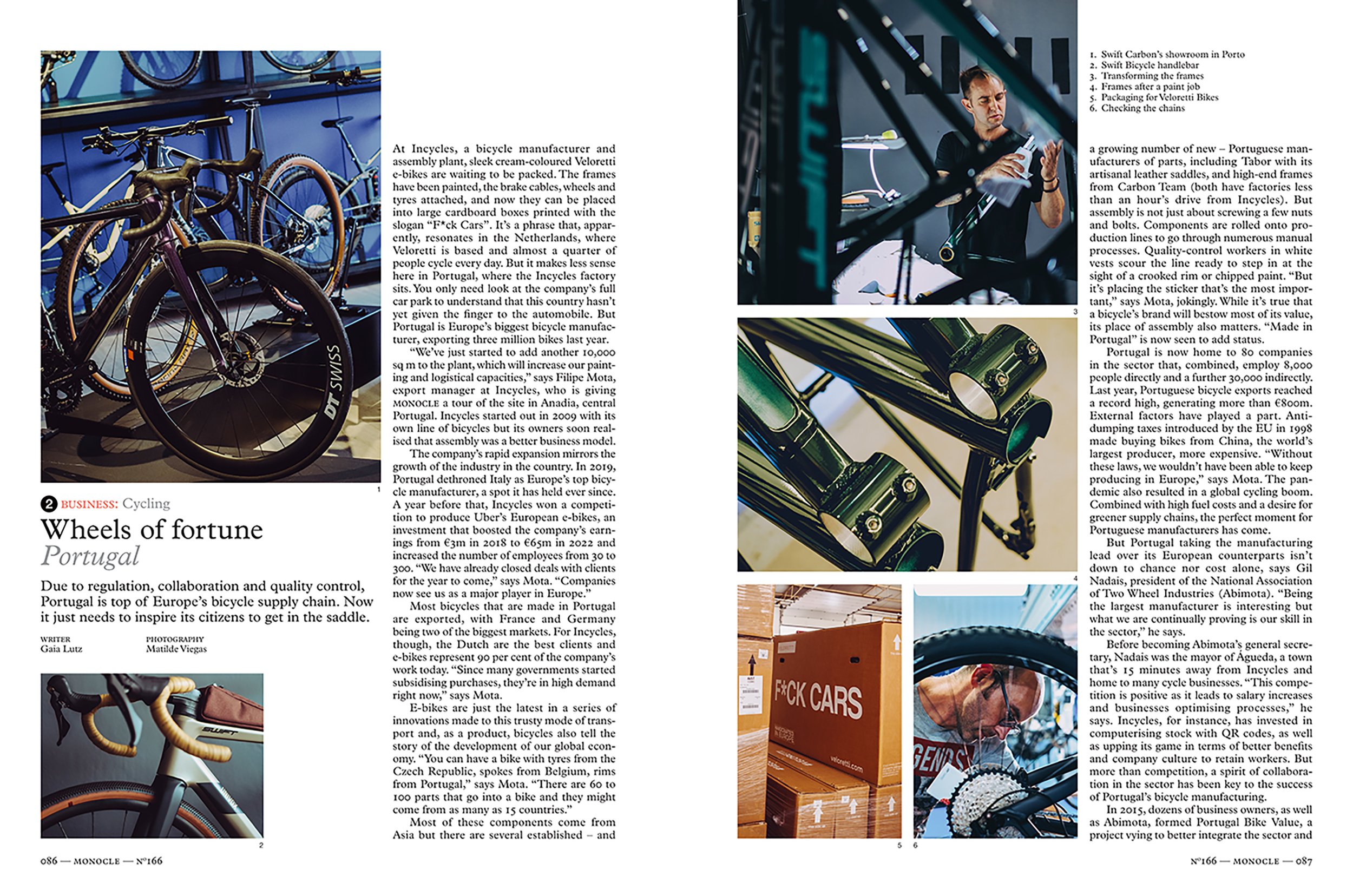

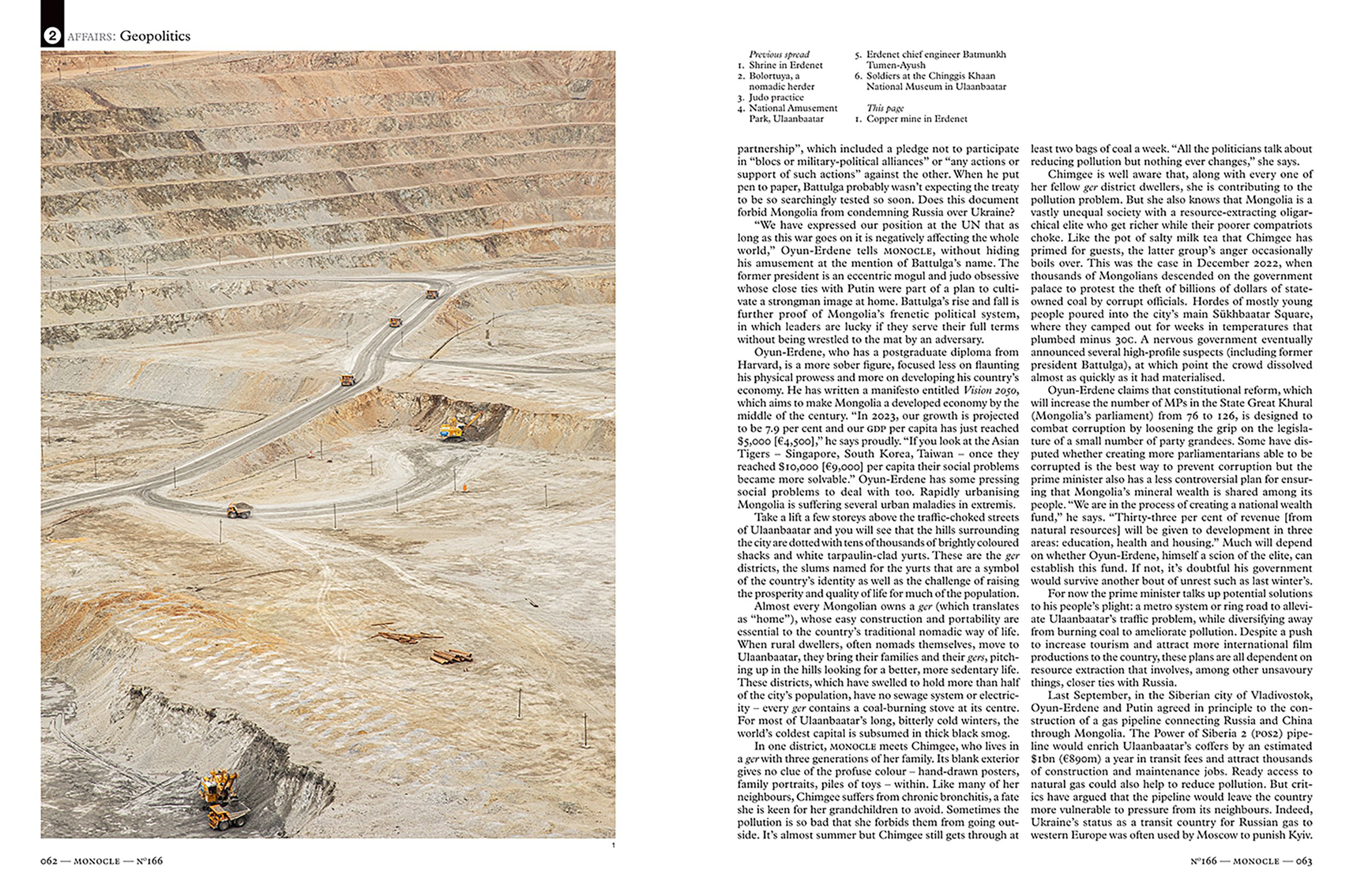
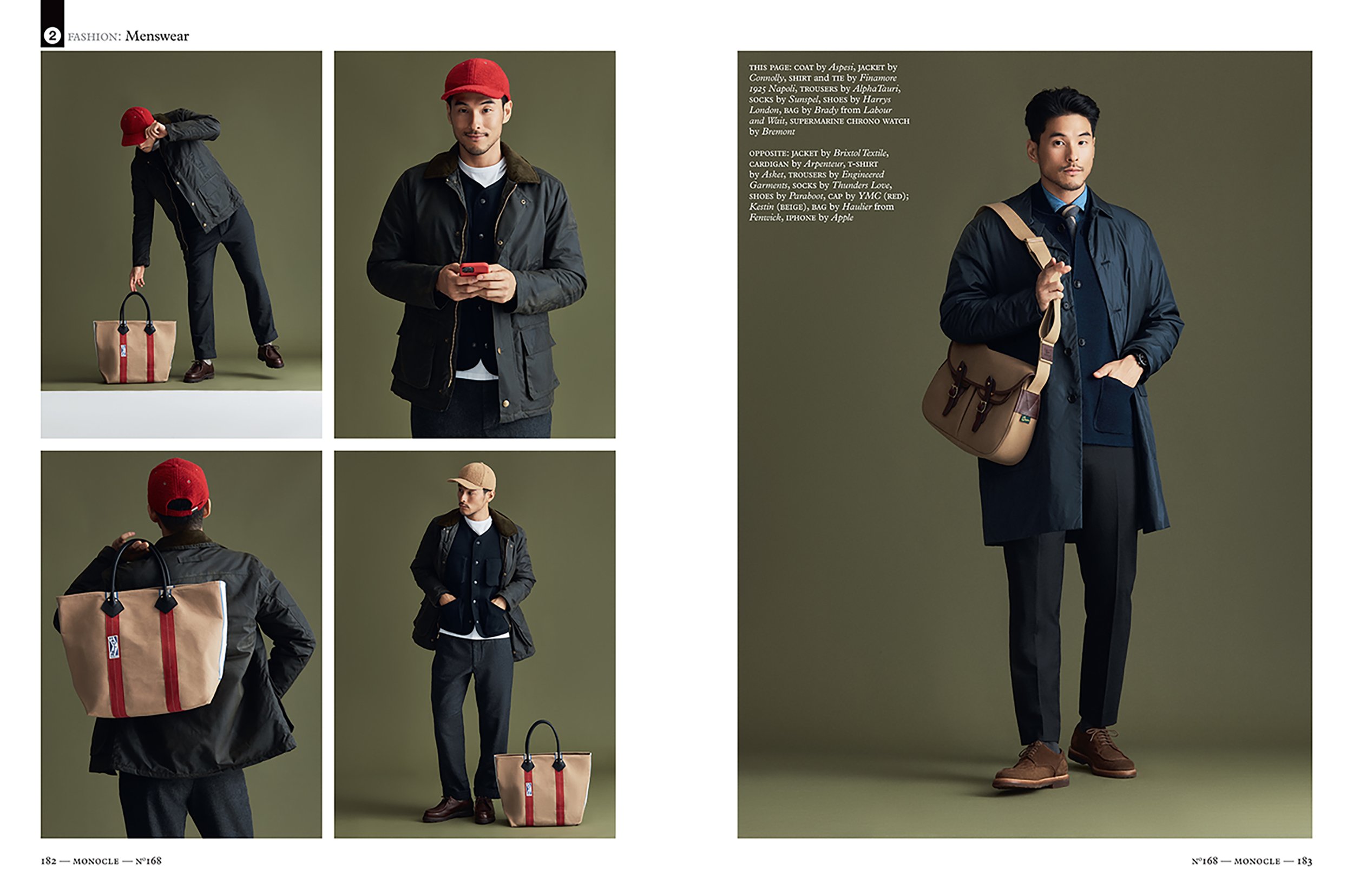
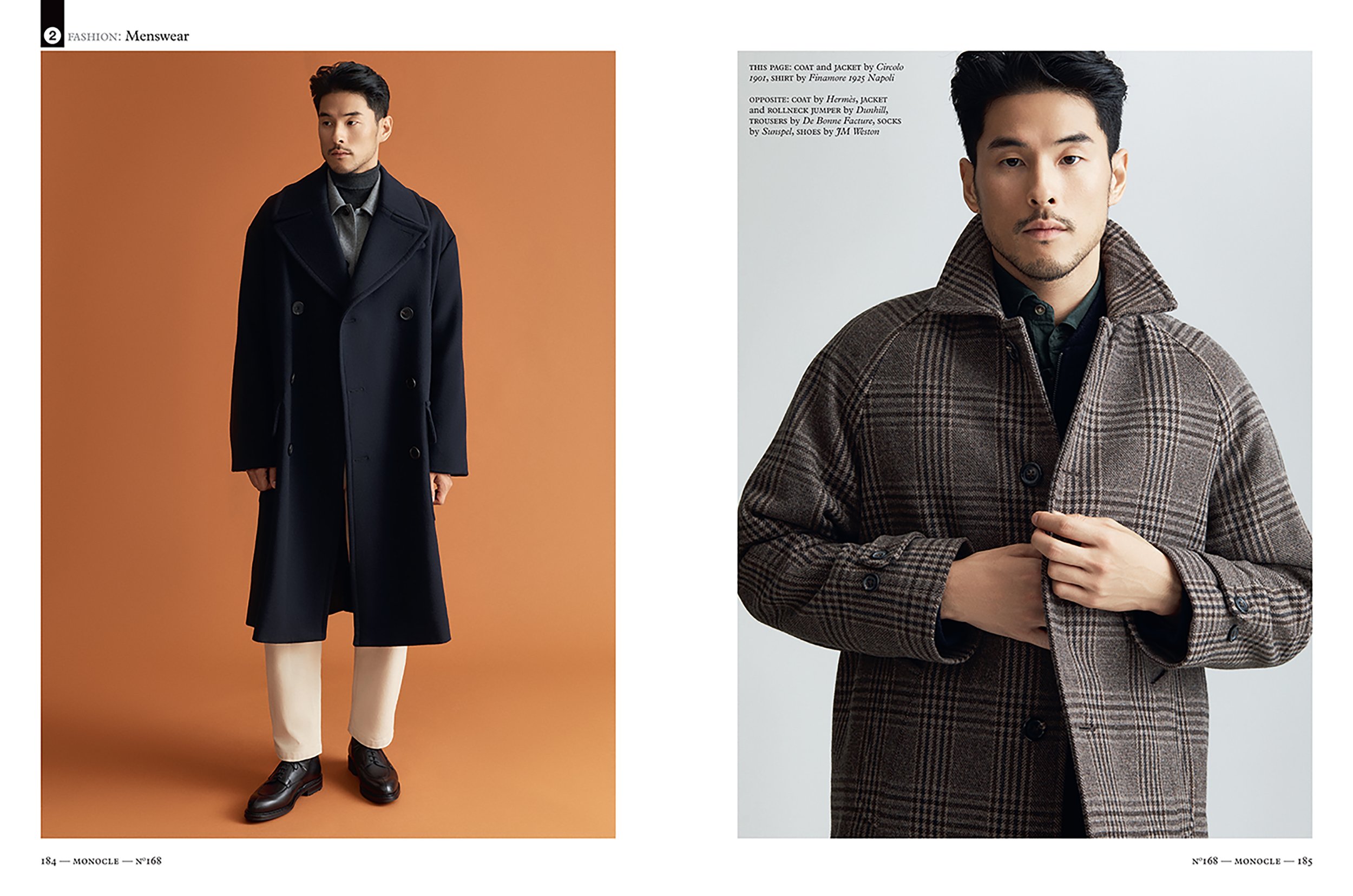
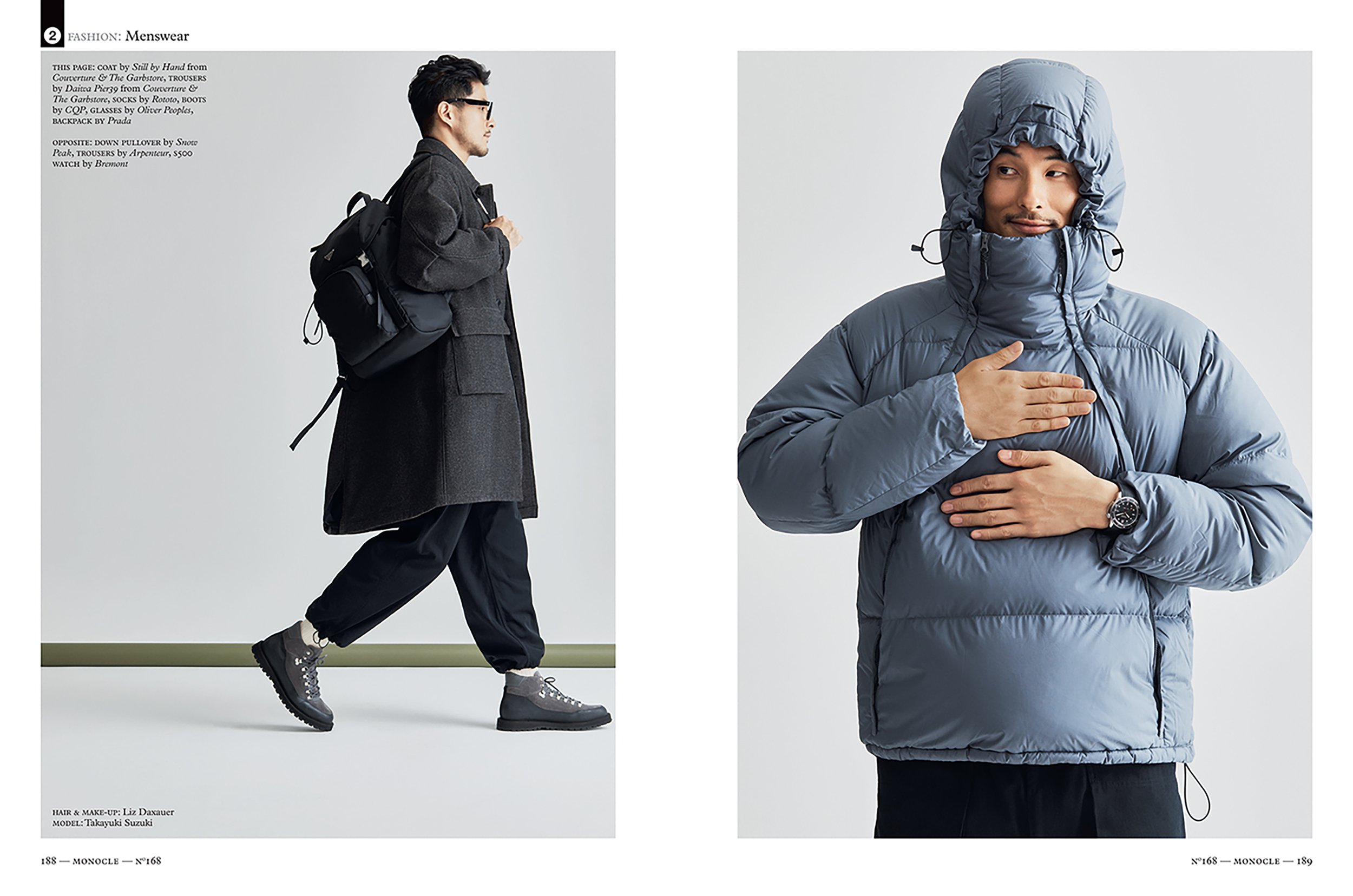
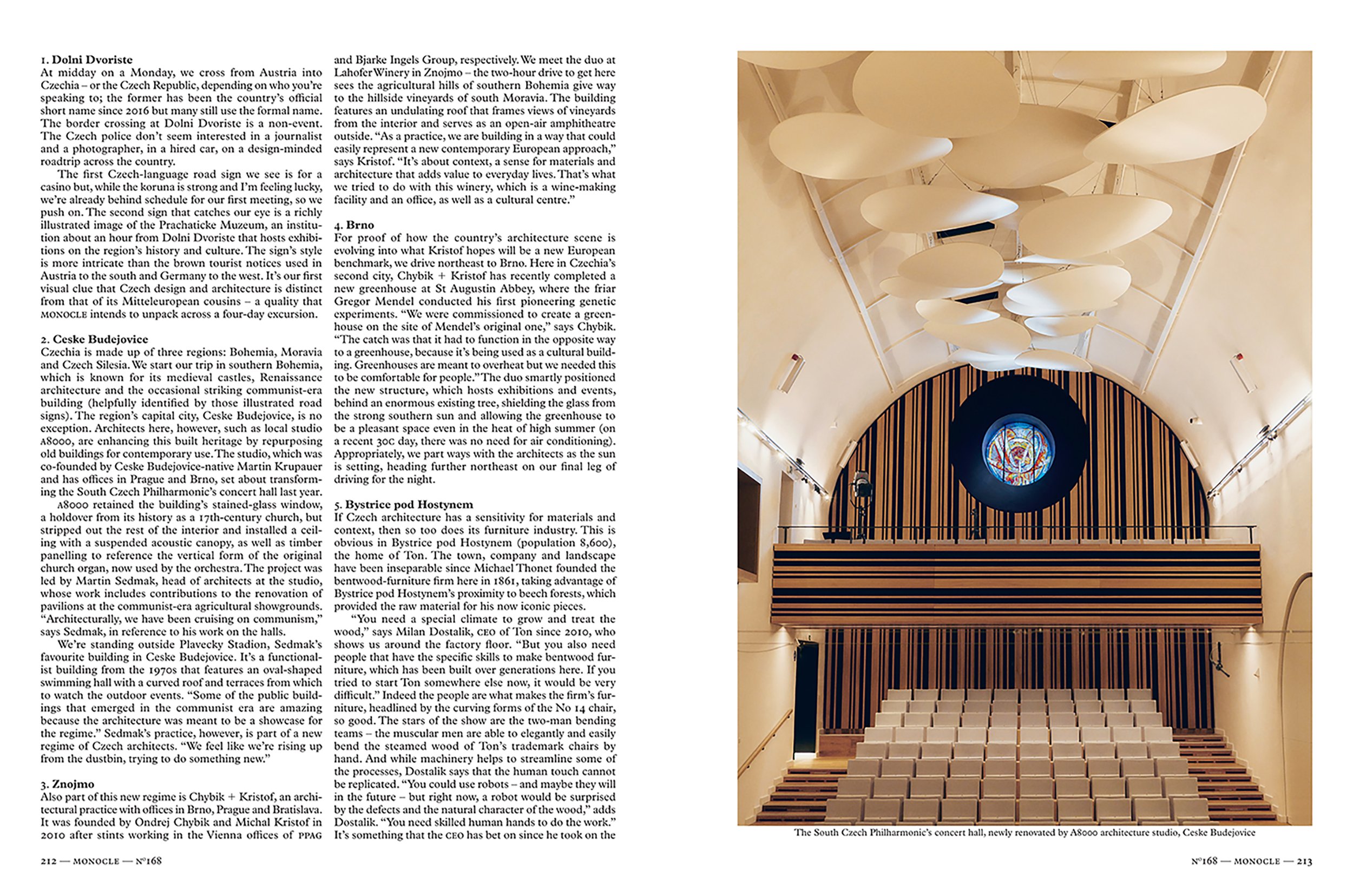
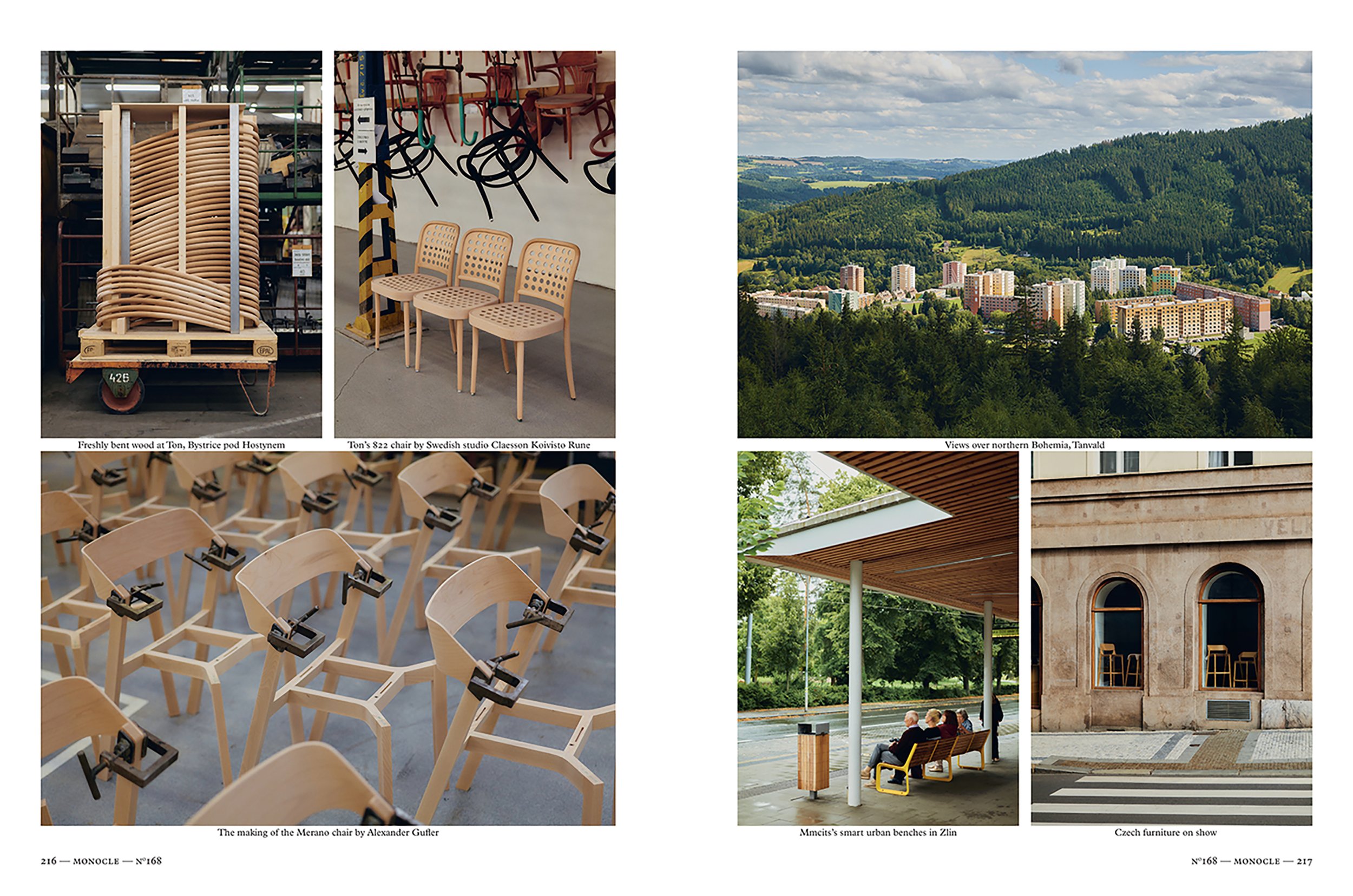
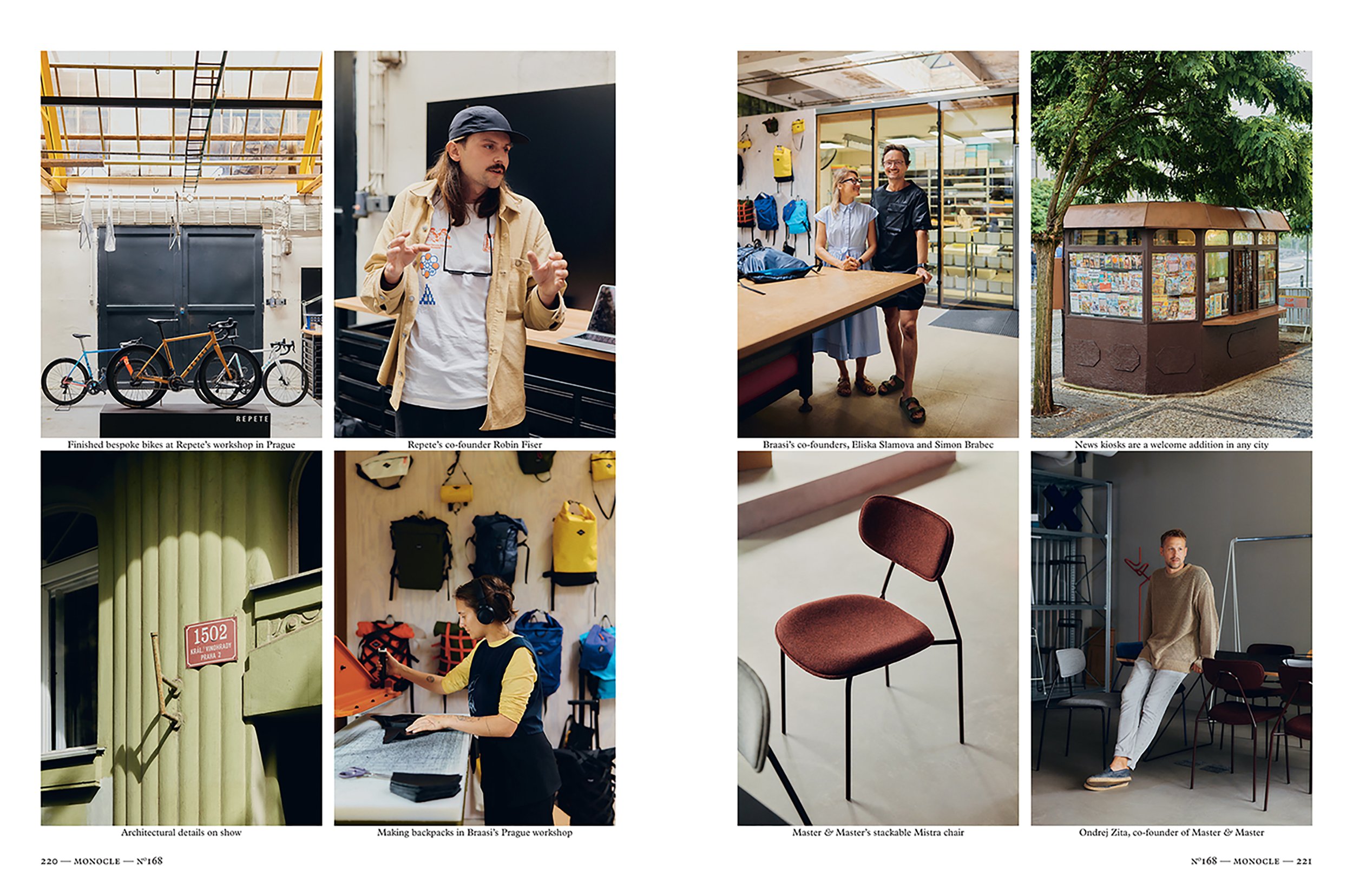
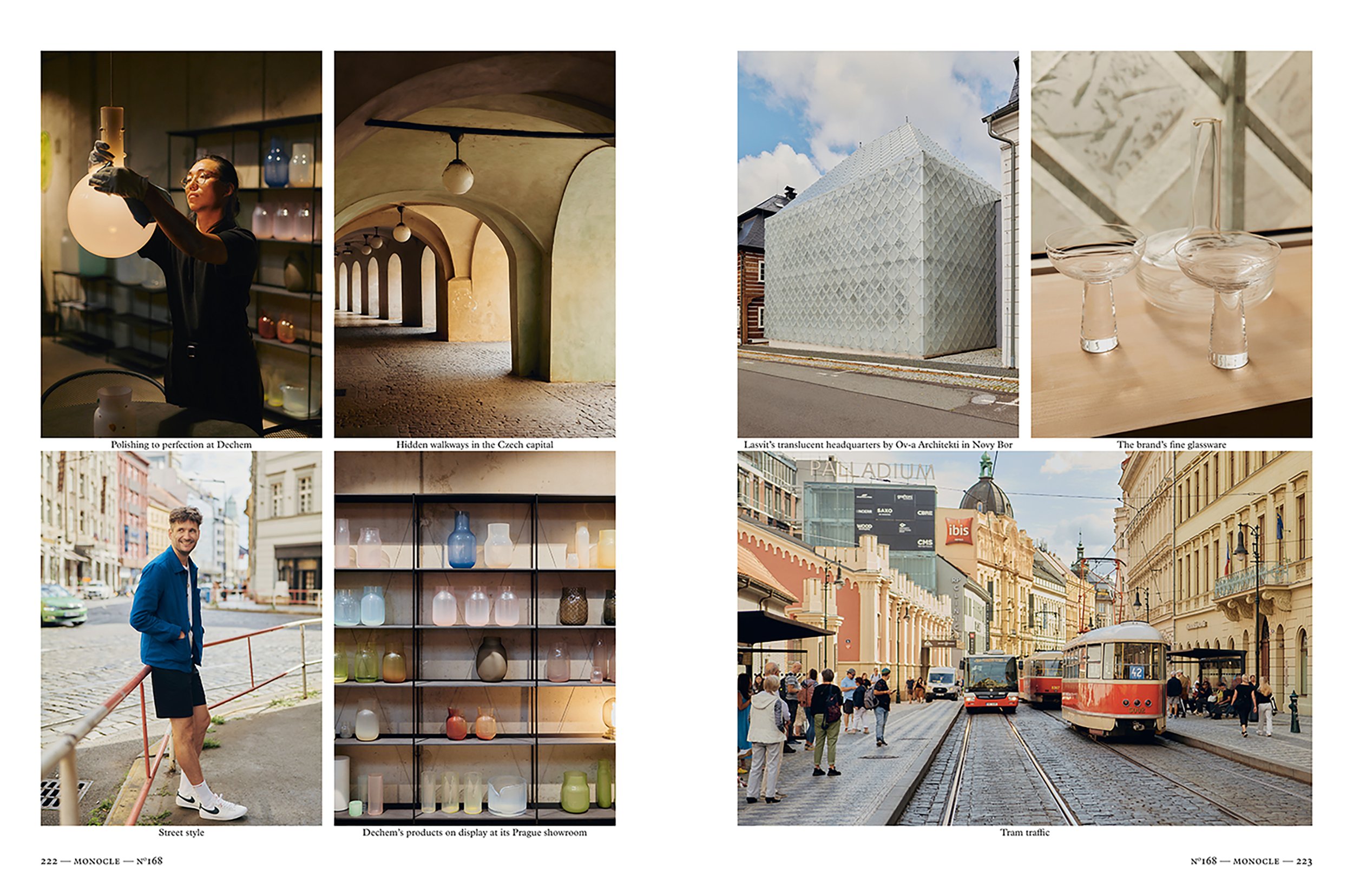

George Gendron: So it’s still the touchstone.
Tyler Brûlé: Absolutely. It’s what creates a discipline. It’s what keeps you—honest is not the right word—but it’s certainly what keeps you focused, keeps your eye on the mission. And I think it’s ultimately what you’re measured by. The newsletter part of our business is, of course, very important and becomes more influential, but I still think it’s the core magazine that comes out 10 times a year.
George Gendron: I want to bounce an idea off you and you may not agree with this, but here goes and I don’t mean to sound judgmental, but I’m just going to put this out there, which is one could argue that if you really deconstruct Monocle the magazine, there’s not necessarily anything quite remarkable about the individual elements—the typography, the photography, the illustrations, the content, the prose—each element seems professional, but not remarkable. And yet the magazine itself is remarkable. Patrick Mitchell said to me recently, he thinks of the magazine less as an exercise in traditional graphic design and more as an exercise in industrial design. Product design. Does that make any sense to you?
Tyler Brûlé: Up to a point it does. And I think part of it speaks to maybe our heritage as well, because we had a five-year pause between doing—and I say we, because of course, there’s a team that did travel with me from the world of Wallpaper* on to the world of Monocle—but there was a five year, sort of, rest or pause period. We were hardly paused, though.
And that was when we were really building up our branding and design agency. And we were working on other editorial products. But I used the word “product.” And many of these things— whether it was painting the fuselages of Airbus aircraft or it was working on retail projects, or it was indeed working on packaging—these were exercises in industrial design, graphic design, building and creating environments that happened to be on rails or had wings.
And so that was a really interesting period to go through, because I was all set, at the end of Wallpaper* to maybe just pause for nine months and then bring out a new magazine. But having five years in between, I think, allowed us to really think about brand, and development of brand, and the codes around brand, and what makes a good launch succeed or fail. So it was a very interesting learning period, which has definitely informed where we are today.
George Gendron: What’s interesting—I want to see if I can marry that question with something that occurred to me earlier, when you were talking, and that is your vocabulary is really interesting. You don’t talk about “podcasting”—you talk about “radio.” You don’t talk about “video”—you talk about “television.” Explain that to me. That’s clearly very intentional on your part.
Tyler Brûlé: Yeah, it’s either intentional or it’s lazy or it’s because I’m a child of the 1970s combination of all. Yeah, sure. It’s … I mean, listen … I think one thing that keeps you sharp— because I do try personally, and I think on our editorial floor we try not to fall into language traps that I think many people sort of swirl around in.
And I think we do have our—I come back to that notion of codes and a tone that we try to speak with. And it’s interesting when you go back to your earlier question about, where in the world, if you think about Monocle, where are we based? Are we London? Are we New York? Are we Berlin? et cetera. And I always try to say that we, we don’t want to be any of those places, but we want to borrow from the best of all of those.
And when we think about television or we think about radio versus podcasts, it’s because there’s an intention and there’s an honesty to it as well. We said from the very beginning, we were probably one of, again,”legacy” or we were one of the first, certainly, print brands to get out there with a podcast very early on.
But I would say within the second or third podcast, because we were making this program in a studio around the corner from Broadcasting House in London, I thought, “Imagine if we took this show on the road and did this 24 hours a day, seven days a week.” And so we were thinking about radio and we do talk about bureaus because that’s what they are. Because we do have people in cities with the support of their own office and the equipment they need to do their job.
And yes, is there a romanticism to it? Is that part of the nature of why the magazine’s called Monocle? A little bit. But you know, I guess I sort of see it as part of this is also—maybe it was a little bit of a correction as well. When we came out in 2007, many things were pointing south. And were pointing south and moving at speed.
I think back to 2007, what was happening in print then. We had the digital surge already happening in terms of digital photography. And look back at magazines in 2007, 2008, 2009, when there was that move away from film—reproduction houses, post-production, the printers—no one really knew how to deal with these digital files and, and just look at the skin quality magazines in that period, in a lot of magazines. It’s dreadful.
It looks like everyone somehow had a front row seat to some kind of nuclear apocalyptic sunset or something. And that’s why, in the very beginning, we—and we still take pride in shooting stories on film. Not to be Luddite about it. Not to be overly romantic, but there is a certain quality that comes as shooting on film still.
We don’t do every story on film, obviously, but I guess, part of the language and part of, I think when we think about how we want to position ourselves in the world and on the newsstand it’s, yeah, it’s to be correct, I would say.
Monocle’s special issues on the world, business, and travel
“We were probably one of the first “legacy” print brands to get out there with a podcast.”
George Gendron: I think there’s something really powerful about vocabulary that people miss. I mean, if I have to be part of another conversation where people start talking about “content.” Oh my God! How bland and generic can you possibly get when everything becomes content? And that’s why I find your vocabulary really interesting. Including “bureaux”, which is E-A-U-X, by the way. And there is a romanticism to it, but it has a really powerful effect.
Tyler Brûlé: Yeah, and I would say that doesn’t come from a whiteboard brainstorming session with a consultancy. It’s what we all believe. And I think that speaks to the people that have, that we’ve all stuck together for a long time. Not because we don’t have any other places to go, but there’s a commitment to the mission and what we want to, of course, deliver on page, the copy that we want to commission and edit, and hopefully turn into great editorial, as much as the types of evenings that we want to host for readers who are in Bangkok, or in Hong Kong, or in Asheville, North Carolina.
George Gendron: You talk about something that really interests me at a time when we have become, at least here in North America, absolutely obsessed with scale and scaling for its own sake. And that is, kind of, what seems to me almost like a filter you must use strategically to determine what you’re going to do to intensify the relationship, the intimacy between you and—I’ll call it a reader, but it’s a customer, right? Because they’re readers, their purchasers are your goods, they’re frequent attendees at your events, they drink coffee at your cafes. And it seems to me this notion of trying to do things to create and sustain an intimate relationship is so completely at odds with our obsession with scaling these days.
Tyler Brûlé: Yes, indeed. And it’s a conversation that we’ve had—I would say a lot—over the last three years. We’ve had many approaches from, of course, other media groups and private equity and many types of organizations with financial muscle in between those two who have just come in right away and said, “There’s so many things you can do to scale this business, and we can supercharge your circulation and your cafes and all the aspects of your business. And we can really give you ‘reach,’”… and all of the jargon that goes with this.
And as you’ve noticed, we’ve been very cautious, of course. And we can talk about, “Yes, we’d love to grow.” And it would be wonderful to be in a place where I didn’t have to sit beside someone on a plane who’s never heard of us before.
But of course, every day that also still means there’s a lot of opportunity in the world. But scaling at speed or just even scaling at a considered pace comes with dangers. And it’s not just about scaling in terms of audience and what does that mean in terms of what it’s going to do for revenues.
But I think also there’s the scaling that you might attempt with technology and there’s a scaling that might come with also to broaden your editorial reach, et cetera. And also the dangers there as well. And we’re not cautious, I think. We don’t set out to be pioneers, but also we’re a family company, and we can choose to do things quickly if we want to.
There’s many other things we can’t do because our pockets aren’t that deep. But I would still rather be in a position where I know the depth and scale and how far we can go rather than trying to bet the farm, because there’ve been so many instances over the last decade where we’ve seen people run headlong after the latest trend, whatever it may be. And we see the media world littered—the roadside is littered—with all kinds of carcasses of people who wanted to scale and they’re no longer with us.
How it started, how it’s going
George Gendron: Yeah, that’s absolutely true. And in fact, one of the things that interests me about talking to younger people, and I’m not going to break it down into Gen X, Gen Y, but is that there seems to be a sentiment among younger people that I find so encouraging that scale at any cost is the enemy of creativity. Period. End of story. And you could argue Monocle’s really interesting case study in that regard.
Tyler Brûlé: Yeah. And I don’t think we set out to be that brand or those people with their arms crossed over in the corner who don’t want to move. And...
George Gendron: Oh, no. I didn’t mean to suggest that.
Tyler Brûlé: No, but I’m just saying some people might think—and who knows, maybe there’s even a component of that. I don’t think so. But it is fascinating that there is that sentiment amongst younger consumers as well, who do want an intimacy, a conversation, who want to see the brand as “theirs.”
But at the same time, we know that of course we can be bigger in the US and we can do a much better job in many other markets around the world. But I also say the great thing is that we’re still here doing what we do and doing it on our own terms.
George Gendron: I want to take this opportunity to transition a little bit back to the young Tyler Brulé. It’s been reported that when you were young, you were mesmerized by a man by the name of Peter Charles Archibald Ewert Jennings. Now we know him as Peter Jennings, the anchorman. What was it about him that attracted you in the first place?
Tyler Brûlé: Well, when I was making the comment a bit earlier about being a child of the 1970s, I grew up in many cities across Canada, and there was a certain magnetism that the nightly newscast had for me growing up. And in Canada, unlike the United States—which is, I always think, is one of the defining differences—our national newscasts of record were never at dinnertime.
We didn’t sit down with our equivalents—Knowlton Nash, Lloyd Robertson—those were our Tom Brokaws, they were our Dan Rathers of the day. They were on at 10 or 11 o’clock at night. And I always found it kind of fascinating that the last word of the day, in terms of both domestic and international news, ran from 11 o’clock to 11:22 EST.
And so there was just something about that, sort of, bookmark at the end of the day, the look ahead into the next day. At the same time, of course, in the 1970s as cable came along, et cetera, and we were able to watch US channels, I was always fascinated, probably over the course of the seventies into the eighties to see how many of the names that I knew in Canada suddenly ended up at NBC, and CBS, and ABC, and of course, later on when CNN launched as well.
And I always wanted to, not always, but I would say certainly when I started my secondary school years, I knew that I wanted to go into journalism. I loved magazines and newspapers, but I saw myself in broadcast journalism. And then when I saw Peter Jennings jump across the border and become the foreign correspondent, and then really the face of ABC News, I thought, “This is the dream job.”
And especially in those golden years when you had ABC World News Tonight when it was anchored out of Washington and Chicago and London, that just seemed so modern. And it’s funny to think, Look where it’s all ended up today.
And I guess that goes back to the bureaus, and that sort of excitement. And it truly was. It did feel exotic. And you felt connected to something bigger. I mean, imagine now just to think that you’d be watching one of the big three networks, that that part of the newscast would come from the other side of the Atlantic. Kind of remarkable.
And that was the start of it. And that’s what I wanted to do. But here I am today not doing that.
George Gendron: And yet you could argue that portions of your career kind of did mirror Peter Jennings. You were a foreign correspondent. You were wounded in Afghanistan. And so again, there’s this kind of romanticism, I think, about your life and about some of the things and the people that inspired you that’s really quite extraordinary. But let me go back. Jennings started his career in radio, evidently, at the age of nine. What were you doing when you were nine years old?
Tyler Brûlé: Oh, when I was nine years old, I was—was I writing letters to the Ministry of Defense in Canada? Close to it. I think I was on the radio. I didn’t have a career, but I remember being on CBC Radio very early on with, I think, with the complaint because I felt that Canada’s defenses relied too much, or let’s say our poor defenses, meant that we relied too much on the United States. I think it’s still the case today.
And I did write a letter at one point to the minister and I told him that his selection of fighter aircraft was slightly misguided. Somehow it made it throughout the PR team at the ministry. But anyway, it made it to CBC Radio. And I can remember doing my first national radio piece—I must be nine or 10 or something like that—but I was quite young.
And it’s interesting when we talk about bringing up Peter Jennings today because, I have to say, I have Peter Jennings to also thank personally because I remember going to see a broadcast of World News Tonight in New York. And this would’ve been in the late eighties, I guess. And I ended up speaking to Peter afterwards, and he gave me a lift back to my hotel. And I was thinking at that time, God, to be in Peter Jennings’s limo and having a chat with him! And I said, “If you had one piece of advice for an aspiring young Canadian journalist, what would it be?”
And he said, “Get out in the world. Don’t go and work for a farm station in Canada.” He said, “You just have to get out there. Leave this continent. Go out, explore, take some risks, take some chances.”
And he didn’t say, “Don’t bother going to university.” But I think he almost said that in code, because he said, “As a journalist, you’re going to learn your skills and your skills are only going to be great based on what you’ve experienced and who you know.” And those are the words he left me with. And it was remarkable to have met him. And also of course have those words of guidance as well.
George Gendron: And obviously they had an impact on you, because that’s exactly what you did.
Tyler Brûlé: Yeah pretty much. Yeah. I certainly admired the man.
George Gendron: Who do you admire today?
Tyler Brûlé: Goodness. In the world of broadcast? Or just anywhere?
Monocle’s commitment to innovating in print led to the launch of seasonal newspapers.
“The roadside is littered with all kinds of carcasses of [brands] who wanted to scale and are no longer with us.”
Shortly after launch, Monocle began making coffee table books.
George Gendron: Yeah. It’s interesting to hear people talk about an individual who kind of mesmerized them. And I’m curious, are you mesmerized by anyone today that comes to mind? Journalists or not.
Tyler Brûlé: Sure. And just, like, on the fly at this very moment, I don’t think I’m mesmerized in the world of media by anyone in particular. But certainly I’m impressed, and have met many people that I look up to and like spending time with, particularly in the space of journalism.
And this is not to say that I’m blasé about it, it’s just because I think as we’re speaking, this has been one of these travel periods the last five weeks where I think I’ve been home for about four days. So maybe I could be a little bit sharper if we did this three days from now.
George Gendron: That’s okay. Well that raises an interesting question, which is—well first I want to ask you a big, broad question and then I want to pick up on your travel and on you as a magazine maker—and that is, which do you identify with more: founder/entrepreneur on the one hand, or magazine-maker/editor on the other?
Tyler Brûlé: I would even go—it’s not somewhere in between, and it’s not a step down—I would just say “journalist.” I still write for the newspapers. I, of course, write for my own title and I host programs. But it’s still driven by the foundations of being a journalist.
I always think the best measure is when you go into a country where you still have to jot down on a little yellow piece of paper “profession,” I write “journalist.” It just seems odd to write “chairman” or “editorial director” or “CEO.” It just doesn’t …
George Gendron: Yeah, I know what you mean. Of course.
Tyler Brûlé: But yeah, those are mainly functions, and I have those titles on various cards. But if I think about What do I do? I’m a journalist. I’m out to be a witness. I’m out to absorb, I’m out to interpret, and I’m out to communicate.
George Gendron: What I always love about journalism is it subsidizes one’s curiosity.
Tyler Brûlé: Absolutely. Especially when you have editors and publishers who are as curious as you and believe in the craft of journalism. And I have to say, I’ve been very fortunate over the decades to have worked with amazing publishing companies and outstanding editors. And it’s been great to be, hopefully, to be in a position as well where we’ve done the same for other people moving into or cutting across their career as well.
George Gendron: You say you travel 250 days a year. That has to have an impact on how much time you actually get to spend on an issue of Monocle. So is that true, number one? And if it is true, what are the things that you miss most about having more time to spend on Monocle?
Tyler Brûlé: So, first going back to the numbers game, obviously for this last period, it’s not been 250 days on the road. I do feel like I’m moving back to that. But yeah, you know, it’s interesting, if I think back before the start of the pandemic, I had shifted a little bit of my focus and my life to Zurich more than London.
I handed over the daily reins of the magazine to Andrew [Tuck]. Andrew became the editor-in-chief of the magazine, I took the title of editorial director. And that happened very naturally because, I think, on one side, we were just doing other things. There were so many other components.
And even though Andrew, of course, is across all of the content, things were becoming more complex in terms of the types of partnerships. I was playing a bit more of, I would say, the CEO role as well, looking after the brand in all of its aspects.
But who knows? We can revisit where I end up at the end of 2023, how much I’ve been traveling. But yes, I’m on the road a lot. And I don’t think it’s annoying for the rest of the team, but there’s one thing about going out there and knowing where we have either correspondents or we have bureaus, and arriving in a city and thinking and then I have to fire a note back to London saying, “Are we working on this story right now?” “Oh, no. No, we’re not working on it.” Or we might have passed on it—normally not passed on, they’re just not working on it. And I say, “How did we miss this? Why isn’t this commissioned already?”
And Andrew and I always have this conversation, in a really polite and forwarding way, about having done what we’ve done for a very long time that oftentimes other people just simply miss it. Of course we know the flip side of it all as well is if you’re in a market the whole time and your beat happens to be that Latin American city or that city in Southeast Asia, you just, you may not see it. But if you’re in Tokyo one day, then you’re in Taipei, then you’re in Singapore, then you’re in Bangkok and you’re like, “Oh, I was able to connect all of these things and isn’t it curious why this one thing is happening in Thailand at the moment.”
So I would say it actually helps inform what we’re doing. It allows Andrew and everyone back at base to get on with what they’re doing. And it allows me, probably, to be quite pointy and sharp and making sure that we’ve got the right stories going into the magazine and in a fashion which is, still, quite top-down you would say.
And of course that doesn’t inform everything we do. So I think it’s important. I think it’s a nice sparring match that I have between Andrew and the other editors. I’m sure it annoys them some days. Some days not. But I think it makes for a better product.
What do I miss? I miss the close of the magazine, because I’m normally not on the editorial floor in London. I have a set of walls here in Zurich, cork walls, where the issue does go up. But I’m able to look at the flat plan and look at the pace of the pages, et cetera.
But it’s not the same as the bar trolley being open on a Friday when you’re—or Tuesday is the hard close, I should say—Tuesday when you can flip through the book and you can open up a glass of wine, be with a team and celebrate that this has now been shipped off to Germany and it’s hitting the presses. That I miss.
George Gendron: That’s the best, isn’t it?
Tyler Brûlé: And that’s the power of the newsroom. And I think it’s the power of being together, and it’s the power of why we do what we do. And I think we were quite lucky—there were one or two issues that we weren’t all together properly, en masse, to get magazines out in that early spring of 2000 period. But, yeah, the good thing is we corrected that quite quickly. But that’s the magic of why we do what we do. And I think that’s the beauty of the editorial floor.
A natural spinoff has been a bespoke series of travel guides.
George Gendron: What, if anything, are you absolutely completely unwilling to delegate when it comes to the print edition of Monocle?
Tyler Brûlé: Well, I delegate many things, but I would never be in a situation where the cover goes without seeing it, without being able to look at the coverlines, without being able to contribute to the coverlines.
And, I don’t read every word anymore, but we’re in a situation where, if there’s something that Andrew thinks is critical that I need to see, I see it. But I have to see the entire issue. And when you see it pinned up on a wall, you’re not reading every word of the issue, of course.
But I can’t give that up. That is very important. And listen, it’s important to Andrew and Richard [Spencer Powell, Monocle’s creative director], and Josh [Fehnert, executive editor] and Sophie [Grove, editor of Konfekt] and all of the other people who are in the senior editorial mix that there’s also just a different set of eyes.
I mean, it’d be much worse if I didn’t make comments. But also if I didn’t see it, but then ranted about something because well, that’s down to me. Then why didn’t I see it? And, of course, we don’t catch everything and we have glitches and mistakes, like all media brands do. But that’s something, to me, which is essential and also makes me a journalist.
George Gendron: Listening to you talk, there is something—a kind of an authority and an aura—that comes with being a founder that you have to be aware of. People want your opinions. They want your input. They want your presence. Like it or not.
Tyler Brûlé: Yes. And that is, maybe, a little bit of the culture that also comes with being an independent publisher still, as well. We’re not part of a major conglomerate. And every success is our own. And every mistake is our own.
And there is also that sense of being an owner/founder that it is a high wire act every day. And there are no cables and nets. And no spotters on the ground, either. So it means that you really have to proceed with caution. But I think when you have the chance to do it, that you can also move forward at pace as well and with confidence.
In 2020, Brûlé and team launched Konfekt, “a deep dive into the worlds of fashion, craft, travel and design.”
“We’re not part of a major conglomerate. And every success is our own. And every mistake is our own.”
George Gendron: I want to talk about two things—one could be an entire podcast in its own right—and that is Monocle has a really interesting and I think, really healthy effect on a reader in the US which is that it’s interesting to pick up a publication or engage with a brand that is so non-US-centric.
Tyler Brûlé: So yeah. Discuss. Yes, discuss this topic. It is. And listen, it’s why the US is our biggest market, as well. Not just because it’s the biggest English-language market in the world. I think we could maybe sell more copies in the UK alone. And the UK is very close, but the US is our biggest market. Newsstand subscriptions. Radio listeners. People buying products from us.
And I think part of it is because it’s an oasis of a different dialogue. It’s a different conversation, it’s a different lens. Of course we do cover the US. But again, we’ve always done so on our own terms. And it’s been really interesting to read and engage with some of the correspondence over the past few years as things have become more divisive in the United States.
Andrew and I say we’ve always done a good issue if we’re able to annoy both Democrats and Republicans with one issue. And one thing we do talk about—and maybe it was when you were just reading out some of the values and the mission statement that we had cooked up back in 2007—I don’t think we were talking about being a voice of reason then, but I think we, again, it’s not written, it’s not in any brand book, but we want to be pragmatic, and we want to be measured, and we want to be a place of common sense, as well. And I think, obviously, that is something which we're constantly pointing out. That we need to have a real commonsensical approach to things.
And it’s funny how that’s what—even without us talking about it—that’s what we get from our listeners and our readers as well. People say, “Oh, I just thank goodness you just speak some basic truth,” which might be right of center, it might be left of center, but we’re not setting out to have any political agenda around it. We just want to be pragmatic.
George Gendron: When I think about Monocle, print in particular, but I think it’s true of the brand in general. In fact, it is true of the brand in general. It’s certainly true of radio. I think that you guys really revel in creativity, innovation, invention, resourcefulness, imagination. You really revel in it. I don’t know what other word to use. And that leads to an interesting question which—this is going to sound like a non sequitur, but it’s not—is New York City over?
Tyler Brûlé: I don’t think it’s ever been our position. And this comes back to, and I don’t want to revel in a house view, but Monocle’s a place about the positive. We come from, I would say, a position of looking forward. That doesn’t mean that you ignore atrocities, bad behavior, missteps of the past, but there is also a component of what we do, which is let’s be solution driven.
So has New York stumbled? Is New York the place it was five years ago, 10 years ago, over 20 years ago, when it was the editorial hub of the world? No, I don’t think it is that place anymore. But it doesn’t mean it’s out. Because listen, I mean, still some of the world’s most important broadcasts and newspapers are coming out of that city.
But are they the broadcast or journalistic benchmarks that they once were? No. I think you look at a number of titles or outlets or bulletins which don’t have the same level of clout. Now, of course, the media landscape is much broader and of course it’s much more dispersed. So people have more options. But I would also say at the same time, some of those flagship brands are not quite what they were either. So some of it is on their own watch. It’s not just because of what’s happened with competition, attention deficit, and everything else.
George Gendron: I’m also thinking though, and I don’t mean to turn it into an anti-New York City screed. I grew up there. I love the city, but a lot of creatives have left, and they’ve left simply because it’s not affordable. And that’s an issue, certainly in the US, for cities like Boston, New York, San Francisco, to a lesser extent, LA. I guess I’m also asking this question about, kind of, affordability and creatives.
Tyler Brûlé: And that you need to have an affordable environment to be able to cut your teeth as an art director, as a photo editor? Yeah, in part. But London was never cheap. And I think back to the magazines, the titles which were really so important to me growing up. Hamburg was never a cheap city. And it continues to be one of the most expensive cities in the EU.
But I think back to the glory days—and the Hamburg period is probably the same—late eighties, nineties maybe even up into the early two thousands, it was never inexpensive. So I don’t fully buy that a city needs to be completely affordable. I think, as a young journalist, you need to be in the best environment and you need to be learning from the best.
And yeah, you might be able to do part of it. But I go back to Peter Jennings’s comments, like, don’t think you have to be part of the farm team to make your way back to Toronto, to make your way to New York. Just get out in the world. And in that case, I left Canada, went to the other side of the Atlantic, and still am largely over here.
Monocle has opened branded cafés and shops around the world, including Hong Kong, Tokyo, Toronto, Merano (Italy), as well as London and Zurich, pictured here.
George Gendron: So if a young, recent college grad, who is interested in a creative field, not just journalism, but it could be design, anything that we would think of as a creative endeavor and they said to you, if you were me, where would you go right now?
Tyler Brûlé: First I would say, don't, as a 24 year old, say to yourself—or certainly say to a potential employer—that you “only want to work from home” or you “only want flexi-working.” This I don’t understand because you have to be around people. And if you really want to be a journalist and—listen, if you want to go out and chance it as a writer, great. Go for it. Go out in the world.
But if you actually want to be part of the editorial process—whether that’s making a radio documentary, or turning out a great magazine weekly, or a newspaper supplement on the weekends, whatever it is—you have to be surrounded by people, be in a great environment. The serendipity that comes with it, the camaraderie that comes with it.
But if you’re talking about someone who’s 23, 24, the learning, the mentorship—that’s the first thing. And then I would say why go for second best? If you were in a town or a city which has a newspaper or monthly magazine, which is on its last legs, probably not the place that you want to start.
So, yeah, you might have to make a few lifestyle curbs if you go to New York, or you move to London, or you find yourself in Singapore, wherever those titles happen to be. I think you want to learn from the best.
George Gendron: That’s great advice. To wrap this up, I have to come back to something that, having led the Inc. magazine creative team for 20 years, just fascinates me about this conversation, and that is your reference to Monocle as a family business. Can you say more about that? You don’t have a family. It’s not as if you’ve got five kids and you’re thinking about, “Which of my five”—you know, an episode of Succession—“which of my kids is going to take over?” Tell me what you mean when you say Monocle is really a family business.
Tyler Brûlé: I would say we’re a family business in almost the traditional—not quite mom and pop sense—but that it’s family money. But I should also be very clear that I’m not from a wealthy background. There are no silver spoons. A lot of this was self-financed. But nevertheless, of course, there was help from my mom along the way. And my mom holds a board position in the very small Canadian part of the business. And when we talk about blood that is one part of it.
But it’s a family in the sense that a lot of us have been together for a long time. And I think about Jackie Deacon [Monocle’s production director] or Richard Spencer Powell—Jackie is the master of understanding printing presses and paper tonnage. And talk about a skill and an understanding of something which is just … it’s golden what she does. We go back to the mid-nineties as colleagues. Same with Richard Spencer Powell, our creative director. So, listen, there’s many contemporary ways of defining a family, but I would say that this is one of the more older-school ways to define it.
And then I say it’s a family business because it’s also the other people who are invested. I mean, we hold, we, me, hold 70% of the company. The other 30% are families. So there’s no private equity. Two percent of our shares are held by Nikkei. But again, Nikkei is a private company as well. But everyone else—they’re family offices from Texas, from Thailand, from elsewhere in Switzerland, from Sweden.
So these are also other individuals who love media, they're passionate about what we do. And a lot of it has to do with quality. So when I talk in terms of a family, that is what it is. And there are no kids that are going to take over the business—at least none that I’ve spawned. But who knows? But who knows what happens with some of the other family members who are in the business. And what do we do with this moving forward?
George Gendron: Do members of your team, like Richard, do they have equity?
Tyler Brûlé: No. As we’ve built and brought in other investors we’ve done the best we can to cut people in, in terms of bonuses and done the best to do right by them. But no, it’s held by the other families and our shareholders.
George Gendron: I hate to end on a negative note, but I have to ask: What happens, in terms of succession, if you get hit by a tram today?
Tyler Brûlé: And it’s very easy to get hit by a tram in Zurich. I always say they’re the silent killers. Listen, there’s a very talented team in place. It’s a little bit like the same question, people say, “Oh, you know, what was going to happen to Wallpaper* when you left?” Well, Wallpaper*’s still around and seemingly doing okay.
I think that’s the essence of a great brand, right? Magazines have written codes, and fonts, and grids, and a photographic style that needs to be maintained. And, of course, it has a team of people that knows how to uphold all of those things. It has editors who understand the types of stories that are going to be commissioned.
So I think we’ve put a very good framework in place. We did that in the last magazine we did. We’ve done that for lots of other clients—titles that you may not even know that we’ve worked on. And we continue to do it day in and day out with Monocle. So I think the title would do just fine.
Midori House, Monocle’s headquarters, is located in London’s chic Marylebone neighborhood, between Hyde Park and Regent’s Park.
For more information, visit Monocle.com, where, if you’re a subscriber, you can read articles, watch films, listen to radio, and buy all kinds of cool stuff.
MORE LIKE THIS…
Back to the Interviews
A Style All Her Own
A conversation with editor and designer Stella Bugbee (New York Times Style Section, The Cut, Domino, more).
A conversation with editor and designer Stella Bugbee (New York Times Style Section, The Cut, Domino, more).
—
THIS EPISODE IS A SPECIAL COLLABORATION WITH OUR FRIENDS AT THE SPREAD
EDITOR’S NOTE:
This summer, our first collaboration with The Spread—the Episode 21 interview with former Cosmopolitan Editor-in-Chief Joanna Coles—became our most-listened-to episode ever. Now Rachel Baker and Maggie Bullock are back, and this time they’re speaking with another game-changing woman in media: Stella Bugbee, the editor of The New York Times Style section.
For our new listeners, Rachel and Maggie are a pair of former Elle magazine editors and “work wives.” In 2021, like many of you, they found themselves wishing for a great women’s magazine—and watching the old-school women’s mags drop like icebergs from a glacier. They decided to be the change they wanted to see—and The Spread was born.
Now, more than two years into publishing their dream weekly on Substack, rounding up juicy gossip, big ideas, and deeply personal examinations of women’s lives—from The New York Times and The Atlantic to Vogue and Elle to NplusOne and The Drift—The Spread is a cult favorite of media mavens and the media-curious.
Rachel & Maggie call Bugbee “a magazine-making unicorn”—we’re excited to be able to share their conversation with you.
—
Maggie Bullock: Last month, the big, bad headline in the world of women’s media was the shuttering of the groundbreaking feminist website Jezebel. We’ve since learned that Jezebel could be revived, but who even knows what that means? Regardless, the “closure” unleashed a wave of mourning, even among magazine fanatics like us who’ve become a little bit inured to the decimation of the legacy magazines that Jezebel was invented to skewer. Rachel, Jezebel was supposed to be the radical “antidote to the establishment”—and it didn’t have to contend with the print and circulation costs that sink bigger ships. When that topples, you have to ask yourself: What era of women’s media are we in now?
Rachel Baker: That’s what makes it such an interesting time to talk to Stella Bugbee. Ask any 30- or 40-something today about the one women’s media brand that is absolutely a daily must-read, and she will say New York magazine’s The Cut—the site that, starting in 2012, Stella built. The Cut was not just a women’s magazine re-sized for the internet, but a whole-cloth reinvention of the form. Jezebel (which was founded in 2007) was as much its forebear as the Elles and Vogues of the world: The Cut had the irreverence and voice-yness and political savvy of new media and the high-caliber production value of old media. And it was built to last: While we may have lost Jezebel, The Cut is still operating, more or less, on the blueprint that Stella created—and going strong.
Maggie Bullock: What we’ve always found fascinating about Bugbee is that she started out as a designer—she worked at a creative agency and on the visual side of a ton of cool indie magazines (like Interview and Topic) and had a stint at The New York Times before becoming the design director of the original Domino. But then when that magazine folded, she somehow totally switched teams, becoming an editor and a really great writer. I can’t think of anybody else who did that, can you? It's no surprise that The New York Times tried for years to get Stella to come to run the Styles desk. Somehow, the middle of the pandemic—when most of the Times was still working remotely, when she was unable to meet her team in person—felt like the right time for her?
Rachel Baker: Now I think you can really see the Stella touch in the way they package their stories. Like, a couple weeks ago, when the section ran a cover story titled, “Ozempic vs. Thanksgiving.” The idea sounds almost obvious, but I’d argue that it’s a masterclass in headline writing—it demonstrates a specific Bugbee-an ability to survey the culture and zero in on the thing everyone is thinking about—like when Styles spotlighted the “girl dinner” over the summer. My group texts are still full of photos of “cheese plates for one,” how about yours?
Maggie Bullock: Totally. So should we stop yammering so folks can listen to what Stella has to say?
Rachel Baker: Let’s do it.
Maggie Bullock: Okay, so now we shall ask some questions. So Stella, thank you for joining us here. We’re super excited to have you and we are taping this on a Monday afternoon, it is 1:02 p.m., and we were wondering what’s going on at the Times at 1:02 p.m. on a Monday. What are you guys doing right now?
Stella Bugbee: Should I tell you the truth?
Maggie Bullock: Preferably.
Stella Bugbee: Normally at 1:02 on a Monday I’m catching up. Usually I’m probably eating lunch at 1:02, actually, because at noon there is this meeting called the enterprise meeting where a lot of desk heads come together with the masthead and we talk about the developing big story of the day or of the week.
And people kind of think about how their section might get in on telling that story or what they could contribute. Mostly, I listen in those meetings. But every once in a while, there’s a way that Styles could get into the story, and it’s really helpful to be at those. And then after those end, I usually go upstairs and eat a salad.
Maggie Bullock: Perfect. So you’re fueled. That’s important. And like, what’s the stressful part of the week in terms of your deadlines and Styles?
Stella Bugbee: Styles closes two issues a week. We have a Thursday edition and a Sunday edition. So we are closing Thursday on Wednesday afternoon, and we were closing Sunday on Friday morning.
But, we’re really digital-first as they love to say, but it’s true. So we’re really meeting every, we meet a couple times a week. One of those moments is Monday mornings and we look at the whole week and we sort of publish divorced from the print product. And then we look at what’s going to fill Thursday and what’s going to fill Sunday, but we publish way in advance, often, online.
So we’re looking at this big Airtable—I don’t know if anybody uses Airtable, but that has our whole calendar. And I try to have at least three or four things publishing every day, regardless of the print product. But we’re sort of in a real rhythm with publishing Thursdays and Sundays.
And mostly what we’re thinking about is like, what’s the cover of Thursday and what’s the cover of Sunday. And how are we going to spread out the stories that we’ve published all week into either one of those places.
Maggie Bullock: So we’re going to get more into the nitty gritty of that, but for now we’re going to back up a little bit. So you grew up in Park Slope, Brooklyn, correct?
Stella Bugbee: Where I still live.
Maggie Bullock: Where you still live. You went to the smarty-pants high school, Stuyvesant.
Stella Bugbee: Wow. You did your research. Yes, I did.
Maggie Bullock: And then you went to Parsons, right? And you majored there in communication design.
Stella Bugbee: Yes. Magazines, basically.
Maggie Bullock: In magazines? So it seems safe to say you’re a total dyed-in-the-wool New Yorker. Is that safe to say?
Stella Bugbee: I like to think so, yes.
Maggie Bullock: And how do you think that informs your editorial point of view—certainly your job now? Like, how key to your makeup is the fact that you grew up the way that you did?
Stella Bugbee: I sometimes think about, going back to Stuyvesant, like If you had said to people who knew me back then, “Someday she’s going to be editing the Style section of The New York Times,” I think people would have said like, “Oh yeah, that makes sense.” Because it was a huge interest of mine. Fashion was like a huge part of how I identified within my friend group and I was always super-interested in it, always had subscriptions to Vogue and Interview and a lot of interest in that stuff. And also in writing.
I think I took a lot of detours. I didn’t necessarily think I would end up here. But then I think if I told my high school self, “Oh that’s what you’ll be doing in 30 years,” I think I’d be like, “Oh yeah, I guess so.” It makes sense in retrospect. So I think growing up in New York, you’re just exposed to fashion all the time by just leaving the house.
You can’t help but see all the stuff around you. And I just naturally found it so interesting. I just loved the way people looked and I couldn’t stop watching them. And I think being on the subway every day, walking through Manhattan, it’s unavoidable.
“I don’t think a career in fashion was necessarily something that I thought was a valid career. Which is a shame because it truly is.”
Maggie Bullock: And did you grow up—I mean, every New Yorker really grows up reading the Style section.
Stella Bugbee: Yeah, I guess so. We had a subscription to the Times. I feel like I read the Book Review a lot. (I was a little pretentious). And I apologize to the people who knew me then. Yeah, I mean, it was around. It was, like, in the world. I don’t think a career in fashion was necessarily something that I thought was a valid career then. Which is a shame because it truly is. There’s so much you can do in fashion. I just didn’t have that awareness. My family didn’t work in fashion. I didn’t really have any examples of people who had careers in fashion. My parents were teachers.
Like it just didn’t seem like a valid direction. And then at Parsons, it’s obviously a huge part of the school, although I wasn’t in that program. So again, I saw magazines as this bridge between what I enjoyed about fashion, which is image making and culture creation and analysis, and writing. Like a magazine back then—this is, whatever, mid- to late-nineties—was this place where you could catalog culture in this way that was really permanent and relevant.
And I was looking to the magazines to give me the information about these communities that I really wanted to be part of or that I really admired. And so it just sort of felt like, well, that’s where I want to be working. I want to be doing that. And the communication design program was really about—you could pick a lot of different things within that. But for me, magazines were the natural crossover of my many interests: writing, and visuals, and culture. It wasn’t just fashion.
Maggie Bullock: But that said, when you got out of Parsons, you didn’t follow what we think of as the traditional path to magazine success, exactly. You went into advertising, right? Was that the first leap?
Stella Bugbee: Yeah. There were a couple of people that I really admired in the late ’90s. Some of them were my teachers and some of them were just people in the design community that were bridging this gap between designer and editor. Like, Tibor Kalman was a person that had been incredibly influential in New York City and he had employed most of my teachers.
So I’m, let’s just say, like, third-generation—maybe I’m second-generation? So all of my teachers at Parsons were working designers, that’s the way it worked. And they had all worked for Tibor. So he was, kind of, this grandfather figure in the city. And he had done Colors magazine. It was this very groundbreaking project where a designer could tell stories as an art director and it was super powerful and this huge commentary, but it kind of crossed this line between advertising/advertorial/content. But it really was independent of, I guess it was Benetton who was the company that put out Colors.
And so Tibor was this figure for me that I kind of wanted to emulate. And then in college, I worked for Roger Black, who is this seminal magazine designer. And at that point he had a firm where he redesigned magazines. And I loved it. I worked on Reader’s Digest, I worked on Men’s Health, I worked on all these magazines.
But what didn’t appeal to me about that was the sort of rigorous work your way up as an art director and have like no say in the content part of it. And there was just a little bit of fluidity between advertising and design in the people that I most admired, like [Stefan] Sagmeister or Tibor Kalman. And I ended up just taking a job that I got, which happened to be in advertising at the end.
And it was advertising for theater, so it felt kind of editorial in a weird way. Like I had to come up with art direction in the same way you might for a story. Because you’re reading a play, and you’re trying to come up with how to advertise that play. The other day I was in my basement and I found the Playbill for one of the plays that I designed right out of college, which was this play called W;t.
Maggie Bullock: Oh wow, I remember that.
Rachel Baker: Yeah.
Stella Bugbee: Yeah. And it had a semicolon instead of the “i.” It was advertising, but it was extremely creative, that part of it.
Rachel Baker: But you’re responsible for the semicolon?
Stella Bugbee: I’m responsible for that logo, yeah. It’s in the play. Like, I read the play and I was like, “Let’s make the “i” a semicolon.”
Rachel Baker: Right.
Stella Bugbee: The semicolon is like a character in this play. Anyway, it was a way not to have to commit to a linear work-my-way-up-to-being-a-creative-director type of move out of college. And when you’re out of college, if somebody offers you a job, you’re just like, “Yeah, I’ll take it.” And I loved that job. I loved my boss and it was a fantastic job. But I only did that for about a year.
Maggie Bullock: So, I want to talk about all of these things, but we also want to cover a lot of ground. So I’m going to leap forward to 2006. Is that the year that you got hired at Domino?
Stella Bugbee: Yeah. I had a brief detour working here at The New York Times for the summer. I was obsessed with Adam Moss and The New York Times Magazine. And there was an opening—somebody went on maternity leave in the art department. So I was like, “I’ve just got to go and try it out and see what it’s like.”
So I got to do that. I got to cover her mat leave. So I was here for like this minor tiny moment and I got to see just like, “Oh, that’s what it’s like to work at a magazine.” And then I took a couple more detours before going back to magazines. But it was cool.
“All of us were obsessed with Adam [Moss], and just dying to get to Adam.”
Maggie Bullock: So that’s where you met Adam then, and where that started?
Stella Bugbee: No, that’s where I met Rob Giampietro, who is another graphic designer who knew David Haskell. And he said, “This guy I know from college is starting a magazine and I think he could use some help on it.”
And so I was like, “Oh, I’ll do that. That sounds fun.” And we just kind of took it over from, not from David, but for David, like in terms of just trying to reimagine what it could look like.
And at that point, working on that, I was like, “I want to be the editor.” That was where I got this, like, “Well, I have more ideas for the stories than I actually have for the art and design of this.” And I got this bug.
Maggie Bullock: Is that Topic?
Stella Bugbee: That was Topic magazine.
Maggie Bullock: Can we just tell our listeners, briefly, what was Topic?
Stella Bugbee: So Topic was David Haskell’s literary magazine that he started when he was, I think, I should fact check this, but I think he was at Cambridge when he started it. And when he moved back to America, he talked to Rob. And Rob talked to me.
And then I brought on a photo editor that was a friend of mine. And it was just this small, quarterly, sometimes only twice-a-year, self-funded literary magazine. And it covered a different topic each time. So we did games, we did prison, we did money—kind of like a little prototype of what a special issue of New York magazine might look like.
And all of us were obsessed with Adam, and just dying to get to Adam. And then David actually did get to Adam first. And David started working at New York magazine. That must’ve been, maybe 2007, 2006, something like that. And at that point I had gone to Domino.
Maggie Bullock: So somewhere along the line, you also had a few babies in there.
Stella Bugbee: Yes, right around Topic. I bounced around between advertising, just working and learning how to be an art director and stuff. I got pregnant and was sort of like kicking around, not sure what to do.
I also did this project with Joanna Goddard. She did this magazine that was all about Italy. It’s called Bene. I took the same photo editor from Topic and we went over to help her do this. It was really kind of a fun dream project all about Italy, but for Americans. They don’t do projects like this anymore. It’s like one of those things that you hear about, you’re like, “People don’t do that!”
Rachel Baker: Yeah. Who was funding that? Where is it? Can we get a copy?
Stella Bugbee: I might still have some copies like in my basement. I think we only did four or three, I can only remember the three covers. But I did that for a little while. And I was out of work, technically. I was at home with my babies. And I remember saying like, “I got to get to Condé. I got to get, I just got to get—I just need to be, like, a design director somewhere.”
Maggie Bullock: Because you needed, like, stability, insurance? Or you had bigger ambitions? What was, "I gotta get to Condé?"
Stella Bugbee: Well, I was like, “Okay, it’s time. It’s time to go do that thing I’ve been avoiding doing and just actually do it. If I’m going to do it.” And a guy that I had gone to college with had designed the original prototype for Domino. And he just put my name up for the job and I went and got the job.
Rachel Baker: And you were 30.
Stella Bugbee: I was 30. Yeah. It’s crazy to think about, yes.
Maggie Bullock: So we love Domino. Rachel and I both loved Domino. And to me it really made interiors, which had been this, sort of, off limits, rich person’s hobby into, like, a shoppable, fun, younger—I thought it was really innovative. It was so fun to consume. But looking back on Domino what do you think was the brilliance of that publication?
Stella Bugbee: Well, I think Deborah [Needleman] was brilliant. I think Deborah, who also comes kind of from a visual background—she was a photo editor before she became an editor— understood how to tell the story about how a regular person could decorate their house.
And the genius of it is that I didn’t realize just quite how expensive everything was until I actually went to work there and got a deep education in interior design from all these brilliant, amazing women that I worked with. And you never felt that as a reader, which, I thought, was a really nice sleight-of-hand that she was able to pull off. Because actually designing a house is so expensive.
And somehow, as a reader, you’re like, “I could do this.” And I think that feeling of being invited in to participate was super-key to the success of that magazine. And it’s something that I feel is very important, especially for fashion, right? So it’s an ethos that I, like, took a big note from with Deborah.
And Deborah was obsessive about captions, which I think was also a great lesson for me. Like, she cared more about the captions than she cared about the actual long copy, because she understood that readers have all these different entry points into a story. And as a designer, like, who really was a reader first I think the way that I thought about design, and still think about editing, is like as a reader first.
So you’re sort of saying like, “I know that as a reader first, I’m going to go to the caption. I’m going to go to the headline, caption, and then I’m going to read the story.” Because it’s all these different entry points. And she really taught me the value of being obsessive about that small copy And that kind of what it contributes to the overall experience of a magazine.
Maggie Bullock: That is a hundred percent. Two, two hundred percent! Okay, but so this is a podcast called Print is Dead. So people are going to want to hear—tell the people about your experience just a few years later of watching that OG Domino be shuttered. What was that like from your vantage point and what did you learn from that?
Stella Bugbee: It was devastating, frankly, to have this project that everybody worked so hard on—I mean we were just finishing the book, The Domino Book of Decorating, which we had killed ourselves on. And we were doing that on top of the magazine, and I had this incredible design team of seven people, and they were just the loveliest, best people. And there was no warning. And they fired us all—like a hundred and some people—within 10 minutes.
I was out that day. I was sick at home. And I just got a whole bunch of phone calls. And they called everybody into a conference room, and when they got back to their desks, there were, like, “you’re fired” notices on their chairs. Then I pulled myself out of bed, andI went to work. And everybody was inconsolable.
It was really quite upsetting and disorienting for everyone because everywhere you went, people said like, “I love Domino. I love that magazine. It’s so great.” And you felt like you were working on something that people really were relating to. And then you get shut down in a mass firing.
So I was pretty discouraged. I’d finally committed to being in magazines, and I gave up on them almost immediately—well, that’s not true. I had a brief stint at Interview while Glenn [O’Brien] was there. And then he got fired. And I quit and went back to advertising. But this time in fashion, which was again, like kind of an incredible education. So every job that I had, I tried to use it as a way to just get a deeper understanding of how to do a skill.
And so when I went to work in fashion, it was really this, sort of, deep plunge into visual storytelling and brand building. And it happened to be working for Raul Martinez, who was a legendary Vogue art director forever with Anna [Wintour], and his husband Alex Gonzalez, who was also an art director at many Hearst publications.
And they had, in the Tibor model, also made their own magazines. One was called Influence. This was like long before the term “influencers” was broadly used. And II just kind of put myself at their feet and just learned everything there was to learn from them about how to tell a story.
And one of the most amazing things about working there is they had every issue of Vogue ever made. I mean, they had every issue of every fashion magazine. And there’s huge stacks of library magazine racks. And you basically spent all day looking through old Vogues. So, it was not only an incredible experience to work for these two great men who I loved, it was this immersion in the history of fashion photography.
So I really learned a lot of the cliches, a lot of the popular tropes, a lot of who the models were. It was kind of like a graduate thesis program, but instead I was also working. But it was great. And I’m so, so grateful for that time of just being able to like, literally spend hours looking through every Vogue ever made from the beginning to now.
“I saw magazines as this bridge between what I enjoyed about fashion, which is image making and culture creation and analysis, and writing.”
Rachel Baker: Wow. I mean, I’ve been sitting here this whole time being like, “I’ve got to get into Stella’s basement. I bet there are Dominos and Topics in there too.” And now I’m like, “Oh, I’ve got to call Alex and Raul and see their collection.”
Stella Bugbee: Yeah. Well, there used to be this place, I don’t know if you guys ever went there, called Gallagher’s. And they dealt in vintage magazine collections. And so when somebody would die—or I don’t even know actually how they came about these massive collections—you could get every magazine. Of any kind. And I discovered it in college.
And you would just go down there—and you have to imagine this is before Google image search, so you were kind of hoarding imagery, if this was your trade, because having access to historical imagery meant that you had references that nobody could find. So you were always building on this history of photography, and always building on this history of fashion and references, because no one else could find those things. It was cool.
Rachel Baker: In 2011, you came to New York magazine to work on relaunching The Cut. I was working at New York at the time, and I was so intrigued when you walked in the door—I’m still intrigued—but I just remember being like, “Who is this woman?” Because you were a designer, but you were also an editor, with all these amazing ideas. And I think your title was creative director. And then, Boom!—you were the editor of The Cut. How did all that happen?
Stella Bugbee: Well, I owe a huge debt of gratitude to Adam Moss, who was the editor of New York magazine, who I think did one of these podcasts, right? I love him. I don’t know that many people might’ve said, “Oh, you can do this.” It’s hard, in our industry, to break out of whatever role you’ve been assigned early on. Which is maybe one of the reasons I didn’t want to take an early path that just “put me on a path” because I didn’t really want to be pigeonholed in that way.
But it was actually David Haskell who suggested that I come and talk to them about The Cut. I’d had another baby, and I was out of work. And he said, “We can’t quite find anybody that Adam feels really excited about to help with this project.” And I was really unsure about it.
But I thought the internet seemed really interesting, given what had happened at Domino. And I decided to come on as a consultant. I wasn’t sure and I didn’t have enough confidence frankly to just say, “I can do this.” And then I just loved it so much. And I got along with Adam. And, you know, I just like I just started to have so many ideas. And then I started to have a real vision for what it could be. And it was slow. It didn’t happen right away.
And even when I came on to be the editor in 2012, I would say for the first two years we were just trying a ton of stuff. I feel like we found our rhythm in 2014. And then from 2014 on, it built in ambition and in relevance. It was a very slow process. Seems like it wasn’t, but it really actually took a long time from when I came to when I felt like we were starting to really get going.
An anonymous note delivered with a box of donuts during the height of the #MeToo movement.
Rachel Baker: But when you showed up at The Cut, the ambition was so grand. The ambition was to reinvent the women’s magazine. How did you set out to do that? And what was the mandate from Adam? You mentioned your relationship with fashion magazines. What about traditional women’s magazine content? Did you read and like that stuff?
Stella Bugbee: I definitely read all that stuff. My whole life. So it was steeped in that. The internet allowed us to be voicey-er, and to be more immediate, and to reflect what the writers wanted to say, and how they wanted to speak in a different way than a magazine may have constrained the voices of some of the people working on it.
And there was just a feeling of like, “Well, you just put it up.” And you see, and then you react. It didn’t feel precious. I will say that. And we didn’t have any budget. It wasn’t like we had a huge media budget and we had all this stuff that a Condé Nast magazine had.
So with that came a lot of freedom. And I think right away I thought, there’s a way to talk about fashion that I’ve never encountered before, which is sort of “it’s a big party and you’re invited, if you want to come in.” It’s here for you. Anybody can participate. Anyone can, in theory, be stylish. But I think that the top-down message from a lot of fashion magazines, a lot of women’s magazines was, like, “Nope, you’re on the outside.”
And you didn’t really know what you had to do to get past that barrier. What, as a woman, did you have to do to be able to wear the clothes or be invited to wear the clothes? And I just thought that was all garbage. So right away, we just had a different way of talking about fashion, and about beauty, and about what was happening on the internet.
So It wasn’t that hard to “remake a women’s magazine” because women’s magazines had gotten a little bit stale. At the same time as we were doing that, there were other publications popping up that I think were addressing this, as well. Like The Gentlewoman, for example, which, right out of the gate, Penny Martin had this very crystal clear idea about how she wanted to talk about fashion and women.
And it was kind of simpatico to what we were doing, but in a very different tone. But it had a similar kind of motivation behind it, which is like, “I don’t really like what I’ve been seeing. I don’t really relate to that. But I still love this subject matter. And I think there’s probably a lot of other women who feel that way.”
One of the beautiful things about the internet is that you get feedback right away. So, if you feel like you’re on to something, you can hear right away whether people are also on board with it.
Rachel Baker: Yeah, one of the things about The Cut that felt so singular was that not only did you comment on the culture, you were really creating the culture, like normcore, millennial pink, BDE (“Big Dick Energy” for our listeners who don’t know what BDE is), Dad Bod. These were coinages and cultural touchstones made by The Cut. What was the secret sauce there and how were you able to establish such authority just to be, like, “We’re creating the culture”?
Stella Bugbee: I think New York magazine has a certain place in the culture where that’s their role. And we benefited from being part of the history of that place. It’s a provocative place. Its whole identity is to be on the cutting edge of culture and be lobbing provocations out into the world.
And we were, I think actually, just operating in that tradition. It’s a bold, scrappy place. All of it. Every single person who works there had that same—I mean, you worked there, so you know—you would take these big swings quite confidently. But those story ideas, and all of the things that we did, came out of conversations that were happening on the staff.
And it was very important to me to create a place where what we wanted to say was okay to say. And sometimes that was at odds with what was happening outside of our little pod. But I stuck very strongly to that feeling. I would say that the continuity between what I was doing at The Cut and now is [exactly] that. They get to say what they want to say in the way that they want to say it.
I think that’s the most important thing about that part of New York magazine. We just got to do it the way we wanted to do it. And I hope that continues. And I see Lindsay [Peoples] doing that beautifully. But I also felt like no one’s ever going to give me this chance again—or what if no one ever gives me this chance again? So you saying, like, right away “there was this ambition”—it was more that I felt insecure.
After going through Domino, I was like, “Well, you could have a really limited time to get to do everything you feel like doing. You’ve got to just, you’ve gotta do it. Because nothing in life is guaranteed.” And I just saw this bright, shiny thing and I was like, “I’ve got to just throw every single thing at this because you never know. You just never know what could happen.”
And I really didn’t want to miss a single second of it. And I hoped to communicate that to the whole team. It’s just like, “We’ve got this opportunity. We have to just go for it.” So that’s why I probably felt that way, too, coming in.
New York magazine’s bi-annual fashion issue featured Bugbee’s cover story about regional pride as a fashion statement.
Rachel Baker: Meanwhile, you guys were really finding your wings amid the wider cultural reckoning with gender, and race, and class, and #metoo, and Trump. And you wrote these brilliant and blazingly confident editor’s letters every step of the way. Maggie and I are still obsessed with the one about “skinny privilege”—by the way, we like, quote it. So what’s the best and the worst thing about helming a magazine that had become the voice of the generation during that upheaval—what was that like?
Stella Bugbee: So many of the things that you’re mentioning were just circumstantial things that were happening. I feel lucky to have been at a place like that, at a moment where those issues were what people wanted to talk about. Women’s issues were suddenly what everybody wanted to talk about. I don’t think that is the case anymore.
It’s like we’re in this total #metoo backlash moment. That wouldn’t be the place for—that would be harder for me, I think, as an editor. But the fact that everything that I wanted to do coincided with this cultural moment was just luck, honestly. And it was a lot of pressure to get it right.
And when we didn’t get it right, which happens, there’s a great amount of disappointment in our audience. And again, they let you know right away. And it felt like every mess up was so colossal for me. I felt personally on the line for every mistake, every wrong idea. And it didn’t just coincide with all these political moments. It coincided with this incredible social media moment where mistakes felt very permanent. They felt very colossal.
So if you did a story that people hated—I know this is still the case—you just felt like, “Oh my God, I can’t get up. I can’t keep going.” And it was a lot of pressure. It was very dramatic. Very dramatic. There were a lot of things that happened, like the [Shitty] Media Men List and publishing E. Jean Carroll’s accusation.
We really benefited from the broader New York magazine brain. I don’t think I could have done it without all those incredible editors that were also working on the magazine, in the room talking these things through. I could never have done it without a big group of people. It was a very big group effort.
Rachel Baker: So then in 2017, there were rumblings that The New York Times had offered you the Style section job, but you stayed at The Cut where you were promoted from editorial director to editor in chief and president and the to SVP. You must be a master negotiator, Stella! I need you to teach me how to negotiate. I’m curious about where you learned to negotiate like that, and also to what degree money has driven your decision making throughout your career?
Stella Bugbee: Well, If money had driven my decision making throughout my career, I probably wouldn’t be in this career, to be honest. And I have always chosen the opportunities that I think are going to get the best work and be around the people that will enable that. And the relationship I had with Adam at New York magazine really pushed me in a way that I never had been pushed before.
And it was whatever I needed at that time. And I just needed it and it unlocked some kind of feeling of possibility. So I would say I was much more motivated by opportunity than salary. And as far as staying at New York magazine. Again, I just saw the opportunity and it was, we were going to relaunch again.
And that relaunch was really exciting to me. I’d already put a ton of work into that relaunch. Strategic thinking, not just editorial thinking, but business thinking and strategy. And it was an acknowledgement that the job that I had been doing had grown into something that was more than just an editor, because I was really involved in a lot of the business decisions. I don’t know if I “negotiated” it that much. It was an acknowledgement, I think, more than a negotiation.
“I remember saying, ‘I gotta get to Condé. I just need to be, like, a design director somewhere.’”
Maggie Bullock: But in 2021, you did make the leap to Style. And you’re a person who’s on the record saying “print is dead.”
Stella Bugbee: Did I say that? I probably did.
Maggie Bullock: You have said it, yeah. Which works very well for this podcast.
Rachel Baker: We listen to every podcast.
Stella Bugbee: I disavow everything I’ve ever said. What did I say? Where did I say it?
Rachel Baker: Refinery29. But times change.
Maggie Bullock: You are a person who, perhaps at one time, thought that print was dead, and now you are a person sitting at the Grey Lady as we speak. So what made you decide to make the change when you did, and what was the opportunity in your mind that you couldn’t turn down at that time?
Stella Bugbee: Well, at that time I had already stepped down from The Cut, so I was at New York magazine as, I think, the title was Editor at Large. And I was debating, “Should I be more of a writer?” I think editor-at-large is kind of a funny title, and you’re like, “What am I doing?” And then the Styles job opened up and it was like, “Oh. I had missed that opportunity back when and maybe I should try it.”
And it’s so funny because I don’t think of this as a “print job” primarily at all. I love the print product and it’s very fun to think about how these things translate, but I don’t think about this as a print job. This is a journalism job. It’s like journalism happens online. It happens like what you guys are doing here. It happens on Tik Tok. It happens in print.
And Styles just seem like a natural place to get to do some of the things that I was still really interested in doing. And one of the things that’s super appealing about it is that it’s not just print and it’s not just women.
And that felt like this opportunity to do a lot of stories that I hadn’t gotten to do before. I don’t know. I mean, it’s kind of cool to work at The New York Times. It just feels really interesting to take this leap, journalistically. To be at a news organization primarily, as opposed to a magazine, feels really interesting and kind of suits my pace, that I actually prefer.
And it’s just something that I’ve realized over time is I really love that online cadence. I know that it burns a lot of people out, but I love being able to do things quickly. This is somewhere in between—you can do things really quickly, you can take a lot of time. We’re not a magazine, so we don’t have to come out in this sort of weekly cadence quite the same way. Like we do have these print products, but it has a very different energy than a magazine.
Maggie Bullock: So when you started there, I think, are we right that things were still pretty pandemic-y? Like, were people even coming to the office? What was that like for you to start that kind of job under those circumstances?
Stella Bugbee: That was very challenging. That was one of the most challenging experiences I’ve ever had at a job, where I didn’t even meet some of these people that I worked with for seven or eight months. Some of them I never even saw their faces, they didn’t turn their cameras on.
I think every one of us had been going through a lot for like over a year by the time I joined. Emotions were high, people were stressed out, people were burned out. Just everybody, the whole world, was feeling that way.
So it’s hard to have a sense of how to direct anything from afar. And at that point, not even as a team, you couldn’t meet your team. It was challenging. It was really challenging. And I think all of us were also highly emotional to begin with. I wouldn’t wish that on anybody.
Maggie Bullock: How long did you actually have to run it before people started coming back into the office again?
Stella Bugbee: We’re really just starting to come back. I mean, by this point obviously, I’ve met my whole team. It’s been over two years since I started. And I made a lot of hires and you know, there was one person I didn’t meet for like seven or eight months.
Maggie Bullock: That’s so crazy.
Stella Bugbee: Yeah. And she’s like one of the most important editors on my team. We just communicated remotely. I do think that it was helpful that we’d all been doing this for over a year by the time I joined. Some people were in the habit. We all knew how to do it. It just wasn’t that much fun to do that with a new team. It was very hard to build consensus, to just get people excited. It was really hard.
How The Cut gets it done
Maggie Bullock: So in addition to that, you were also in a very different environment. And a wildly different type of publication. At The Cut, as I understand it, it was really very much a blank slate to reinvent the women’s magazine, as we’ve said, for a new era. But the Times is so different from that. How is running a section there different from pretty much anything you’ve done before?
Stella Bugbee: It can’t be overstated how totally different it is. It’s like night and day. New York magazine, The Cut, were these fairly new, very open, undefined—well, New York magazine has more of a legacy. But The Cut really didn’t. So it’s building something versus fitting yourself into a legacy publication with a lot of expectations around it internally and externally.
I met with somebody when I first came here, and she runs another desk and she’s been here for a while and she said, “Well, I’m new.”
And I said, “Really? How long have you been here?”
And she was like, “About six years.”
And I was just like, “Oh my goodness.” And it started to dawn on me that a big part of the job is learning about this institution and learning how to make work inside of it so that you are getting to the reader again. I always think about the reader.
But the reader of The New York Times is very hard to figure out. And the reader of the Style section is many, many people—different kinds and for different reasons. And so, whereas I had this really hardcore understanding of the reader at The Cut, I had to relearn what that was here at the Times. And I had to try to understand how to work with the newsroom a lot more.
That’s been the fun challenge. That’s why I go to that enterprise meeting—to listen and to hear what their priorities are every day. And like, “Well, I’m here. I run this desk. What do I contribute to that larger story of the day, if possible?” Or just like, “How does what we’re doing on the Style desk fit into the larger mission of The New York Times? And that, again, can’t be overstated how totally different that project feels than The Cut.
Maggie Bullock: So when we were talking about doing this episode, Rachel and I both agreed that 2023 for us feels like a very stressful time to edit a legacy section, a legacy desk like Styles which still has the last vestiges of being like society pages—somewhere back in its DNA it’s still that—and where people are still coming to you for, like Vows. Plus it’s always been sport for people to go bonkers on any Style story for being out of touch in one way or the other. That’s a New York tradition. It just feels like the stakes are incredibly high. I guess the first question there is did Style need reinventing when you came in?
Stella Bugbee: Well, I think Styles always needs reinventing, right? That’s the nature of Styles. And I think I’m reinventing it week to week, which is good. That’s sort of the point. But no, total reinventing? No.
I think Choire Sicha, who had the job before me, did a lot of reinventing and loosened up a lot of the expectations. And there was this big project underway, that started before I came, to reinvent Vows. And there’s a new editor on Vows, Charanna Alexander. And, if you pay close attention, you’ll see that the type of people that are featured are totally different. They started Mini Vows. It's a very different energy than it had maybe 10 or 15 years ago. That predated me.
And in terms of parties, it’s probably not totally evident unless you’re a super close reader of these things, but we really have talked a lot about what kind of parties we cover, what we’re trying to get out of party coverage—there’s this crazy, amazing legacy with Bill Cunningham and what he was doing and why he was doing it. How do we build on that? What do we preserve from what he wanted to be doing?
I don’t think it’s like a crazy, terrible time to be doing any of this stuff. I think it’s really a fun section where we get to play with what’s happening in the culture. And, of course, some people are going to hate it.
I think you have to have a rock solid sense of just, “It’s okay if people hate things.” And maybe, to go back to your earlier question about The Cut, people hated what we did at The Cut too. I got a lot of criticism all the time. I mean, people loved it, but people hated it. And when you work on the internet, you become a little bit numb to the ebb and flow of people hating things.
So that’s a good place to be when you get to a place like Styles where people love to hate on the Style section. And that’s part of it, I guess.
Maggie Bullock: Do you have what you consider to be like a formula, a mix—like we’re x percentage of this and y percentage of that? Or if you were bringing in a new editor, how would you describe to them the way that you want the section to feel and what you want it to embody?
Stella Bugbee: That’s a great question. So Styles is funny because it’s like, don’t quote me on this exact ratio, but it’s like 30 percent fashion beat reporting, maybe 30 percent love, marriage, relationships, advice, and, like, 40 percent this other stuff that’s totally up to whomever is editing it—the group of us—to fill. Like, “Well, what words are people using? Are people smoking cigarettes? How are people treating their children? Who’s interesting? What did Shannon Abloh have to say once she became independent? Who’s the hot designer? Which book is everybody sharing around town?”
It’s much more about the way we live and what’s fun to talk about. That is a kind of amorphous sensibility thing. And the challenge I’ve found is like when to time those things. Because for a Times reader, they may not have heard of something that maybe The Cut reader had definitely heard about three years ago. So you’re always kind of trying to say like, “Well, for the broader Times reader, this will be new.”
And that’s when you get into maybe being annoying to some of the people who are a little bit more ahead of the curve because they’re like, “Oh, how come the Times is just getting to this thing?” At the same time when you’re covering online culture, we will be early to things all the time.
‘Girl Dinner’ for example, was a recent thing that was happening on TikTok that we wrote about. When the Times turns its lens on a thing, it has a bigger reach. Like, broader than TikTok, in some ways. Obviously, I don’t mean like it’s going to get as many views as TikTok, but it’s going to get people who aren’t on TikTok to talk about Girl Dinner.
“It was upsetting and disorienting because everywhere you went, people said like, ‘I love Domino. It’s so great.’ You felt like you were working on something that people really were relating to. And then you get shut down in a mass firing.”
Maggie Bullock: But also broader than The Cut. I mean, I don’t know what the eyeball comparison is, but it’s a much wider swath of the population. And also, Boom! None of us can eat crackers and cheese anymore without thinking it’s a political act.
Stella Bugbee: Exactly.
Maggie Bullock: It’s very complicated now.
Stella Bugbee: I’ve hired a bunch of people that I’ve worked with from the New York mag era, and they bring a certain amount of that hunger for that cultural moment stuff. We just did, “What are men thinking about? The Roman Empire.”
But what’s fun is we can also do an investigation into CoolSculpting and expose the fact that they knew that they were harming people—long before they admitted that they were harming people—in partnership with the actual Investigations desk. And we can do a deep profile of Cheryl Hines, and she doesn’t know she’s about to get this treatment because she thinks she’s in the Style section.
So there’s a real kind of eclecticism. And how I think about Sunday covers is like each week should be really different. Each week should be like, “What is all this? What are they doing?” And if I’m creating that feeling in a reader, either when they open the app or when they look at the paper, then I feel like I’m doing my job.
Maggie Bullock: So, what should Thursday be then?
Stella Bugbee: Traditionally, Thursday has been more fashion news focused. It’s the more hardcore fashion audience. That’s the way we had been doing it for years. I’m actually trying to sort of break that up a little bit, and just say we should just do more of a mix in both. For me it’s all about the mix. You want every day, and every print product, to be a really weird mix of stuff. So you’re getting some advice, you’re getting maybe a little bit of celebrity stuff, you’re getting a little bit of something serious. It should feel like a Girl Dinner of editorial [laughs].
Maggie Bullock: Nicely done. Well played. So, we want to know how many nights a week you have to go out in order to have this job. Like, in order to be the person in charge of Styles. How visible does that make you? How—I don’t know. Rachel and I never leave the house, so this sounds very taxing to us.
Rachel Baker: Because you have this busy life, you have three kids and a long-running marriage, and—I don’t think we said earlier—you live in the same Brownstone in Park Slope that you grew up in.
Stella Bugbee: I do.
Rachel Baker: So, so amazing. It’s the best detail. But you’ve got this rich and complicated life. What is required of you socially and how do you get it done?
Stella Bugbee: I go out less for this job than I did before because we have incredible reporters and they go out. And I have an incredible party editor—that’s Katie Van Syckle, who actually was a New York magazine party reporter herself. She came to the Times before I did. And when I came, I really wanted to reinvent how we cover parties. And we’ve been working on that for like a year.
So, no, we have reporters. That’s the superpower of The New York Times, right? It’s not the editors, it’s the reporters. And the editors are amazing, and they’re super fun, and they all have ideas. But the reporters come back with the information. And they tell you what’s relevant, and they tell you what’s good.
So I go out, but I actually had to go out more, I think, at The Cut, to be honest. It’s a manageable life. It’s good. It’s a good job. It’s a good life. I’m not complaining.
Rachel Baker: Sounds great. So 11 years ago, you were charged with reinventing the women’s magazine, as we’ve said several times throughout this conversation. You did it! You reinvented it. Check! But here we are in 2023, and it’s a totally different media landscape. What do you think is ripe for reinvention now?
Stella Bugbee: I would just love to see somebody reimagine a celebrity profile because I cannot read another one. They’re just deadly. And I think we should just stop doing them. I would like to never read one ever again.
I think, with the invention of social media, they are the most passé form. Because the minute that the celebrity could control their own narrative, and create their own content, and have their own direct relationship with an audience, the form of a celebrity profile, just feels mannerist. And so boring to me. So I’d love it to be reinvented, or maybe to go away, or just to—I don’t know.
I mean, even with all the fantastic celebrity podcasts that there are out there, I just don’t think we need them anymore. One publication that I think is still able to do that really well is The New Yorker because for some reason, people still let The New Yorker follow them for a year and a half, or whatever it is. They still have that.
But other than that, most of us should just stop. I say that and I’m sure we’re going to do like 20 more this year. So take what I said with a grain of salt. But what, yeah, what else? I mean, what needs to be re imagined? Probably social media.
Rachel Baker: Yeah, reinvent that, Stella! Speaking of, we know from Instagram that you love to cook, and that you do so beautifully. So, for The Spread Lightning Round, if you could make dinner for three magazine greats, dead or alive, who would they be?
Stella Bugbee: Are they all together at the same dinner, or is it like one-on-one?
The Cut staff, circa 2014
“If money had driven my decision making throughout my career I probably wouldn’t be in this career, to be honest.”
Rachel Baker: Yeah, they’re together at the same dinner.
Stella Bugbee: I think Diana Vreeland would be really fun as a guest. I would love to just see her up close. Legend. I’m a big Martha Stewart fan. I wouldn’t mind having her over. We could have some potatoes or whatever. One of my favorite magazines of all time was Nest magazine. A brief magazine from the ’90s. And so maybe Joseph Holtzman, who was the editor and founder of Nest. That might be a weird group.
Maggie Bullock: What would you serve?
Stella Bugbee: Oh, Jesus. Actually, maybe serving food to Martha would be pretty—I don’t know. I’ve been really into making pasta, like hand-making pasta lately. So maybe that.
Maggie Bullock: That would find favor even with Martha.
Stella Bugbee: I don’t know. I’m sure she’d be critical. I feel like no matter what I served Martha, I would want, like, the honest—oh, you know, who would be really fun, speaking of food, is Ruth Reichl. I love her.
Rachel Baker: Stella, thank you so much. We really appreciate it.
Stella Bugbee: Oh, it was so fun. Thanks for making me think about magazines again.
Maggie Bullock: It is really hard doing this because all I want to do is interrupt—the amount of energy I’ve spent muzzling myself! You were talking about being at The Cut and how much freedom there was to say what you thought. And I am somebody who started just, like, one generation earlier than that at Vogue, and I had my voice really hammered into that Vogue voice.
And it was such a shock to my system. And I was threatened and confused by all these people—at The Cut specifically—writing so beautifully in their voice, with their point of view. And I can kind of do that now. But I just remember that being in my brain, like, “Why are you allowed to do that now?” And I was told—literally told—that I had to learn the Vogue voice.
Stella Bugbee: But yeah, New York magazine, that’s what they prize. Voice, right? That’s the tradition of that place. And every vertical had that. Vulture had it. And Grub Street had it. That was the name of the game: develop your voice. Spend some time doing that, and then go out into the world.
The Times’ Style section covers a little bit of everything.
See Stella Bugbee's work every Thursday and Sunday in the print edition of The New York Times or online every day at nytimes.com.
More Like This…
Back to the Interviews
It’s the Journey, Not the Destination
A conversation with photographer Albert Watson (Vogue, Rolling Stone, Harper’s Bazaar, more).
A conversation with photographer Albert Watson (Vogue, Rolling Stone, Harper’s Bazaar, more).
—
THIS EPISODE WAS MADE POSSIBLE WITH THE SUPPORT OF MAGCULTURE
Today’s guest, the celebrated photographer Albert Watson, OBE, is a man on the move.
This is not a recent development. Watson’s professional journey began in Scotland in 1959, where he studied mathematics at night. His day job? Working for the Ministry of Defense plotting courses—speed, altitude, distance, payload—for British missiles pointed towards Cold War Russia.
Watson’s affinity for the mathematical gave way to his interest in the arts when, in school, he dove head-first into all of them: drawing, painting, textiles, pottery, silversmithing, and graphic design.
Later, on his 21st birthday his wife bought him a small camera. He became obsessed:
“All I know is that I clicked the shutter, and suddenly, magically, I got negatives back, that I could learn to process myself. And then, even better, I got into a dark room with a piece of white paper under an enlarger, and you put it in some chemistry, and lo and behold, up comes an image. Magic! Black magic! I called it. Amazing, insane, beautiful.”
Then came the magazines: Harper’s Bazaar, Rolling Stone, GQ, Mademoiselle, Entertainment Weekly, Details, and Vogue. All of the Vogues. And the ad campaigns: Prada, Chanel, Revlon, and Levis.
And yet, after all that, talk to the man about his work, any facet of his career, and the conversation invariably comes back to the print—the math, the chemistry, the graphic design involved—and about the journey the print takes, from camera to magazine, from magazine to gallery and, sometimes, from gallery to museum, as so many of his have.
Our editor-at-large George Gendron talks to Watson about all of it—day rates, social media, and that stunning apartment in TriBeCa.
George Gendron: I want to go back to a conversation you and I were having just yesterday. And I said to you I think there are a lot of people, even veterans of the magazine industry, who look around and think that if you had to sum up the effects of the internet and technological change on the magazine industry, you’d say, “Oh, well, magazines, the ones that are still around, have fewer ad pages, and therefore their budgets are smaller.” But you were telling me about the fashion magazines, and you did a great job of comparing a shoot that you might have done for a fashion magazine, let’s say back in 2000, and what the economics of that might have been, compared to how that works today. Could you do that for us here?
Albert Watson: Sure. Basically, I would get a call—different times of the year—and of course, it related to collections. And we are speaking about fashion magazines. I would get a call from a magazine and they would say, “Where do you want to go this winter?” Now, what they mean by that is, “Where do you want to go where there’s some sun?” And that you can get up in the morning at 7:30–8:00, and then work until, you know, 4:30 in the afternoon. And you do summer clothes, and it’s somewhere where you can work outside. So they end up with outside pictures, you know? And sometimes we’d go to the desert Southwest. You might go to New Mexico or Arizona. You go to White Sands or to Death Valley. You go to Palm Springs, perhaps.
And you would go to these locations, and, basically, what would happen is a model would be flown in from Paris, maybe New York, could be London. Makeup artists could come from Paris or New York. Once in a while there’d be somebody in LA, and you fly them all into, let’s say, Death Valley. And we arrived there on a Sunday. And then on Monday we’d do try-ons. And in the olden days we did Polaroids—or nowadays you do a digital file—and you try on all the clothes to see where you’re going, what you’re doing. You would have a heads up about that.
So now, going to the economics of that, of course, there’s a hotel, there’s food, there’s road transportation, there’s the hiring of a vehicle that we would be in. Sometimes it was better for us to be in a van, not, you know, a Winnebago-type, large vehicle but more flexible. But there was a large budget and in the end, I’m sure it cost the magazine thousands of dollars to do that.
George Gendron: What was your day rate back then, Albert?
Albert Watson: The day rate for a magazine could vary gigantically. Back then you would probably be looking at, maybe $750/page, and then maybe $1,500 for a cover or something like that. And you might do 18–20 pages. So in the end, of course, it was nothing like an advertising rate.
The important thing was it didn’t cost me anything. Nobody ever said, “Oh, by the way, you have to pay for this shoot.” And, although we’re now laughing, that, unfortunately, is where we are now. Magazines don’t have any money at all. Because the advertising is down. Magazine numbers are down. Things are at a critical state right now where magazines have a very hard time.
And there are small groups that do independent magazines, that do art magazines. And they might do them with quite nice printing. And sometimes they do four magazines a year, sometimes two a year. They’re underground magazines. And you have a lot of freedom. But, of course, for them also, you have to pay for the shooting. And that’s one thing that’s changed. So sometimes a young photographer has to save up, and he has to beg favors, and ask assistants to work for nothing, and models to work for nothing, and hairdressers to work for nothing. And you’re certainly not flying to Palm Springs and staying in a hotel. So, that’s changed.
Now, another side issue of all of this, we’re discussing Print Is Dead, and magazines, and so on—magazines are failing now all the time. And their numbers are catastrophically low. But another slight issue is that the fashion business in general is on life support. There’s a problem right now because a lot of the fashion business is dying and a lot of it is dying because young people in general are not so interested in fashion. They’re a little bit more interested in styling.
And I think I mentioned to you that I photographed in a high school 20 years ago, and there’s a high school near me right now. And when you look at what the kids were wearing 20 years ago—I still have the pictures—and you see what they’re wearing now, guess what? It’s pretty much the same thing. And now, the vast majority of the girls in the school, of course, wear jeans. And they wear hoodies. Or an anorak, because it’s obviously warmer than a hoodie.
Basically, fashion is slowly but surely grinding to a halt. And what you’re seeing right now in fashion is recycling is going on a lot, but the overall mass change of fashion doesn’t happen anymore. So if you start looking at the way kids dressed in 1952, and look at the way they dressed in 1963, and then 1968, and ’69, there is a vast difference between the overall style of young kids and what they’re into and what happened with the change in music and so on.
So, going back to everything, print is dying for different reasons, you know? And the internet is sometimes amazing and doing amazing things. Other times it’s very strange to me—and sometimes things like Instagram. Someone that I’ve worked with quite a few times, like Gigi Hadid, is very famous. She has, whatever it is, 80 million followers. And when she posts what I would consider not a great shot of herself trying on a new pair of sneakers, you get 3.8 million people saying, “Fabulous! Amazing! Incredible! You’re a goddess! You’re amazing! Incredible! Wow!”
Watson in Manhattan Beach, Calif., c. 1971
George Gendron: Well, the point’s well-taken. To go back to what you were saying about the fashion industry, which is, it’s not just the fashion magazines being impacted by magazine trends. The whole industry is changing. And, of course, the same thing is true in music.
Albert Watson: It’s stuck in a weird kind of rap, hip hop, disco-influenced dance kind of thing. You look back at my generation right now, which looks old-fashioned, of course, you look at a performance by Led Zeppelin, or the Rolling Stones, basically they came out on stage and they sang and that’s what they did. They played their guitars and sang.
Now, if you get Rihanna at a Super Bowl, there are not 20 dancers—my God!—but 260 dancers, all dancing the same routine. And all of this, of course, is fluff, and adding, and so on. And, of course, people realize that. If you just stick Rihanna out there on top of a platform, nowadays that isn’t going to cut it. Especially since she was five months pregnant. That’s not going to cut it at all. She’s not going to be able to dance much. And, therefore, there’s a lot of stuff right now that’s covered up with fluff and decoration, a bit like a Christmas tree, you know?
George Gendron: So, when you step back and think about this, from your point of view as a photographer—as I would dare say a fine artist—what impact does this have on you creatively?
Albert Watson: Well, many photographers are different—there are different types of photographer. And the fashion business very often attracts two types. It attracted people who really wanted to be fashion photographers. I mean, they loved fashion. They loved the fashion business. They love the buzz of fashion, the glamor of fashion.
Where it all began: Alfred Hitchcock for Harper’s Bazaar, 1973 (above); the world-famous Cheryl Tiegs poster, 1978
“Sometimes a young photographer has to save up, to beg favors, ask assistants to work for nothing, models to work for nothing, and hairdressers to work for nothing.”
George Gendron: What photographer comes to mind that really symbolizes this kind of photographer for you?
Albert Watson: I would say someone who loves fashion, and loves the fashion business, and could easily be a fashion editor, and who is a brilliant fashion photographer, is Stephen Meisel. Because he understands the difference between a bronze eyeliner and a charcoal eyeliner. He would research things very carefully from the fashion perspective.
Now, another type of photographer that worked in the fashion business, a good example of it, would be Richard Avedon. Richard Avedon, strangely enough to me, was not a fashion photographer. But he was a photographer that enjoyed photographing fashion.
What am I saying? Is it not the same thing? It’s actually different. Because in the end, Steven might’ve had a hard job doing the In the American West project that Avedon did. Or Steven might’ve had a hard time photographing New Guinea warriors that Irving Penn did. Irving Penn was another photographer that enjoyed working in the fashion business.
George Gendron: Let’s put you in this category. He would have had a hard time doing Vegas, the Strip.
Albert Watson: I was somebody who enjoyed photographing women and the fashion business was an obvious entree to that. And I did a lot of homework with fashion to understand fabrics, the light on fabrics, and the obvious difference between, you know, a silk chiffon and a polyester nylon chiffon and so on. I did do the homework on that.
My photographs in fashion were always based on pure photography. And sometimes I had difficulty with fashion editors. Grace Coddington once said to me, “Be careful with your pictures. They’re becoming, sometimes, too strong.” I’m a big fan of Grace Coddington. She was a brilliant fashion editor. And she was really in touch with fashion and I knew what she meant because there is a certain point where there is a key ingredient that should really be in a fashion picture. Where it should have a sense of “fashionability.” In other words, the photography should have a sense of fashionability.
And maybe the best compliment I ever got, from Franca Sozzani, who was a great editor of Italian Vogue, when I had an exhibition in Milan. I had done so many pictures for her. And she was never a big fan of the pictures—she would always prefer a Steven Meisel picture—but the biggest compliment I ever got from her, she said, “When you did the pictures for me, I was never that crazy about the pictures. But now that I see them in the Museum of Modern Art, I think they look better!” This is a funny thing because at that point, you say, “What is the difference?”
The difference is there’s a journey that a photograph takes from the camera to a print that’s printed in a magazine. You can do a picture for a fashion magazine and it can be totally successful. Everybody loves it. Hairdressers love it. Makeup artists love it. Fashion editors love it. Everybody loves it and it’s successful. And I had done a lot of that work. The work was, at that time, very successful. And it wasn’t so photographic, it was more driven by what a magazine liked. I found out what they liked, and I would do that.
The problem was the journey a photograph takes from the camera to a magazine. And then there’s a big quantum leap. Something can look fabulous in a magazine. And then you say, “Okay, now I’m going to put it in a coffee table book.” Right? What I suddenly realized was that lots of the pictures—when I came to doing my first book, Cyclops, I looked at all these fashion pictures that were so successful, and I suddenly realized that when I put it into a book format, it didn’t look so good.
And I was like, “Why is that?” I did a good job on it, I think. Everybody loved it. But it doesn’t look fabulous. It doesn’t look amazing. Quite honestly, it’s not good enough for a book. And the journey that photograph takes—it then takes another quantum leap and ends up in a frame on a wall in a gallery. That’s another leap it takes. And then it suddenly looks different there.
And then it takes the final leap, you might say, onto a museum wall. And a museum buys it, you know, whether it’s The Getty or the National Portrait Gallery or something like that, that it makes it all the way. So there could be a point that you might say to a fashion photographer that he may not have that interest in a coffee table book, the gallery, and museum.
And if it does make the final journey that way, then he might say, “Well, yeah, that’s pretty good. I’m happy with that.” That it made the journey. Whereas there are other photographers, that was their goal right from the beginning. Every time they picked up a camera to work for a fashion magazine, that was their goal. They were hoping that every damn picture ended up on a museum wall. And so you were always looking for that.
And I made the transition into that in the eighties. So my handheld, snappy “Girl Eating a Banana”-type of picture, that everybody loved, suddenly developed into stronger pictures. Hence the comment by Grace Coddington. And in other words, “Your pictures are looking a bit heavy.”
So the good news is your pictures are getting heavy. The bad news is, your pictures are getting heavy.
George Gendron: So, several times, you talked about “the journey” of a photograph which was really interesting. I’ve never heard it put quite that way before. But now I want to talk about your journey. And I want to start in Scotland. In your book, Creating Photographs, the book opens with a wonderful statement. You said, “I was born in Scotland, and I went to school outside of Edinburgh, and I had a very ordinary childhood, and my mom was a hairdresser…”
Albert Watson: “…my father started as a professional boxer, but then he became a physical education teacher.”
George Gendron: Yeah, well, in the book it just says, “My mom was a hairdresser and my dad was a boxer.” And I thought, “Well, where I come from, that’s not an ordinary upbringing—having a father who was a boxer.”
Albert Watson: Yeah. But then, a little bit later of course, he became a physical education teacher. So that was a little bit more normal.
George Gendron: So you have, if you move on to your education, a very interesting and unusual education, in terms of your background, that you can see manifest in your photographs even today. And so could you talk a little bit about graphic design and filmmaking—your education—and the impact that it has on your photographs?
Albert Watson: Sure. I’ll do this very quickly in less than 60 seconds. The first job I had in leaving school, I worked for what was called the Air Ministry, which is the Ministry of Defense. And I was very good, when I was younger, at mathematics. and I worked with a slide rule and a very primitive computer and I was plotting missile courses between the east coast of England aimed at Russia.
This was 1959. My first job was to plot altitude, distance, speed, time allotments, and the weight of the payload, the war load, the bomb load, and things like that for something called the Blue Streak missile. I had two scientific officers above me and I worked with them doing lengthy complications, equations, and things like that.
Albert Watson x Supermodels
George Gendron: Is that where all great photographers get their start?
Albert Watson: Yeah! I think so. And I did that for a year and then decided to go back—I got married when I was 18—I decided to go back to Scotland. And I got a job working in a laboratory in a chocolate factory, doing chemical analysis of chocolates. And I did that for a year.
But during that year, I went and I took three night classes, two night classes were in mathematics. And I qualified then to have the opportunity to go to Edinburgh University and do math. I spent one night a week for some obscure reason, I can’t even remember why, to do painting classes and drawing classes at the Edinburgh Art College in the evening, for students that were outside of the normal curriculum.
And I got into Dundee College of Art, it was part of St. Andrews University. And I went up there to begin a four year course with my wife, and by that time I had a child. I started there in 1962 and I had a very disciplined education in different aspects of art, which involved drawing, painting, textile design, graphic design, and pottery and silversmithing. And at the end of two years, you had an opportunity to specialize. I loved graphic design and I chose graphic design.
That was my third year. And at the same time, for the first time ever, they had a class in photography that was available to you as your craft subject. So here, I had a disciplined beginning. I then continued the studies with graphic design, specializing. And as a craft subject, one day a week, I had photography.
That was my first real connection with photography. And my wife bought me for my 21st birthday a small camera, and the minute I got that camera, I became really obsessed with photography.
George Gendron: What was it about that camera, Albert? Can you try to go back?
Albert Watson: I’ve got no idea. All I know is that I clicked the shutter and suddenly, magically, I got negatives back that I could learn to process myself. And then, even better, I got into a dark room with a piece of white paper under an enlarger, and you put it in some chemistry, and lo and behold, up comes an image. Magic! “Black magic,” I called it. Amazing, insane, beautiful. The control that you had over it—you give it too much exposure, it went black. Too little, it was white.
And I was heavily involved with graphic design. I was still getting a heavy education in that. I did that for two years, and then I got into the Royal College of Art to do a master’s degree, and they put me in the film school. So now I’d had three years’ education in film…
George Gendron: …So you didn’t select film school?
Albert Watson: I selected graphic design school and the head of the school requested that I consider film school because he felt that, due to the photographic nature of my graphic design, that I would enjoy film school more and that I could make a very interesting filmmaker.
And during that period of time, between 1966 and 1969, I studied film and television. And to this day, if you look at all of the work that I’ve done, you can see those seven years stamped on everything. There’s art (we hope) and there’s photography, there’s graphics, and there’s film. And that should be a connecting factor because that was my education, what I loved, and what I held on to.
George Gendron: Now, shortly after this, you, Elizabeth, and your first son, you pick up and you go to LA.
Albert Watson: She got a teaching job in LA, and I went in as her dependent.
George Gendron: So that answers my question. I was going to say, “Why LA? Why not Paris or London or New York?”
Albert Watson: Because that was what was offered. And one thing I didn’t mention, that was an important part of my life, in 1966, between finishing at the Art College and going to the Royal College of Art, I won a traveling scholarship to come to America.
That was by IBM. And I flew into New York for the first time in my life, of course. And I met a lot of interesting people in New York: Push Pin Studios, Milton Glaser, a lot of graphic design people. Interesting people. I flew from there to the design conference in Aspen.
And then I went from Aspen to LA, and met people like Charles Eames. I met John Cage. And I met a lot of industrial designers, famous ones—Henry Dreyfus, the industrial designer. So it was very informative.
Then I went to San Francisco, then to Chicago, then to Washington DC, then back to Scotland. And then I packed up my bags and went down to the Royal College of Art.
Model Kate Moss, photographed in Marrakech, Morocco (c. 1993) for German Vogue. Prints from this session can found at auction for upwards of $35,000 US.
George Gendron: What’s interesting about what you just said is that every time I’ve seen you talking to a group of designers, and presumably, it seems as if you’re really addressing in particular young designers, you emphasize the importance of go to galleries, go to museums, go to the opera, listen to music, listen to jazz go to the movies all the time. The importance of having kind of a liberal education, if you will, when it comes to culture.
Albert Watson: Yeah, I’m actually shocked these days, that I meet a lot of hip people that are sadly lacking, unfortunately, in a historical education. They don’t have a great knowledge of painting. They don’t have a great knowledge of music from the past. They know famous things from the past like the Beatles, of course.
Going back further than that, they have no idea, really. You can mention to a young person now Tchaikovsky and they have no idea who Tchaikovsky is. They have no idea who that is. They’ve never heard the name. Nobody’s said to them the word Tchaikovsky.
And people listening to this podcast would say, “Well, that’s ridiculous.” I can tell you it’s true. That’s a true story. And then they can say things like, “I’ve never heard of Fred Astaire and Ginger Rogers.” And then they say to me, “Ah, well, that was before my time.” Well, I can say, I’ve got a shock for you. It was before my damn time. Yeah. It was way before my time.
“I was kind of astonished that every year Peter Lindbergh took six weeks off. Six weeks! That’s 42 days!”
George Gendron: Kids look at you and I and think there was nothing before our time.
Albert Watson: So, you know, everything is available to you. Everything. If you don’t know what impressionism is, you can hit a button and you can get 2.8 million pieces of information on Impressionism. At seven o’clock in the evening, you can switch on your computer, and if you want to study for five hours, you can cram quite a lot of information on Impressionism, and that can help you in your own work.
George Gendron: Now let’s go back to you, Elizabeth, your son. You moved to LA. You moved because she has a teaching job there. It sounds as if, from the way you describe it, you had one significant introduction when you got to LA, and that was to somebody at Max Factor.
Albert Watson: I had a connection at an advertising agency and that person knew the head of the international division of Max Factor. And he gave me that introduction.
George Gendron: Okay. Now you’re with this guy, and tell the story about what led, basically, to the first work you had ever done and gotten a US dollar for.
Albert Watson: I went in and I had a little portfolio of slides and things. And he said, “I love these pictures, but there’s one problem.”
I said, “What’s that?”
He said, “You don’t really have any beauty shots here, and this is Max Factor and we sell cosmetics. But I like your pictures.” And he said, “I’ll tell you what I’ll do. I’ll pay for a model for you for an hour. And there’s a lot of dresses in the closet there. You can take a dozen dresses if you want. And book a model for an hour. And let’s see what you can do.”
So he said, “Go to the advertising agency.”
And I picked a model, a blonde, and I said, “I’d like to meet her.” So the following day I went back and I met her and I said to her, “Is there any chance we could work a whole day and I’ll give you some pictures for your portfolio?”
So she said, “What time do you want to start?”
I said, “Eight o’clock.”
So I was there with my camera—no assistant, no lights, nothing, except a model who did her own makeup. So I had dresses, a model and my camera and invested all of the money that we had available, which bought 60 rolls of film. And I had a car. And I had done a little bit of location driving around because I’d only been there for a couple of months, and I came across a beautiful field of yellow grass. And I started off there.
And I did close up shots. I did wide shots. And I went down to the beach and I did these shots with her in a dress in the ocean. I shot all 60 rolls of film in about 10 hours. And two days later, I went into Max Factor with the 60 rolls. And of course the obvious silly question was, “How did you manage to do 60 rolls of film in an hour?”
And I said, “Why, to be honest, I didn’t. She’s just charging you for an hour, no more. And I talked her into [shooting for] the whole day.”
And he looked at the pictures, and he said, “Just sit down now, I’ll be right back.” And he left for a long time. And all I was concerned about was if he was going to pay for the 60 rolls of film and the processing, which was all the money we had.
And he came back, he said, “I have good news for you, we will buy three and the national division is buying two of these shots because we have a new product coming out called “California Blonde.” And we can use these pictures. Then he said, “I’ll give you a PO for the pictures and your expenses. And any gas receipts that you have, we’ll pay for.”
But he didn’t tell me how much, and I left there with a piece of paper, and I opened it up, and when I looked at it quickly, I saw that it was expenses, plus $150 per shot, times five—$750. Which I was very happy with. I thought that was great. I was very excited.
I got home and I asked Liz, my wife, if she could borrow a typewriter and type the bill out. And when she was typing the bill out, she said, “Wait a minute. It’s not $150, it’s $1,500! And at this point, her salary a year was about $3,500 a year. So therefore, doing the math on that, you’ll see it was $7,500. And that was a fortune.
And at that point, we said, “Well, we can’t charge him that. It’s obviously a mistake. Nobody would pay that much money.” And I said, “We don’t want to be deported. So I’ll go in and speak to him.”
So I went the next day and asked for an appointment, and I waited for him for half an hour. I saw him and I said, “I just want to talk to you about the money that you paid me.” And then he said to me, “$1,500 a shot is all I have at the moment. But next time I can pay you more.”
George Gendron: Welcome to advertising, Albert!
Albert Watson: So in other words, that was the beginning of my financial career. And that was shocking, of course. When I got back to tell my wife, and by that time we had two kids, we went out and went to McDonald’s as a celebration.
George Gendron: So you go on to become a pretty big deal. You have, I think, one of the largest studios in LA. But no sooner have you done that, then you, Elizabeth, and your two sons, you pick up and you move to New York.
Albert Watson: Yeah, but the story I just told you is approximately 1971. And in 1973, I did the shot that’s quite well known of Alfred Hitchcock holding the plucked goose. That began to change my direction and fortune. And we were running this huge studio in Los Angeles, and in 1974, I got an agent in New York. And I had a small studio in New York and a large studio in LA. And I would say 5 percent of my work in 1974 was New York, the rest was LA. By the time it got to 1976, about 85 percent of my work was New York, and only 15 percent was LA.
George Gendron: Was that intentional on your part?
Albert Watson: Yes. And then what happened was we decided to sell the LA studio and we moved to New York. And then we bought a townhouse on the Upper East Side and converted the townhouse into a two-floor studio and a two-floor apartment. And by the end of 1977, we were 100 percent in New York.
Casey the chimp, photographed in New York, c. 1992
George Gendron: Now, given the theme of this podcast, Print is Dead, we have to go back and point out that in the mid-seventies, you’re in the middle of one of the real heydays, if not the heyday, of magazine publishing in the United States.
Albert Watson: Well, there was money everywhere.
George Gendron: There was money everywhere. People were starting new ventures constantly. I’d love to hear you talk a little bit about the work you did, for not so much the fashion magazines, but the mainstream magazines, general interest magazines, the Rolling Stones of the world, for example, and some of the art directors and photo editors that you worked with.
Albert Watson: There was—starting with Alfred Hitchcock—I’d always held on to portraiture. I was interested in portraiture. At that time I was doing about 80 percent fashion. I was doing lots of different things. I was doing still lifes for Clinique, photographing perfume bottles. I was photographing a drop of water exploding on top of a lipstick, which was not easy in those days. Now it would be a piece of cake. But in those days you were putting it on one piece of film. Nowadays you just shoot a water explosion and stick it on top. They were different times.
So I was doing that, plus I was doing lots of portraiture, and the portraiture led to Rolling Stone magazine. And I began working heavily with them and doing a lot of covers for them. I was working with Laurie Kratochvil, who was the photo editor there, and Fred Woodward was the art director. He was a brilliant art director and typographer. Very smart guy. He won award after award for the design of the magazine.
And in parallel, I was working for Vogues all over Europe. And then I got a contract for three years to shoot every single cover of French Vogue. To do every one. I was the only one that was shooting cover after cover for them. And I was working in Paris and the kind of people I was working right alongside were Helmut Newton, Guy Bourdin, and guest photographers like Cecil Beaton.
George Gendron: Let’s go back for one second to Rolling Stone and Fred Woodward. I’m curious, what was your ideal relationship when you were out doing an editorial assignment—which is very different from working commercially?
Albert Watson: The editorial assignment: “We’d like you to photograph Mike Tyson, up and coming boxer. He’s 18, but he’s slated to become a big name in boxing. And we’d like you to photograph him, and he’s in the Catskills. You have to drive up there and photograph him.”
George Gendron: Who is this for?
Albert Watson: Rolling Stone.
George Gendron: Rolling Stone, okay.
Albert Watson: So, that’s how the commissions are done. I shot for that issue, which was the 25th anniversary issue, which we did the cover for called the “Heroes of Rock and Roll.” And every photographer was allocated a certain number of people to photograph. I got Mick Jagger, Chuck Berry, and BB King. They asked me to photograph Graceland. And I photographed Elvis Presley’s gold lamé suit, which is the one they put on the cover.
And a lot of these things were different kinds of commissions. You had great freedom. They just expected a great shot of Mick Jagger, or something interesting of Mike Tyson, or BB King. And I suggested to them that I photograph him in concert. So I went up to Connecticut where he was playing and I did concert footage.
George Gendron: Albert, for younger listeners who never saw the Mike Tyson cover, explain that shoot, because that was brilliant.
Albert Watson: I don’t think they used it on the cover because at that point, Mike Tyson was a big-ish name—he was an up and coming name. So the Mike Tyson shot, basically, he had an amazing physique, and he was easy to photograph. I did a portrait of him, and just towards the end, I got the idea—because my father, who was a boxer, had once said, “A really good boxer has a really good, strong neck. And if you have a good strong neck, there’s less chance that you’ll get knocked out.”
So I asked Mike to turn around and I photographed the back of his head with his neck. And he’d been working out, there were water droplets in his hair and sweat on his neck, and I did it as a silhouette from behind. And it went on to become a well-known shot because, strangely enough, you recognized it as Mike Tyson from the back.
George Gendron: Yes, I remember that.
Albert Watson: And as time went on, European magazines picked up that shot and began to run it. And they ran it as a cover. So at that point the shot became very famous.
George Gendron: That comes back to your emphasis on the concept.
Albert Watson: Yes, sure. An idea. In the same way that Harper’s Bazaar, when they asked me to photograph Alfred Hitchcock, they asked me to photograph a goose. Because he was giving a recipe for a goose for the Christmas issue of Harper’s Bazaar to the magazine because he was a gourmet chef.
And they asked me to photograph him holding a plate with a roast goose on it. And that’s when I said to them, “Isn’t it better that we take a plucked goose and he’s holding it by the neck like he strangled it himself? It seems more Hitchcock. And I can also put some Christmas decorations around the neck of the goose to make that a little bit more interesting because it’s a Christmas issue.”
And the magazine loved that idea. But that’s “concept.” Also, for a young photographer you’re just happy to get a damn job. So in the case of Alfred Hitchcock holding the plate, in the end I would have tried to get it together to have the plucked goose with the head and all of that, as well as the plate, if they’d insisted on it.
But luckily enough, they said, “We just love the plucked goose! Forget the plate.” So I was able to concentrate on that. Graphic design training was part of what that was. In other words, it’s concept training. And I’m not saying that every single damn thing has to have a brilliant concept behind it. It comes in handy once in a while.
George Gendron: But a lot of your shots—one of the most-photographed actors in Hollywood is Jack Nicholson. And I think my favorite photograph of Nicholson ever taken was a Rolling Stone cover you did—it might have been your first Rolling Stone cover—and you photographed him up in Aspen. It’s snowing. He’s sitting outside covered with snow. And you captured that Jack Nicholson shit-eating-grin that he gets, that little boy grin.
Albert Watson: It was taken in the garden of his house in Aspen. I turned up in the morning at the time that we were given and he answered the door and he was like in kind of a rumpled t shirt with shorts with his hair all over the place.
And he said, “Who the hell are you?”
And I was there with my assistant and I said, “Well, we’re here from Rolling Stone.”
And he said, “What for?”
I said, “To photograph you.”
And then he was like, “Really?” And he said, “God, that’s right. That’s today?”
I said, “Yeah, it’s today. We came from New York.”
And then he said, “Oh, you’d better come in. Do you want a coffee?”
So it was nice. And then just as we came in, we arrived, he looked out the window and he said, “Oh my God, thank God.”
And it started to snow. Aspen had a problem because they didn’t have enough snow. And Aspen without snow was not good. And it just started to snow heavily and he was just jumping up and down. He was like a kid with the snow. And we then went out in the garden, he put on a jacket and a scarf, and his hat, and he went out in the garden and he was sitting there.
And I said, “I need a little bit more snow to make sense of it.”
He said, “Sure.”
Then he went into the house, and his housekeeper had arrived. And he said to the housekeeper, “Cook these two boys some bacon and eggs and give them some coffee”—which they’d already given me—“and I’ll go out and sit in the snow.”
So I actually sat in his kitchen, having breakfast, while he’s outside sitting in that chair, just quite still. And I went out a couple of times and said, “I’m almost finished!”
He said, “Don’t worry about it. It’s fine.”
And then I went out. And of course, by that time he had quite a lot of snow on him and the snow was lying in the ground a lot and so on. And I did that shot. That was the scenario behind it.
Albert Watson x Hollywood
George Gendron: That was a great photograph.
Albert Watson: I’ve photographed him several times. And I did the multiple-mirror shot—which is, I think, equally well-known—where you see him blowing a smoke ring. And that was a “concept” shot.
When you set up eight mirrors like that, and Jack Nicholson’s face suddenly appears on eight mirrors in your camera at the one time—the concept—you can do that shot and he can come in and you can get them out of there in five minutes, and you have the shot. In other words, when you have a concept like that, then. It helps you create a powerful image that’s original.
George Gendron: That came in very handy with somebody that we were very close to at Inc. Magazine, Steve Jobs, who notoriously hated seeing images of himself and hated being photographed. He detested it. And you ended up with an iconic image of him that was everywhere when it was announced that Steve had died.
Albert Watson: They used that as the obituary picture, Apple did. And he loved that picture. He told me he loved it. And of course, I thought he was just being nice, you know, like, “Oh, I’m glad you like it.”
But then, apparently, he kept that Polaroid on his desk and he said, “When I go, use that picture.” And then they called us the day he died for the picture and then later that night it popped up in my phone that he had died.
George Gendron: When I mentioned to people that I was going to be having a conversation with you for the podcast, everybody said, “Man, if you have never been to his studio, when you go, you have to ask him to see his diaries. You will not believe them. You’ll think they’re fiction.” And I said, “Why?” And they said, “Because nobody alive can get that amount of work done.” And when you and I were talking, you said, “Well, this is not a typical day, but let me tell you about one day that started in Paris and ended in LA.” You started with a shoot with Catherine Deneuve. Can you tell that story?
Albert Watson: It started in Paris, ended in LA, but by the way, there was an advertising job in New York in between.
George Gendron: So how do you pull that off?
Albert Watson: I think if I did it now, that might be the last job of my life. I wouldn’t be able to do it now. And how did I pull it off? I slept on the plane. That’s how I pulled it off. Because the flight from Paris into New York was a Concorde flight. Three hours I slept on the plane. And then there was a flight, six-and-a-half hours from New York to LA. And I slept on that flight. So I did it by sleeping. That was the secret behind it.
No, but it was a lot of stress. And to do an advertising job after, you know, getting up in Paris at six o’clock in the morning to set up the studio for Catherine Deneuve, and then do an advertising job in New York, and then get to LA and so on to do that is not...
George Gendron: So you go from Catherine Deneuve to, I believe, your LA shoot was with Frank Zappa and Beefheart?
Albert Watson: Yes. Captain Beefheart.
George Gendron: Captain Beafheart. Yes.
Albert Watson: Who I photographed a couple of times.
George Gendron: You and I were talking about your studio and you use that as a vehicle to talk about how your business—the business of being Albert Watson—has really changed, thanks to your son. Thanks to your photography and your son. But that’s an astonishing story. Can you tell the story about your son coming to you, after he comes to work for you, and hiring you for two days?
Albert Watson: Well, I think the idea was that people, over the years, were asking, “Can we buy a shot from you?”
And I would say, “Sure.”
And then they’d call me three months later and say, “What happened to the shot?” Sometimes a month later, sometimes six weeks, and sometimes three months.
And they said, “I never got that shot. I’m happy to pay you for it.”
And basically, I was shooting all the time. I love printing in the dark room, but just to get to that print in an evening to print a series of orders for prints, it took me forever. And I did do it. It wasn’t well organized, particularly. And my son came on board. He was already a very successful journalist. He was the head editor at Associated Press for sports. And I offered him a job and I was so happy he took it. And he realized early on that there had to be an idea of booking me to get into the dark room and say, “Right, you have a job. Here’s the money. Get into the dark room and print.”
George Gendron: So he was paying you to print your own images.
Albert Watson: He wanted me to allocate the time to make a transition from working commercially and editorially. To make a transition that I was happy about. I was not forced. I wanted it. That’s why I brought him in.
And to make that transition into getting into the darkroom to print, making prints, and selling prints. So, at that point I would say that was 5 percent of our business, because everything was geared towards shootings and making money from shootings.
George Gendron: And you had a huge studio back then, right?
Albert Watson: Huge studio. We had 14 people working for us. It was a big operation. I loved it. We were shooting all the time. We had a really beautiful studio. We had a building that was 26,000 square feet. The apartment was 13,000 square feet and the studio was 13,000 square feet. So I could work until 10 o’clock at night. I just had to go up the stairs and I was in my apartment. It was a workhorse of a place.
George Gendron: So, fast forward to today, you downsize your studio, and what percentage of your revenue today comes from prints?
Albert Watson: It’s probably closer to what I said the other way around. I think now it’s about 70/30 now. I don’t have exact figures on that. But, obviously, from time to time we still do some big jobs. Big jobs come in—it can be a big project with the city of Rome, or it can be a Pirelli calendar—a big job comes in so, therefore, the income is still very good from photography.
“You say you don’t want to put all your eggs in one basket. To do what I did, all the eggs were in one basket. And that was the photography basket.”
George Gendron: You’re also legendary for personal projects. Las Vegas, which becomes the book, Strip Search. Morocco, an astonishing story, if you want to tell that.
Albert Watson: They wanted to do a book on Morocco. They wanted to call it Morocco. I talked them into calling it Maroc, which is the French name for Morocco. It just made it a little bit more interesting than just putting Morocco on it.
And it’s a very tricky thing—let’s say you were asked to do a book in Paris. Then you’ve got to photograph the Eiffel Tower. If you do a book in London, then you’ve got to do Big Ben. If you do a book on Rome, you’ve got to do the Colosseum, and so on. So you’ve got to do Morocco, then you’ve got to do camels or something. So to do an intellectual book on something like that, you have to be very careful. You have to have a plan. You have to do a lot of research.
That was the last big job I did on film. You know, a big job. I did lots of jobs on film after that, but this was a bigger job. And it was sponsored by the then-Prince, who was shortly to become the king of Morocco. And he was involved in the project and very supportive. And it was great fun to do. He said, “I have two jets. If you need one, why don’t you just fly all over Morocco in my jet? It’s much quicker for you to do that.” So the project was well-financed and well put-together. We organized it well, and we had very good support. So it was kind of a dream project.
And the interesting thing that happened at the end of it, they had done a book the previous year, a photographer had done Cuba and this was meant to be part of the series. And when I was working on the post production, the Cuba book came out and I thought it was terrible. Not the photographs, but I thought the production on it was horrendous. It was a kind of a cheap paperback, and it was not good quality. The printing was not good quality. I was shocked.
And fees had already been allocated for me to do the project, so the only way that we could get out of it was we took our fee and put it into the book itself. So we turned it around. And instead of this being printed on a cheap lithographic system, it went on a 10-color press. It went on a press that had a 4-color black and white, it had the four colors, and it also had two plates of varnish.
So we put the money back into the project, didn’t make any money from the project at all, but we ended up with a very well done project. Even the cover was what they call a French-fold cover, which is folded back on itself so that it doesn’t tear at all. It was actually a beautifully printed book, beautifully put-together. I did a lot of the design, but I didn’t do the typography. I had a very good typographer come in and do that.
George Gendron: Given the span of the kind of work that you’ve done, in almost every category of photography, you look at your career and how can you not ask the question, what advice do you have for a young person today who has discovered that “black magic” that you talked about the first time he or she picked up a camera, and wants to pursue a career in photography. Editorial. Commercial. What advice do you have for them?
Albert Watson: Well, that’s quite a difficult question, really, because are you prepared to give up just about everything? You say, you know, you don’t want to put all your eggs in one basket. To do what I did, all the eggs were in one basket. And that was the photography basket. So there’s a basket there labeled “photography” and all the eggs went in that basket.
I remember speaking with Peter Lindbergh once and he said, “What are you doing this summer?”
I said, “Oh, I’m doing this job, that job. And then I have to go to LA and do a movie poster.”
And he said, “But what are you doing for your holidays?”
And I said, “Oh, I don’t do holidays very much. I take a week off at Christmas. And sometimes if I’m lucky the first week in January.”
And he said, “You don’t take six weeks off in August? September? July?”
“Six weeks?” I said, “I’ve never done that in my life.”
And he said, “Oh, I can’t do without that. I need those six weeks to do no photography.”
And of course, I’d never done that in my life. I was kind of astonished that every year he took six weeks off. Six weeks! And you say six weeks—six times seven, that’s 42 days!
Albert Watson x Music
George Gendron: Where did this come from? You hardwired this way?
Albert Watson: I think part of your life, you’re pretty destitute and poor and worried about food for the family. When you’re destitute and worried about money year in, year out, year in, year out. And that goes on for 11 years. 365 times 11 equals a lot of stress.
So therefore, I almost never turned down a job. And someone would say, “Well, your son graduates from university tomorrow, are you going?”
And I said, “Well, I’d like to, but I’m busy.” You know?
As far as my kids were concerned, the bad news is your father’s not going to be there. But the good news is you won’t have a student loan program. You know? That’s the good news.
George Gendron: How did Elizabeth handle all this?
Albert Watson: I could never have done it without her. And I could never have done it out with the support of the whole family. But especially Elizabeth. She was the one that was always encouraging, and working, and loved it when I was busy, and helped me, and did the casting, and she was the agent, and booked in jobs, took care of all of the difficult stuff. And without Liz it would never have happened. It would never have happened. I might have been an art teacher back in Scotland or something without my wife.
George Gendron: Now, speaking of you and Elizabeth, I mentioned yesterday that I was absolutely enamored of your home on Warren Street, which I’ve never been to—I’ll just repeat one more time, Albert, you’ve never invited me—but I saw it in the pages of The New York Times real estate section when you put it up for sale in, I don’t know, 2016 or something like that. And what I loved about it was not—you know, there are a lot of lavish places in places like New York—but it looked as if every square inch of that home you and Elizabeth intentionally designed. And then I was ecstatic to hear yesterday when we were talking, you said, “Oh, we didn’t sell it. We took it off the market.”
Albert Watson: Yeah, well we didn’t because, you know, it’s 650 feet off the ground, and from it I can see the Hudson. I can see the East River, the Empire State Building, and the new Freedom Tower. I can see the Brooklyn Bridge and there’s a huge, 2000-square-foot terrace. And the problem was we couldn’t find anything that was as fabulous as that, really. That was the problem.
And, eventually, you come to the point where you say, “Why are you moving at all?”
And you say, “Well, I want to move to a bigger place, a better place.”
But it was already a big place. It was already 4,000 square feet, you know? With a terrace that was 2,000 square feet on top of that. It was enough. Enough was enough. We just didn’t sell it. We’re very happy we didn’t sell it. And right now, I’m just redoing it, actually. It’s going to be redone for the first time since we did it the first time. So it’s now going to be done again.
George Gendron: I can’t wait to see it in person [laughs].
Albert Watson: It’ll be spectacular. Very beautiful. A little bit more zen and Japanese looking.
George Gendron: What images of yours hang on the wall in your place?
Albert Watson: There’s only actually three shots. I never pushed to put anything up on the wall. But there were three that my wife liked, which is a comic-strip series that I did of monkeys. And it looks like a comic strip of monkeys. And there’s a big print of that. There’s another monkey in a mask. Where I persuaded the monkey to shout at me, you know, to scream at me.
George Gendron: Oh, I know that image.
Albert Watson: The combination of the monkey screaming at me with a gold mask on, I did a graphic treatment on that, an ink treatment. I’ve done a lot of work with inks and paint and so on, and combined the two. And that’s up at the end of a corridor as a big print.
And then in our bedroom, which is next to the Warhols that I have, there's a large print of something called the Tod Motel in Las Vegas. In color at night. And that’s large in the bedroom. And if you remember the pictures below it is a Bugatti couch.
George Gendron: At one point, if I recall The New York Times article, you also had another photo from your book, Strip Search, which was the car in the junkyard. Remember that one? Oh, yes.
Albert Watson: Yeah. I think that at one point it was kind of pinned in the wall. We never had it there permanently like the other ones. And there’s a beautiful Chinese painting, which I just adore, of a street scene in China at nighttime. An oil painting. And I love that, it’s beautiful. And then I have a couple by Cortez on the wall. Beautiful. There’s the tulip in Mondrian’s apartment. That’s beautiful. I have that. And I also have a Eugene Smith. So I have some photography, but not a lot.
George Gendron: So here’s my final question: When I was getting ready for the podcast. I revisited The New York Times piece about your co-op and there was that photo from the junkyard, kind of a beautiful, dark maroon color, and it reminded me a little bit—don’t be offended by this—of a Hockney. And it made me wonder, what photographers do you love? What photographers have you been influenced by?
Albert Watson: I was always fascinated and impressed by Richard Avedon and Irving Penn, like most photographers. I was very impressed by them. But after that, there’s about 320 photographers that are my favorites. There’s so many photographers, historically, when you go back, you know? I mean, I always liked Guy Bourdin, because he was so unique. I always liked him in Paris, and some of these guys became the victim when there was that transition.
Irving Penn was the only one that they held on to. But if you remember, there was a period there where Vogue didn’t use Richard Avedon and Guy Bourdin’s contract with French Vogue was not renewed. And that, of course, that instruction came from New York and they said, “We don’t want these kinds of pictures in there anymore.”
And the big thing that was beginning to happen was the cult of the celebrity. And that’s something that we didn’t speak about, but then you understand, you look back at Vogue covers, from the seventies and a lot of them were models. You know, it would be this model, that model, and so on.
But bit by bit, the cult of the celebrity began to creep in there more and more until celebrities began taking over. That might be a supermodel, but it was never an up-and-coming model that nobody had ever heard of. It would have to be Beyonce or something like that.
And it began as I was doing the contract I had with French Vogue. It began to come into that. And then it began to be me photographing Isabelle Adjani, or photographing Catherine Deneuve, and so on. The cult of the celebrity began to creep in everywhere. To every magazine.
And, as a piece of trivia for you, Alexander Liberman was so excited he told me about Vanity Fair, and he said, “Vanity Fair is going to be “The Bible of the Arts.” It’s going to be stories of every museum in America and every important gallery. And it’s going to be about artists and the life of artists.” And he said, “Of course we’ll also do musicians and opera singers and things like that.”
And they brought the magazine out, it was a reissue, of course, but when they brought it out, it was thick, and then next month it was thinner, and then next month it was thinner still, and it was going nowhere. And of course they realized at that point that People magazine was selling, whatever it was, four million a week.
And so they decided to turn Vanity Fair into a celebrity, sophisticated gossip—with good writers—but there had to be something gossipy. And it ceased to be “The Bible of the Arts.” It became “The Bible of Gossip.”
George Gendron: Yeah, that’s pervasive. The last vestiges were business magazines. You had to have a “business celebrity.” You know? It’s everywhere now.
Albert Watson: Yeah. It had to be Musk or Steve jobs. Listen, I did a project for Fortune, it was fascinating, where I did the most powerful people in America. And Steve Jobs was one of those people. I did Bill Gates, and Warren Buffet, and Bernanke at Treasury, Condoleezza Rice. I did portraits of them. It was The Power Issue. So yeah, it was all about celebrity.
South Sudanese model Ajak Deng for Paper Magazine, (white background) 2017; Somali model Waris Dirie in Morocco, 1993
For more information visit Albert Watson’s website, or follow @albertwatsonphotography on Instagram.
More Like This…
Back to the Interviews
Designing Her Life
A conversation with designer, educator, and author Gail Anderson (Rolling Stone, SpotCo, SVA, more).
A conversation with designer, educator, and author Gail Anderson (Rolling Stone, SpotCo, SVA, more).
—
THIS EPISODE WAS MADE POSSIBLE BY AI-AP
Portrait by Paul Davis
It’s impossible to look at Gail Anderson’s body of work and not be reminded of the limitless potential of design.
A traditional biography might pinpoint her education at the School of Visual Arts in the early eighties as her launchpad. But Gail actually kicked off her career much earlier when, as a kid, she created and designed her very own Jackson 5 magazine.
What followed was a series of career moves that also happened to coincide with major inflection points in the history of American graphic design:
After SVA, where she was mentored by Paula Scher and Carin Goldberg, Anderson accepted her first job, at Random House, where Louise Fili was reimagining book cover design.
Next, Gail made the move north to join Ronn Campisi and Lynn Staley’s team at The Boston Globe, at a time when the paper, and its internationally-renowned Sunday magazine, filled design award annuals.
Building on that experience, Anderson was summoned back home to New York to help Rolling Stone’s brand new art director, Fred Woodward. The two would spend the next 14 years showing the rest of us how magazine design is done.
Upon Woodward’s departure for GQ, Anderson exits stage right to join her SVA classmate Drew Hodges at SpotCo, a firm that specializes in work for theater. This, naturally, happens to be the precise moment Broadway was learning new ways to present the magic of the stage to new generations of audiences.
Also, just a quick sidebar to point out that in the middle of all of the above, Gail was collaborating with Steven Heller as he was ramping up his “side gig” as one of the world’s leading design-book authors.
And now, Gail is back at SVA working with aspiring designers, yet again at a moment when everything about the design world is rapidly changing.
It’d be implausible—and wrong—to suggest that Gail Anderson “Forrest Gump’ed” her way through her career. You could call it luck. (She does). But the reality is that Gail has made her own choices, created her own opportunities—“designed” (there we said it) herself a life, all the while bringing to the world what everybody loves about her: her sense of self, her joy for life, her humility, and her standards of excellence.
Patrick Mitchell: Alright, so in all this research I’ve done you come across as a person who just seems like you walked out of the womb fully formed. Which is usually a statement on the kind of family you grew up in, but if you don’t mind, why don’t you tell us a little bit about your mom and dad and your siblings growing up in the Bronx
Gail Anderson: In the Bronx. Yeah, my family’s from Jamaica in the West Indies and came to the Bronx. We were the first family of color on our block and got a lot of resistance to our presence. And I don’t think of my folks as pioneers, but in a way they sort of were. And they rolled with it.
And as kids, my sister and I didn’t realize that something was different. But we kind of kept to ourselves a bit. And I think the neighbors soon realized that we were harmless and that we kept our house as nice as everybody else. My father mowed a little strip of grass out front.
Our next door neighbors—we had a shared driveway—they wouldn’t use the driveway if we were outside. They wouldn’t sit on their back porch, stuff like that. Neighbors across the street, we had alternate side pick up for garbage, and they would put their garbage on our side of the street. And my father would walk it back over and say, “No, tomorrow’s your day, please put your garbage in front of your house.”
And, you know, we grew up not turning our bikes in other people’s driveways and things like that, thinking we were being polite and not really realizing that we just had to sort of be extra careful.
Patrick Mitchell: That can really have a long term effect on a person.
Gail Anderson: It does. It made me feel like I’ve got to work ten times as hard, you know? Sort of “Jamaican with three jobs.” And same for my sister. And sort of stay under the radar and don’t make a fuss and all that. It really sticks with you for your whole life.
Patrick Mitchell: Yeah. Yeah. So sad. Were either of your parents in creative fields?
Gail Anderson: No. My father, by trade, was a watchmaker. He learned that from his father, who was a jeweler in Christiana in Jamaica. And my mother, when she started working when they came to New York, she was in a steno pool. And she hated that. And then she had us, and then later was taking classes at a local high school taking steno classes and refreshing her typing and thinking, “Okay, time to get back out there.”
And then ended up working for the Salvation Army store in Mount Vernon near where we grew up in the Bronx. And she was a sales clerk till she retired and they moved to LeisureTowne in New Jersey—“Where Every Day is Sunday!”—and lived out their lives there.
Patrick Mitchell: Alright, well, so watchmaking, you know, I could see how that could catch a girl’s eye. I mean, again, you’ve got all the traits of a thoroughbred designer. And I understand you made your own little magazines as a kid.
Gail Anderson: I did. I wish I still had them! I’ve got everything else and somehow I don’t have those magazines.
Debra Bishop: That’s a shame. Well, maybe you could make one for us.
Patrick Mitchell: And I saw an interview you did with one of your classmates from Cardinal Spellman, and sort of got the impression you might have been that art kid that we all had in school.
Gail Anderson: Oh, I was the art kid. Oh, absolutely. Yeah.
Debra Bishop: Were you the art kid?
Gail Anderson: I was the art kid, yeah. I won the art award when I graduated. Val DiFebo, who’s CEO at Deutsch, she was president of our student body, and we worked for her. I was one of her advisors on the president’s council and yeah, Val’s going off to do great things. She’s the boss.
Patrick Mitchell: So Cardinal Spellman—hotbed of creativity.
Gail Anderson: Yeah. Tom Woodruff, the illustrator went to Spellman, Sonia Sotomayor—an unusual group of people are Spellmanites.
Patrick Mitchell: Amazing.
A page from Anderson’s 8th-grade notebook
Debra Bishop: When I was little I had a thing, I’m still little, but I had a thing for The Monkees. Davy Jones. Peter Tork…
Gail Anderson: …Mike Nesmith.
Debra Bishop: And also this TV show called Bewitched. And now I hear that you had a thing for teen magazines…
Gail Anderson: I still have my teen magazine. I still have my Spec and 16 magazines.
Debra Bishop: … And a group called the Jackson 5?
Gail Anderson: The Jackson 5—yes! My scrapbook is at the Smithsonian now. Held together with Elmer’s glue that’s still held up over these years.
Patrick Mitchell: You get to pick one Jackson 5 member to spend the rest of your life with. Who is it?
Gail Anderson: You know, when I was a kid, it was Michael. And then I was like, yeah, maybe it’s Marlon.
Patrick Mitchell: Marlon’s a little more complicated. A little deeper.
Debra Bishop: I thought Marlon was pretty cute.
Gail Anderson: Yeah. And he’s aged nicely. Got a mustache. He’s alive, so that counts.
Debra Bishop: Gail, was there a eureka moment in your life when you realized that graphic design was the thing that you wanted to do?
Gail Anderson: Well, since you’re my peers, you know that it was called commercial art then and not graphic design. But at high school at Cardinal Spelman there was a book, Careers in the Visual Arts that Dee Ito wrote for SVA. A little black book. And I borrowed the book from our art school library, and I was like, “Huh, this is what I want to do.”
So that book and Paul Davis’ To Be Good Is Not Enough When You Dream of Being Great poster for SVA, that was in my art room at Spellman. I was like, “I’m going to go there. I’m going to do this.”
And years later, meeting Dee Ito, Marshall Arisman’s wife, and being friends with her now in my dotage, I said, “That book changed my life. And that “To Be Good Is Not Enough When You Dream of Being Great” line that you wrote Dee!”
You know? Whew!
“Our editor would always talk about this guy, Fred, who she’d worked with. And she said, ‘You’re very much like him. And you would like him.’”
Anderson (left) with Fred Woodward
Debra Bishop: Wow. You ended up going to SVA. Were your parents supportive of you being a graphic designer? Did they know what that was?
Gail Anderson: No.
Debra Bishop: Commercial art?
Gail Anderson: No. We were first generation, so they just wanted us to go to college. In New York, in commuting distance. And I wanted to go to an art high school, and they said, “No. Get a well rounded education.”
And when I said I wanted to go to SVA, [they said] “Are you sure? Is it a college?” And it counted as college, and I went. And I don’t even know if I visited the school but I certainly know they didn’t. I don’t think they even knew where it was. They came to graduation and that was about it.
Debra Bishop: Well, it was money well spent and clearly set you off on the right track. During your years at SVA in the eighties, let’s talk about the women who were in graphic design at that time. Some of them were your teachers and your mentors. Among them: Paula Scher, Carin Goldberg, and Louise Fili. What made them so influential to you—and really to everybody?
Gail Anderson: I didn’t meet Louise until I started working at Random House. But that was, you know, a minute after school. Paula and Carin, of course, were our teachers and the fact that they were women, first of all, and they were kind of sassy, and bold, and cool. And the work that they were doing, we all copied it and we all thought it was great. And, it was well, “If they can do this then we can all do this too!”
Debra Bishop: Absolutely. [They were] women who were cool. I don’t think I knew too many. They were hugely influential in their inspirations. They worked for record companies and were inspired by the history of graphic design, which I think is very important to you as well, in terms of your style and what you like.
Gail Anderson: Yeah. I feel like I inherited that from all of them, and certainly from Louise, when I got to know her at Random House and the books that I looked at on her shelf, everything that Paula had, just being in Carin’s orbit—these women knew history. And we weren’t taking the history of graphic design or anything like that in school.
We were taking European Painting and World Art kind of stuff. And so this was, oh my goodness, getting Print magazine and Communication Arts and Upper & Lower Case—those were our Bibles then. And these were expensive magazines, so you held onto them. And the annuals!
Richard Wilde in his visual literacy class gave us the Art Directors Club Annual. I still have mine from 1980 or ’82 that he gave us. And there was no internet, so you’d just peruse those annuals. And stole from them. Oh my goodness. So much good stuff. And going to Rizzoli and The Strand—oh, God!
Debra Bishop: I think we all became bookaholics. I was obsessed. And now I have all these books and I don’t know what to do with them!
Gail Anderson: Yep. And I still buy books, and more books, and they are stacked up there. I bring them into work now and scan stuff and share it with students and Jim Biber has promised Carin Goldberg’s design books to the school for making a Carin Goldberg Library for faculty. And I’ve been buying. Some contemporary books to add to that.
And there’s such value in them. I give books to the sophomores now as in my class and they’re like, “What?” And some of them leave them.
Like, “You don’t want this?”
“It’s too heavy.”
“Oh, it’s too heavy.” The world’s changed.
Patrick Mitchell: All right, I have a non sequitur here, but I read this and I just can’t leave it alone. I’m sure it must have been a real conundrum for you when you were at a fork in the road of, “Which career do I pursue?” You did not pursue the nurse’s aid job.
Gail Anderson: Nurse’s aid! Oh my god.
Patrick Mitchell: The wrapping of the dead bodies.
Gail Anderson: The wrapping of the bodies!
Debra Bishop: I had no idea!
Gail Anderson: My parents, God rest their souls, how could you let your daughter—a teenager—be wrapping bodies as a part-time job? But I made $6.35 an hour up to when I was leaving, $7 and change an hour. Minimum wage was $2.65, so I was, you know, banking bucks there. But I was wrapping dead bodies!
Patrick Mitchell: If that was me I’d still be washing my hands every five minutes—to this day.
Gail Anderson: There was no Purell back then. But I knew from that experience, those years from junior year in high school right to the end of college, I am never going to work that hard again. Physical labor. I enjoyed what I was doing in school. I would sit in the break room and do my work and people would come in and say, “Yeah, you study hard and get out of here.” And, “Go out there.” And all that sort of stuff. It was very inspirational. I was like, “I am exhausted.” And I’ve got varicose veins at, like, 16 from doing this work—lifting people up, and toilets, and all that.
Patrick Mitchell: All right. Well, so you’re a lifelong New Yorker. You were born and raised there. You went to school there. You’ve lived there almost forever.
Gail Anderson: Almost forever. Yeah.
Anderson launched her magazine design career at The Boston Globe Magazine in 1985.
Patrick Mitchell: I want to talk about Boston. You went to work at the Globe, The Boston Globe, in 1985. Can you talk about what it was that drew you here? Let me preface that by saying the Globe was kind of a design “thing” back then.
I’ve been looking at a lot of old design annuals and the work Ronn Campisi was doing at The Globe Magazine was super influential. And so that’s what started it. But then, you know, all of these people that I’m about to name passed through the doors around the time you were there: Ronn Campisi, obviously, Lynn Staley, you, Richard Baker, Terry Koppel, Lucy Bartholomay, and others I maybe don’t remember. But I’d love to hear what drew you to Boston and what that experience was like.
Gail Anderson: I wanted to work in a magazine when I was in school and ended up at Random House as my first job and was really enjoying it.
And Terry Koppel got in touch. And he said there was a job in Boston, that Ronn was looking for someone, and he told me about the Globe. I knew of his lineage there, and I thought, “All right. Yeah, let me just meet them.” And I went up and I thought, “Okay, I’ll do this for a few years.”
It’s an opportunity to work at a magazine. I thought a Sunday magazine was going to be really fast paced, where book publishing was very slow. And I’m going to learn a lot quickly. And on Terry’s recommendation, and Paula’s, I moved up there for a couple of years and worked with Richard [Baker], and Rena Sokolow, and Lucy Bartholomay, and Katie Aldrich and, my goodness, so many wonderful people. The nicest people you could imagine.
At that point in my life, it felt like family. And I had a wonderful roommate, and I had a car, and we lived in a good-sized apartment in Somerville, in a triple decker, on the top floor. And it’s, like, a wooden house. And I think Lucy and I paid $365 total. It was nothing.
Patrick Mitchell: We’ve all worked on Sunday magazine-type things, and it is accelerated. In two years you can knock out a hundred magazines. But looking back, after that experience, it seemed like you came out of school open to any kind of future career, but this Globe thing must have sort of pushed you in a certain direction.
Gail Anderson: I loved assigning illustrations, and I loved the pace, and what I was learning being away from home, and exploring a new state and area. New friends. It was really exciting. And working for Lynn Staley on the Sunday magazine was life changing. And I only sort of dipped my toe on the idea of coming back to New York because our editor, Ande Zellman, would always talk about this guy, Fred [Woodward], who she worked with, I think, at D. And he was doing Texas Monthly, and I’d look at that and say, “This is really cool.”
Patrick Mitchell: He was doing a Sunday magazine at the time [Westward at the Dallas Times Herald].
Gail Anderson: Yeah. He had done a Sunday magazine as well. And she said, “You’re very much like him and you would like him.” And then he was doing Regardie’s. And I subscribed to that and I was like, “Oh, this guy does great stuff.”
And one day I saw the George Harrison cover of Rolling Stone. And it was like, “Well, this looks different.” And I was like, “It’s that guy again. It’s Ande’s friend, Fred.” And I said, “I’m going to reach out to him and see if he’ll look at my portfolio.” And I had slides made—35mm slides—of all my raggedy Globe stuff, and sent, like, pages of it. I had so much work because I’d done so much in a couple of years. And I can’t believe I did that!
And I called one evening and nobody else was there and [Fred] picked up the phone, because he was young and naïve enough, and he was like, “Hello?” At night! And he’s like, “This is Fred.”
And I explained I was Ande Zellman’s friend, blah, blah, blah. And he’s like, “Well, you know, you can send me some work, and I happened to be looking for someone.” I was like, “Okay, thank you very much.”
And I thought, “Well, maybe everybody picks up the phone when you call them like that.” And I sent work. And he called. And I hadn’t said anything to Lynn, to anybody. And when Fred called, our secretary picked up and she said, “Fred Woodward’s on the phone for you.”
And I was like, “Huh?” And I’m like, “Fred? What? For me?”
So that was that. And I flew down after work and met him and was so wowed. And he was so lovely—a big giant smile, and his fancy clothes, and all that hair. And he didn’t hire me, but he kind of left me hanging for quite a long time.
And of course I assumed, while I was waiting, that he was going to hire me. So I was like wrecked with, you know, “What am I going to do?” And meanwhile, nobody’s calling me. But I’ve kind of figured all this out, and up all night. And so finally, I’m like, “I’m calling him.”
And finally, I just sort of gave up, and I was going on vacation with my roommate and her family, and he called my house, and said, “Well, you know, I had to go with somebody else who’s more experienced because I’m still new and I can’t take on somebody junior.” I’m like out the door going to Maine. I was like, “All right, good luck. Bye.”
I had given up at that point. I was like, “Oh, that was nice of him to call me back, but I’m going on vacation now.” And I didn’t give it any more thought. Joined the gym. I’m going to change my life. And he calls a couple months later, he says, “Well, things have changed.”
And he’s just such a gentleman that he called Ande—he called the editor and said, “I’m going to call her. Is that okay?” A thing that nobody would do now. So everybody else knew but me.
Debra Bishop: Like a marriage proposal...
Gail Anderson: That was his friend. And that was the right thing to do, you know? It was probably to find out, like, “Is she a freak? Should I not do this?” And Lynn, she’s not even there. Her husband took her to London for her 40th birthday. I’m like, accepting this job…
Debra Bishop: … And you were so close to Lynn.
Gail Anderson: Oh my God. I called her that Sunday so that she wouldn’t find out from anybody else. And she’s just like, “What? I’ll talk to you on Monday. Bye.”
Patrick Mitchell: Well, it was very kind of you to give Fred a couple months to...
Gail Anderson: ... change his mind.
Patrick Mitchell: No, to catch that Gail Anderson wave.
Gail Anderson: So then I get there and he has no place for me to sit! I spent the first couple months in his office with him because there was somebody freelancing, who was my old roommate from school, and she wasn’t going anywhere. So I was like, “Where am I going to sit?”
And he was like, “You can sit with me.”
I was like, “Ohhh.” We were like two strangers making small talk for months.
Patrick Mitchell: Who was in the art department then?
Gail Anderson: Joele Cuyler, Karen Simpson, me. It was the three of us and Fred.
Patrick Mitchell: And if I recall my Fred timeline correctly, this was ’88, ’89?
Gail Anderson: I started there in 1987. I think. Yeah.
“I’d been [at Rolling Stone] for 14 years and I was done. I knew that I had to do something totally different, that I didn’t have another magazine in me.”
Patrick Mitchell: Really at the very beginning. Rolling Stone was just, my God, you know, a once-in-a-lifetime event. Really for all of us. For people like both of you who were part of it and for all of us watching from a distance. I just would love to step back and hear you both talk about those days, because that’s really just, I mean, it was a moment in magazine history that needs to be preserved.
Debra Bishop: What can we talk about?
Gail Anderson: We were working so hard, Deb, that we didn’t even realize that it was a moment in history.
Debra Bishop: One of the things I remember the most—clearly I learned so much—it was my first editorial job. Everything was done by hand. Or on the copier. Do you remember that?
Gail Anderson: Oh yes.
Debra Bishop: Until, of course, we did have to switch to computers. For me it was sort of, like, in the middle somewhere. For you it was probably in the beginning. But what do we miss most about the pre-computer days?
Gail Anderson: You really thought about your decisions. You thought about your letter spacing. You thought about the typefaces you were getting “Reverend Jim” to set on the typositor. When we were still at 745 Fifth Avenue, you went up and down the stairs to make copies, to try to get a degraded copy of something or to blow something up five percent, 15 percent.
Debra Bishop: Yeah. For the younger listeners, it was coveted to have that sort of “worn” type look. And the way we used to do it was on the Xerox machine, our copier machine. And we would actually just stick it down on our mechanical board. Speaking of mechanicals...
Gail Anderson: I had some of the mechanicals when I left. Again, because I had everything. And I donated them to the library at school. And some of them were still hanging together. And they show them to students. And they’re like, “What?”
Debra Bishop: One of the things that I remember about Fred, who I enjoyed working with so much, and have so much respect for, as well as Gail, was he would come up to you very gingerly with a photo or an illustration, as though it was like his only child and hand it to you as though to say, “This is precious. Now go away and design.”
Gail Anderson: Yeah.
Debra Bishop: But at the same time, I felt Fred was very generous with his assignments. Once he gave you an assignment, it was yours. And you had to get final approval. But we would have, what, three days to conceive a spread and then three days to execute it?
Gail Anderson: Yeah. While you were working on the departments. So it wasn’t like you were just laser-focused on the feature.
Patrick Mitchell: Was Fred assigning these illustrations?
Debra Bishop: Gail was assigning a lot of them.
Gail Anderson: That I came equipped to do from the Globe, because I assigned so much art there with Lynn, and I had a good sense of who was out there at the time. And we’d look at American Illustration and the Society of Illustrators Annual, and we got all those samples in the mail and had them pinned up on the walls. I really enjoyed that. And I was sort of managing deadlines and other stuff. So I had administrative stuff to do and probably a little less design, at times, to my liking. I wish I could have done even more.
But I really enjoyed working with the artists. And I was always on the phone, and you made these wonderful friendships, these phone friendships that I can’t imagine exist now. And getting the art, getting the FedEx package or the messenger package and opening it gently opening the piece. Oh my goodness! The piece of art. Wow! Amazing.
Patrick Mitchell: I want to say this as gently as possible because you worked with genius illustrators who probably needed very little direction.
Gail Anderson: I worked with genius illustrators, yes.
Patrick Mitchell: And you gave them very little direction?
Gail Anderson: And the editors were appreciative and into it and we, maybe, talked about sketches a little bit, but it was sort of our show. And that was the genius of Fred—that Fred was a journalist, and Fred was an editor. And so he was a peer.
And we all learned that and took that into our careers, later, that we weren’t “subservient.” We were equals, and we had opinions, and we had questions. And that came from Fred. Writing headlines, just being really involved. And, you know, Deb’s made a whole career of being a collaborator in magazines.
So yeah, that was Fred. For me that was Lynn Staley at the Globe, the same kind of like, “Why don’t we do this?” And it was never, “This one’s in charge.” We’re just making it.
Patrick Mitchell: Remember AIGA Graphic Arts Weekend? You would get studio visits with art directors. It was usually on a Saturday and a Sunday and you would pay a fee to come to New York, and you’d get three studio visits over two days. And my first studio visit was to see Fred.
So I came to the Rolling Stone office, and he gave me a takeaway that I have lived with forever, which was he said he would wait until the art came in to design. And you know, that’s partly his confidence that he could come up with something. But I know he was super respectful and his main mission was just, “Don’t fuck up this art.”
But looking at both of your work—so intricate and so ornate—it’s hard to imagine that the process of assigning the art was independent of the design. Did you have layouts sketched out to work the illustration into? Or was it really just like, “I’ll get this back and then I’ll…”—what did Deb say—“Go make a masterpiece?”
Gail Anderson: We weren’t part of the photo assignments at all. So we received something to scan and then work with it. So it was a surprise.
Patrick Mitchell: So it was entirely a response to the photo.
Debra Bishop: Yes. I call that “reacting.” And I think we learned a lot about doing that. That was the game.
Gail Anderson: Even the illustration, right?
Debra Bishop: Yeah, I think it was a lot about reacting. And we had to do it fast.
Gail Anderson: When I got to Spot later on, it was assign multiple artists to do the same thing and give them lots of direction. And I was like, “Oh my goodness. This is so different. And difficult. And needs so much more, kind of, diplomacy.” That was a whole different beast.
But the Rolling Stone “moment” was opening the piece, and seeing something beautiful, and then responding. And always working with a headline, working with live copy as much as possible. You weren’t just sort of making it up and then putting something in place later.
And that came from all of us being unfamiliar with the technology and all coming from the old school way of doing it. And I’m sure now it’s quite different, but at the time, you waited until you had the elements and then you came up with an idea. You didn’t just, sort of, place things on a page.
Patrick Mitchell: But as an observing party, I would say that speaks a lot to your confidence, both in your own skills and your confidence in selling what you’re doing to your editors
Gail Anderson: There wasn’t really selling.
Debra Bishop: Yeah, we didn’t have to.
Gail Anderson: Right? We were so lucky.
Debra Bishop: Yeah. Fred did any selling, if there was any selling. But they trusted him. And that was his job. Visuals were his job. The one thing I will say about Rolling Stone design, which I think you would concur, Gail, was that we had a very strong format in the Oxford rule. So we could play. Almost anything would be fine within those parameters, within that Oxford rule. You still knew you were in Rolling Stone.
And it was such a strong brand framework that we could really play within. So oftentimes our type was separate—it was much harder to create a sort of seamless spread where you were reacting to the photograph. And we did that all the time, but oftentimes we could have a sort of a separate type piece opposite something else that was in that rule.
Gail Anderson: They became posters. You know?
Patrick Mitchell: In addition to the incredible photography and illustration—your typography! I mean, you guys had all of this custom type done. I know you worked with a lot of outside people, but you probably did a lot in house too. Unbelievable.
Gail Anderson: I know. Who’s got the energy now? What were we thinking?
Debra Bishop: I know. And a lot of times it was in person. And Gail dealt with them. Do you remember our visits from Jonathan Hoefler and Dennis Ortiz-Lopez? And illustrators! In those days there was no internet to send your artwork over.
Do you remember Philip Burke sending his piece—or walking it in? You know, he’s from Buffalo. And part of the joy that Gail was talking about was opening up the FedEx package. Right?
Gail Anderson: Yep. I remember meeting Marshall Arisman for the first time, and him telling stories about being a witch. And I’m like, “Who is this man, Fred? What?” And Paul Davis coming to the office. And these legends were coming in and Fred was always like, “Oh, you’ve got to meet, like … Oh! What?” That was so cool.
Patrick Mitchell: It was like a Renaissance, you know? Rolling Stone was ground zero for magazines. So great.
Gail Anderson: The one thing I remember though, that has nothing to any of this, was we were still in the old office. Deb, were you there then? Maybe not. David Cassidy came to the office. And all of us—of a certain age—we were kids, but we were all of a certain age, and he came in and people were like, “Who’s that?” And we’re like, “It’s David Cassidy!” And he was so tickled that we were just like, “Oh my God.”
Now of course people would’ve had their phones out.
Debra Bishop: I remember John F. Kennedy Jr. And we followed him around. He came in for a visit when George, his magazine, was just starting. And he came in and we followed him everywhere.
Gail Anderson: Oh yeah. Like you’d hold up some paper and go like, “Oh, good. Go down the hall.”
Debra Bishop: And one time, Madonna came in, but I, unfortunately, was on vacation or something. I missed it.
Patrick Mitchell: Well, this is before all of our time, but if you read either Jann Wenner’s book or Sticky Fingers, the non-Jann Wenner book, there’s a great story in there about Annie Leibovitz shooting David Cassidy nude for a cover. Very young David Cassidy.
Gail Anderson: Yes. I remember that cover. I remember that little bit of the cut there that you saw, and there’s a little hair [showing]. Like, “What? David Cassidy?” I remember.
Debra Bishop: Wait, one more story, Gail. Tell your favorite story about Rolling Stone. Do you have one?
Gail Anderson: I remember NSYNC was there, and [Fred’s son] Hank came in. Fred brought him in hoping to meet them. And I sat out with Hank for the morning as they traipsed by and went in the conference room and did whatever they were doing. And Hank had a cover for them to sign. And he just sat there.
He was like three or four years old. And they came out to go to the bathroom, and they turned and everybody just kind of looked and Justin Timberlake said, “What’s up, chief? And Hank was just like, “What?” And then when he came back from the bathroom, he made the rest of them stop and sign autographs for Hank. And that was so sweet, “What’s up, chief?”
Patrick Mitchell: Gail, a lot of us, you know, again, watching on the outside, it seemed like if and when Fred ever left that you would be the obvious choice to step in there, but that didn’t happen.
Gail Anderson: He left. And I knew my days were numbered. It was going in a different direction. The real estate was getting smaller and smaller for what we did. And Jann wanted to, sort of, be more of a newspaper. And all the fancy stuff was, kind of, done. So I knew my days were numbered.
Patrick Mitchell: Yeah. I’ve heard rumors that Jann was maybe a little threatened by the massive success of the design of Rolling Stone.
Gail Anderson: I still worry sometimes when the design of anything is so successful, that whoever the boss is will start to believe that what the designers are doing, they’re just doing for the sake of awards and for the sake of design. And that they’re not on the same mission as everyone else.
So I don’t know if that’s sort of what was starting to happen a little bit then. But just the time was changing and there wasn’t the real estate to do the big openers. And Fred wasn’t really up for going in the direction that it was heading. And I only knew that direction, so I wouldn’t have been able to do anything else. And it needed a new voice. So it wasn’t a matter of promotion.
Patrick Mitchell: And you’d been there 14 years, right?
Gail Anderson: I’d been there 14 years and I was done. And I knew that I had to do something totally different. That I didn’t have another magazine in me at that moment because I felt like I had the best job ever. And how am I going to top this?
I need to just try something else because I have no obligations and let’s see what doing something else is like. And I put that out there into the world a bit and something wonderful and exciting happened that challenged me, and scared me. And I needed a good scare because I was starting to coast.
And going into a new job where you have no reputation to precede you, that it’s sort of starting over, was really hard. But it was what I needed. And working for a [former] classmate … at first I thought, “Well, this is going to be weird.” But it turned out to be okay.
Patrick Mitchell: Before we leave Rolling Stone, and maybe a bit inspired by Jann’s recent implosion, would you say women have been treated fairly or been given the same opportunities? It has come up often in our podcast and Deb has talked in the past about women being stereotyped in terms of what kinds of magazines they can design, which is incredibly unfair.
Gail Anderson: It felt like a man’s world. But I didn’t know or expect otherwise because, you know, it was a different era, and it was just the beginning of some women having a voice, some power, all of that. And so all of those people who were sometimes seen as difficult which is so wrong because they were working extra hard. That was really inspiring to see those women.
And looking back now, it’s like, wow. In my own little way, I hope I was, as the years progressed and I got older and older there, that I was one of those to an extent. People like Laurie Kratochvil, she was kicking ass there. And you thought, “Oh, like, she’s tough.” It’s like, really? Was she tough? Or was she just this woman doing this job and that’s what you needed to be to do that job.
Debra Bishop: … which you had to be.
Gail Anderson: Which you had to be. Exactly. And my fear now, even now in my old age is being seen as difficult or all those things that aren’t ascribed to a man when they kind of have to buckle down and mean business or do something difficult. All that. Sadly, it does still exist.
Patrick Mitchell: It’s unusual in creative work where you are in a real way in communication with the audience. You’re actually putting things out there to get a response. People are absorbing your work in their daily lives. Did that figure into your calculation for the next phase of your career in terms of doing work, maybe a little bit more in a vacuum? What part of the joy of your work was knowing that it was going into people’s mailboxes, real people around the world, directly to them?
Gail Anderson: I loved that the magazine was out there in the world. When I was at the Globe, Ronn would say, “It’s fish wrap.” And we’d sort of giggle. And then I was getting off the T and walking to, I was in Dorchester, and I saw the magazine on the ground. And then I was on the Green Line going home from Brookline. And I was like, “Wait, this is my Sunday magazine on the ground again!”
And I was like, “This really is fish wrap.” You look at it on Sunday and then you get rid of it. And that was like, “I can do whatever I want.” Because this is so ephemeral. And because Rolling Stone was every two weeks, it was sort of the same thing. We were just cranking and you didn’t really have time to, sort of, sit back and think about this. You did it for a few days, you put it out. Some of them are great, some of them aren’t. But they came in and they went.
Doing books and other things that sort of live forever, you’re like, “Oh God! I’m going to live with this mistake for a long time.” But the magazines just came and went and it was on this supercalendered paper. And I loved that I didn’t have to think about it too hard after the fact. And your mistakes went away and you tried something new. You just kept learning and learning.
“Who would say ‘no’ to making posters? It’s like, ‘I’m going to make Broadway posters? What?’ Of course I’m going to do that. Of course I’m going to say ‘yes’ to that.”
Patrick Mitchell: So you left Rolling Stone and you went to Spotco, which was a really amazing agency that focused on design for the entertainment business, especially Broadway. I saw a video of you talking about Spotco and in the video they taped you walking through Times Square.
Gail Anderson: Oh, yeah. I did that!
Patrick Mitchell: And it showed all of your posters and, you know, I’m killing the question I just asked because that exemplified how you can be in the middle of your own work out in the real world. Although those of us who aren’t on Broadway don’t see it. But what was it about Spotco that felt right after leaving Rolling Stone for you in your next phase?
Gail Anderson: It seemed like, “Who would say no to making posters?” And that’s what I saw that job as, initially. It’s like, “I’m going to make Broadway posters. What? Like, of course I’m going to do that. Of course I’m going to say yes to that.” And it turned into so much more and was so much more complicated than posters. Posters were the least of it at a certain point. I thought, “This is something I love. I know theater. I want to stay in entertainment.” And the company was growing.
Drew Hodges, my classmate from SVA, wasn’t really able to manage the design part of it anymore because it was leaps and bounds there. And he had to sort of be the “showman” to talk about the work and to work with the clients. And had gone from Spot Design, which was a design studio to Spotco, which was an advertising agency.
And so I was sort of charged with the design folks. And there was another creative director, Vinny Sainato, who actually just passed away, who was the advertising art director. And the two of us worked together-but-separately, and he and his folks took what the designers made and then did the advertising. But Drew learned that the money was in the advertising and not in the design.
And it was brilliant, and I saw so many shows, I visited so many interesting places, I learned so much. I had my work ripped to shreds by so many producers and had the designers work ripped to shreds and had to learn how to defend the work and how to be polite to those I wasn’t that fond of.
And I saw Drew present work to clients and I was like, “Where’d you learn to do that? It was brilliant.” And he was so gifted at that. And I thought, “I can’t do that.” Like this is going to take years. And he invested in me and eased me into that part of the job. And I was never great at it in the end, but I could get by and the clients liked me and trusted me.
And so that was good. And there were some really wonderful people, but also some very difficult people. And after years of the Globe and all my wonderful friends, and then Rolling Stone, where everybody was like, “We’re all doing great stuff together.” And then this was like, “Wait! Like I have to defend this? I have to show eight, nine versions of something? Are you kidding?” And have it up pinned to the wall. And we take three of them down and we take three more down. And then that was so anathema to the Rolling Stone days.
Debra Bishop: So, it was much more iterative. It was much more repetitive. Drew says, “Gail is a true Broadway baby. She brought her brilliant sense of style and typography to the theater and moved forward how sophisticated those visuals can be.”
Gail Anderson: Aww.
Debra Bishop: So, what was the process of a theater poster, just, kind of quickly?
Gail Anderson: Reading the script, and actually learning for me, learning to read a script and let it stick in my head. That was the hardest part because it was so different from reading a story. And I’m, like, reading in two voices and three voices and I’m like, “Who’s saying what?” And sometimes I’d read out loud to myself at home because I was like, “I don’t even know what’s going on anymore.” So there was that.
And then working with the designers—I tried to pair people because sometimes some of these were like, “I’m smart, but I’m not that smart.” And some of the stuff was … it was pretty heady. Like, “Give me a musical!” But when we got into the plays, we worked together so that nobody ever felt like, “I alone must fix this.” You know, people work together to solve a problem because we were showing so many versions.
You couldn’t expect anybody to come up with 10 great versions, nine of them which will be ripped to shreds and one that’s going to be pieced together with a piece from the one at the other end of the hall. It was tough. And there were so many comps and so many good comps. And we would keep the comps like, “Let me save this idea because I can try it again at some point.”
Debra Bishop: It was a library of comps.
Gail Anderson: Library of comps. Yeah. That was a hard job, but I learned so much. But I also learned why people stay in their lane and go from magazine to magazine or whatever, because making the shift is really hard.
When I was at that farewell for Fred at SPD, people were like, “You’re so smart! You got out of this. How did you know? You tried something else.”
Patrick Mitchell: It feels like you and Paula maybe started this theater poster situation at a similar time. Is that true?
Gail Anderson: Well, no. She started it, started the groovy stuff with The Public. And she’d even done something that transferred from The Public to Broadway. But I had to redo something that she’d done, that they didn’t want to use for Broadway. And I was like, “Oh, no thanks!” And I’d think, “Do I have to, like, write her a letter and tell her?” That was a little scary.
Patrick Mitchell: I’m not a historian of Broadway theater design, but it seems like that was the beginning of a new way of creating, designing...
Gail Anderson: Oh yeah, definitely. Yes. Oh yes, yes, yes. And there were just a few people who did the posters. A guy, “Fraver” [Frank Verlizzo] was a name that always popped up. And things were very glossy. And the stuff that Spot was doing was not as shiny, and that was very appealing to me.
Patrick Mitchell: And one could draw the conclusion that you sort of brought editorial thinking to that kind of work.
Gail Anderson: Yeah.
Patrick Mitchell: Storytelling.
Gail Anderson: Storytelling. Yeah. But, all of a sudden, I had these bigger budgets to work with. And so many people to please. And that was very different. And time, all of a sudden. With the magazine there wasn’t time to do it over and over again. And with this, it was like, “Well, let’s go back and spend a week.”
“Oh my God, really?” And just get somebody else on board to crank out the 15th version of something. And, you know, these were new ideas, not just a little tweak to something. And it was a great lesson and something that I do in school now. It’s like, “We’re going to do lots of these.”
Debra Bishop: Let’s talk about your decision to leave Spotco. Did you know what was coming next?
Gail Anderson: It was, like, that was kind of ending. In the same way that’s it’s like, “Ah, it’s time for something new.” But really it was that I had elderly parents who required care, and my siblings and I were going in circles, and I realized I just couldn’t work full time anymore.
I had to be down there and do something that allowed me to put in my time, since I was the farthest away of the siblings from their retirement community in Jersey. It was hard, you know? I had had those in-between years of, “What do I do?” And the consistent thread was teaching.
Debra Bishop: So you chose to go to the School of Visual Arts, obviously, when you were young. Did you ever think, that you would end up being the head of design in the very program that you went into?
Gail Anderson: No. But when I came on, Tony Rhodes called—this was after, again, a random call—Tony Rhodes, the executive vice president, called after my father died. And I’d done some posters for the school and he called on a Friday and said, “What would you think about working here?” And he told me the salary to run the design studio for the school. And he said, “Just give me an answer on Monday.”
I was like, “Wait! What?”
And the next week I went to talk to him and I thought, “You know what? Like, why not?” Again, like, let’s just try something totally different. And, once again, I was lucky that it turned into something.
But I never thought about Richard Wilde’s job. I was running the studio and enjoying that and teaching, and again, you have that moment like, “I’m going to join a gym, and I’m going to ….” And then life changes again. The gym goes out the window. The first thing to go, of course, is the thing that’s good for you.
And people thought, “Oh, well, Richard’s going to retire. Gail’s the successor.”
I was like, “No.”
And then Richard came in one day and said, “I’m going to retire, and I think you should have this job.”
I was like, “Yeah.” So, out the door went the gym, and I moved across the street
A sampling of Anderson’s work at Spotco
Debra Bishop: So sometimes on this podcast we talk about magazines as if everything’s, you know, the way it used to be. But we’re curious, as a teacher at a school that has turned out its fair share of magazine makers over the decades, does anyone still talk about magazines there? I mean, are magazines part of the curriculum?
Gail Anderson: We added an extra class because there’s been a renewed interest. Bob Best was teaching editorial, and still is. And Matt Lenning started teaching a couple of years ago because they were like, “We want more magazine stuff.”
I’m like, “Really? Yes, please.”
And so now Matt’s done and I’ve got to find someone. Anybody out there who wants to teach an editorial design class?
Patrick Mitchell: What does this new thing look like? What are their interests?
Gail Anderson: They sometimes see it as these sort of “sullen” journals. You know, of the sort of sad-looking, thin people standing there looking in their clothes. So it’s like, let’s try something else. And not just the...
Patrick Mitchell: Like Unhappy Hipsters? Do you remember that?
Gail Anderson: Yes! Unhappy Hipsters! Yeah! But they’re into the architecture of the page. They’re curious about that. And some of them are actually into the storytelling, which has been wonderful.
Debra Bishop: Storytelling and editorial systems, because that’s very helpful when you’re designing things like websites, etc.
Patrick Mitchell: Well, also throw in the fact that, unlike when we were in school, they can actually produce a fully-printed, full-color, stitched magazine … for nothing.
Gail Anderson: Nothing. Yep. And you can do it from the printer at school, from the copier. And it binds it and staples it and just like, there’s your magazine right there. And then there’s a zines class because they love that too. And it just started to happen a couple of years ago, so that’s been wonderful.
Debra Bishop: Well, there’s a lot of indie magazines out there. So Steve Heller, the wonderful Steve Heller, who you have done at least 14 books with, authored with Steve Heller. How did you ever fit that into your busy career?
Gail Anderson: The first one, because I’d gotten to know Louise and met Steve when they were dating, so that’s how long ago this is. He would come to the office at Random House and scoot by. And I was like, “Who’s that man?”
And she’s like, “That’s my boyfriend.”
I was like, “What?”
And he just loved her so much. And I said, “If he ever needs help with a book, I would love to help him.”
And she was like, “I’ll tell him.”
And then he got in touch and was like, “I could use some help with the book.”
Debra Bishop: So where were you working when you started the first one?
Gail Anderson: I was at Rolling Stone.
Debra Bishop: Oh my goodness! Okay.
Gail Anderson: And I was living with my parents. It was very early on, so I was in the Bronx again. And he’d say, “Okay, meet me at 6:30 [am]. So I’d go down at 6:30 or 7, because he would meet illustrators then, and go through their portfolios, like rapid fire. And then say, “No, I can’t use you.” And then look at the next person. It was so ballsy and they were just, like, lined up.
And then he would talk to me and we would talk about, we were working on a book called Graphic Wit. And this is, again, pre-internet, so it was like faxing people and sending mail and getting packages. And I really enjoyed him. And he was smart and funny, and I didn’t know what he was talking about most of the time, so I was always taking notes.
And you make no money with books, but working with him I learned so much. And I learned about design outside of New York City, and then outside of the state and outside of the country, and then around the world, and...
Debra Bishop: You must have been working 24/7! Steve says, “She is a perfect fit for BFA”—meaning Bachelor of Fine Arts at SVA—“as she was a perfect fit for the Visual Arts Press. Her typographic playfulness is without equal. It’s what she lives for.”
Gail Anderson: Yeah. Aww.
Debra Bishop: Yeah. I remember you being very shy and soft spoken.
Gail Anderson: Still am.
Anderson’s poster work for SVA
Debra Bishop: And so how did you overcome it and end up traveling all over the world speaking and lecturing about graphic design? I need to know this.
Gail Anderson: Because it’s easier to talk to a bunch of strangers than it is to a few people. I learned that instantly. I can talk to a sea of people I don’t know, but if I’m in a room with a few people I do know, I’m like, “Oh, I’m going to say something stupid. Ugh.” And it’s one of those things that you just keep doing it and you know, you get better at it. And then you get old and you don’t give a shit anymore and you’re like, “Well, this is what I think.”
Debra Bishop: Where have you been? You’ve been all over the place. What’s your favorite place?
Gail Anderson: I was in Ireland this summer in Connemara, on the West Coast with the sheep. It’s so much fun and you’re just making stuff by hand. And I was just there sort of visiting and I did some talks, I spoke in Galway and in Dublin, and there was a radio show, and then I was at the program [Design West Summer School], and I’m going to go back this summer and teach and it was life changing. And I’m like, “Those are sheep!”
First of all, I’m driving on the wrong side of the road. You know, so stuff like that, it’s to visit someplace you wouldn’t otherwise. I spent time with Carin and Jim, with Carin Goldberg and her husband, Jim Biber, in Slovenia, years ago. We were in Ljubljana speaking at a conference together. And so you end up making these little connections to people in a different way and getting to know them.
And it’s been really nice to meet folks and to visit places that I may not get to otherwise. Yeah. I’ve been really lucky. And because I still am ‘Jamaican with three jobs,’ I’m like, “Okay, I’ll do it. Yeah. Okay.” So if I don’t say yes, they’re never going to ask me again.
Debra Bishop: I hope you have time to relax once in a while, Gail.
Patrick Mitchell: Gail, you’ve talked about therapy a lot and I don’t want to pry into your personal business …
Gail Anderson: … I could have gotten her on the call, too …
Patrick Mitchell: Can you share what, you know, maybe the most valuable lesson you’ve learned or what’s maybe changed your thinking after doing all this work?
Gail Anderson: Oh, yes. A little less putting myself down, you know? A little more confidence. A little less ruminating, and blaming myself, and taking everything personally, and all that.
Having somebody who isn’t in the thick of it, who will listen to it, but who doesn’t have to be like, “Okay, I gotta go now,” until she literally has to go now, so I’m not burdening a friend with my whining. I was like, “Oh, that’s what this is for.”
And that’s been great, to work with someone through all these different transitions who’s been really supportive and who knows the whole story at this point, because it’s been so many years!
Patrick Mitchell: Same person?
Gail Anderson: Yeah.
Patrick Mitchell: That’s great.
Gail Anderson: Yeah, it’s really funny. And in person, Zoom, whatever.
Debra Bishop: Has she helped you with a habit that we both have, which is collecting, hoarding?
Gail Anderson: We’ve spent some time discussing that, yes. At one point she’s like, “You want me to just come over and help you?” She just threw back the curtain. It’s like, “Oh, for God’s sake!”
Debra Bishop: I need to do some Marie Kondo-ing myself.
Patrick Mitchell: What was in your hoarding/collecting wheelhouse? What was “the thing”?
Gail Anderson: It was salt and pepper shakers. Hundreds. And they’re really fun and silly. All that stuff that we all collected that I just kept going with. And now I’m just like, “Nope, I don’t want anything.” I still have all this stuff that I still love, but I kind of don’t really want at this point. But nobody else wants it.
Debra Bishop: Brimfield is up and going again. We can each do a booth. I have many tins—you remember I used to collect type tins?
Gail Anderson: Yes, I remember.
Patrick Mitchell: Are you at least able to navigate to your bedroom, through your apartment?
Gail Anderson: Okay. Where I am now—I’m up in Woodstock—and there’s a lot of stuff here. In my apartment [in the city], there is a couch that I sleep on, and some boxes, and that’s it.
Before the pandemic, they were doing electrical work, and everybody had to move all their stuff to the middle of the rooms to do the electrical work. And then the pandemic, so all the stuff stayed for a year in the middle of the room, but I’d gotten rid of a lot of things because I was in my like, “Okay I’m done.”
So I had almost no furniture left. And I thought, “Well, I’m going to live simply there.” And I don’t even unfold the couch. I’ve just been sleeping on the couch for the last year. So I’ve also gotten lazier. But just to have these bare walls, and no stuff …
Debra Bishop: Yeah, it’s kind of what happens naturally as you get older. You just don’t need it.
Patrick Mitchell: We wanted to hear about your house in Woodstock, though.
Gail Anderson: Oh, that’s been my sanctuary these years.
Patrick Mitchell: Milton [Glaser] played a role in this, didn’t he?
Gail Anderson: Milton. Milton! Yes. Milton connected me with the architect, chose the colors, looked at the plans, looked at photos. He was, “Here’s what you’re going to do.”
And I was like, “Okay.”
Debra Bishop: Wow, Gail. Little known fact!
Gail Anderson: Yep. And I remember sending him pictures because I was mocking up colors in Photoshop and he’s just like, “Nope. No.”
“Okay!” And he never came over.
Patrick Mitchell: Was Milton in Woodstock too?
Gail Anderson: Yes, Milton was at the other end of the road on, like, 50 acres or something with this Italian sign. And I would go there. And he sold that house to downsize and bought a smaller house, of course, a beautiful house and had that renovated.
But we would have lunch sometimes and he said, “Well, I’ll be dead soon. So I’m going to give away all this.”
I was like, “Oh my God!” Not, “I’m dying. I’ll be dead soon.”
And so he was giving away all the stuff, and right before he died, gave me a couple hundred posters to give out at school. And these were on foam core, some of them signed, some prints. And he’s just like, “Yes, give them to faculty”
So I’ve been giving away Milton posters for the last couple of years. But I have to like, “Do you know who this is? Do you know?” Like, “I’m not giving it to you unless you take care of it.”
Debra Bishop: I hope the kids appreciate that.
Gail Anderson: No, not the kids. Faculty. Faculty. Not the kids. And I’ve been framing some of the really rare ones and hanging them at school. But, yeah. He made all the choices and I just went along.
Patrick Mitchell: What a neighbor to have. We’re going to get to the big question in a minute, but I sort of want to wrap it up here by saying, you know, you have really lived a design life. It’s so awesome to hear about and to learn about. What is the one thing that you’ve made that you’re the most proud of?
Gail Anderson: Both the biggest and smallest thing was the postage stamp in 2012. It was released in 2013 for the 150th anniversary of the signing of the Emancipation Proclamation. That was so cool. To, again, do something that so many people saw, you know, because my world had gotten a little smaller and then it got bigger again by having a stamp out there.
And since then I started serving on the Citizen Stamp Advisory Committee for the Postal Service and I just came back from Des Moines, where I was judging the federal duck stamp competition. And so I have turned into this philatelist late in life. I have a new vocabulary word.
Debra Bishop: Yeah, can you translate that?
Gail Anderson: I’m a stamp person!
Patrick Mitchell: But that particular stamp that just had so much extra meaning.
Gail Anderson: Yeah when I got the call to do that, I was just like, “Do you want me to come down to Washington tomorrow?” It was just like … it was the thick of the worst of dealing with my parents, and I left them in LeisureTowne and got on Amtrak and went down to DC.
And the one thing that Antonio Alcala, the art director, said was, “Don’t do type.”
I was like, “Wait. What? I can’t really do anything else.” And then I did type.
Patrick Mitchell: All right. Our tradition, at the end of our Print Is Dead episodes, is to ask the Print Is Dead Billion-Dollar Question. And that is that a very rich person, take your pick—Warren Buffett—has an offer that you can’t refuse. He wants to give you a blank check, but with one caveat: you have to use it to create and launch a print magazine.
Gail Anderson: I have to take my money to launch a print magazine? What?
Patrick Mitchell: Well, it depends. When does it become your money? That’s a good question.
Gail Anderson: Well, it just did.
Patrick Mitchell: What would you make?
Gail Anderson: What would I make? Well, I kind of want to bring back Spec or 16. Can I bring back MAD magazine in all its glory? Can I use my money for that? MAD magazine affected everything. You know, just, “Yes, please!” A combination of SPY and MAD. That would work for me.
“I’m a stamp person!” Anderson was selected in 2013 to design a stamp for the 150th anniversary of the signing of the Emancipation Proclamation. Below, her collaboration with Hatch Show Print to make commemorative posters of the stamps.
MORE LIKE THIS…
Back to the Interviews
The Accidental Editor-in-Chief
A conversation with editor and author Terry McDonell (Rolling Stone, Esquire, Sports Illustrated, more).
A conversation with editor and author Terry McDonell (Rolling Stone, Esquire, Sports Illustrated, more).
—
THIS EPISODE IS MADE POSSIBLE BY AIGANY.
Today’s guest, Terry McDonell, is the kind of editor you fear based on reputation, but would probably run through a wall for at 3am on deadline day.
As for that reputation, we’ve never worked with McDonell, but a simple Google search fills the screen with an undeviating set of impressions like these:
“he helped define American masculinity”
“one of the last of the larger-than-life magazine editors”
“the manliest of literary men”
And indeed, his corps of collaborators includes a rogue’s gallery of literary tough guys: Jim Harrison, Edward Abbey, Tom McGuane, George Plimpton, and Hunter Thompson.
But missing from all that testosterone, until now, has been the true hero of McDonell’s life and career, and the subject of his beautifully-crafted new memoir: Irma: The Education of a Mother’s Son.
But read his other book, The Accidental Life, and you’ll discover a true editorial savant—an engaged partner to his colleagues, whose adventurousness knows no limits.
And apparently, neither does his resume. McDonell, an ASME Editor’s Hall of Famer, has topped the masthead at more magazines than anybody we know.
And those magazines have been nominated for 29 National Magazine Awards, winning in 2003, 2005 and 2010.
“Terry is one of the legends of our craft,” says ASME’s executive director Sid Holt. “He’s a supremely talented editor whose legacy to magazines will include not only unforgettable stories and images but also an inspiring vision of what magazines can be both in print and on digital platforms.”
McDonell attributes his firing from Esquire to this controversial 1992 cover (above), and this Spike Lee feature (below).
Sean Plottner: Well, Terry, I thought we could start before we go way back to the very, very beginning, just take a look back at 11 years ago when you were inducted into the Editors’ Hall of Fame during the annual National Magazine Award ceremony (see video, above). It’s not long ago, although in the context of media evolution, it may seem like an eon.
Anyway, it’s May 2012. You’re standing before the magazine industry’s best and brightest giving your induction speech. Here’s what you said:
“It is the most interesting time to be an editor because of all the possibilities that are coming. I think it’s absolutely going to rip. And, in that sense, change is going to be very good, especially when the challenge is ‘Change or go home.’ My response to that is ‘No fear. Bring it.’ There’s just so much interesting stuff to do.”
Do you still feel the same way?
Terry McDonell: Sure.
Sean Plottner: Has the last decade changed anything? Does it make you feel at all different?
McDonell in his AP days.
Terry McDonell: Yes. There’s been all kinds of change. People have learned a lot. I think, though, that what still remains problematic is enough confidence in the content of media to actually charge enough for it to sustain it. What I mean is, way back in the, when we were first starting all this stuff, we should have built commerce into the original browsers.
So when the “bros” in Silicon Valley convinced various traditional media executives that they should put it up for free. And, basically came up with an advertising model. It was almost all over right there. No one understood that if you could not charge for what you were making, if you did not have enough confidence in your editorial, you might as well not even be in the game.
And that was an argument that was had all across all traditional media companies. It was very frustrating, if you were on the side that I was on, saying that we’ve got to charge for this.
Sean Plottner: Yeah. Interesting. Because it’s certainly hard to start charging once you’ve been giving it away for free.
Terry McDonell: Well, now that’s the biggest cliche that there was at the time, too, as we went through all those years. And now look what The New York Times is doing, they were in a deep hole when they were giving it away for free. They had the confidence, and the firepower, and the strategic wisdom to stand by what they were really about.
Sean Plottner: That speech was really interesting, and to me, knowing what you’ve done, it’s certainly not just a bunch of macho bluster. Your career proves that you’ve embraced change heartily, you’ve done it all working in the era of pasteup, an early adopter of computers, desktop publishing, creating the first magazine for the iPad, you helped launch a digital hub for lovers of books and literature recently. And I don’t think you’ve stopped working. Terry McDonell is far from being a print “dinosaur.”
Terry McDonell: Ha-ha! Thank you, Sean!
Sean Plottner: But just to give listeners a sense of where you’ve been and what you’ve done—journalism, and writing, and magazine editing has taken you to quite a few places. And I’m just going to list them here real quickly and forgive me if I forget a few, but the Associated Press, San Francisco, City Magazine, Outside, Rocky Mountain Magazine, Rolling Stone, Newsweek, Smart, Esquire, Sports Afield, Men’s Journal, US Weekly, Sports Illustrated, and Time, Inc. We got startups and launches, new platforms, new appliances. Not to mention your books and your poetry and your various other projects, to which I just say, “Wow.” You really have done quite a bit and you’re keeping at it. But let’s go way back to the beginning. What was your first exposure to magazines as a child?
Terry McDonell: I remember magazines being around. I remember Life magazine being around and liking to look at it, but I remember my mother bringing home a copy of Life magazine that had Ernest Hemingway on the cover, and it had “The Old Man and the Sea” inside. And she told me that I would like it before she read it to me, and I did.
And it turned me on to a kind of reading where I, as a little boy, I imagined that if I could read something, maybe I could do that stuff. Maybe I could go see the lions playing on the beach. It opened me up. It made me wide open to whatever I saw in magazines.
And after that, I was constantly going through them, looking at the pictures, at first, and then I began to be more interested, like I had been with The Old Man and the Sea, that there was really something wonderful in these packages. And I wanted to make them. I remember wanting to do that when I was in high school.
“When the ‘bros’ in Silicon Valley convinced traditional media executives that they should put it up for free, it was all over right there.”
McDonell got his start at LA, the “Village Voice for LA.” There he met designer Roger Black, with whom he would collaborate for the rest of his career.
Sean Plottner: In your lovely new memoir about your mother, Irma, you described where you’ve got books stashed in the car.
Terry McDonell: Yeah. I had a problematic stepfather. They used to go out and go to bars, and they would leave me in the car. So when I’m in the car, if I had a book, I was much happier than without. But he didn’t want me to keep books in the car, so I would hide them under the seat.
Sean Plottner: Do you remember any titles that you had there? Any favorites?
Terry McDonell: I remember all of those. Like Custer’s Last Stand, The Alamo, The Lewis & Clark Expedition. There was a whole series of Random House books. I loved those, especially.
Sean Plottner: In the book, you describe what comes across as a pretty tough, rugged childhood. Fatherless, hardscrabble. Before you’re 10, your mom’s boyfriend puts out a cigar on your forehead. Another one calls you a “panty waist” and grabs you by the nuts. There’s a cowboy kid who sucker punches you right in the gut. It’s tough stuff. And finally you get out, there’s a little incident with a bench that you used against your stepfather and move on. But it sounds pretty tough.
Terry McDonell: Well, yeah, maybe from a distance. But I had my mother. And everything that we went through together—and I thought about it that way—was something that affected me and taught me something. When I got to Time Inc., Or when I started moving up, like, the corporate ladder or whatever, I would remember her telling me, “You don’t have to talk all the time to get people to listen to you.” Stuff like that.
“Never raise your voice if you want people to listen to you.” And, “Always be thinking what it is you are really trying to accomplish, because sometimes it will not be what you’re thinking about in the moment. You have to constantly refresh yourself about what you’re doing.” And I would never have been who I turned out to be if I had not learned things like that from her.
Sean Plottner: Where, primarily, did you grow up?
Terry McDonell: The Santa Clara Valley, now Silicon Valley. I was just becoming suburban and then it became mass suburban and Silicon Valley all at the same time. But when I was there, it was orchards, fruit trees, and a lot of vacant lots.
I could ride my bike from where I was, like three or four miles up the valley towards San Francisco, to Cupertino, where Steve Jobs was from—20 years behind me—but they were just starting to build houses. It was just cherry orchards, and open fields, walnuts, apricots. It was wild, nature. It was a really a wondrous, beautiful place.
Jann Wenner, when he read the book—he’s from Northern California too, from Mill Valley—he said that he had learned a lot about me, because I was down in those “lonely, gray suburbs.”
That was the way they viewed it if you were a sophisticated kid from San Francisco or Marin County. But down there, I didn’t even know about Marin County. But it was a beautiful place to grow up.
Sean Plottner: And you ended up with a football scholarship to [University of California] Berkeley, correct?
Terry McDonell: I did. But I didn’t stay there. I “joined the revolution,” I guess is the way to put that, you know. A columnist for the San Francisco Examiner named Charles McCabe, after the spring game, called me "the fastest of the slow." I was okay, but I was not going to be a football star, that’s for sure. I was just pretty lucky in high school.
Sean Plottner: So you must have played and played fairly well in high school.
Terry McDonell: Yeah. That was a good part of my identity in high school. That’s what I did.
Sean Plottner: When you play at the local club, the club championship in golf, if you’re in the last flight, and you win it, you can say you’re “the best of the worst.”
Terry McDonell: That’s good.
Sean Plottner: So you ended up doing some work abroad. Can you quickly tell us what you did?
Terry McDonell: I wanted to be in journalism, and I’d gone to art school, and I had learned about some cameras, and so I thought, “I’ve got to get out of here.” I was working construction and said, “How do I get to become a journalist?”
So my mother loaned me enough money to buy a good camera—an H16 Bolex, used, for $700, and a ticket. And I left. And I wound up in Beirut during what was then called Black September. This is the way back in 1970. Yasser Arafat was organizing the PLO. And that’s where they first hijacked an airplane and blew it up on the runway. And that’s what I did.
But I was, like a lot of freelancers at the time, anyway, I was faking it. I was acting like I was some real correspondent and I was just sort of bouncing around.
But I was good enough, because I sold some pictures that got picked up by the Associated Press, and I got to work in New York in news features, making film strips, if you remember what those were. They were like single-frame things that would click through and there’d be a narration with a little bell that would tell you to move to the next slide.
[You] shot the pictures, you wrote the script, you recorded it. Stuff like, “Alienation and Mass Society,” was [one of the] titles.
Sean Plottner: So you dove right into it and then you’re back in the US and tell us about how you got your first job in magazines. I think someone you knew at LA Magazine moved to San Francisco?
Terry McDonell: No, I just, I heard about this thing in LA that a guy named Karl Fleming had started. He had been the bureau chief for Newsweek and he wanted to do his own idea of what a magazine would be like for Los Angeles. He loved Los Angeles.
And he hired a guy named Bob Sherrill, who was a friend from the South where Karl was from. Bob had been at Esquire for a number of years. And so I wrote to them and they said, “Okay, come on out. You’re hired.”
Because I was working at the Associated Press, I think they thought they were getting a hardcore, AP, on-the-nose journalist. And they weren’t, they were getting me. But it worked out.
And it was from them that I learned that I might want to be an editor, because it was all about ideas and it was wide open, and it was just fun to ride around LA with Bob Sherrill and talk about this story or that story or whatever came to our minds.
Sean Plottner: I know we’re cutting through a lot of things here quickly, but you then end up in New York City at Outside magazine, at its founding. And that’s, of course, a Jann Wenner-owned publication. This is 1977. How did you end up there?
Terry McDonell: Well, actually, what happened was Jann could not wait to get Rolling Stone to New York, but we launched Outside out of San Francisco, right as Rolling Stone moved to New York. So Outside remained in San Francisco. And that’s what happened. But I’d been in San Francisco, and I was out of work and I had written a novel and I couldn’t get anybody to buy it.
And there was Outside magazine, and I went in there and talked my way into a job. And then I knew that was what I was going to do. It was about the work. [I was] more serious than I had been before.
Sean Plottner: And that was when you first met Jann?
Terry McDonell: Yeah. Yeah.
Sean Plottner: And he’s the one you talked into hiring you?
Terry McDonell: No, it was William Randolph Hearst III. Will Hearst, who now sits on top of the Hearst Corporation. He’s the chairman of the board.
Sean Plottner: And how was it at Outside?
Terry McDonell: It was great! The idea was that the outdoors were about a lot more than, like, the Sierra Club. But what we really did was invent the adventure travel genre.
Sean Plottner: Okay, so Wenner sells it just two years after launch. And apparently you hadn’t had enough of that genre and you dive into Rocky Mountain Magazine.
Terry McDonell: That wasn’t about the outdoors and adventure travel that was a regional magazine for what we call “the deep west.”
I was a big fan of Texas Monthly and Bill Broyles. They had done that. And when I was in New York, I was in awe of Clay Felker. I didn’t know him until later, but I had watched him. And what he had done was put two things in the same magazine that, at the time, were very surprising: shopping and politics. And suddenly, it was a big “click” in the minds of New Yorkers.
That was exactly what they were interested in. Shopping—including real estate. That was the quintessential city magazine for me. And I thought, “Well, this is a new thing.”
Sean Plottner: And where were you based?
Terry McDonell: Denver. Cherry Creek. But I traveled all over the west. All over New Mexico, Wyoming, Colorado, many times, Montana—where I wound up living—Idaho, Utah. Wonderful places.
Sean Plottner: Well, it’s really sad there’s no digital footprint for the publication. I was hunting around and I kept finding Rocky Mountain Bride, which I don’t think has anything to do with it. Your art director, Hans Teensma, who appeared on this podcast in Season One, says you guys went out there and drove all over the place and said you were freaking out because there really wasn’t much out there. And he said one of you took a photo of dead rabbits—I’m not sure which one of you—and that you fell in love with it and turned it into a full spread/full bleed image in the magazine. Do you remember that?
Terry McDonell: Well, there was no more symbolic image of a particular part of Wyoming than that. And that was sophisticated. And ironic. And Hans was brilliant at that. He gave that magazine a look that translated beyond the visual that gave you an attitude about how you loved where you lived, and you embraced all of the ironies that went along with that. Including roadkill.
Inspired by Clay Felker’s New York magazine and the recently-launched Texas Monthly, McDonell moved to Denver as the founding editor of Rocky Mountain Magazine.
Sean Plottner: And that magazine won a National Magazine Award in the General Excellence category. Pretty impressive. So you ended up, again, with all these Jann Wenner connections, I think next you went on to Rolling Stone?
Terry McDonell: Yeah. And then I was in New York.
Sean Plottner: And how did you evolve what Rolling Stone was at the time?
Terry McDonell: Well, three things happened. The bottom fell out of the music business. The Cars were the biggest hit—they were the band. And The Police were not even on the scene yet. So I talked Jann into putting the music reviews in the back and putting something we called Art & Politics in the front, and then the features.
And we started putting movie stars on the cover: Jack Nicholson, Goldie Hawn, Meryl Streep. And that all really worked. So Rolling Stone kind of took off again. And Jann spent part of that time in the movie business. So I had probably more autonomy for a while than most of his editors had, but we got along really well and it really worked out.
And then right when I was leaving to go to Newsweek, MTV came. And the music business was back. It was all new. All interesting—all kinds of great new acts, bands, whatever.
Sean Plottner: Interesting time. I’ve long been a big reader of Rolling Stone, and I remember in 1980 I was a freshman in college and had a big poster of L.A. Woman, The Doors album cover in my room. And I was part of that massive amount of people who were completely reengaged with The Doors, long after Jim Morrison’s death. And they were selling like crazy. And you picked up on that and did a cover story in which Jim Morrison was on the cover with what I think is a Hall of Fame headline: “Jim Morrison, He’s Hot, He’s Sexy, and He’s Dead.” Can you tell us a little bit about how that headline came to be?
Terry McDonell: There’s been a lot of discussion of that headline because, as I recall, it came out of a room, and in the room were Jann Wenner, David Rosenthal, who was my deputy at the time, and who replaced me as the editor when I went to Newsweek, and me. And somehow out of that room came that headline.
David claims that it’s his, that he wrote it. Jann says that’s absurd, he wrote it. It sounds just like him. And then of course, I thought that I had done it. And this has been, like, a rolling fake feud for a long time. And in the end, I don’t think it really matters, because what it does is it underlines the kind of collaboration that makes magazines really fun when they’re clicking.
Sean Plottner: Yeah, that’s great. I’ve had that experience myself. Where, well after the fact, there’s that great cover or great cover line and multiple people are taking responsibility for it. And at the end of the day it doesn’t really matter. And I guess, ultimately, the editor atop the masthead deserves credit for making it happen. It does say something about collaboration, memory, and ego.
Terry McDonell: Yeah, good point.
Sean Plottner: You’ve said that headlines can ruin a good story and they can also be the most fun part of editing. Talk a little more about writing headlines.
Terry McDonell: Well, I think that, in those moments, you had to assume, or at least I assumed, that some people were going to go through your magazine and only read the headlines and the display copy.
So that was the place where you had to throw your attitude, and your identity, and your humor, and everything about yourself as a magazine—or as a brand, as it was soon beginning to be called. “Brand” became like a monstrous word almost all of a sudden. It used to be applied to Corn Flakes, and then it was suddenly used for magazines.
But the thing about it was that that language—if it was powerful, and funny, and not arrogant, and never mean—would serve you well. And the people would understand who you were and what it was about. And if you could convince them to read a story, fine. But sometimes people would just read the headlines and really like the magazine.
I had a really terrible experience. I made a terrible mistake. Spike Lee had just directed X, his great film about Malcolm X. And we had a funny story that was also serious in a way that Spike always was—always is—in spite of the way he would front off. He’s a complicated, good man, right?
And so we shot the picture of him with his hands crossed across his chest, making an X. And it was beautiful, rich, deep, dark. And him looking really good.
Sean Plottner: And this is for Esquire?
Terry McDonell: Yeah. I’ve slowed down because I hate to think about what I did. I had this idea, because I knew him a little bit, that would be funny would be in the headline inside we said, “Spike Lee Hates Your Cracker Ass.” Which was going right at Esquire’s demo, right? But, we thought it was pretty funny.
And he called me up and he said, “What’s wrong with you?”
And I knew as soon as I saw it in print that I had made this huge mistake. But only one word was wrong. If I had said, “Spike Lee Loves Your Cracker Ass,” it would’ve been a completely different story.
Sean Plottner: Does Spike Lee hate your cracker ass? That’s what I want to know.
Terry McDonell: No! That was the whole point. He’s making these movies as an anti-racist. He’s a righteous guy. He’s not kidding. He wasn’t even really angry at me on the phone. He just said, “What’s wrong with you? I thought you were not stupid.”
Sean Plottner: Yeah, I think I’ve heard you say before that a headline is better if it is not mean-spirited. I think you put that in the mean-spirited bank, but thanks for sharing that.
Terry McDonell: That was the whole trick to why Us Weekly worked, too. We wanted to create an American tabloid, but not mean. So, like, the Fashion Police that was supposed to make fun of what people were wearing, wasn’t mean at all. It was either funny, or complimentary, or whatever. And we didn’t do those hard-ass stories. Only once in a while. It was fluffy-ass journalism. But it was not mean-spirited and people really liked that. Not my favorite job, however.
McDonell on the hunt with musician Jimmy Buffet
Sean Plottner: Well, yeah, and I’m going to ask you a question or two about Us in a couple of minutes here. I’m wondering now if you could tell us about the conception and launch of Smart magazine. This was primarily you doing the driving and the fundraising. Tell us what you were trying to do and how it came together.
Terry McDonell: I wanted to start my own magazine because I had been around these launches and I liked doing that. It was fun, creative, energizing—all of those wonderful words.
And I was at Newsweek and it occurred to me that I could maybe raise a little money. And I had just met Steve Jobs and he had given me, to play with, one of the first Macs. Those ones that stood up, like, you put disks in them.
And I realized that you could probably do a whole magazine on that. Adobe was just getting started. We were a beta site for them when we got rolling. Roger Black came—he was the one who said, “type is the sushi of the nineties”—and we were just playing with all this digital stuff. And we were able to create a magazine and shipped it directly to the printer with no paste up. None. All that was gone. It was just so much cheaper.
So we launched Smart for, like, $300–400,000, when most startups would’ve taken $3–4 million. And I wanted to create my own sort of version of Esquire or New York magazine, other stuff that I had envied. I wanted it to be a writer’s magazine. And I gave some of the writers stock for being part of it.
Sean Plottner: And all those writers got filthy rich off that, right?
Terry McDonell: Yeah. Every time they’re basking in their pool, they’re thanking me for that. Hunter Thompson thought that was great, but then thought we should sell it all to Don Simpson and Jerry Bruckheimer, who we all knew. And they were big supporters of it. And so we, for a minute it looked like that might actually happen.
And then I was broke. We didn’t have enough money to sustain it. And we got an offer from a Japanese company. And that was right when I got the offer from Hearst to go to Esquire, which wouldn’t have happened if I had not started Smart.
Sean Plottner: Interesting how that happens.
Terry McDonell: I was told that I can either take that job and just not care about Smart or the job is going to go away. You got like 20 seconds to make that decision.
Sean Plottner: Did the buyer of Smart keep it alive?
Terry McDonell: It went for a couple more issues and then it went away because his company in Tokyo started having a lot of problems.
“Jann [Wenner] spent part of that time in the movie business, so I had probably more autonomy than most of his editors had.”
Sean Plottner: And how, from your perspective, how was Smart received by advertisers and readers?
Terry McDonell: Well, everybody told me they liked it. And we had some serious, good advertisers who got the program. But it wasn’t mass enough. And we didn’t have the circulation we might have had, although we were critically well-received.
But it was how I got to know Tina Brown and Graydon Carter. They had both told me, “this is great.” And they were very complimentary about it within the small world of magazines. And there was a lot of satisfaction in that. And that went a long way. Graydon was starting Spy at the same time.
Sean Plottner: Well, I remember it and I remember it had a really sharp look. And again, no digital footprint for that publication, which is quite sad, although you can find some of the covers online. I also noticed, just in case you have a bunch of bound volumes down in the basement, that somebody is selling a complete set of Smart magazines for $450 online if you are so inclined to sell or buy.
Terry McDonell: Well, all those covers are on my website.
Sean Plottner: How did you connect with the great art director, Roger Black, to work on that publication?
Terry McDonell: When I left the AP to go to New York to work on this little counterculture startup in Los Angeles for Karl Fleming, they hired me. I was 25. And they hired Roger to be the art director, and he was 24. And we were immediately drawn to each other, and we have been friends ever since then. Many years.
Sean Plottner: And I get the sense you were pretty active in partnering with art directors. Can you describe what your relationship was with art directors over the years?
Terry McDonell: Well, the joke among them was that I wanted to be an art director, which was fair enough. But I used to sit right next to them, especially Roger, and we would create. We would blow through the whole magazine. I would write headlines and he would slap them in there and we’d look at it. We’d play with the pictures. And so instead of having to send things back and forth and taking what sometimes seemed like forever on deadlines, we would just sit at that computer with the big screen and knock it out.
When he was starting Out magazine, I even sat next to him when he was doing that and wrote these headlines. Although some of the people that were also helping us didn’t think it was right for a guy who wasn’t gay to be writing the first big gay magazine’s coverlines. But that was maybe a window into the future.
Sean Plottner: Back to Hans Teensma, whom you hired at Outside, he says, “You never forget your first editor.” And he has very nice things to say about you. And one of them is that you mentored him and taught him how to go out drinking and stay up all night.
Terry McDonell: Well, he’s not bad at that himself.
Sean Plottner: Well, those Europeans, I think they do have a hand up on that. Have you ever had to fire an art director?
Terry McDonell: Not exactly. But some people had moved around a little bit. That was the hardest thing about any of those jobs—when the cost-cutting started. I never worked with an art director that I didn’t like. Ever.
Sean Plottner: I believe you wrote in your 2016 book, The Accidental Life, I think you’ve said there that despite all the jobs you had, you only got fired from one. Where was that? Esquire?
Terry McDonell: That was Esquire.
Sean Plottner: And can you share with us how you got the news? How did you learn you were out?
Terry McDonell: My agent called me and said, “You’ve been fired.”
And I said, “How do you know?”
And she said, “Because they just announced over at New York magazine that Ed Kosner”—who was the editor there at the time—“was the new editor of Esquire.”
I said, “No. That cannot be.”
And then I got a call to go talk to Claeys Bahrenberg, who ran the Hearst magazine division then, and he said, “Well, there’s two things you can do here. You can either go away—sue me, get your contract, get a bunch of money, and leave. Or you can go over and edit Sports Afield, make it a different kind of magazine.” So I did the latter.
The reason I was fired was discussed at some length in the media. The cover that everyone seems to think got me there was—I did a cover that was white on white and it said, “White People…” And very small at the bottom, in black, it said, “The Trouble with America.” And then inside we set out to prove that in sort of a literary, ironic, sometimes bad-ass way. That proved both popular, and something that I’m quite proud of in most ways, but also problematic for me.
Sean Plottner: So you got a call from your agent. That's interesting. That’s almost the precursor of firing by Tweet in a way.
Terry McDonell: No, but they didn’t tell her. She was just better connected than I was.
Sean Plottner: Yeah, I understand.
Terry McDonell: And someone in another magazine office told her. I always thought I was her pet, but she has many pets. She’s still my agent, Binky Urban.
Sean Plottner: Well, let me let me do something here—I’ve got a list of 10 things here. They’re names, titles, phrases. I’m just going to say them one at a time and ask you to just quickly tell me the first thing that comes to mind and we’ll try to be brief, but there could be some storytelling here. And god knows, I might even bait you a little bit.
Sports Illustrated Swimsuit Issue.
Terry McDonell: Complicated. Stupid. Pain in the ass. Moneymaker.
Sean Plottner: Jann Wenner.
Terry McDonell: Brilliant editor. Misunderstood.
Sean Plottner: Liz Tilberis.
Terry McDonell: My best friend while she was here. Brilliant editor.
Sean Plottner: She, of course, was from British Vogue, came to America and edited Harper’s Bazaar at Hearst. How did you meet her?
Terry McDonell: Claeys Bahrenberg, who had hired her, called me into the office and said, “I’ve hired Tilberis. Would you please introduce her around?” So I met her right away. And she came out to stay with us in Sagaponack the next weekend. And it was Easter and there was a party. And we went and she met a whole bunch of people.
And from then on she was staying with me. And she always credited me, incorrectly of course, with showing her the way in New York. Because if there was ever anyone whose instincts were perfect for negotiating media minefields, and using creative firepower, talent, whatever, to create really unique things, that would’ve been her. And she’s also an extremely funny woman.
“What I will always like is something that I can feel is really touched by an editor.”
Sean Plottner: Okay. The fourth one here is: “A dog on every page.”
Terry McDonell: Ah! That was wonderful. I was vaguely bitter. No, not vaguely. I was not in the perfect mental health when I went from Esquire to the—well, no. I mean, think about it. At Esquire I would go to Fashion Week in Milan.
And then I’m suddenly at Sports Afield, and I go to the Shot Show in Las Vegas. If you don’t know what the Shot Show is, it speaks for itself. It’s the biggest gun show in the world.
So just to prove that I could do some things—and of course everyone who liked Sports Afield liked dogs. So I thought, “This is a challenge. How do we do this?” But we did it.
Sean Plottner: So you had a picture or an illustration or some form of a dog on every page?
Terry McDonell: Every editorial page.
Sean Plottner: And it was basically to say that you did it?
Terry McDonell: It was very popular. It was like the kind of a thing you do as an instinct. Or as a joke. And then somebody says, “Hey, I really like that with a dog on every page.”
So they like you. Even if they’re not saying, “Boy, that Terry McDonell, what genius! He put a dog on every page.” There’s something about it. They don’t know who I am, but there’s something about it that makes them say, “This Sports Afield is pretty cool. A dog on every page.”
Sean Plottner: And that was just a one-time deal?
Terry McDonell: Yes. You can’t necessarily do that again, I thought then. But now I’m thinking, maybe it’s time?
Sean Plottner: Well, I’m glad to hear you didn’t follow up with a cat on every page. That might’ve affected the readers somewhat differently.
Terry McDonell: Well, think about that. I mean, there are more cat magazines than dog magazines.
Sean Plottner: Okay. Your favorite poem or poet, having written some poetry yourself.
Terry McDonell: The Waste Land just lit my hair on fire when I first read it. But it would be Jim Harrison. When I was writing this recent book—after he died, there was a huge collection of all of his poetry that came out. It’s a beautiful book and they’re all there. And when I was writing that book, I would read one of his poems every day before I started work, and note the weather or something.
And that gave me some sort of inspiration sometimes. And sometimes when I was stuck, I would go and read the next poem. And maybe that’s not the way you decide who your favorite poet is, but I love that poetry.
Sean Plottner: You’ve worked with so many incredible writers. And I highly recommend your book for those who want to know more about your dealings with these writers. I’m going to pick one out here and just see what you have to say. And the reason I’ve chosen this one is because I feel like he’s being slowly forgotten. Edward Abbey.
Terry McDonell: Oh, God. Ed was just this wonderful, gracious outlaw who you just did not want to fuck with. But if you understood him and got what he was saying, which was, “What’s wrong with you people? This is the earth. This is all we have. The beauty of it changes everything in your life. And accept that.” And he was just a magnificent guy.
The way we started was—he didn’t have a phone, but he was living in Moab, Utah. And I tracked him down. He was at a certain bar in Moab, usually at this time of day for a drink. So I called the bar and I asked for him and he came on. And I introduced myself and I said, “This is Outside magazine, and would [you] like to write something maybe for me?”
And he said, “Well, the last thing I need is another editor, but I guess I could use the money.”
And so he started writing for Outside. And he would send stuff by mail and then I would do something with it. And he would be on the payphone at that bar in Moab and we would work it out. And he wrote a lot of stuff. And every place I went after that he wrote for me.
Sean Plottner: Golf. Specifically with George Plimpton and Hunter Thompson.
Terry McDonell: Well, the first thing that came to mind was Trump cheats at golf.
Sean Plottner: Oh, yes.
Terry McDonell: Well, when I was at Sports Illustrated, underneath the Sports Illustrated umbrella were all these golf magazines. And Donald always wanted to have his golf courses at the top of the list of best golf courses, best new golf course.
“We’ve got a golf course, the best, most classiest golf course.” And they weren’t. Clearly. But he would call up and rail at me about that. “It’s fake news,” he said. “Nah. No. It’s all fake. Mine are the best. Mine are the best. Mine are the best.”
And then Rick Reilly, who was the great columnist there, did a book called Who’s Your Caddy? And he played with everyone. He played with almost every major sports, politics, celebrity you could think about: Michael Jordan, the best golfers. And only two people out of 45 that he played with cheated: Trump and Clinton.
“I wanted it to be a writer’s magazine. And I gave some of the writers stock for being part of it.”
Sean Plottner: Of course, Rick Reilly was your highly paid, highly compensated back page columnist there at Sports Illustrated for a while. Let’s do Golf 2.0. Golf with George Plimpton and Hunter.
Terry McDonell: George Plimpton wanted to do the first Paris Review interviews—“A Journalist at Work” is what they were calling it. So he and I went out to Woody Creek to interview Hunter, and when we arrived, Hunter said, “Well, yeah. Good. But first we’ve got to play golf.” But it was late in the afternoon. It never gets completely dark out there in the summer, but it was dusky.
So we go to the Aspen Golf course. And the guy who runs it waves to Hunter as we go in and he’s driving out, and it’s our course. And in his golf bag, Hunter has a shotgun and all kinds of crazy clubs. And then he’s got a big cooler with all kinds of liquor, and ice, and just got everything. And so we’re going to play this game where you, it’s basically three holes, best-ball kind of thing.
And George is a great athlete and he, of course, can play golf. But before we start, Hunter says, “Again!” And he takes out these three tabs that have this little strange logo on them and says, “Eat this.” And it’s acid. So I do. George sniffs it and says, “I don’t know.” So Hunter grabbed it and ate that one too.
So then we are at the second hole, there’s a lake and geese. And Hunter drives and misses the green and is infuriated, because of the noise that the geese started making. He took the shotgun out of the bag and fired over the head of the geese. They all lifted off—it was this white “thing.”
And Hunter and I are on acid. It was, like, the end of the world, or heaven, or something. And George just looked at us. And then I could hear the tinkle of him making another Dewars and water. Crazy stuff.
Sean Plottner: Well, in, in your book you talk about, you were of an era, the drug culture was part of it. I think you mentioned snorting coke with Jann Wenner, which doesn’t necessarily put you in limited company.
Terry McDonell: Yeah. New York in the eighties.
Sean Plottner: Did drugs affect your work? Any influence on your creativity or your work, directly?
Terry McDonell: No. I mean, I don’t like the way it turned out, because all of that “fun stuff” ultimately killed a bunch of my best friends. Addiction was the worst thing. Alcoholism was everywhere.
We had a joke that there was an organization that Pete Axthelm made up called S.O.F.A., which stood for the Society of Functioning Alcoholics. And this was like a big joke. But when Hunter killed himself, it was because he had such terrible addiction. It didn’t end well. Ever.
Sean Plottner: Although it is tragic that he never got to write for your golf publication.
Terry McDonell: What is really tragic is he never got to cover Trump!
McDonell and George Plimpton enjoyed a memorable round of golf with Hunter Thompson.
Sean Plottner: Yeah. Wow. Okay. Just two more. Miami Vice.
Terry McDonell: Just fun and a huge change for me. Michael Mann.
Sean Plottner: You wrote an episode? Or two? Or three?
Terry McDonell: Yeah. It was really how I learned to write TV movies. I was at Newsweek and it was the anniversary of the fall of Saigon and I found this story about some people who were smuggling heroin out of Vietnam in body bags.
And I thought, “God. This is just … wow.”
And I knew a guy at Fox named David Fields, and he always was saying, “If you come across any stories that might be a movie or whatever, just let me know.”
So I told him about that. The next day, Michael Mann called me and said, “I’ve got this new show I want to talk to you about. Let’s have breakfast.”
And I said, “Yeah.” And I told him what I knew. I gave him the research.
He said, “Why don’t you write it?”
And I said, “I’ve never done anything like this. I don’t know how to do that.”
He said, “I’ll teach you.”
And it was wonderful. And there’s no better writer than him. It was fun.
Sean Plottner: Crockett and Tubbs. I had to look that up to remember, but I just want to be able to say it.
Terry McDonell: My first episode—Don [Johnson] had just emerged, “Crockett” had emerged as a huge star. Like sudden stardom. Although he had been a working actor for a long time already. And for his directorial debut, he was going to do this Miami Vice episode called “Back in the World.”
And Miami Vice then was rolling at about six days, $500,000–$600,000 per episode, a day off, do another one, whatever. This one went $1,500,000 and ran 13 days to get it done. And it was because Don was directing it and could do whatever he wanted. He got all The Doors music. Just that alone was a huge piece of cash. And it’s good. It’s a good episode.
Sean Plottner: It’s probably available somewhere on YouTube.
Terry McDonell: It’s all over YouTube. You can’t get away from it.
Sean Plottner: Okay, finally, Us Weekly. Particularly the Weekly part. I believe you took it weekly?
Terry McDonell: Yeah. That came out of business strategizing and looking at the numbers. The idea was People was, without question, the most successful magazine in the world. And it seemed to be alone in its genre. And US Weekly seemed to be more like Entertainment Weekly or something.
So the idea was if you do, like I said before, a tabloid, that is not mean-spirited. That is not about cats who walk from Seattle to Nome and go home again headlines and stuff like that. It was a friendly, happy weekly about celebrities aimed at young people in their twenties. People’s demo was much older than that. And it was, if you do this right, you can make a lot of money.
Sean Plottner: I believe Carol Wallace was then at People magazine.
Terry McDonell: Yeah. And they were just raking it in.
Sean Plottner: Yeah. And I had worked for her 10 years before at Us Magazine, when it was a biweekly. And I thought the pace was enough there. That was enough for me.
Terry McDonell: Well, you didn’t have any money, right? You didn’t have enough people. Well when we did Us, we staffed up.
Sean Plottner: Everyone always says, “Oh my god, Terry McDonell. He seems like a fish out of water at Us Magazine.” But it’s particularly, in changing the frequency, it just reminds me of something you’ve said that I just relate to so much, and that’s, “Magazines—I love putting them together.” And that’s so subject agnostic. It doesn’t matter what the content is. Talk about that—magazine making is, to be really gushy about it, it’s really cool. It’s really fun.
Terry McDonell: There’s so much to it. There’s the mix, the pacing, the visuals, the design, typography, display copy, does the package work, the cover, great writing, or great news, or great service, or whatever you happen to be doing. It’s a puzzle and it’s collaborative, and it comes together very fast at the end. And that was very attractive to me. And I think a lot of people. Like Graydon Carter says, “You have to be able to see around corners.”
Sean Plottner: You’ve also written about the importance of five key members of any magazine staff, beside the editor in chief, and of course, the art director. The four other ones, when they do their jobs really well, they’re very often unsung heroes. If they don’t do their jobs well, everybody’s fucked. They are: managing editor, copy chief, research editor, and photo editor. Could you just comment on those positions?
Terry McDonell: Yeah. When I wrote about that, it was in the context of women in the magazine business. Because many of the places where I was the editor-in-chief, all of those positions were filled by women.
And the uncomfortable—not secret at all—but the uncomfortable reality of all that was, it was very difficult for women to rise to the top of the masthead, even though they did all of those other jobs, often underneath someone not as good as they were. And a whole bunch of people knew that. And so that was going to change, but it for sure it took too long.
Sean Plottner: But it is hard to imagine getting a magazine out without those people, male or female.
Terry McDonell: I don’t mean to jump into the politics of that. But yeah, you needed all those people. Now you do not. Now you can do it yourself. I mean, look at you guys.
Sean Plottner: Yeah, there’s a lot of do-it yourself out there. And I would say that even with this podcast, in the short time it’s been around, the do-it-yourself tech behind it has evolved greatly, and I don’t even know what I’m talking about. Patrick’s the one who does it all.
Okay. Let’s go down memory lane just a little bit here. How do you look back on the “Go-Go Nineties” and how much freaking money everybody had to spend?
Terry McDonell: That was not really my nineties. Because it was the high point of—magazine editors made more than at any other time. But I was getting more and more excited about technology, up to the time that I got to Sports Illustrated in 2002. It was like—it’s like there was too much money. But there’s still so much money and so much inequity. It’s tragic that we are not able to smooth that out a little bit.
Sean Plottner: Well, in 2010 at Sports Illustrated you—and I remember it so well. It was so exciting, you developing their iPad version.
Terry McDonell: Yeah, that was actually earlier. It was 2006 or eight. The thing about Time Inc. is that it’s a great company with these great brands. And here’s—now it’s 2000—and something’s happening and it’s sort of making everybody a little uncomfortable.
But there were three very distinct cultures at Time Inc. that I saw when I got there. There was an executive culture, which was risk averse and desperate at the same time. Their P&Ls were falling and they were running—it was like trying to catch knives. Some things were falling so fast. This technology is just breaking open.
The edit culture was arrogant, defensive, clueless about what was coming, and generally thought that the people in IT could fix the air conditioning after they fixed your email.
And the people in the IT culture were ironic and more than vaguely bitter about being completely underestimated.
So it was a hard place to really get anything done. But, because of the desperation I spoke about earlier, and because I had this experience and we were doing well digitally with what we did with Swimsuit and the website, I started recruiting people from these different cultures.
And what I would do is I would invite them to join the Machiavelli Club. And then I would send them an email that would say:
“There is no more delicate matter to take in hand, nor more dangerous to conduct, nor more doubtful in its success, than to be a leader in the introduction of change. For he who innovates will have for enemies all those who are well off under the old order of things. And only lukewarm supporters in those who might be better off under the new.”
So we’re the Machiavelli Club. And it was maybe the best six months I’d ever had, when we were developing all that stuff.
“The trick to why US Weekly worked [was that] we wanted to create an American tabloid, but not mean. It was either funny or complimentary. It was fluffy-ass journalism, but it was not mean-spirited and people really liked that.”
Has McDonell edited every magazine? We just don’t know, but here are several more of his projects
Sean Plottner: What a great name.
Terry McDonell: That quote is from The Prince.
Sean Plottner: And listeners can go to your website and see the actual little demos that were put together when the iPad version of SI was being born. And they are wonderfully archaic. They really are.
Terry McDonell: Yeah. Zombie hands.
Sean Plottner: The zombie hands. And the expression that I love is, “combines the best of the magazine with the best of the web.”
Terry McDonell: But there again was that horrible dilemma—that shouldn’t have been a dilemma: Do you charge for it? Maybe it should be free? Maybe it’s an advertisement? Which just muddled the whole thing about the magazine, which was by then reduced to you get, like, a football phone, and a bad windbreaker, and the magazine 50 times a year for like 11 cents. Because it was just all out of whack—we should have been charging for Sports Illustrated what it cost. But it would become this advertising and newsstand juggernaut, which was about to tank.
Sean Plottner: I was always immensely disappointed that renewing my subscription did not get me a football phone. I never got a football phone. And damn it, I wanted a football phone.
A few years ago I discovered a website. I fell in love with it. I go to it at least a couple times a week. And in preparing for this episode, I had no idea you were one of the people behind it. Lit Hub. Literary Hub. LitHub.com. What a great site for anyone who loves books or, if we want to be fancy, who loves literature. Can you talk about what your role is with that?
Terry McDonell: Morgan Entrekin and I—he’s Grove Atlantic—are co-founders. For some years when I was at Sports Illustrated, I would take his books that were about sports and excerpt them online.
And the idea was, Well, why don’t all the publishers do that? Well, they had no connection. And so the books weren’t getting any traction or any attention and they would’ve been great across all these new websites, but it wasn’t happening. So then when I left Time Inc., we started thinking about, was that a business and would it be interesting editorially? And then all of a sudden it was.
So he pulled together all of the big five publishing houses and we got them to all become members and buy subscriptions. And for that we would put their stuff on the website, they would get advertising, and it would grow. And then we would assign some of our own.
And I drew the original wire frames, and I did that thing with Joan Didion, Read to Live, that all that took off. And then we got these really smart people—Andy Hunter and Johnny Diamond and Emily Firetog—and they just took it to the next level. Morgan is still very involved. I’m like the crazy uncle now.
Sean Plottner: Is it doing well?
Terry McDonell: Oh yeah. We’re over 5 million—the traffic is huge. And we’re assigning more and more stories. Crime Reads was spun off of it for people who are into mysteries, crime, whodunnits, thrillers, all that stuff.
That’s a whole, very vital part of the literary community now. And completely and deeply connected to television and movies and, so you get all that’s there for, to help you. And there’s also a place where the book reviews are that summarizes all the different reviews for any particular title that you can see.
As editor of Sports Illustrated, McDonell created one of the first digital magazines for the iPad.
Sean Plottner: Oh that, to me, is brilliant. The site is dense, there’s so much stuff there. Often I’m finding new things. But, the idea of aggregating book reviews—it’s like, “God, why didn’t I think of that?” I mean, of course. And your aggregator is great. It is sophisticated, but accessible: “Here’s 10 cool new book jackets.” It just comes at the business from so many different angles. I really like that site and it’s great to hear how involved you were with starting it.
Terry McDonell: We’re trying to do a “Not The New York Times Bestseller” list.
Sean Plottner: That’s great, too.
Terry McDonell: We’re working on it.
Sean Plottner: What else are you doing these days?
Terry McDonell: Well, I have the book [Irma: The Education of a Mother’s Son], which is what got us together here, about my mother and how everything ever happened to me revolves around lessons from her. But a bunch of it’s about the media. Some of it’s about why I left Time Inc.—I once asked the senior HR executive what it was about the truth that made it impossible for her to speak it. Which was something I’m very proud of. But I did it in a meeting, and it was not good that I did that. But some of that stuff’s in the book.
Sean Plottner: Yeah, the book’s great. What about the future of media? Are we still in “let it rip” mode? How’s artificial intelligence influencing your thinking as to where things might be going?
Terry McDonell: Well, in a way it goes back to the people making the content that was valuable giving it away for free. Barry Diller was just talking about how you’ve got to find a way to work together out of business, in business, whatever. Because all those AI things are really based on other content, other places. What I think the future is about is, like, niche things that can get bigger and bigger.
You don’t start a general interest mag. You’ve got to find something—LitHub is a good example of what will work on the web. You could probably do that for bicycles. You could probably do it for toys. Maybe they’re all stores, maybe they’re whatever. But what I will always like is something that I can feel is really touched by an editor.
Like, Air Mail feels like that to me now. It may not be everybody’s taste, but for a certain [audience], there it is.
Sean Plottner: Graydon Carter’s website.
Terry McDonell: Yeah. And Jim Kelly. There’s a bunch of really good editors there.
Sean Plottner: Yeah. I get you what you’re saying. Go vertical, go deep.
Terry McDonell: And that’s a model for local, too.
Sean Plottner: I’ve noticed that Air Mail has gotten back into, comically, the magazine business somewhat with this MAGA-zine. Have you seen what they’re doing?
Terry McDonell: Yeah. It’s classic. Yes. It’s Spy.
Sean Plottner: Yeah. Oh, absolutely. It’s Spy Illustrated. And why not?
Terry McDonell: That’s where “short-fingered vulgarian” came from. That’s what they used to call Trump in Spy. Made him crazy. If you go to Graydon’s Restaurant, The Waverly Inn, on the menu across the top it says, “Worst food in New York. –Donald Trump.” They’re just blasting about that stuff.
Sean Plottner: What would your advice be to a 25-year-old who is interested in, I don’t know, journalism? Is that even a thing anymore? A 25-year-old who’s interested in journalism or media. You got any advice?
Terry McDonell: Yeah. Start stuff! Startups are where you learn the most. Try doing your own stuff. I think it’s really hard to get the kind of jobs that ultimately play to our nostalgia about what it’s like to be a reporter, a foreign correspondent, that kind of stuff. But to get there, you’ve got to go out and do stuff. At least my friends, the people that I know, that’s how they got into it. It’s never too early to try to write a novel.
Sean Plottner: Okay. We usually wrap things up with our big-money question. And this time I’m going to ask you if you were given a big boatload of money—let’s say it’s Laurene Powell Jobs. Let’s say, perhaps, she just feels guilty over the fact that her husband and his inventions helped in the demise of the magazine industry. You’ve got an unlimited amount of money. You are the editor. It’s got to be a print magazine. (It can be other things too.) You’re not worried about making money or distribution. What would you do?
Terry McDonell: I think I’m the kind of editor who doesn’t want to do something that doesn’t have a business plan that makes sense. I want what I make to be valued by the people I make it for. So that influences everything that I think about.
And I have one, actually. It’s called Passing Lane. And it’s about “move fast, catch up, learn things, speed up.” That focuses on all of the things that I’m interested in—which is maybe close to what you’re interested in, if it’s journalism, and literature, and design, and whatever. So you get stuff from all over the web—the best of the web—plus, sort of focused on these interests that I have, maybe some other people have, too.
And then I’d do a big-ass quarterly or a big-ass yearly—some big, thumping thing that pulls all that together somehow, that resonates with the old values of graphic design, and big pictures, and ironic headlines.
I have a complicated history with Steve, by the way.
Sean Plottner: Yeah! Let’s go there.
Terry McDonell: You want that story?
Sean Plottner: Of course we do!
Terry McDonell: Well, I knew him from way back. Right when he was launching the first Mac. We had dinner with a journalist from The Washington Post named Tom Zito at the time. And this is in the time when [Jobs] was doing, “it’s like a bicycle for your mind”—he had all this wonderful language. And he’s so charming and so smart. He’s great.
And over the years, I wrote a Miami Vice script on one of those early Macs, and Steve paid attention when I put him on the cover of Newsweek, and we once did a swimsuit shoot and all the model was wearing was an iPod.
But then I did that demo for the Sports Illustrated iPad [app]. So Steve comes to Time Inc. to show us the iPad for the first time. He’s making the rounds—The New York Times, everybody. And at that meeting, in one of the big boardrooms, is the editor of Time, and Fortune, and People, and EW—we’re all there.
And he comes in and he’s got these iPads and he passes them around. And the first thing that Ann Moore, who’s running the company then, does is she goes and she hits it and she happens to hit my voice saying, “Hi, I’m Terry McDonell, and here’s your new issue.” And Andy Serwer said, “So Steve, what do you think of that?”
He said, “I think that’s really stupid.”
And I didn’t say anything. And he looked over and he recognized that we knew each other, and he said, “You make that?”
I said, “Yeah.”
He said, “Huh. That’s too bad.”
And the meeting went on. And then the meeting is over and we’re all going away, and I walked by and I said, “It’s really a great thing that you’ve built.”
And he says, “No hard feelings. I was just negotiating.”
For more information on McDonell, visit his website. We highly recommend grabbing both of his recent books, Irma: The Education of a Mother’s Son and The Accidental Life: An Editor’s Notes on Writing and Writers, available everywhere.
More Like This…





